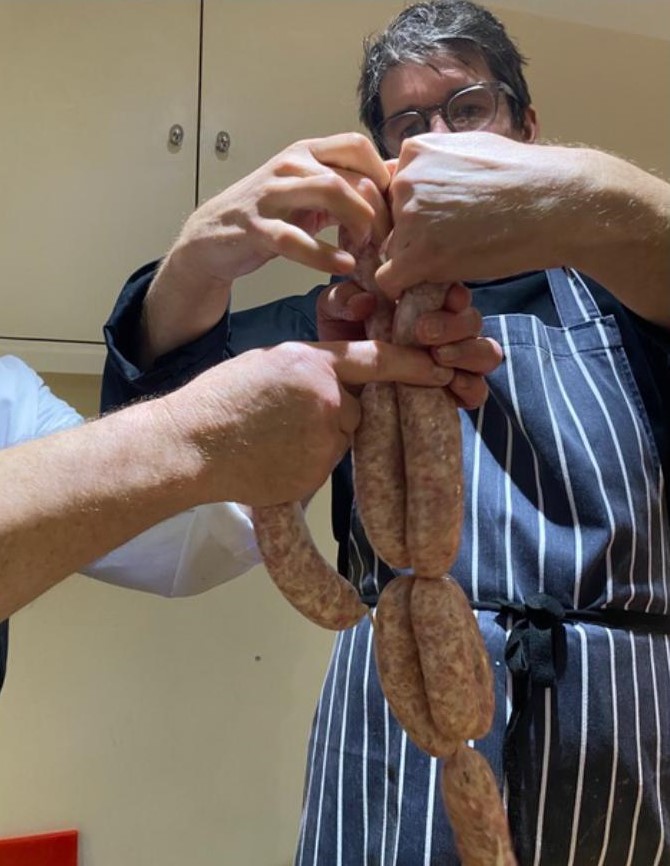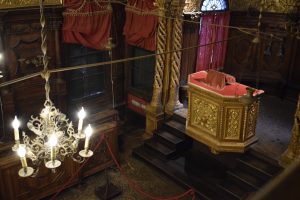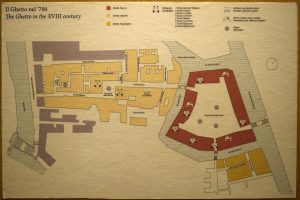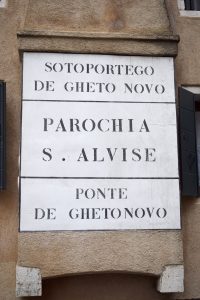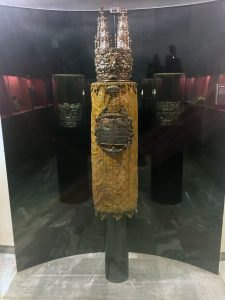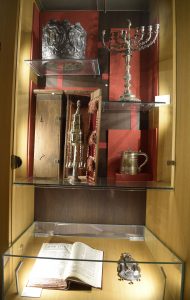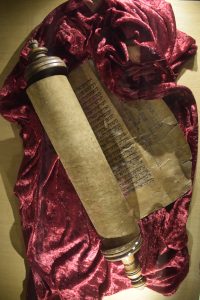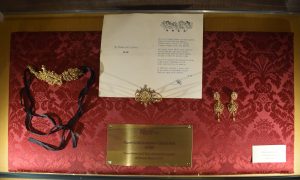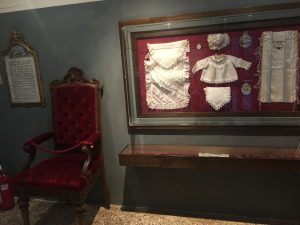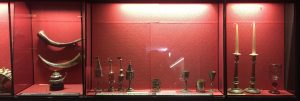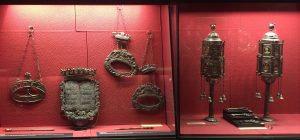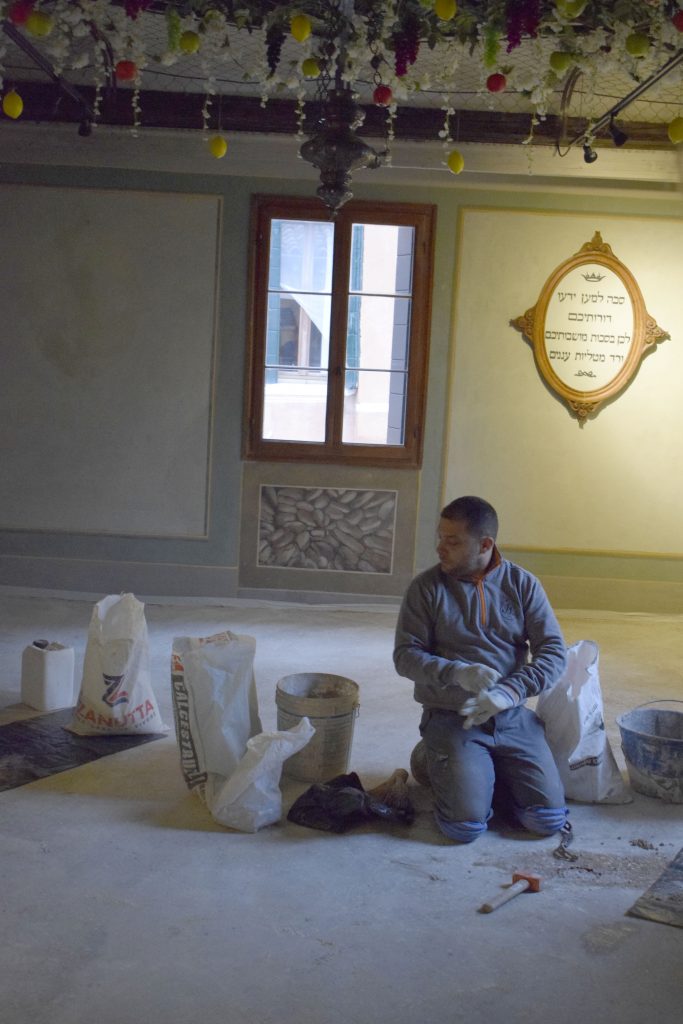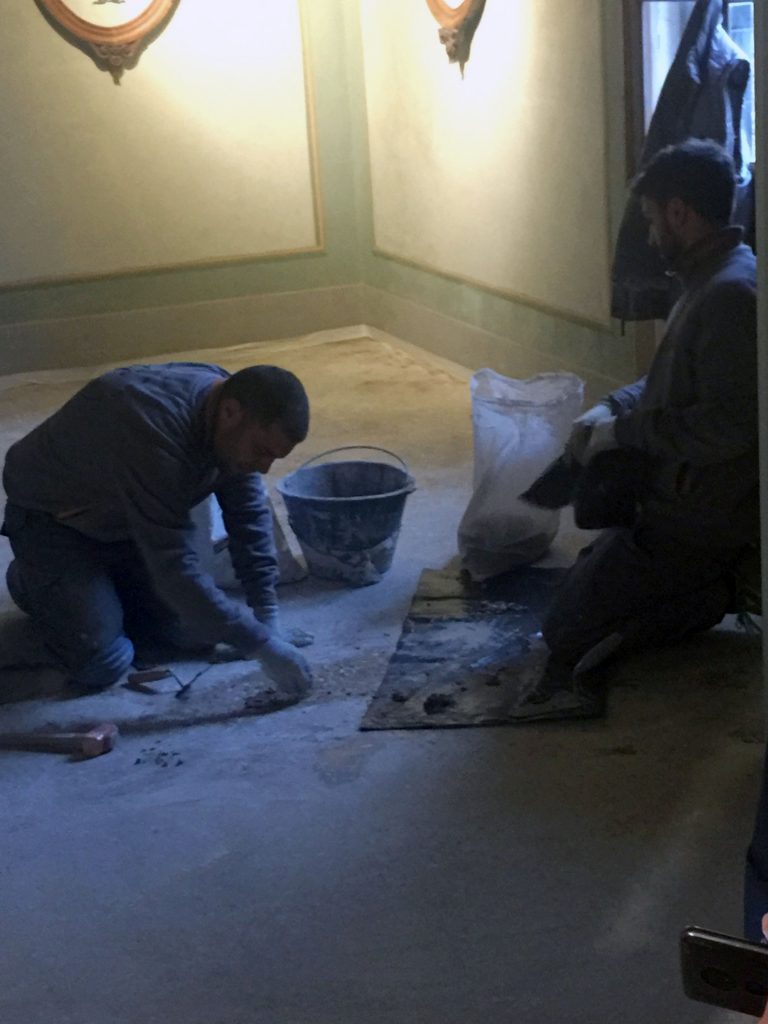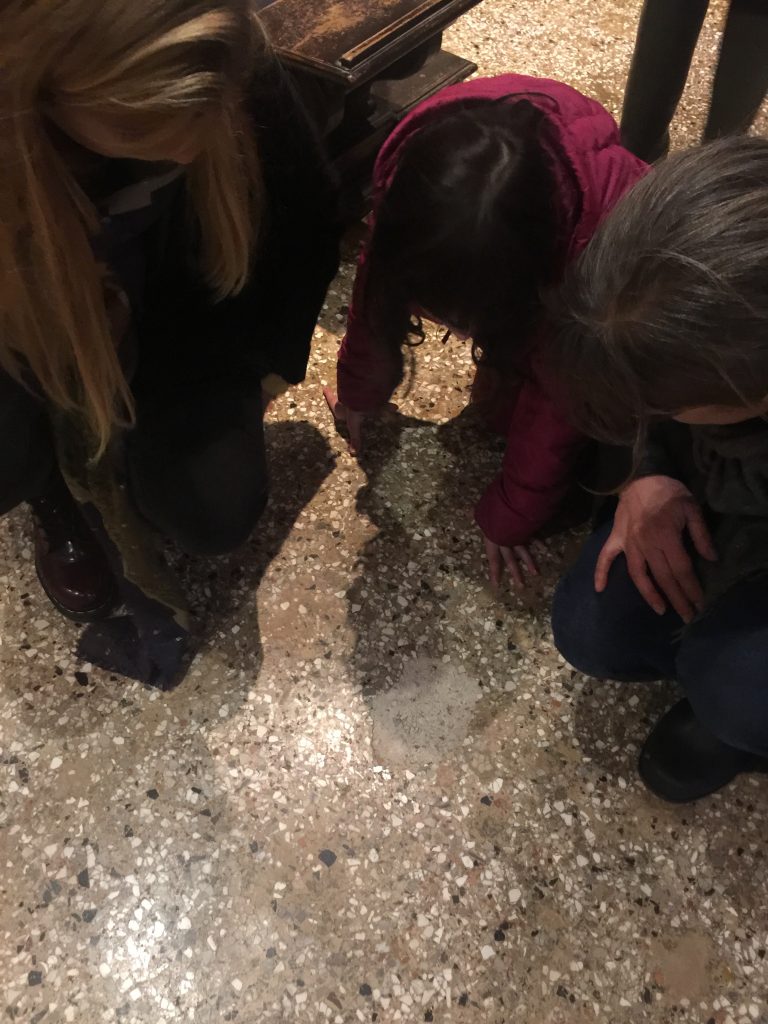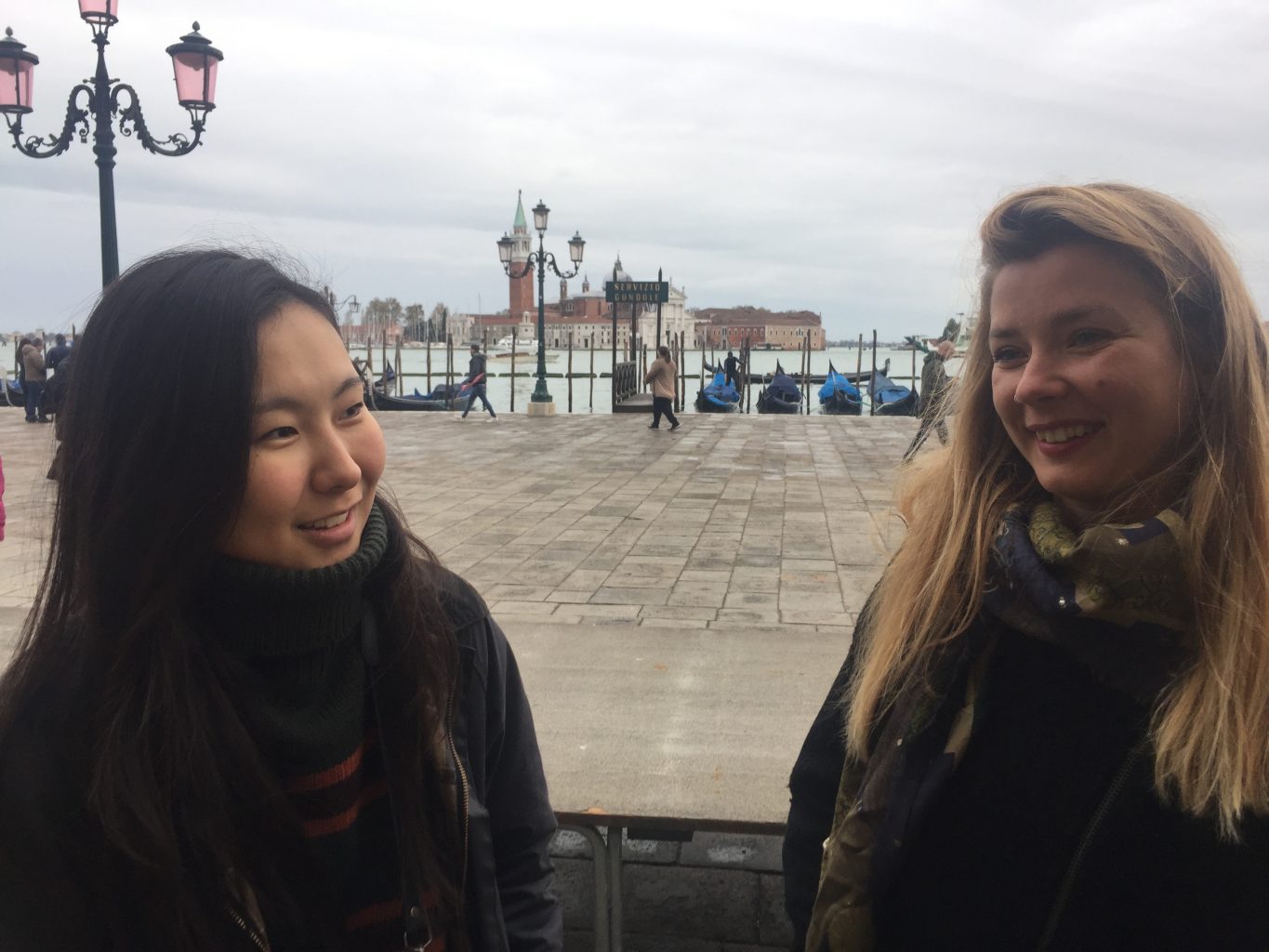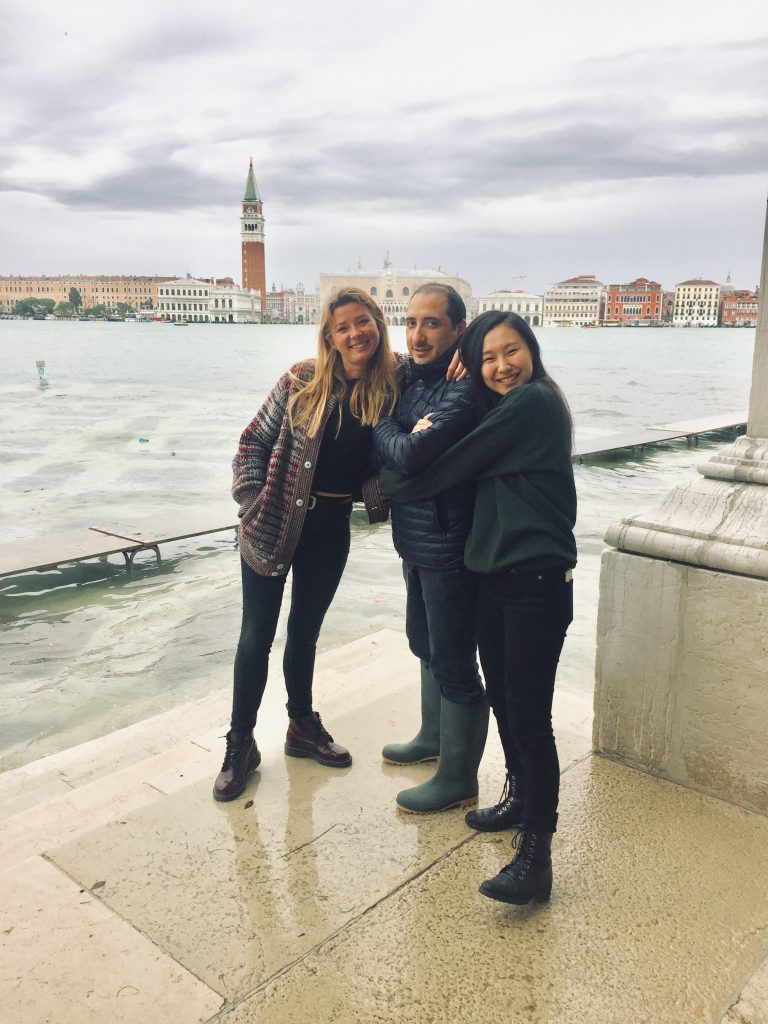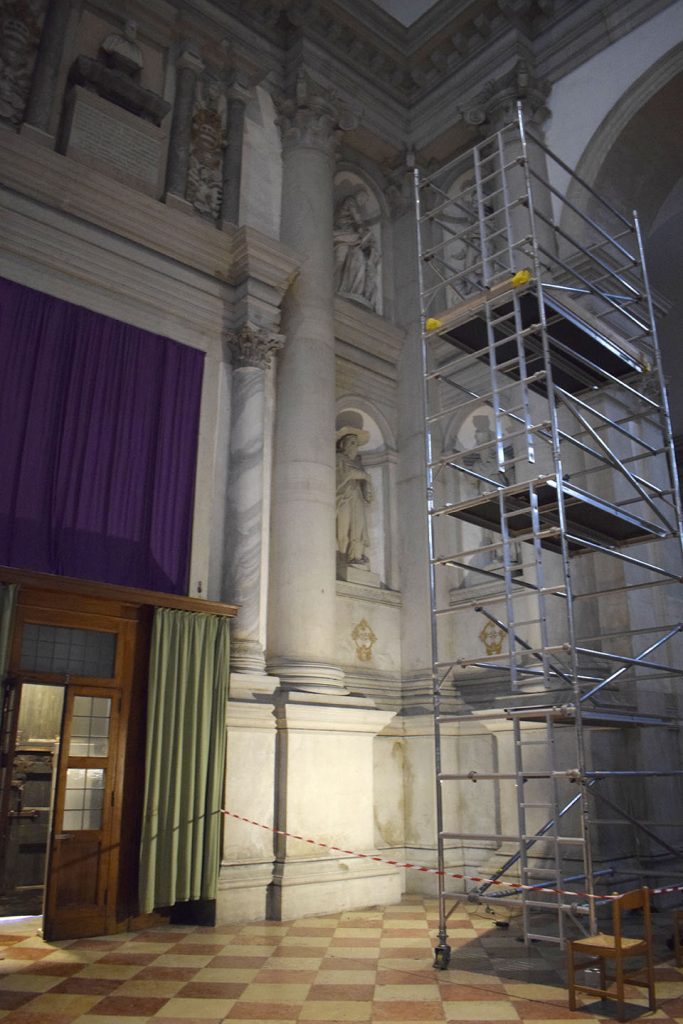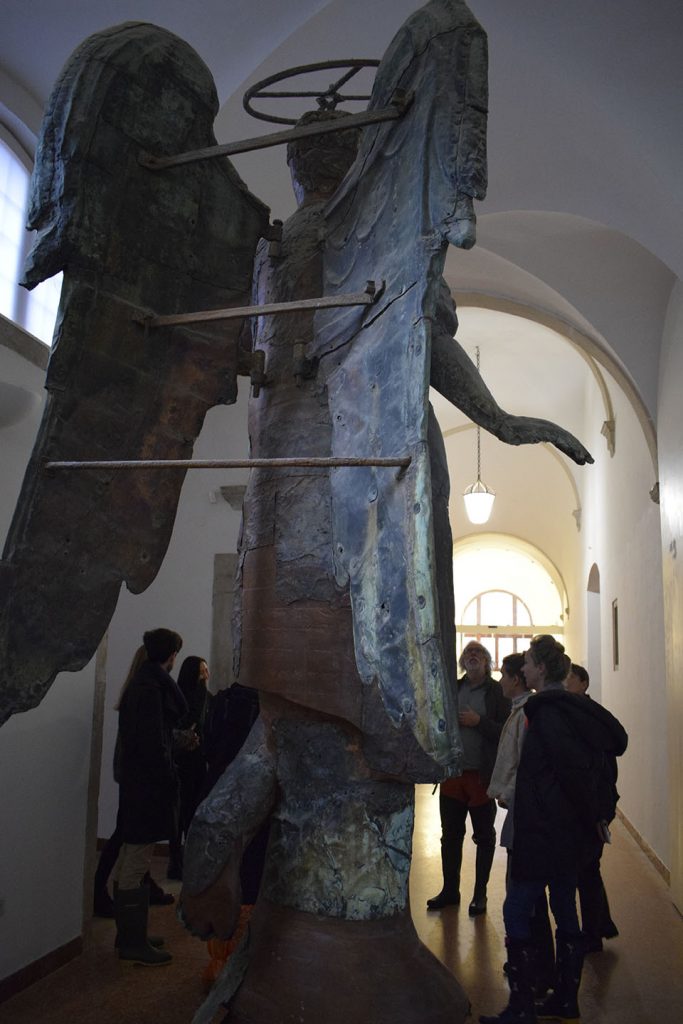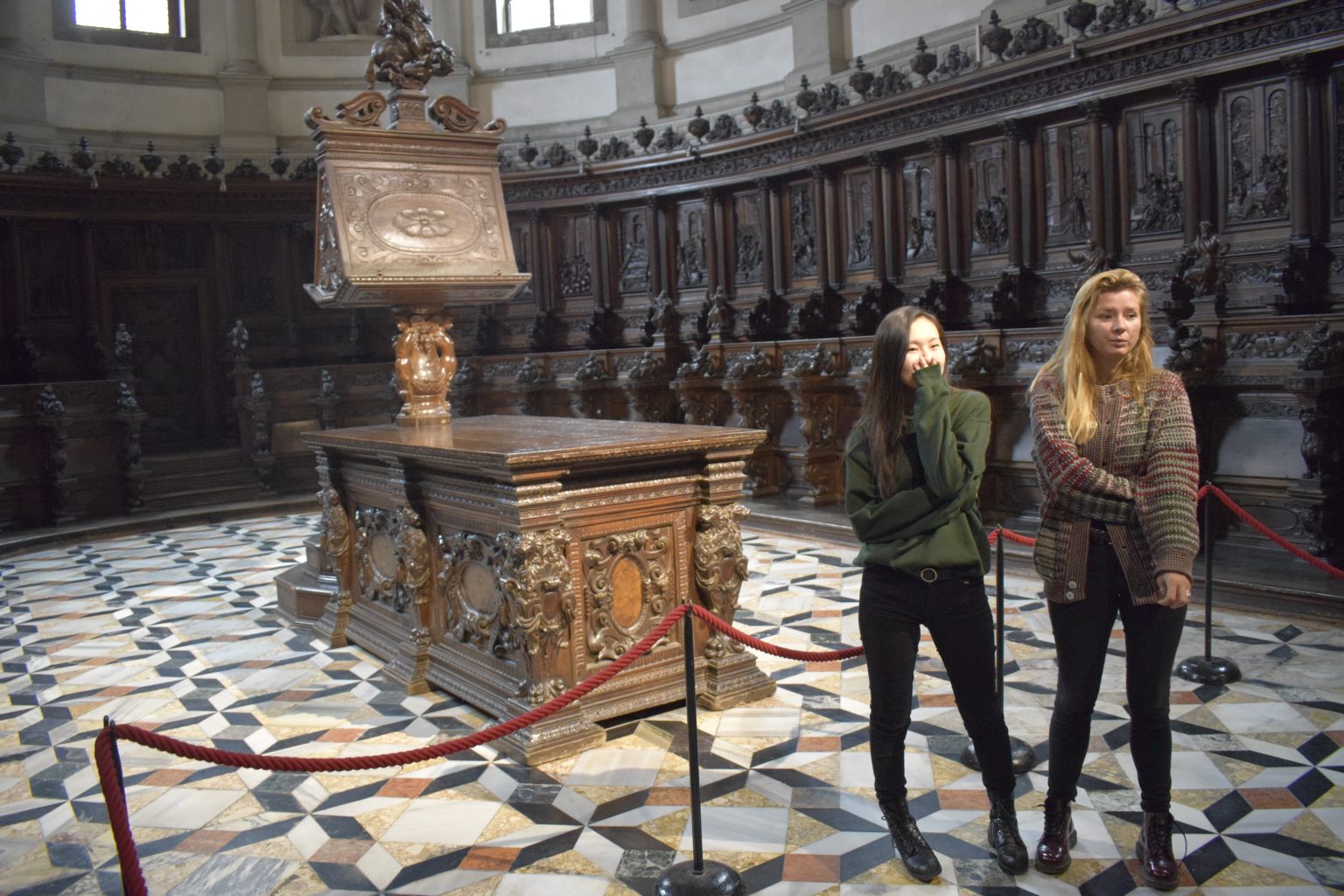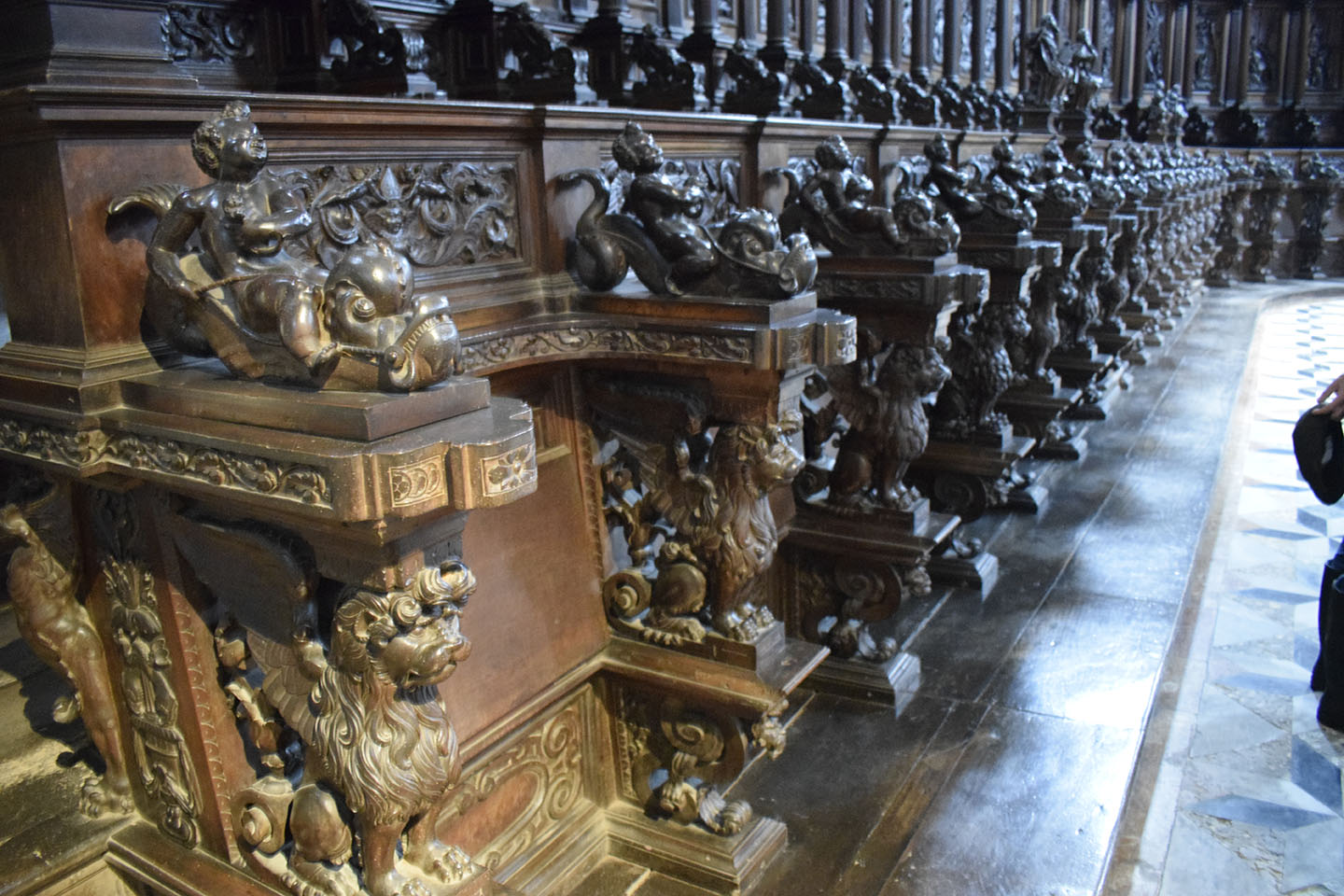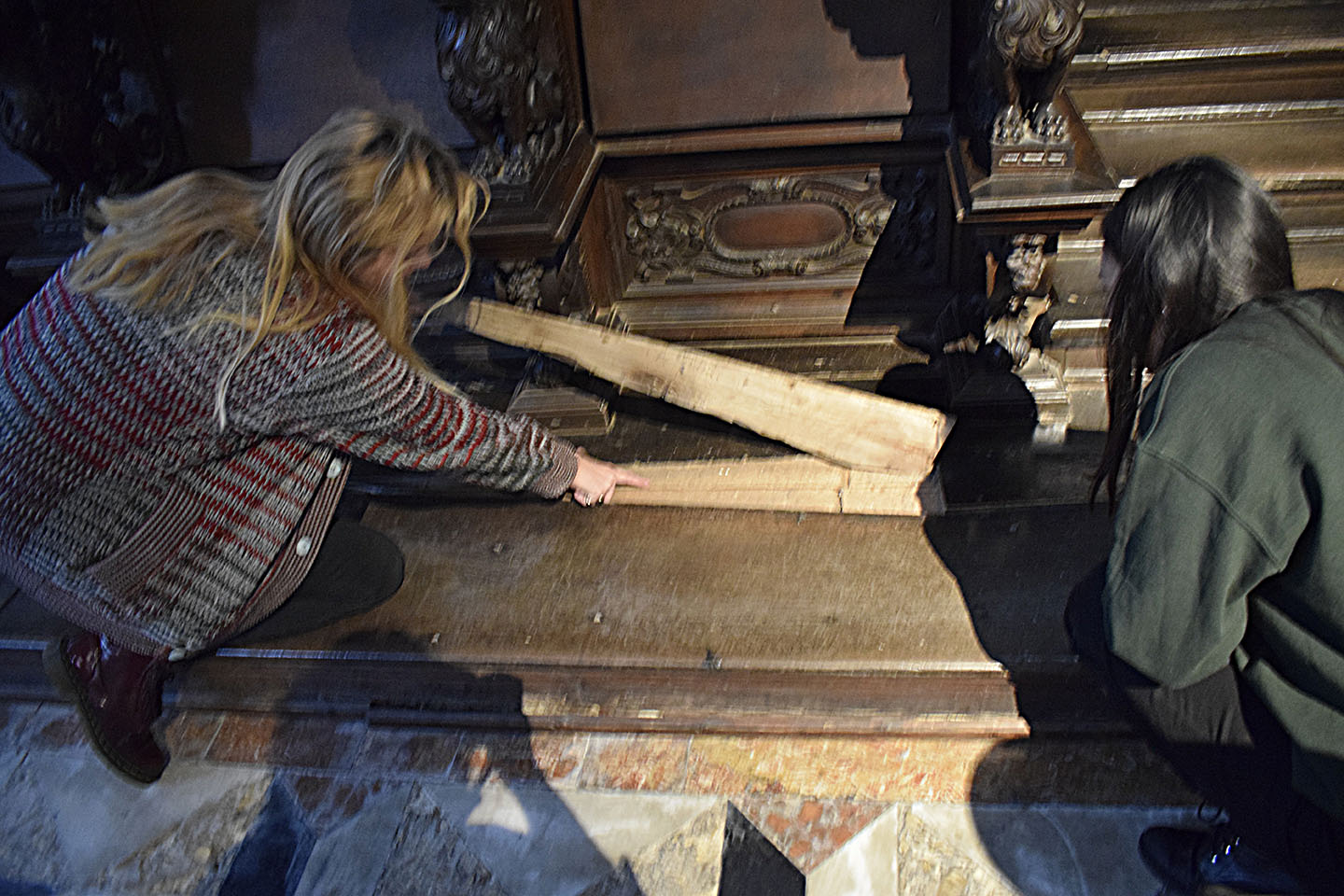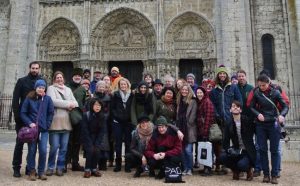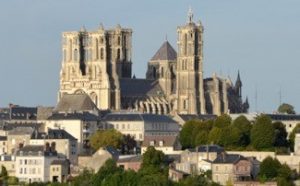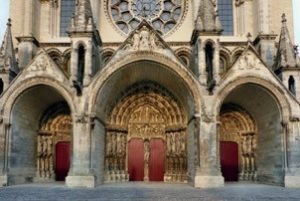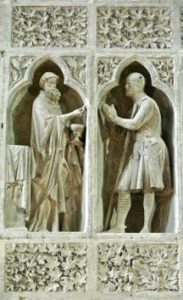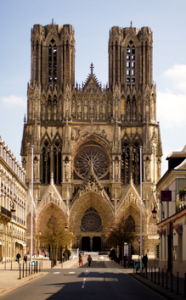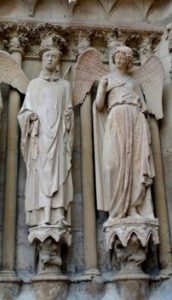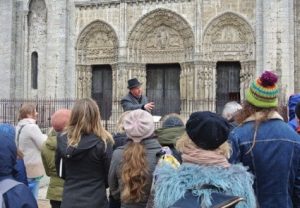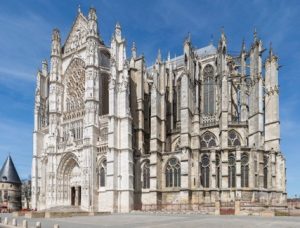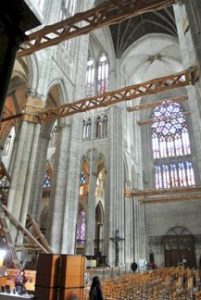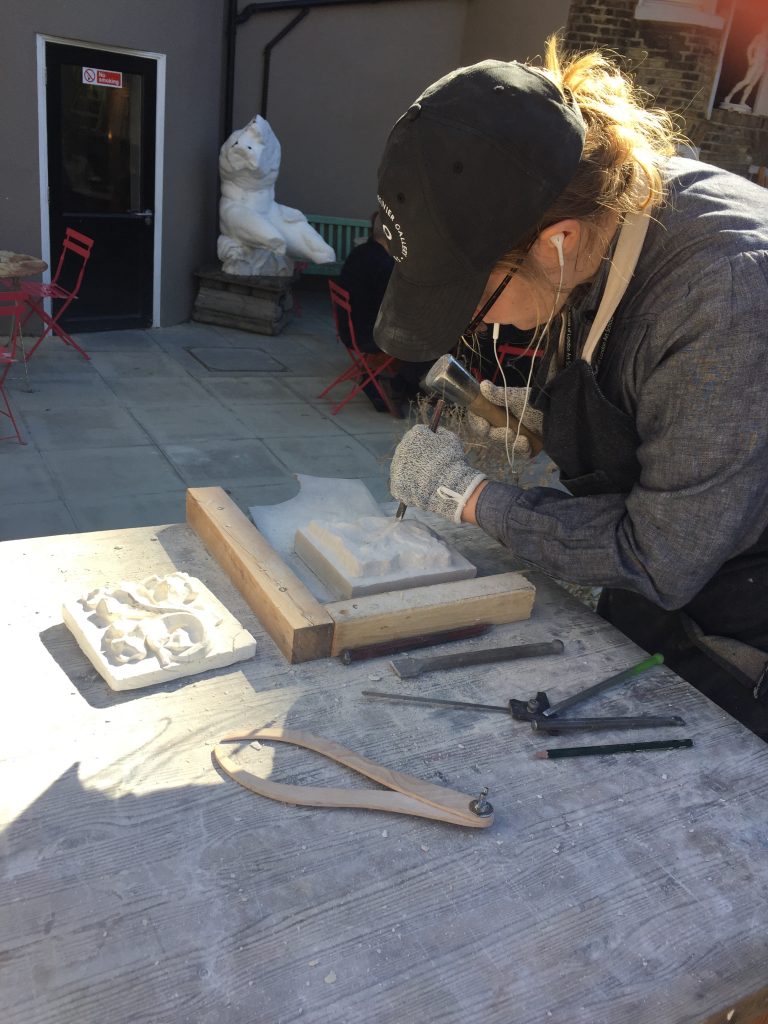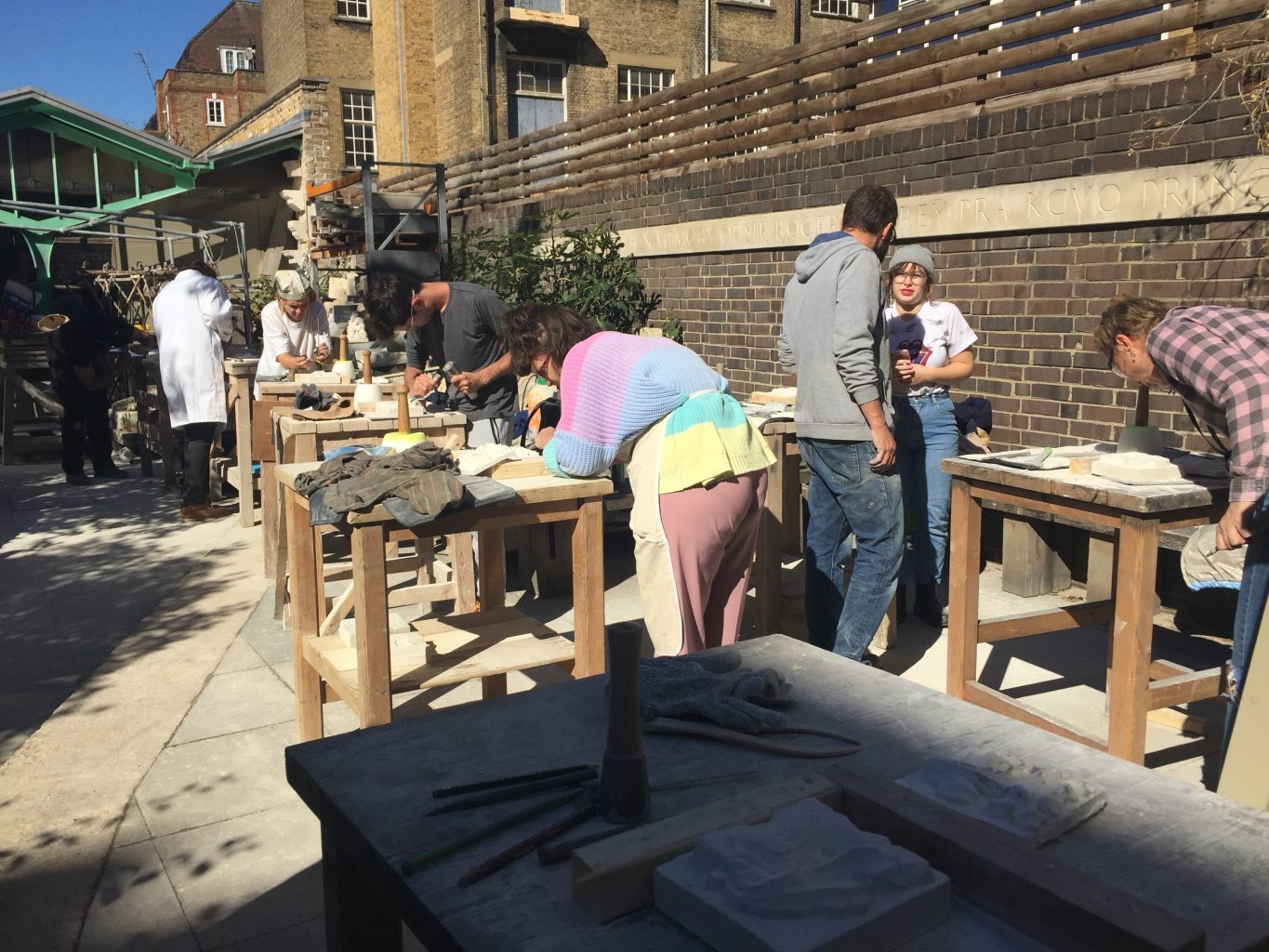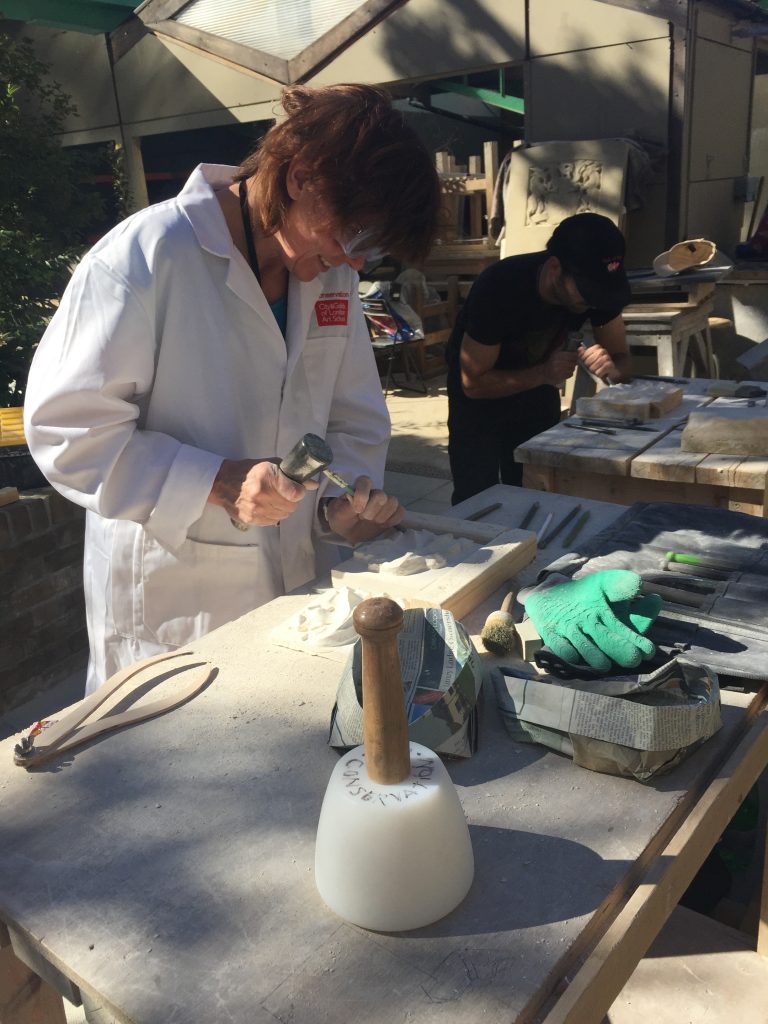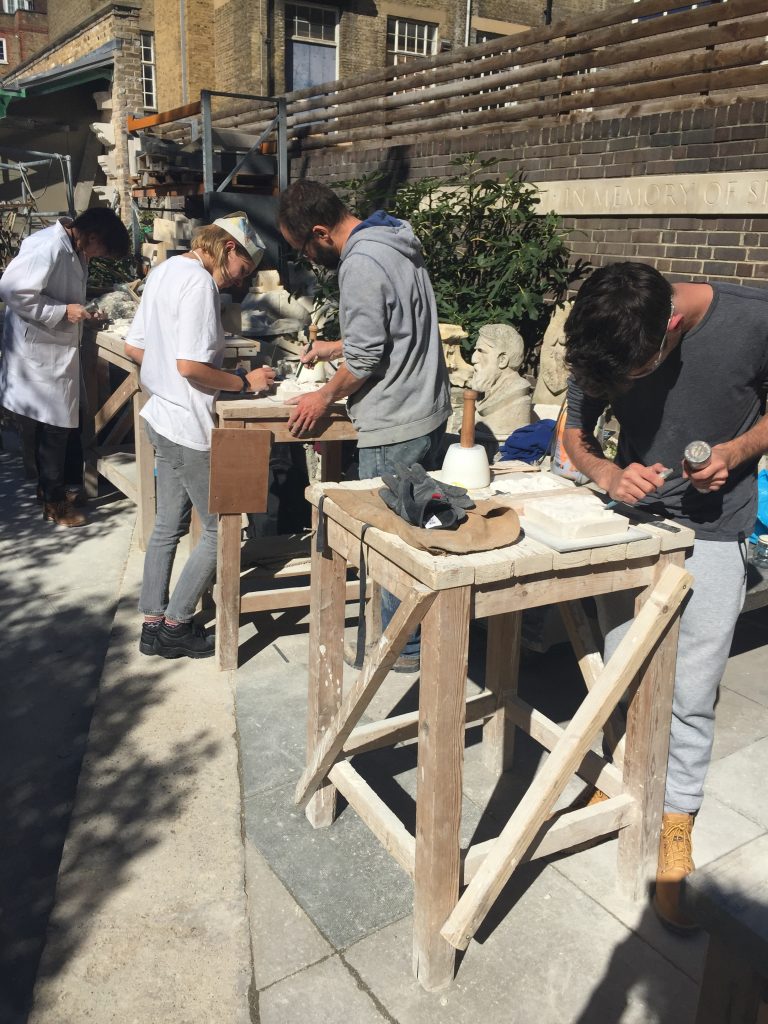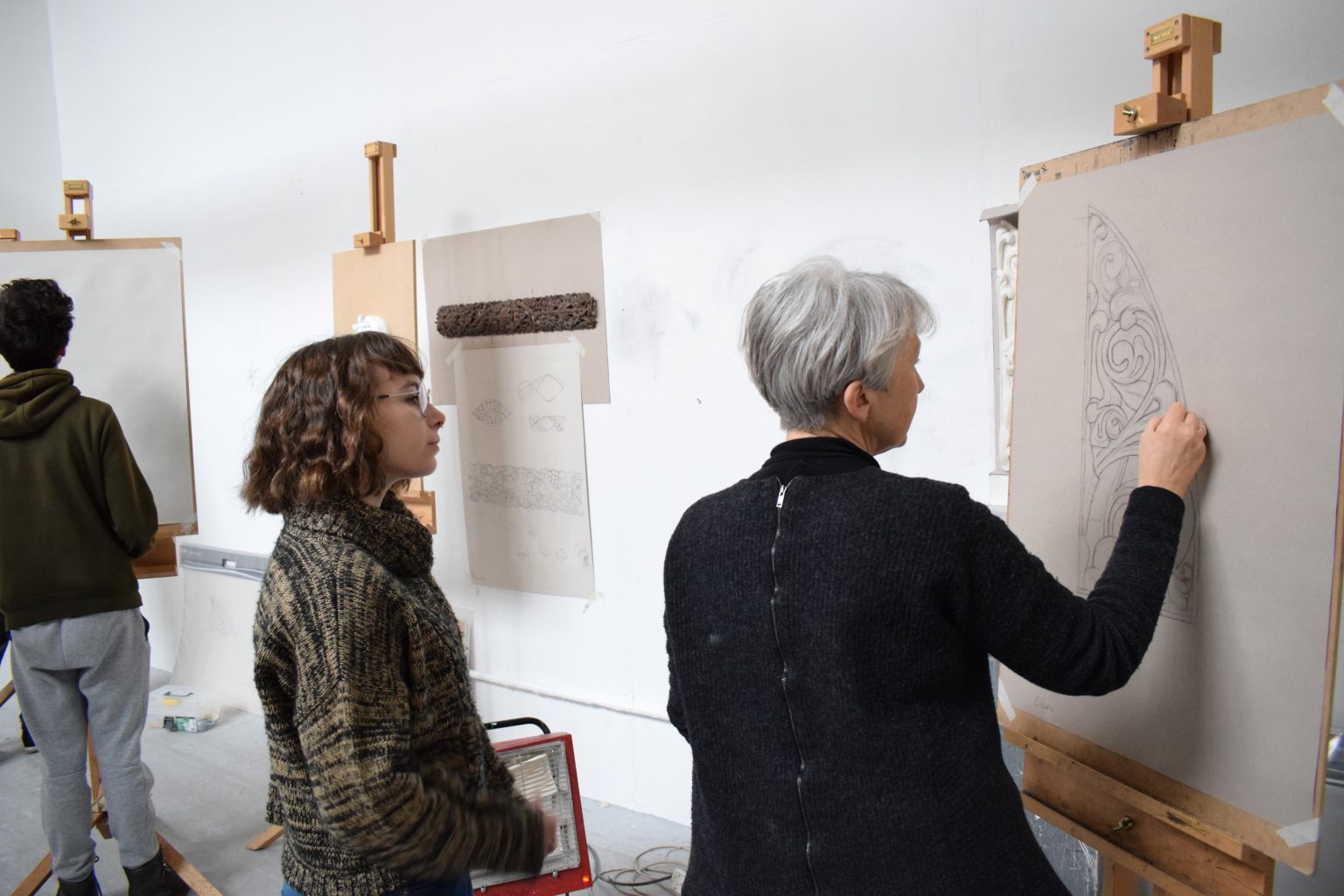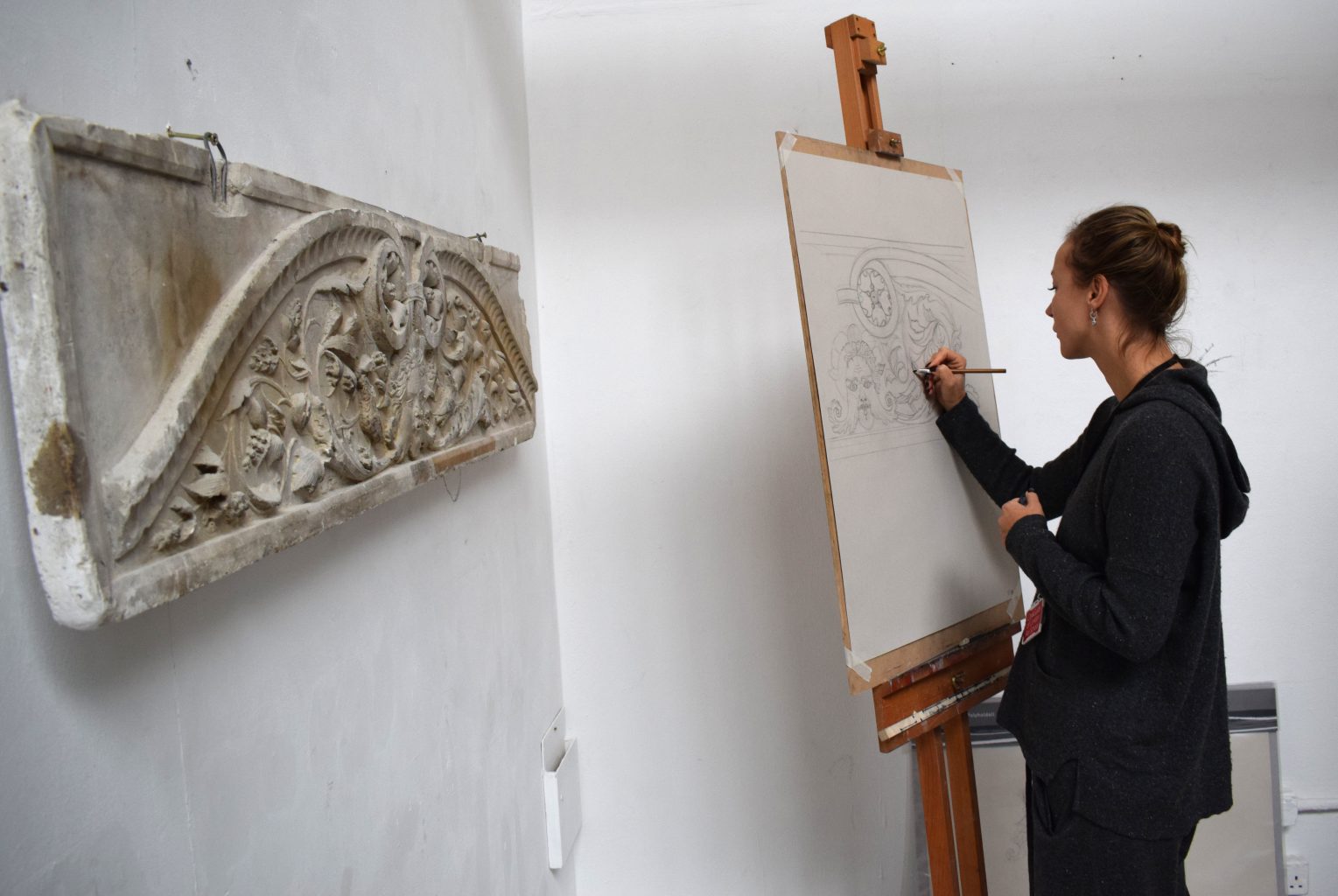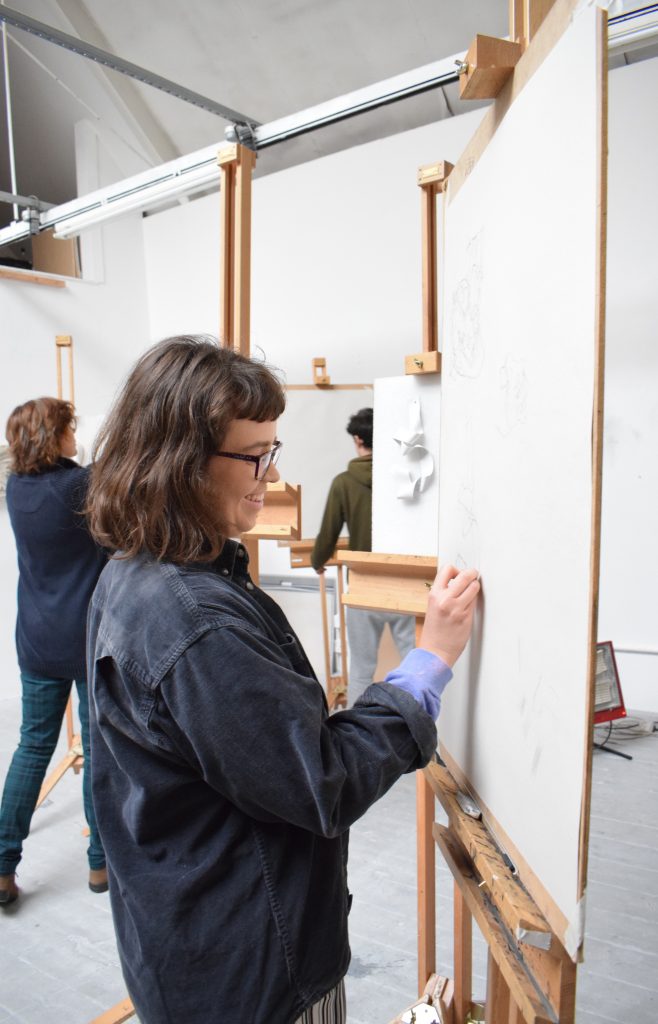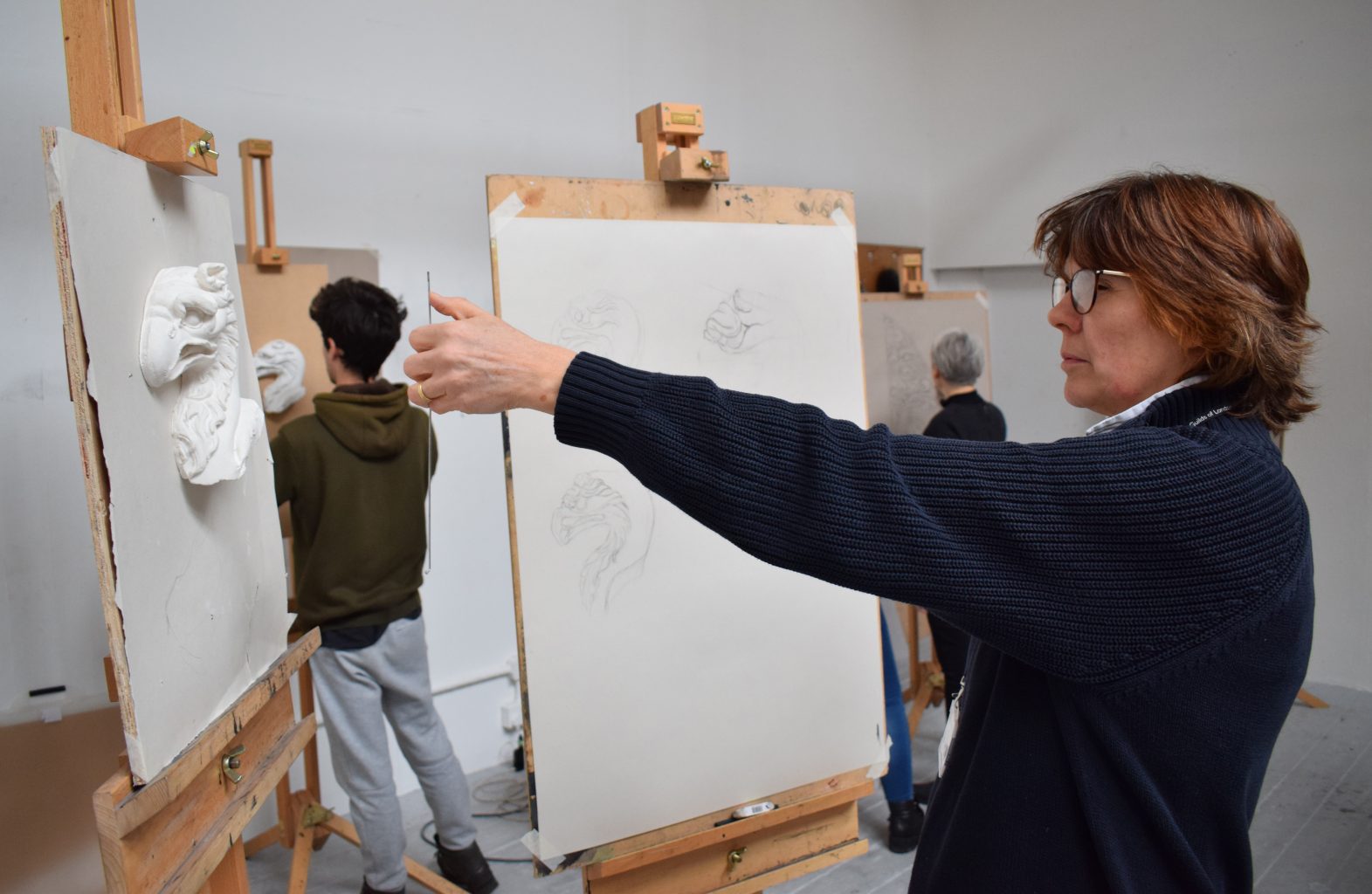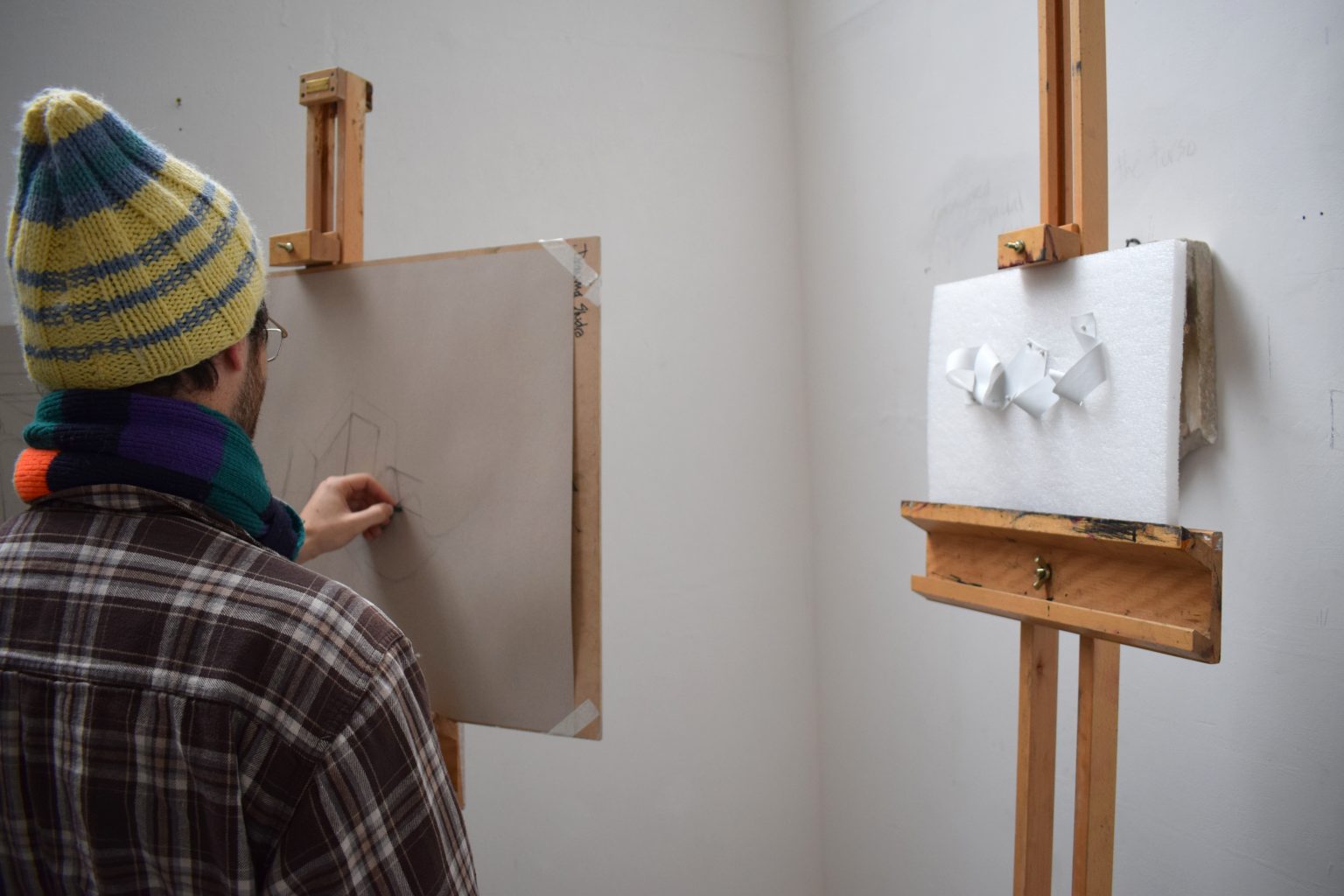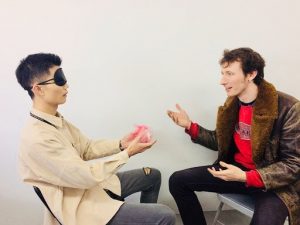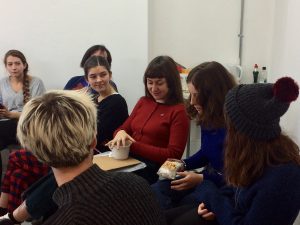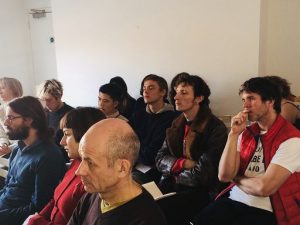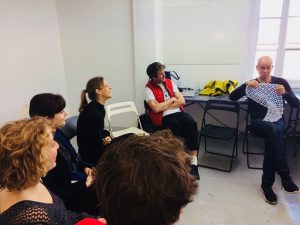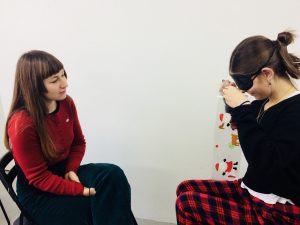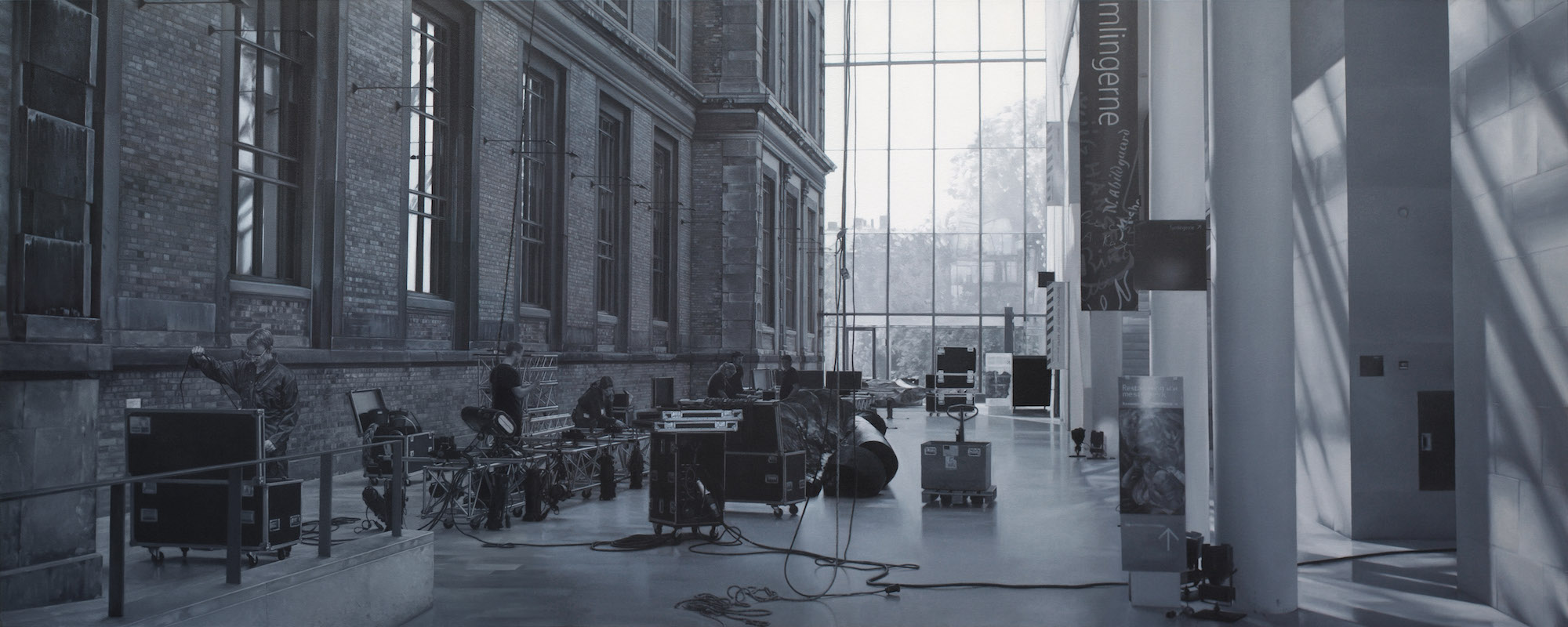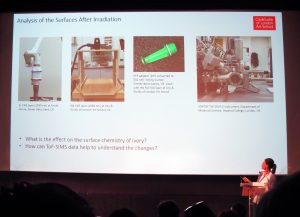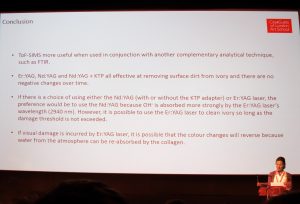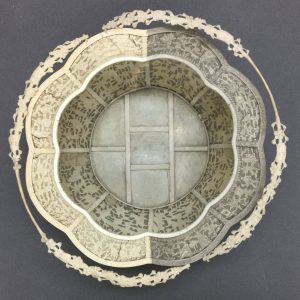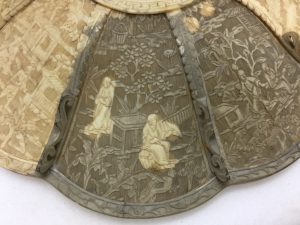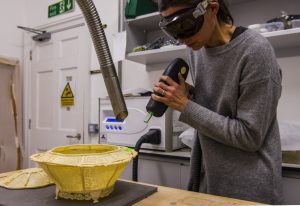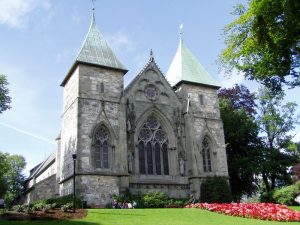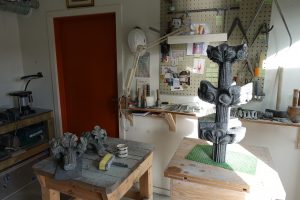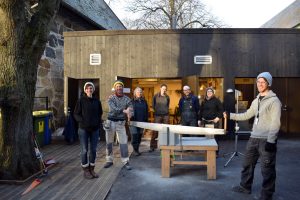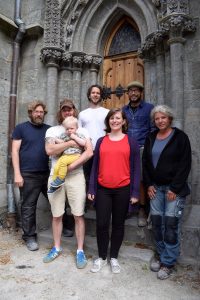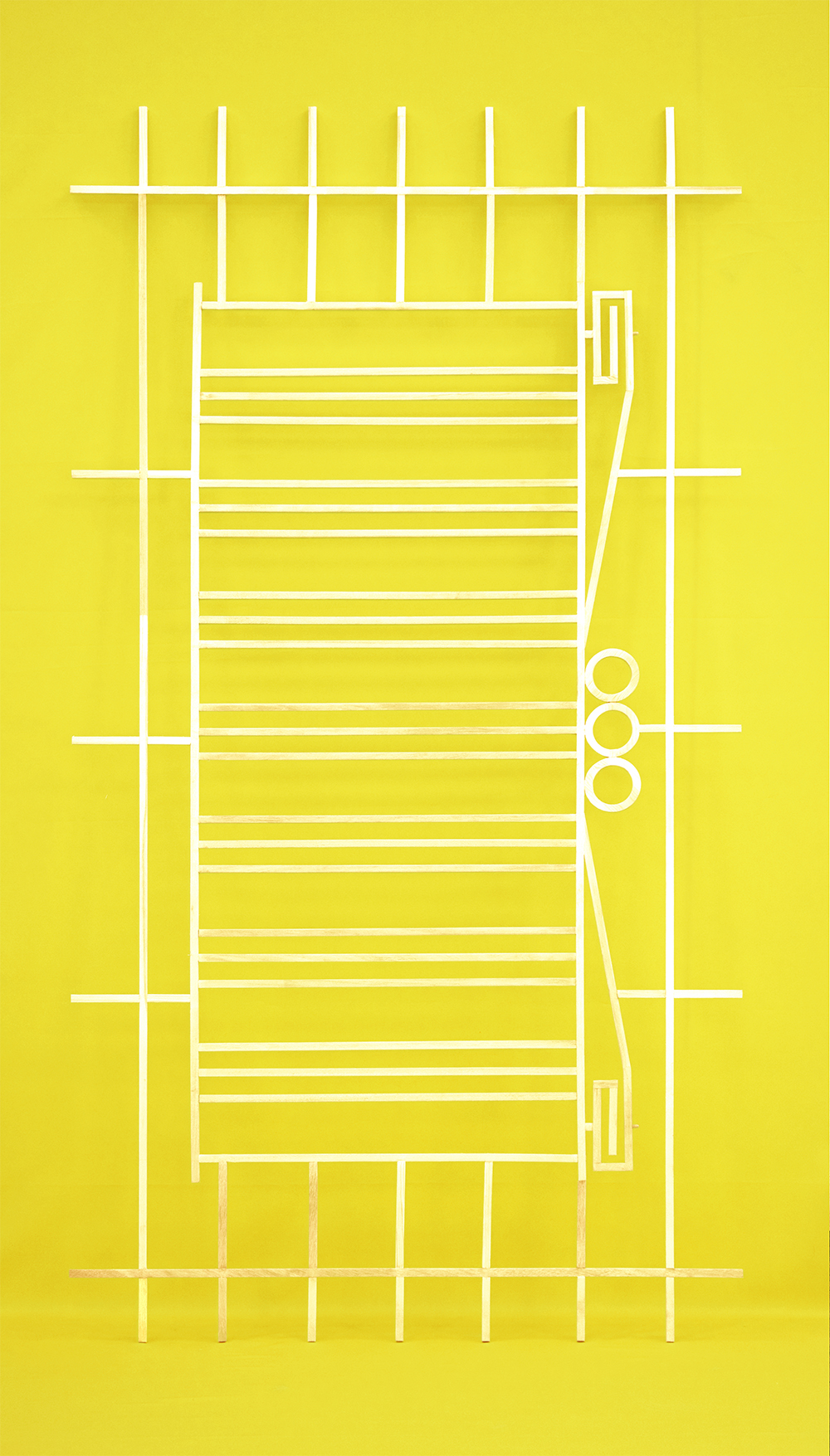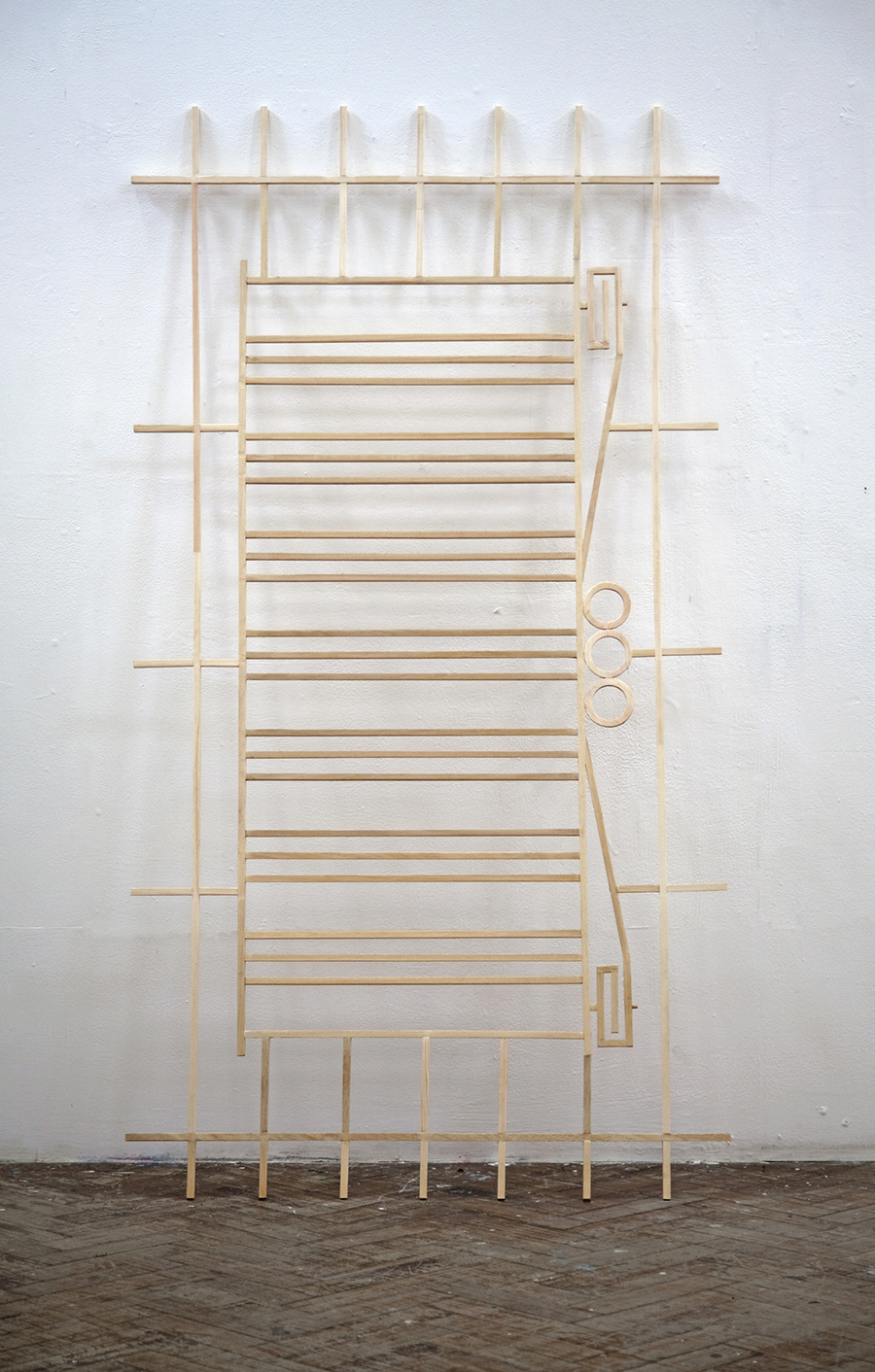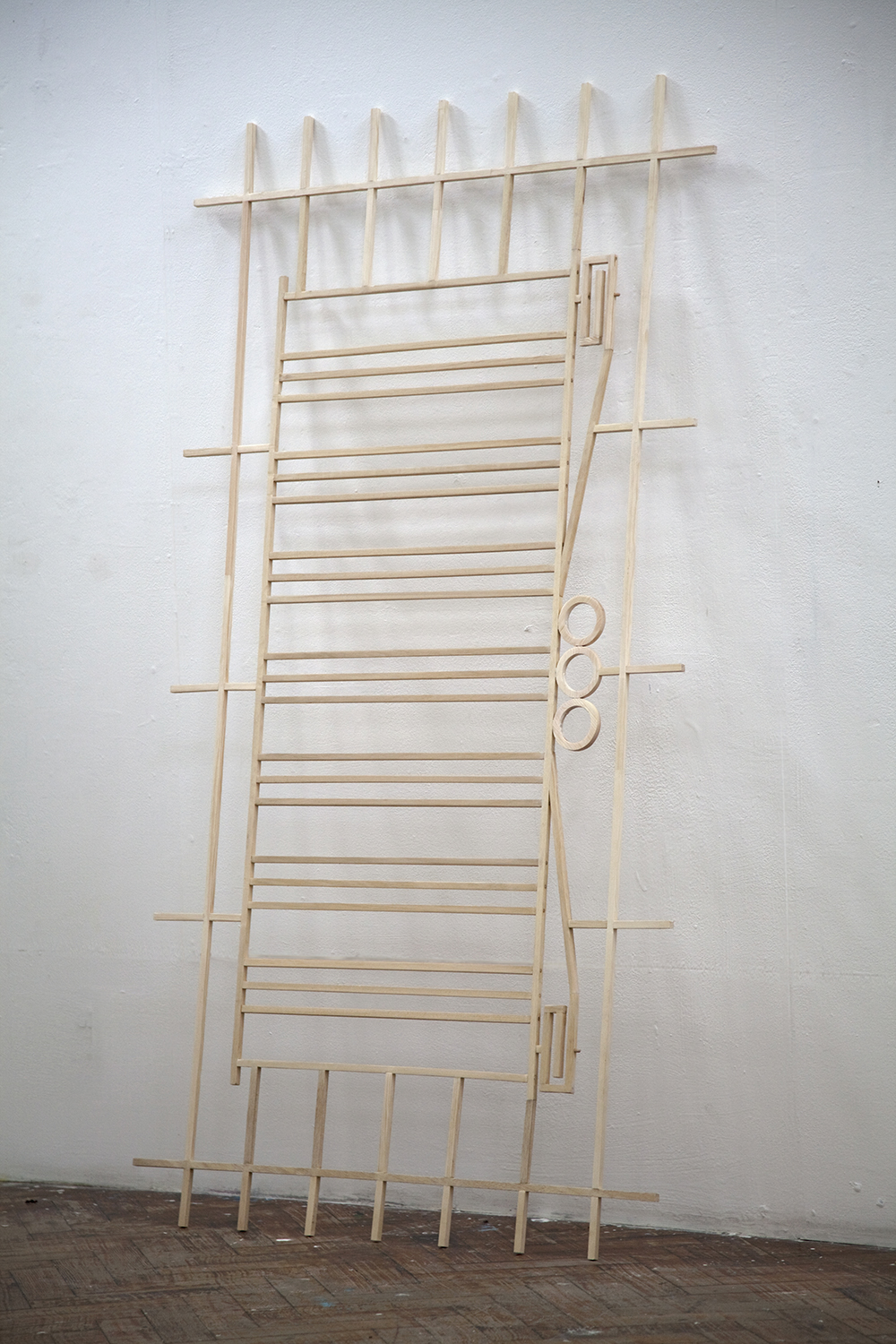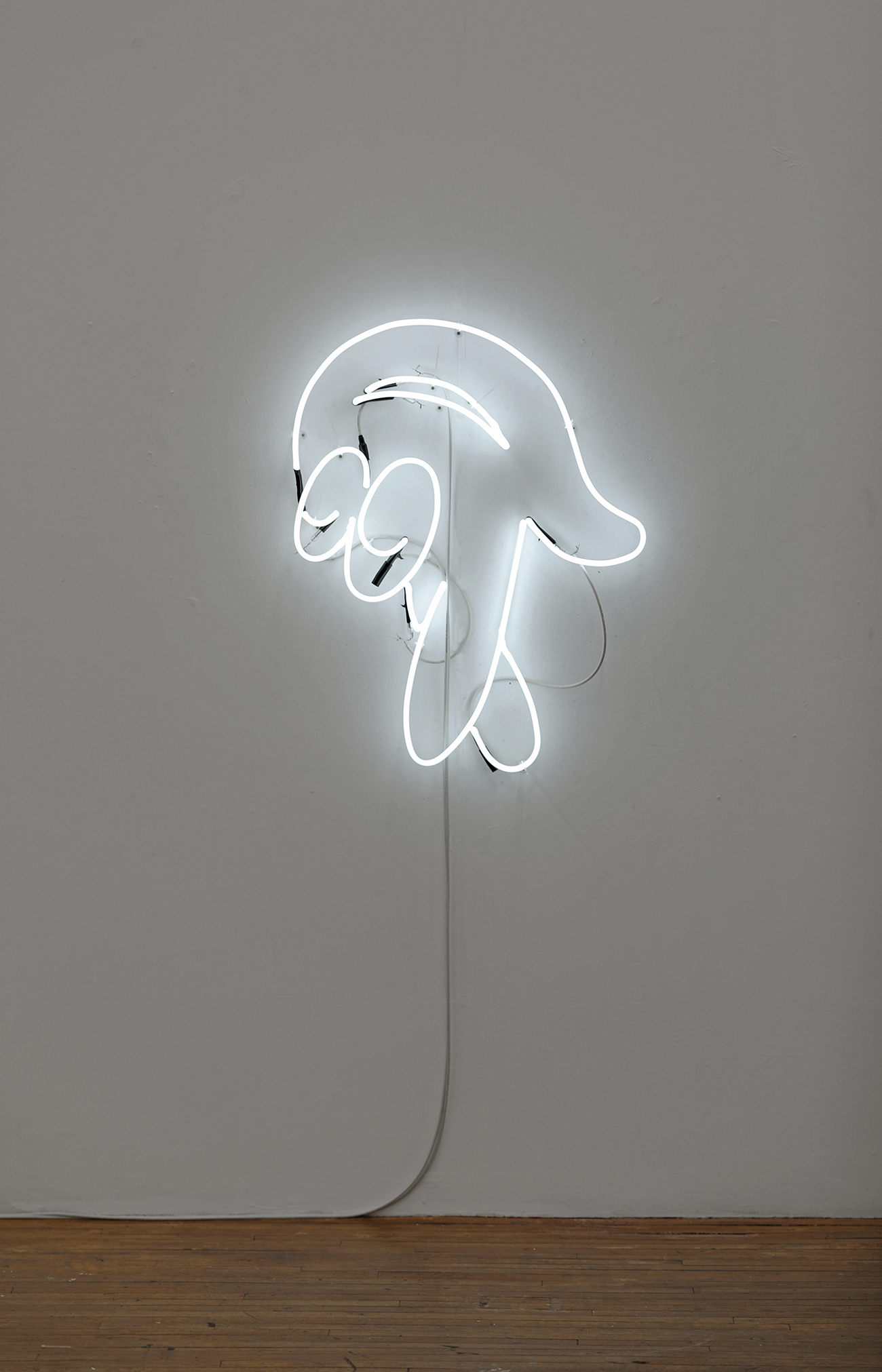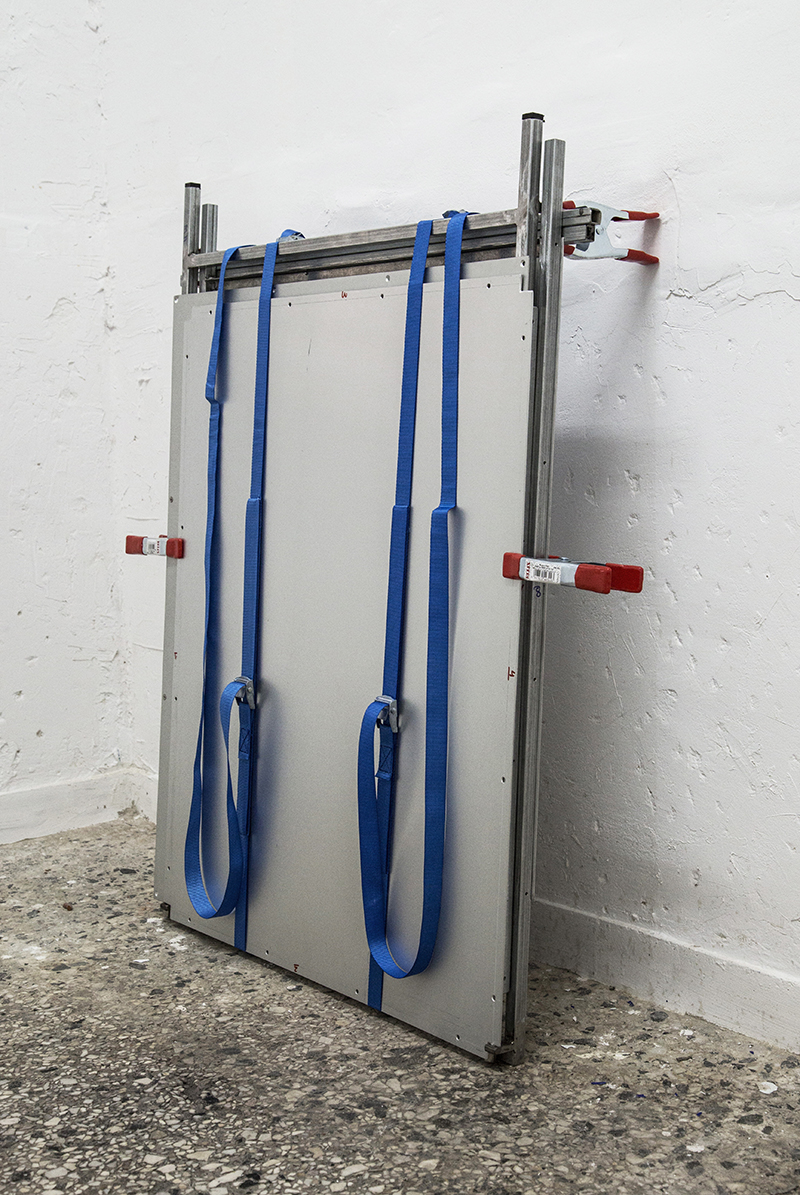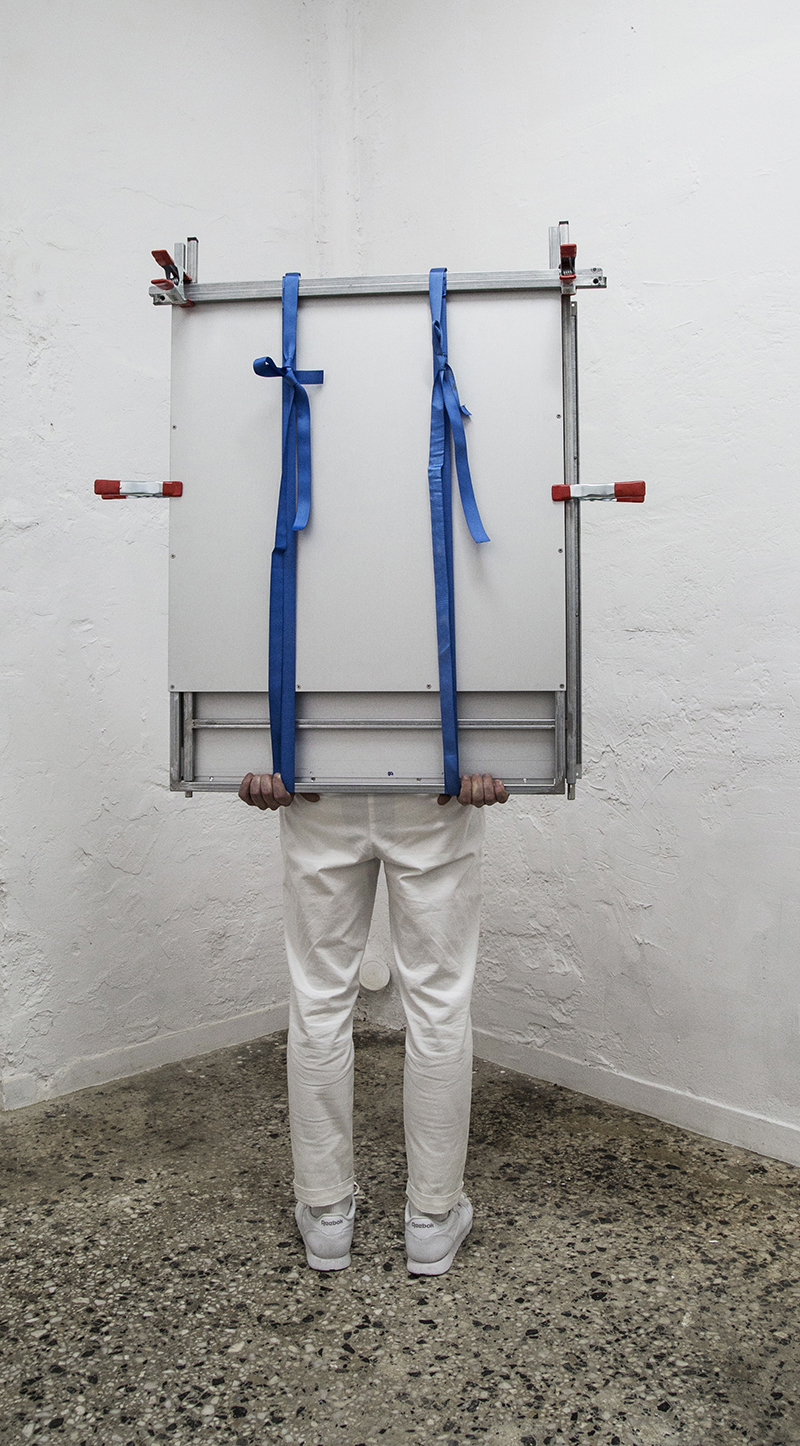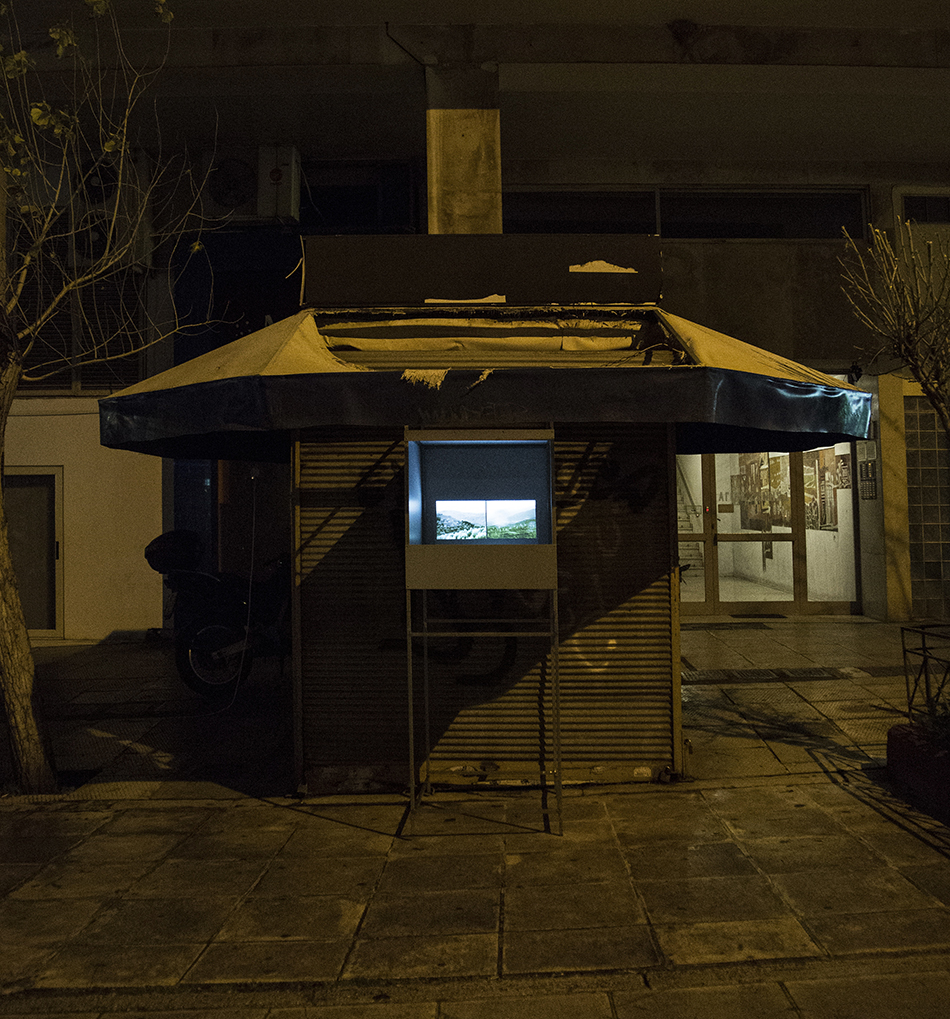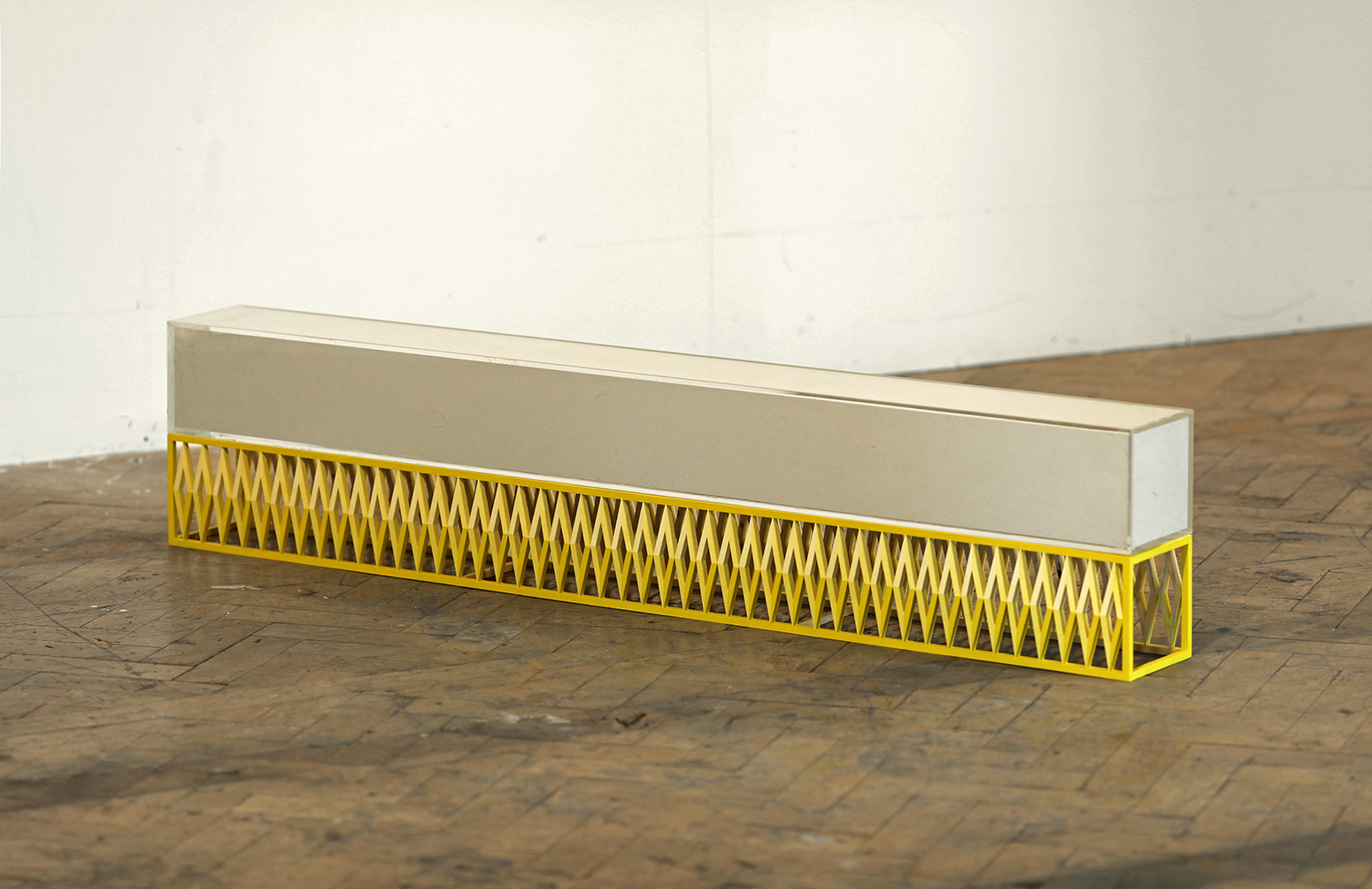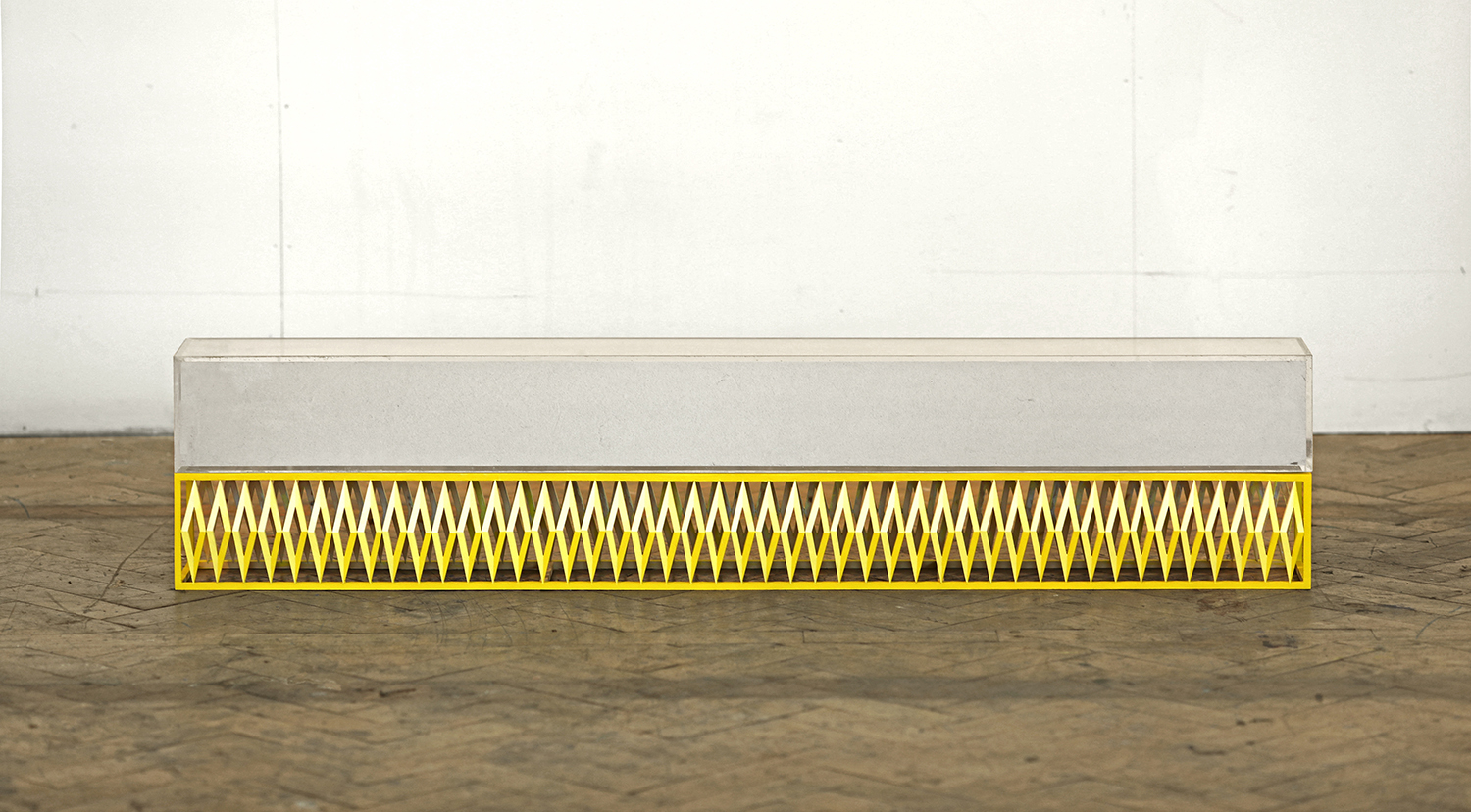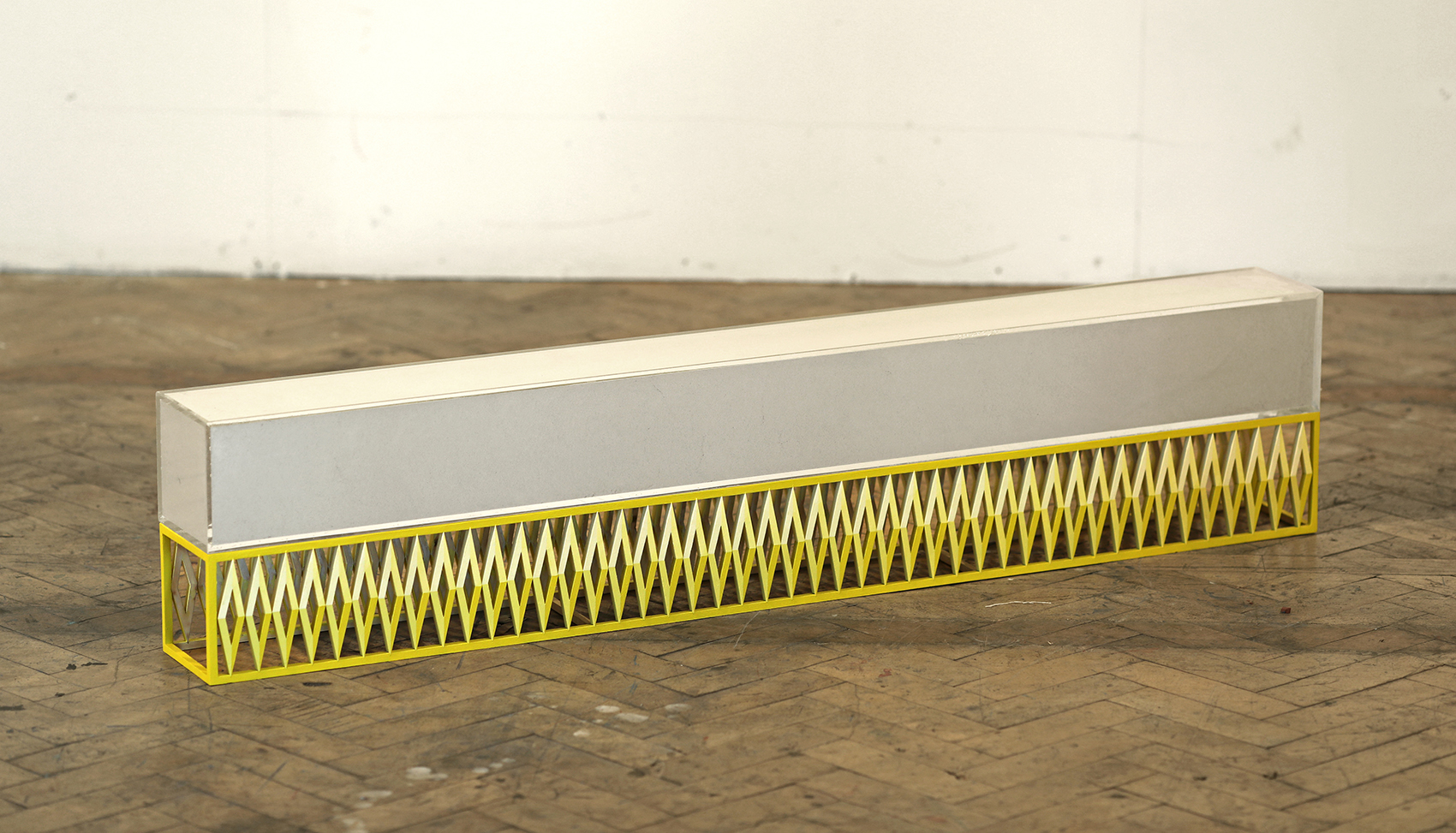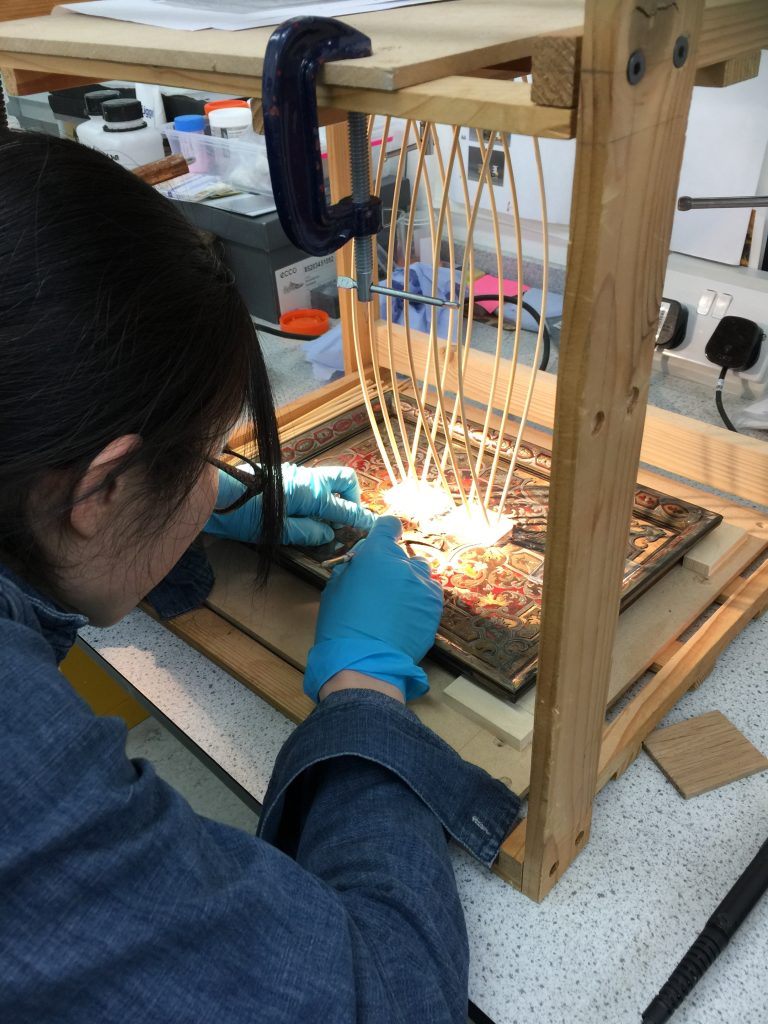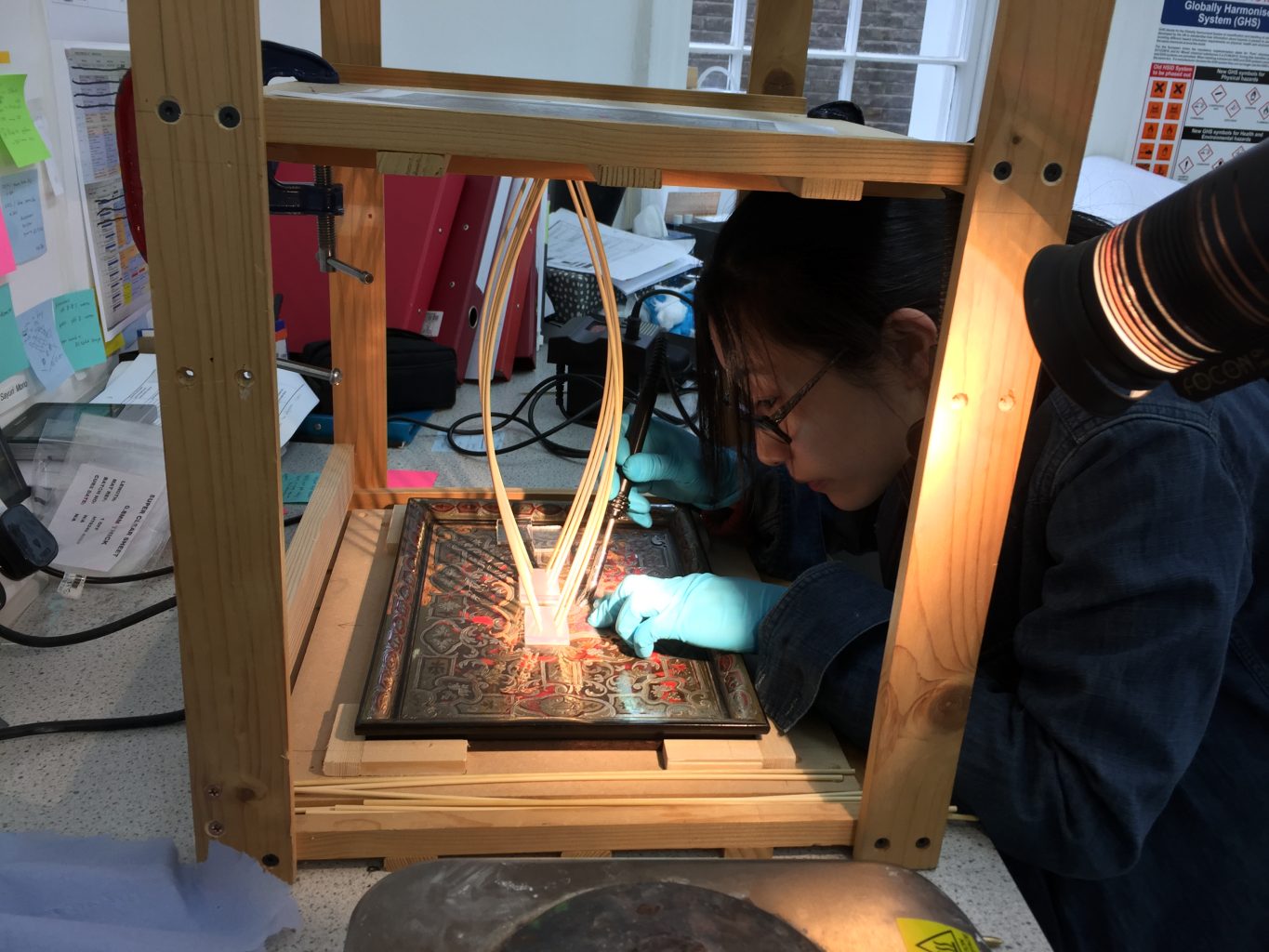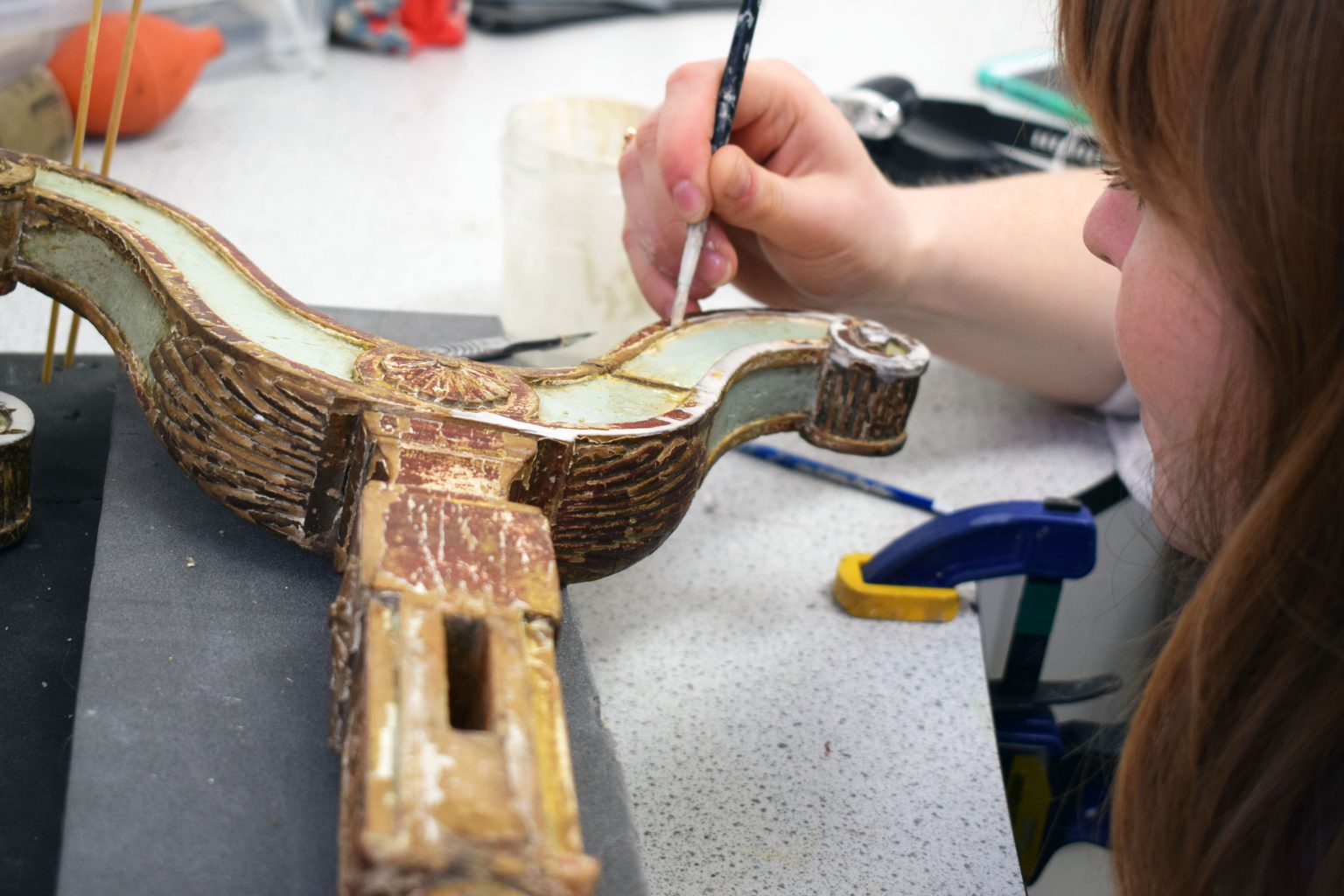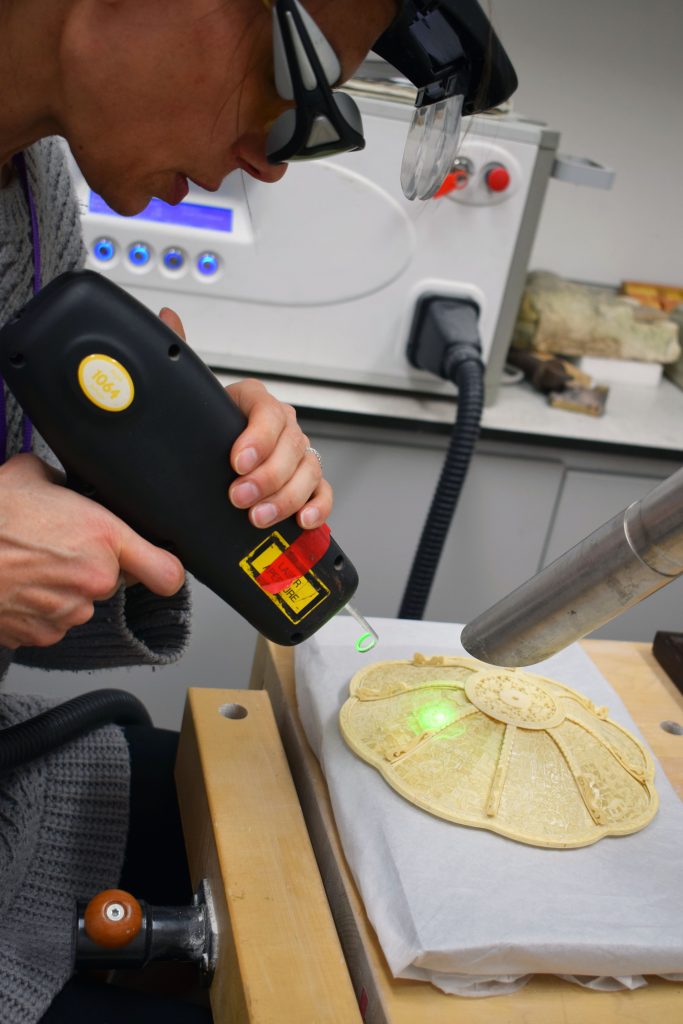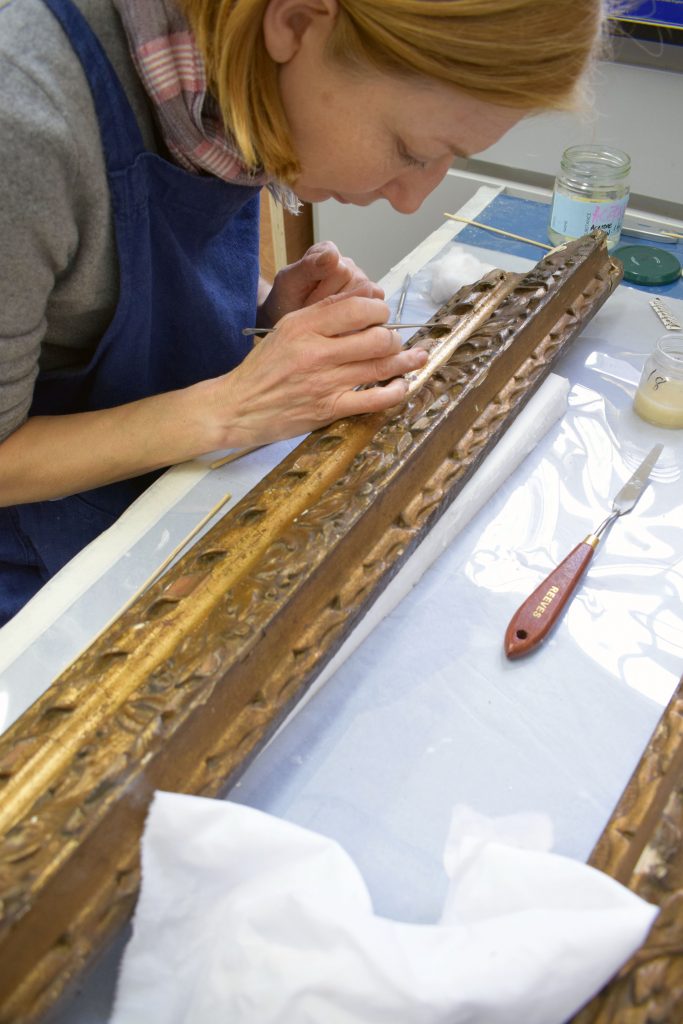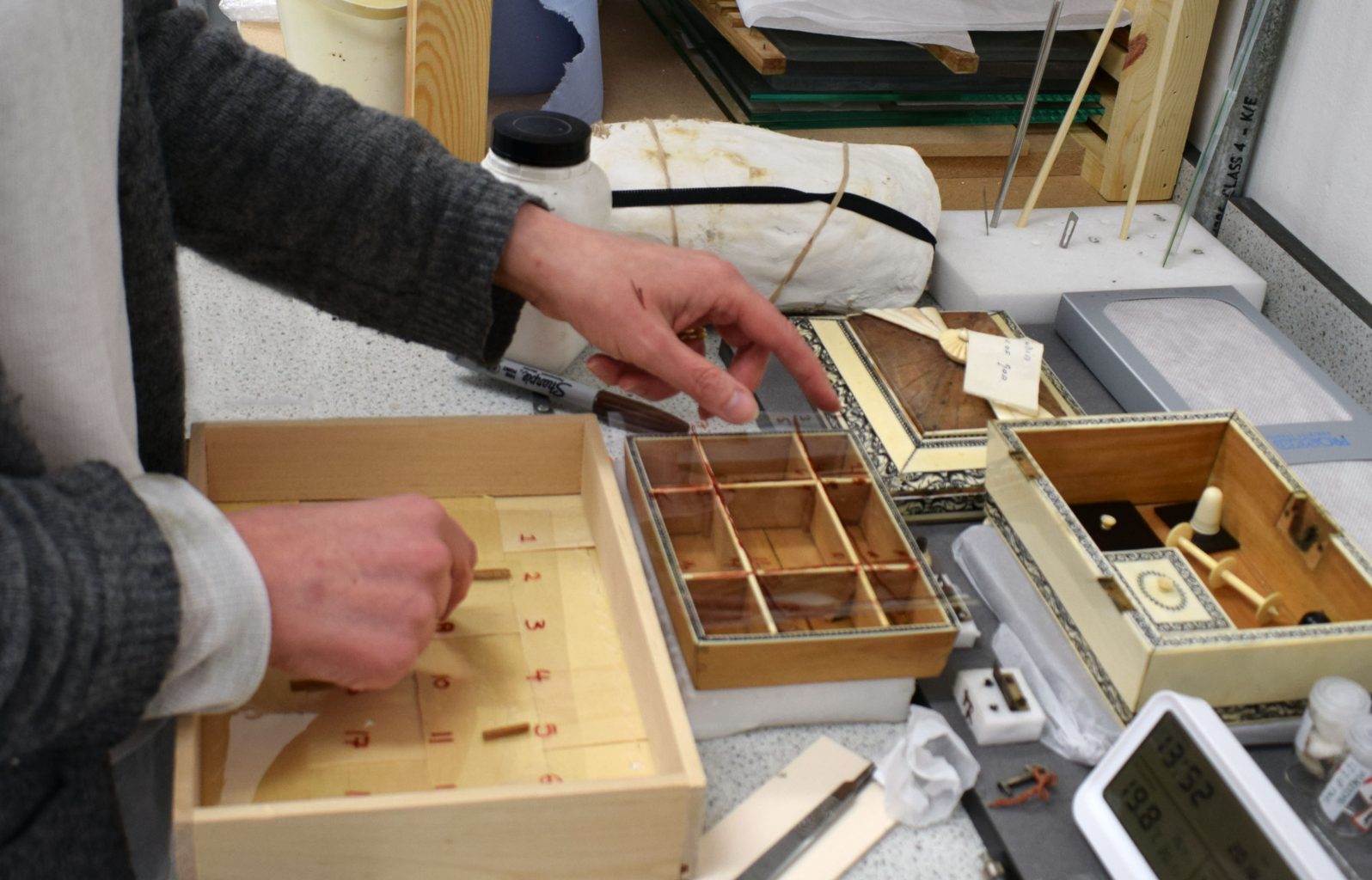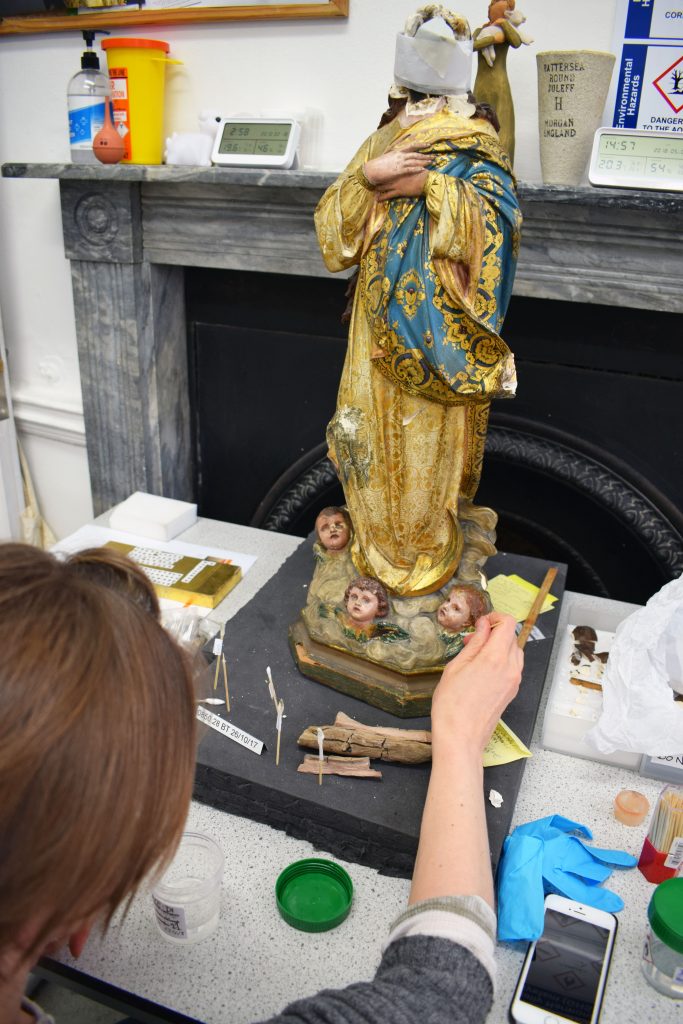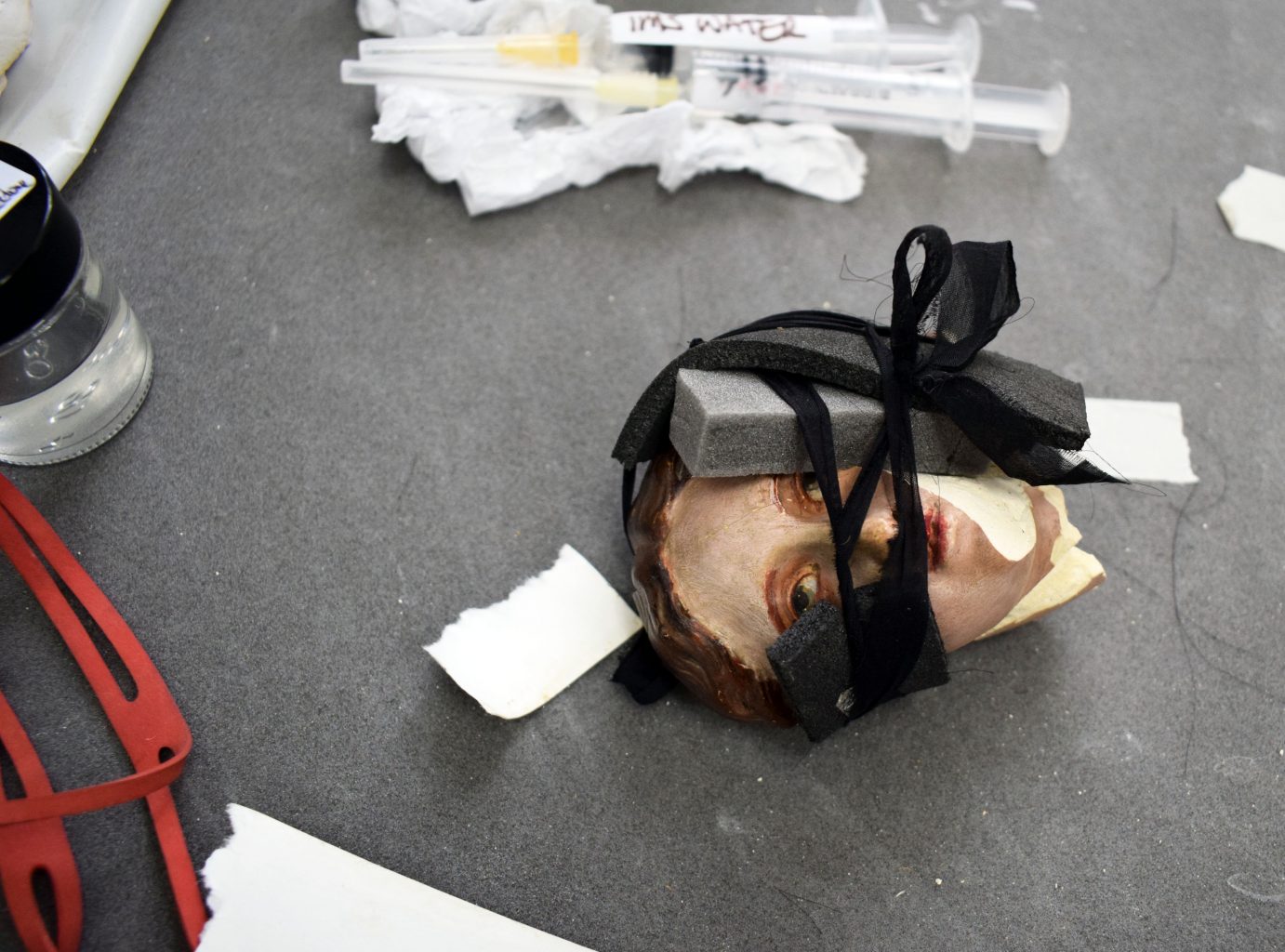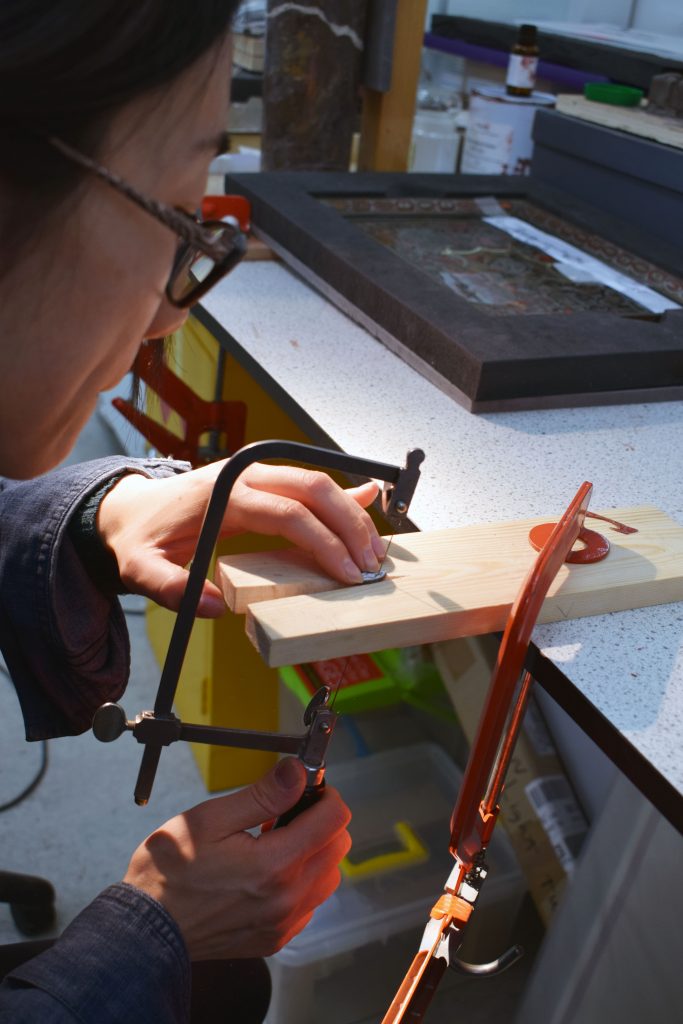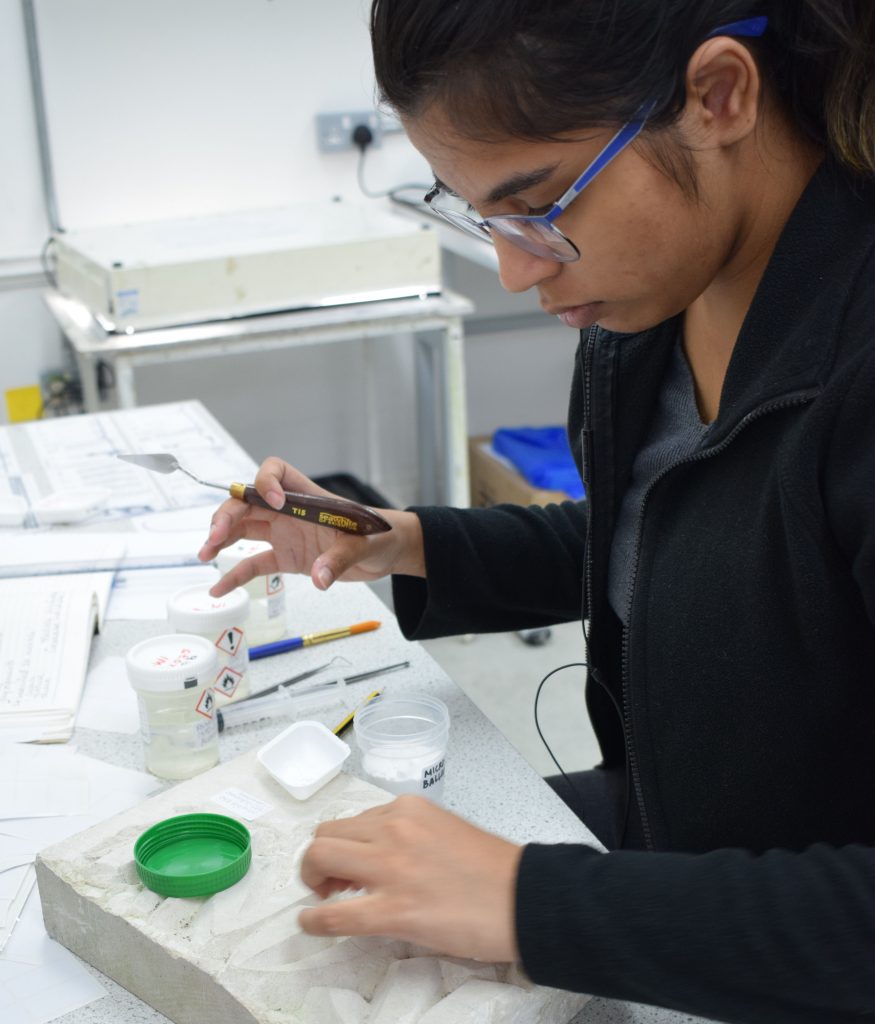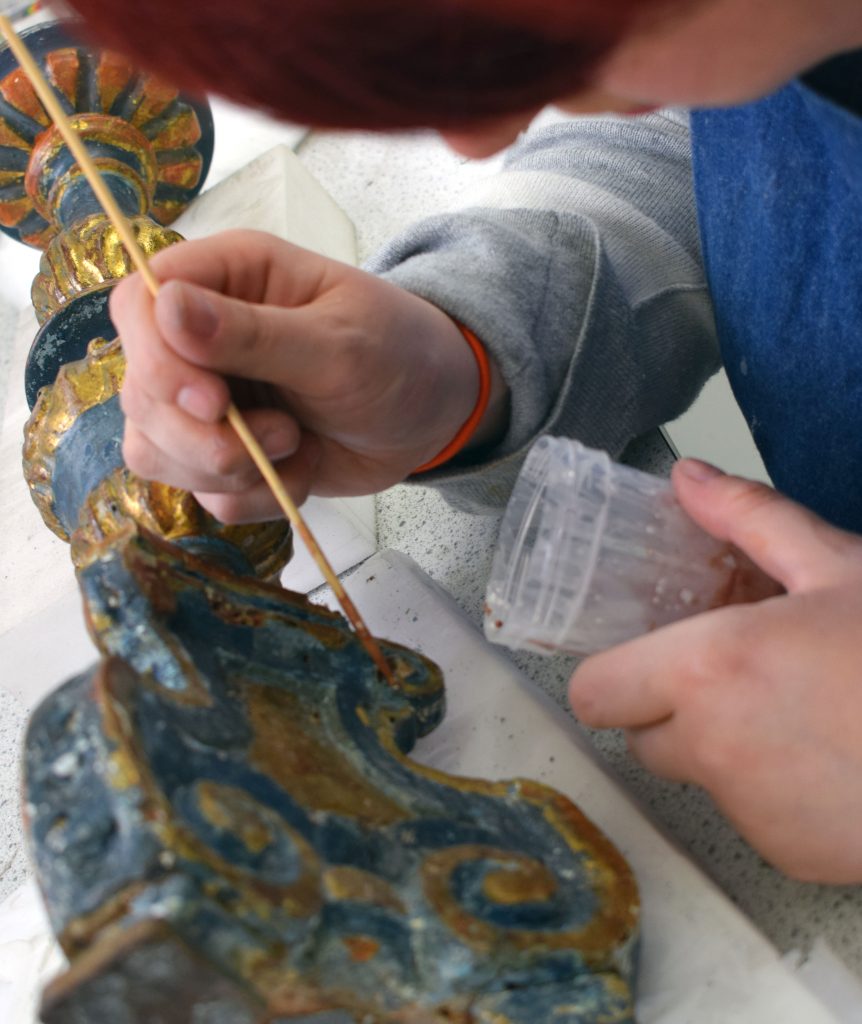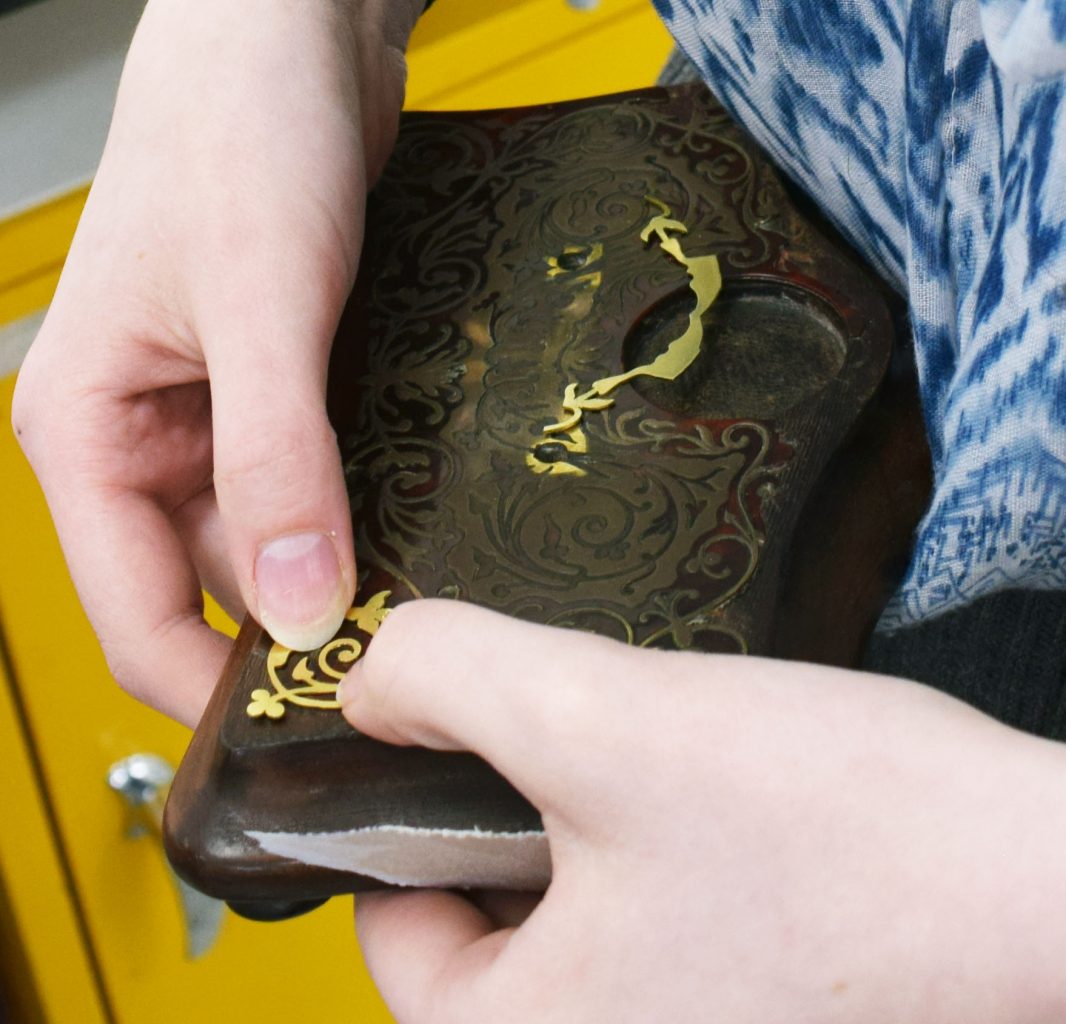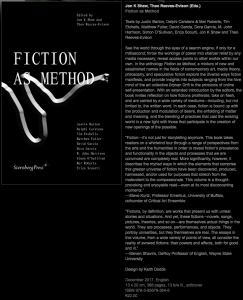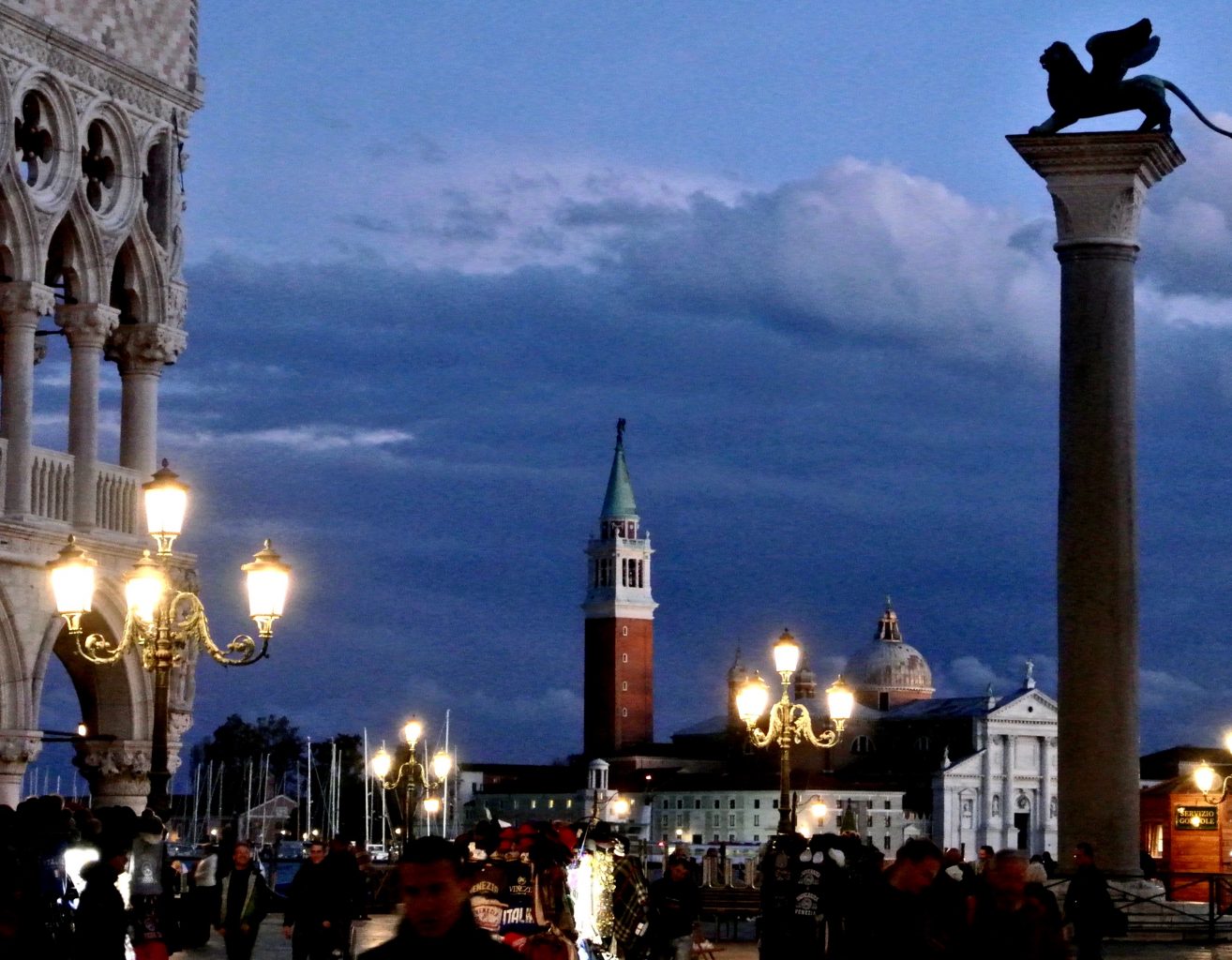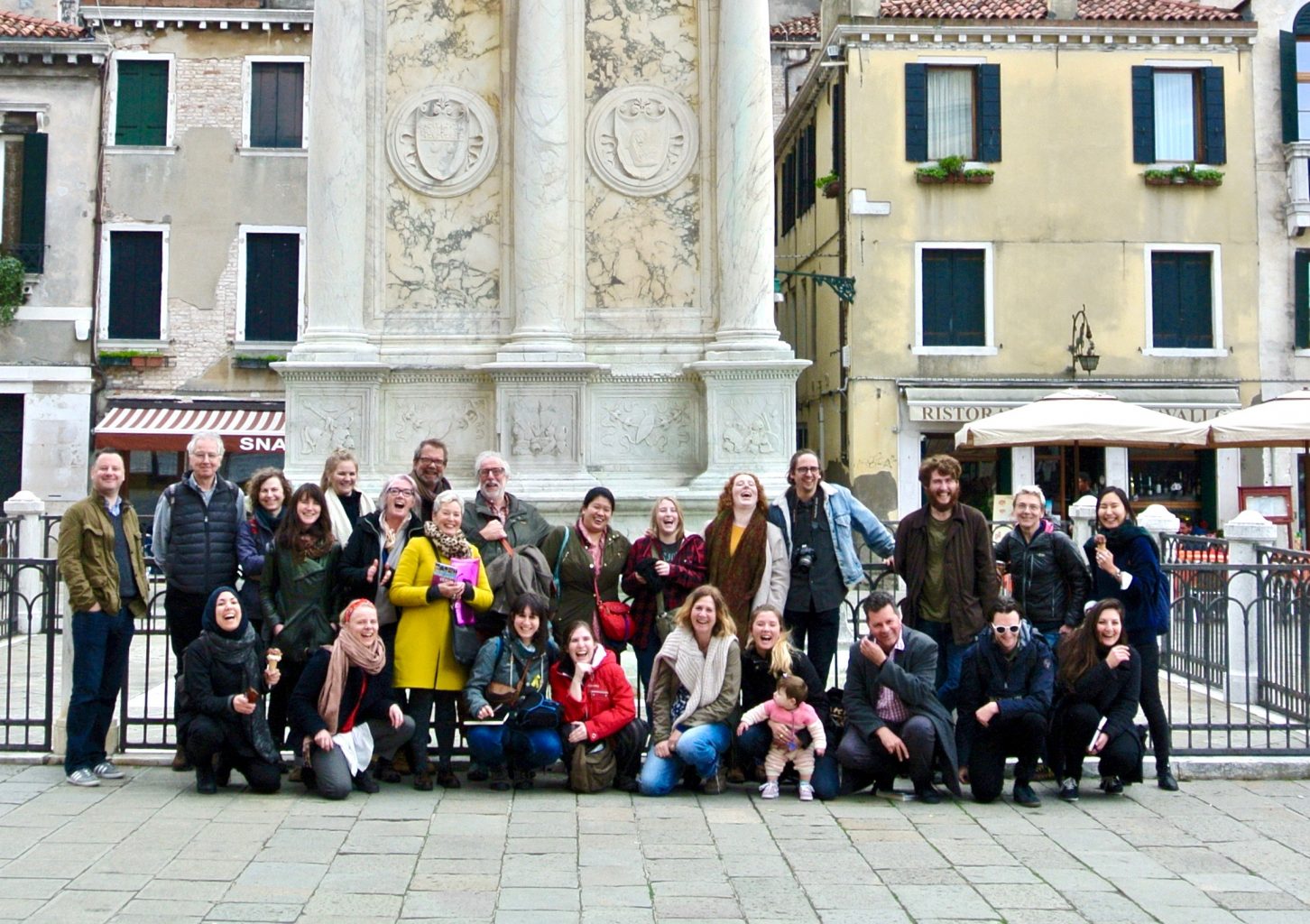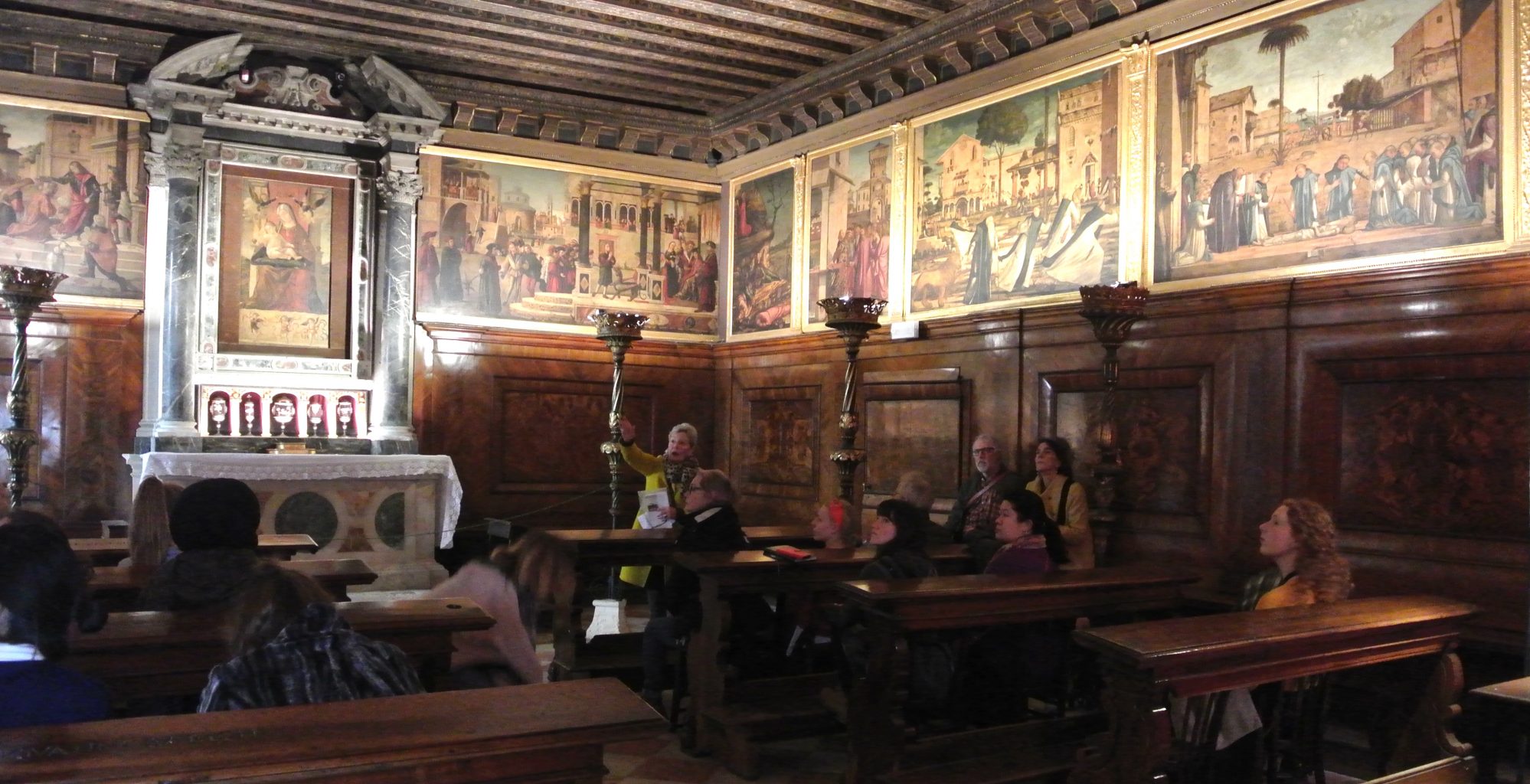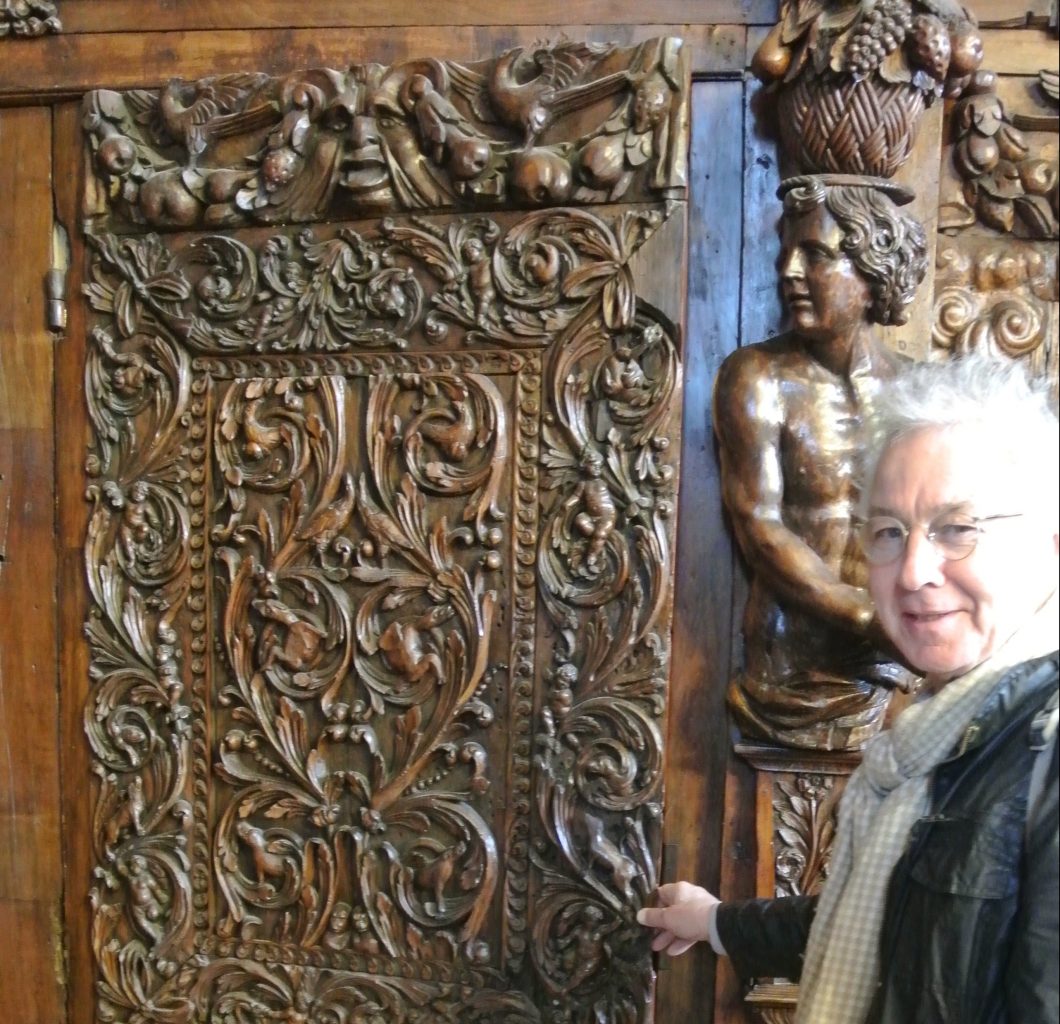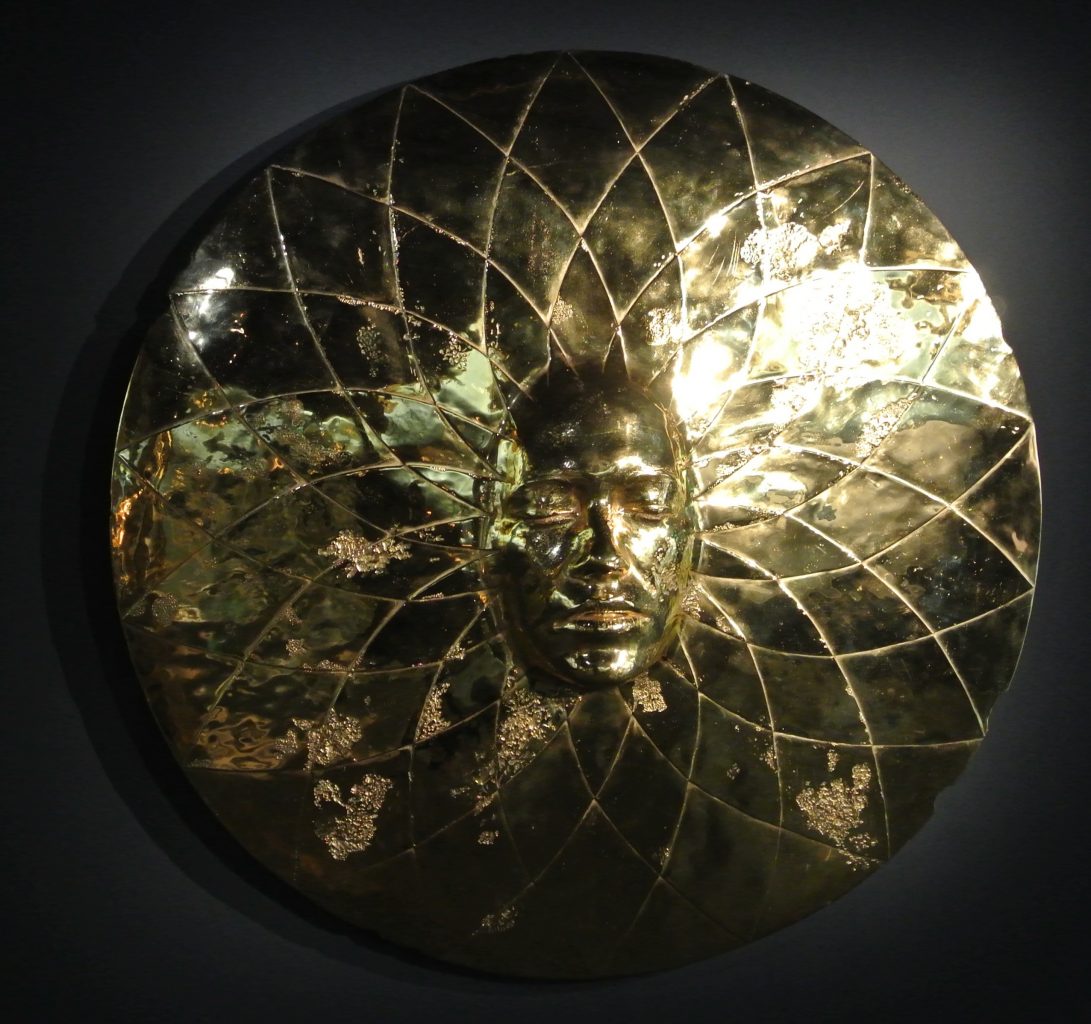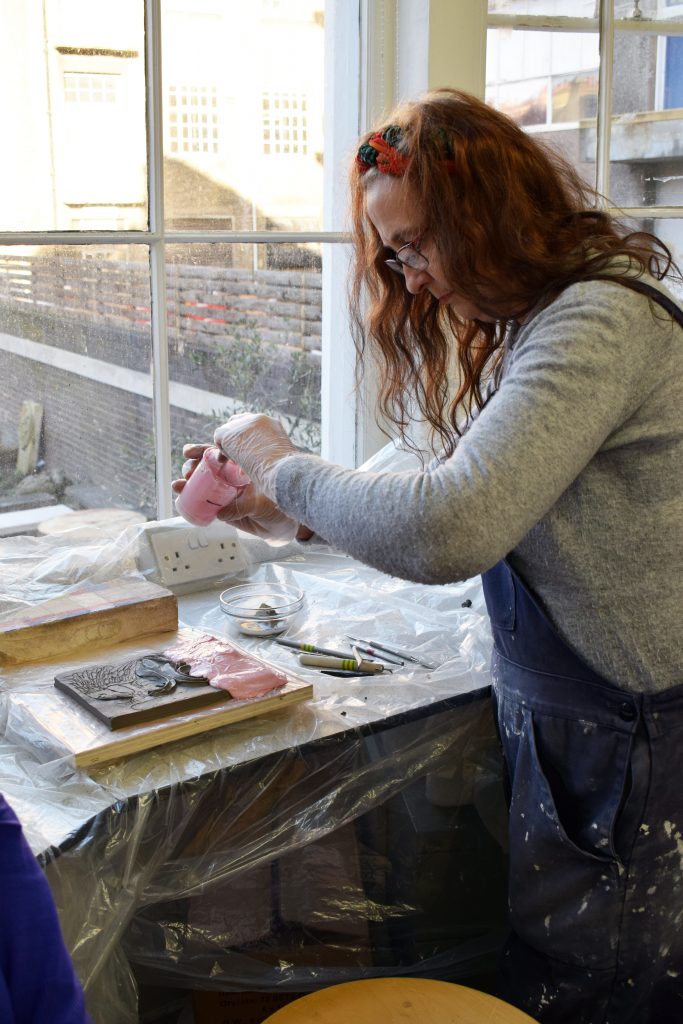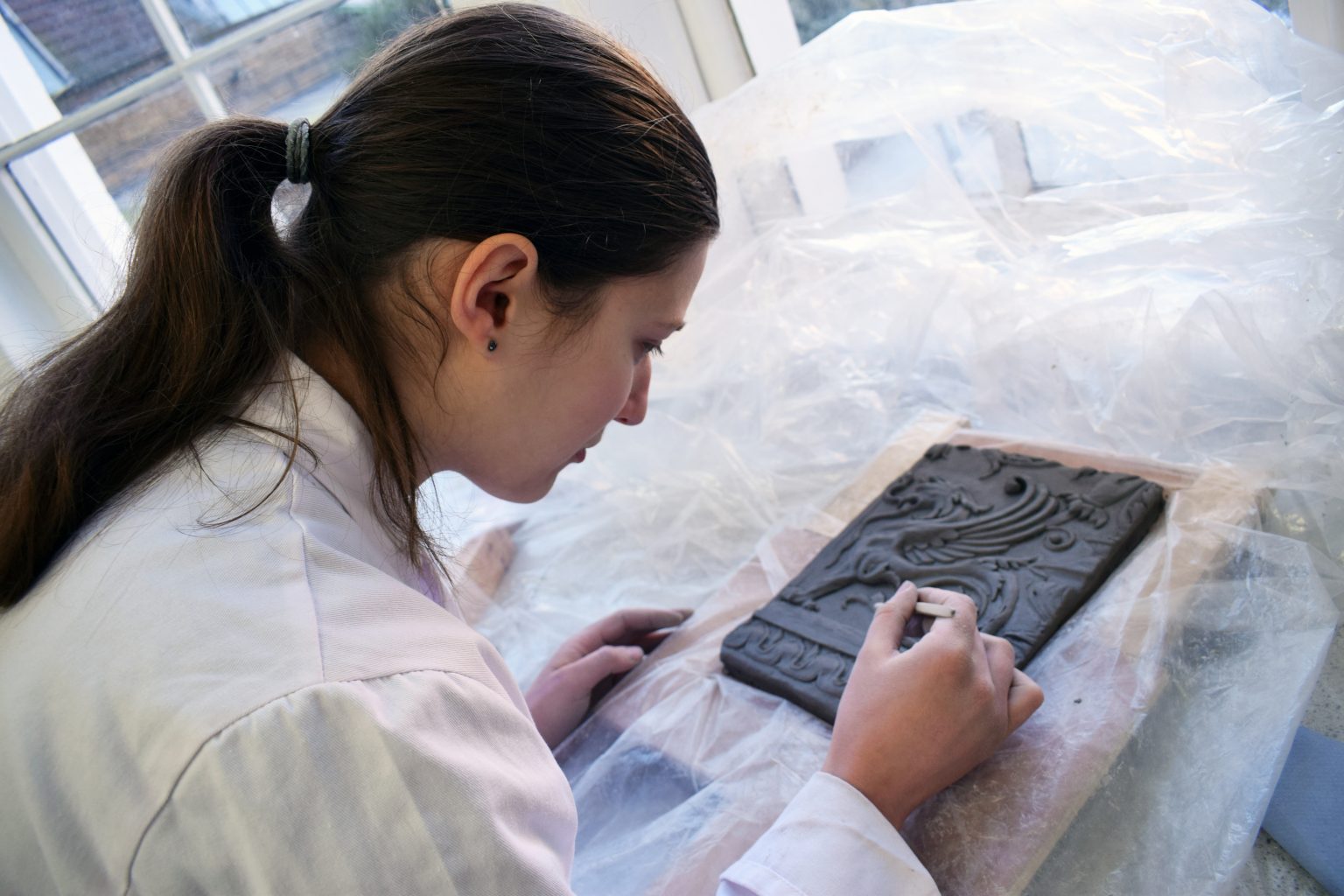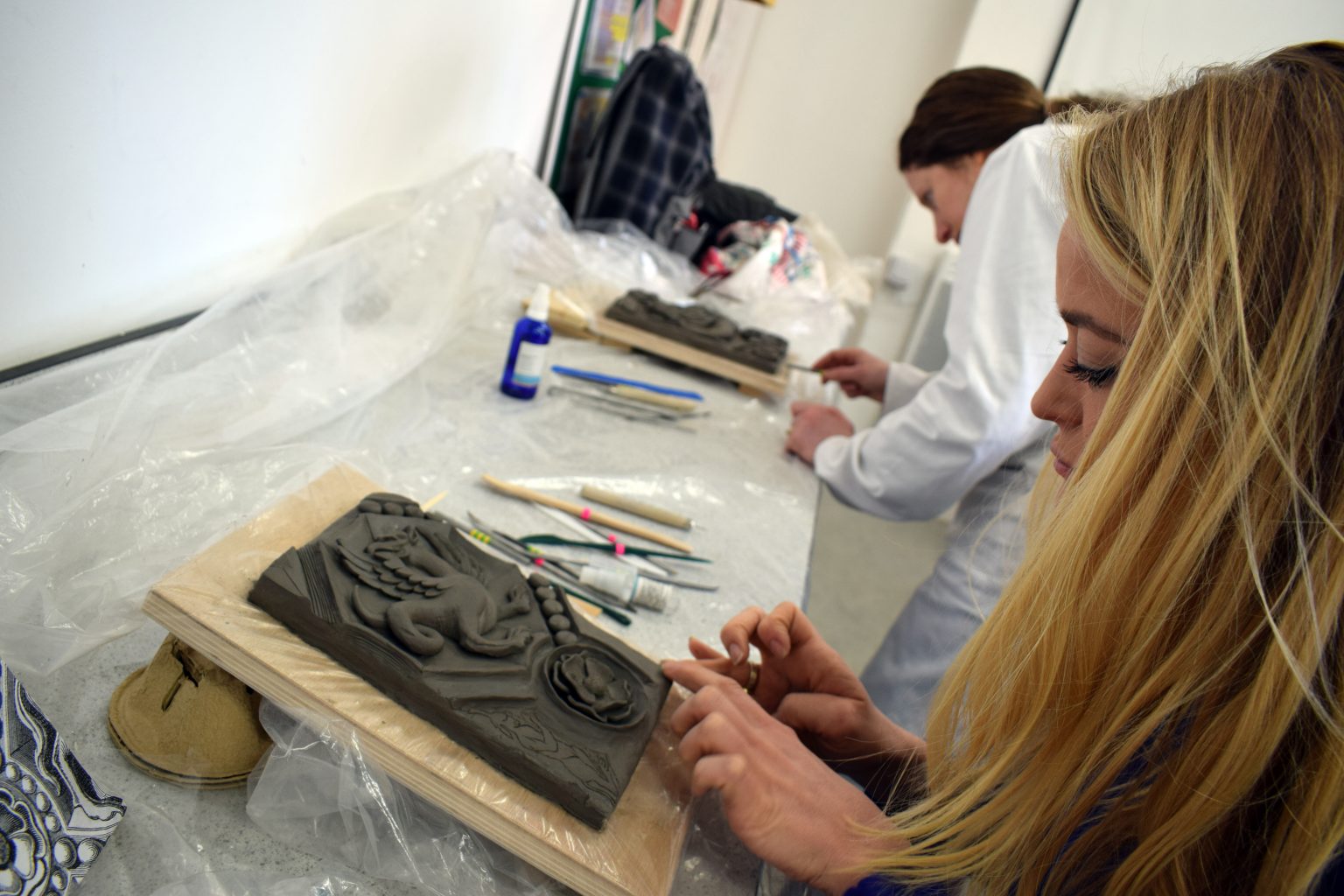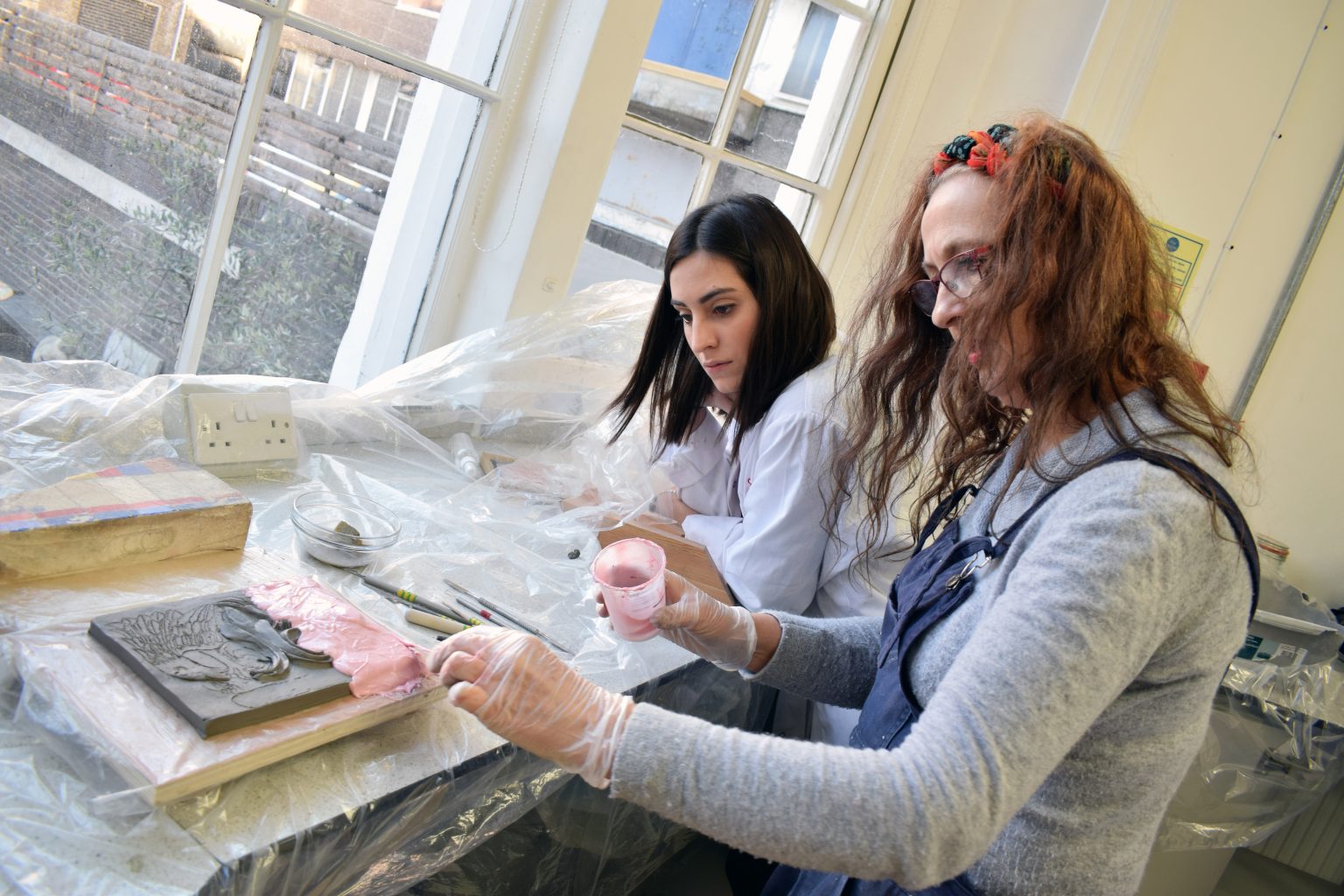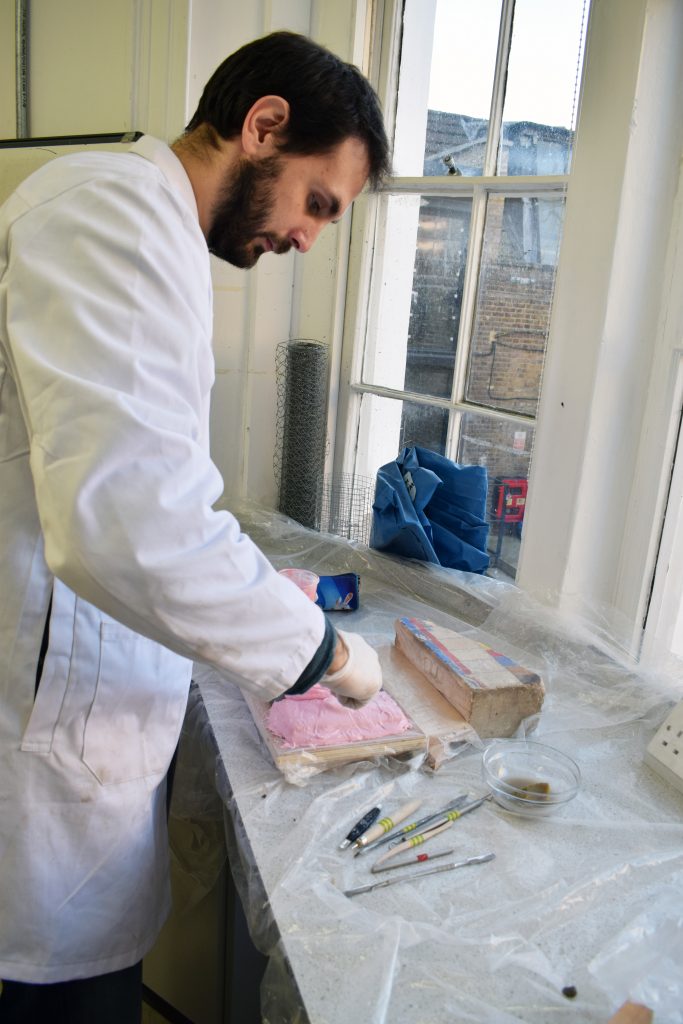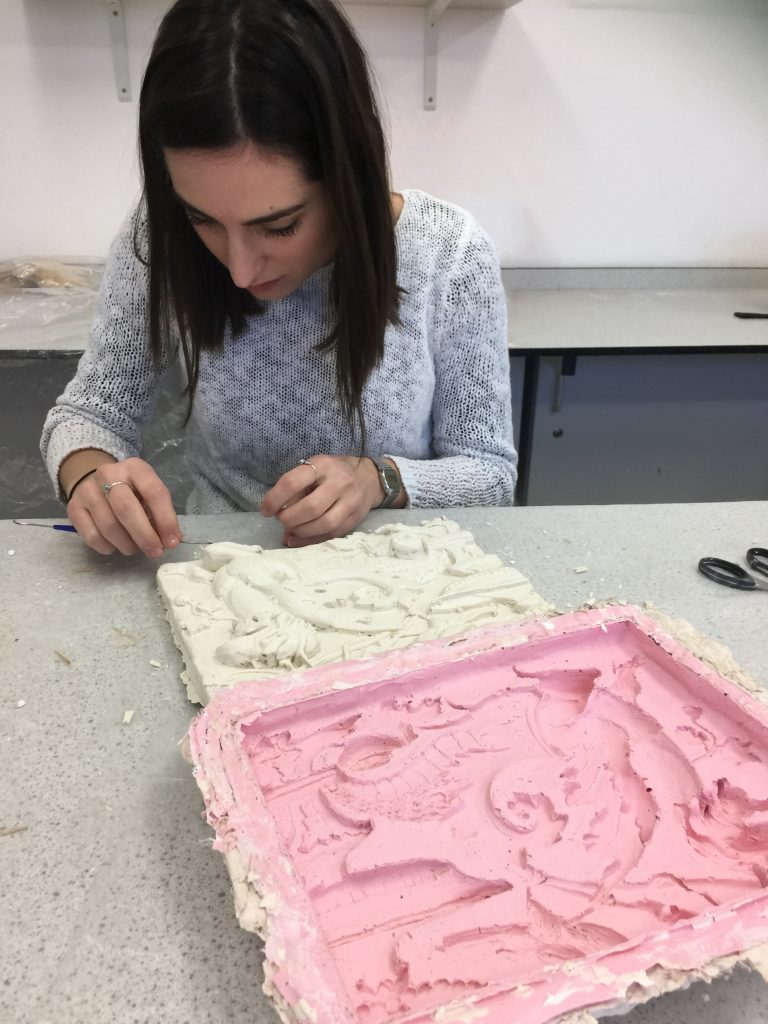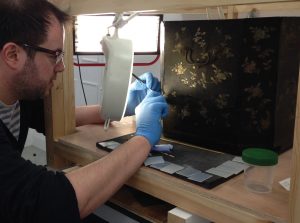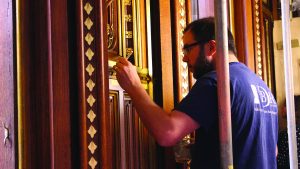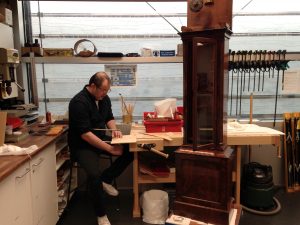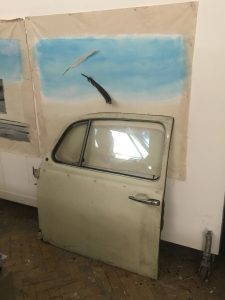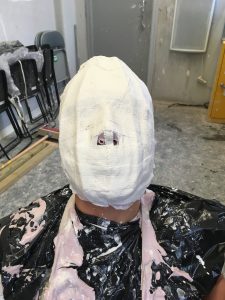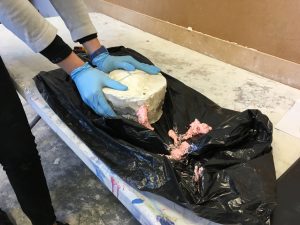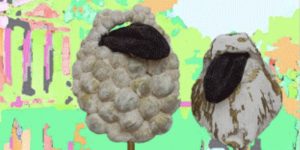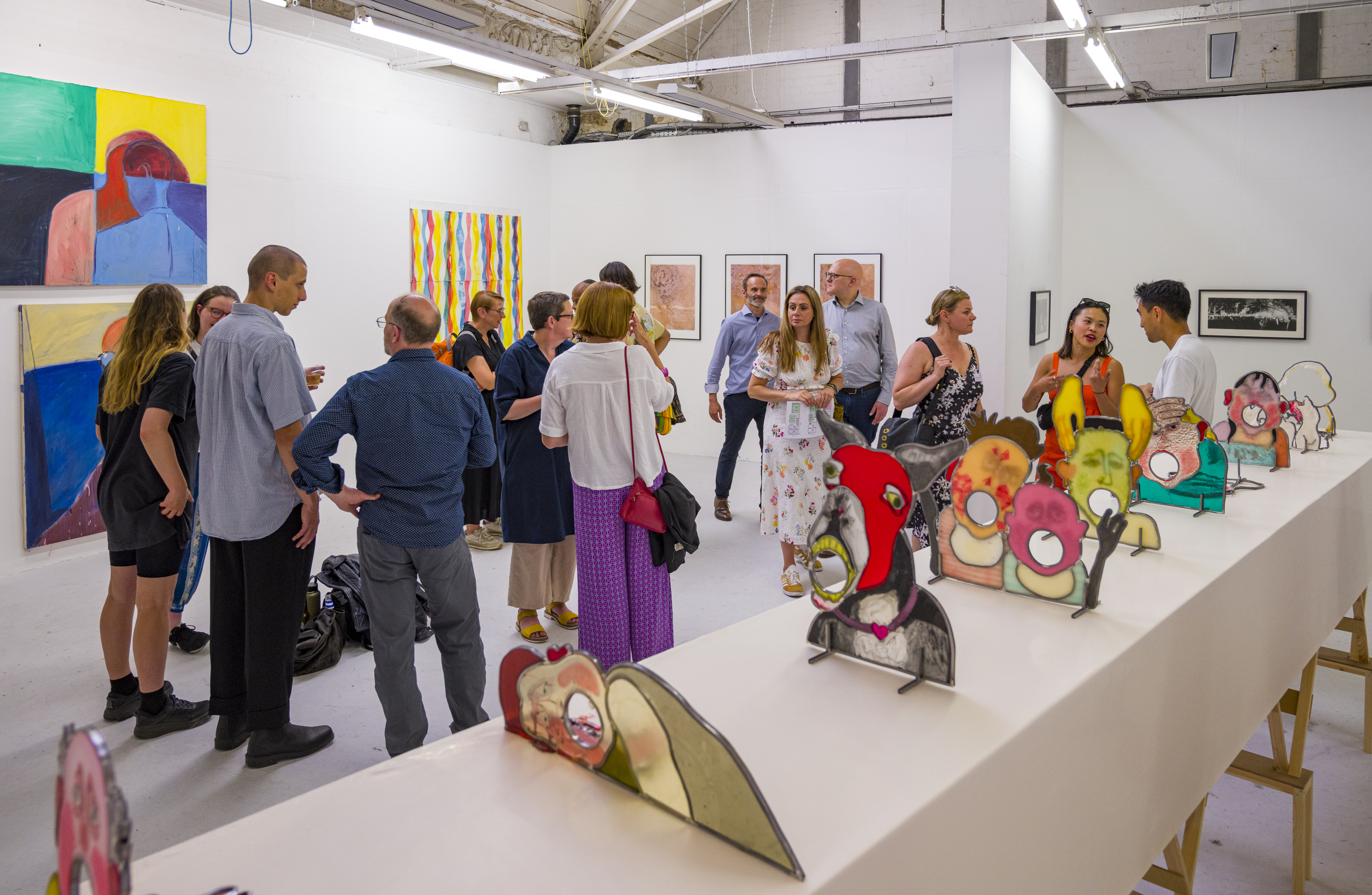
On Friday 23rd June, Art School staff and students, along with friends and families, came together to celebrate the graduating classes of 2023 across our BA Fine Art, Carving and Conservation courses.
The evening commenced with the Degree Show Ceremony and Prize Giving, opened by Art School Principal Dr Lois Rowe, followed by a welcome from the Chair of the Board of Trustees, Jamie Bill.
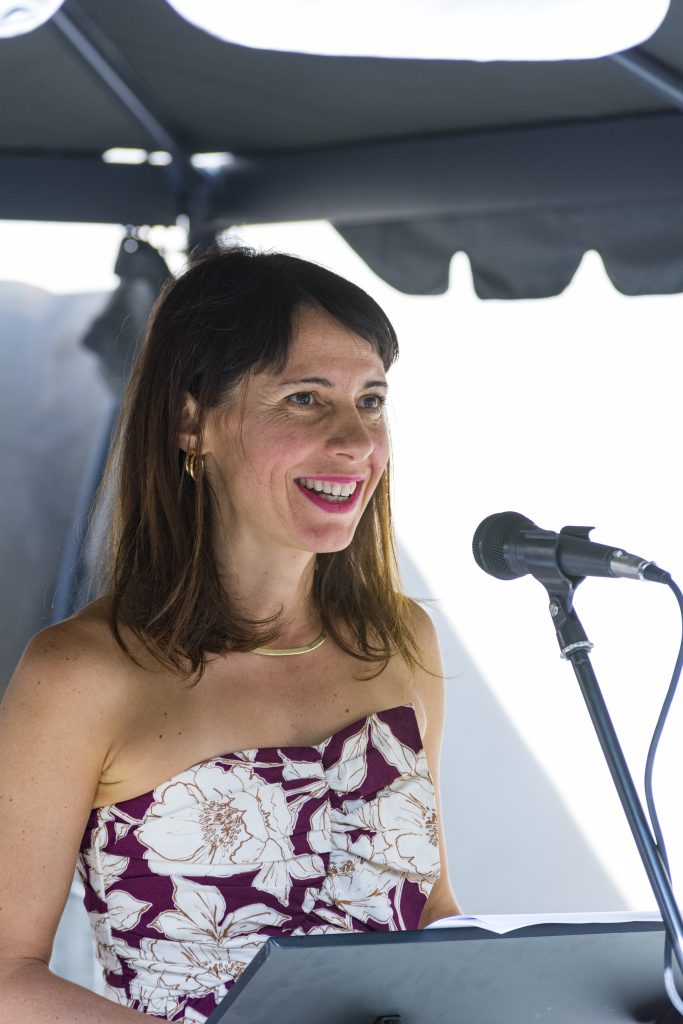 “We are here to this evening to celebrate you. We are here to celebrate the incredible variety, energy and brilliance that you have demonstrated during your time with us and to acknowledge the incredible community of parents, carers, partners, tutors and technicians that have supported you along the way.” Dr Lois Rowe, Art School Principal
“We are here to this evening to celebrate you. We are here to celebrate the incredible variety, energy and brilliance that you have demonstrated during your time with us and to acknowledge the incredible community of parents, carers, partners, tutors and technicians that have supported you along the way.” Dr Lois Rowe, Art School Principal
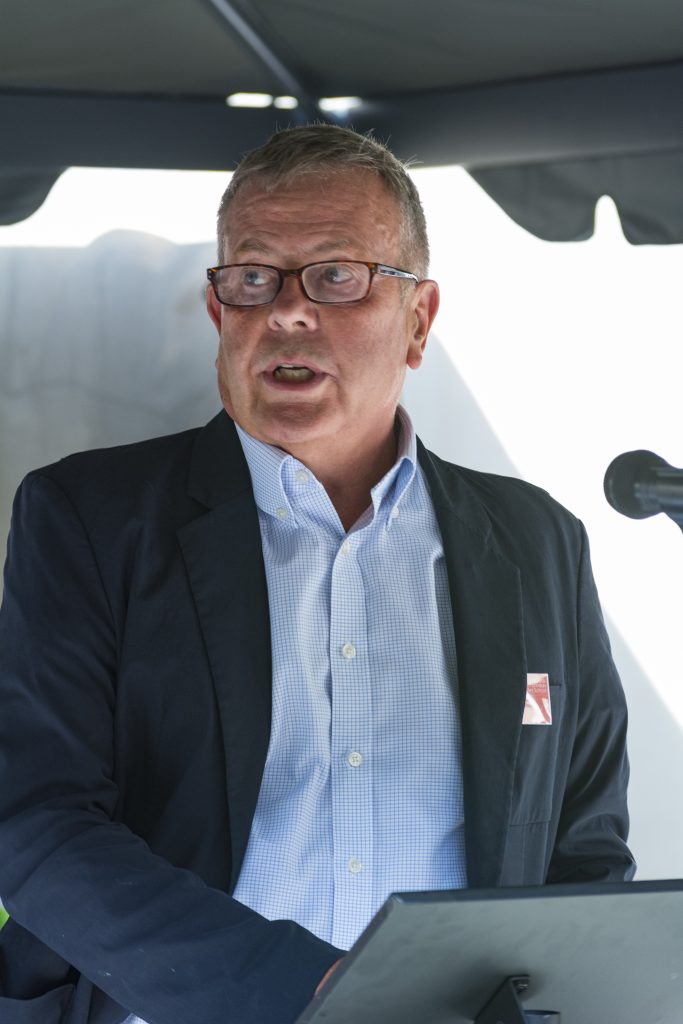 “For over 170 years the school has played a vital role in passing on specialist skills and inspiring new generations of artists to create new work, and to restore and conserve the precious built and cultural heritage of the past. As graduands, you are part of this important legacy. We know that you will be great ambassadors for the school.” Jamie Bill, Chair of Trustees
“For over 170 years the school has played a vital role in passing on specialist skills and inspiring new generations of artists to create new work, and to restore and conserve the precious built and cultural heritage of the past. As graduands, you are part of this important legacy. We know that you will be great ambassadors for the school.” Jamie Bill, Chair of Trustees
Art School Trustee Tabish Khan was then invited to address our graduating students, and offered two pieces of guidance: to keep the creative fire burning and be persistent, and to support and look out for each other. “You are doing something that you passionately believe in. It’s that creative spark that you’ve nurtured, and that you’ve invested in yourself. By doing this degree successfully, you are saying that you are following that dream.”
Tabish presented the Board of Trustees Prize, which was awarded to Maurice Mutua.
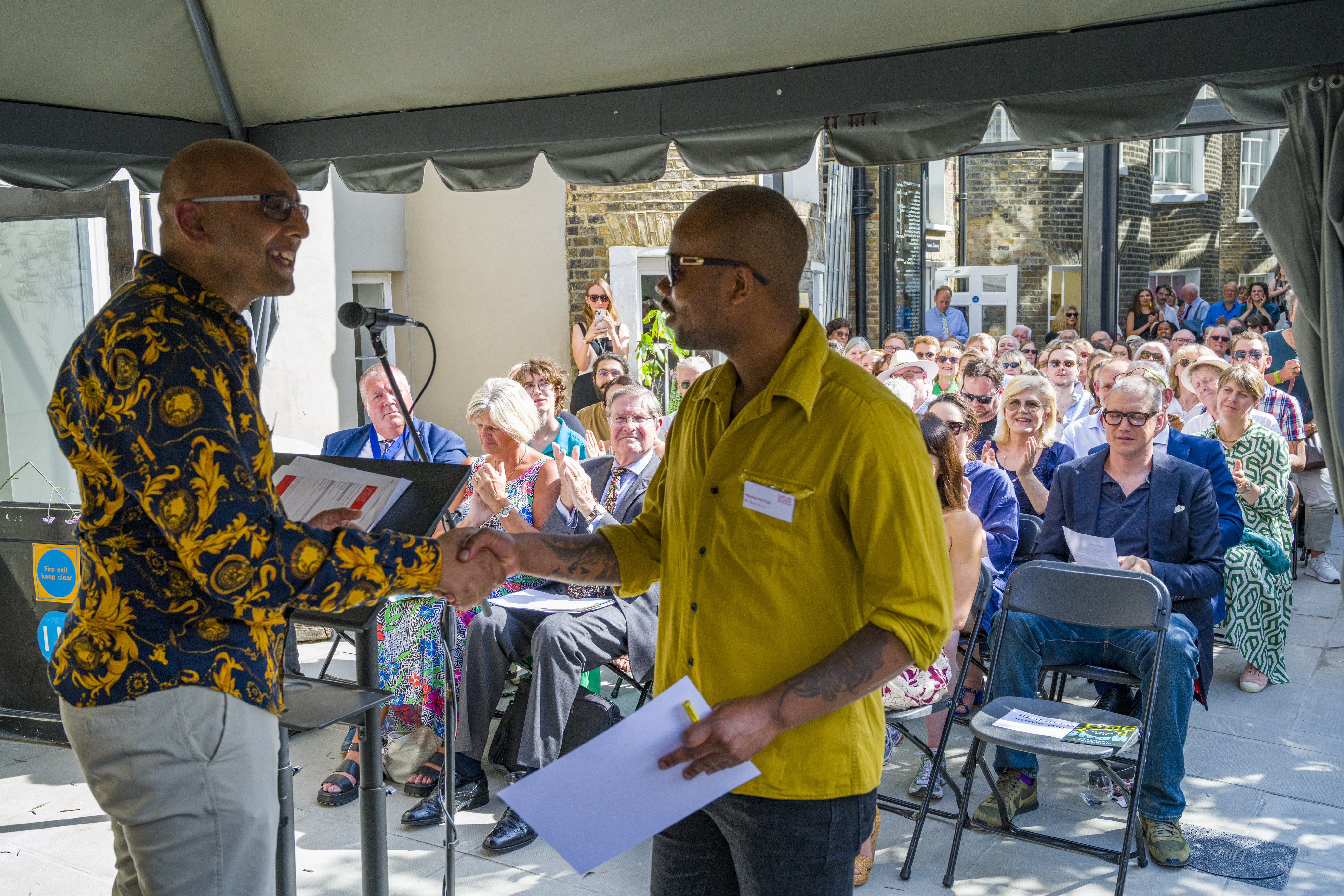 Trustee Tabish Khan presenting the Board of Trustees prize to BA (Hons) Fine Art Graduand Maurice Mutua
Trustee Tabish Khan presenting the Board of Trustees prize to BA (Hons) Fine Art Graduand Maurice Mutua
We were delighted to be joined by MA Fine Art Alumnus, Hugo Wilson, who returned to speak at the graduating ceremony. Hugo commended the students on the quality of their work, mentioning that “it’s not often that I come away from a show feeling really buoyed up and wanting to make, so thank you for doing that”. He spoke passionately about his time at the Art School and his twenty-year career as an artist, and imparted advice on resilience and the importance of self-reflection.
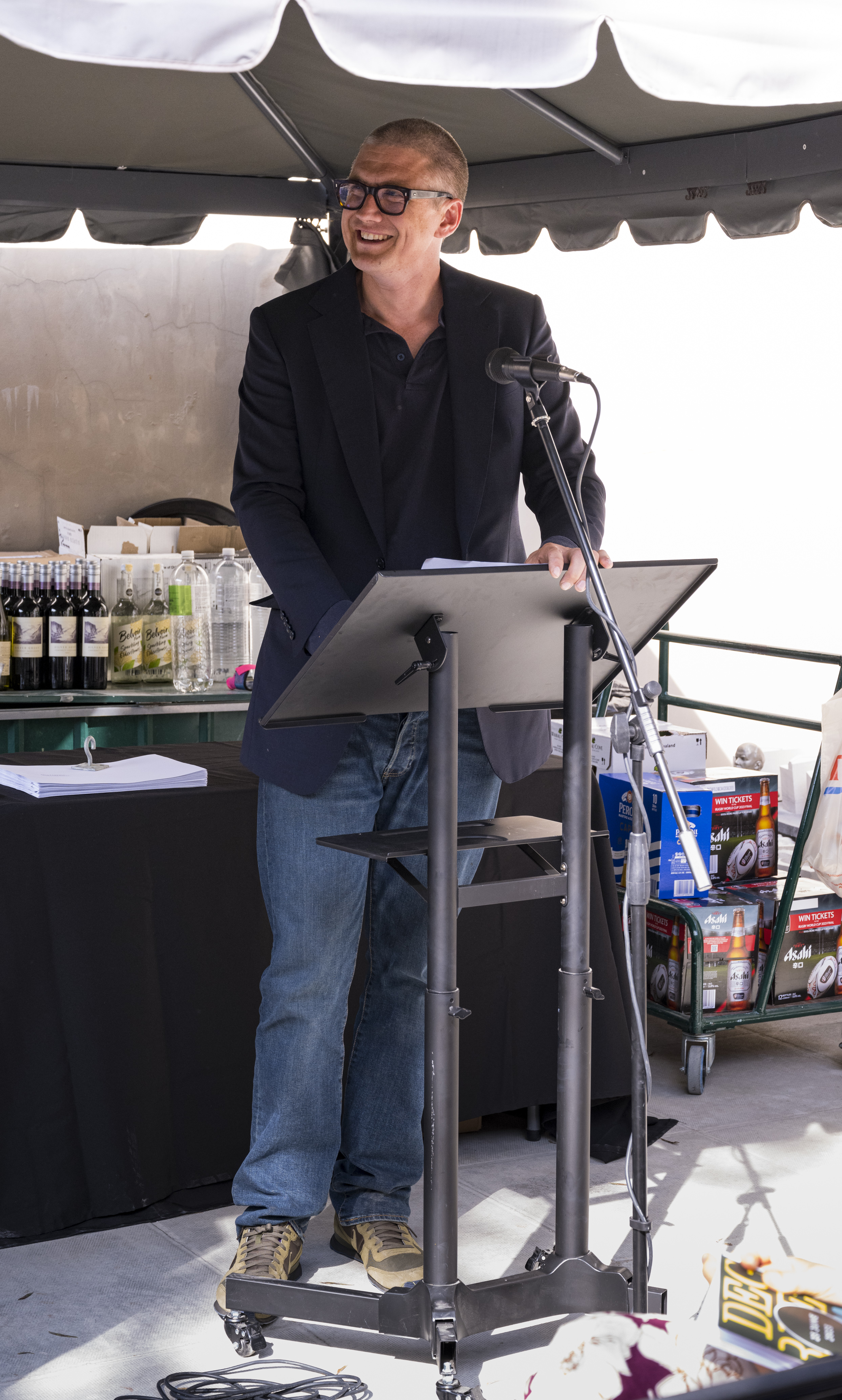 “Being an artist is a really strange life. You walk into blank rooms and blank spaces, and create something from nothing. You set up your own parameters, and often you are the last person who should be doing this. But it’s a privilege and it’s a responsibility. And to those who are doing conservation and restoration, the artists personally thank you in advance for looking after us” Hugo Wilson, MA Fine Art Alumnus
“Being an artist is a really strange life. You walk into blank rooms and blank spaces, and create something from nothing. You set up your own parameters, and often you are the last person who should be doing this. But it’s a privilege and it’s a responsibility. And to those who are doing conservation and restoration, the artists personally thank you in advance for looking after us” Hugo Wilson, MA Fine Art Alumnus
Hugo handed over to the Heads of Department, Robin Mason (Fine Art), Dr Marina Sokhan (Conservation) and Heather Newton (Carving), to present the certificates and prizes to the graduating students. This year was an especially momentous celebration for the Conservation department, as it marked the graduation of our first cohort of Books and Paper Conservation students. It was also a significant occasion for the Carving department, who will bid farewell to the current Head of Carving, Heather Newton, at the end of this academic year.
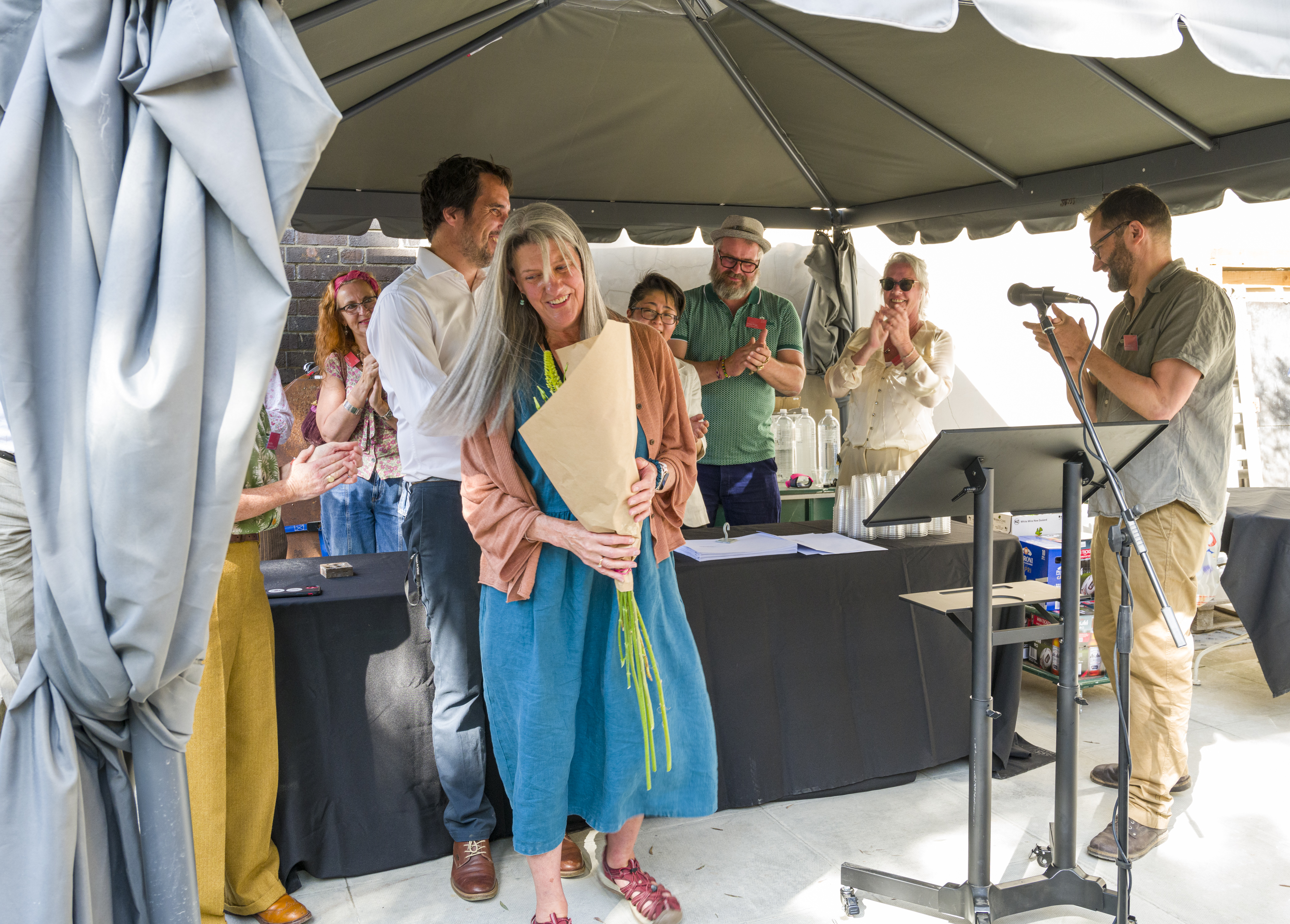 Heather Newton, Head of Carving, and the Carving Tutors
Heather Newton, Head of Carving, and the Carving Tutors
Adrian Munns joined us on behalf of the Mason’s Livery Company to present the Masons’ Company Prizes. The Masons’ Company Prize for Studentship and Commitment was awarded to Oliver Snelling, and the Masons’ Company Prize for Outstanding Work by a Graduating Student was awarded to Chris Nayler.
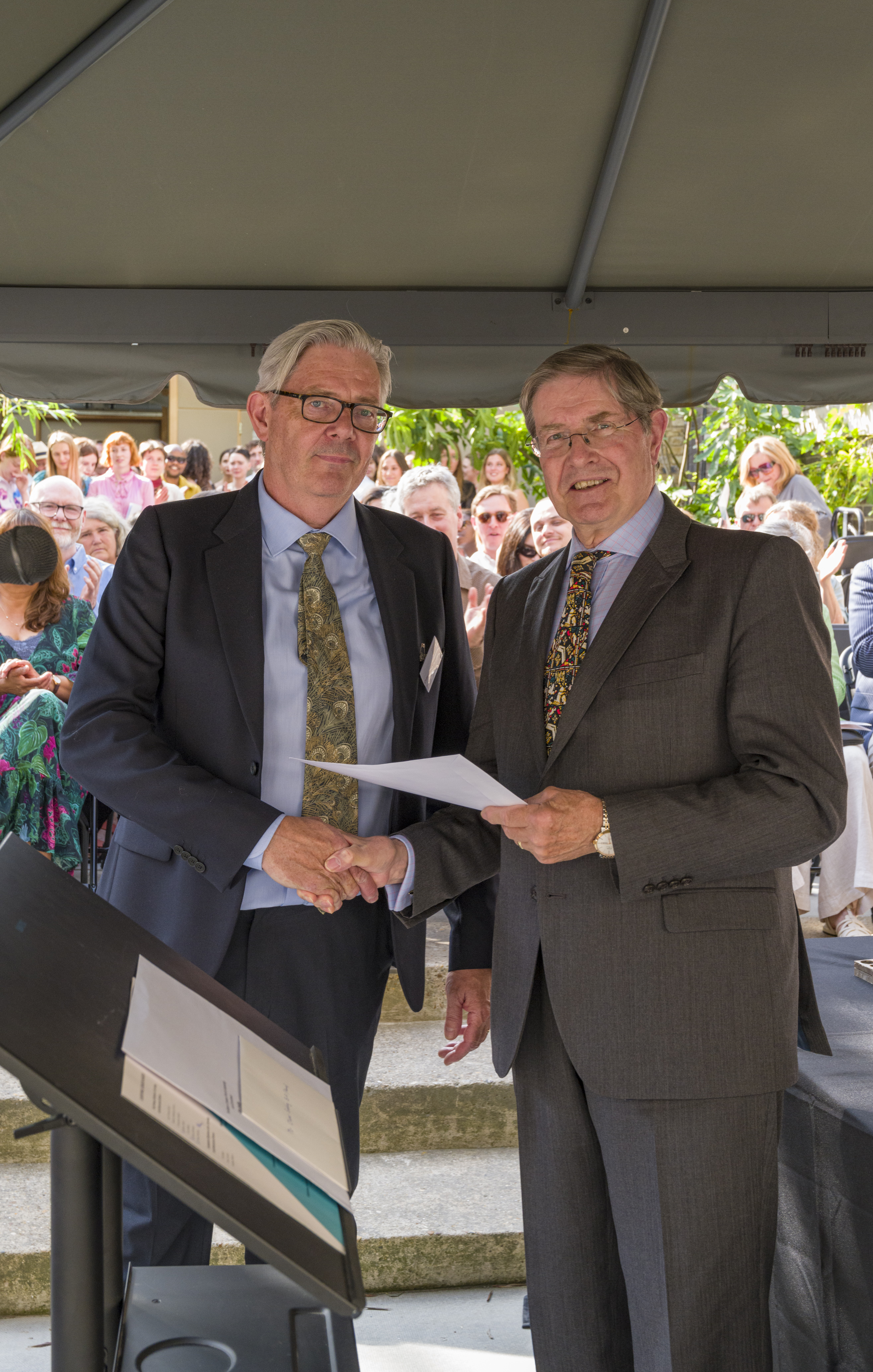 Adrian Munns presenting Chris Nayler with the Masons’ Company Prize for Outstanding Work by a Graduating Student
Adrian Munns presenting Chris Nayler with the Masons’ Company Prize for Outstanding Work by a Graduating Student
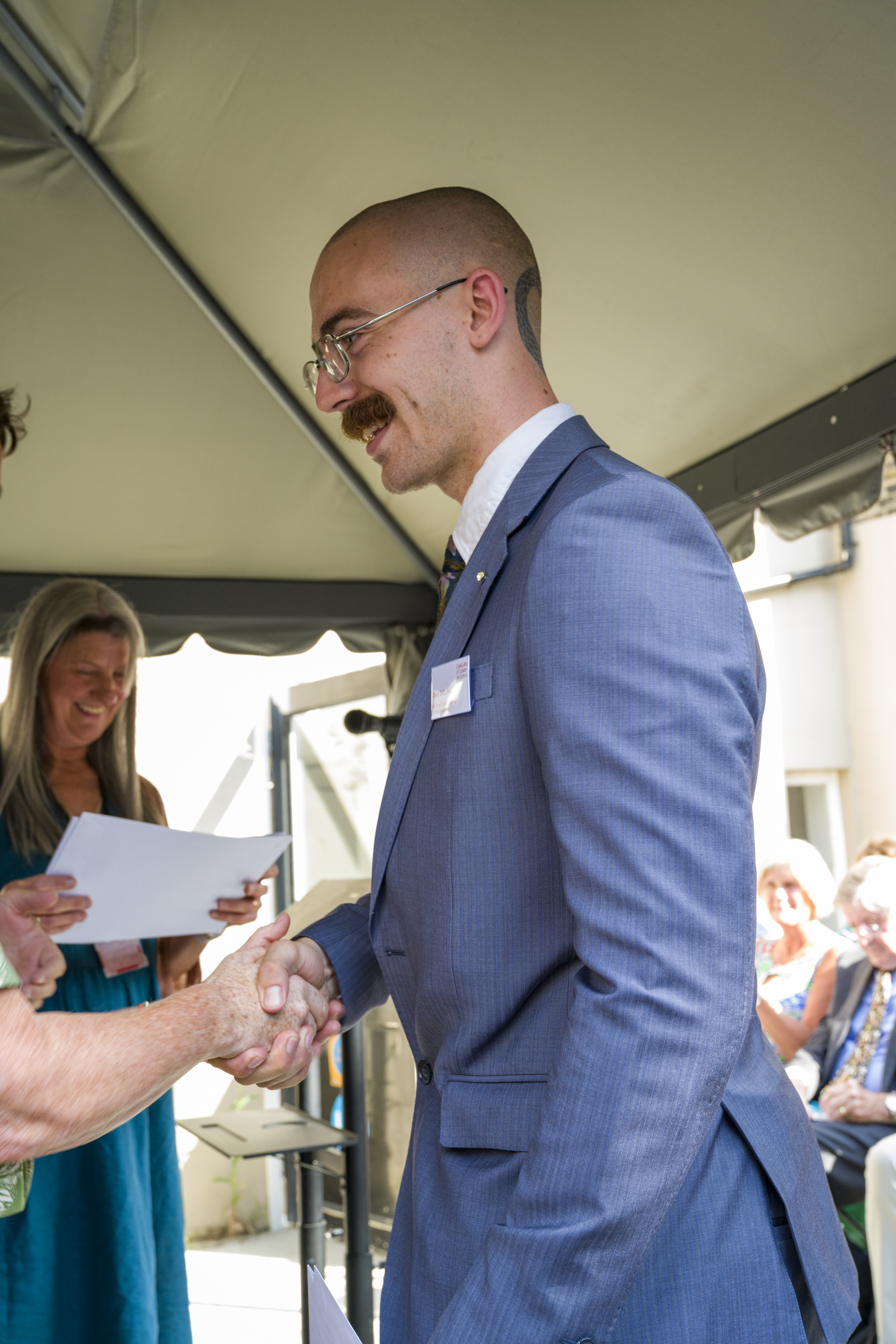 Oliver Snelling, Winner of the Masons’ Company Prize for Studentship and Commitment
Oliver Snelling, Winner of the Masons’ Company Prize for Studentship and Commitment
Adrian handed over to Joe Parker, Master of the Joiners and Ceilers Company, to present the Joiners and Ceilers’ Prize. This year, the prize was awarded to Jo Grogan.
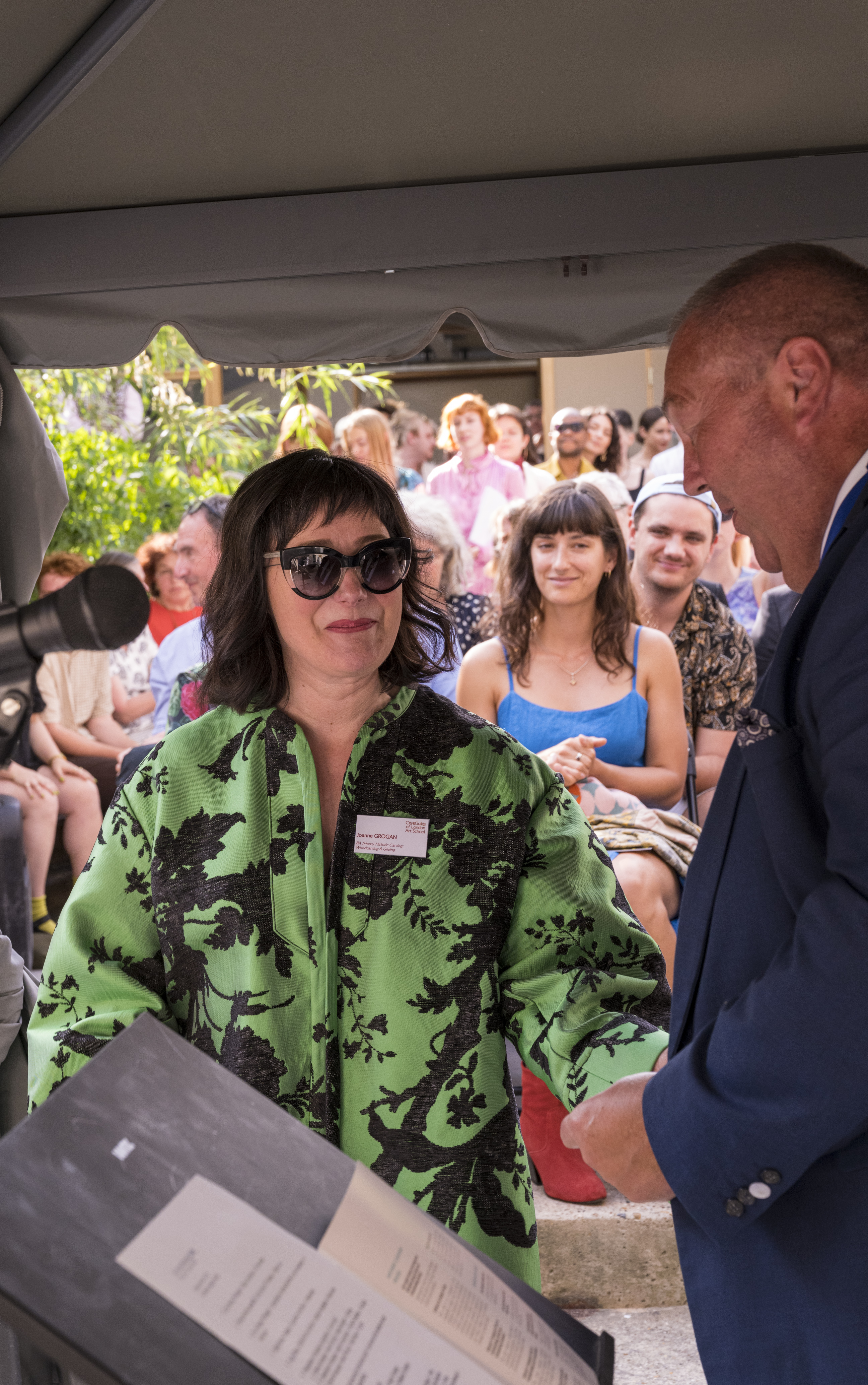 Joe Parker presenting Jo Grogan with the Joiners and Ceilers’ Prize
Joe Parker presenting Jo Grogan with the Joiners and Ceilers’ Prize
Please see a full list of the prizes at the end of the article.
The ceremony ended with heartfelt addresses from graduands from each course on behalf of their classmates. Each speaker thanked their fellow students, the staff and the team at Art School. This year’s graduands addresses were delivered by Jo Grogan, BA Hons Carving: Woodcarving and Gilding, Emma Sheridan, BA Hons Carving: Architectural Stone, Savannah du Quercy, BA Hons Fine Art, Rodrick Reid Scanche, BA Hons Fine Art, Ana Sofia Drinovan, BA Hons Conservation Books and Paper and Carla Learoyd, BA Hons Conservation Stone Wood and Decorative Surfaces.
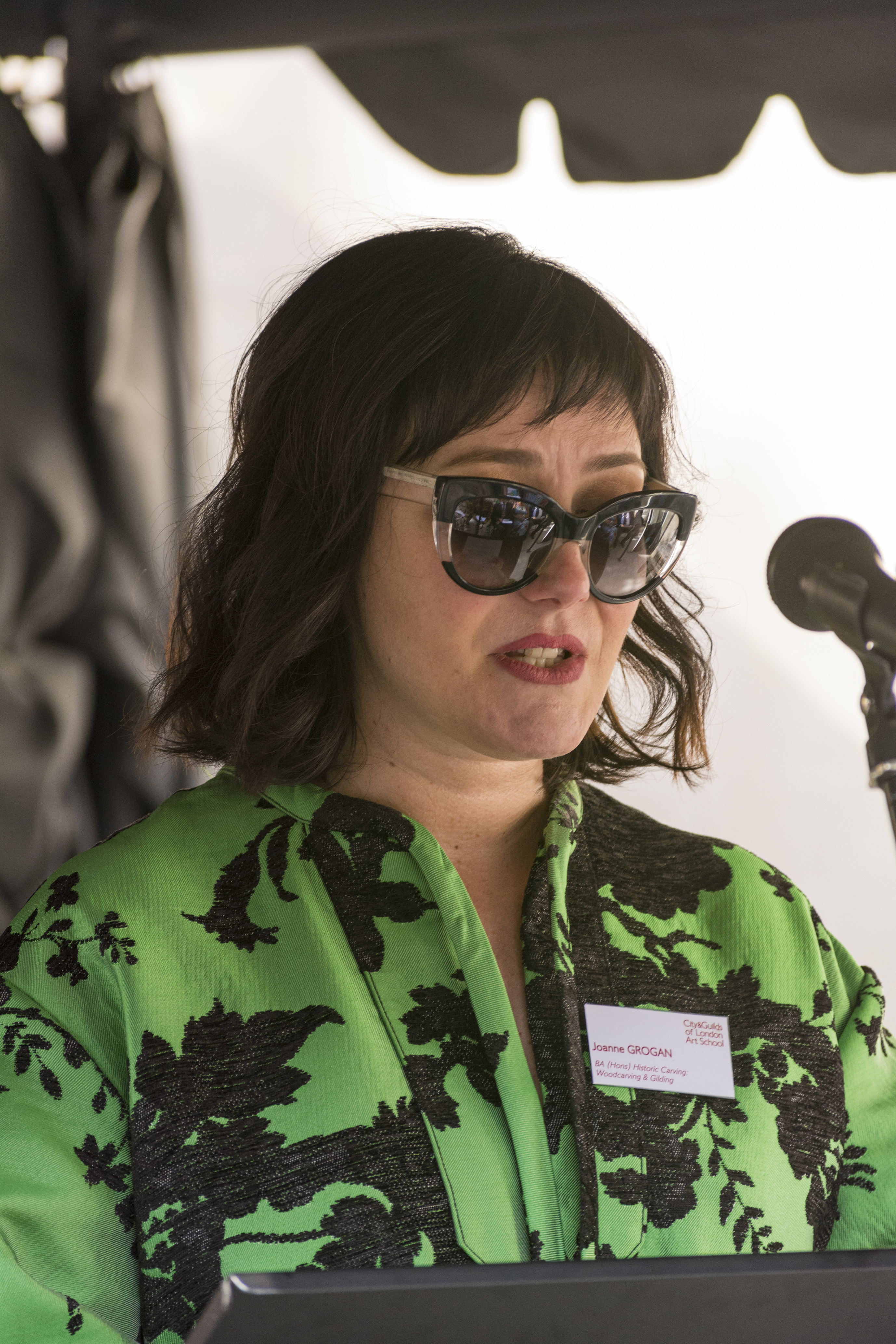 “What a privilege it has been to learn alongside this bunch of mega-talented humans. I think it’s safe to say that we’ve all made some friends for life. Our training here is unlike anything else, there’s a special kind of magic that permeates the carving department here at City & Guilds of London Art School.” Jo Grogan, BA Hons Carving: Woodcarving and Gilding
“What a privilege it has been to learn alongside this bunch of mega-talented humans. I think it’s safe to say that we’ve all made some friends for life. Our training here is unlike anything else, there’s a special kind of magic that permeates the carving department here at City & Guilds of London Art School.” Jo Grogan, BA Hons Carving: Woodcarving and Gilding
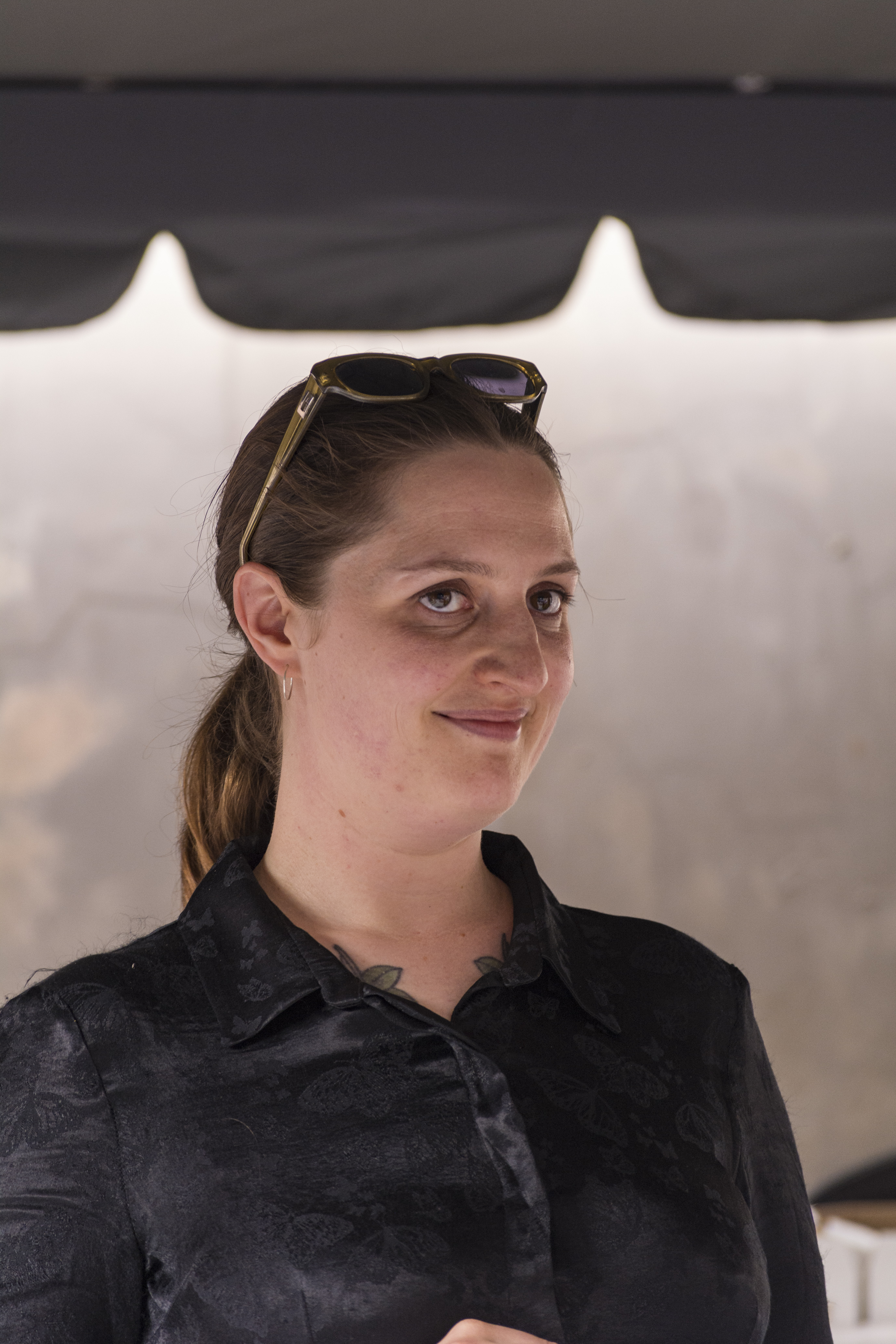 “Sculpture may be almost anything: a monument, a statue, an old coin, a bas-relief, a portrait bust, a lifelong struggle against heavy odds. It is a parable in three dimensions, a symbol of a spiritual experience, and a means of conveying truth by concentrating its essence into visible form.” (Sculpture Inside and Out, Marvina Hoffman), Emma Sheridan, BA Hons Carving: Architectural Stone
“Sculpture may be almost anything: a monument, a statue, an old coin, a bas-relief, a portrait bust, a lifelong struggle against heavy odds. It is a parable in three dimensions, a symbol of a spiritual experience, and a means of conveying truth by concentrating its essence into visible form.” (Sculpture Inside and Out, Marvina Hoffman), Emma Sheridan, BA Hons Carving: Architectural Stone
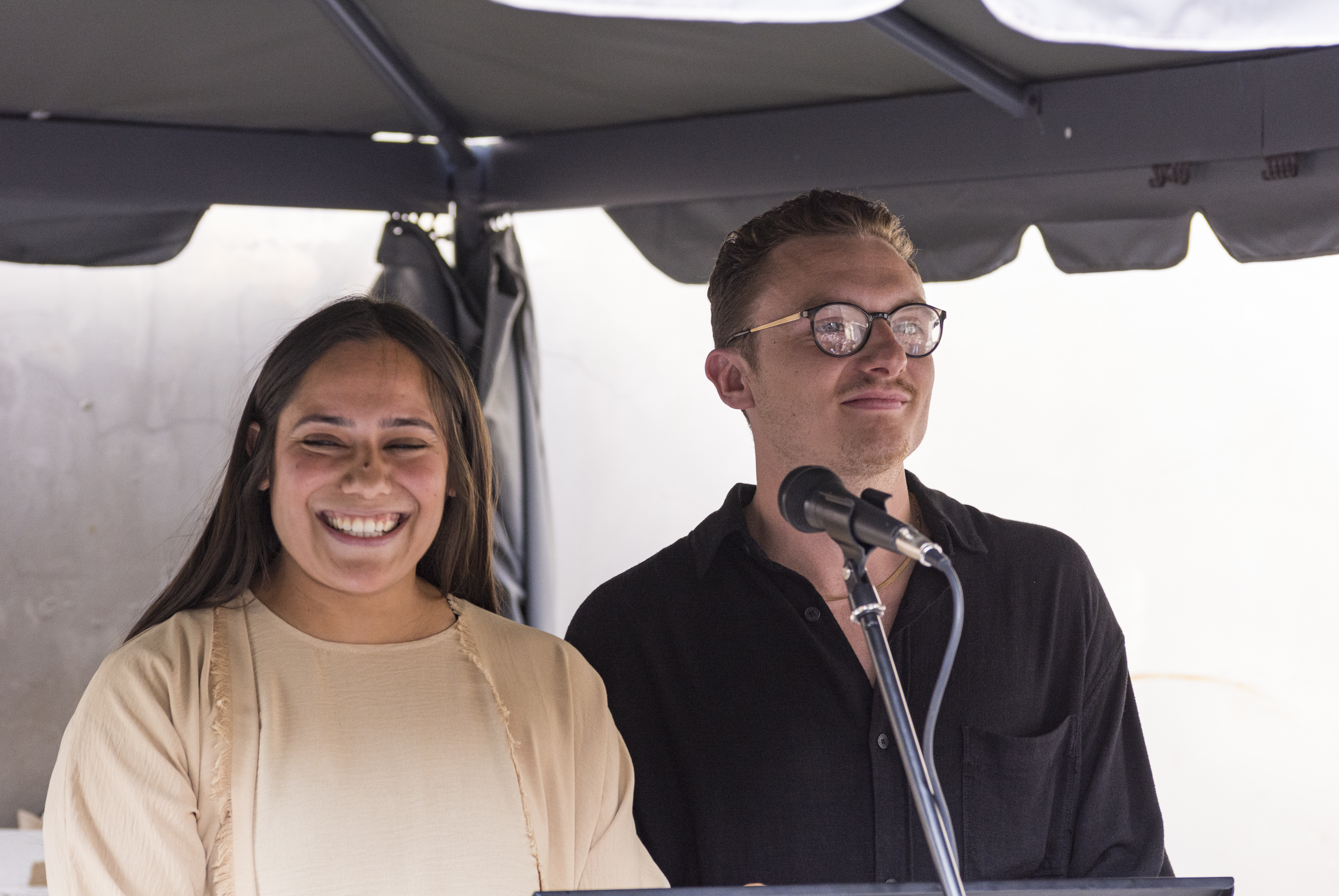 “Today, we not only celebrate the completion of our studies, but also the culmination of countless hours spent in the pursuit of art. We have stood side by side supporting and inspiring one another, through our triumphs and tribulations alike. We began this degree in the midst of very uncertain times, but despite the challenges, we are now stronger and more resilient, and we have all produced a body of work that we ought to be proud of.” Savannah du Quercy and Rodrick Reid Schanche, BA Fine Art
“Today, we not only celebrate the completion of our studies, but also the culmination of countless hours spent in the pursuit of art. We have stood side by side supporting and inspiring one another, through our triumphs and tribulations alike. We began this degree in the midst of very uncertain times, but despite the challenges, we are now stronger and more resilient, and we have all produced a body of work that we ought to be proud of.” Savannah du Quercy and Rodrick Reid Schanche, BA Fine Art
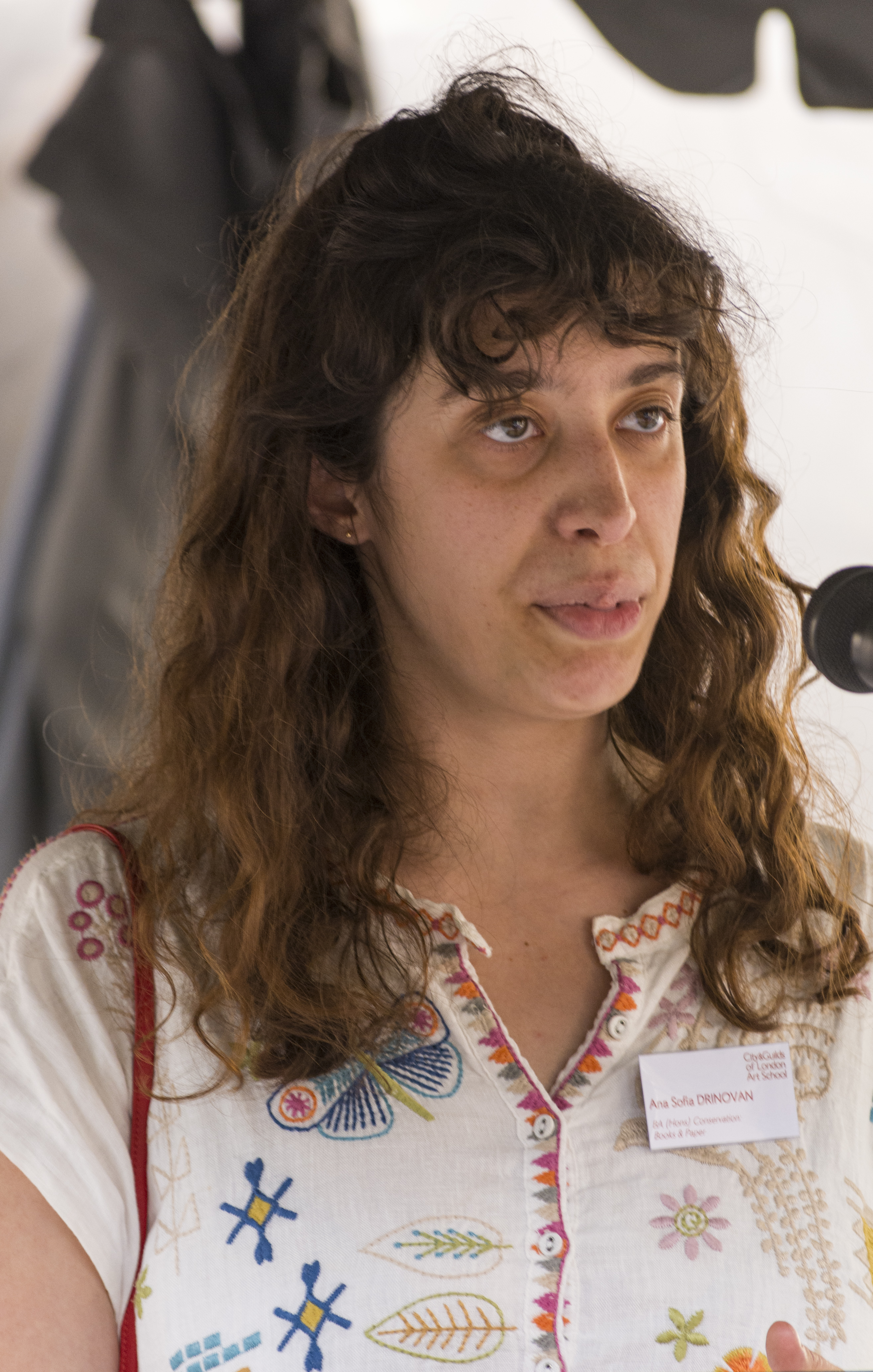 “We have had some incredible tutors, without whom we could not have built our ship, and under their guidance we all learned to navigate new waters, under storms and stress perhaps, but with new skills and the strong hearts required for us to keep on together. A little bit of camaraderie took us a long way.” Ana Sofia Drinovan, BA Hons Conservation Books and Paper
“We have had some incredible tutors, without whom we could not have built our ship, and under their guidance we all learned to navigate new waters, under storms and stress perhaps, but with new skills and the strong hearts required for us to keep on together. A little bit of camaraderie took us a long way.” Ana Sofia Drinovan, BA Hons Conservation Books and Paper
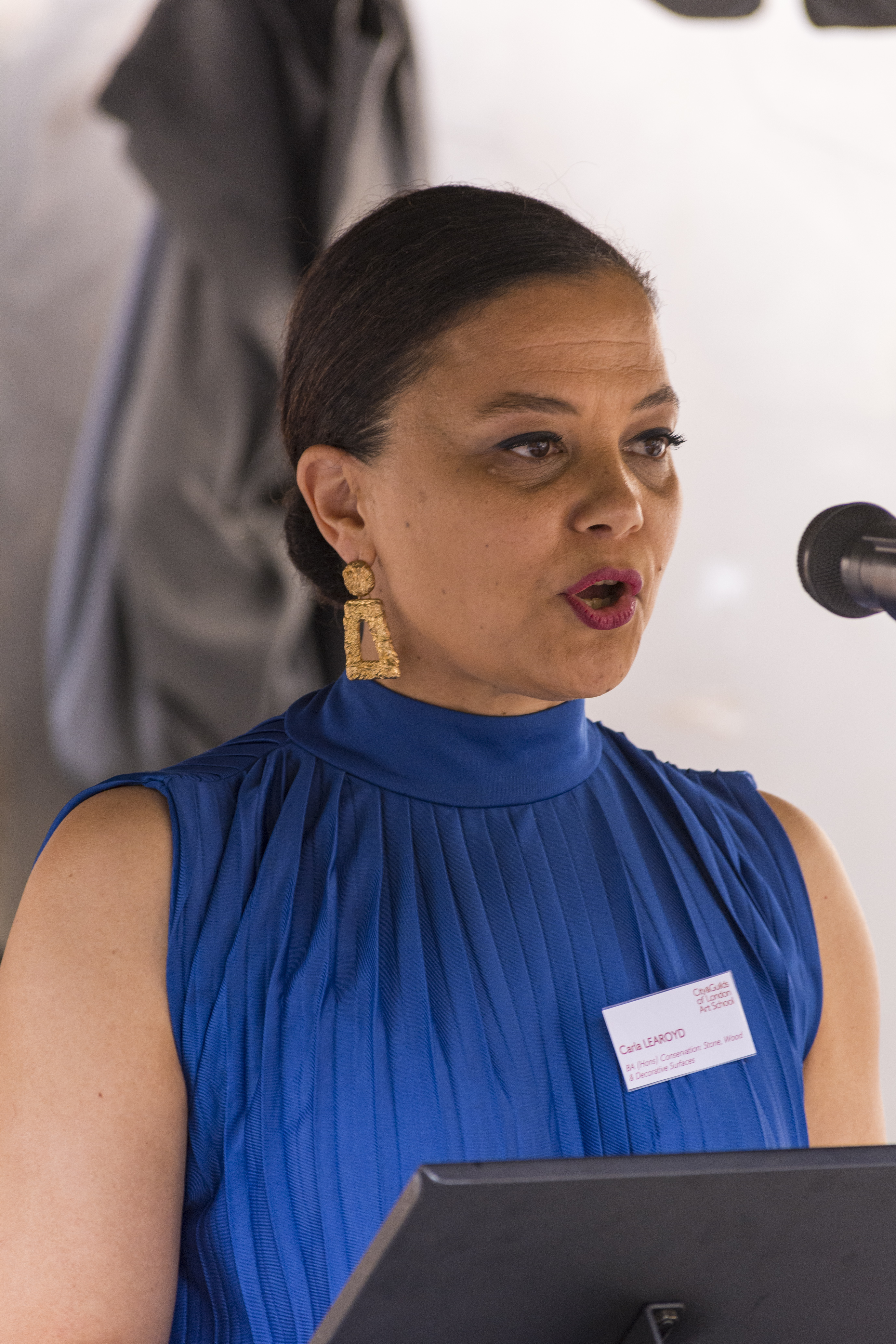 “The world of stone and wood and its beauty is fascinating, and to be able to work in some of the most historic buildings, and handle some of the most historically significant objects, is a world we will now be able to enter.” Carla Learoyd, BA Hons Conservation Stone Wood and Decorative Surfaces.
“The world of stone and wood and its beauty is fascinating, and to be able to work in some of the most historic buildings, and handle some of the most historically significant objects, is a world we will now be able to enter.” Carla Learoyd, BA Hons Conservation Stone Wood and Decorative Surfaces.
We wish our graduating students the very best of luck and we look forward to hearing about their future projects and endeavours!
2023 GRADUATE PRIZES AND AWARDS
ART SCHOOL PRIZES
Honourable Society of Knights of the Round Table Award: Max Reynolds, BA (Hons) Carving, Woodcarving and Gilding
City & Guilds of London Art School The Board of Trustees Prize: Maurice Mutua, BA (Hons) Fine Art
PRINTMAKING PRIZES
Norman Ackroyd Etching Prize: Irene Burkhardt, BA (Hons) Fine Art
DRAWING PRIZES
The Taylor Pearce Drawing Prize: Jo Grogan, BA (Hons) Carving, Woodcarving and Gilding
The Sir Roger de Grey Drawing Prize: Eddie Rowe, BA (Hons) Fine Art
CONSERVATION PRIZES
City & Guilds of London Art School Research Project Prize (Books and Paper): Emily Mullin BA (Hons) Conservation: Books and Paper
City & Guilds of London Art School Prize Practical Conservation Project Prize (Stone, Wood & Decorative Surfaces): Joshua Horsfall, BA (Hons) Conservation: Stone, Wood & Decorative Surfaces
City & Guilds of London Art School Prize Practical Conservation Project Prize: Stone, Wood & Decorative Surfaces: Carla Learoyd BA (Hons) Conservation: Stone, Wood & Decorative Surfaces
City & Guilds of London Art School Prize Practical Conservation Project Prize: Books and Paper: Emily Mullin BA (Hons) Conservation: Books and Paper
Venice in Peril Residency: Joshua Horsfall and Carla Learoyd BA (Hons) Conservation: Stone, Wood & Decorative Surfaces
CARVING PRIZES
De Laszlo Stone Carving Prize for Outstanding Work: Emma Sheridan, BA (Hons) Carving: Architectural Stone
De Laszlo Woodcarving Prize for Outstanding Work: Max Reynolds and Jo Grogan, BA (Hons) Carving, Woodcarving and Gilding
Joiner & Ceilers’ Prize: Jo Grogan, BA (Hons) Carving, Woodcarving and Gilding
Masons’ Company Prize for Outstanding Work by a Graduating Student: Chris Nayler, BA (Hons) Carving: Stone Carving
Masons’ Company Prize for Studentship and Commitment: Oliver Snelling, BA (Hons) Carving: Stone Carving
Gilding and Decorative Surfaces Prize for a Carving student: Jo Grogan, BA (Hons) Carving, Woodcarving and Gilding
City & Guilds of London Art School Lettering Prize: Oliver Snelling, BA (Hons) Carving: Stone Carving
FINE ART PRIZES
Anthony Caro Sculpture Prize: Sophie Lloyd, BA (Hons) Fine Art
Baton Fine Art Prize: Sophie Lloyd, BA (Hons) Fine Art
Chadwyck-Healey Prize for Painting: Seraphina Mutscheller, BA (Hons) Fine Art
ART HISTORIES PRIZES
Brian Till Art Histories Thesis Prize (Carving): Rasha Obaid, BA (Hons) Carving, Woodcarving and Gilding
Brian Till Art Histories Thesis Prize (Fine Art): Seraphina Mutscheller
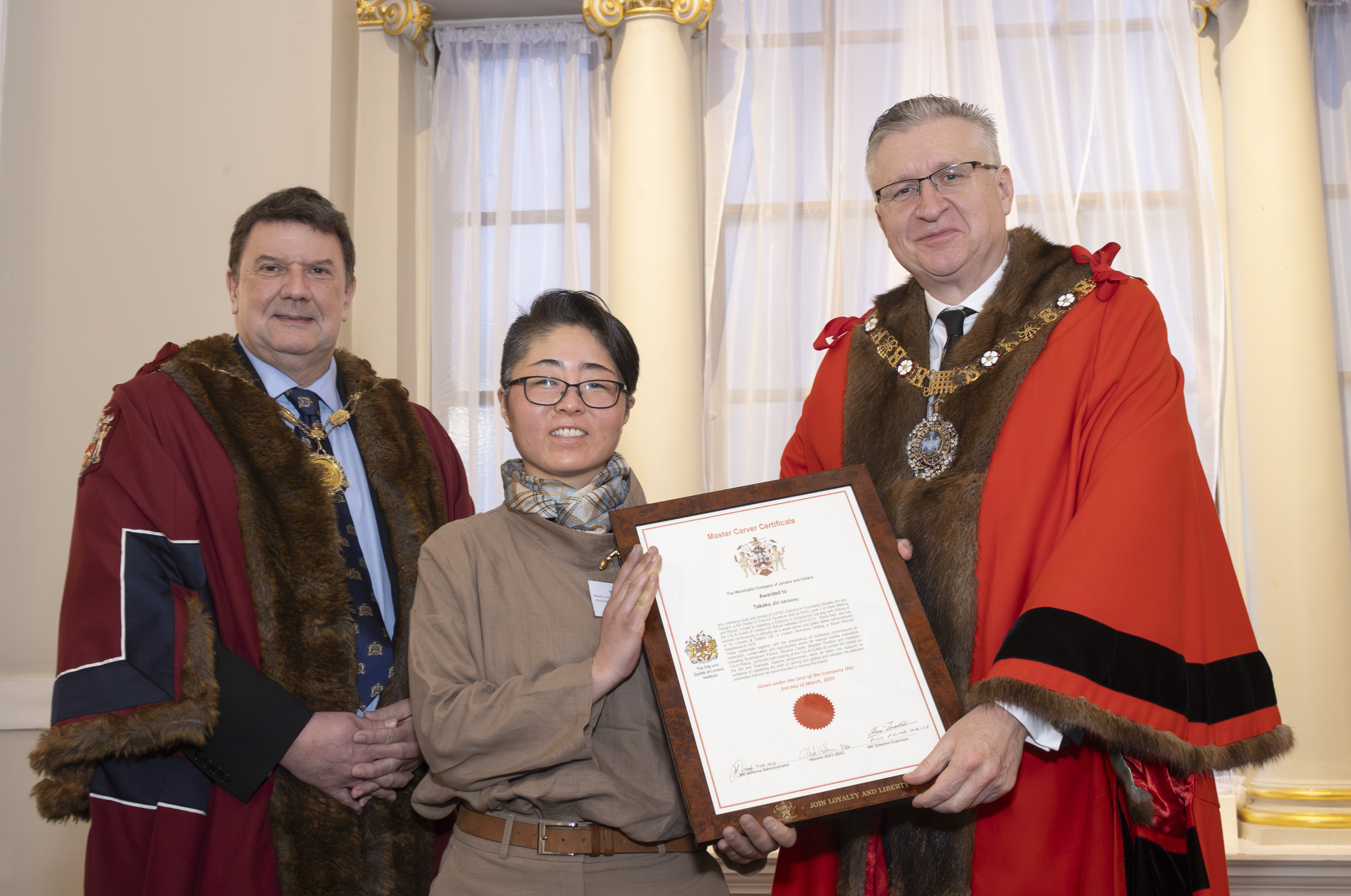 Takako Jin with the Rt. Hon. The Lord Mayor of the City of London and the Master of the Joiners and Ceilers Company
Takako Jin with the Rt. Hon. The Lord Mayor of the City of London and the Master of the Joiners and Ceilers Company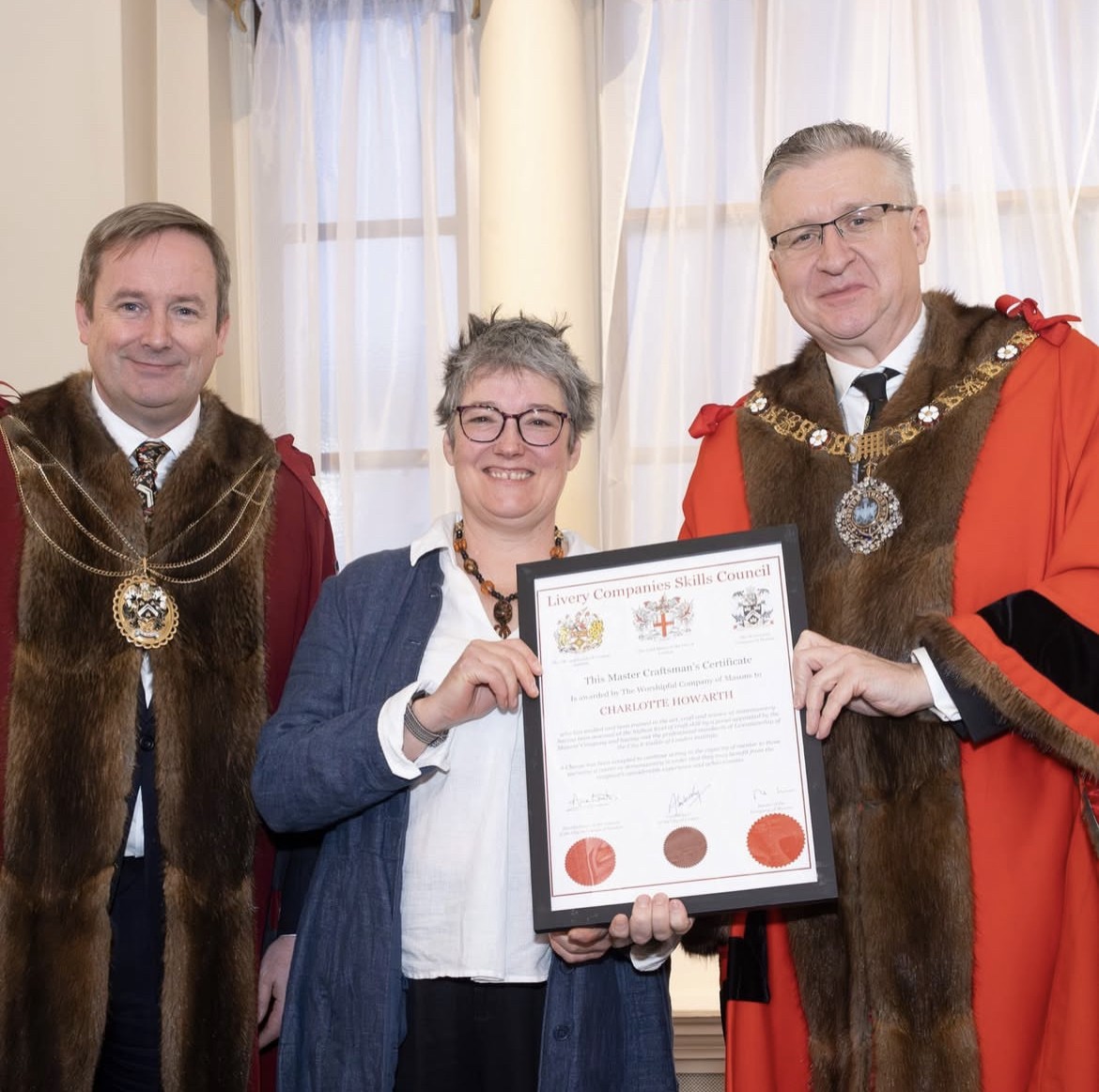 Charlotte Howarth with the Rt. Hon. The Lord Mayor of the City of London and the Master of the Masons Company
Charlotte Howarth with the Rt. Hon. The Lord Mayor of the City of London and the Master of the Masons Company The Award Recipients from The Worshipful Company of Joiners & Ceilers
The Award Recipients from The Worshipful Company of Joiners & Ceilers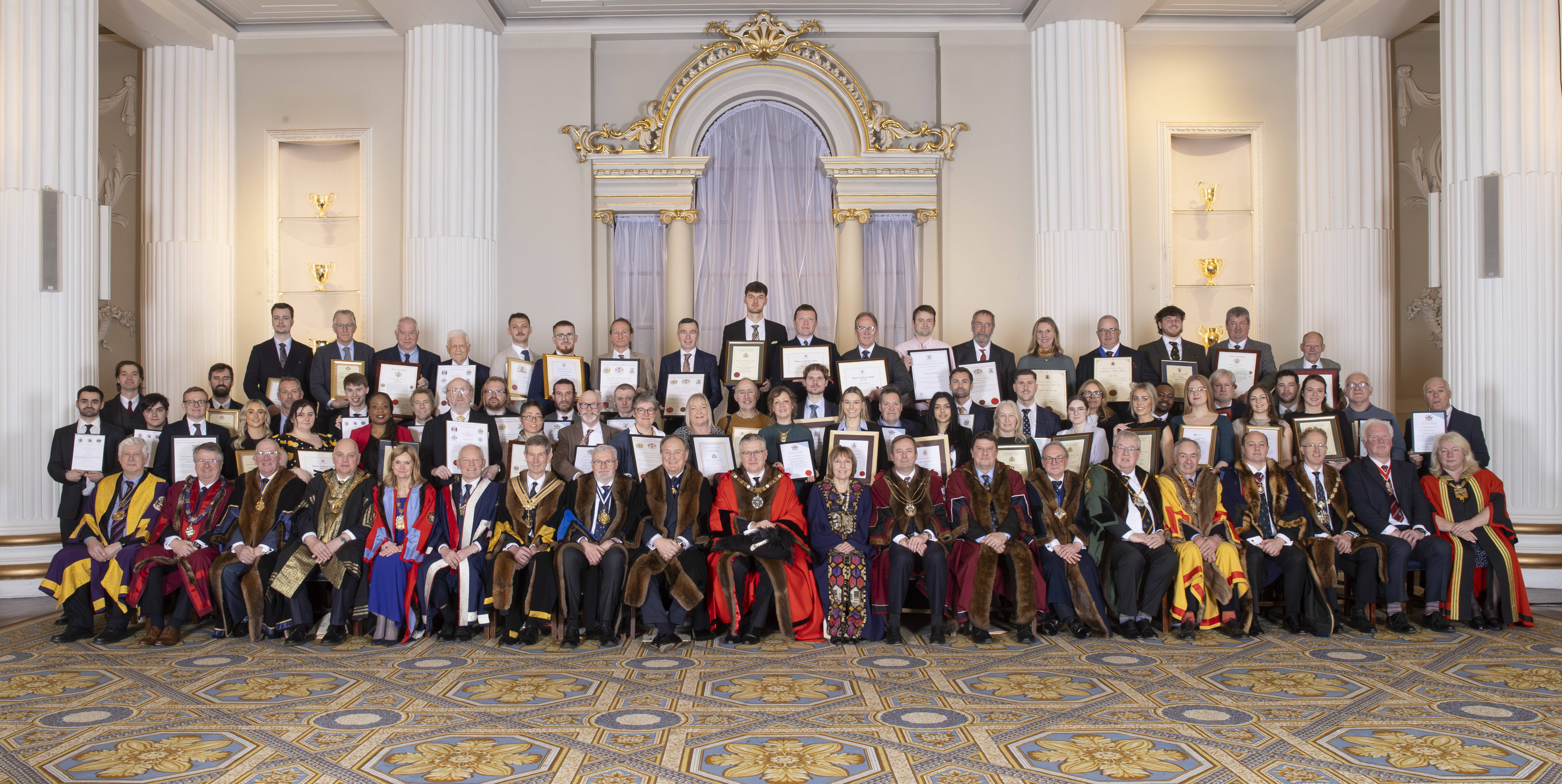 Attendees and Prize Winners at the ceremony, held at Mansion House
Attendees and Prize Winners at the ceremony, held at Mansion House


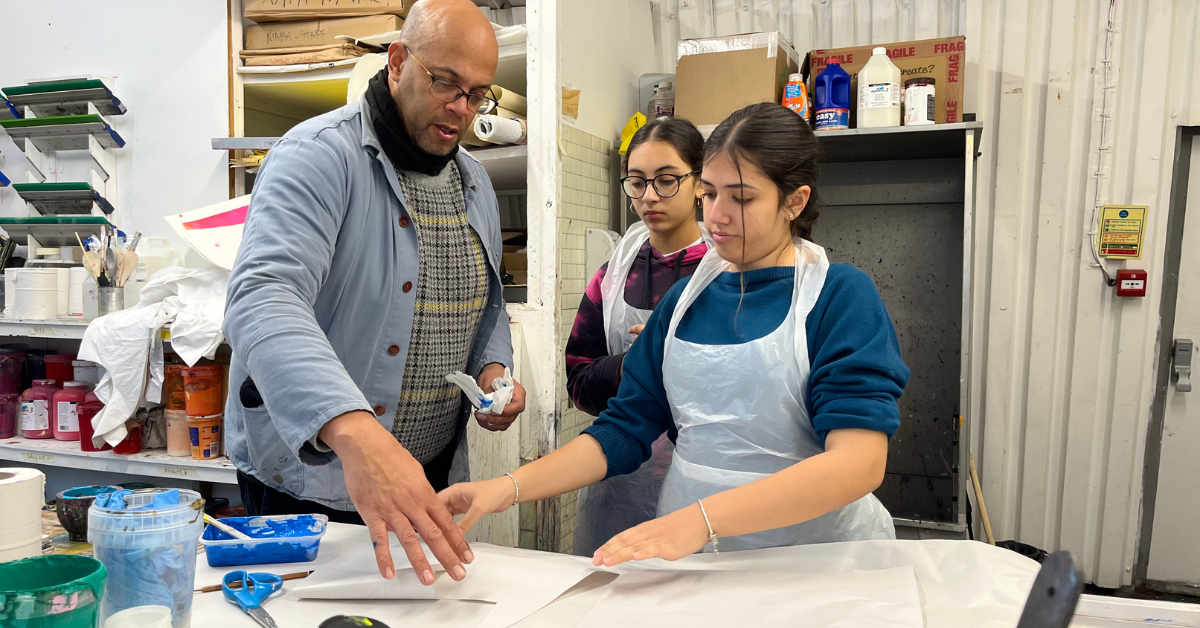
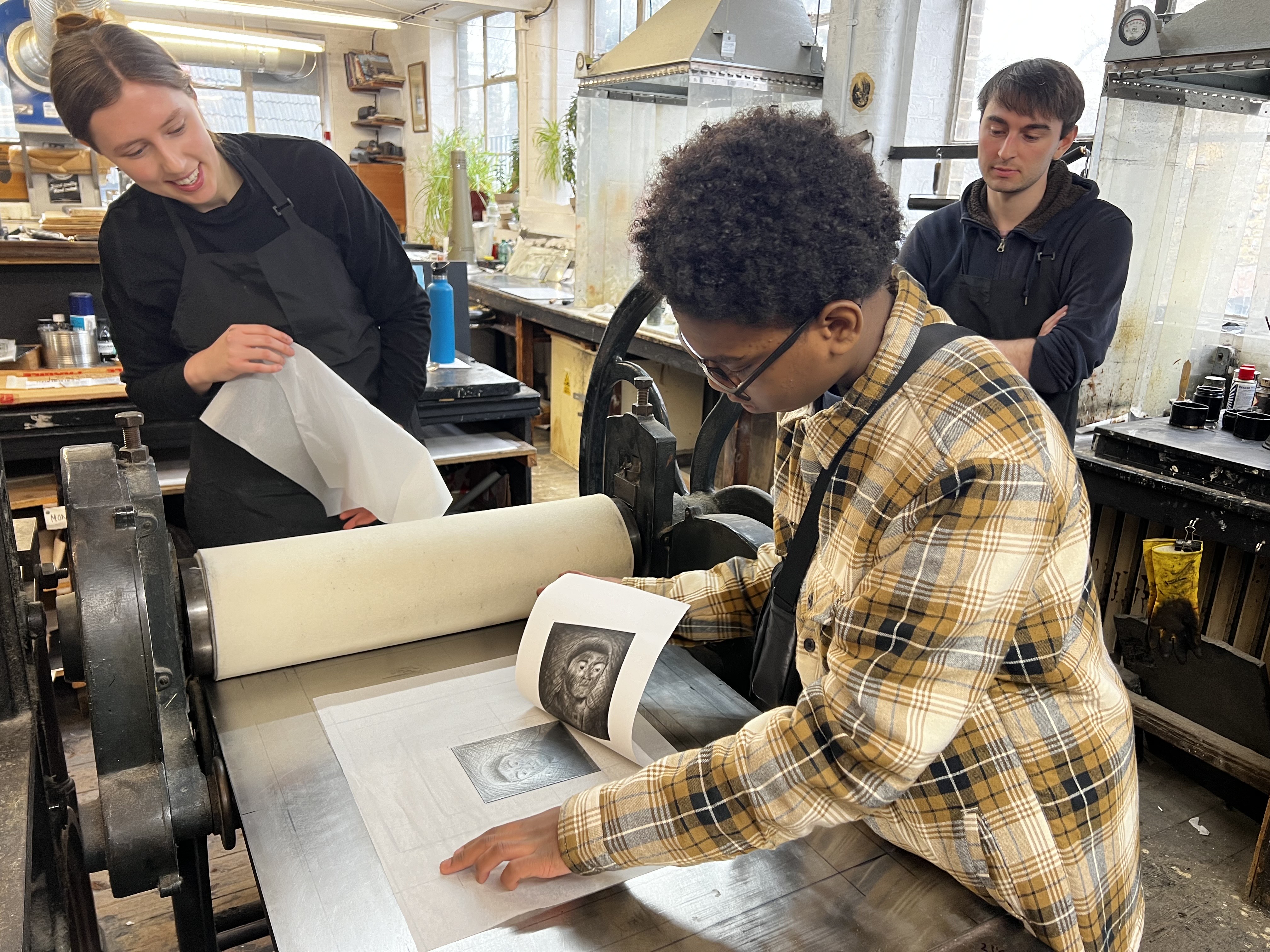
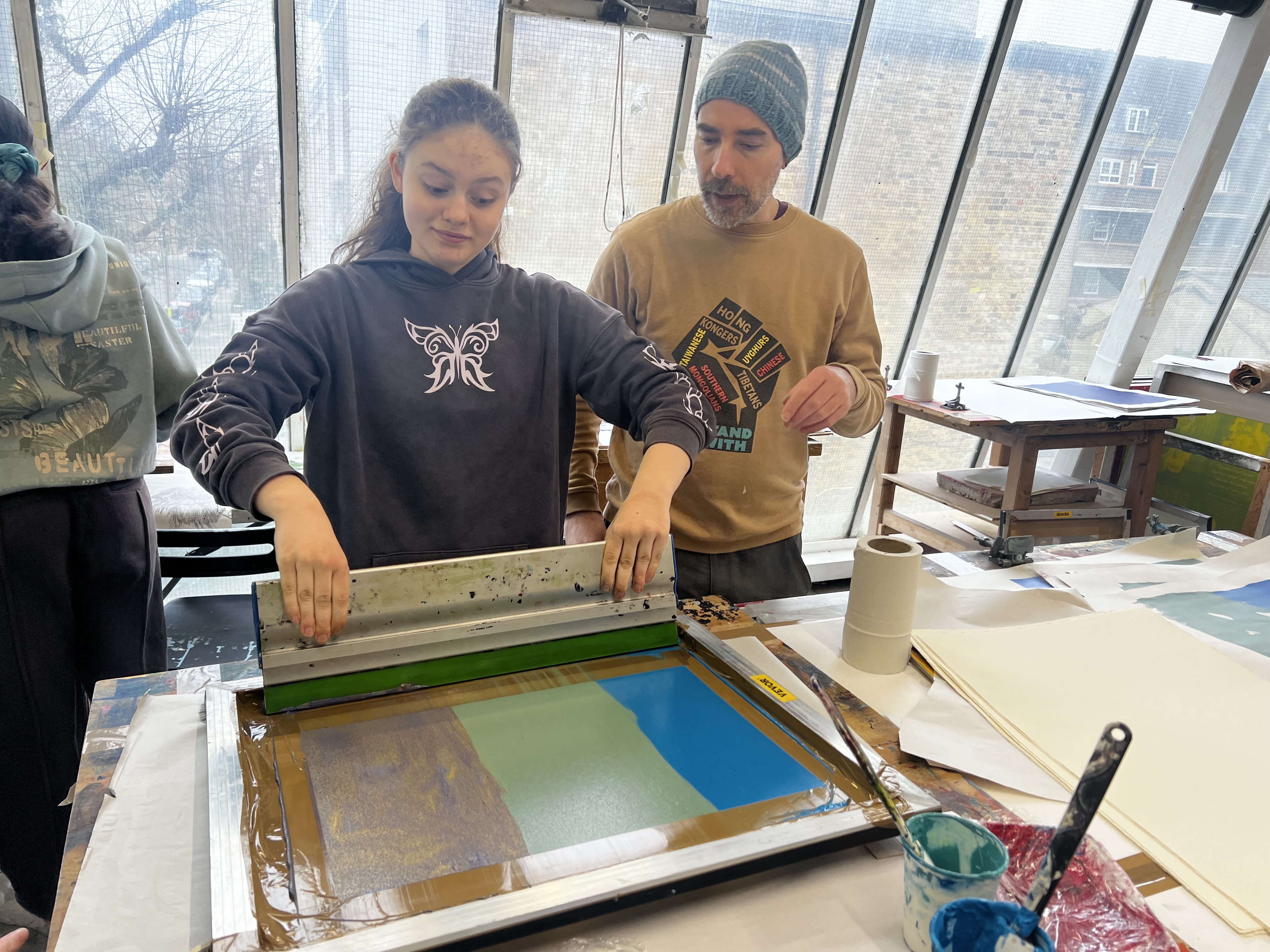
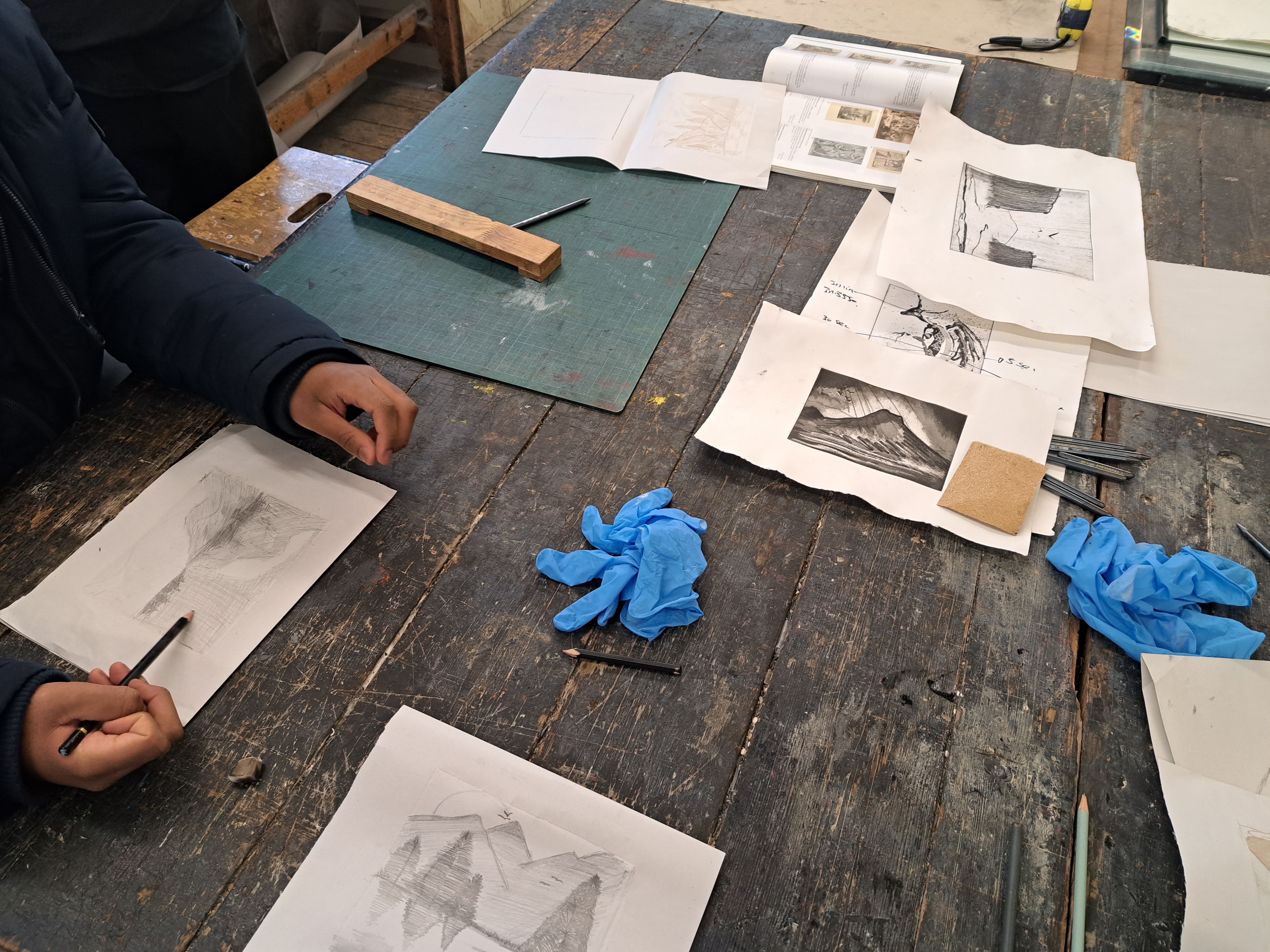

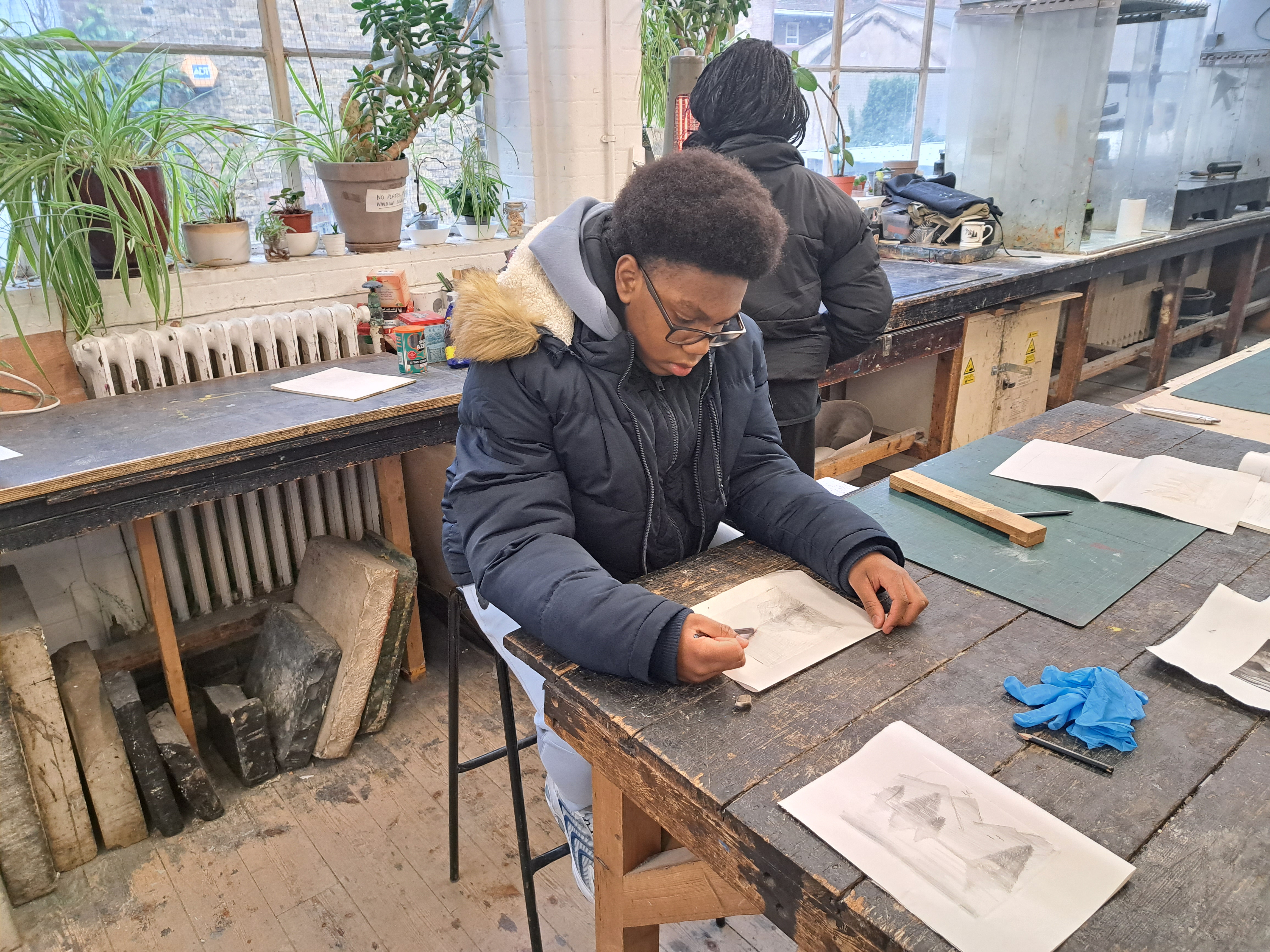
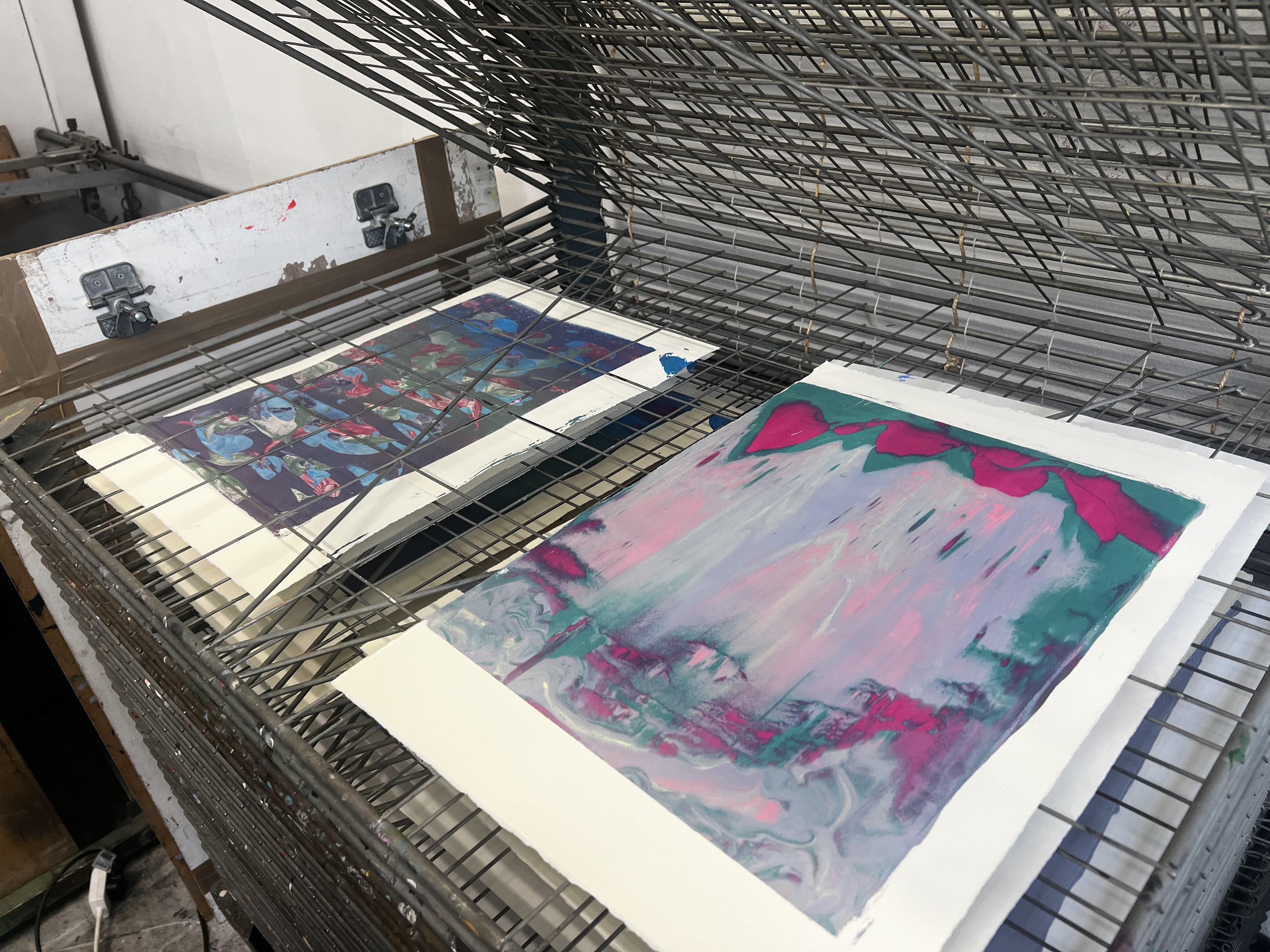
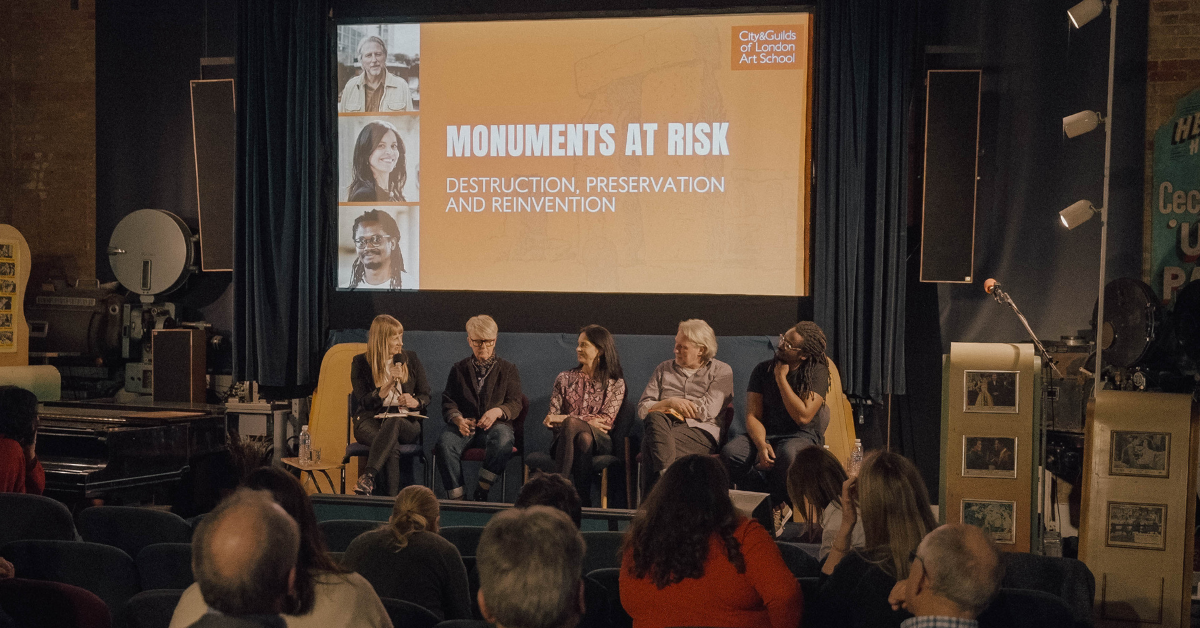
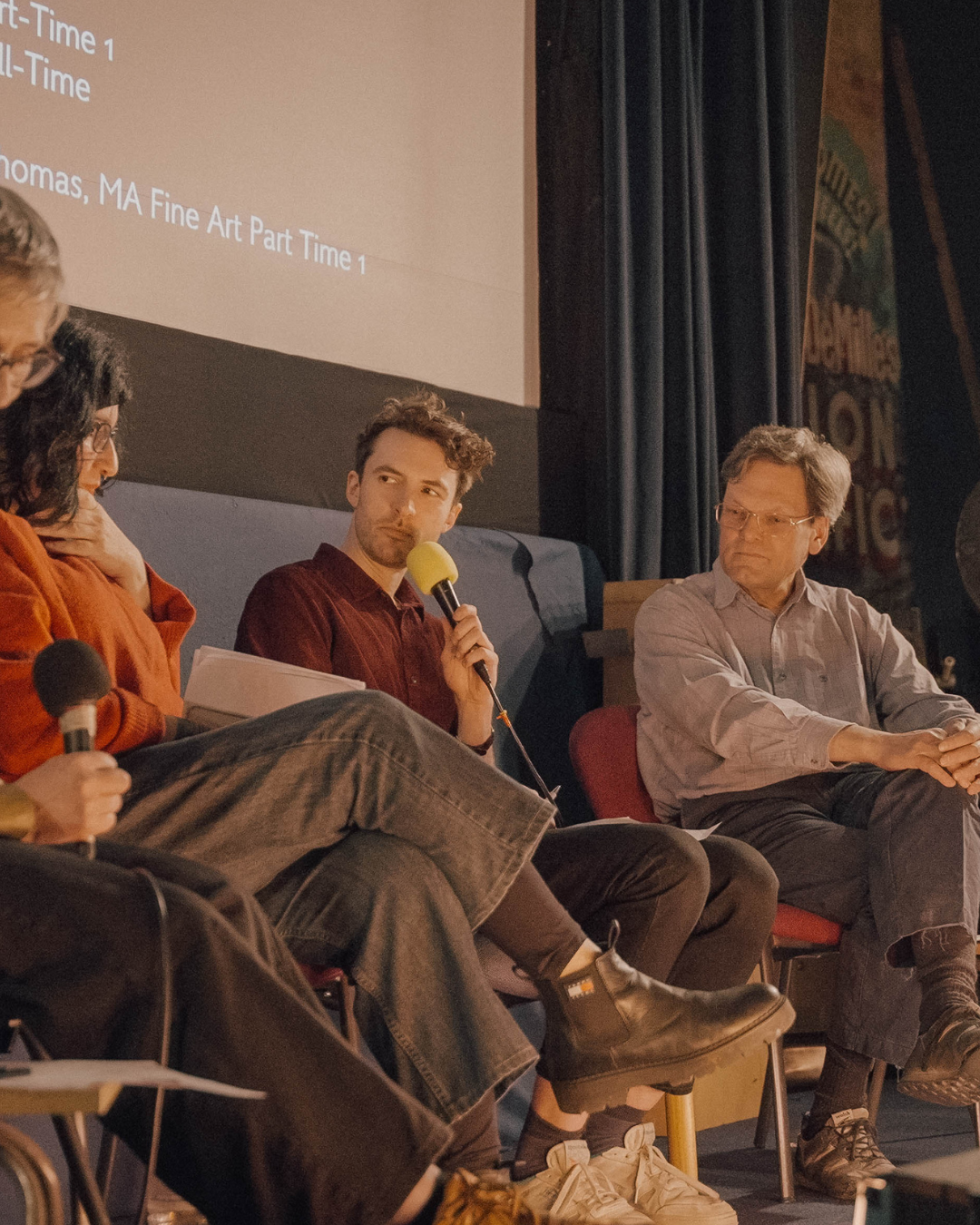
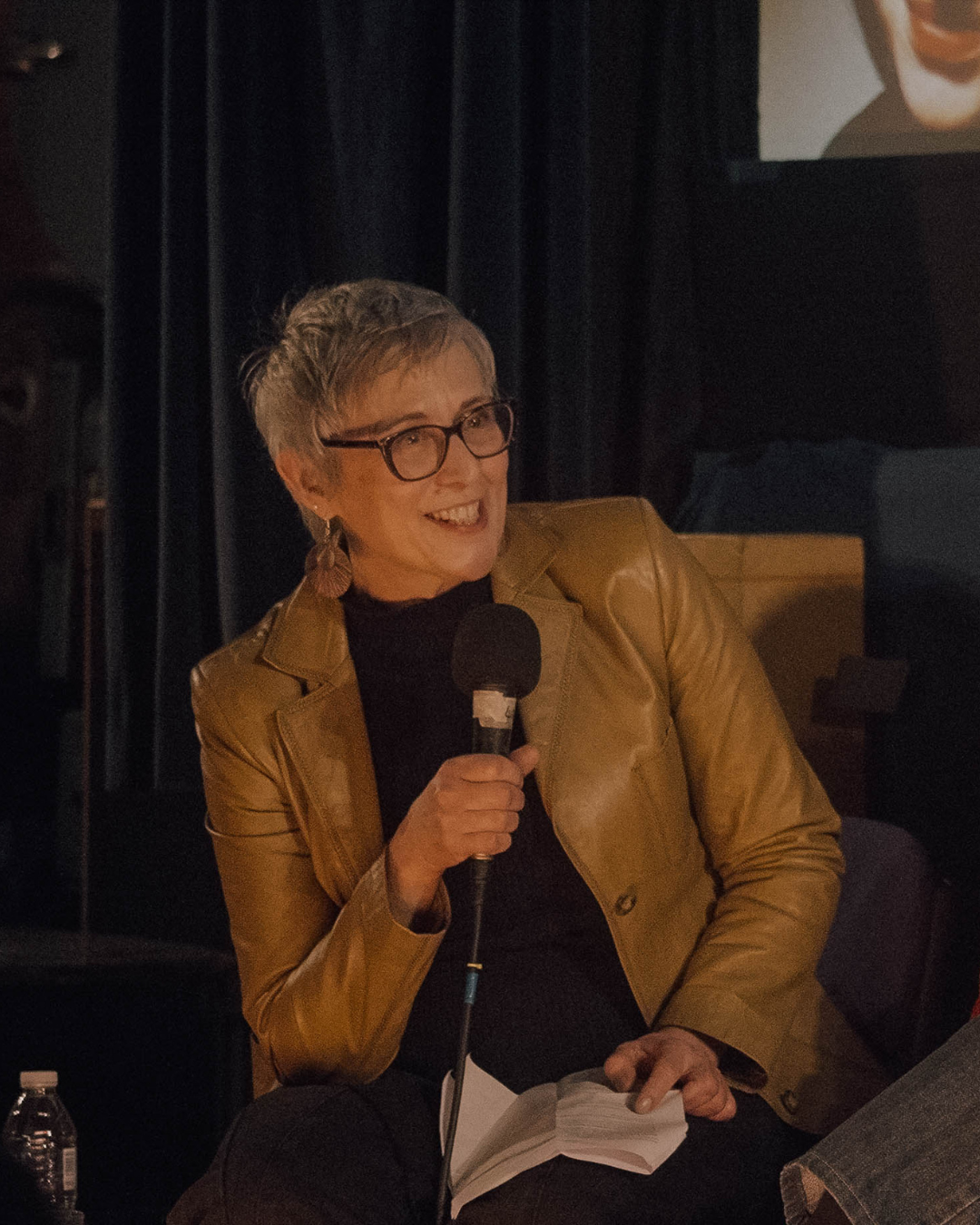
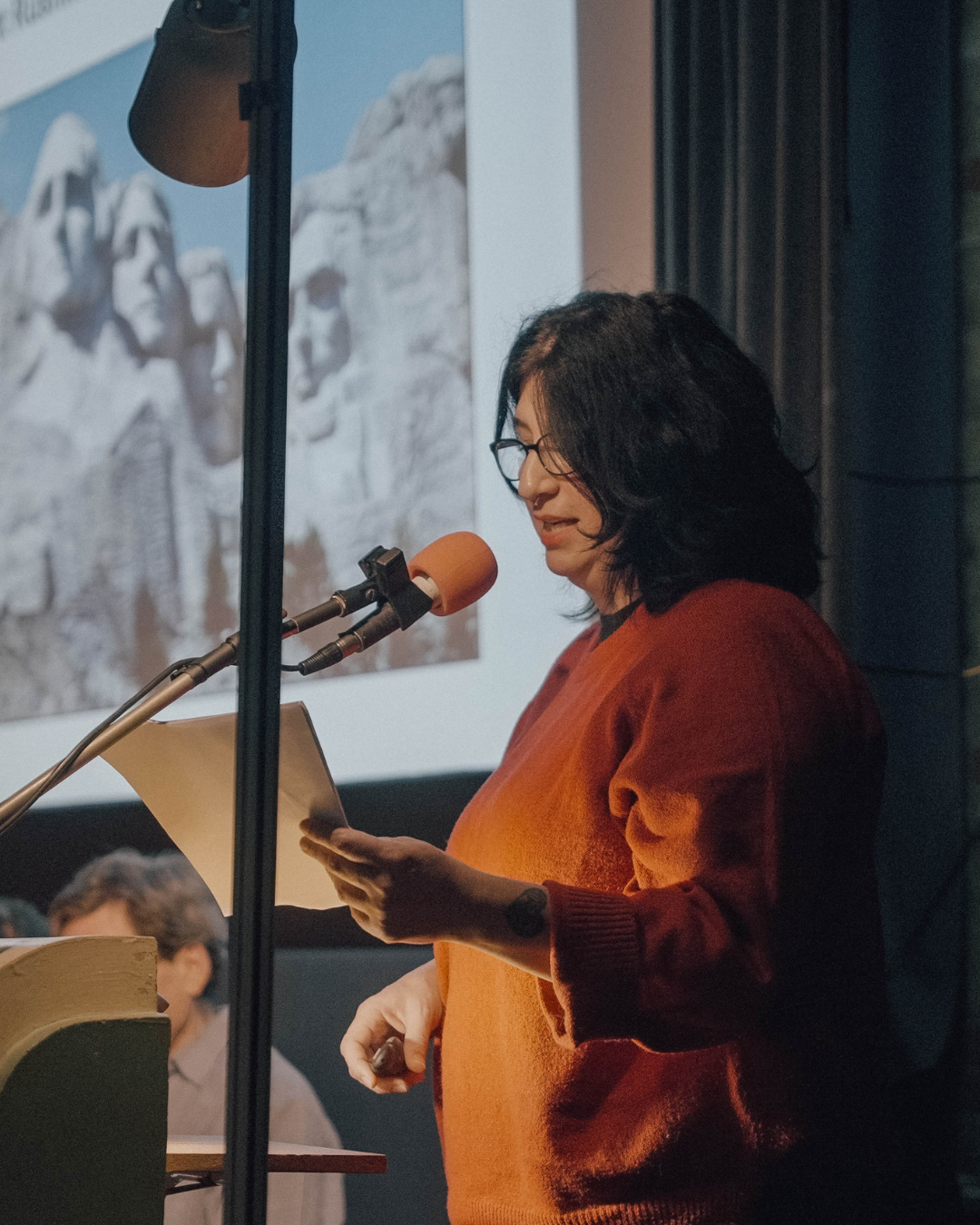
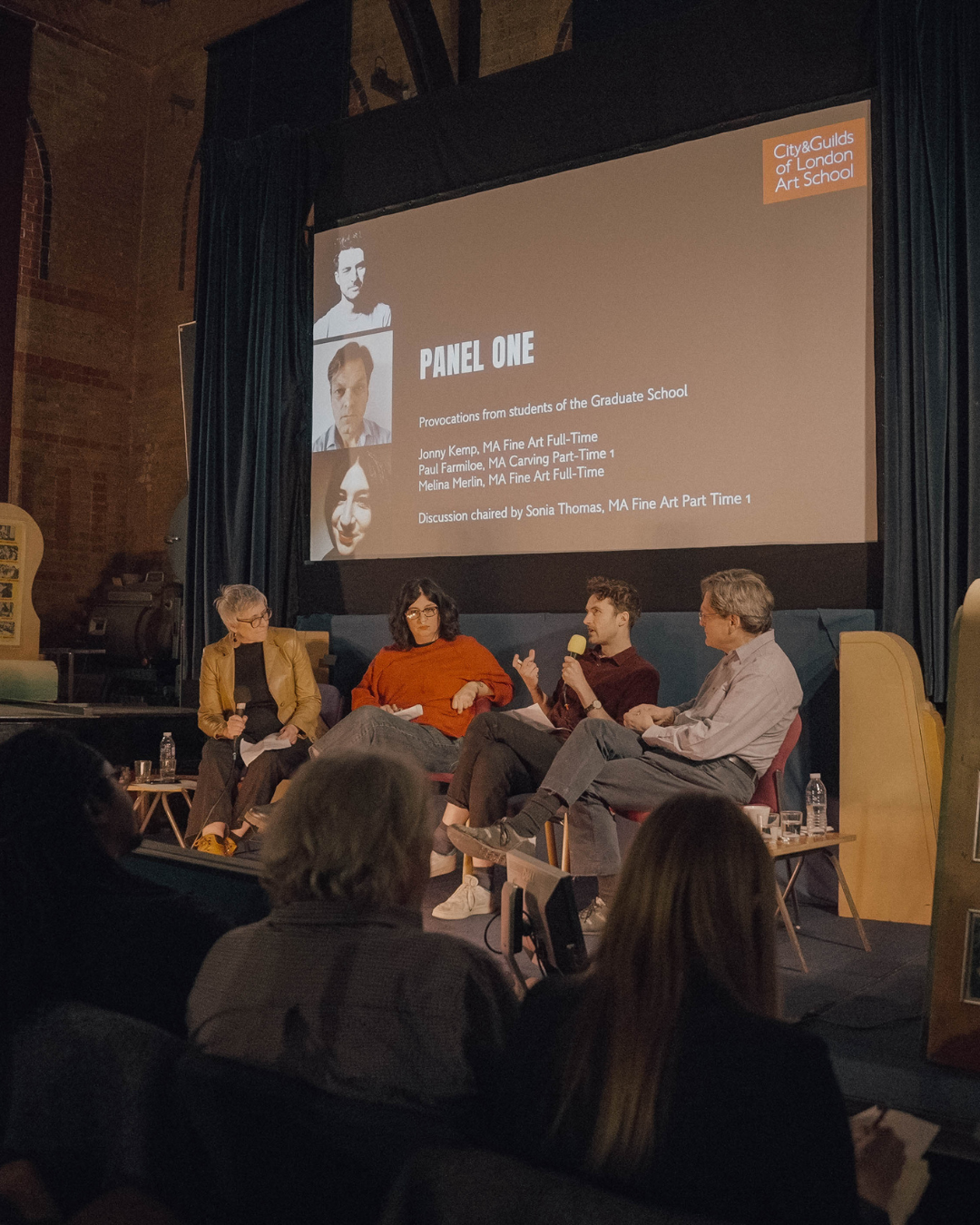


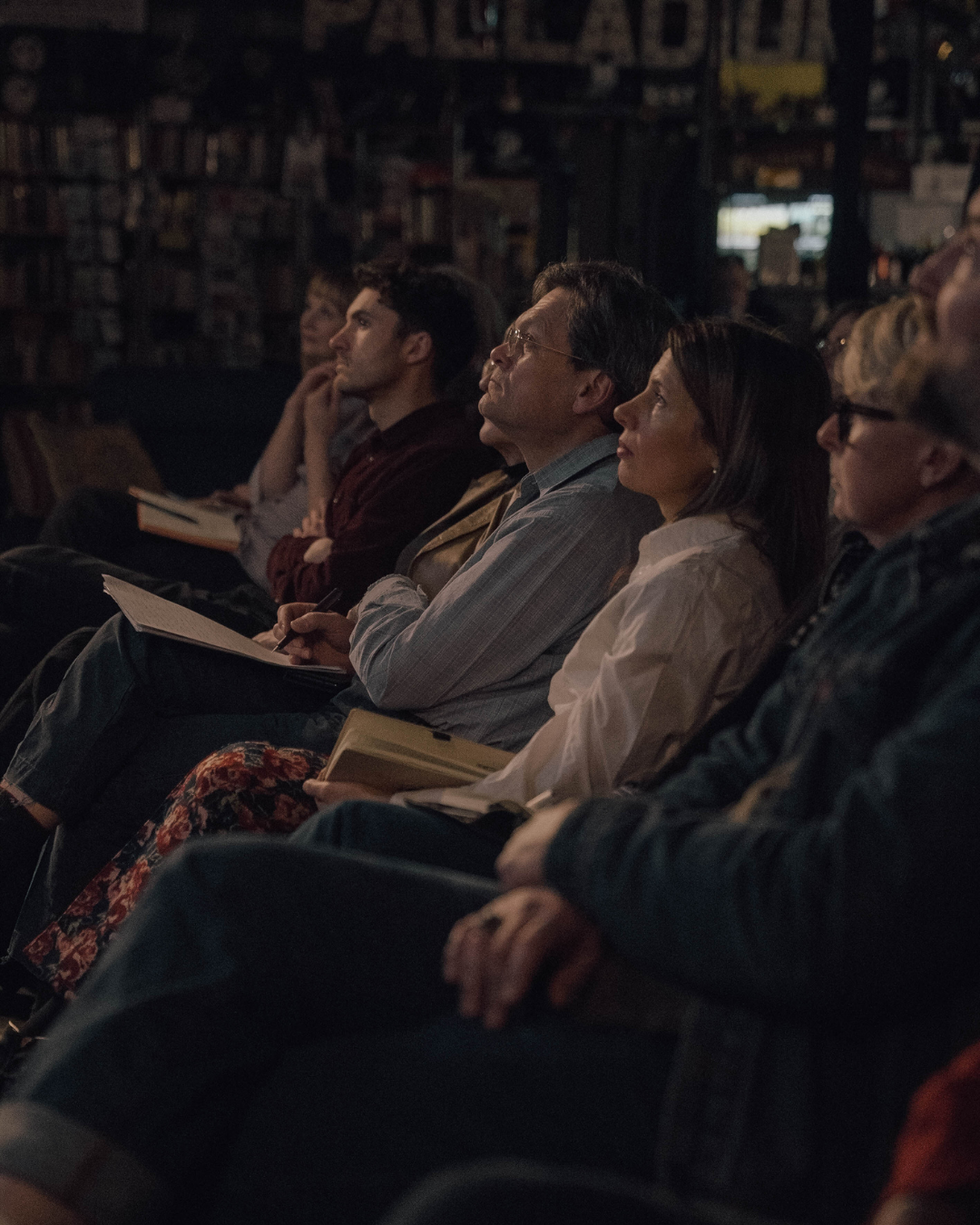
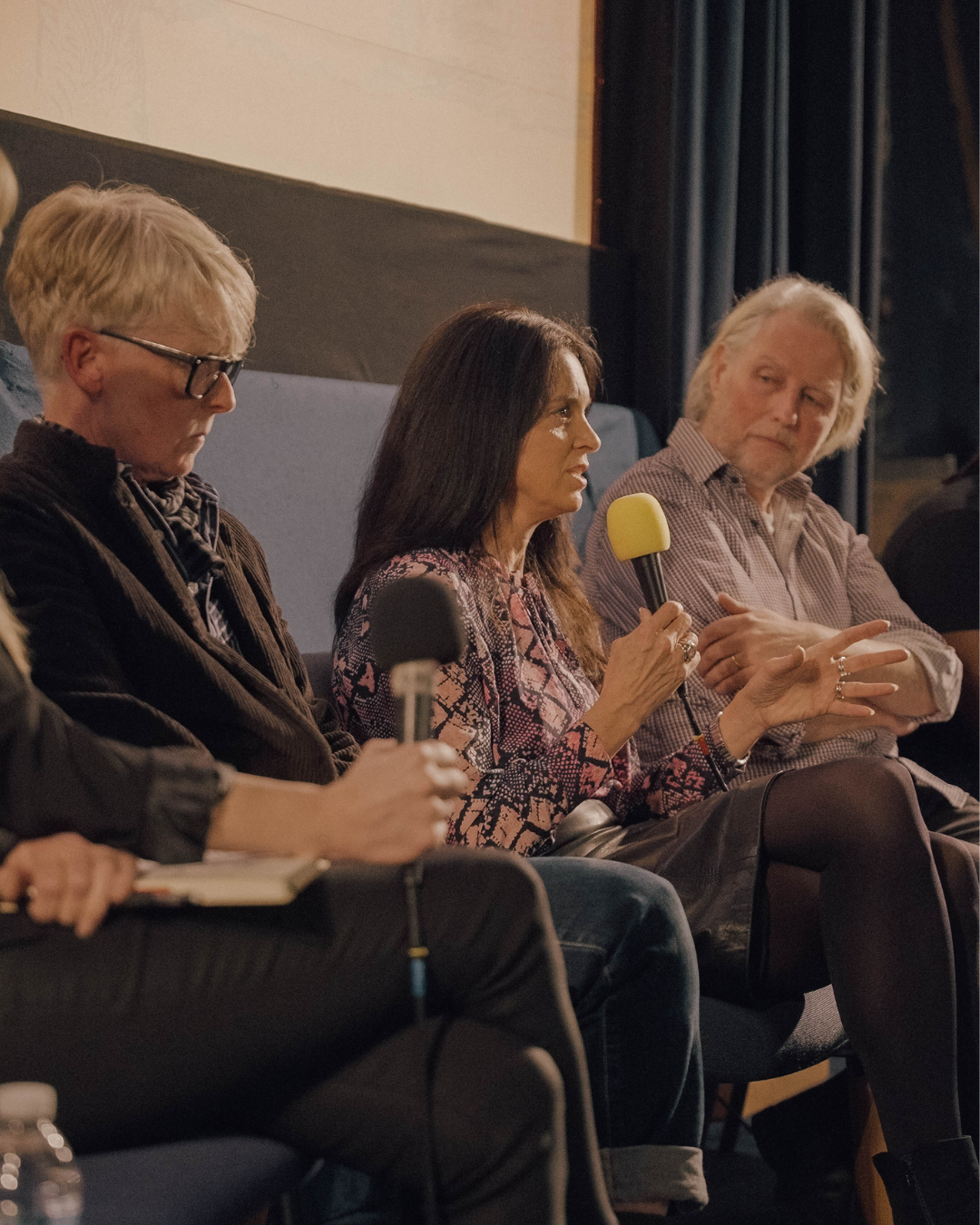

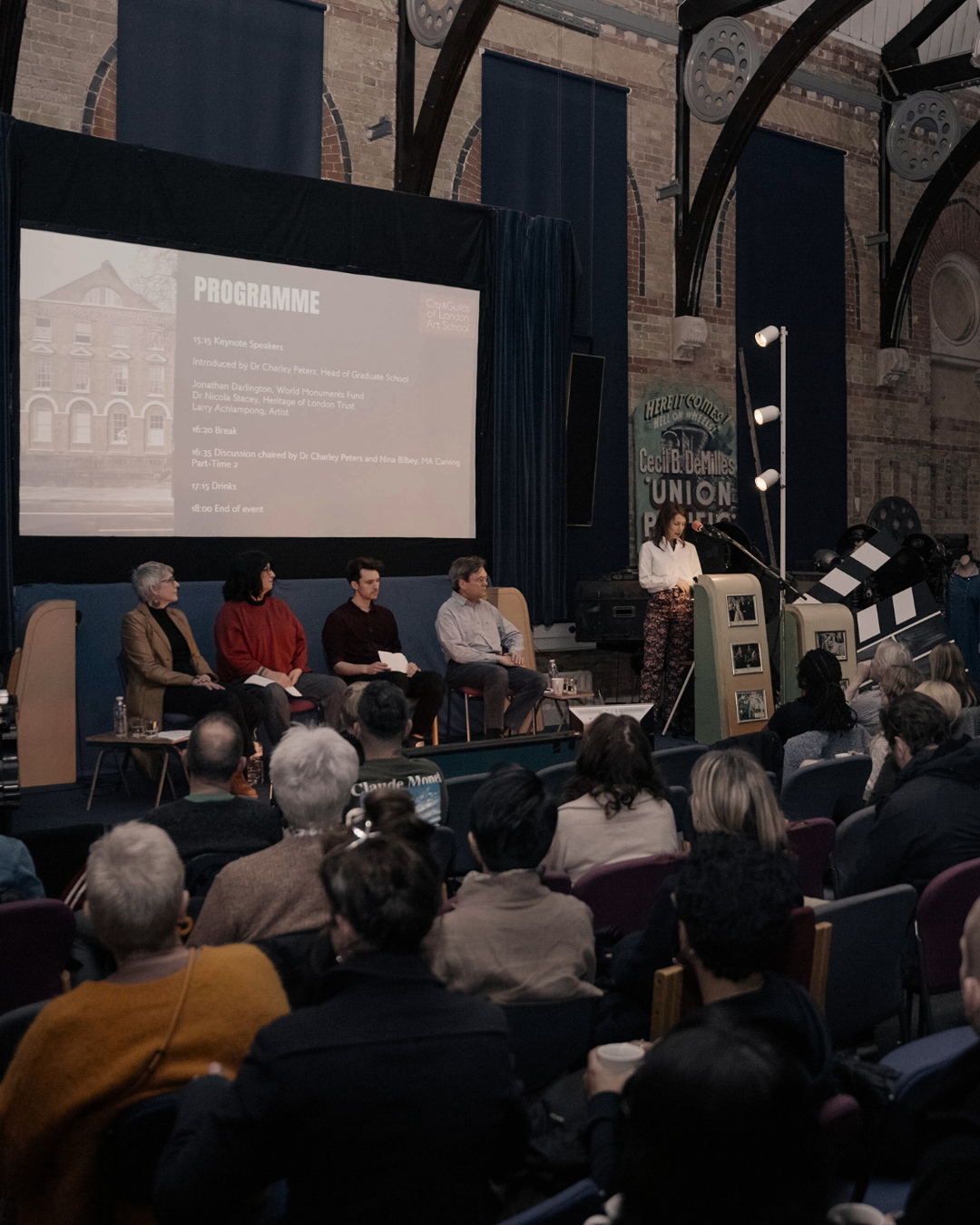



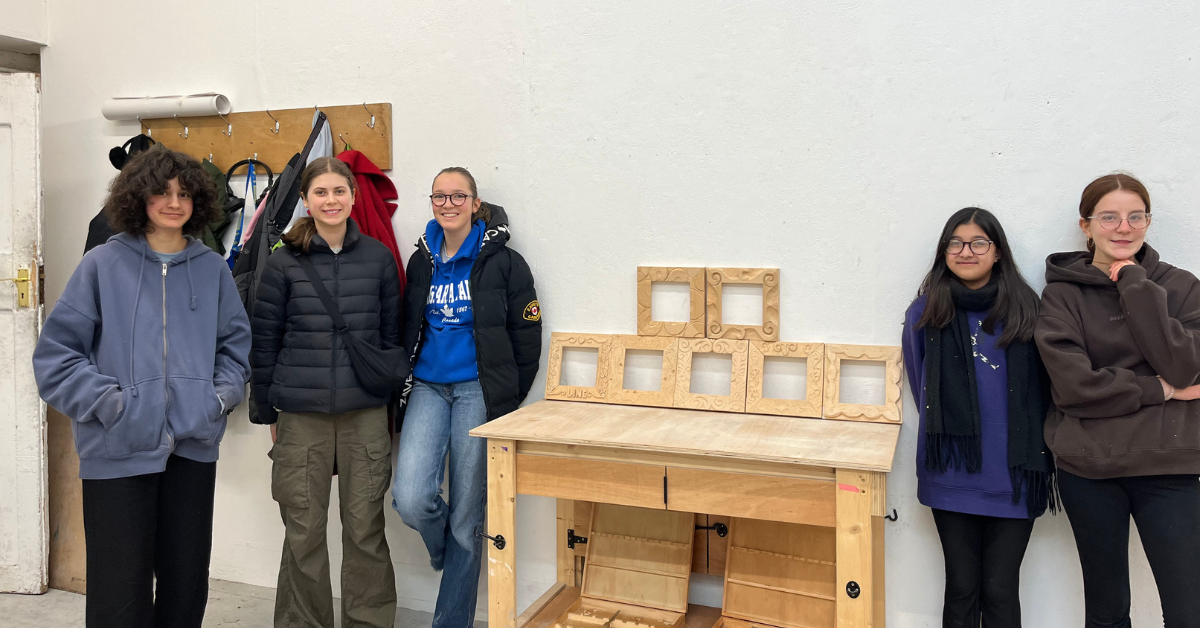
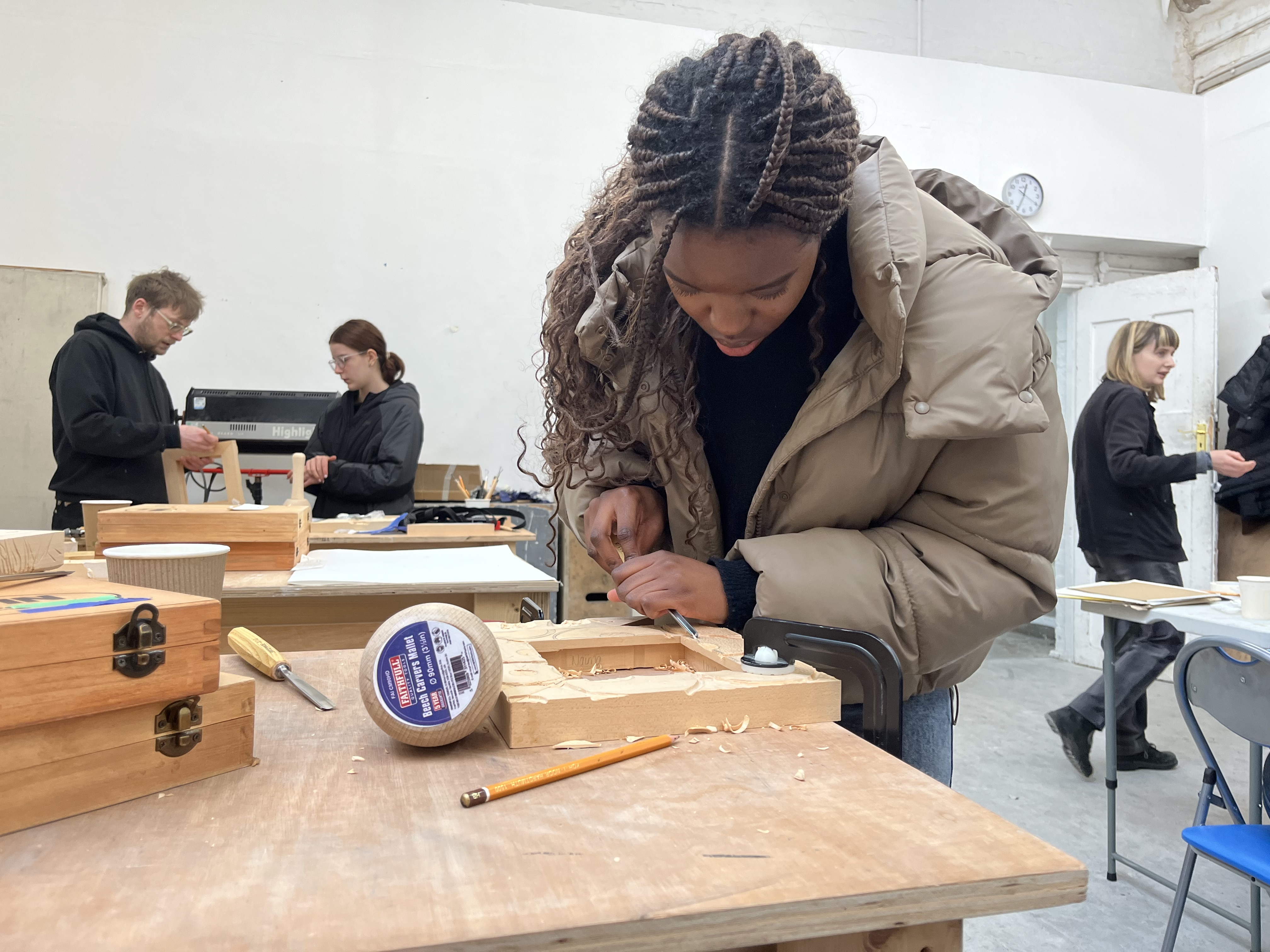
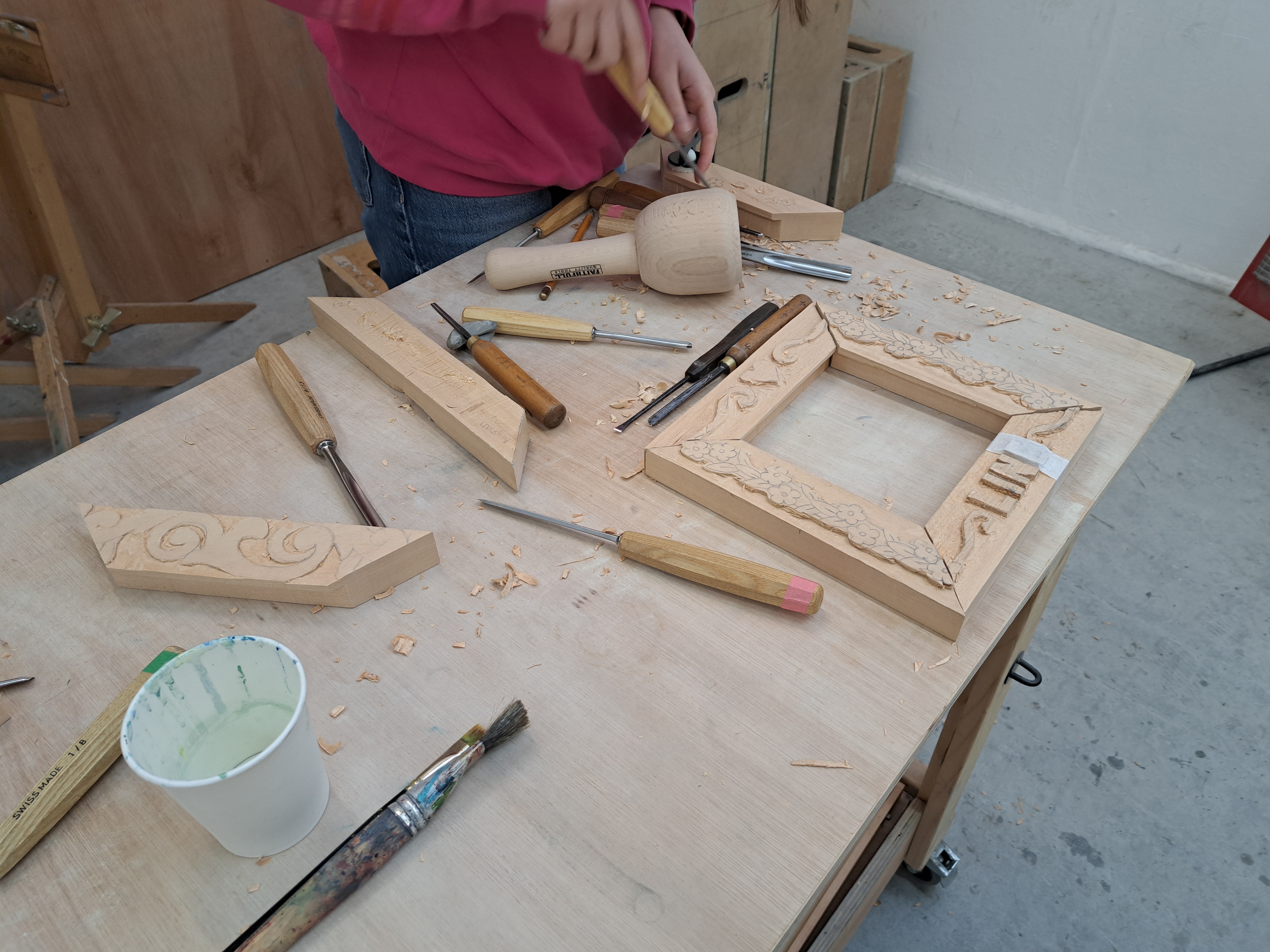
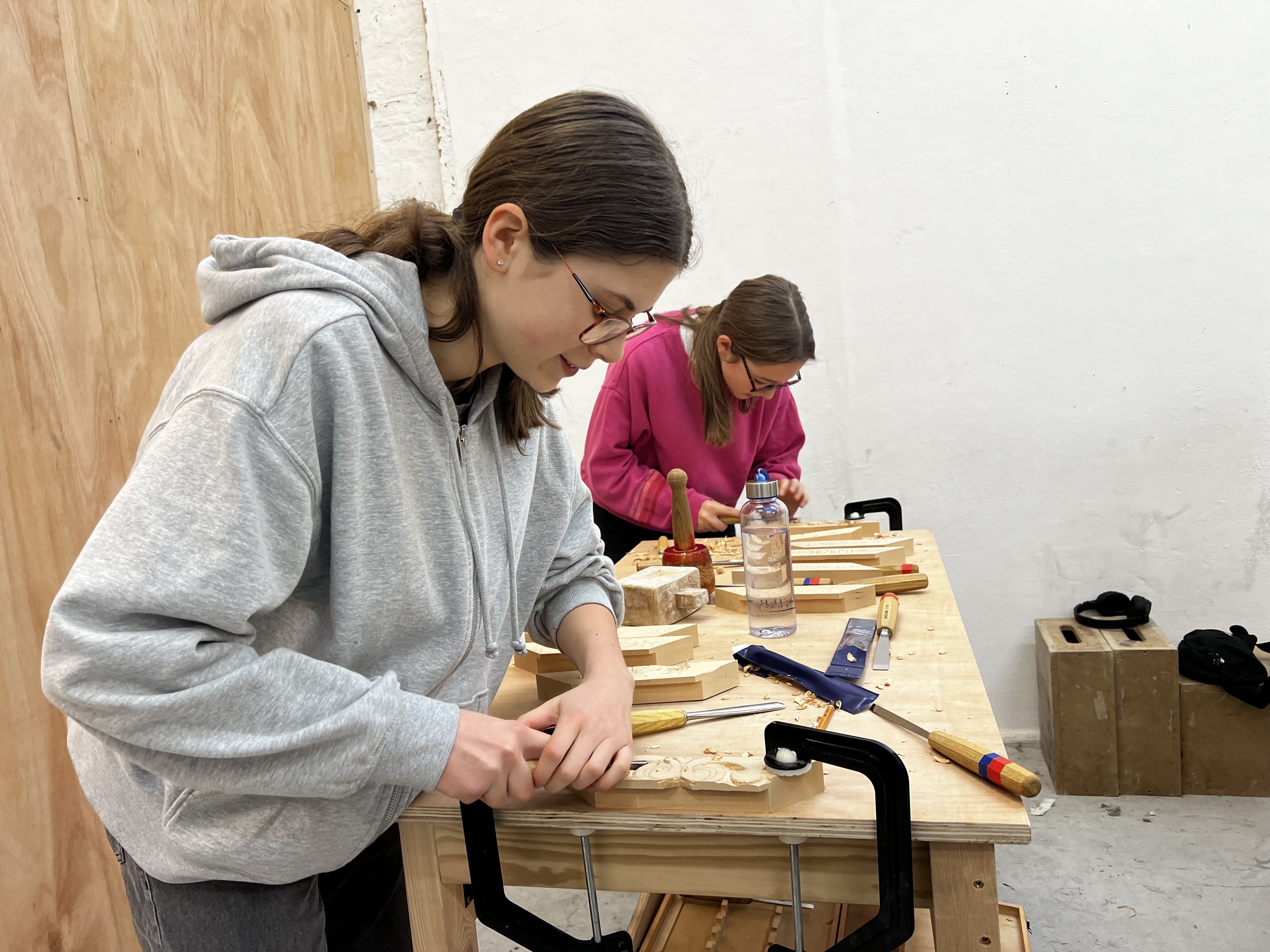
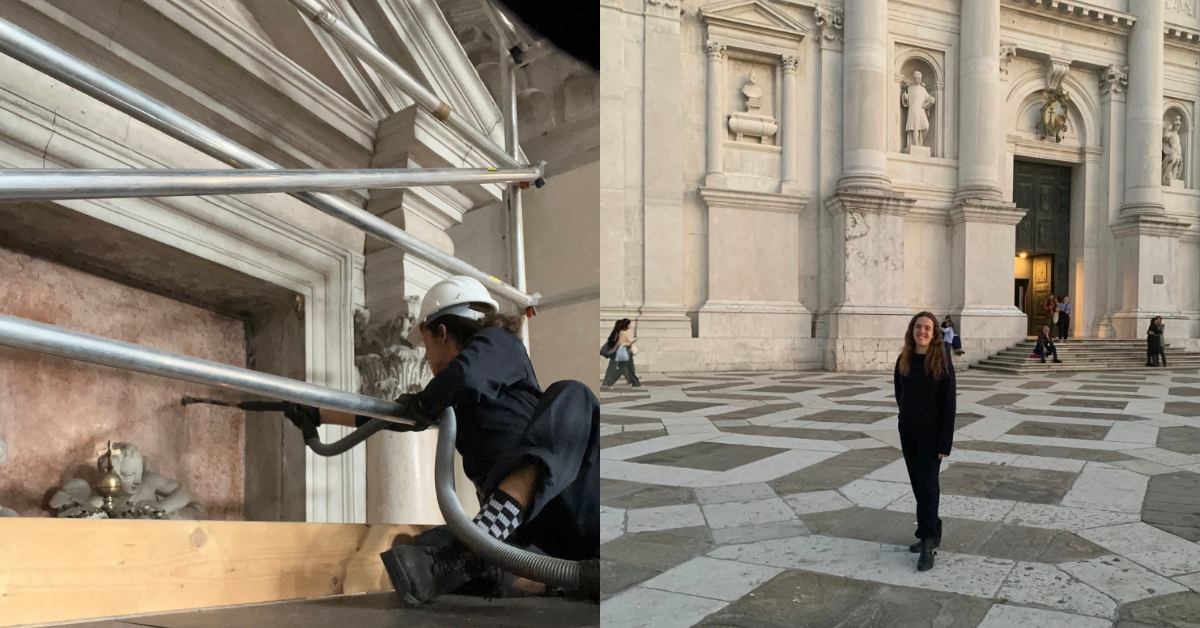
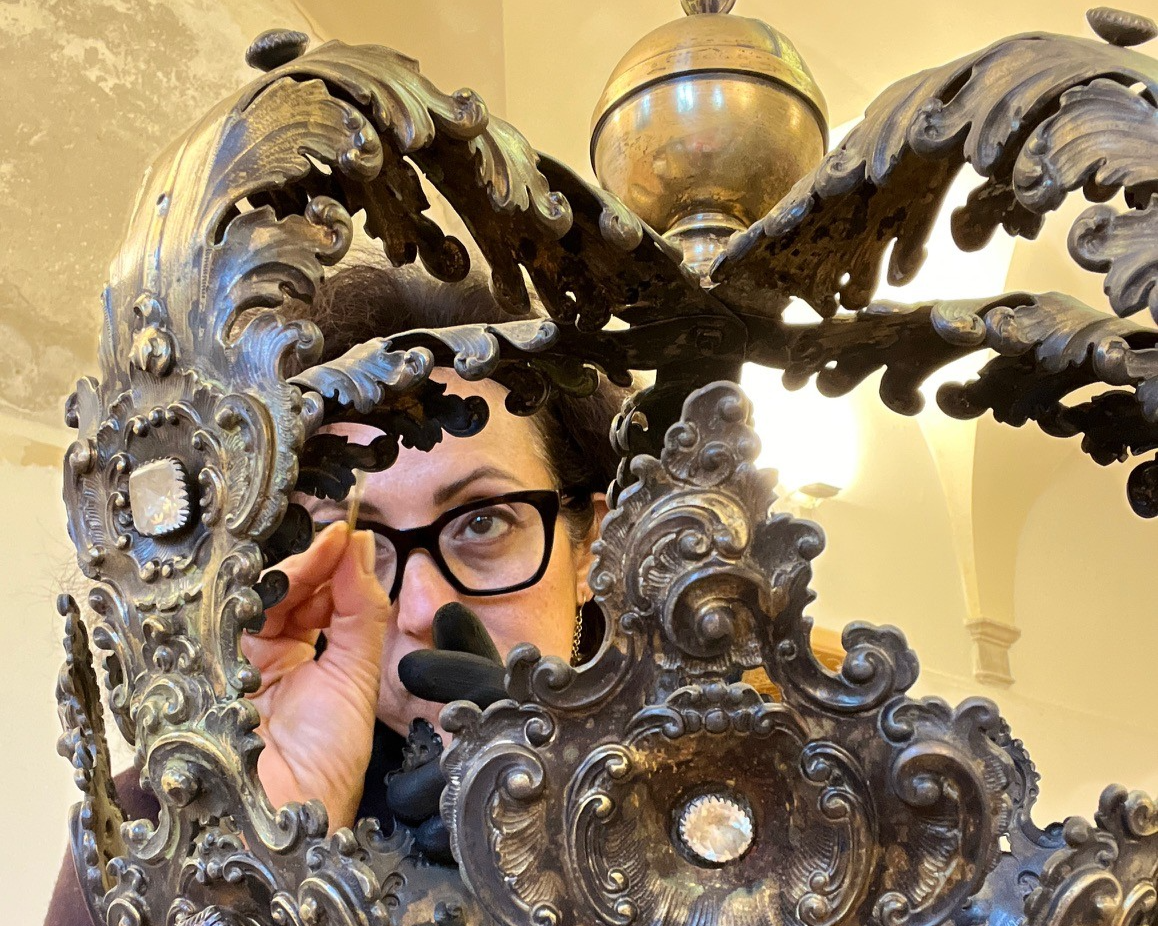
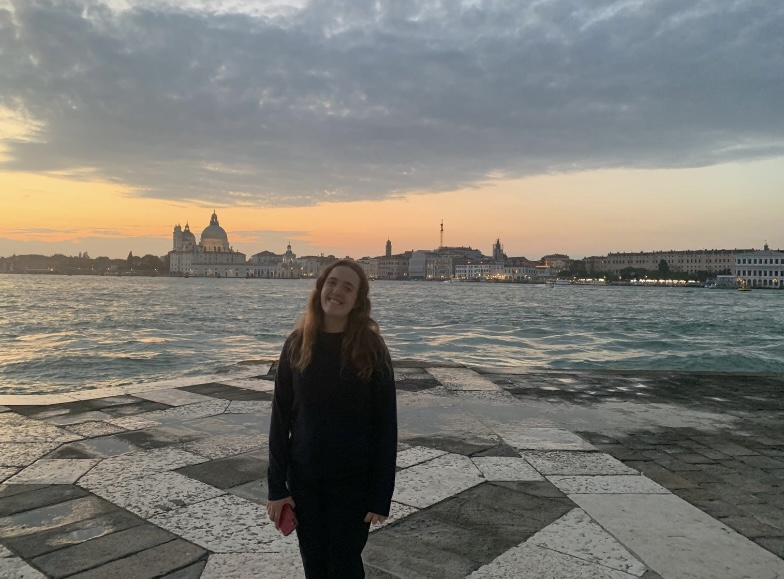
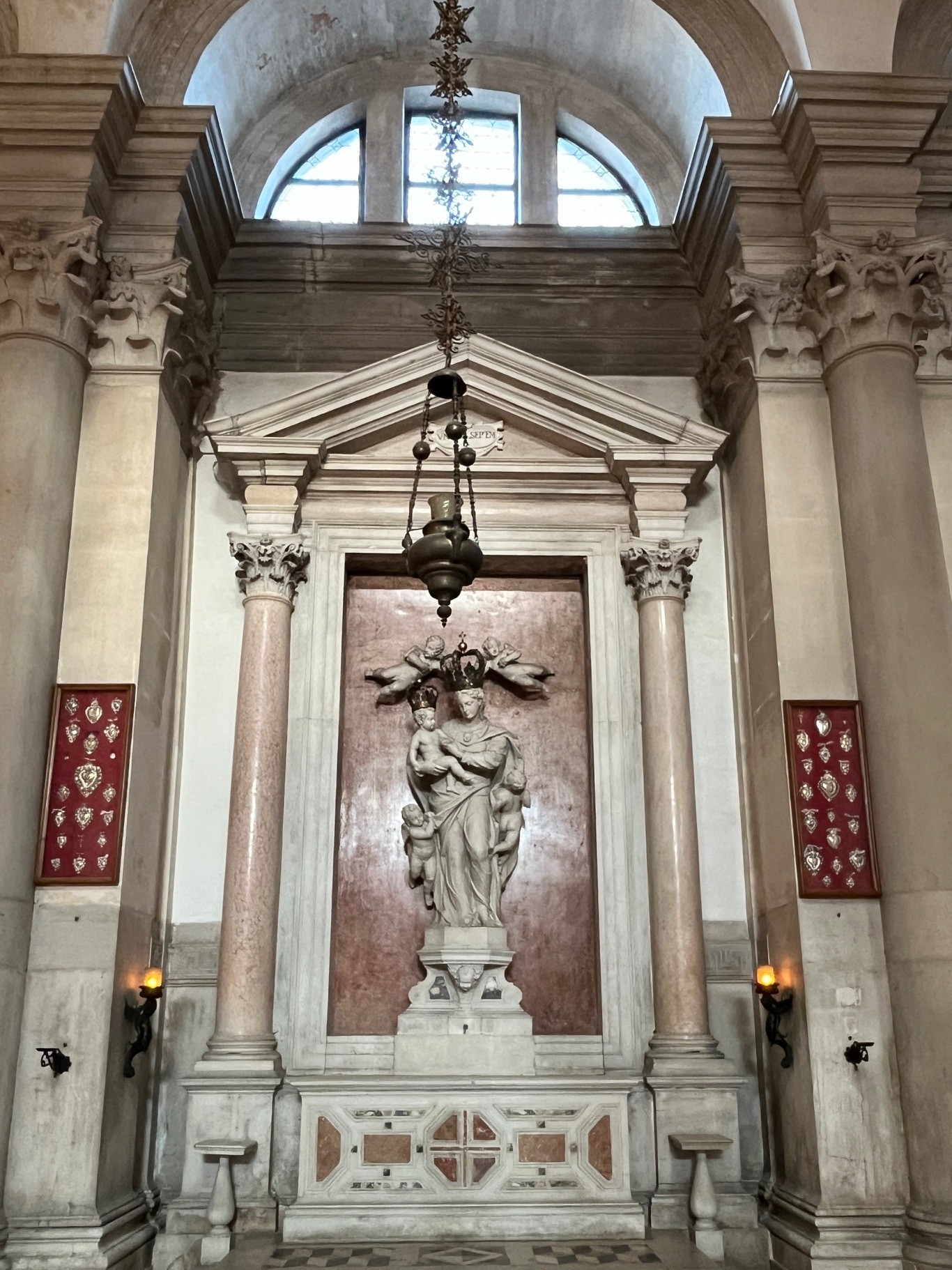
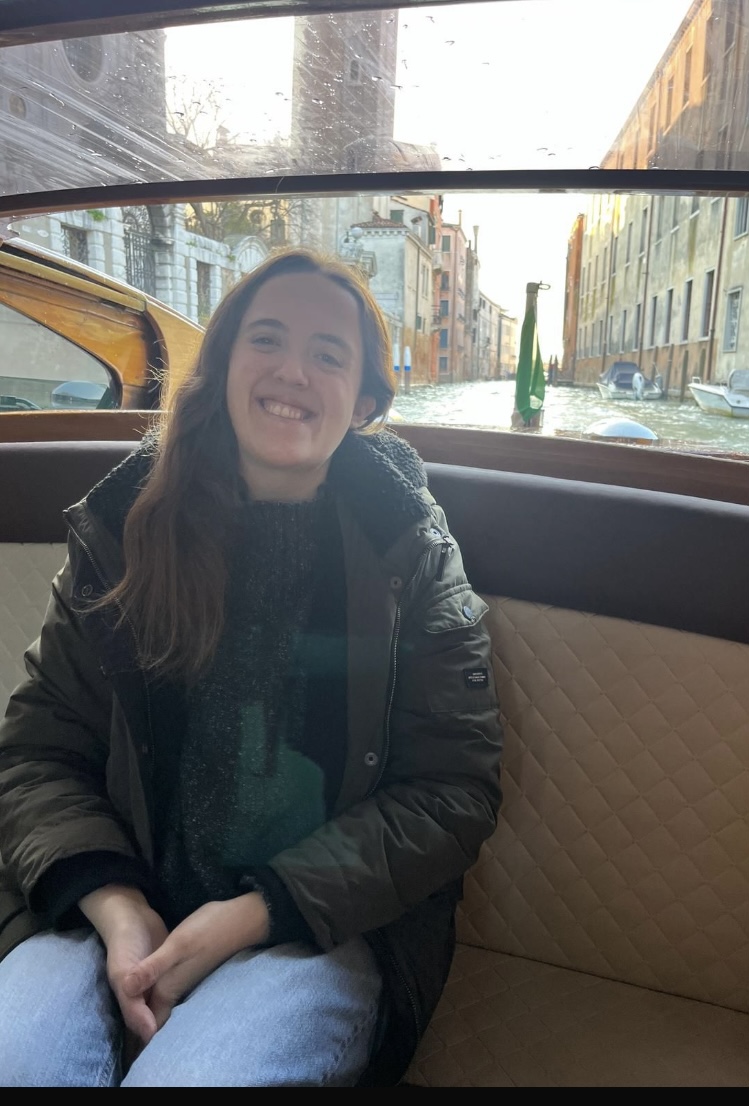
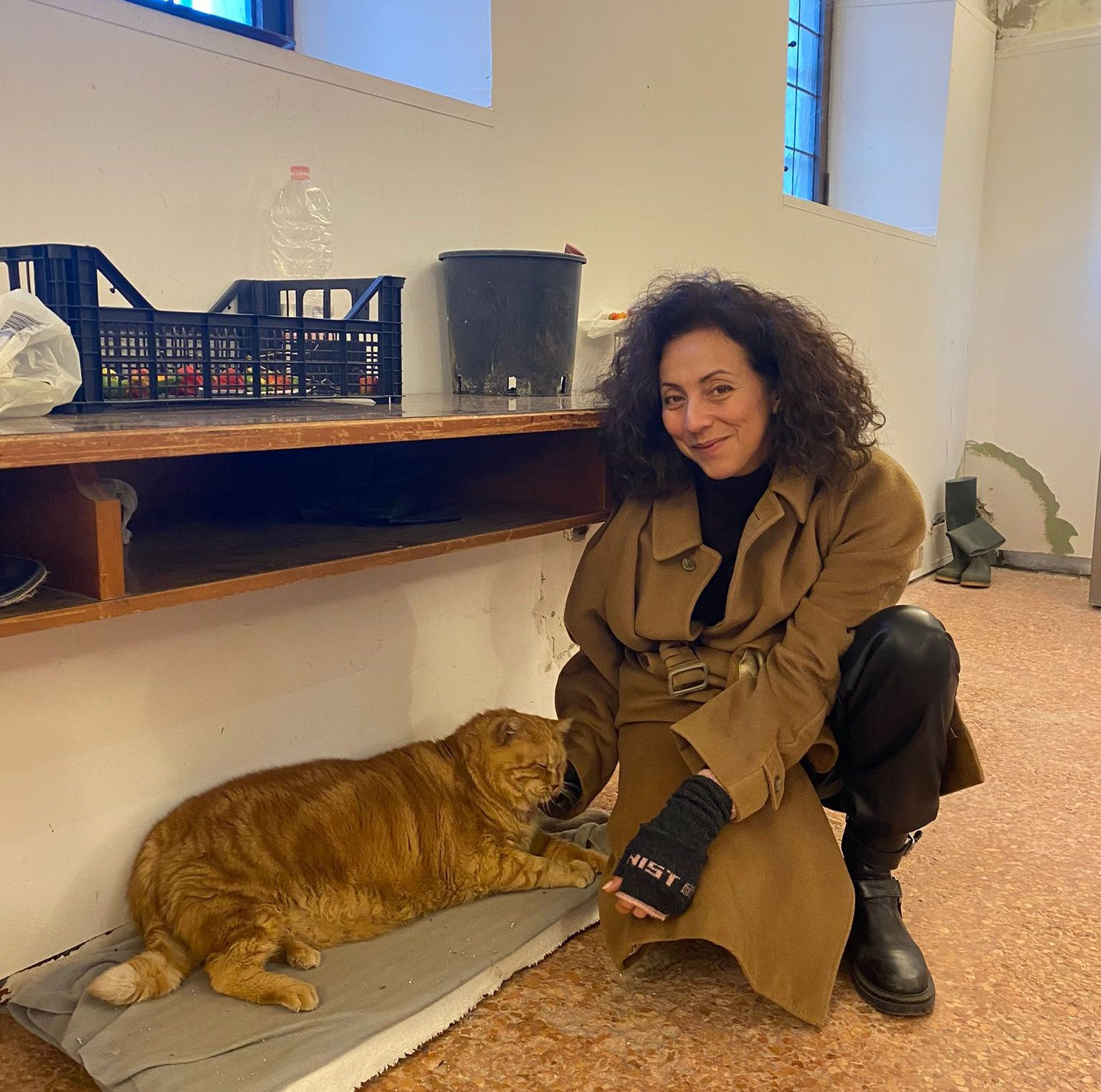
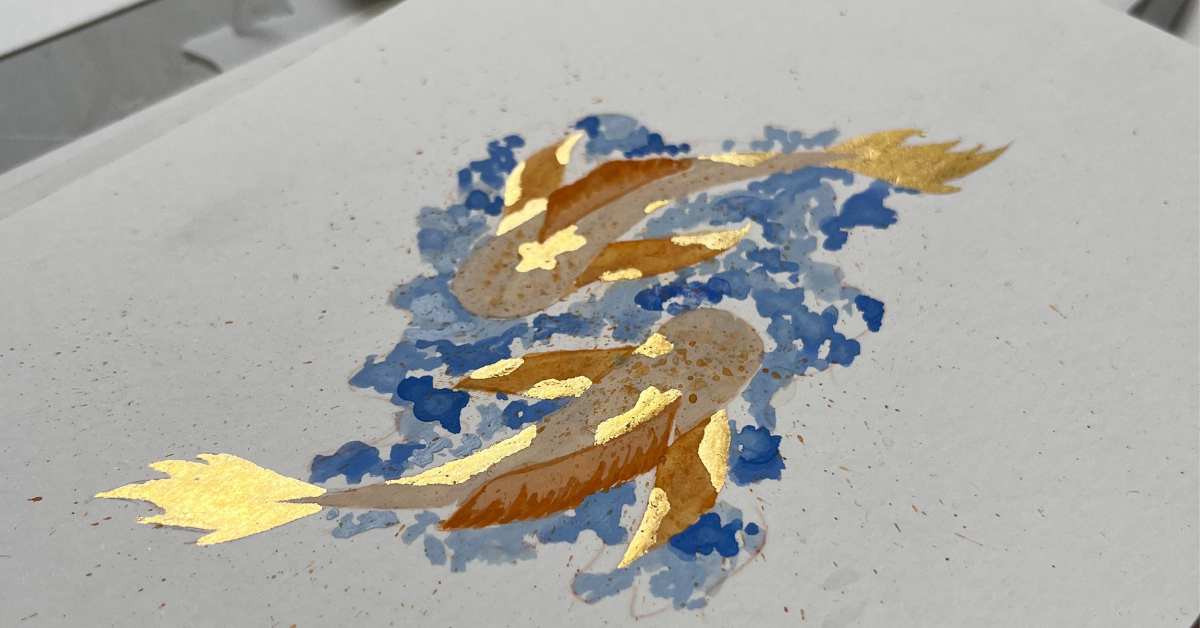
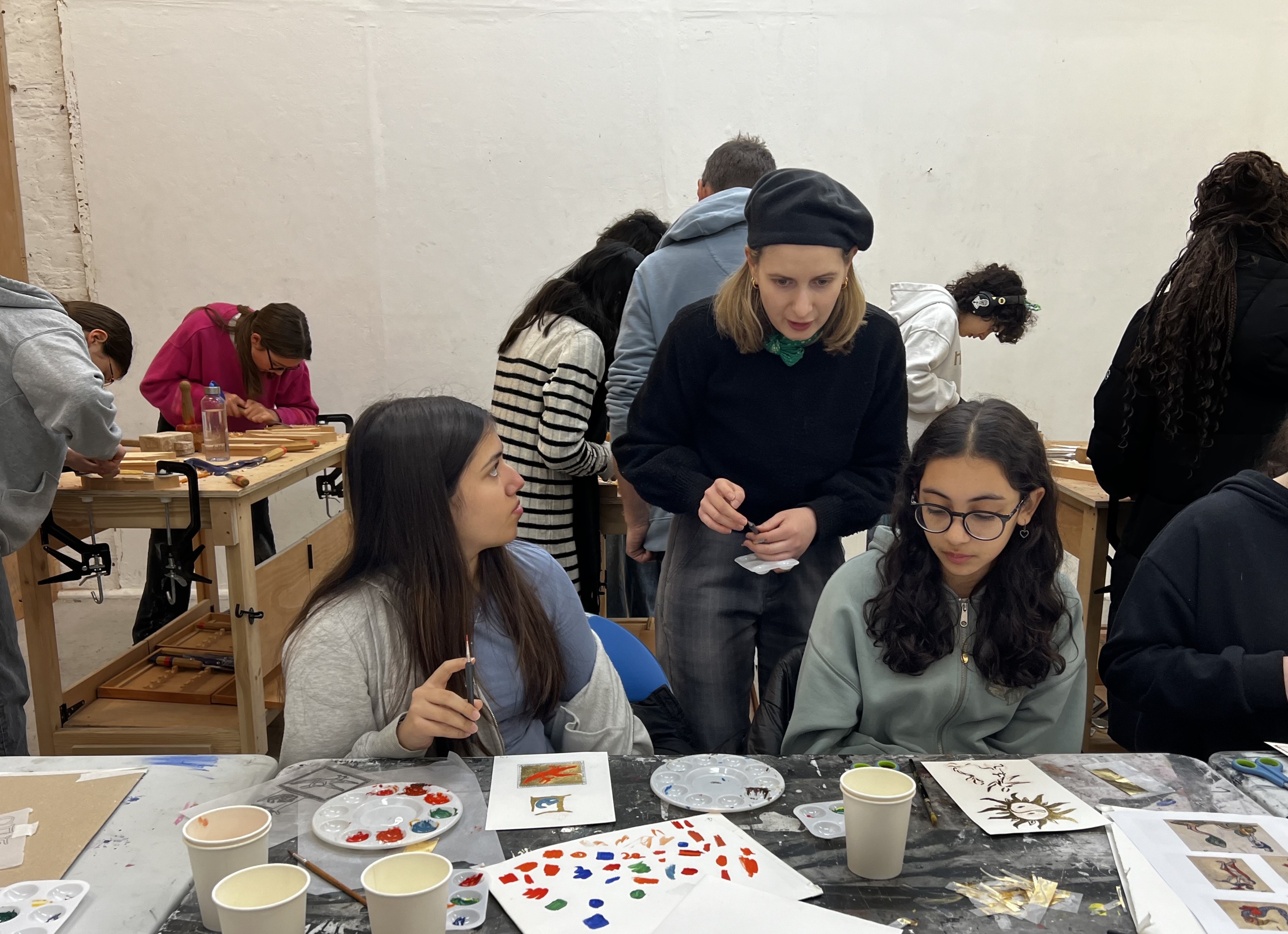

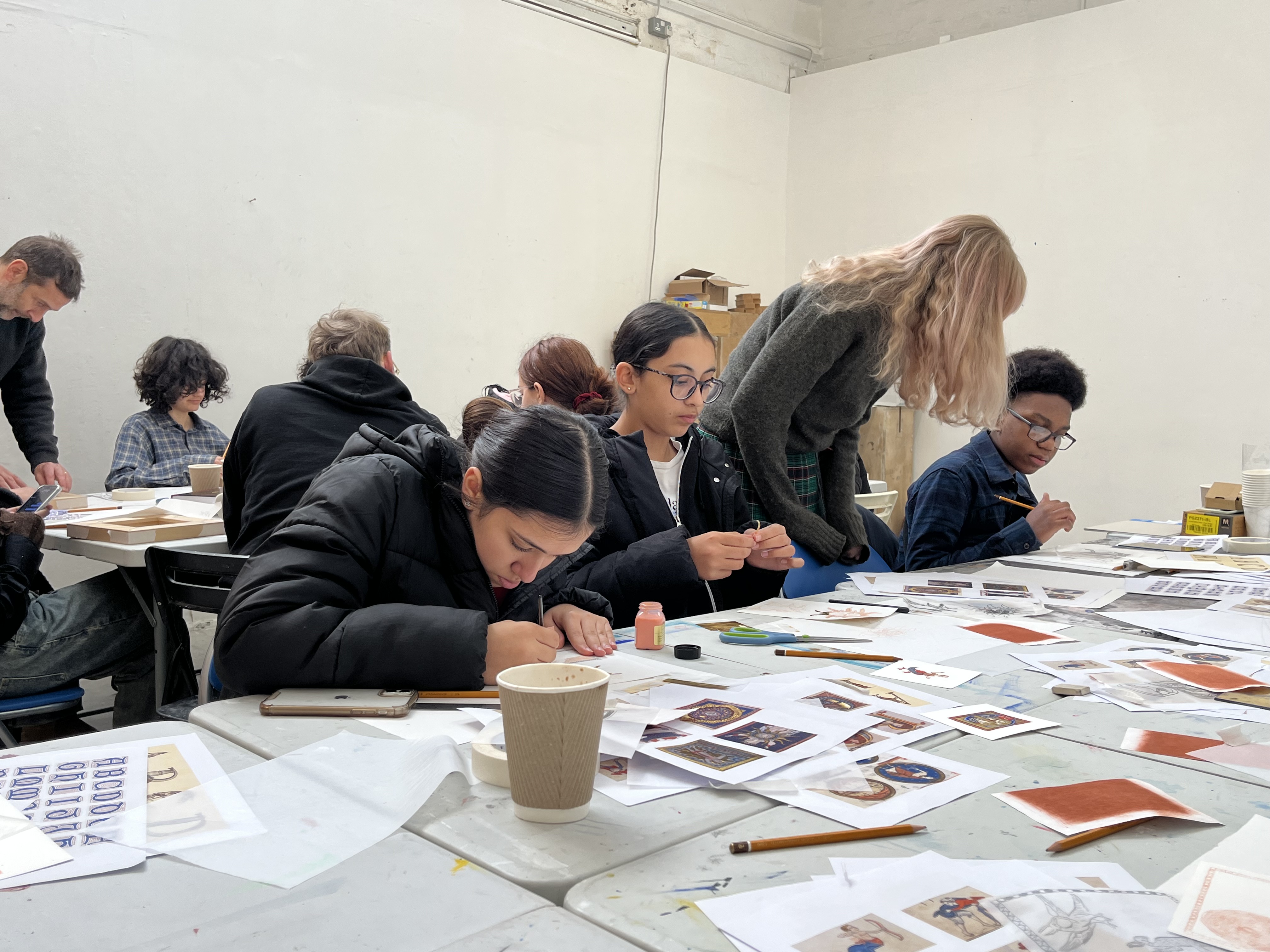
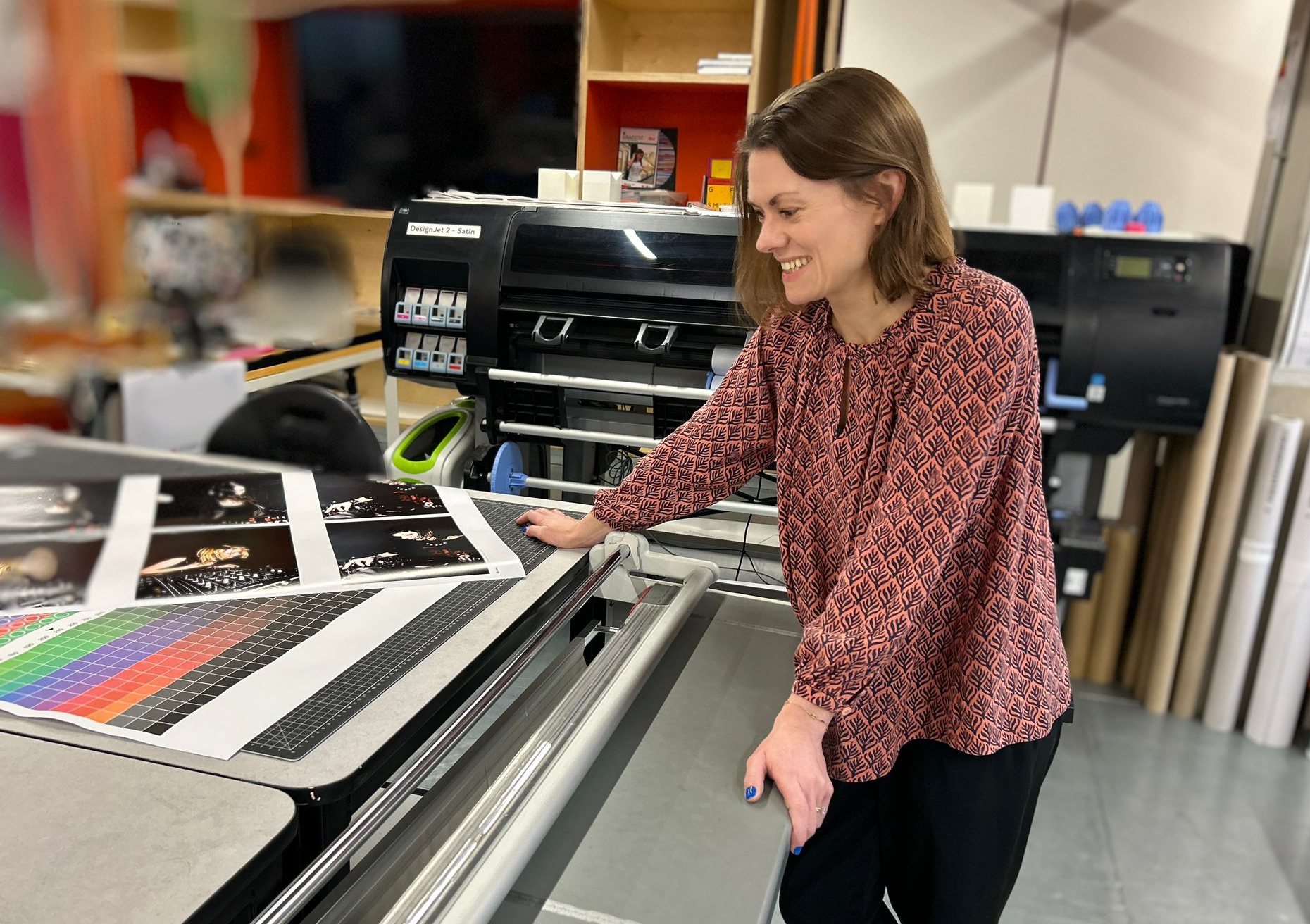
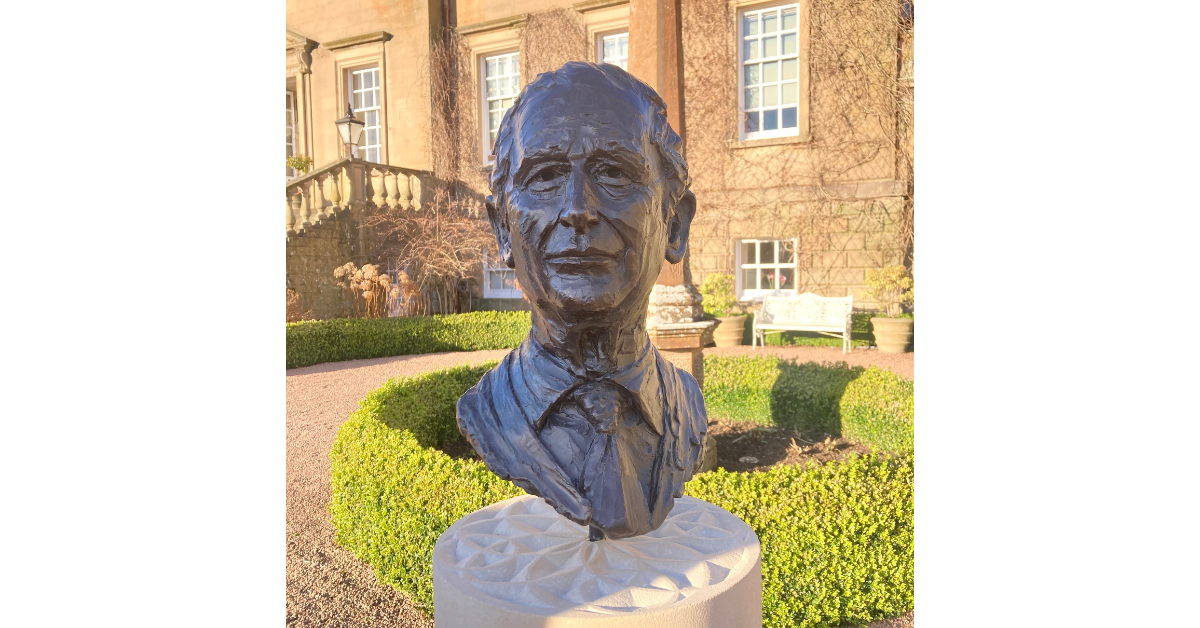
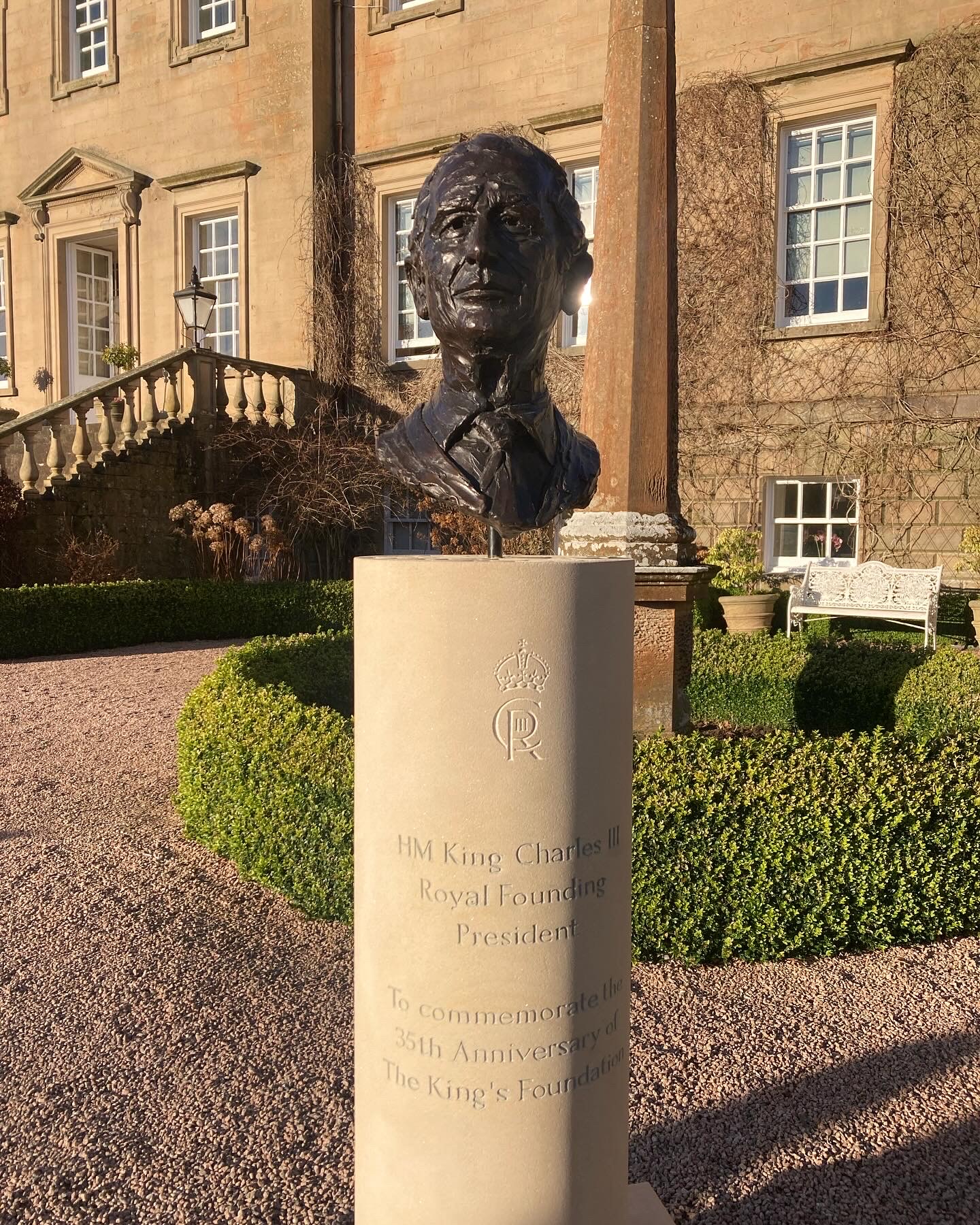
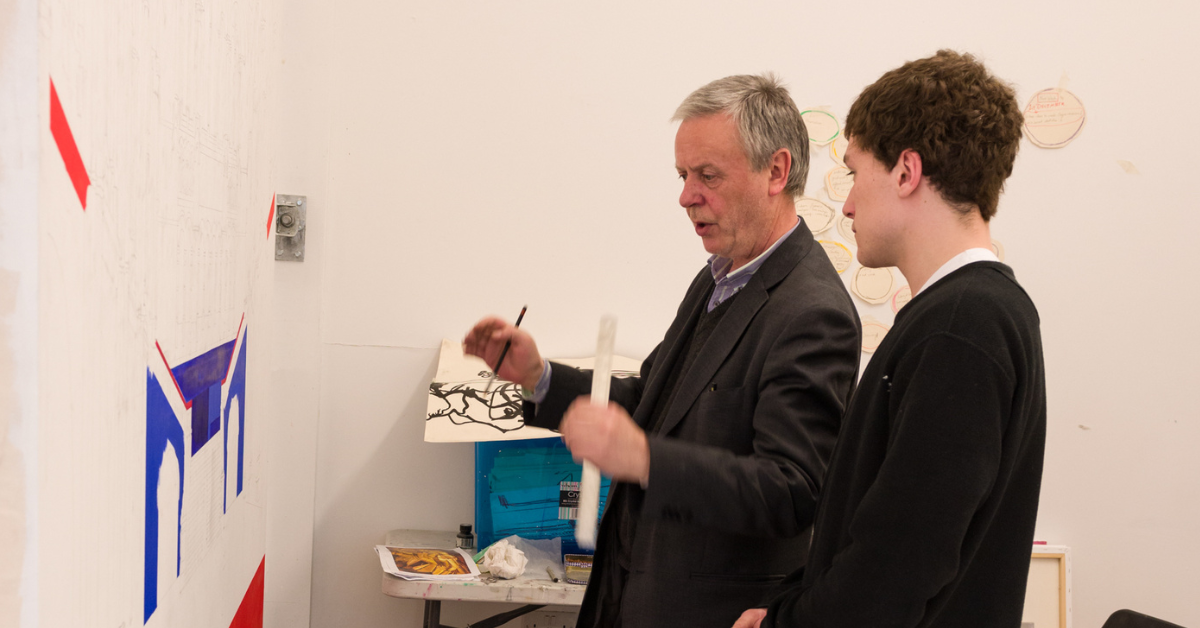
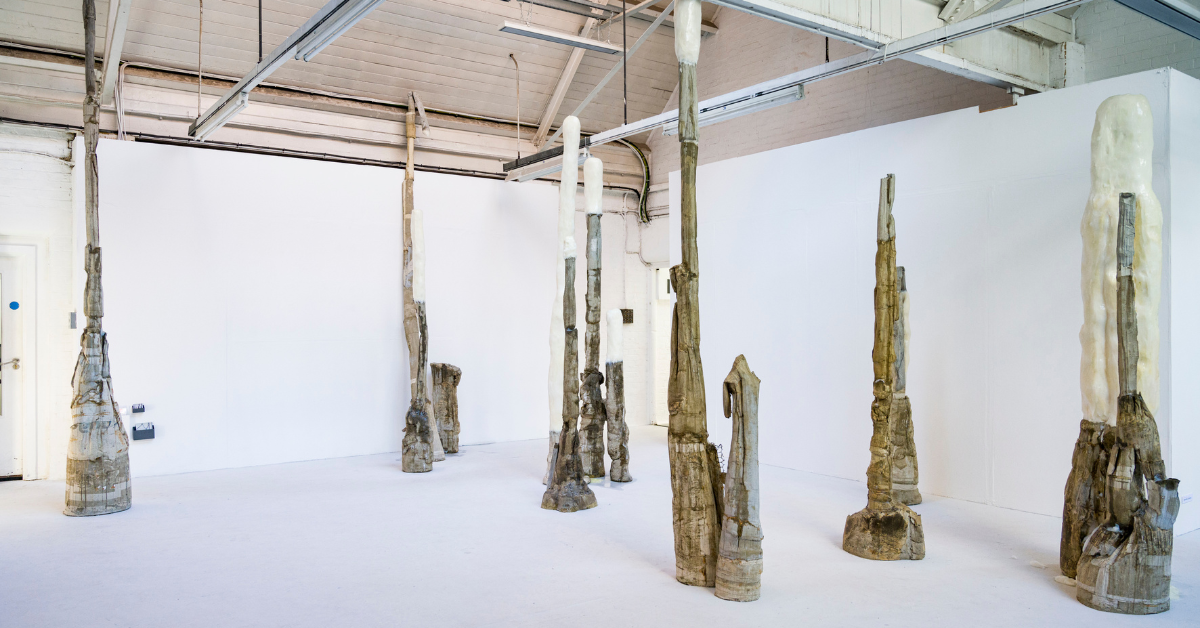
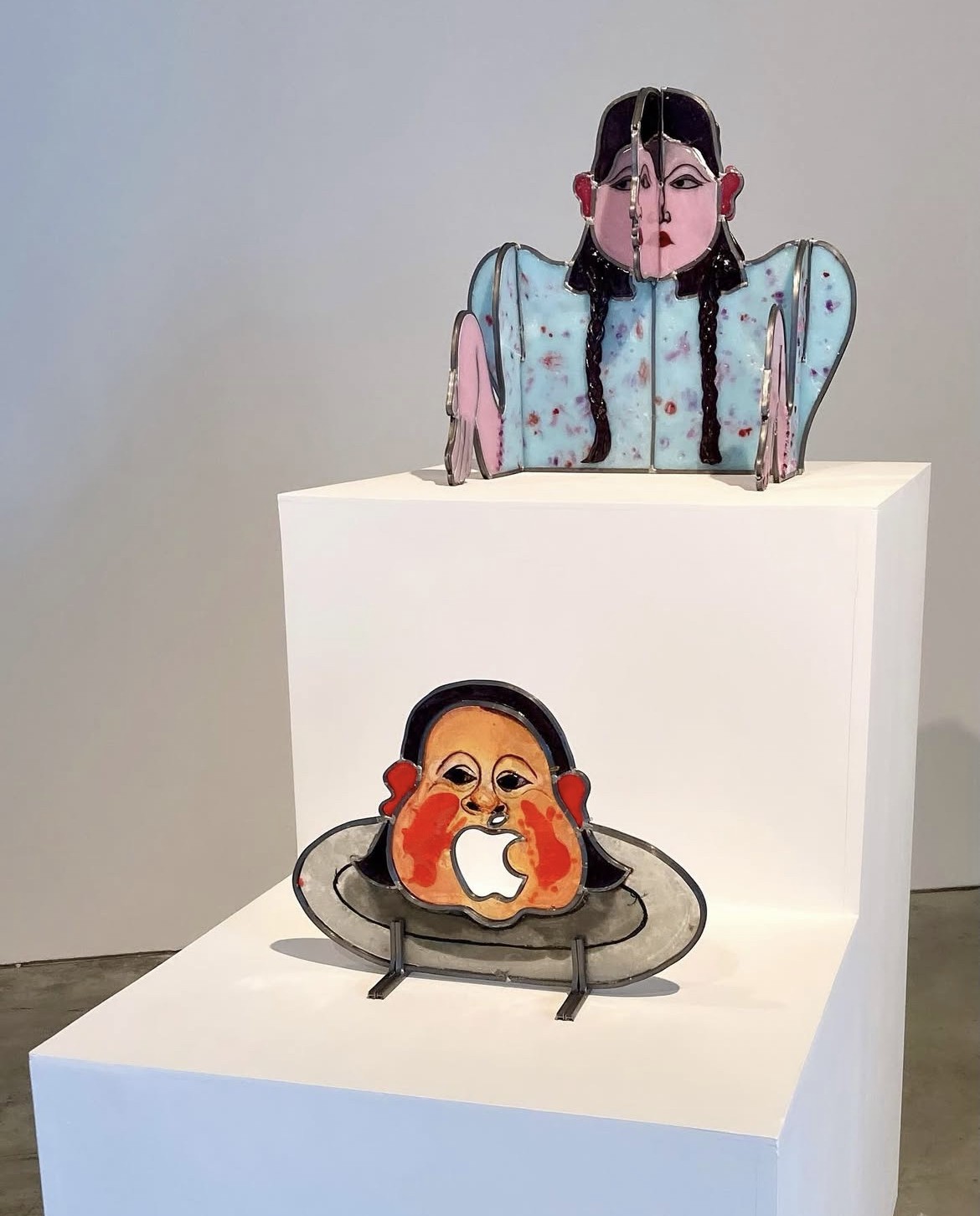 Sophie Lloyd,
Sophie Lloyd, 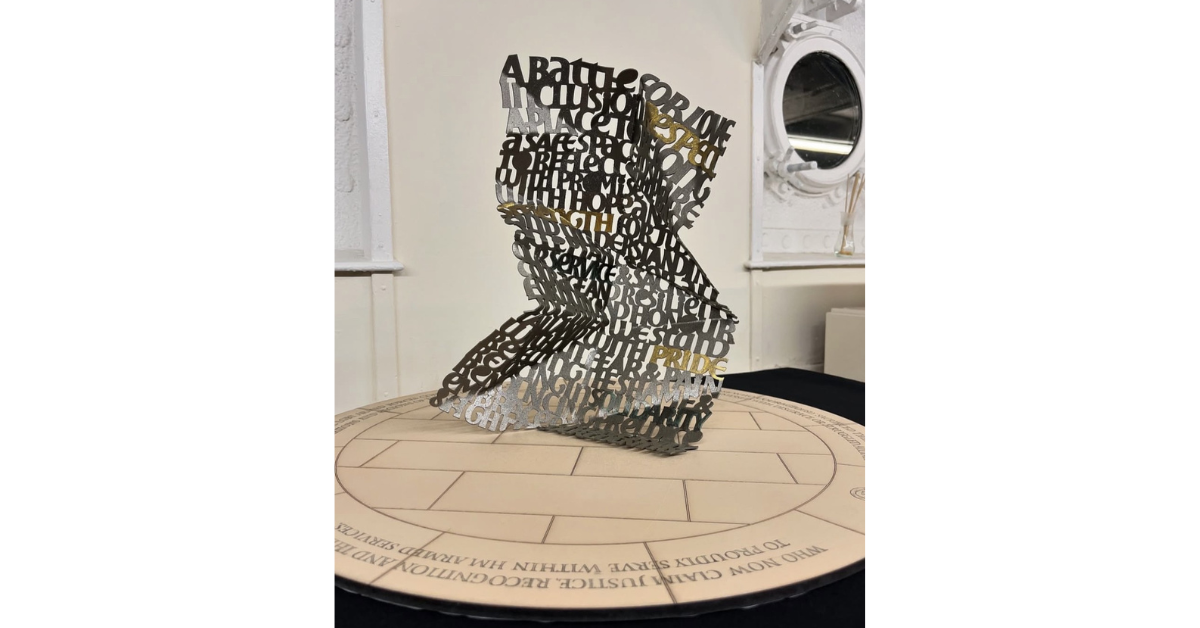
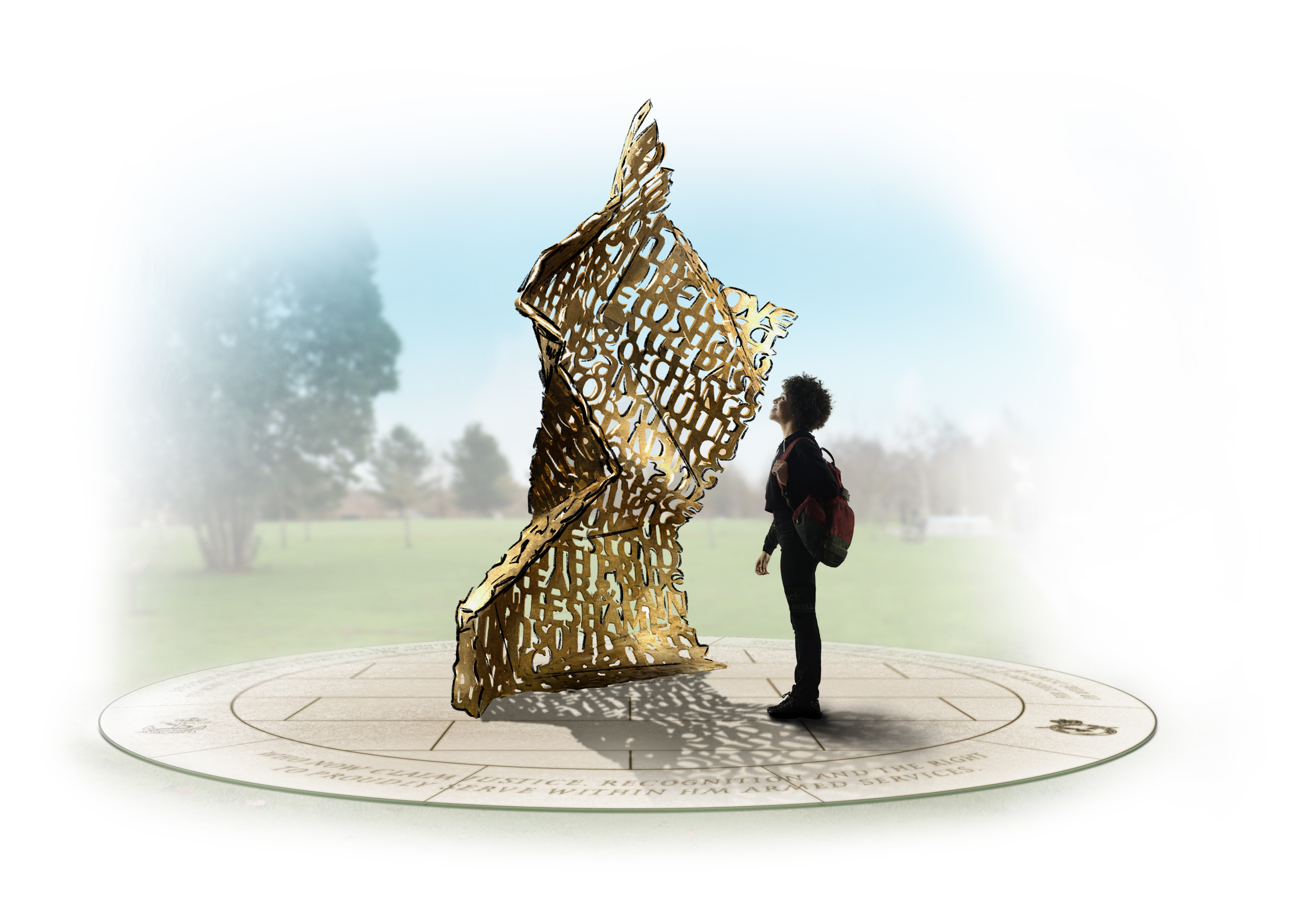
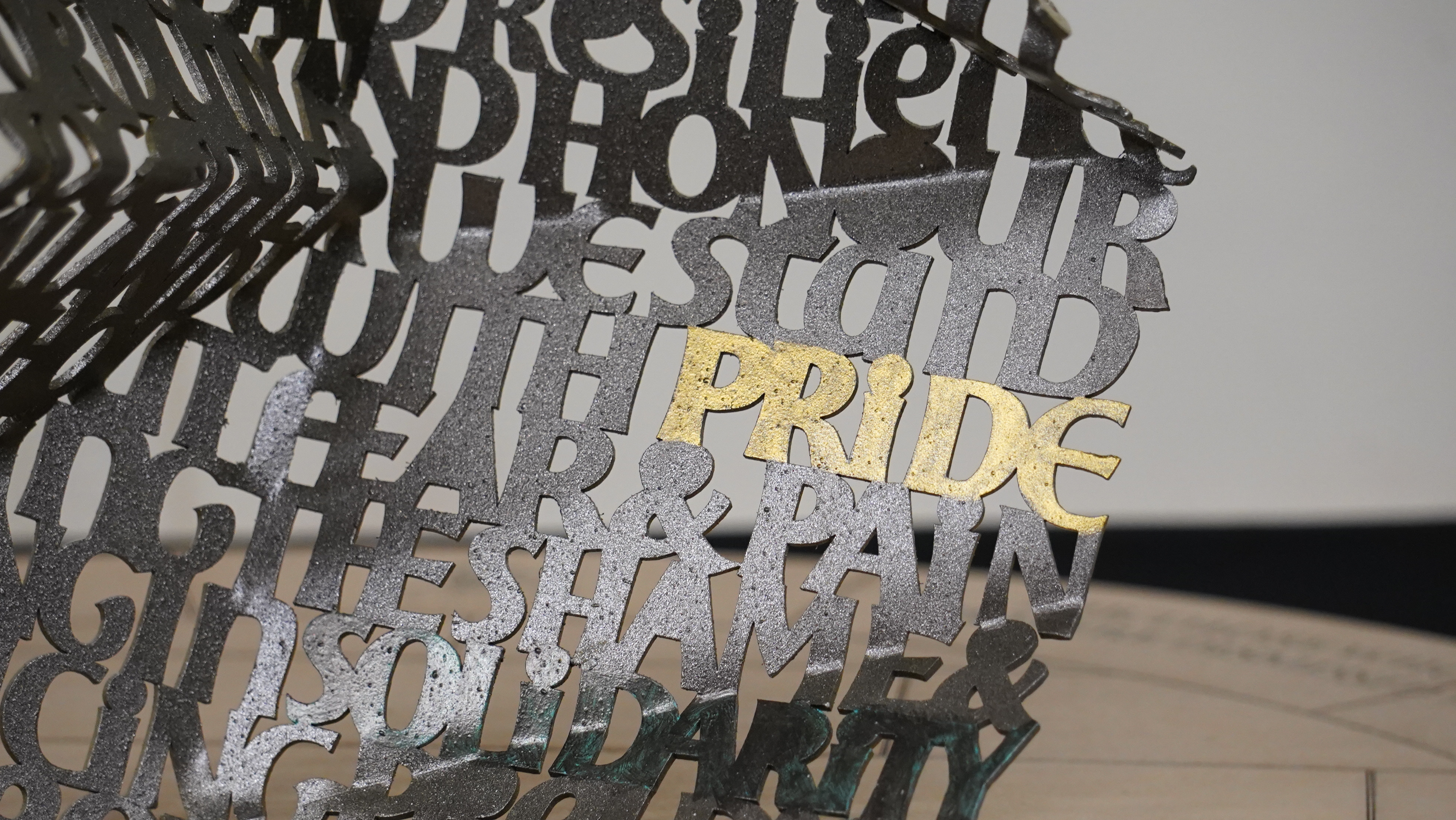
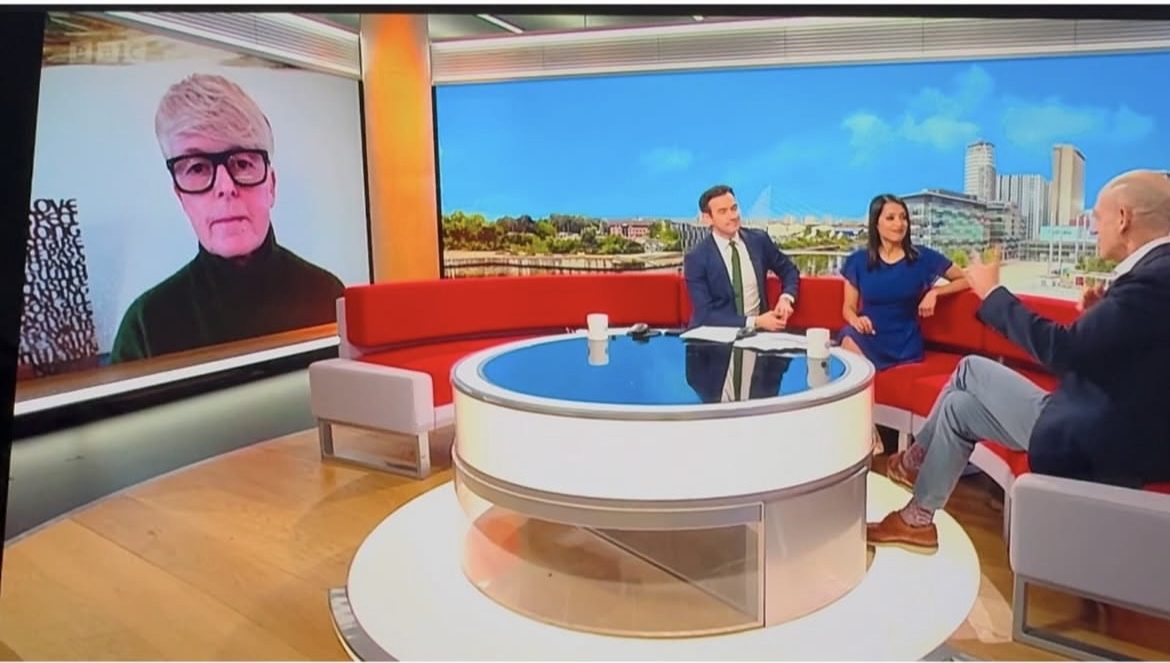 Nina on BBC Breakfast, Sunday 12 January
Nina on BBC Breakfast, Sunday 12 January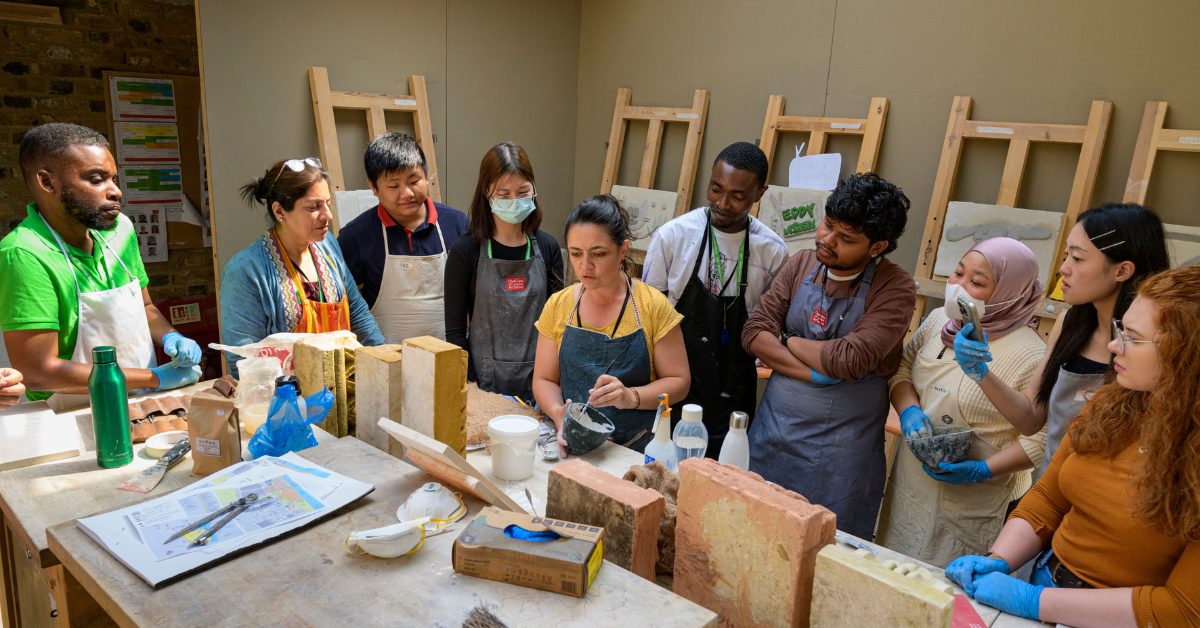
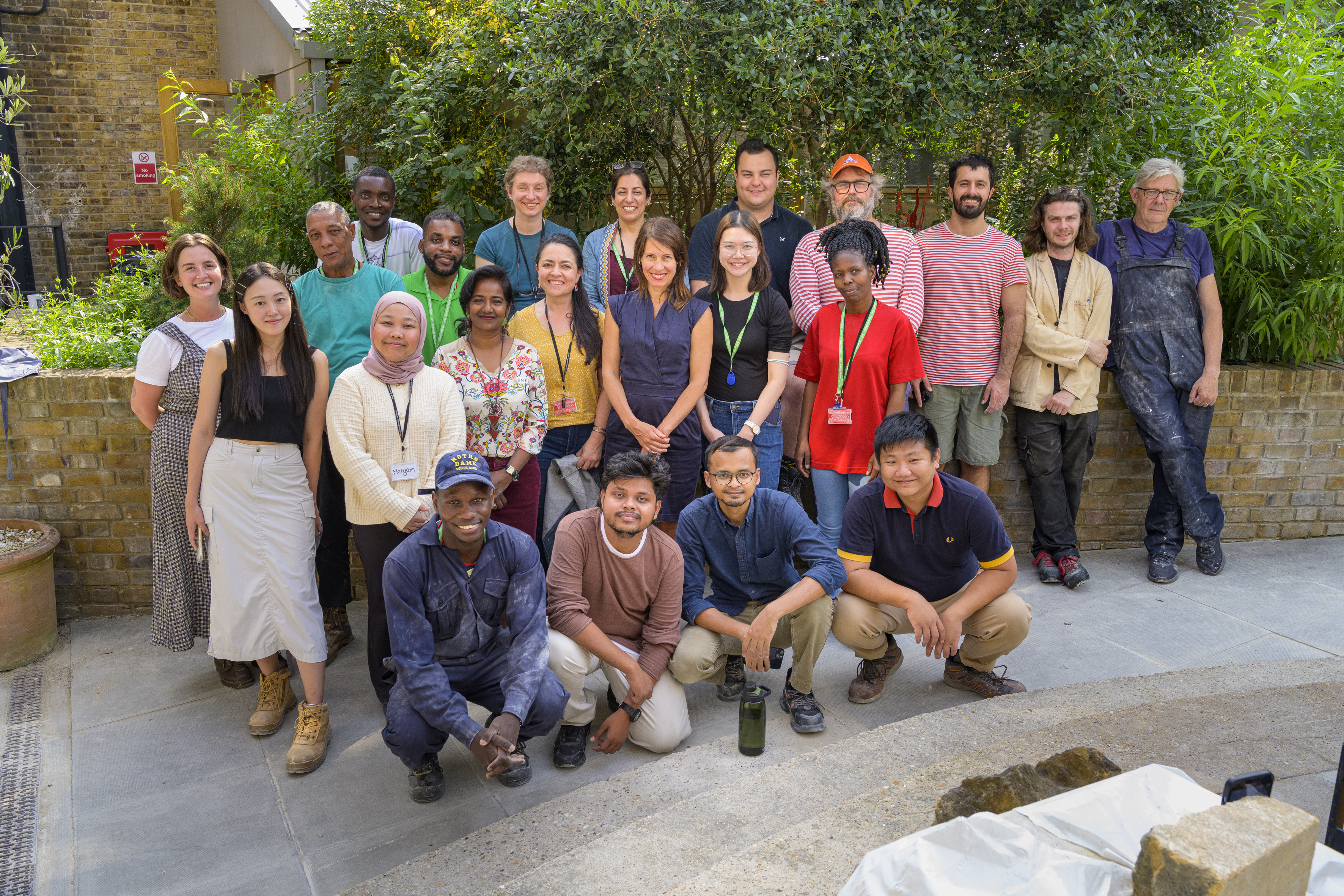
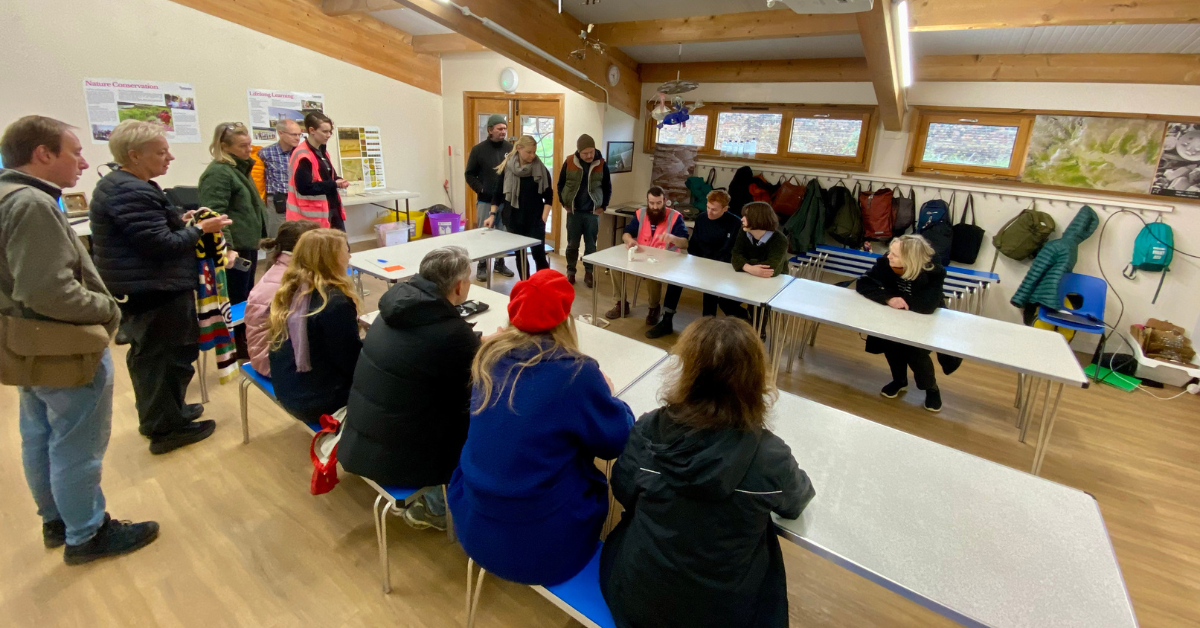
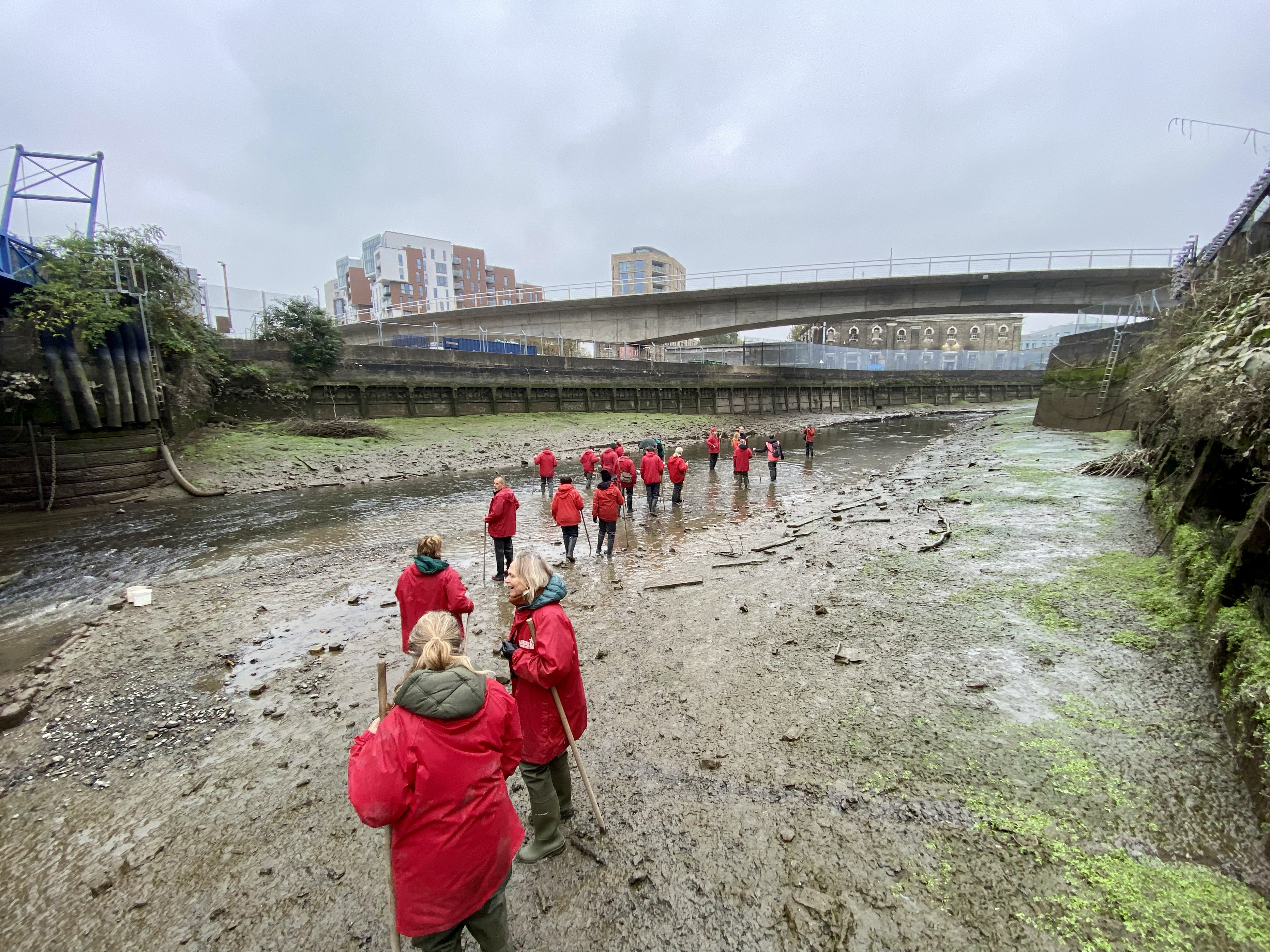
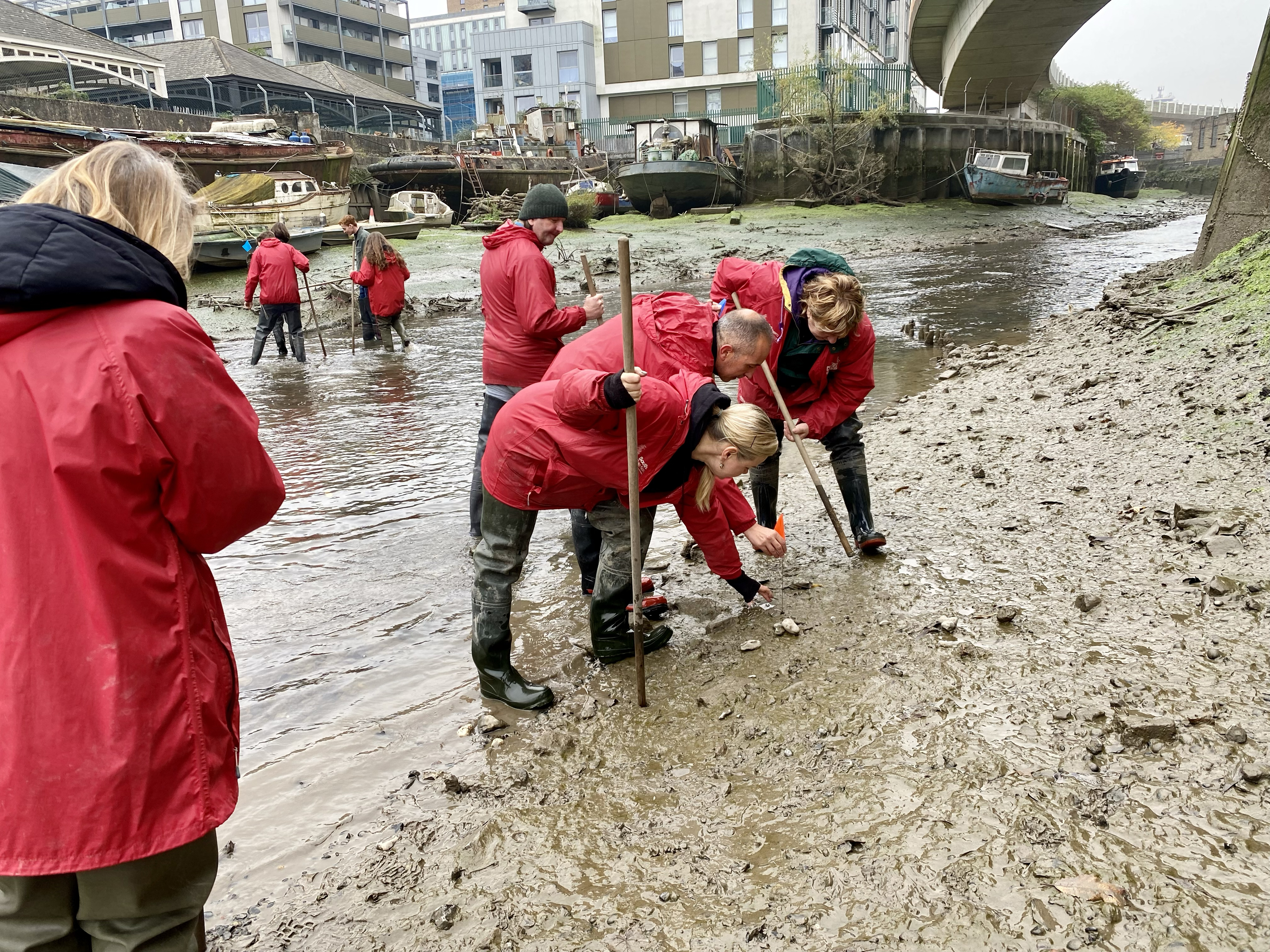
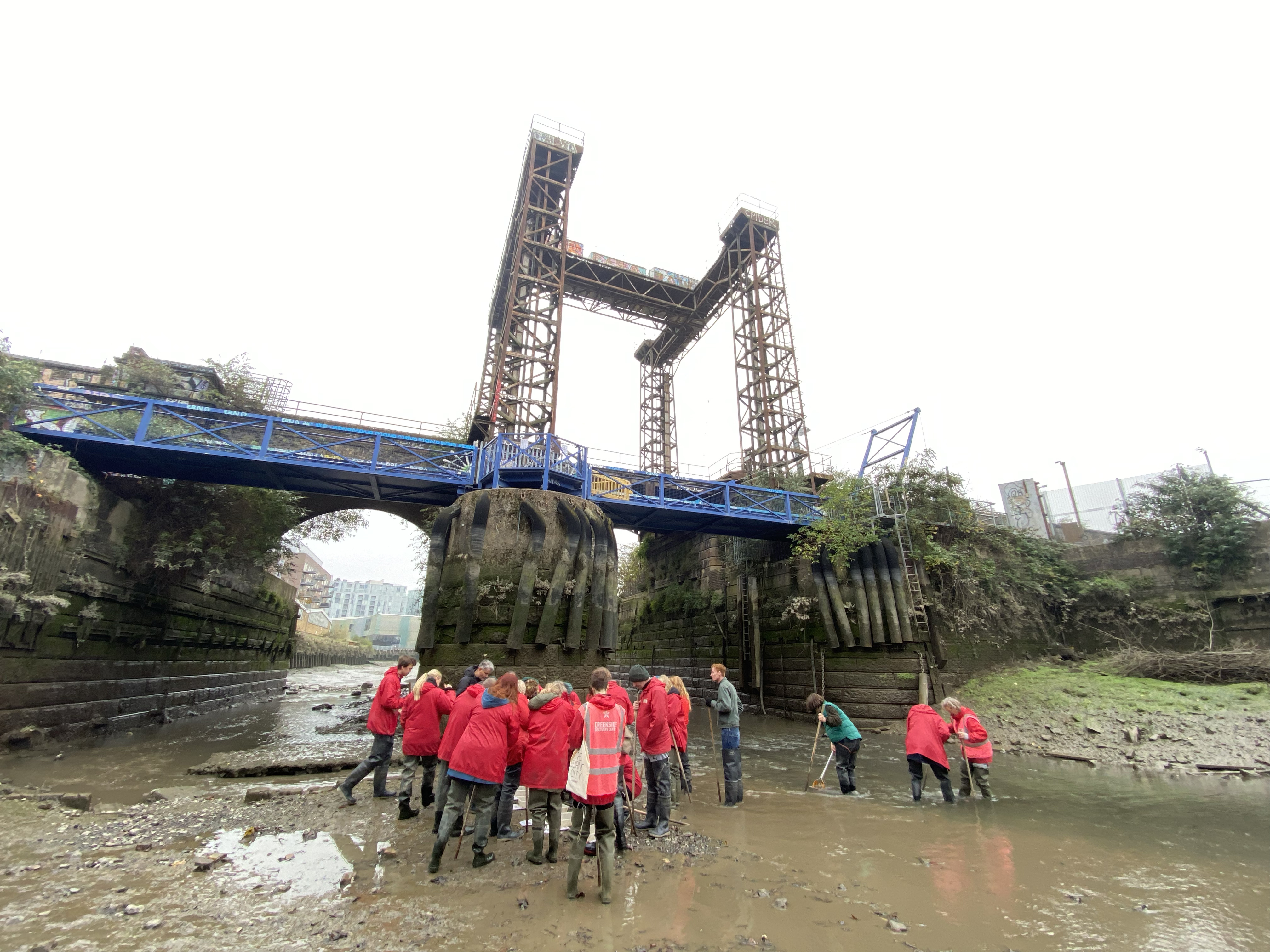
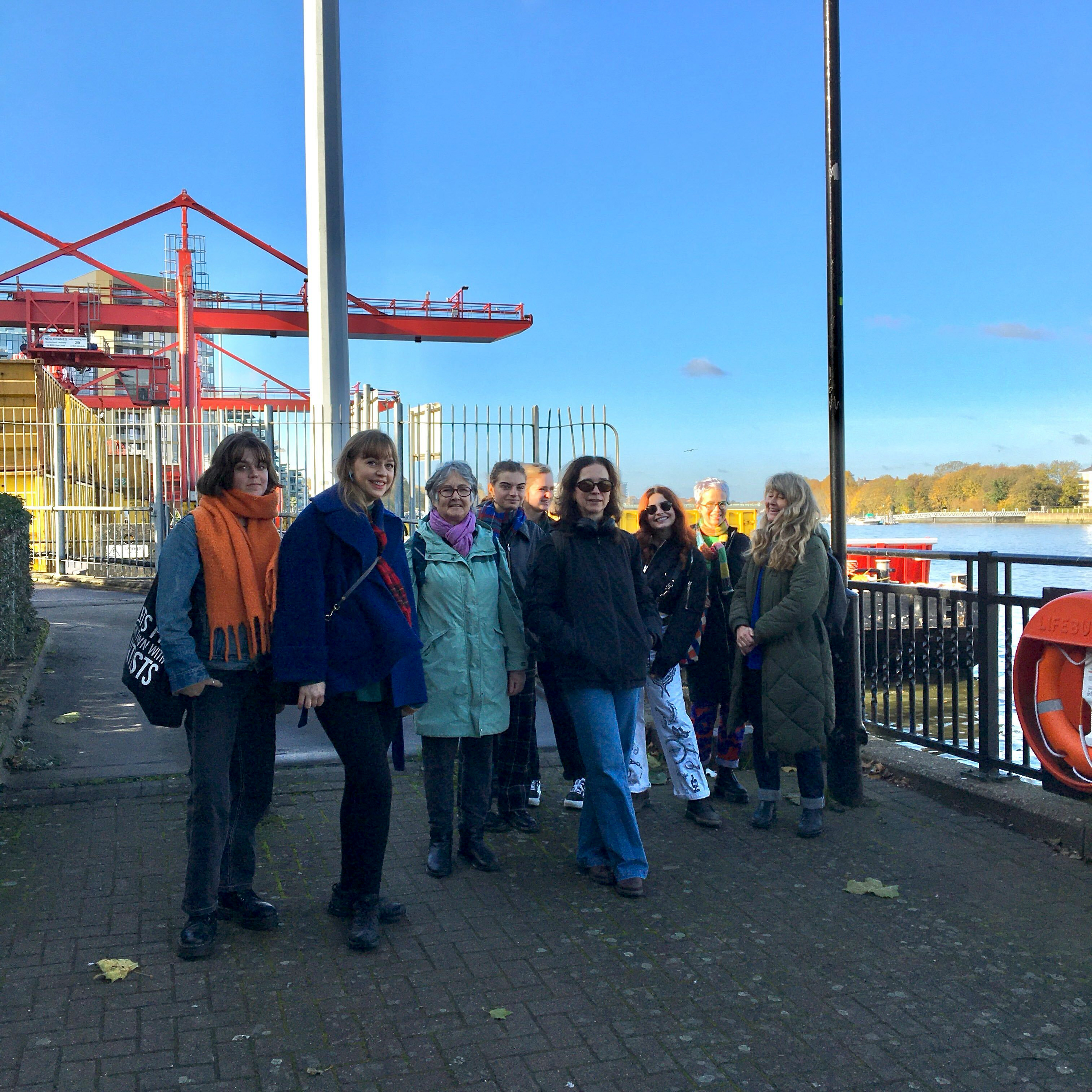
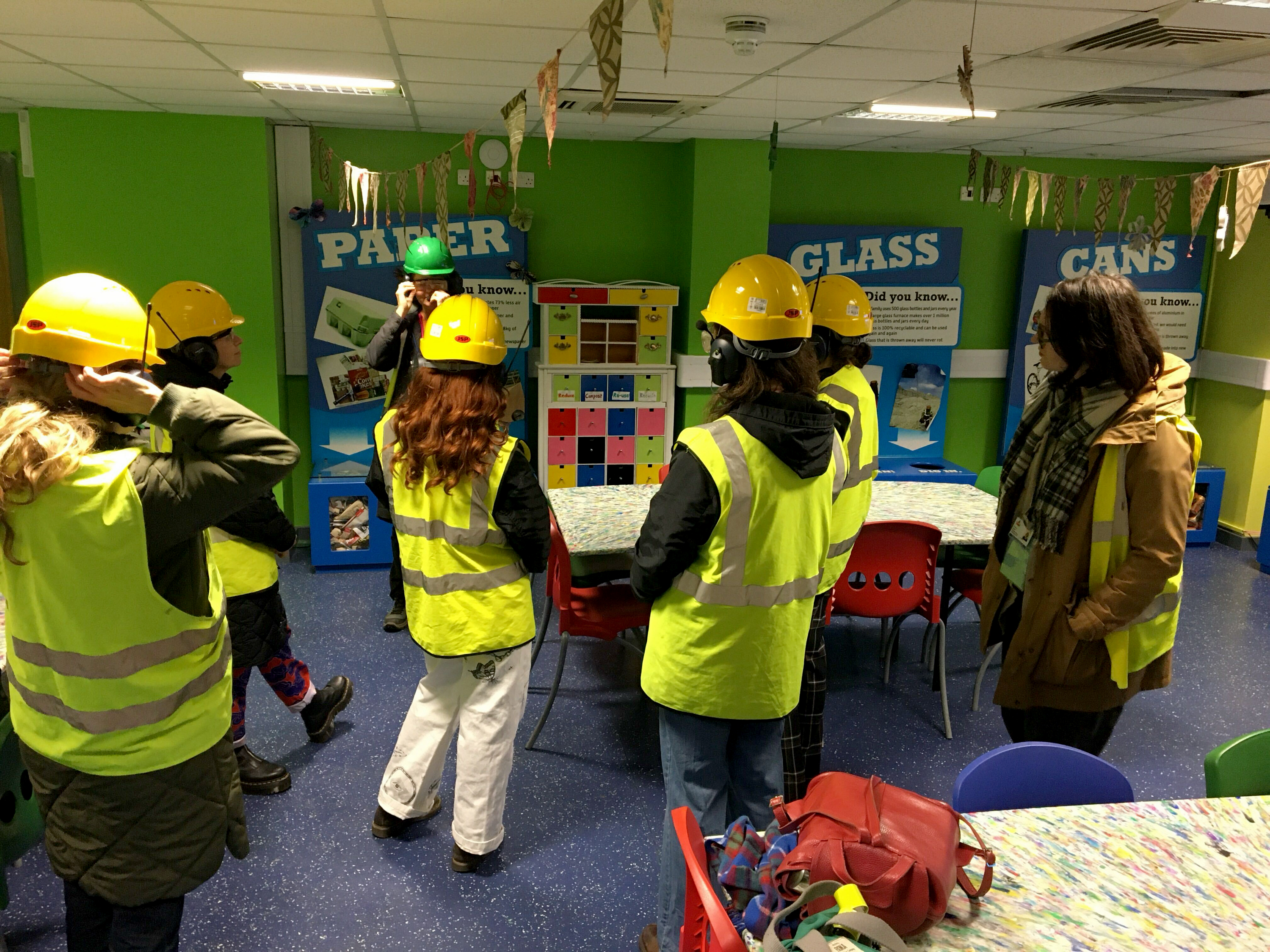
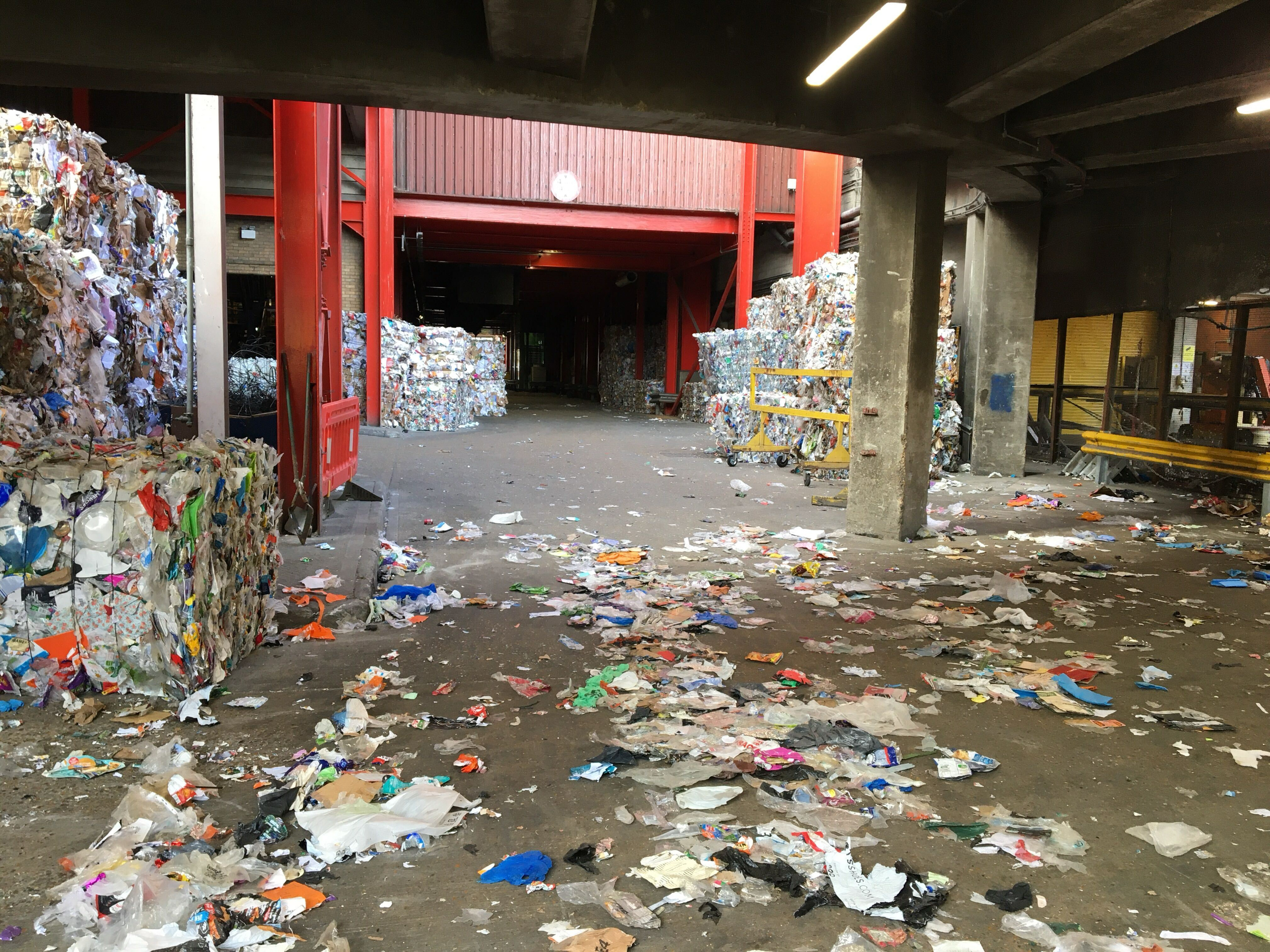
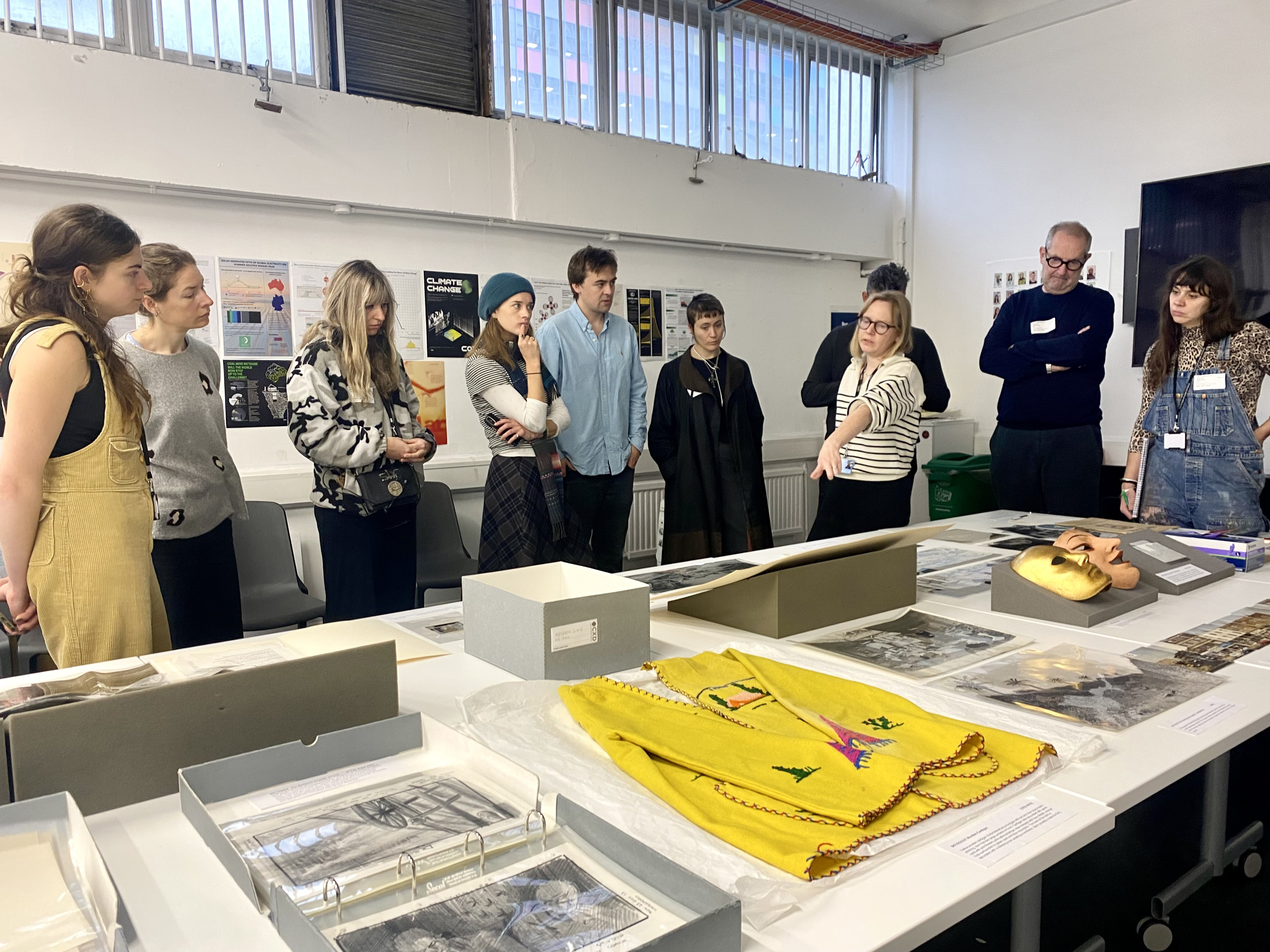
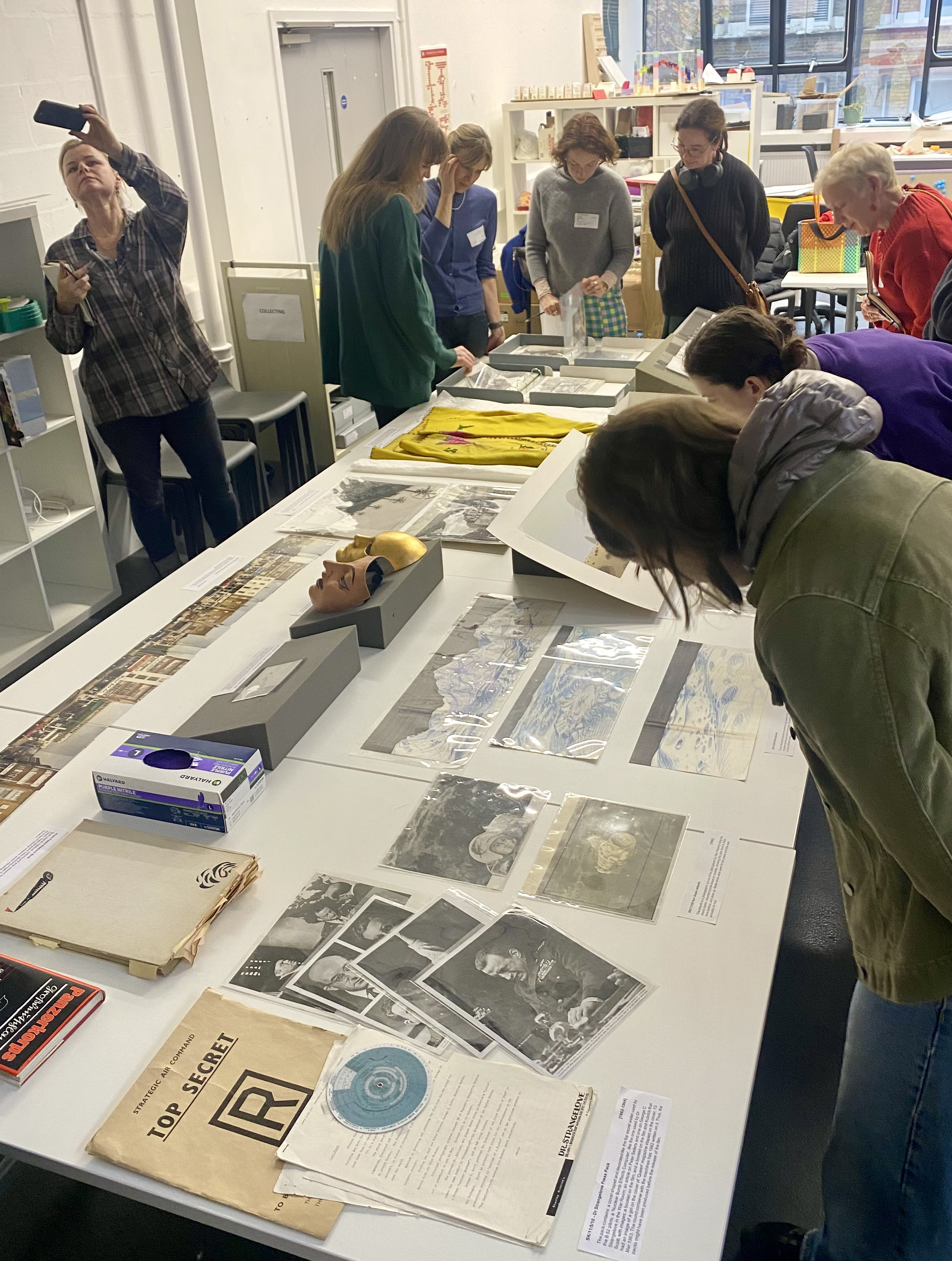
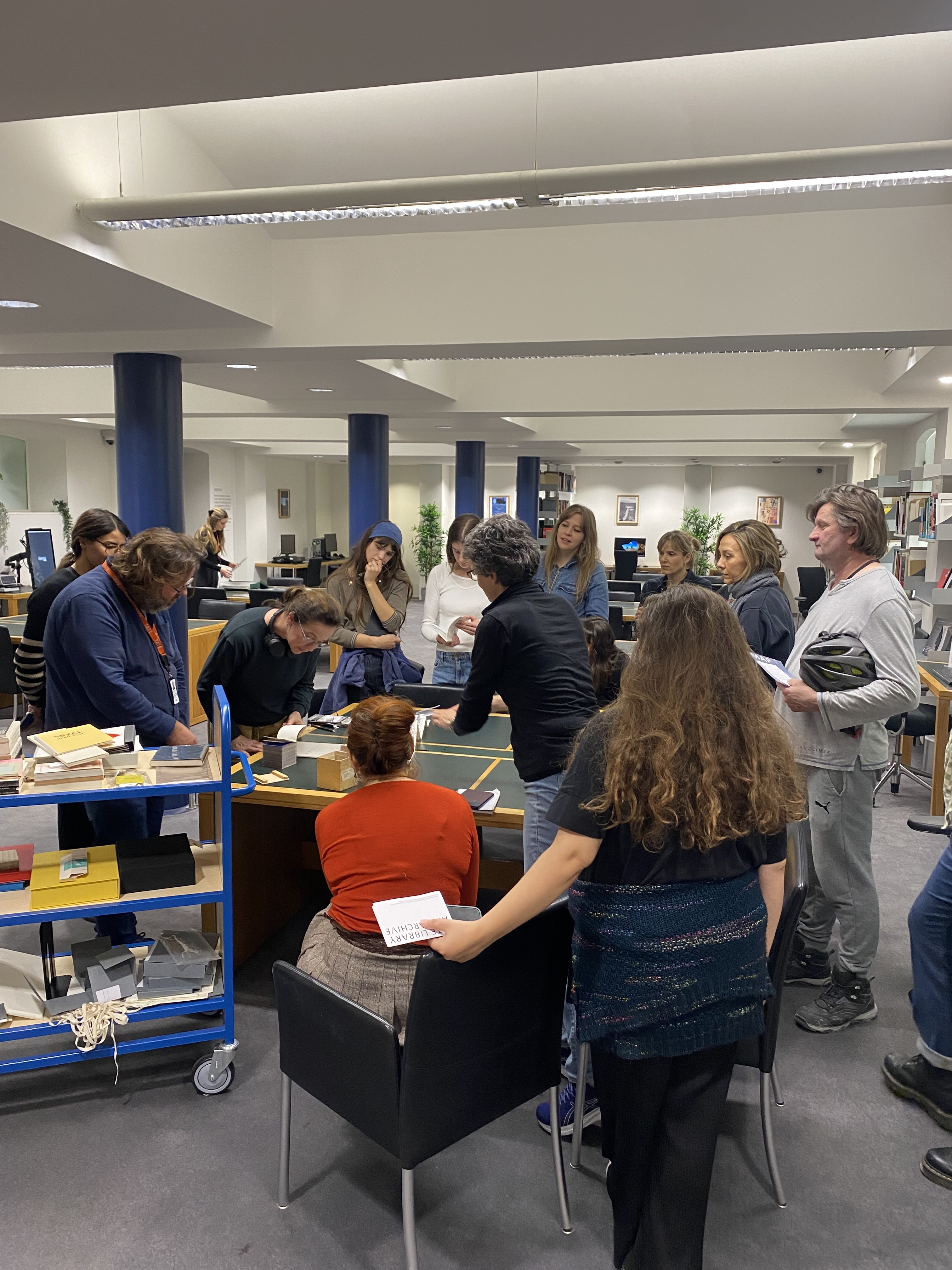
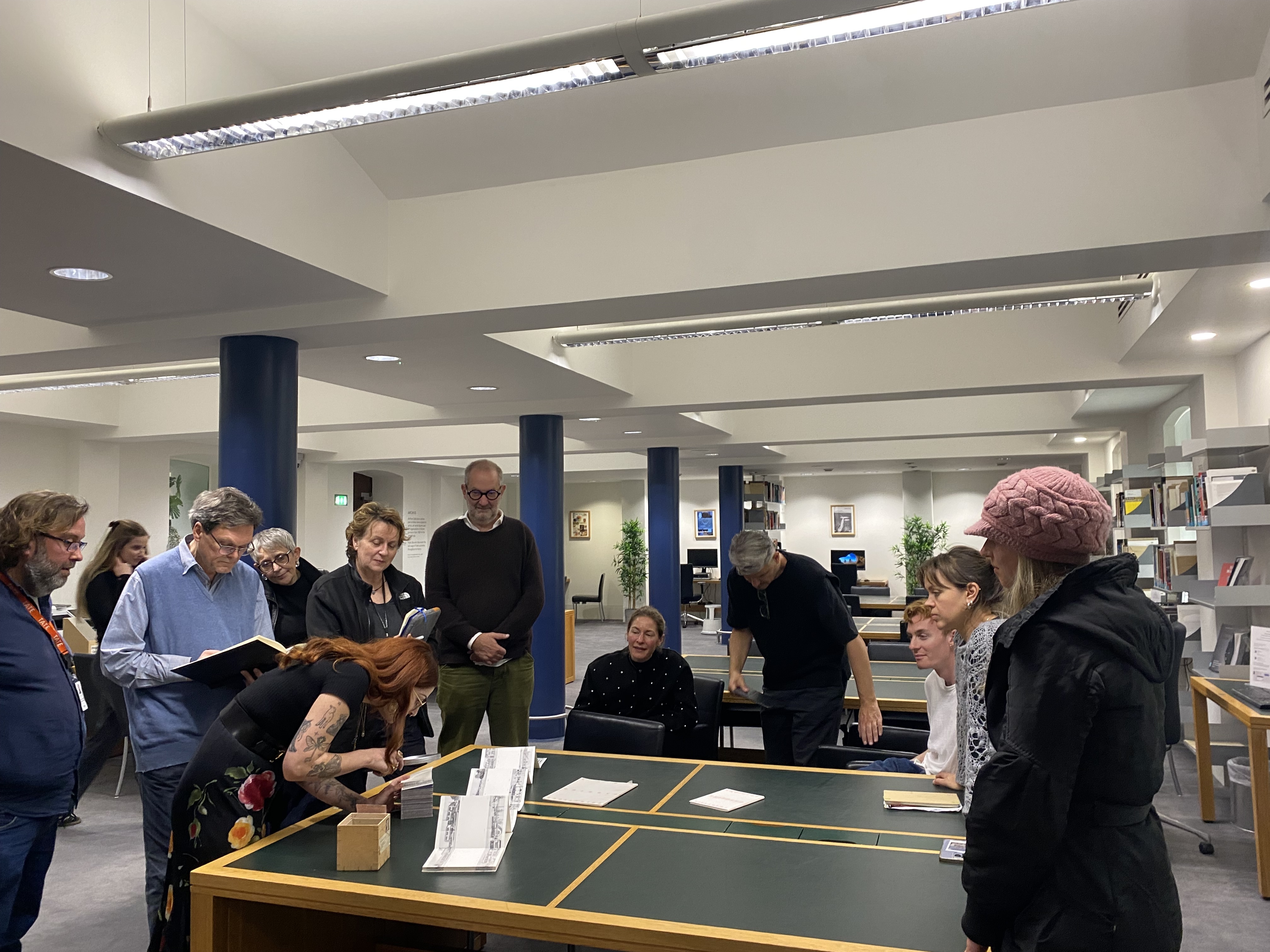
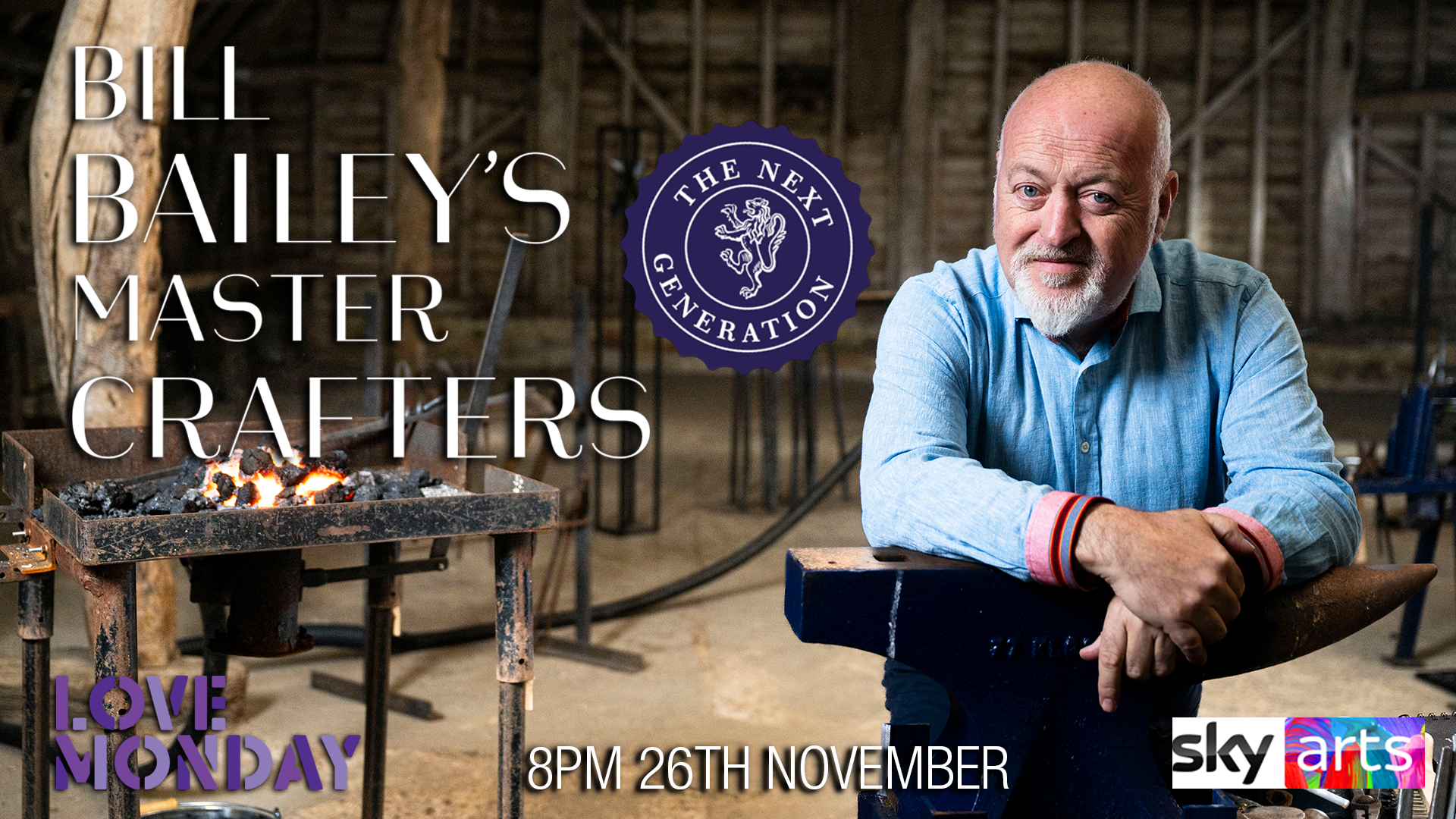
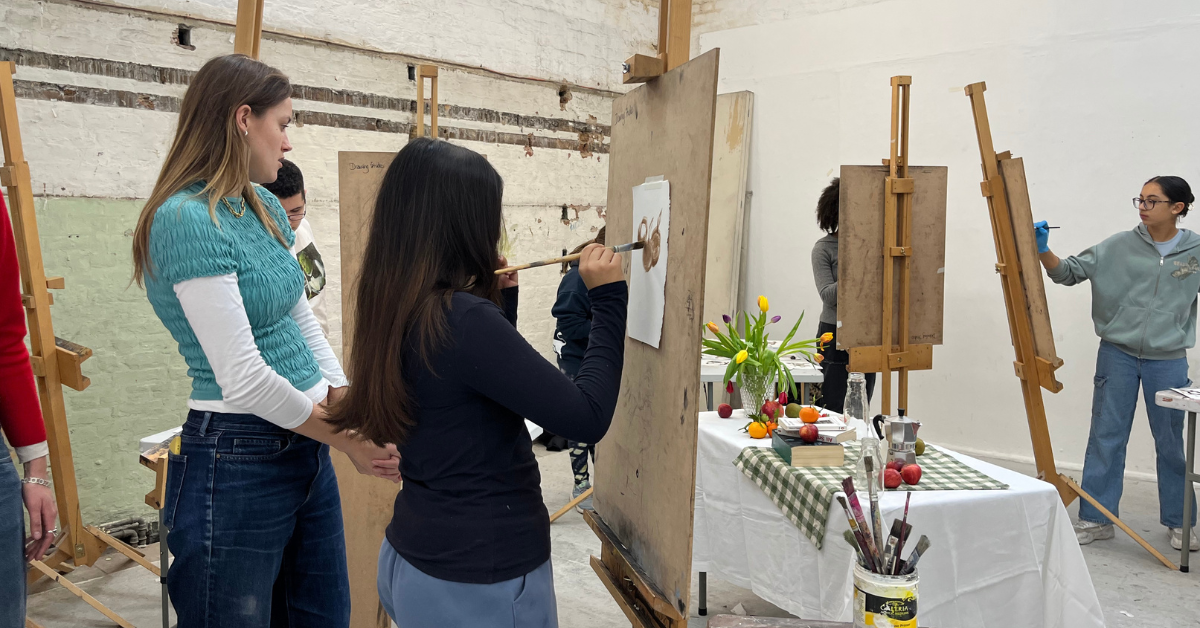
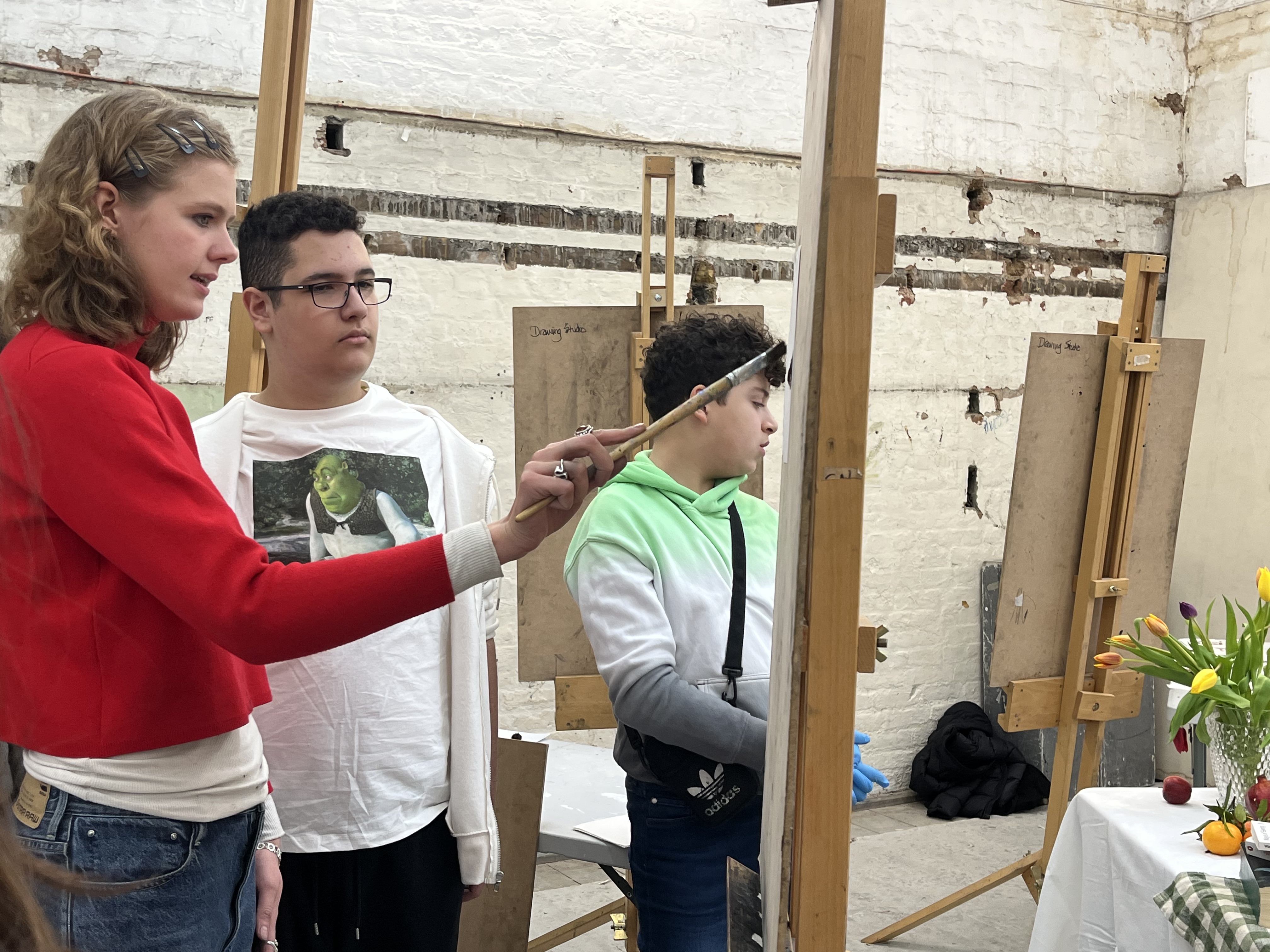
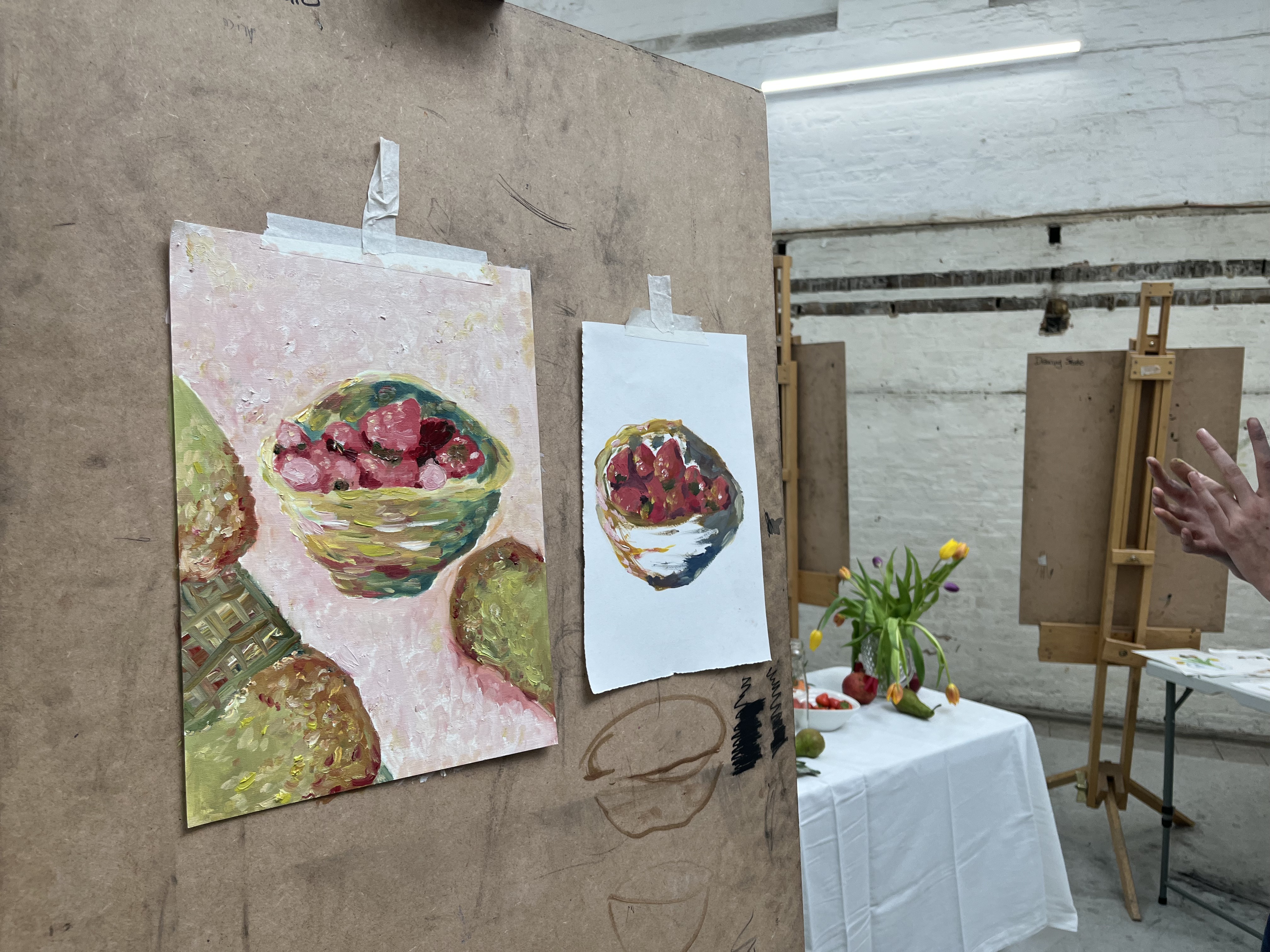
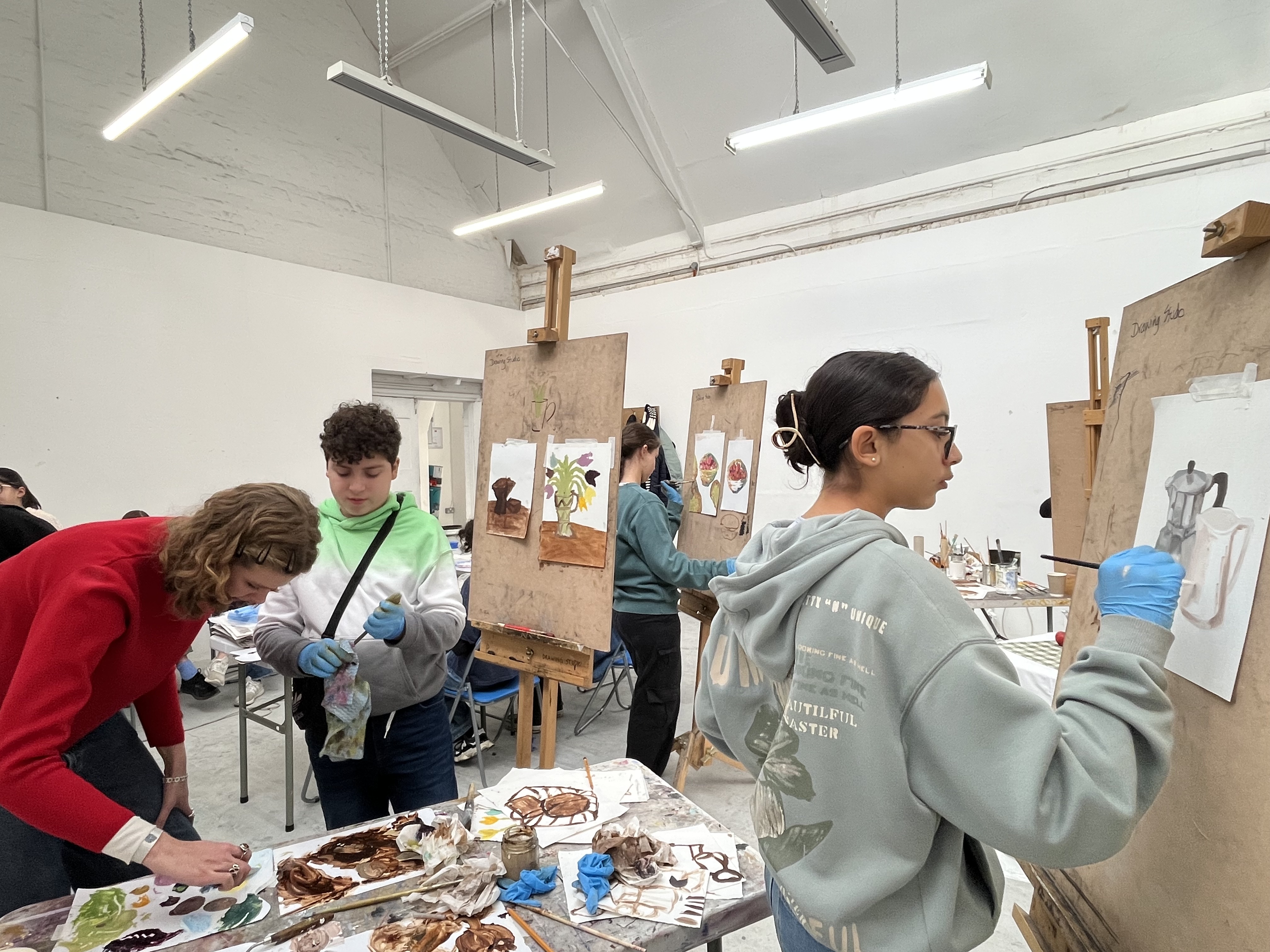
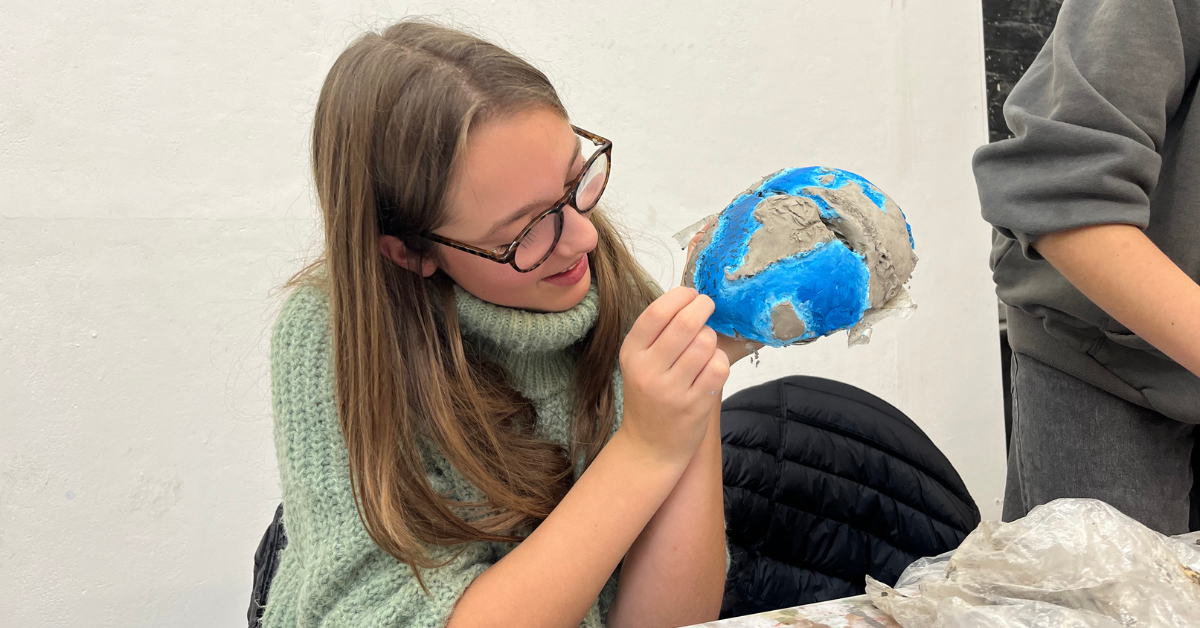
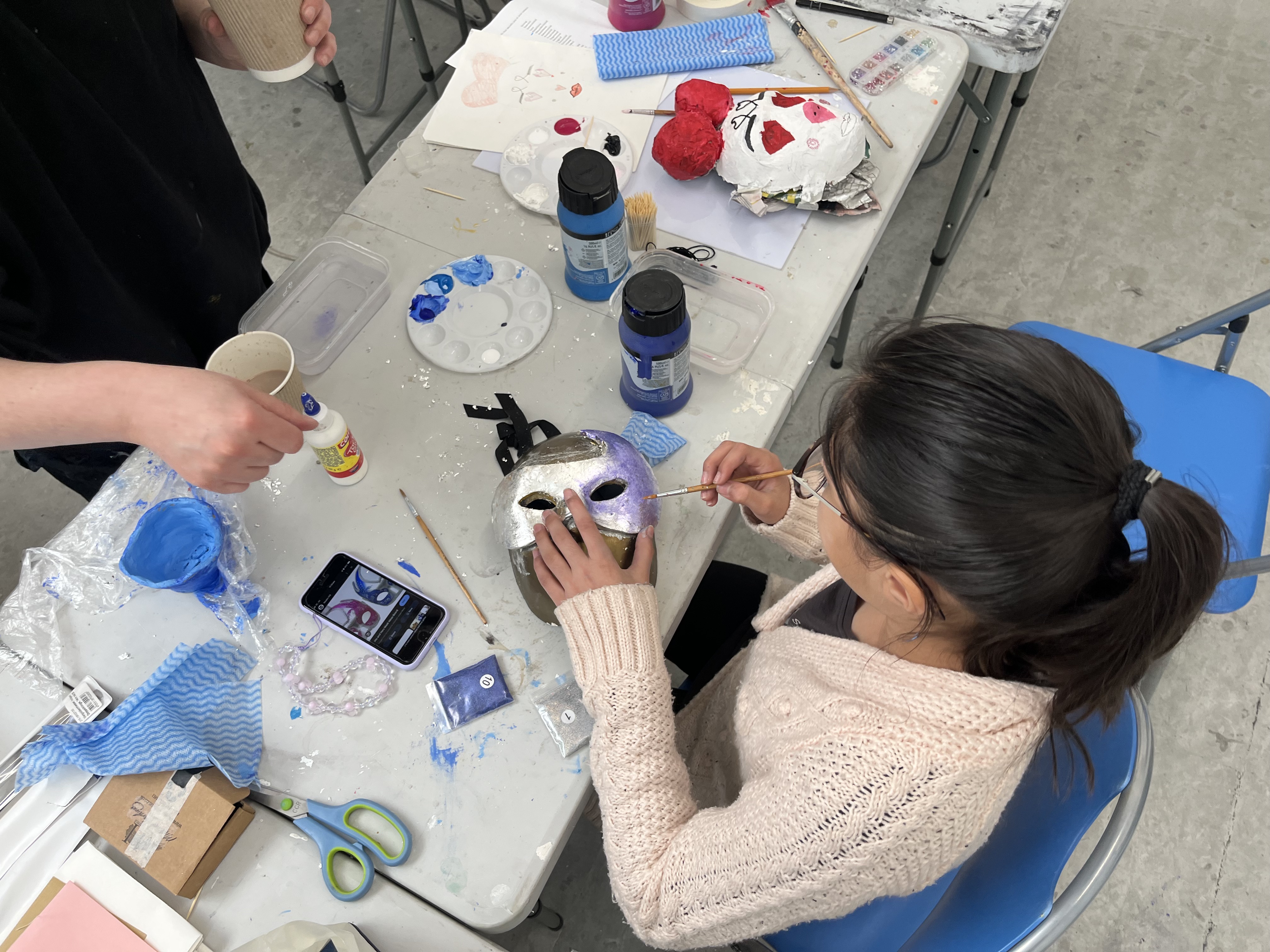

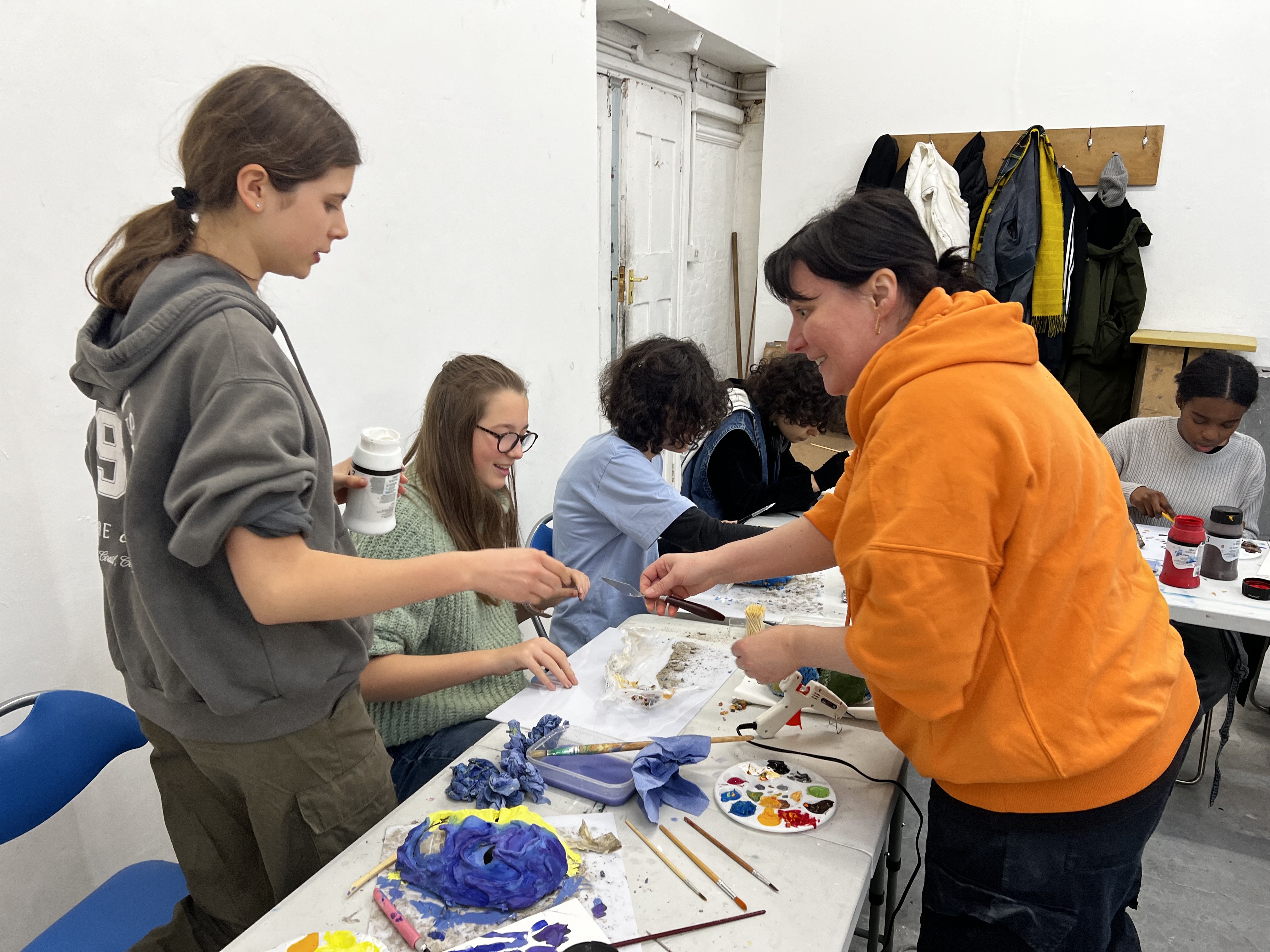
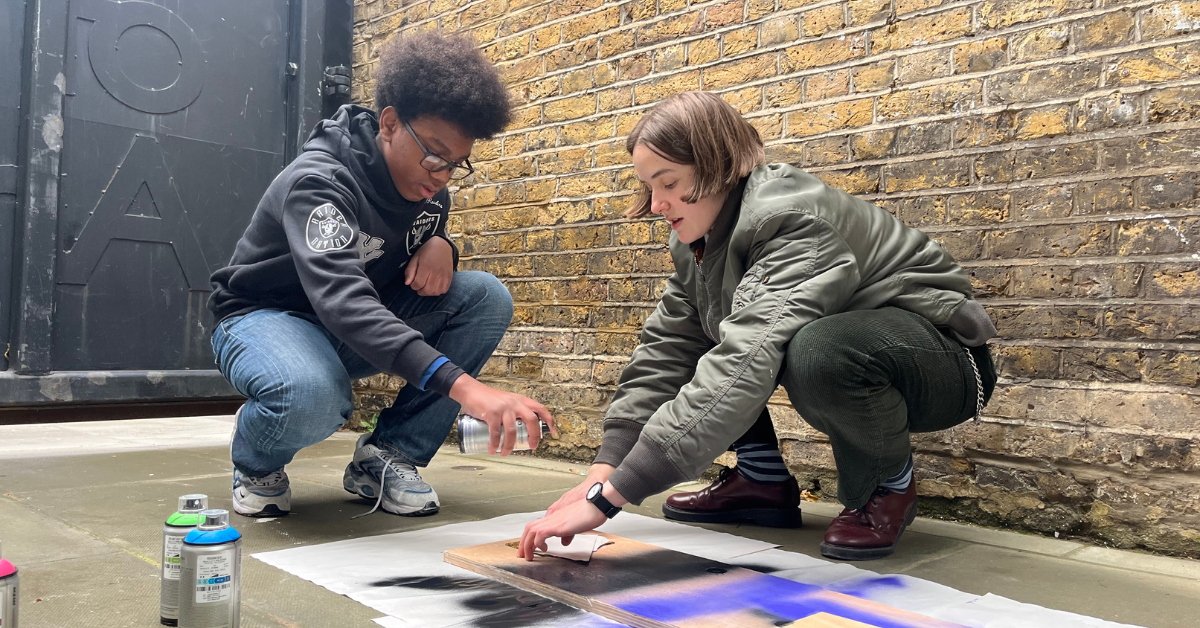
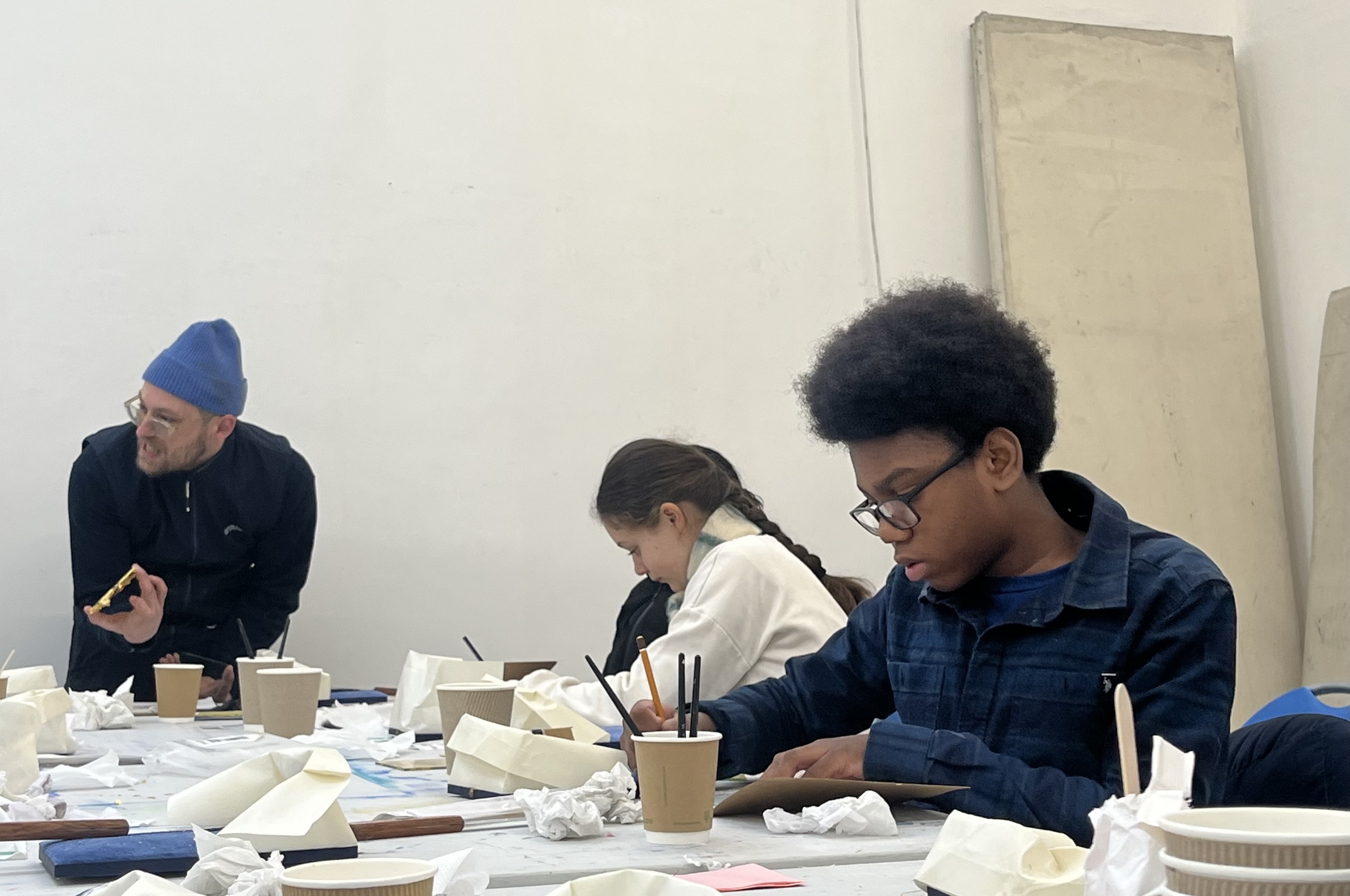
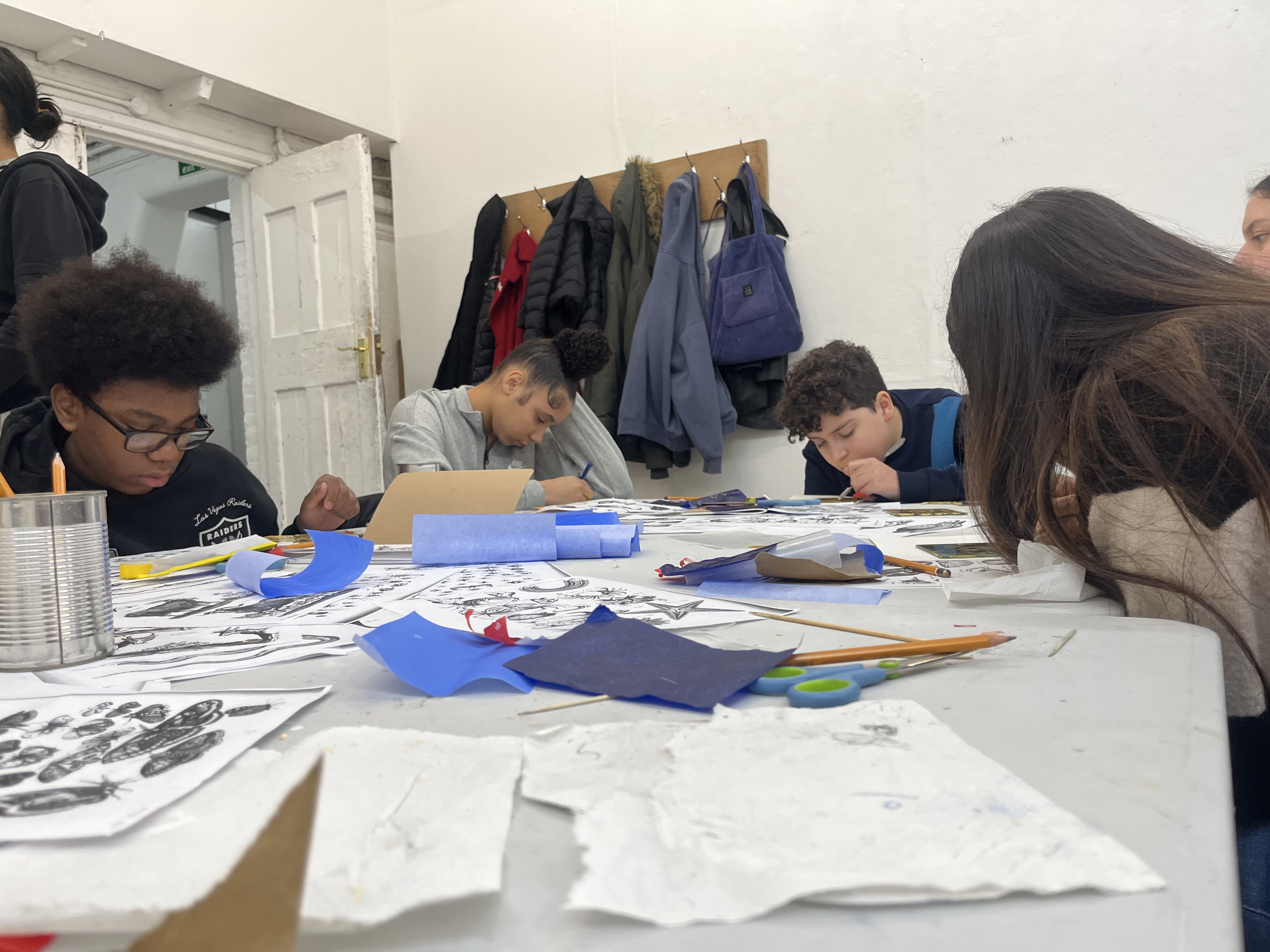
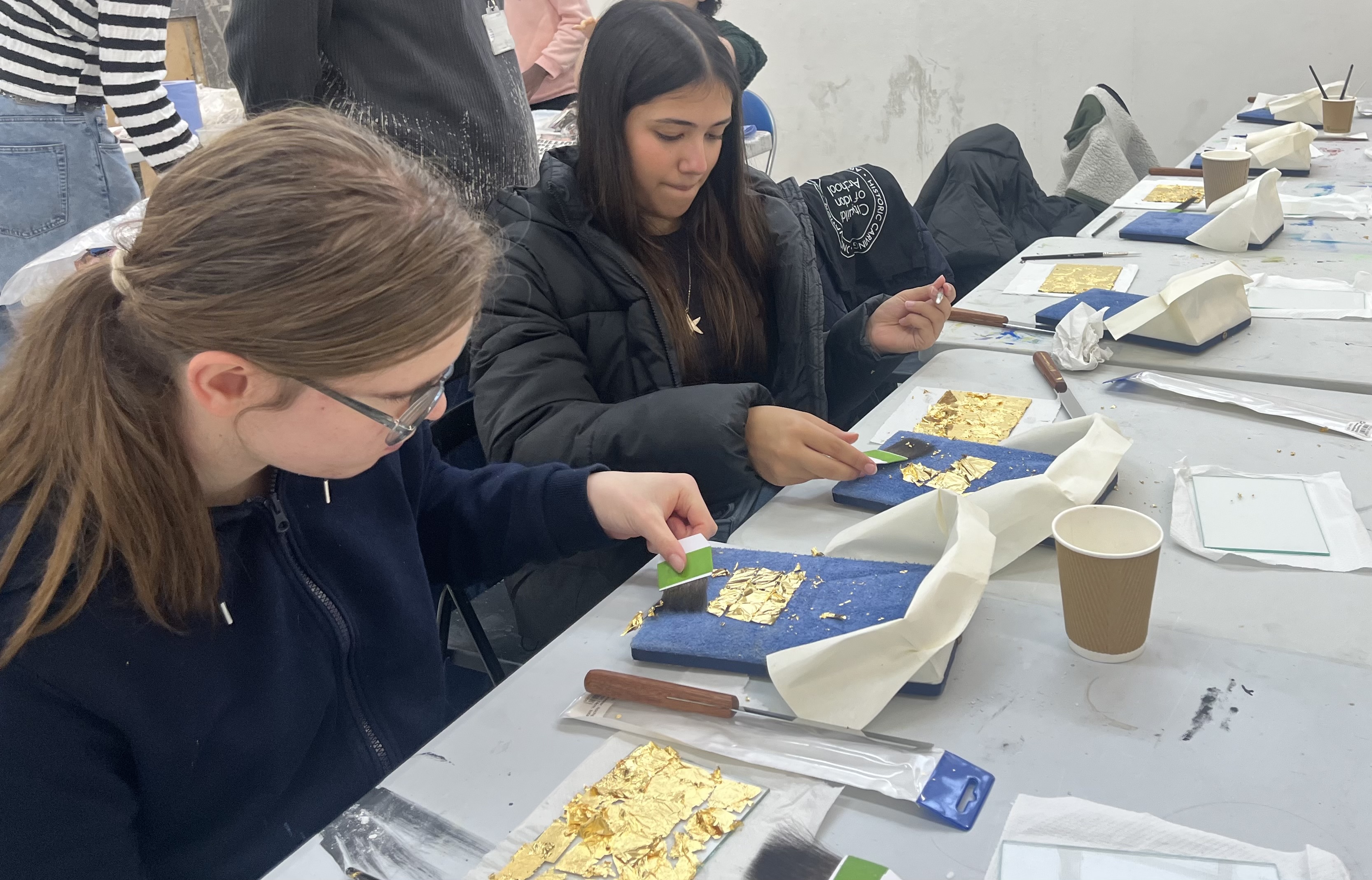
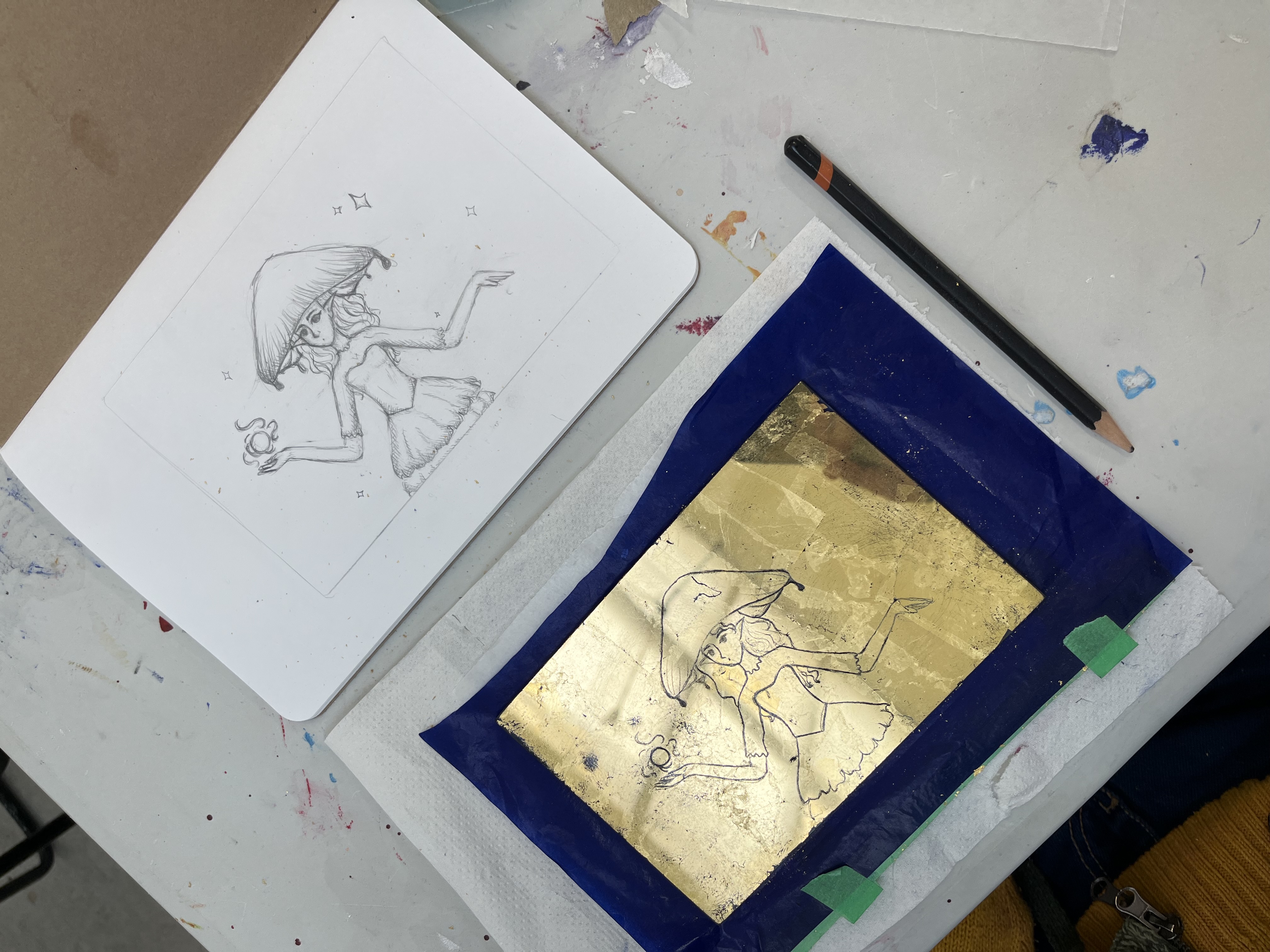
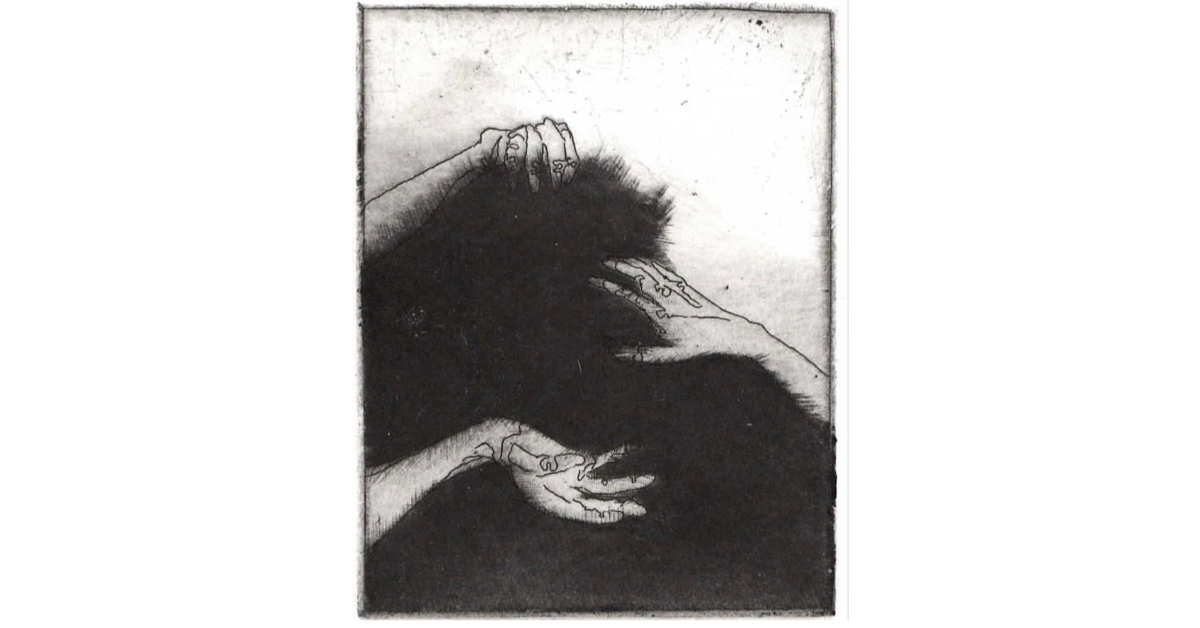
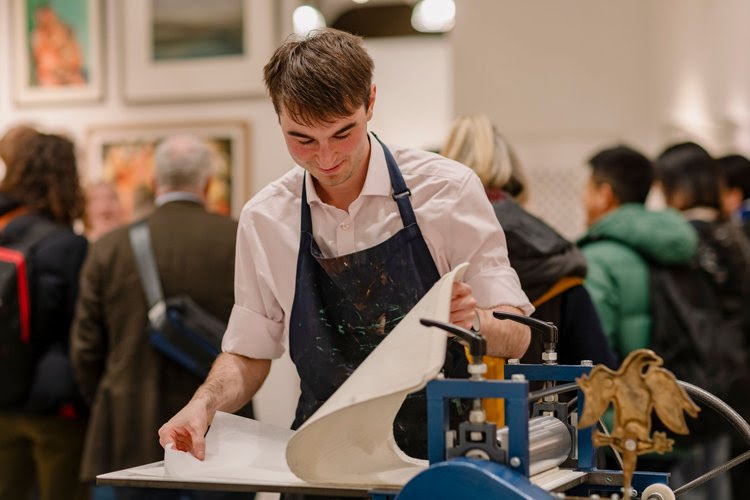


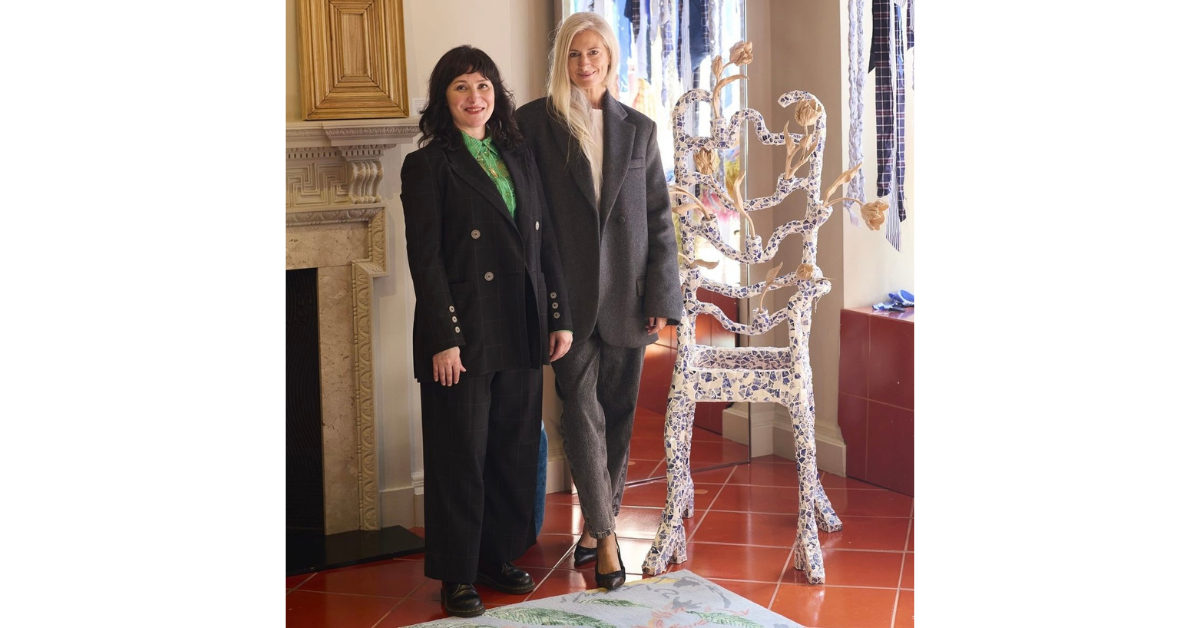
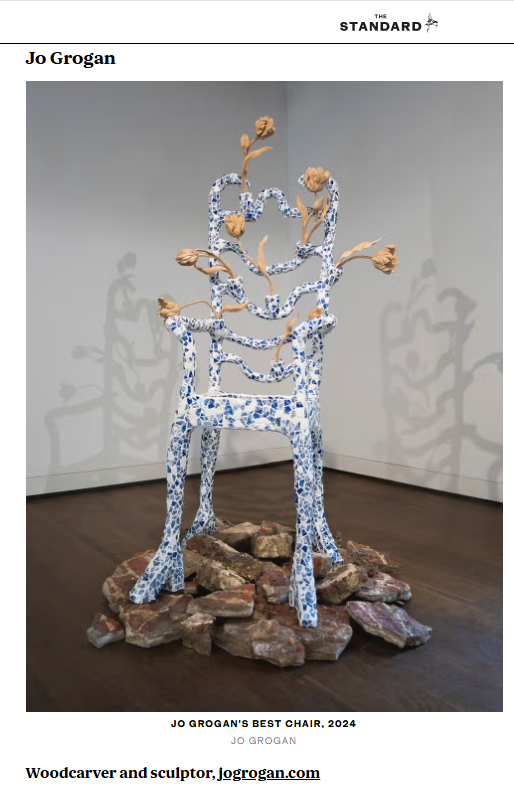
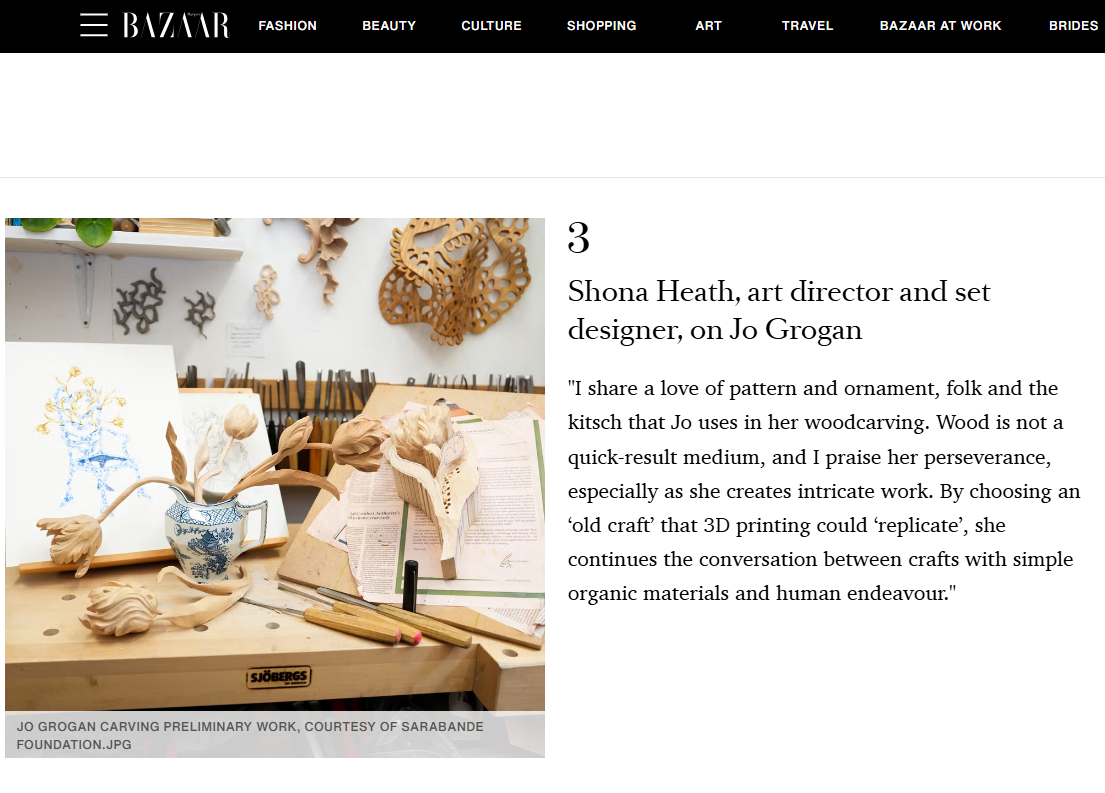 Screenshot: Harper’s Bazaar Online
Screenshot: Harper’s Bazaar Online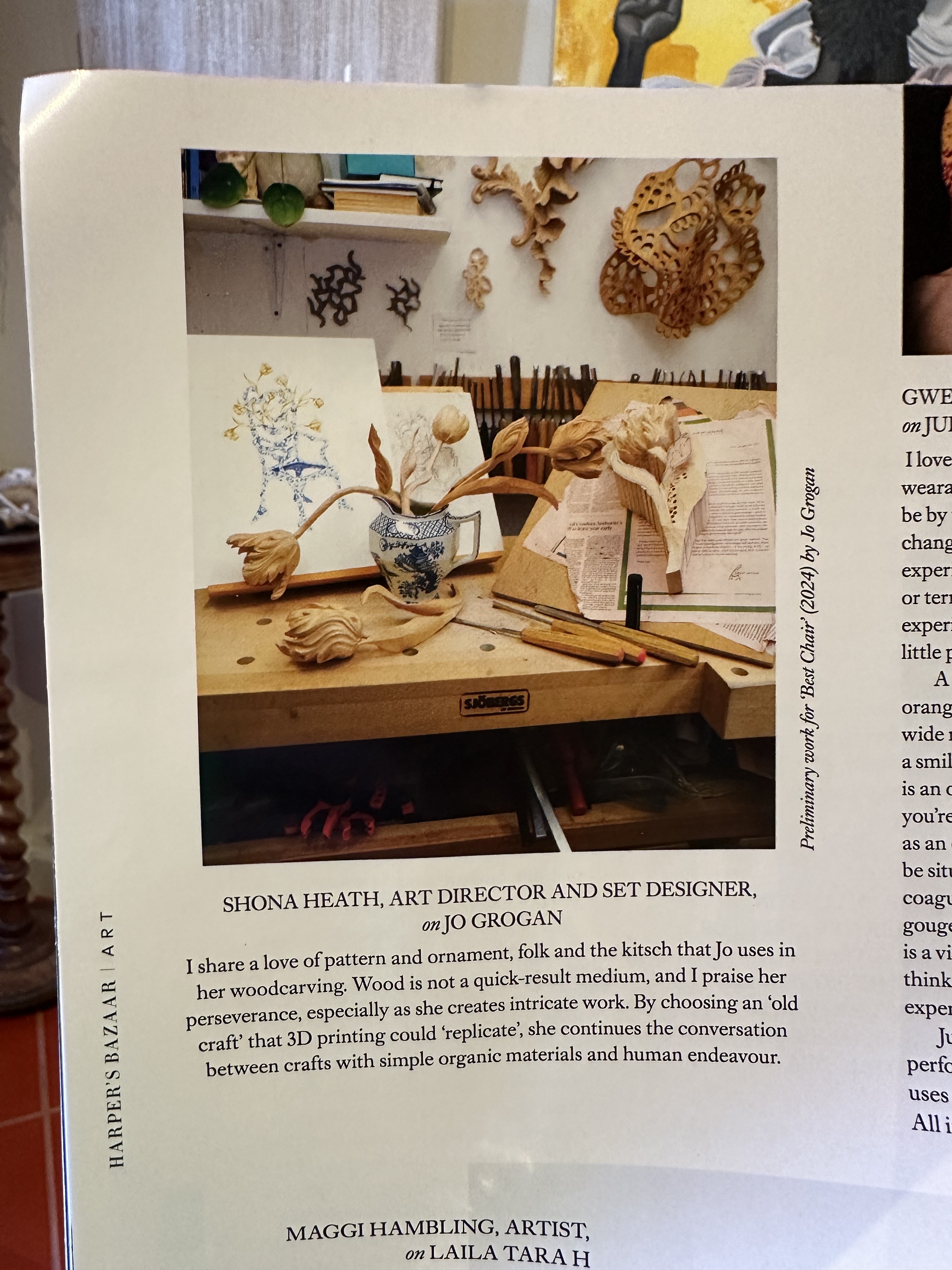
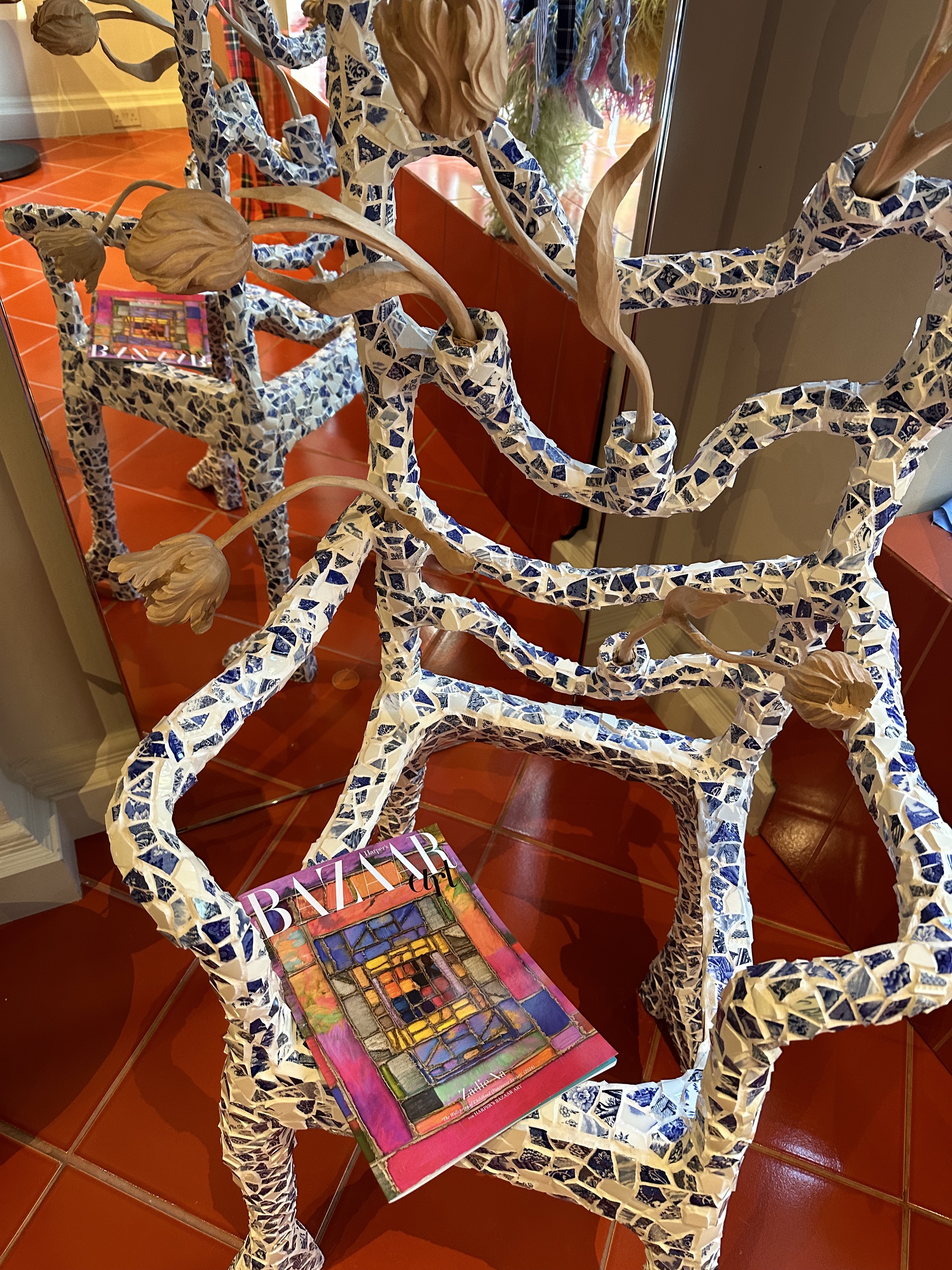
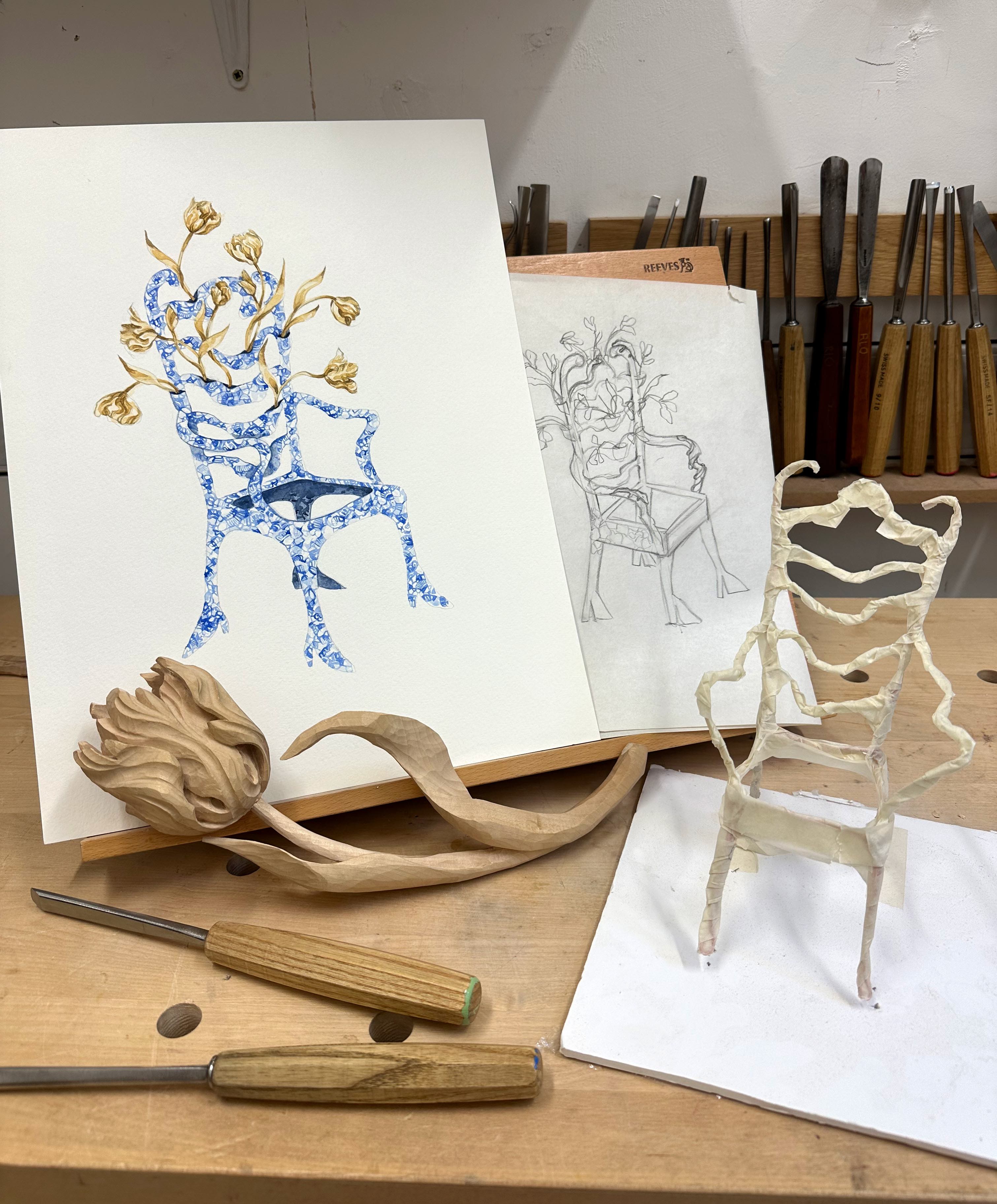 Image Credit: The Sarabande Foundation
Image Credit: The Sarabande Foundation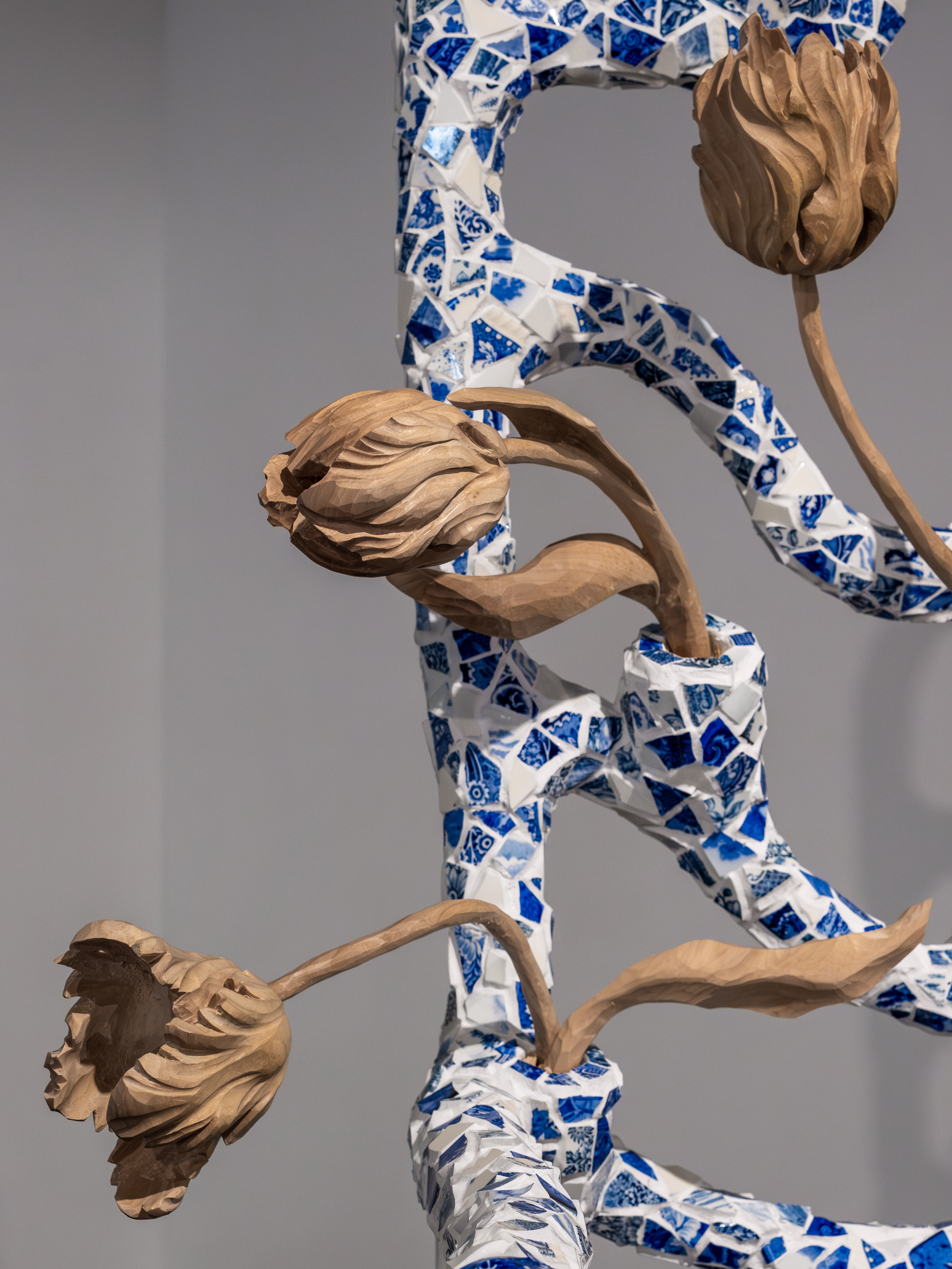
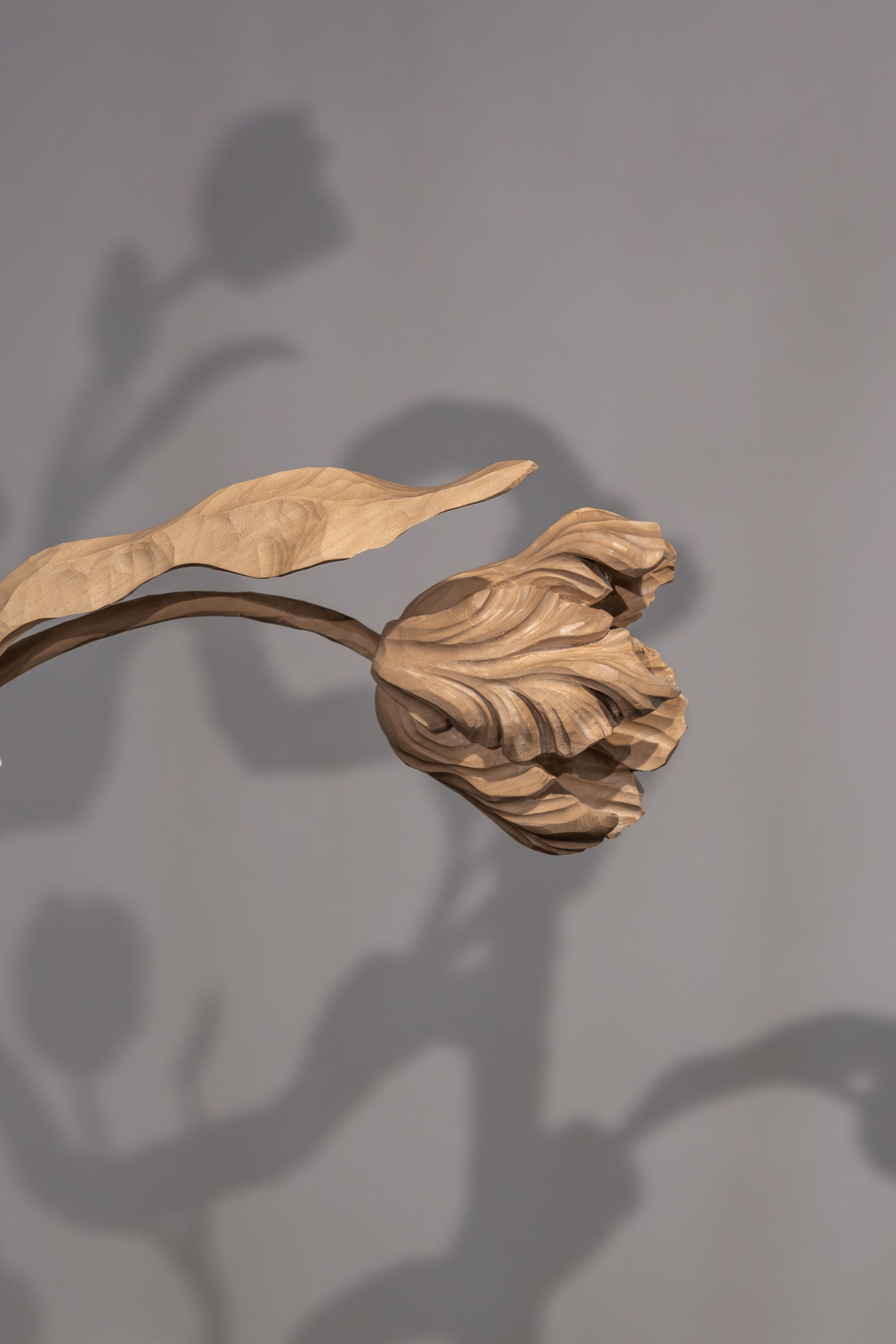
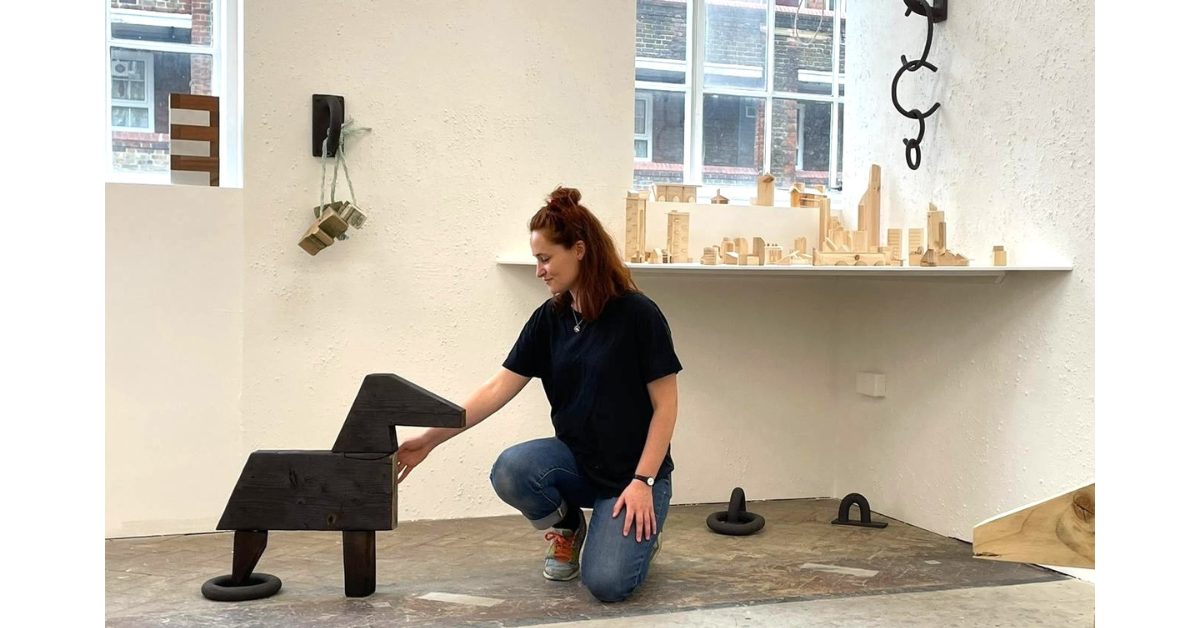
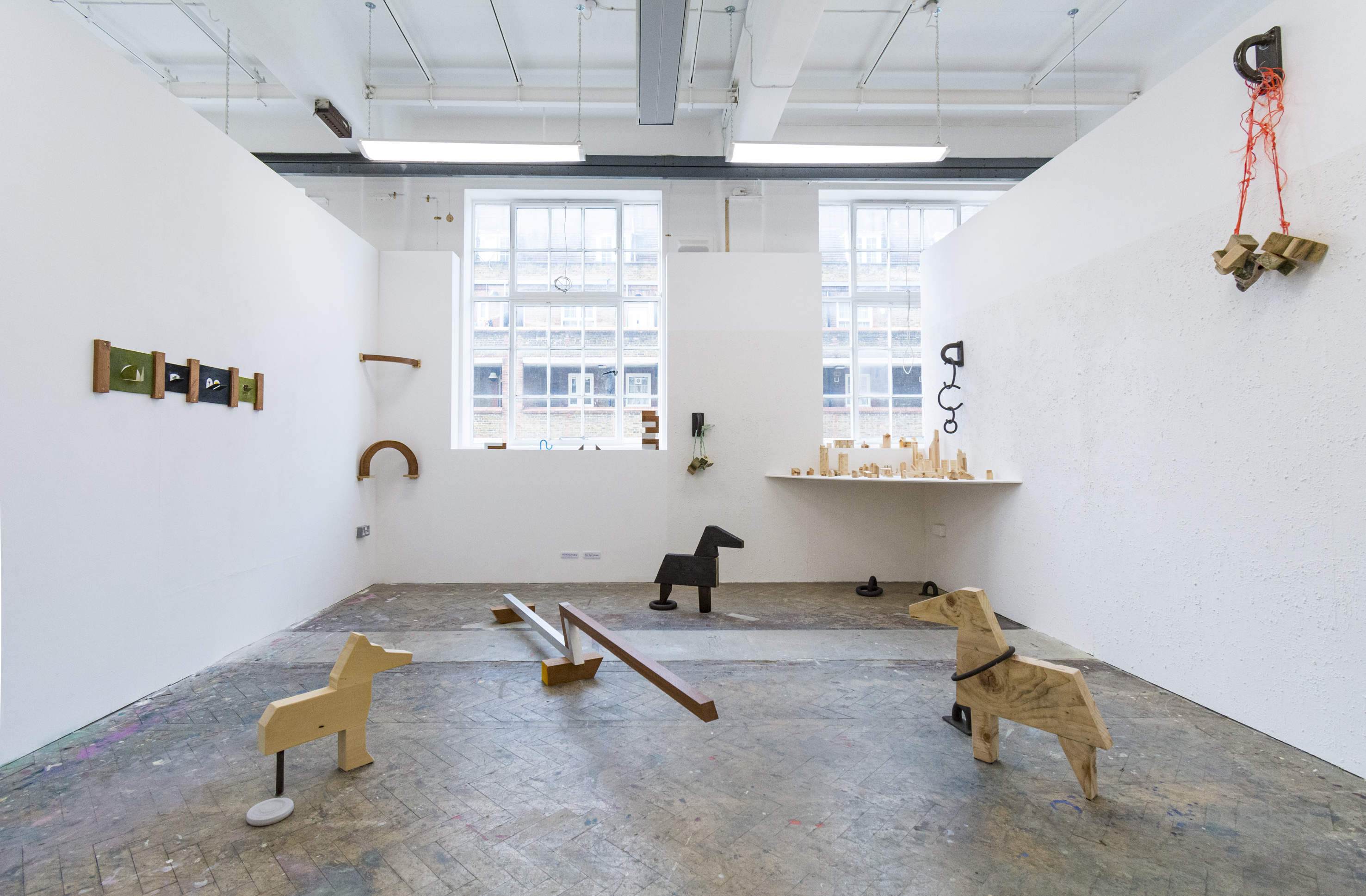 Exhibition of Fellowship works, 2023
Exhibition of Fellowship works, 2023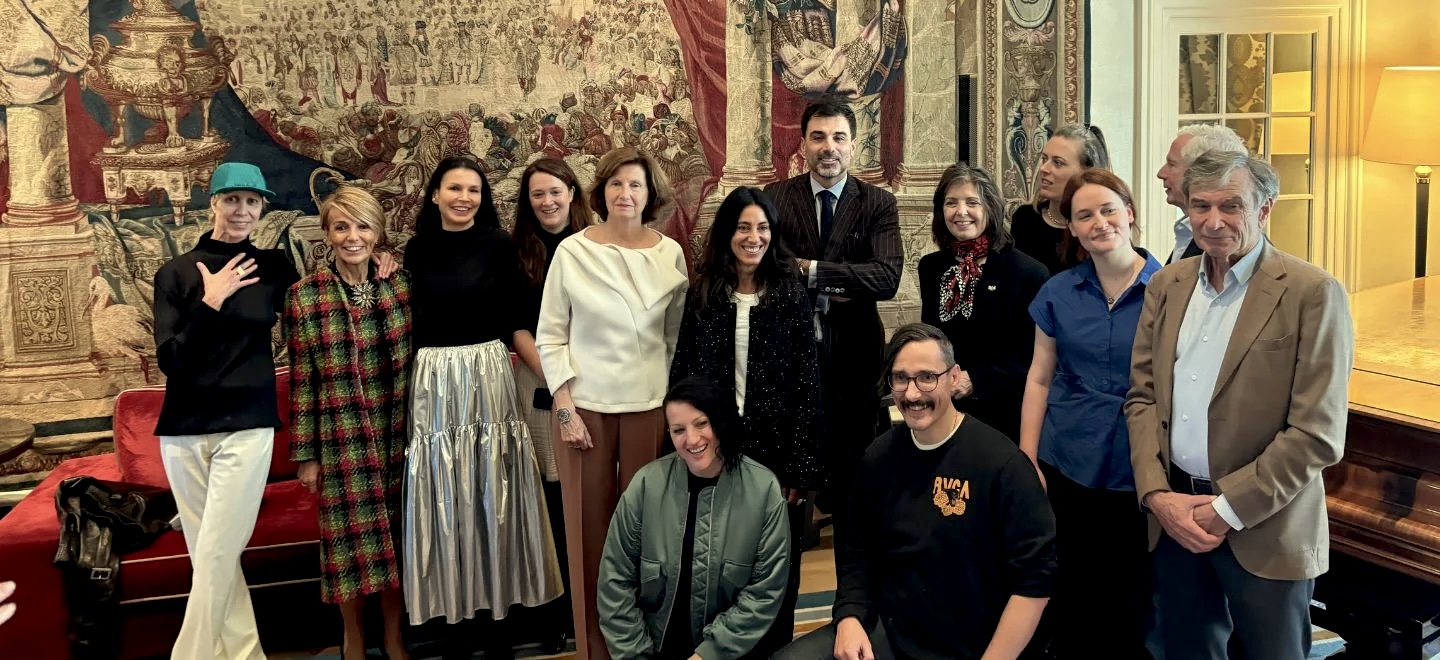 Image from event at the French embassy
Image from event at the French embassy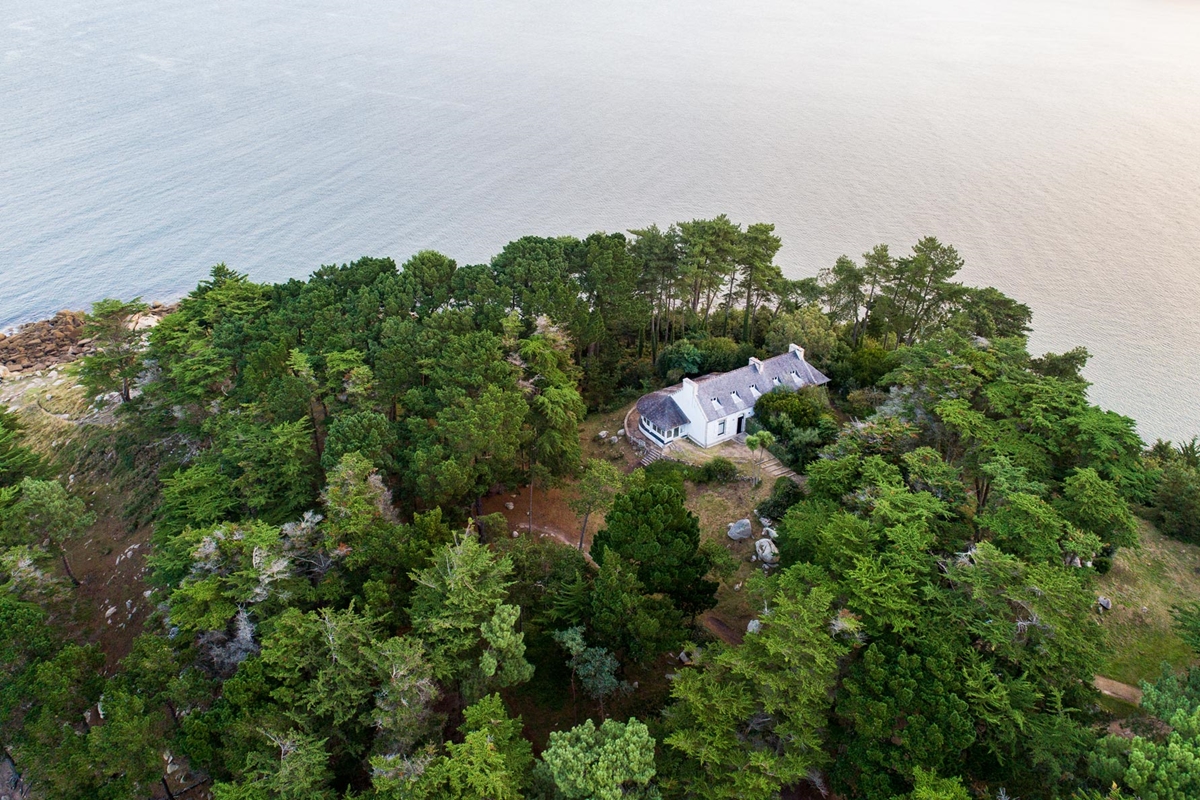 Image of residency space
Image of residency space
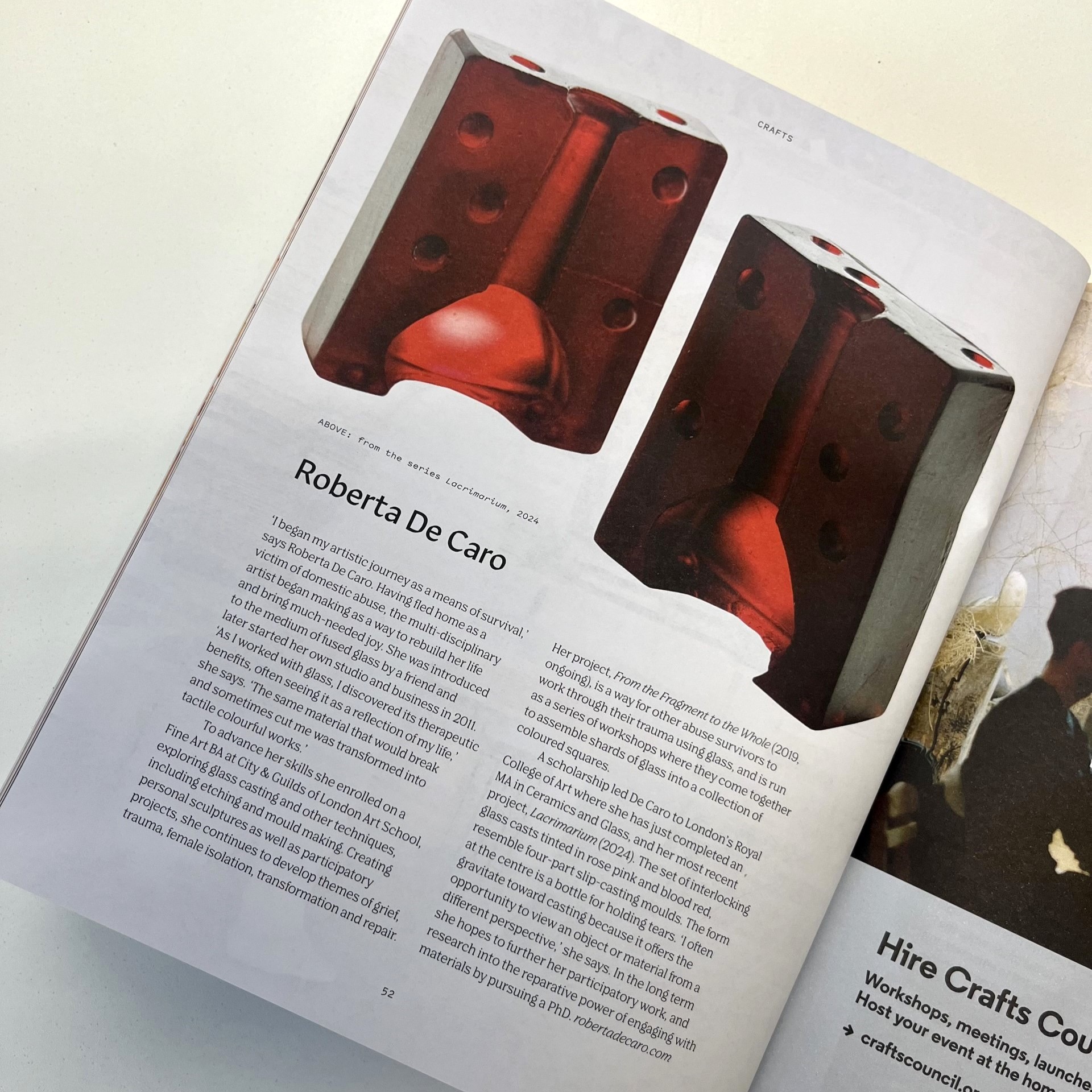
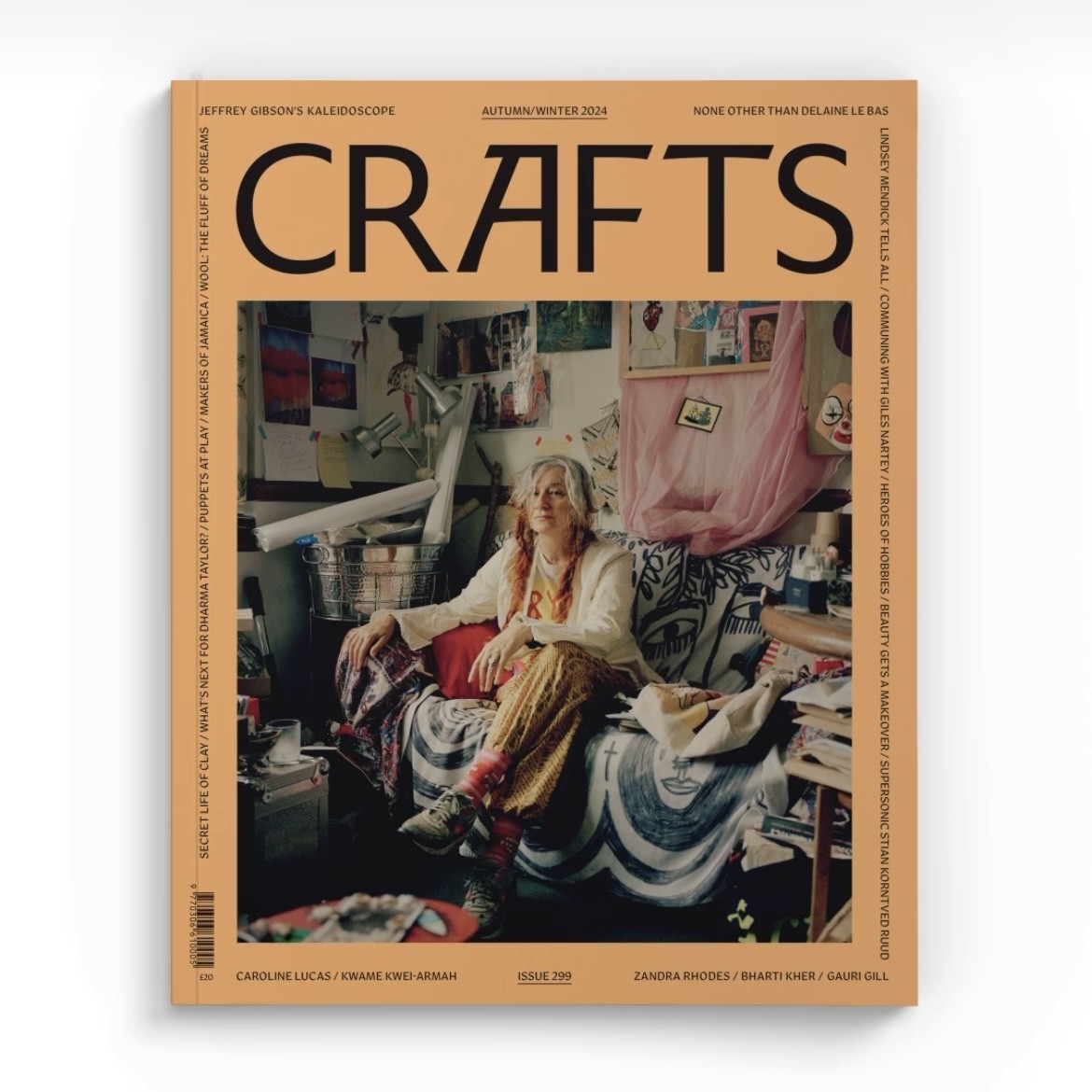 Image credit: Crafts Magazine
Image credit: Crafts Magazine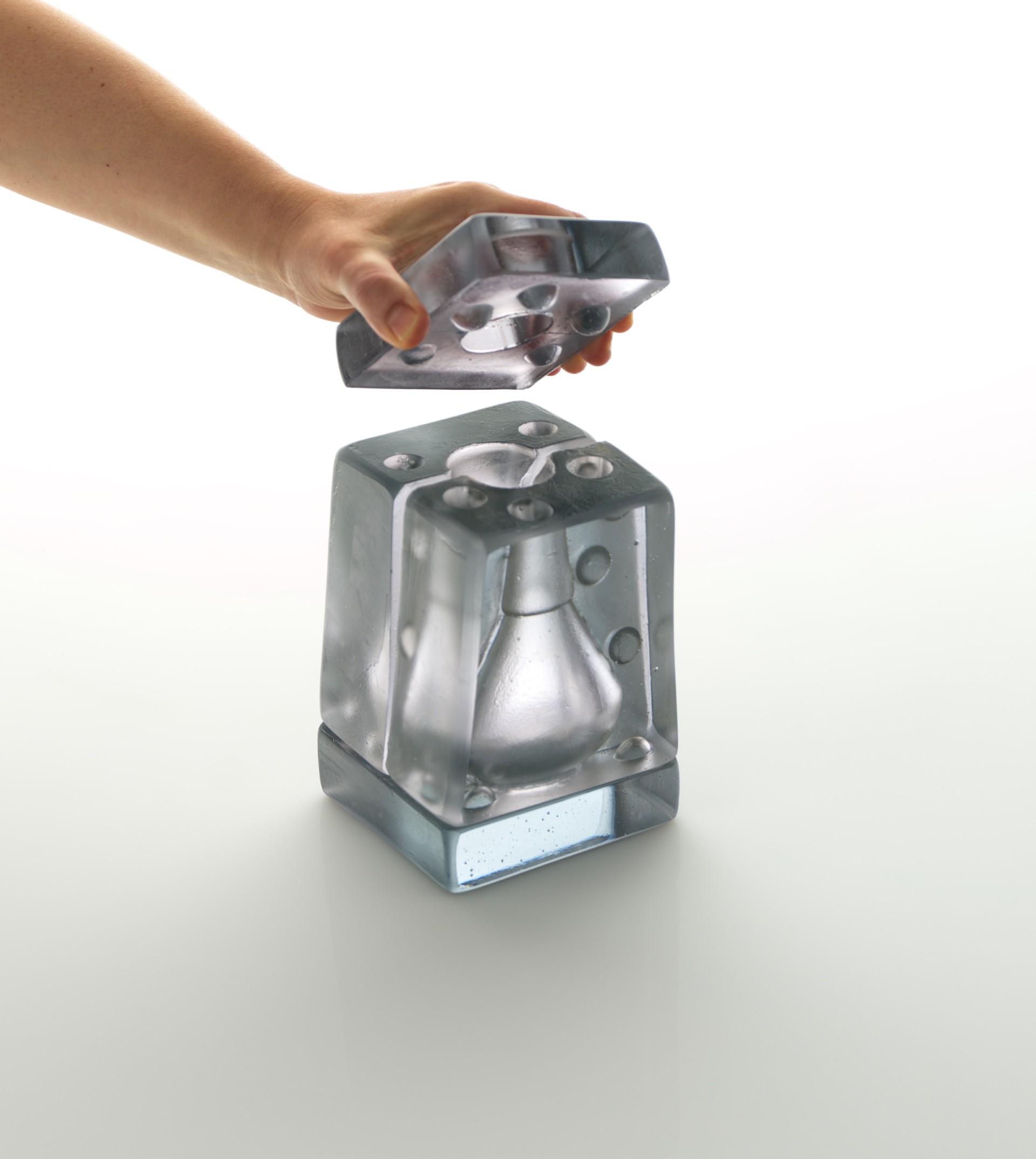 ‘Tears for Breakfast, 2024’, Image Credit: Sylvain Deleu
‘Tears for Breakfast, 2024’, Image Credit: Sylvain Deleu
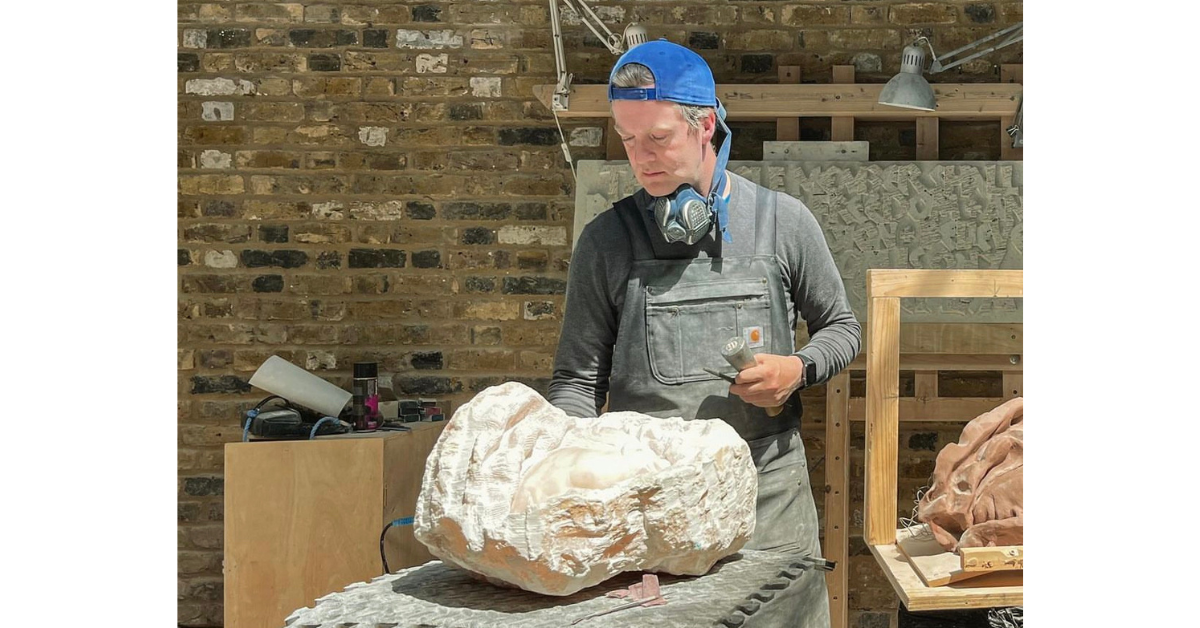
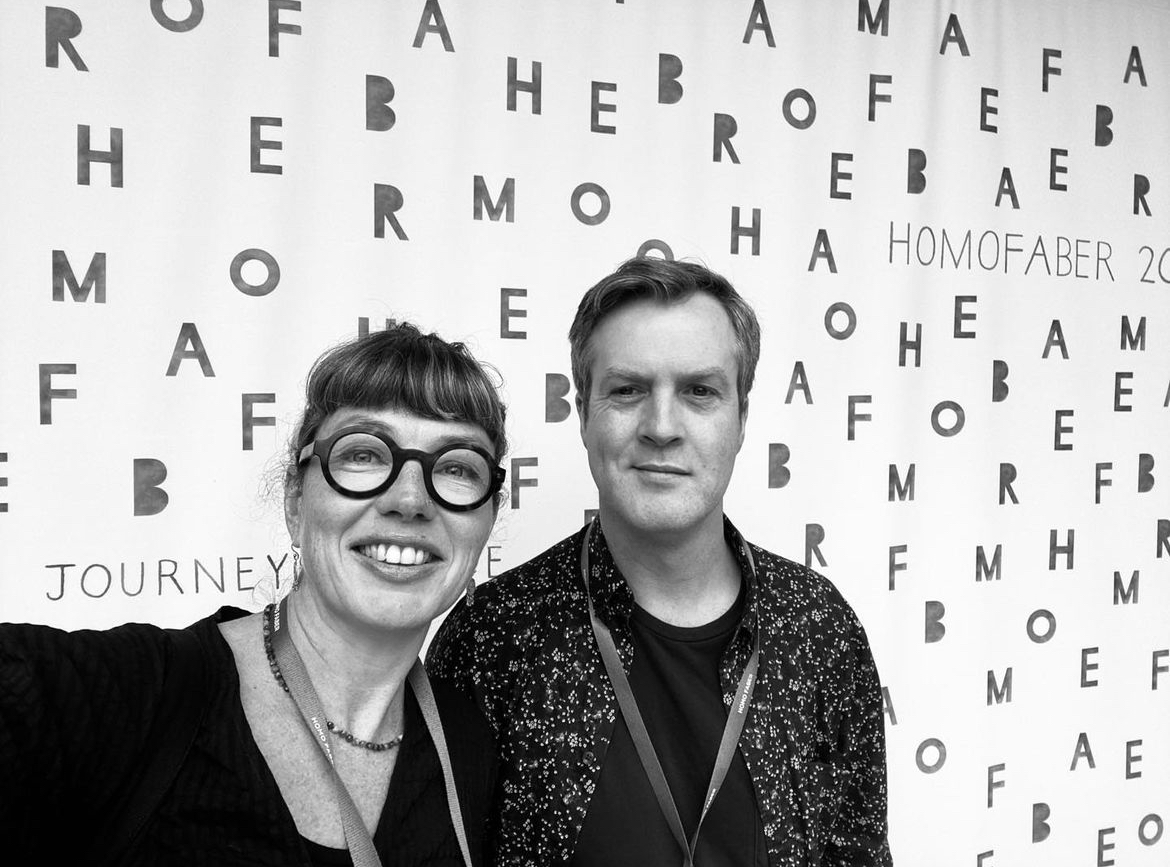 Helen and Finn getting started on the Homo Faber Programme in Venice. Image credit: Helen O’Connell
Helen and Finn getting started on the Homo Faber Programme in Venice. Image credit: Helen O’Connell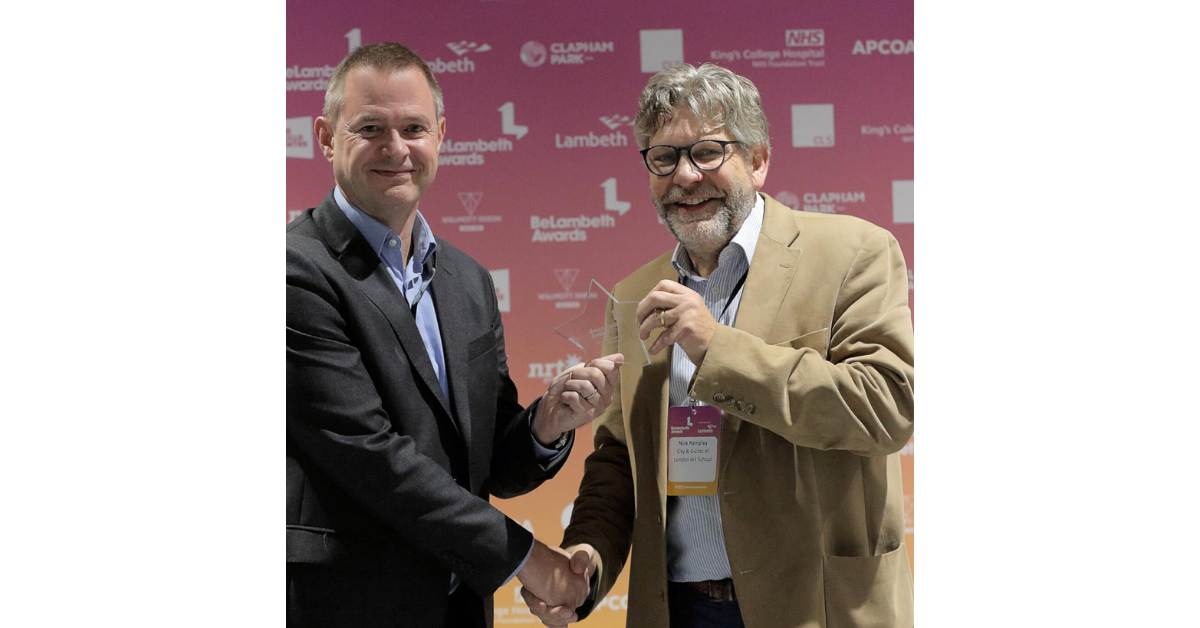

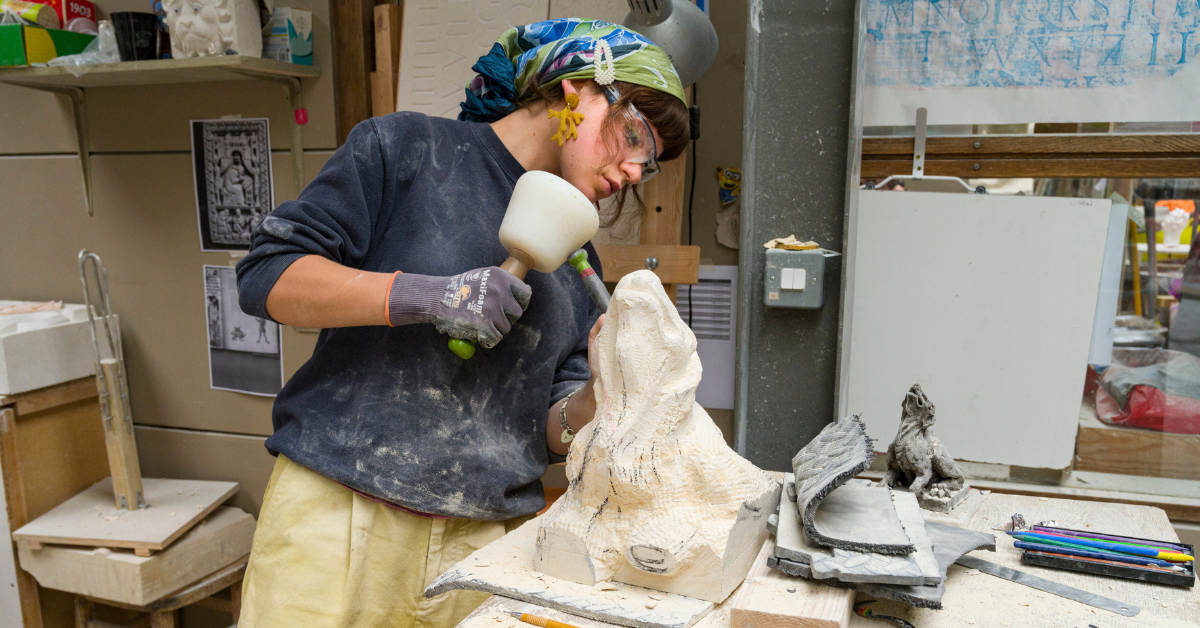
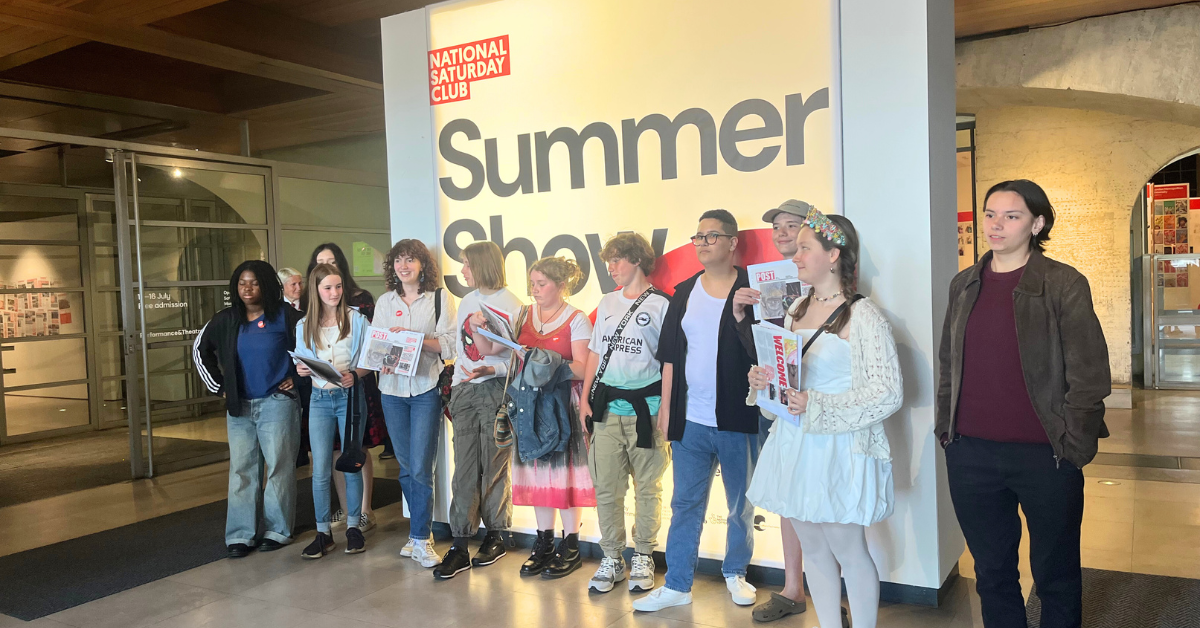
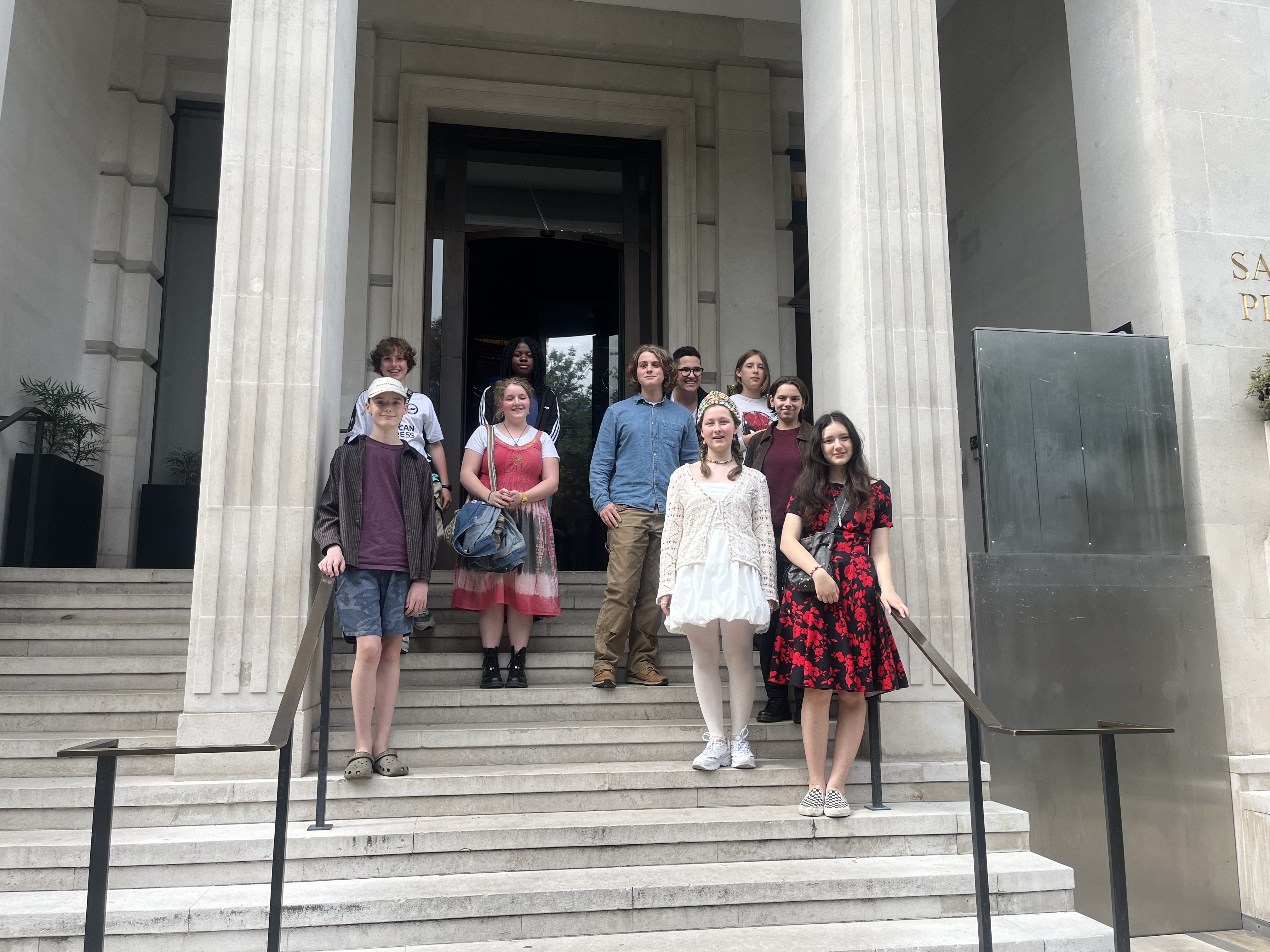
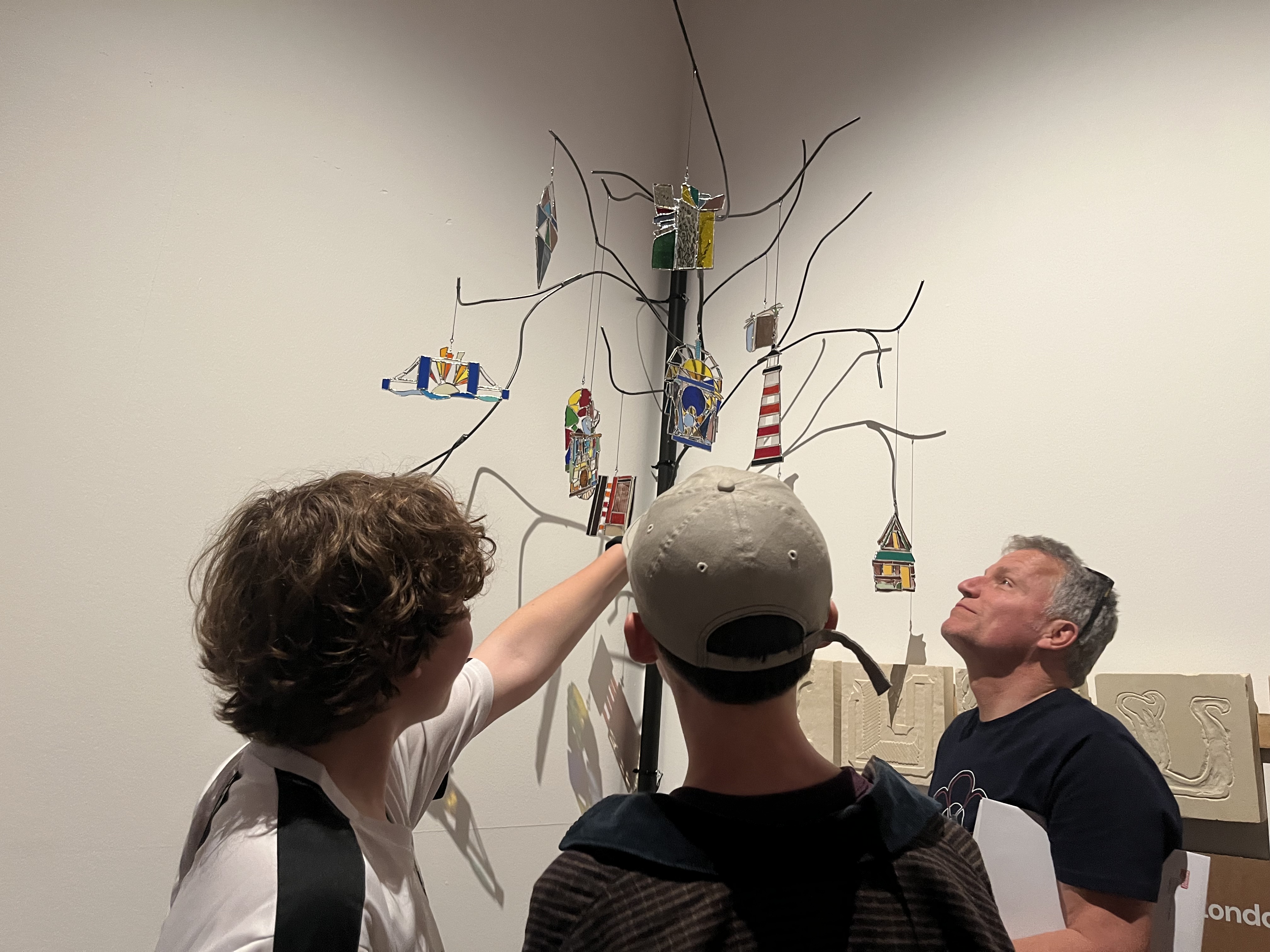

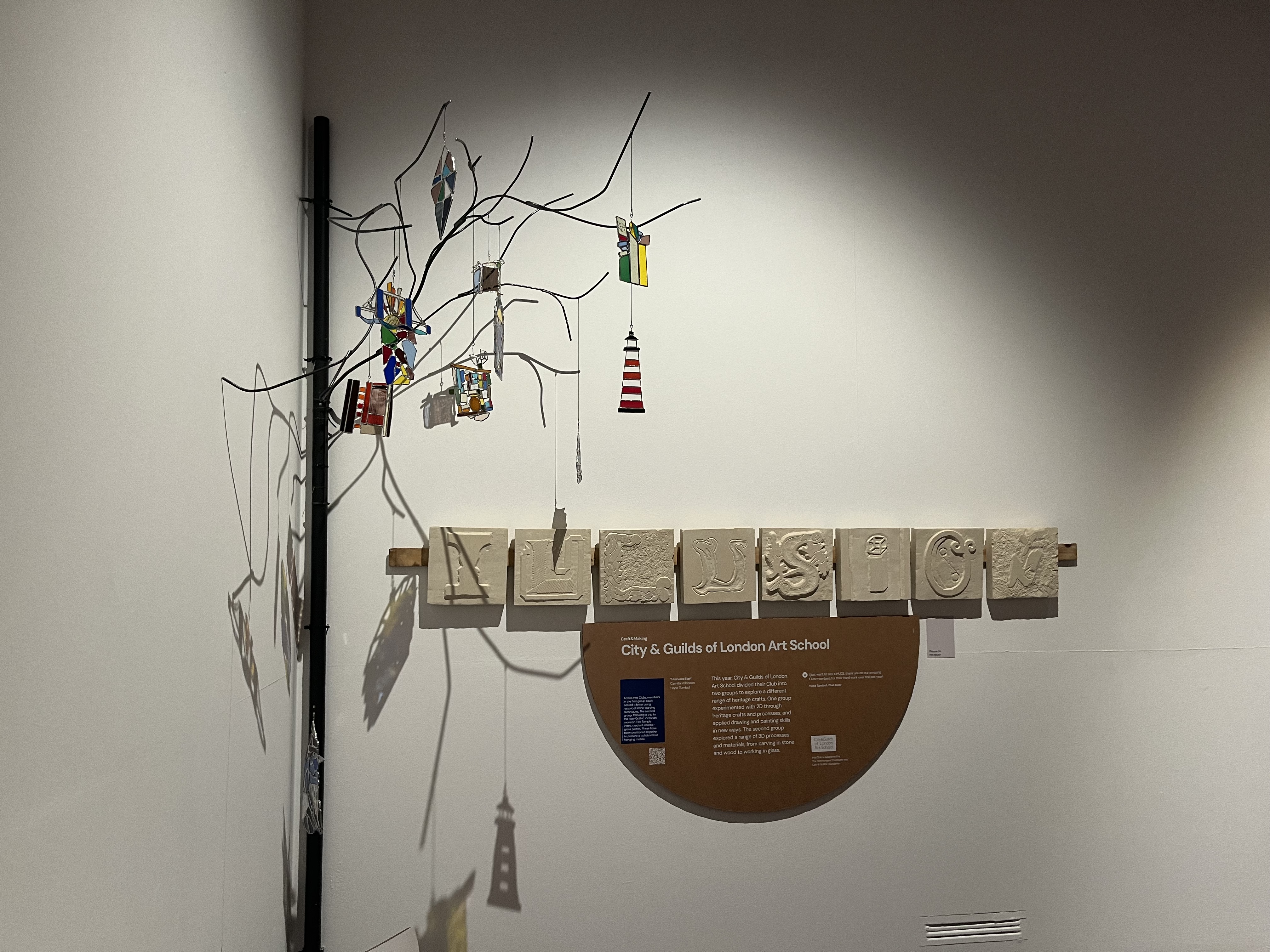
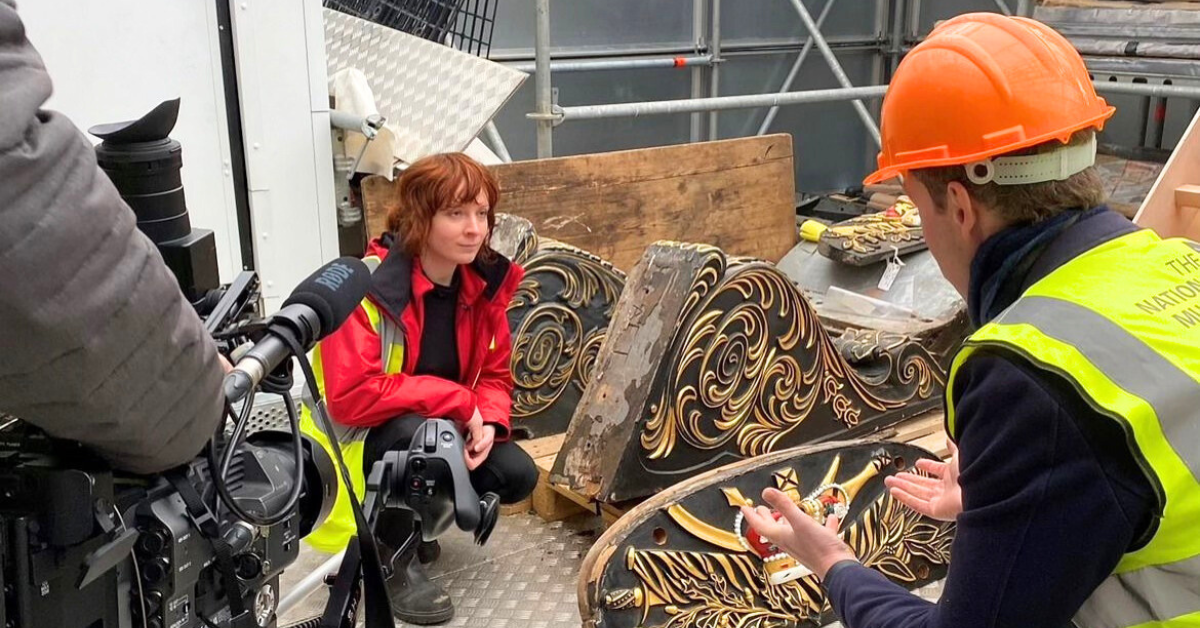
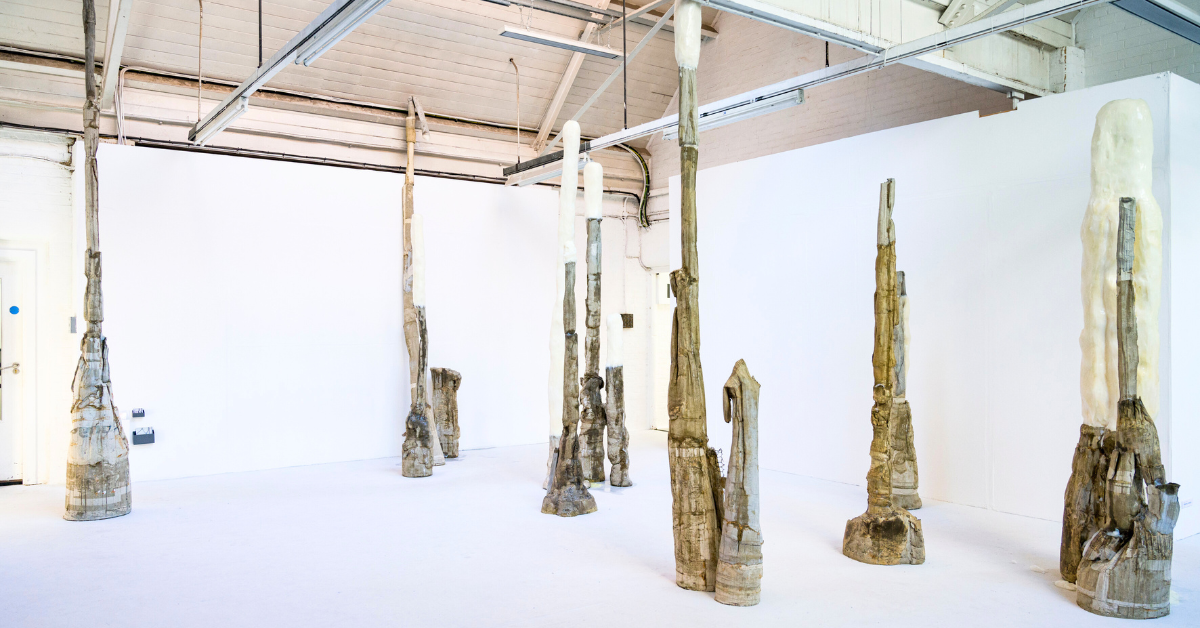
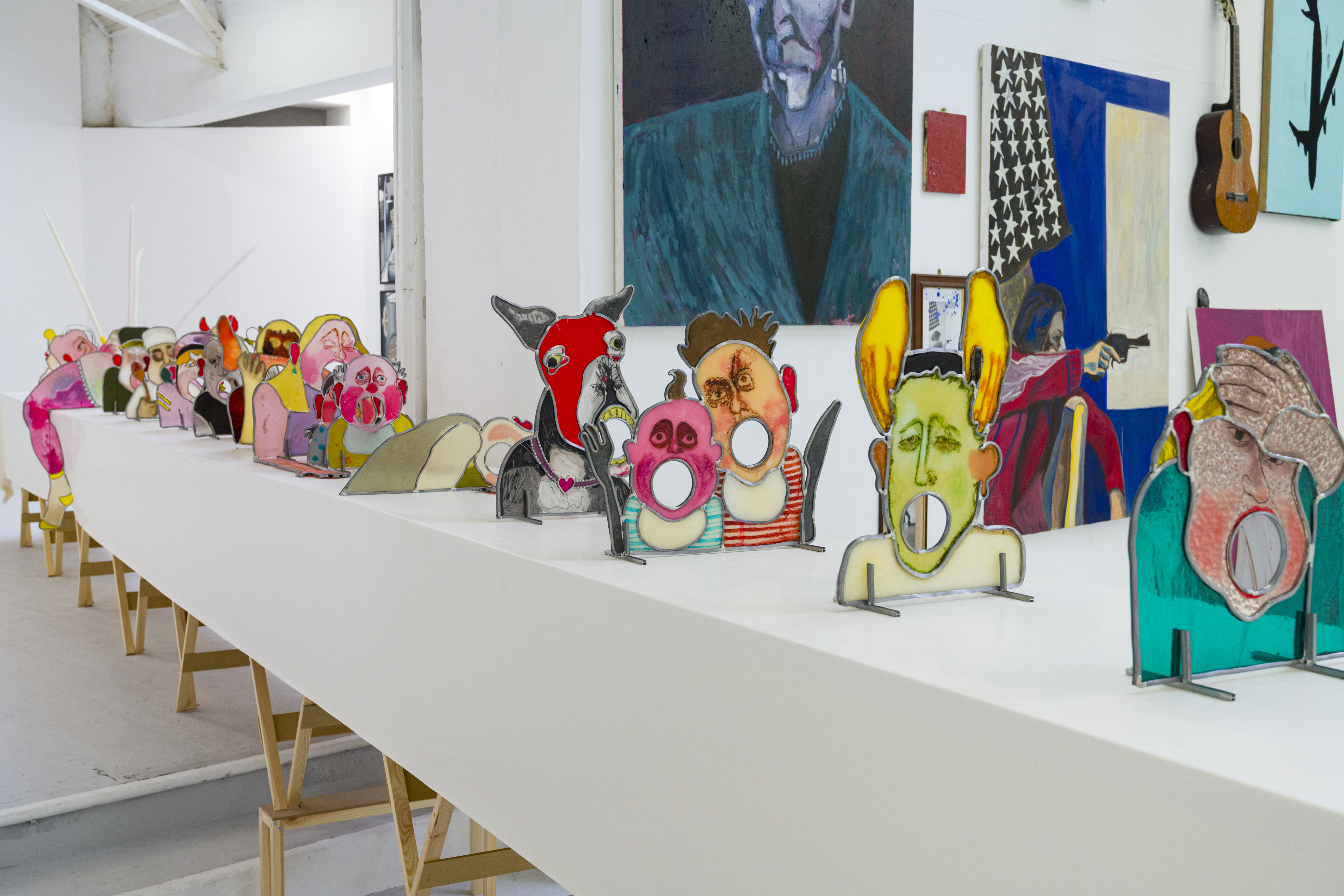
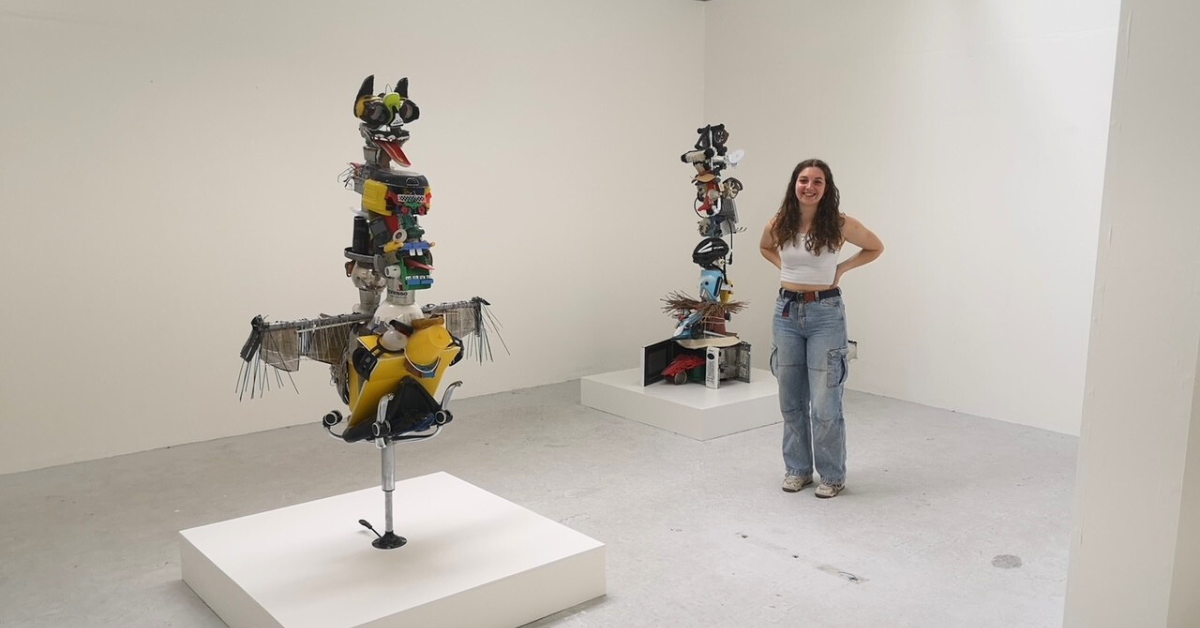
 Image credit: Liz McLaren
Image credit: Liz McLaren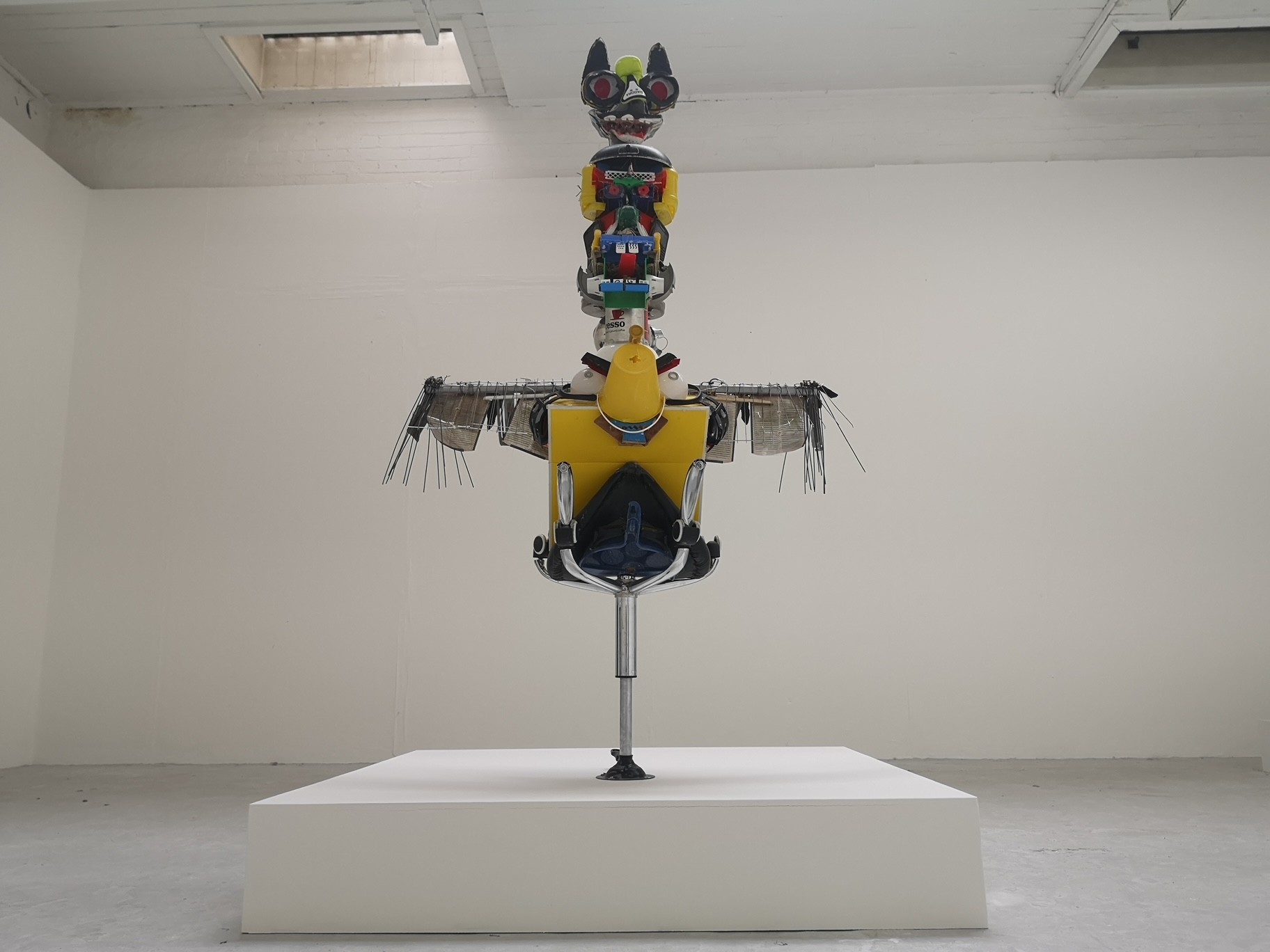 Image credit: Katarina Jimack
Image credit: Katarina Jimack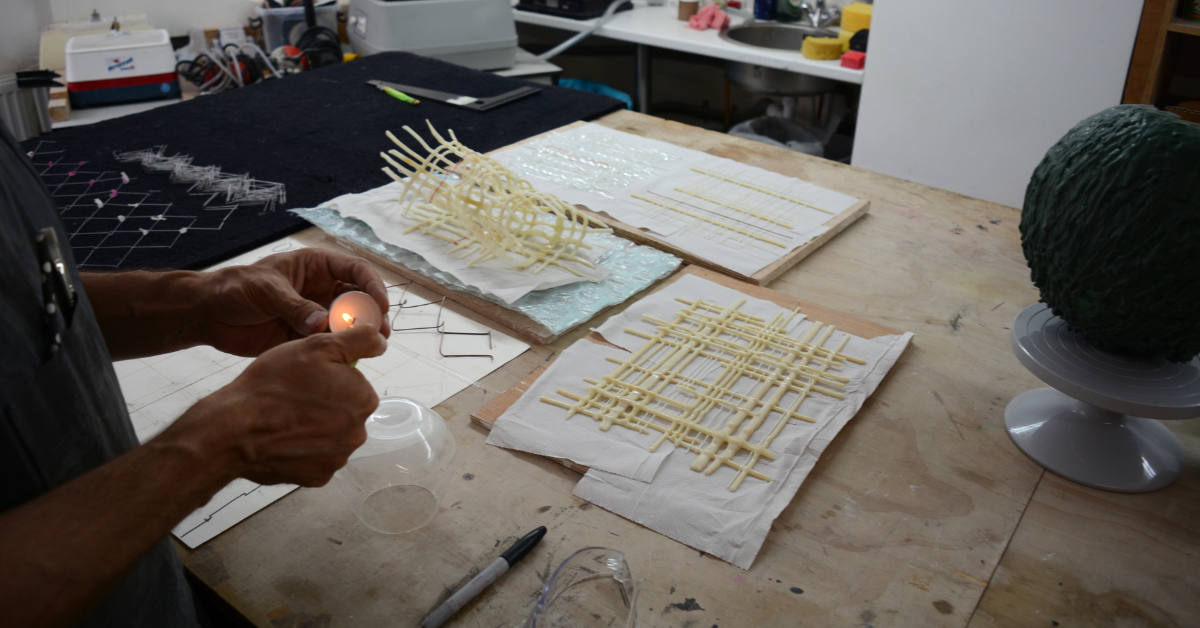
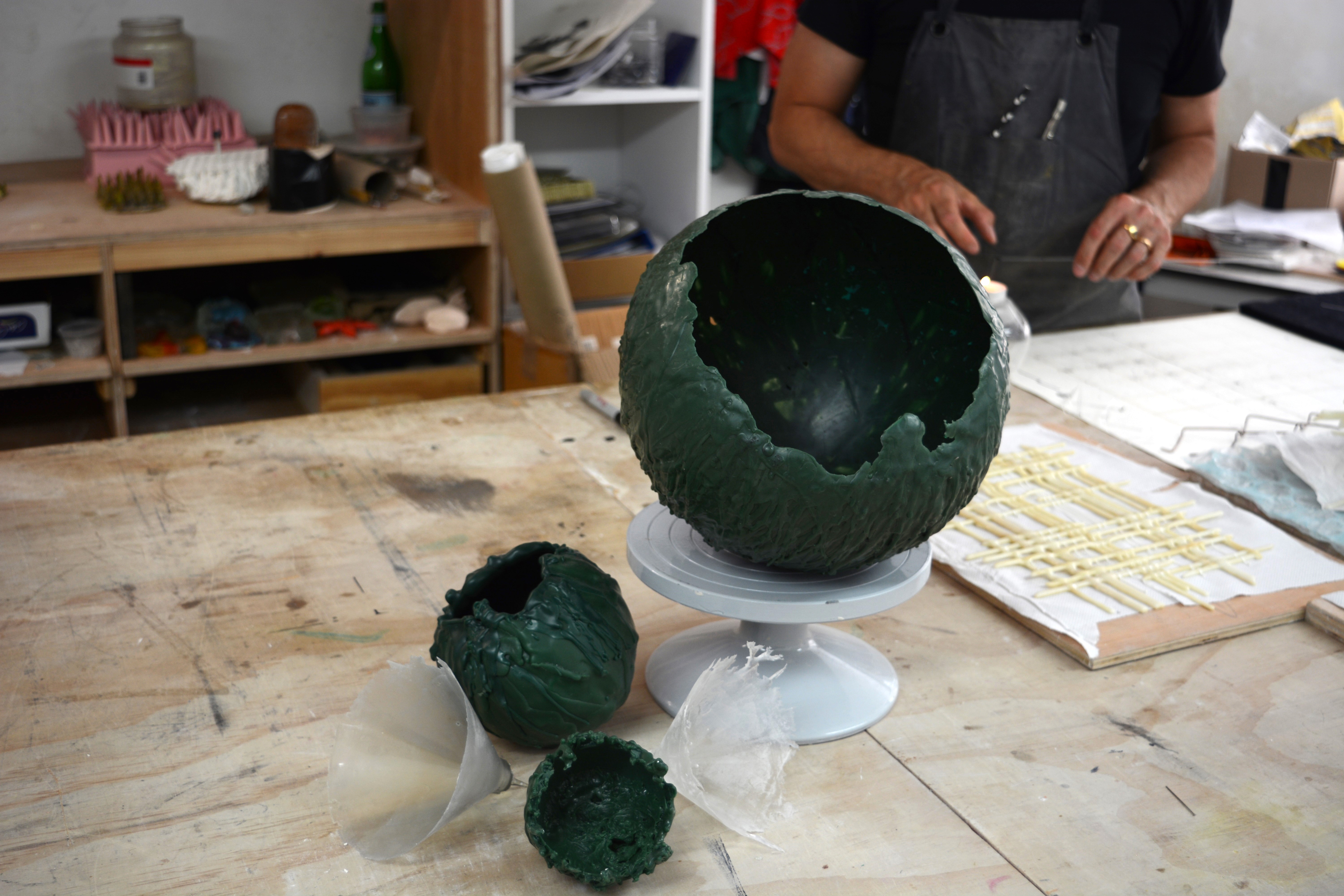
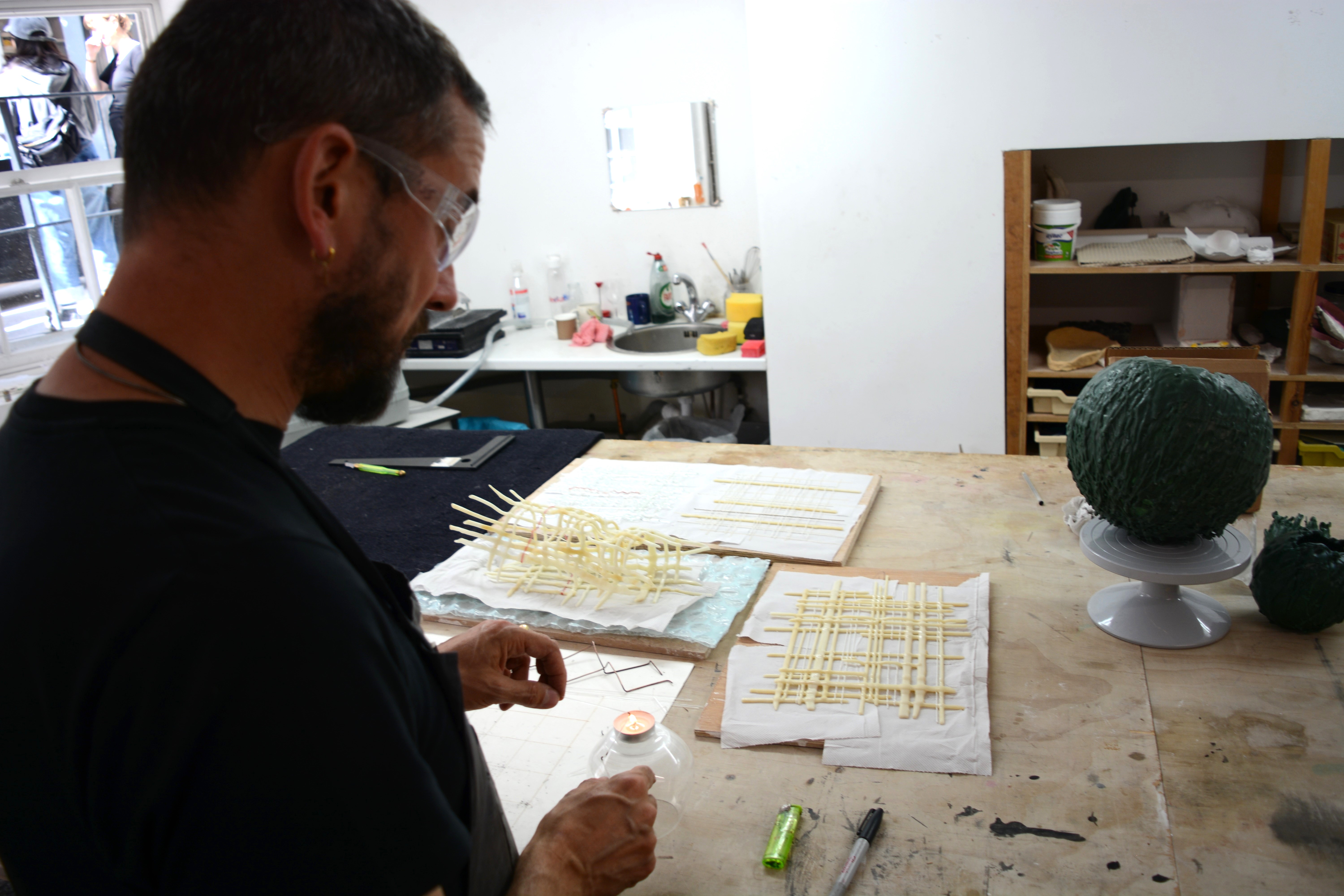
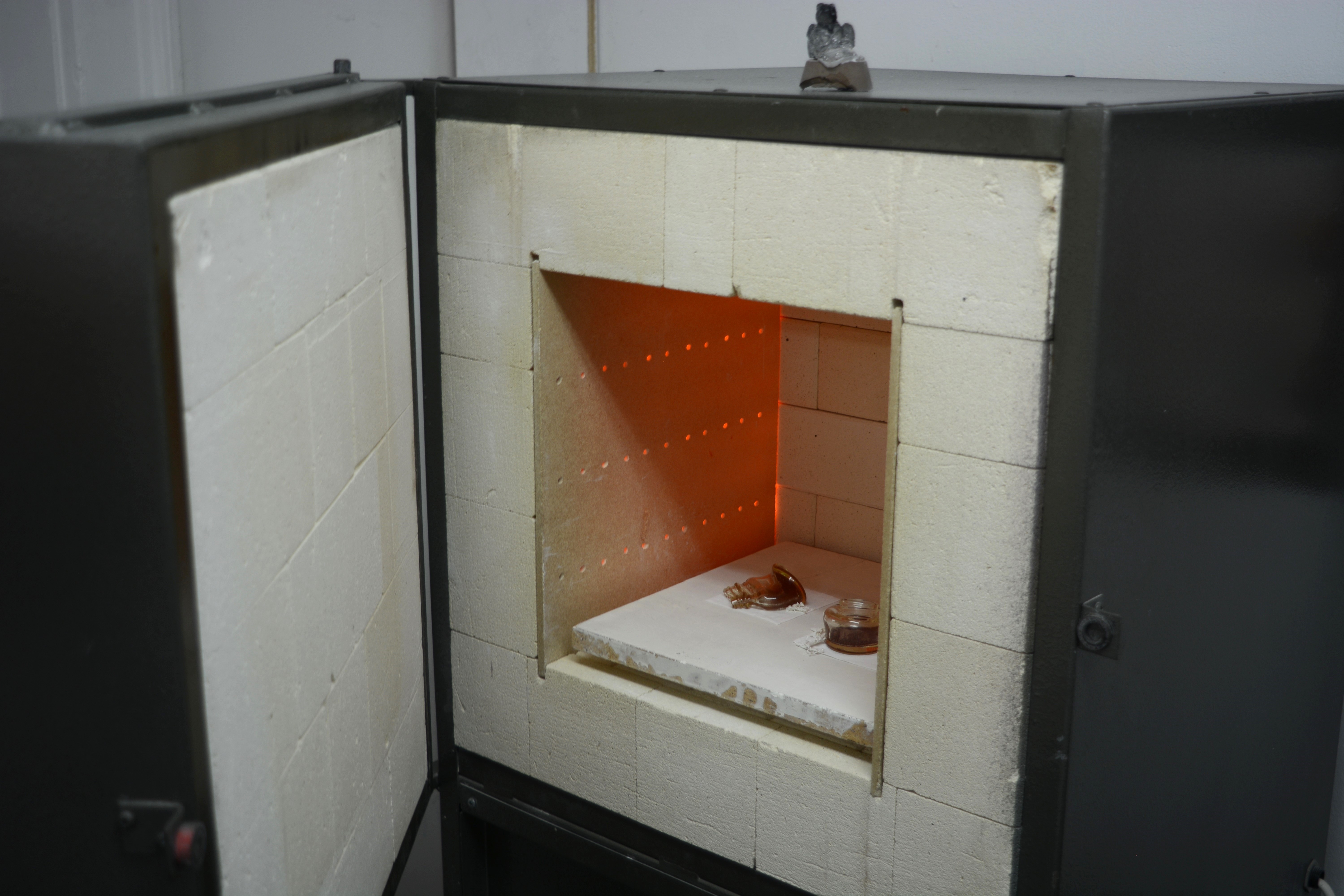
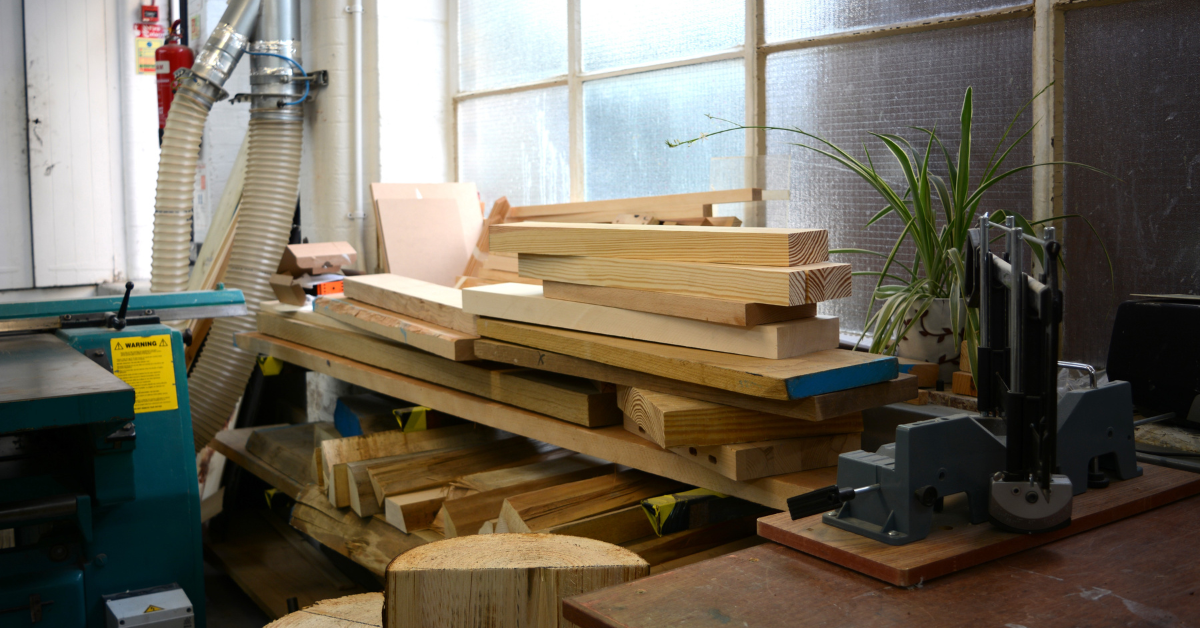
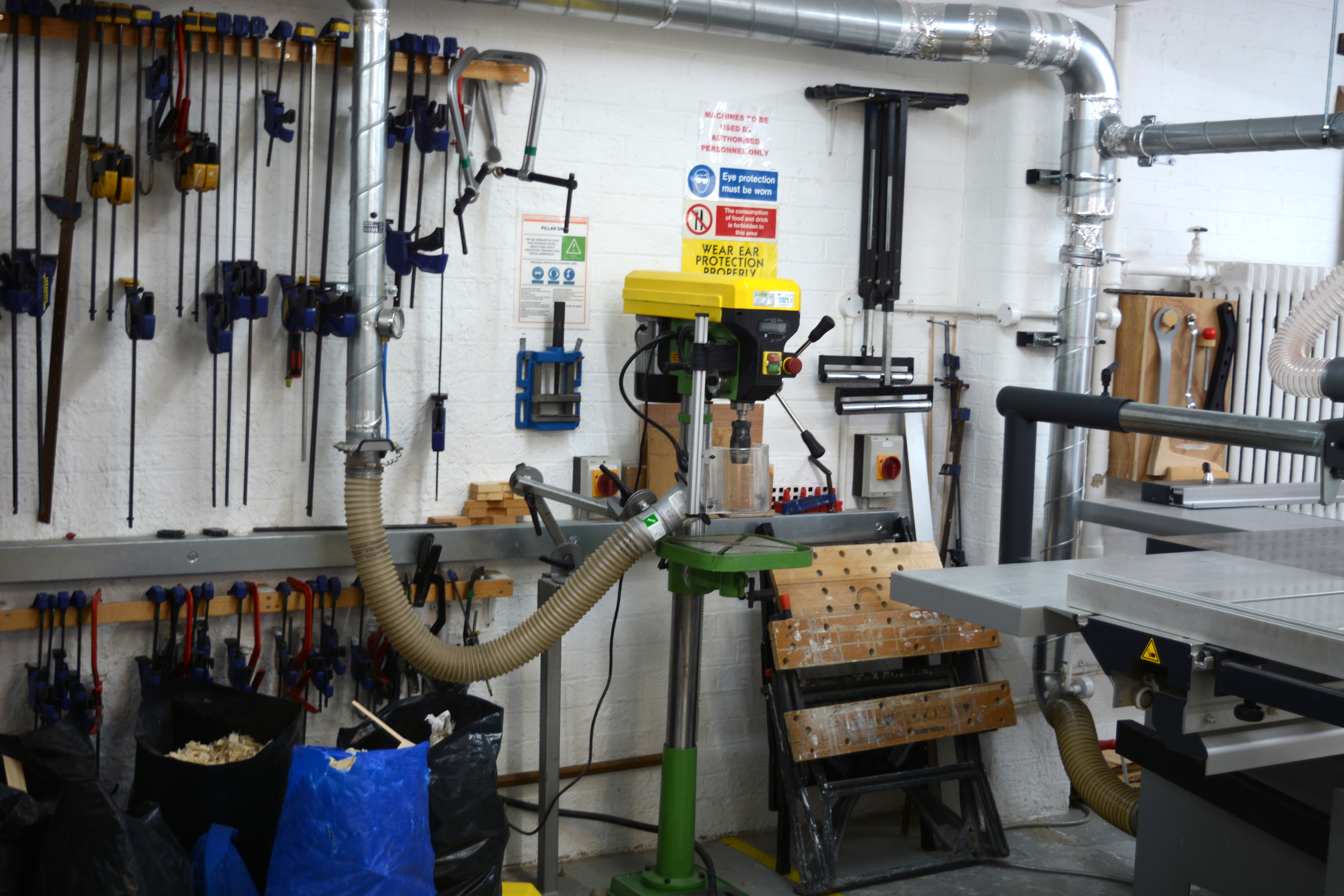
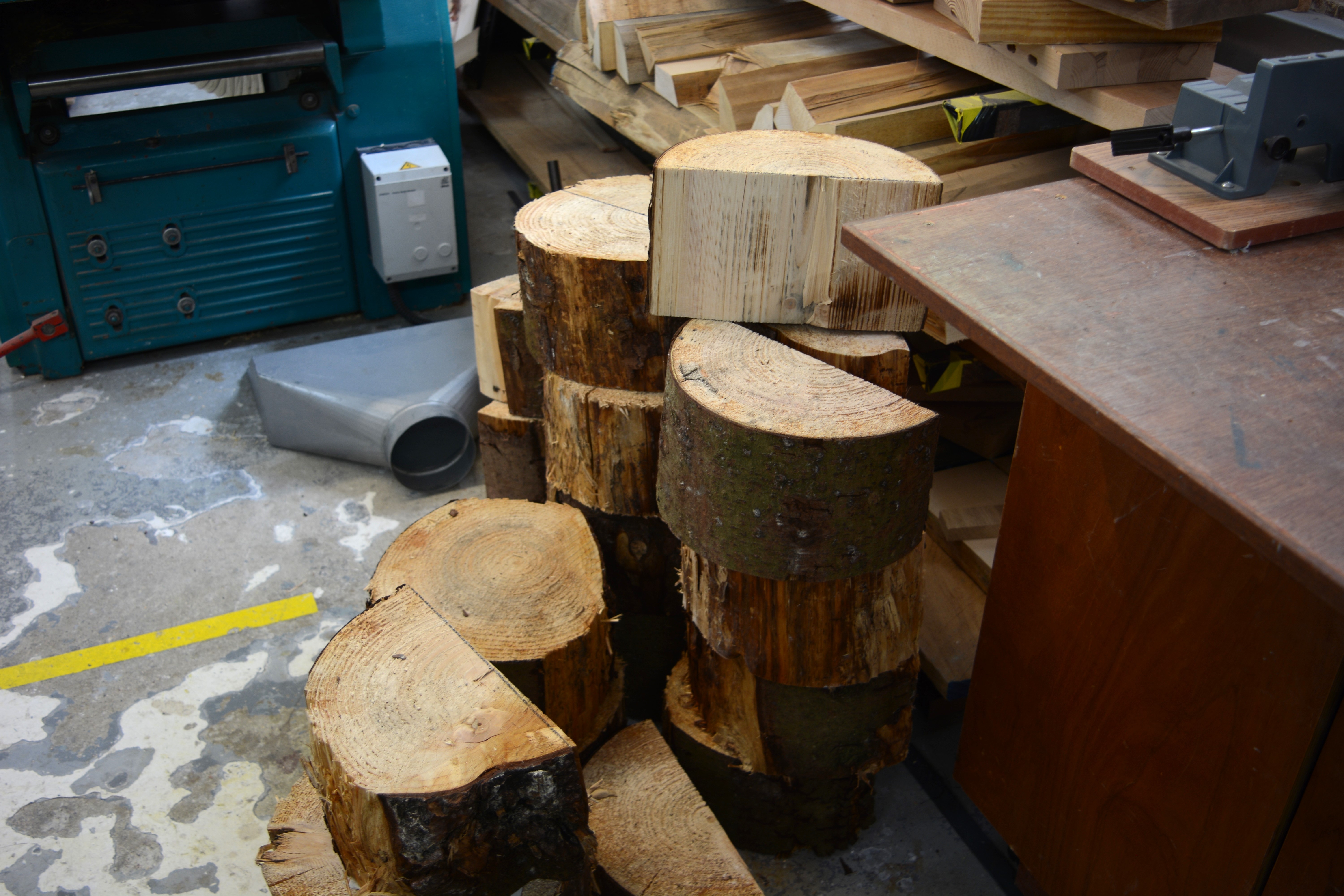
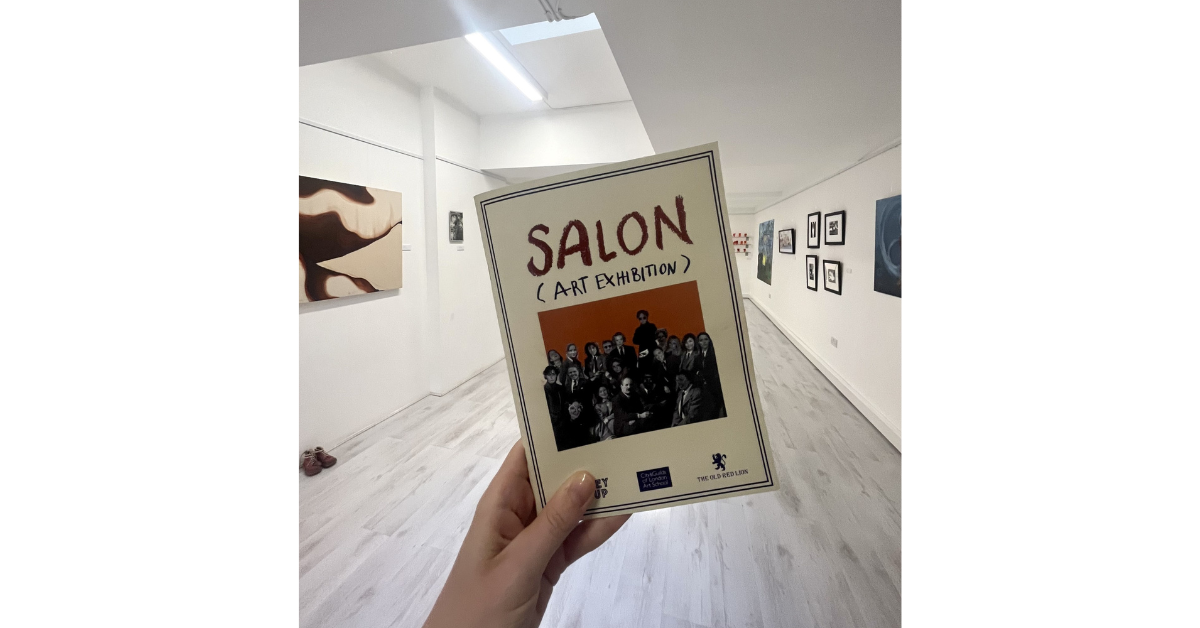
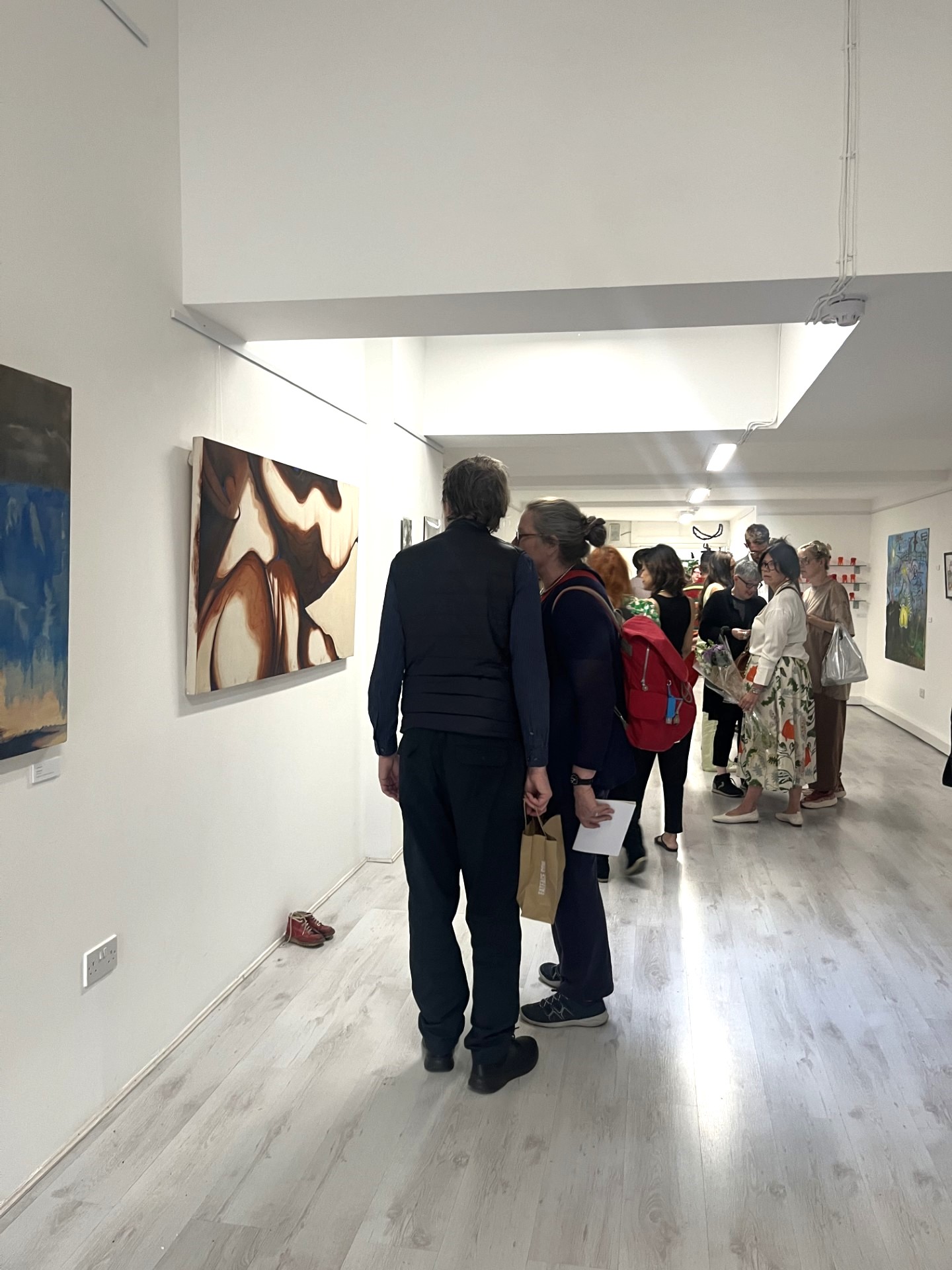
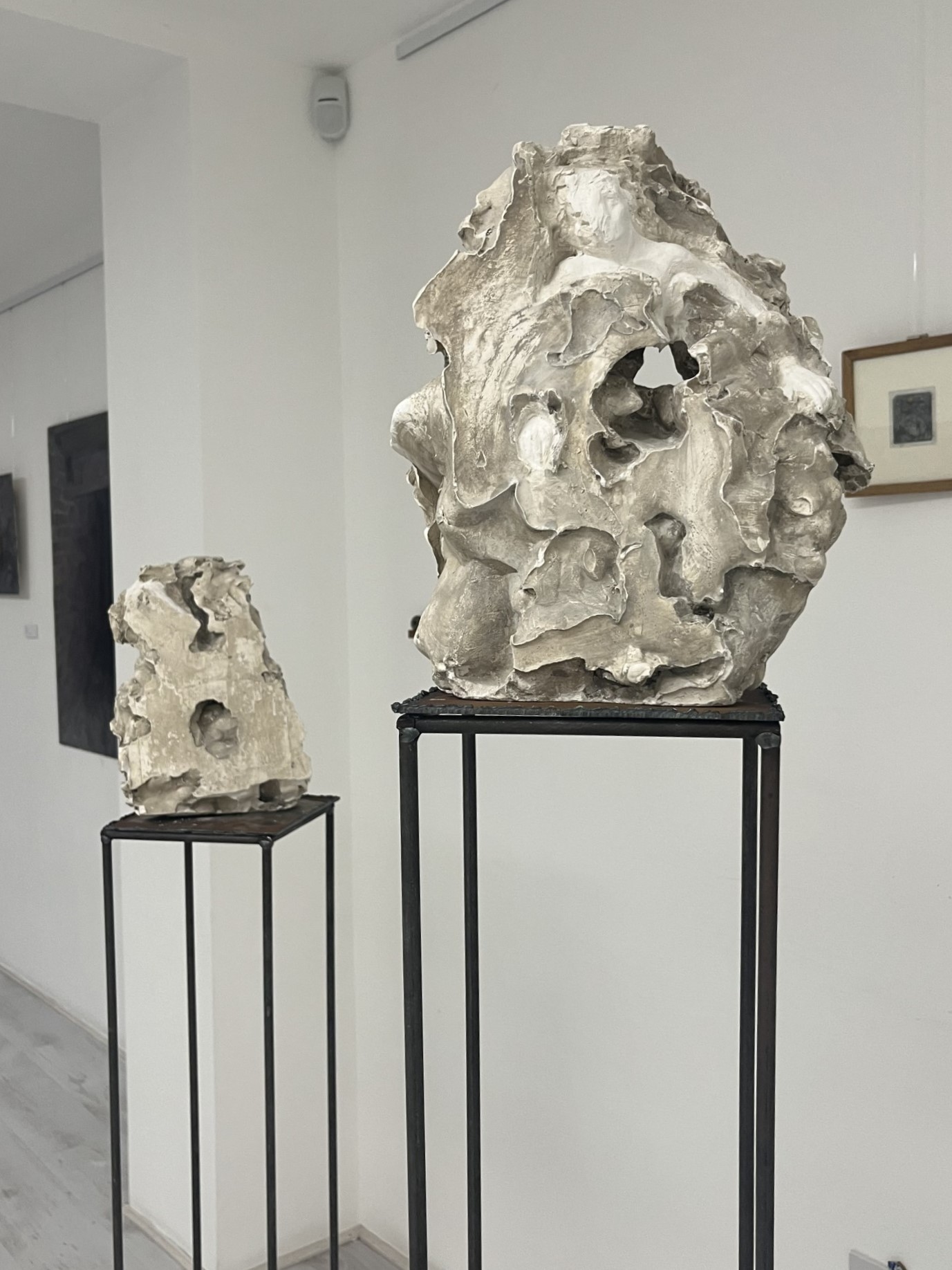
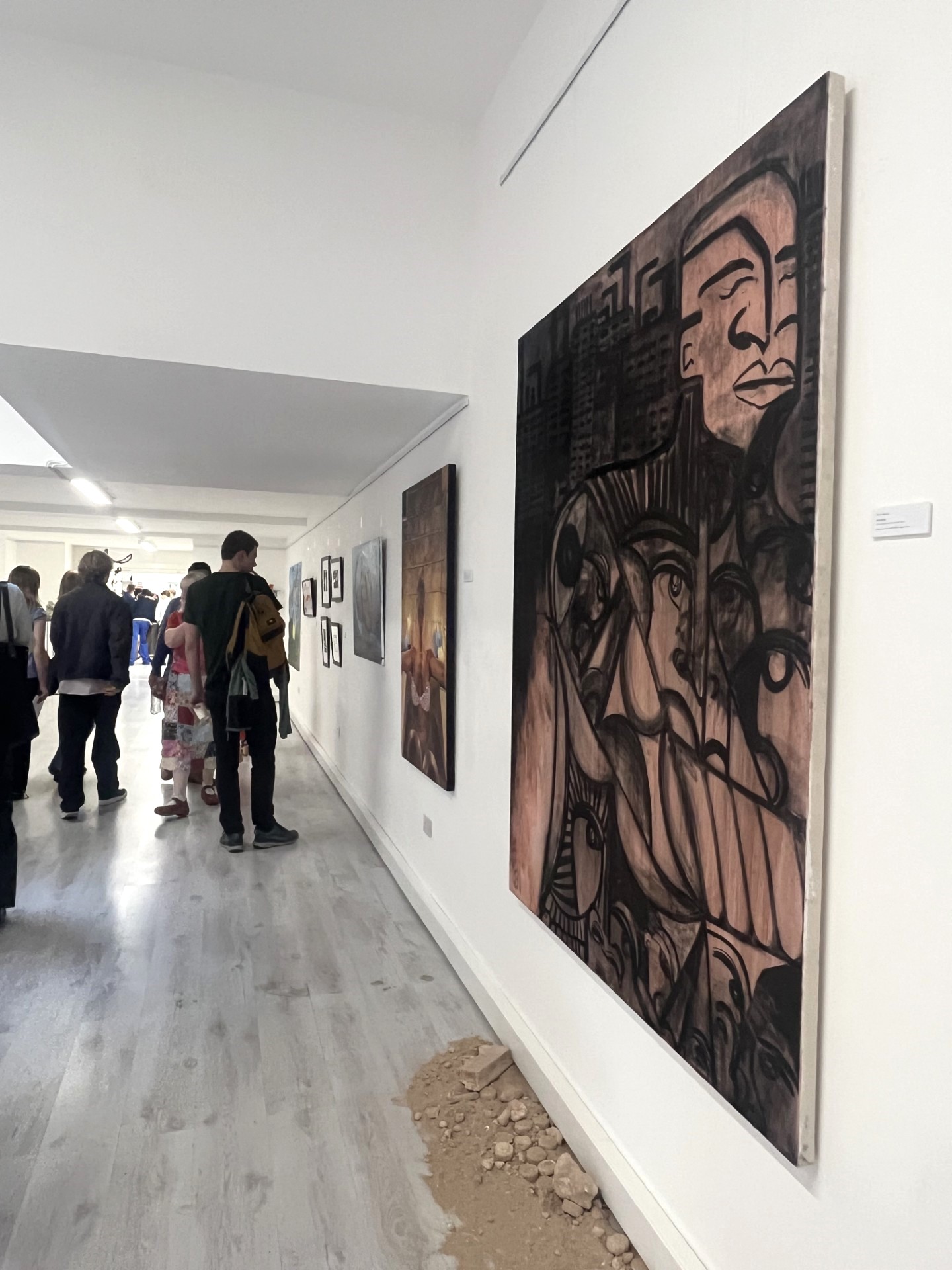
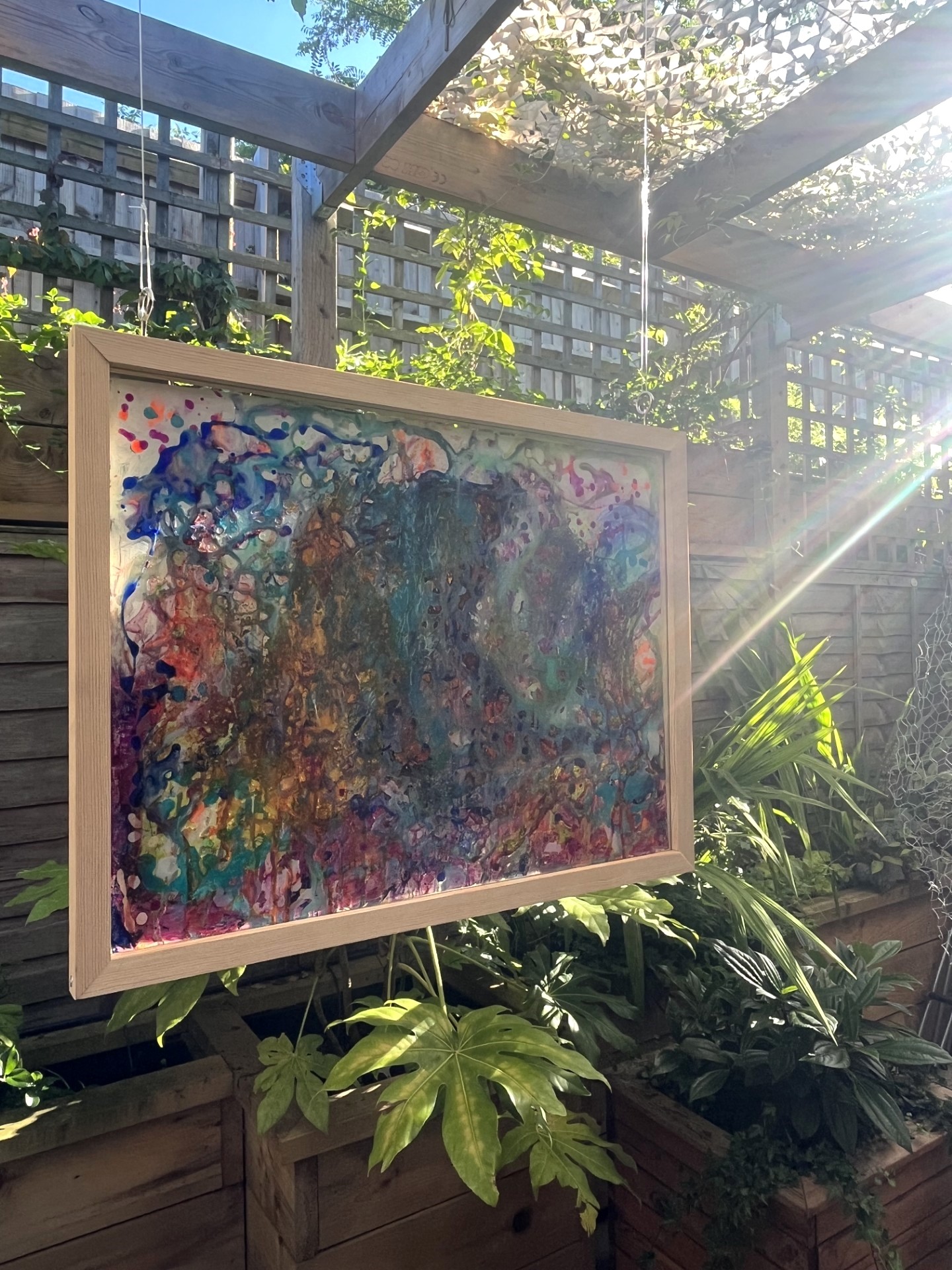
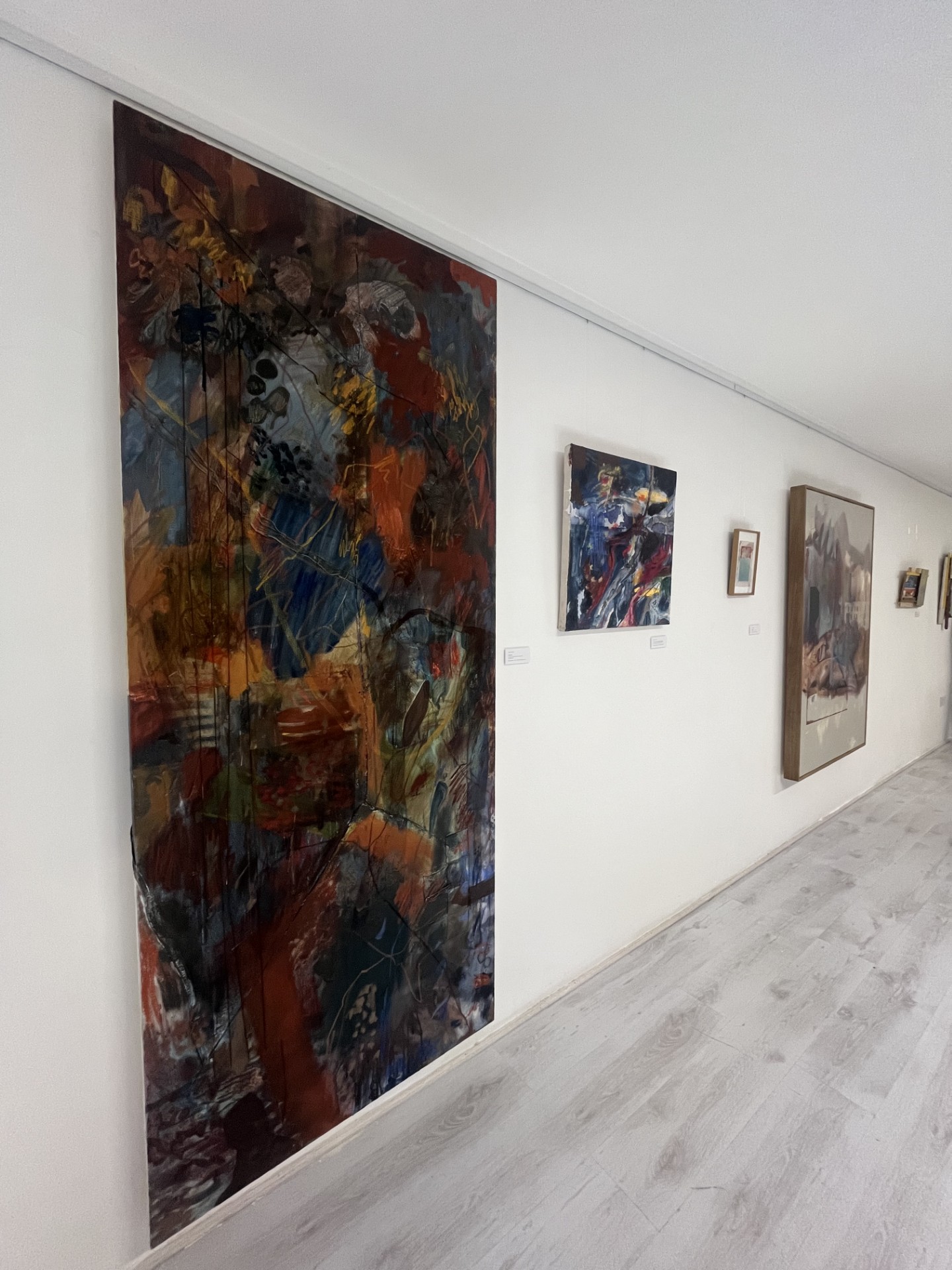
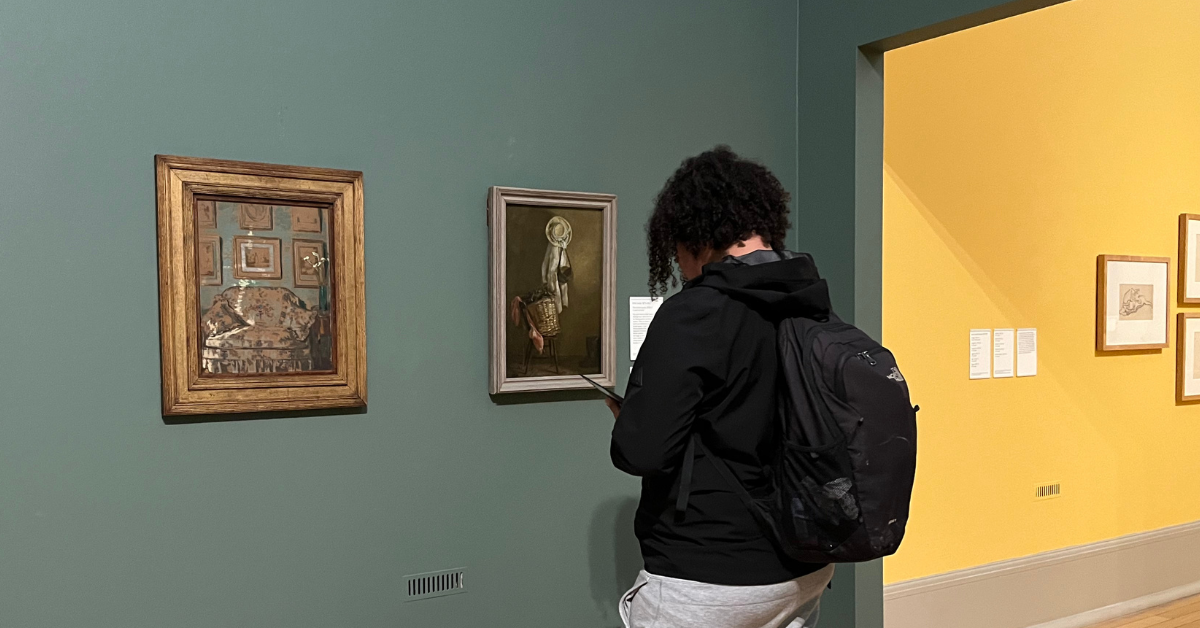
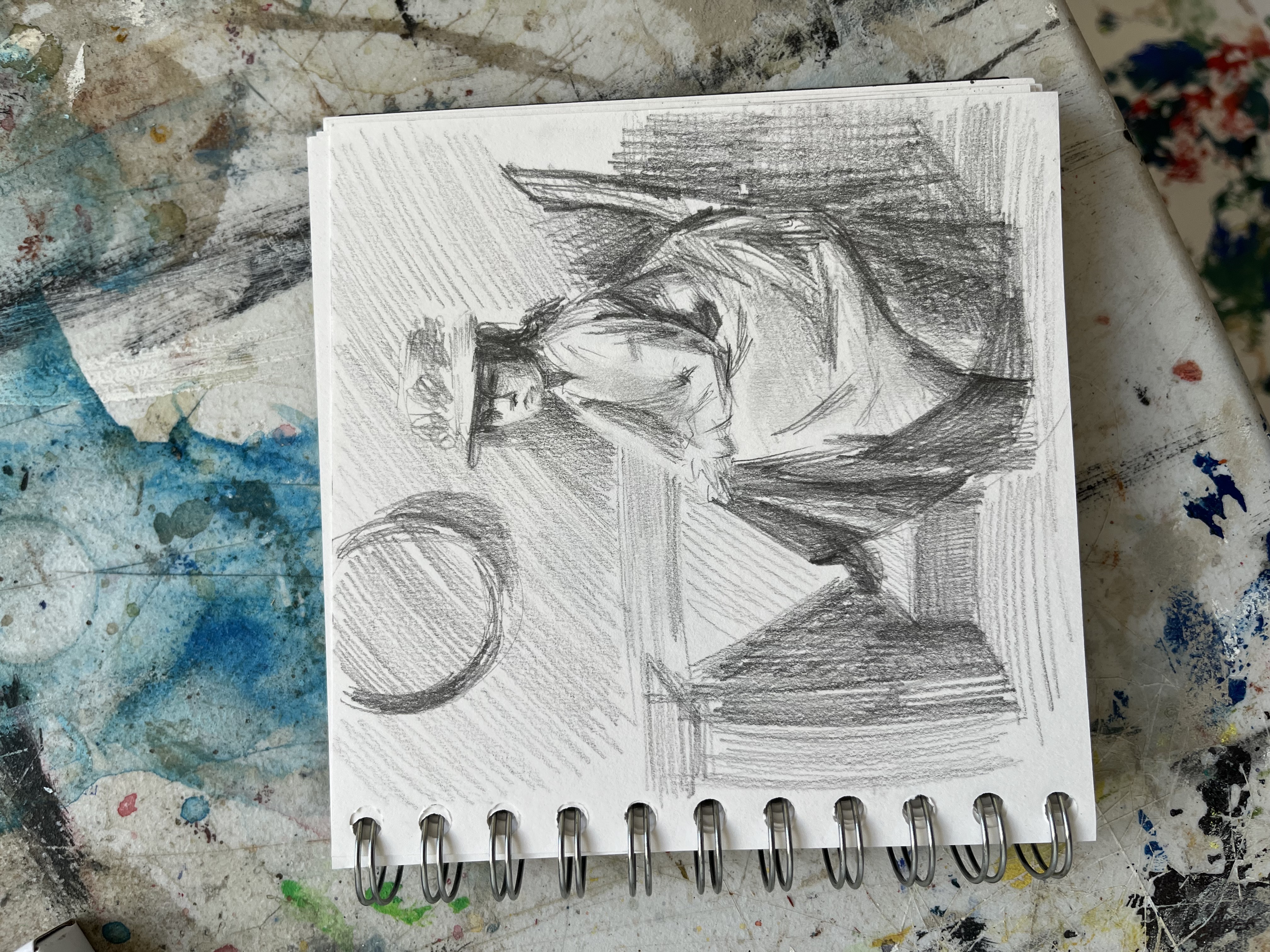

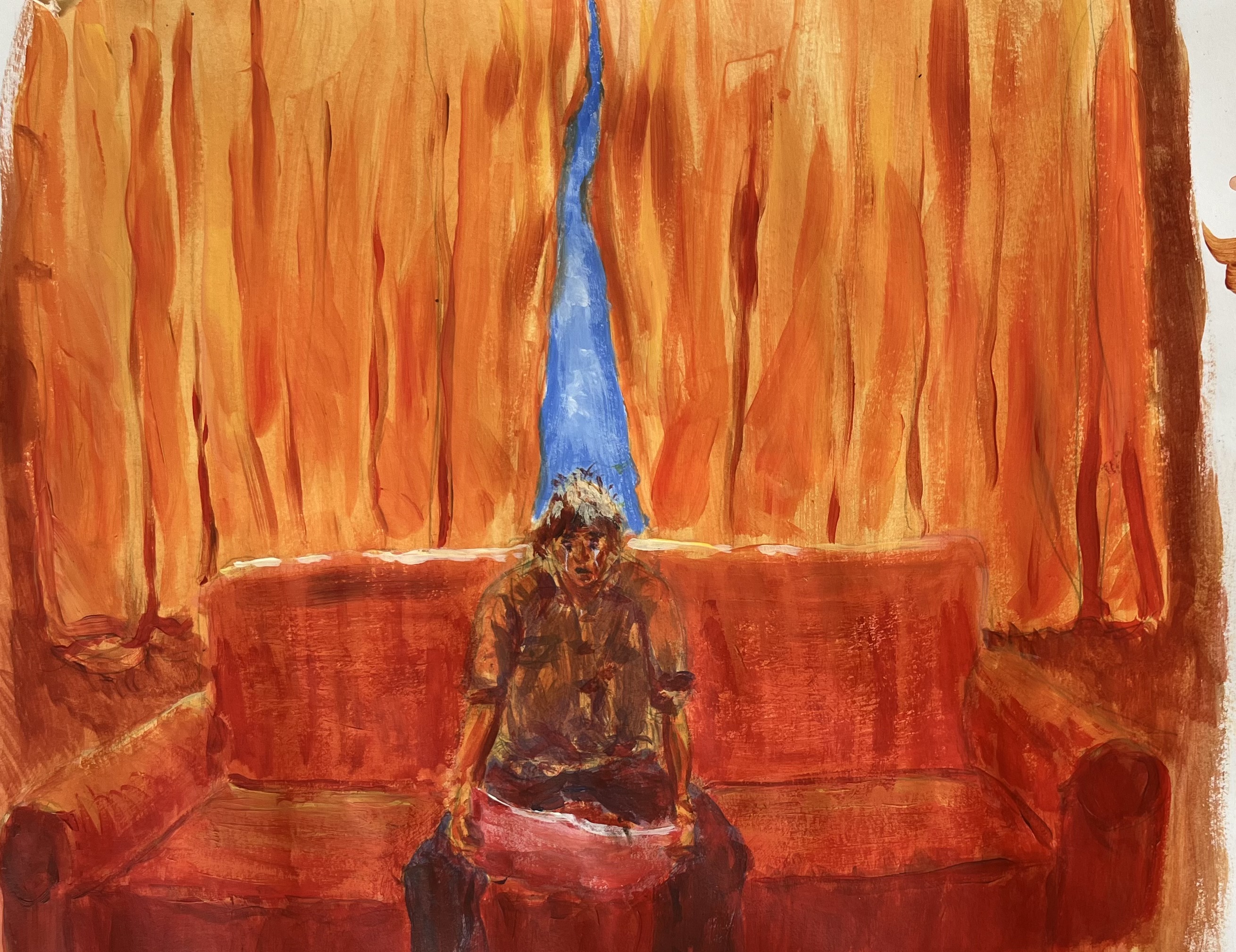
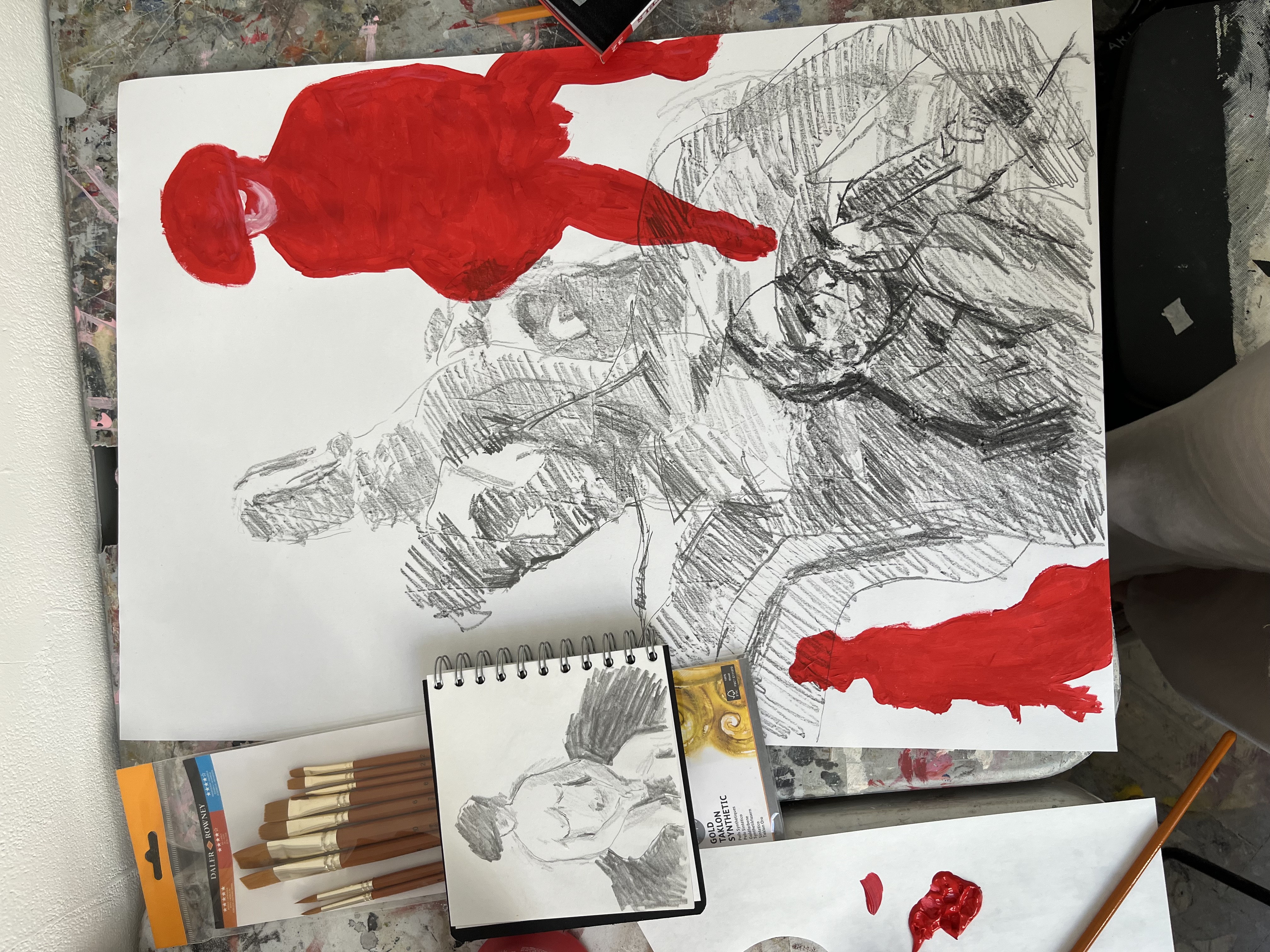
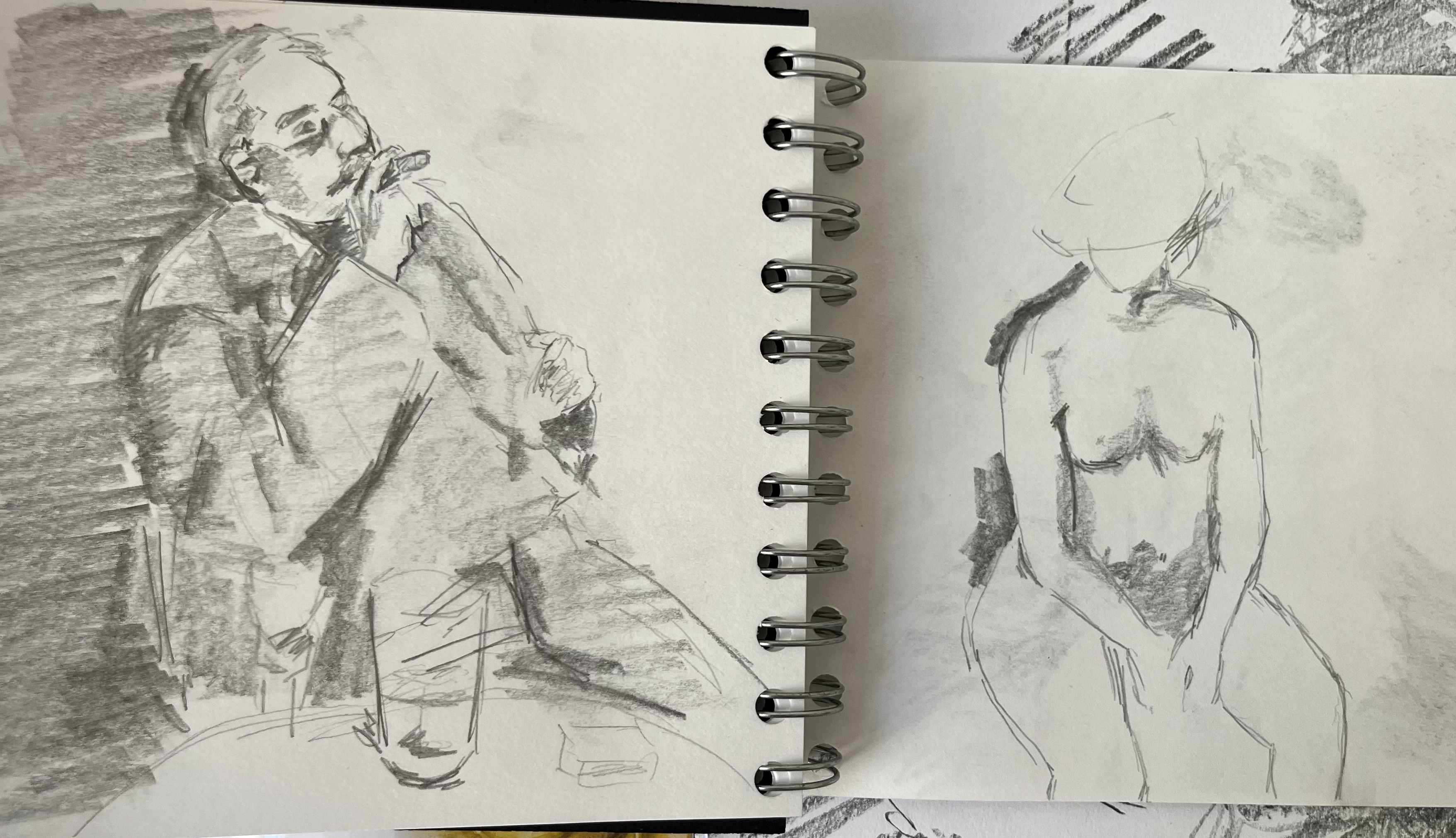
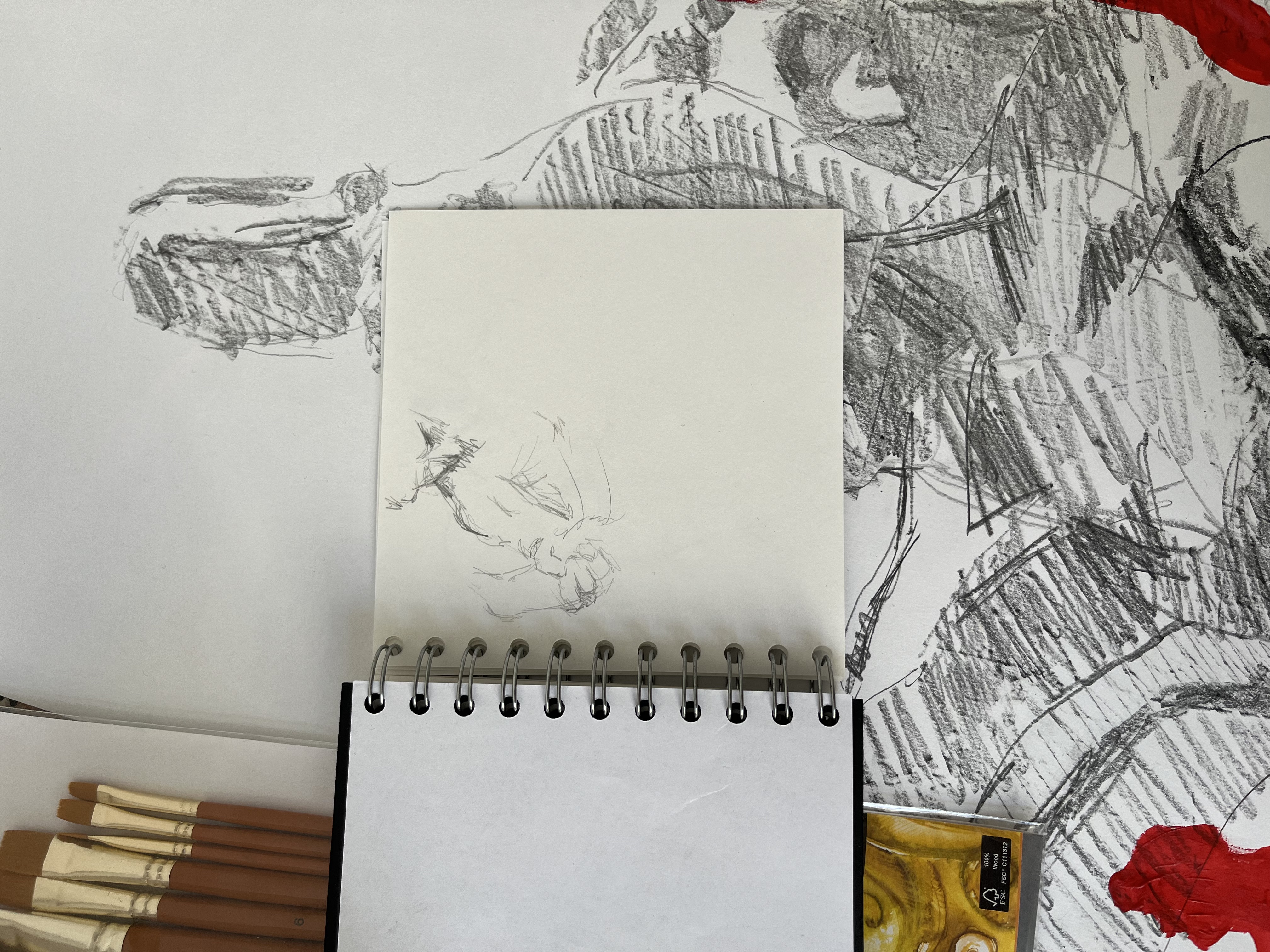
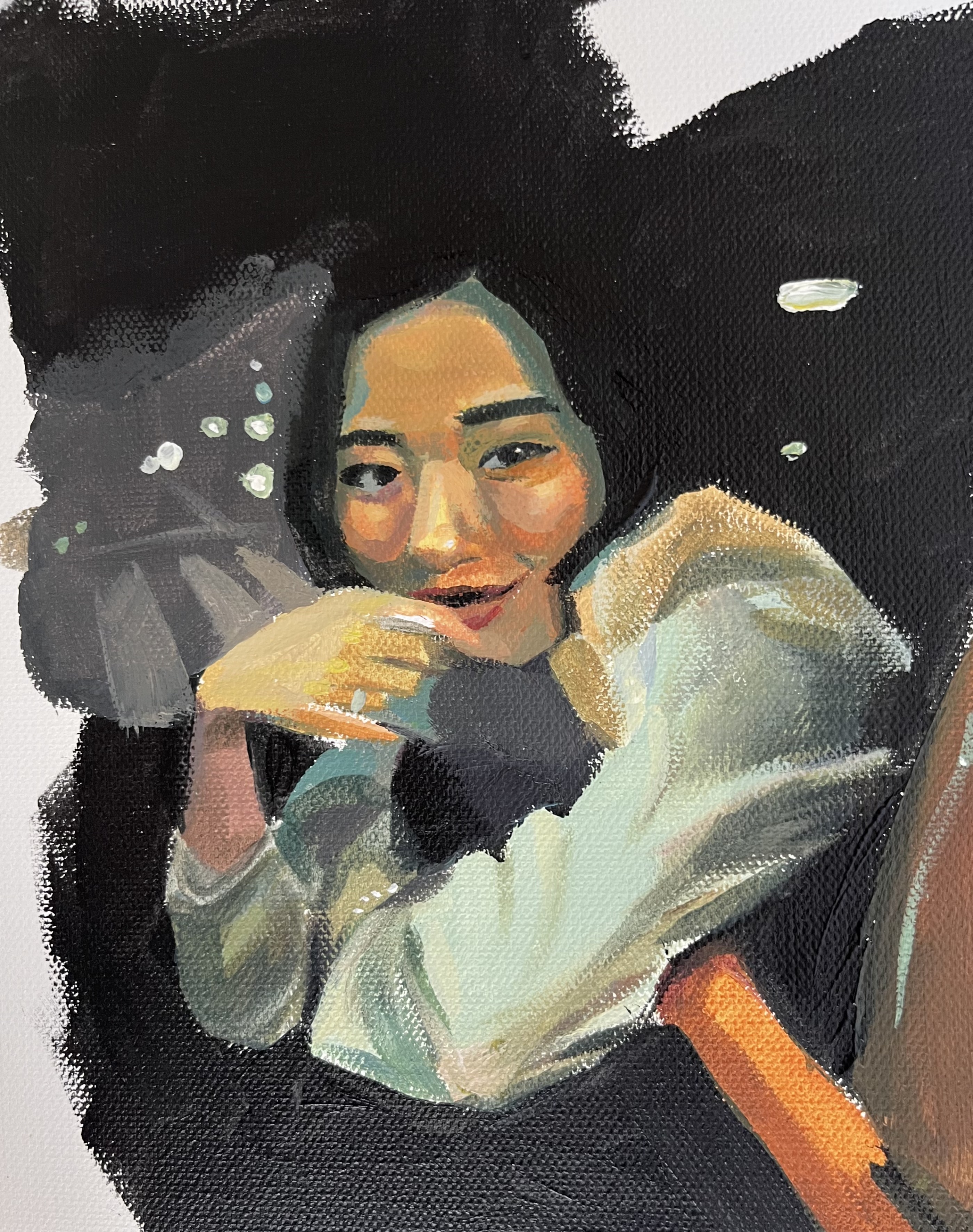
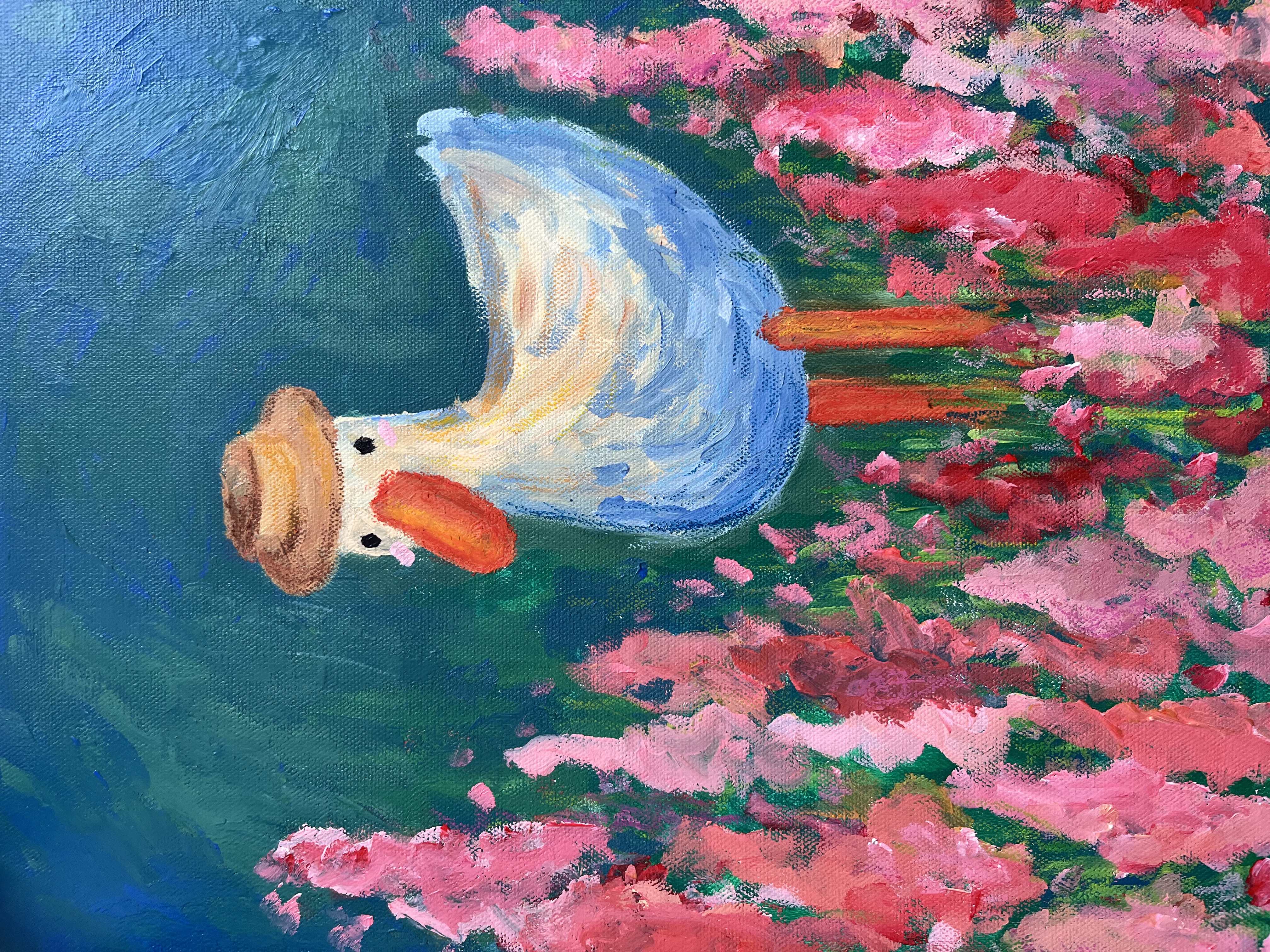
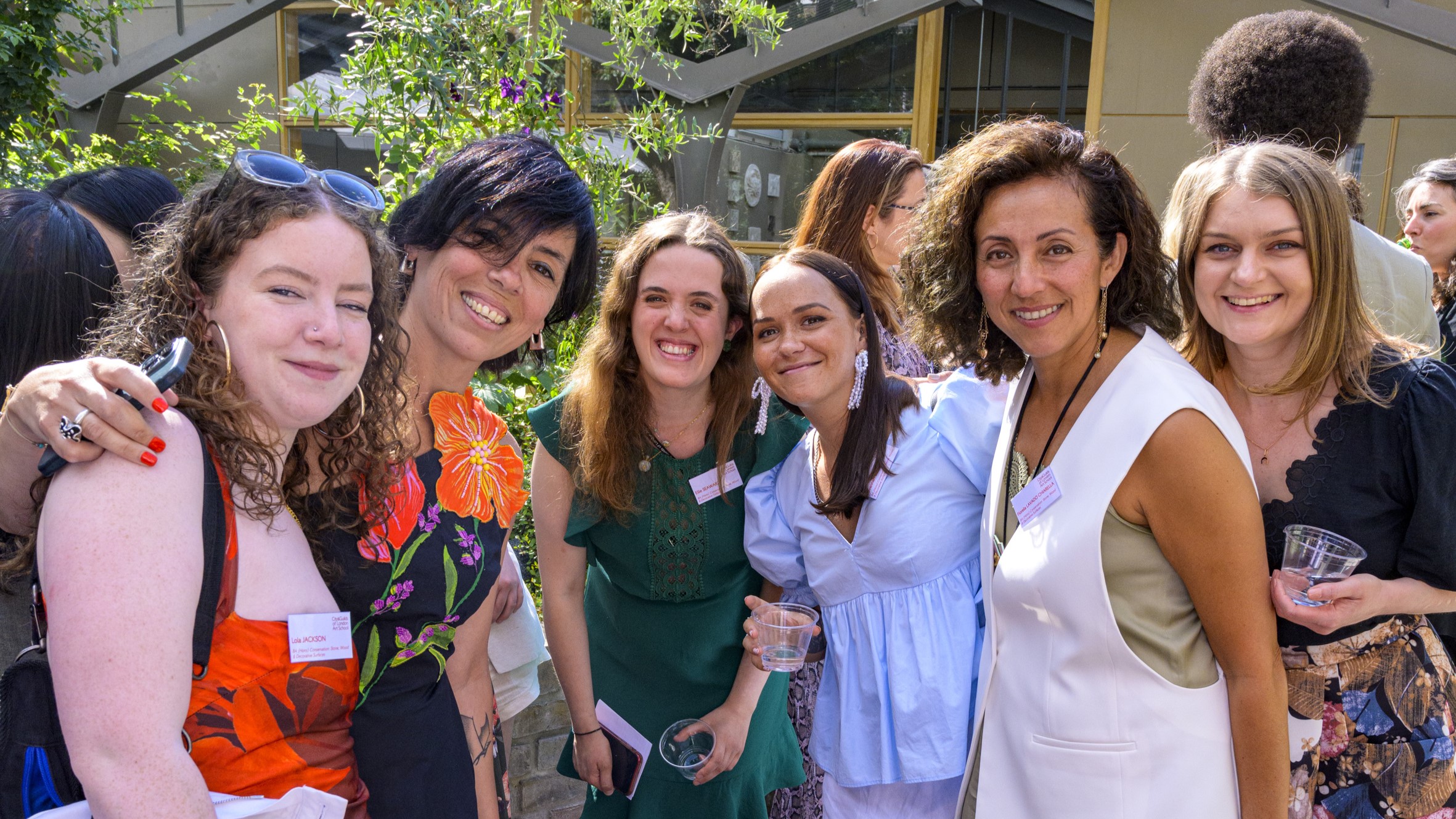
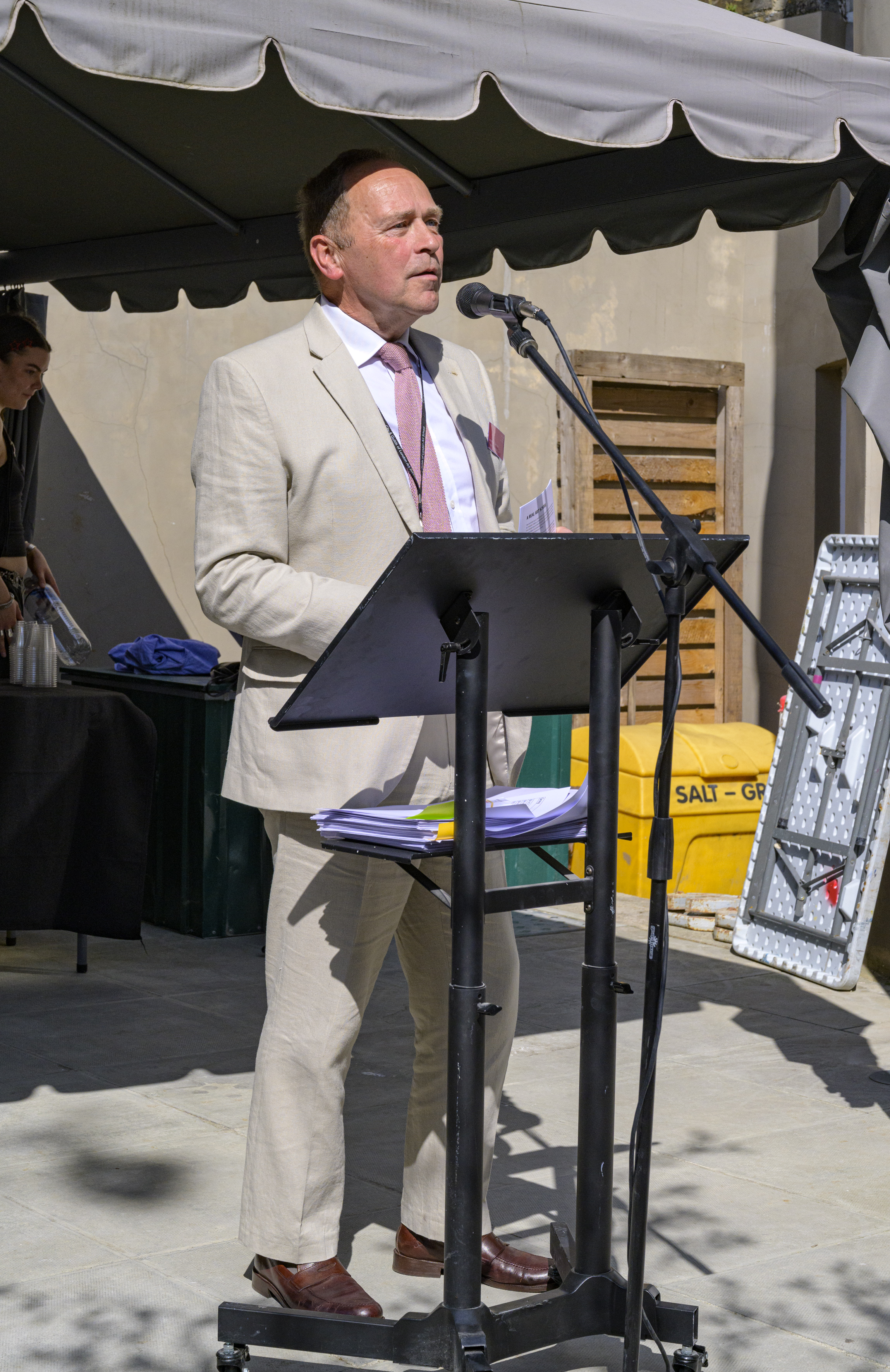 Deputy Chair of the Board of Trustees, Laurence Benson
Deputy Chair of the Board of Trustees, Laurence Benson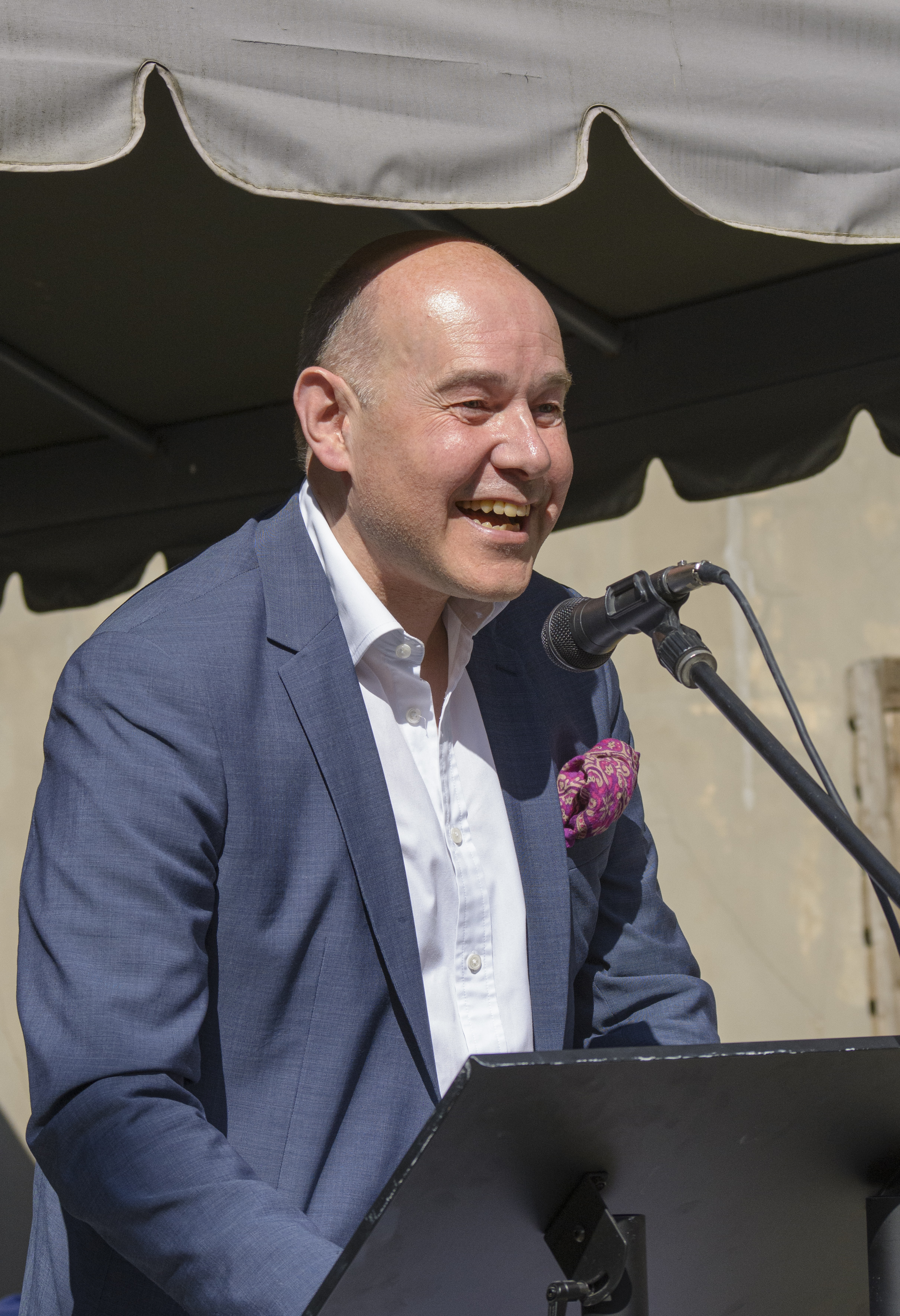 “A great source of strength and resilience is the sense of community this school exudes – a community respectful and caring of each individual and their contributions, across generations and at different stages of creative life journeys. Something very special and palpable, and not all that often found.” Magnus von Wistinghausen, Honorary Art School Fellow and former Vice Principal
“A great source of strength and resilience is the sense of community this school exudes – a community respectful and caring of each individual and their contributions, across generations and at different stages of creative life journeys. Something very special and palpable, and not all that often found.” Magnus von Wistinghausen, Honorary Art School Fellow and former Vice Principal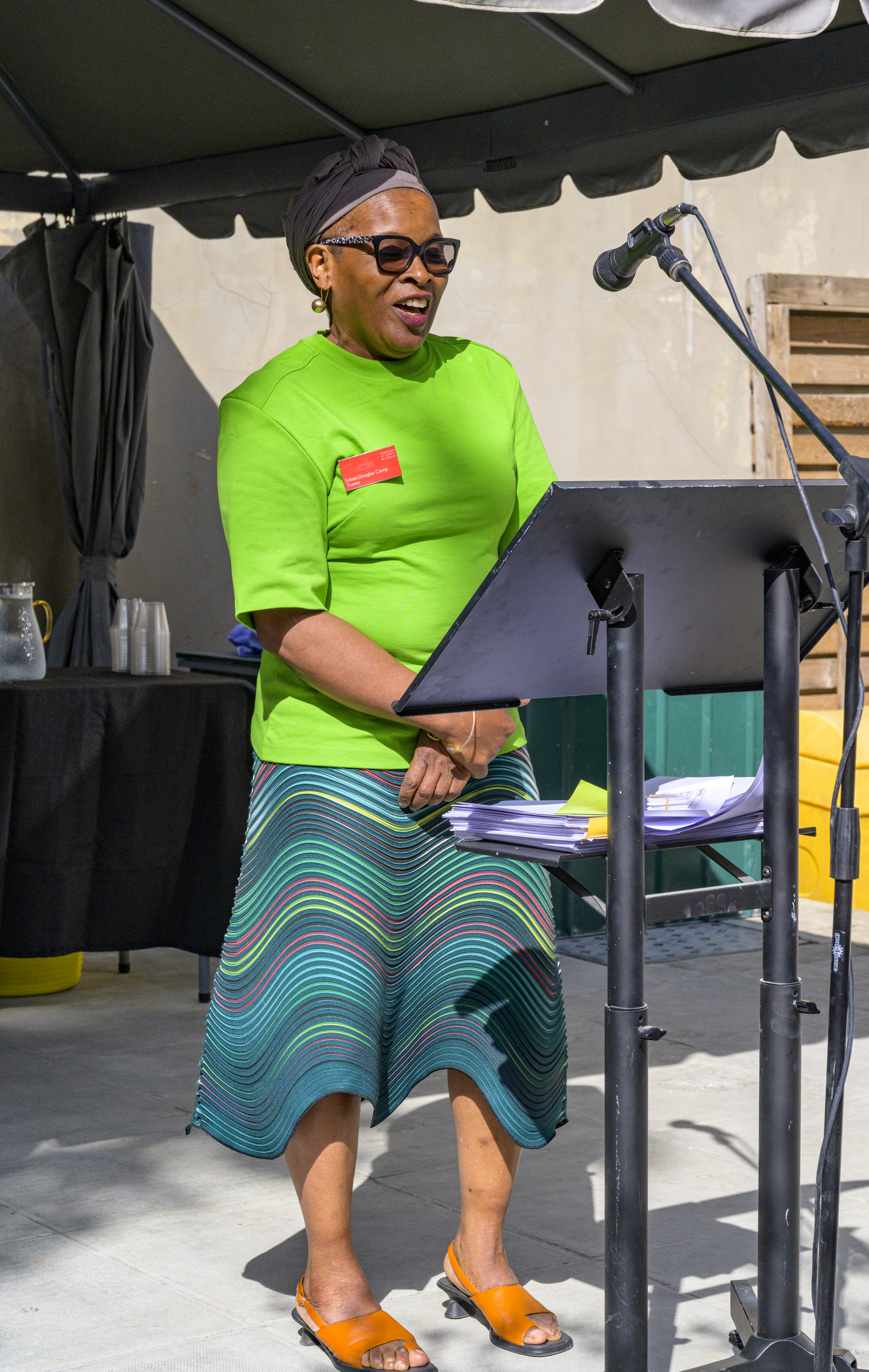 “Continue your intuition, and be as positive as you can, because this world is here for conversation.” Sokari Douglas Camp CBE, Art School Trustee
“Continue your intuition, and be as positive as you can, because this world is here for conversation.” Sokari Douglas Camp CBE, Art School Trustee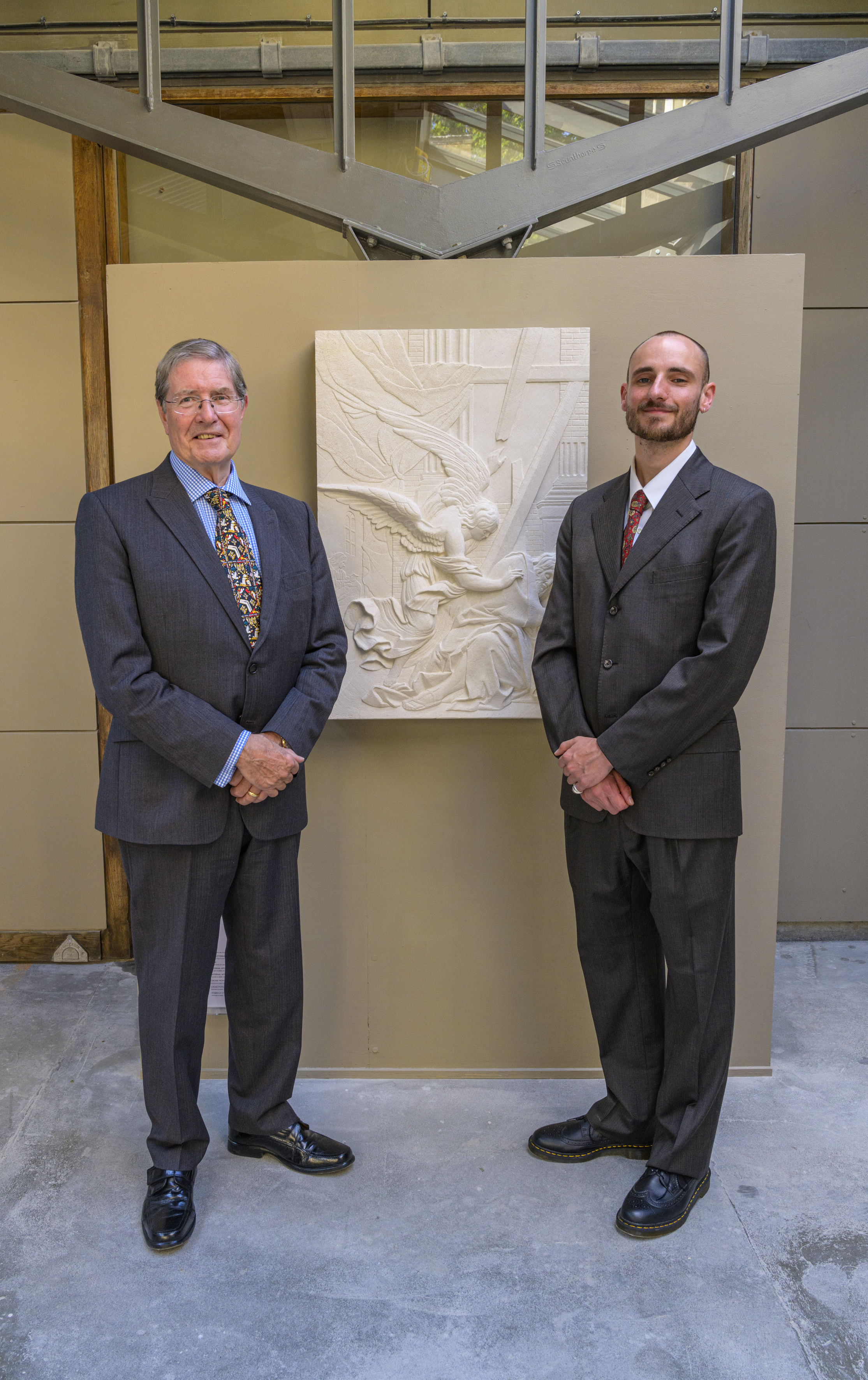 Adrian Munns with Alex Wheeldon, winner of the Masons’ Company Prize for Outstanding Work by a Graduating Student
Adrian Munns with Alex Wheeldon, winner of the Masons’ Company Prize for Outstanding Work by a Graduating Student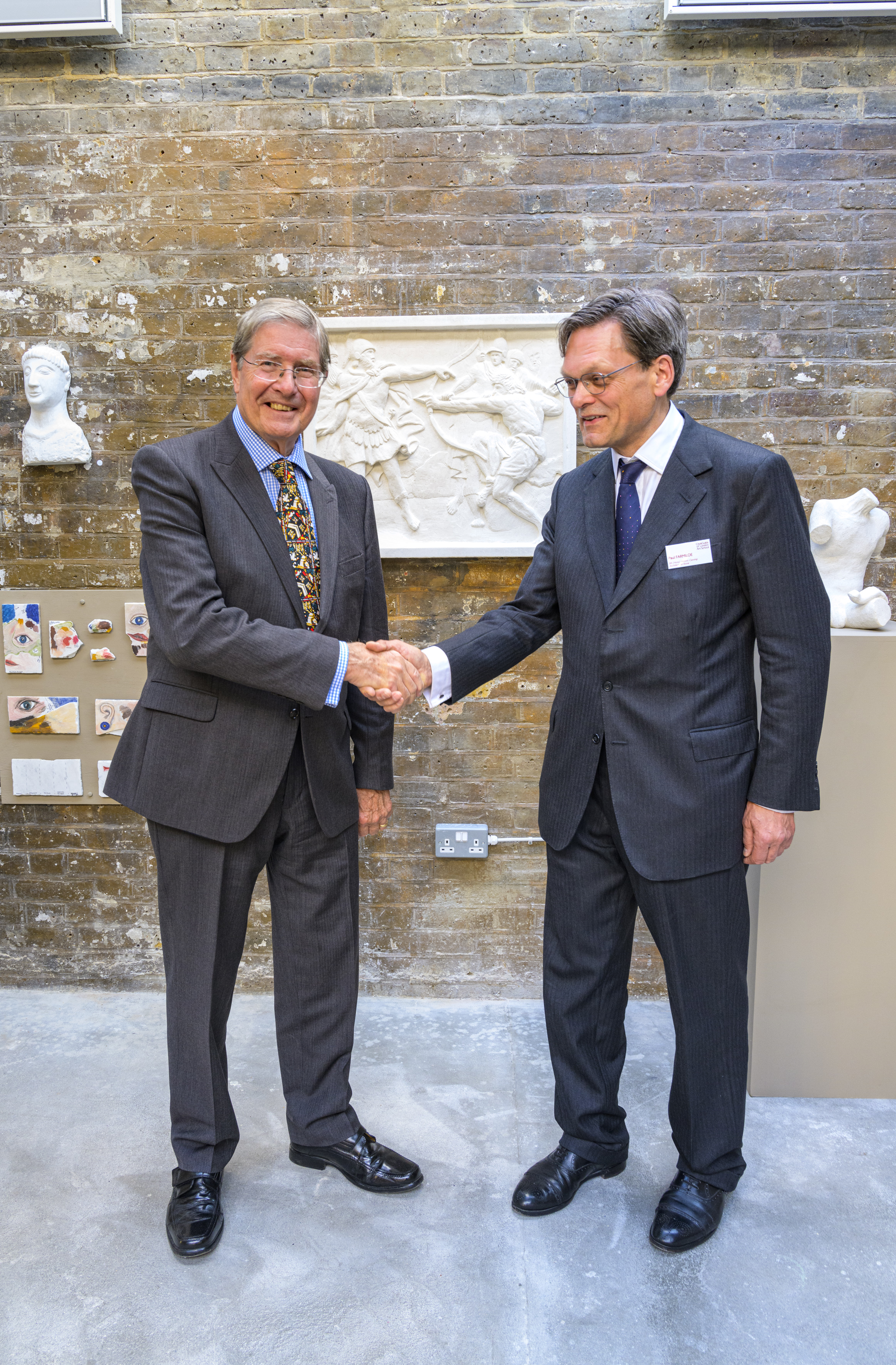 Adrian Munns with Paul Farmiloe, winner of the Masons’ Company Prize for Studentship and Commitment
Adrian Munns with Paul Farmiloe, winner of the Masons’ Company Prize for Studentship and Commitment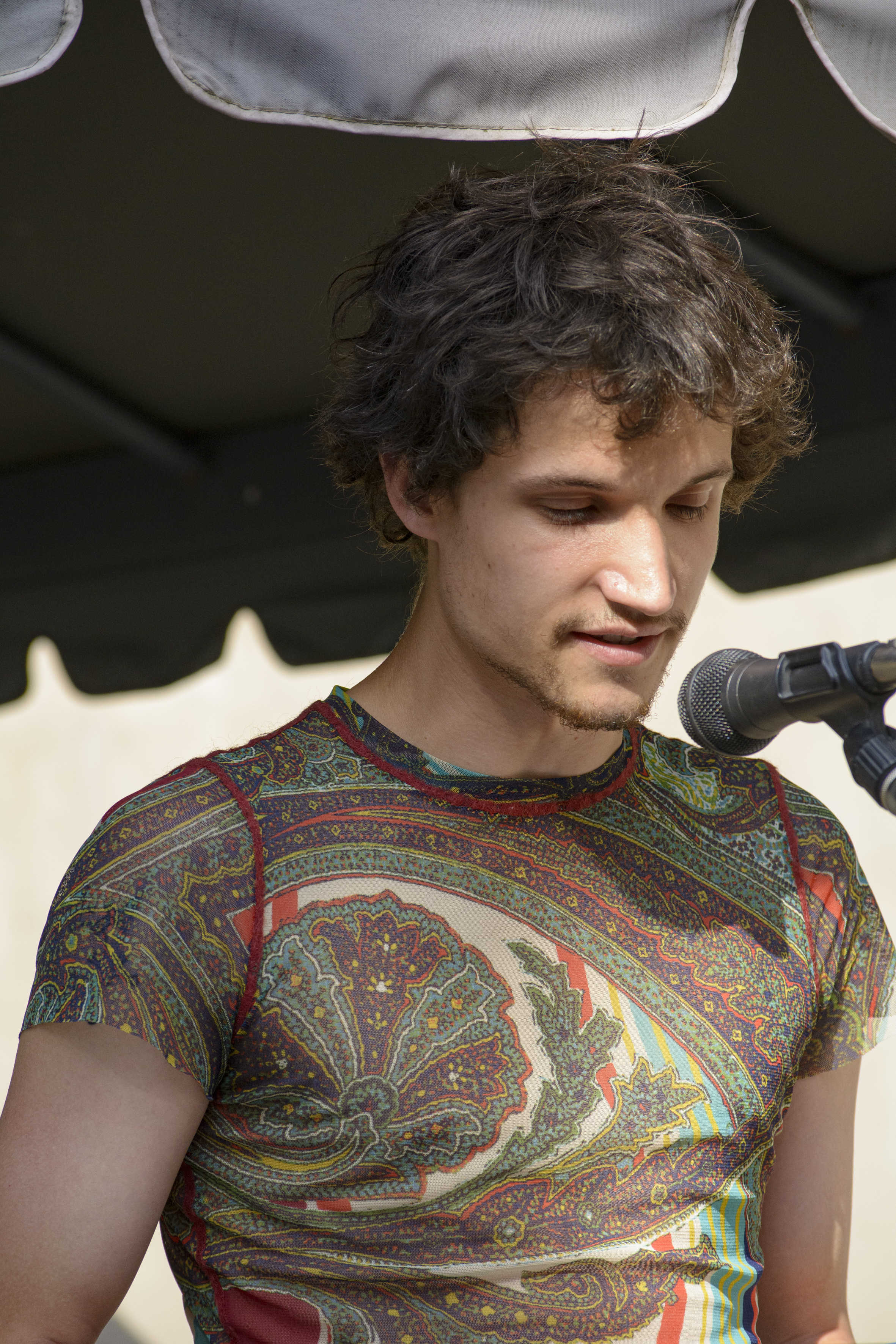 “This is not just an Art School; it is a magical place… But it’s not just an enchanting atmosphere that weaves its spell, it’s something deeper and more tangible” Rob Postle, BA (Hons) Carving: Architectural Stone
“This is not just an Art School; it is a magical place… But it’s not just an enchanting atmosphere that weaves its spell, it’s something deeper and more tangible” Rob Postle, BA (Hons) Carving: Architectural Stone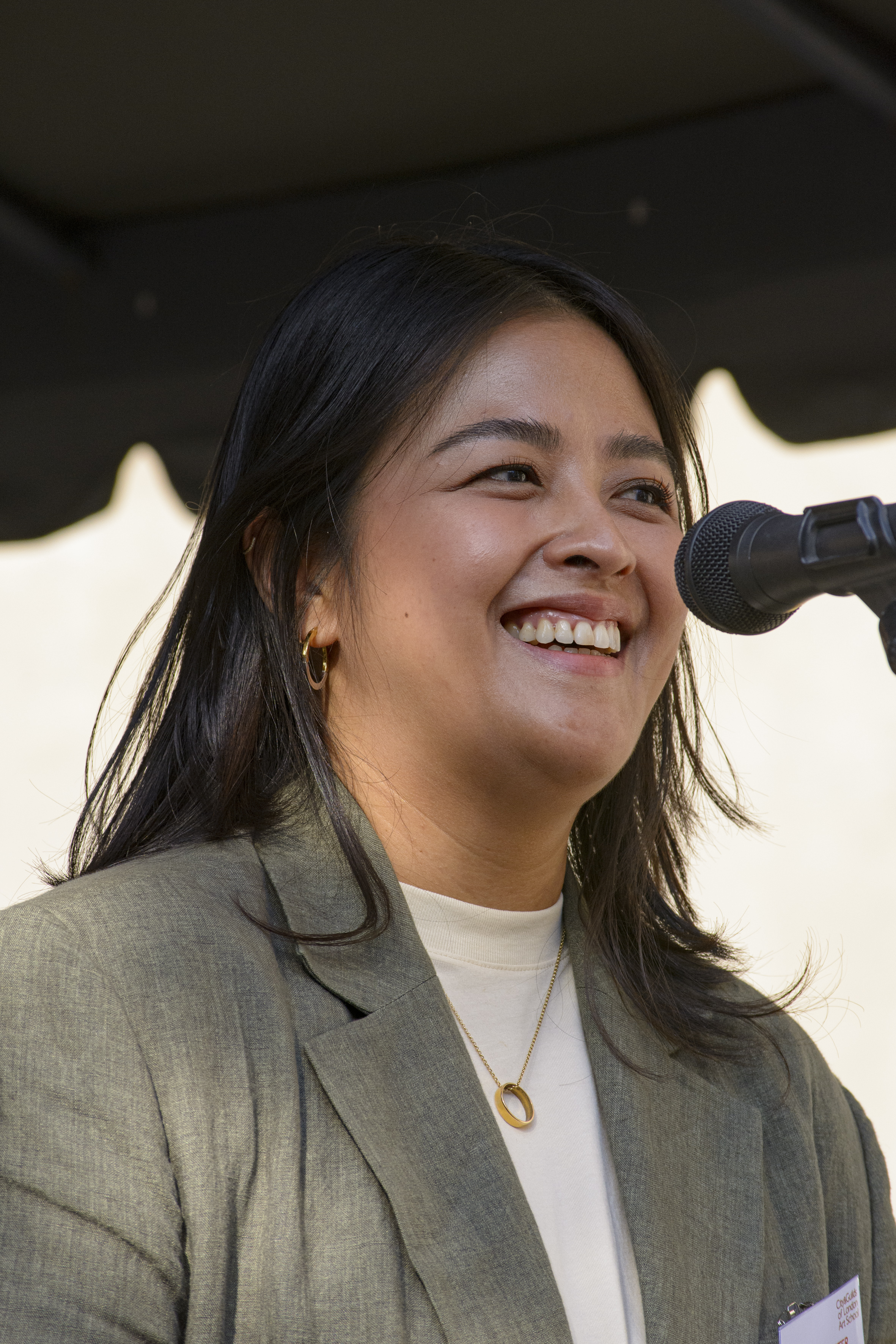 “In a digital age, our work as conservators feels more crucial than ever. While technology advances and changes the way that information is stored and accessed, our past through books and paper remains invaluable as physical artefacts that document our human experience.” Amanda Lancaster, BA (Hons) Conservation: Books and Paper
“In a digital age, our work as conservators feels more crucial than ever. While technology advances and changes the way that information is stored and accessed, our past through books and paper remains invaluable as physical artefacts that document our human experience.” Amanda Lancaster, BA (Hons) Conservation: Books and Paper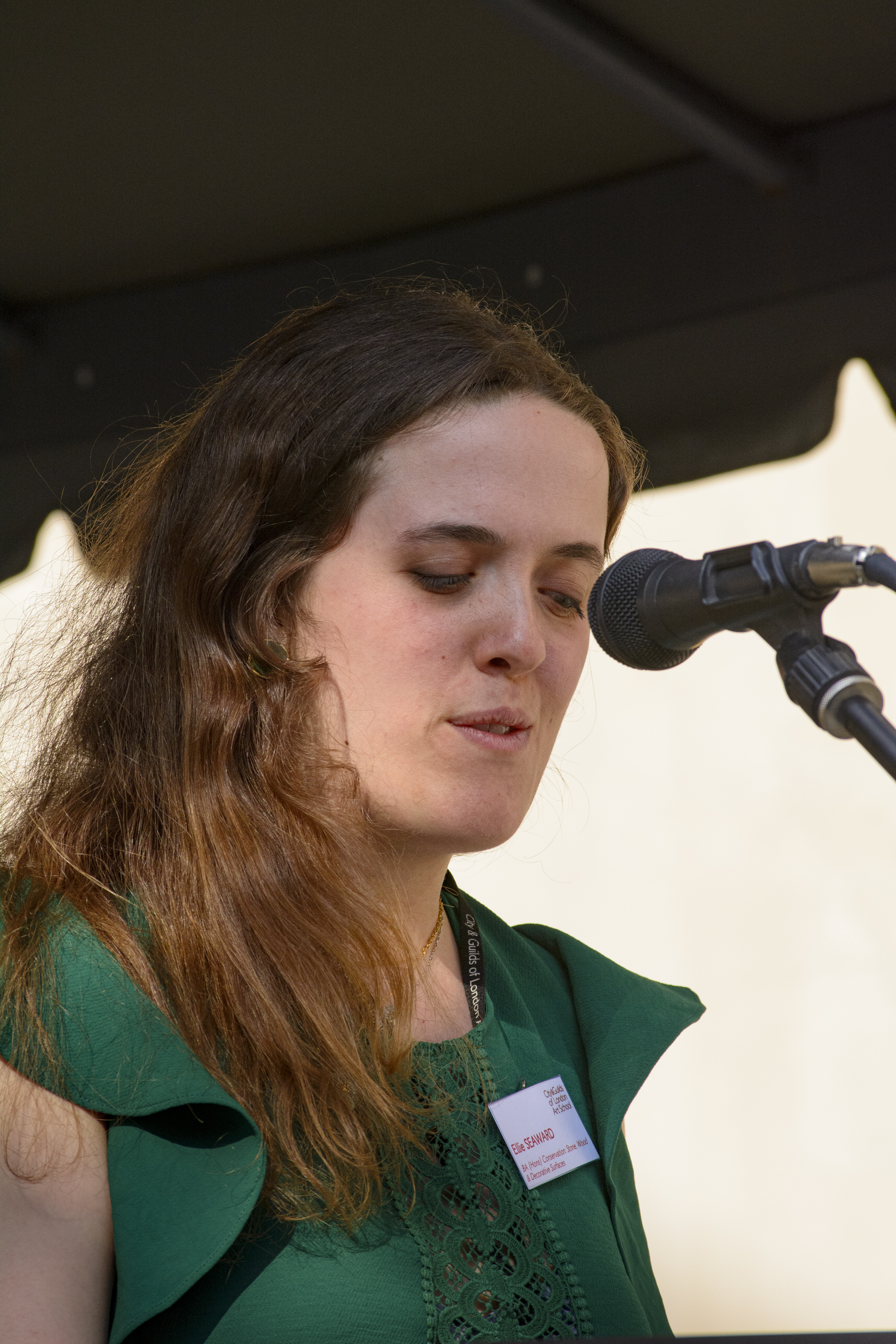 “It is unique to receive this level of tuition, with such small class sizes, which has allowed us to learn so much.” Ellie Seaward, BA (Hons) Conservation: Stone, Wood and Decorative Surfaces
“It is unique to receive this level of tuition, with such small class sizes, which has allowed us to learn so much.” Ellie Seaward, BA (Hons) Conservation: Stone, Wood and Decorative Surfaces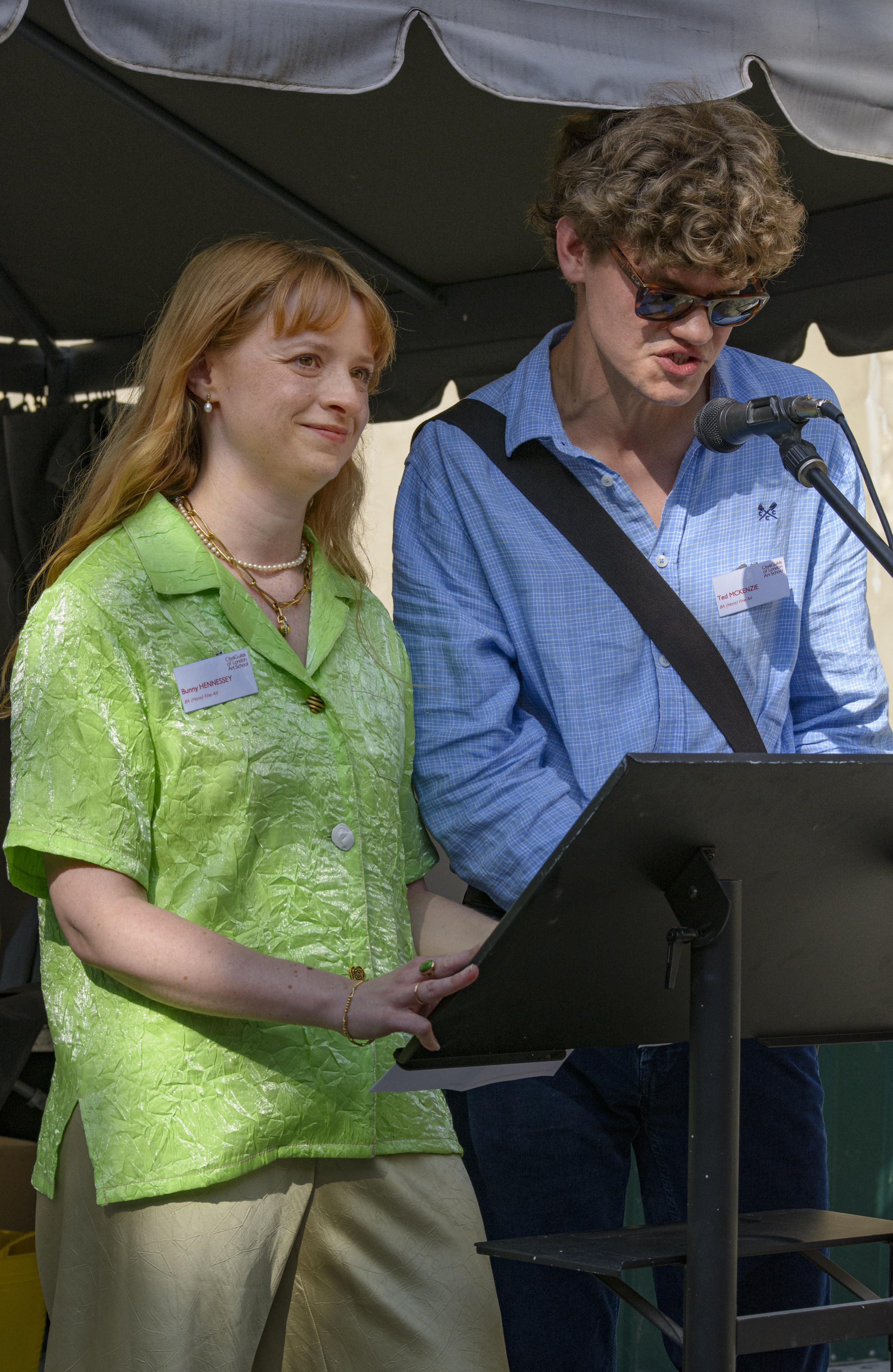 “We are both so grateful for the time we spent at the school with our peers and tutors, all of whom have gone the extra mile in nurturing our artistic practices.” Ted McKenzie and Bunny Hennessey, BA (Hons) Fine Art
“We are both so grateful for the time we spent at the school with our peers and tutors, all of whom have gone the extra mile in nurturing our artistic practices.” Ted McKenzie and Bunny Hennessey, BA (Hons) Fine Art
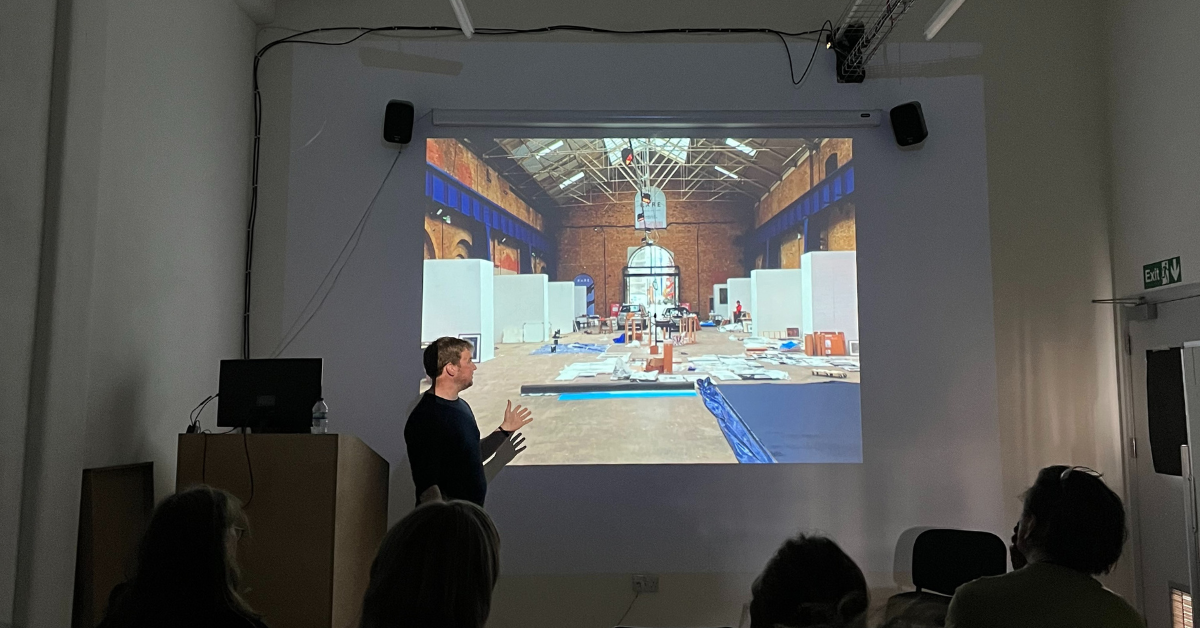
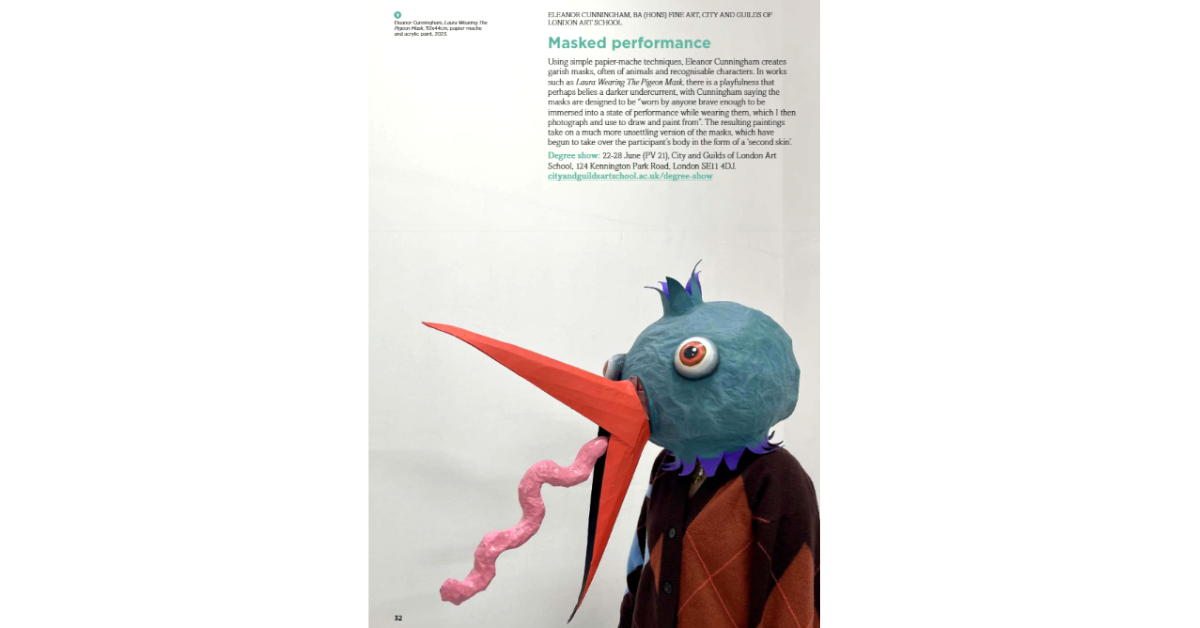
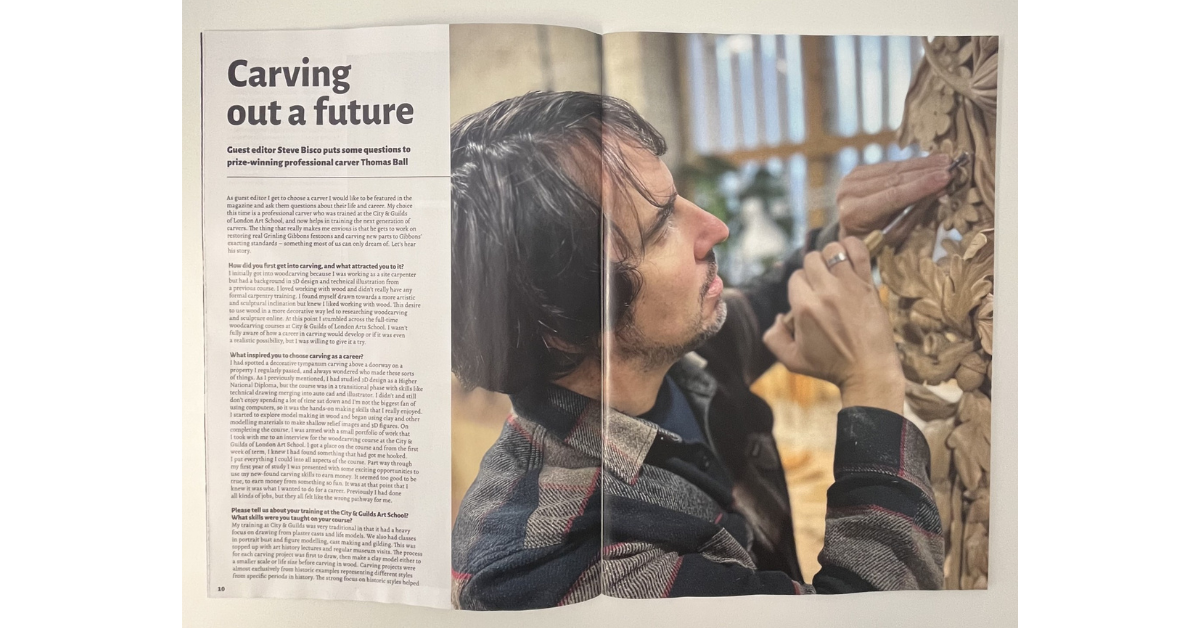
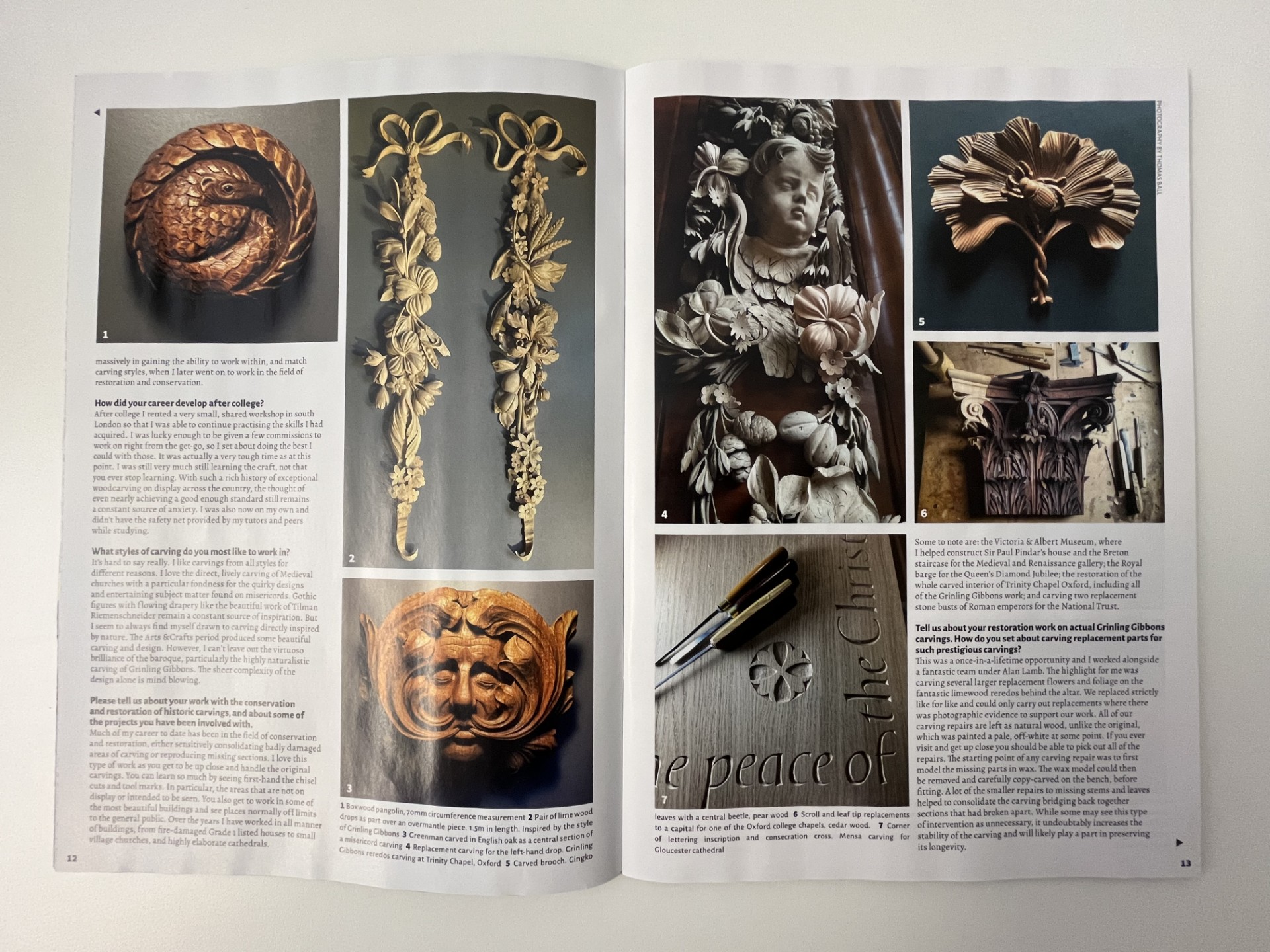
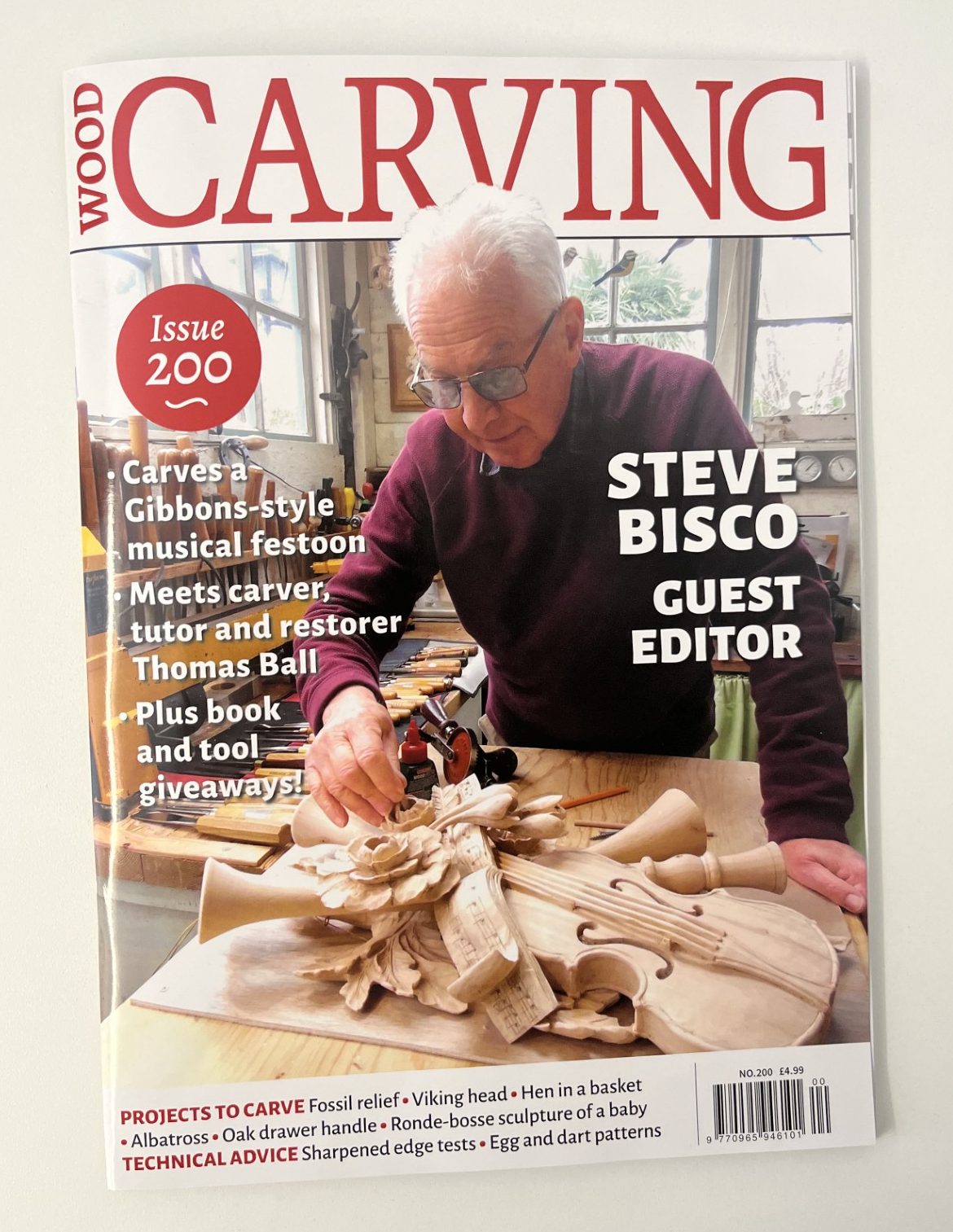
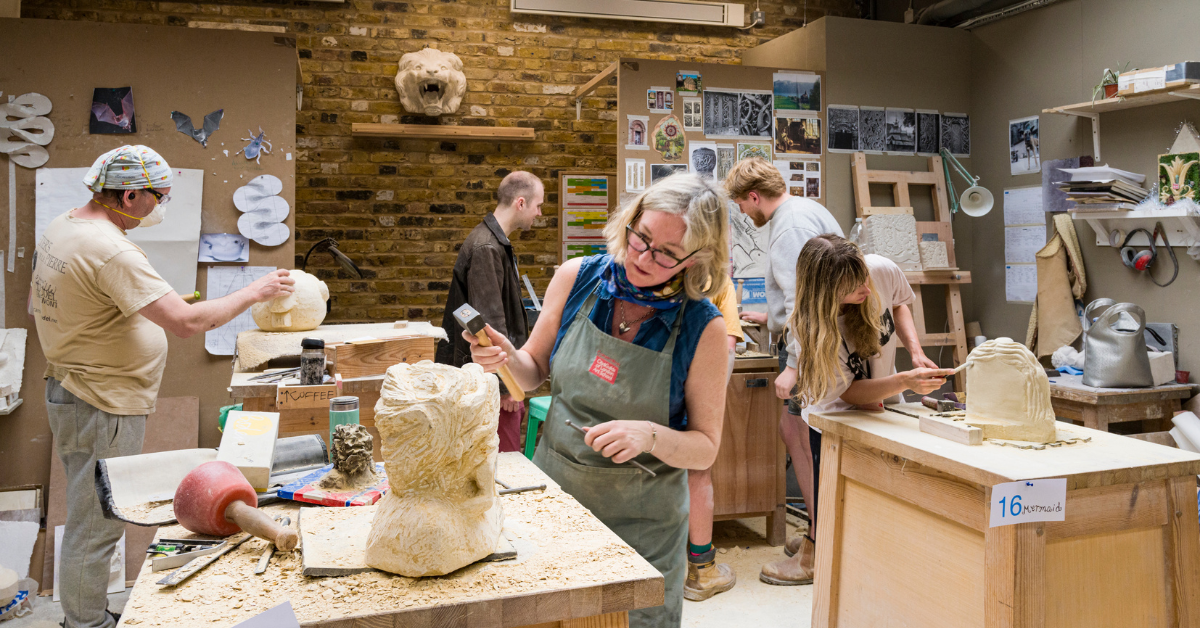
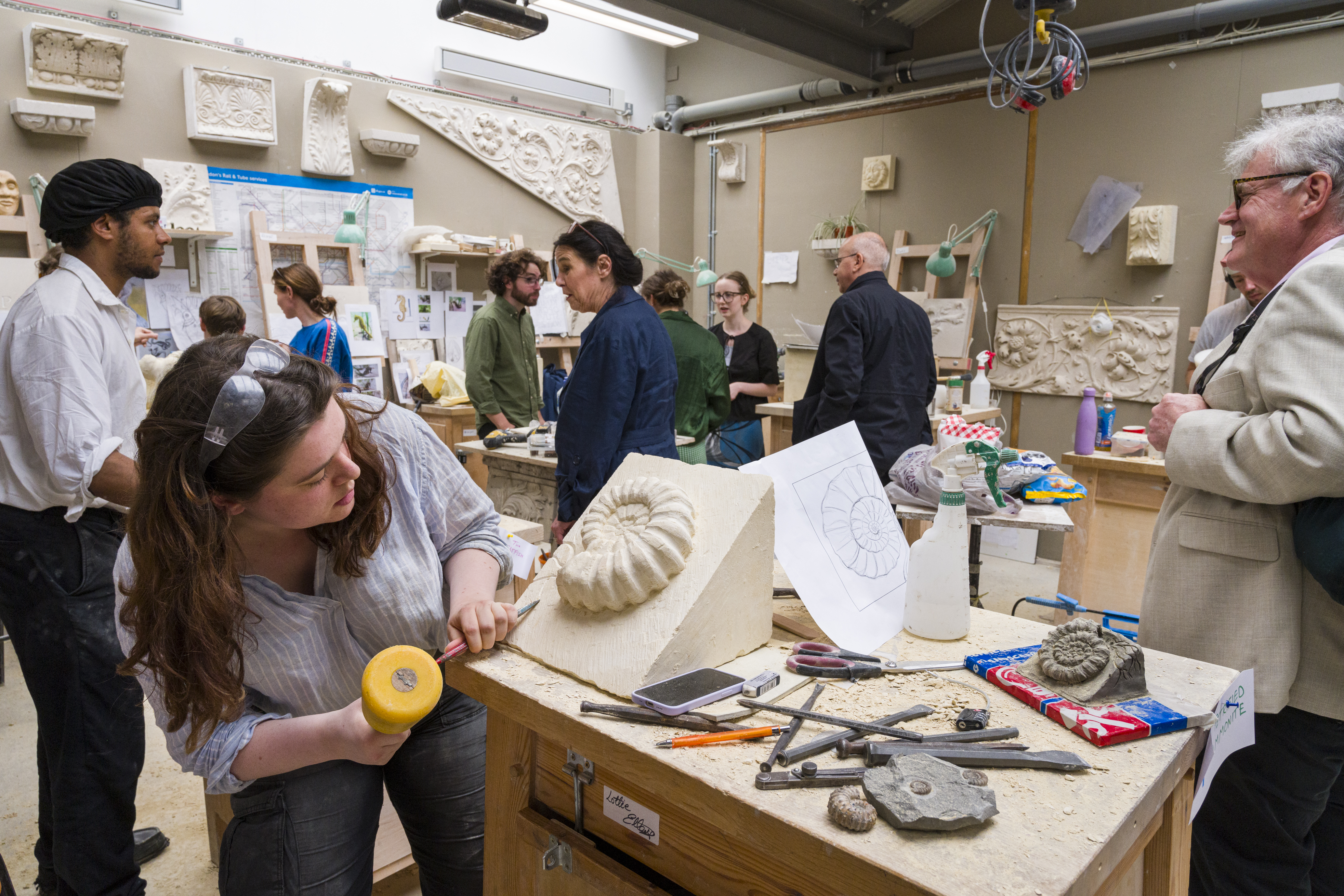 Annual wood and stone carving competition
Annual wood and stone carving competition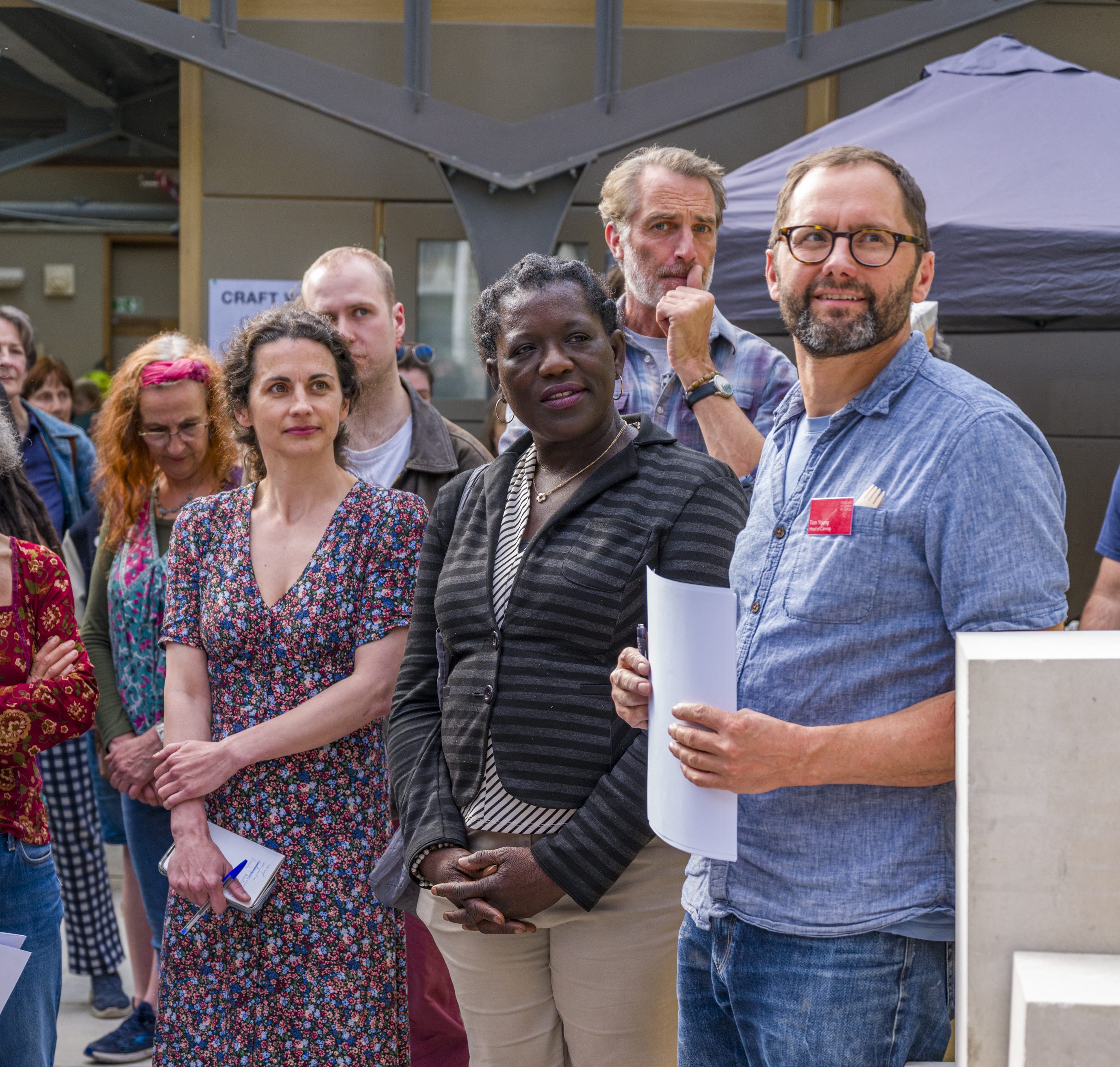 (L-R) Judges Anna Rubincam and Miranda Lowe CBE with Tom Young, Head of Carving
(L-R) Judges Anna Rubincam and Miranda Lowe CBE with Tom Young, Head of Carving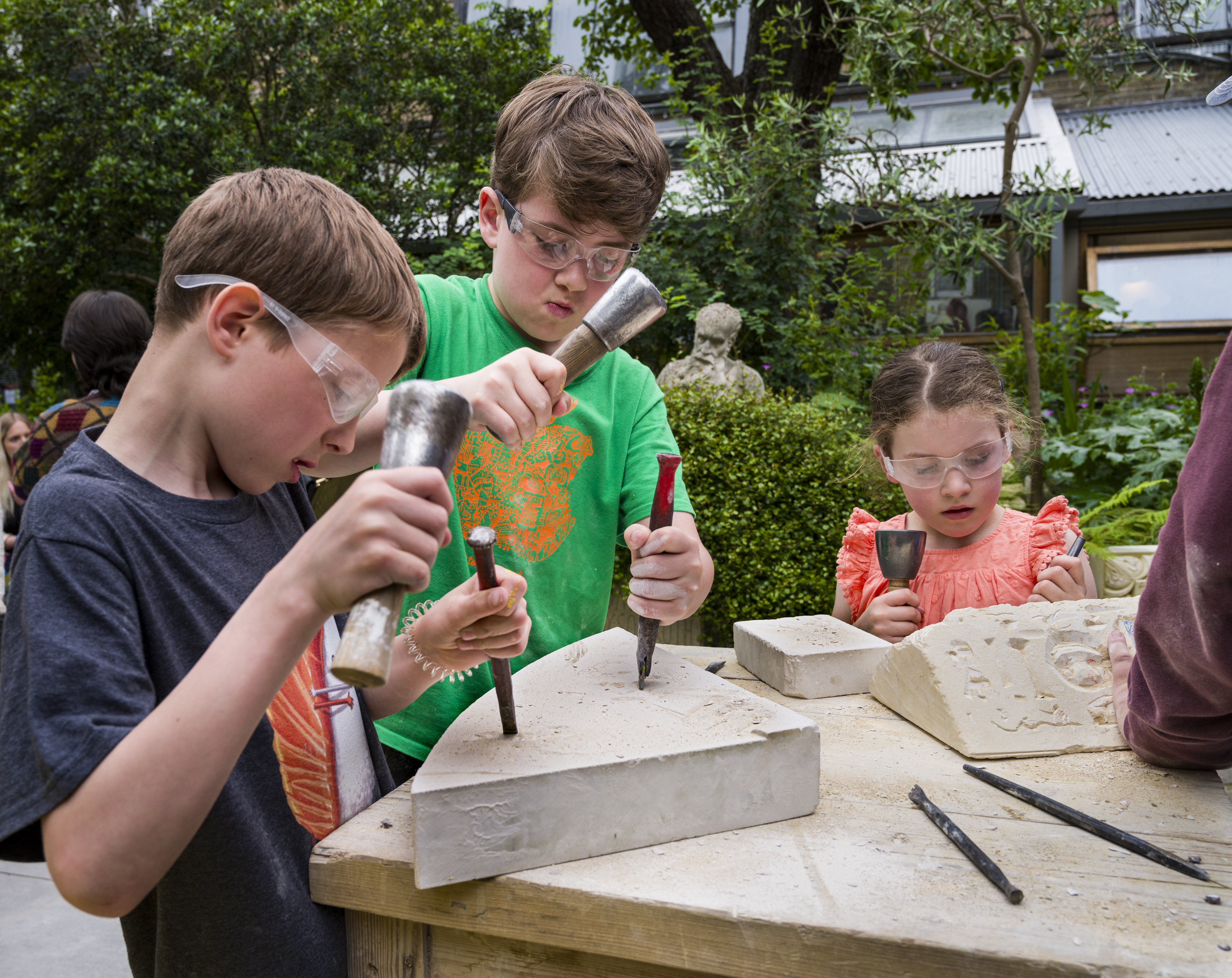 ‘Have a Go’ at Stone Carving
‘Have a Go’ at Stone Carving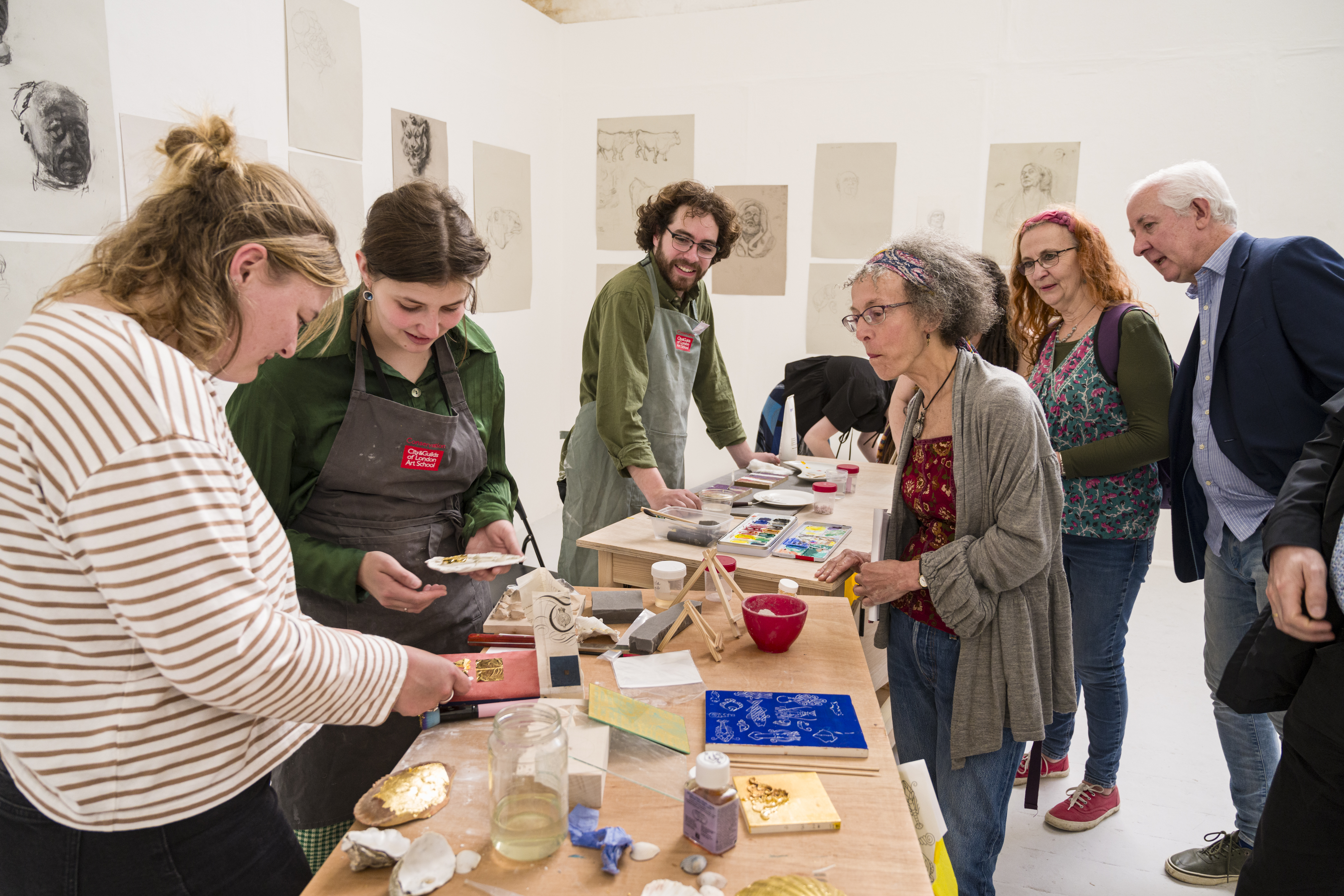 Conservation Demonstrations
Conservation Demonstrations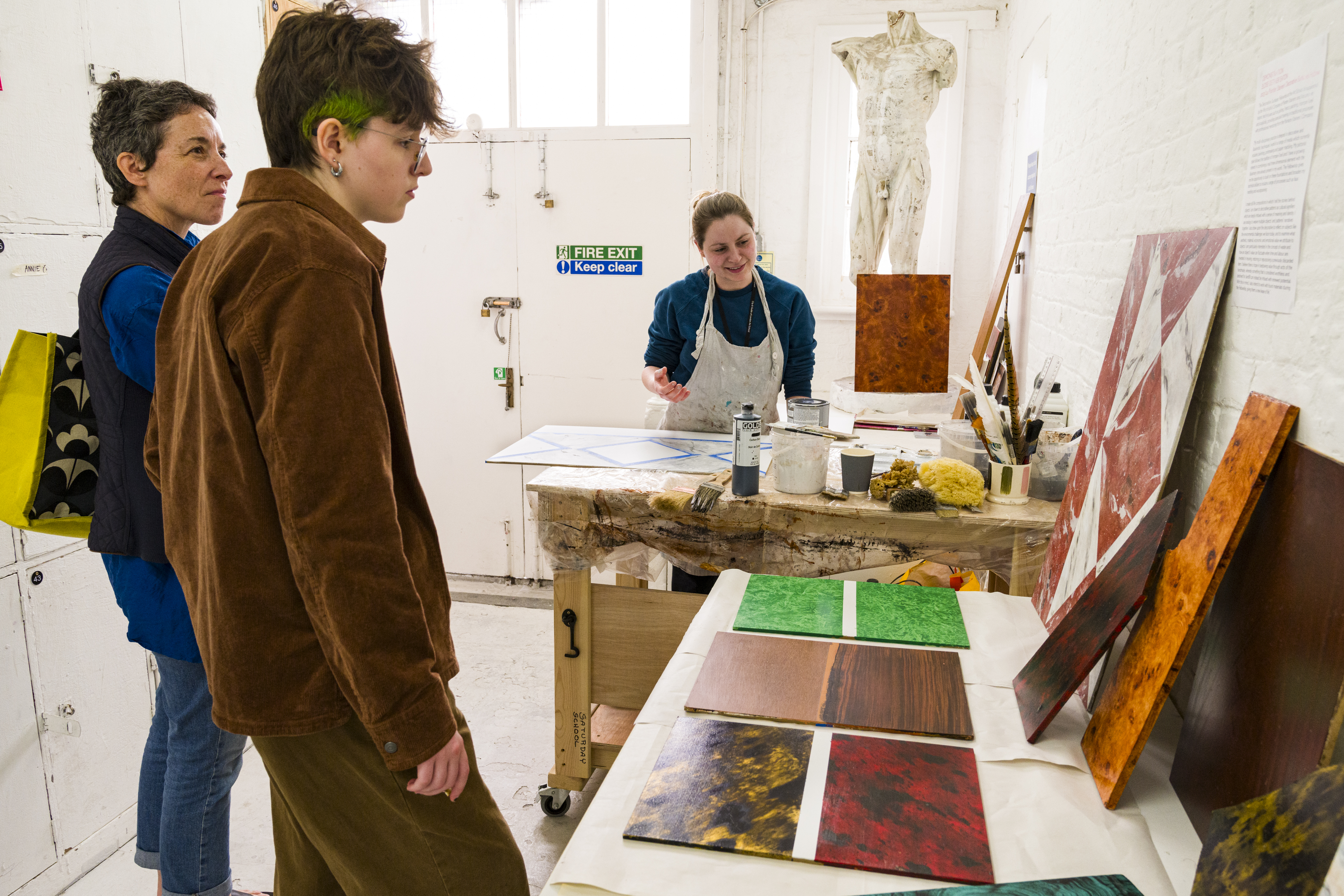 Decorative Surfaces Demonstrations
Decorative Surfaces Demonstrations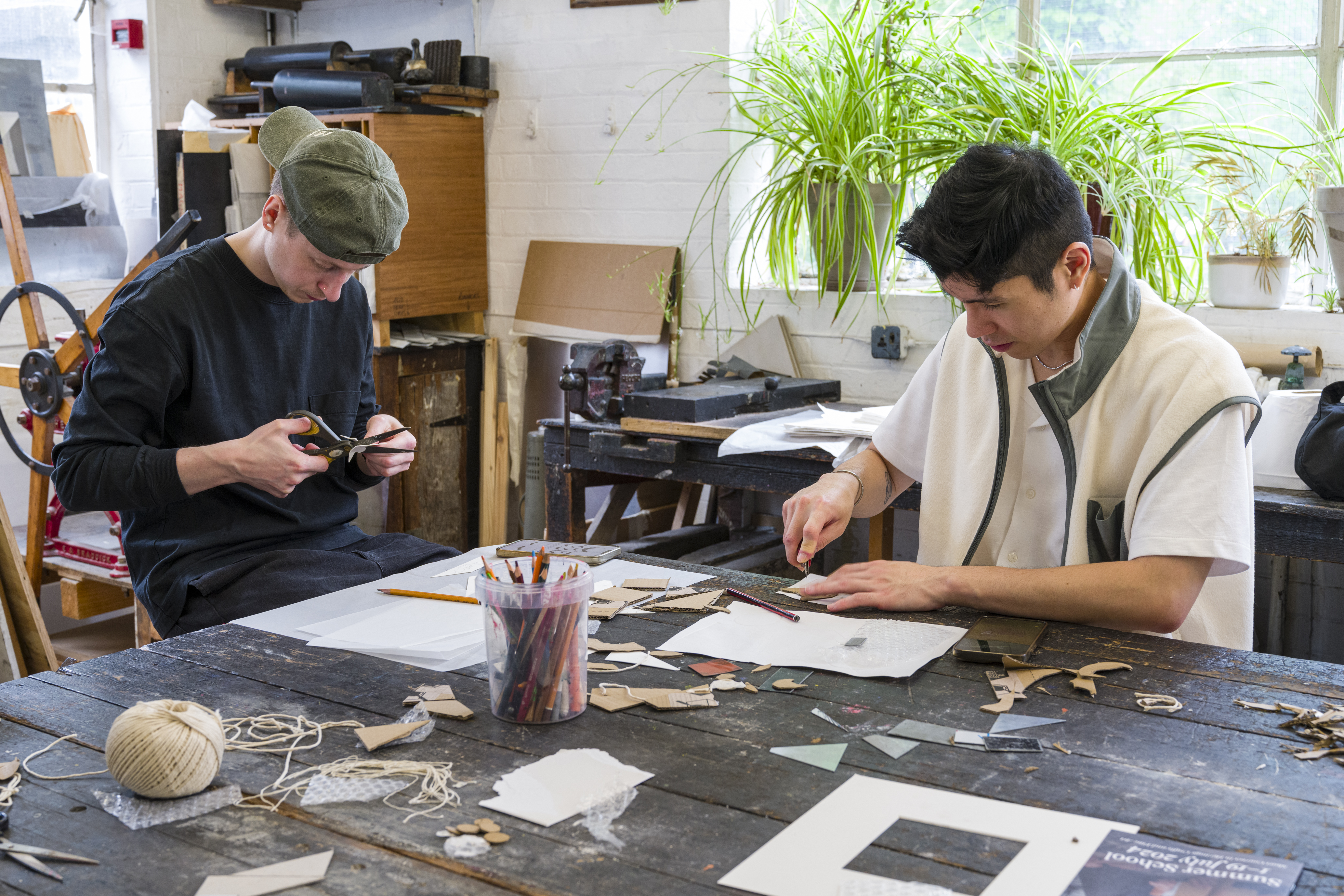 Printmaking workshops
Printmaking workshops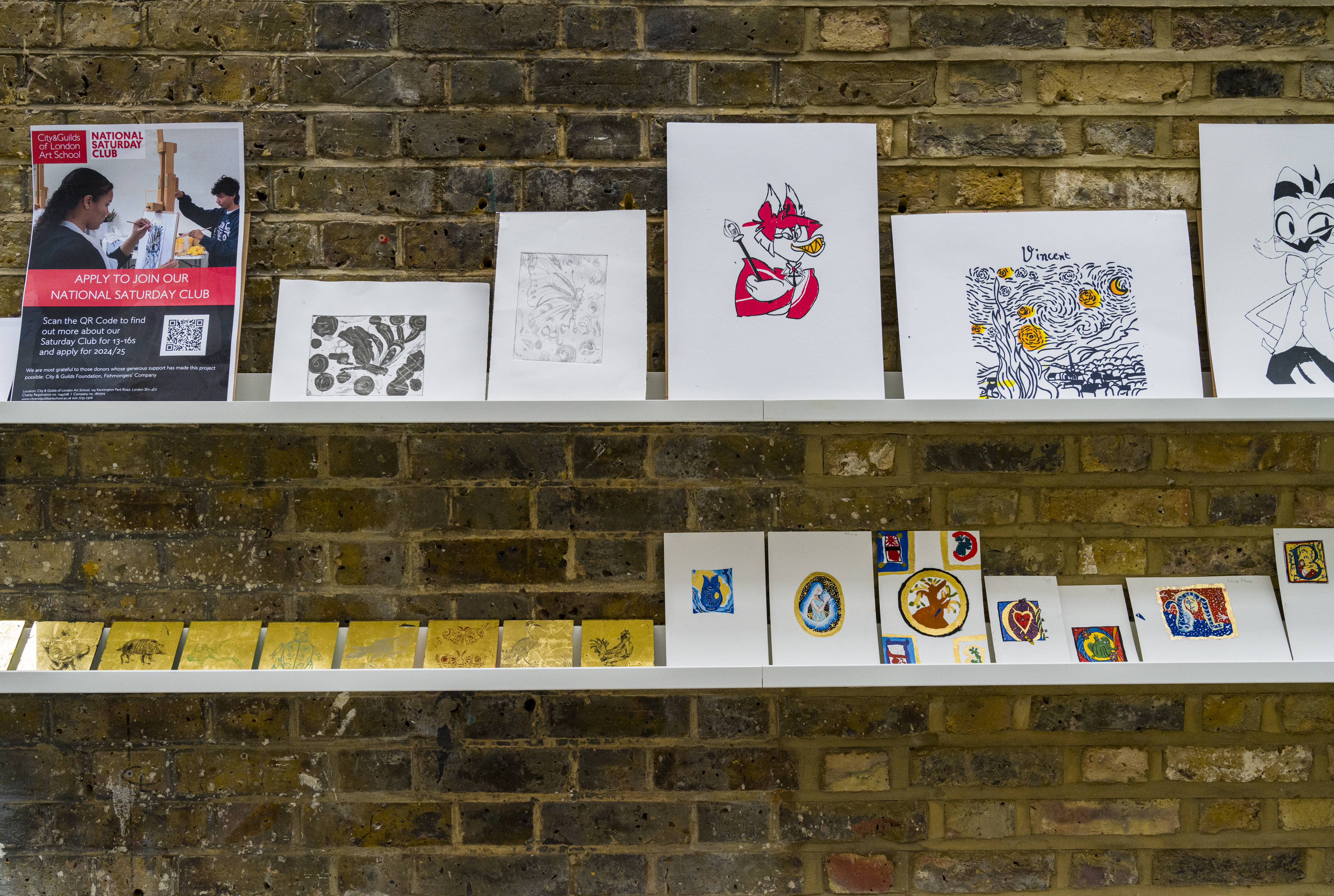 Exhibition of work by National Saturday Club members
Exhibition of work by National Saturday Club members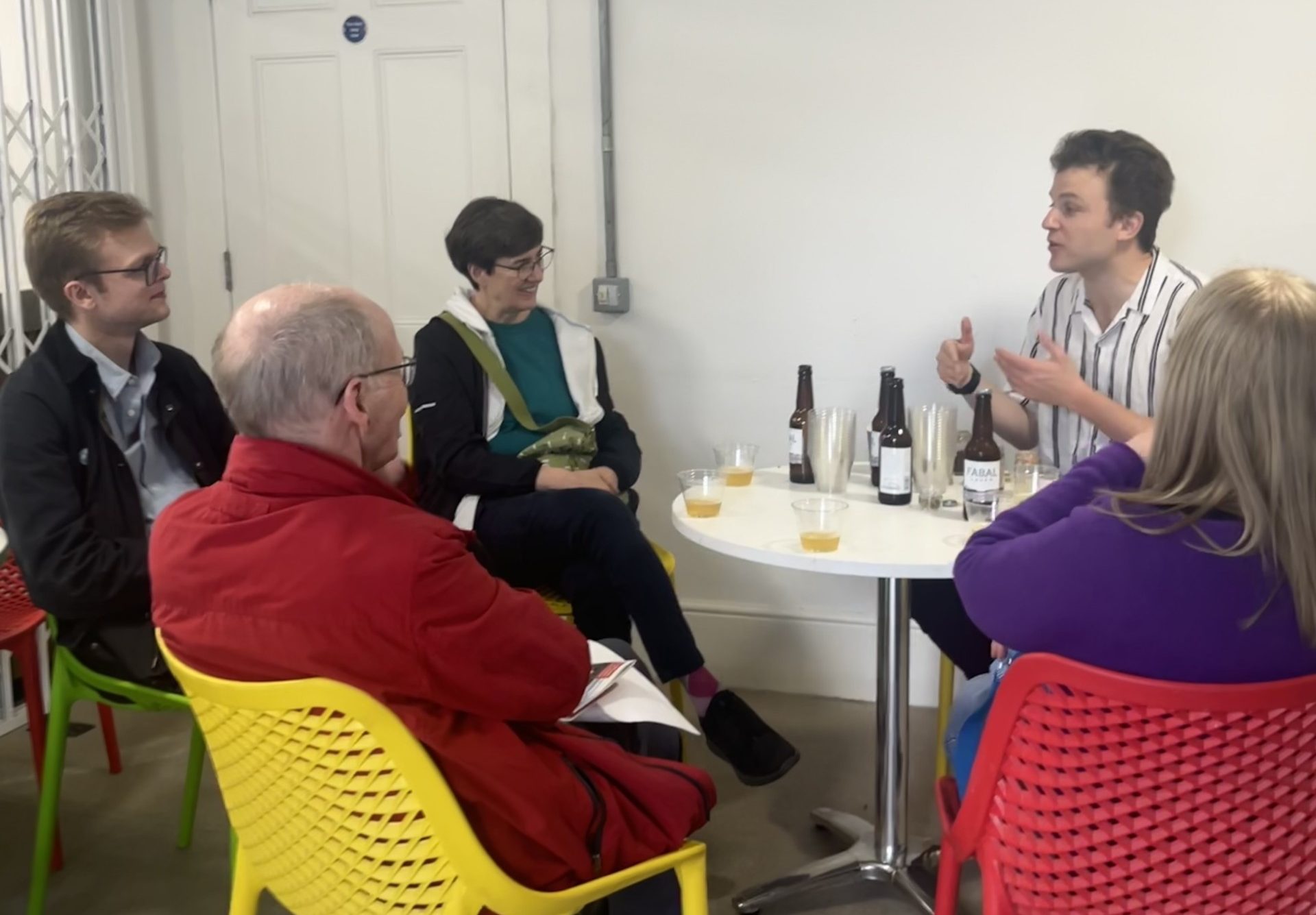 Talk & Tasting with Fabal Lager
Talk & Tasting with Fabal Lager
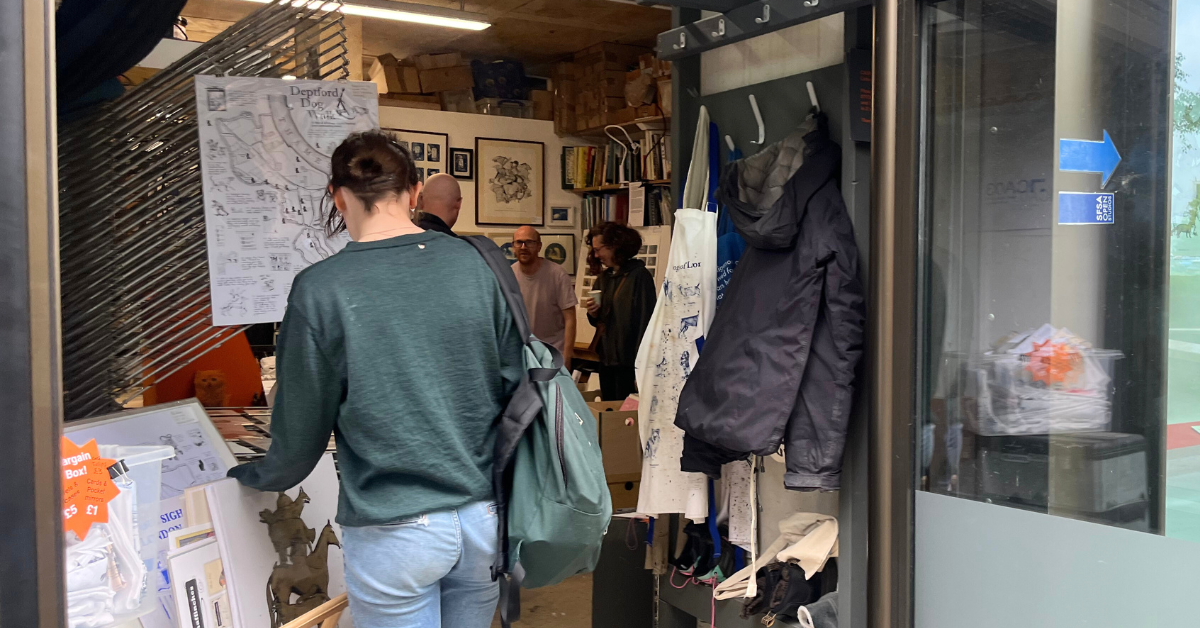
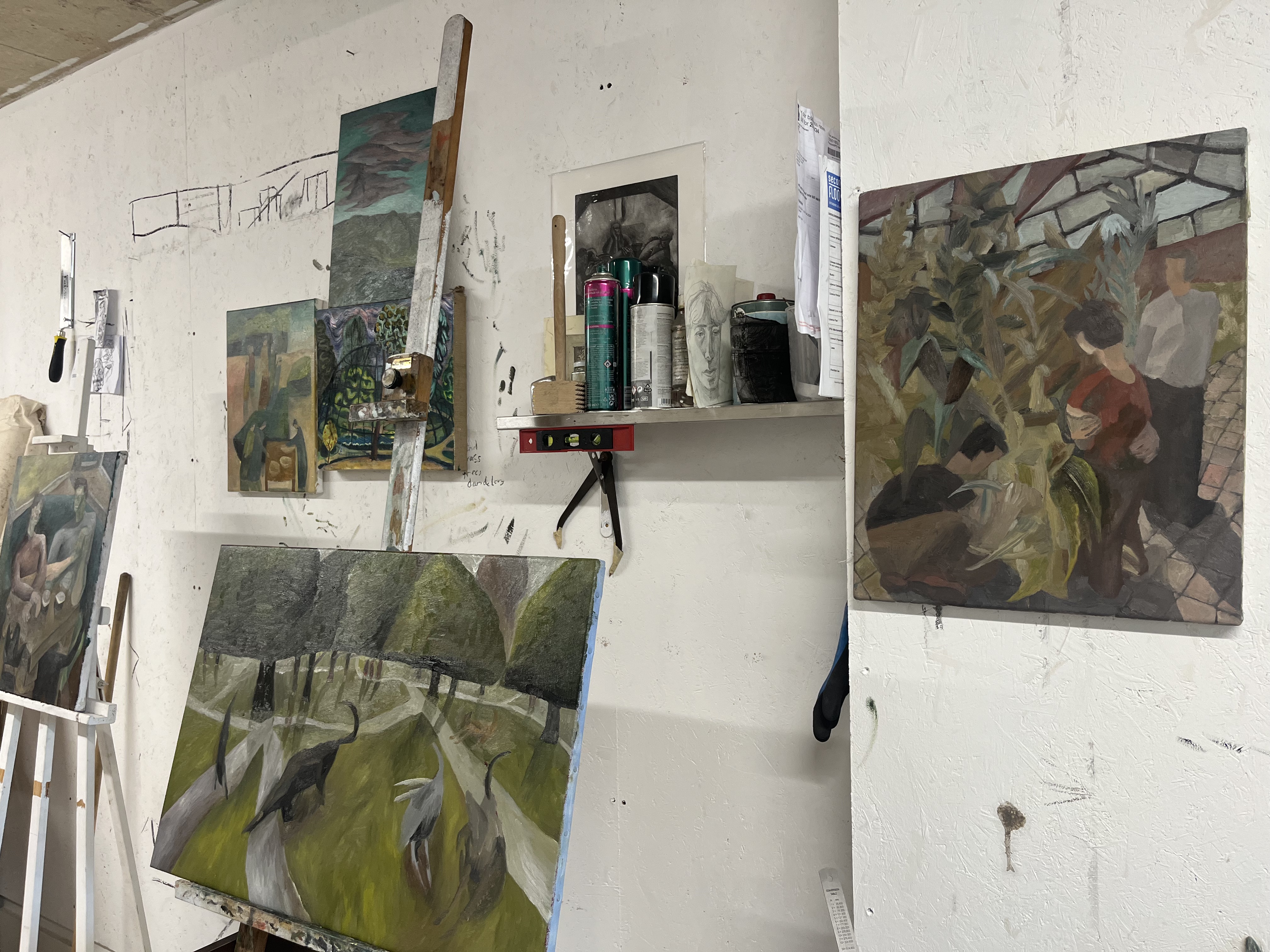
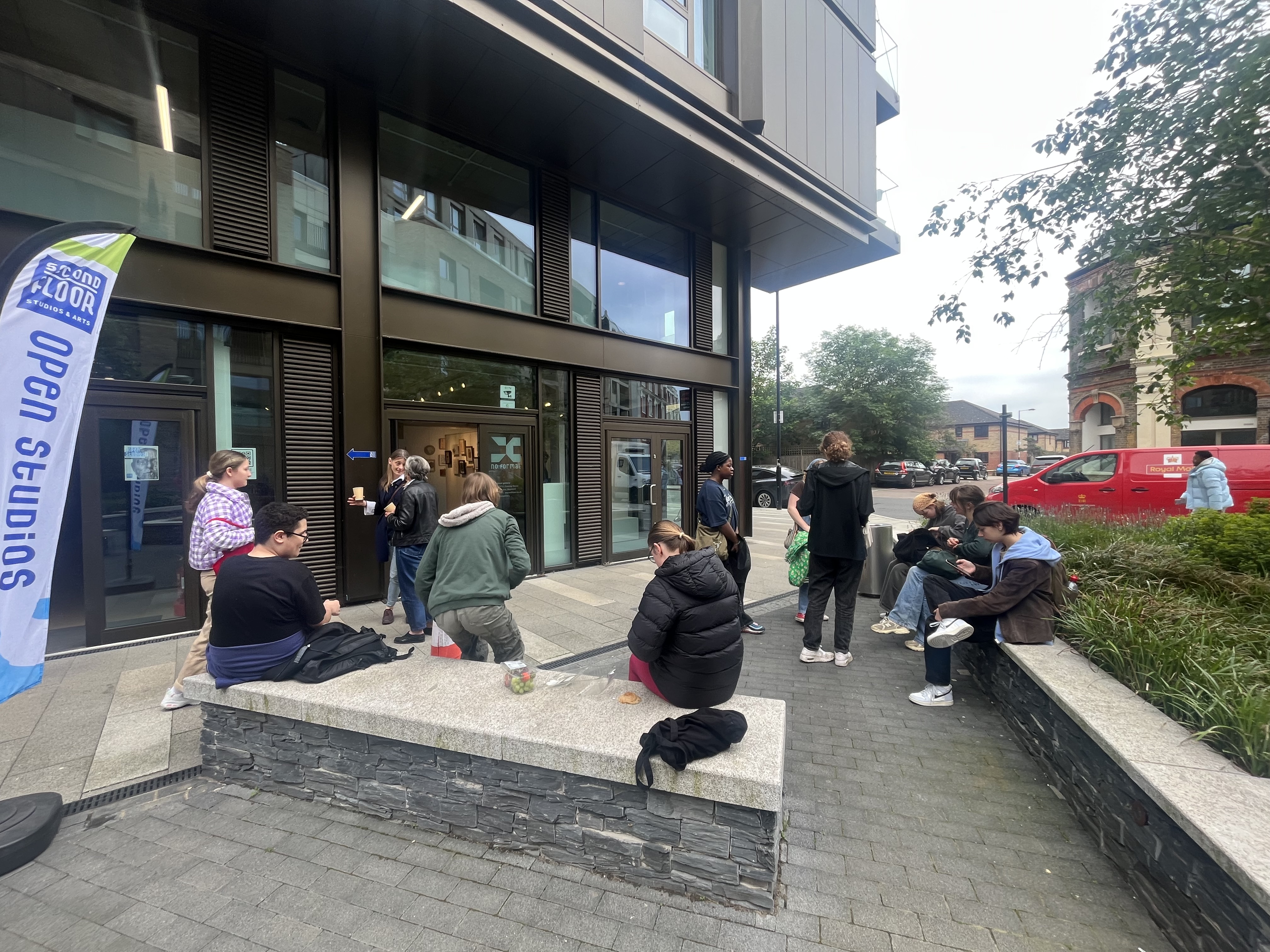
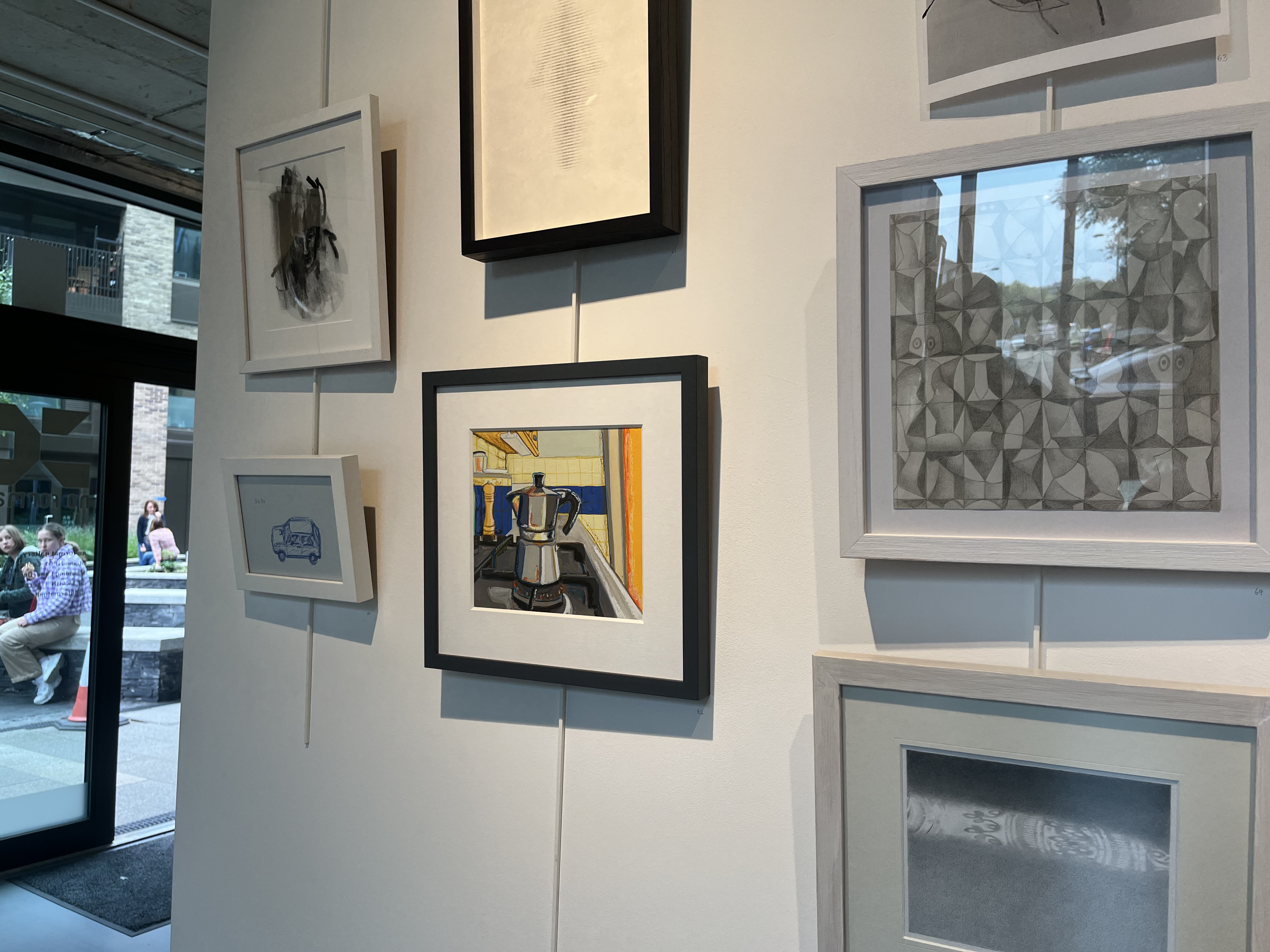
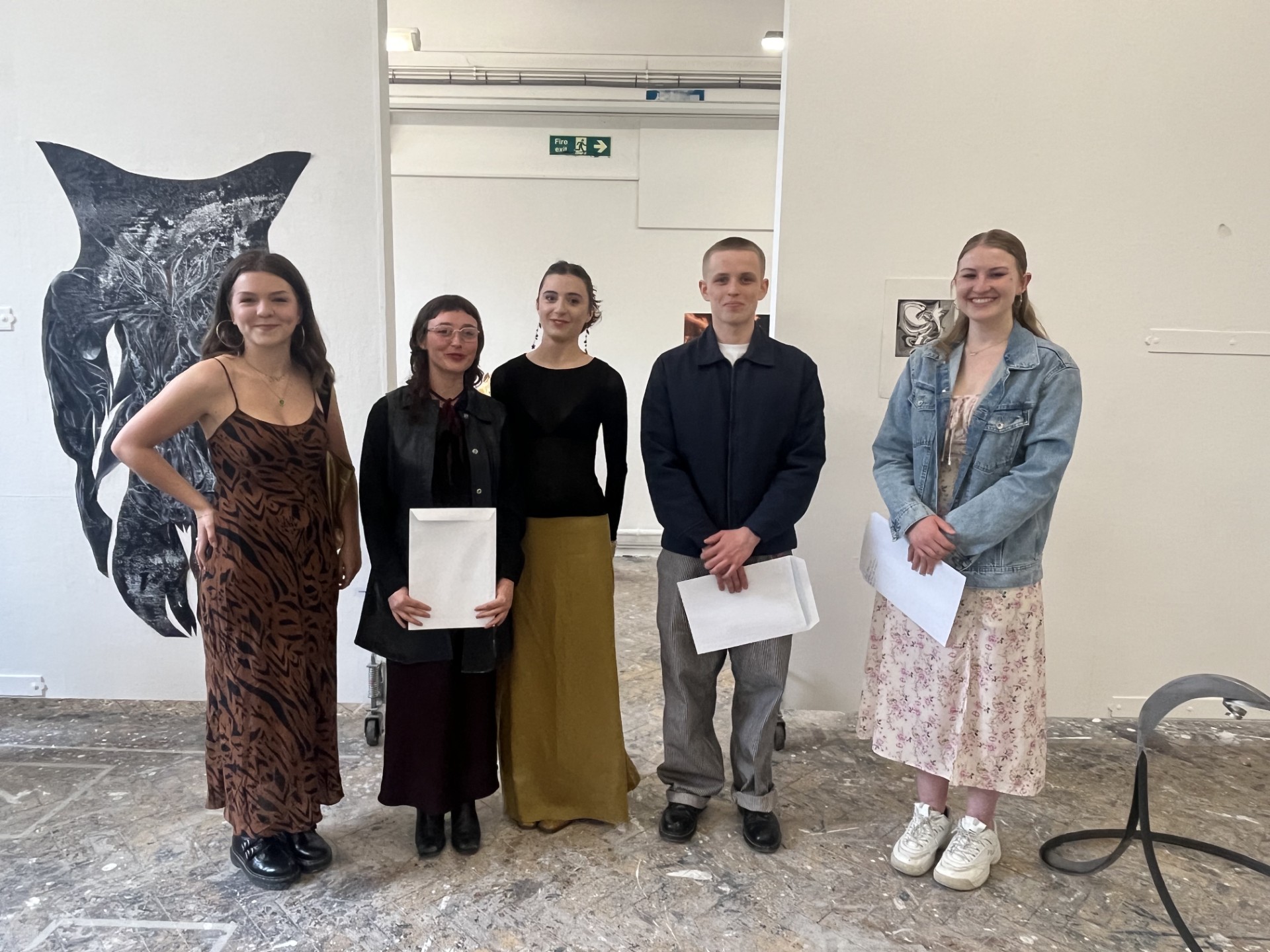
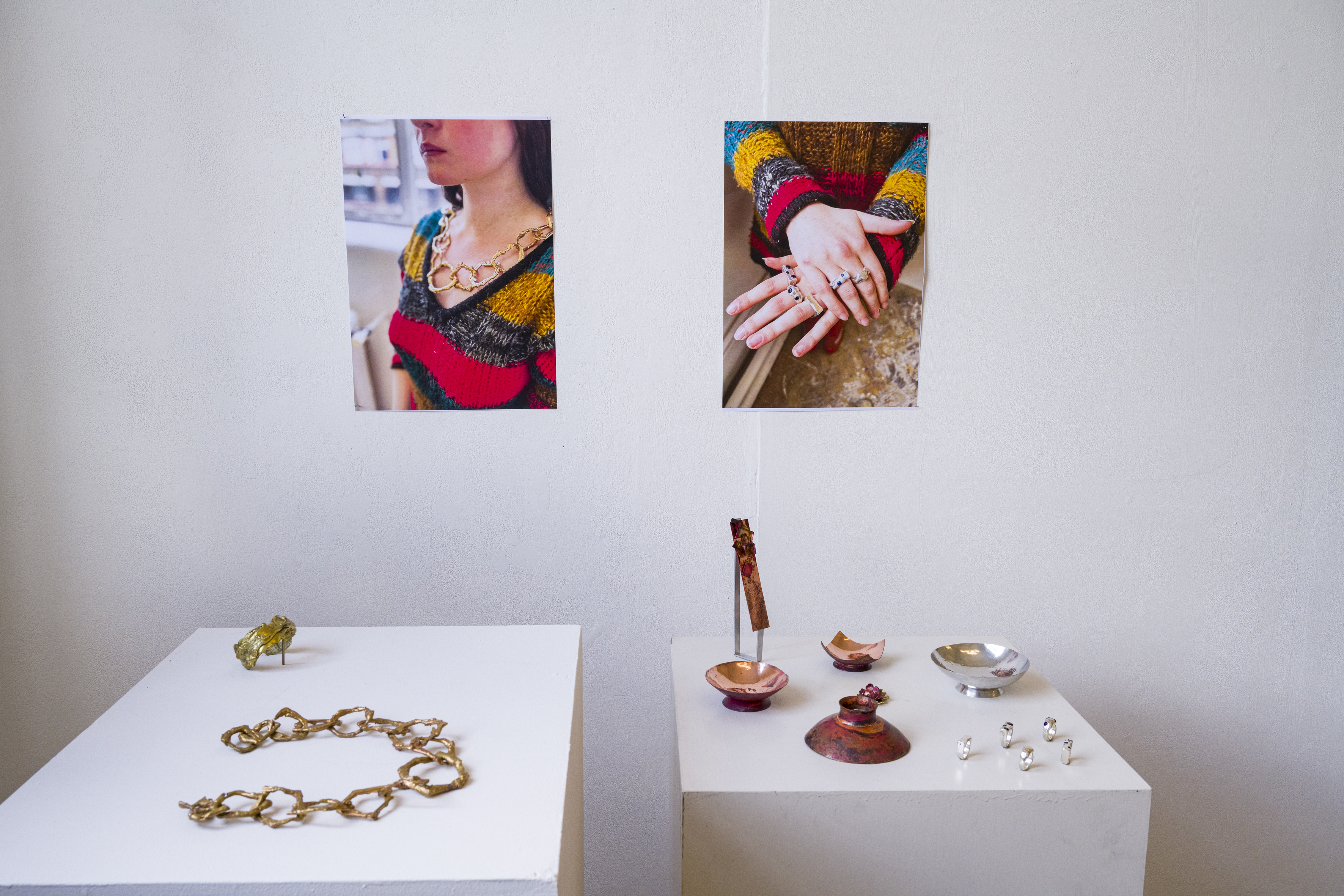
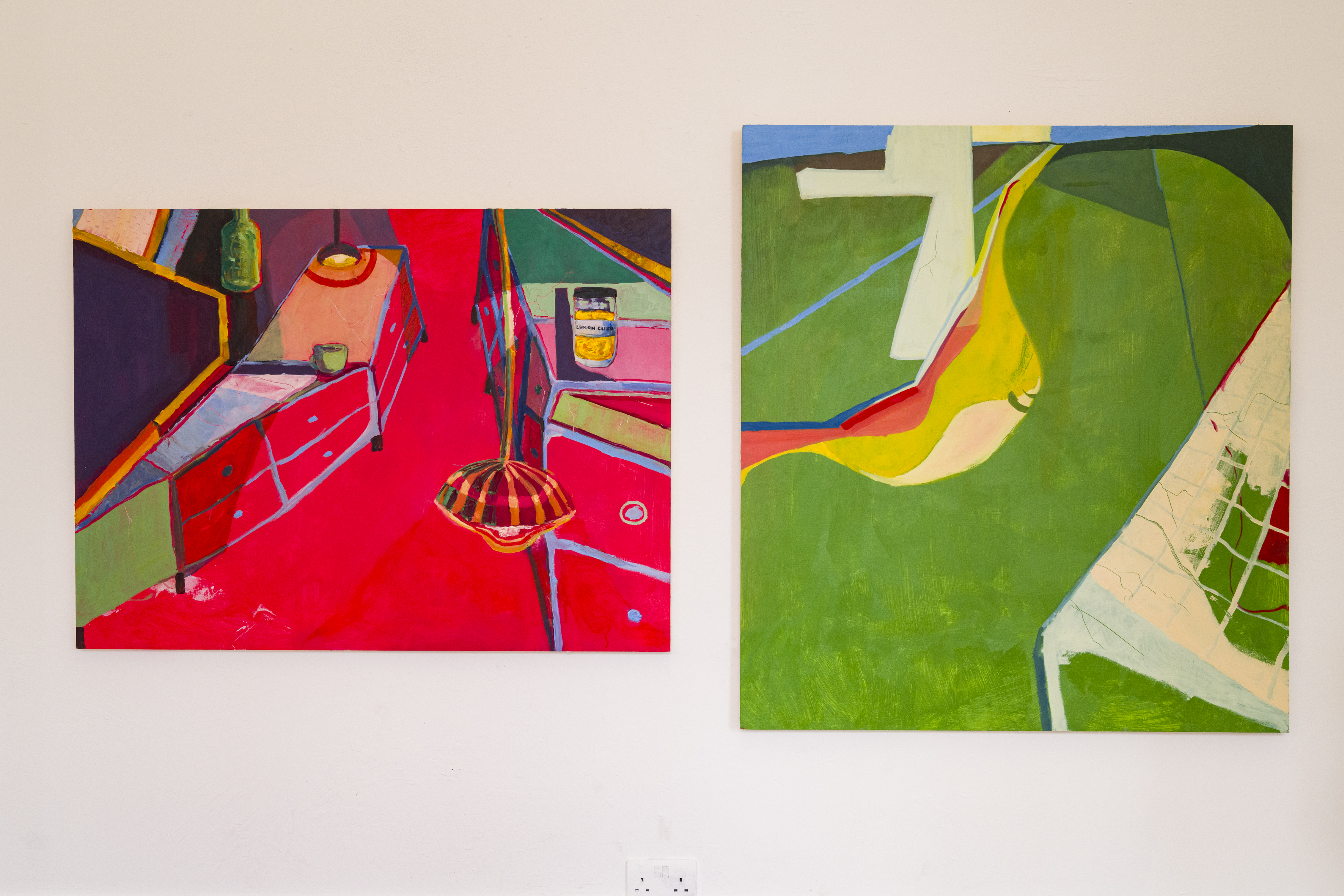
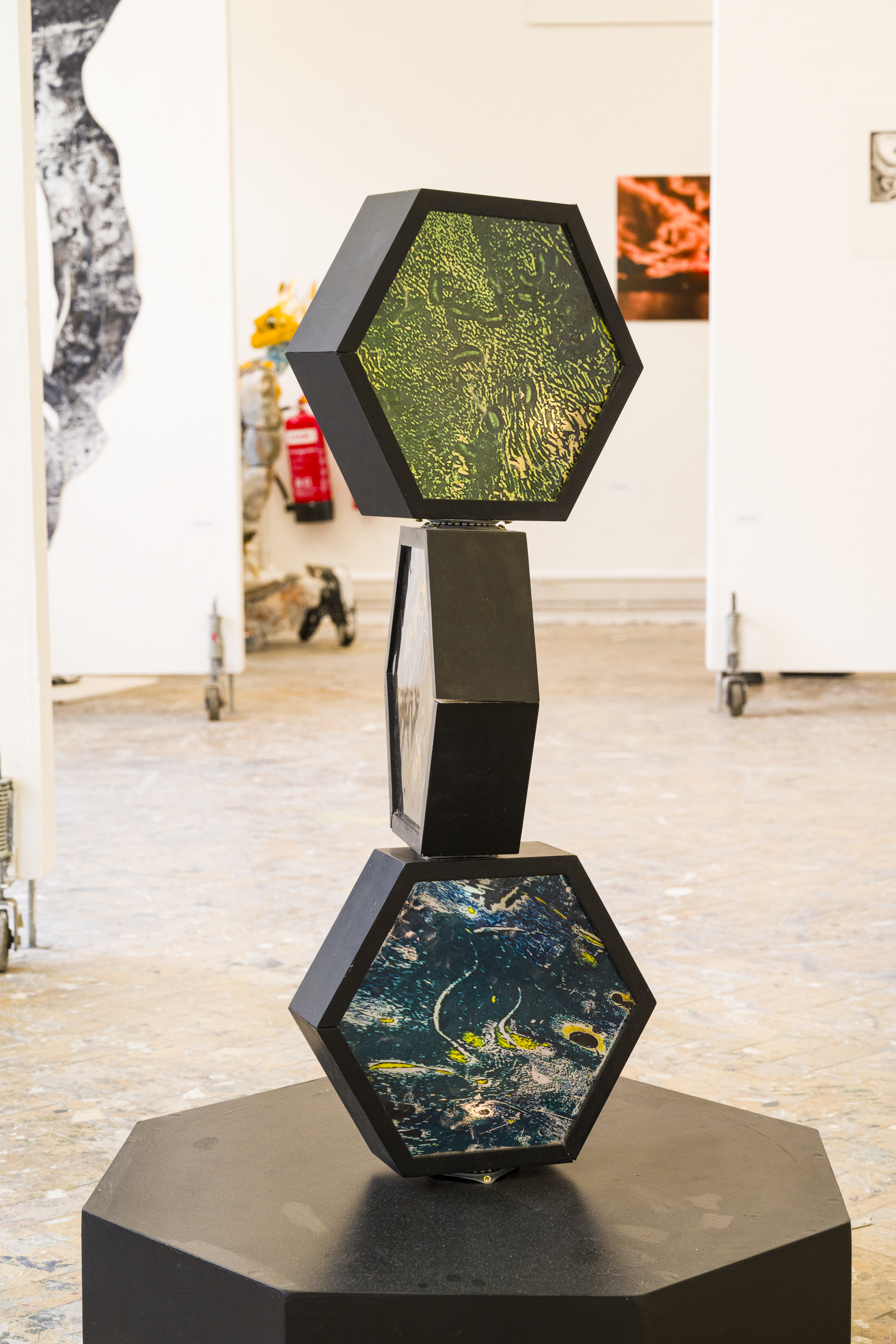
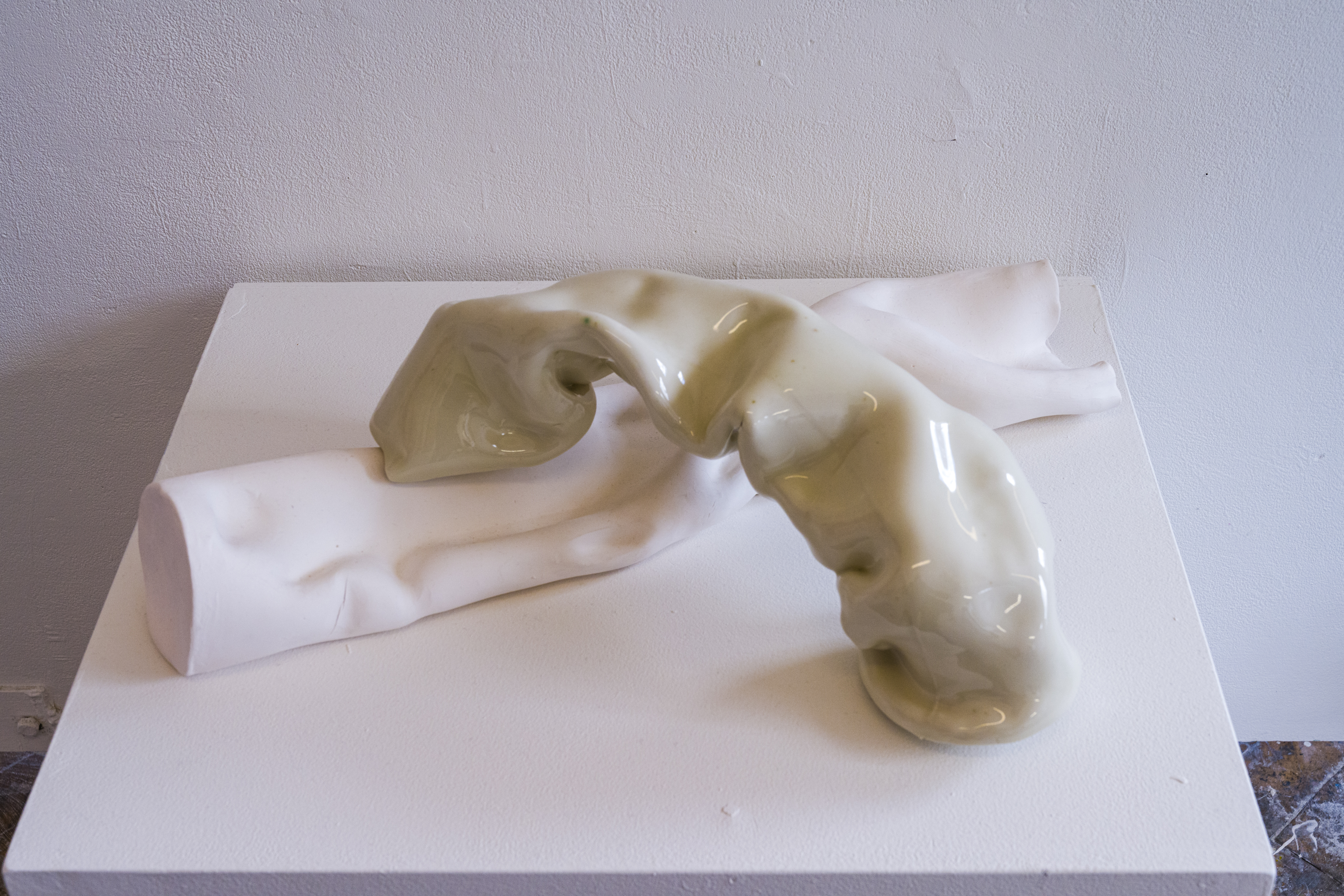
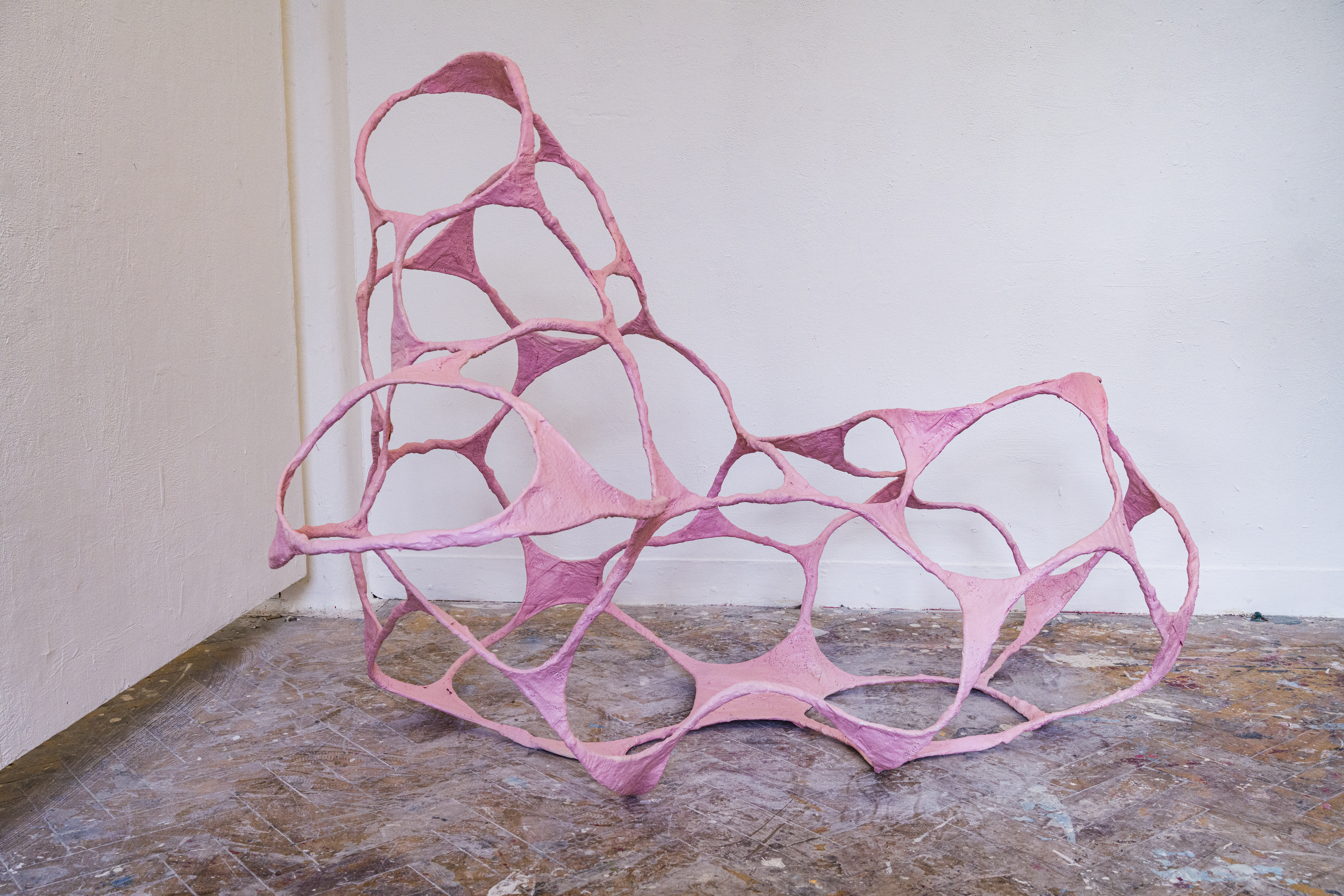
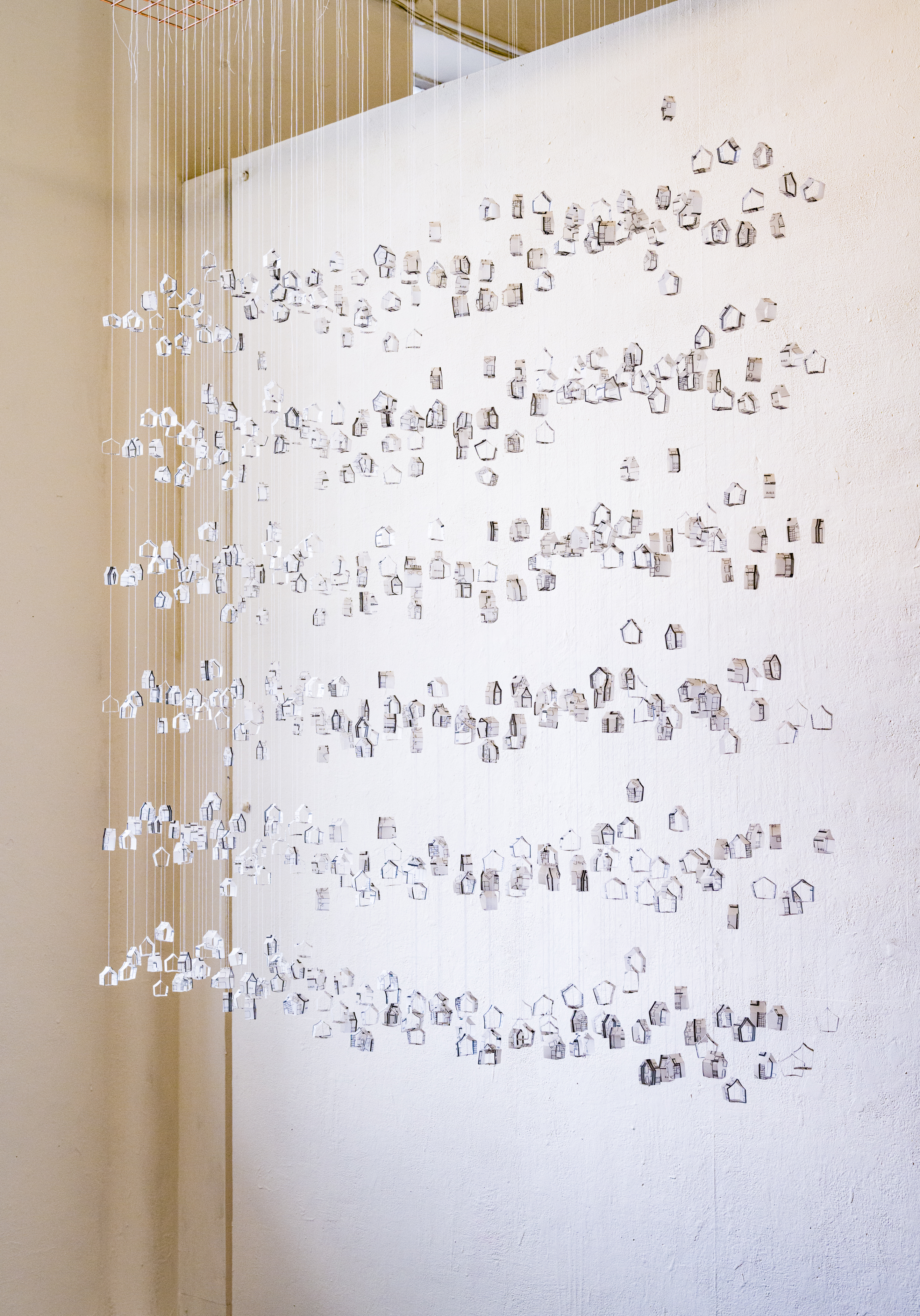
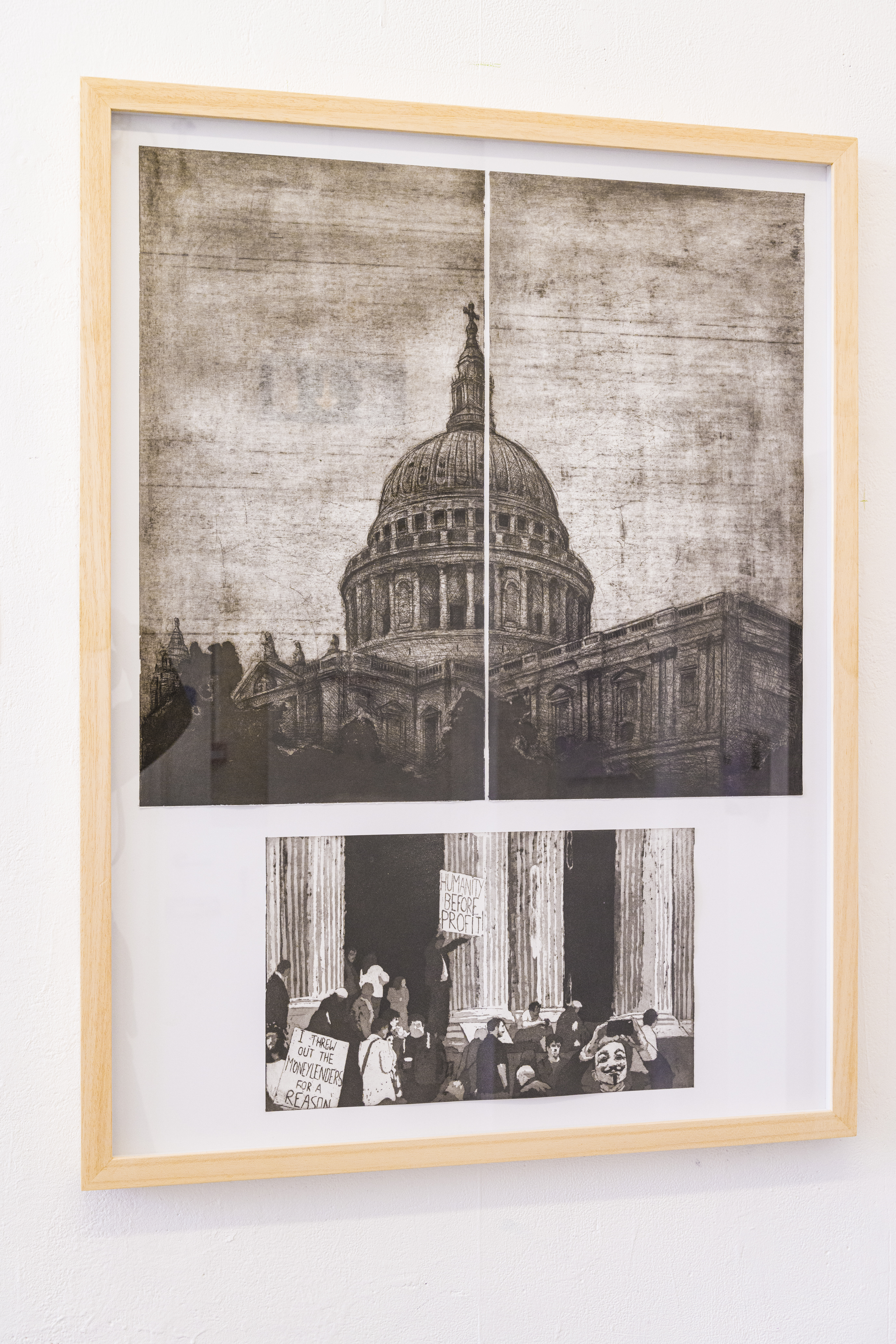
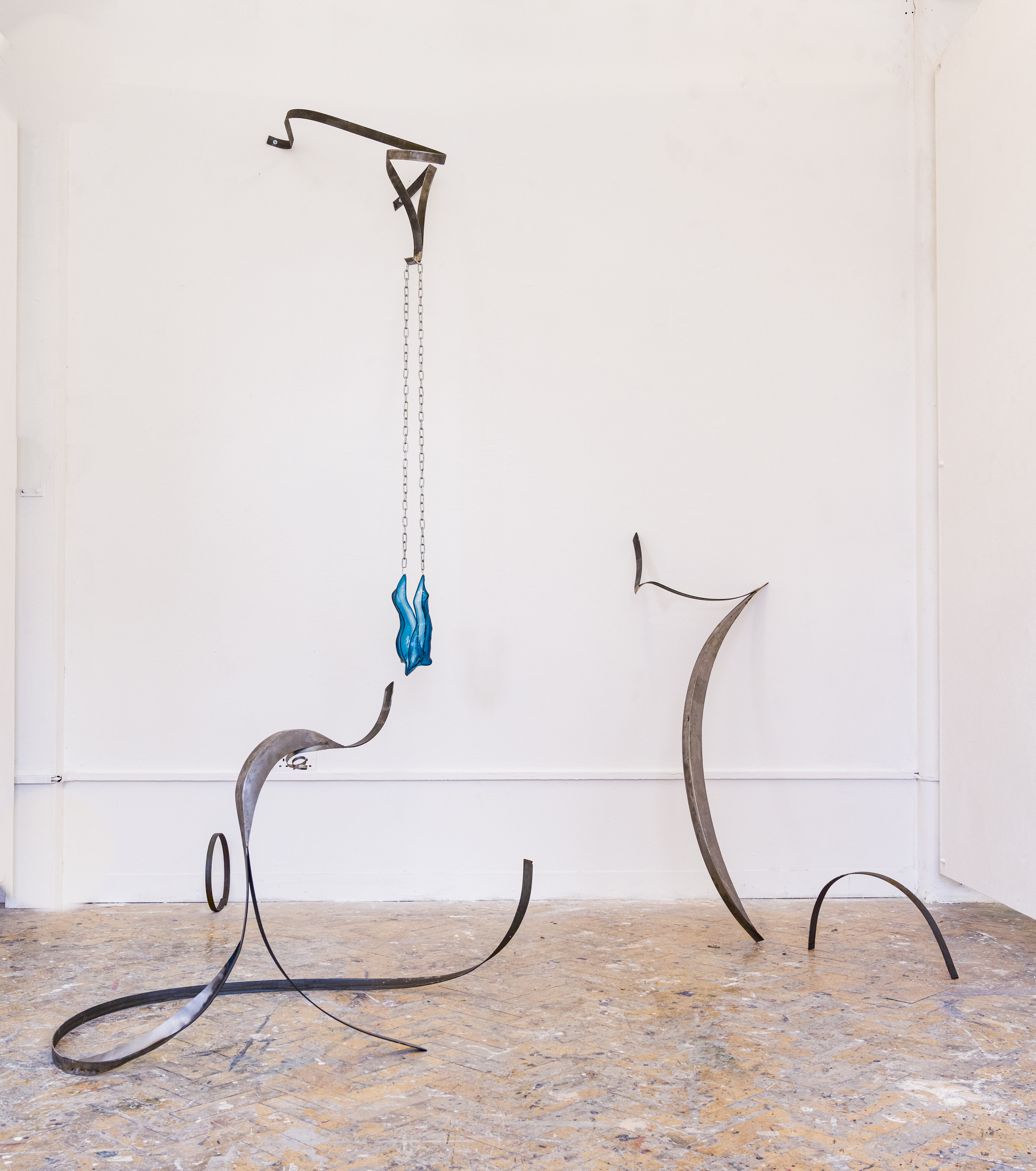
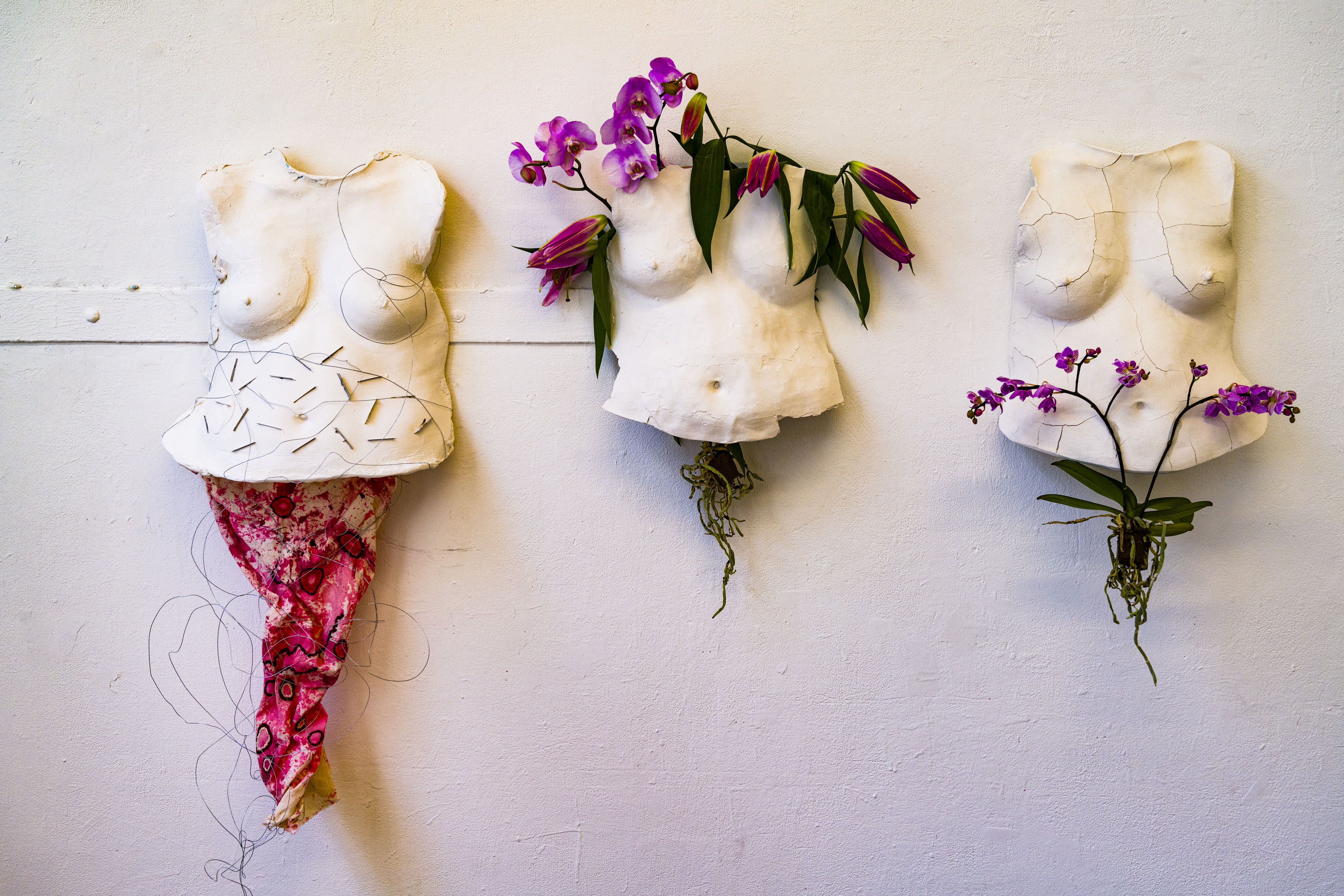
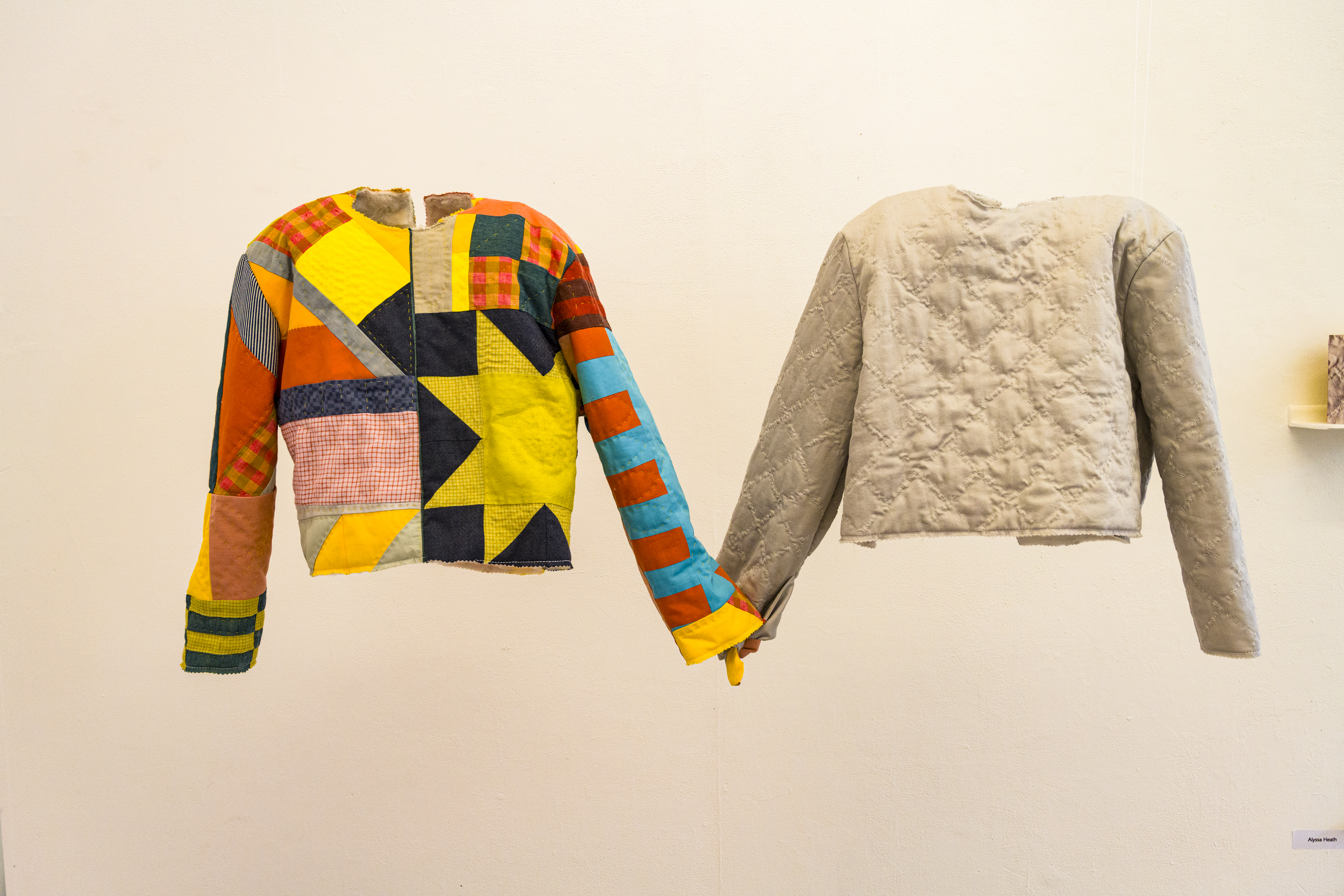
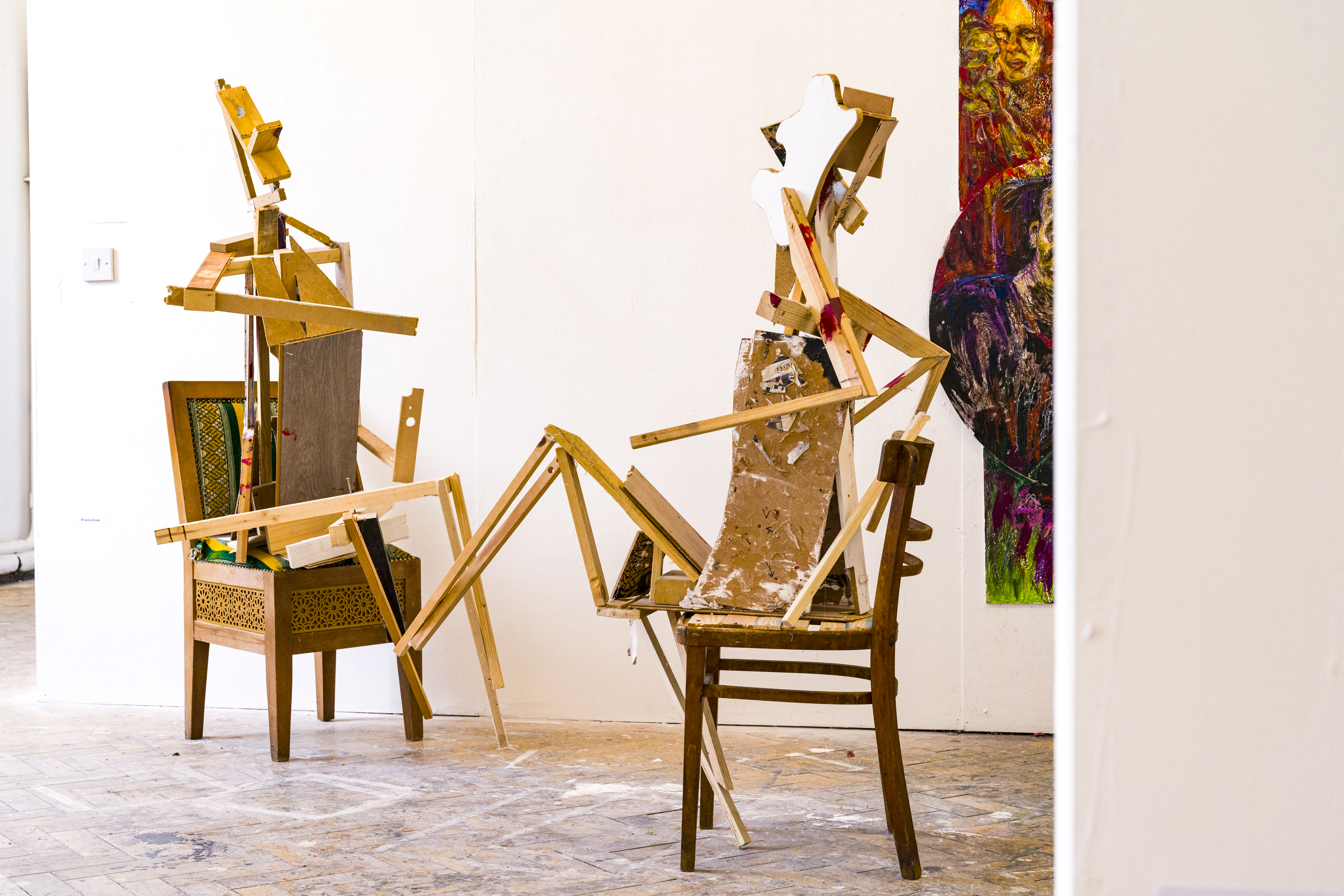

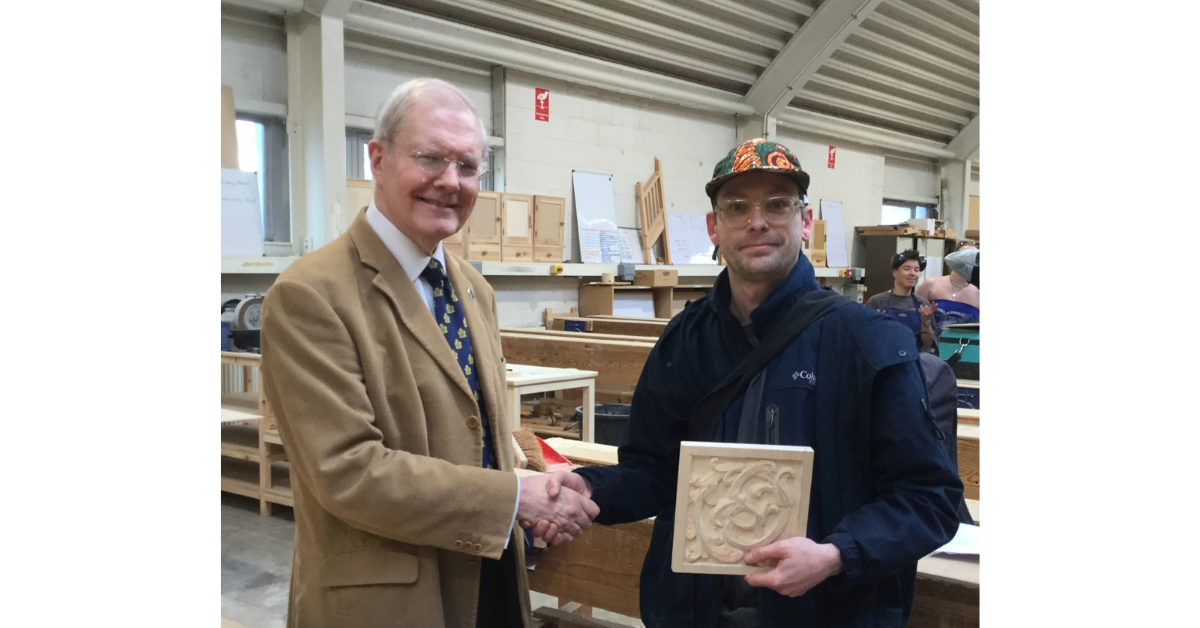
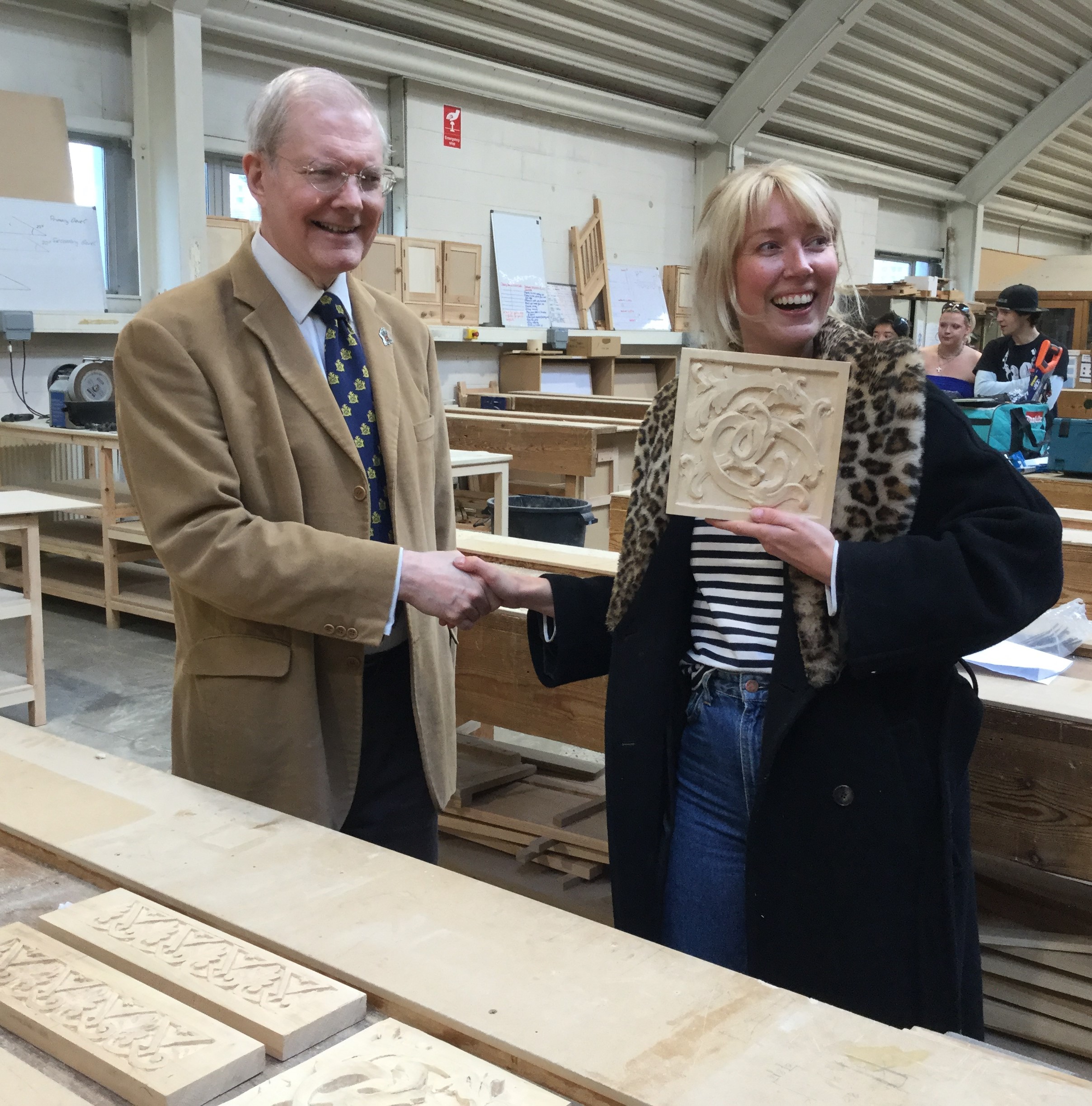
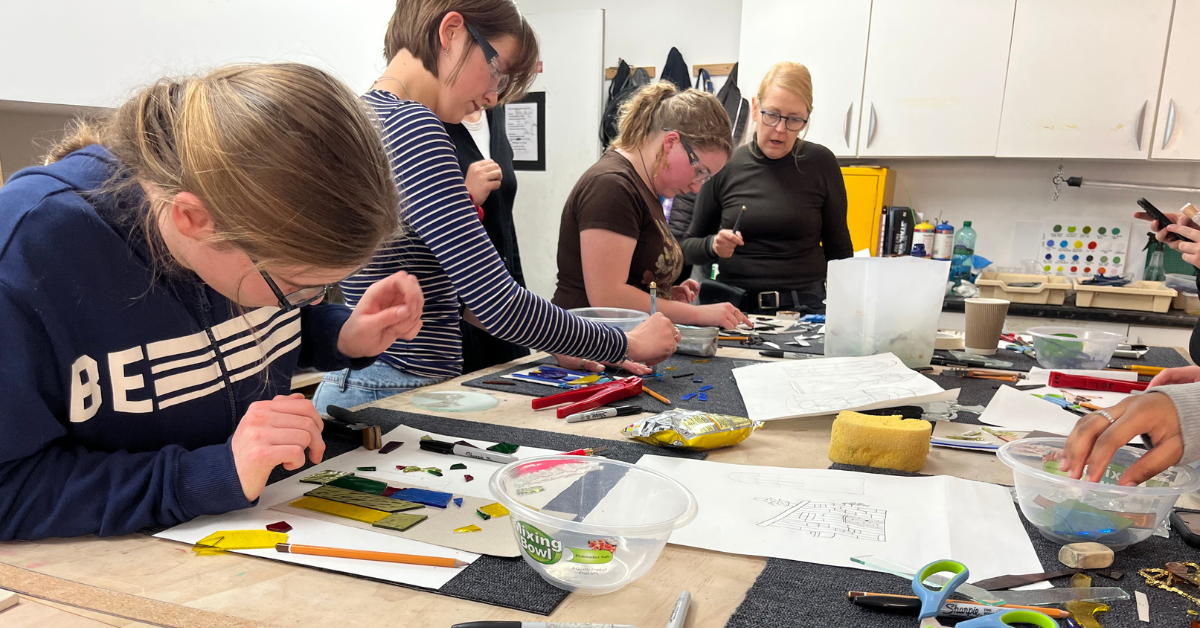
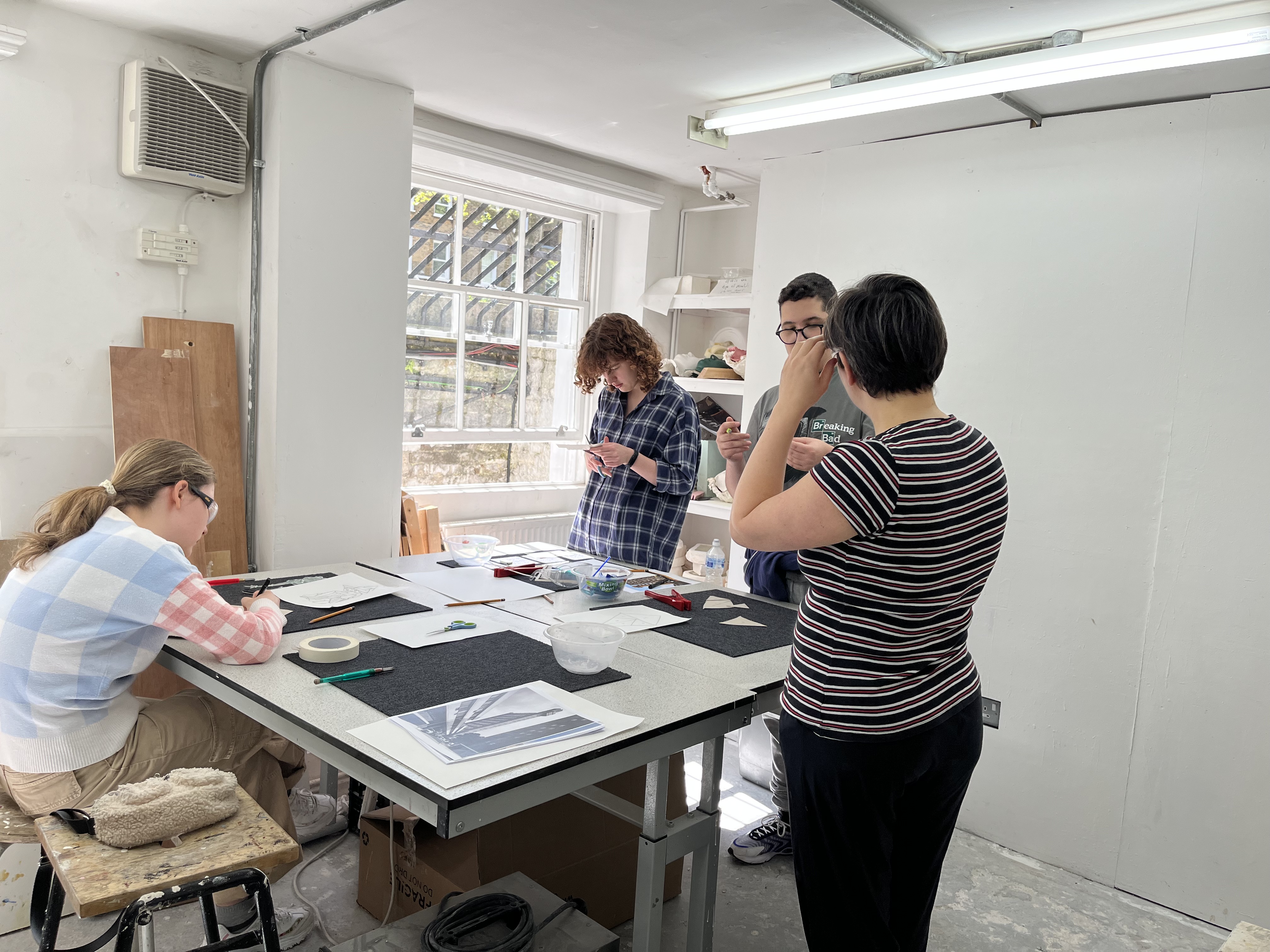
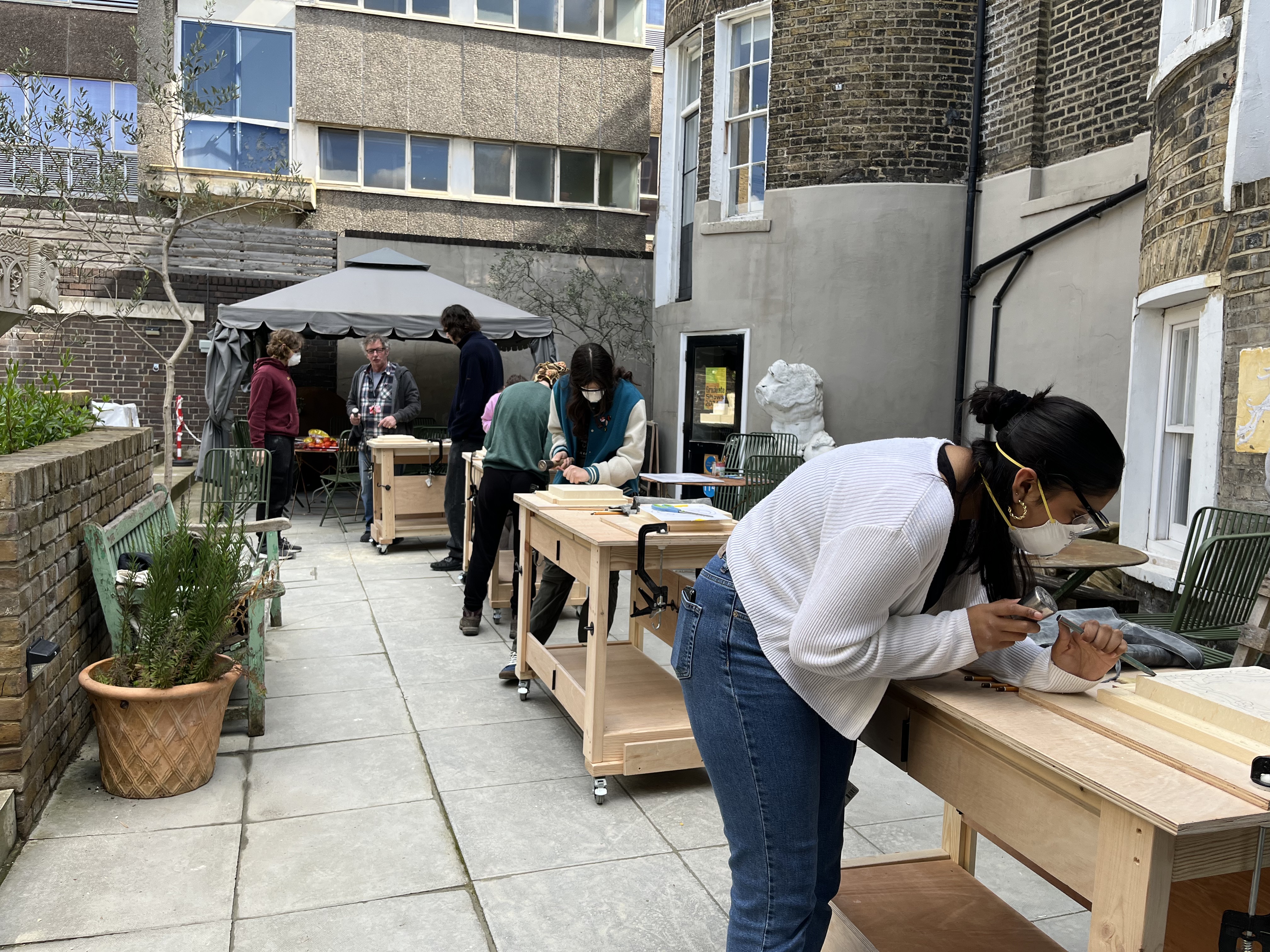
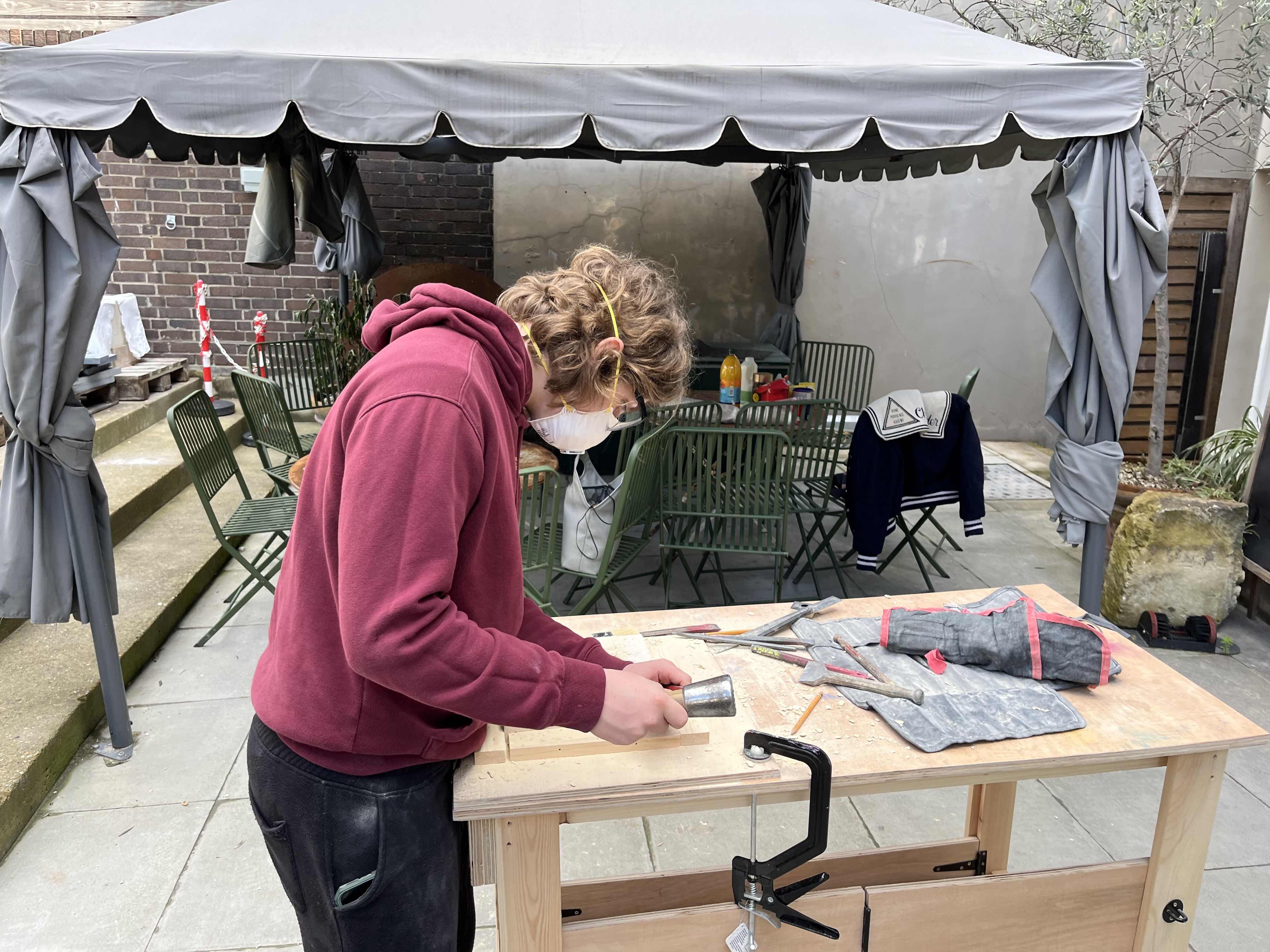
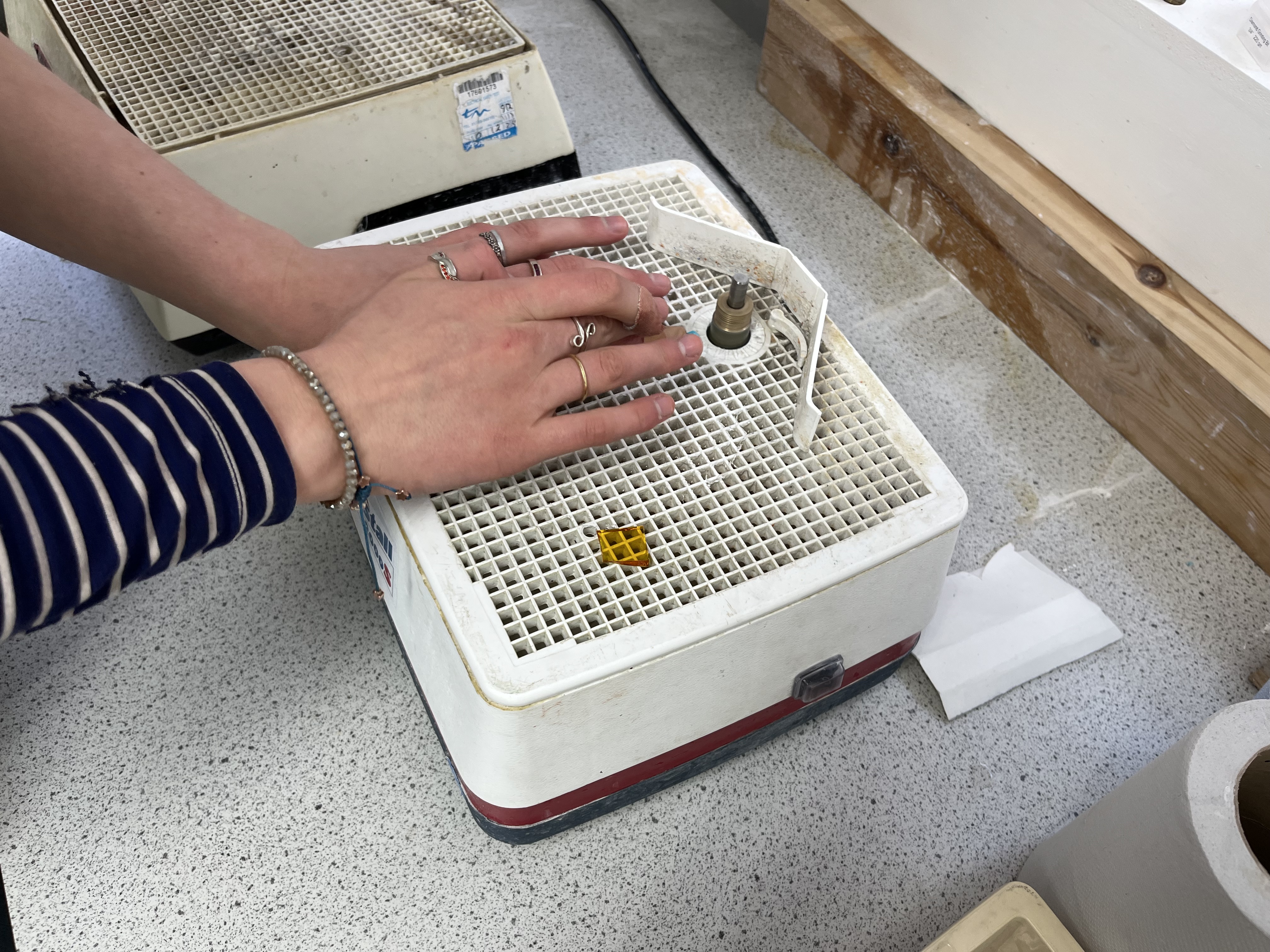
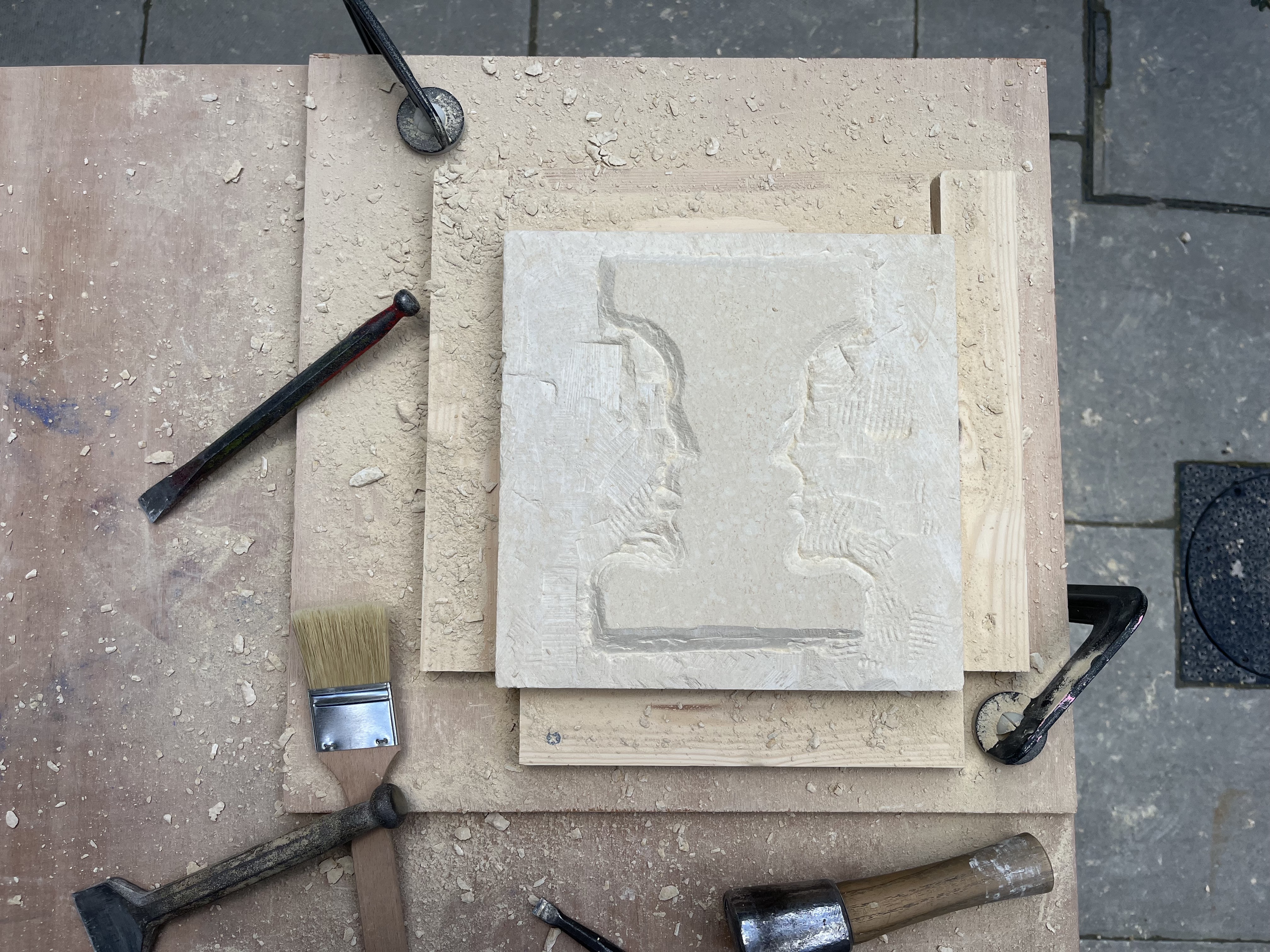

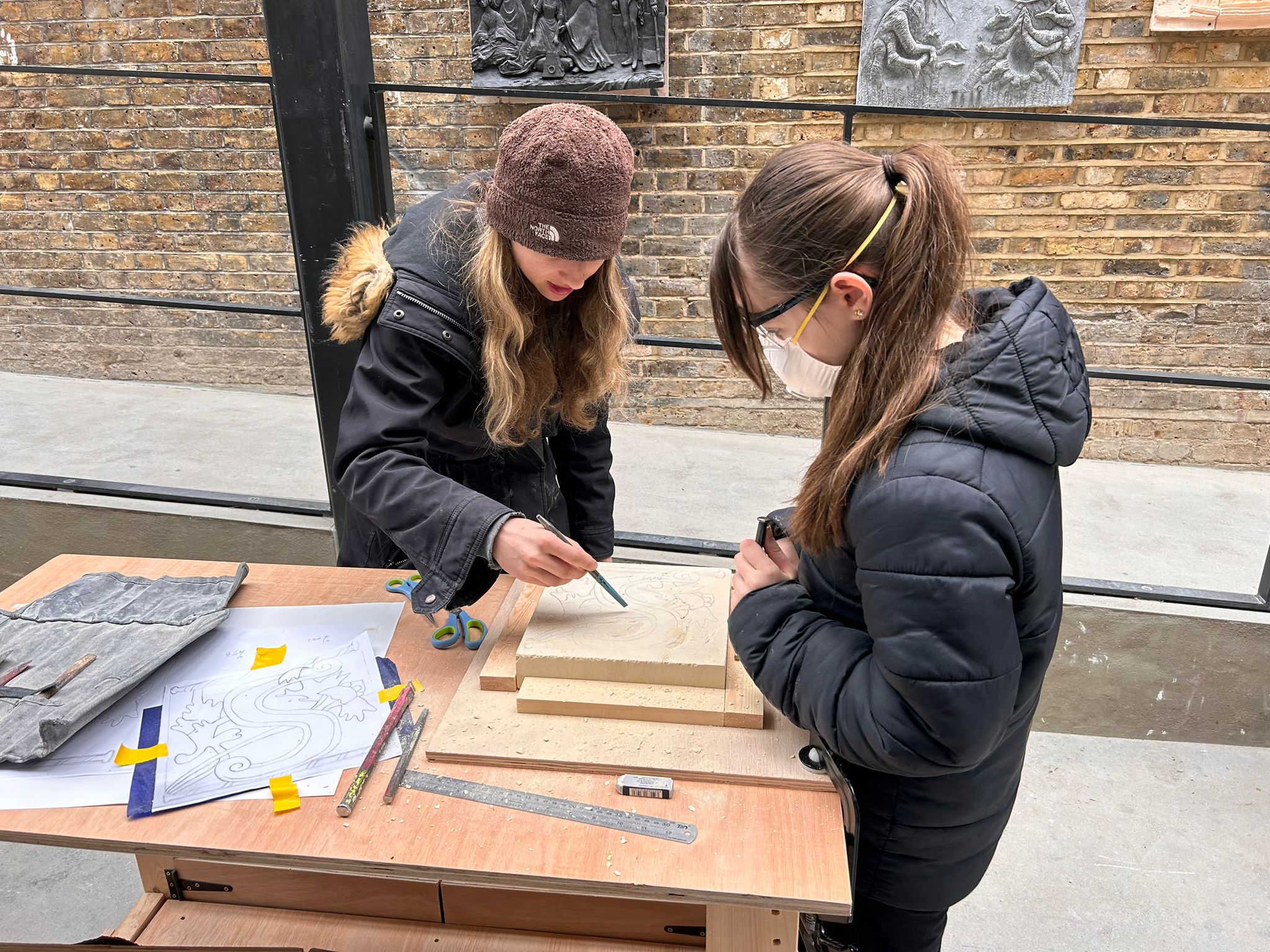
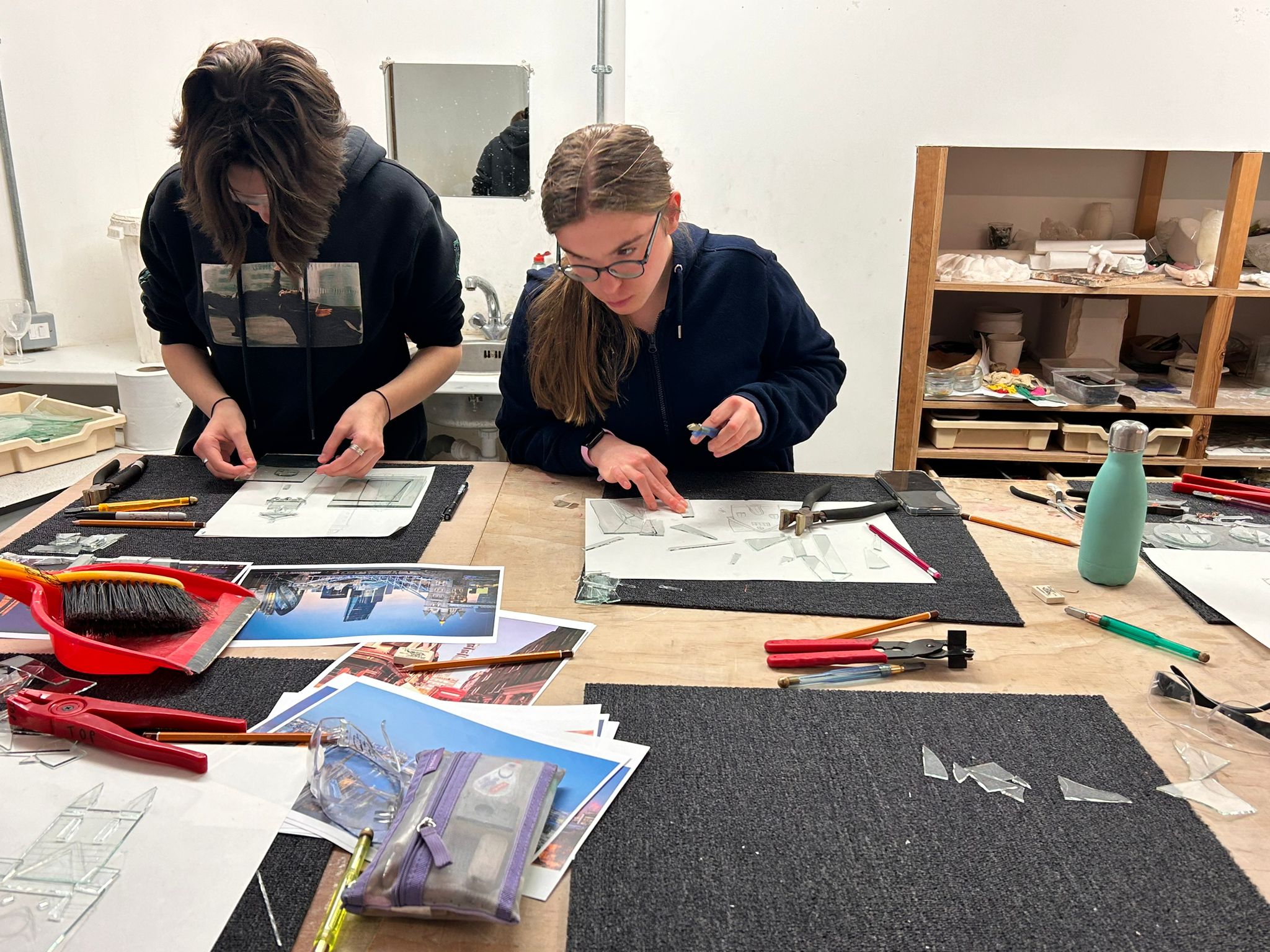
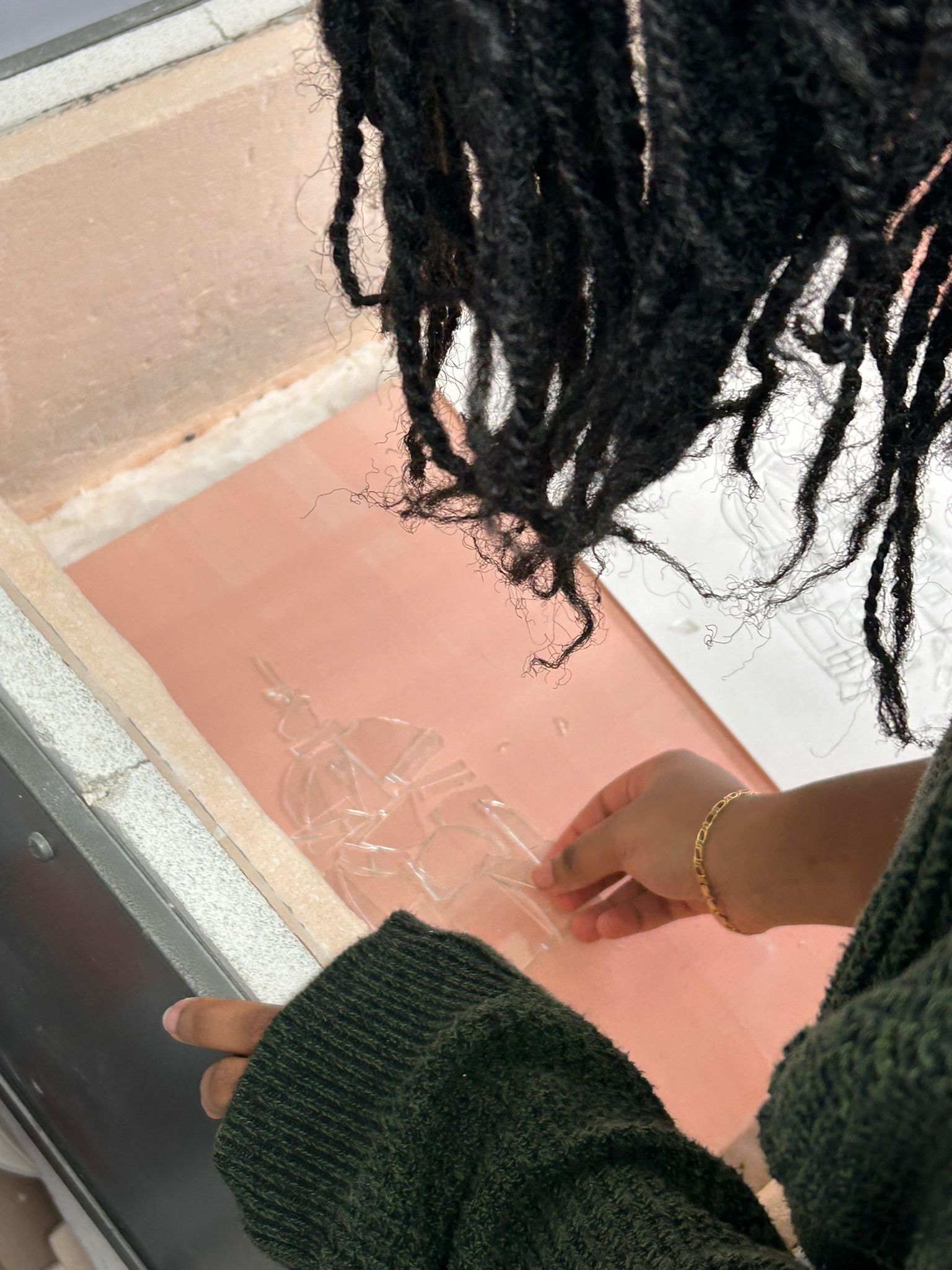
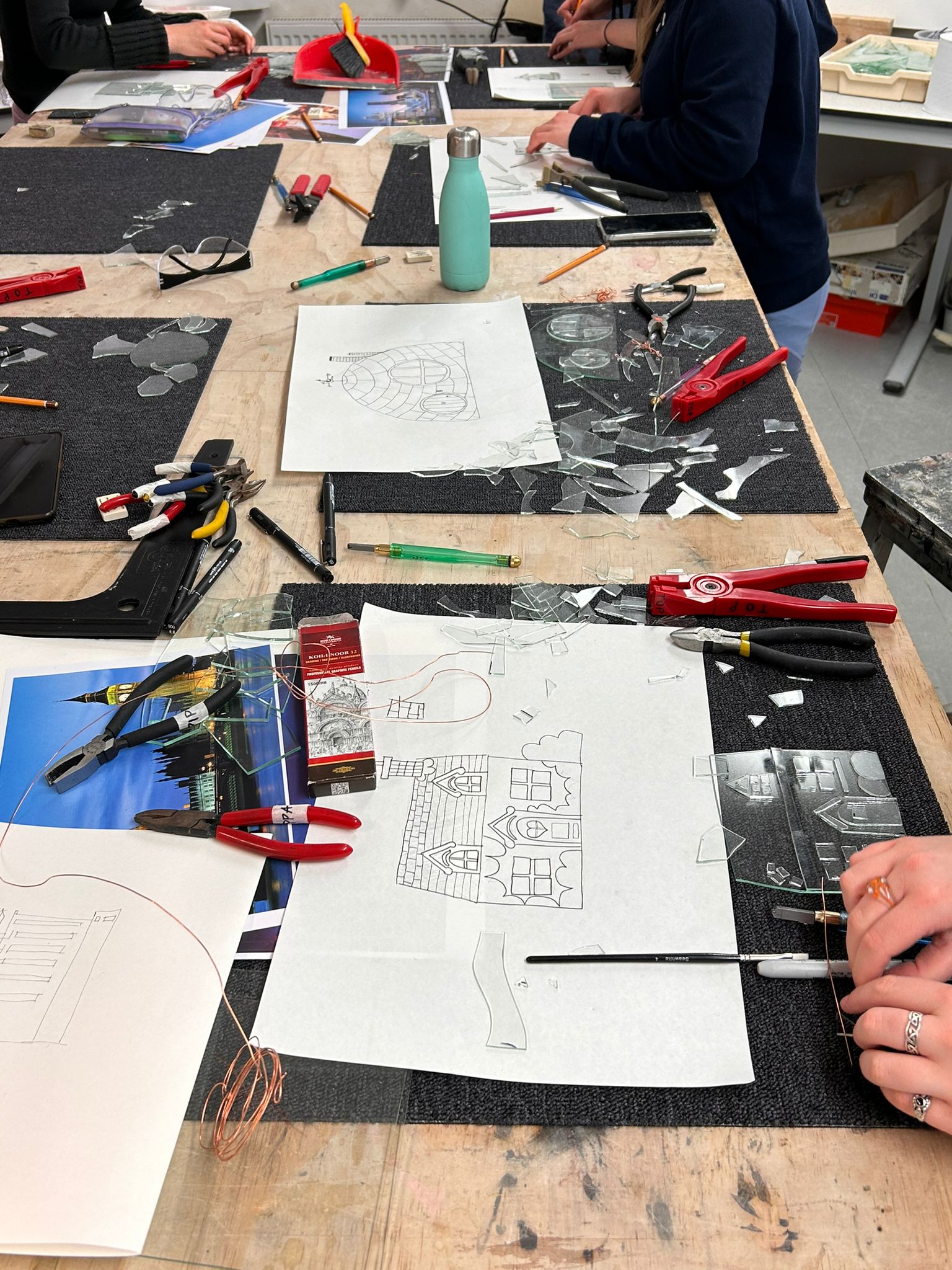
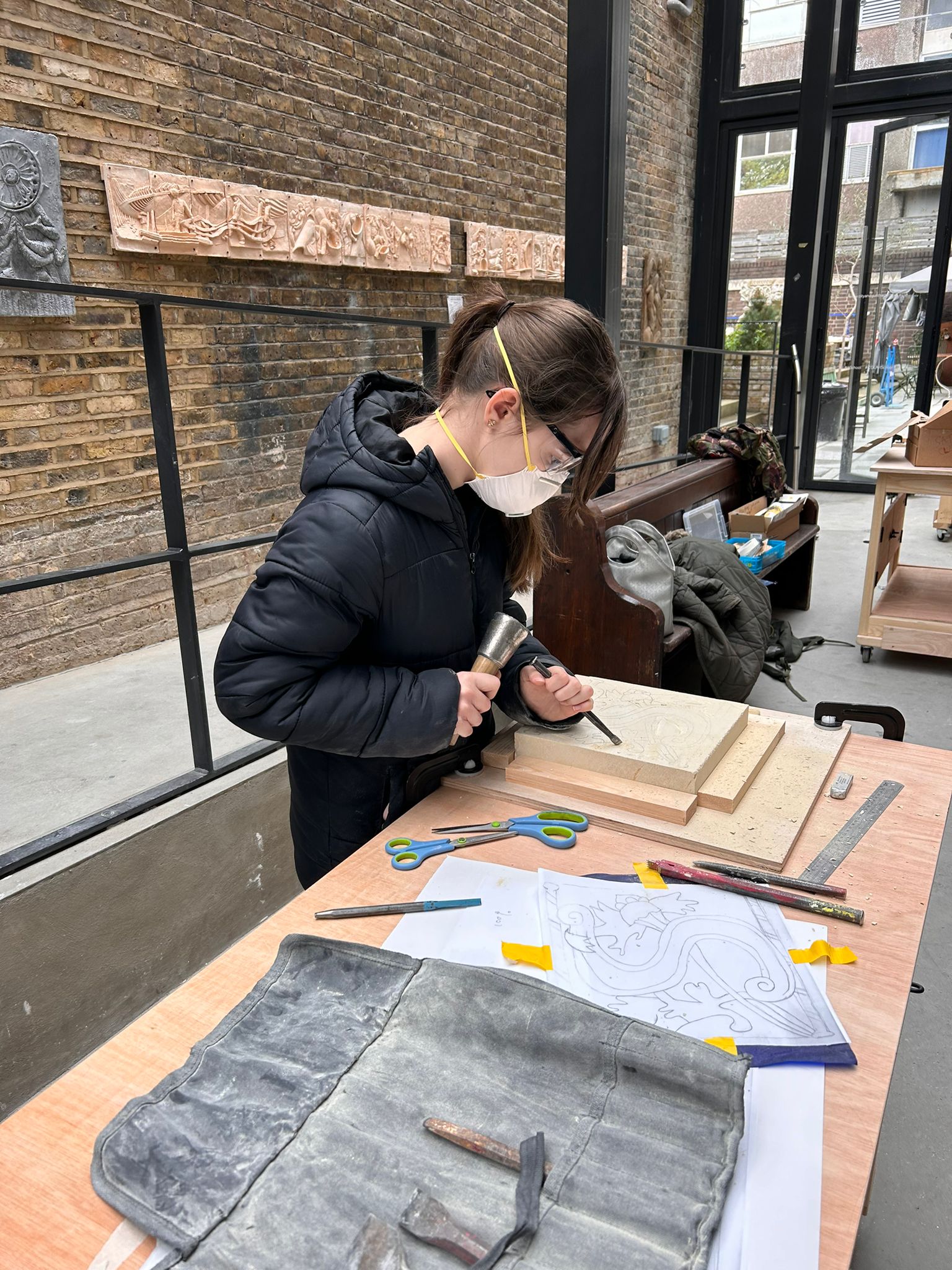

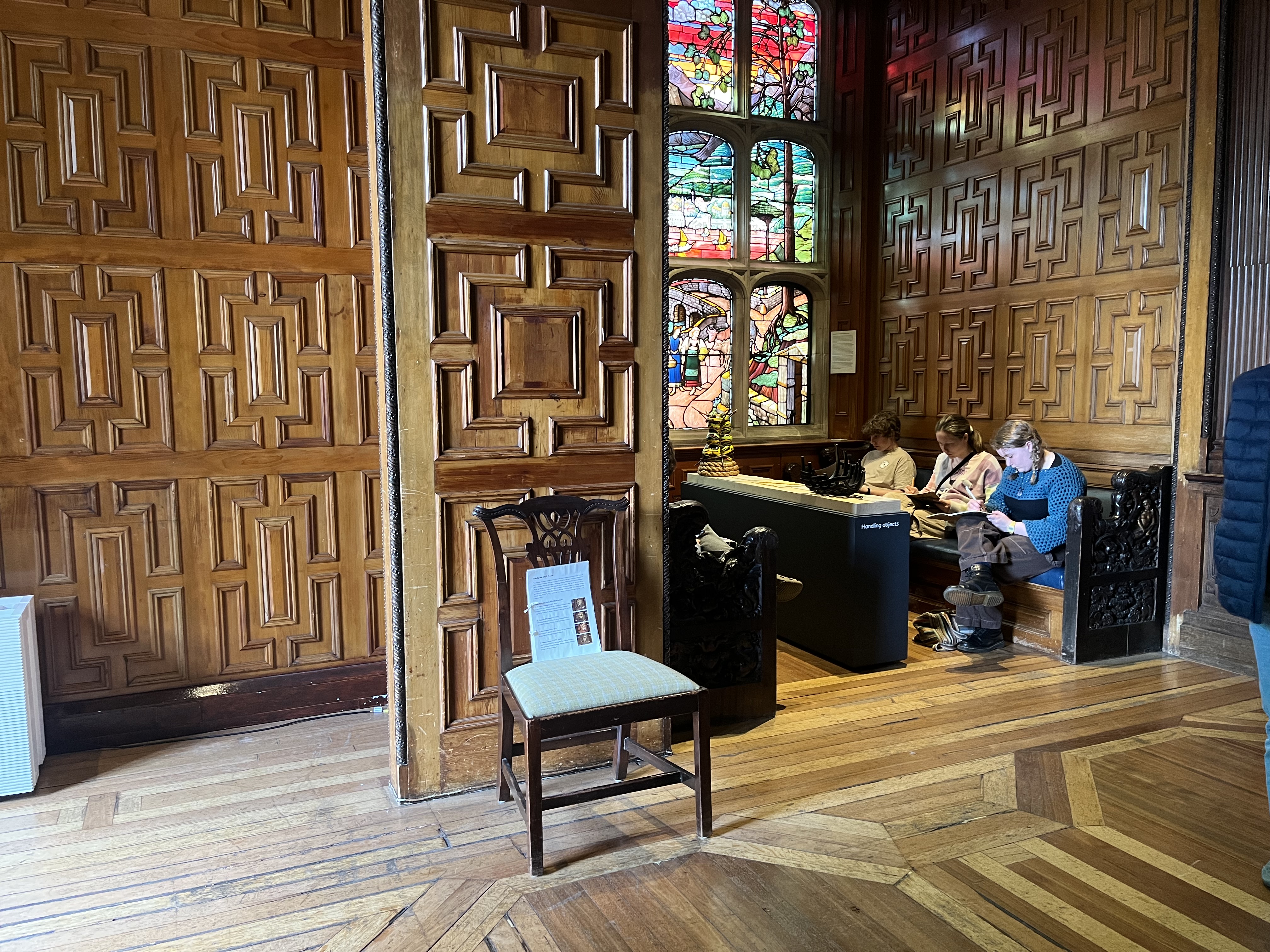
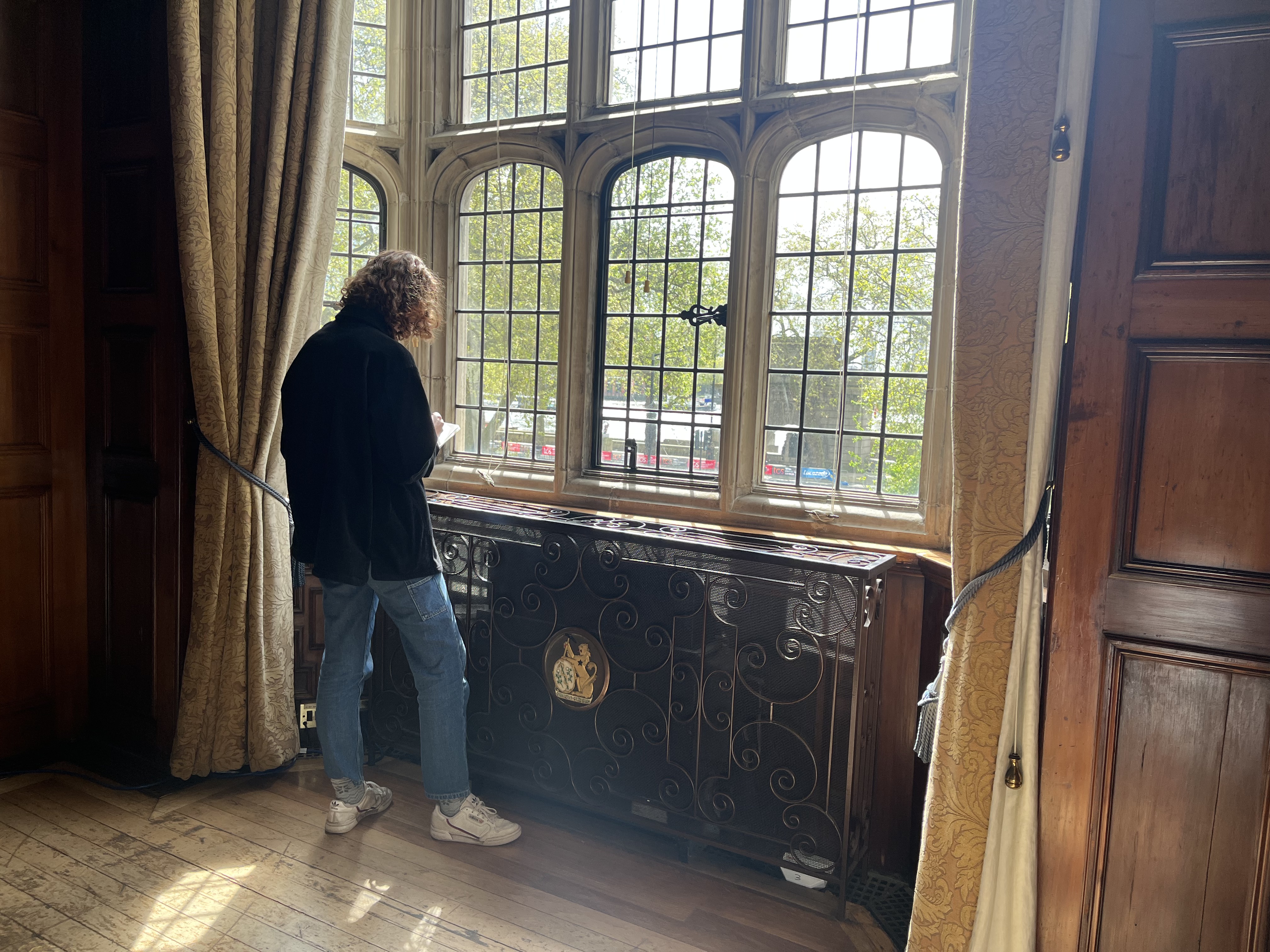
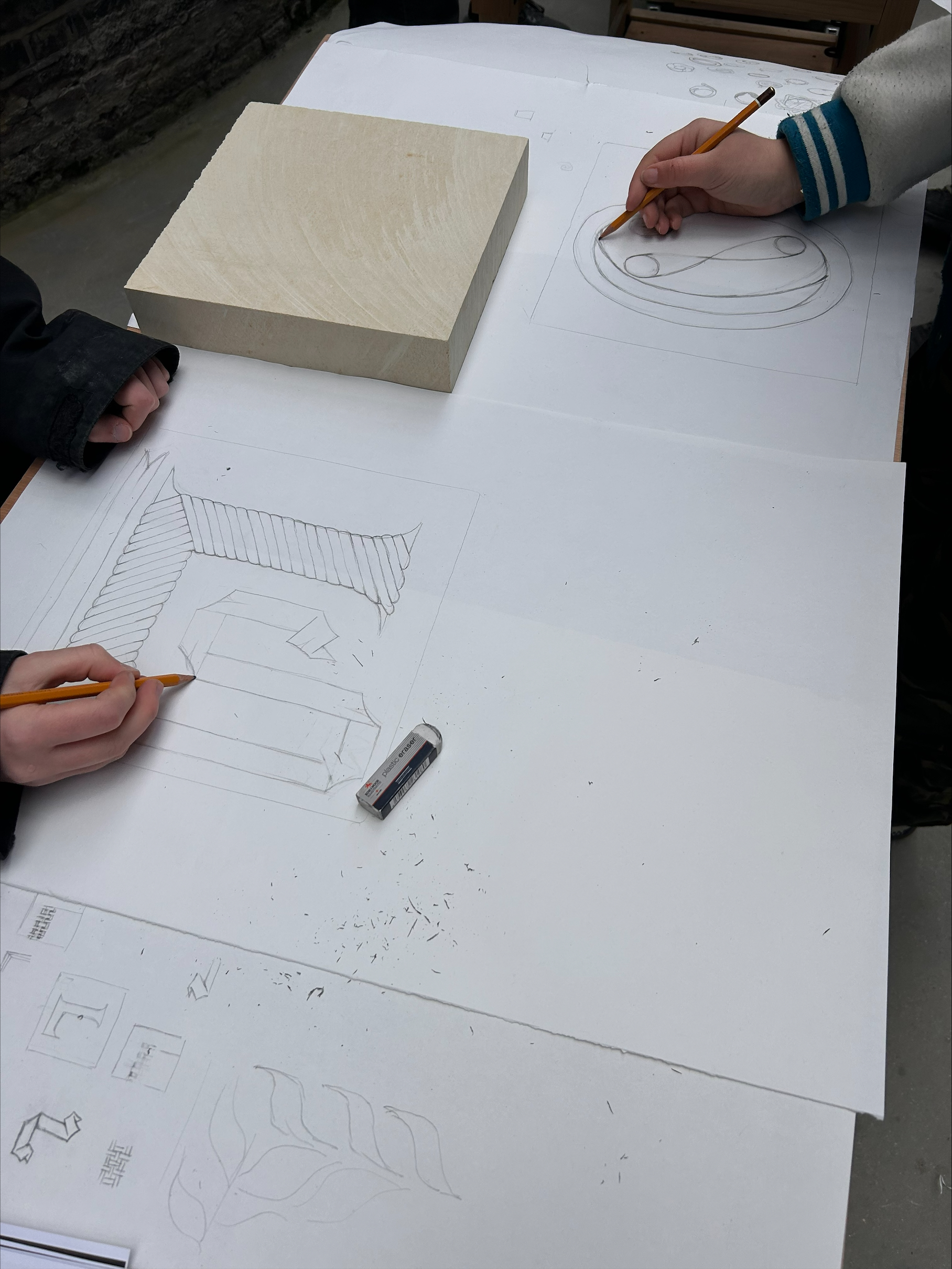
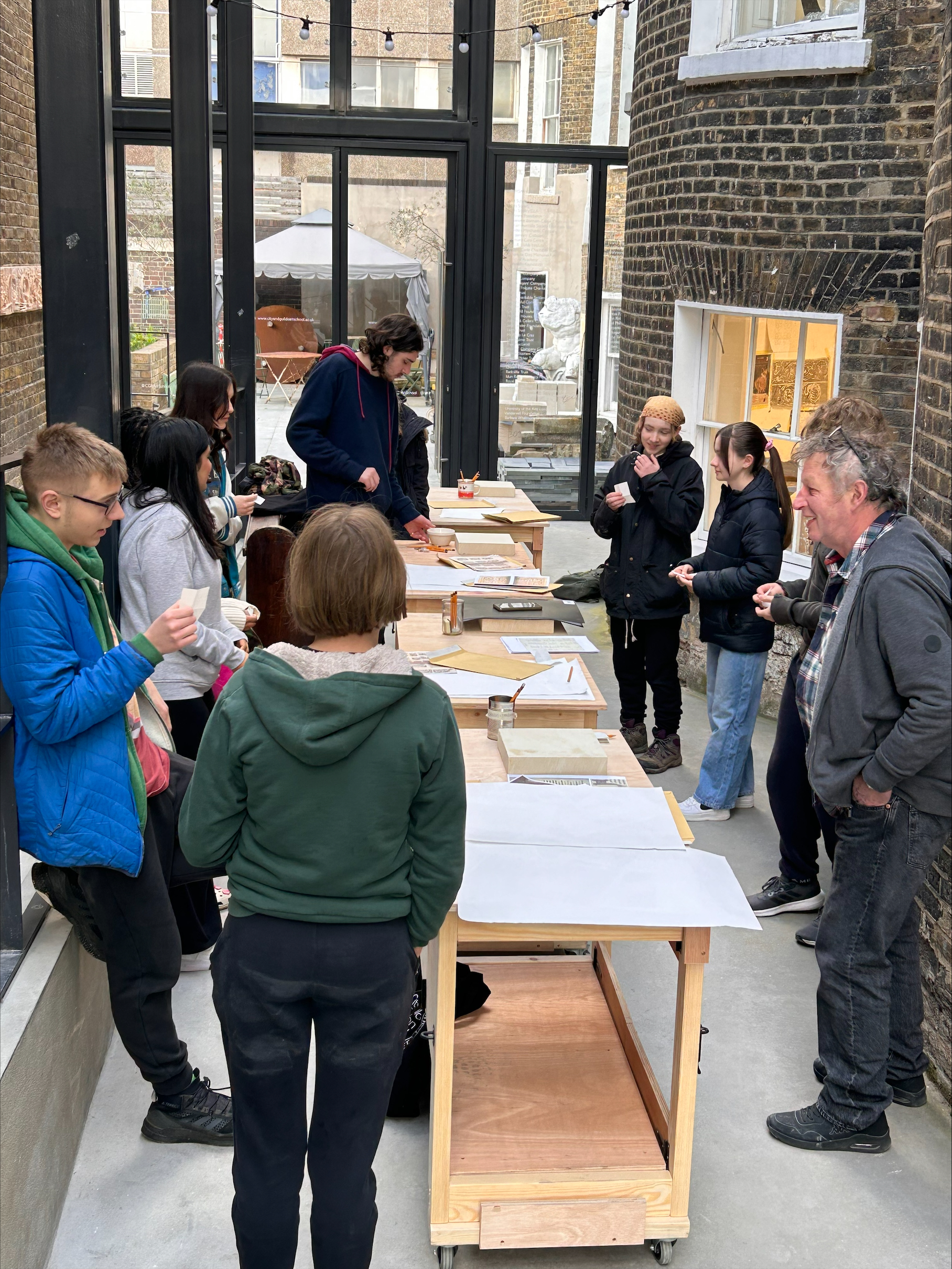
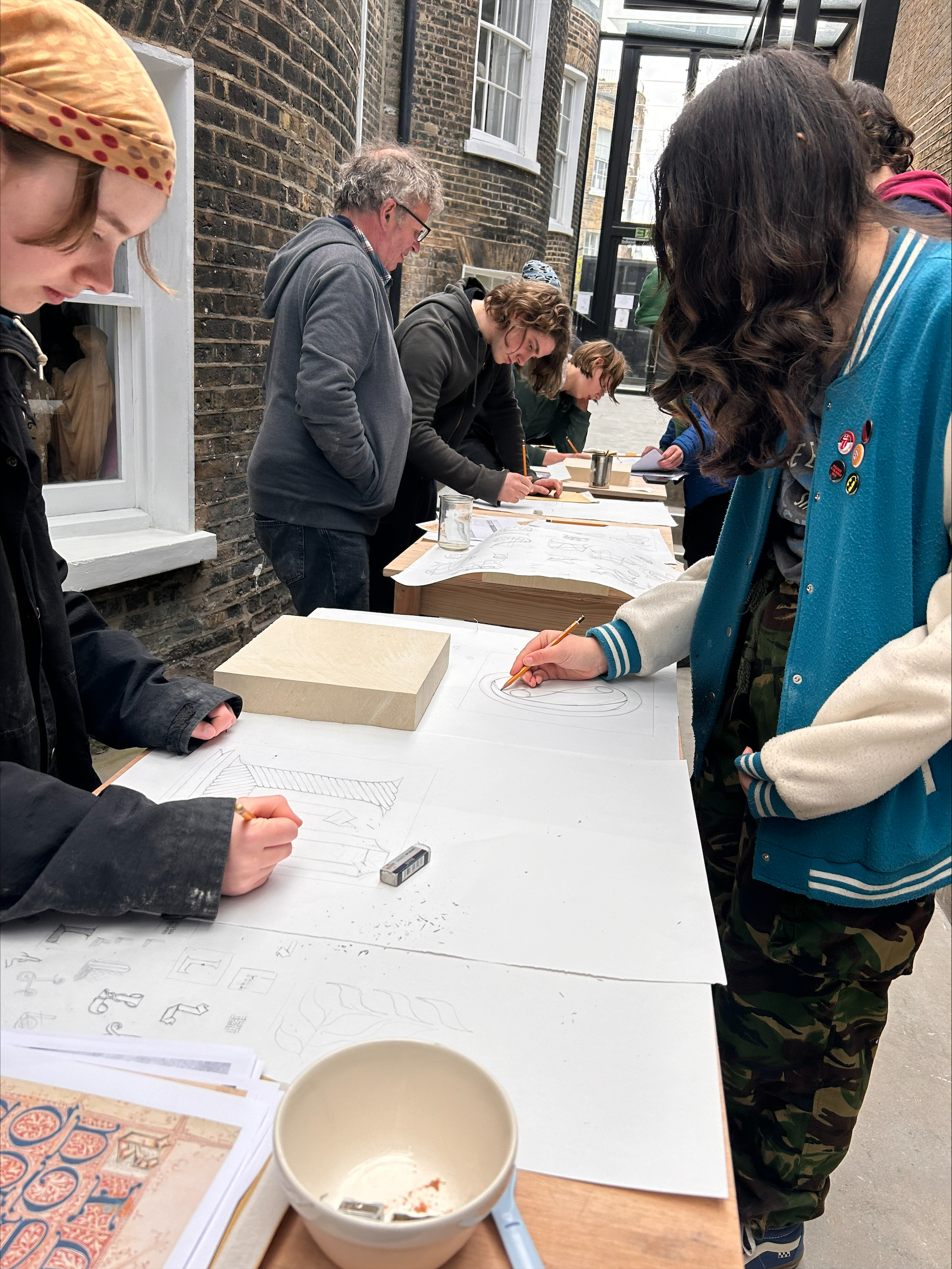
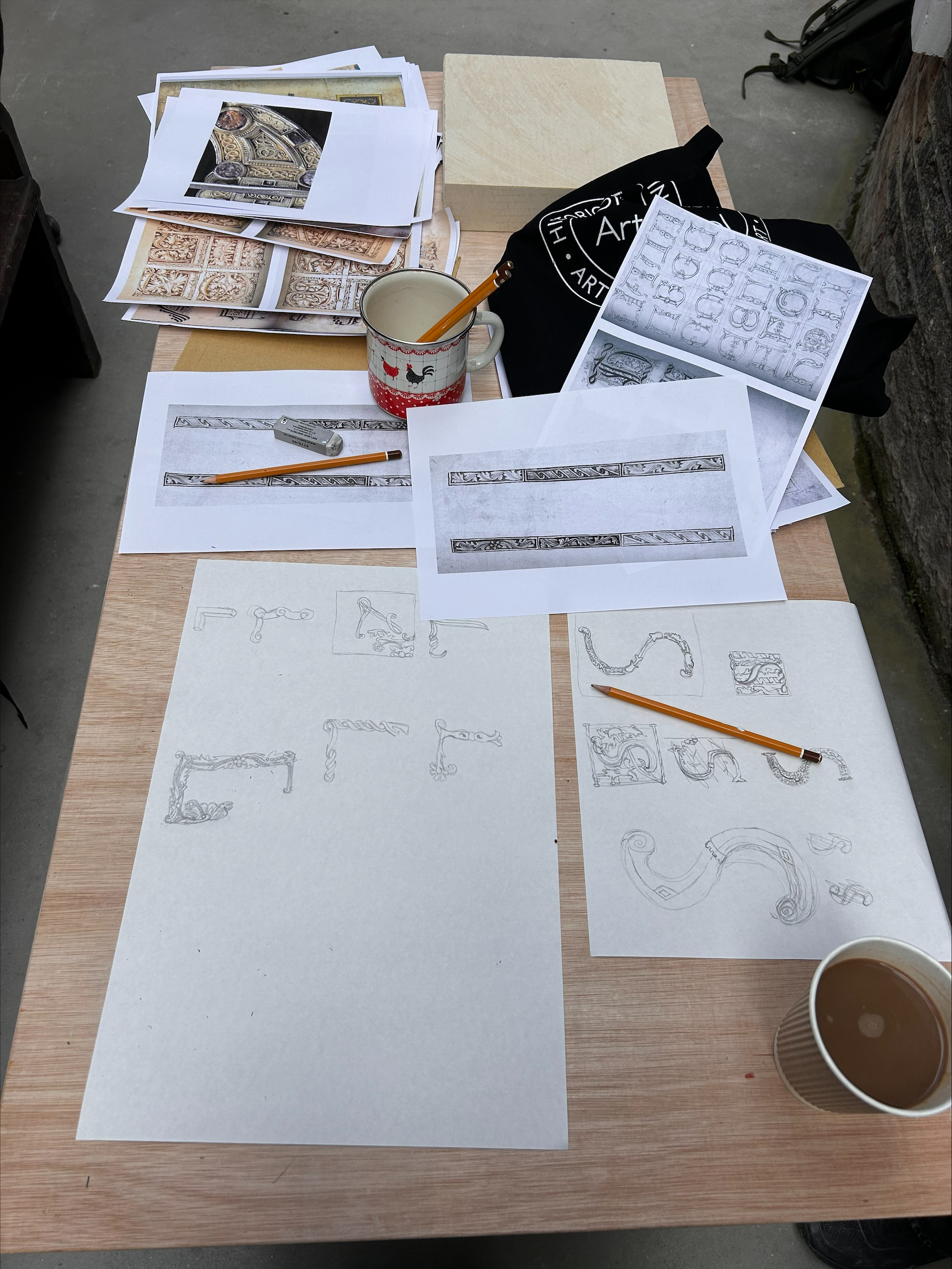


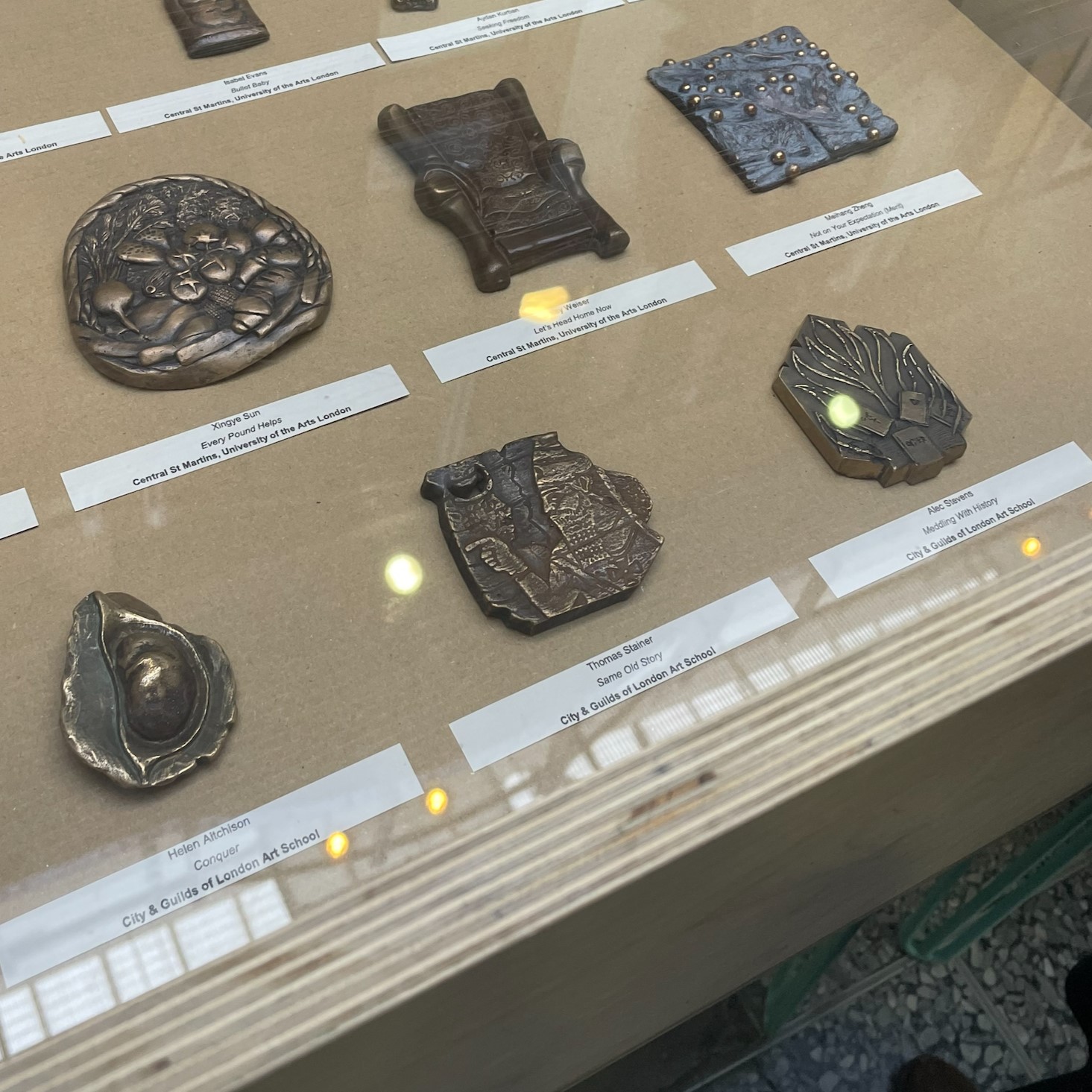
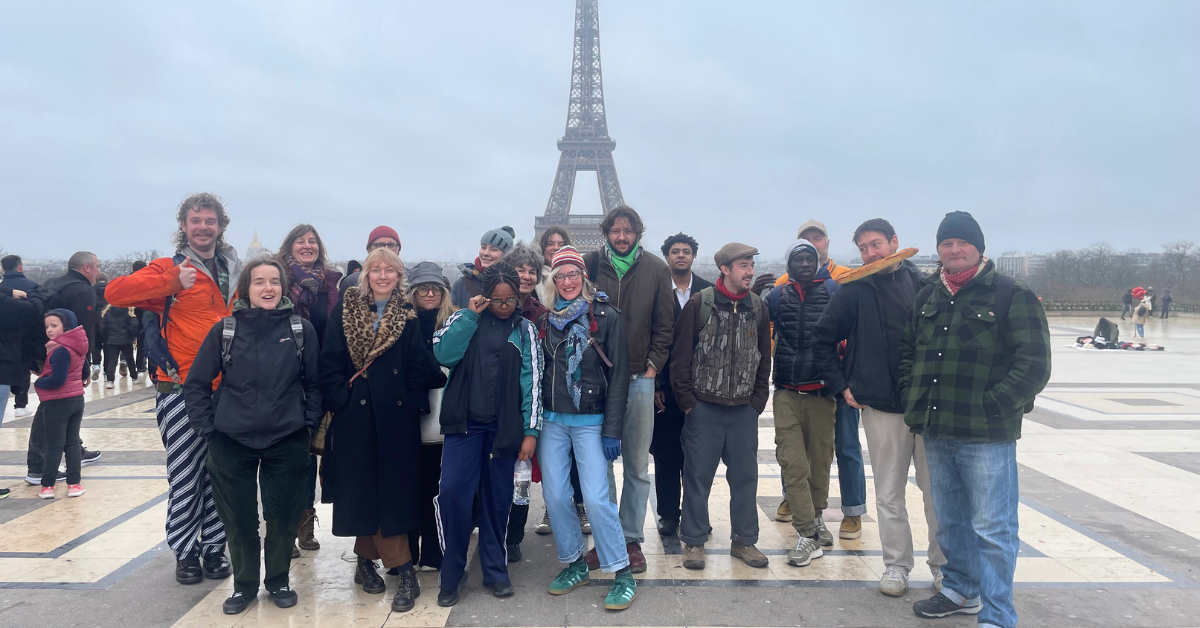
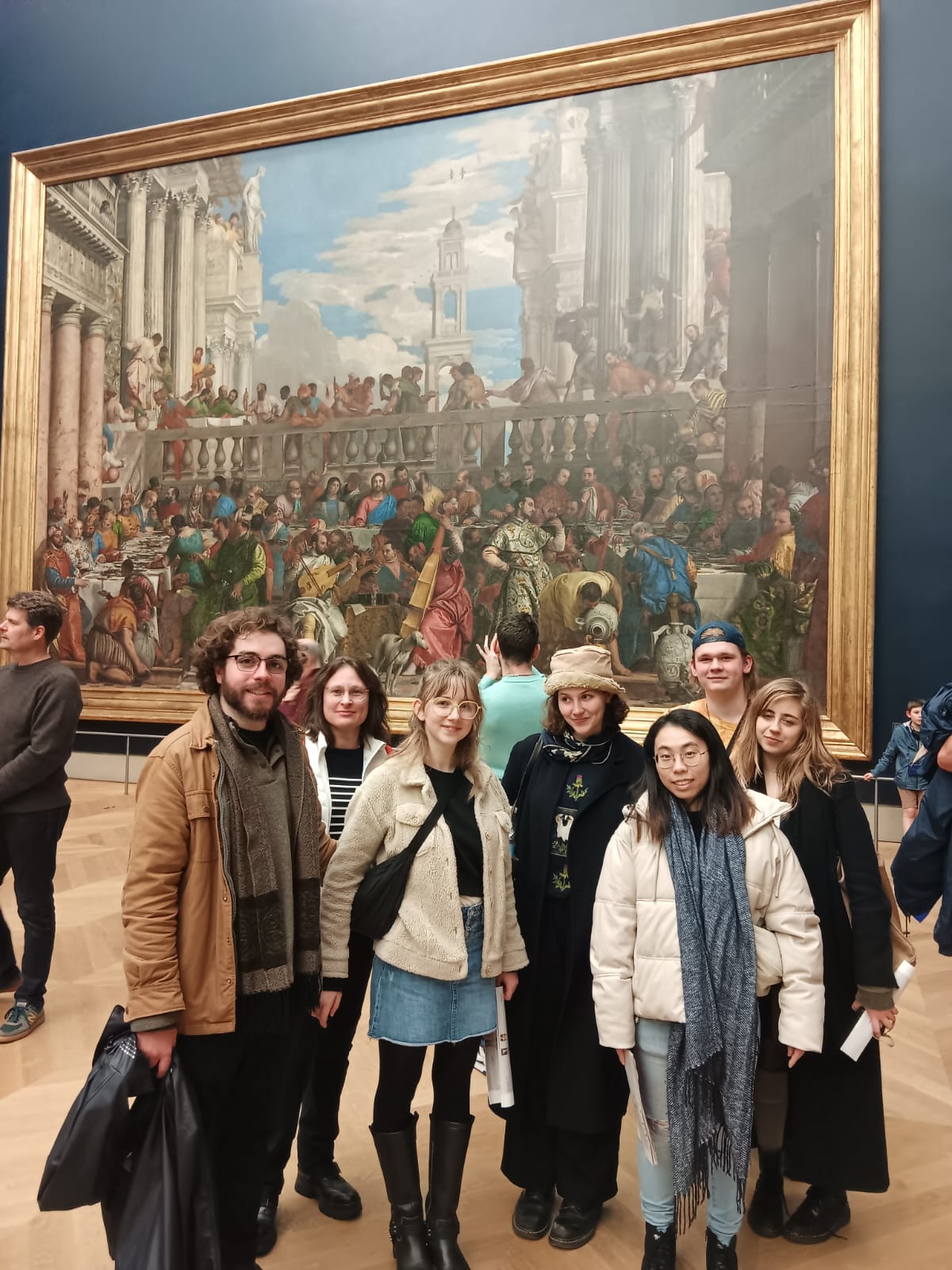 Photo credit: Sophie Barton
Photo credit: Sophie Barton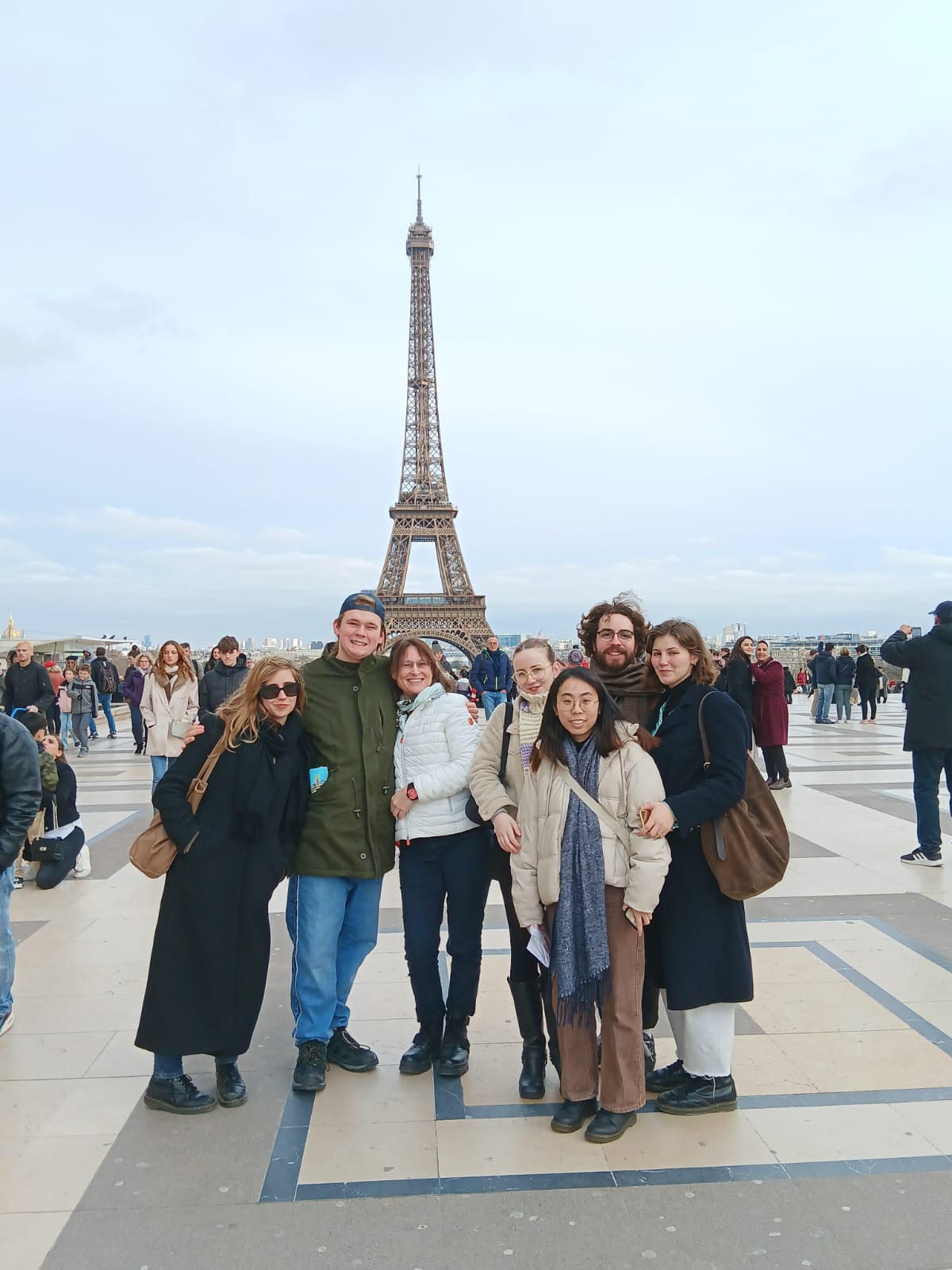 Photo credit: Sophie Barton
Photo credit: Sophie Barton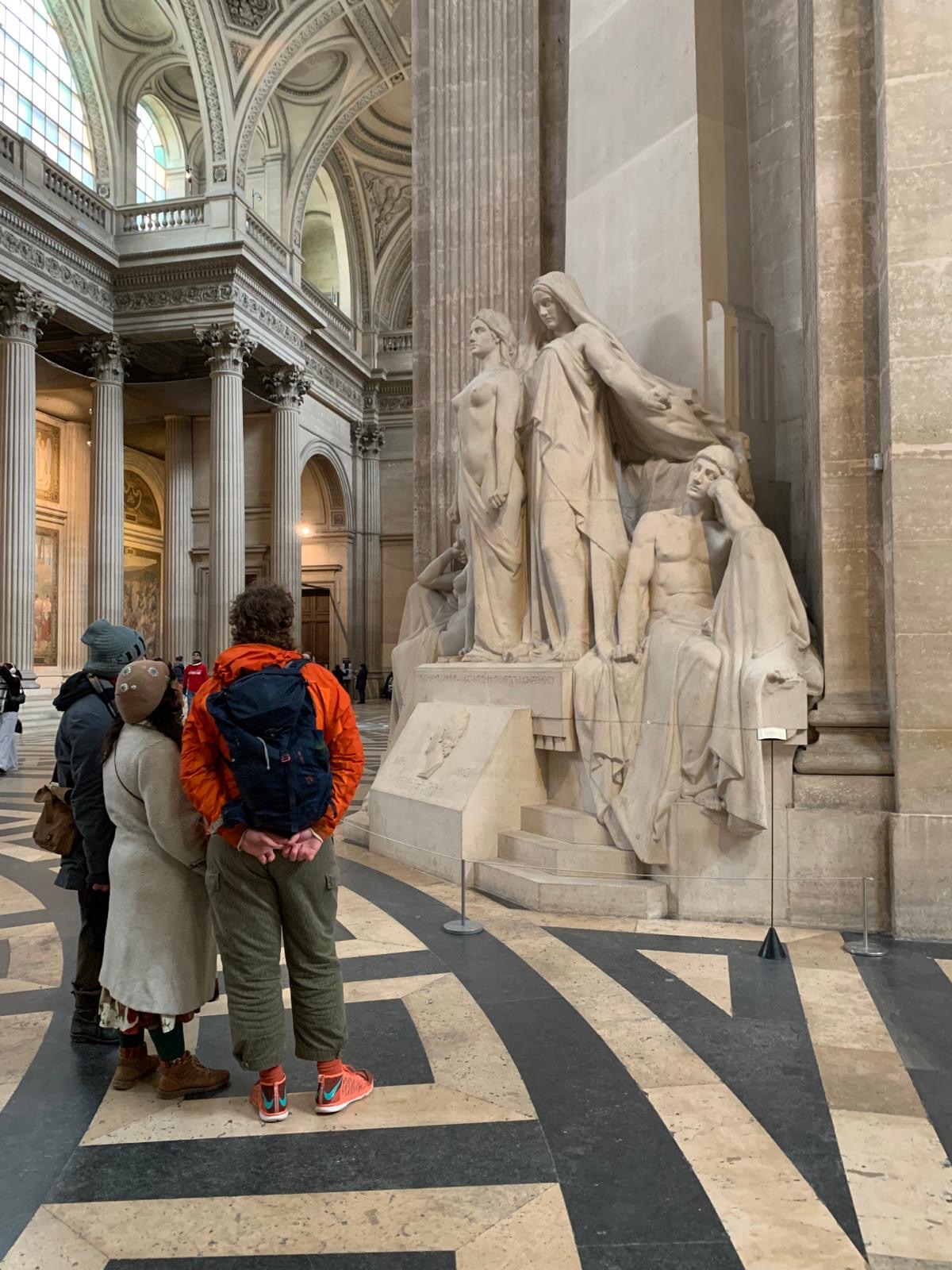 Photo credit: Lottie Ellery, BA (Hons) Carving: Architectural Stone
Photo credit: Lottie Ellery, BA (Hons) Carving: Architectural Stone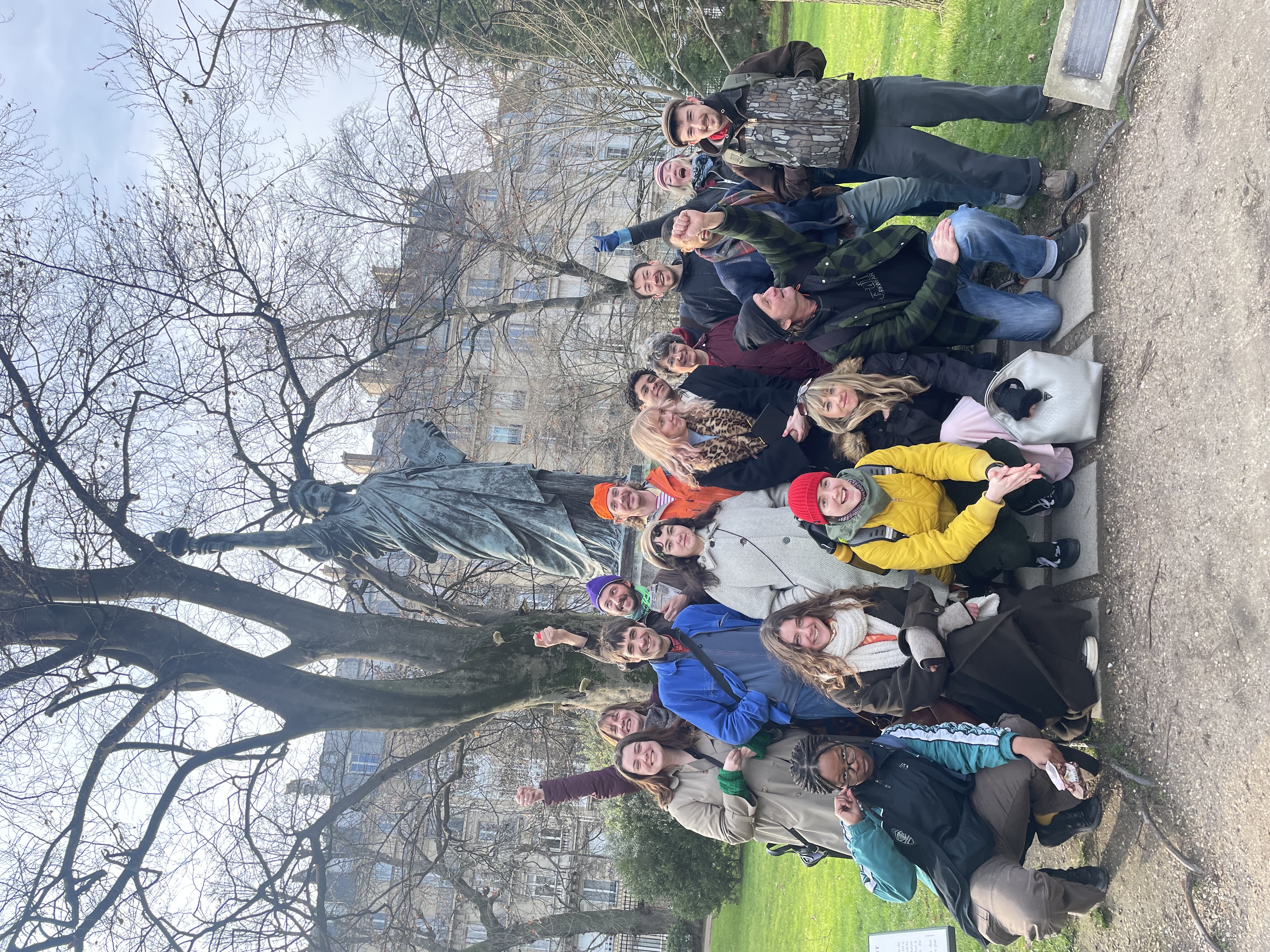 Photo credit: Lottie Ellery, BA (Hons) Carving: Architectural Stone
Photo credit: Lottie Ellery, BA (Hons) Carving: Architectural Stone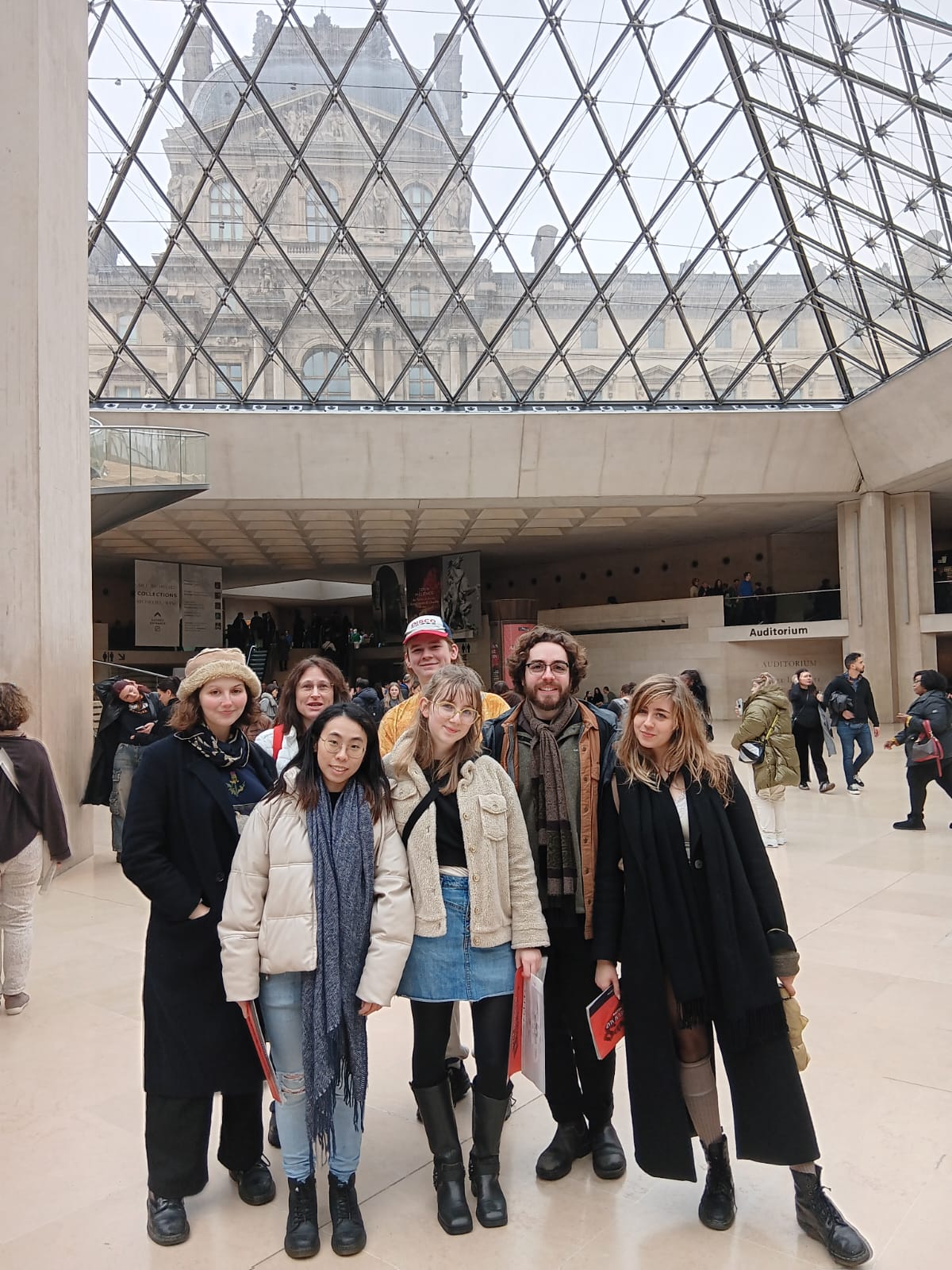 Photo credit: Sophie Barton
Photo credit: Sophie Barton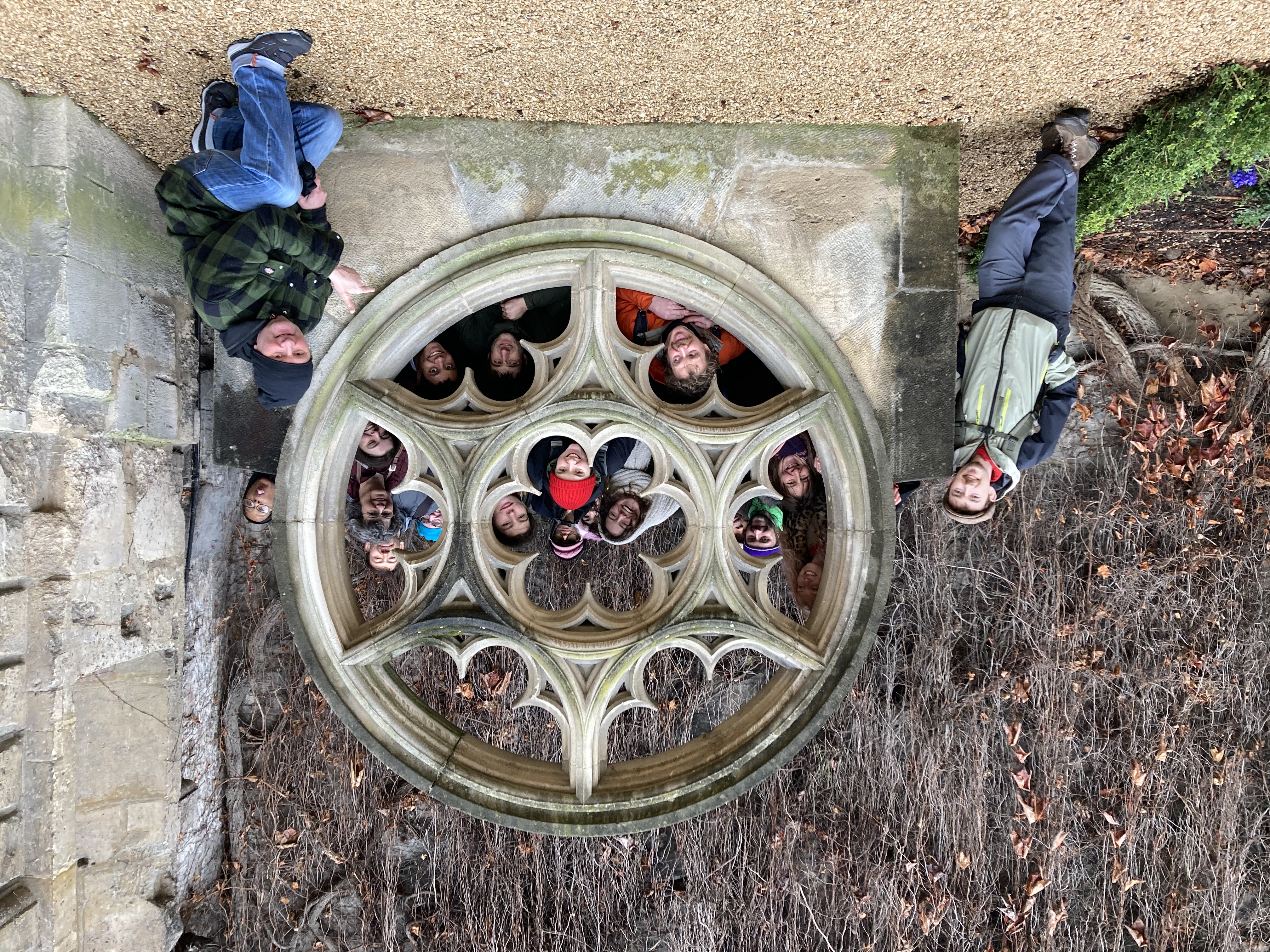 Photo Credit: Lottie Ellery, BA (Hons) Carving: Architectural Stone
Photo Credit: Lottie Ellery, BA (Hons) Carving: Architectural Stone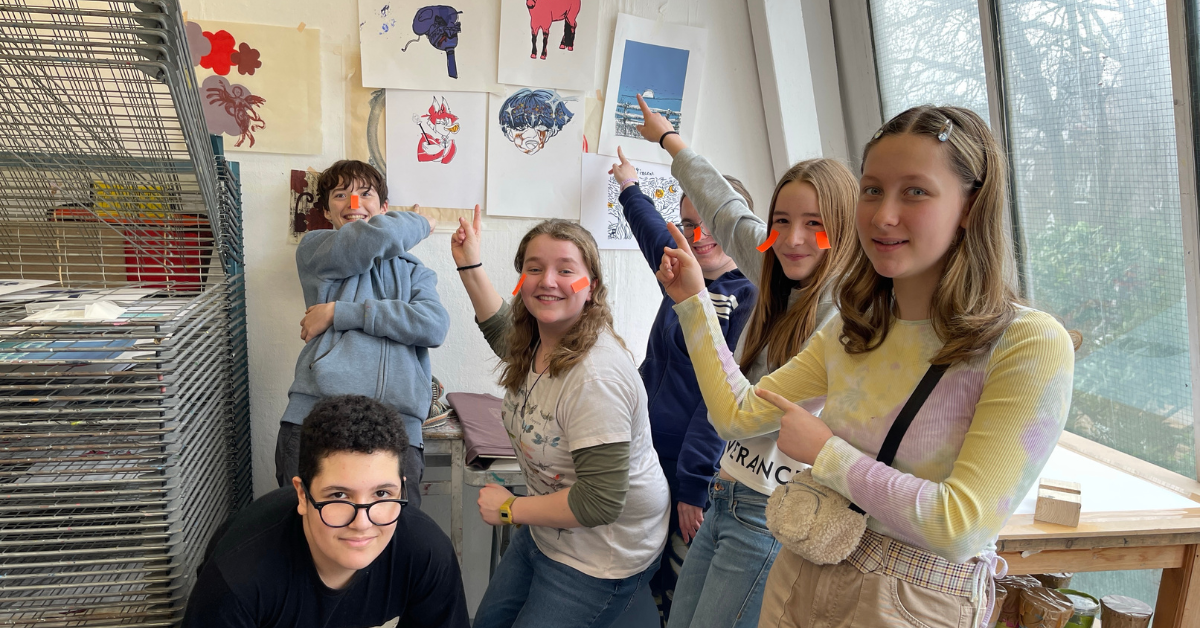
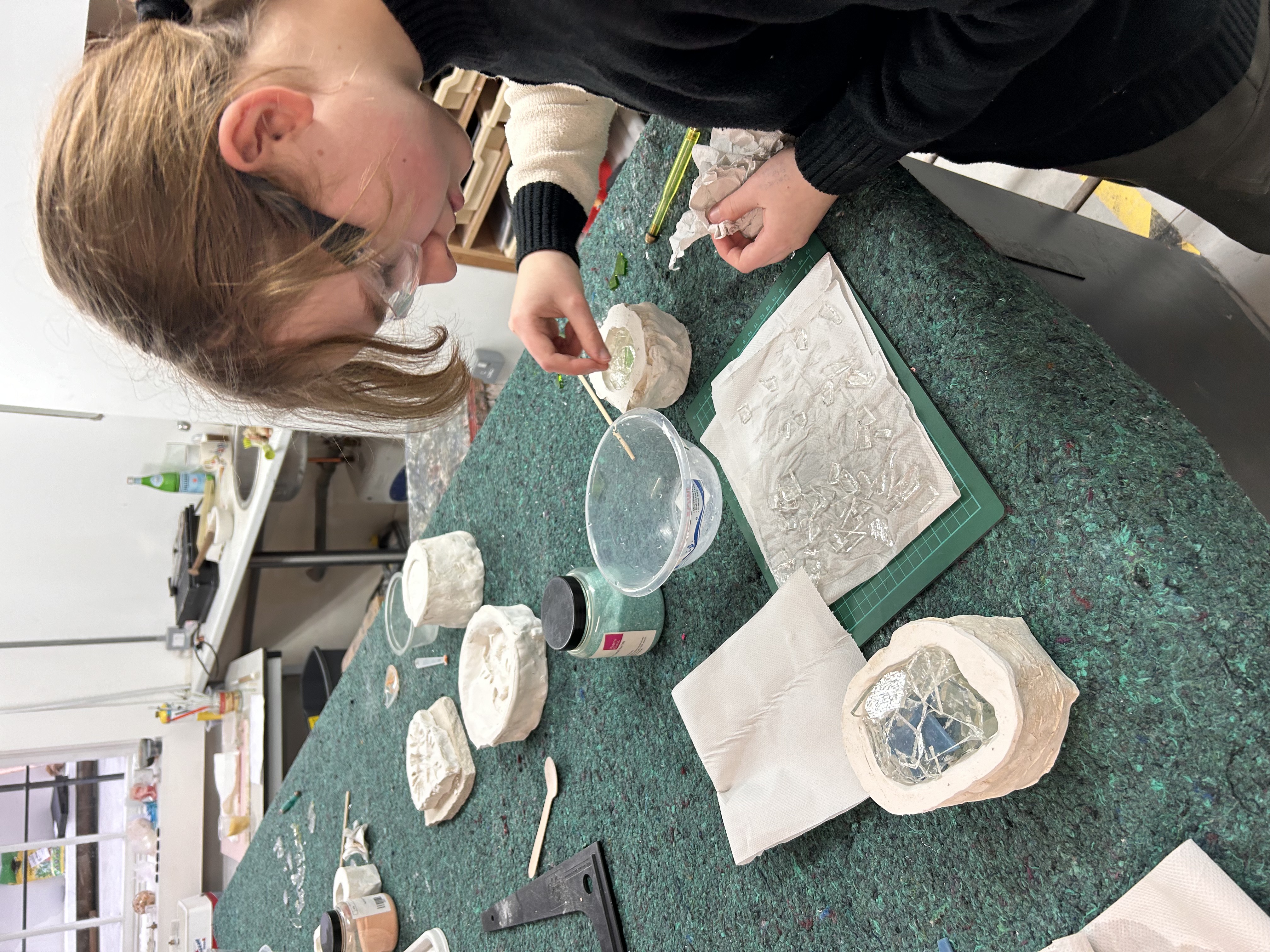
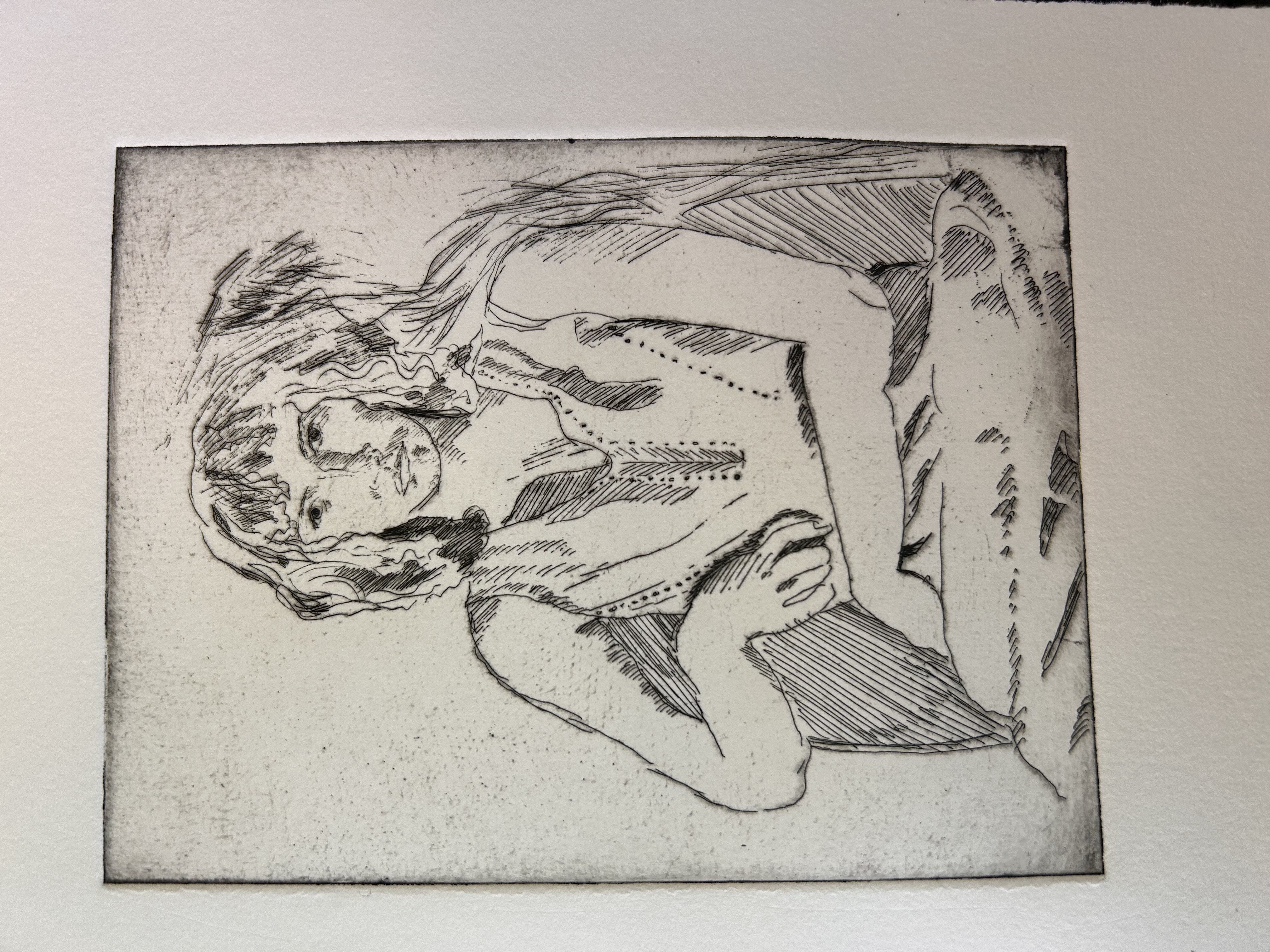
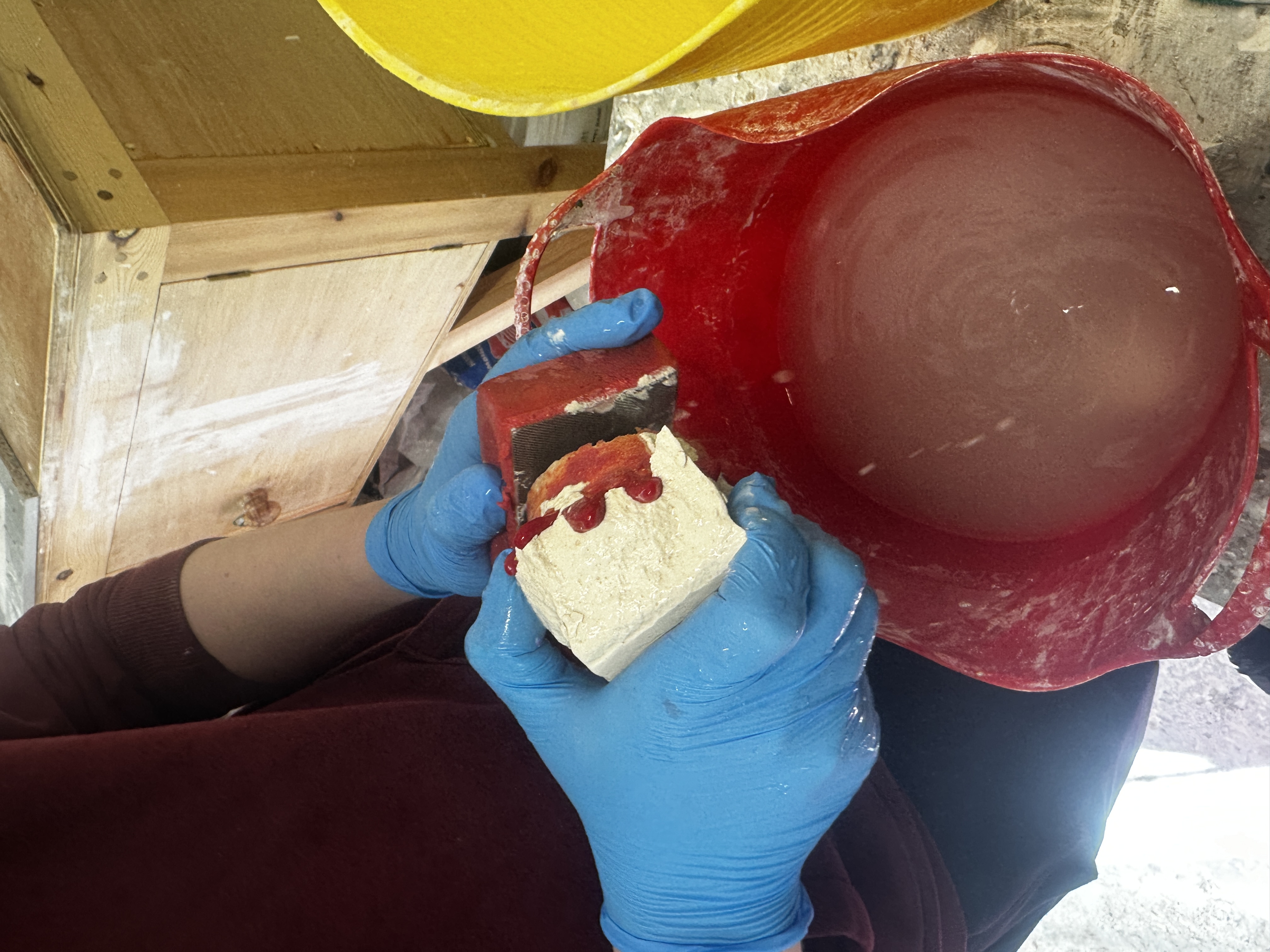
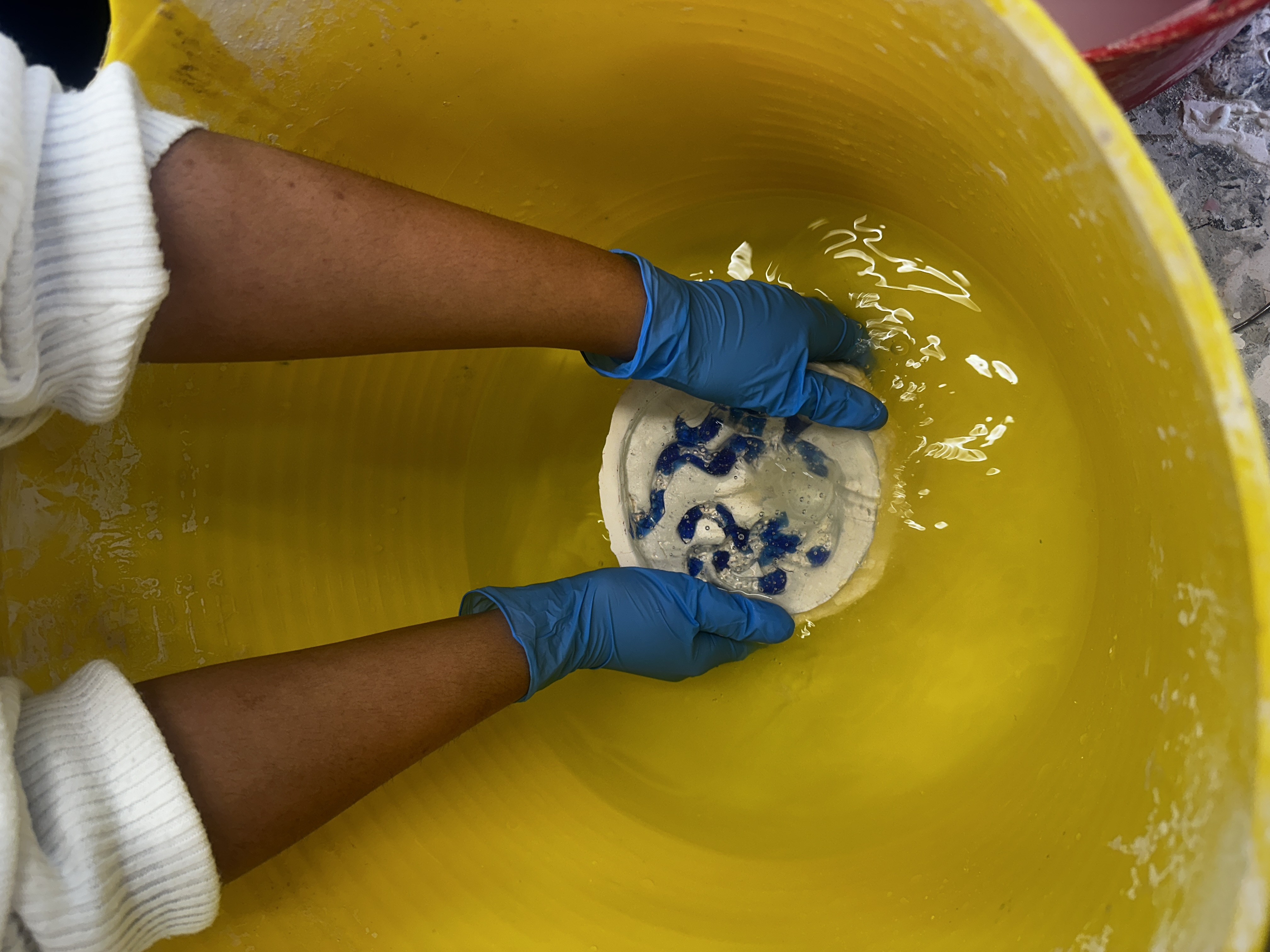
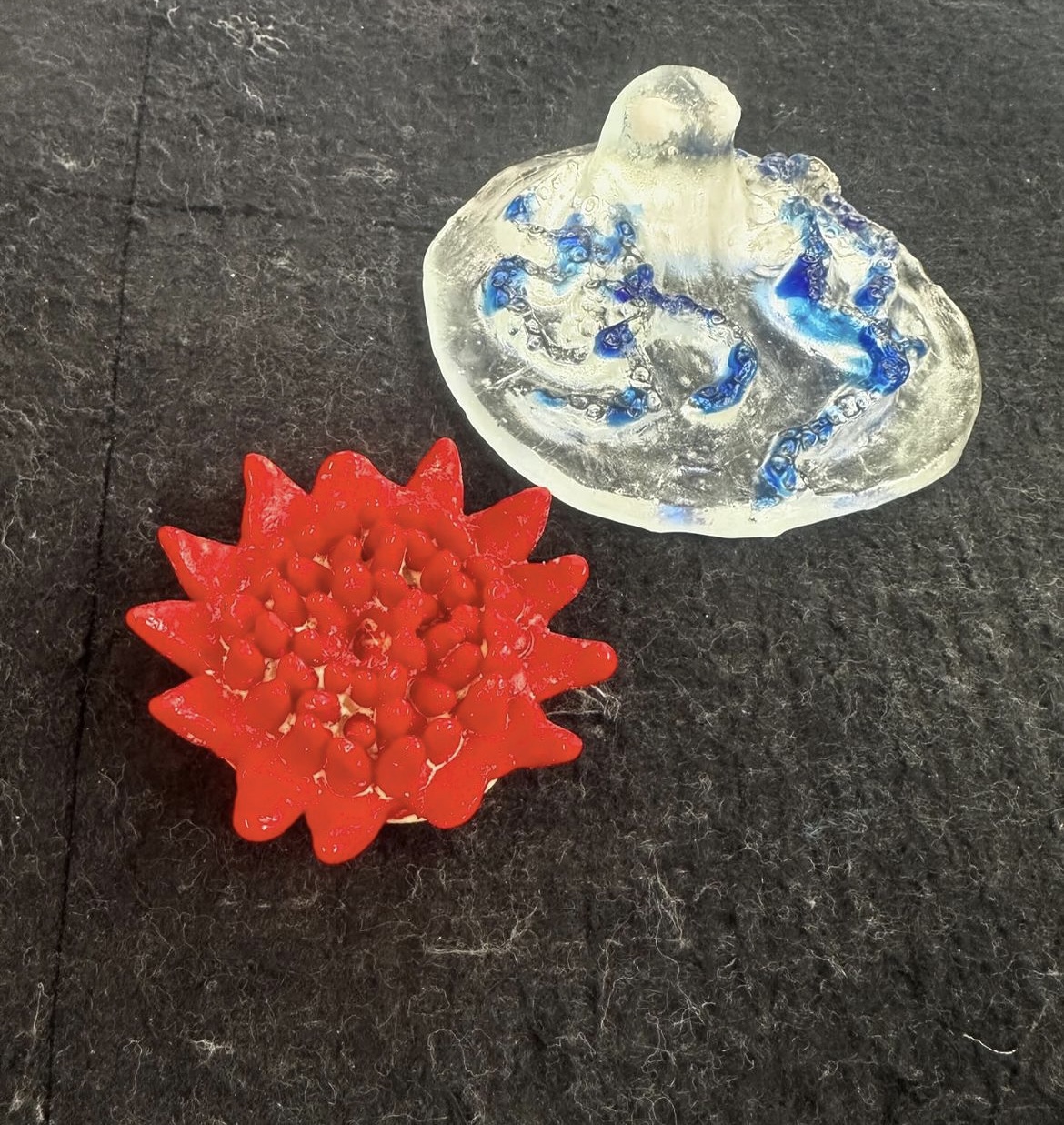
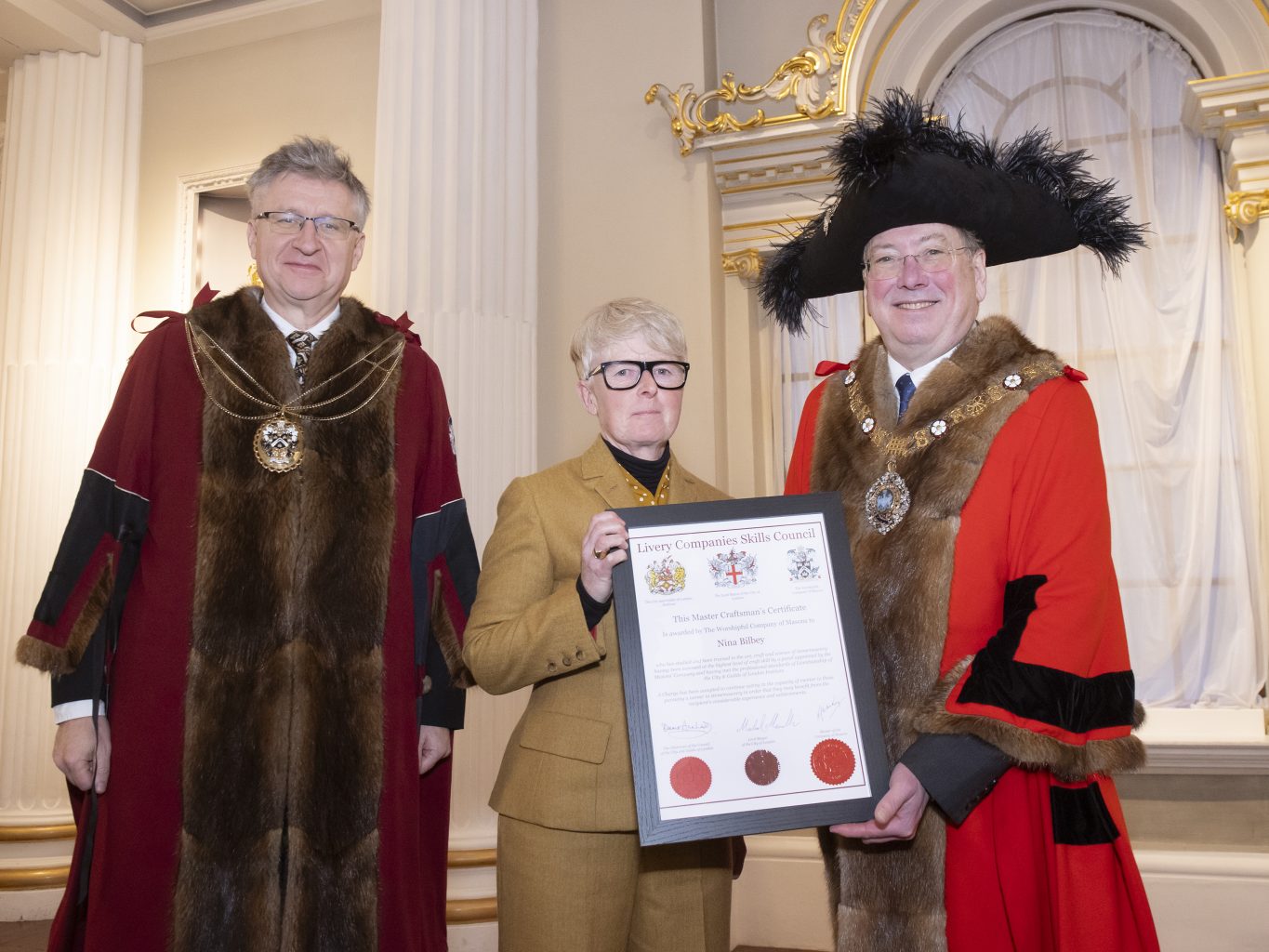 Nina Bilbey with the Rt. Hon. The Lord Mayor of the City of London and the Master of the Masons Company
Nina Bilbey with the Rt. Hon. The Lord Mayor of the City of London and the Master of the Masons Company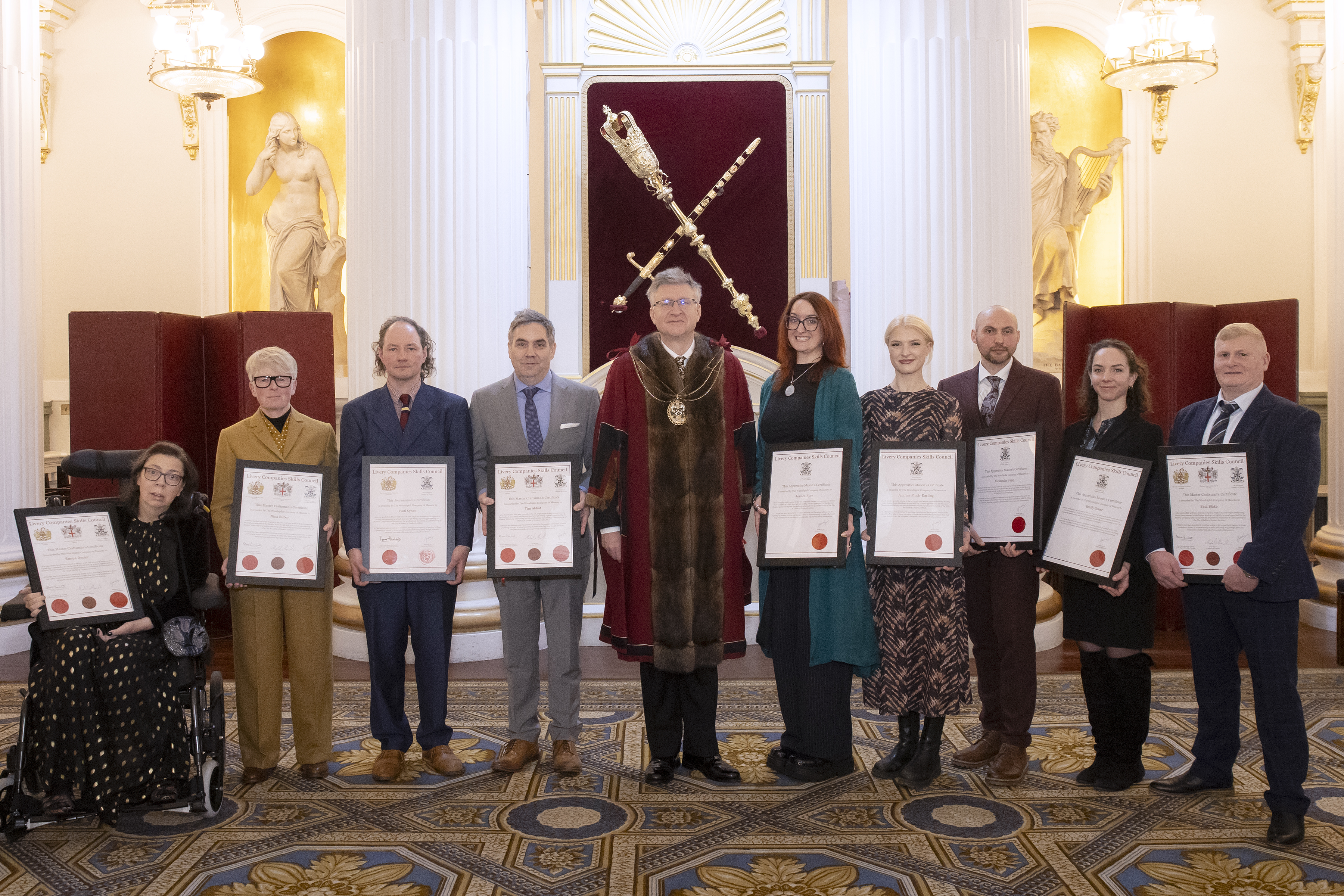 Certificate recipients from the Worshipful Company of Masons, Apprentices, Journeymen and Masters with the Master of the Company
Certificate recipients from the Worshipful Company of Masons, Apprentices, Journeymen and Masters with the Master of the Company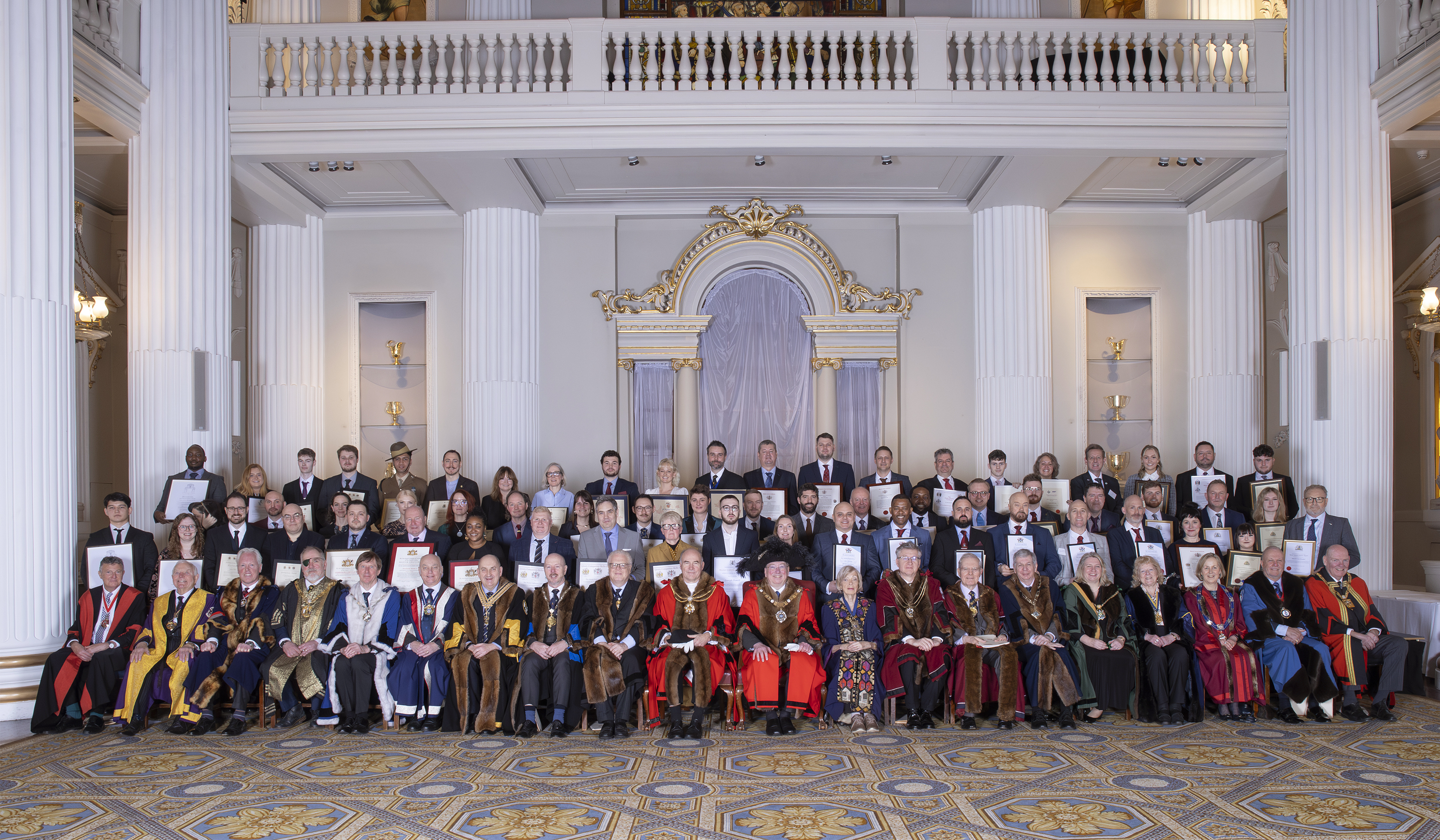 Attendees and Prize Winners at the ceremony, held at Mansion House
Attendees and Prize Winners at the ceremony, held at Mansion House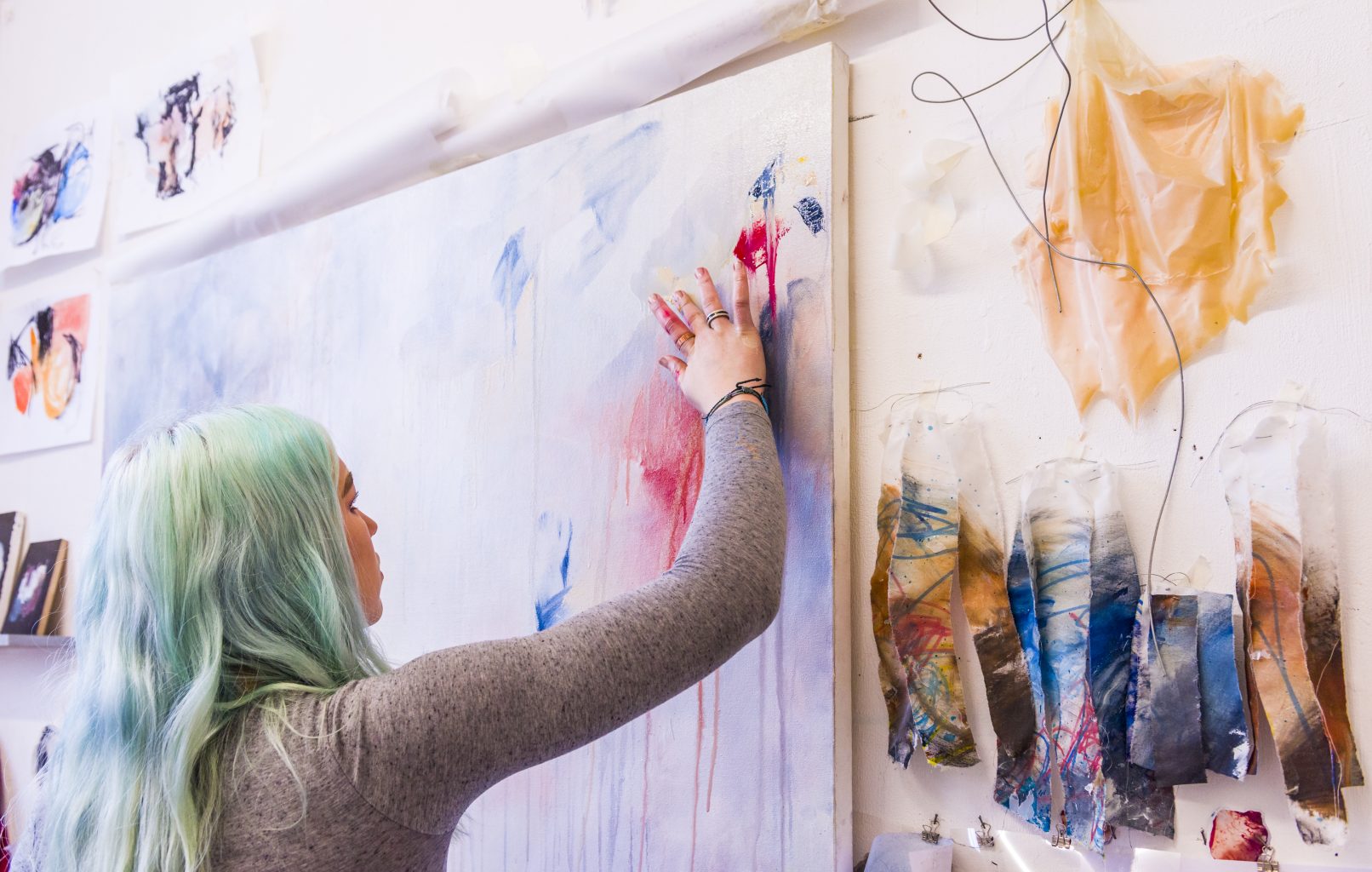

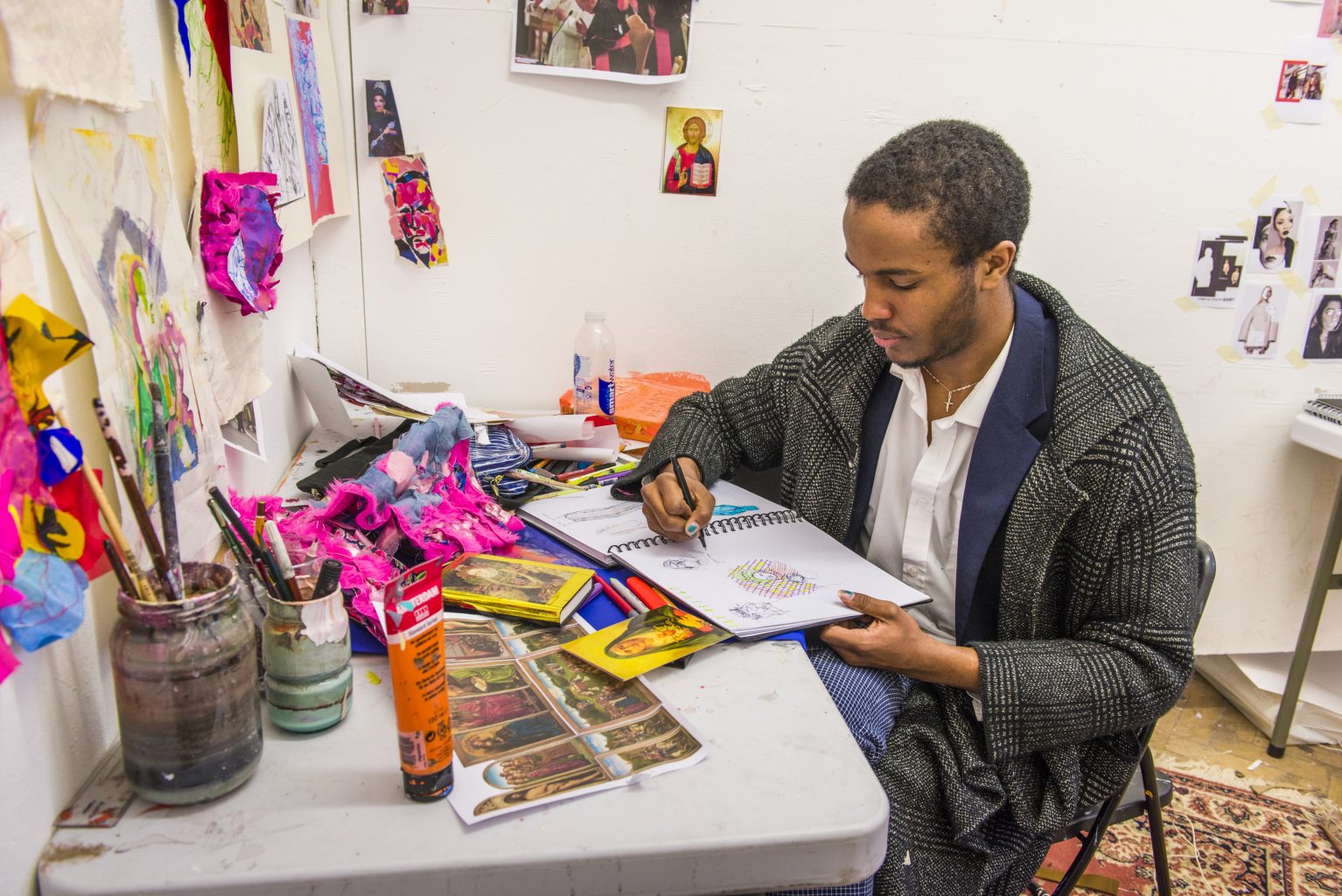
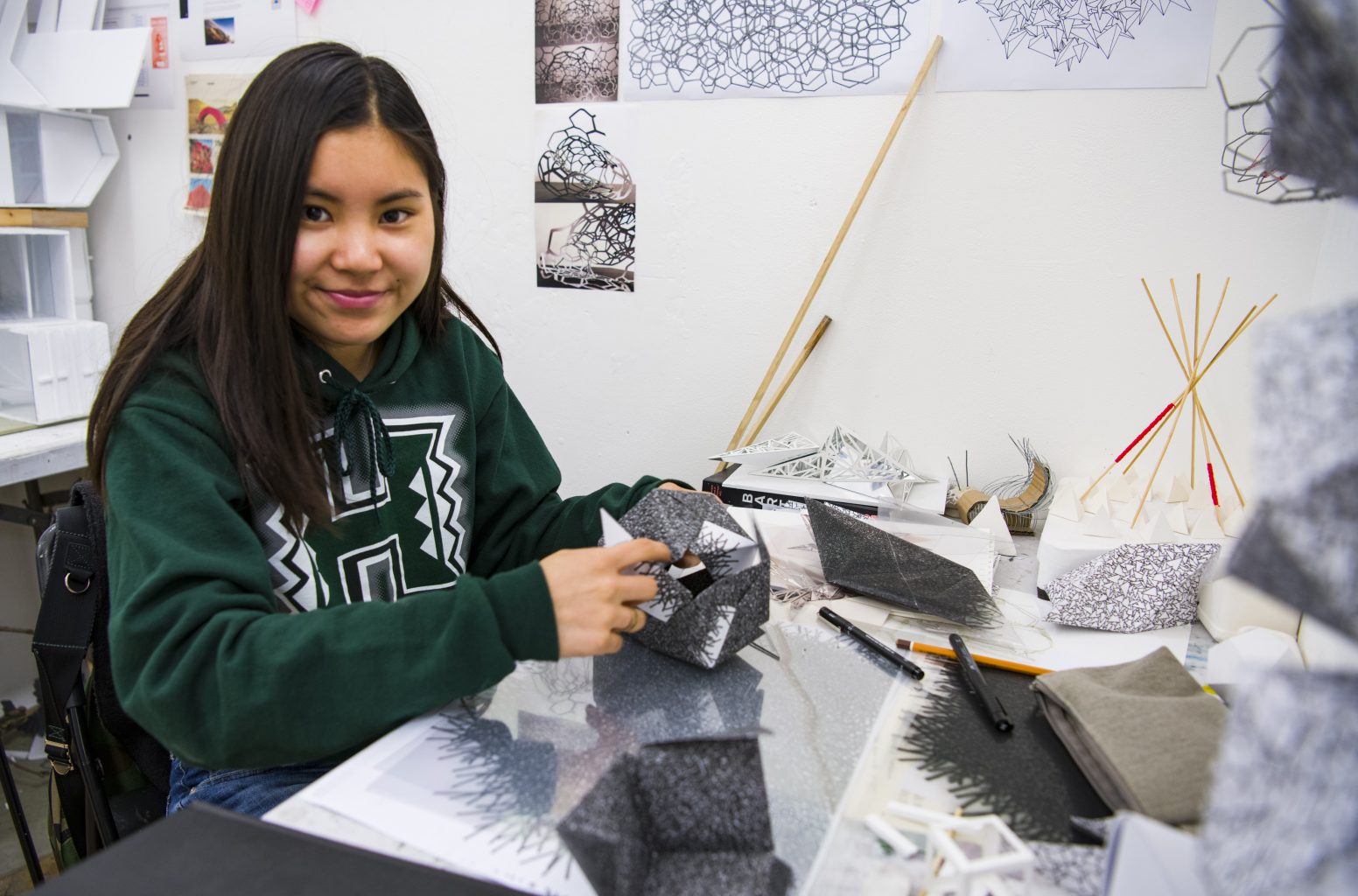
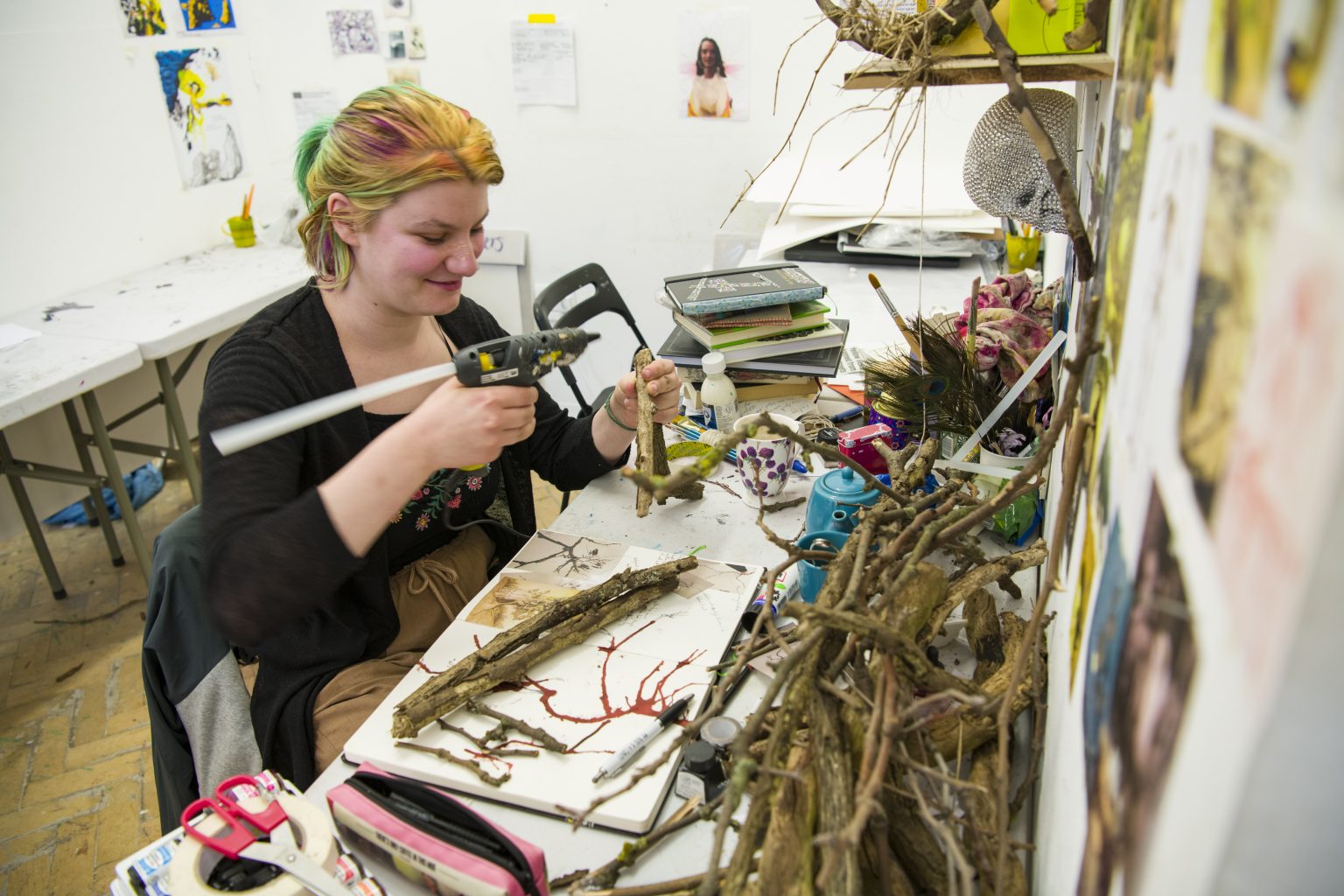
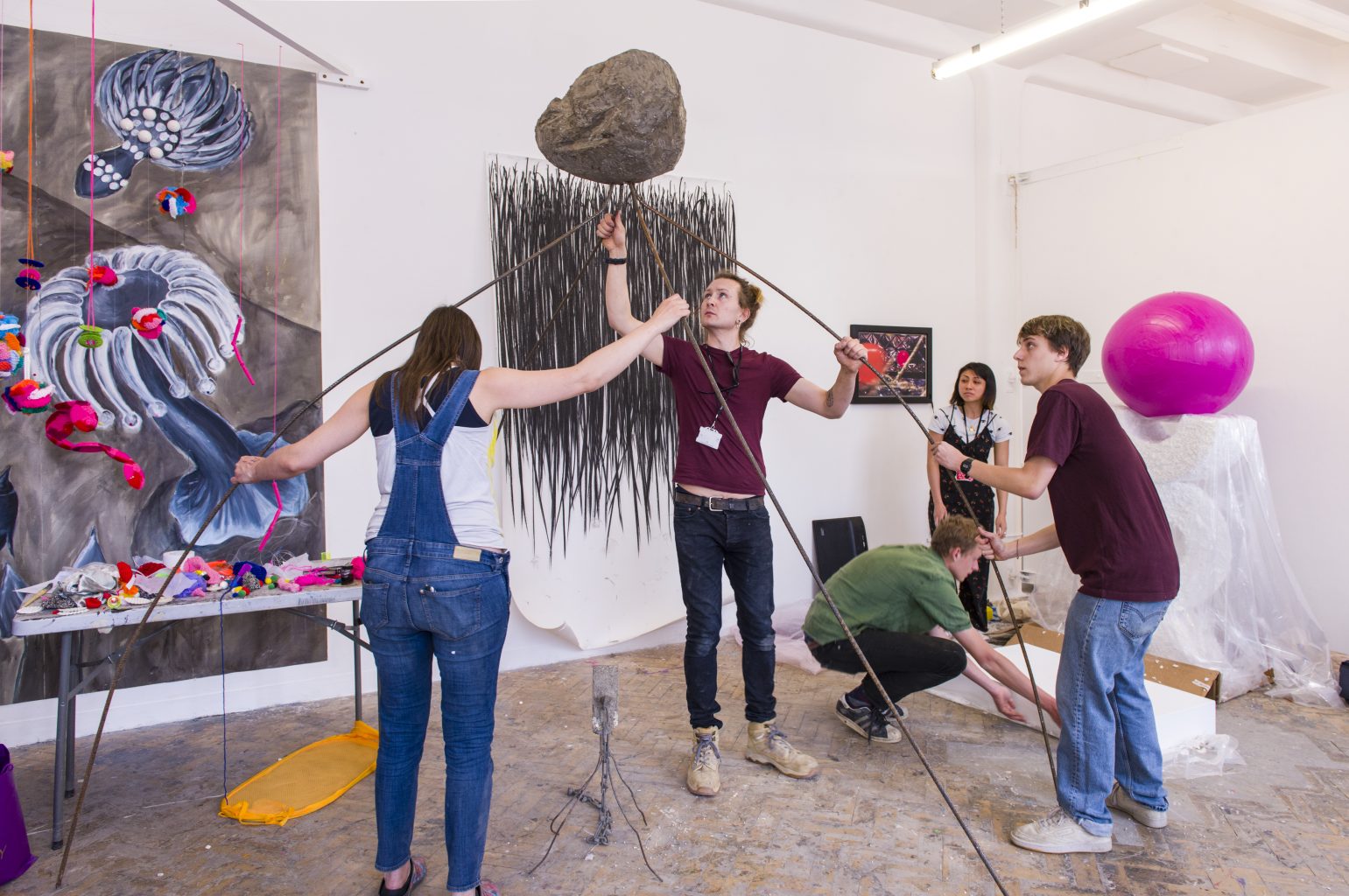
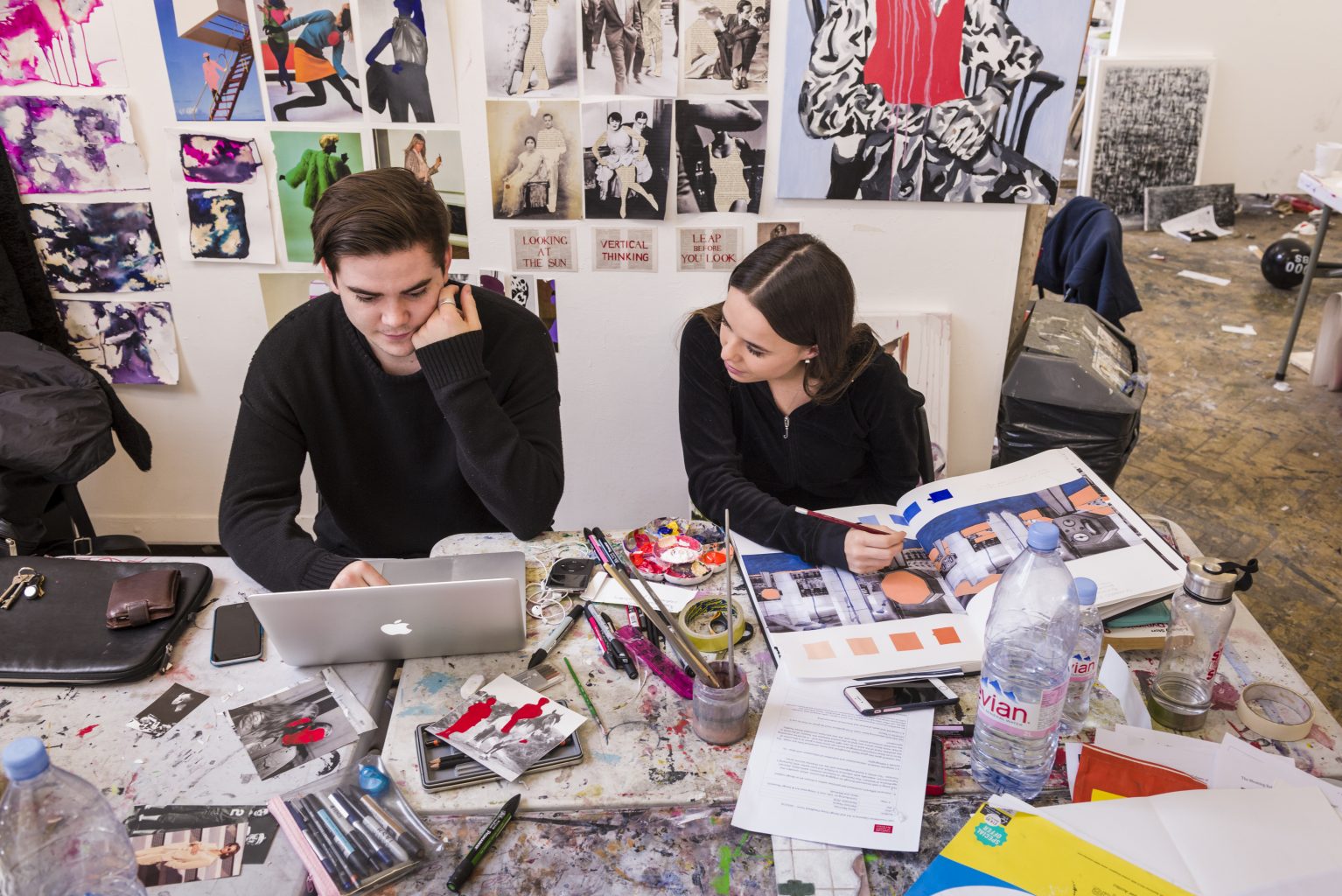
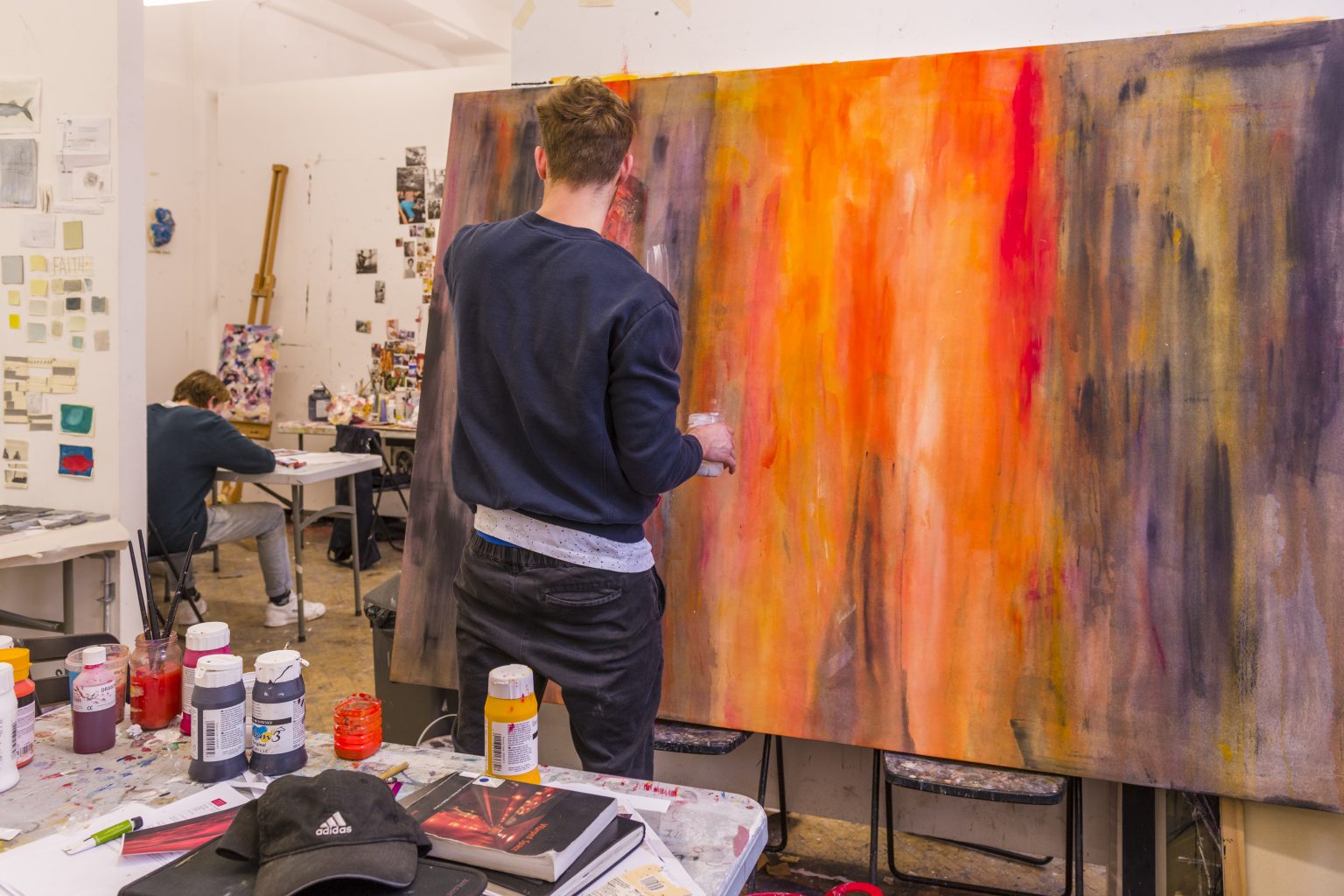
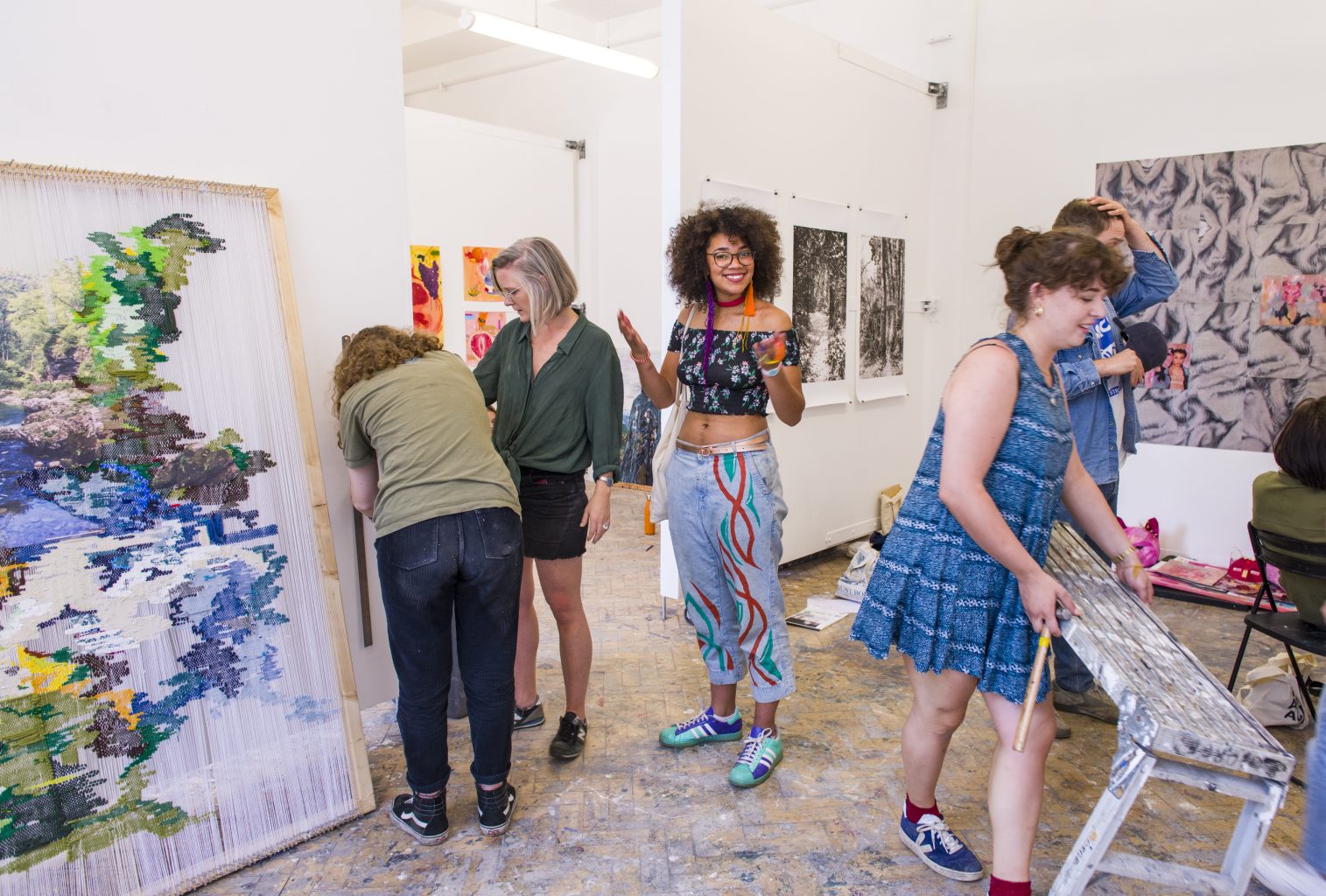
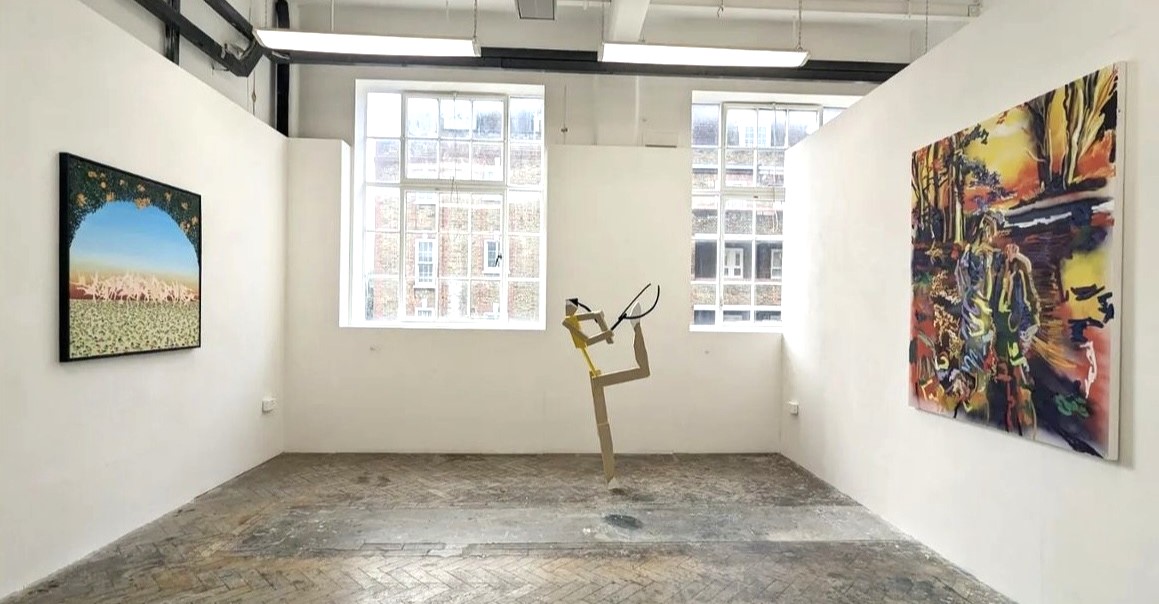
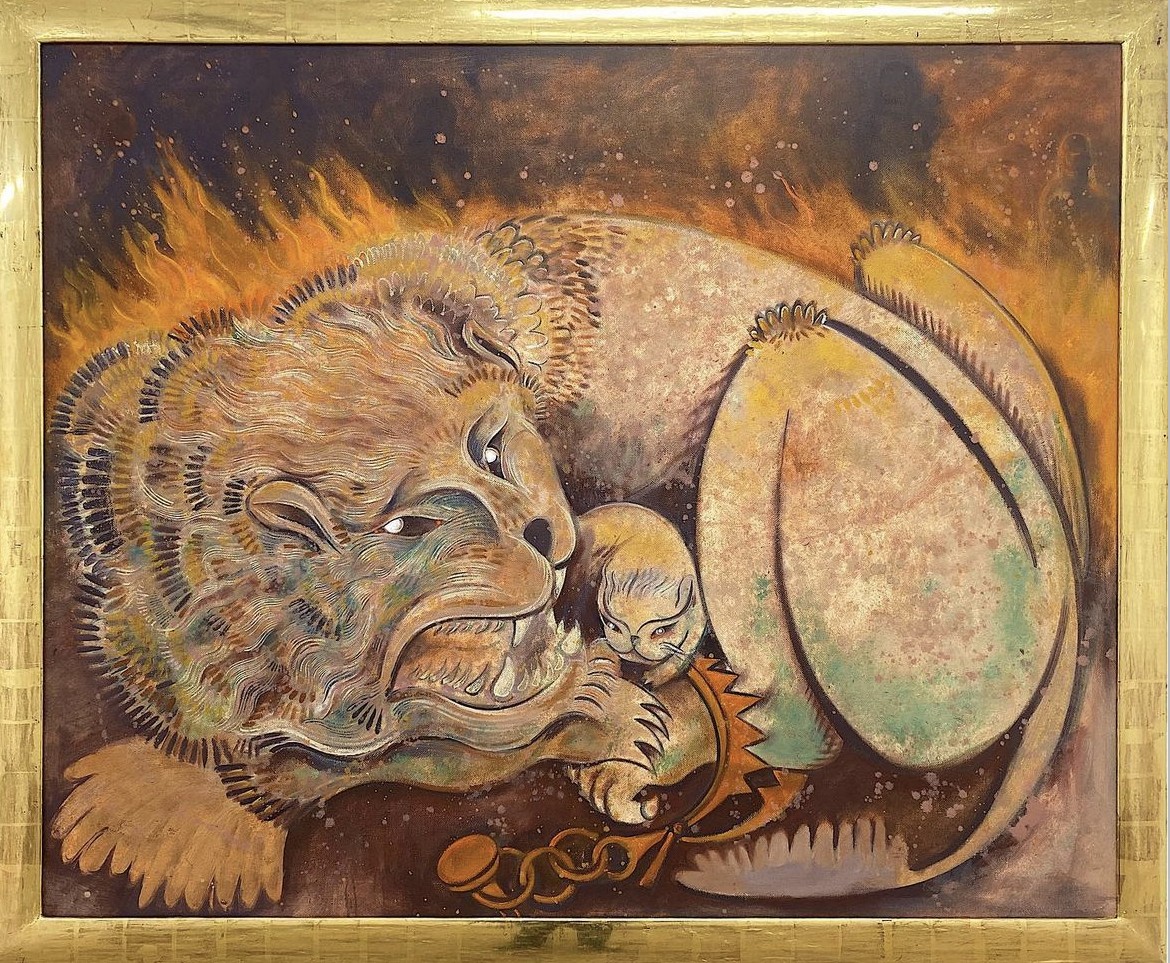 Image Credit: Maxim Burnett
Image Credit: Maxim Burnett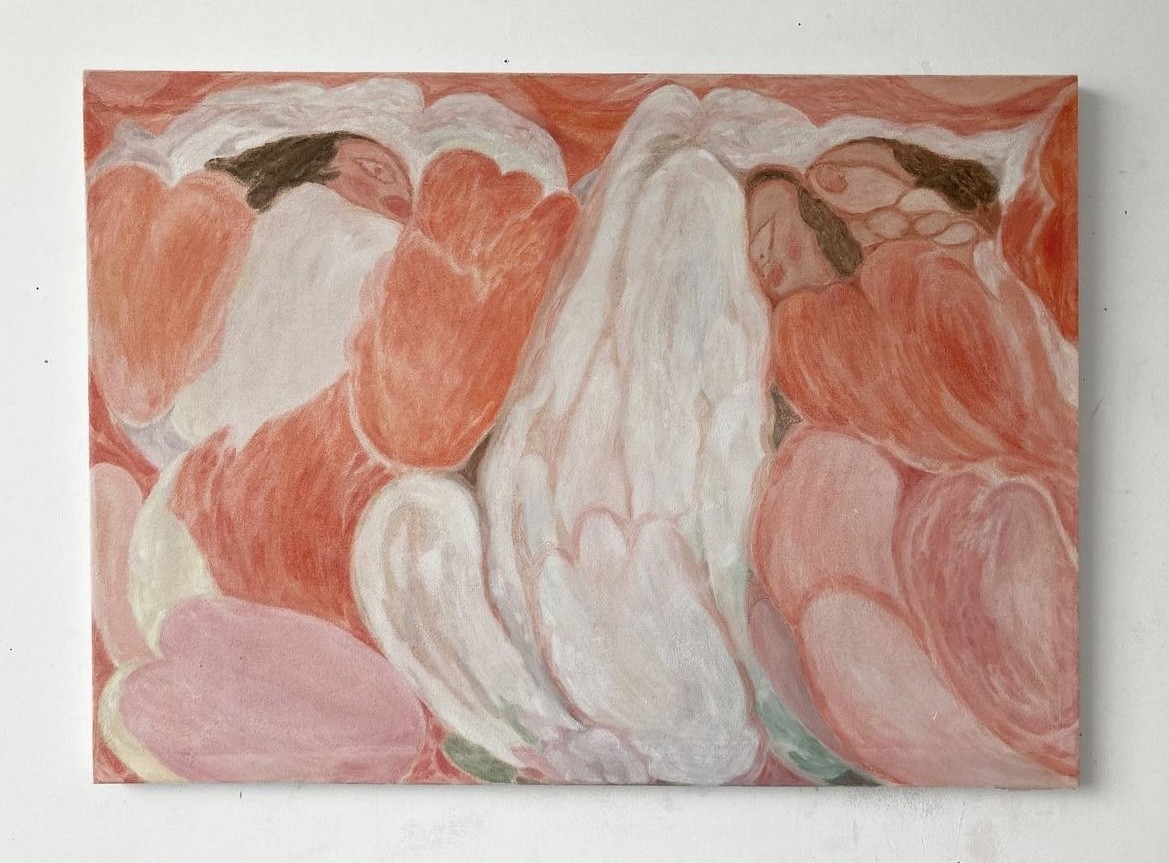 Image Credit: Molly Martin
Image Credit: Molly Martin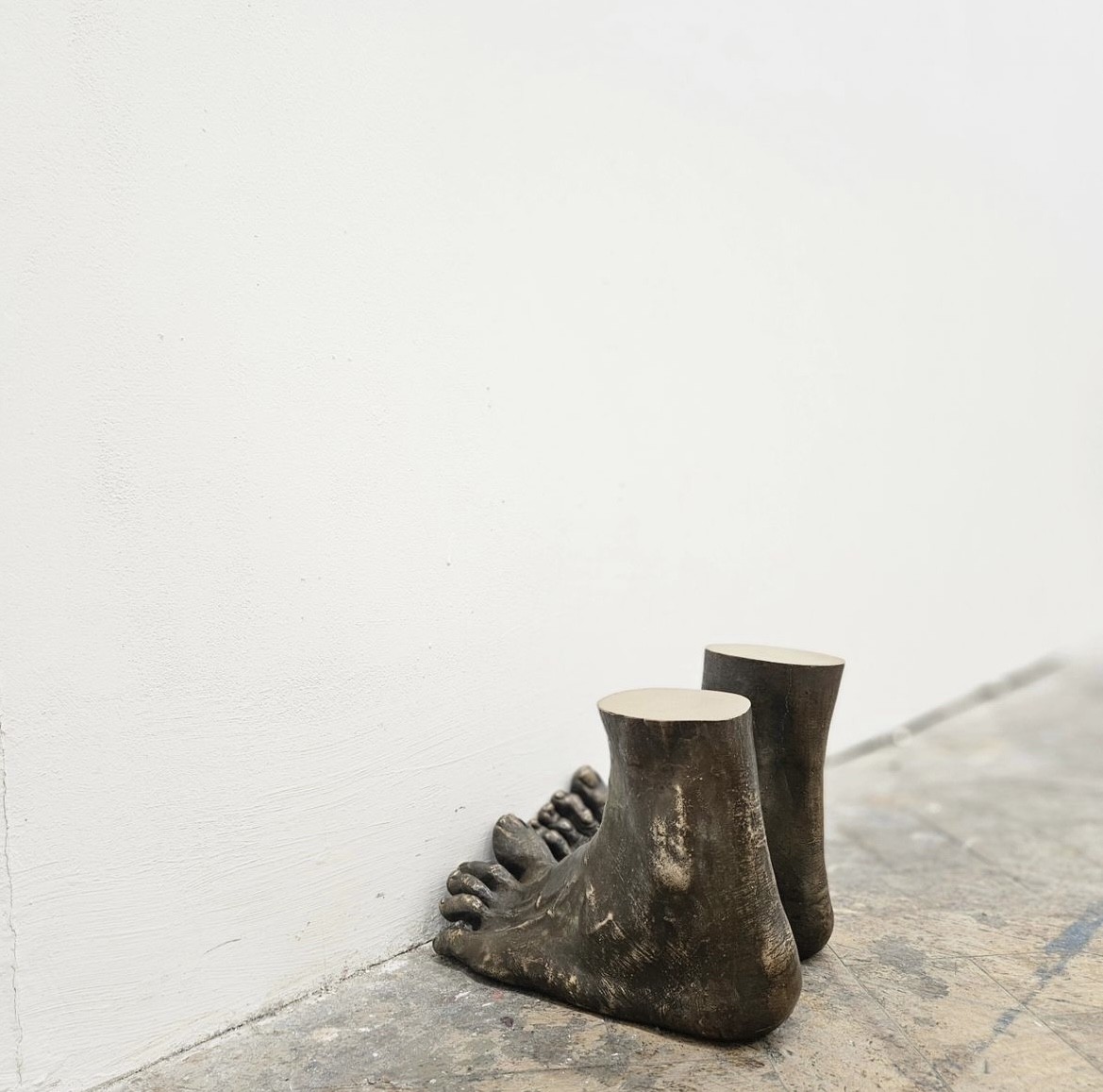 Image Credit: Eva Merendes
Image Credit: Eva Merendes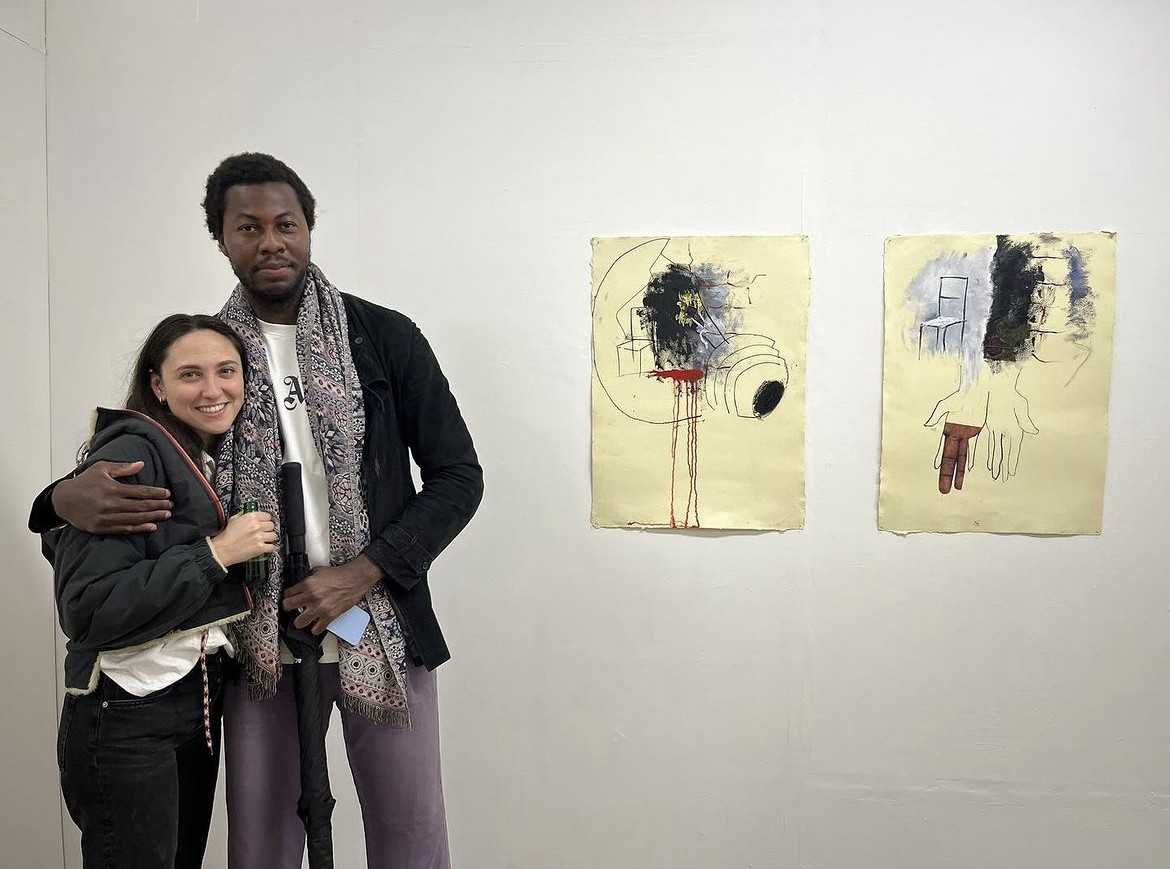 Image Credit: Luc Nonga
Image Credit: Luc Nonga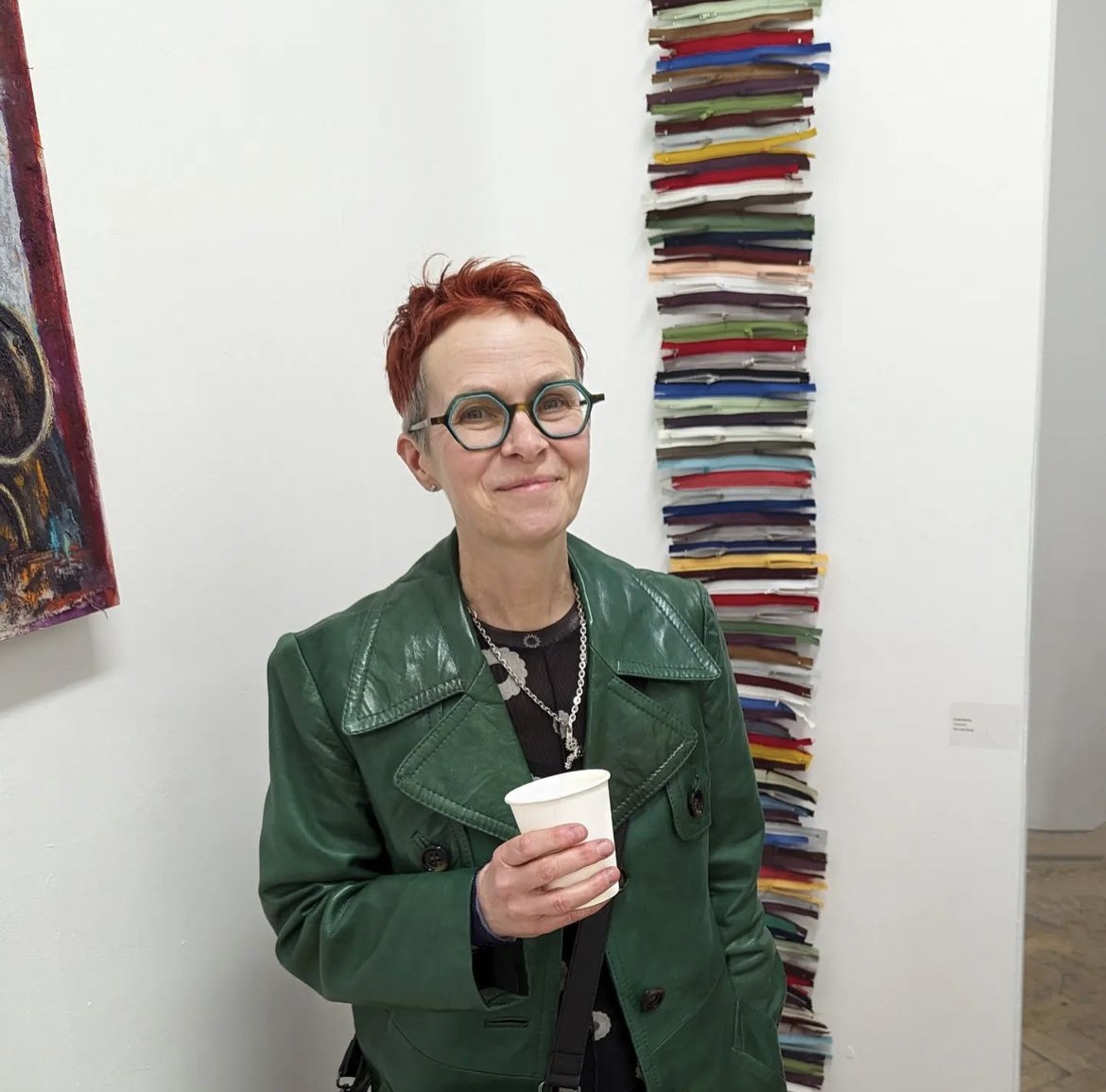 Image Credit: Linda Simon
Image Credit: Linda Simon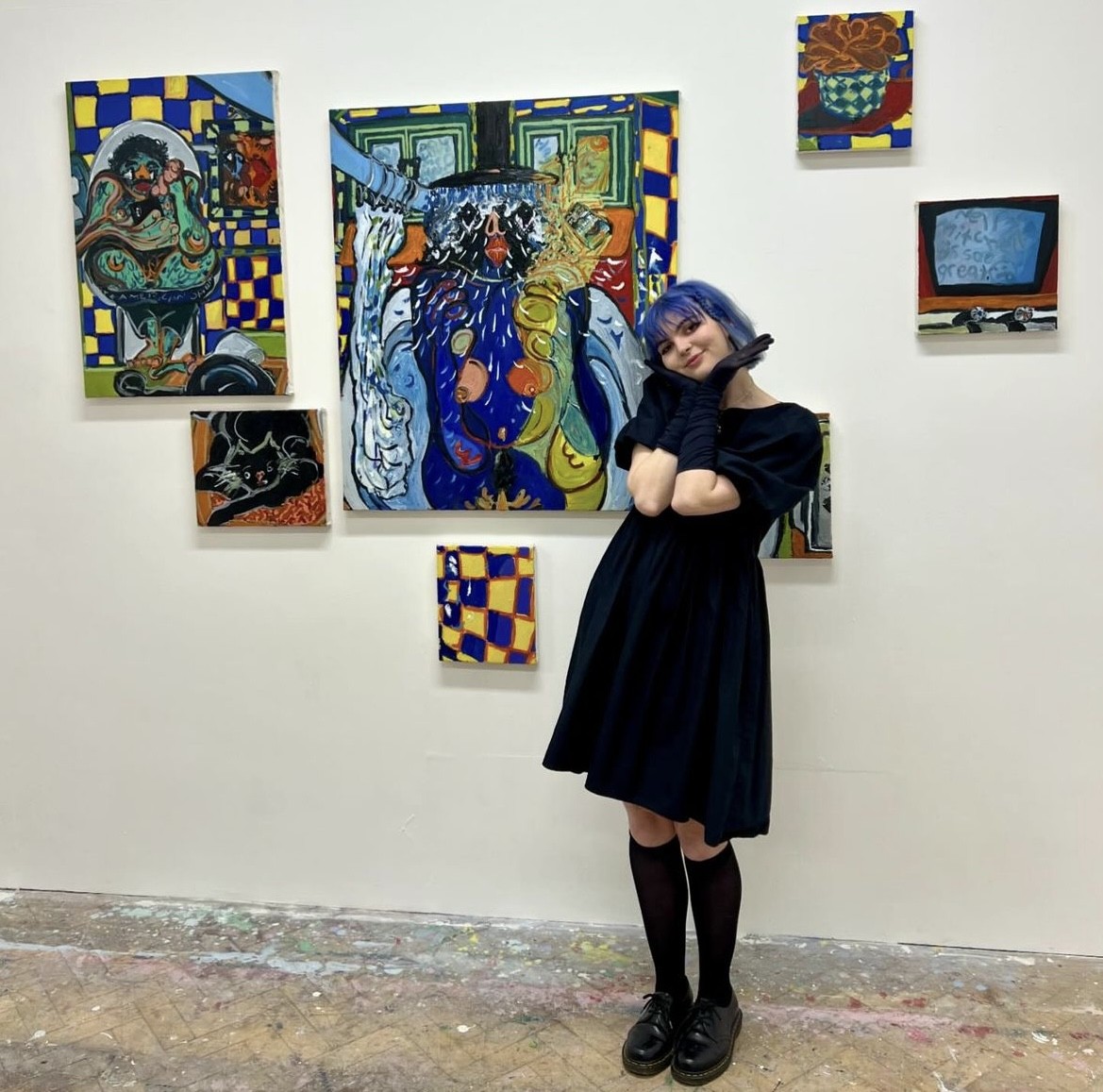 Image Credit: Nell Mitchell
Image Credit: Nell Mitchell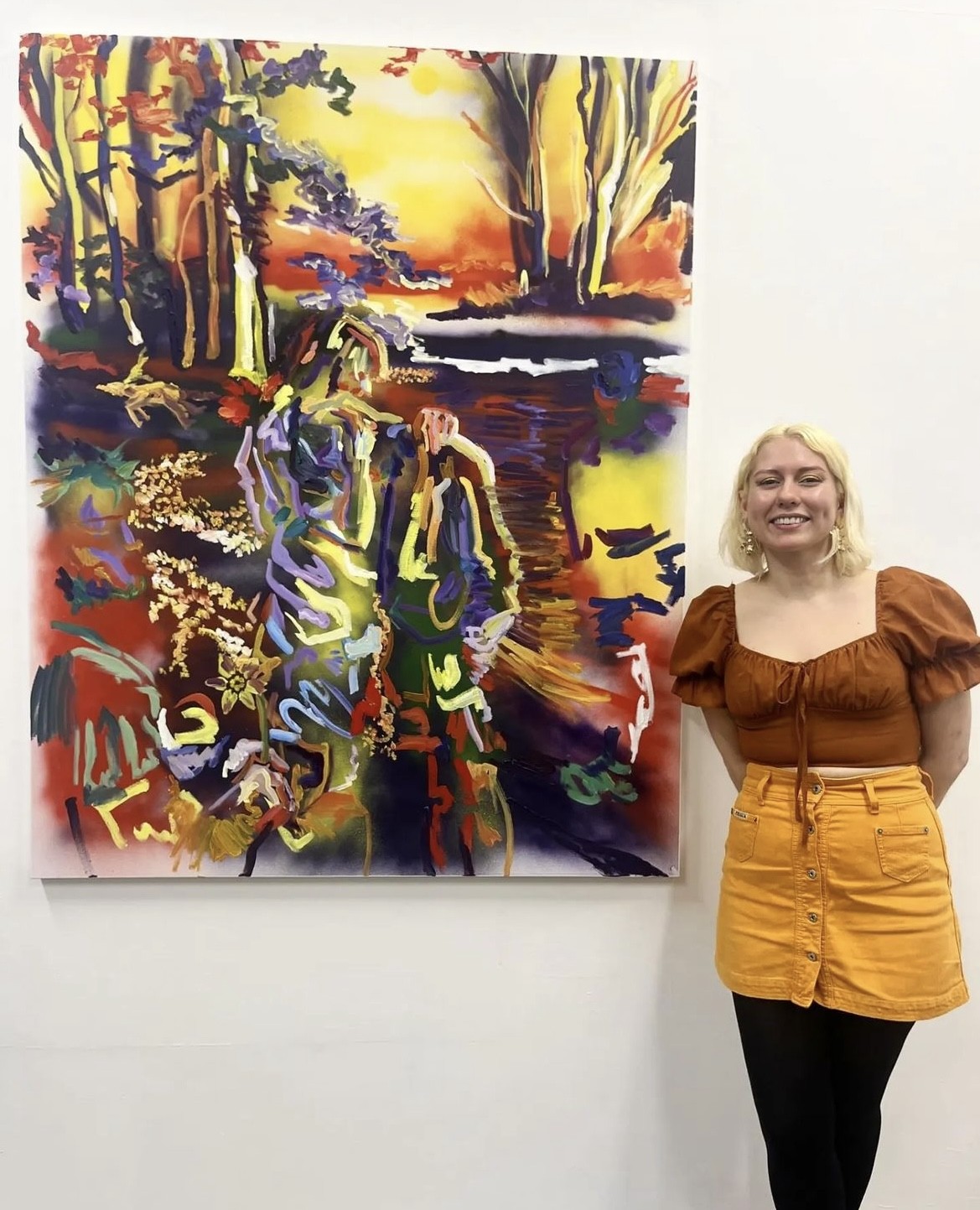 Image Credit: Julia Pomeroy
Image Credit: Julia Pomeroy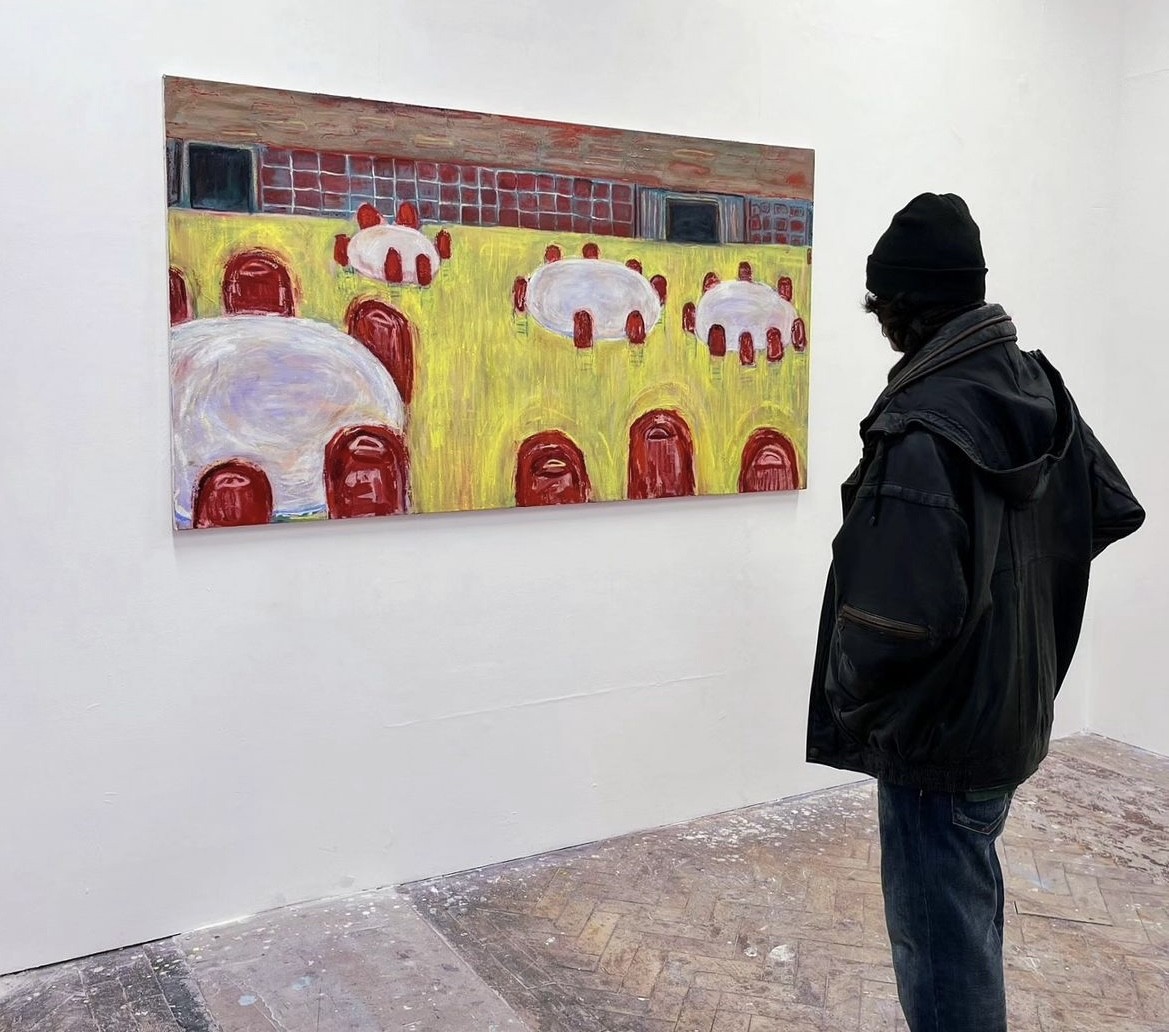 Image Credit: Tabby Li
Image Credit: Tabby Li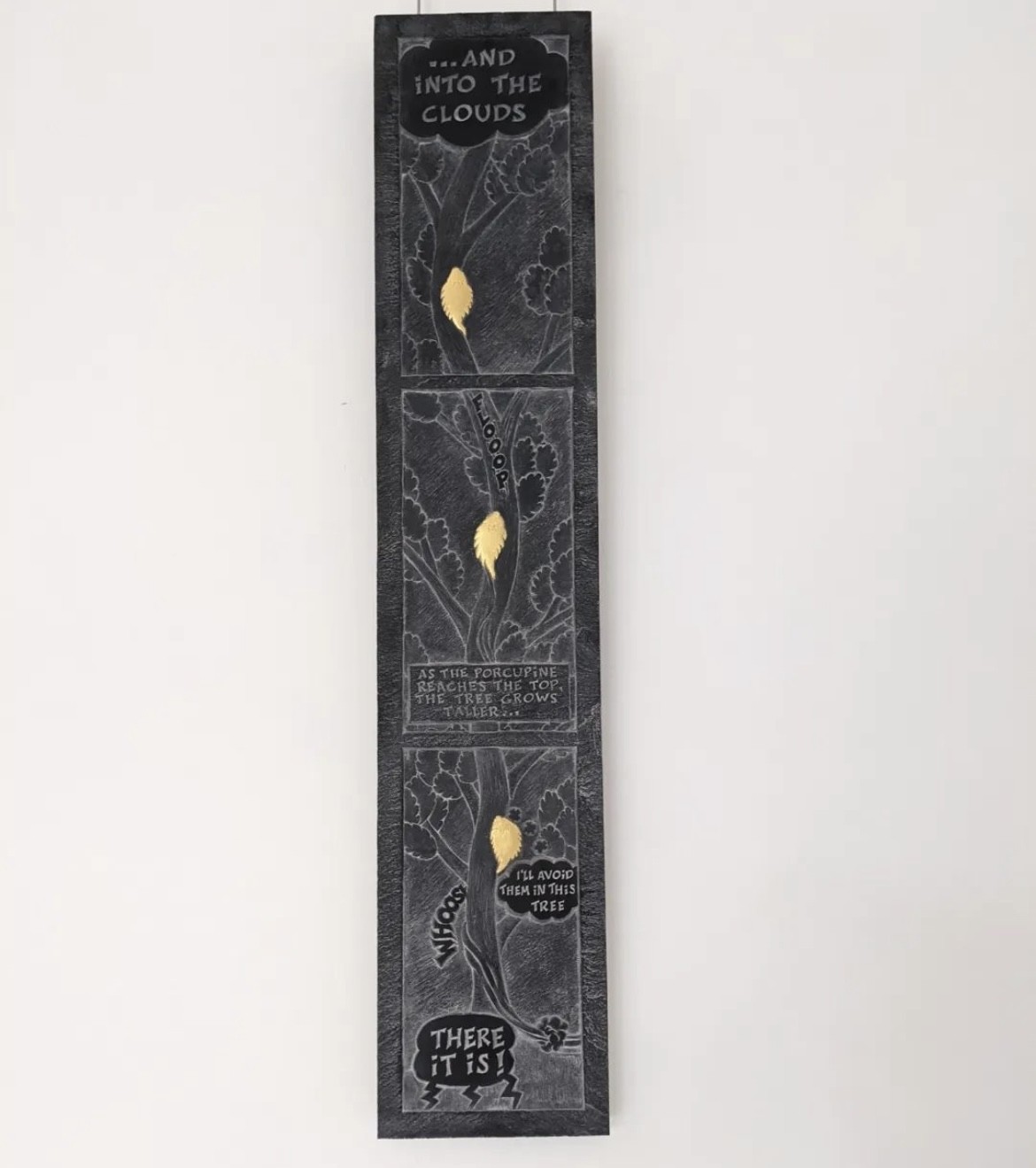 Image Credit: Yohan Le Peuch
Image Credit: Yohan Le Peuch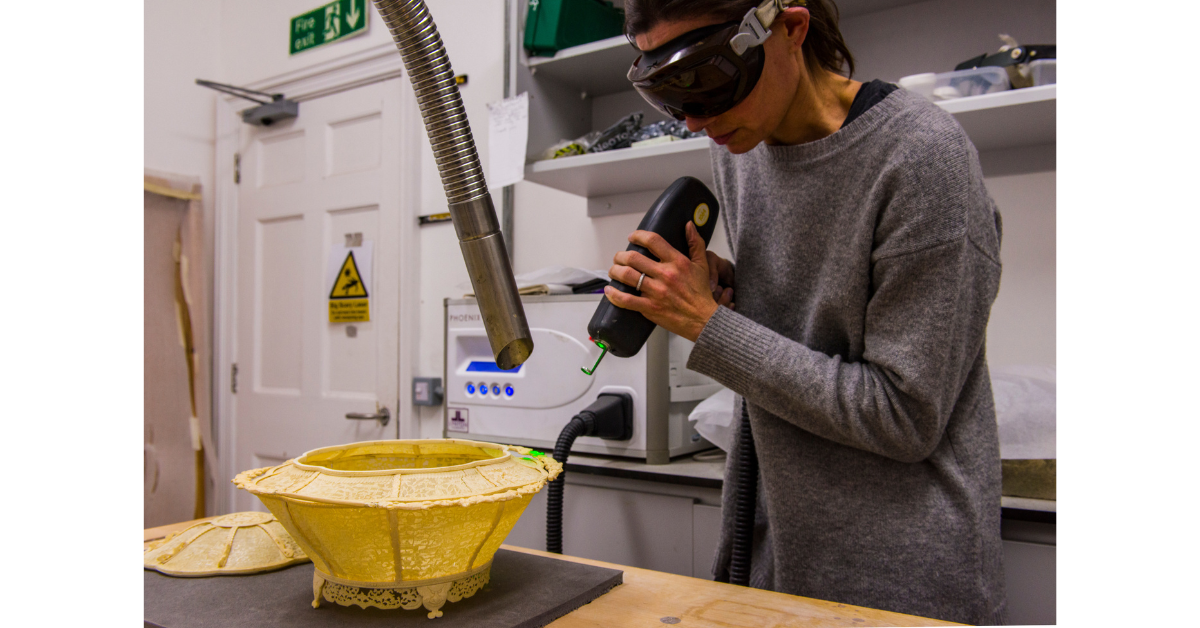
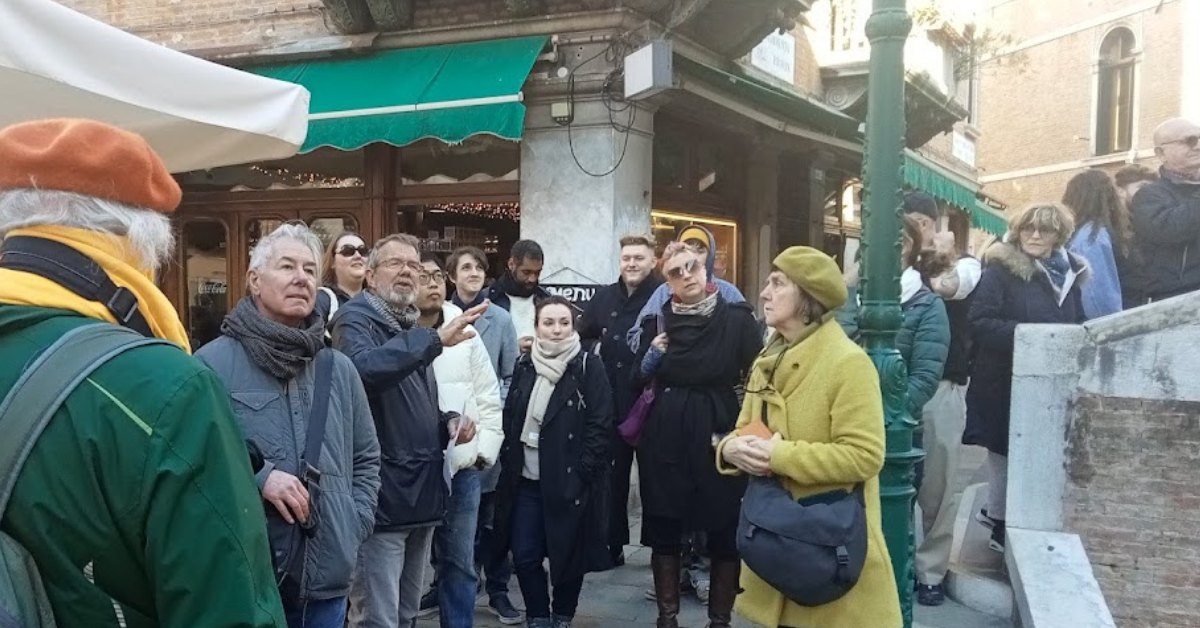
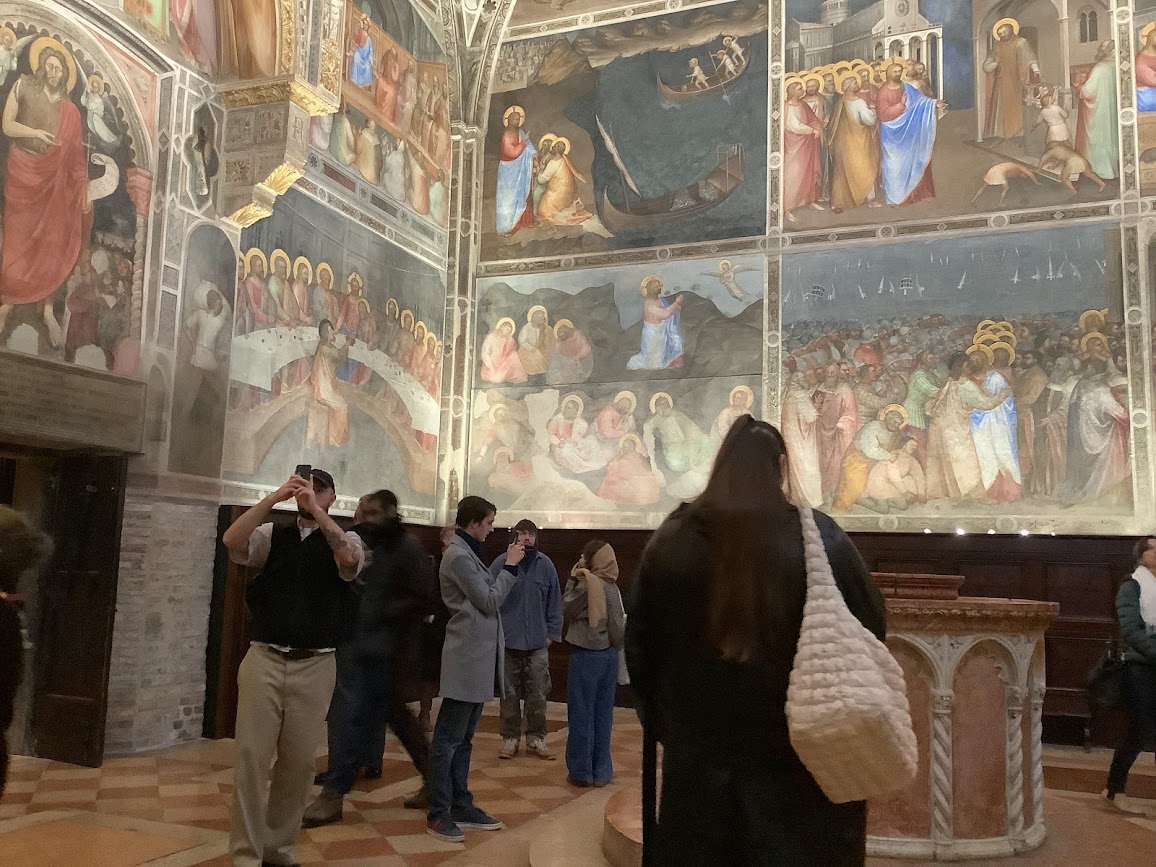 Palazzo Bo
Palazzo Bo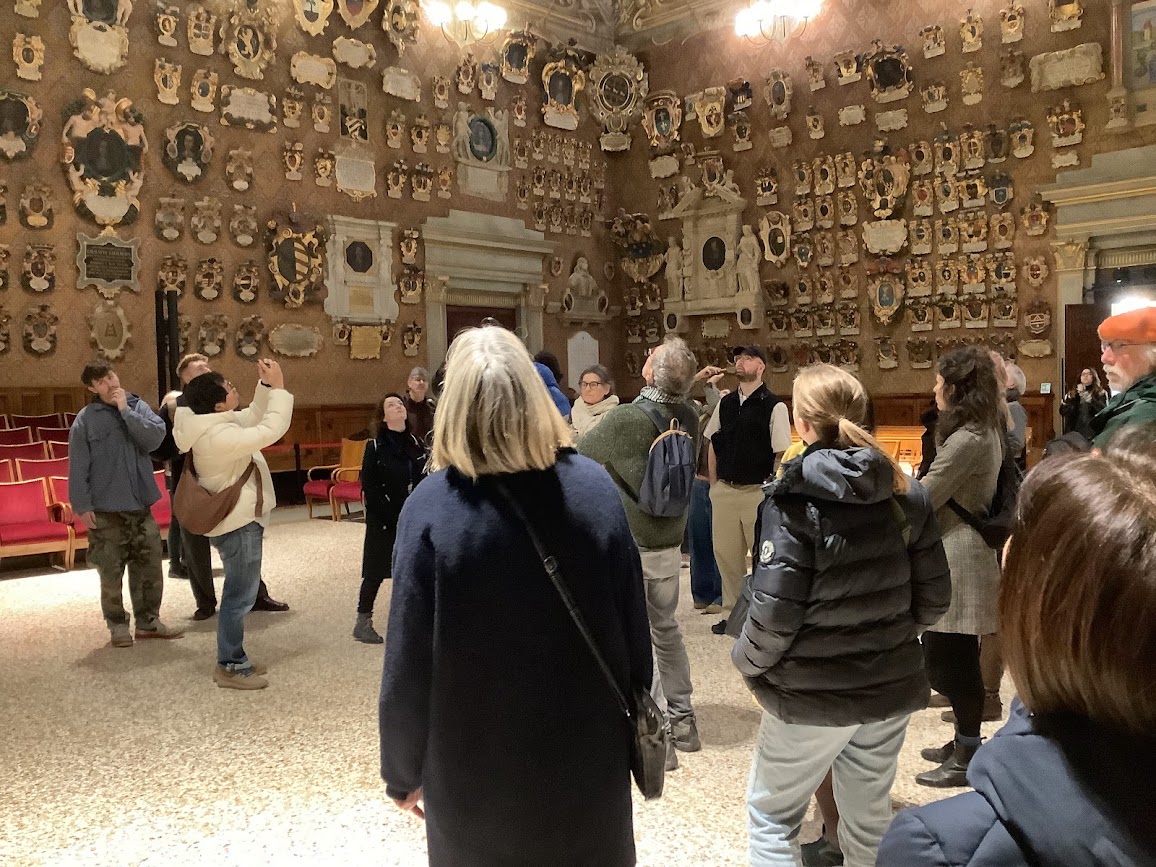 Palazzo Bo
Palazzo Bo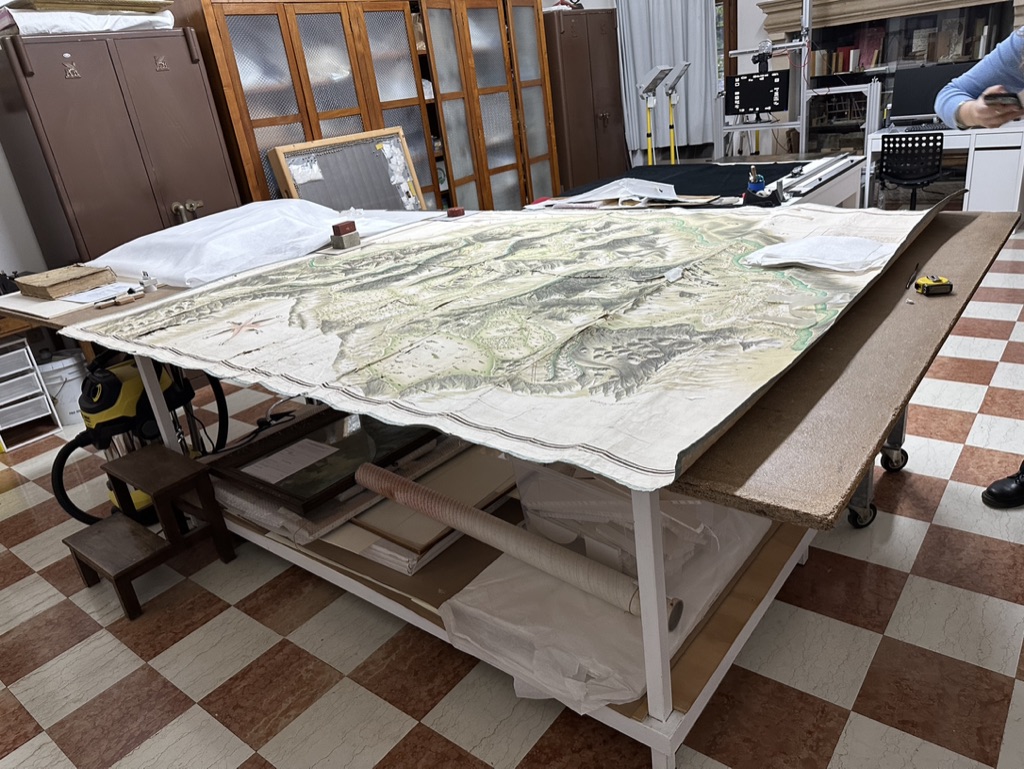 Abbazia di Praglia
Abbazia di Praglia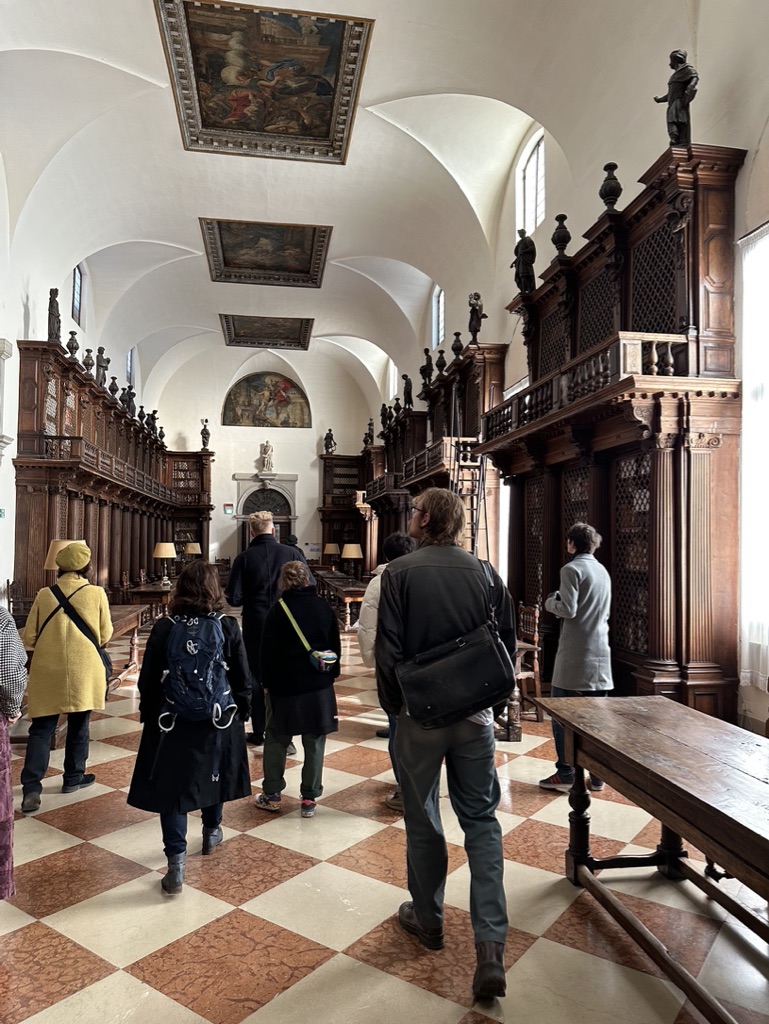 Cini Foundation
Cini Foundation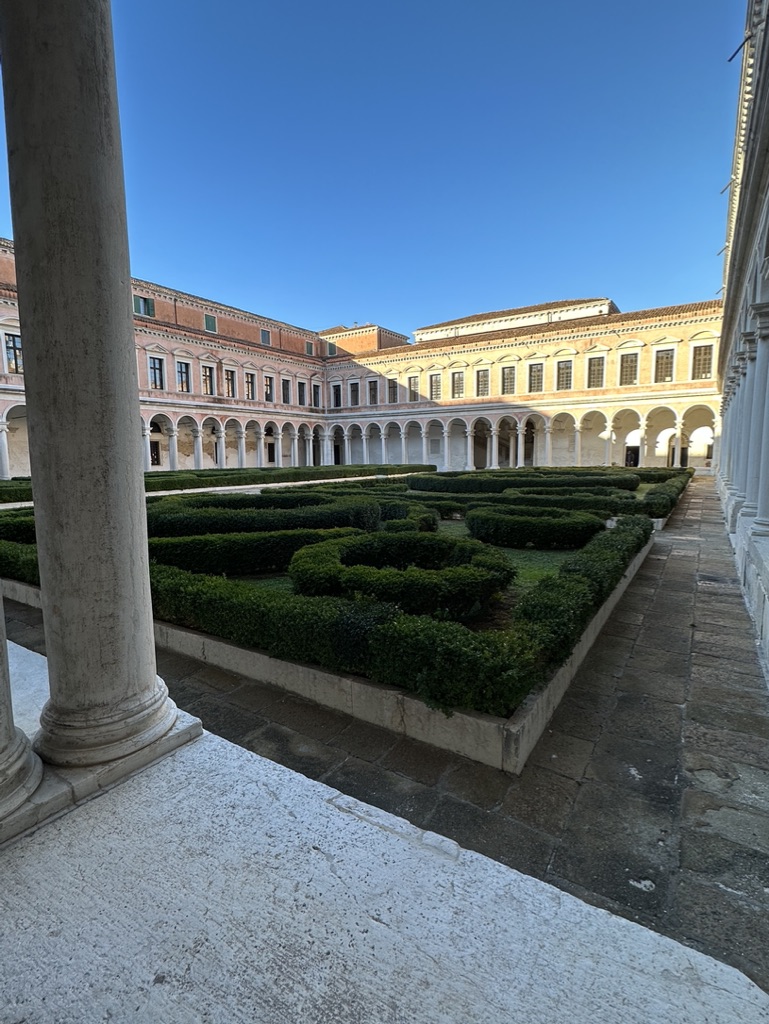 Cini Foundation
Cini Foundation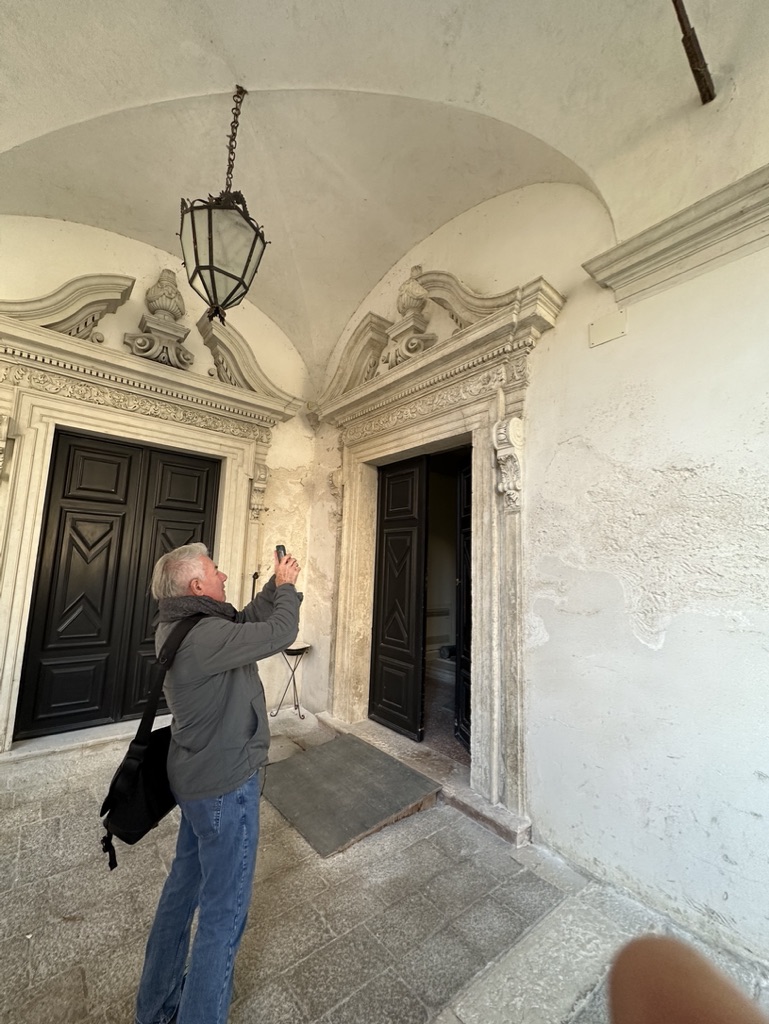 Cini Foundation
Cini Foundation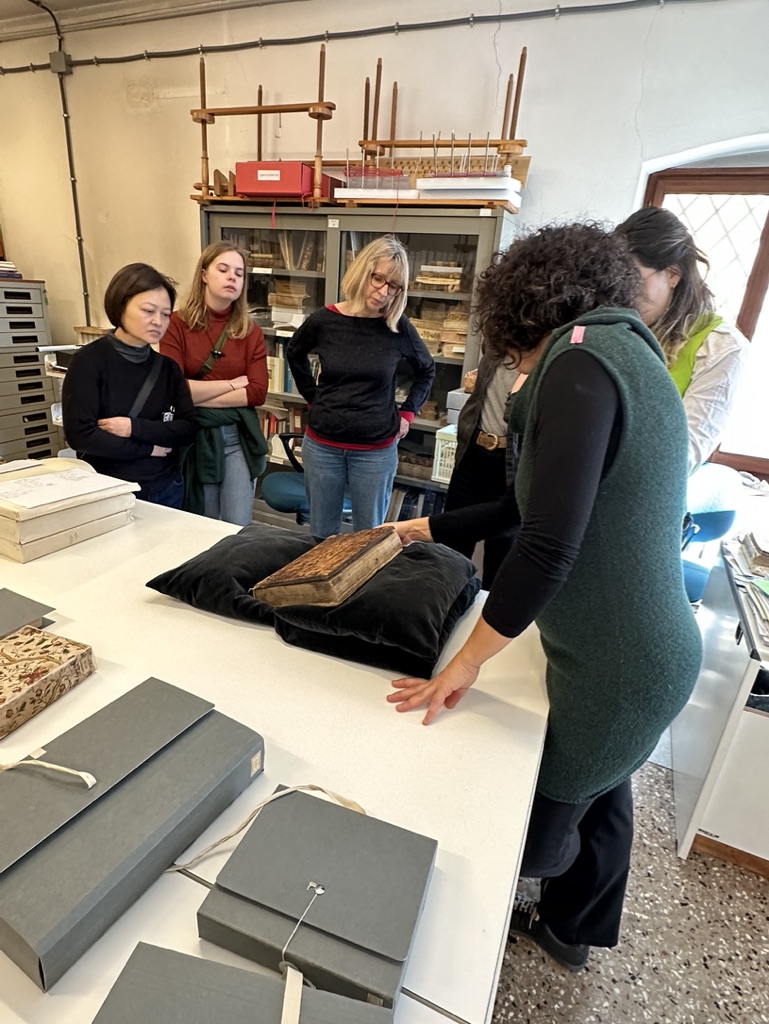 Marciana Library
Marciana Library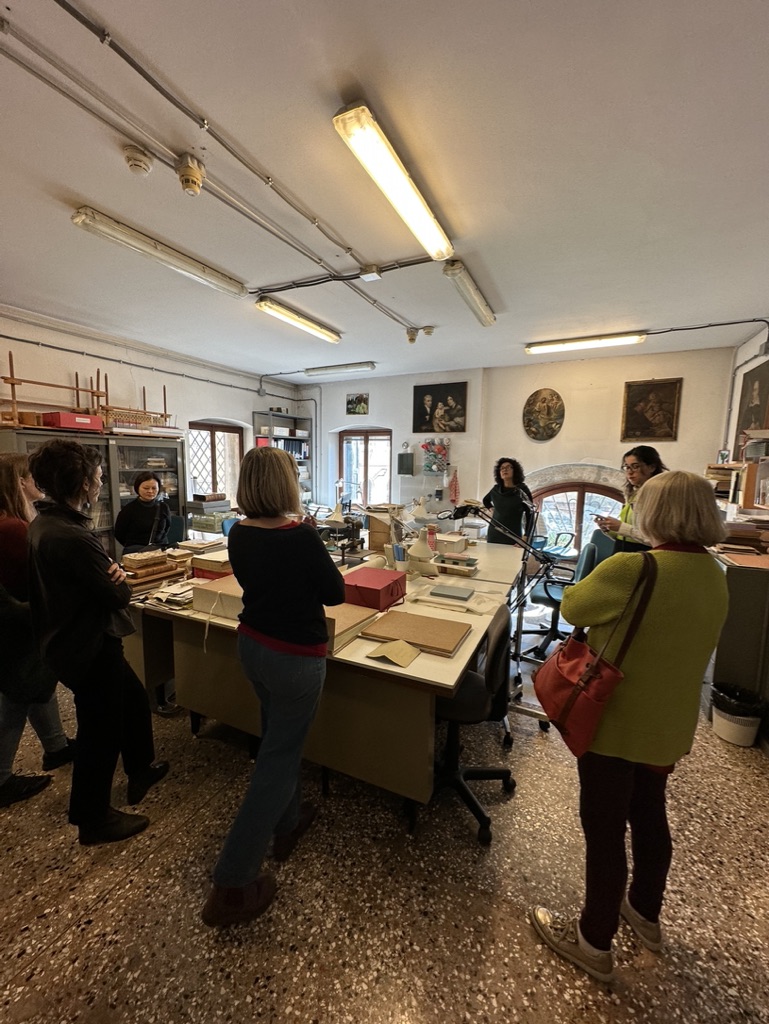 Marciana Library
Marciana Library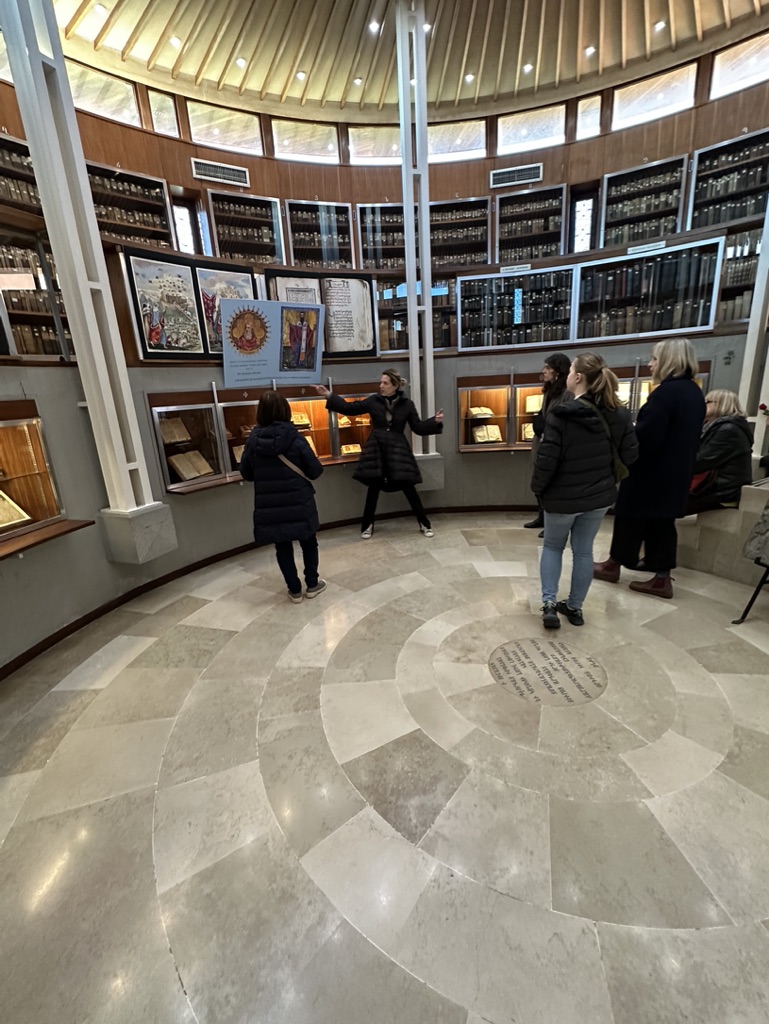 San Lazzaro
San Lazzaro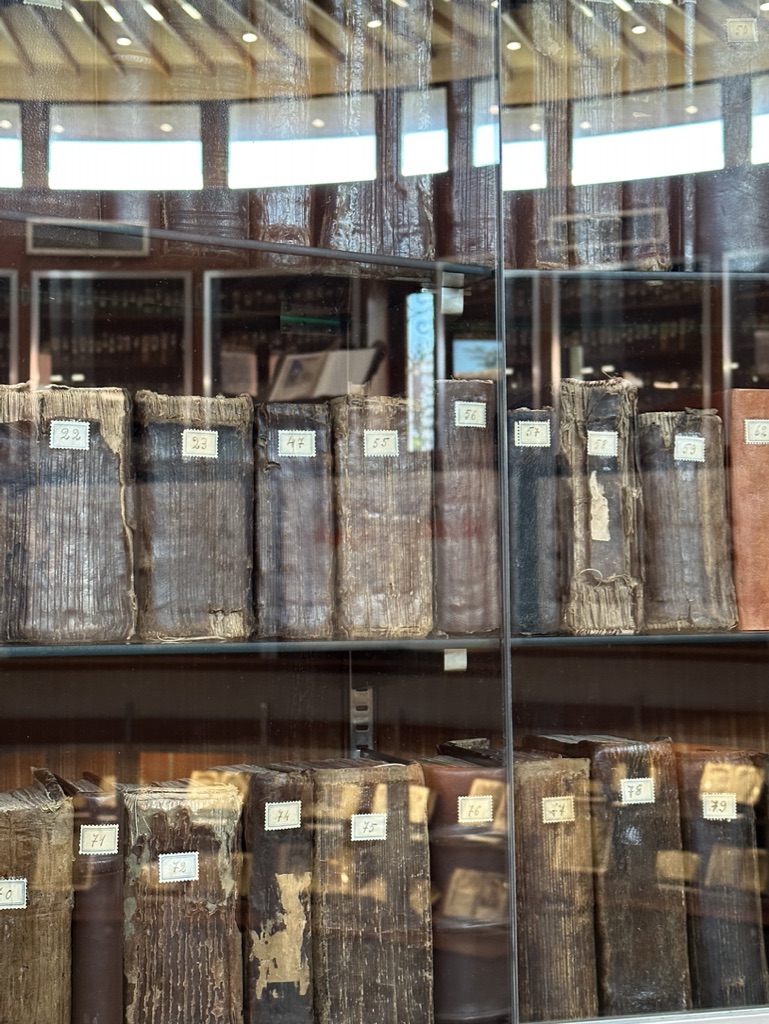 San Lazzaro
San Lazzaro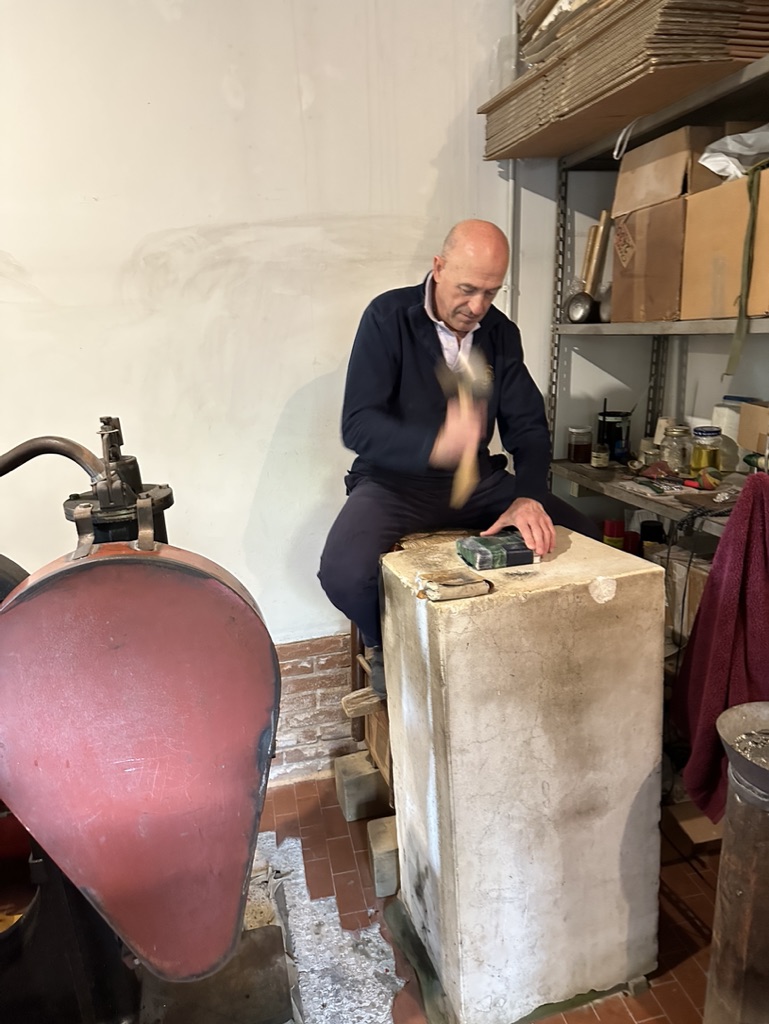 Mario Berta Battiloro
Mario Berta Battiloro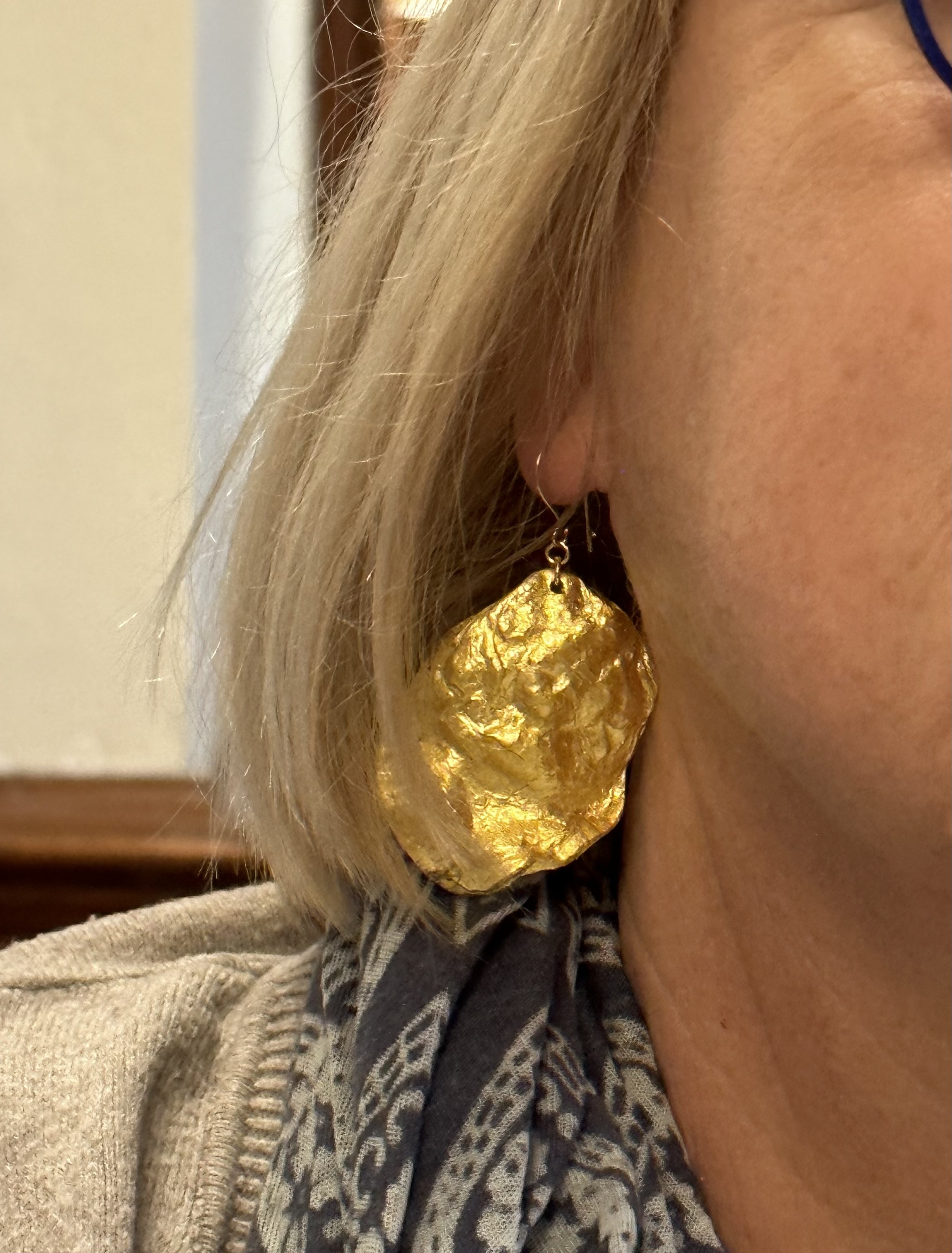 Mario Berta Battiloro – Earrings of 24 ct gold over oyster shells
Mario Berta Battiloro – Earrings of 24 ct gold over oyster shells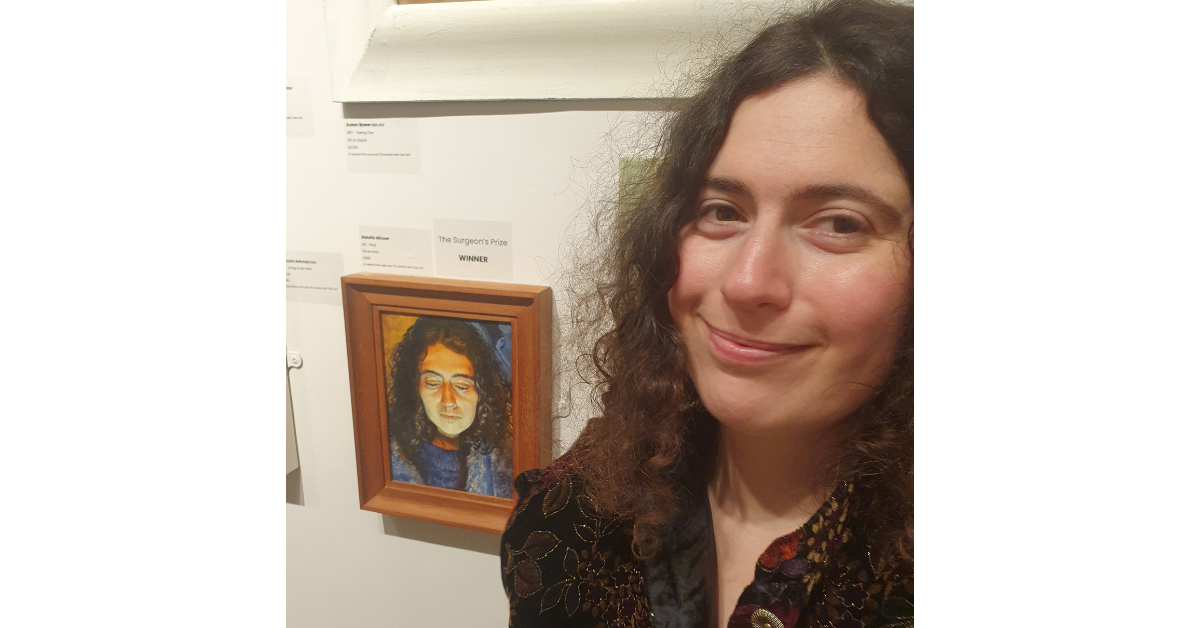
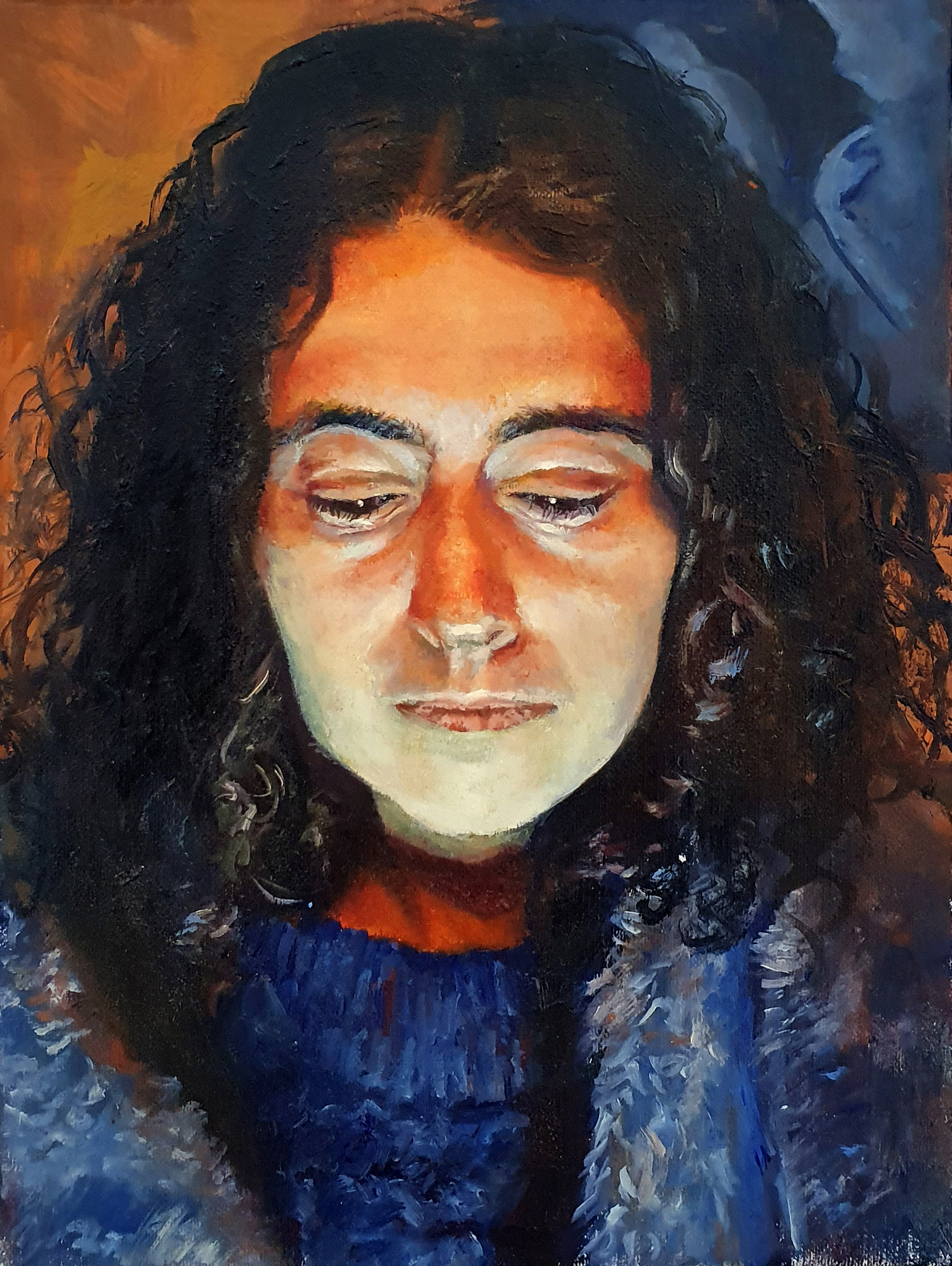 Natalia Glinoer, iPad, Oil on Linen, 24 x 18cm
Natalia Glinoer, iPad, Oil on Linen, 24 x 18cm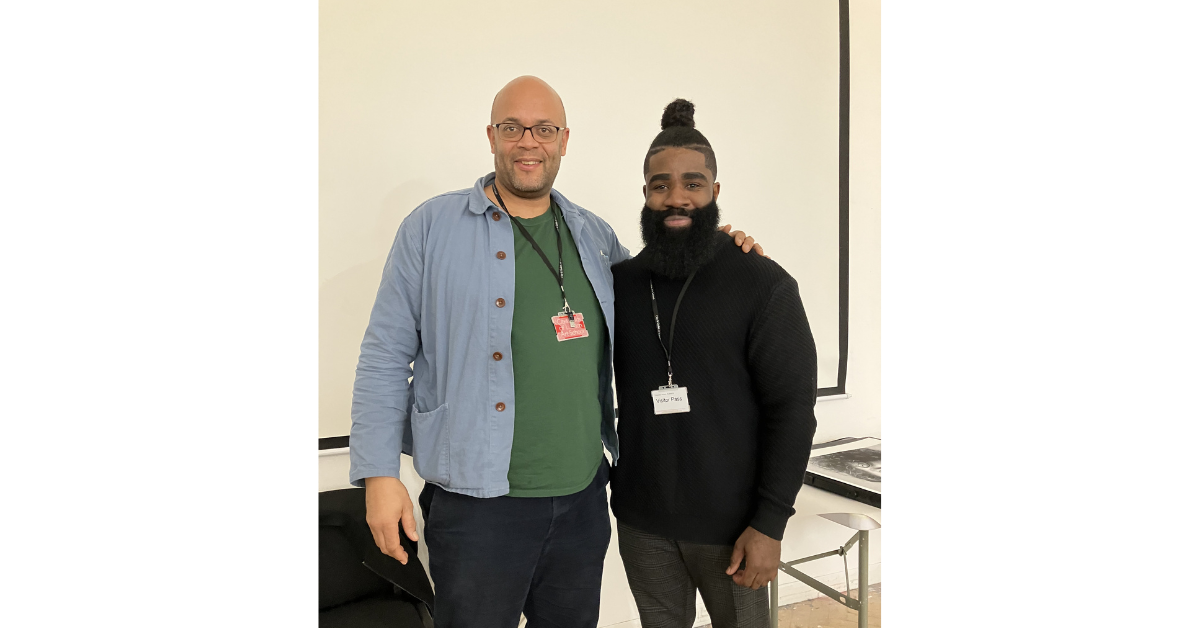


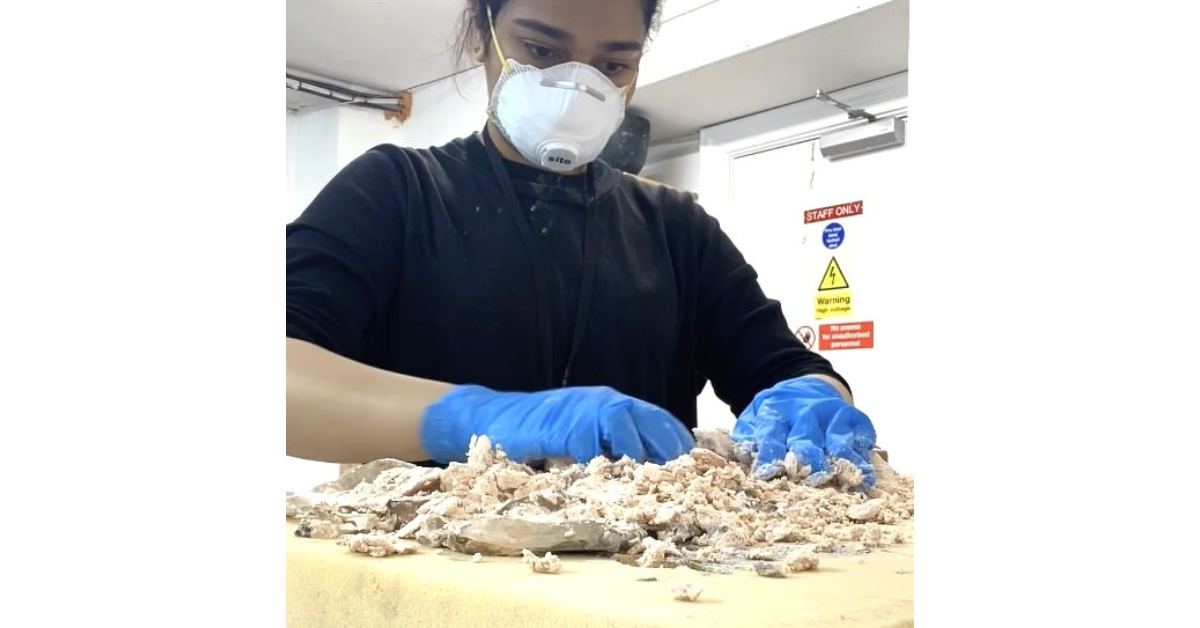
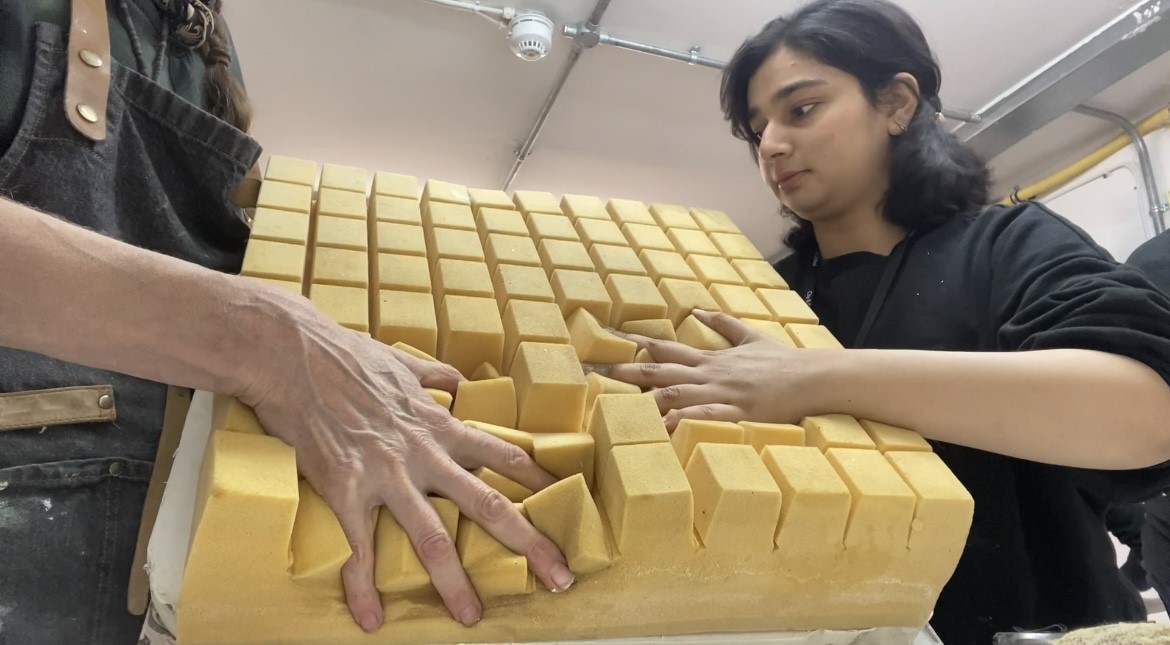
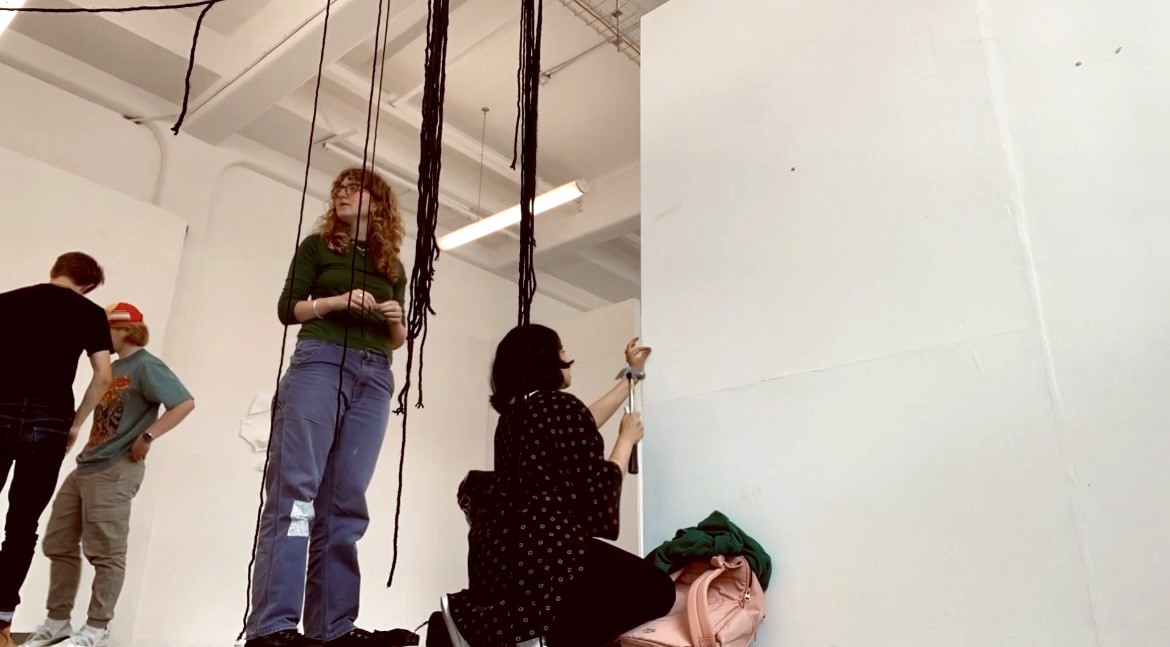
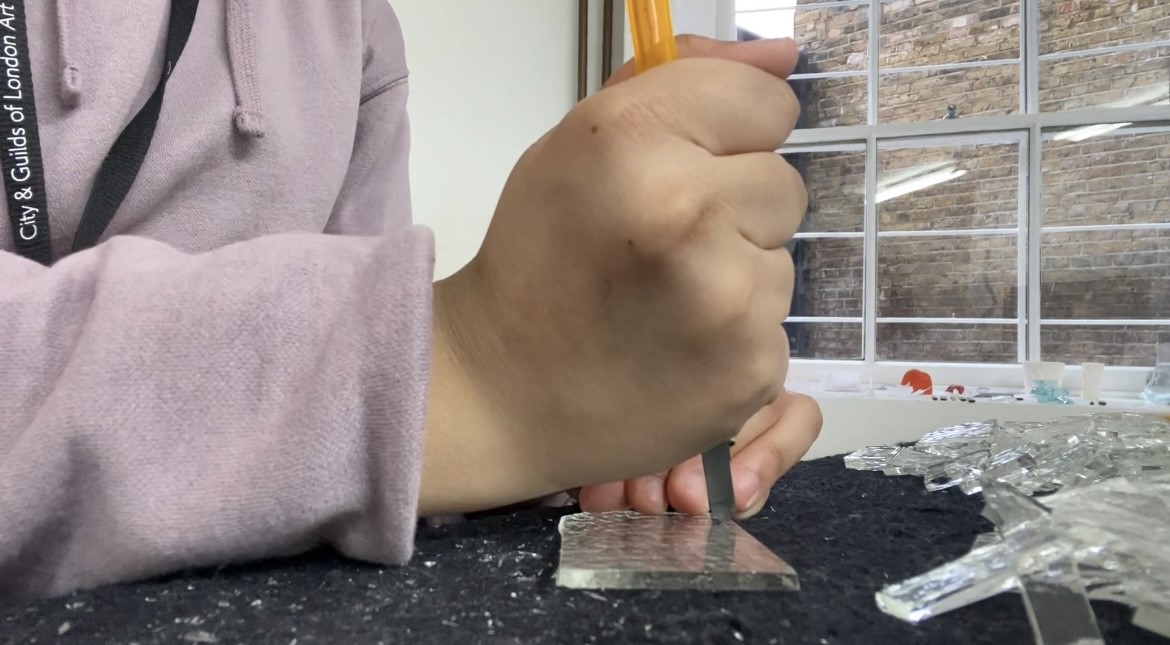
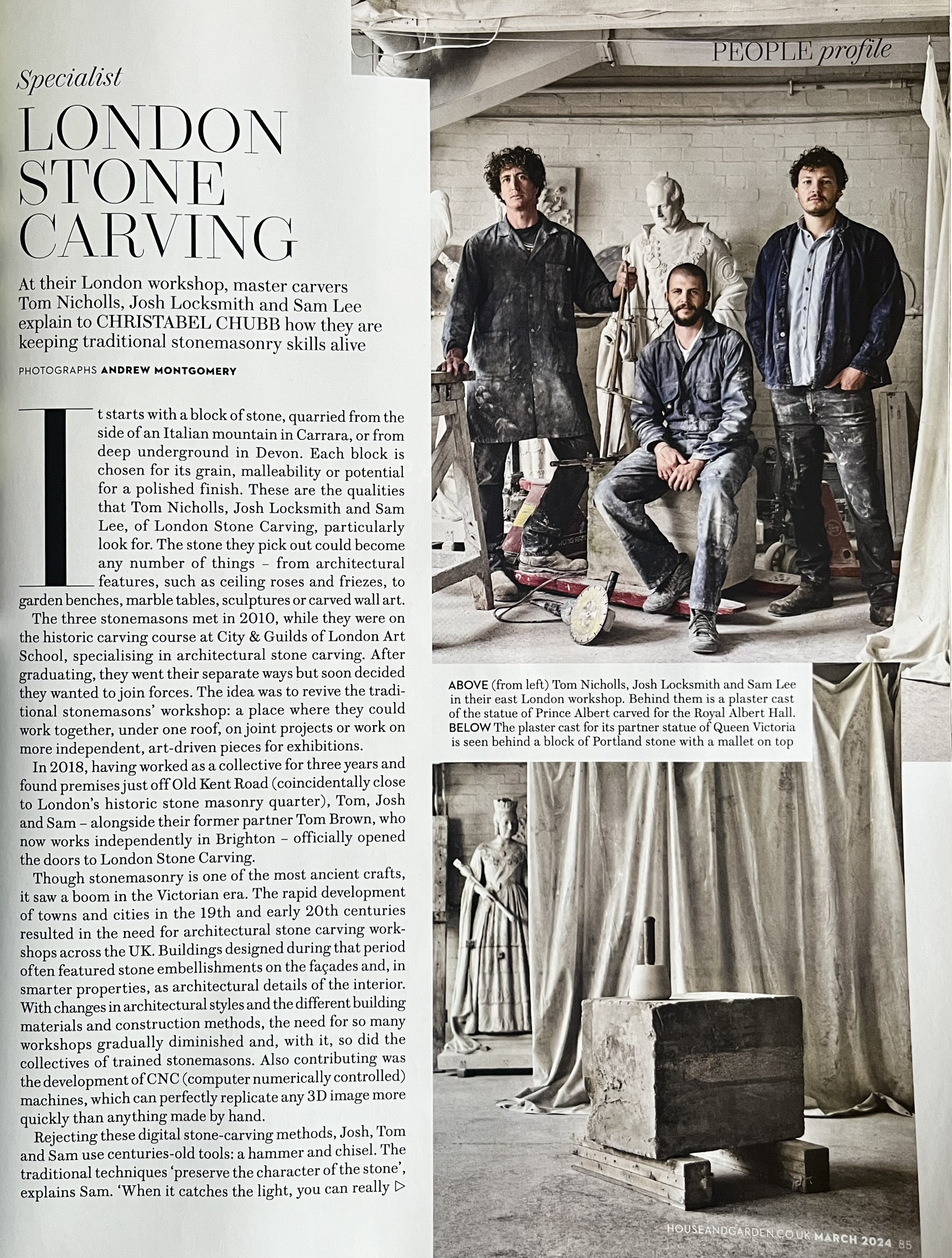
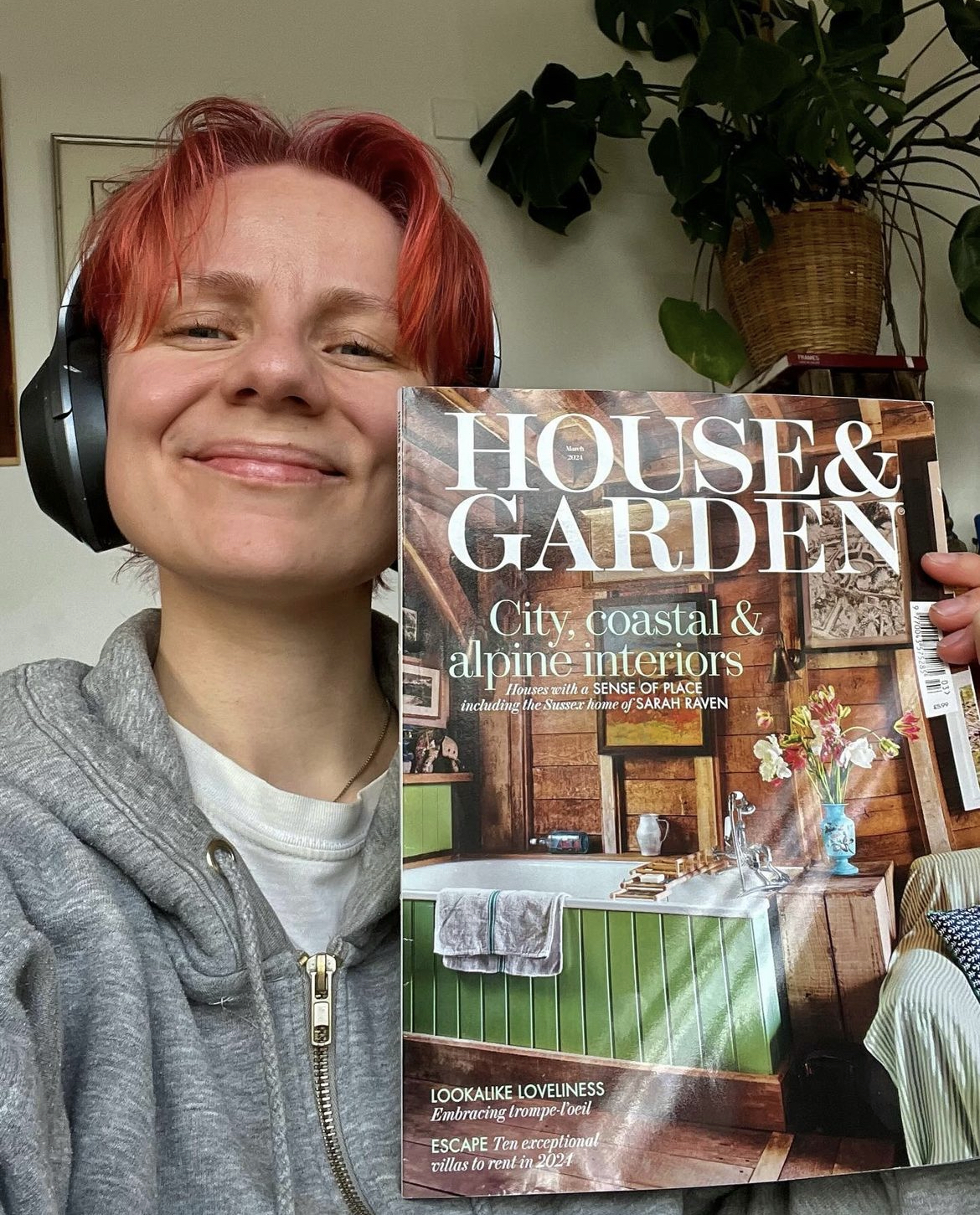
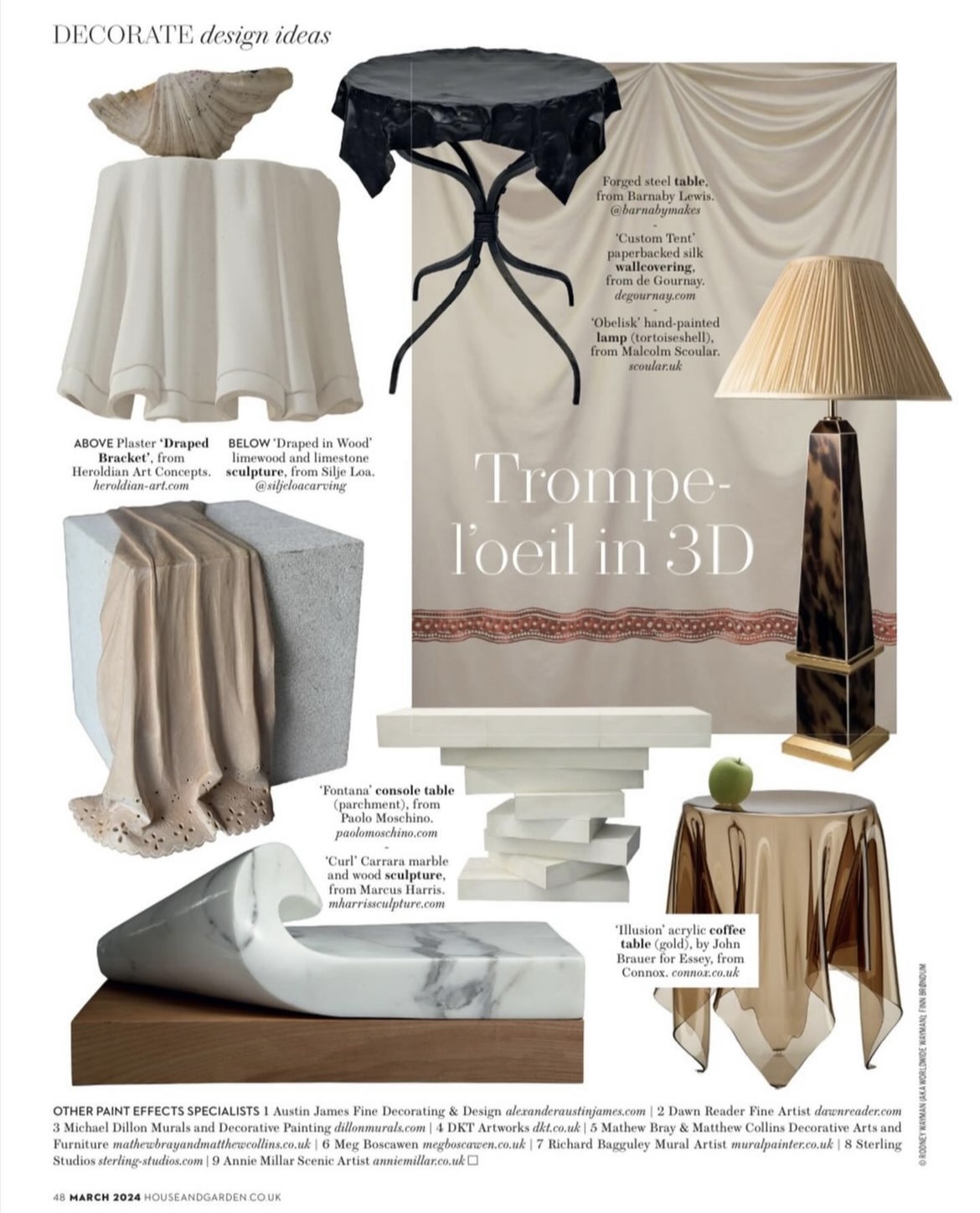
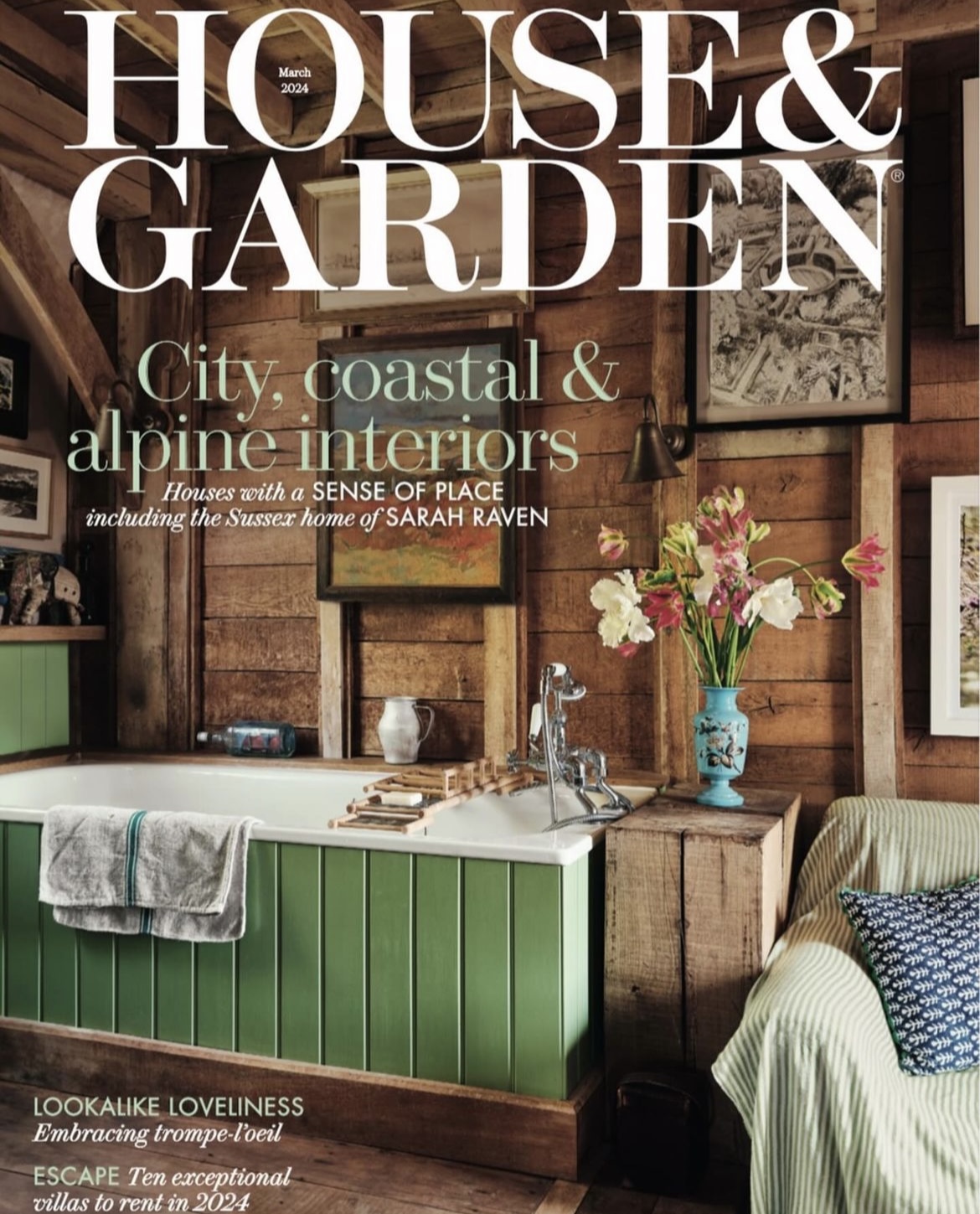
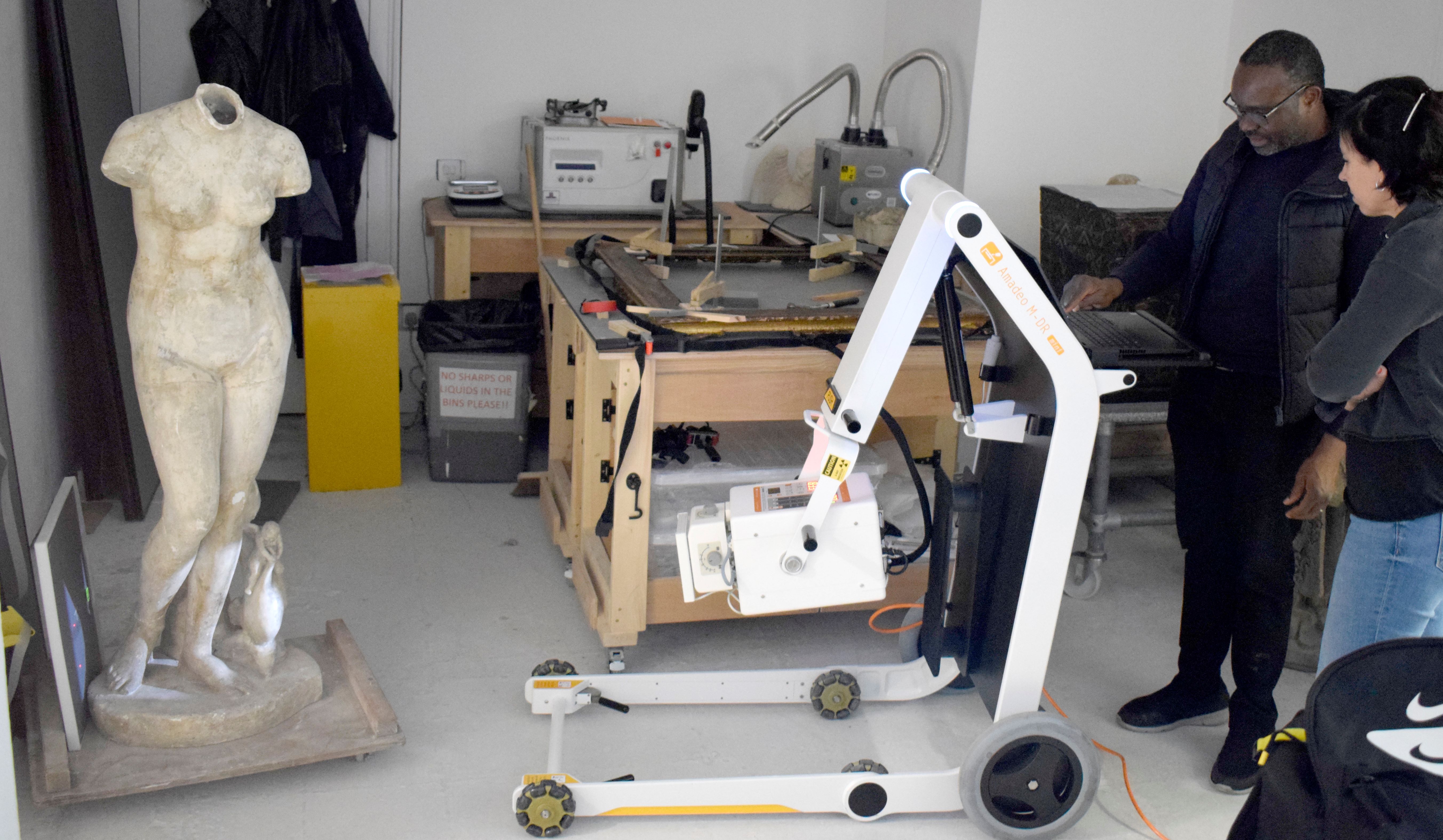
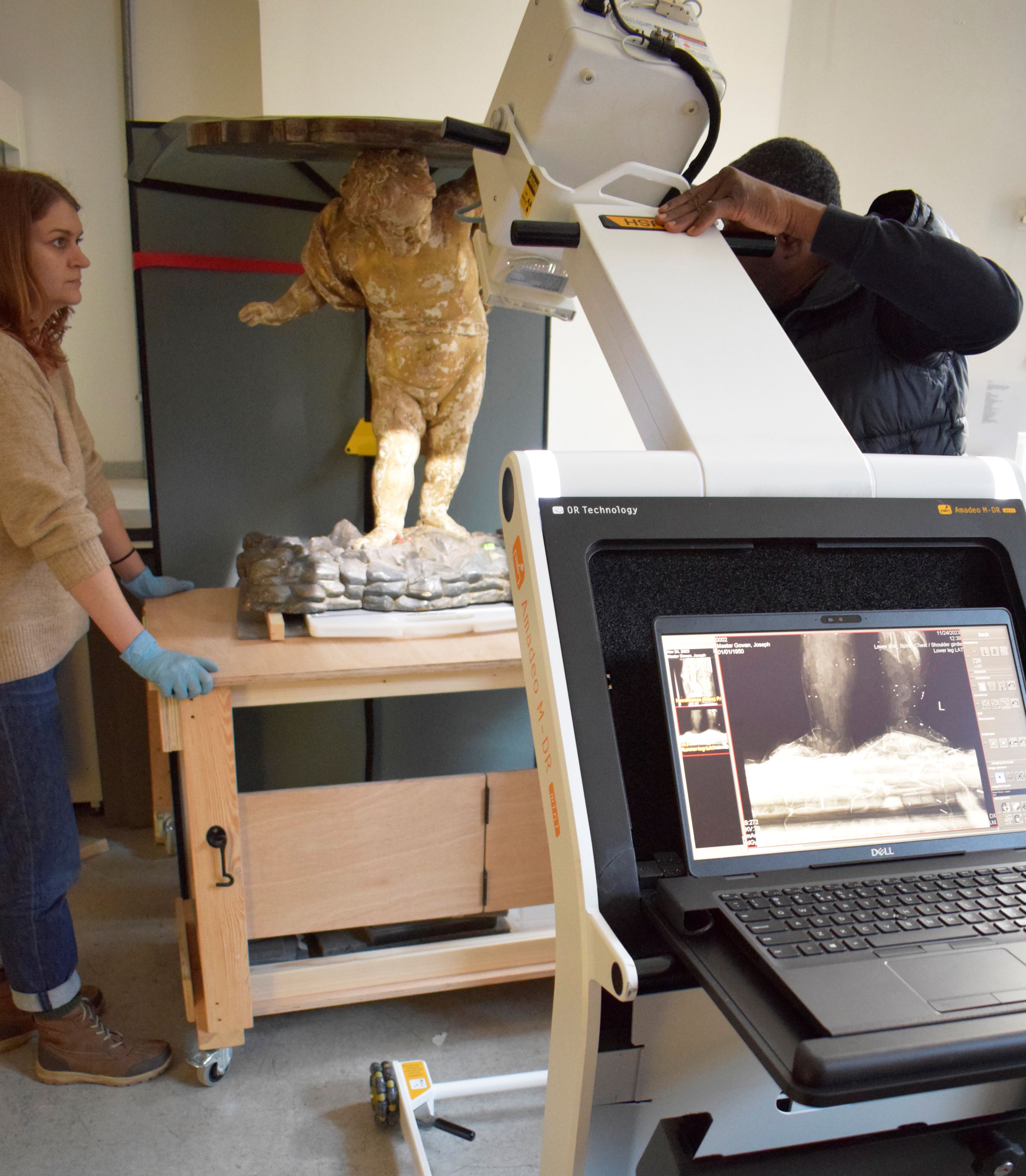
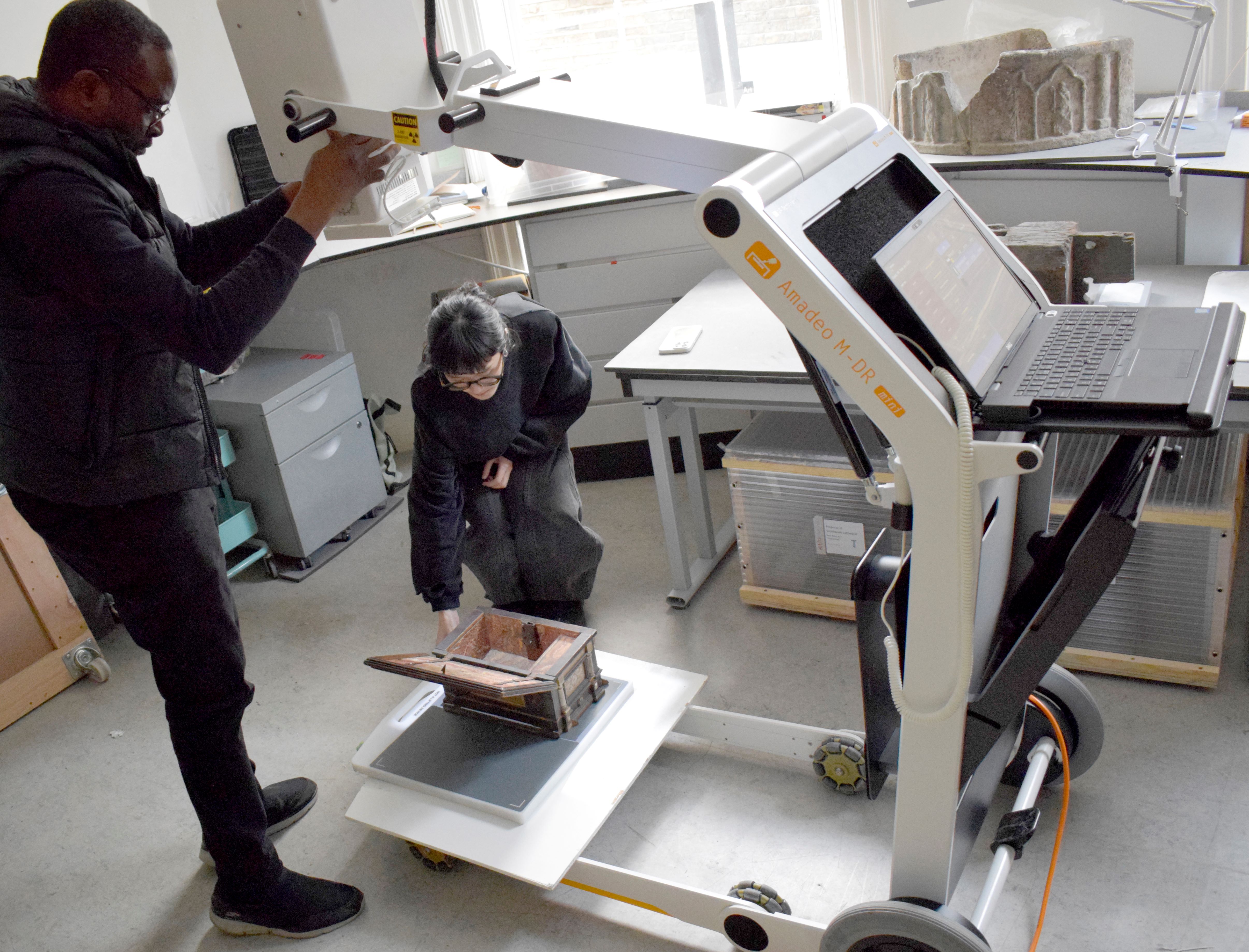
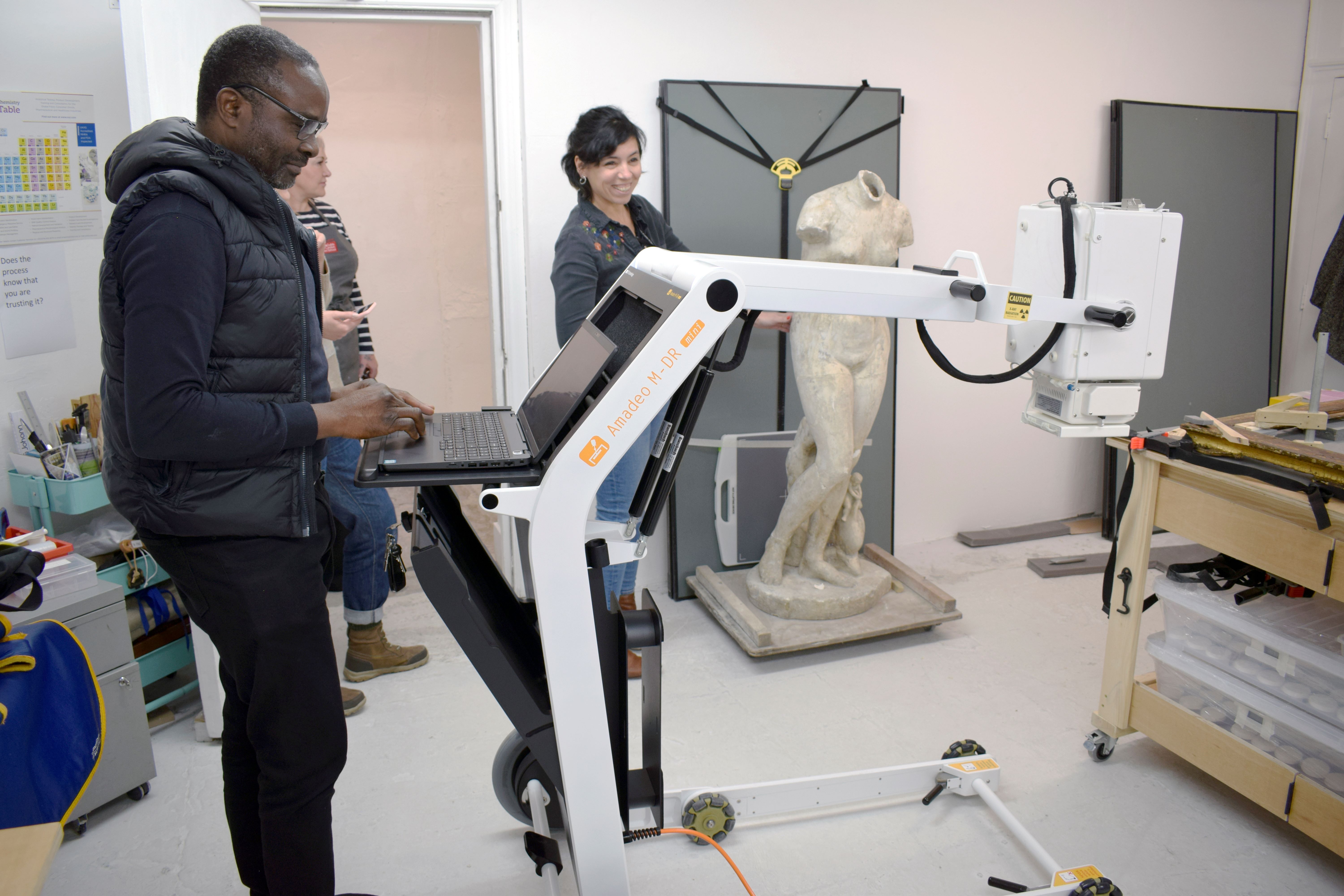
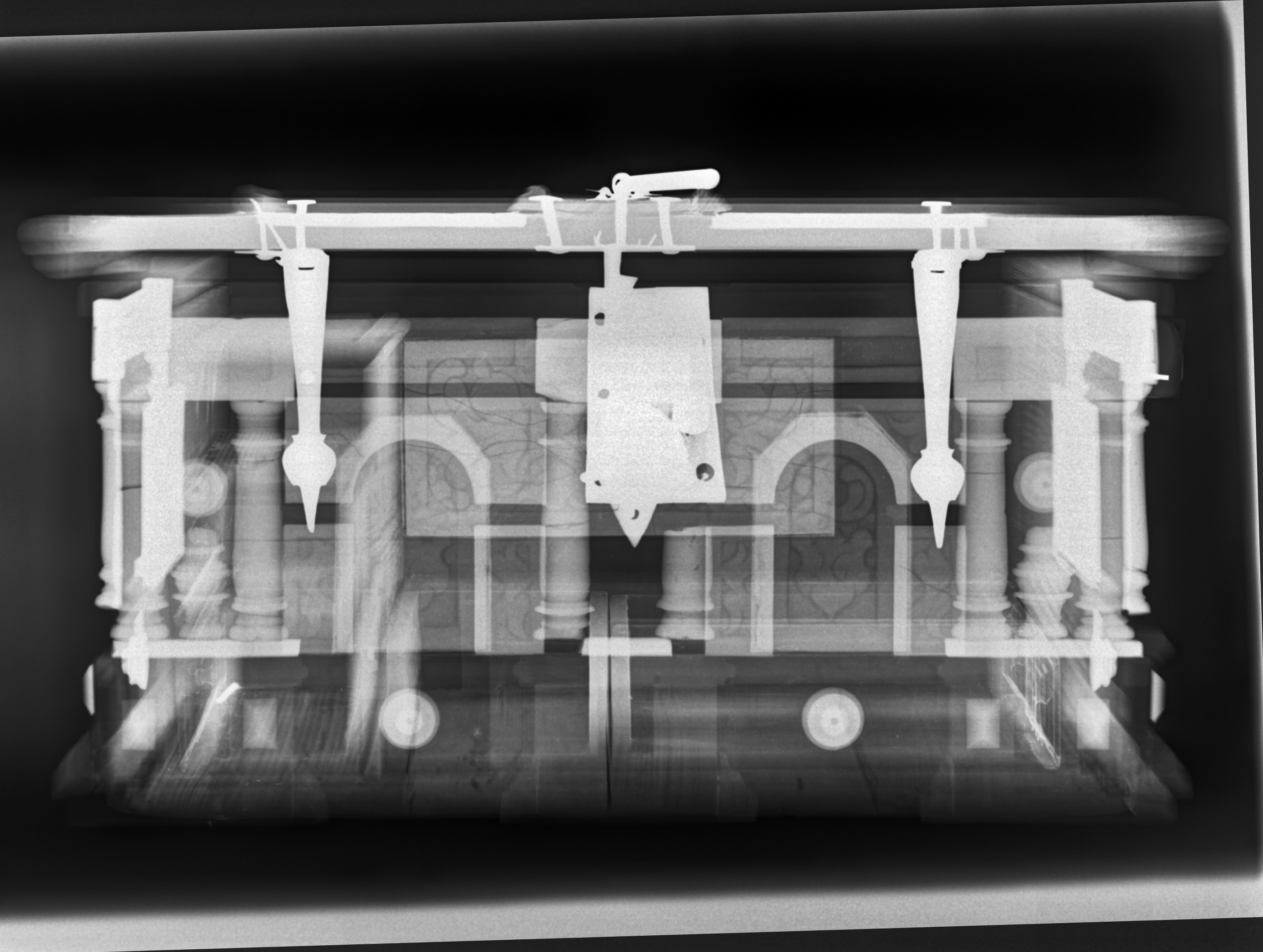
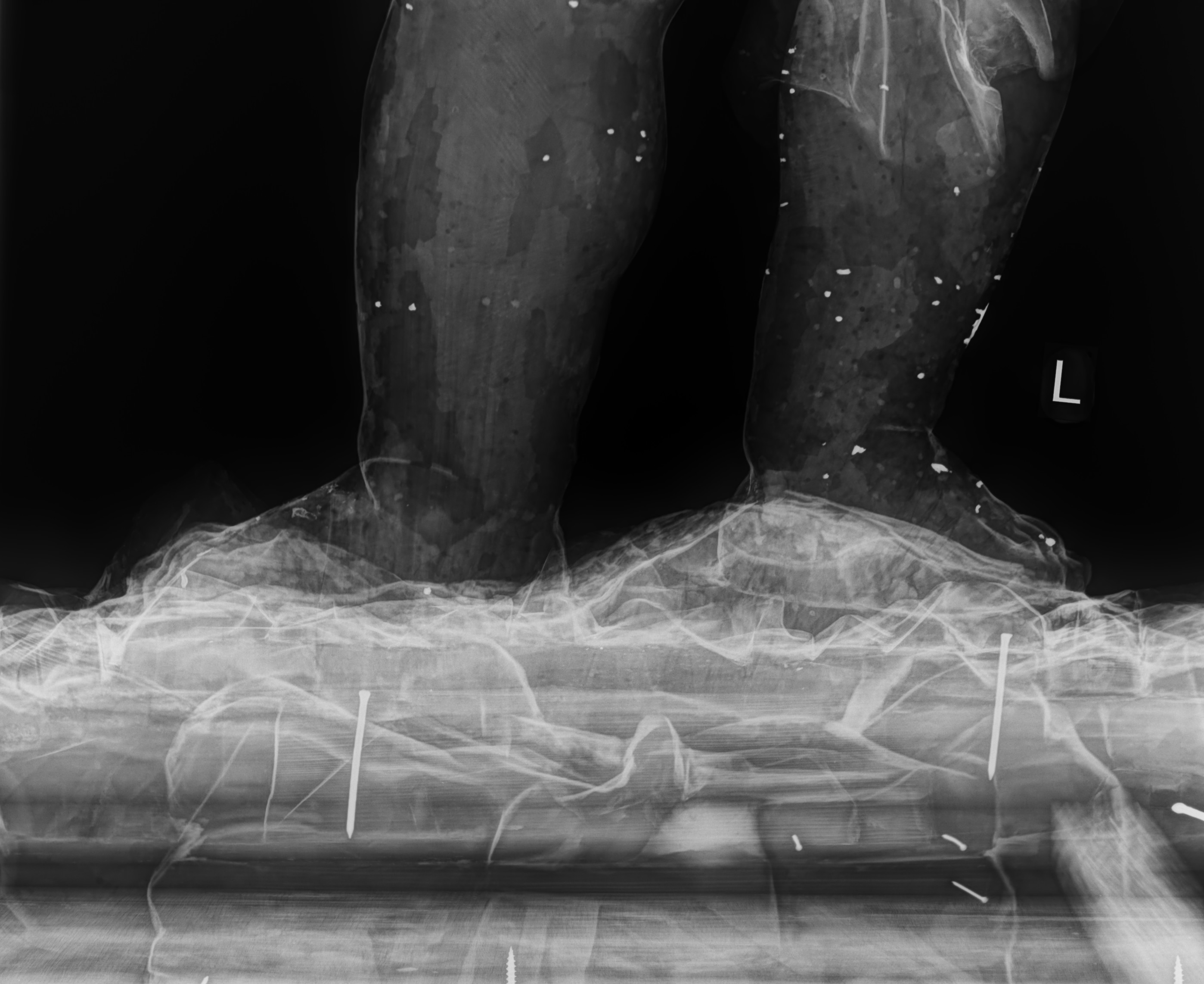
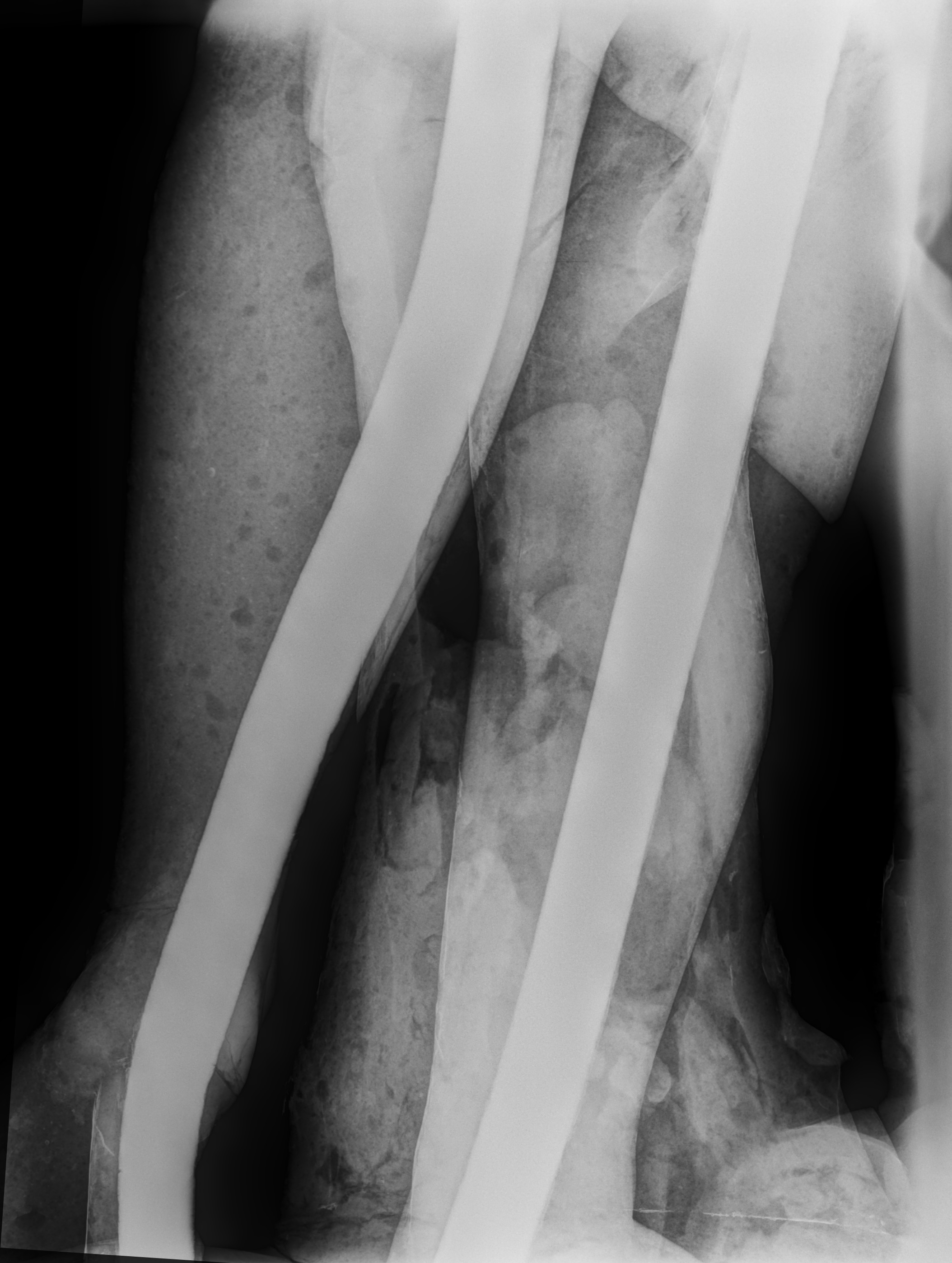
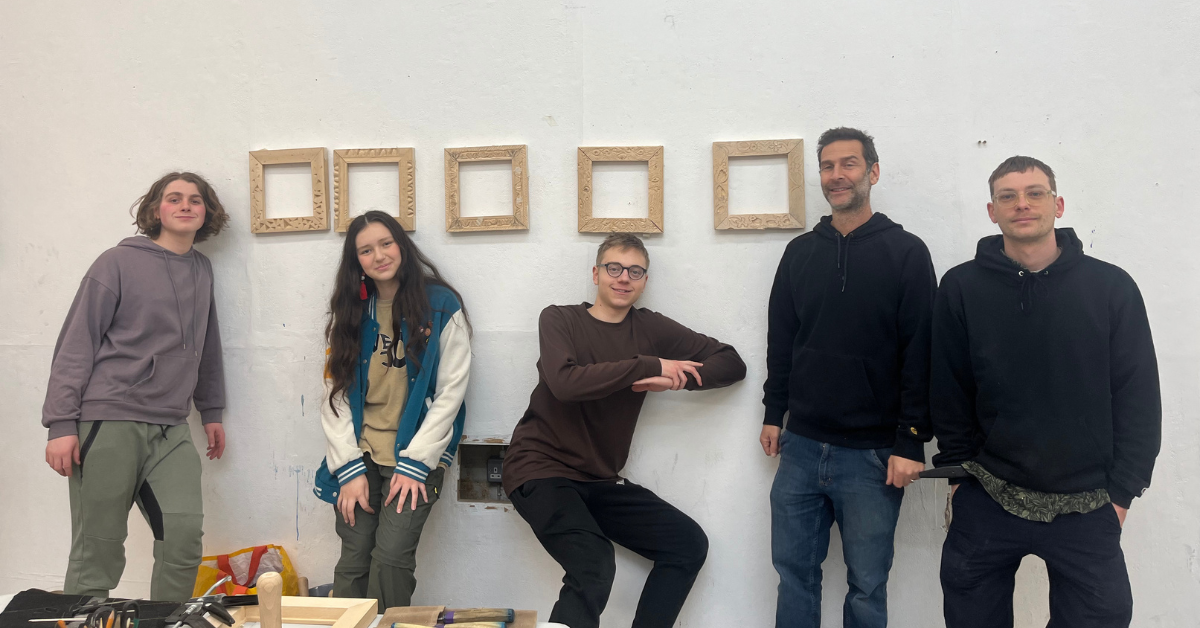
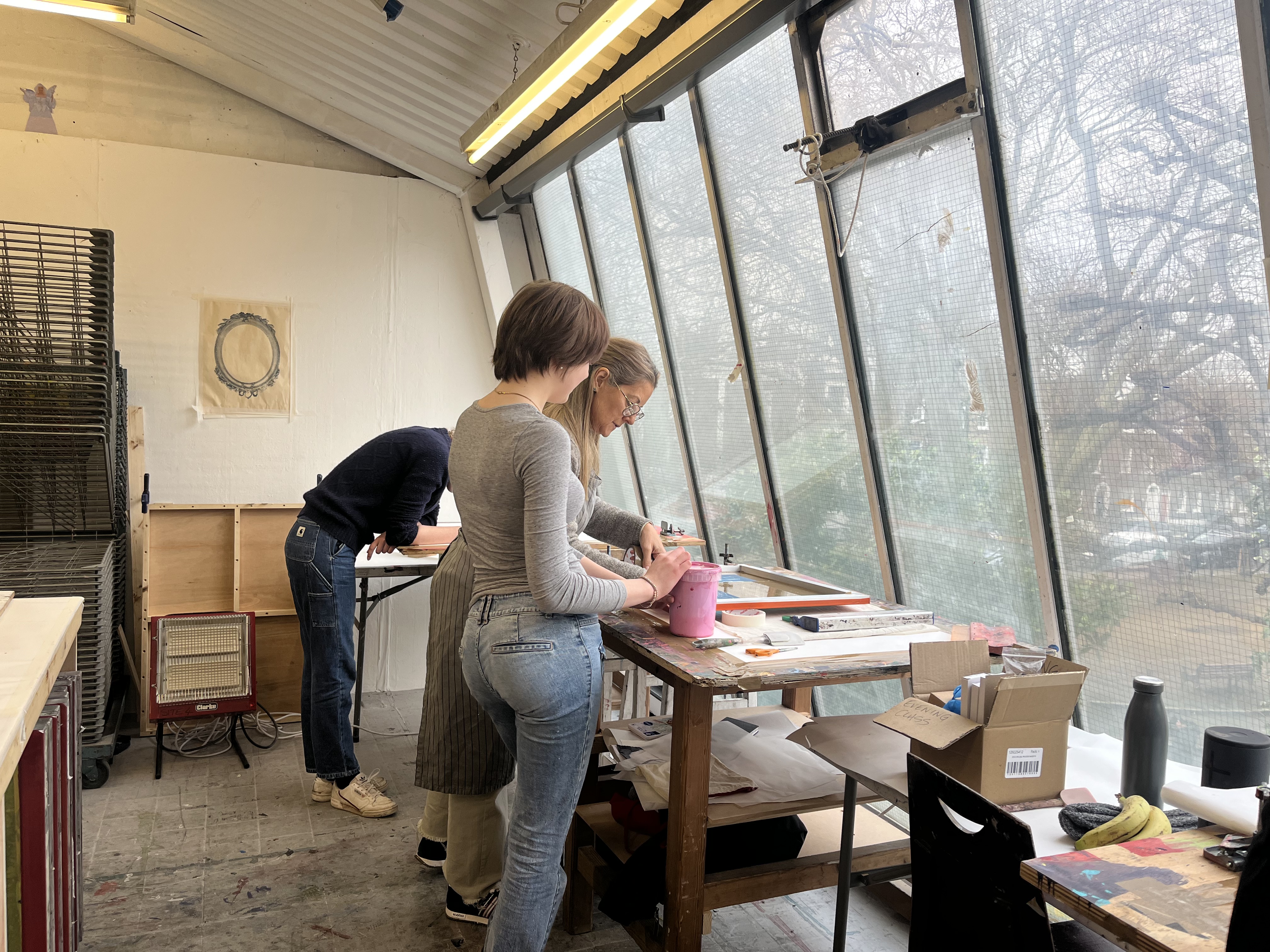
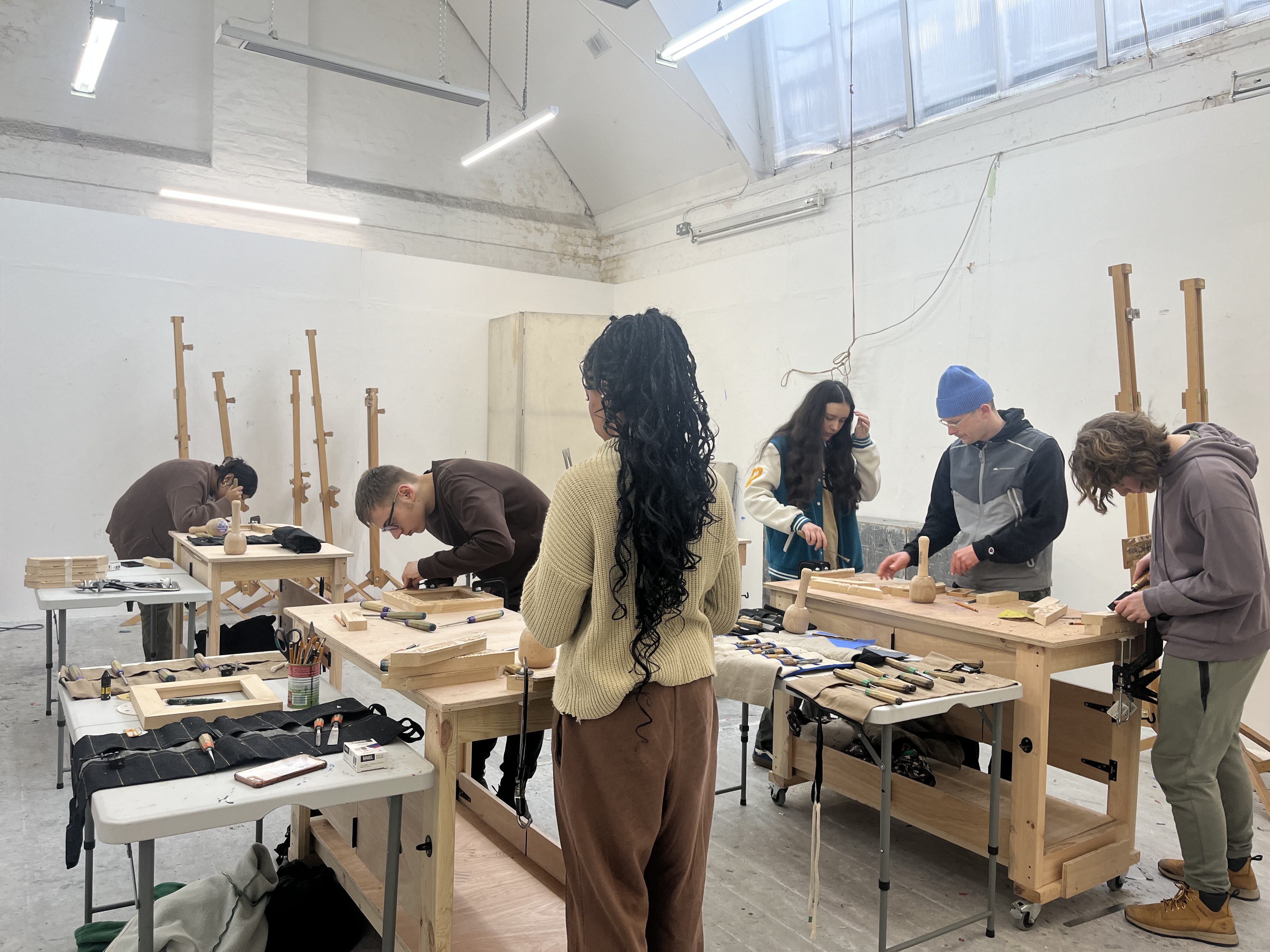
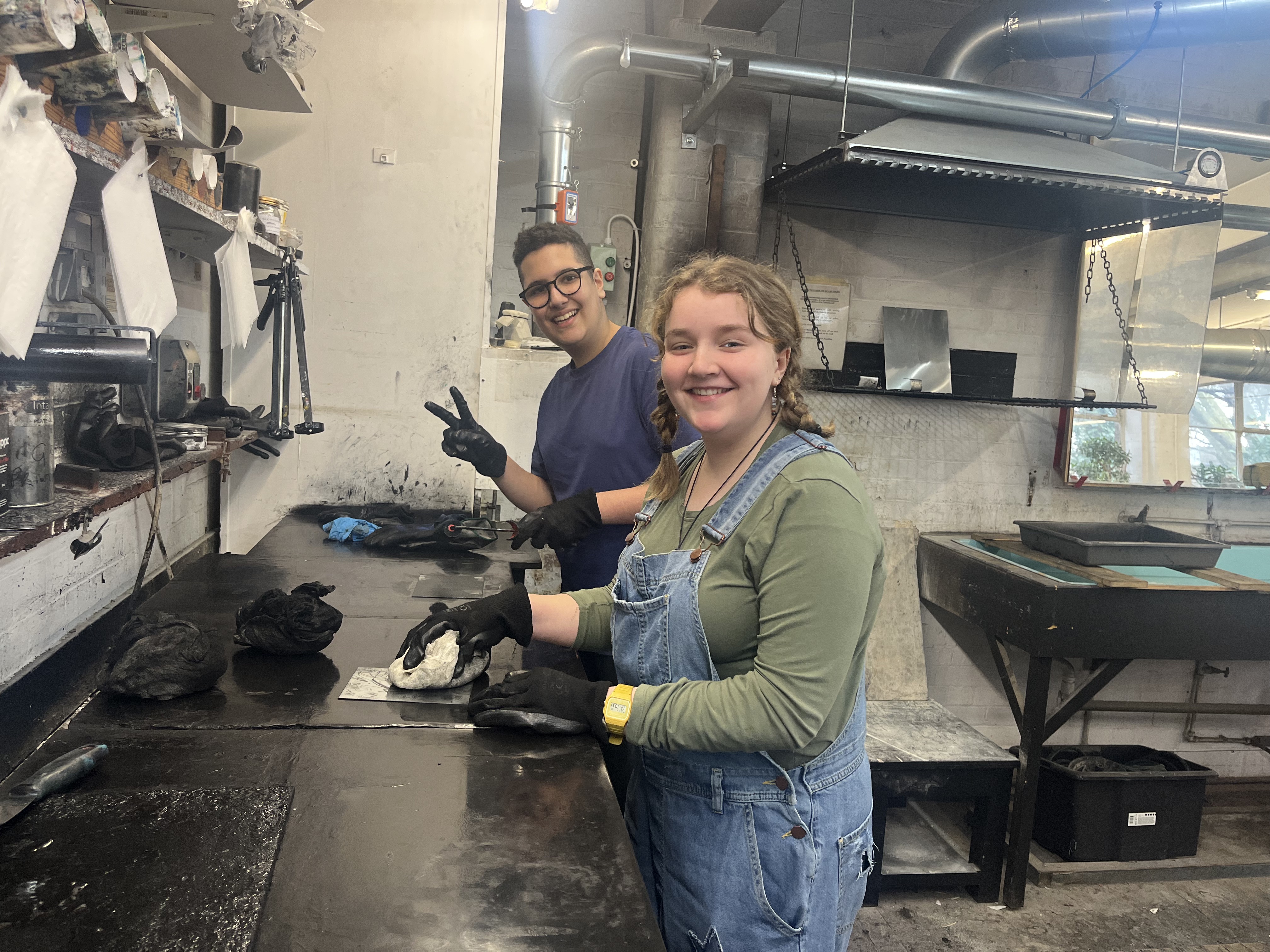
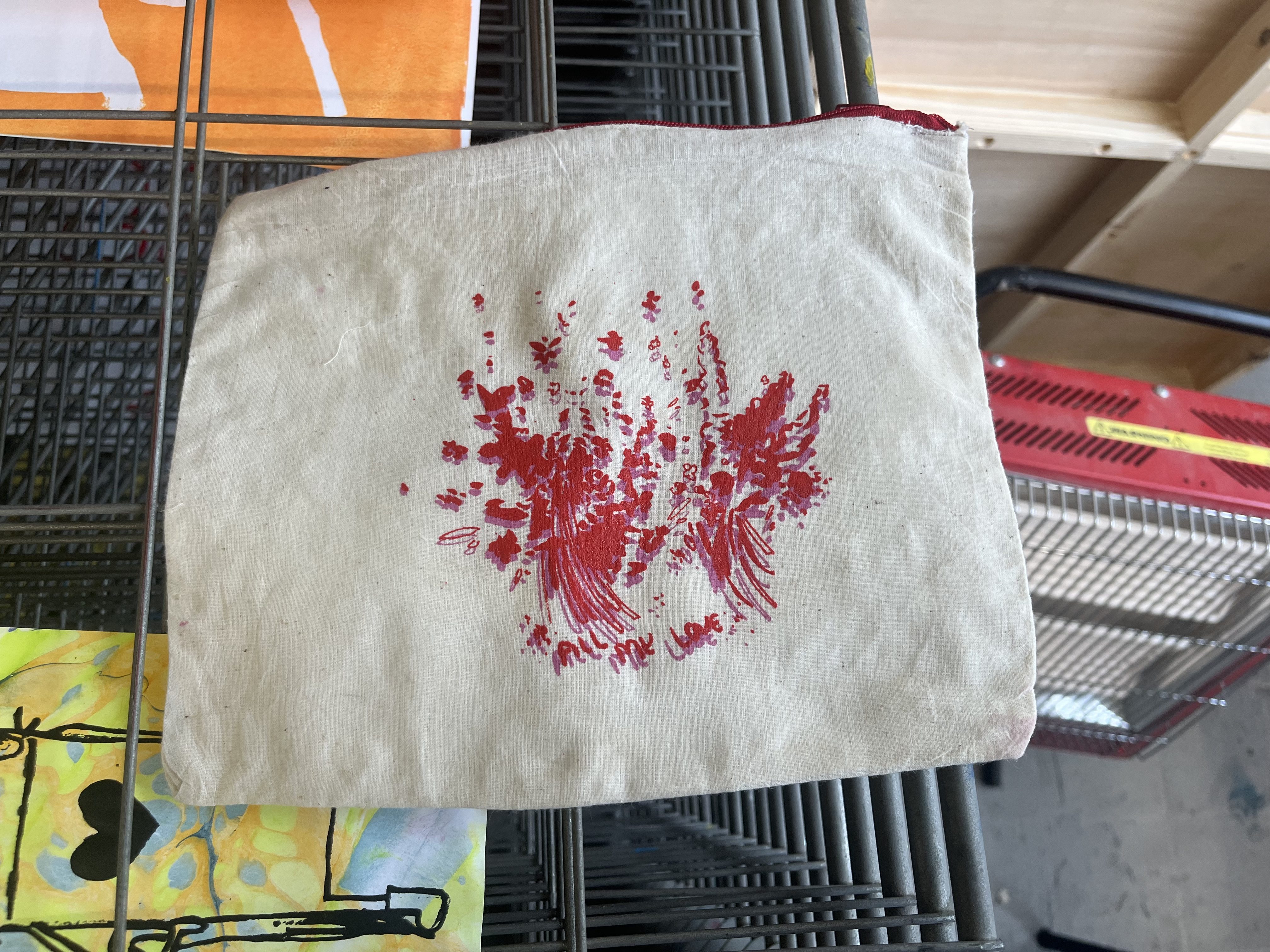
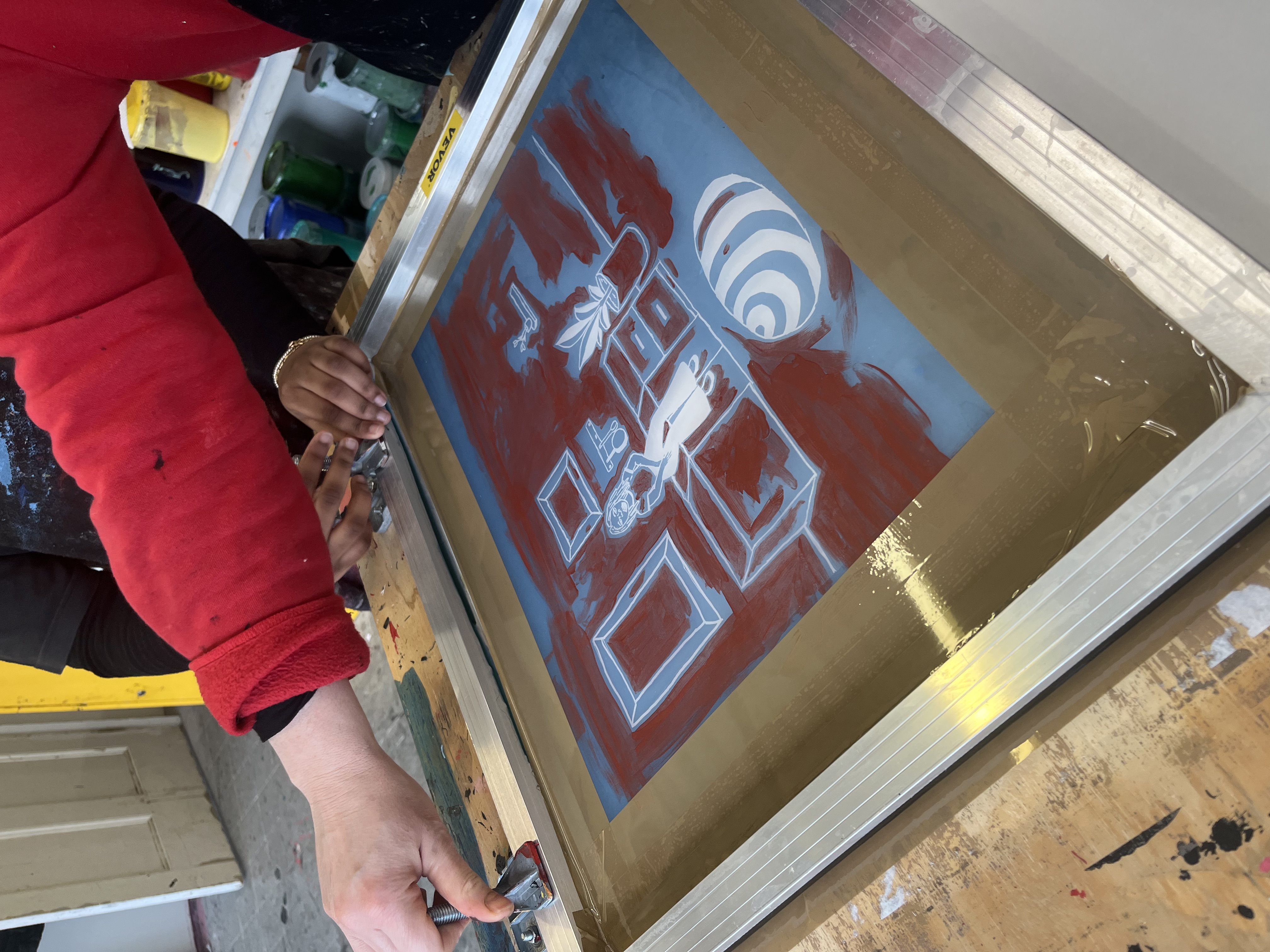
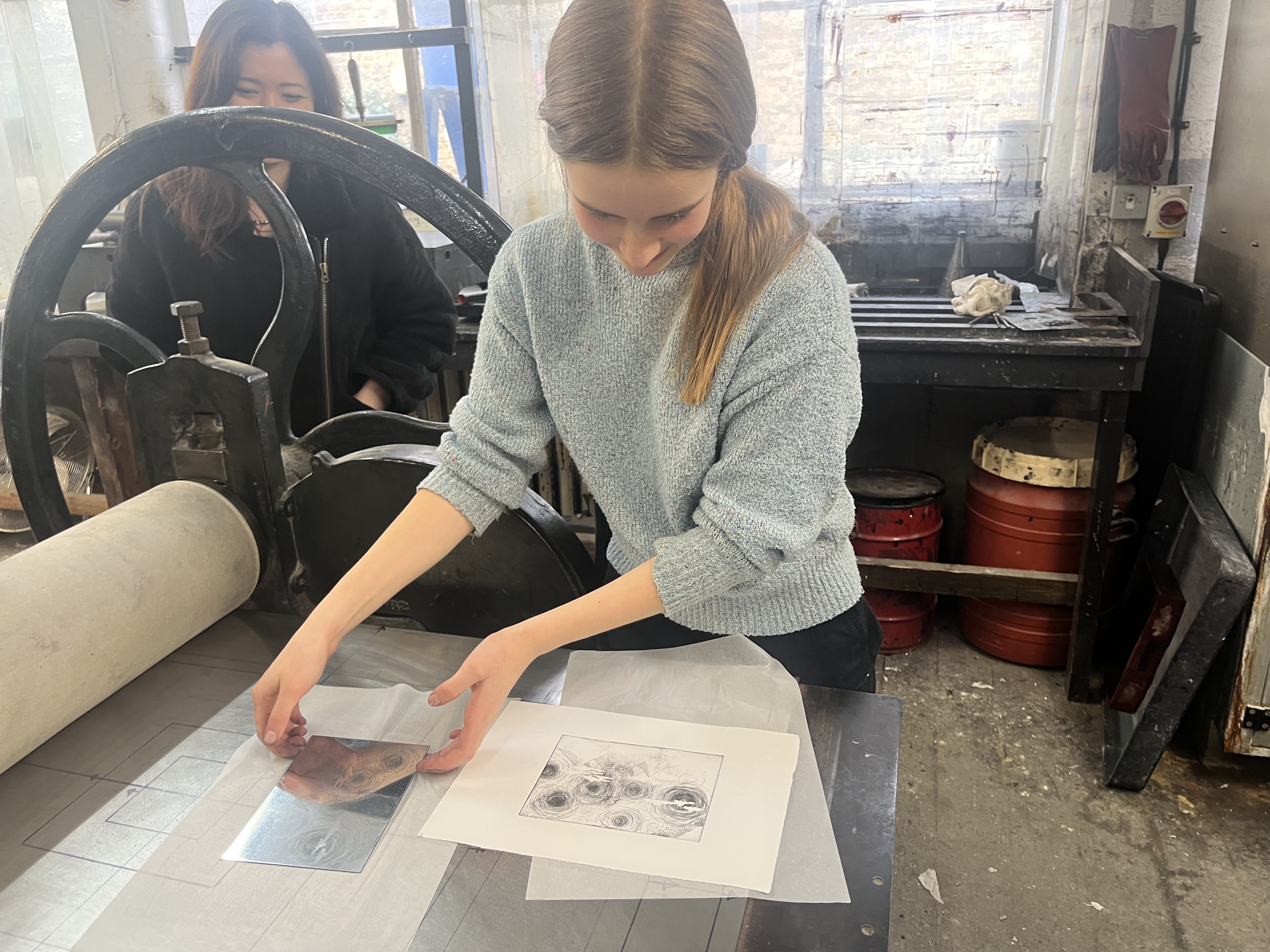
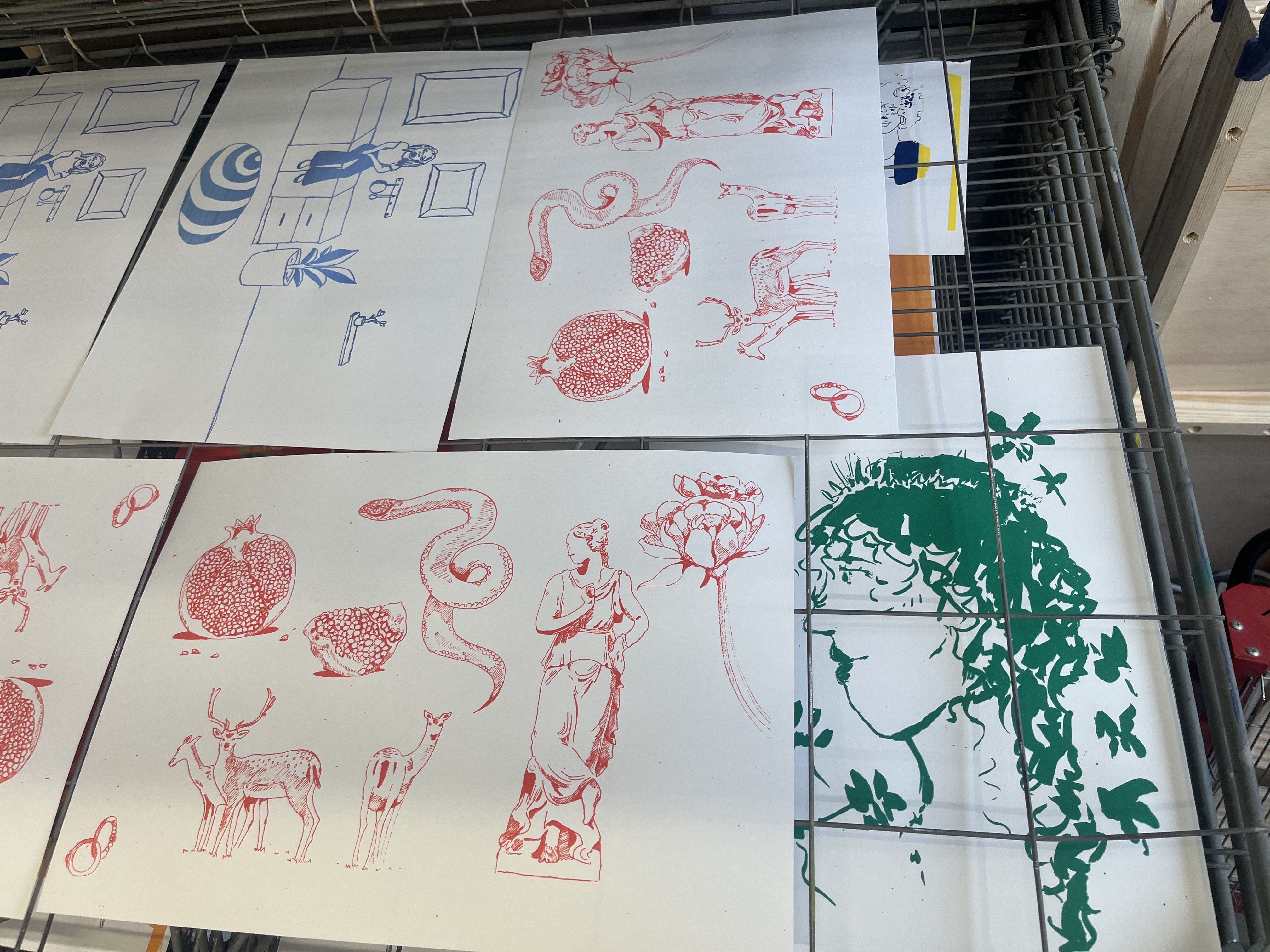
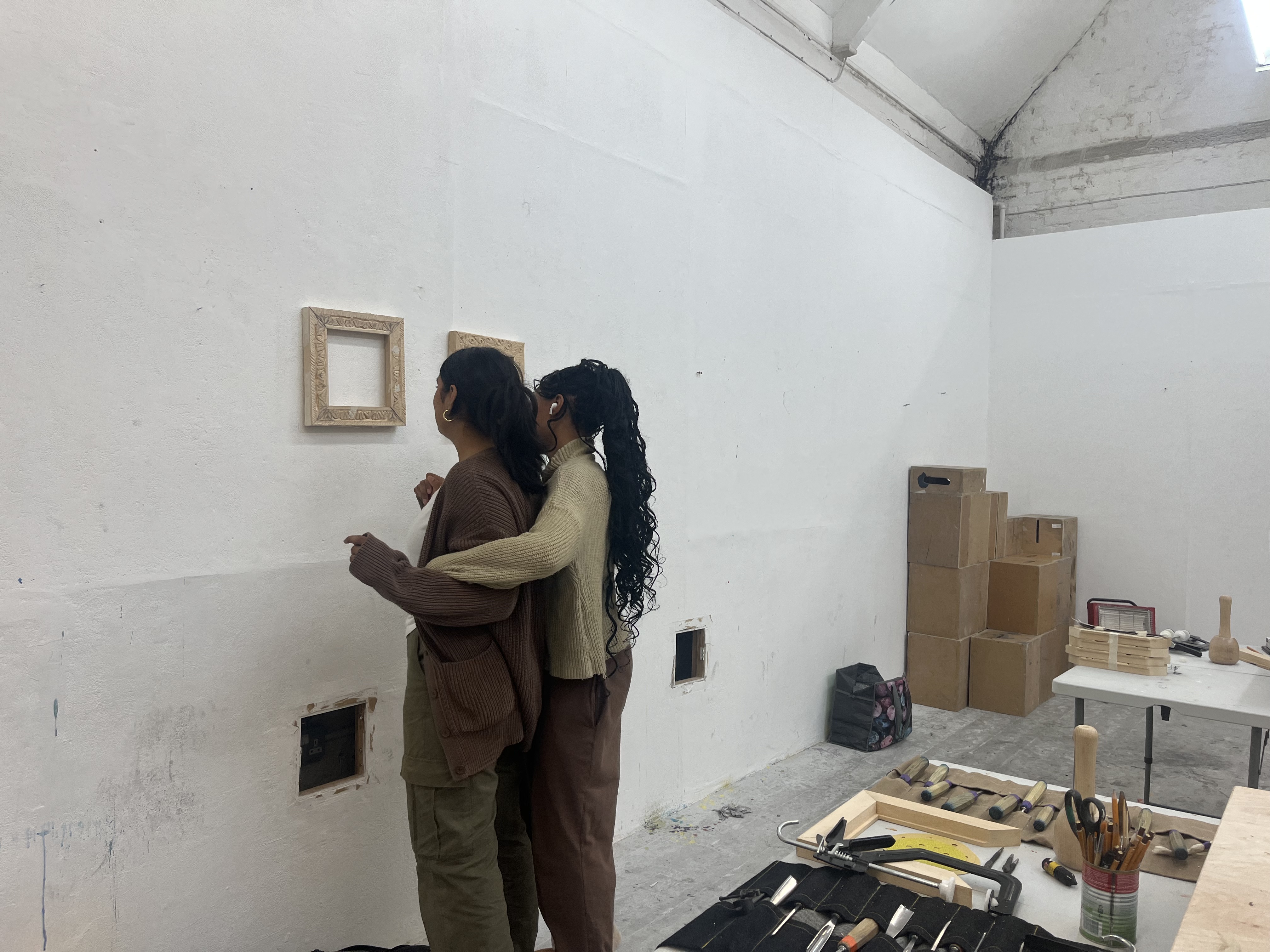
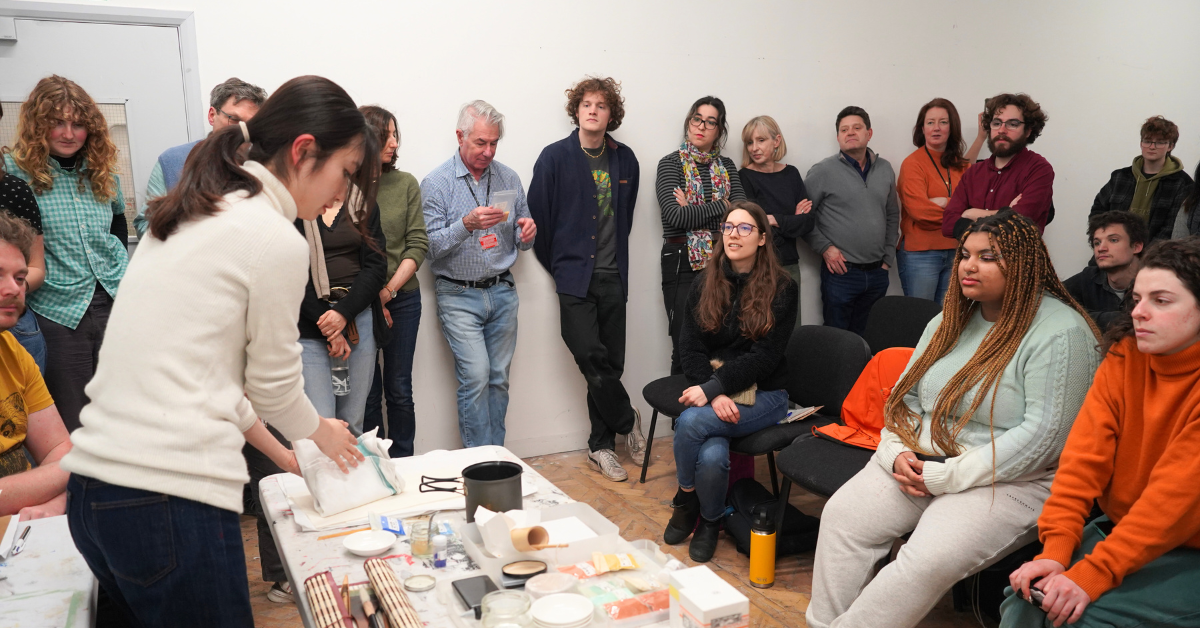
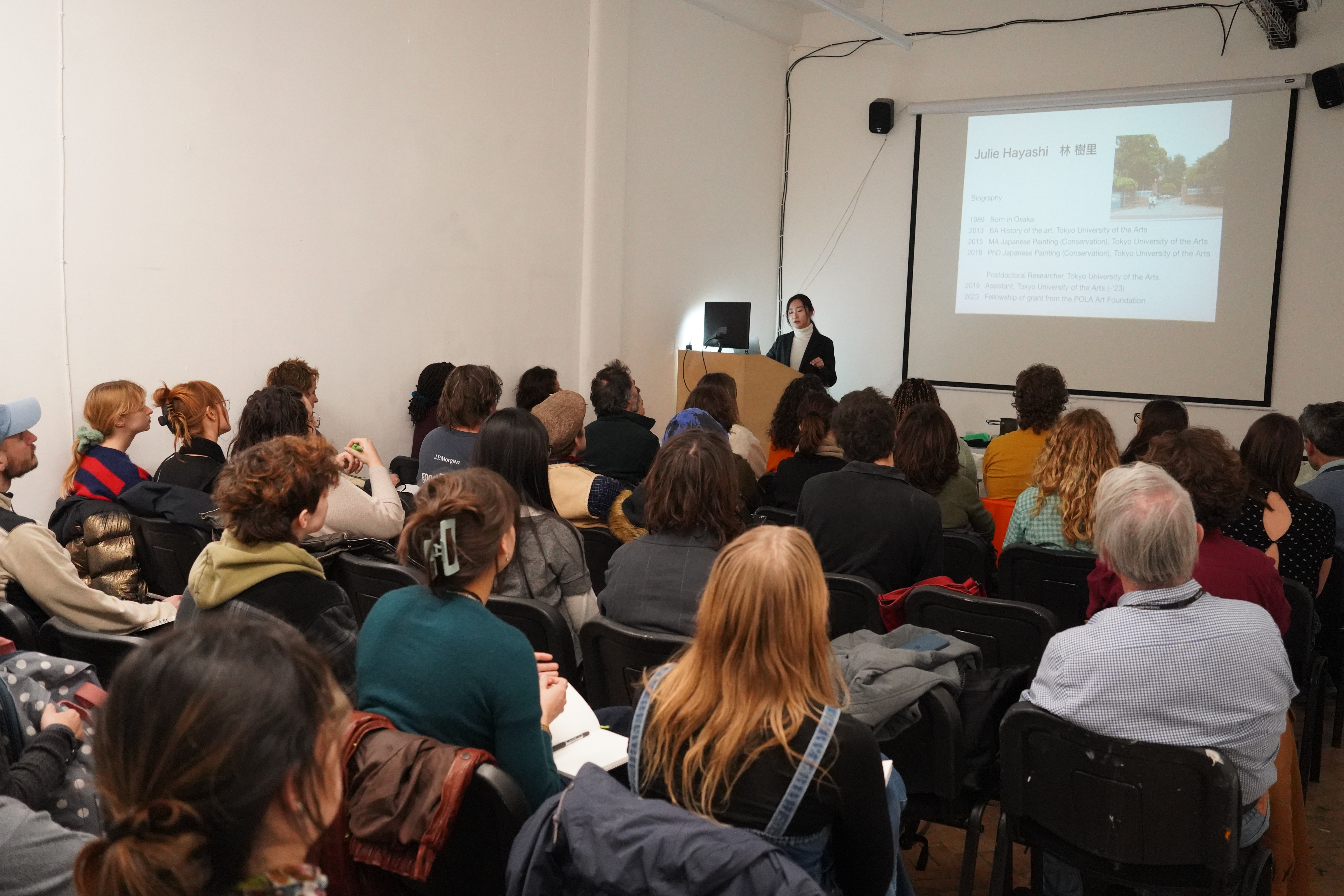
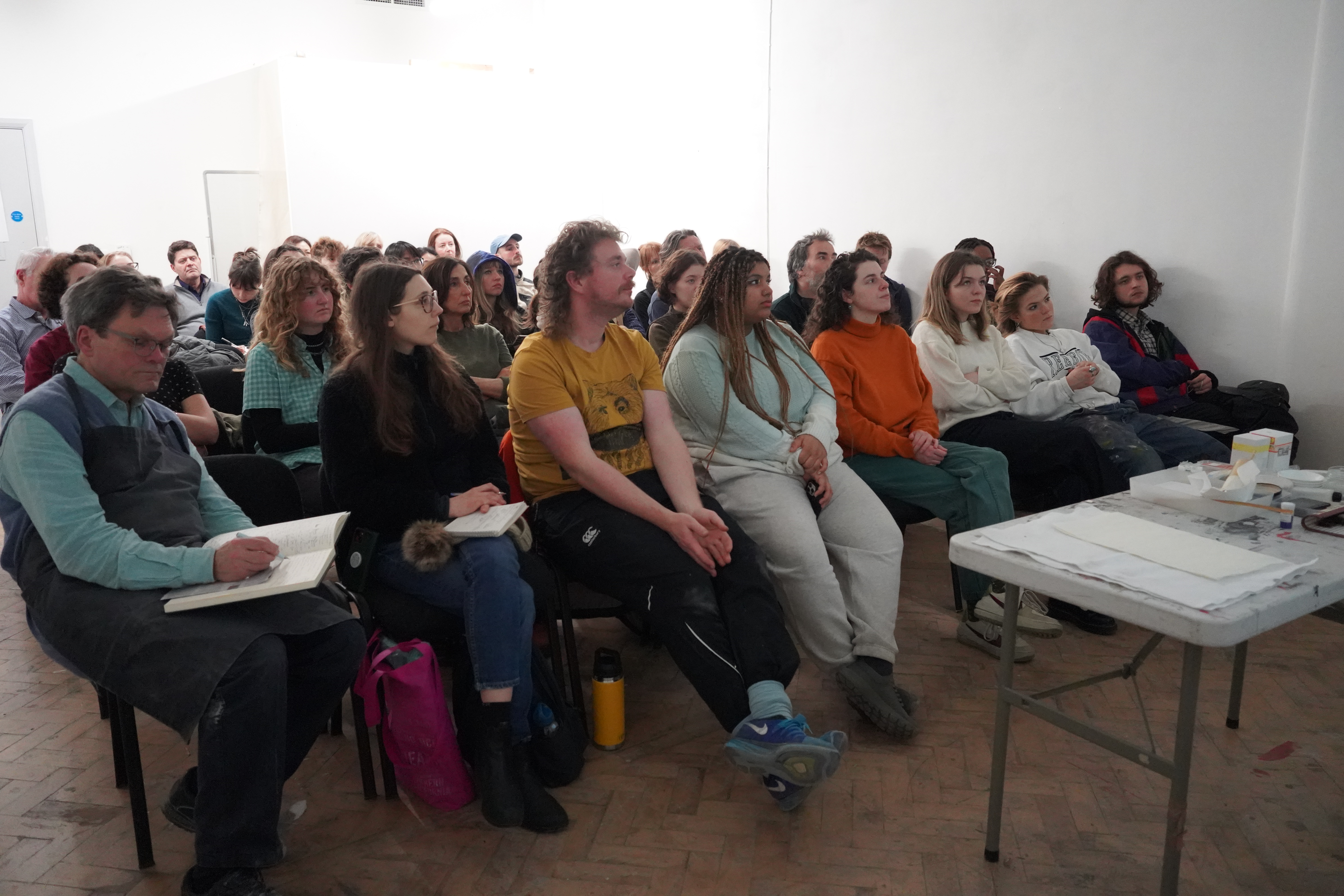
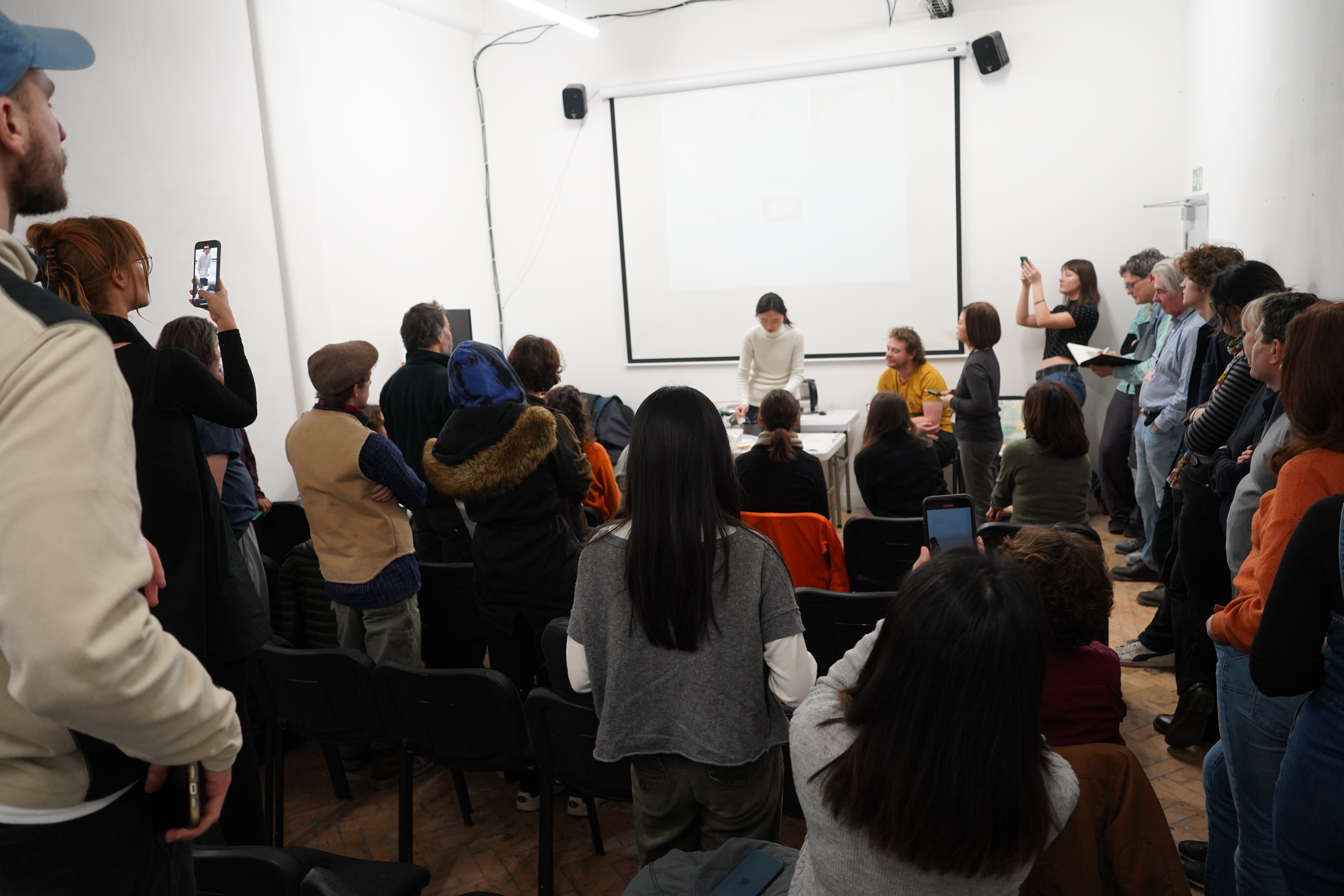
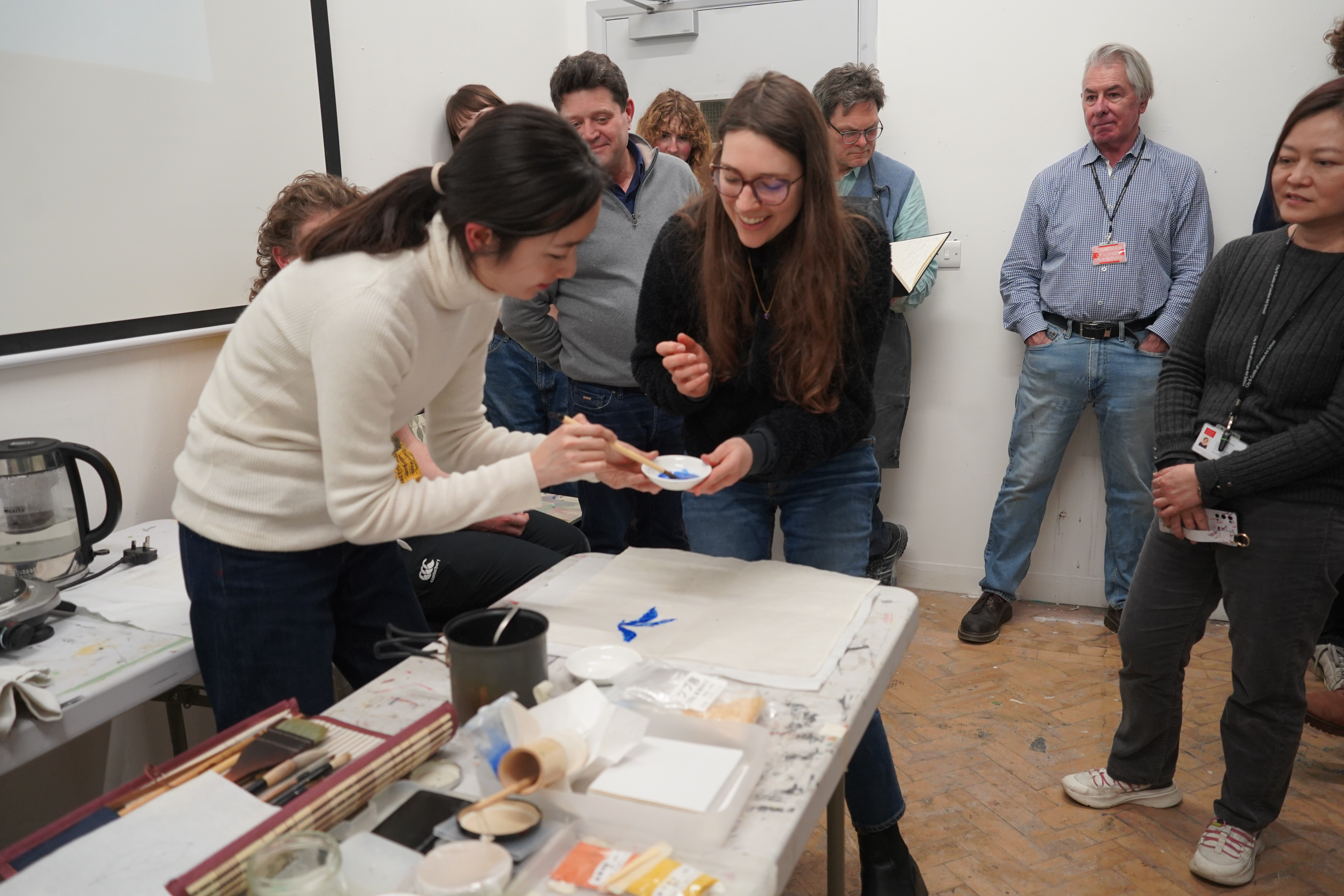
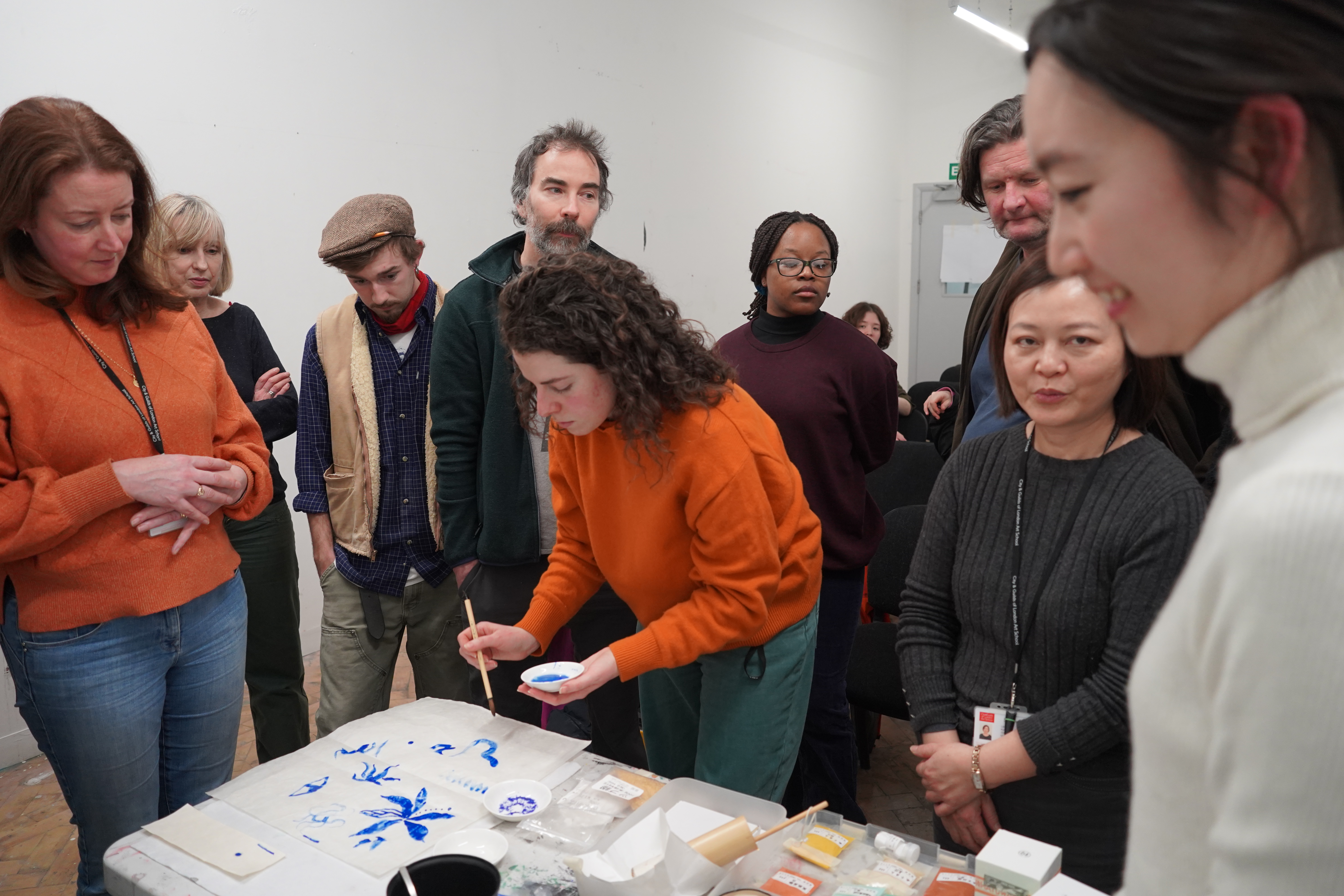
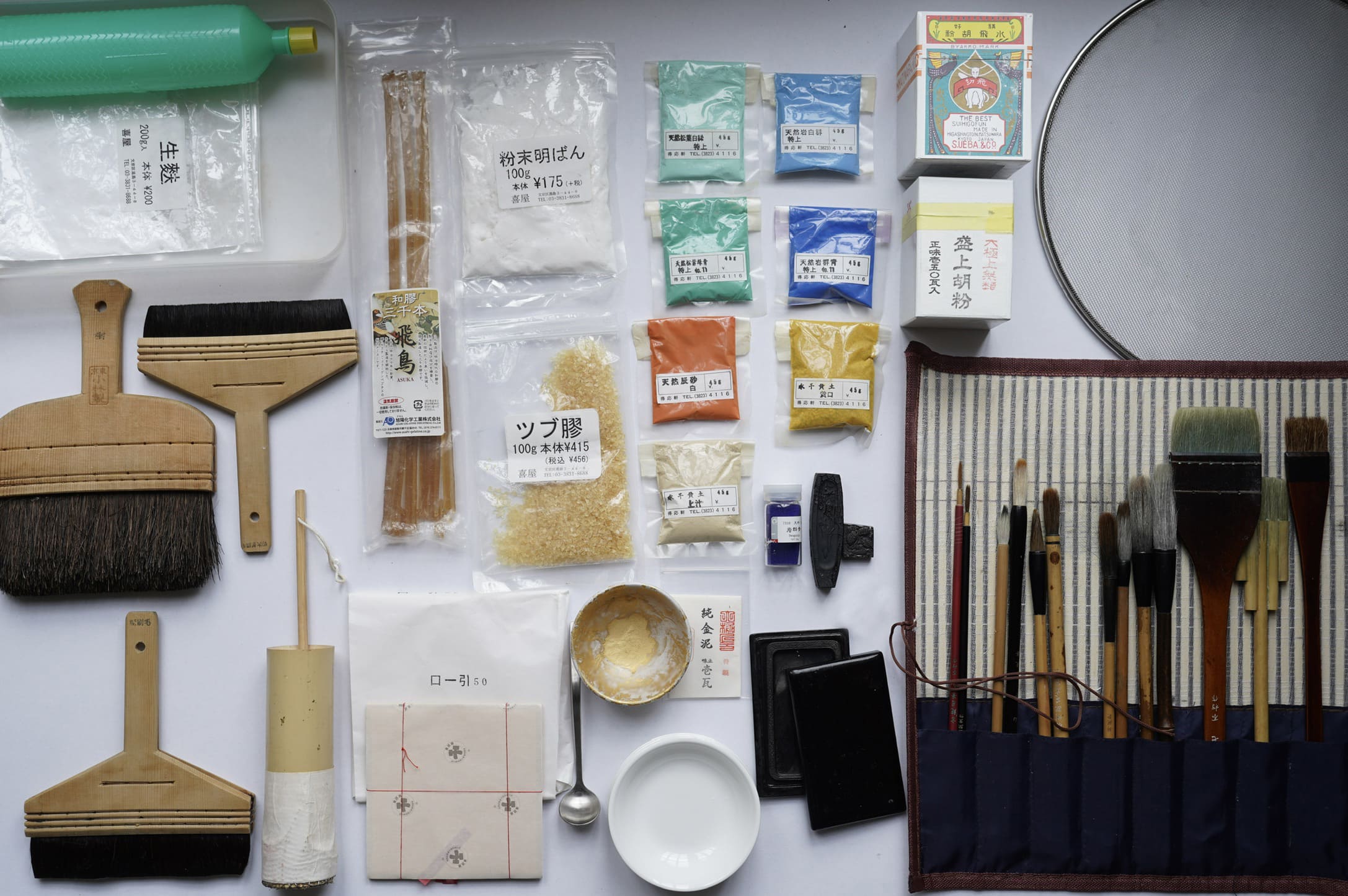
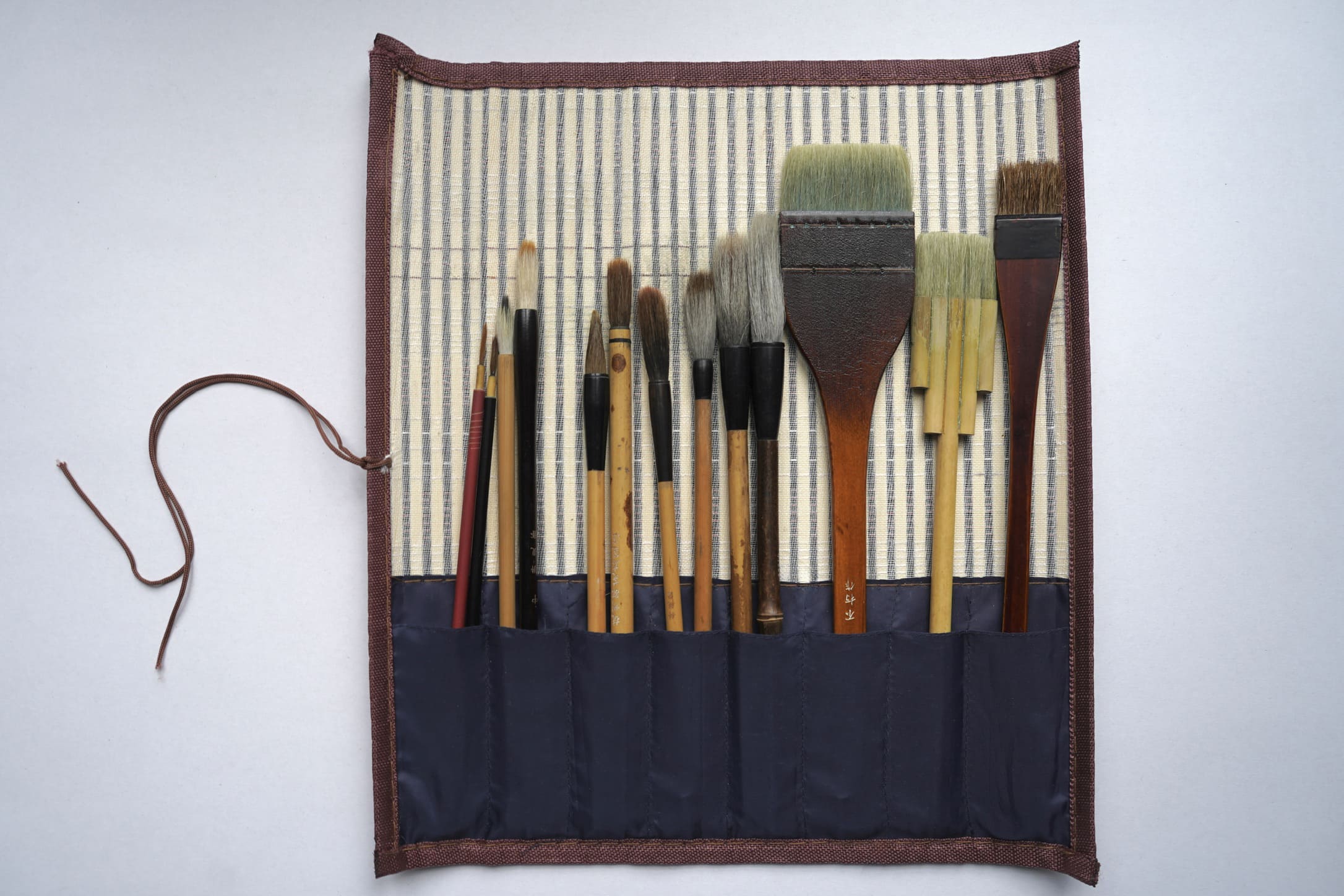
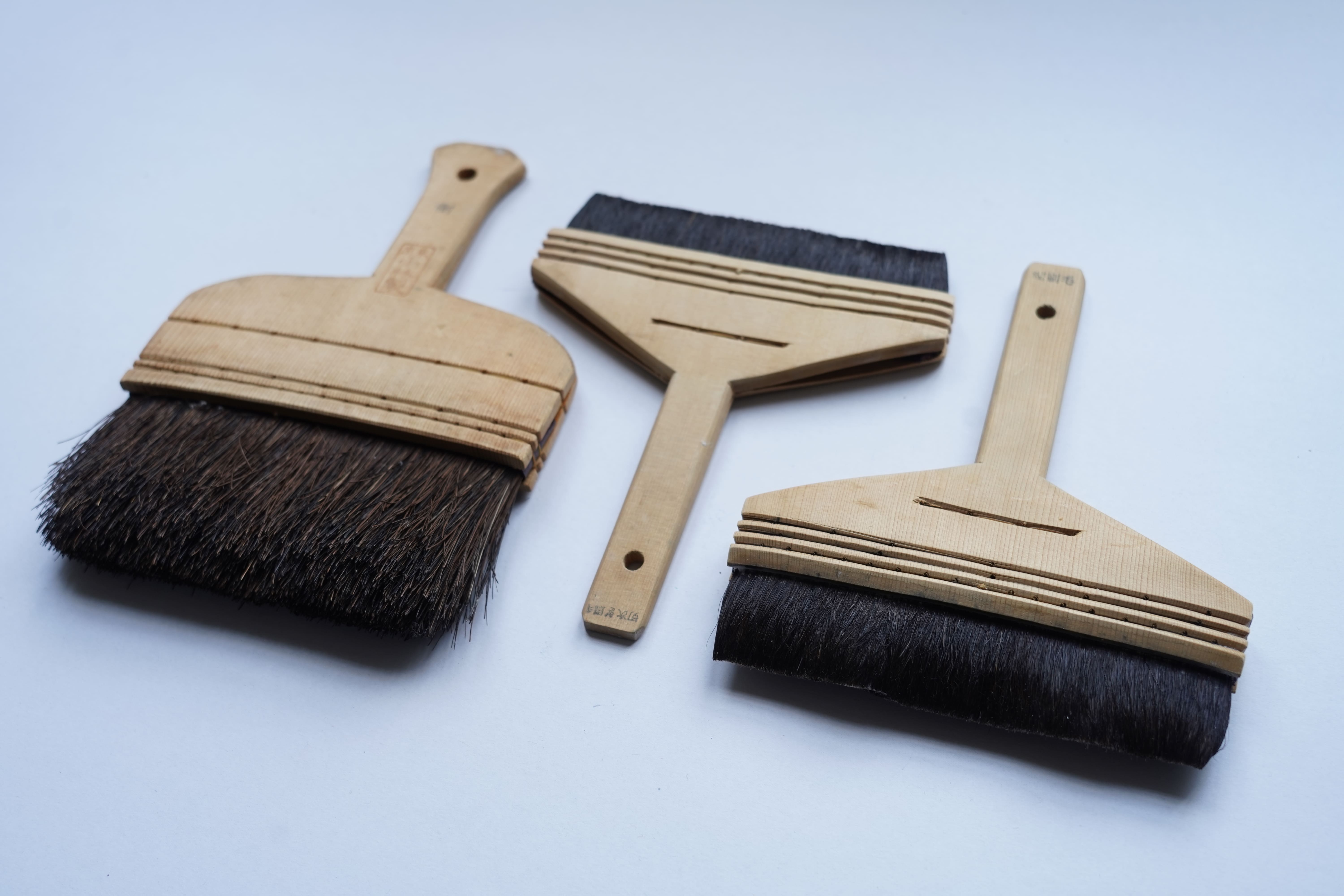
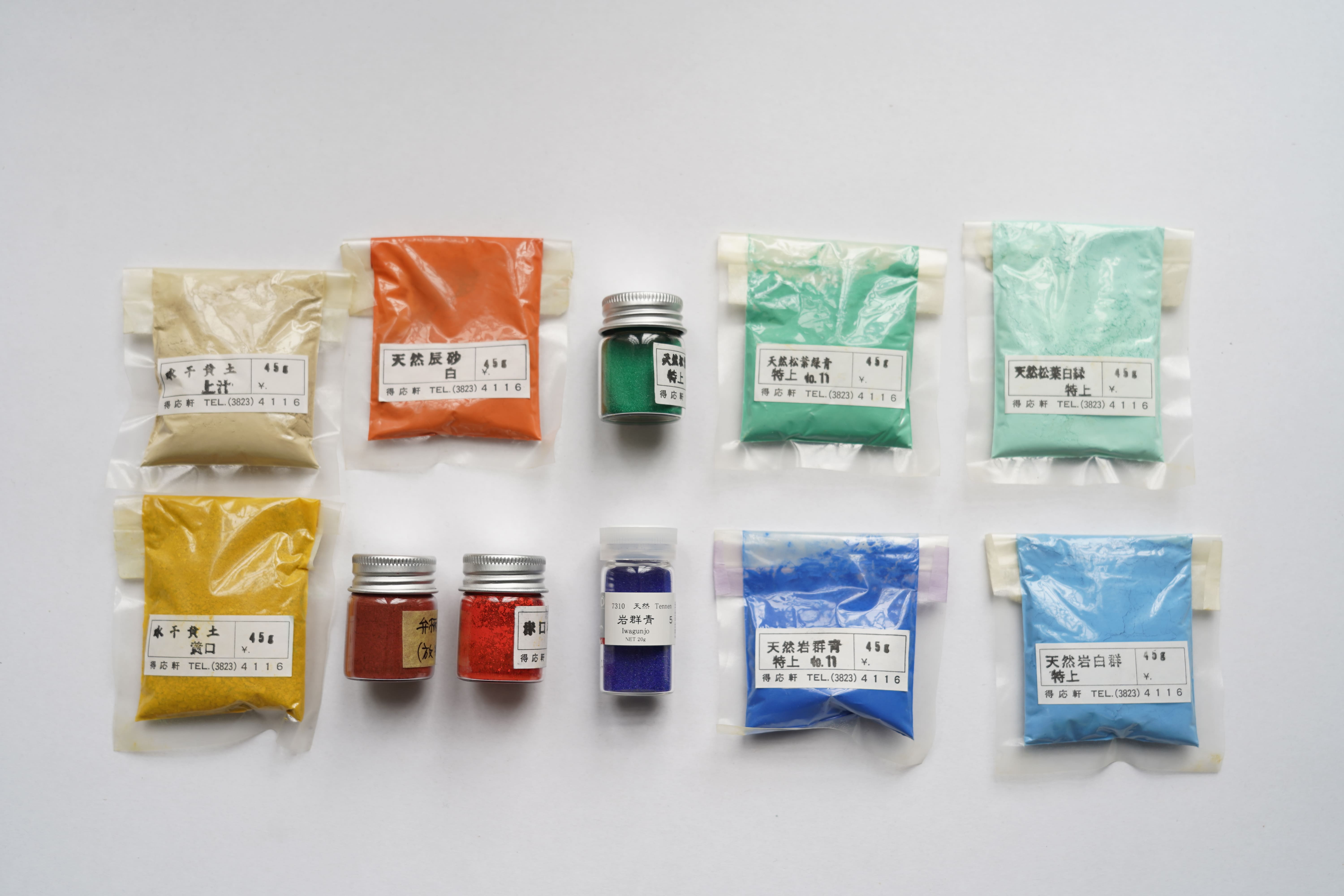
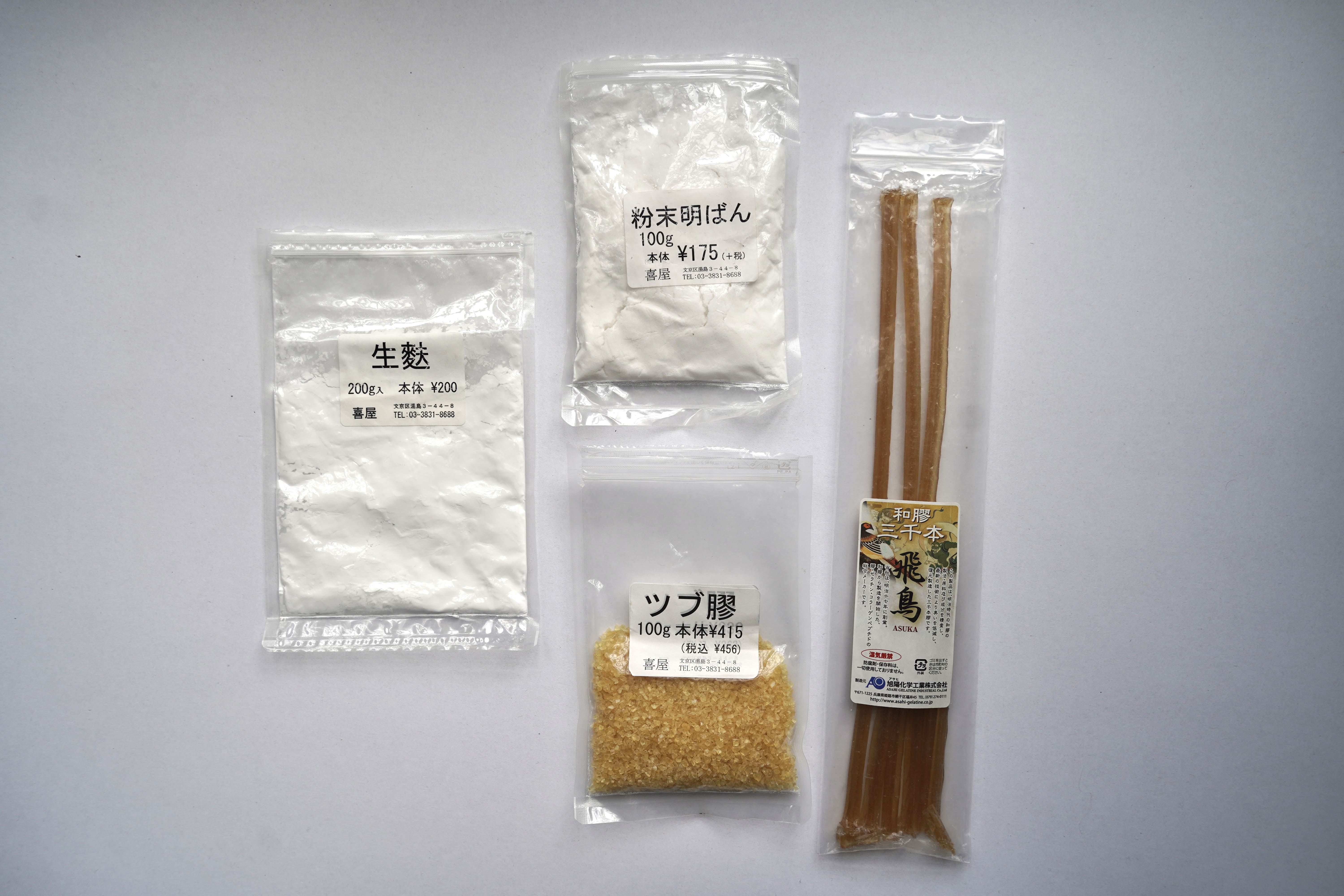
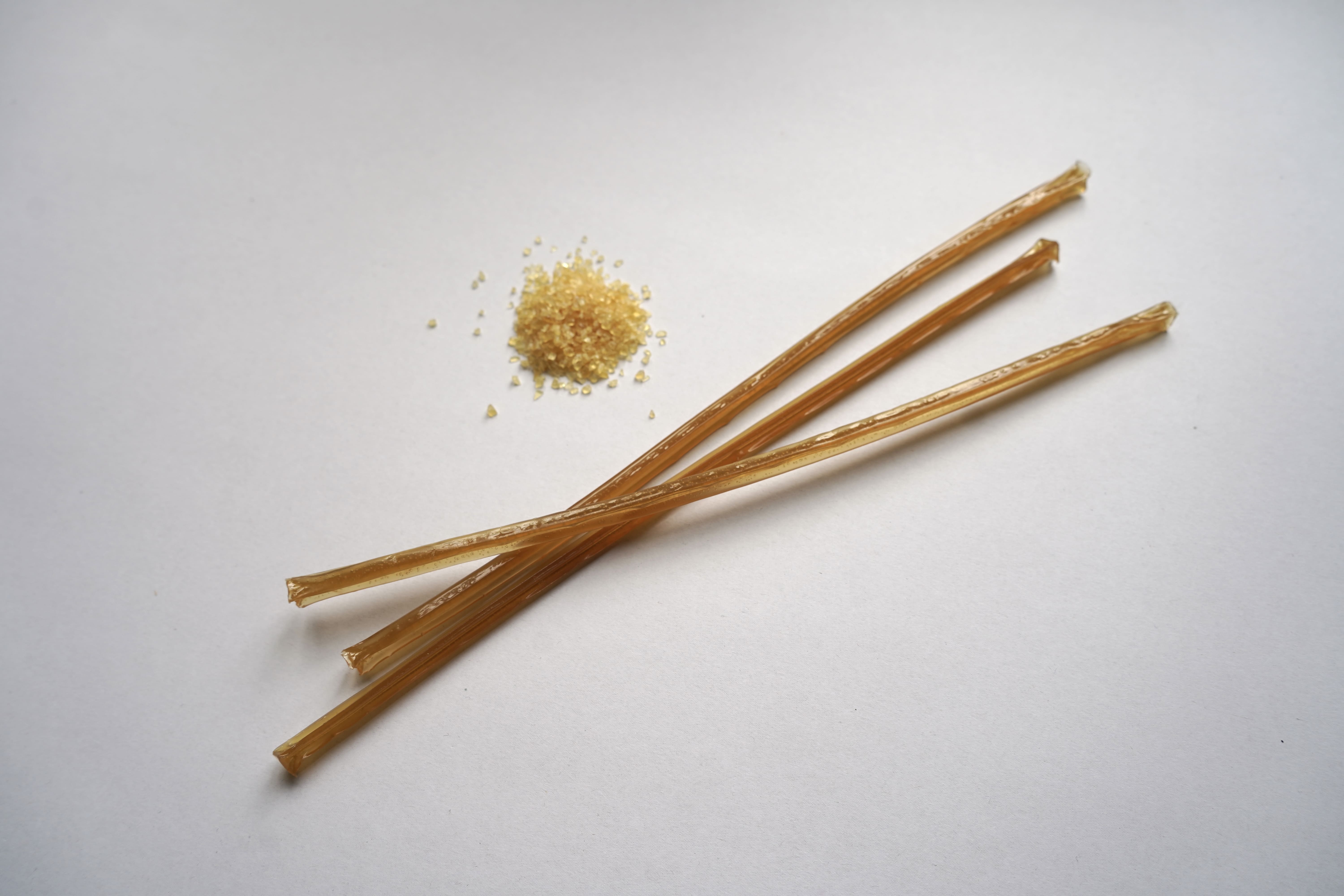
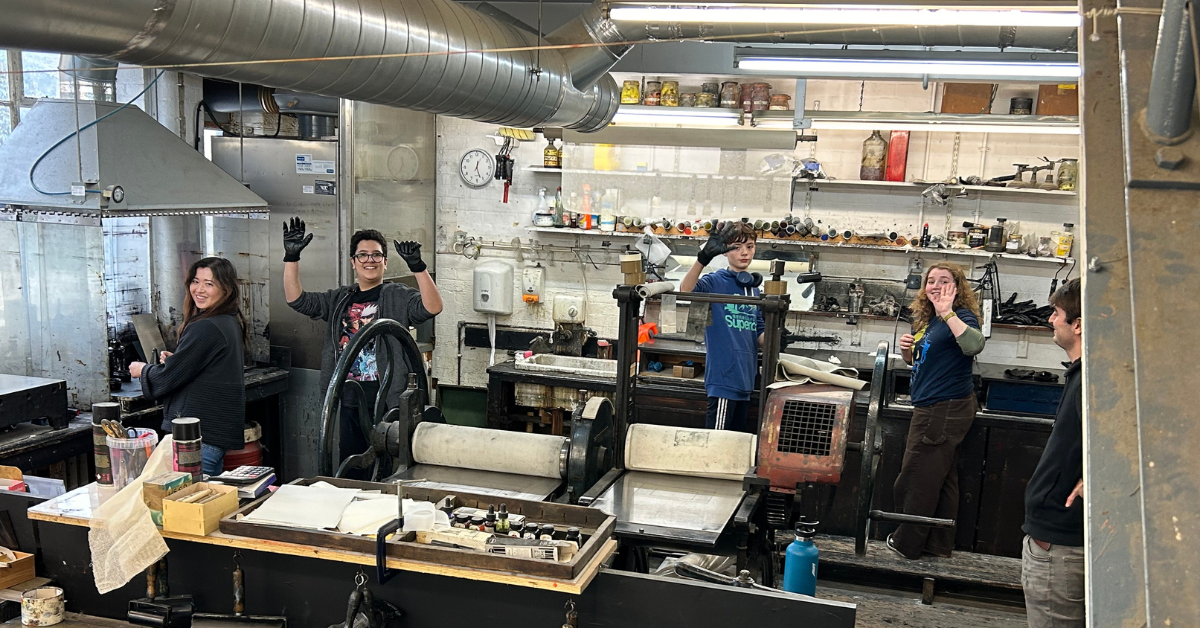
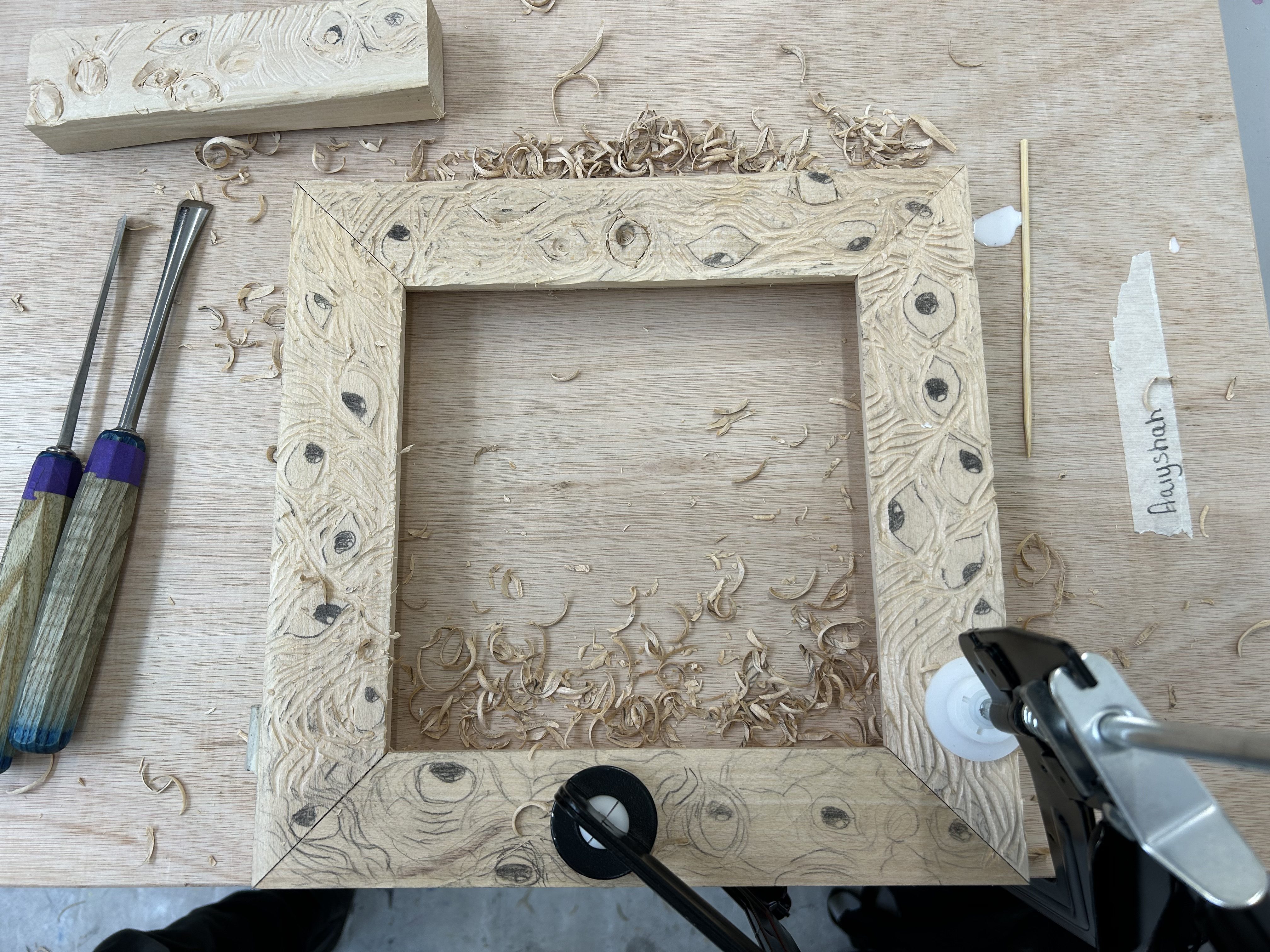
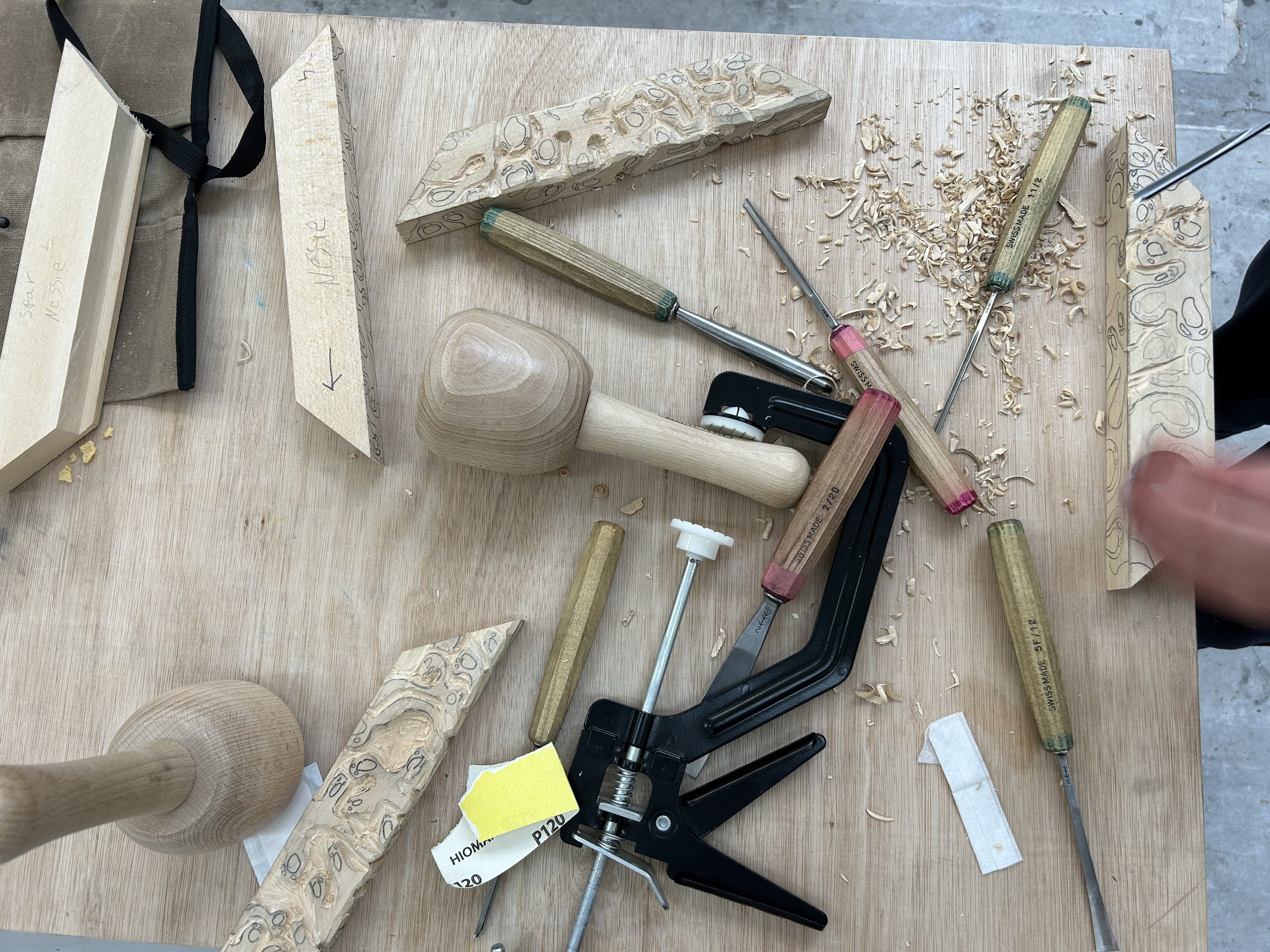
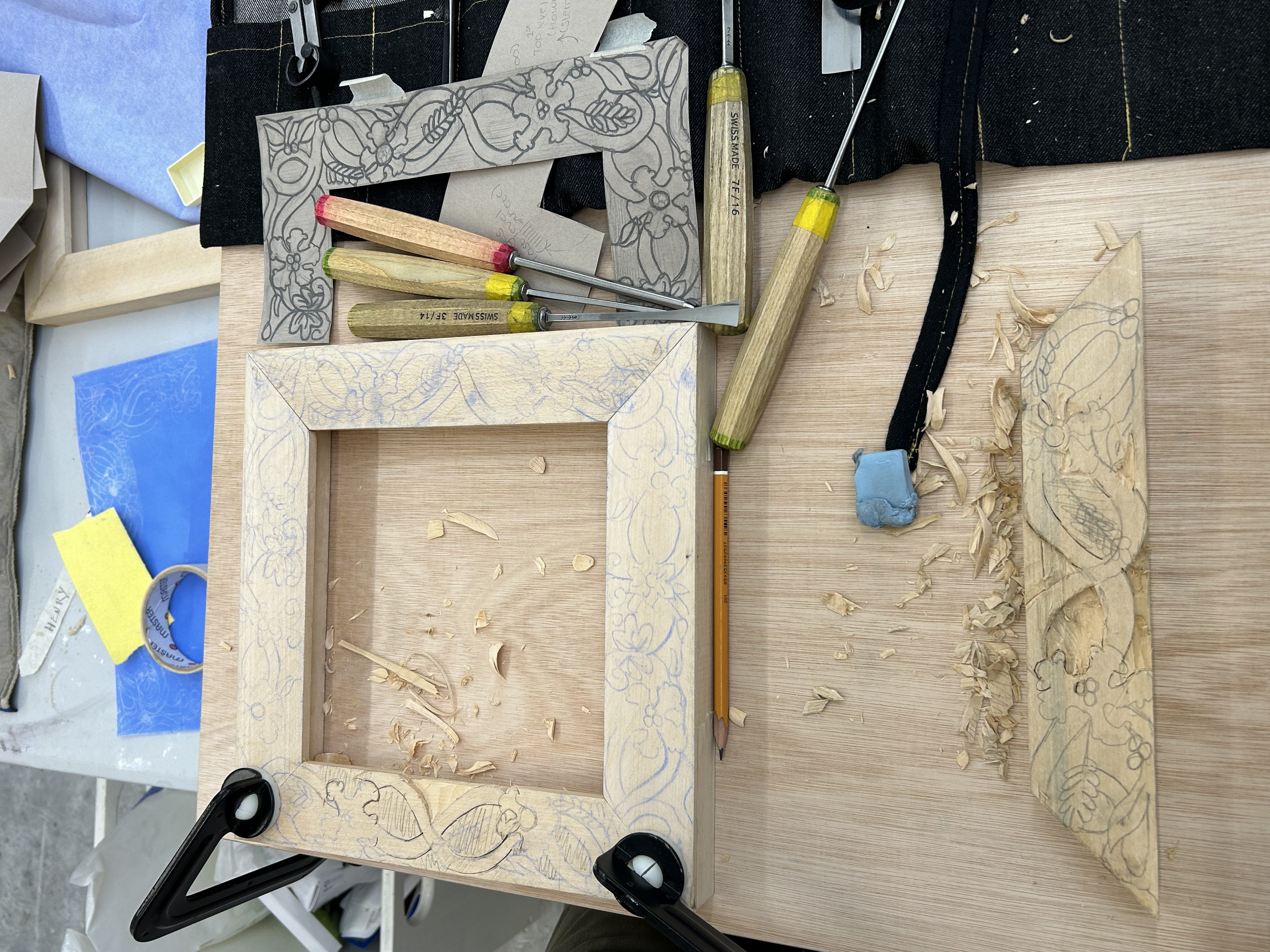
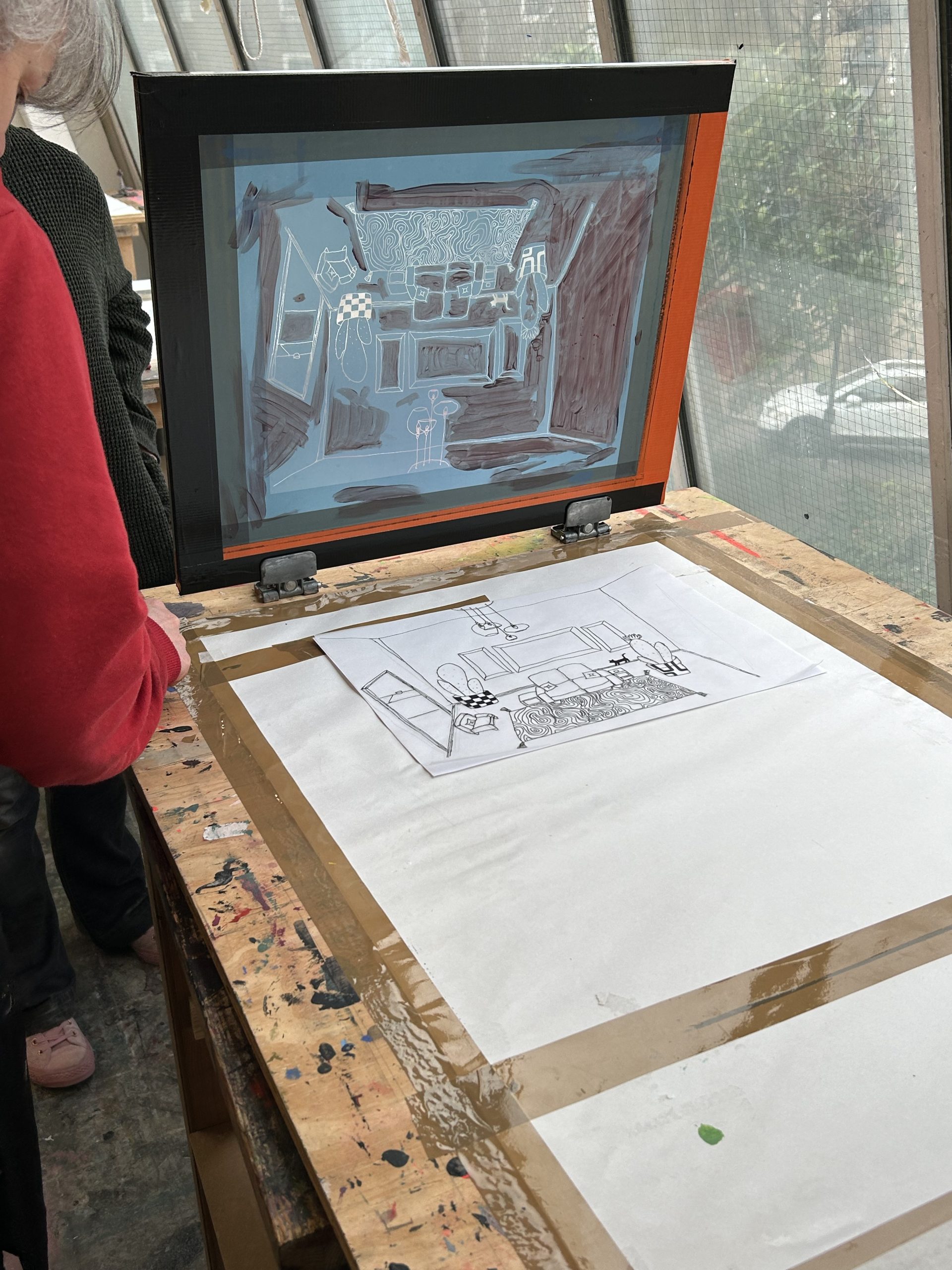
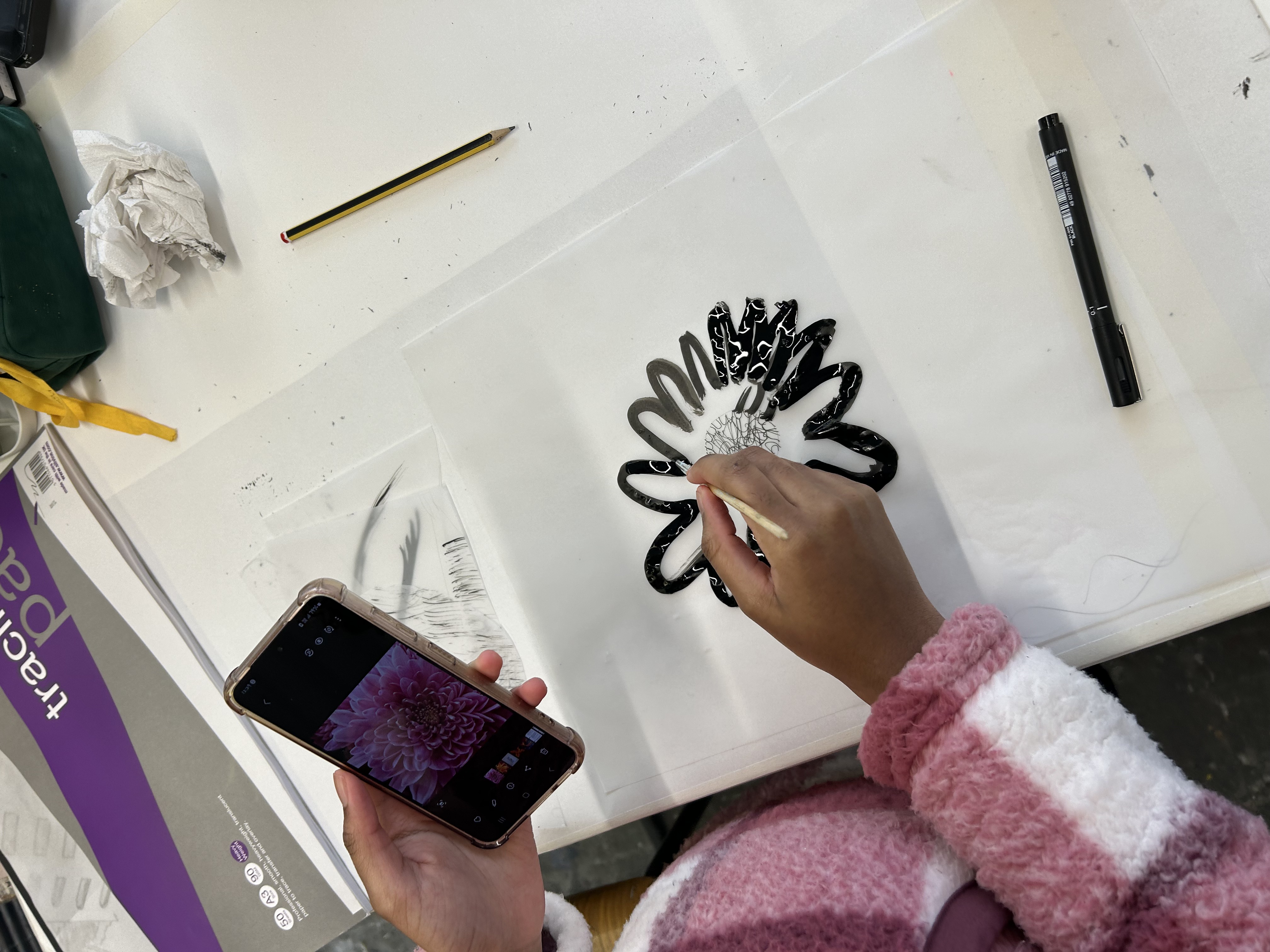
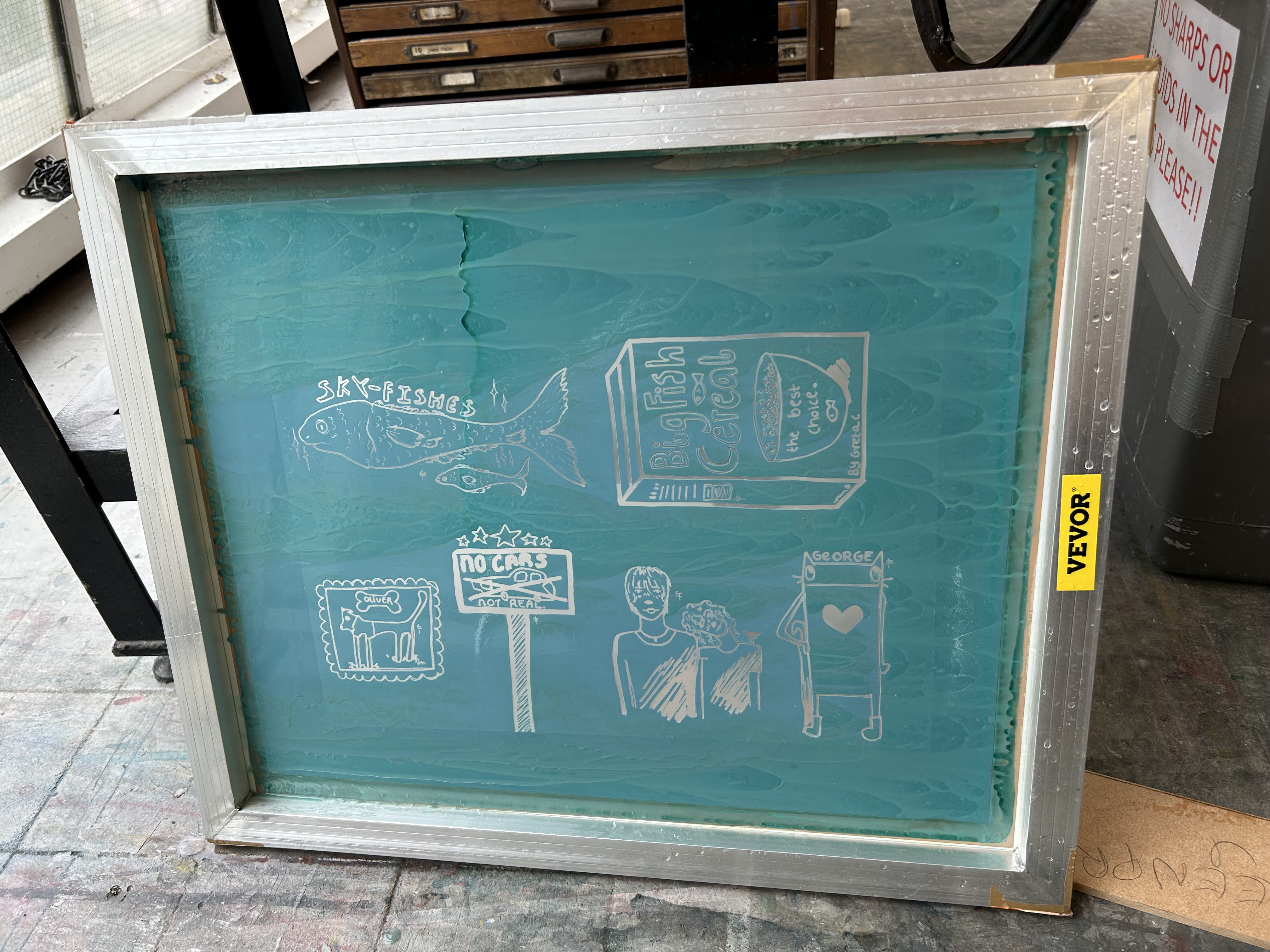
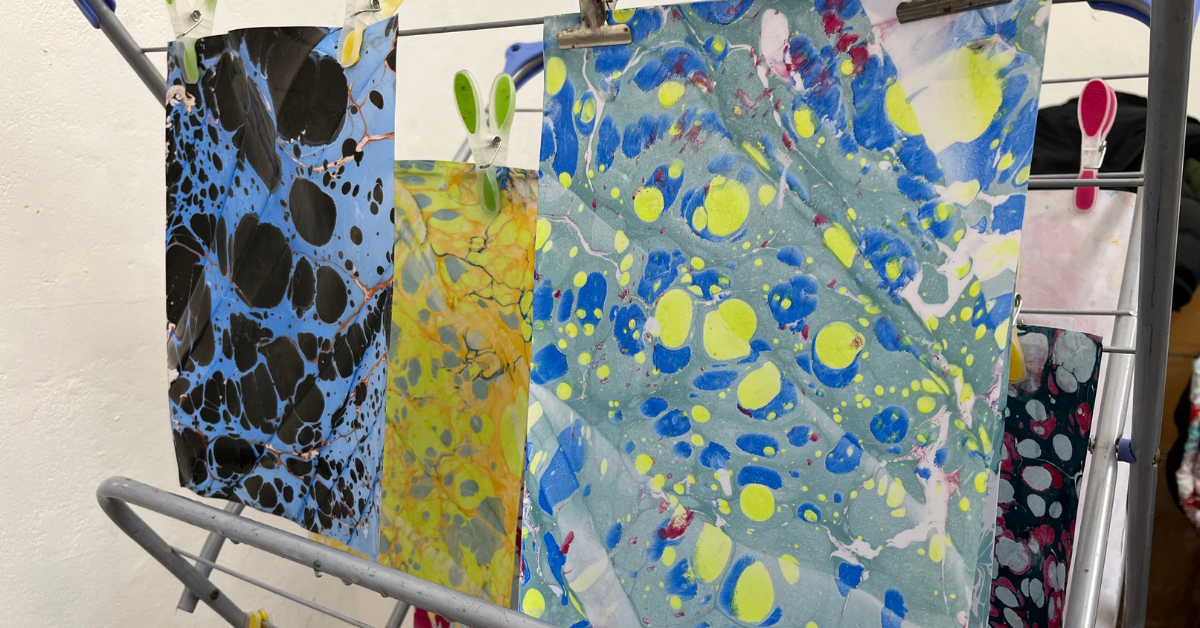




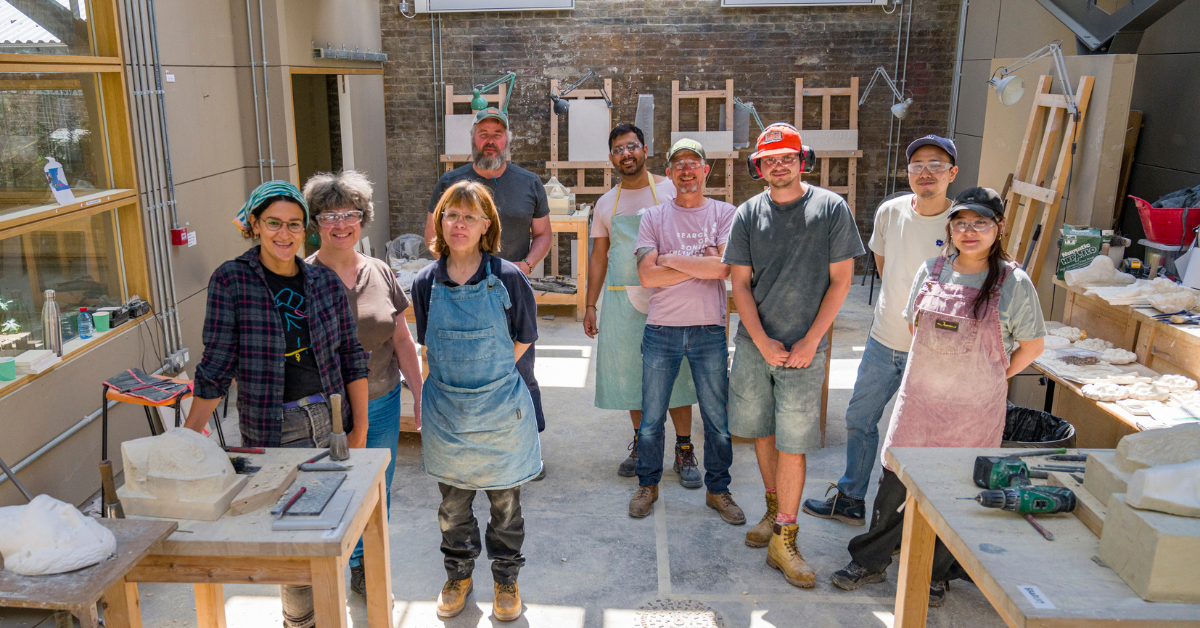
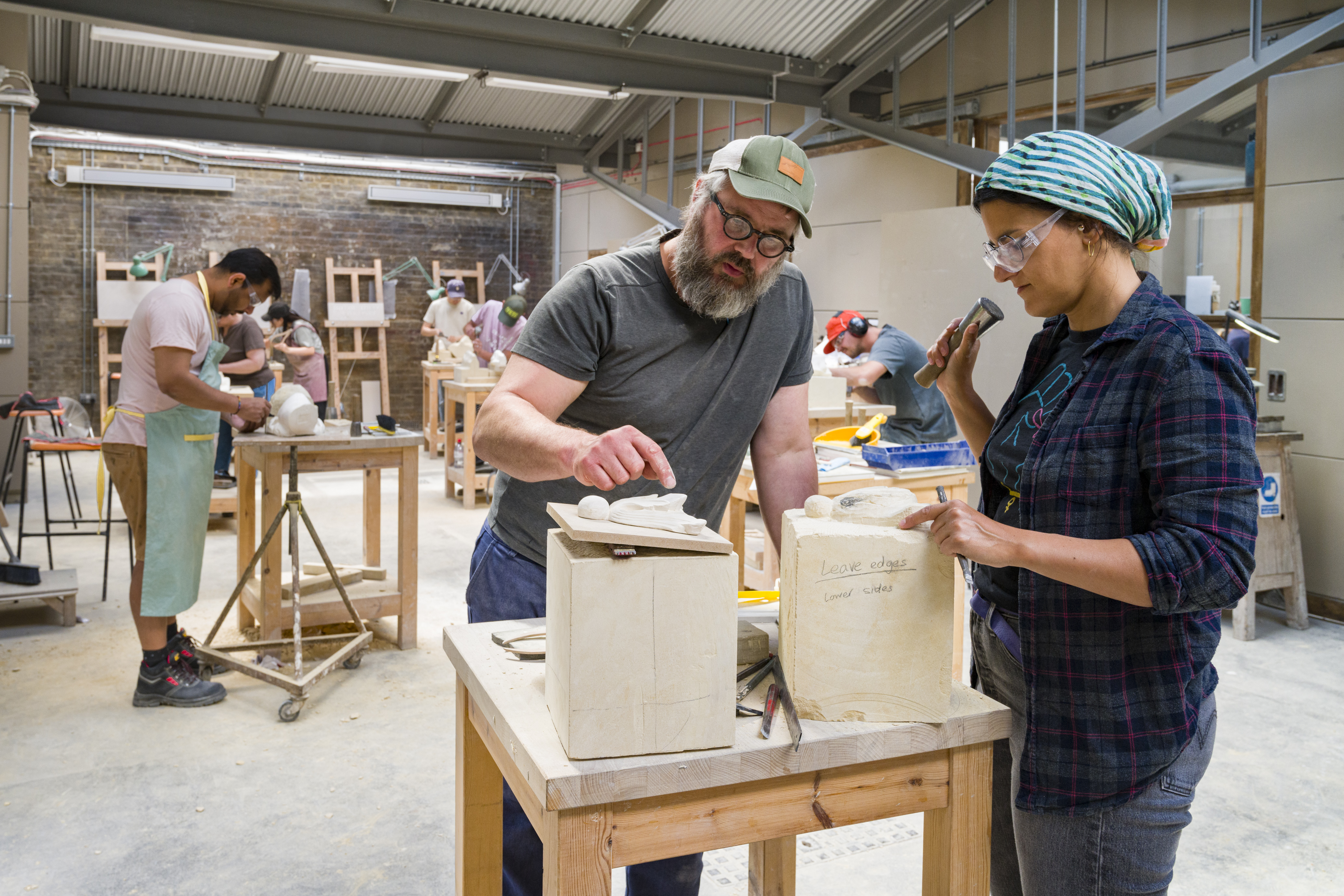



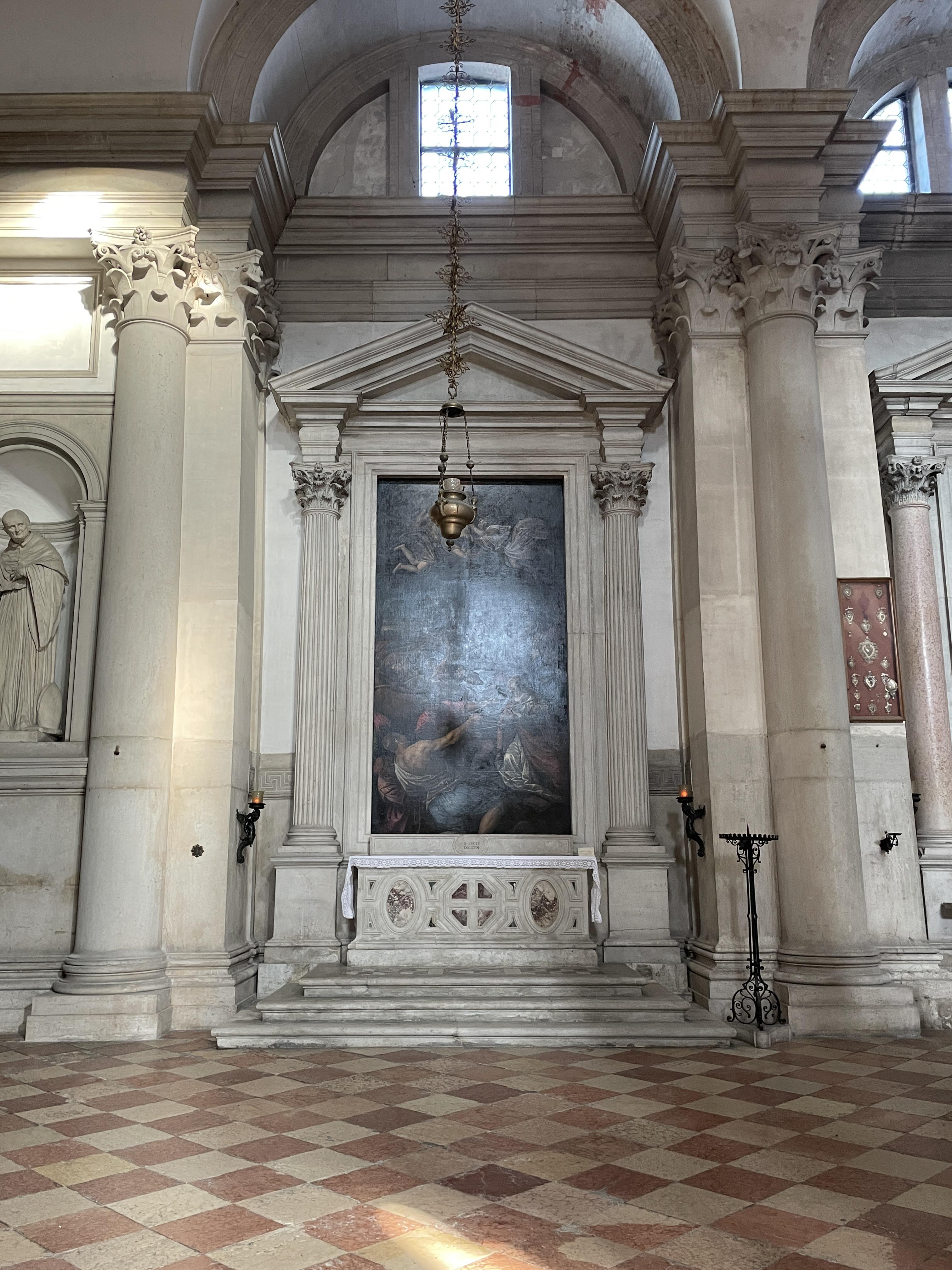 The altar of Santa Lucia following conservation
The altar of Santa Lucia following conservation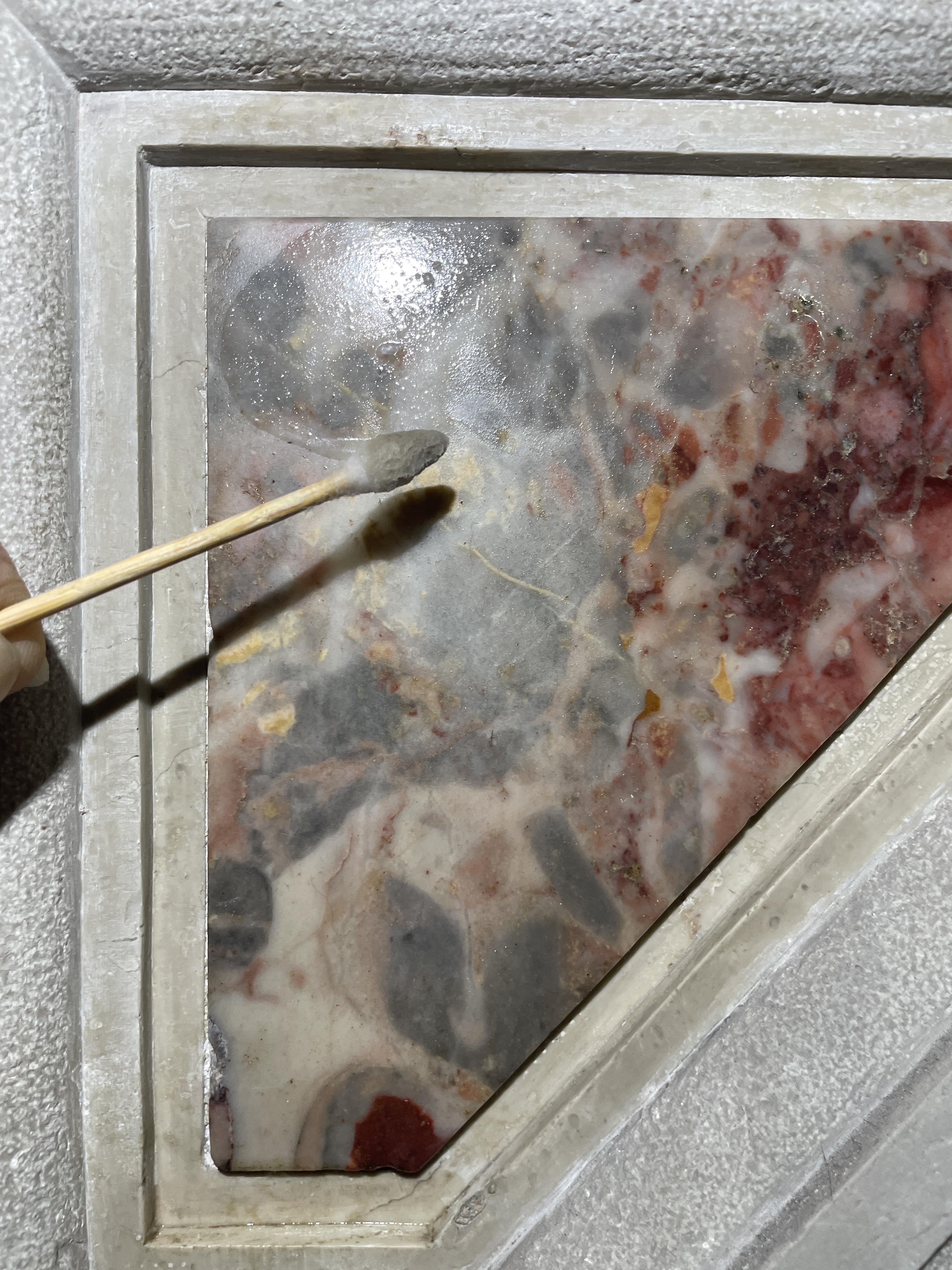
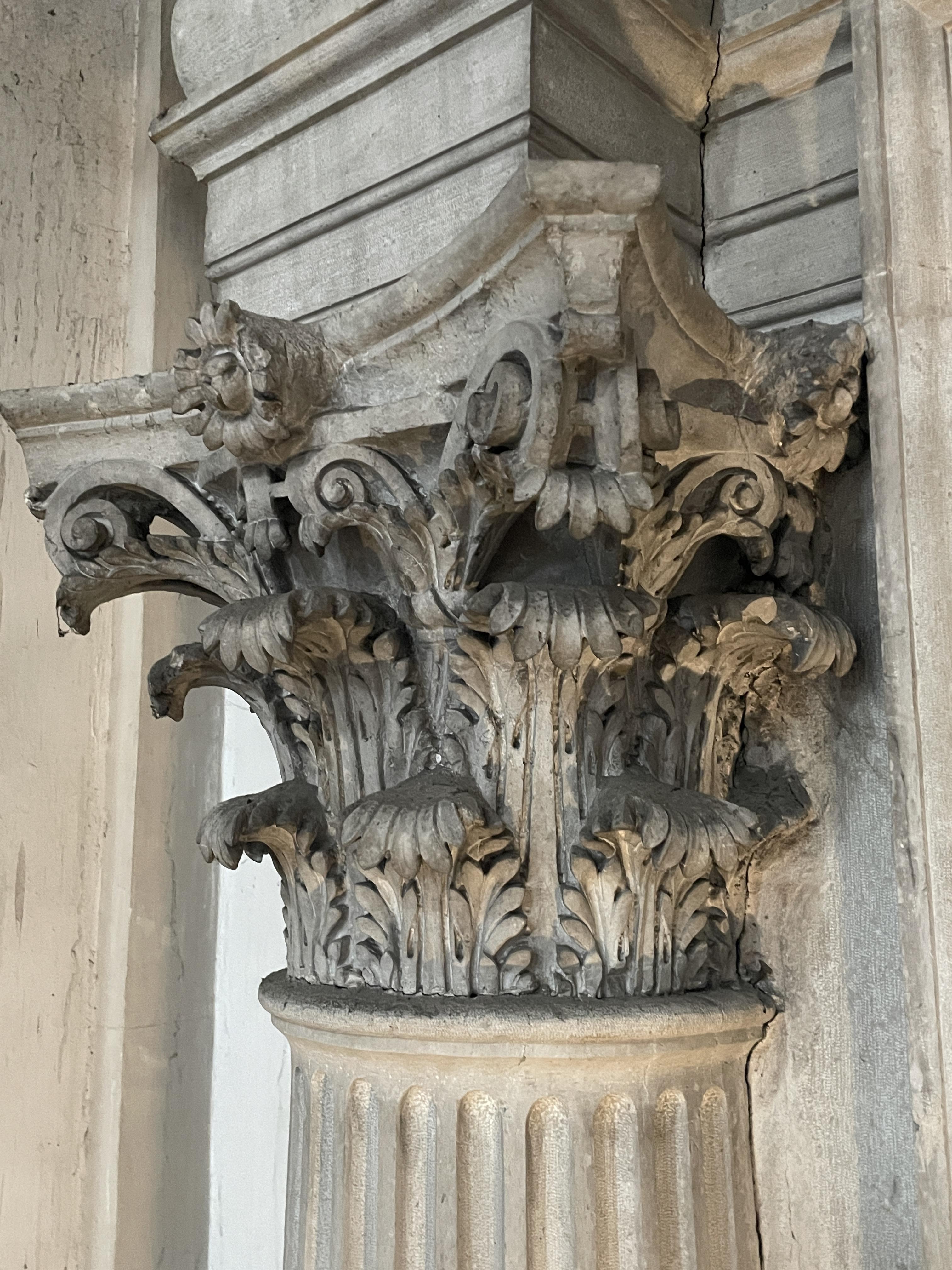
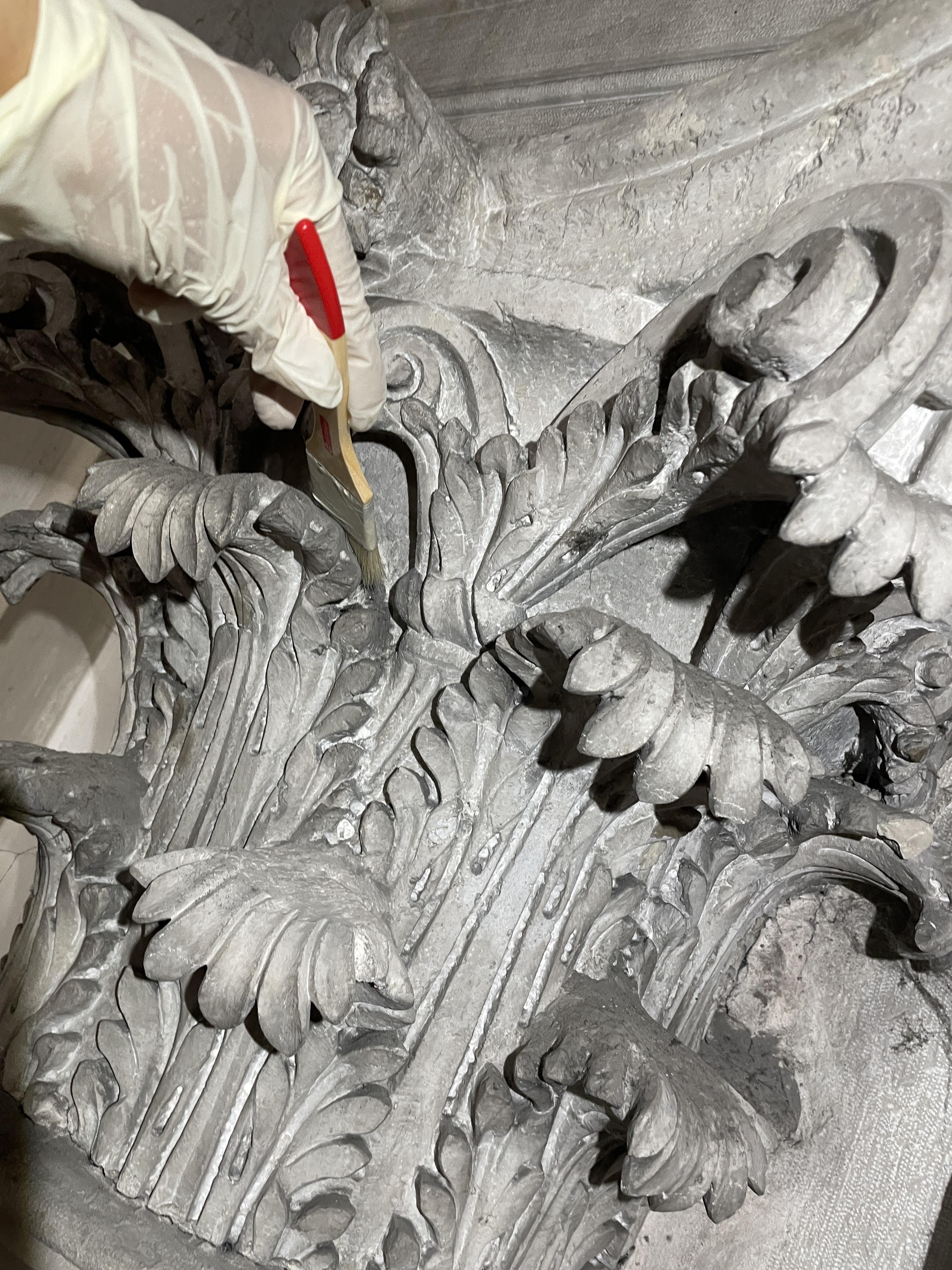
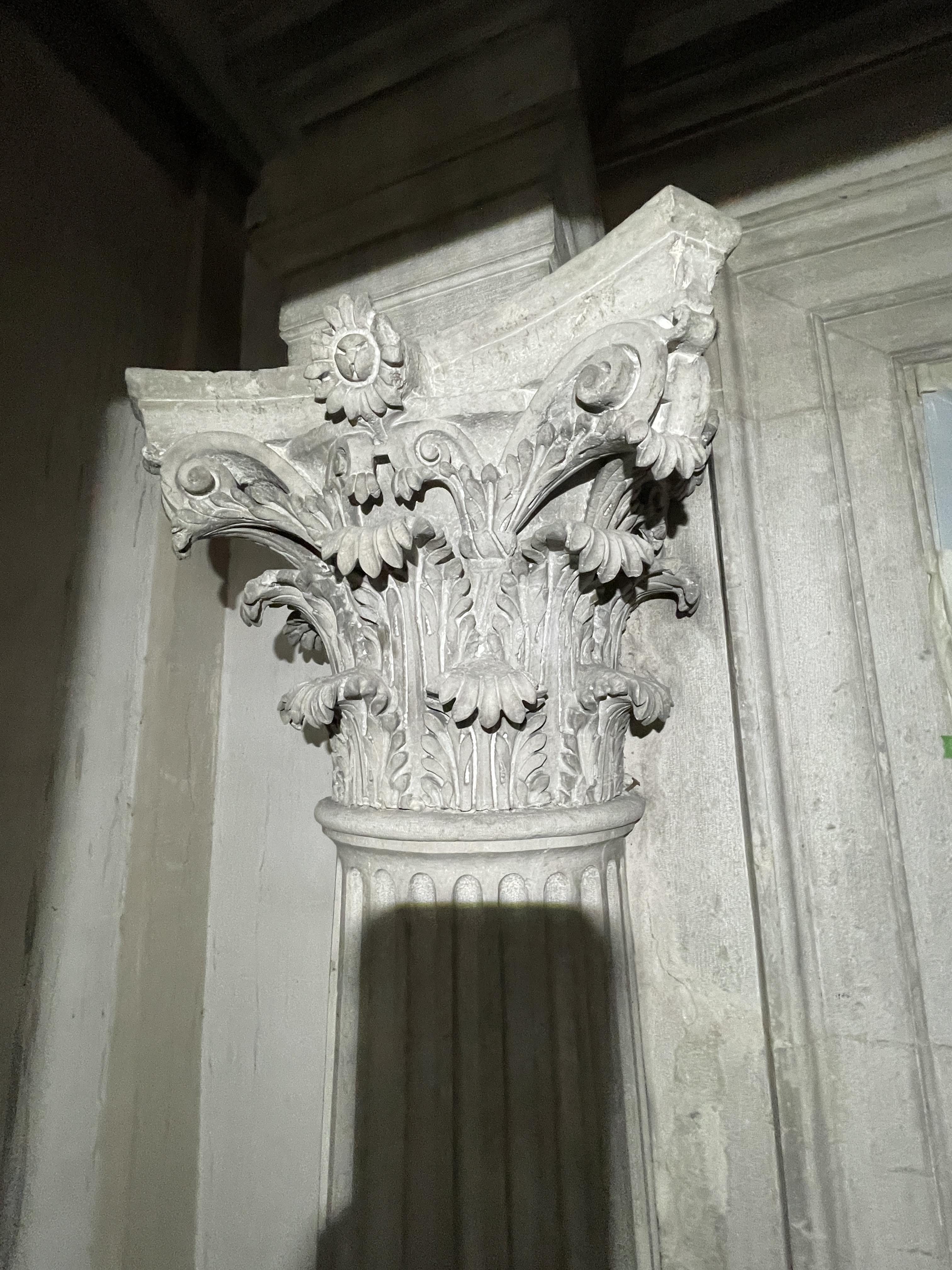
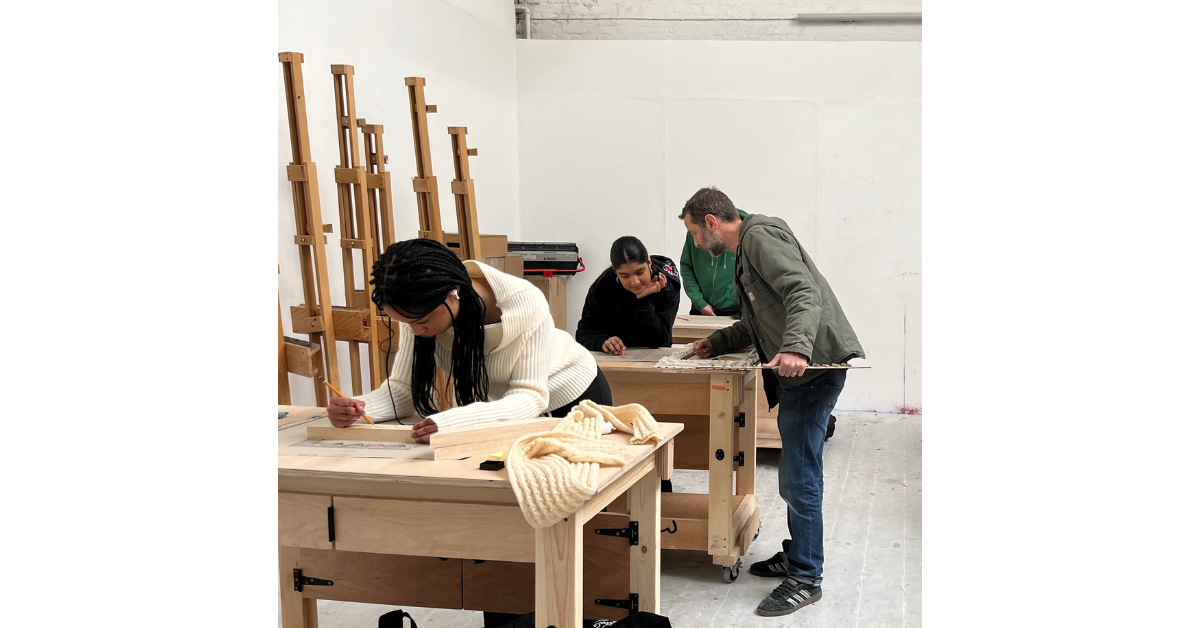
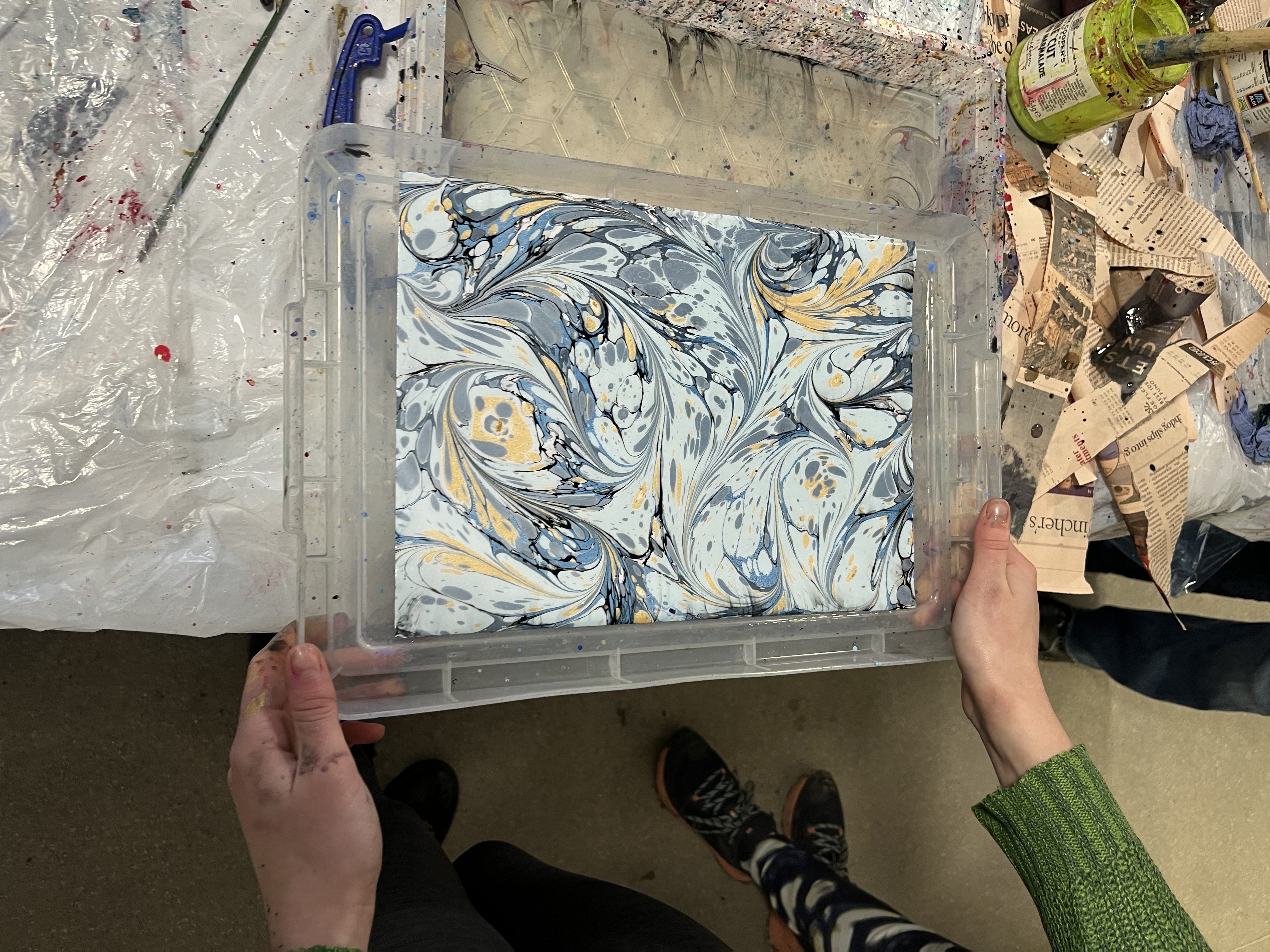
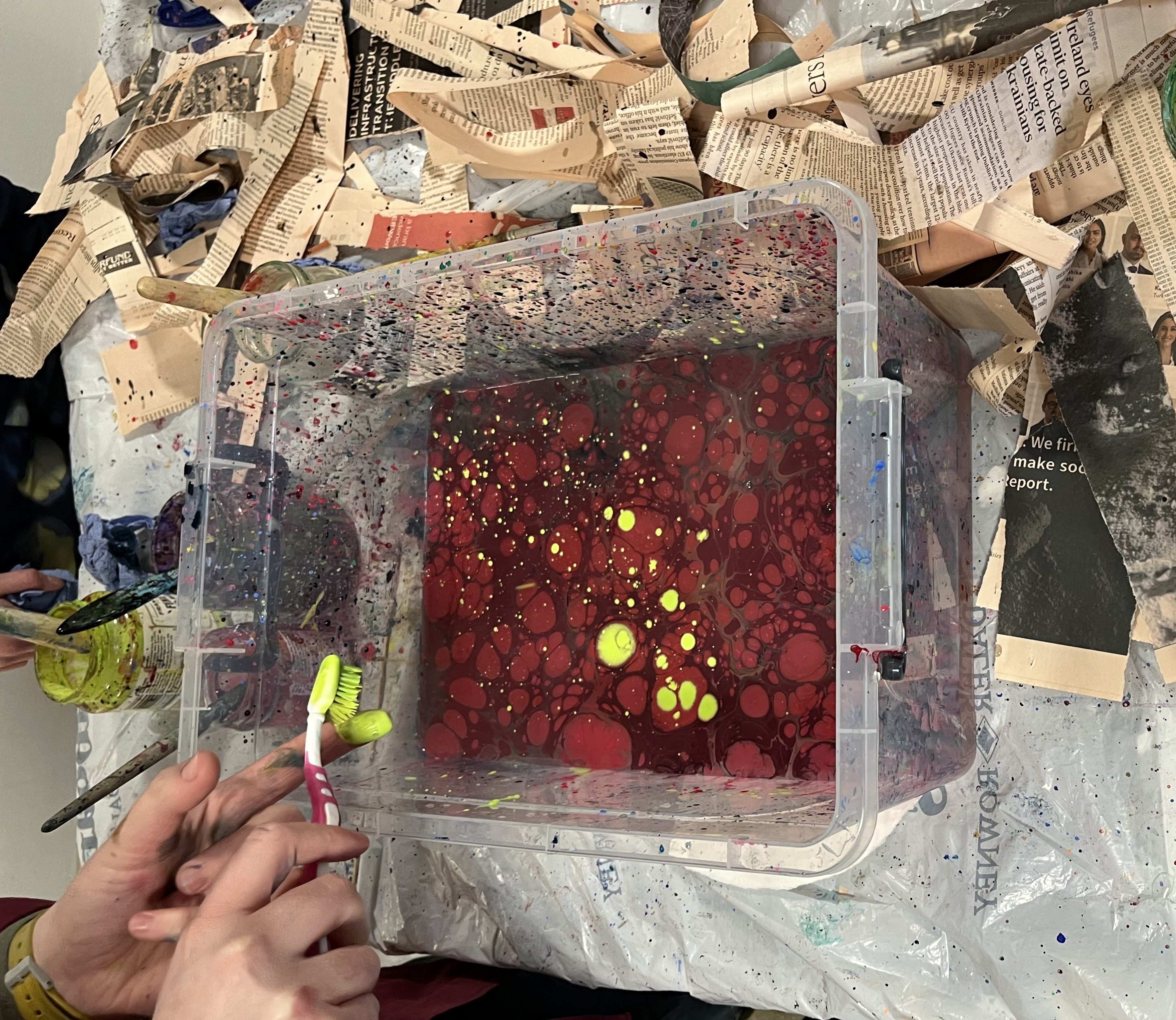
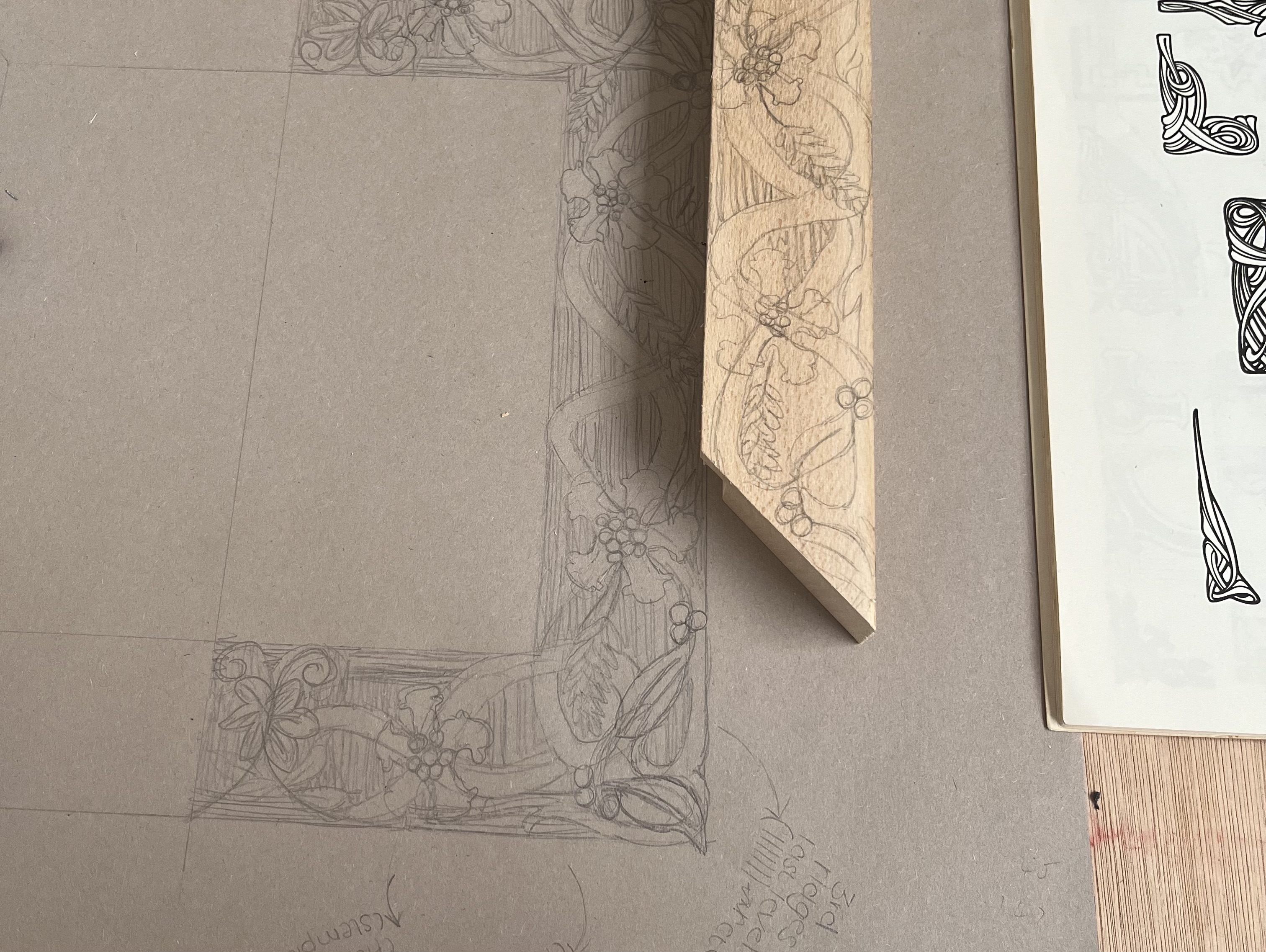
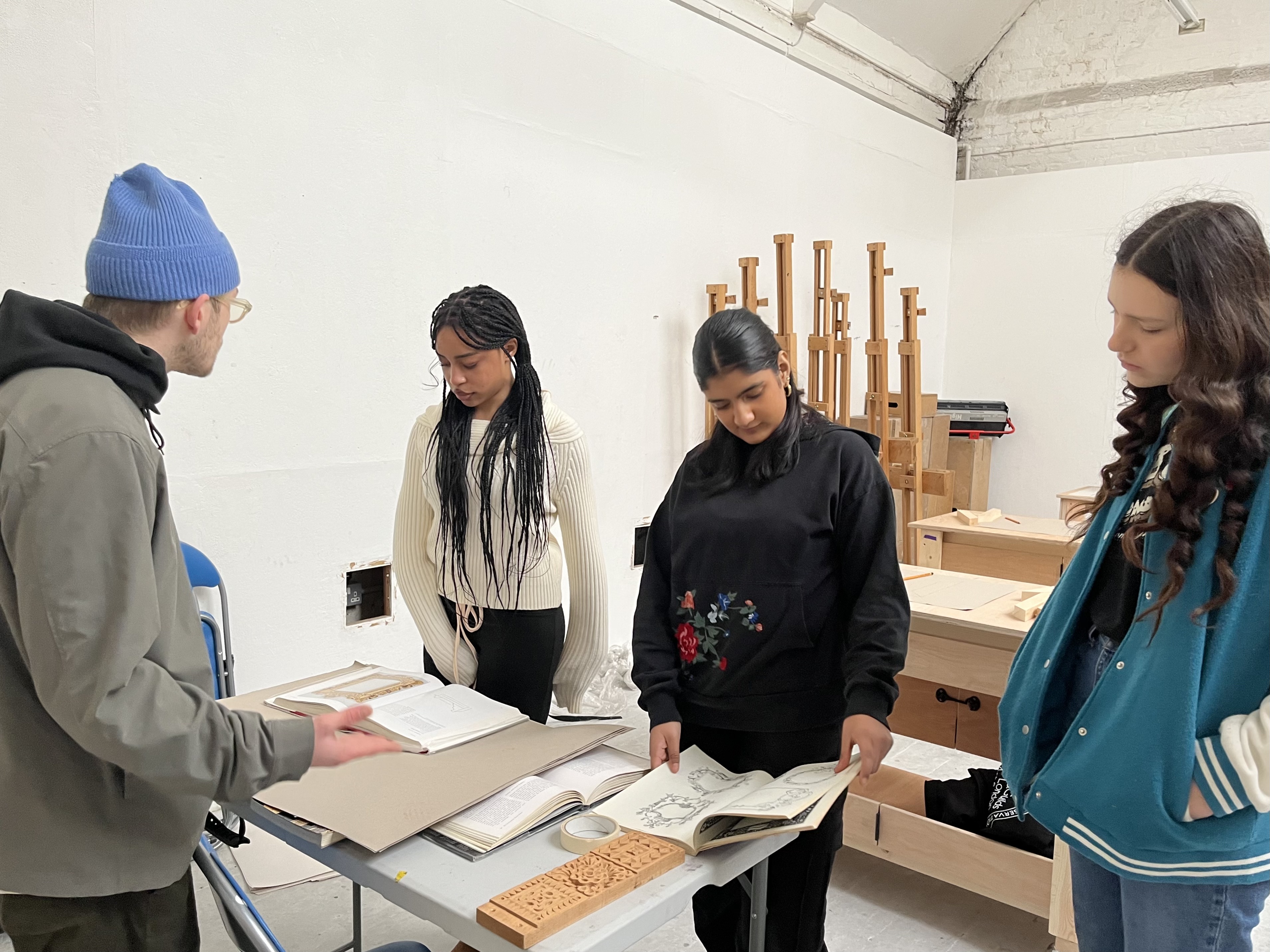
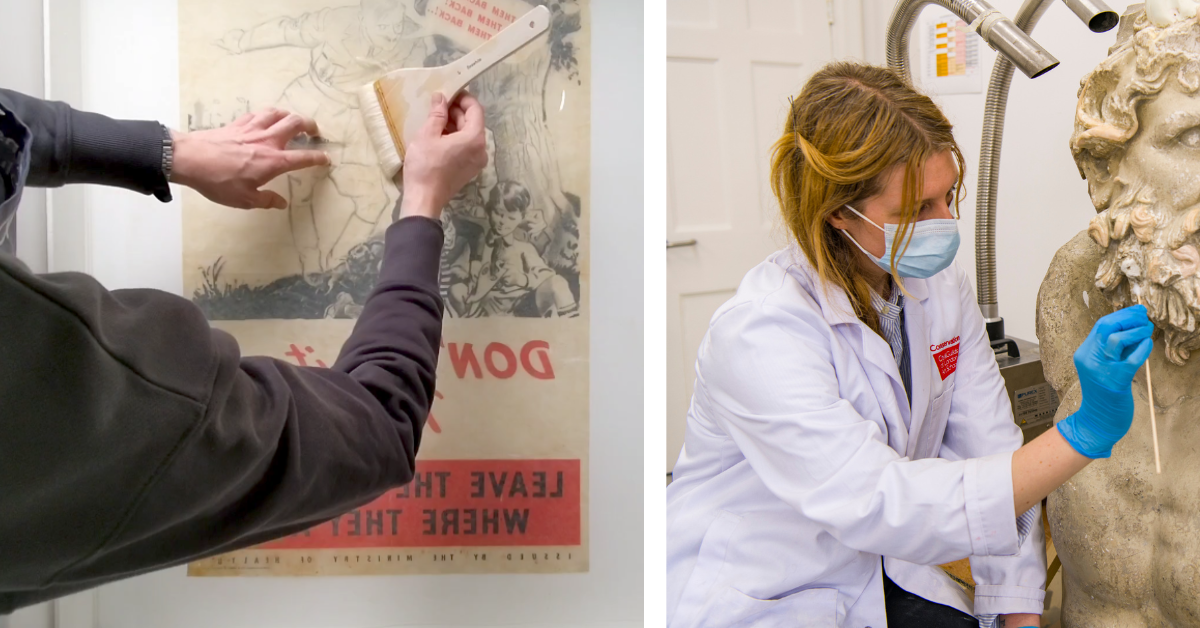
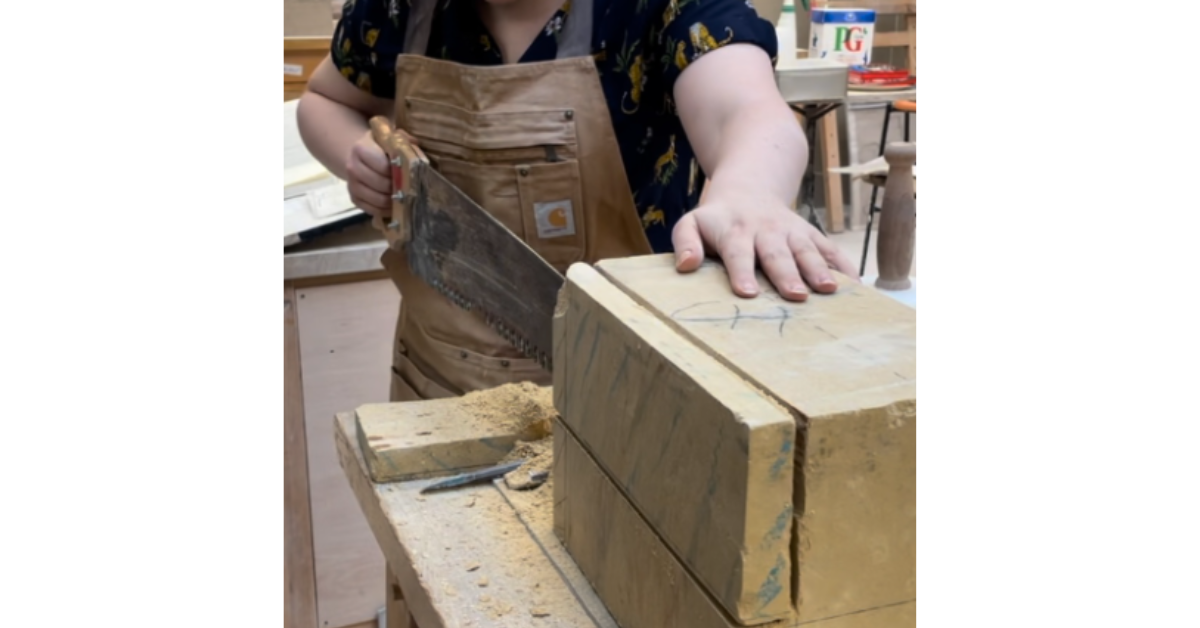
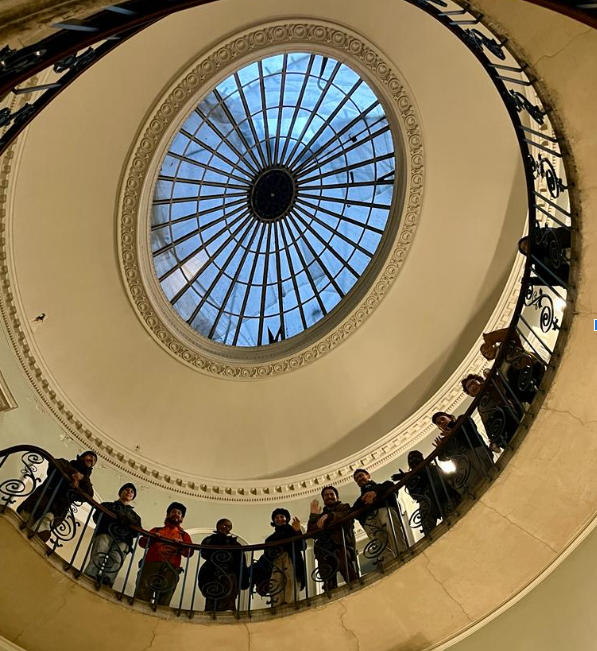
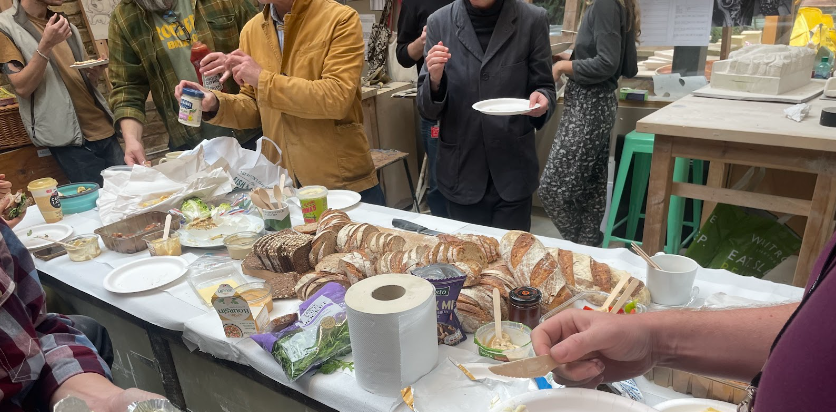
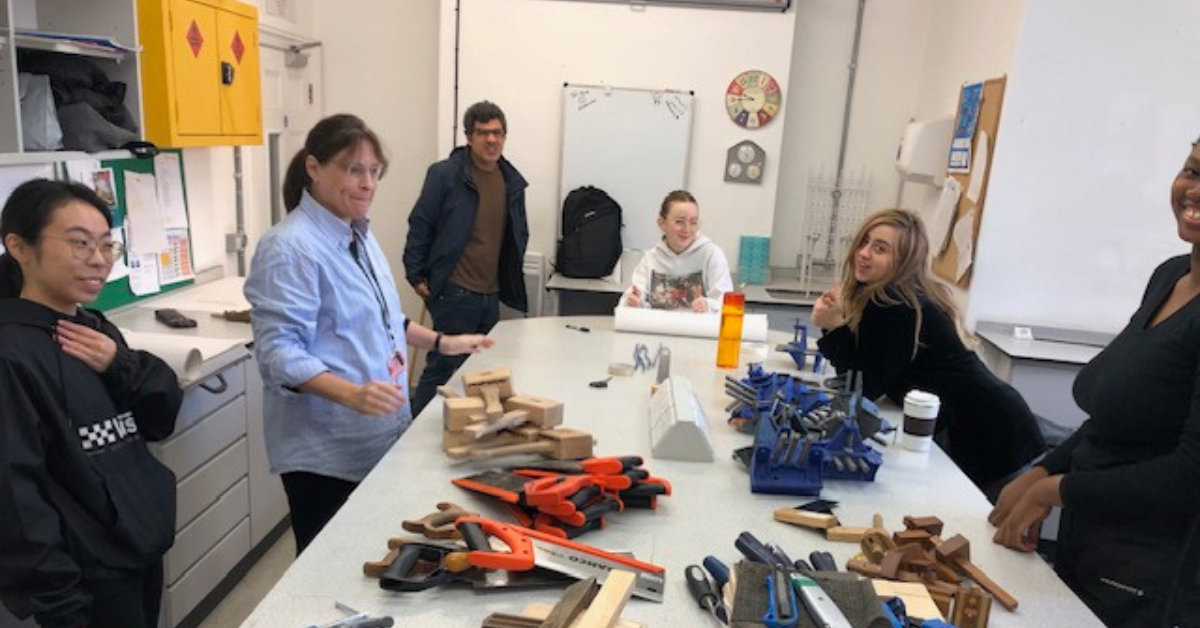
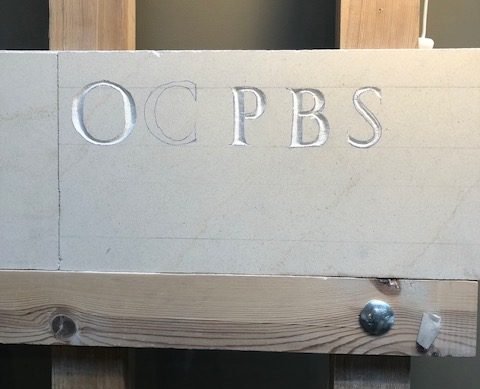
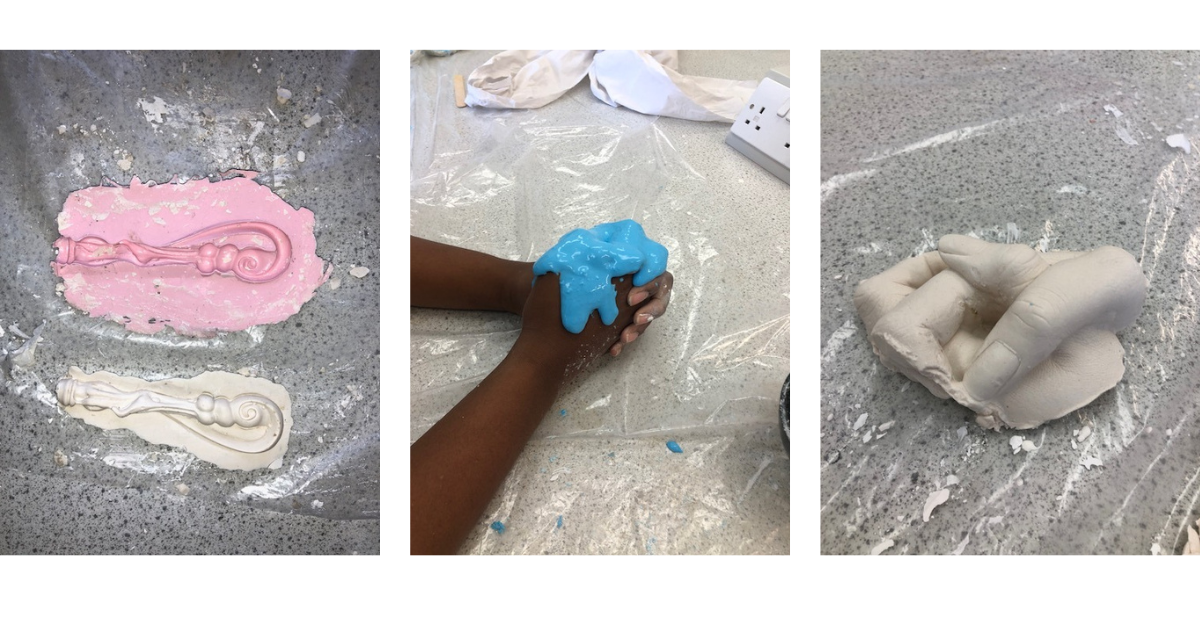 And this was only the first few days! In the last few weeks, I have undertaken courses in plaster casting and moulding, technical drawing, joinery, history of decorative styles and architecture, observational drawing and conservation science, as well as an introduction to conservation.
And this was only the first few days! In the last few weeks, I have undertaken courses in plaster casting and moulding, technical drawing, joinery, history of decorative styles and architecture, observational drawing and conservation science, as well as an introduction to conservation.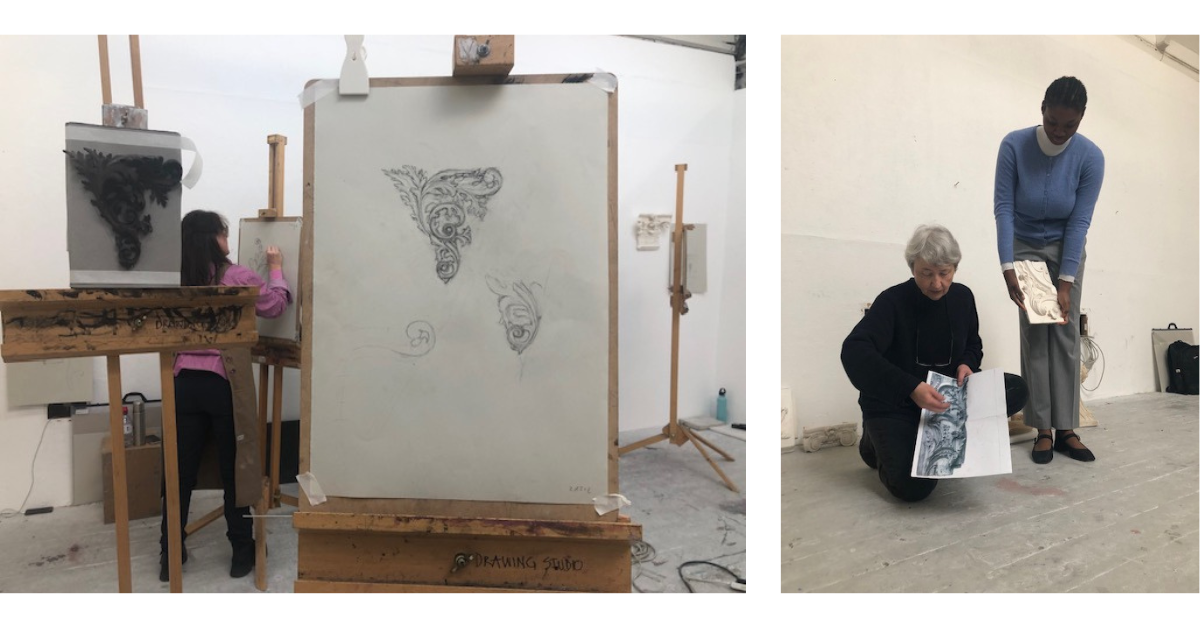
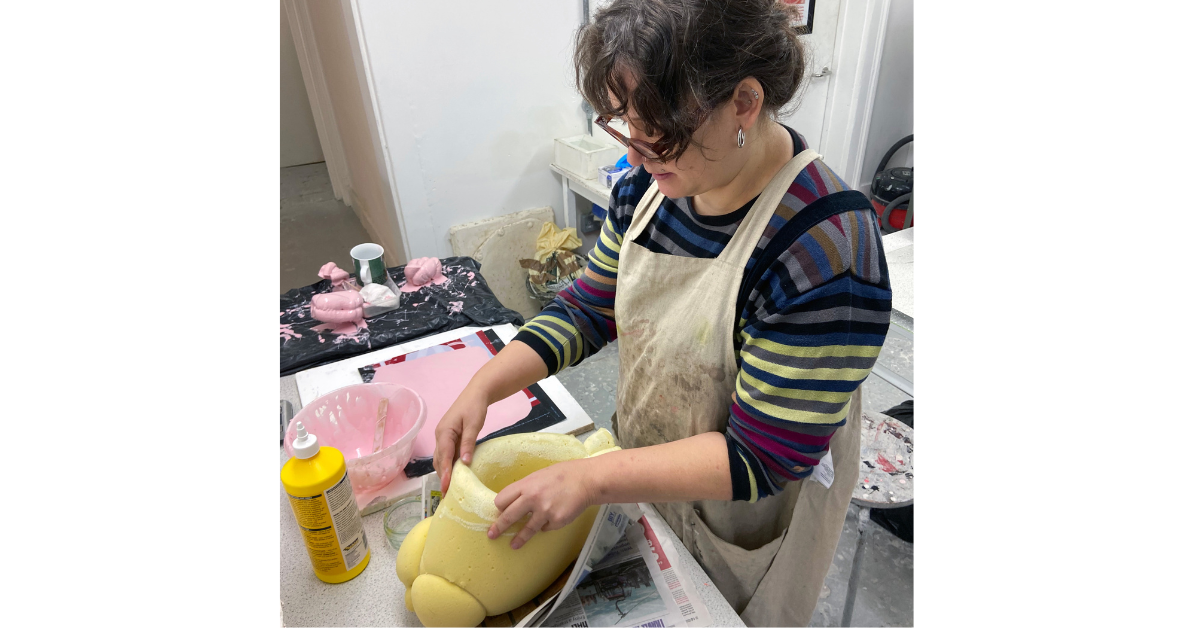

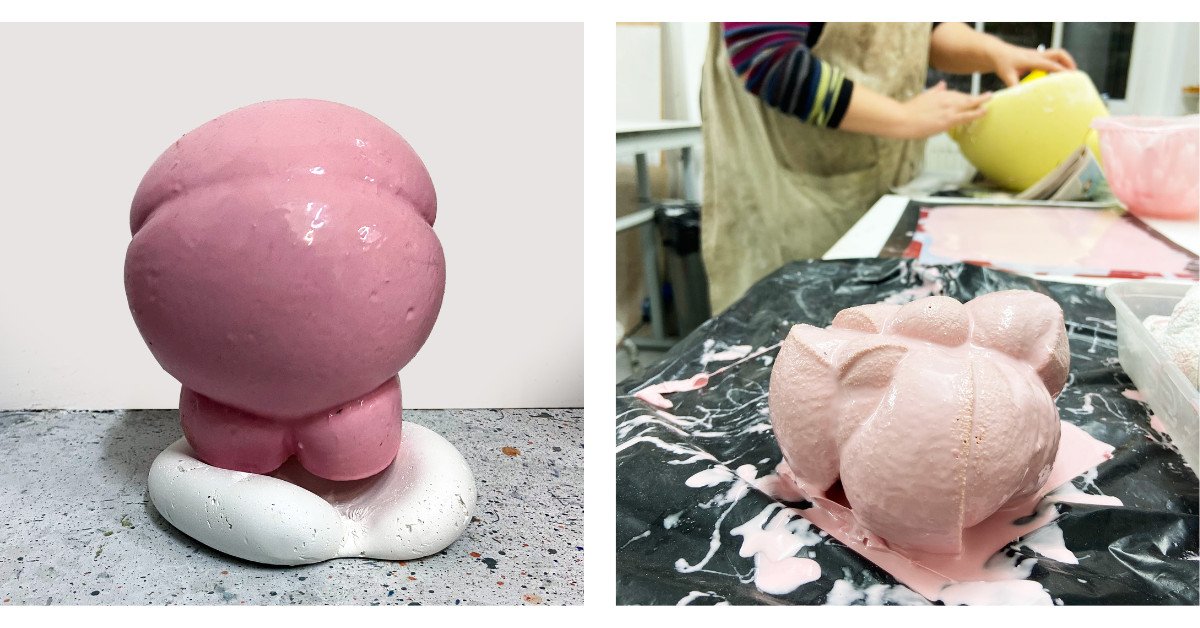

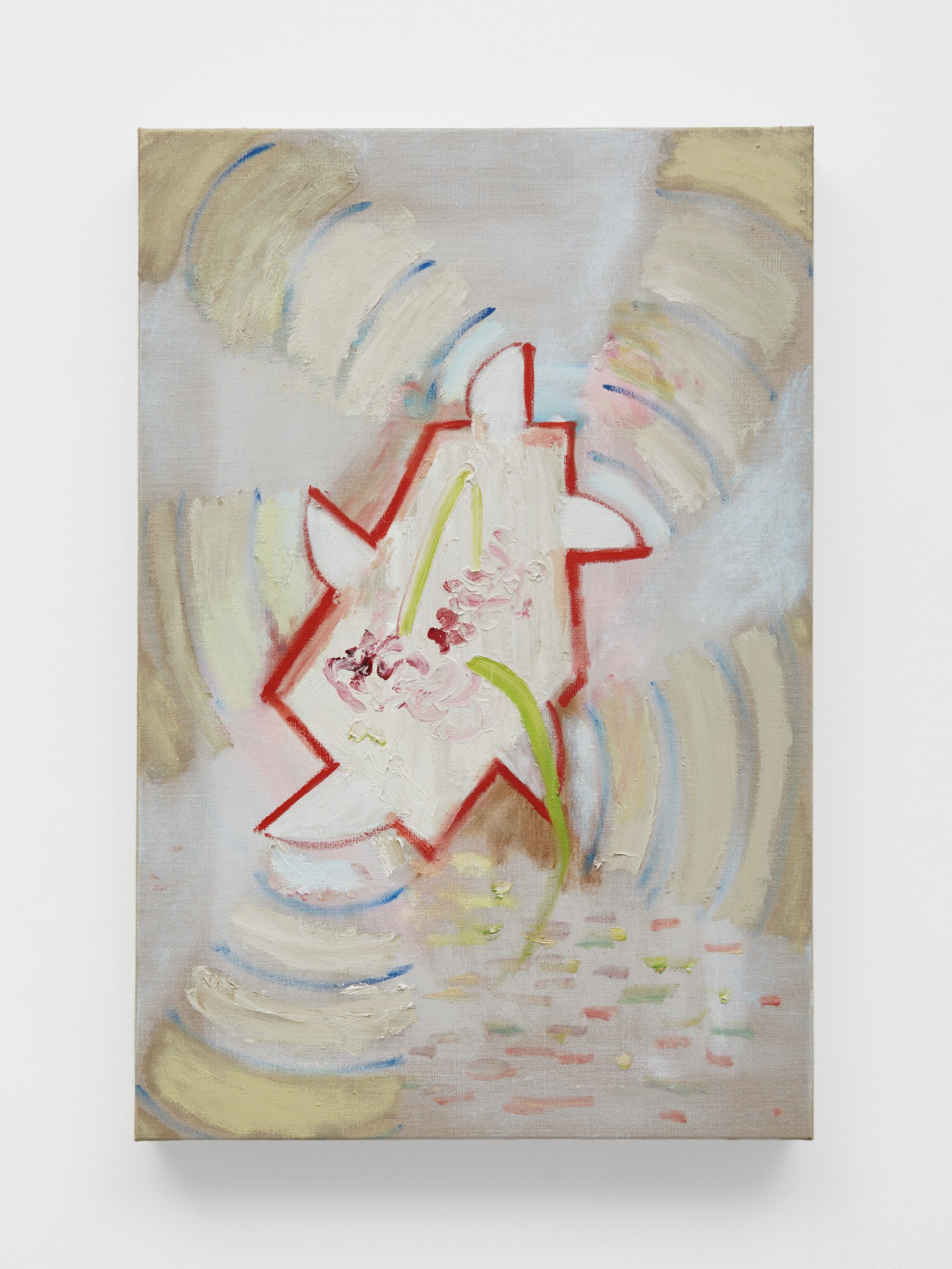 Heart, 2023
Heart, 2023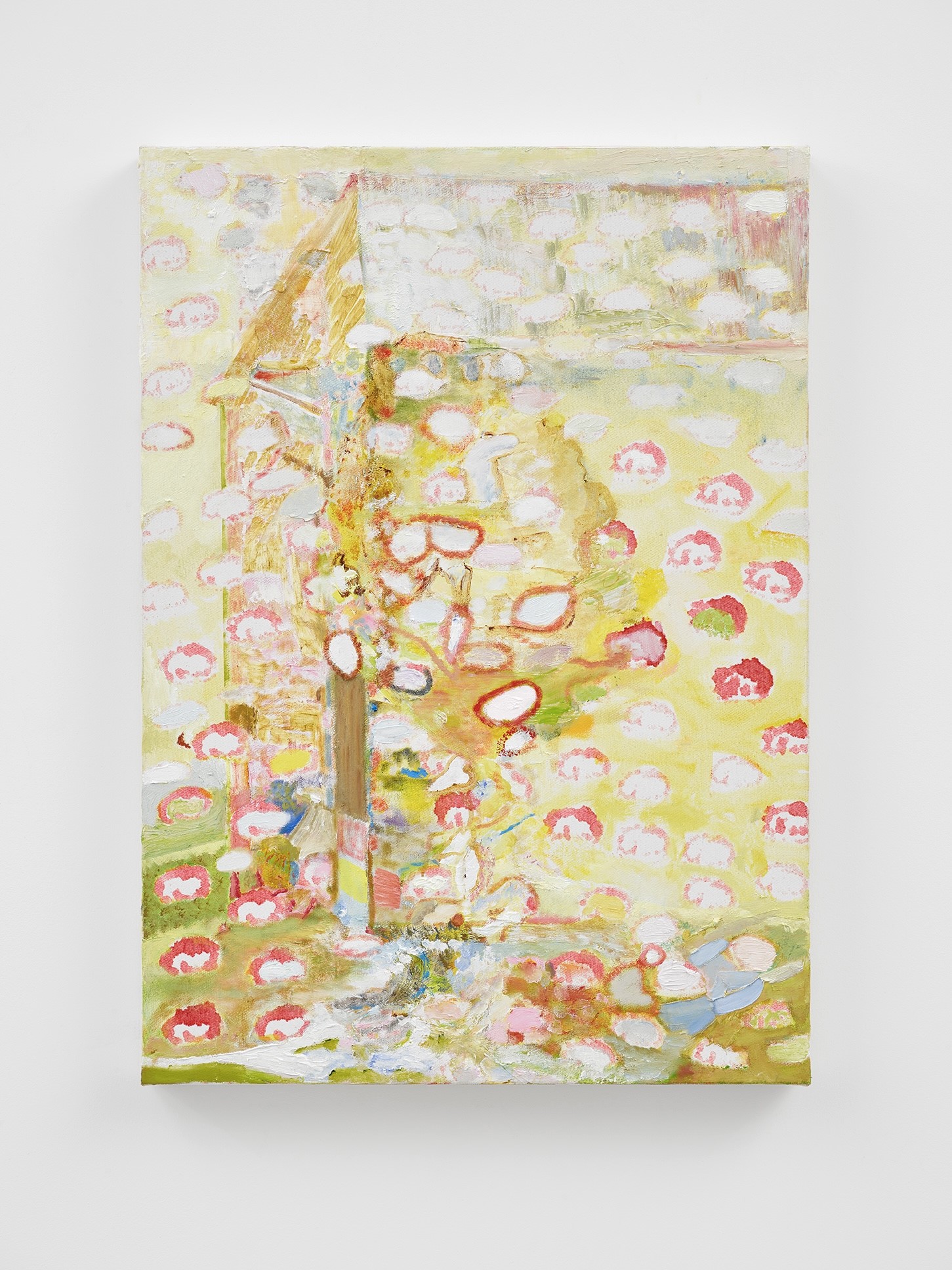 Birch, 2023
Birch, 2023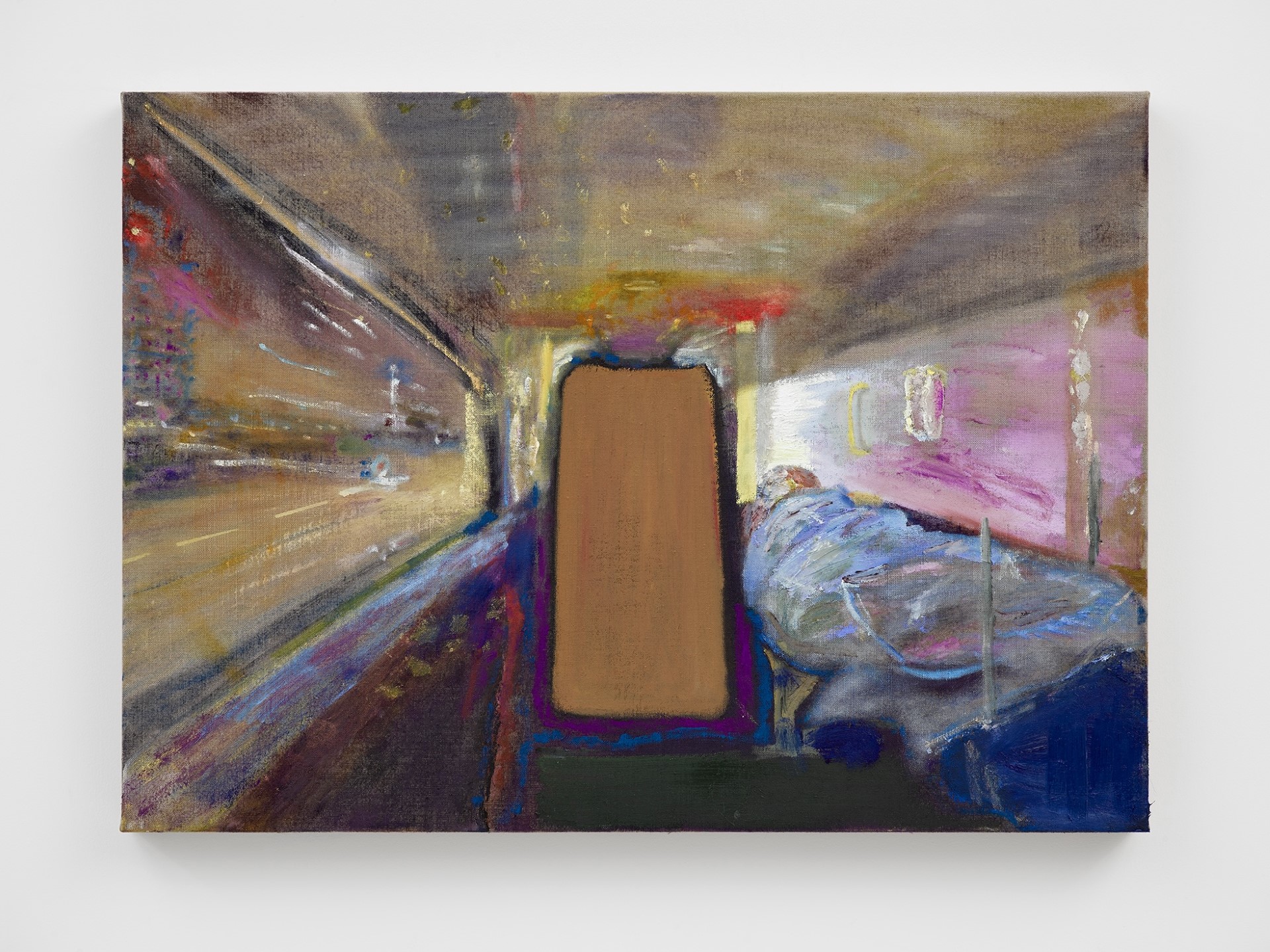 Exit (iv), 2023
Exit (iv), 2023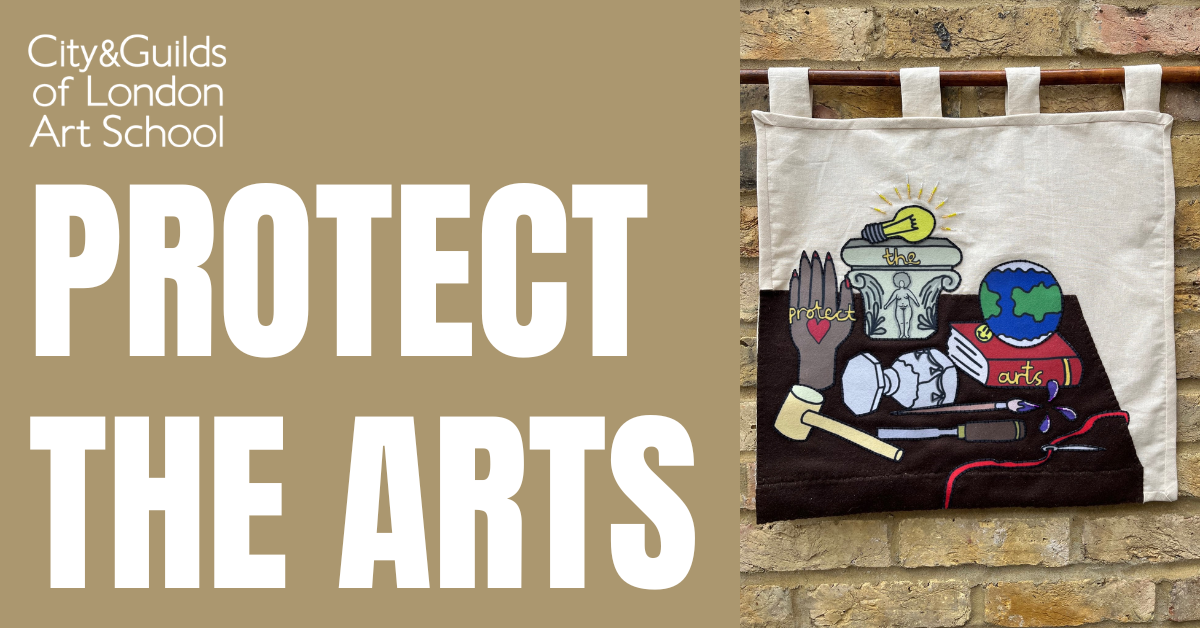
 ‘Protect the arts’, 54cm x 58cm (approx.), Calico, digitally printed felt, brown wool felt, embroidery thread and glass beads with a wood dowel.
‘Protect the arts’, 54cm x 58cm (approx.), Calico, digitally printed felt, brown wool felt, embroidery thread and glass beads with a wood dowel.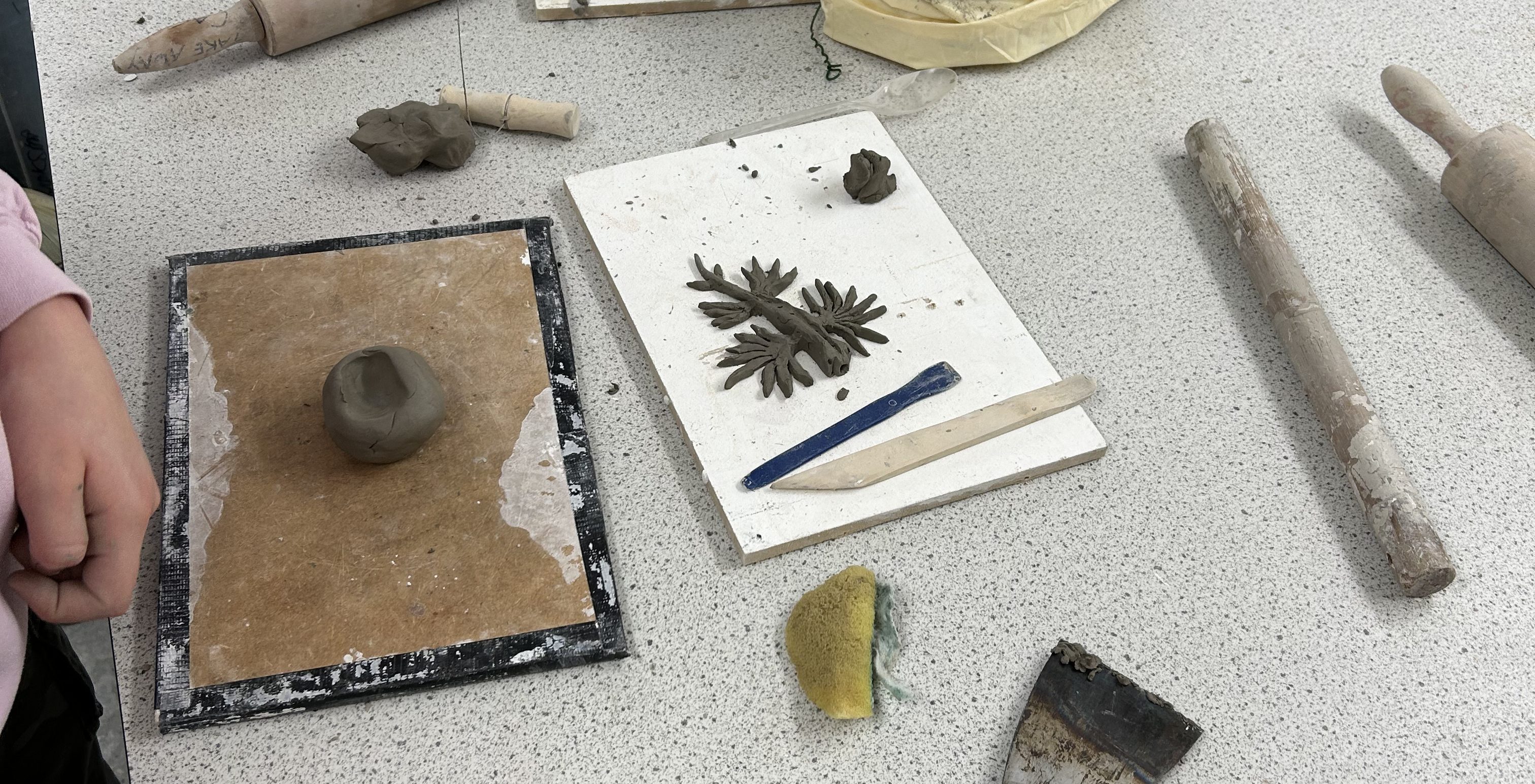
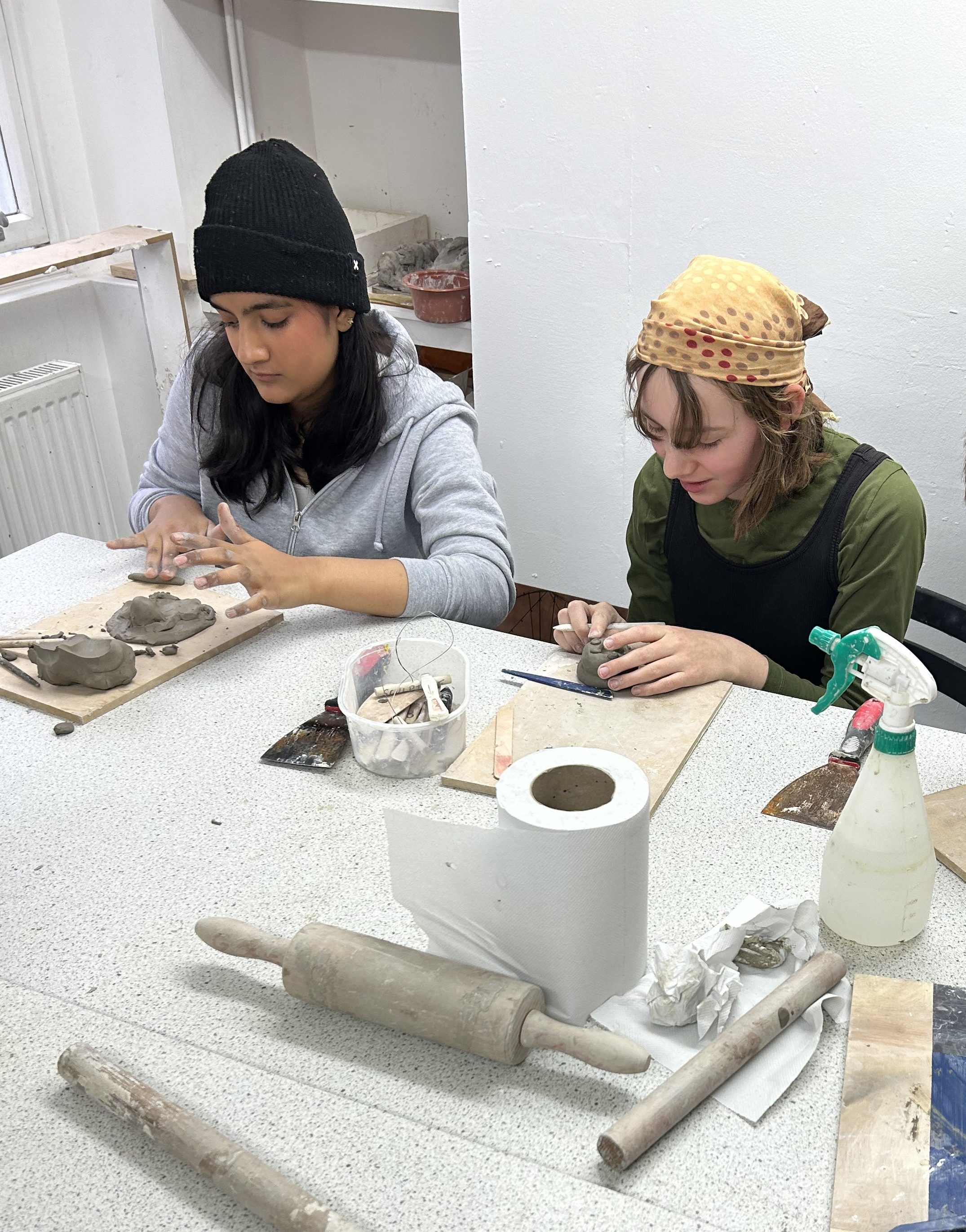
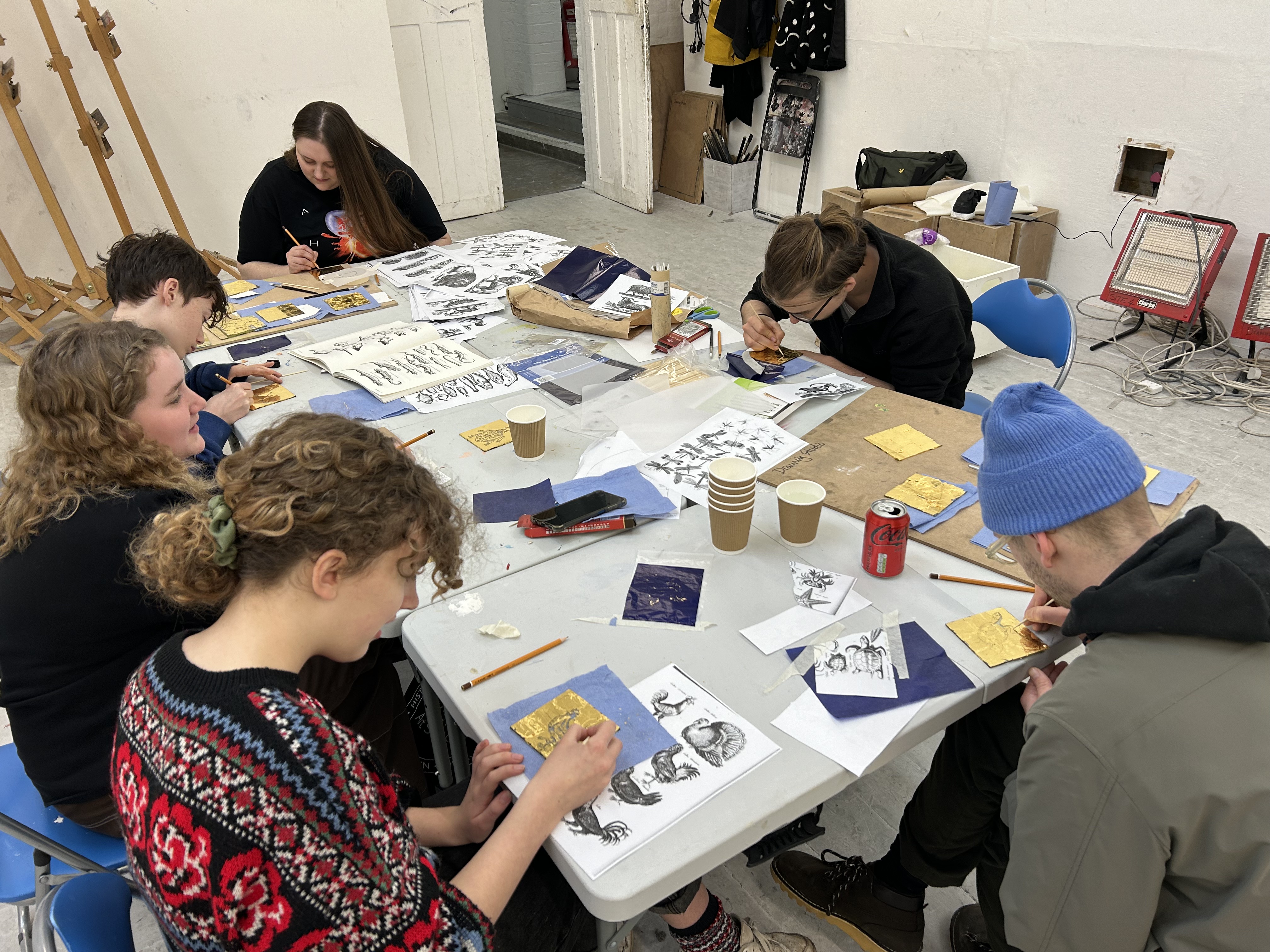
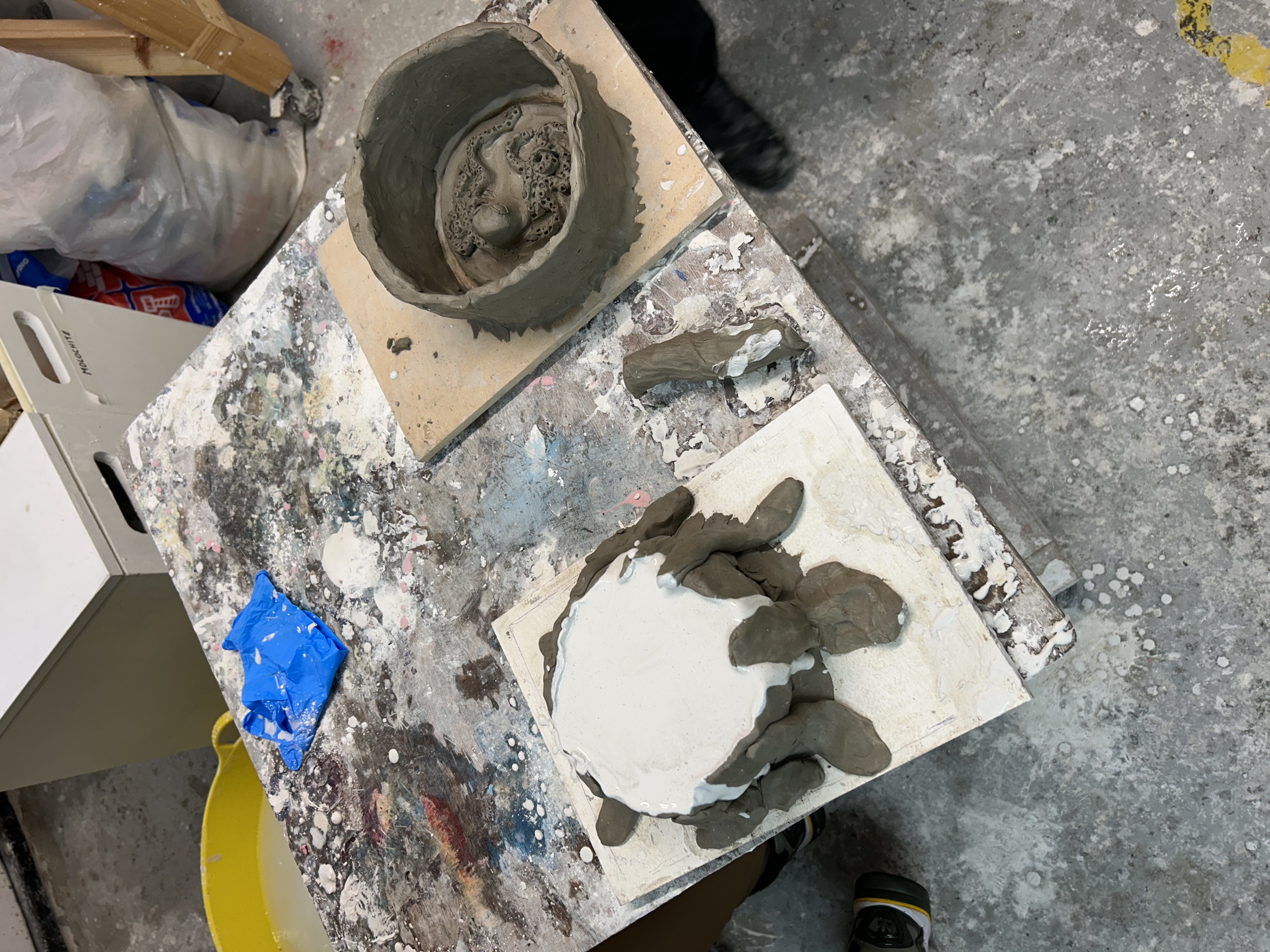
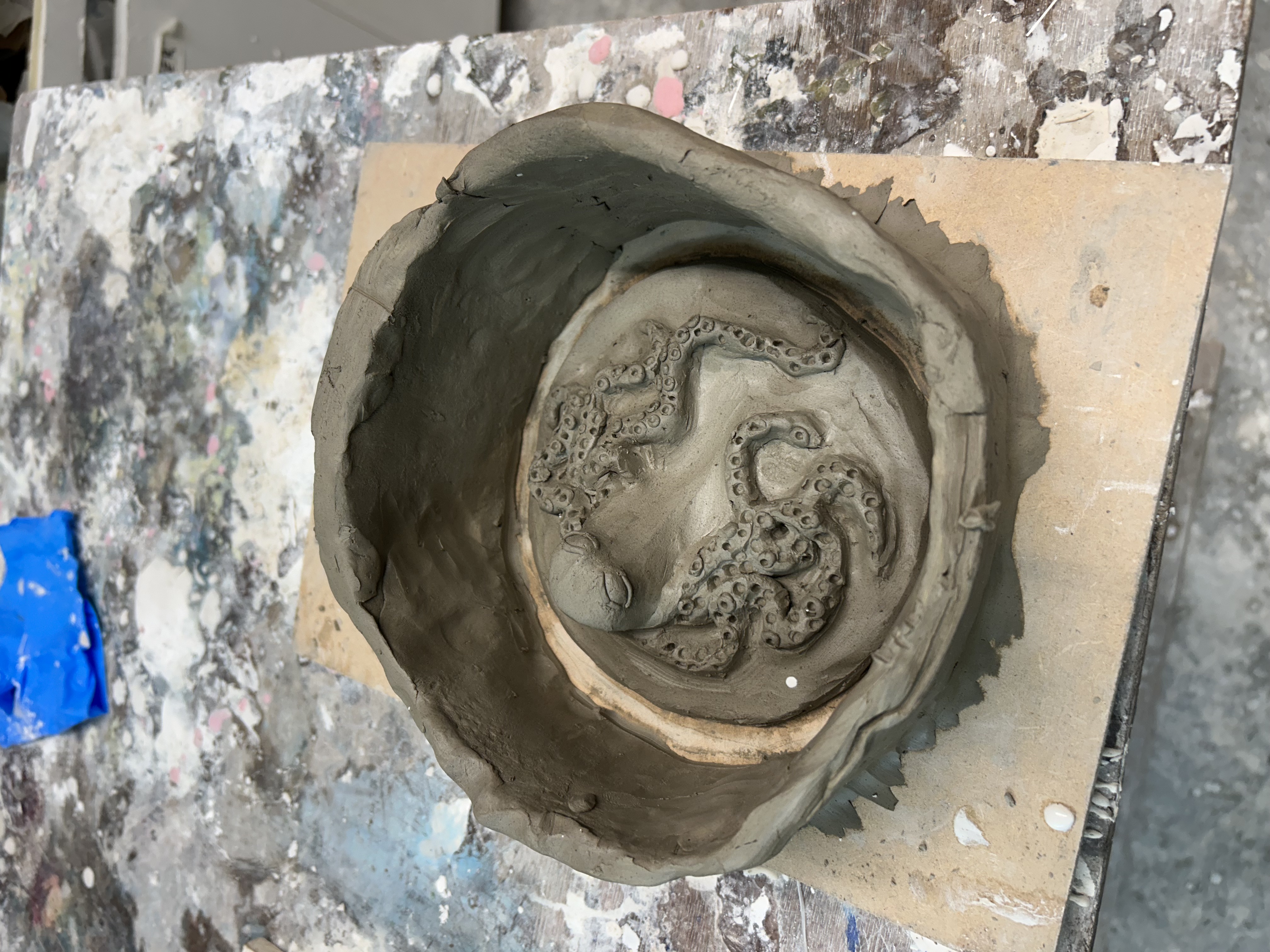
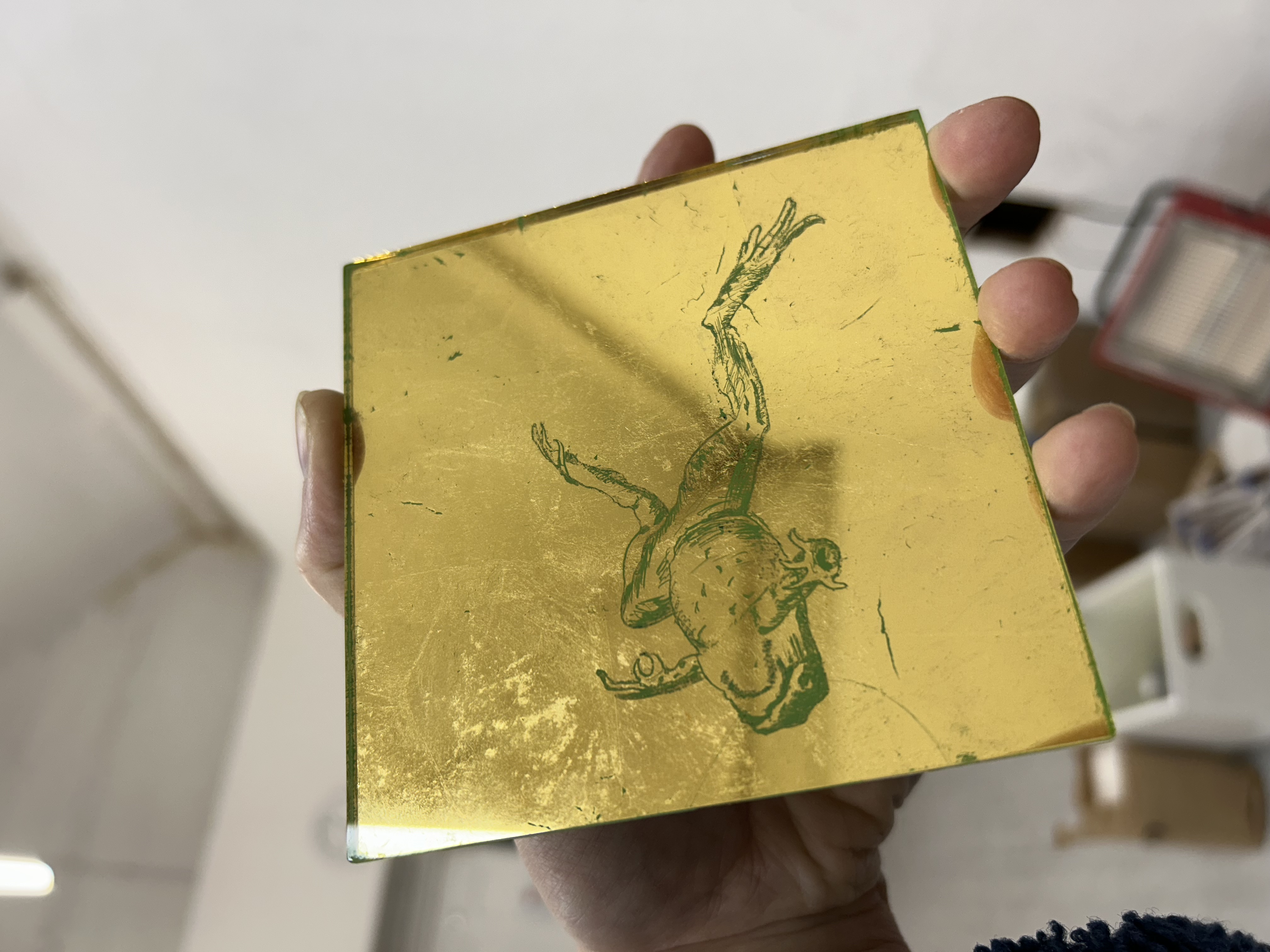
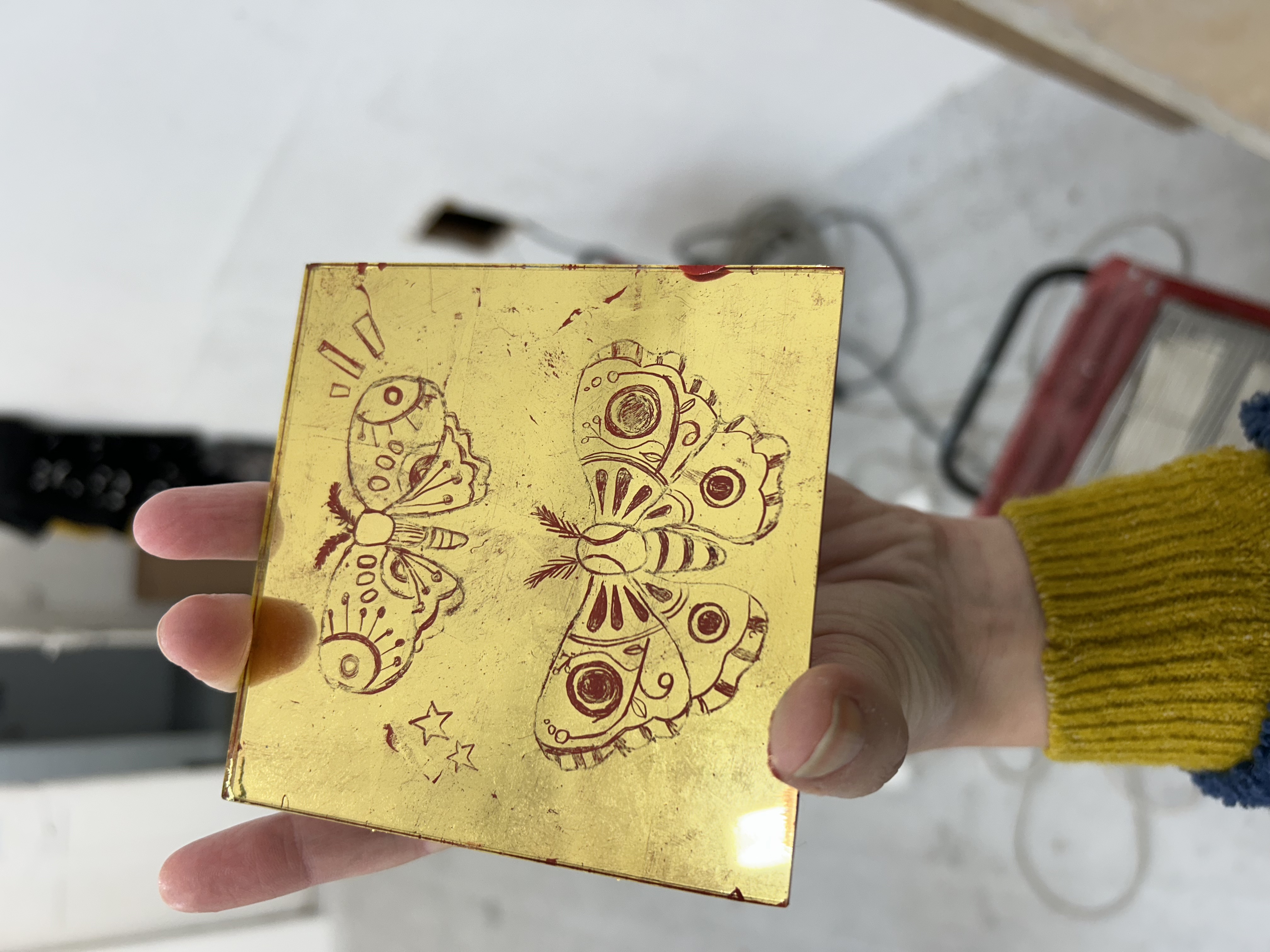
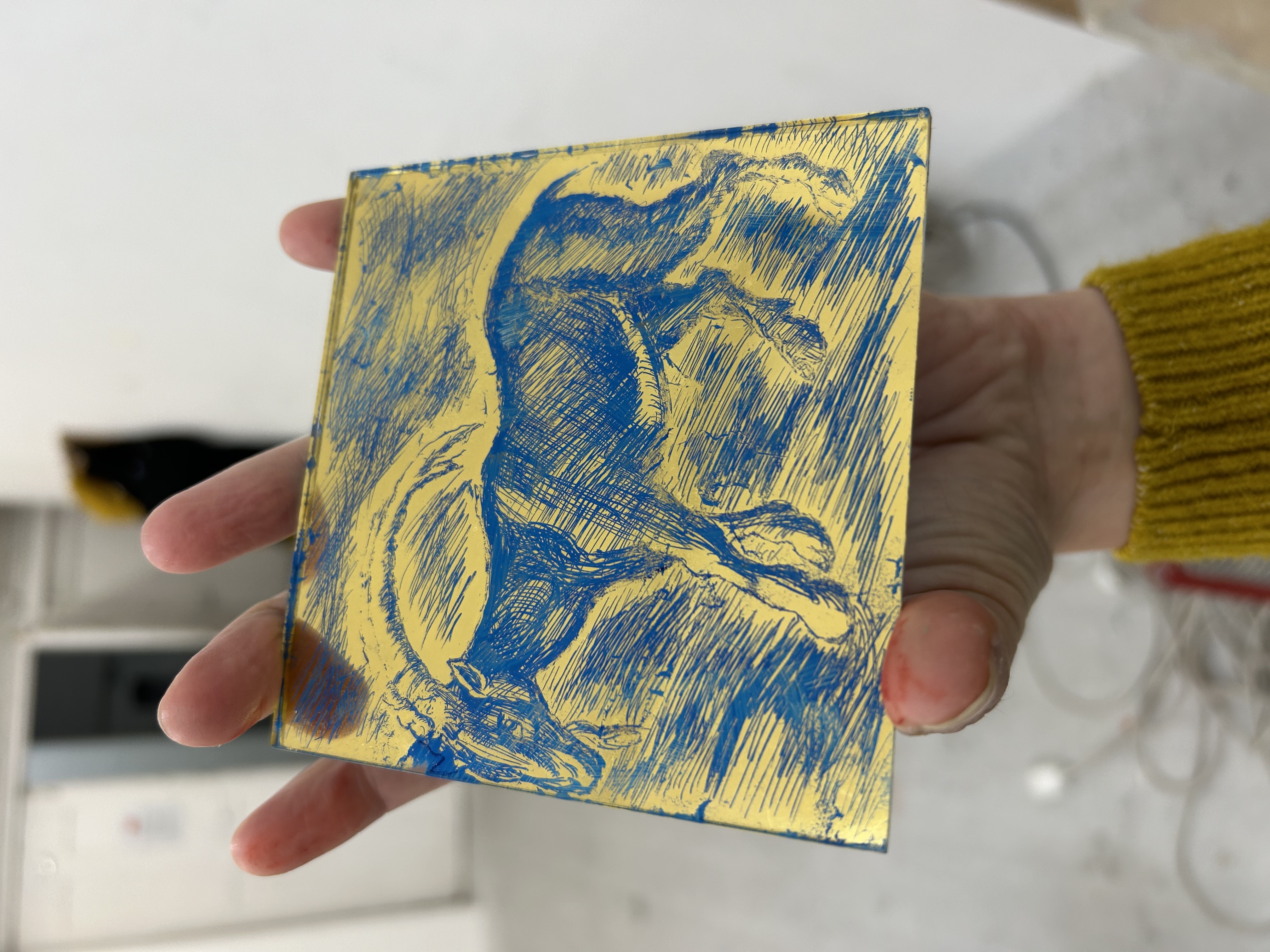
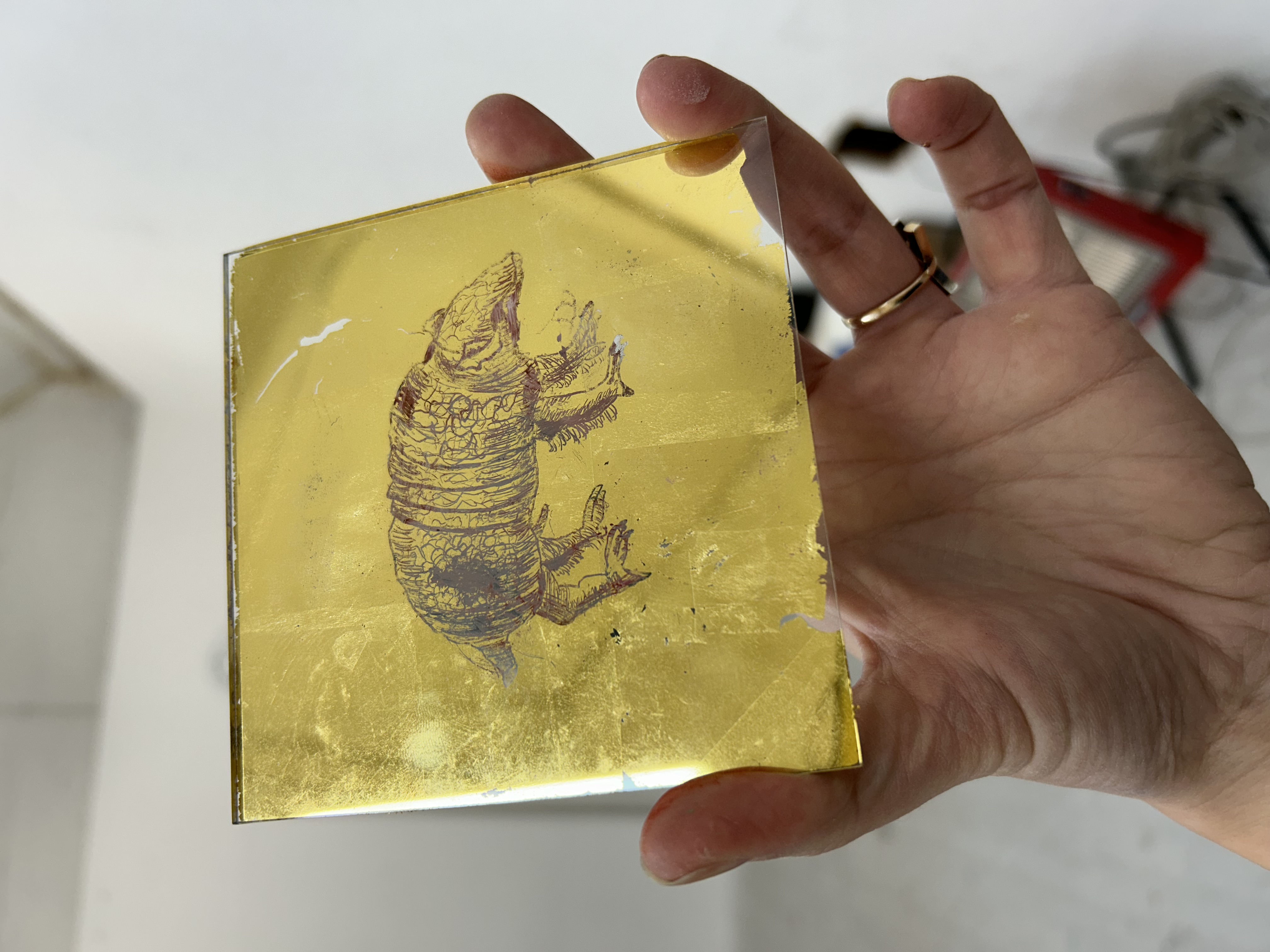
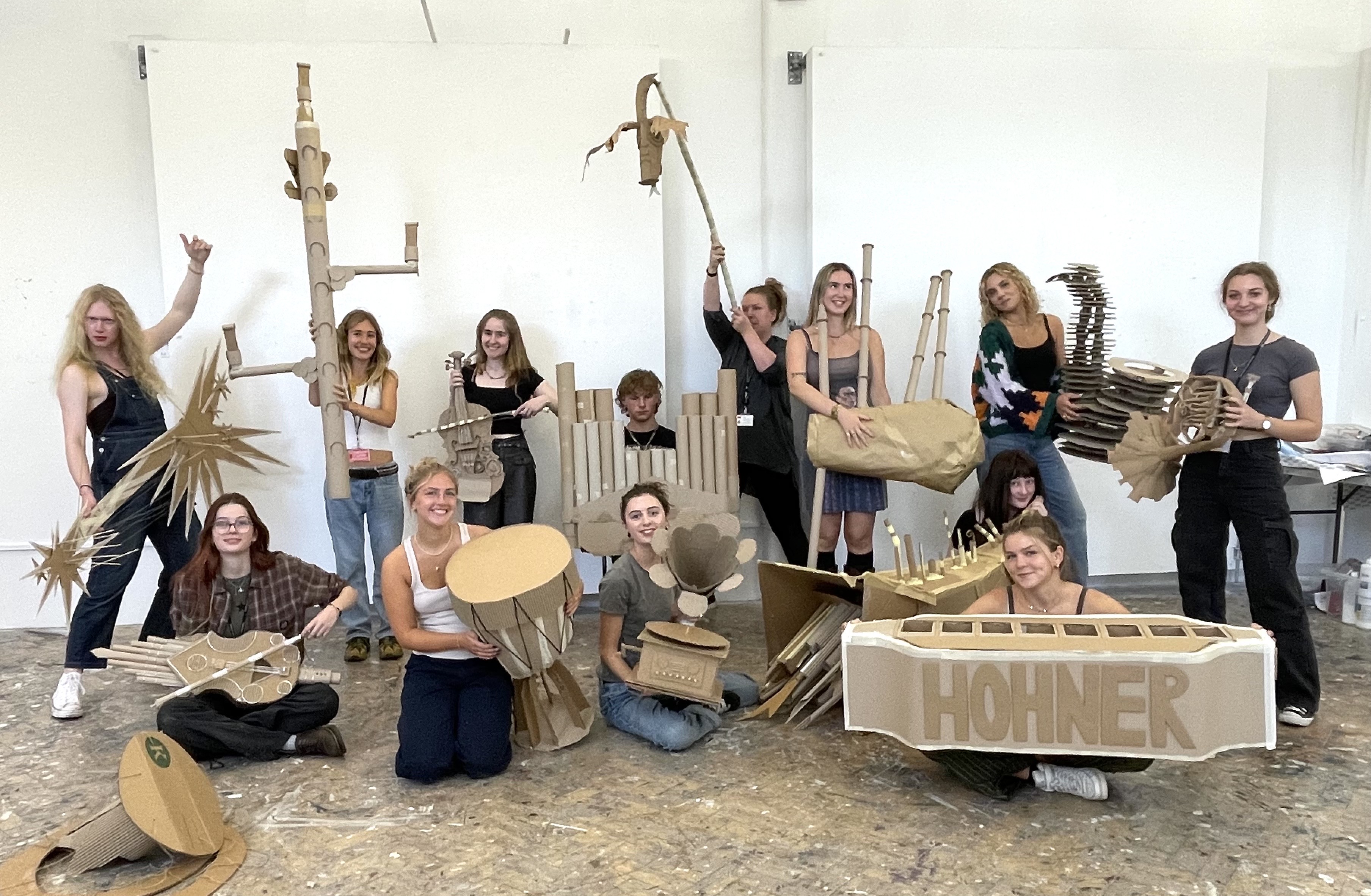
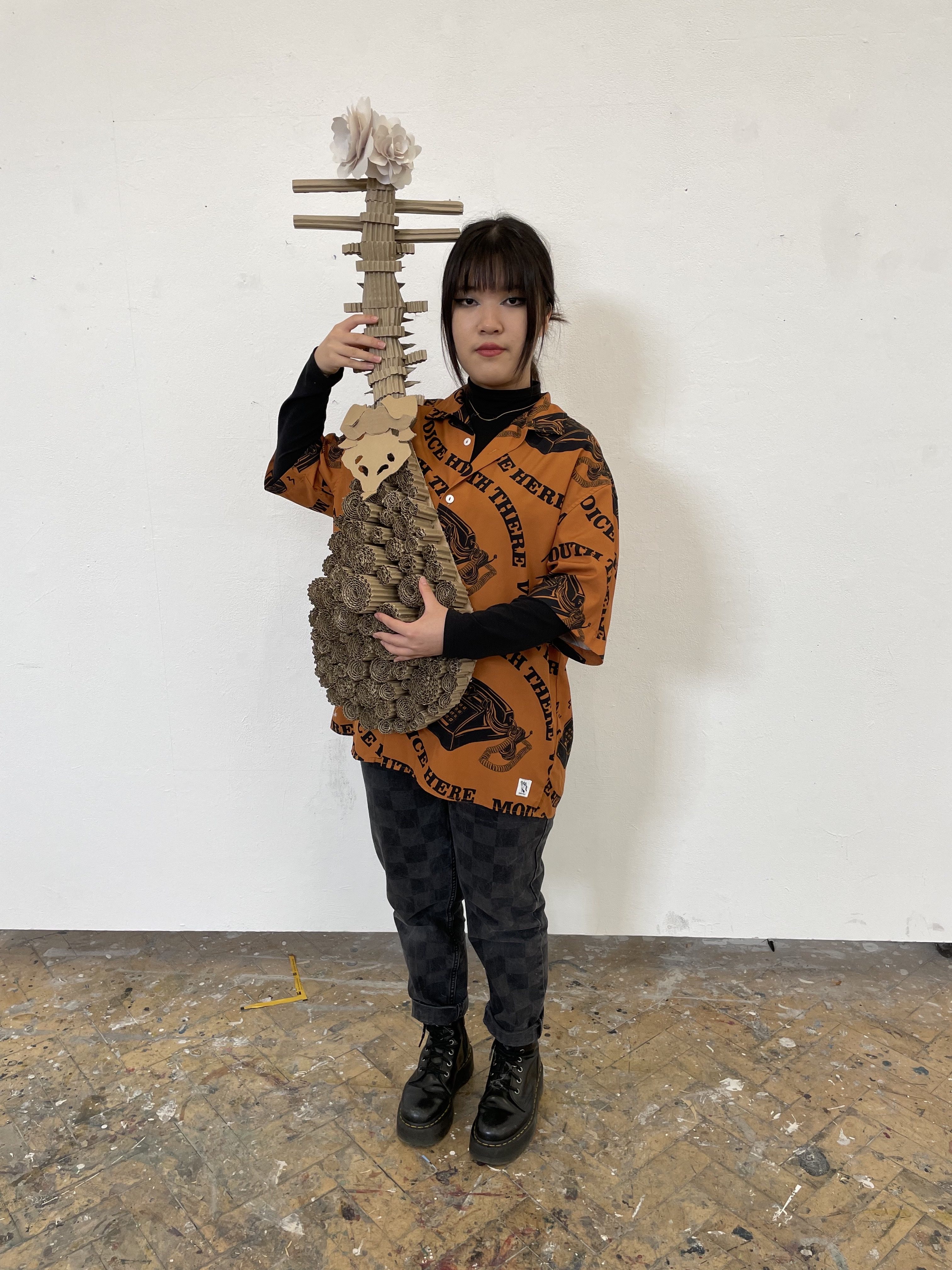
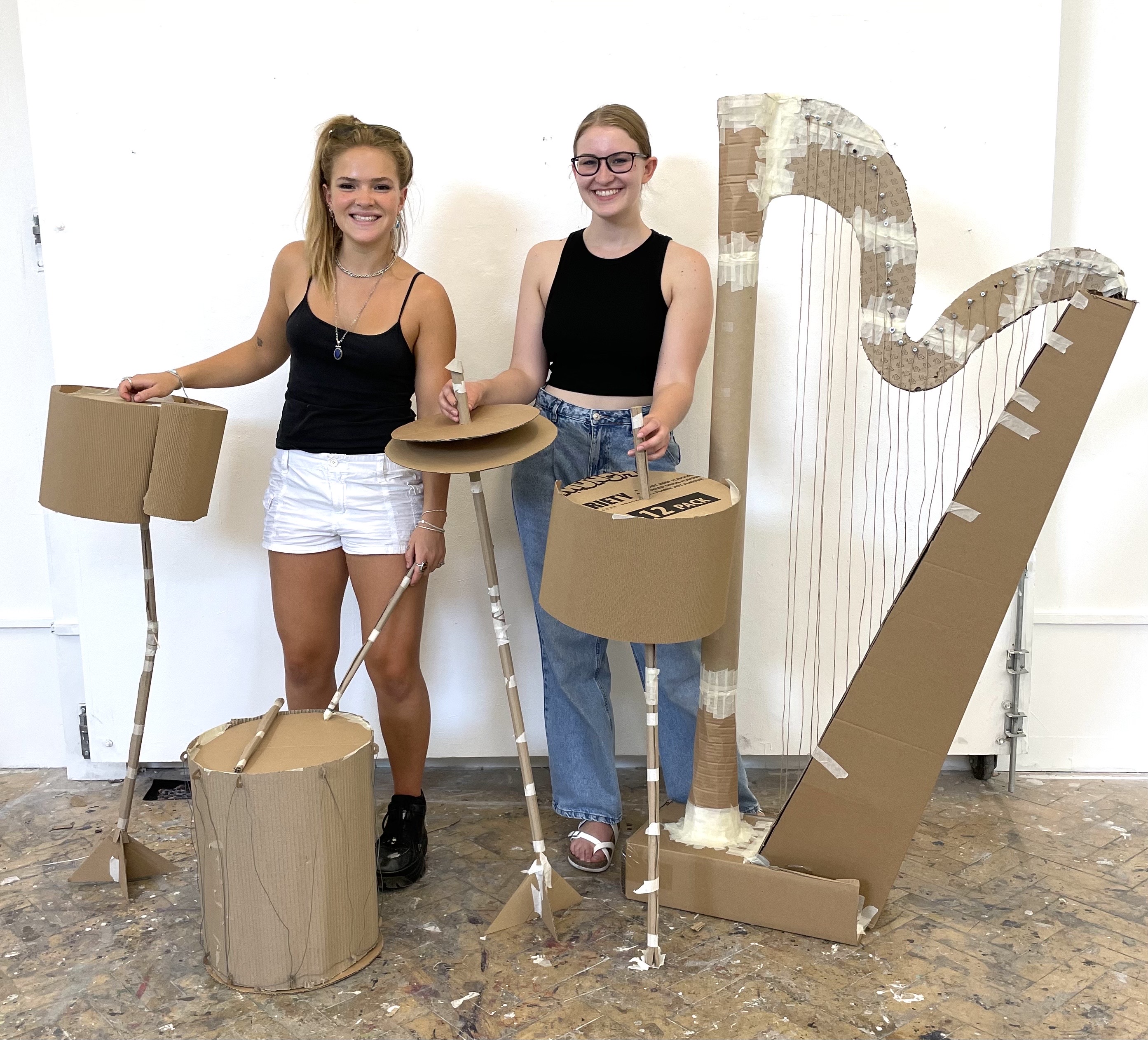

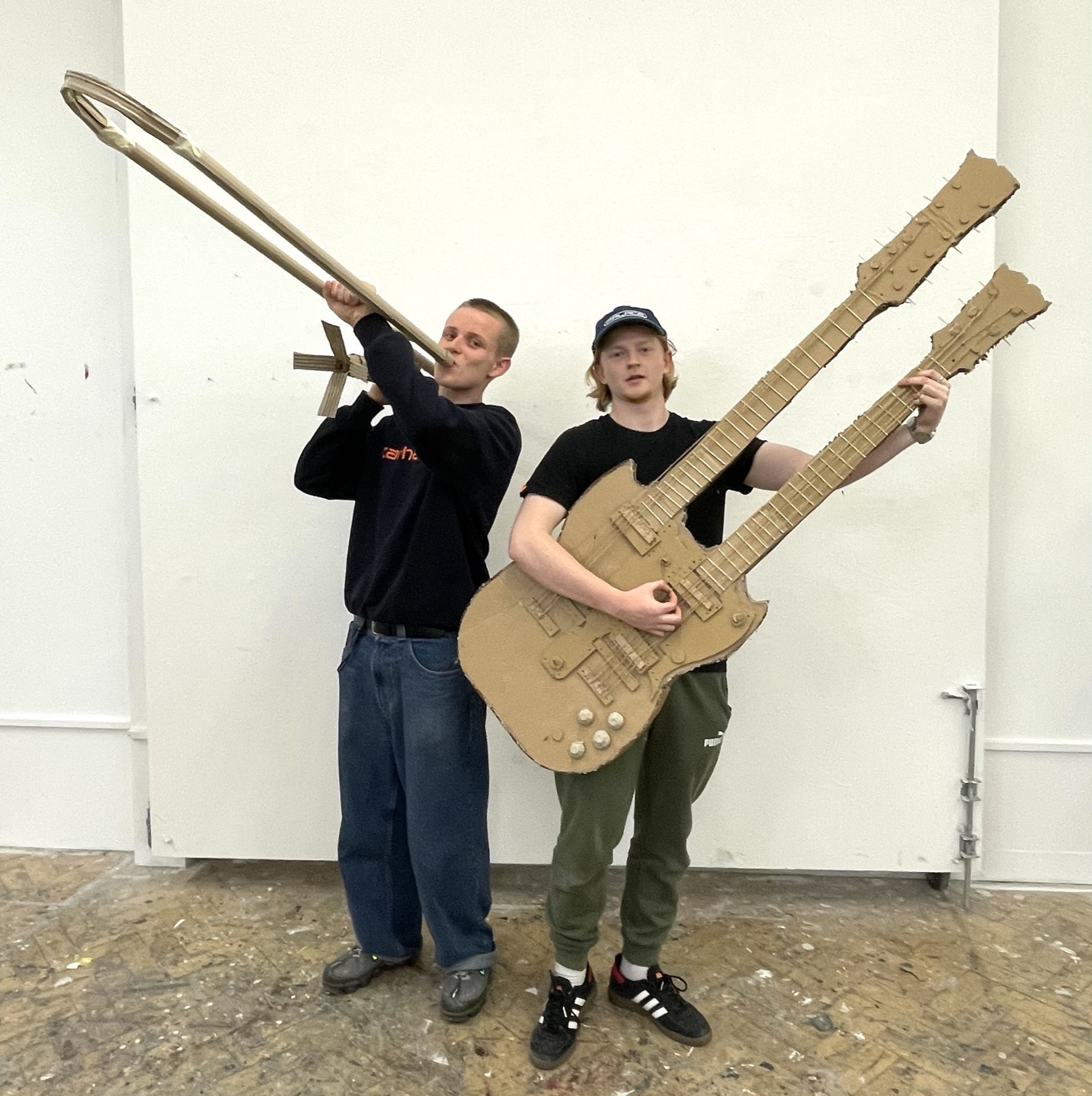
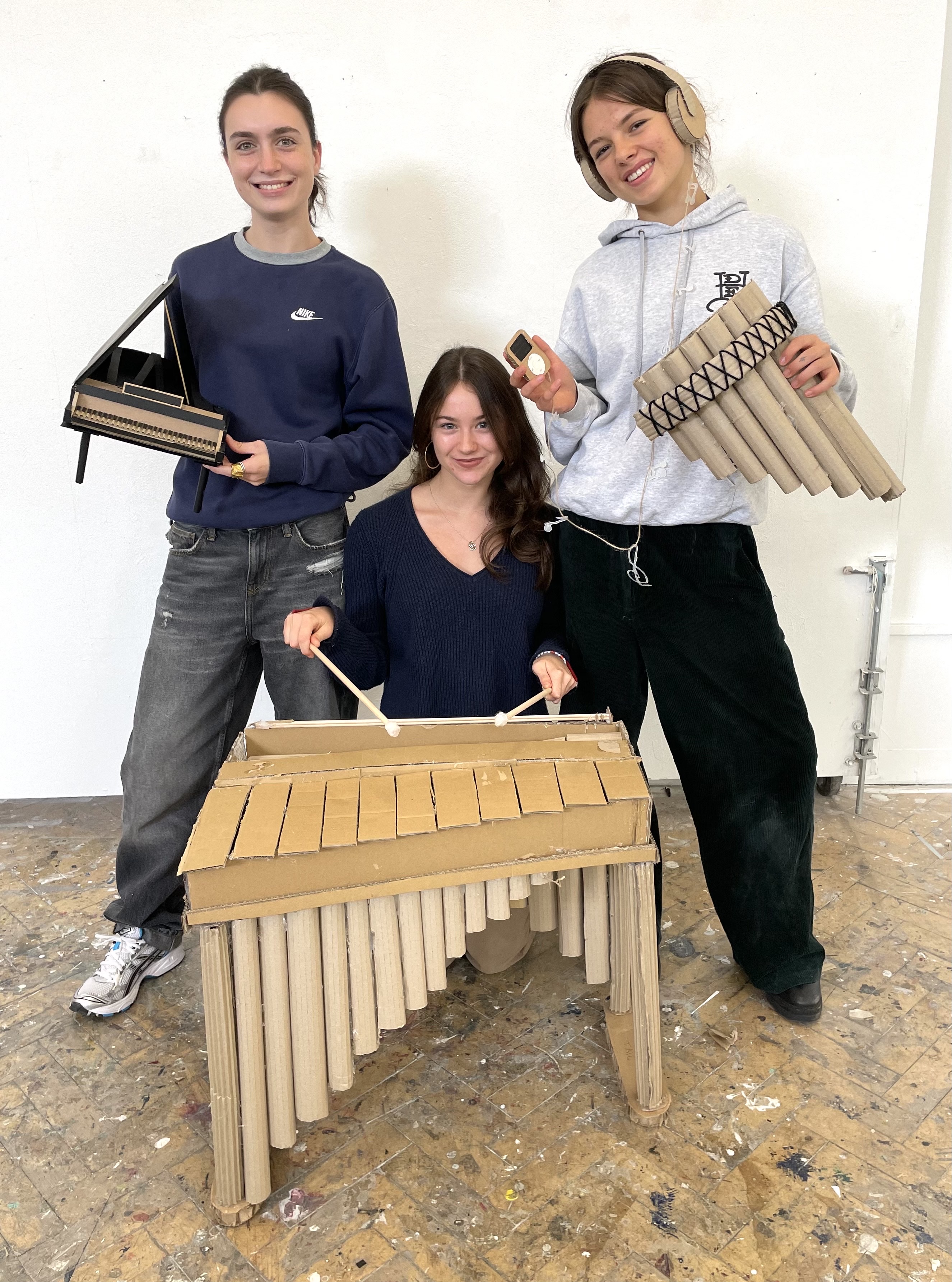
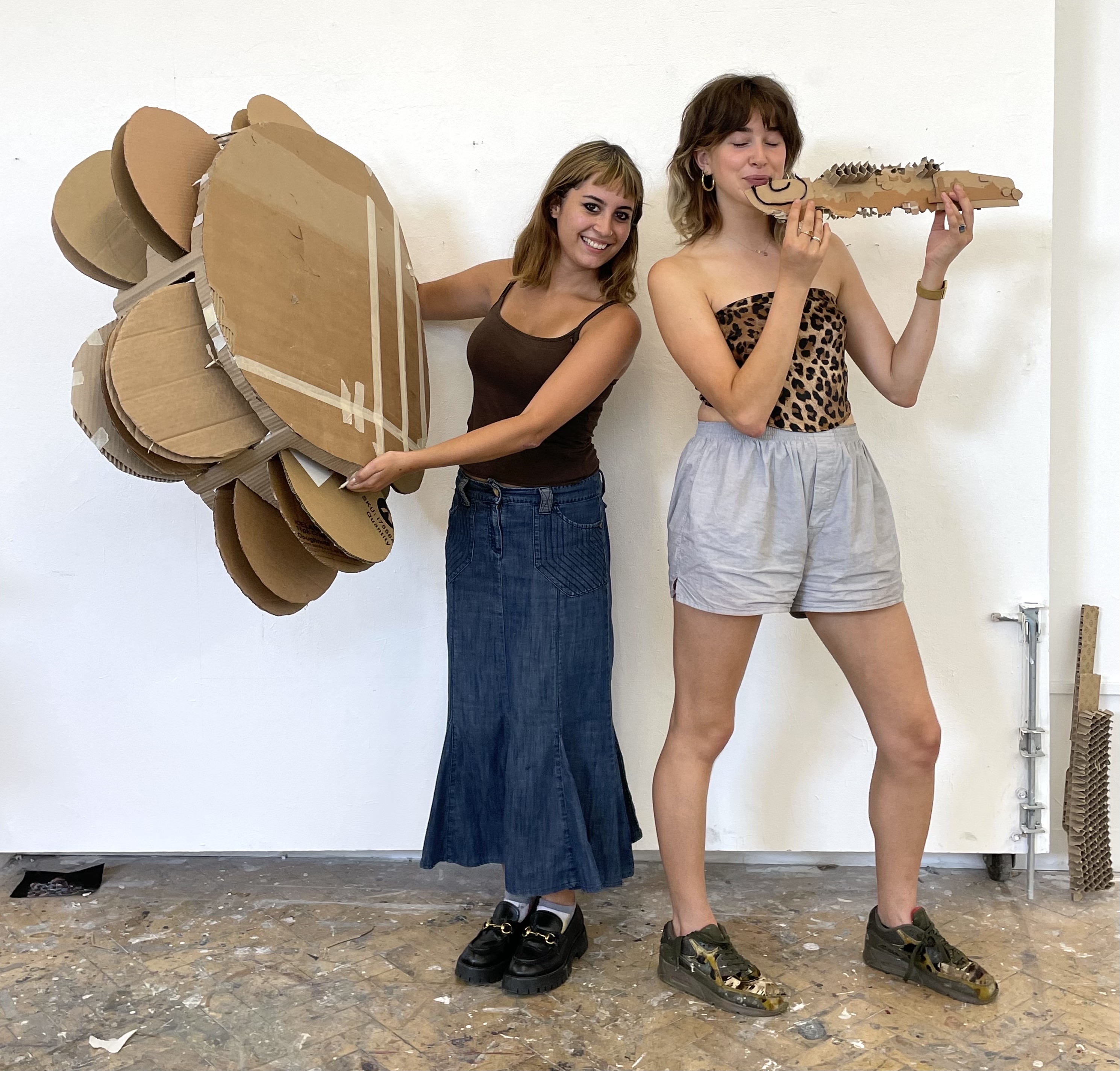
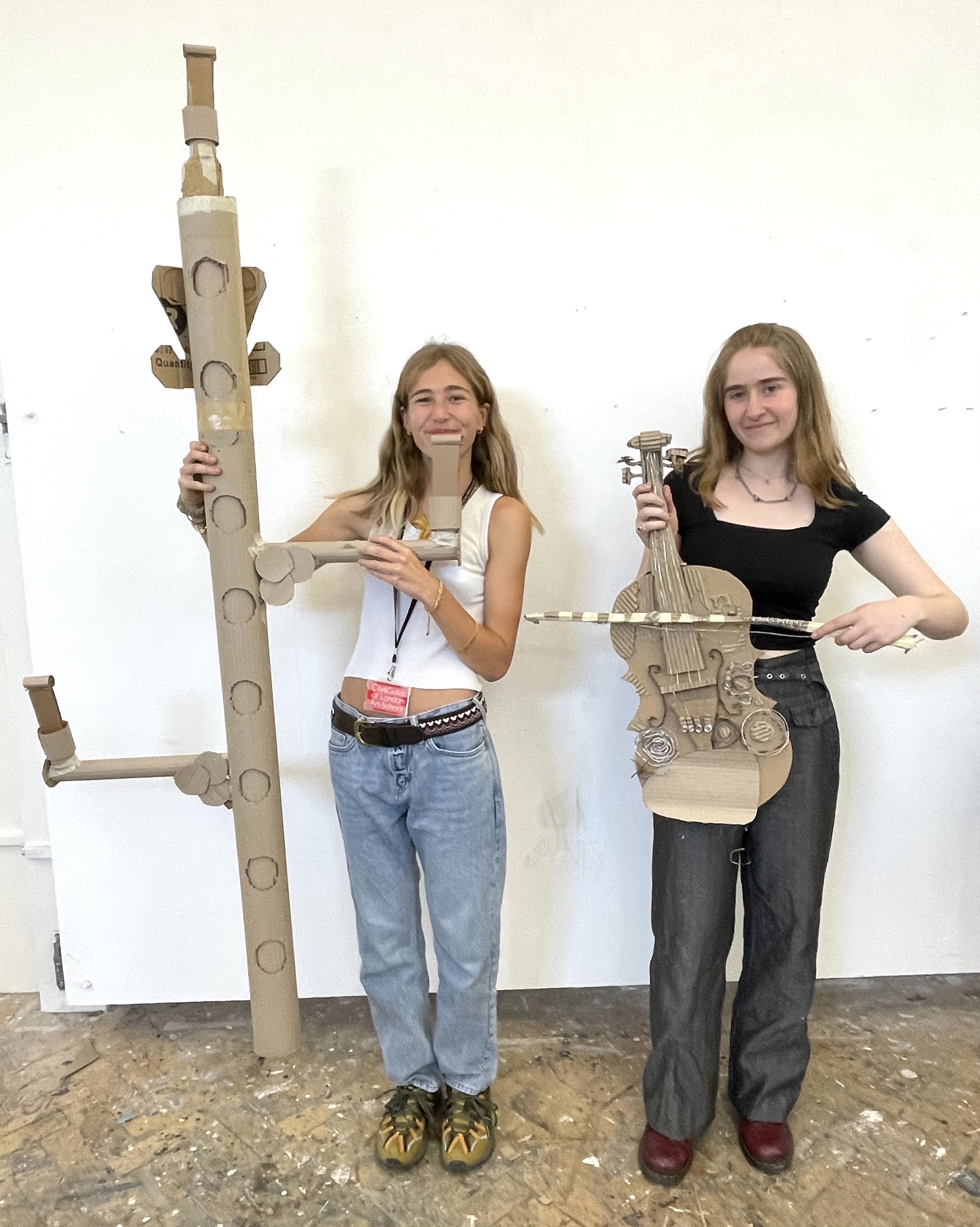
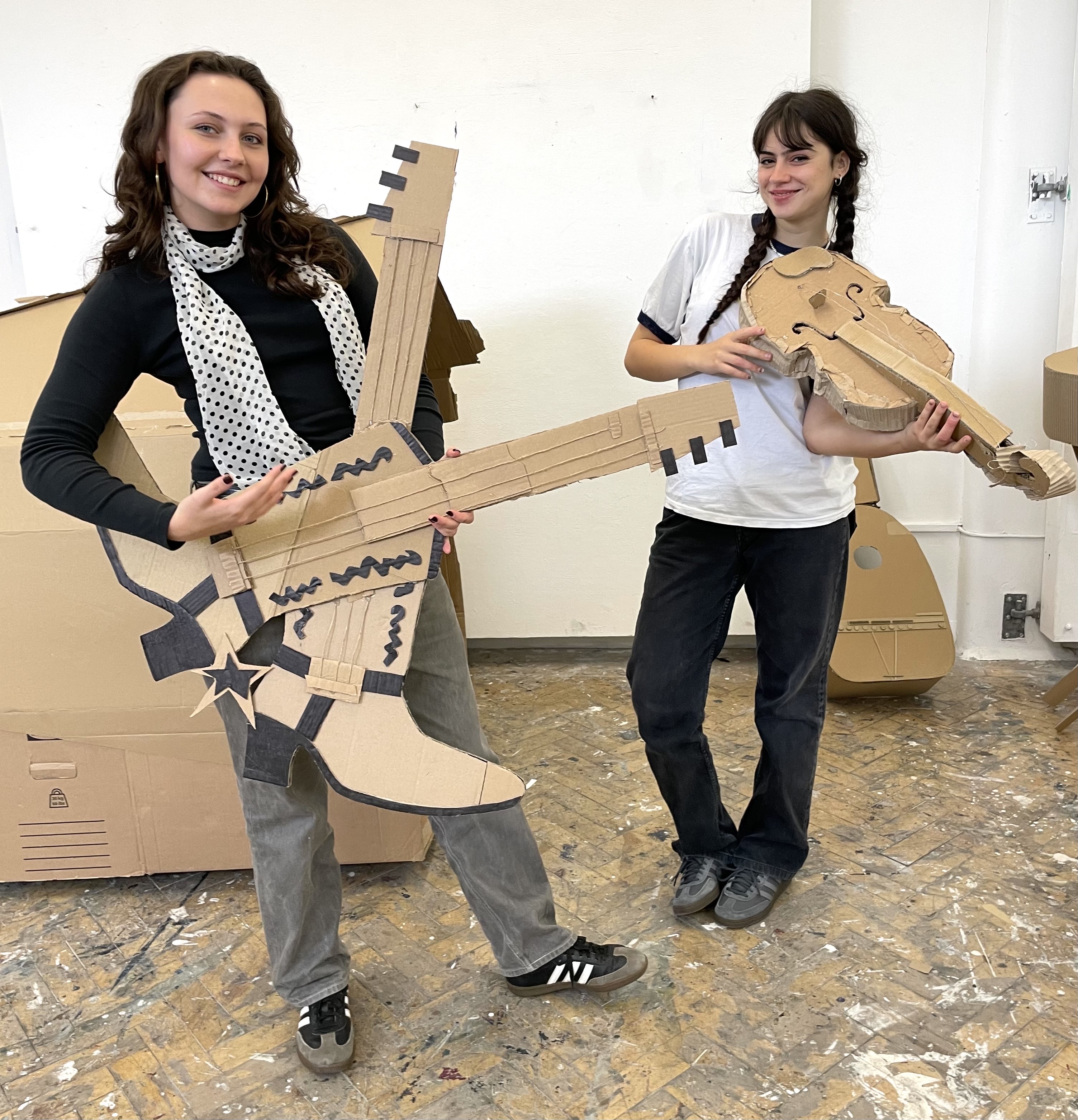
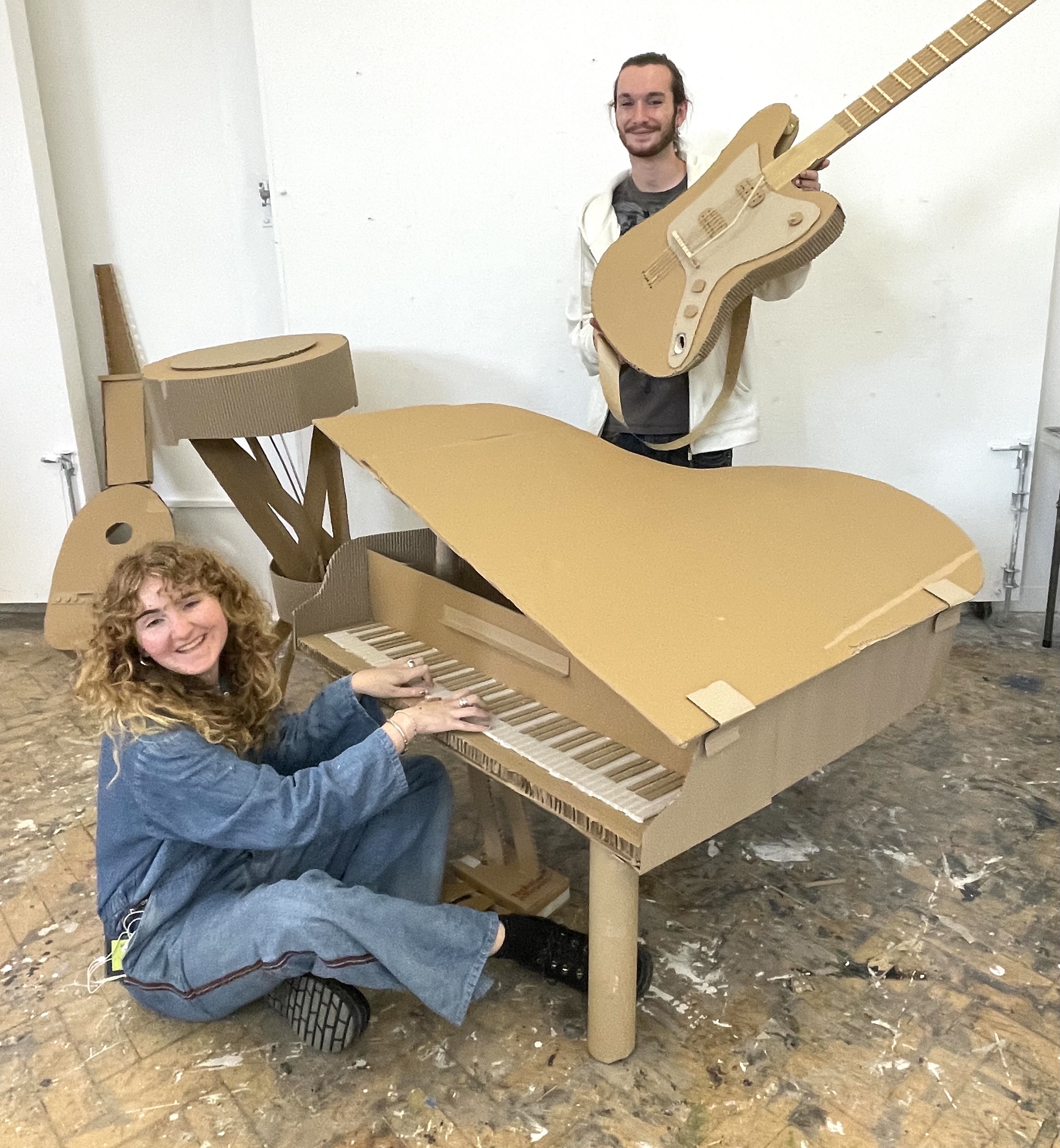
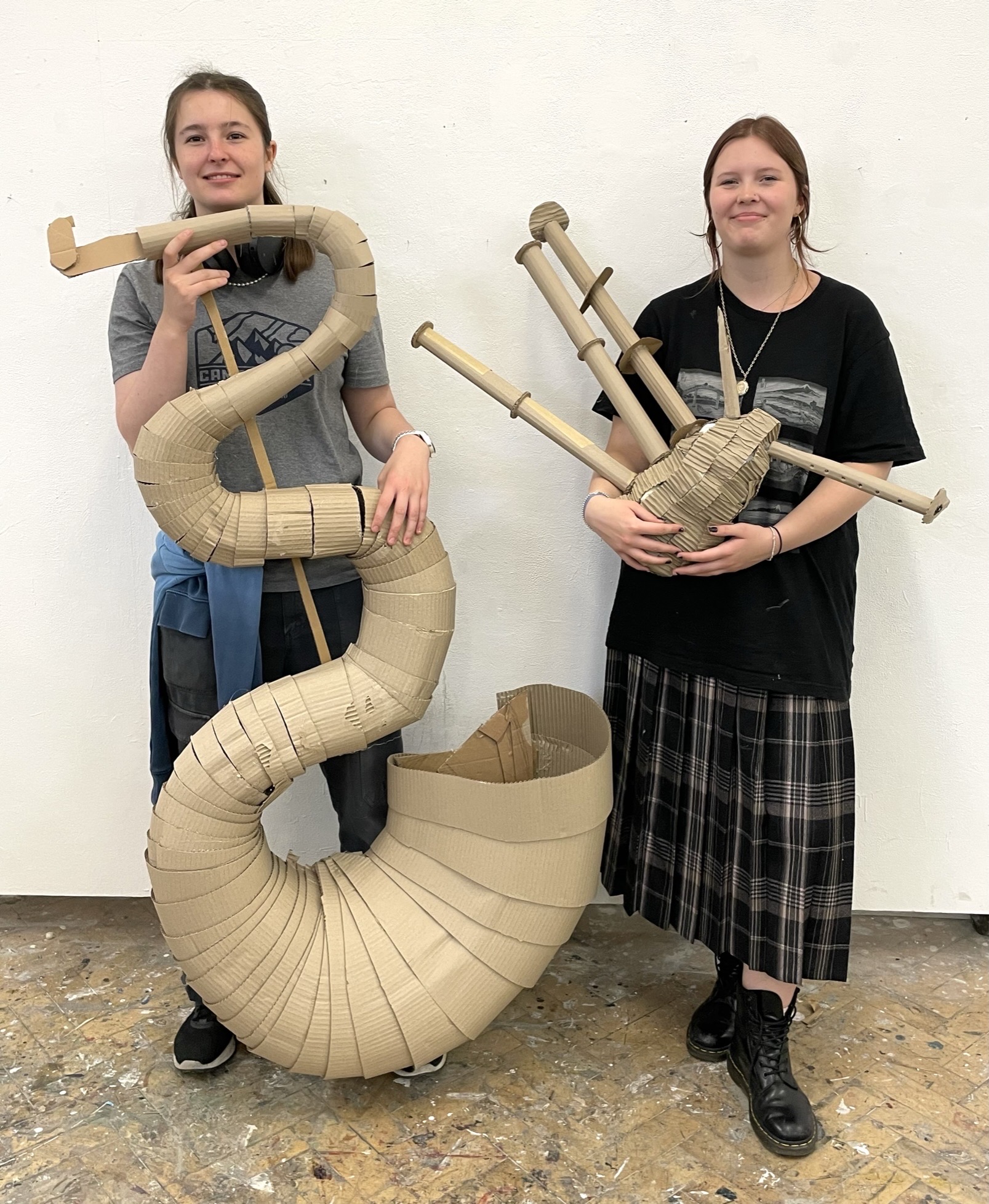
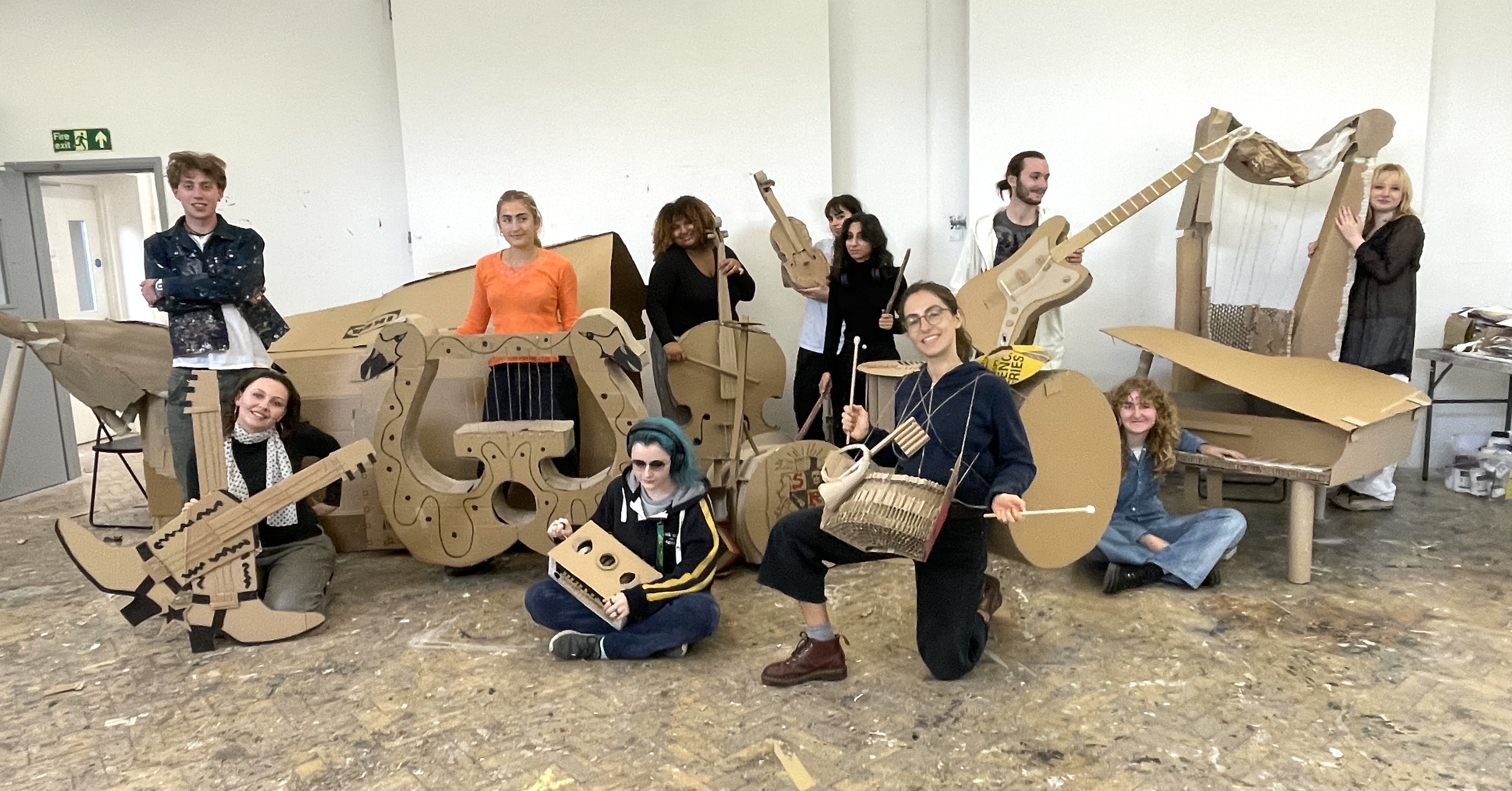
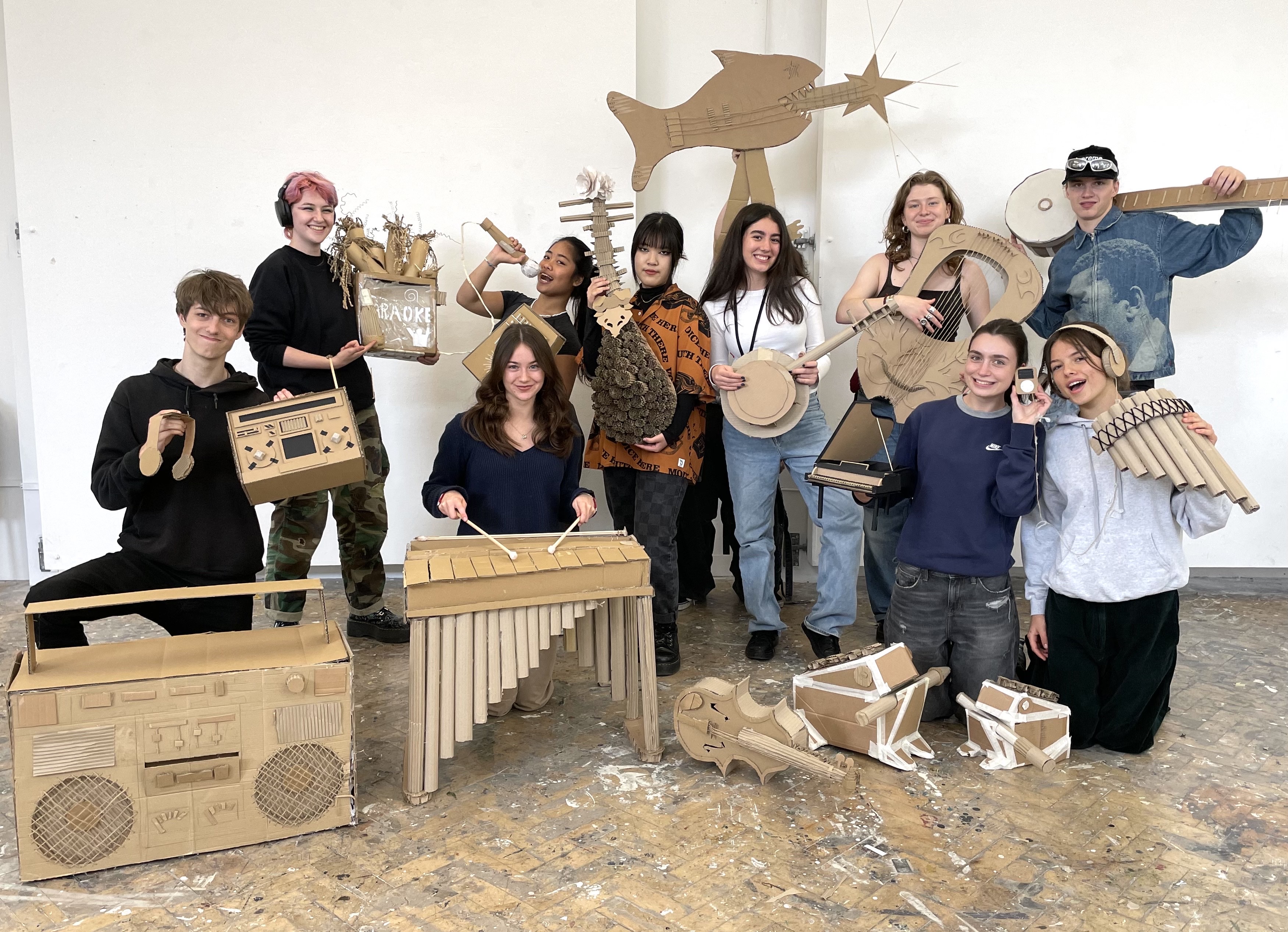
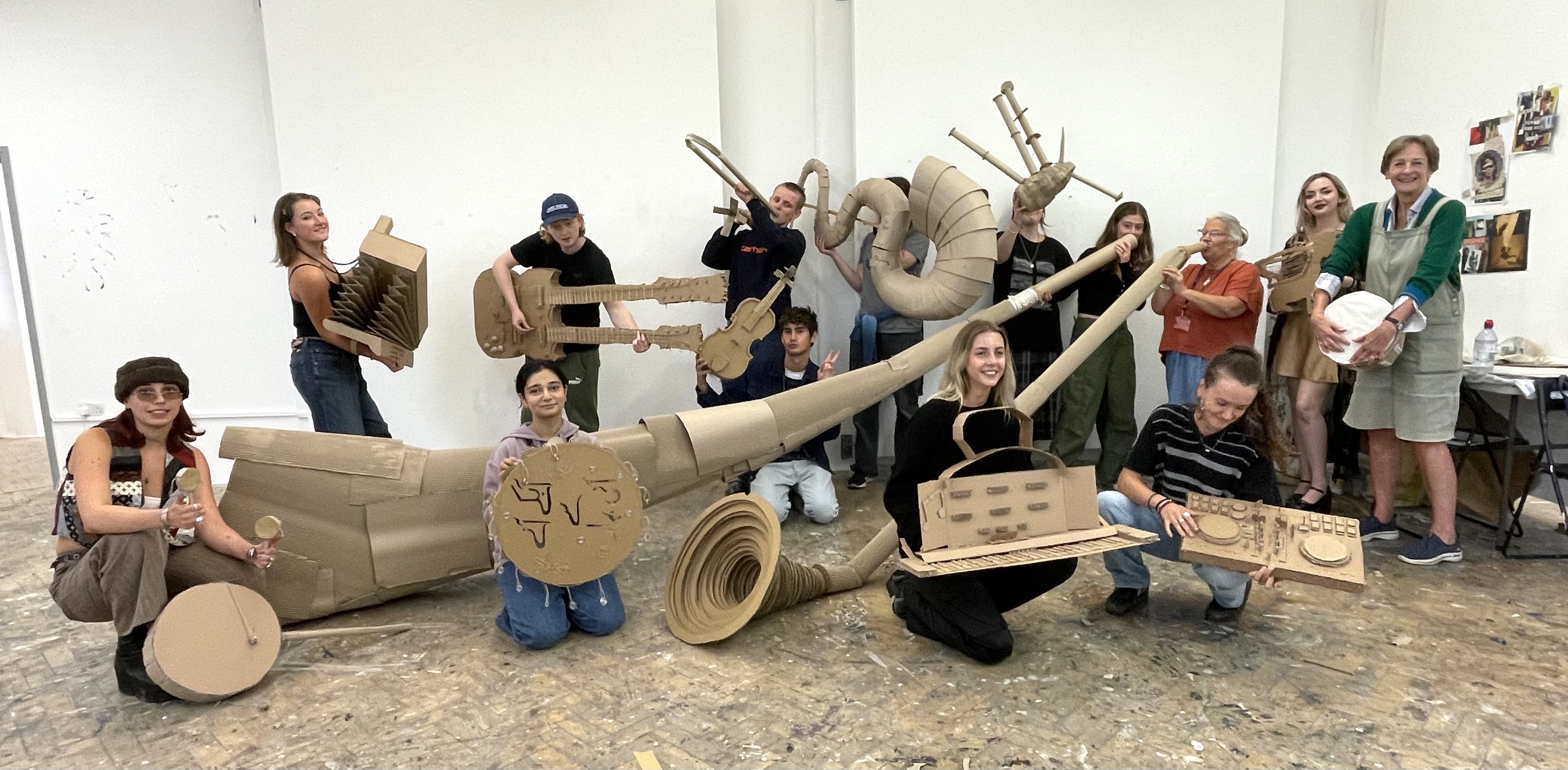
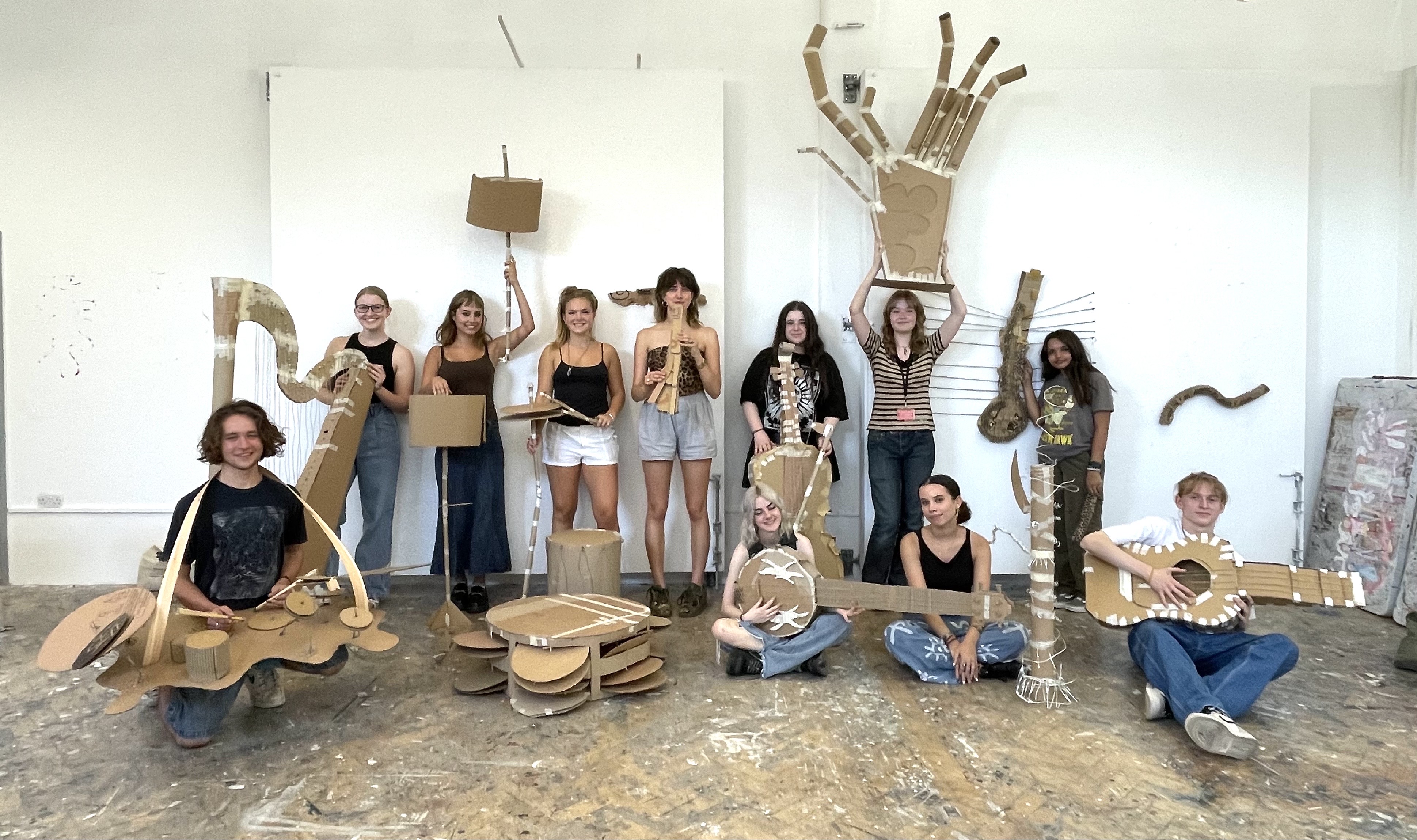
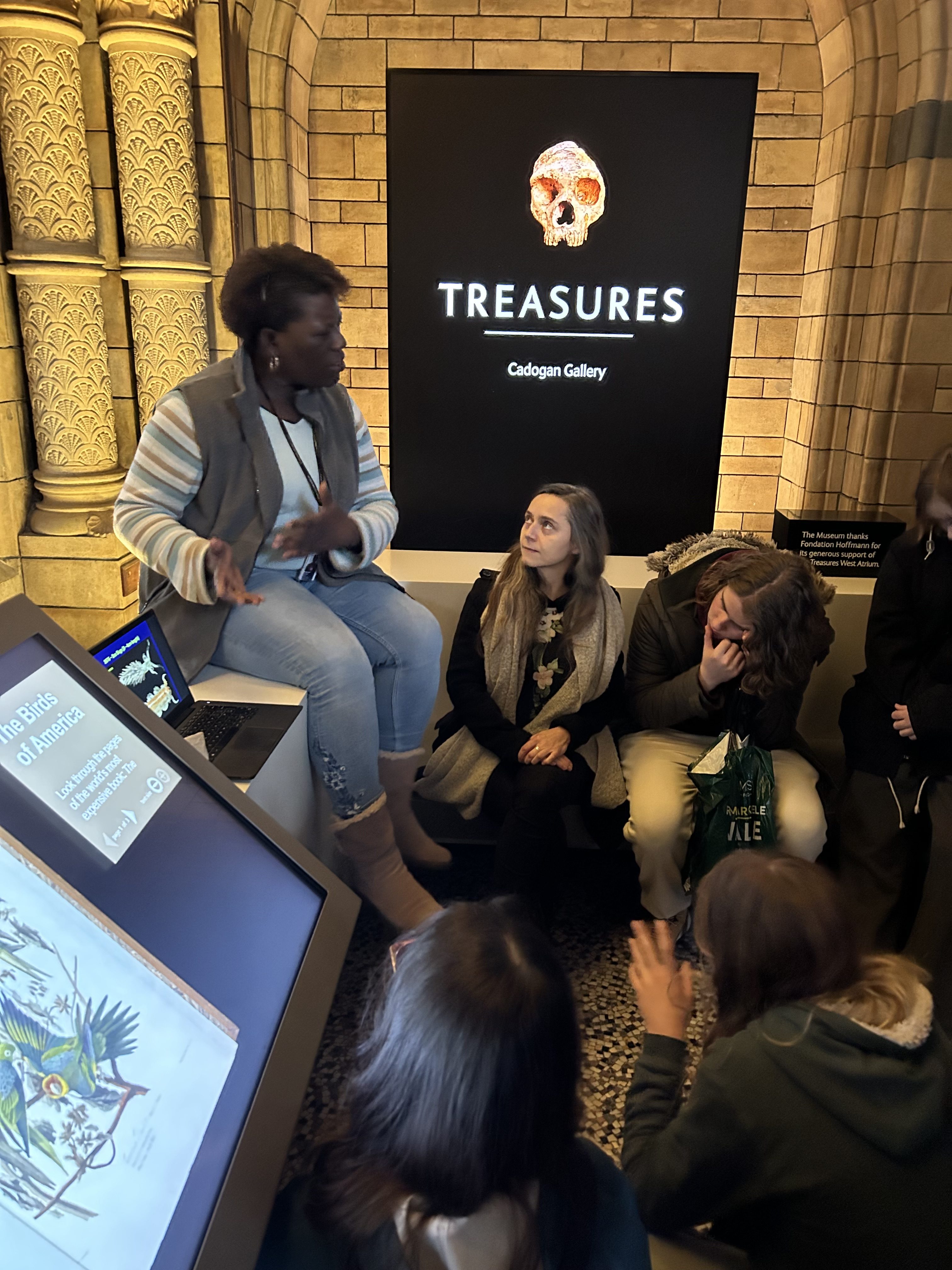
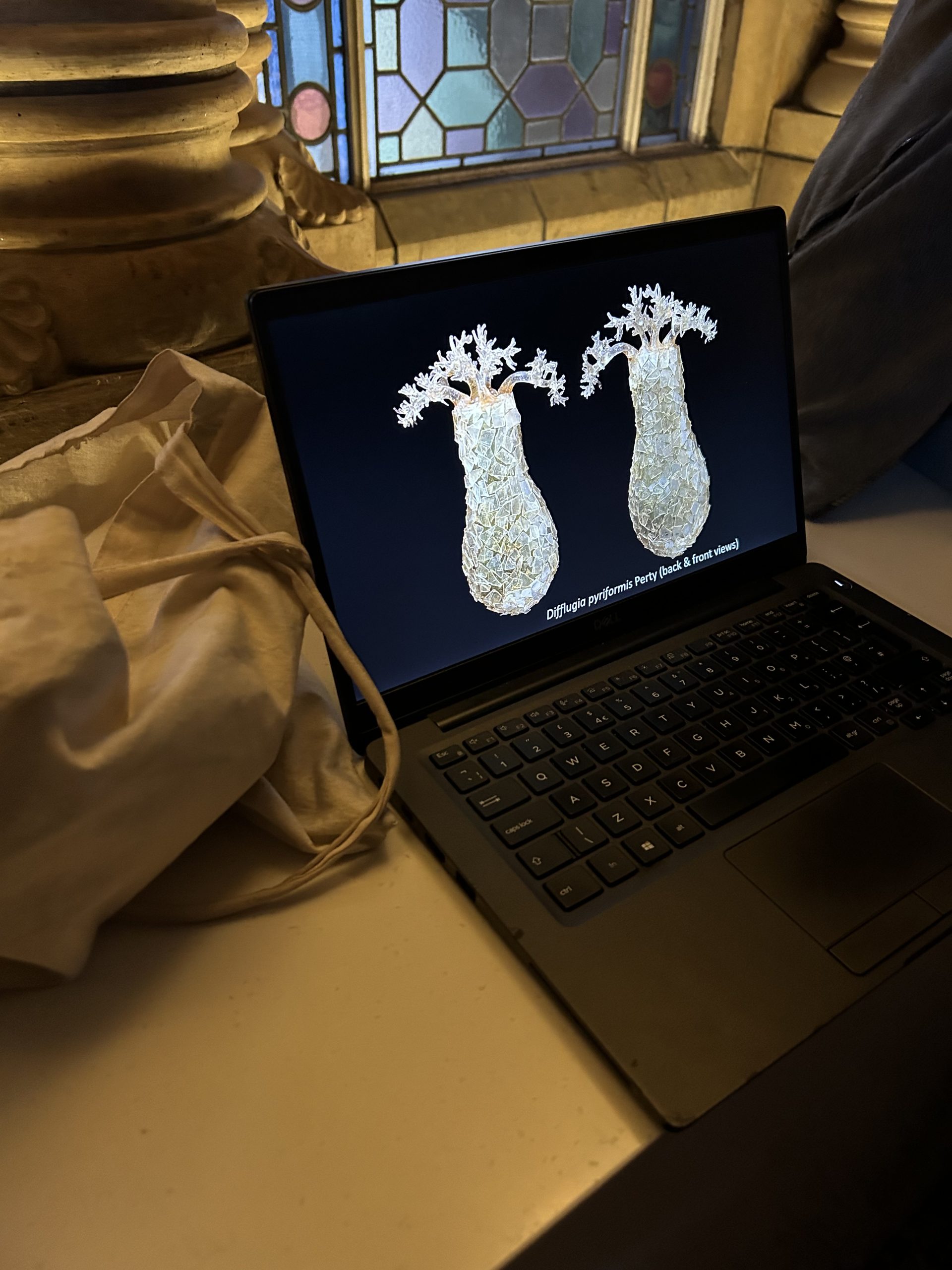
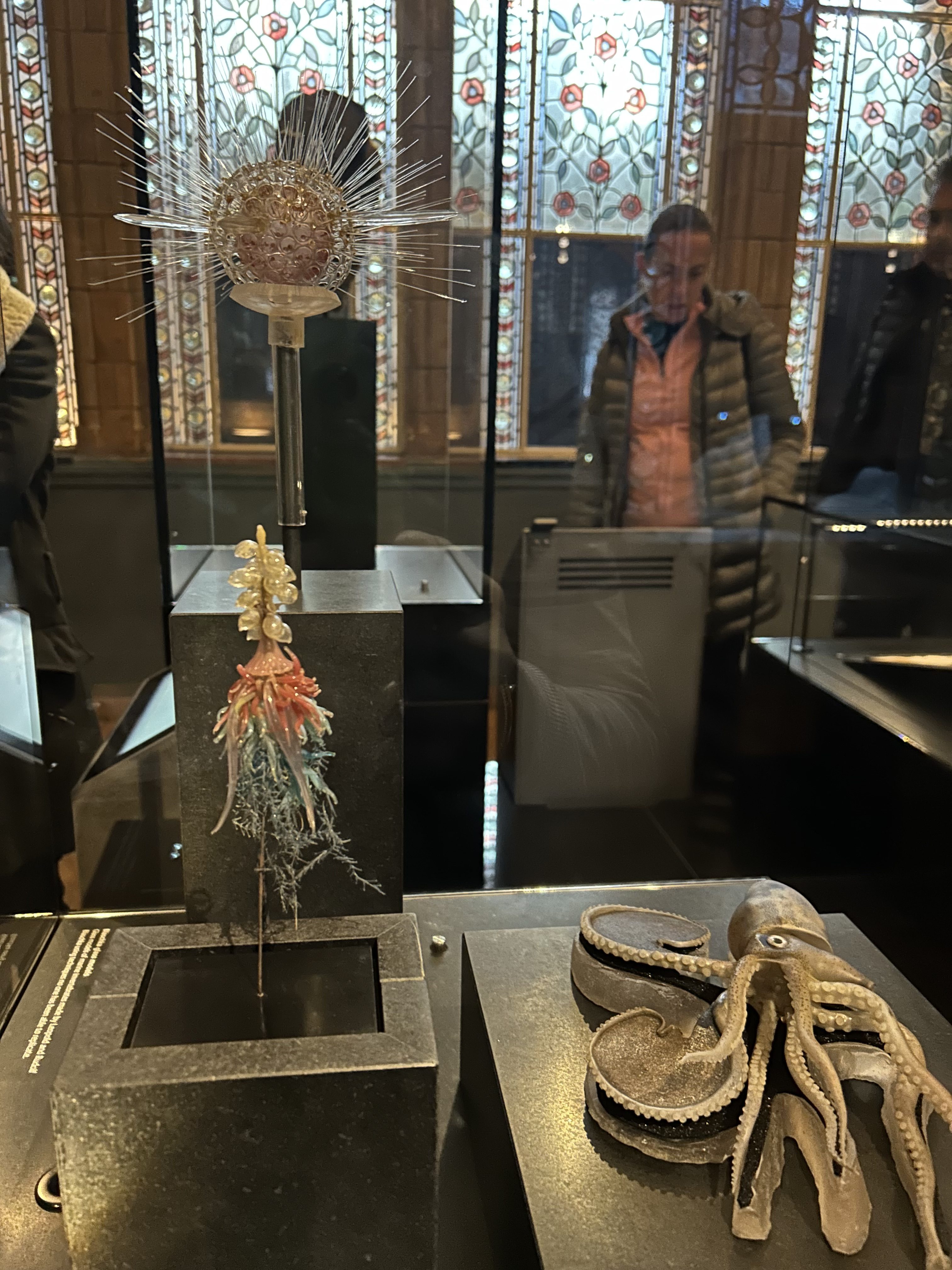
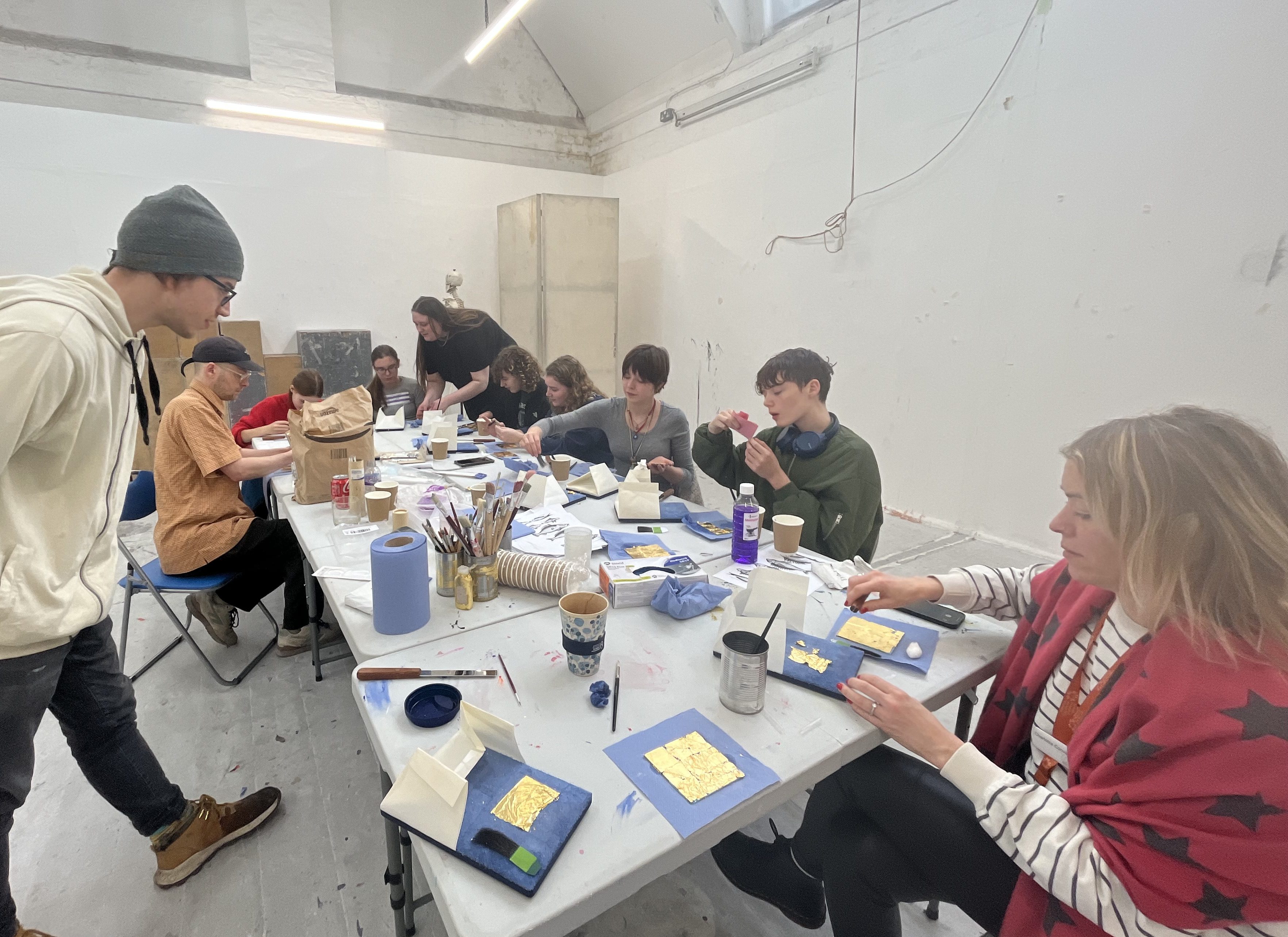
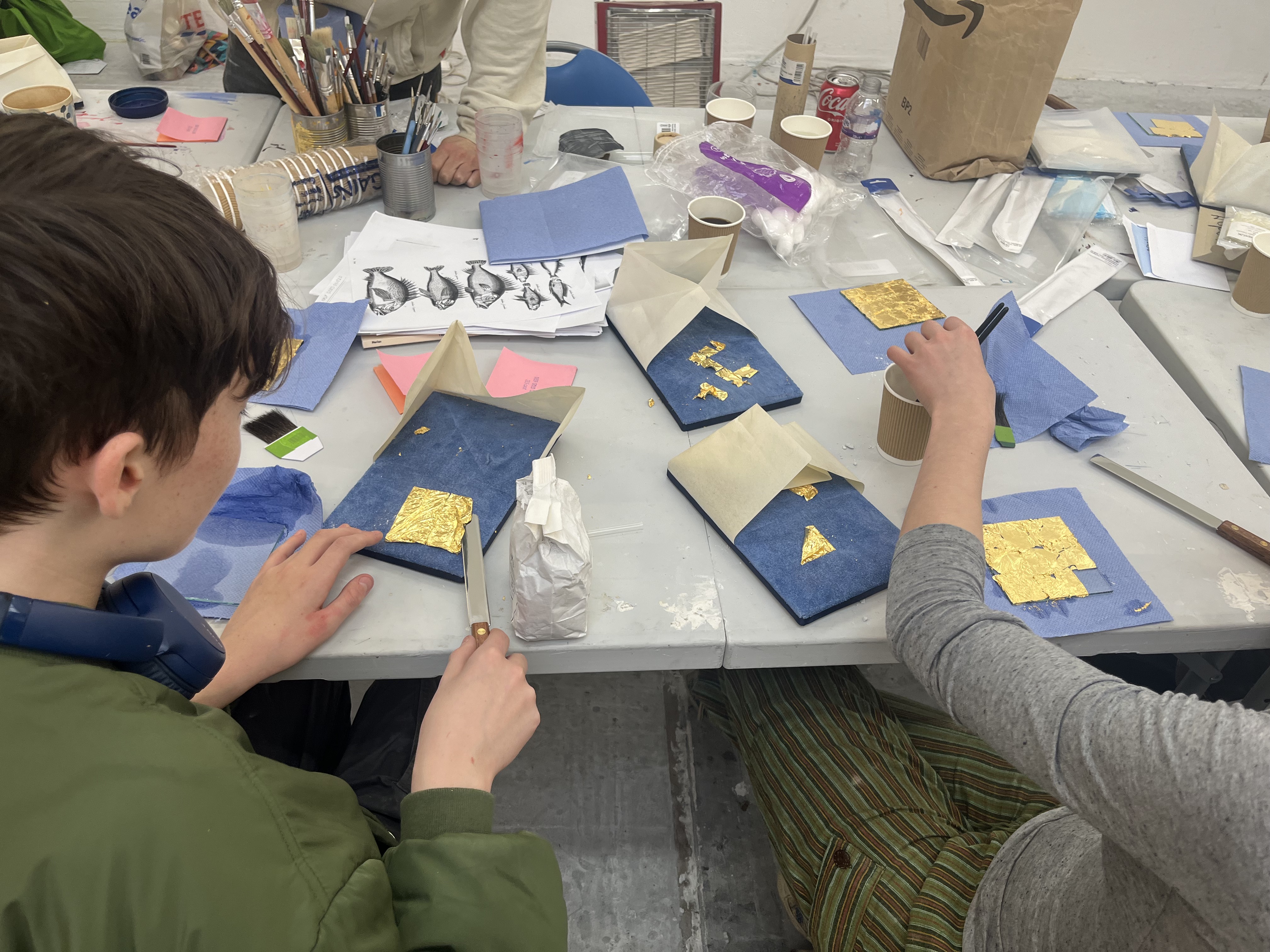

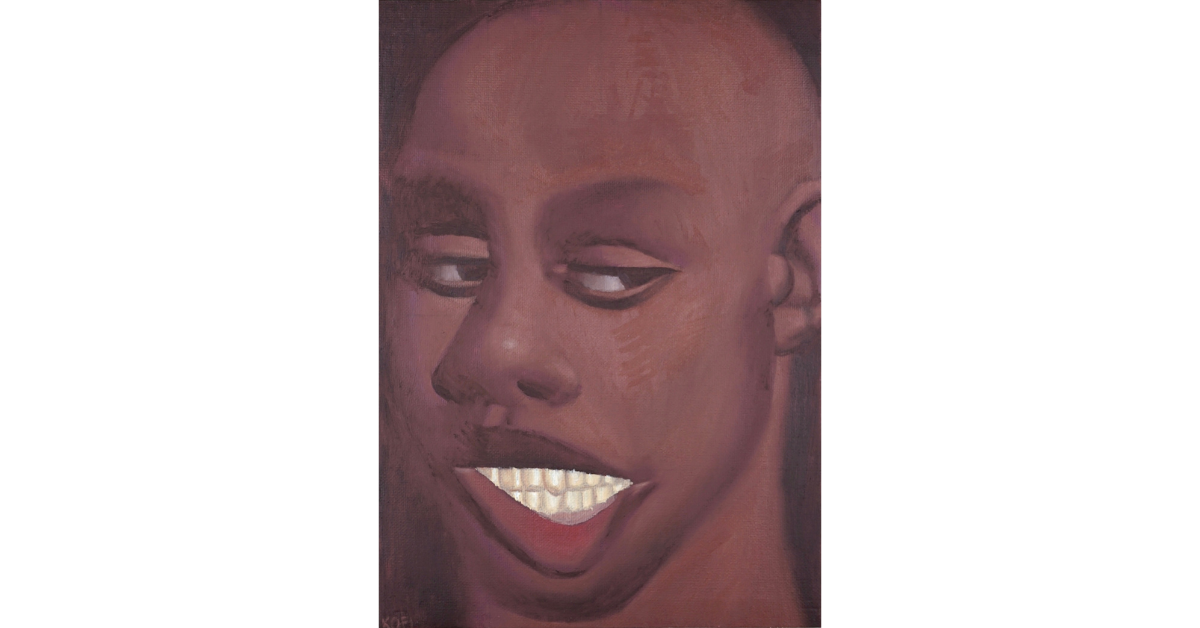

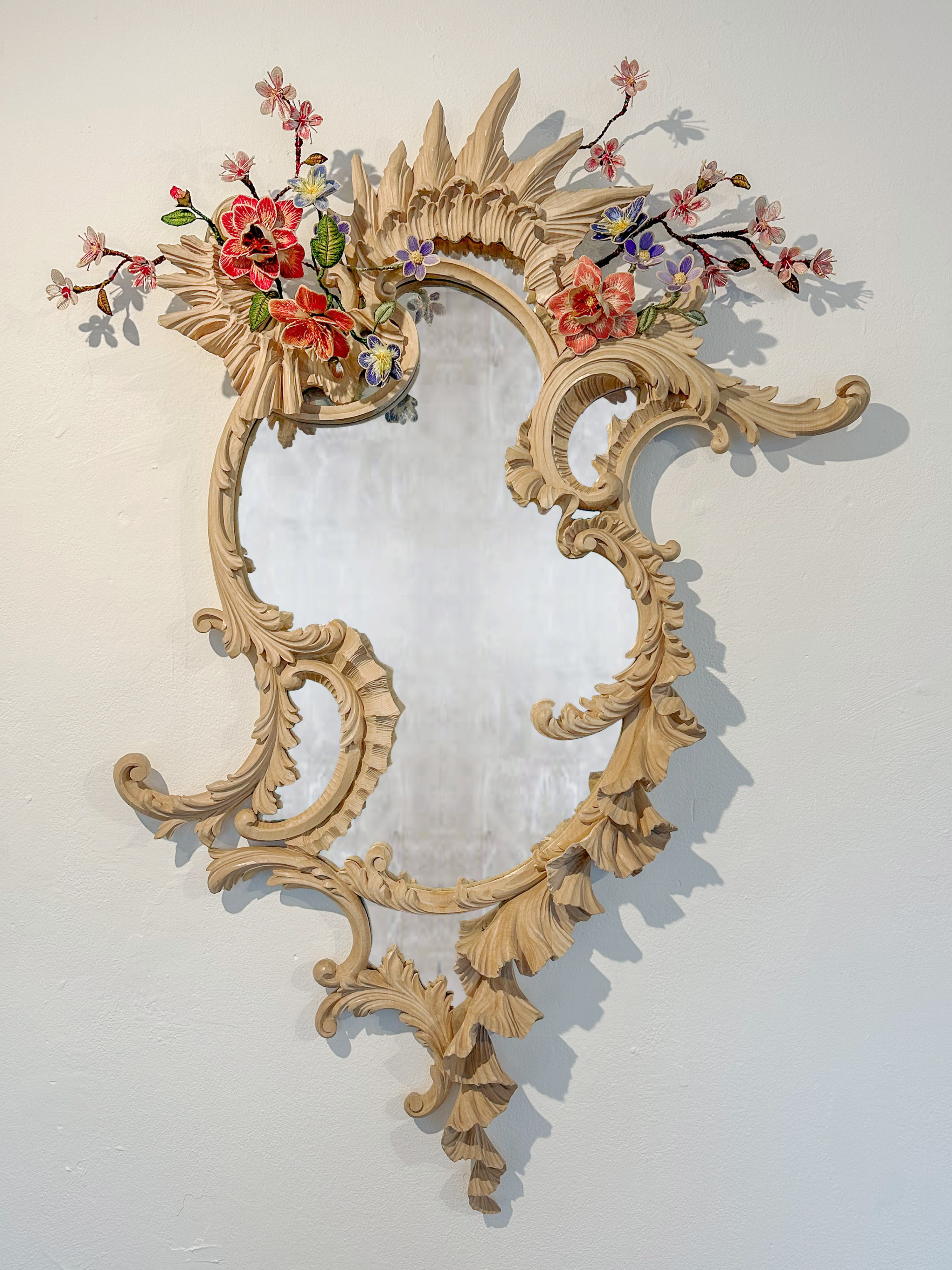
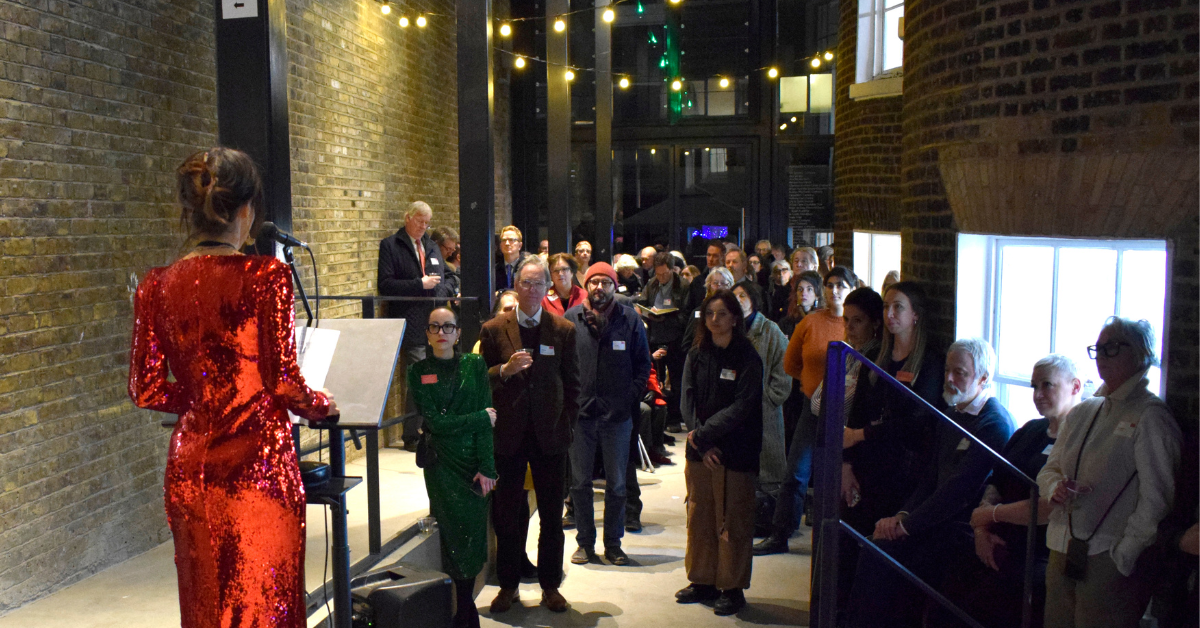







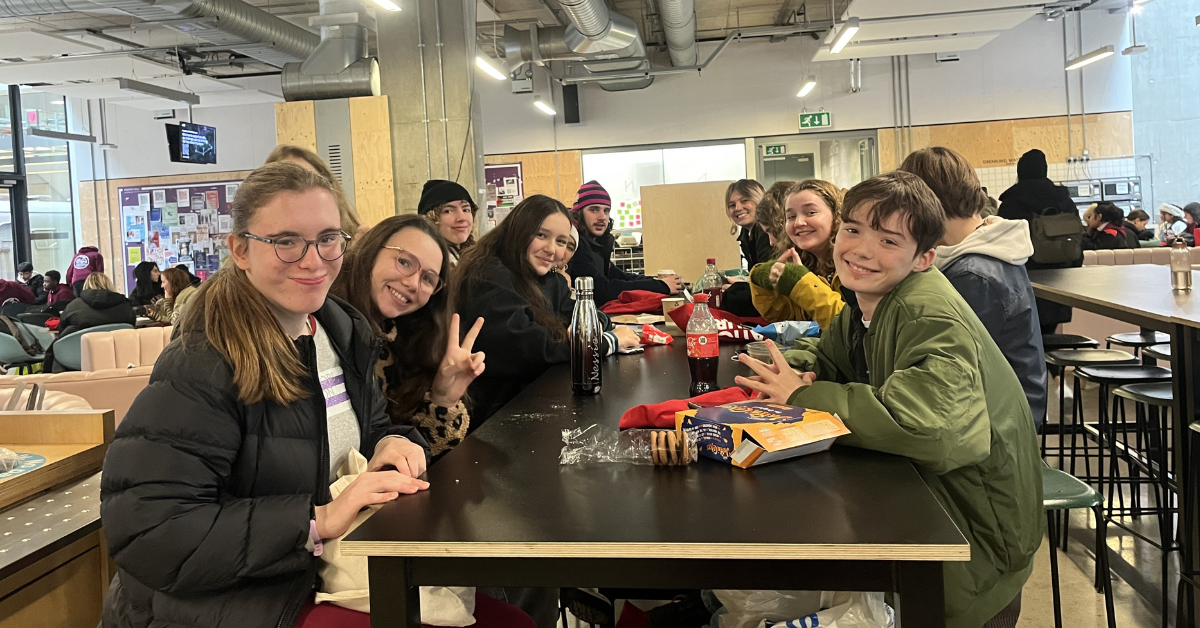
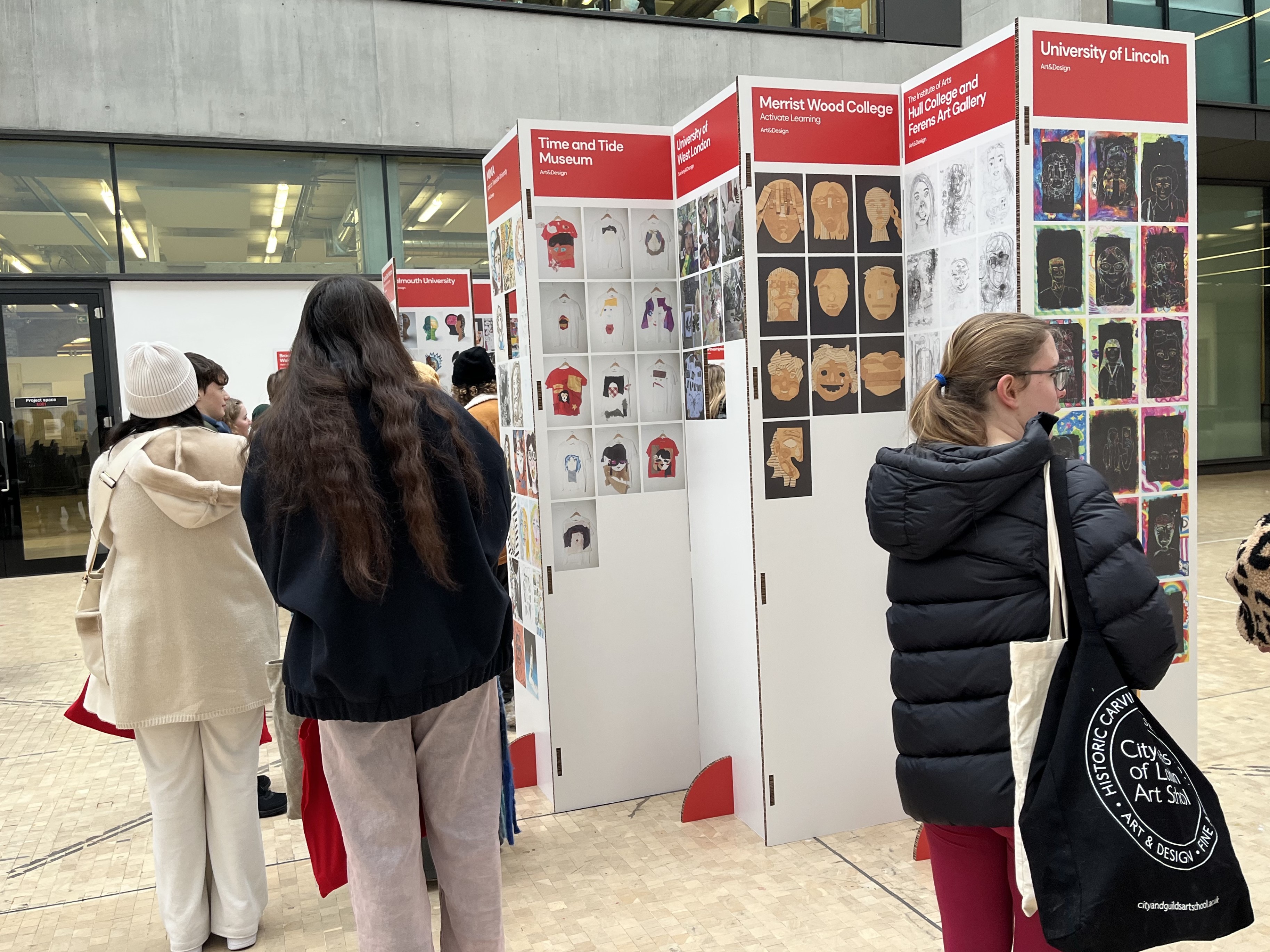
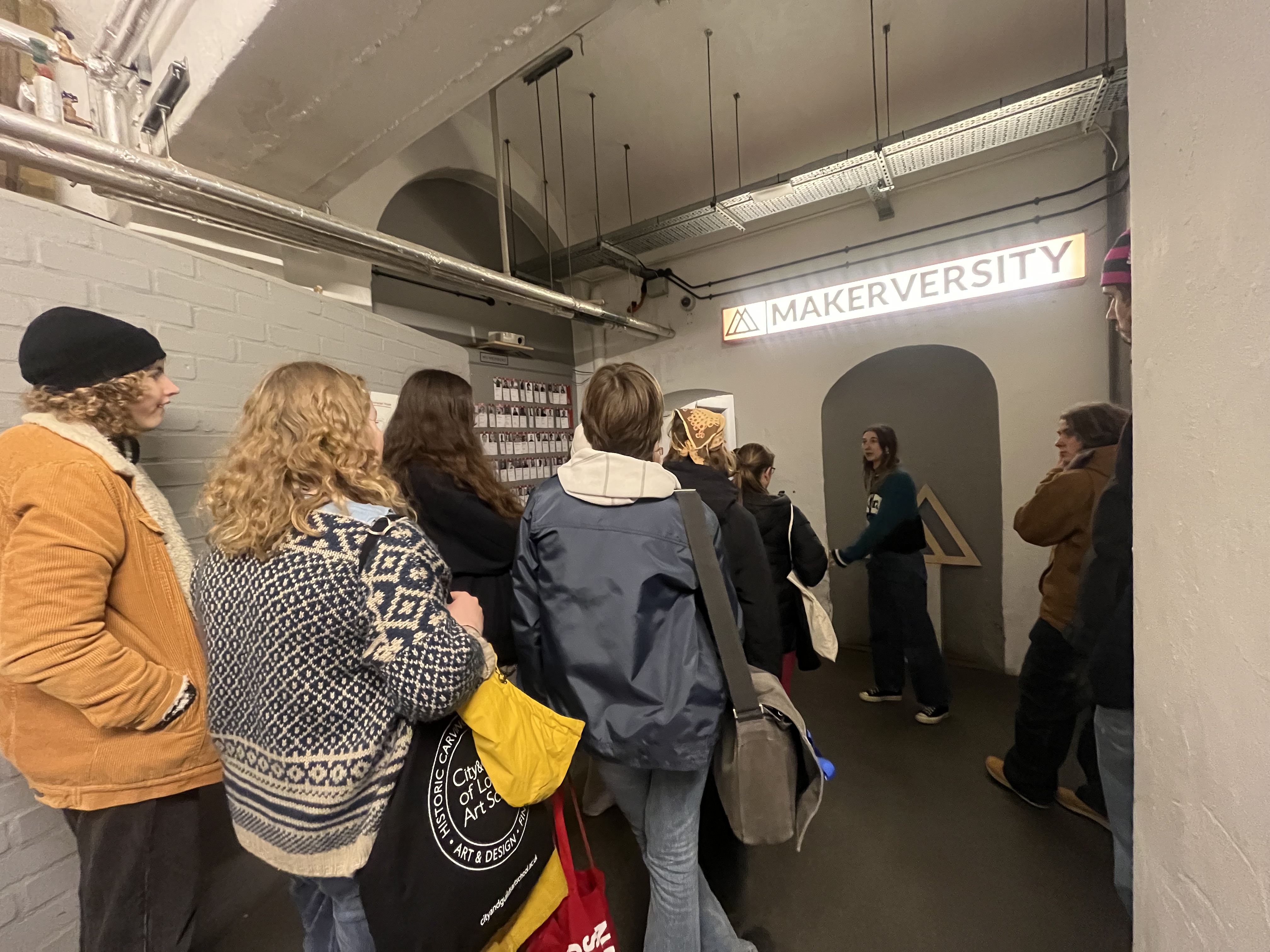

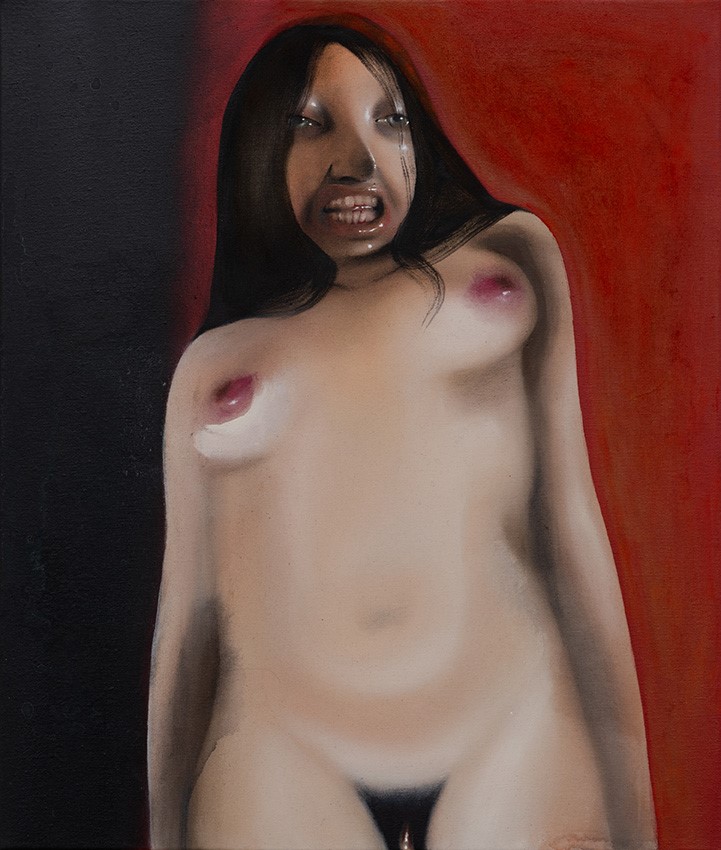
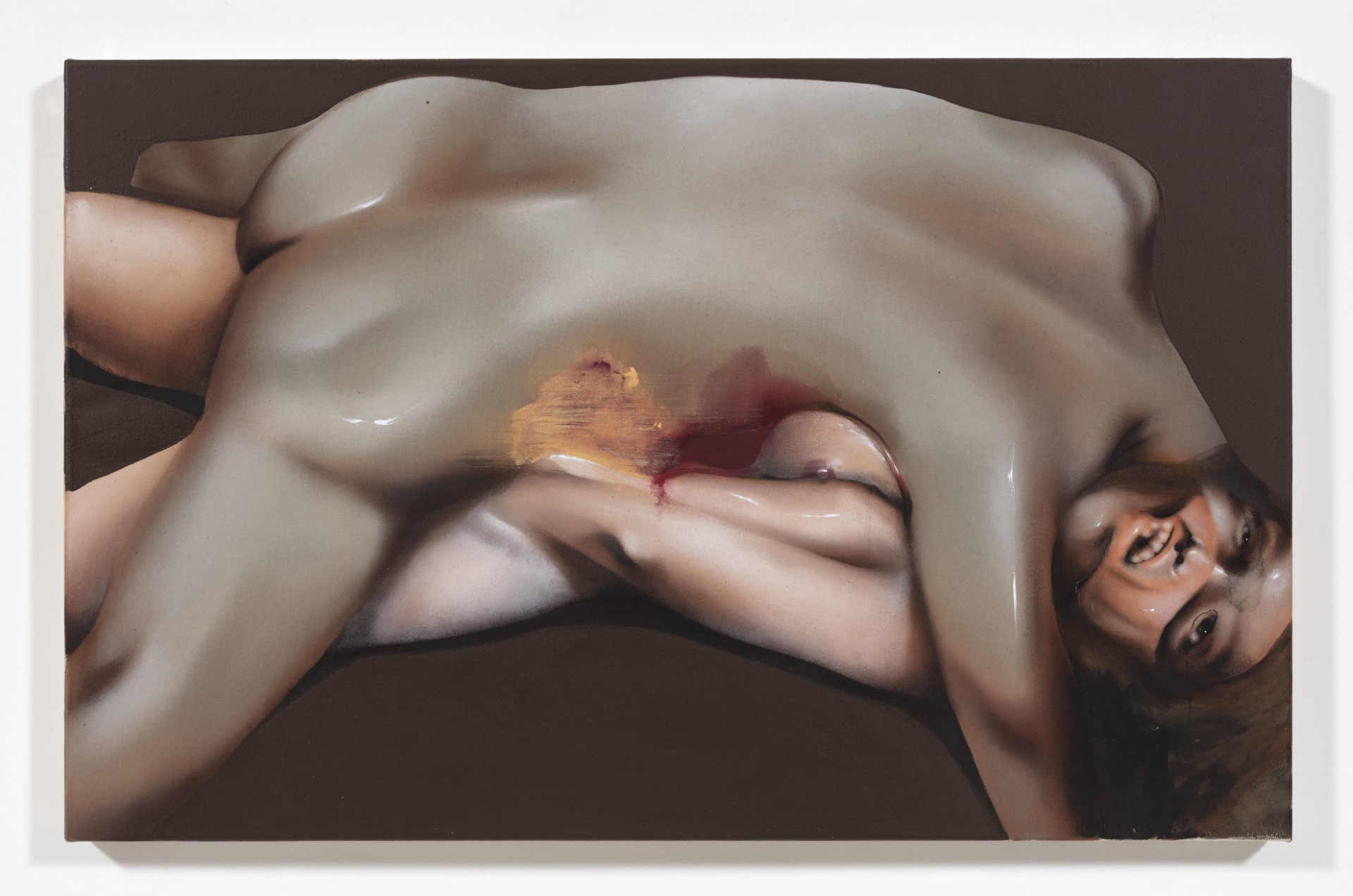
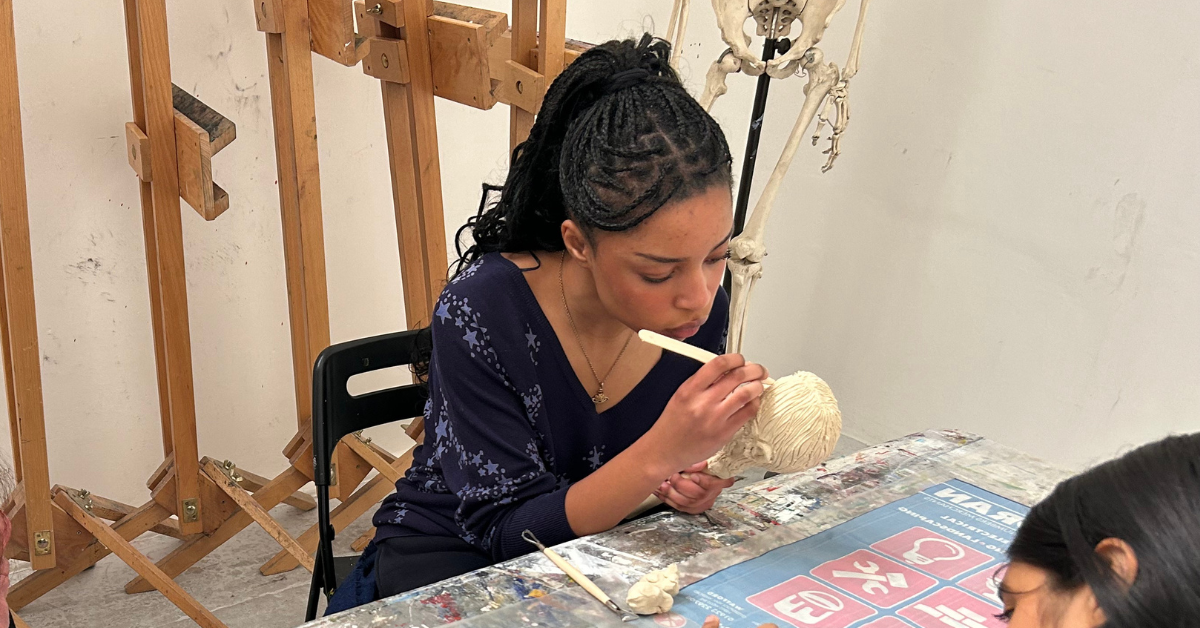
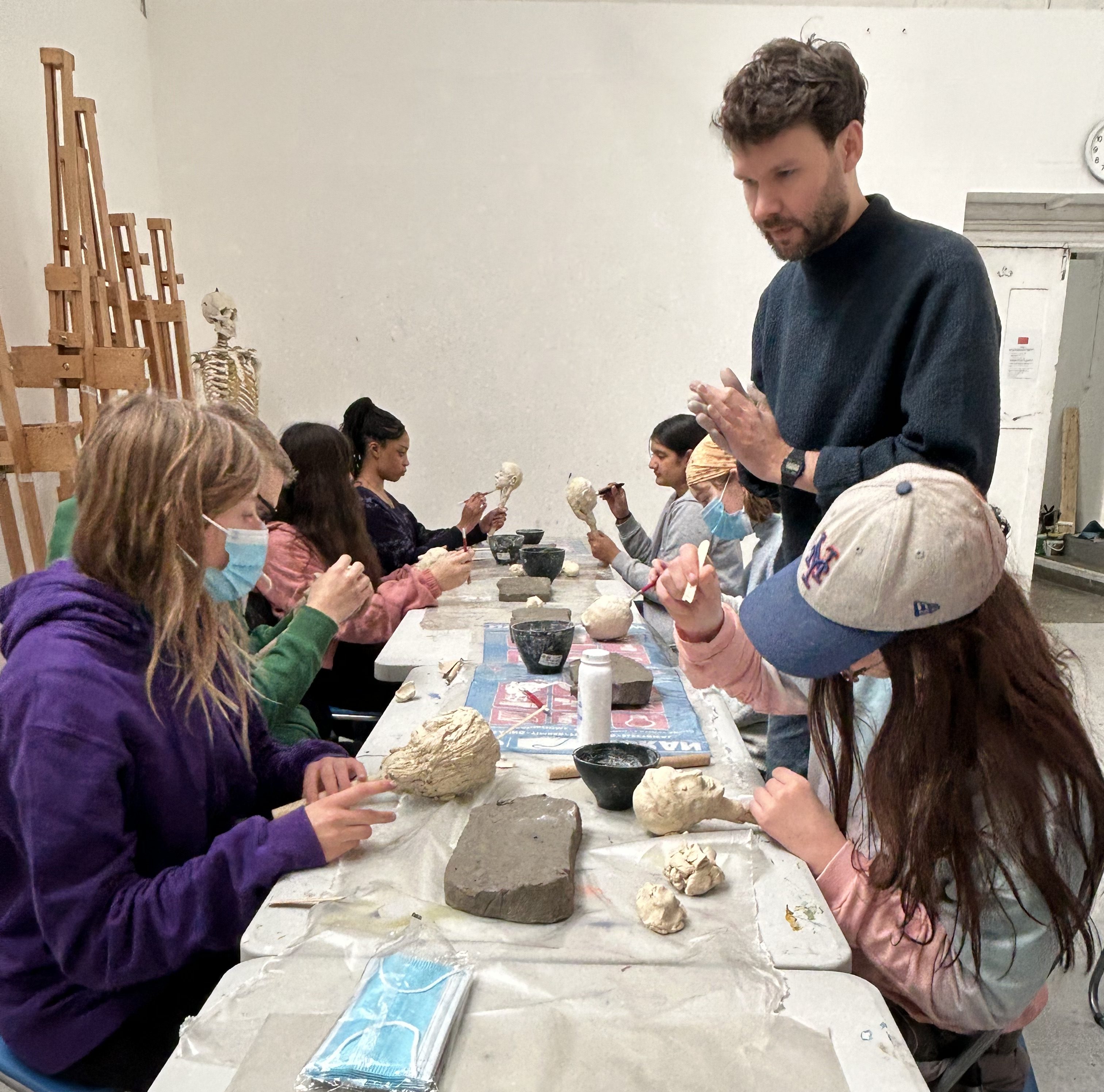
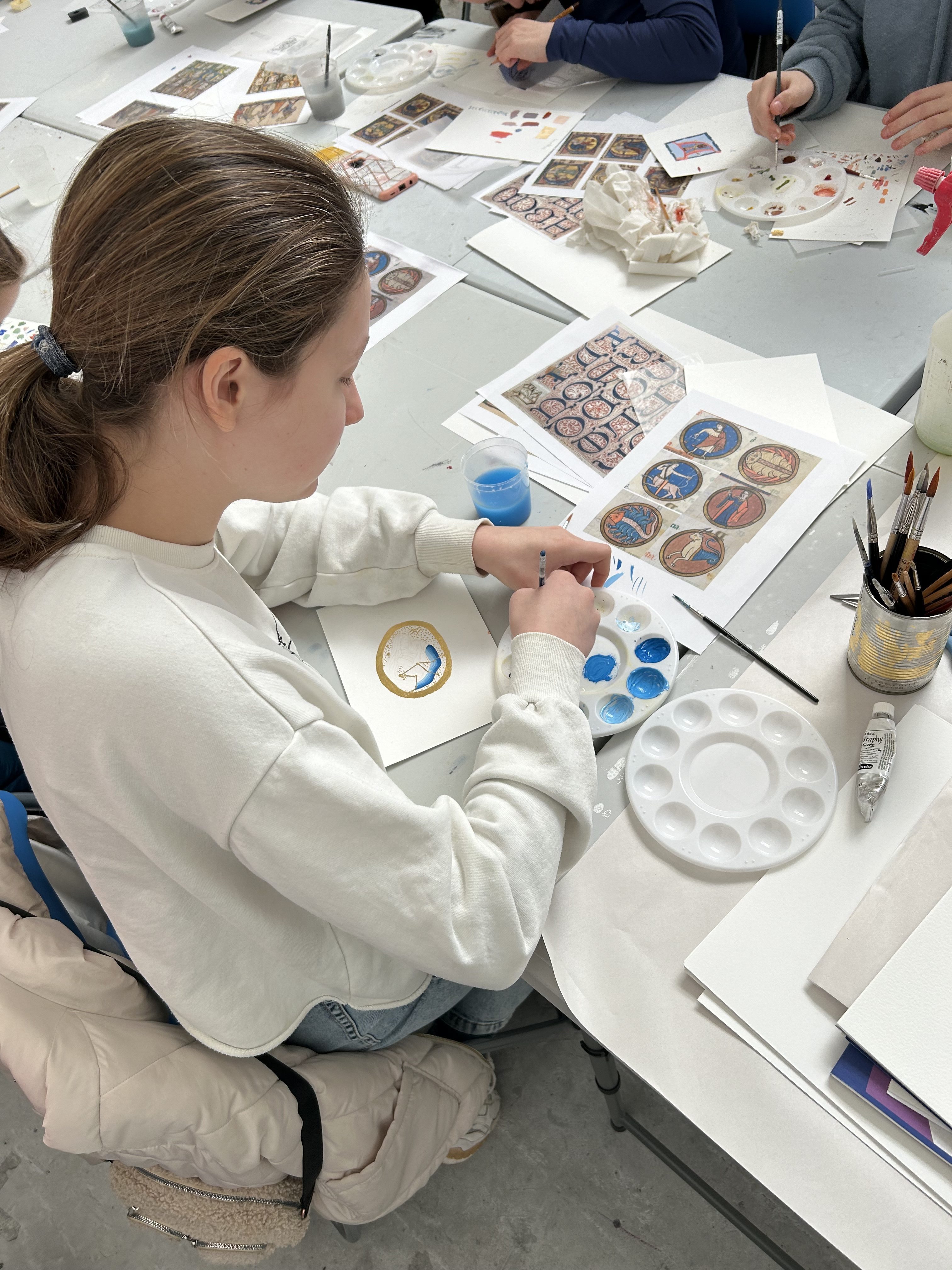
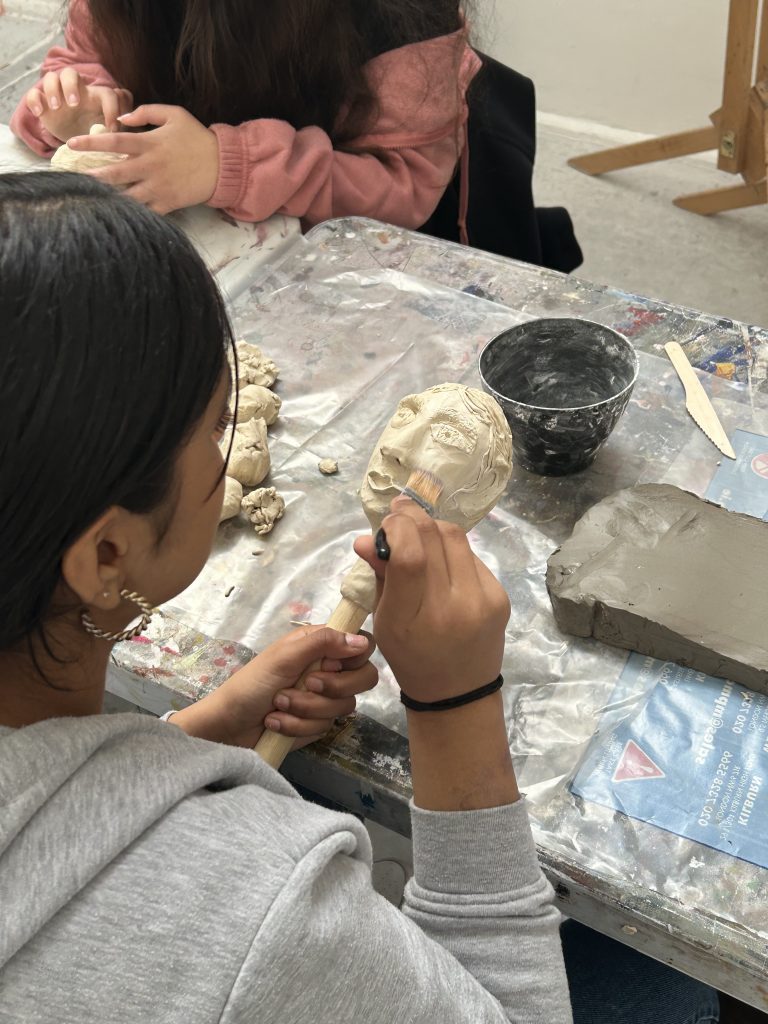
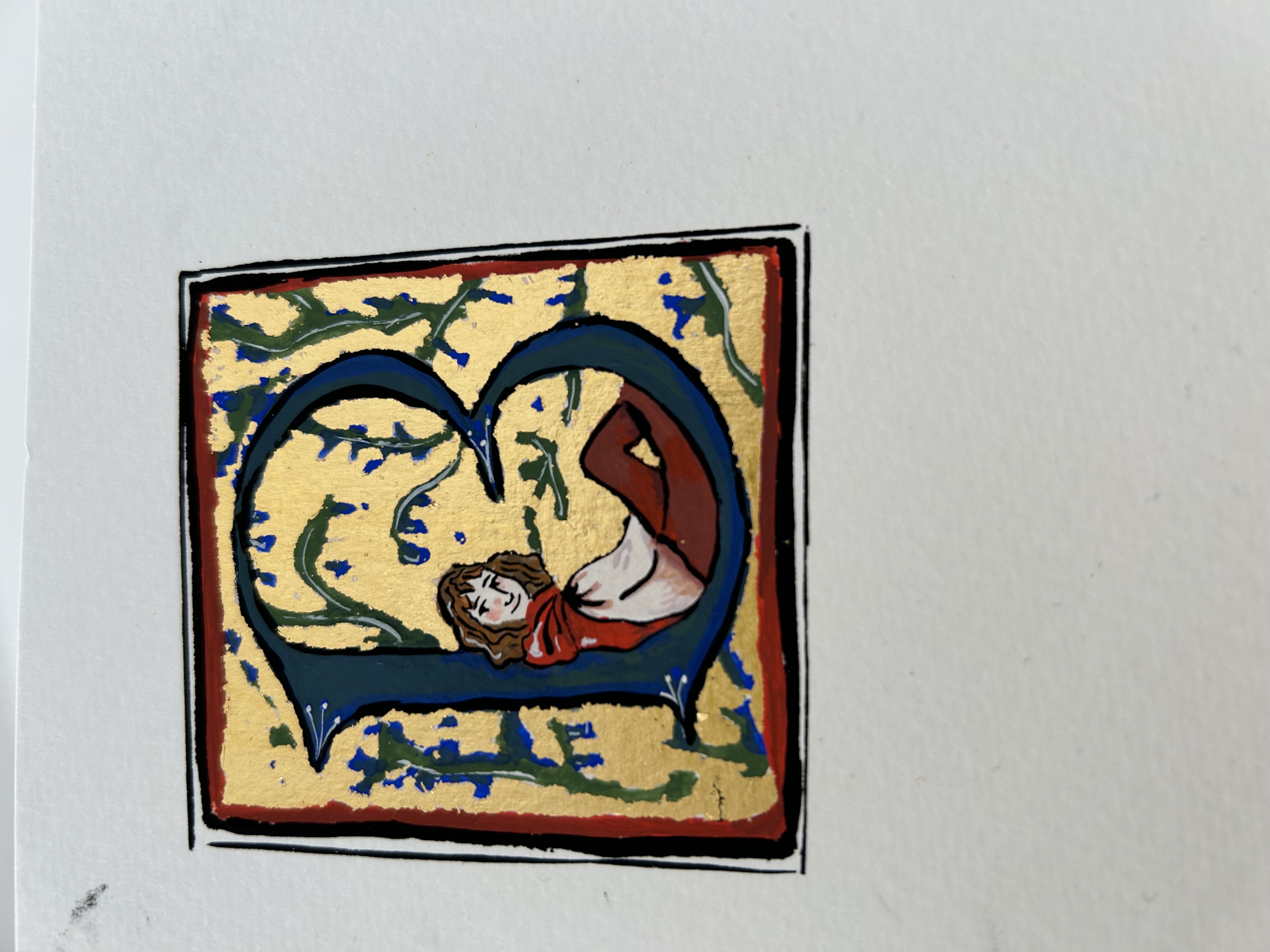
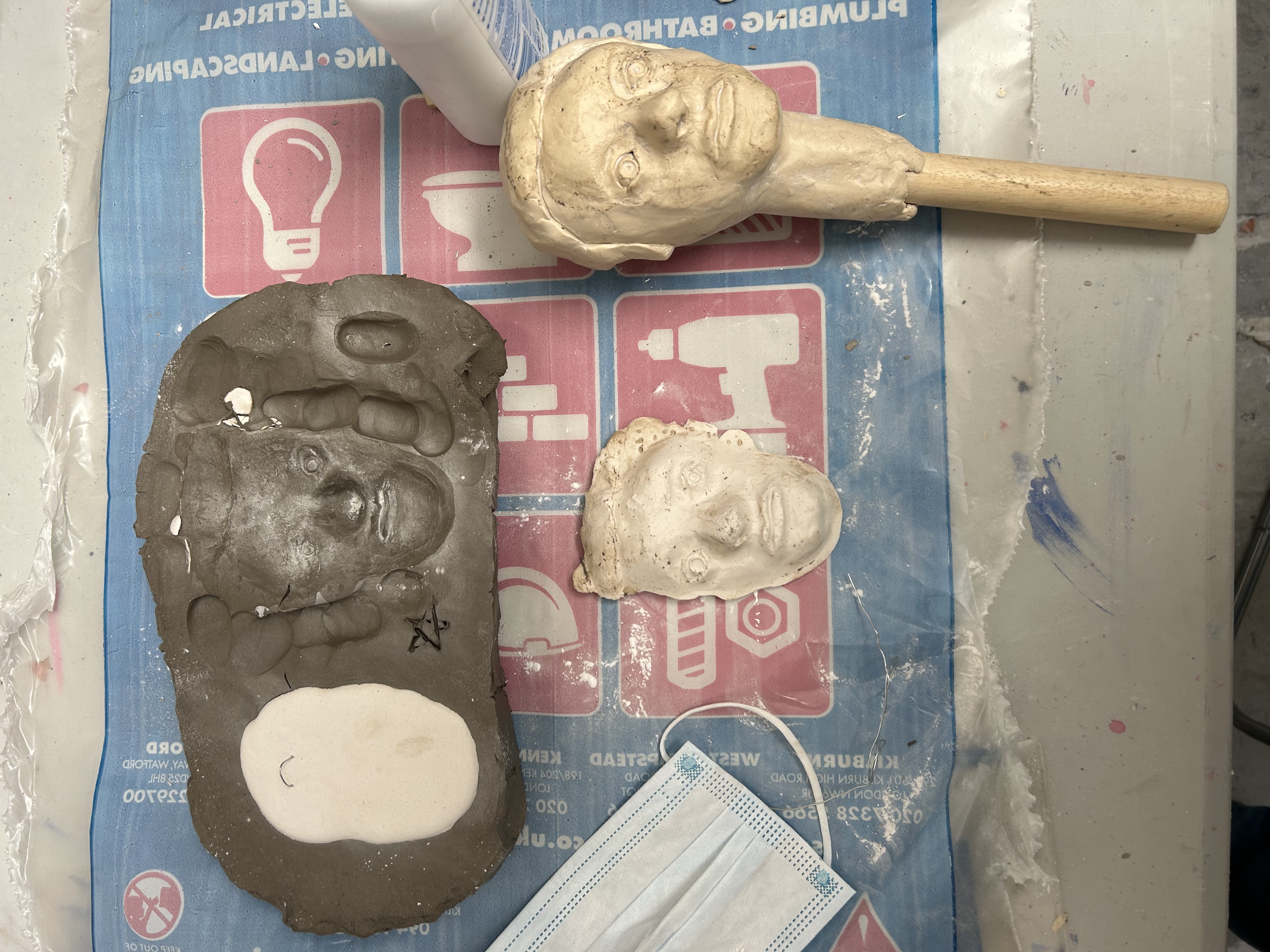
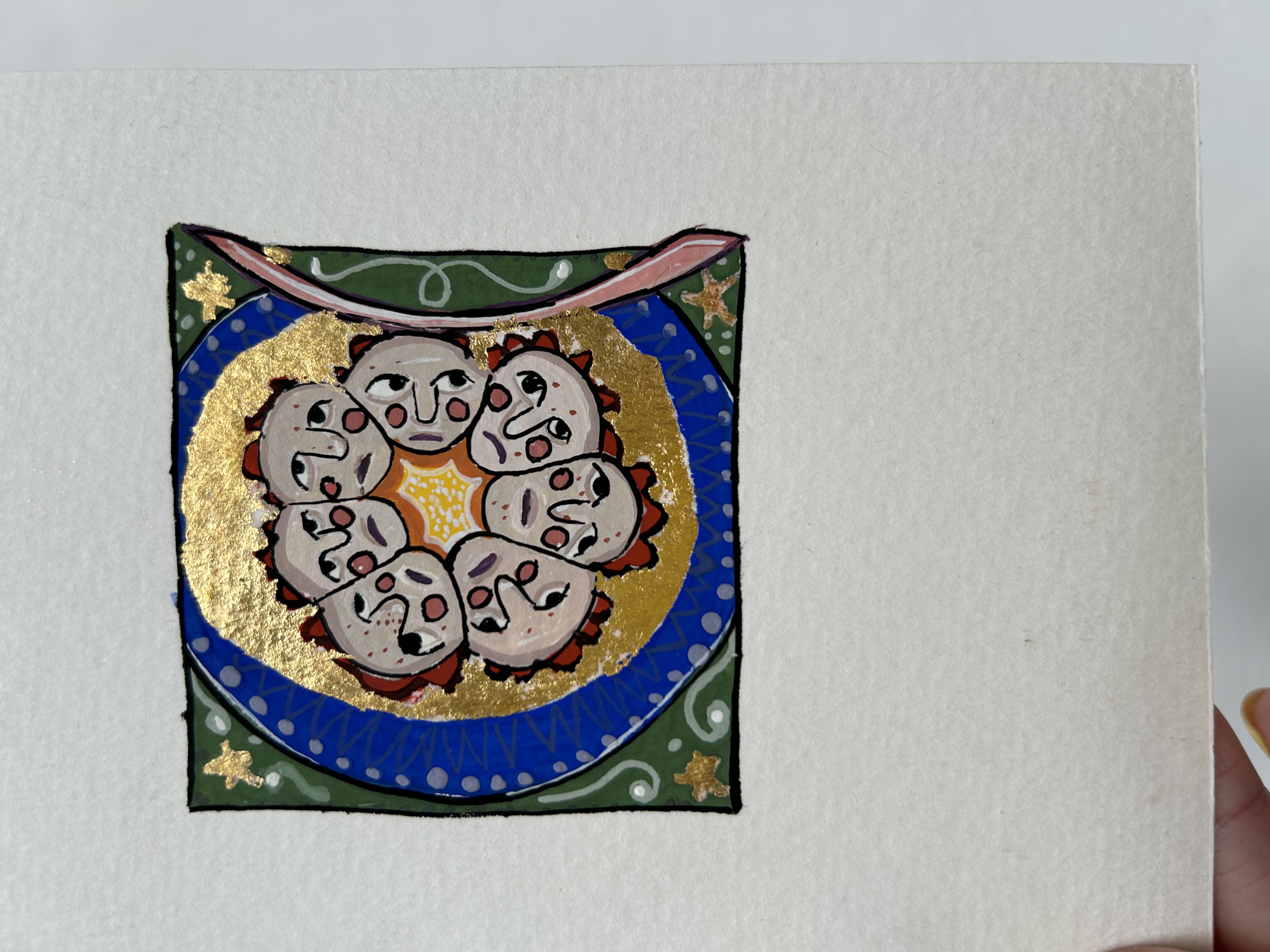


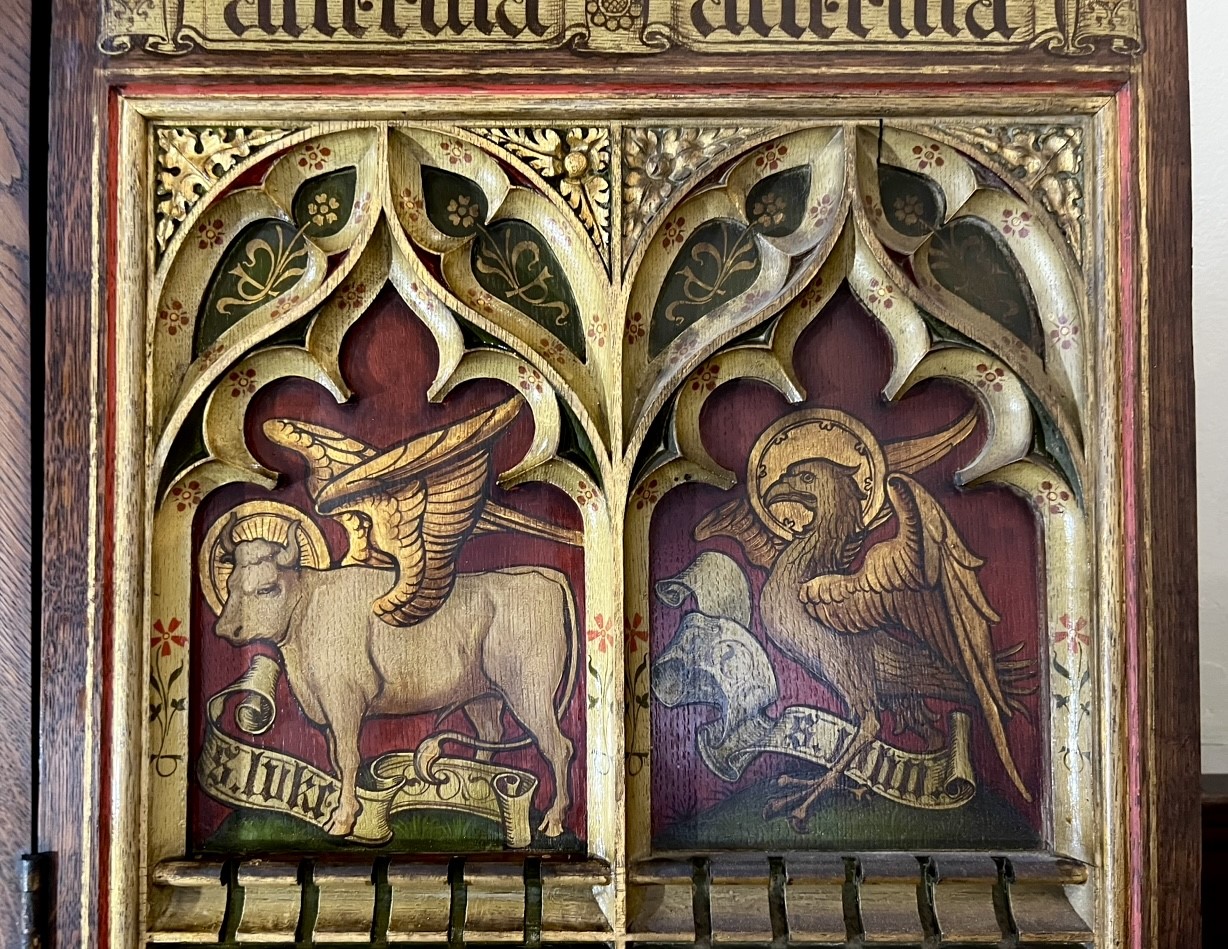
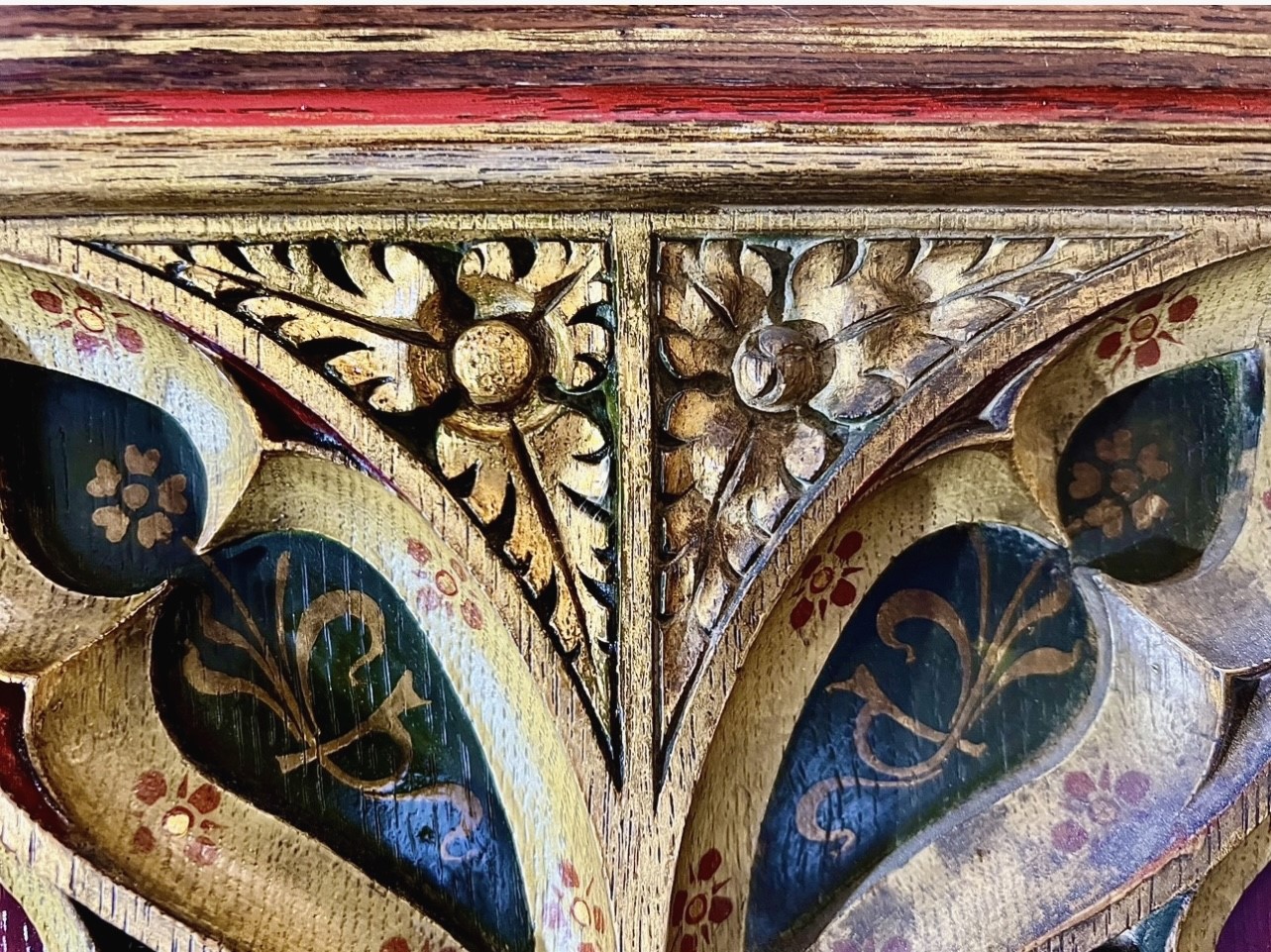
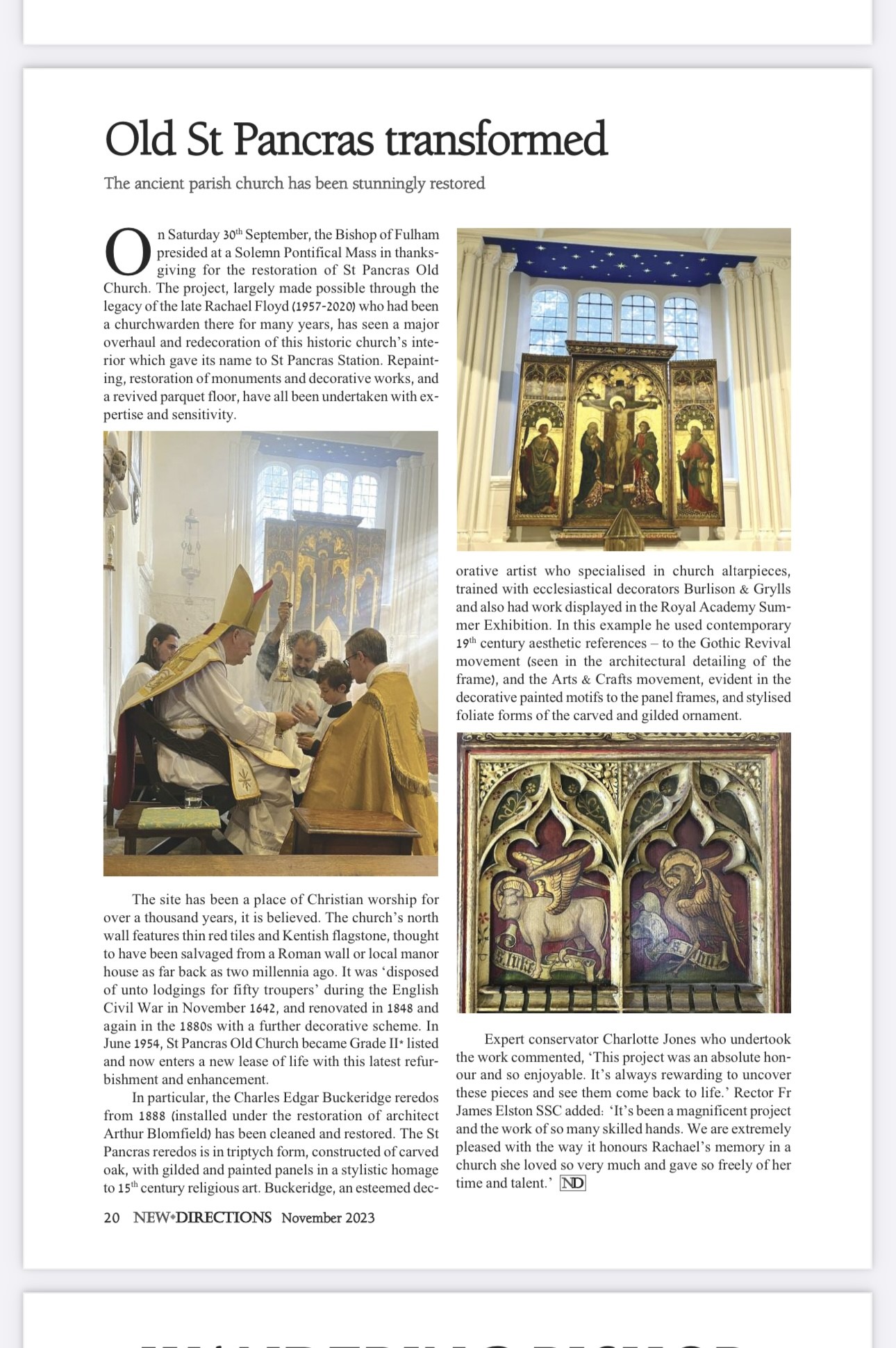
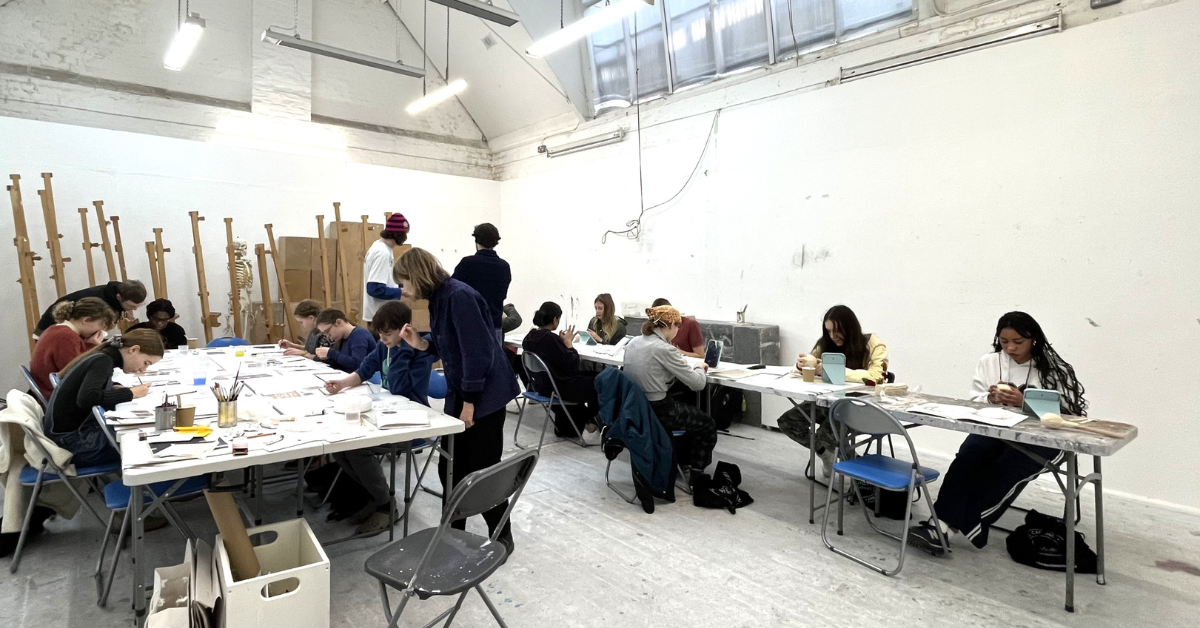
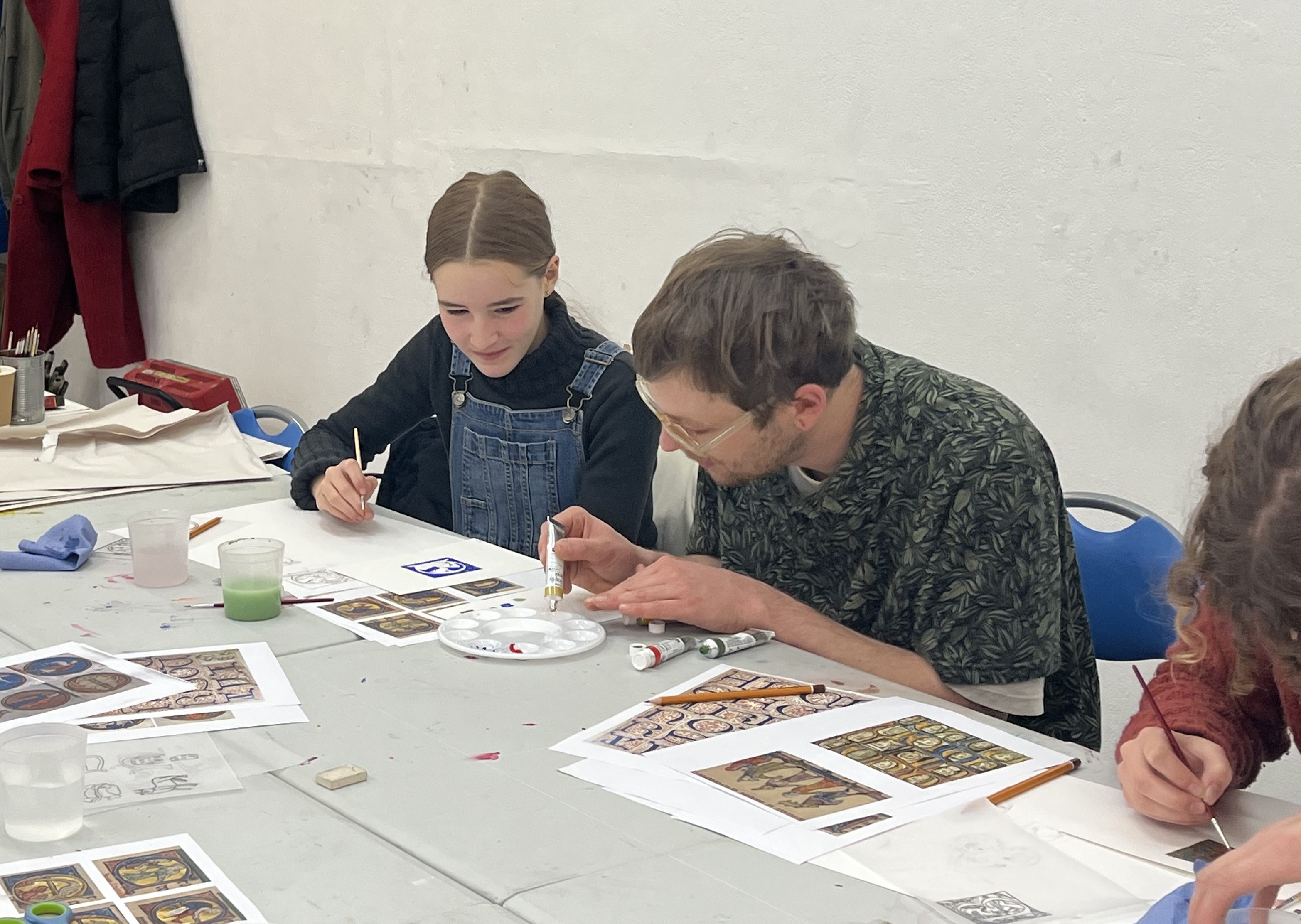
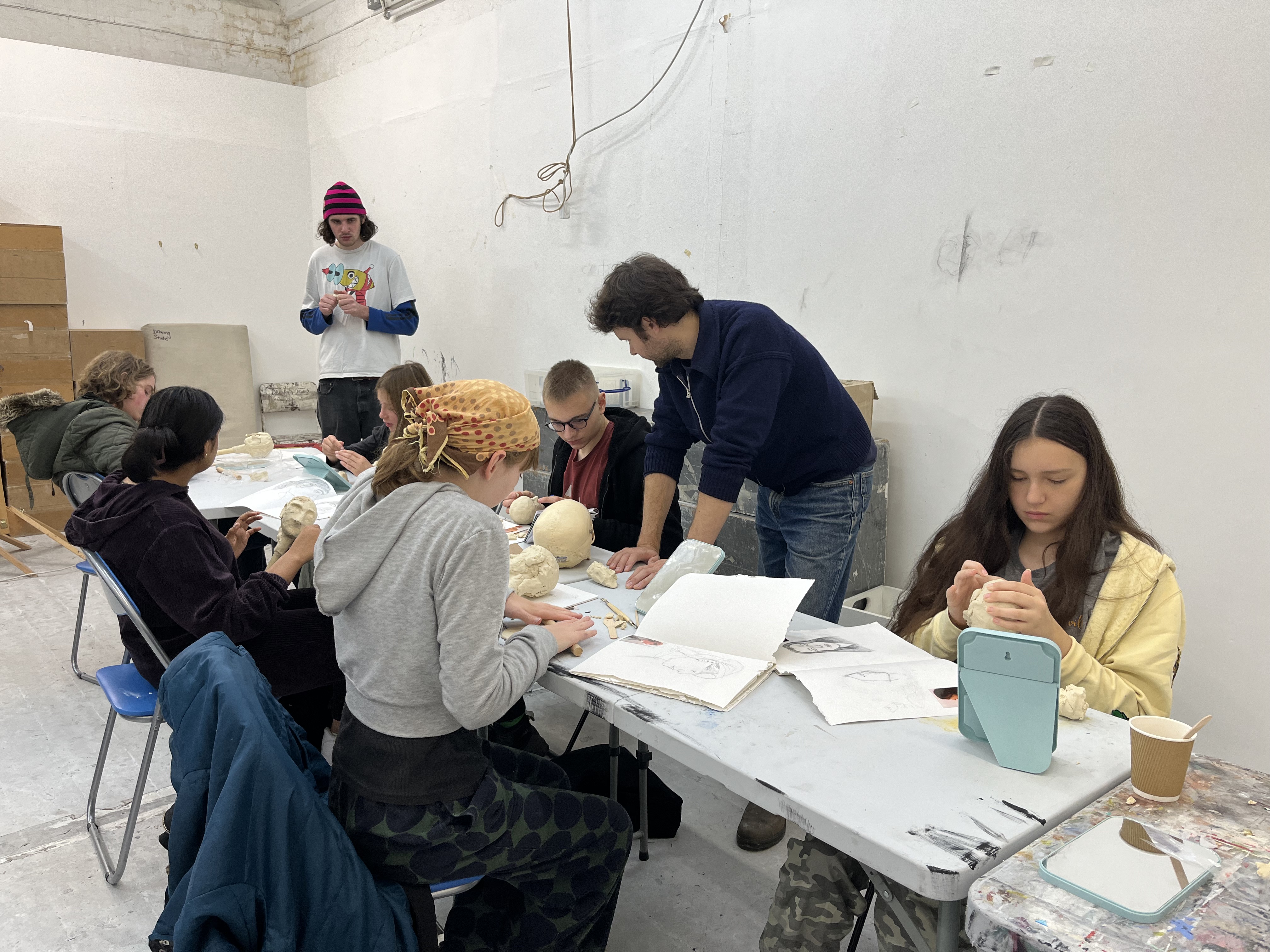
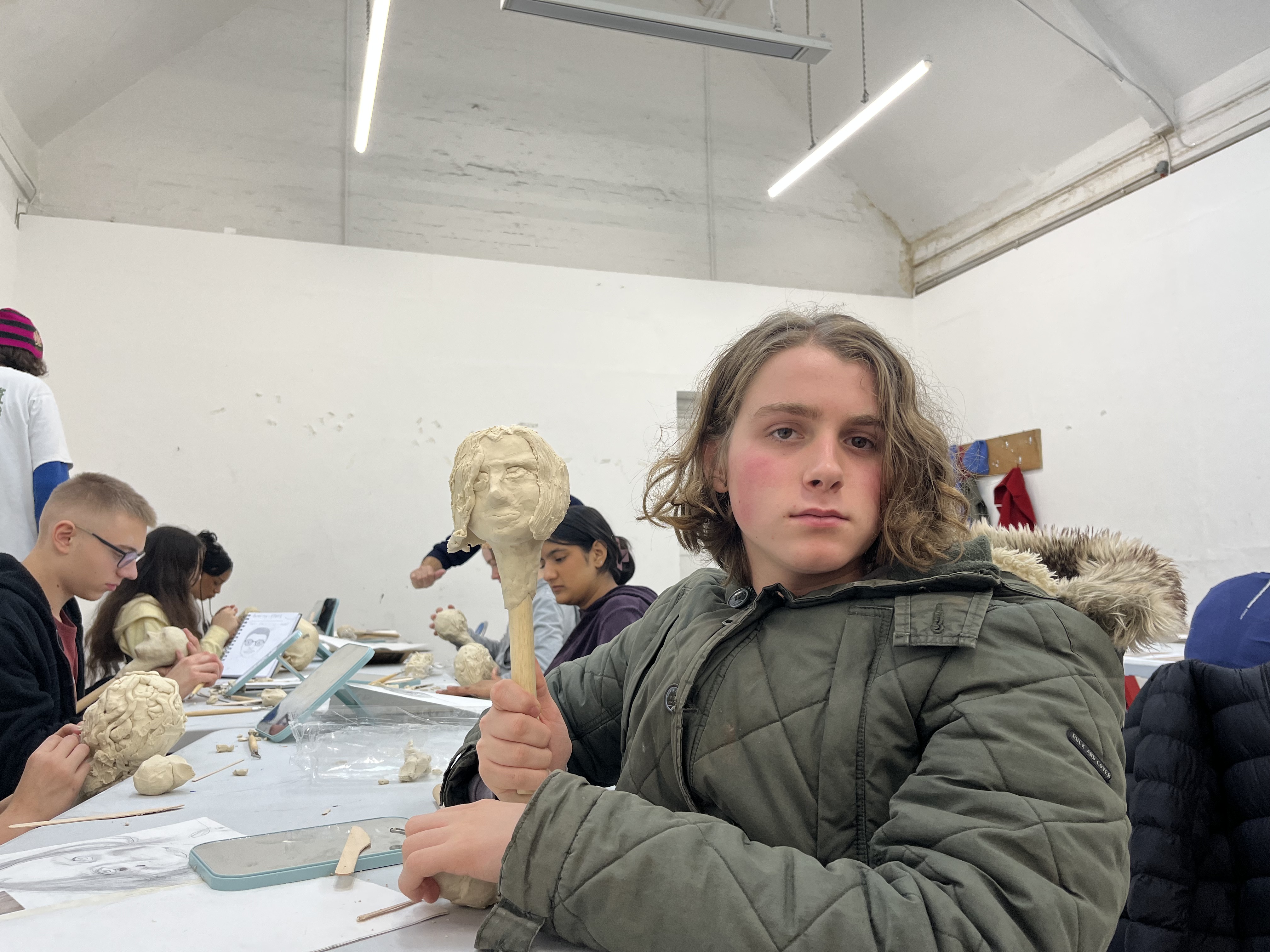
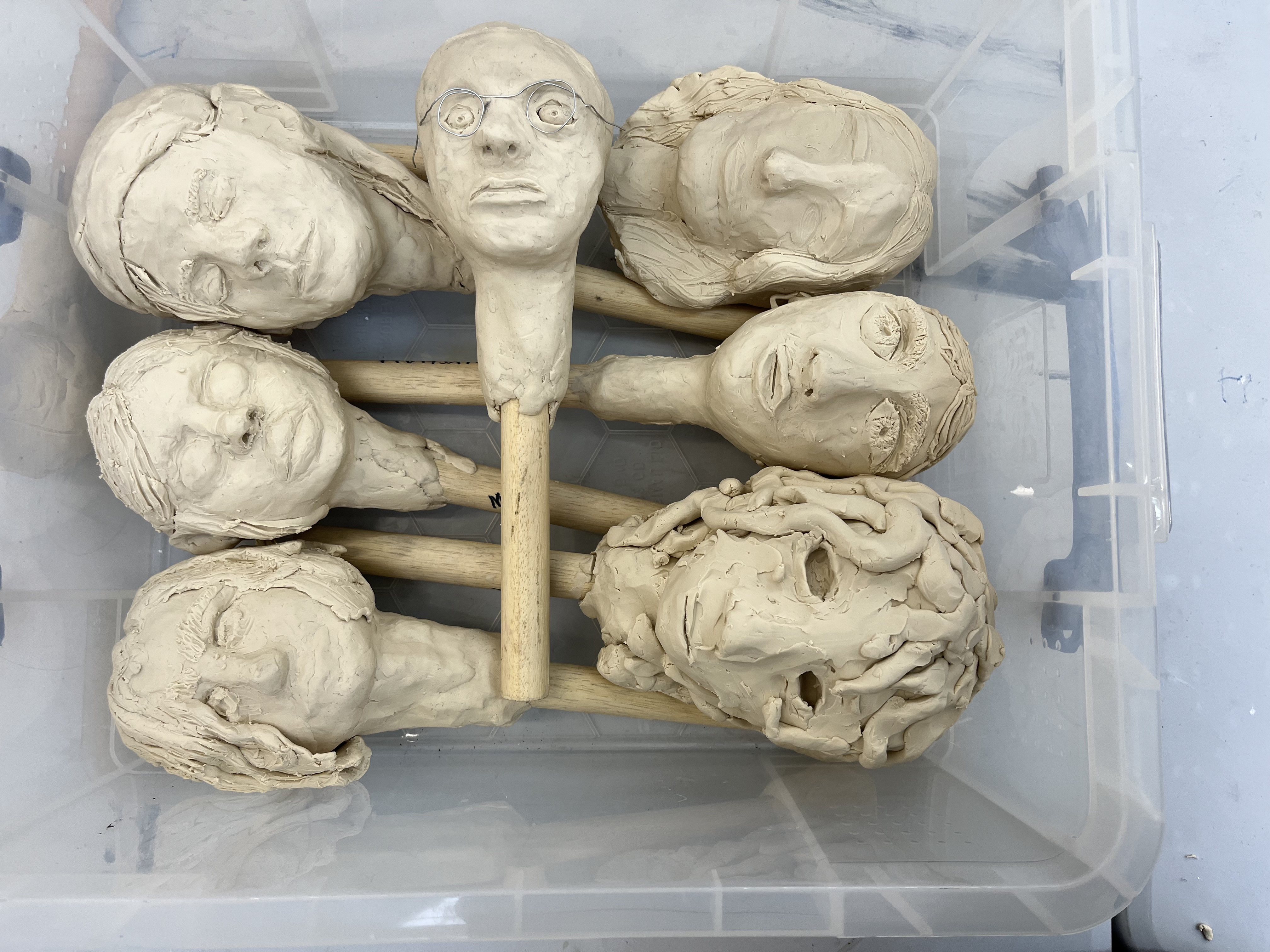
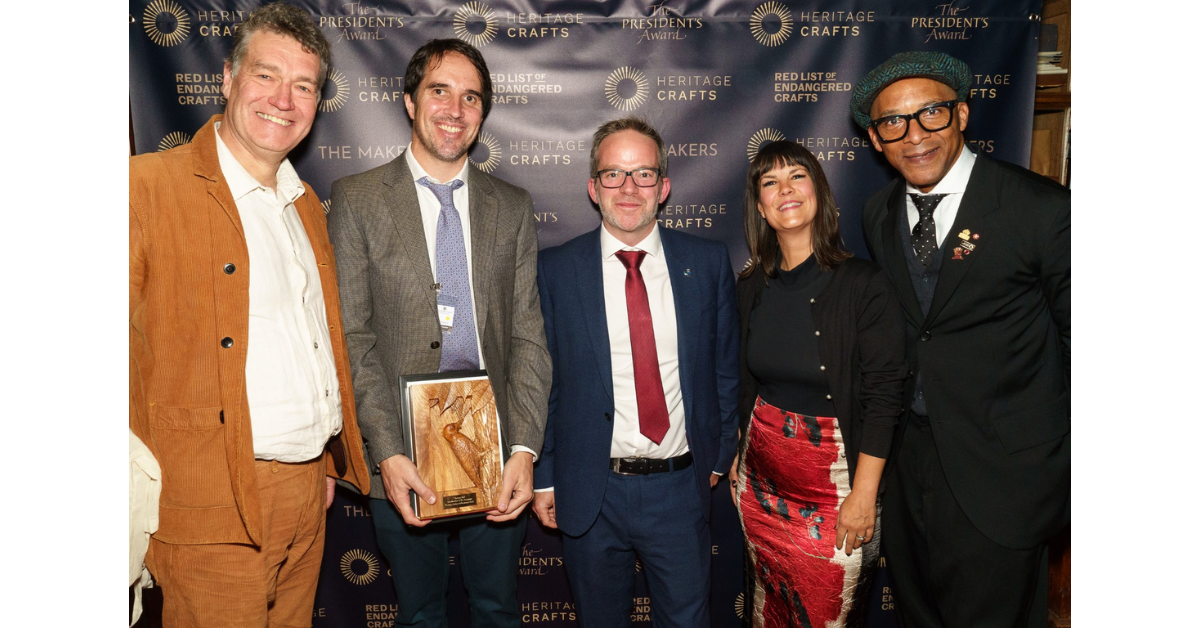
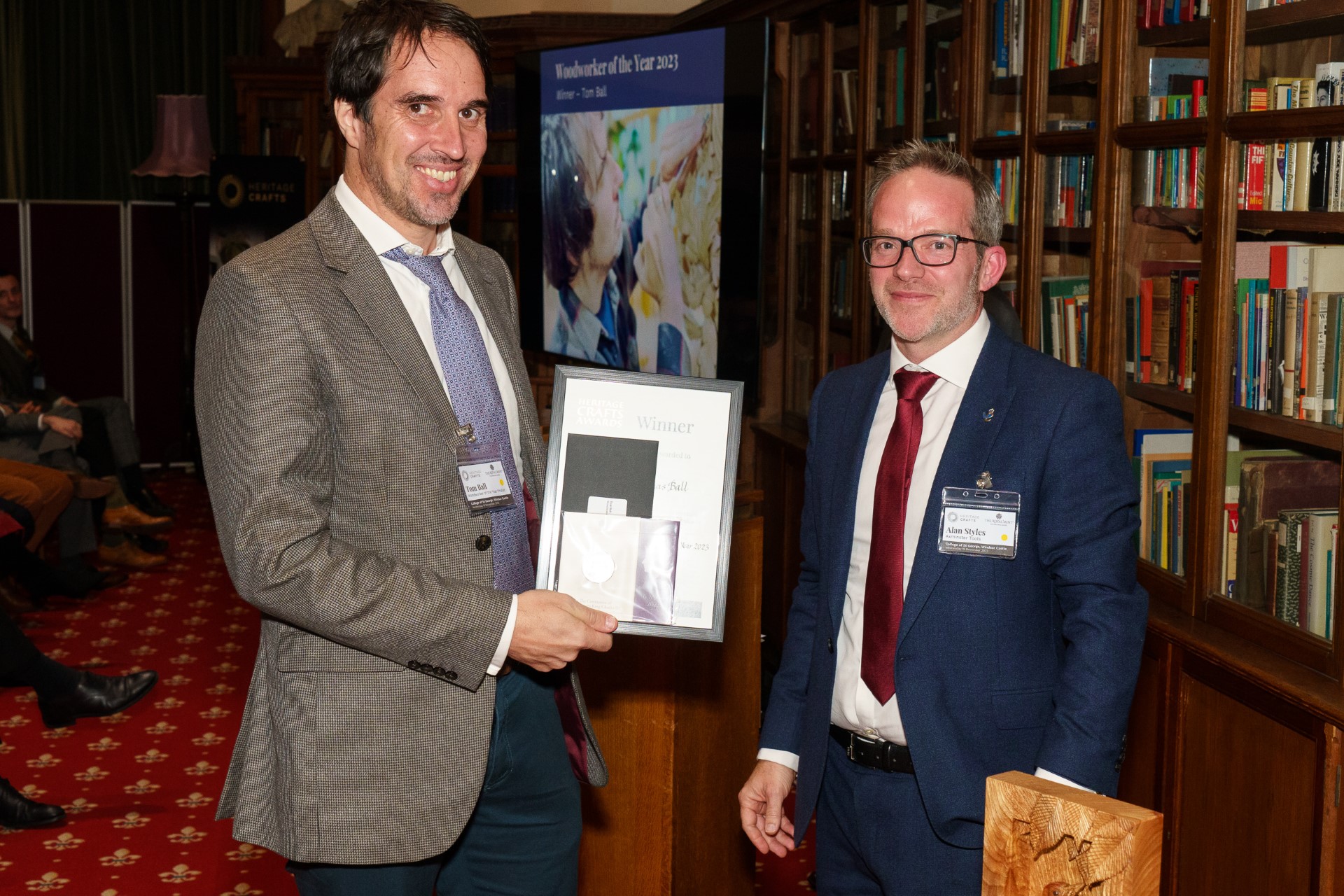
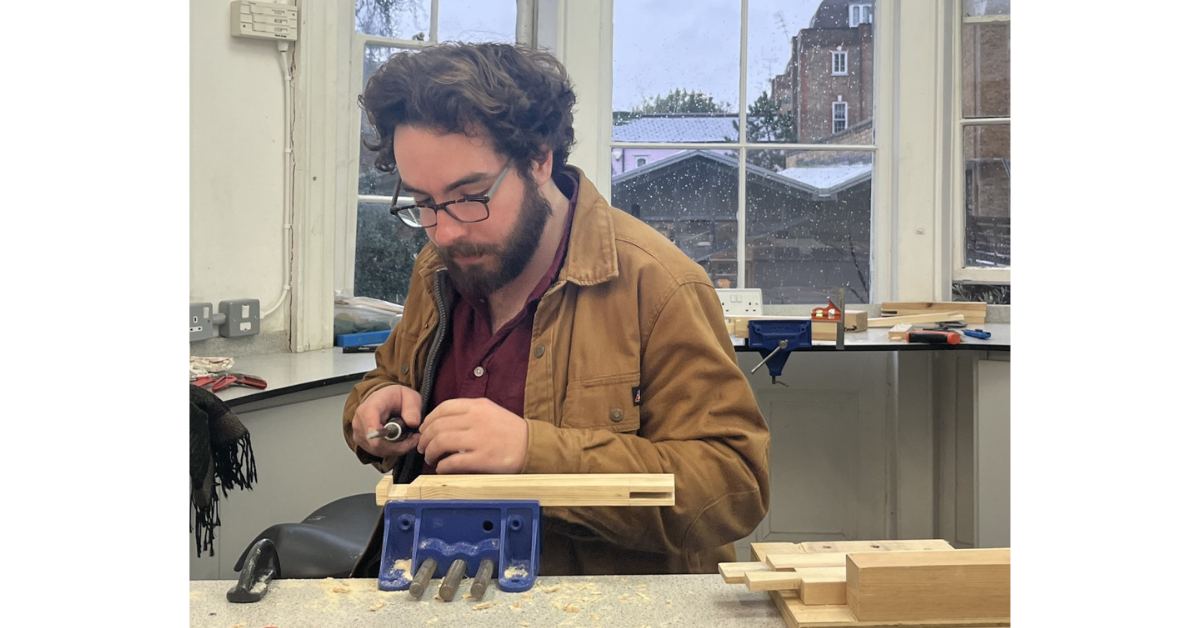
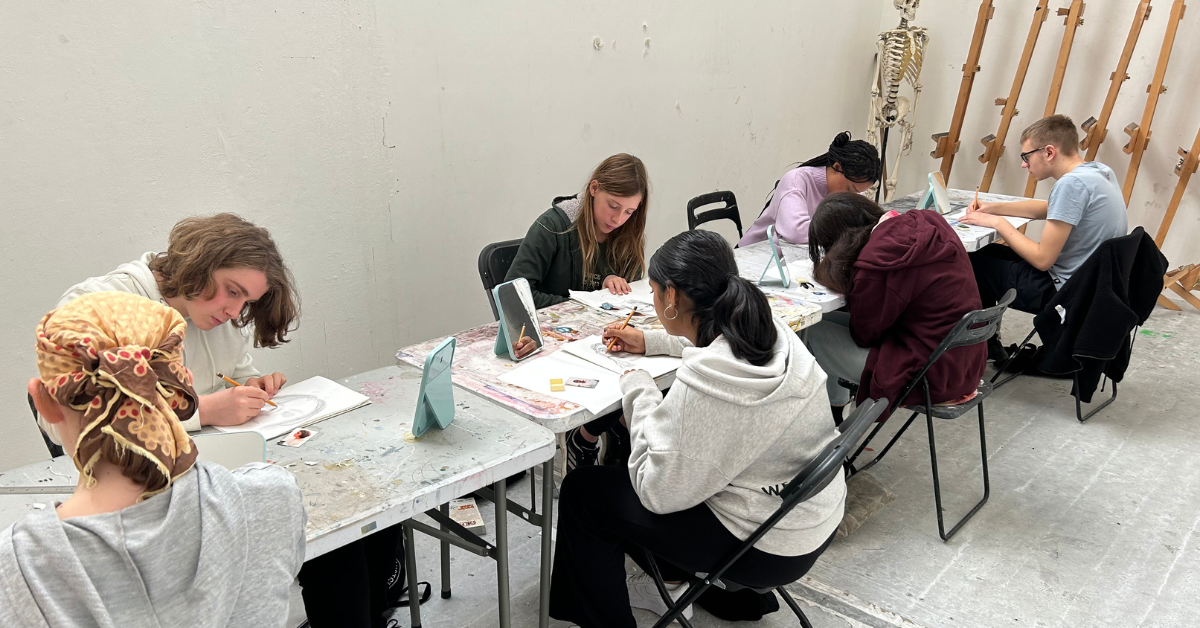
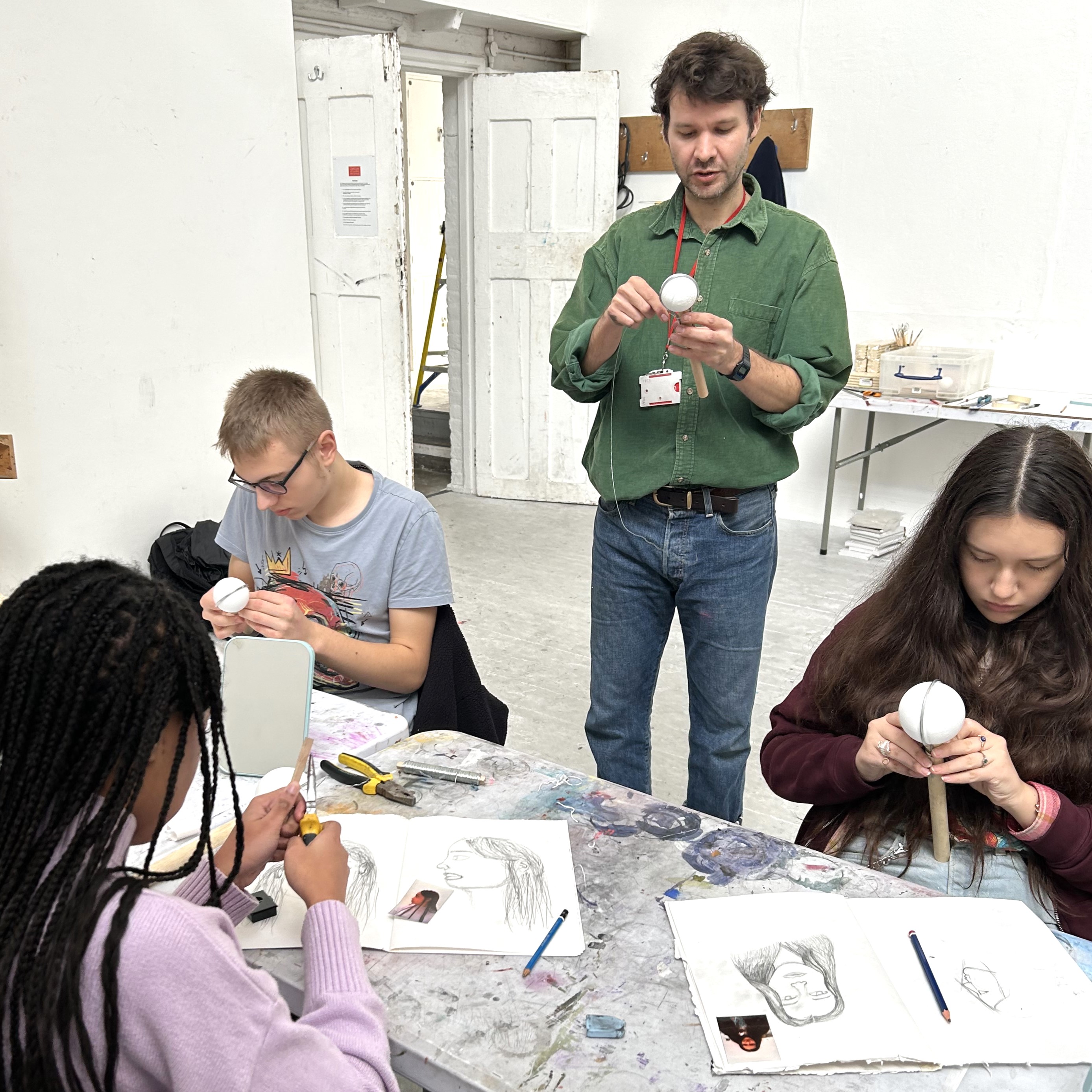
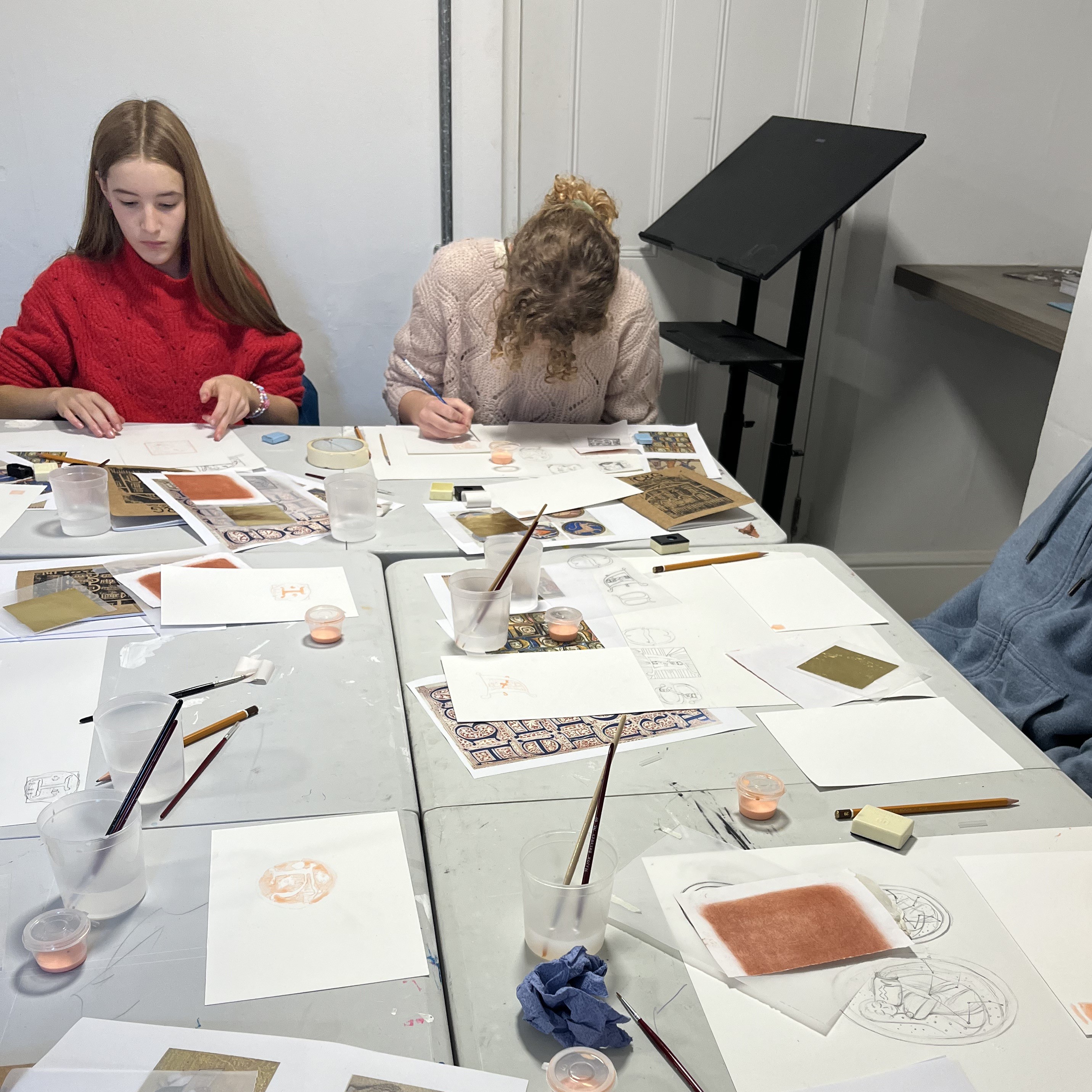
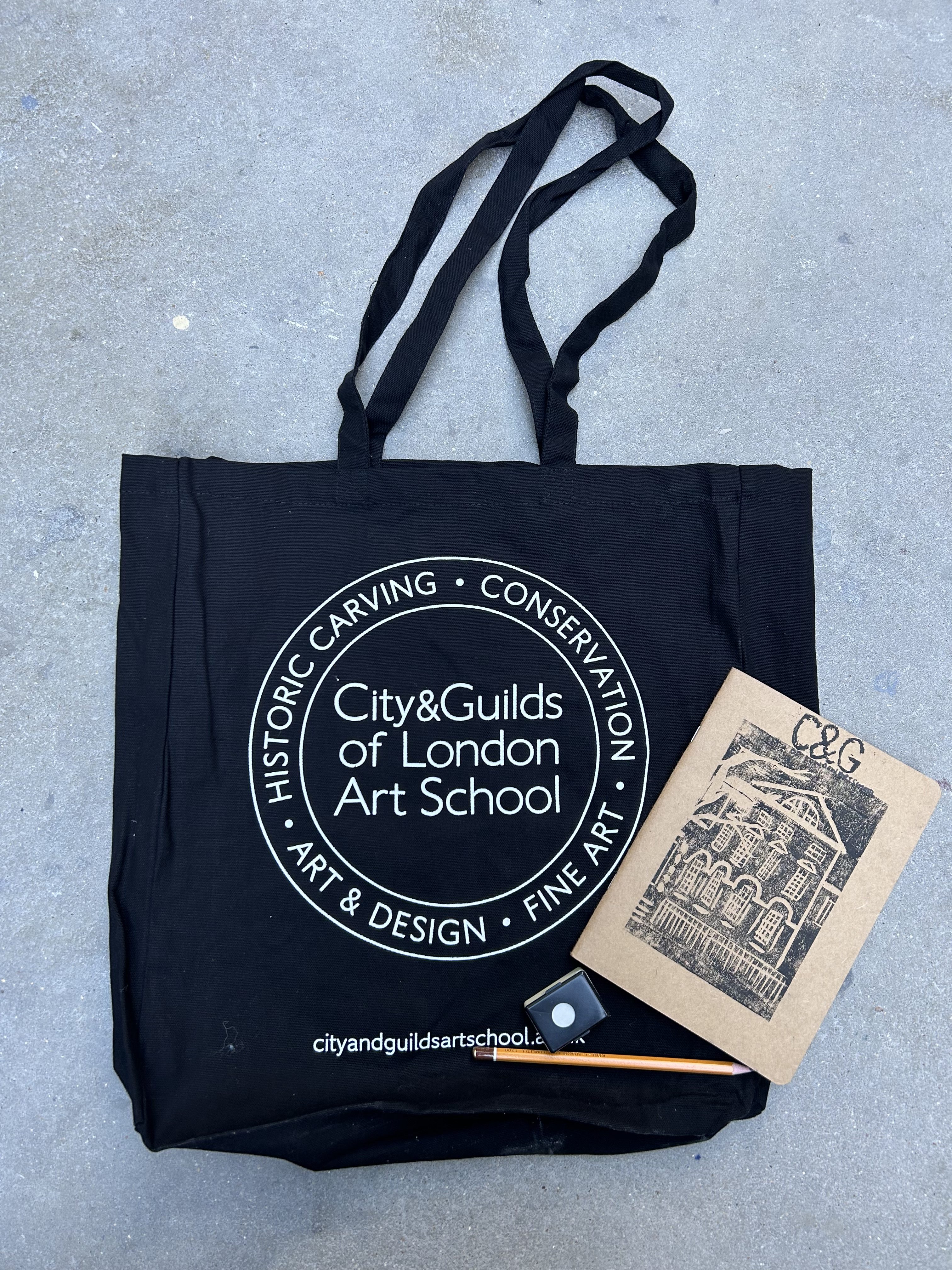
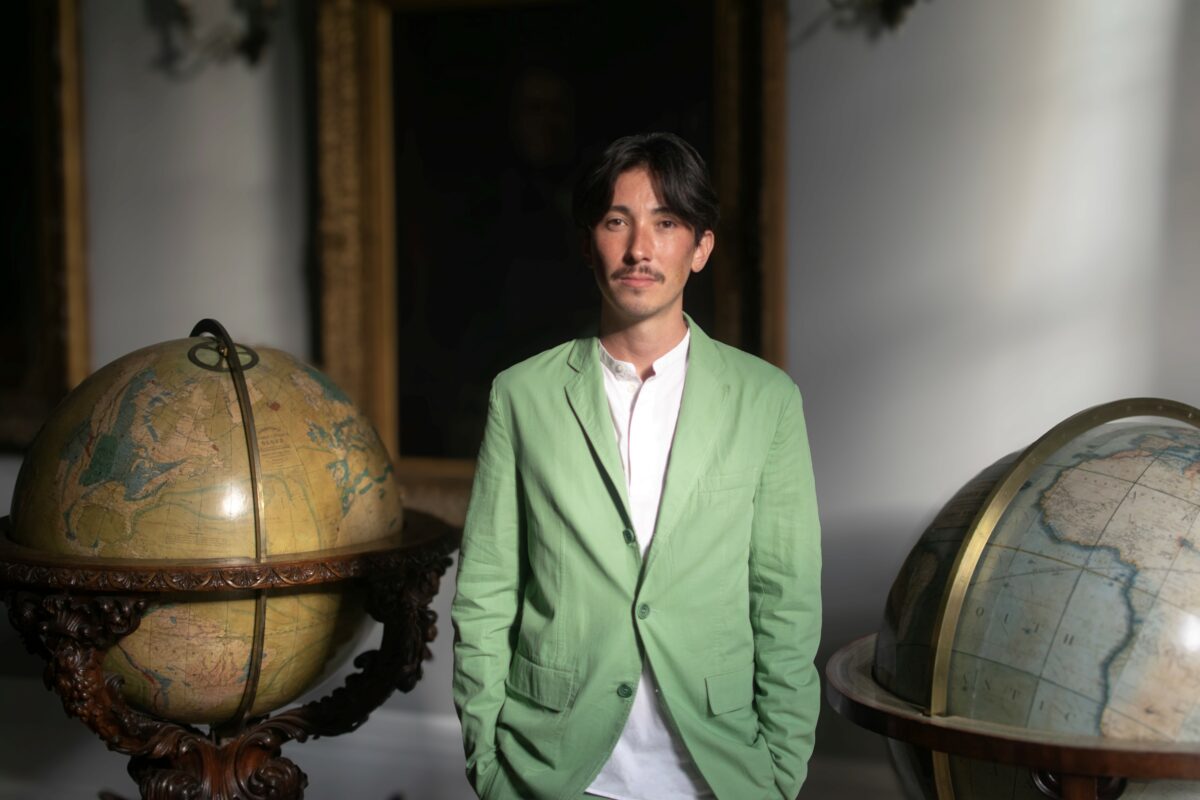
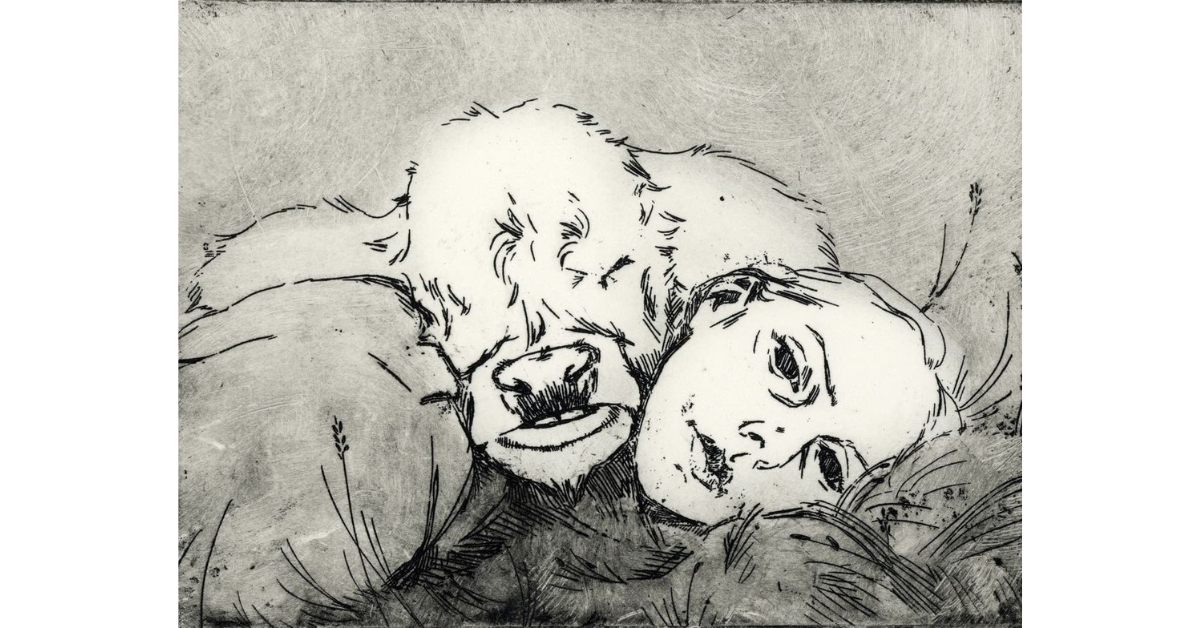

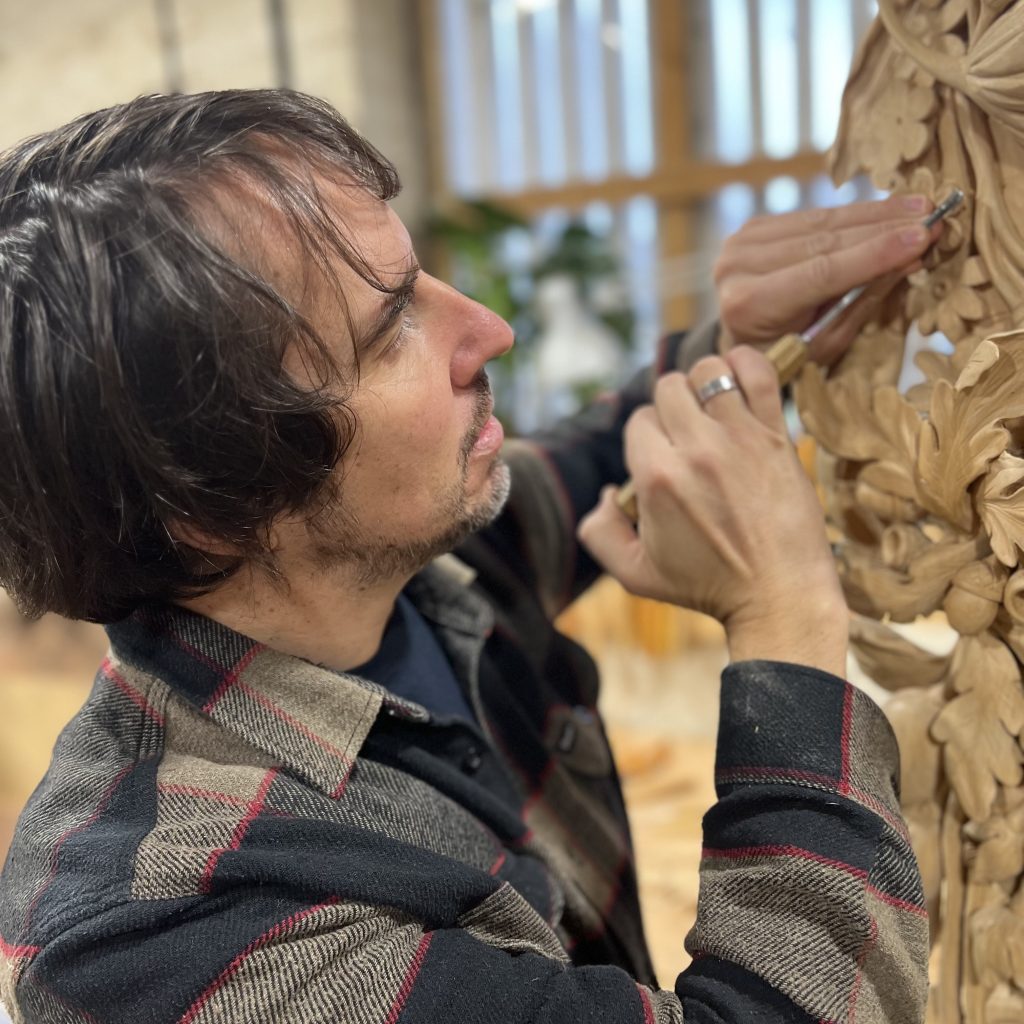
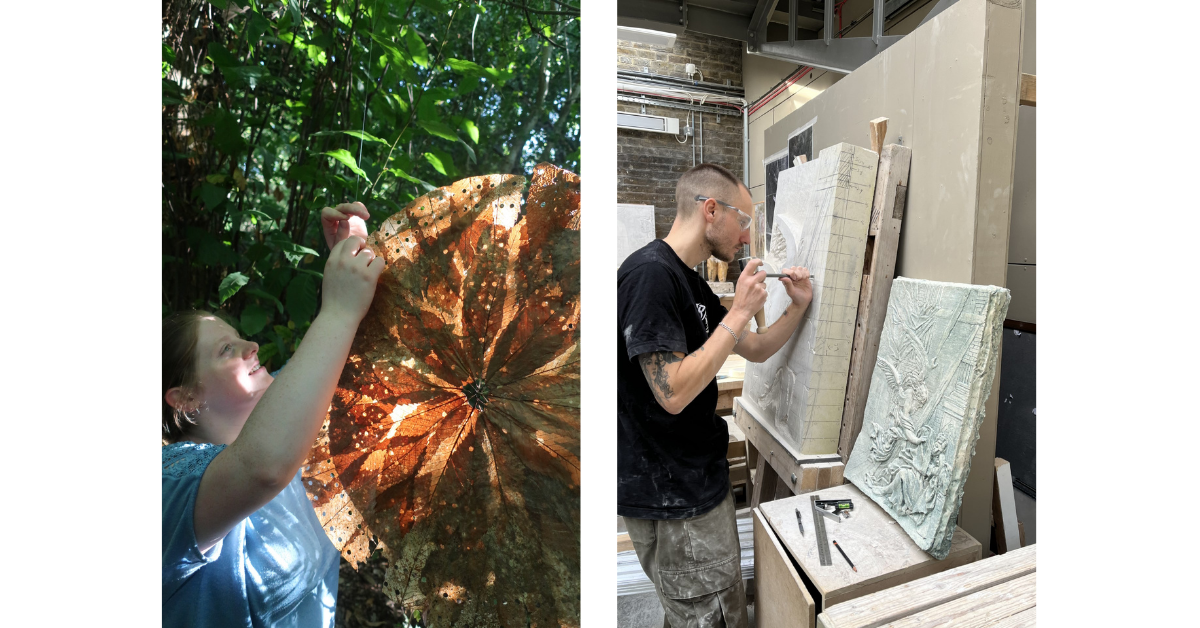
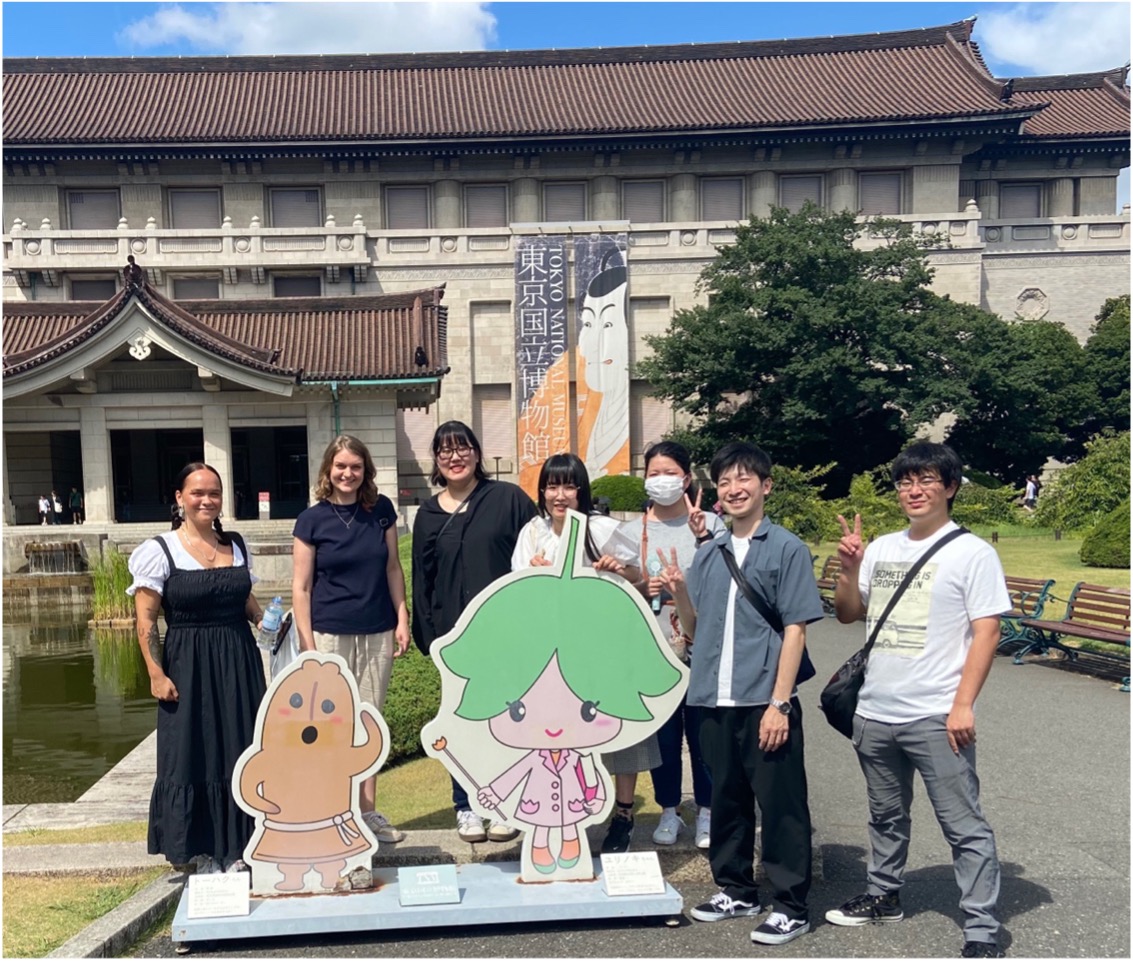 Ally and Savannah with the Tsurumi University Cultural Heritage students outside Tokyo National Museum
Ally and Savannah with the Tsurumi University Cultural Heritage students outside Tokyo National Museum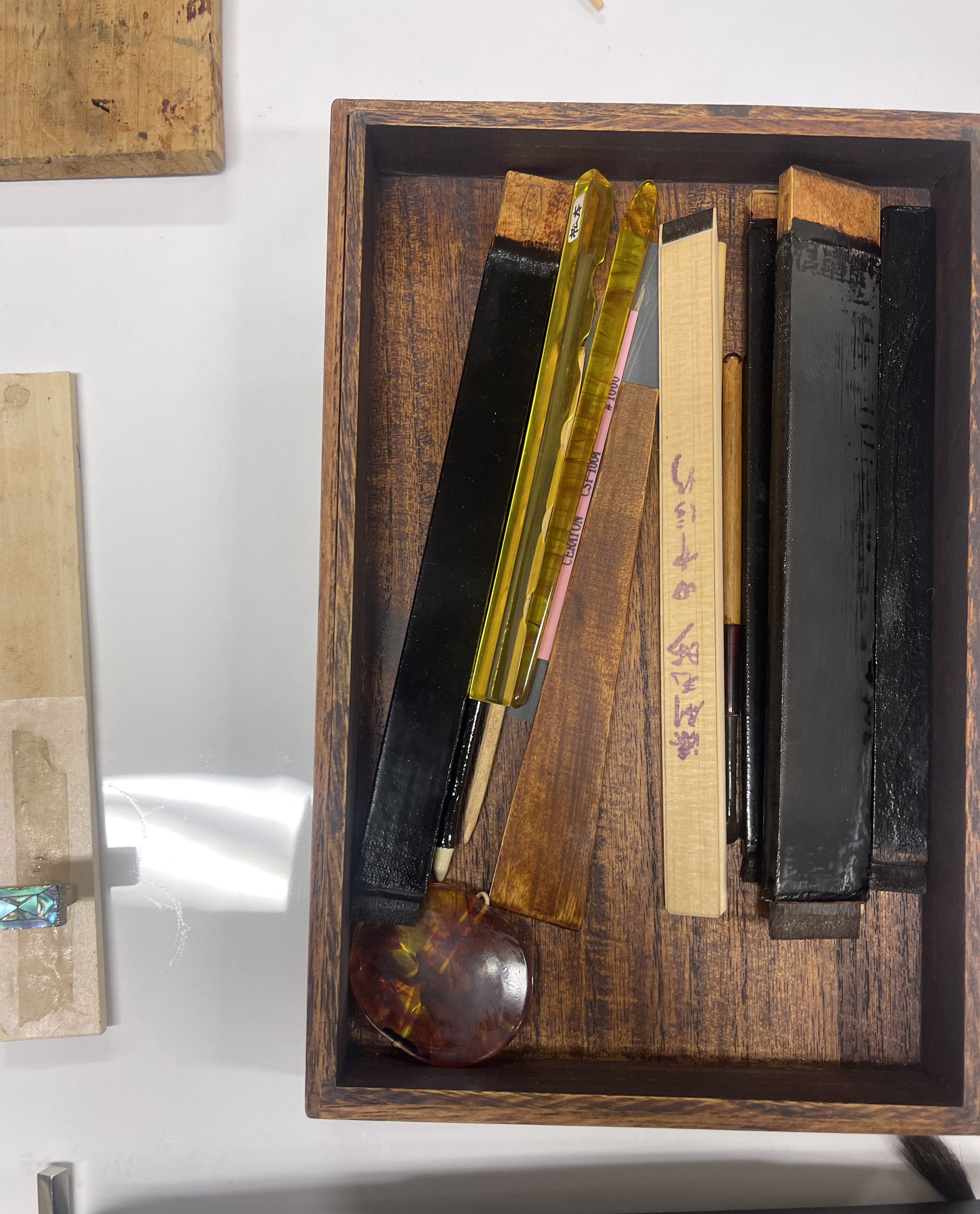 Urushi Tools
Urushi Tools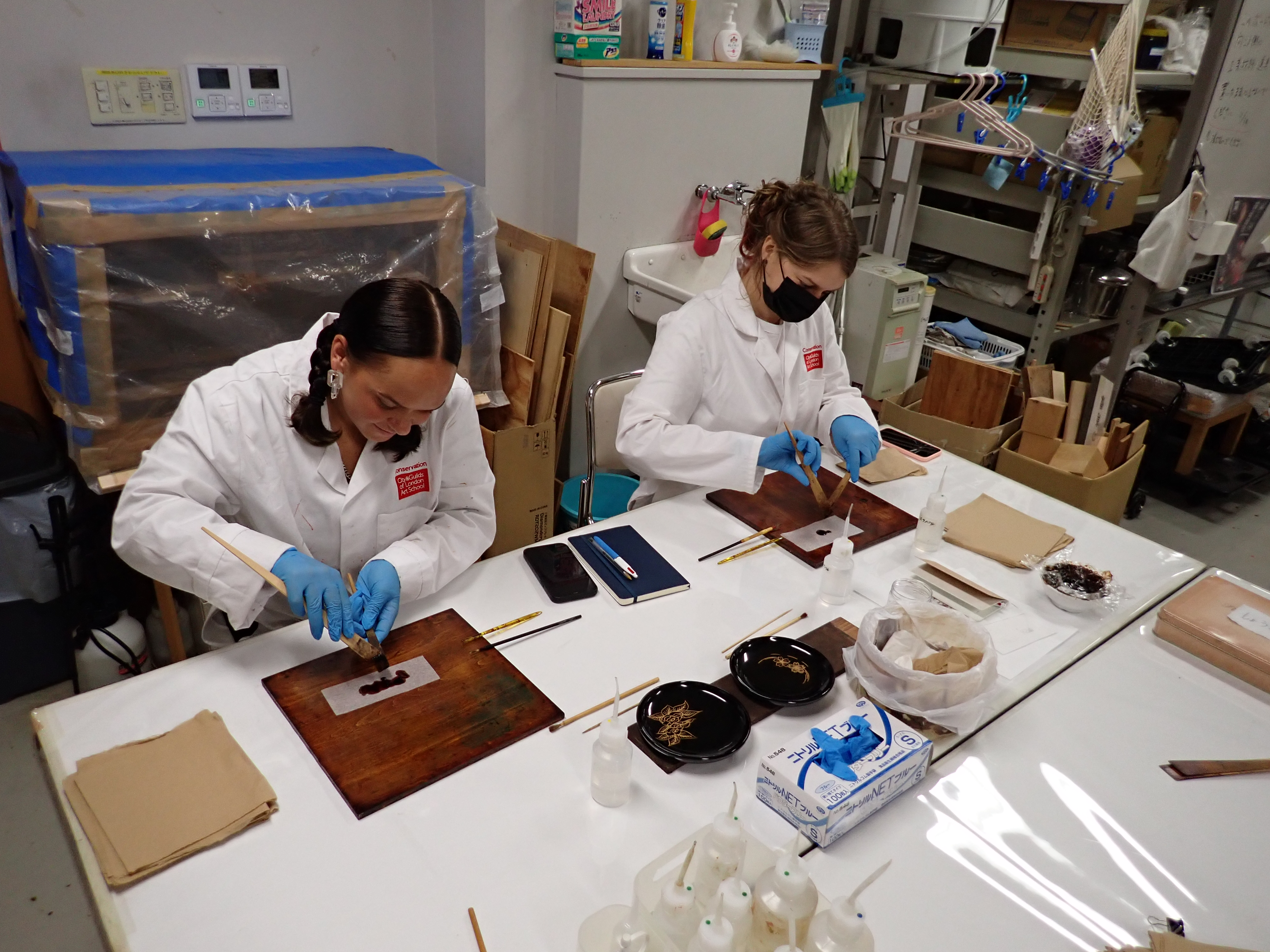 Ally and Savannah working in the urushi studio
Ally and Savannah working in the urushi studio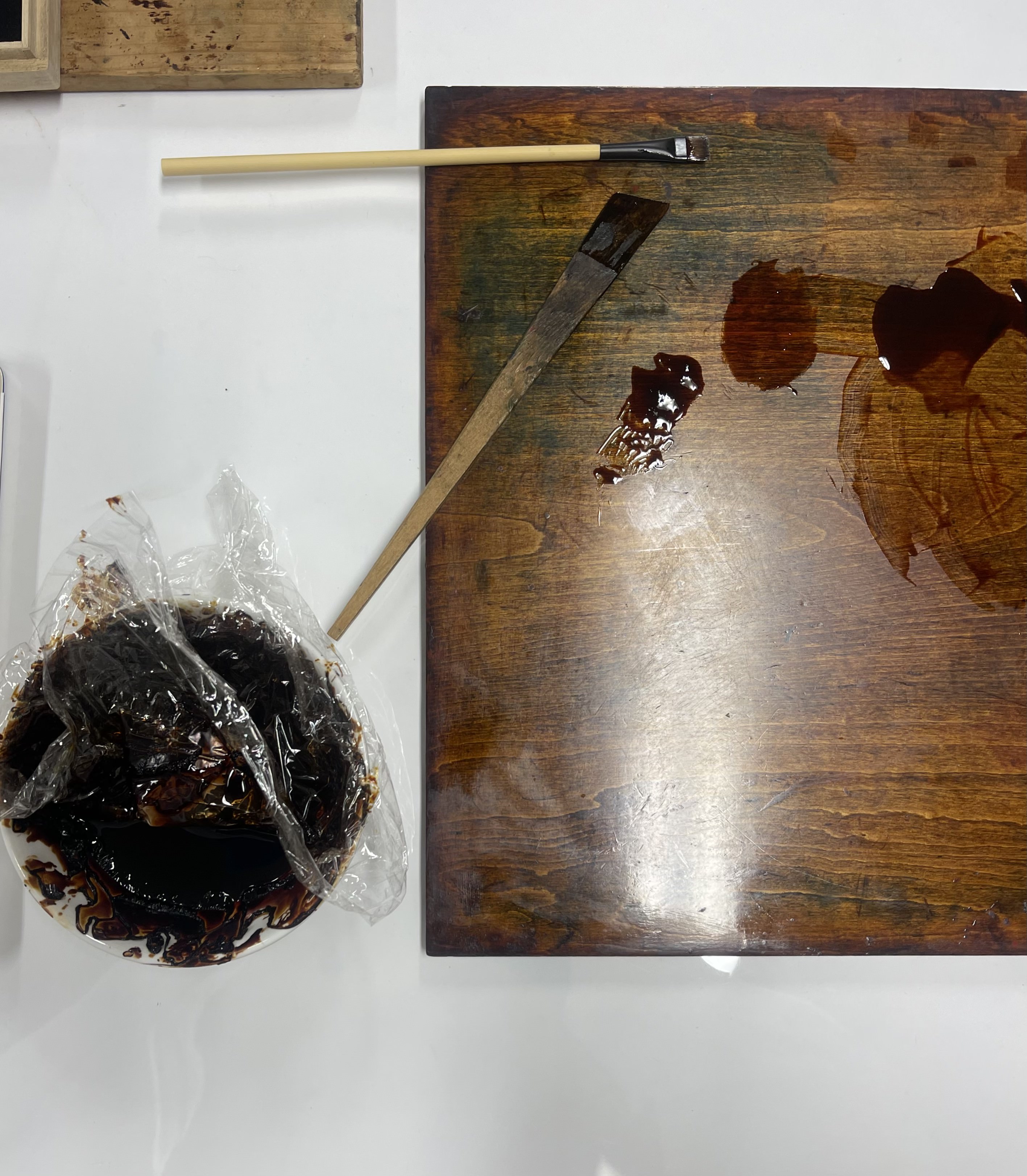 Transparent urushi and tools
Transparent urushi and tools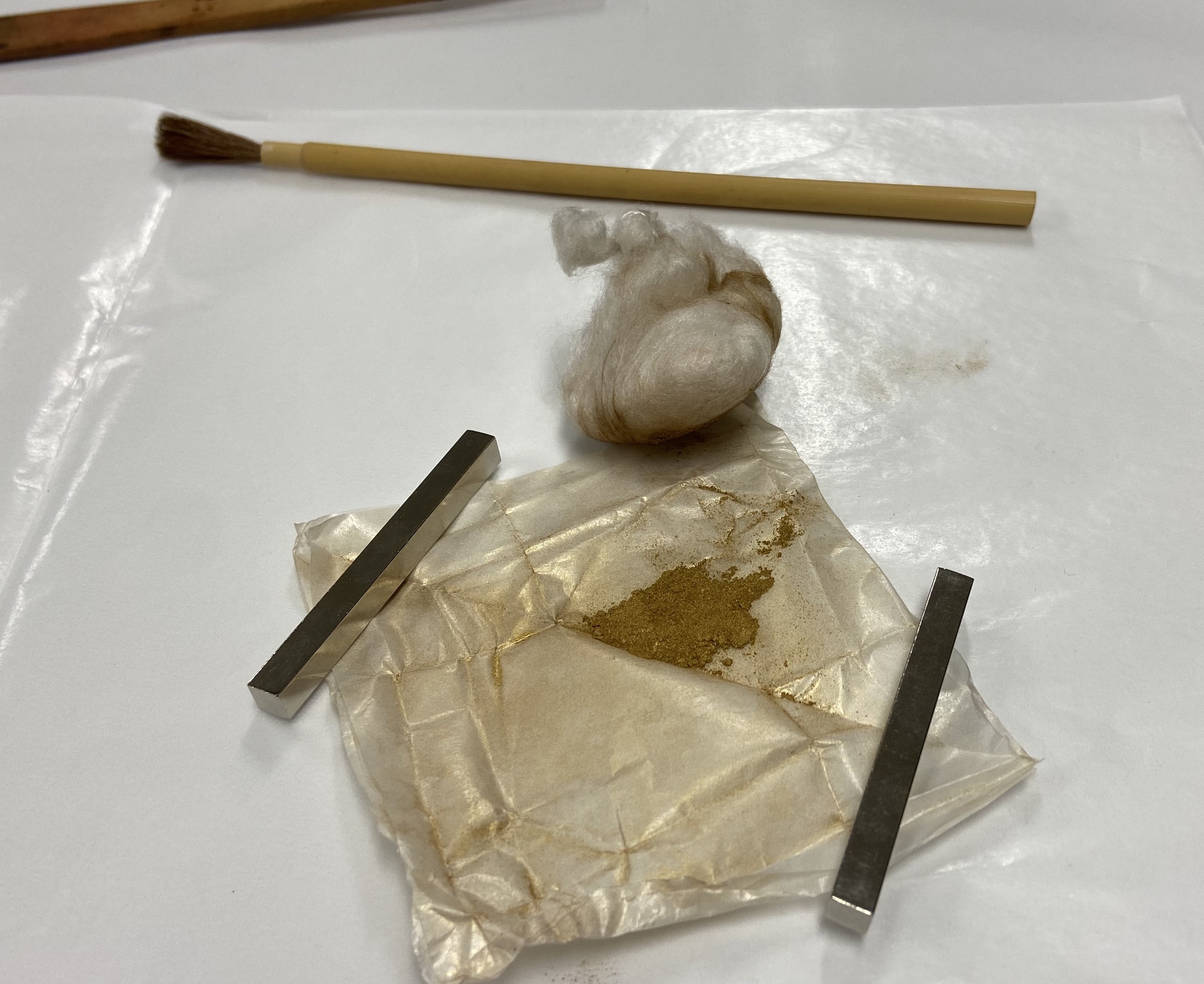 Pure gold powder and tools
Pure gold powder and tools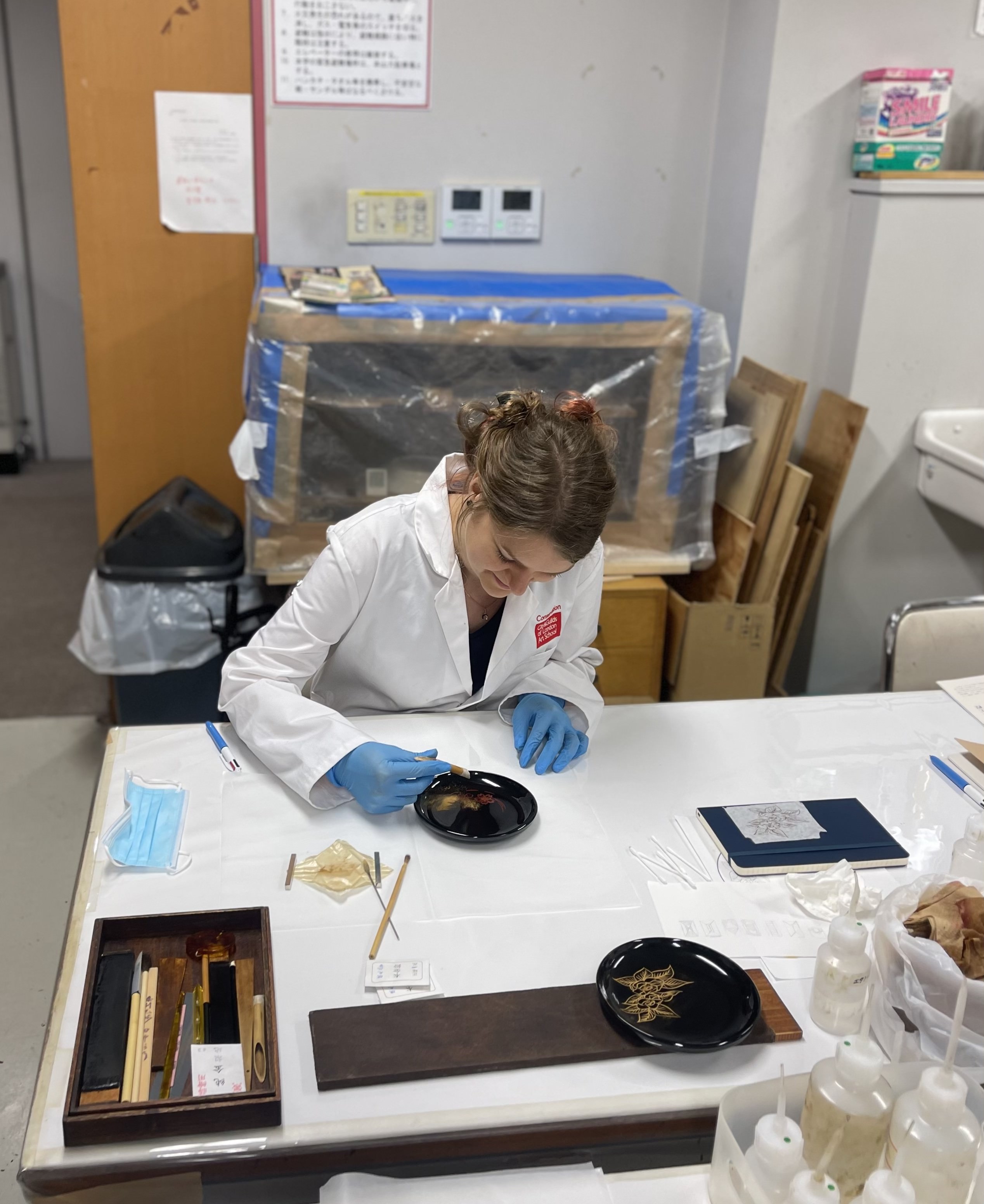 Ally working in the urushi studio
Ally working in the urushi studio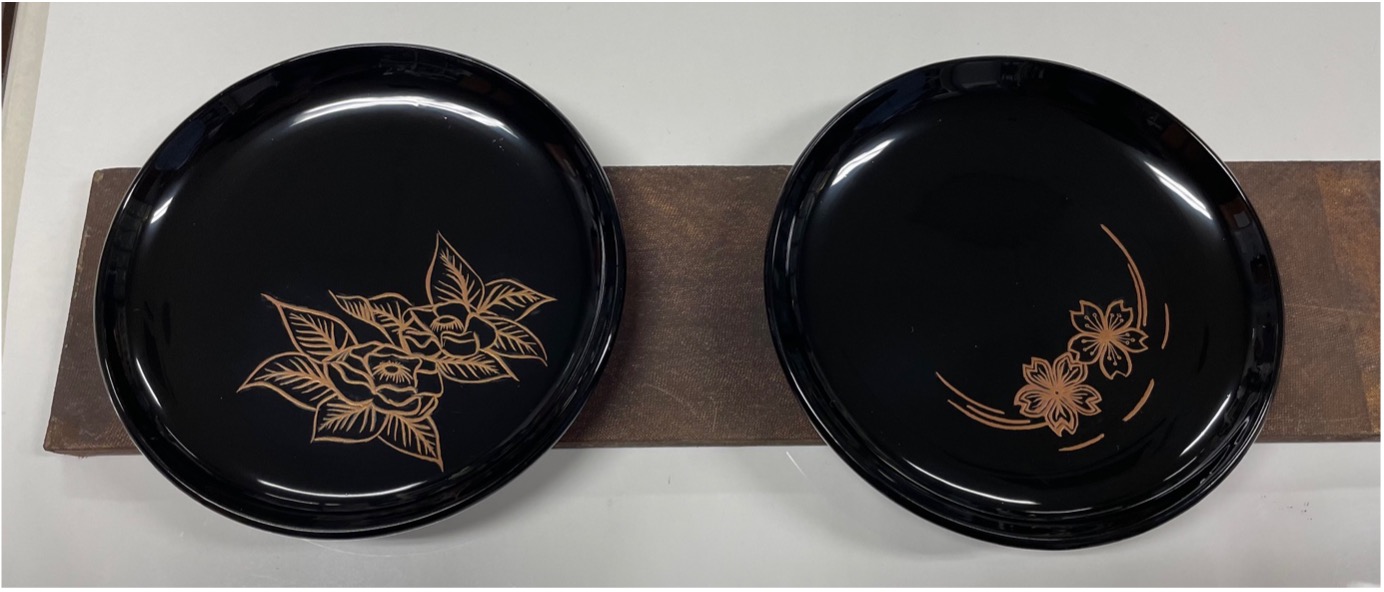 Ally (right) and Savannah’s (left) finished urushi maki-e plates
Ally (right) and Savannah’s (left) finished urushi maki-e plates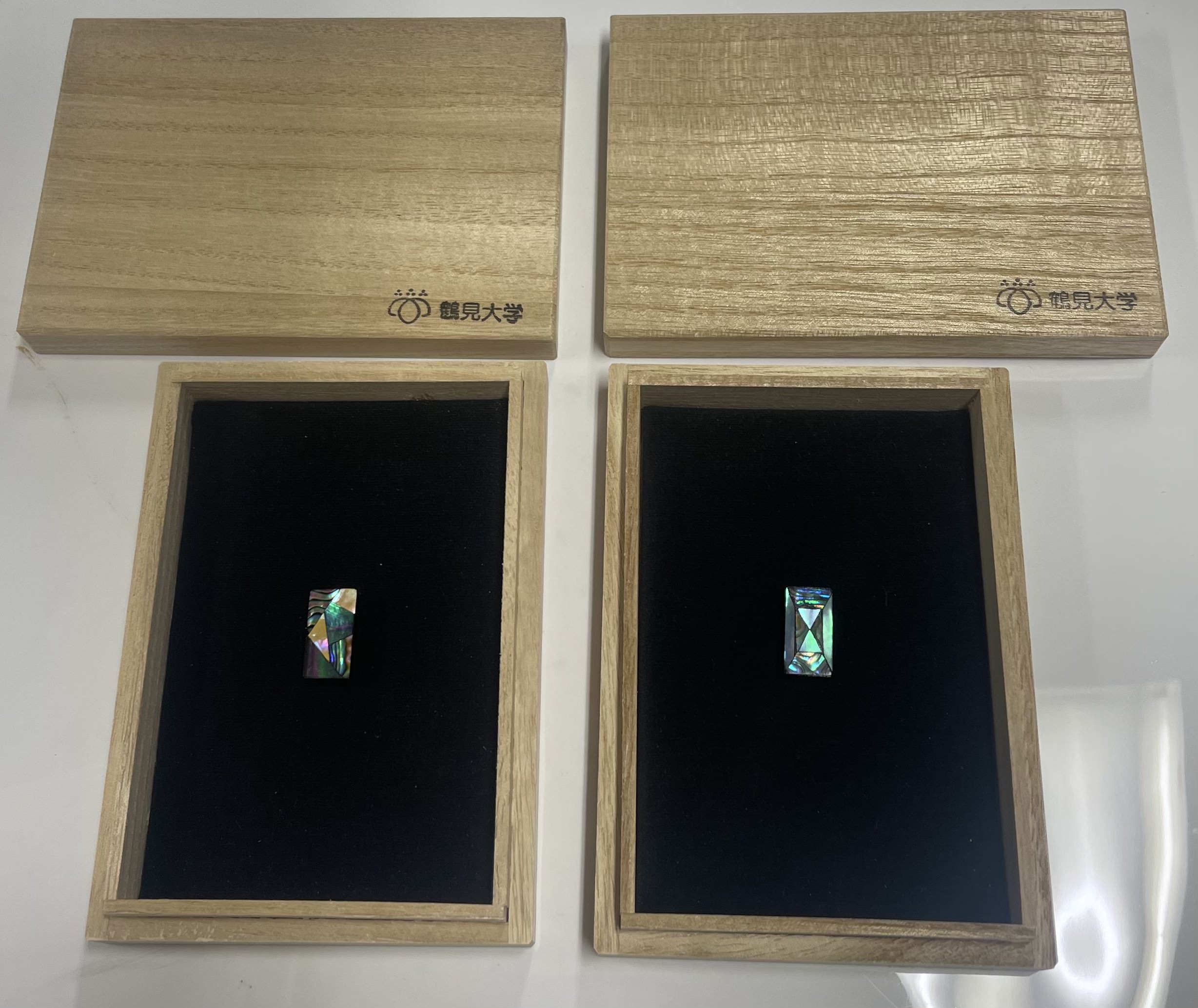 Ally (left) and Savannah’s (right) mother of pearl pendants
Ally (left) and Savannah’s (right) mother of pearl pendants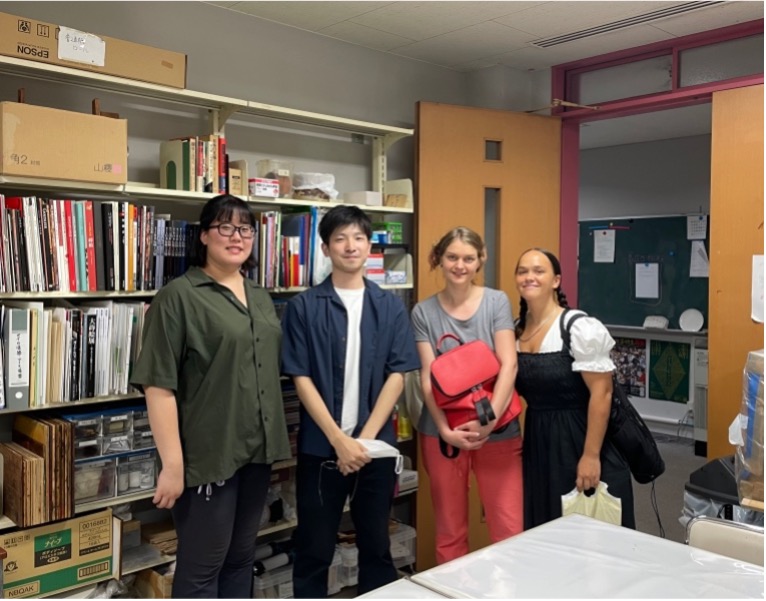 In the urushi studio at Tsurumi university
In the urushi studio at Tsurumi university 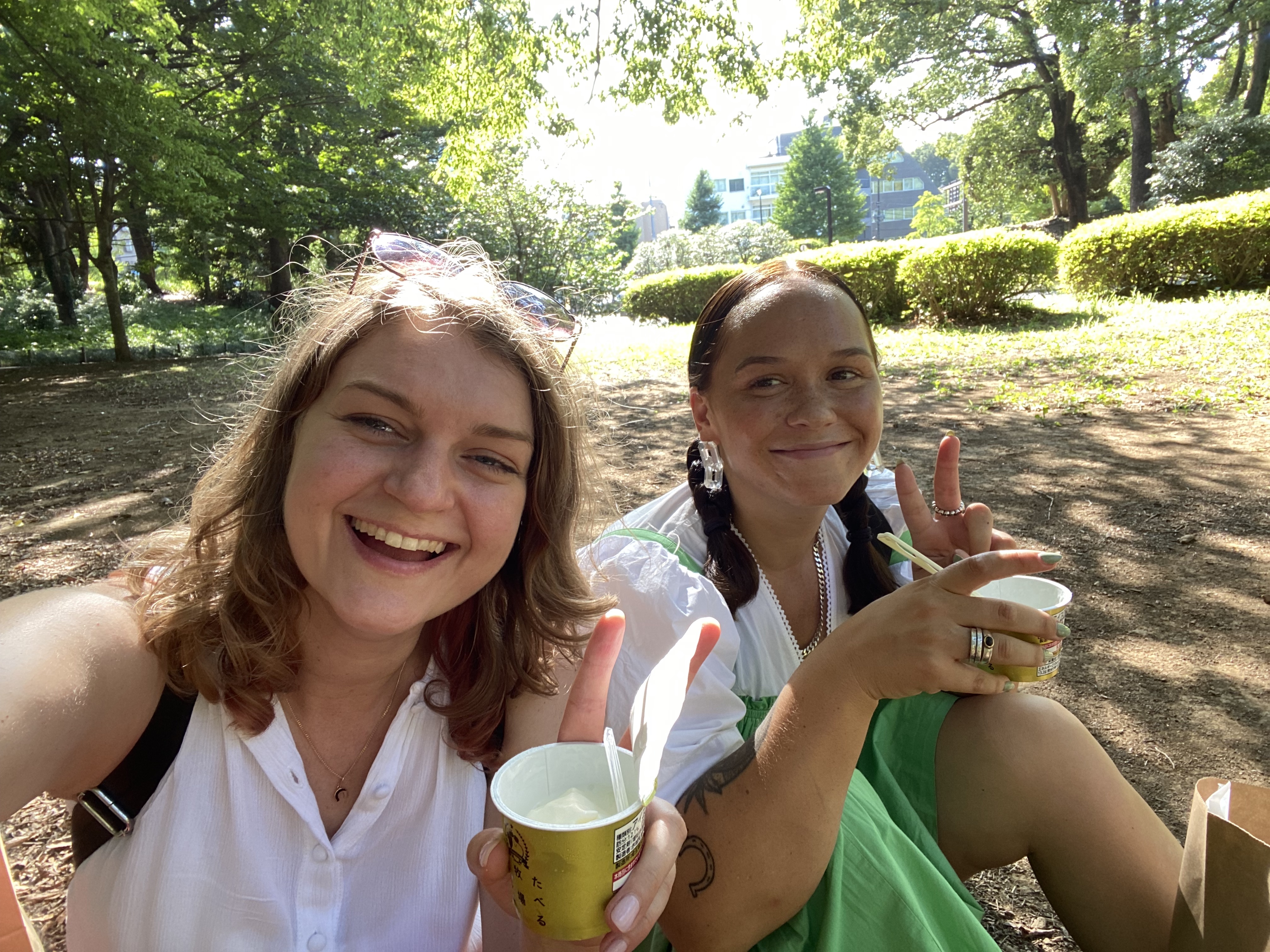 Ice-cream in the park!
Ice-cream in the park!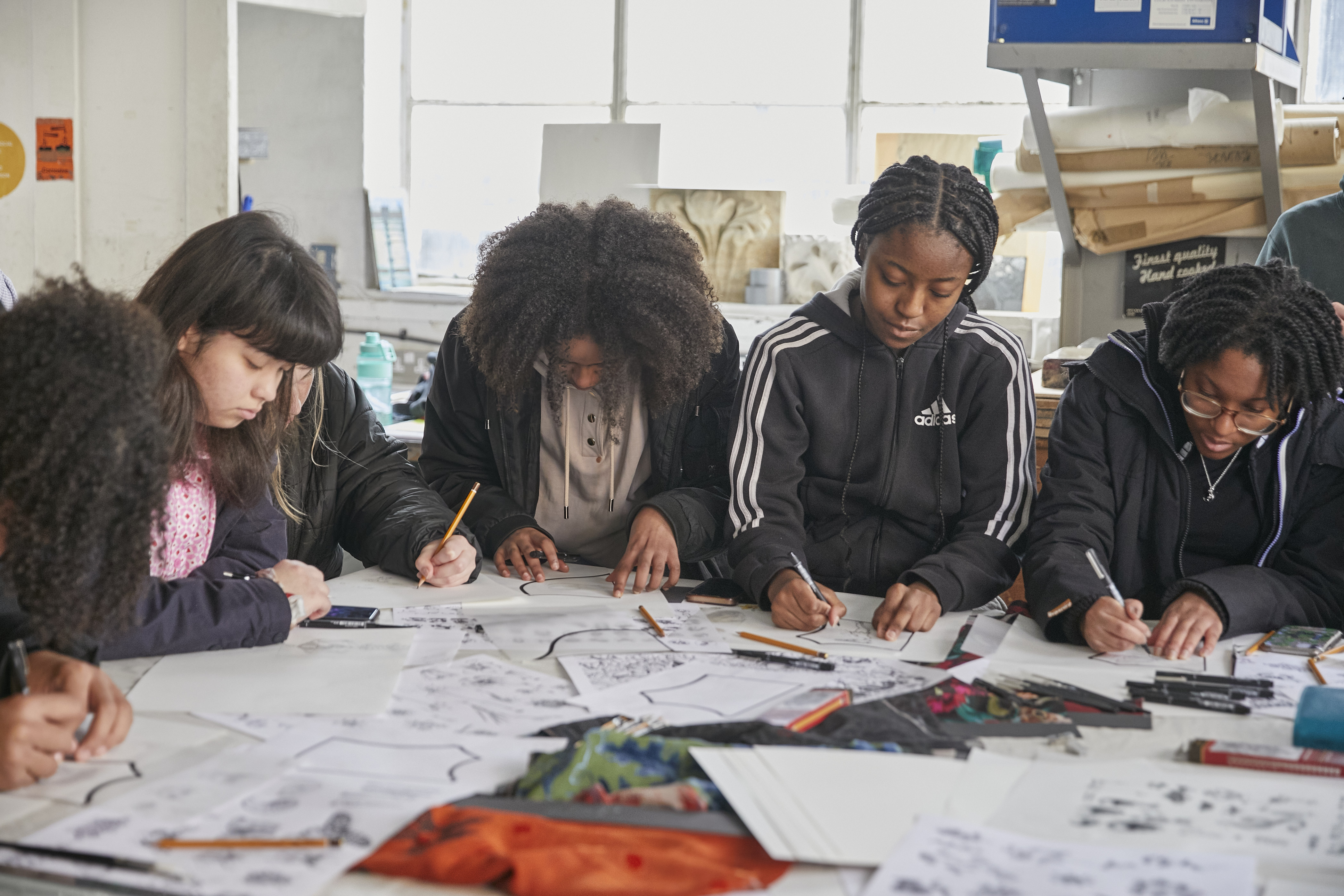 Screen printing masterclass with Rosanna Bishop, image credit:
Screen printing masterclass with Rosanna Bishop, image credit: 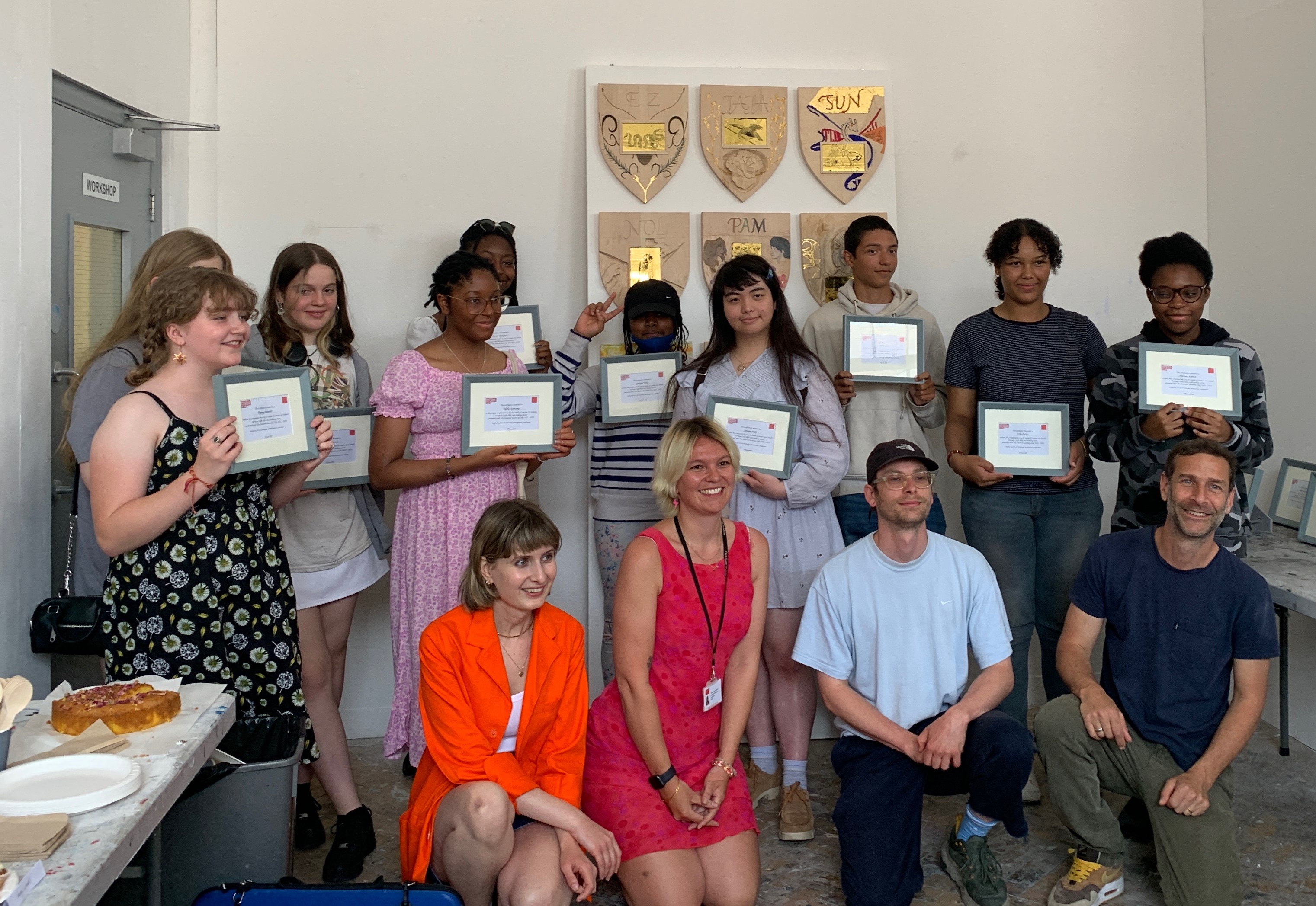 Our 2022/23 National Saturday Club Members at their end of course party
Our 2022/23 National Saturday Club Members at their end of course party Screen printing masterclass with Rosanna Bishop, image credit:
Screen printing masterclass with Rosanna Bishop, image credit: 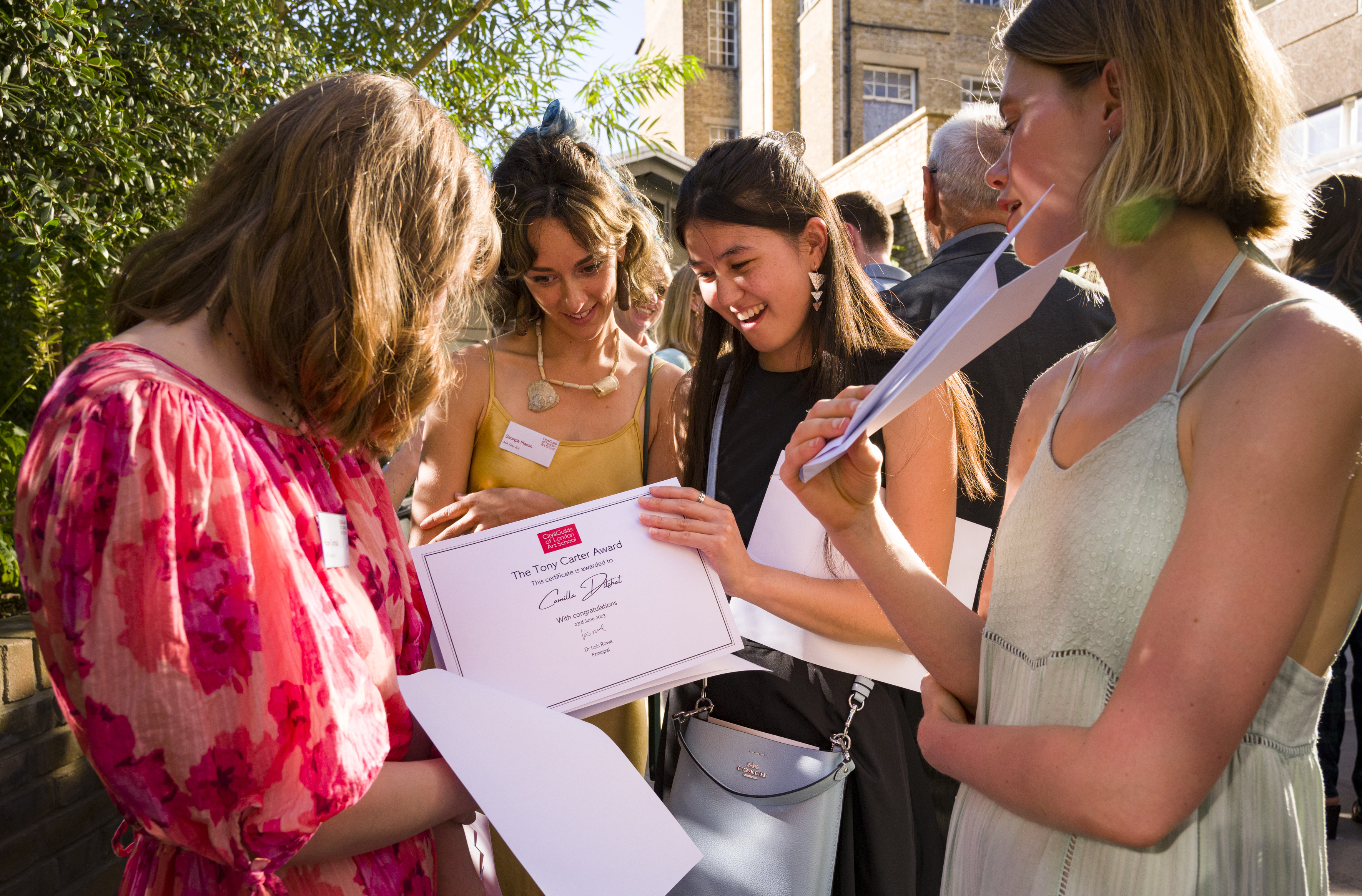
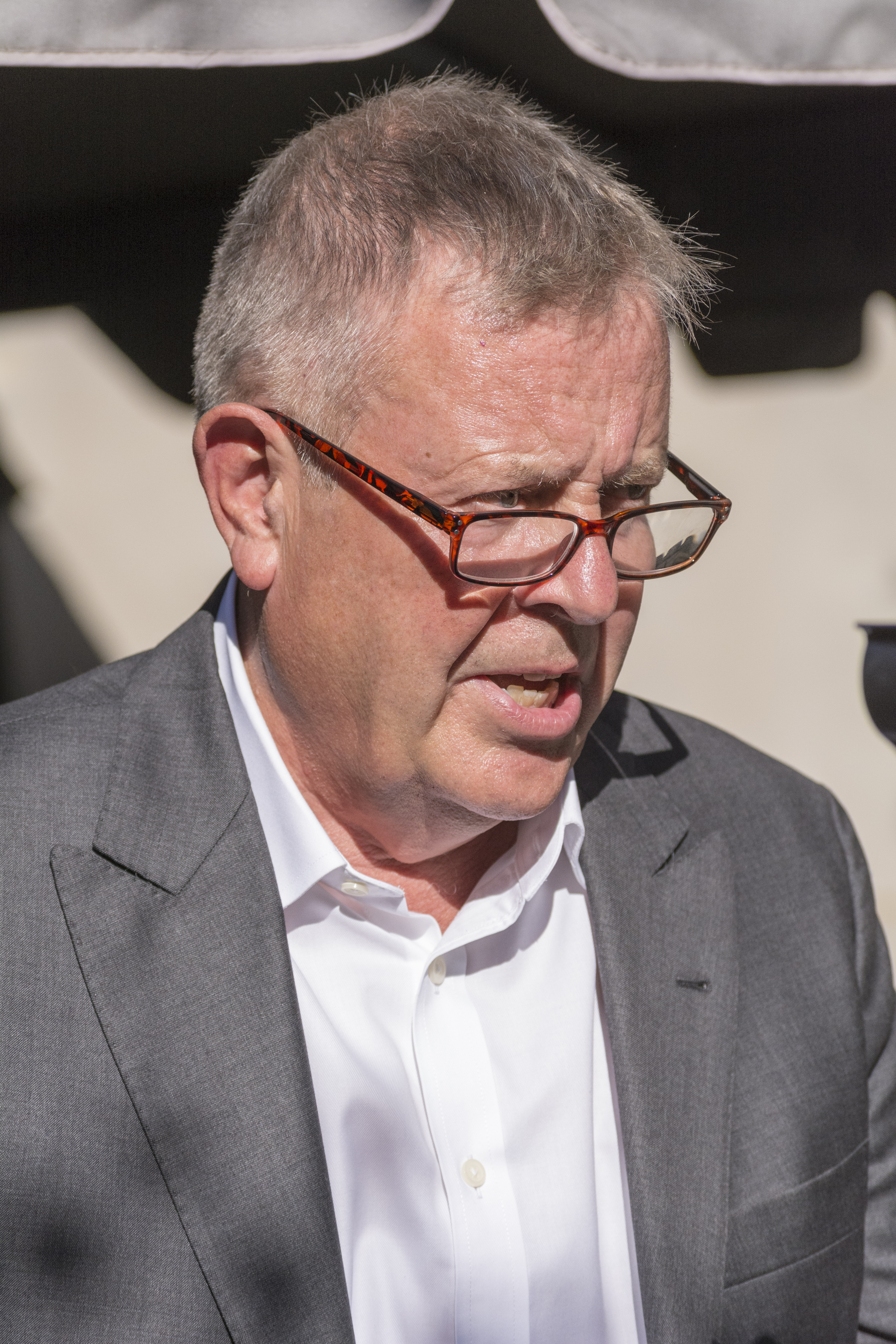 Jamie Bill, Chair of the Board of Trustees
Jamie Bill, Chair of the Board of Trustees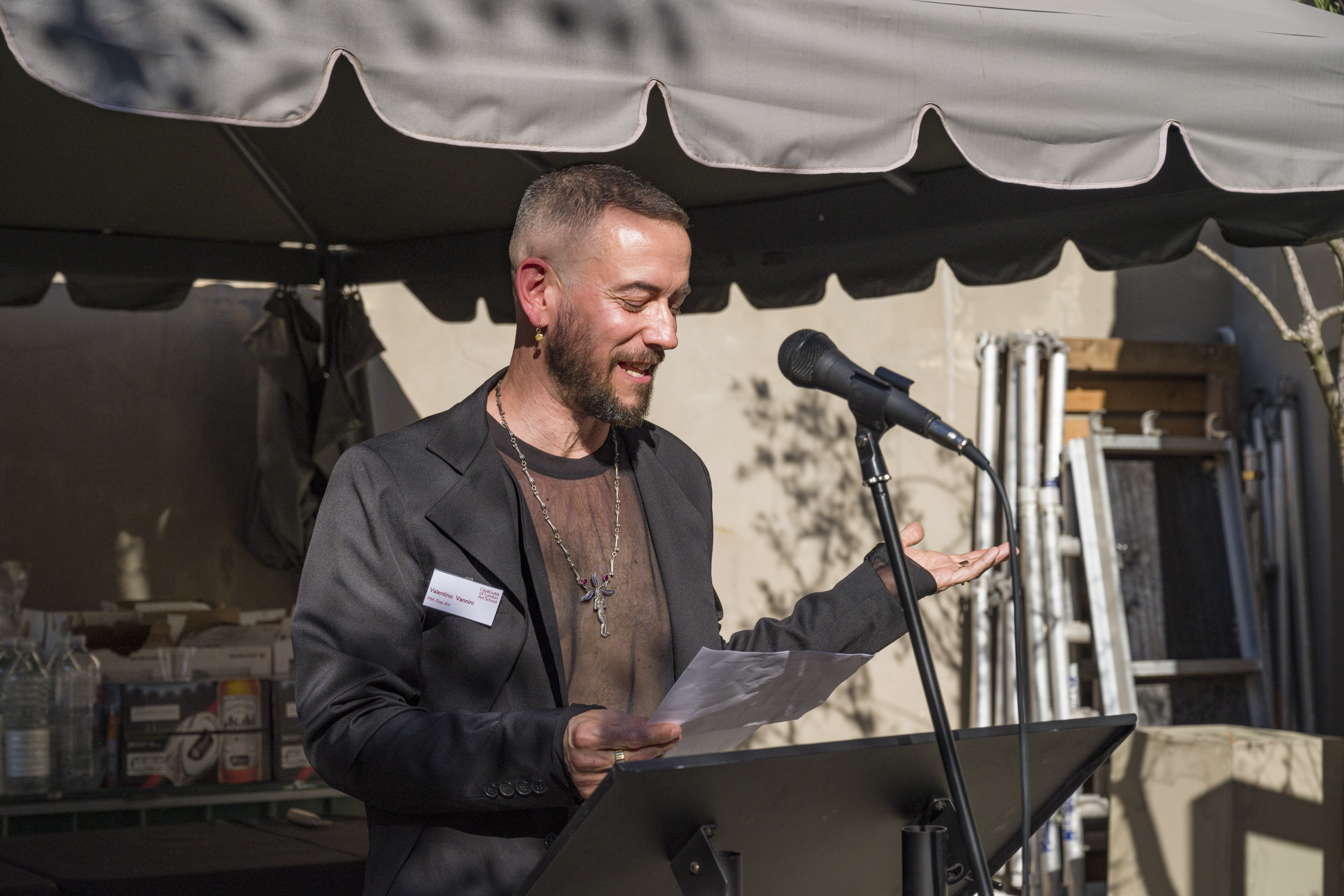 Valentino Vannini, MA Fine Art
Valentino Vannini, MA Fine Art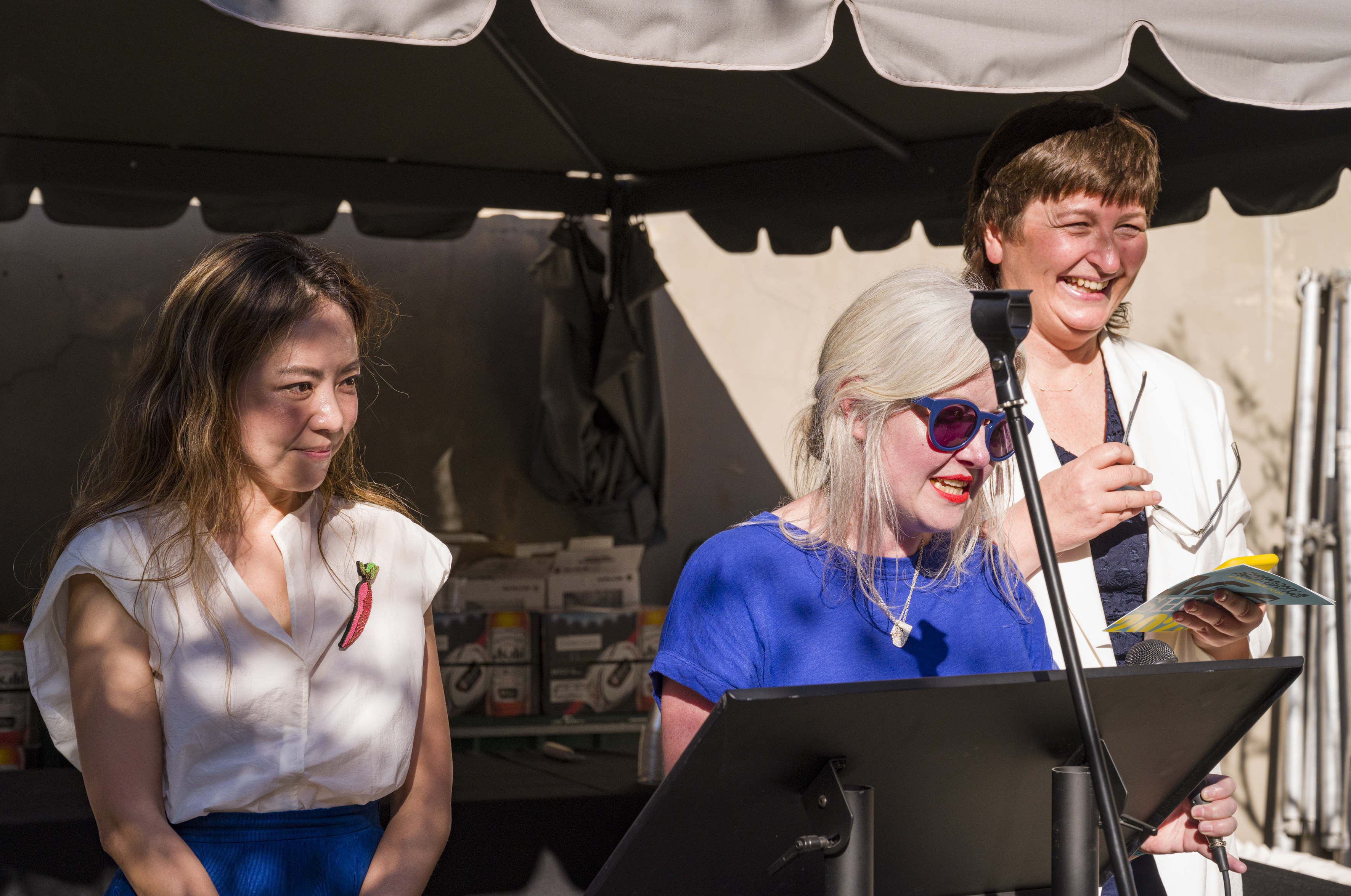 (L-R) Emily Jieun Kim (Leverhulme Arts Scholar), Sarah Cleary and Agata Nowak, MA Art & Material Histories
(L-R) Emily Jieun Kim (Leverhulme Arts Scholar), Sarah Cleary and Agata Nowak, MA Art & Material Histories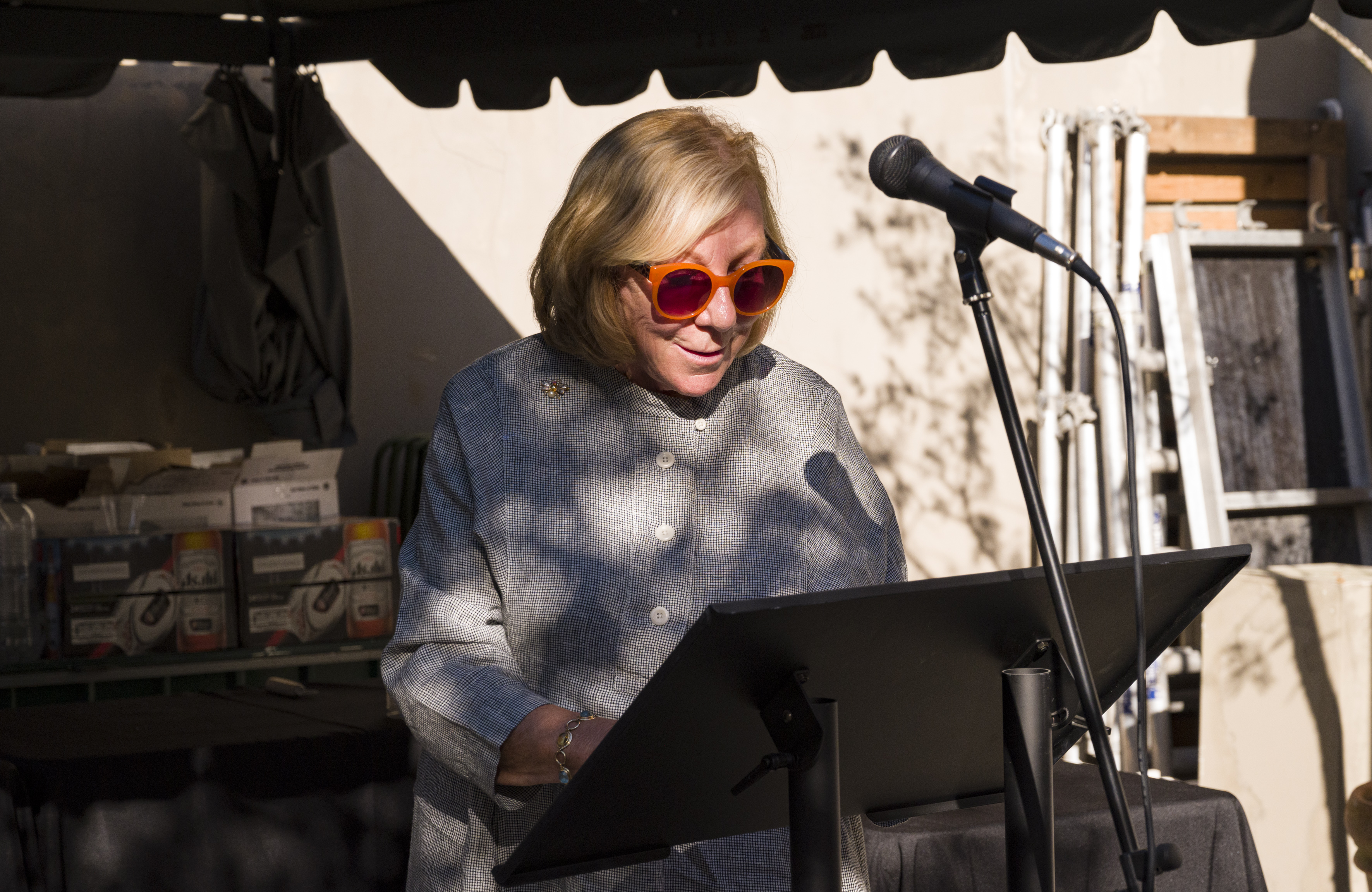 Lady Bridgeman, Artists’ Collecting Society
Lady Bridgeman, Artists’ Collecting Society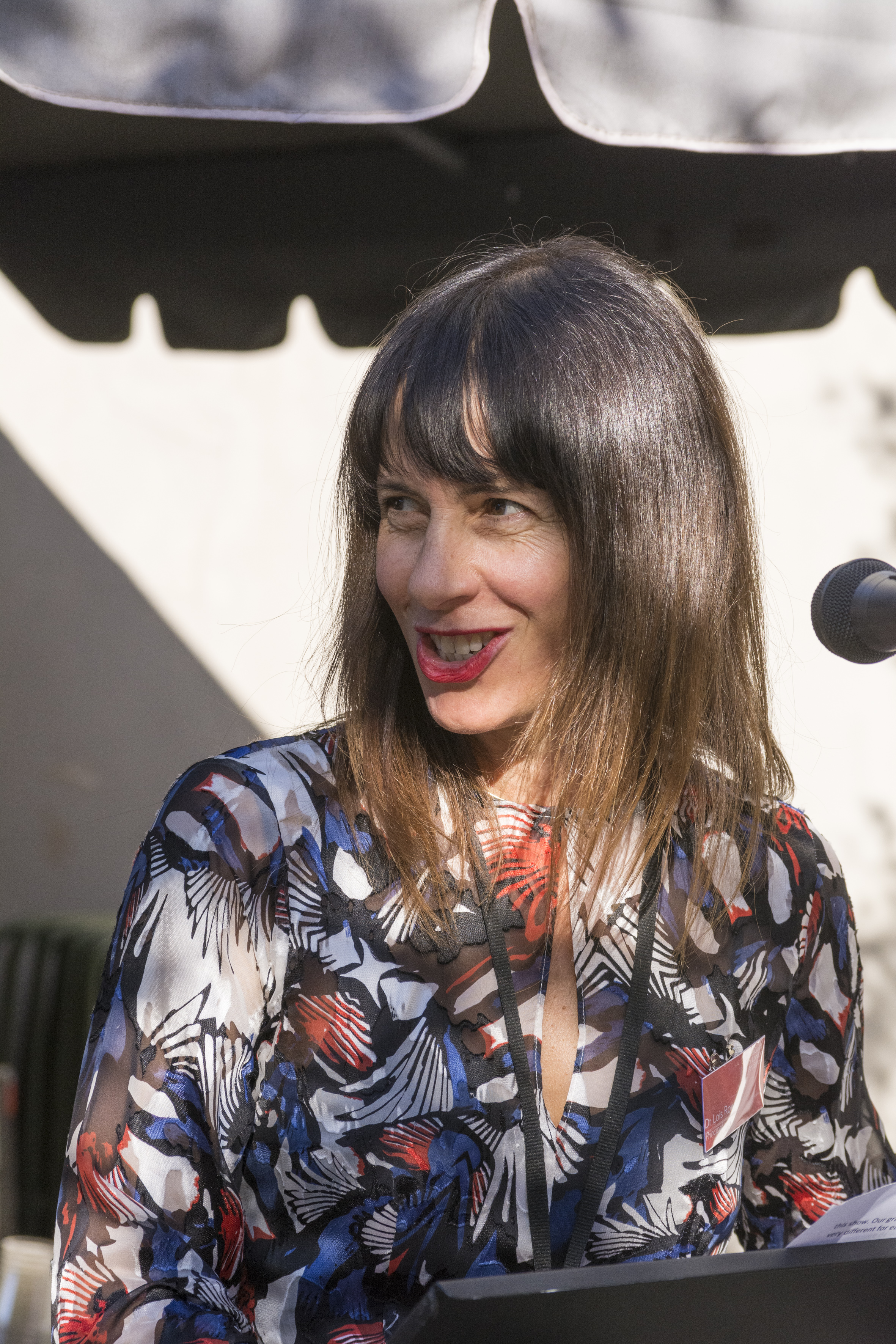 Dr Lois Rowe, Principal
Dr Lois Rowe, Principal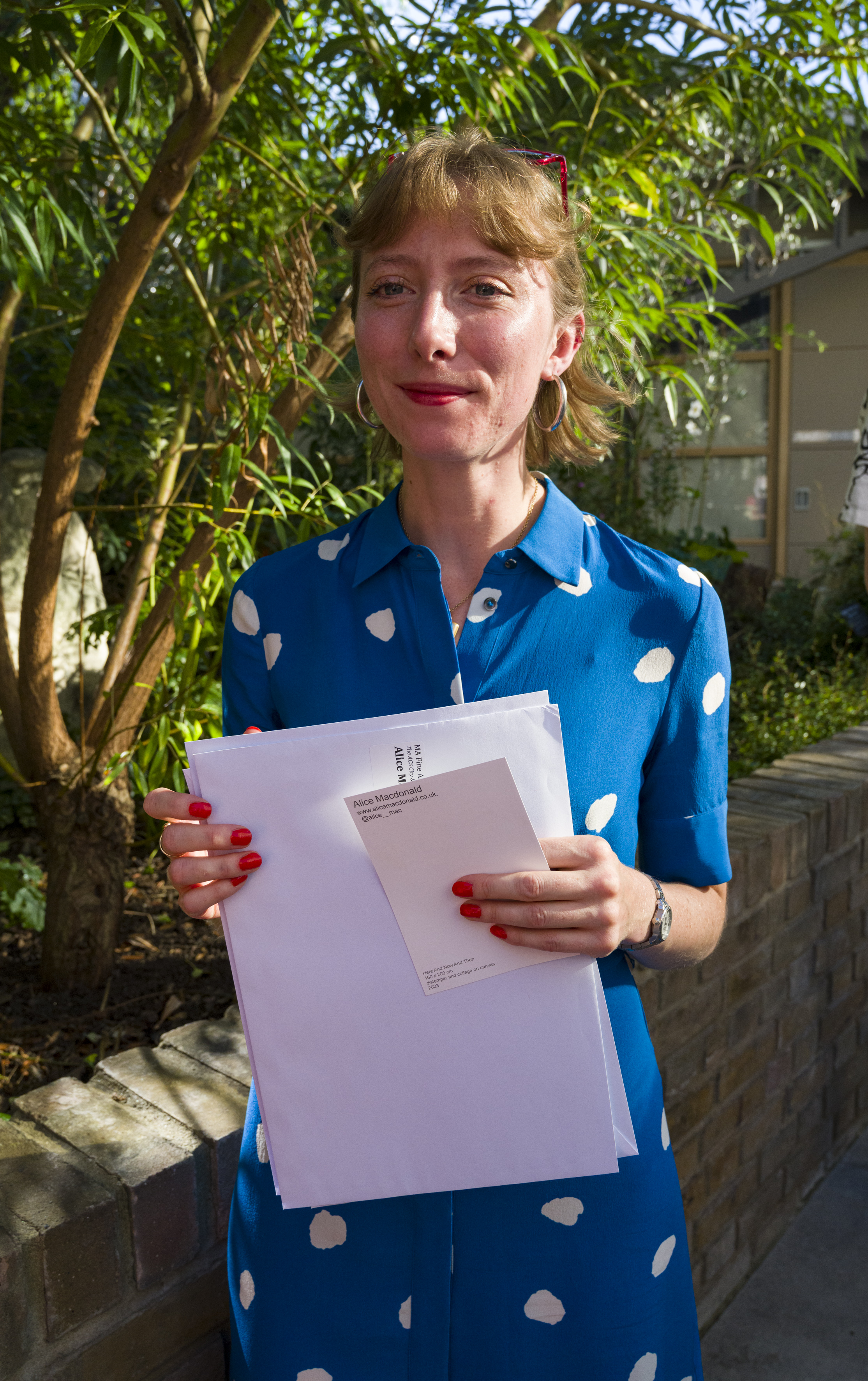 Alice MacDonald, MA Fine Art, winner of the ACS City & Guilds of London Art School Studio Prize and the Skinners’ Company Stephen Gooden Prize for Engraving
Alice MacDonald, MA Fine Art, winner of the ACS City & Guilds of London Art School Studio Prize and the Skinners’ Company Stephen Gooden Prize for Engraving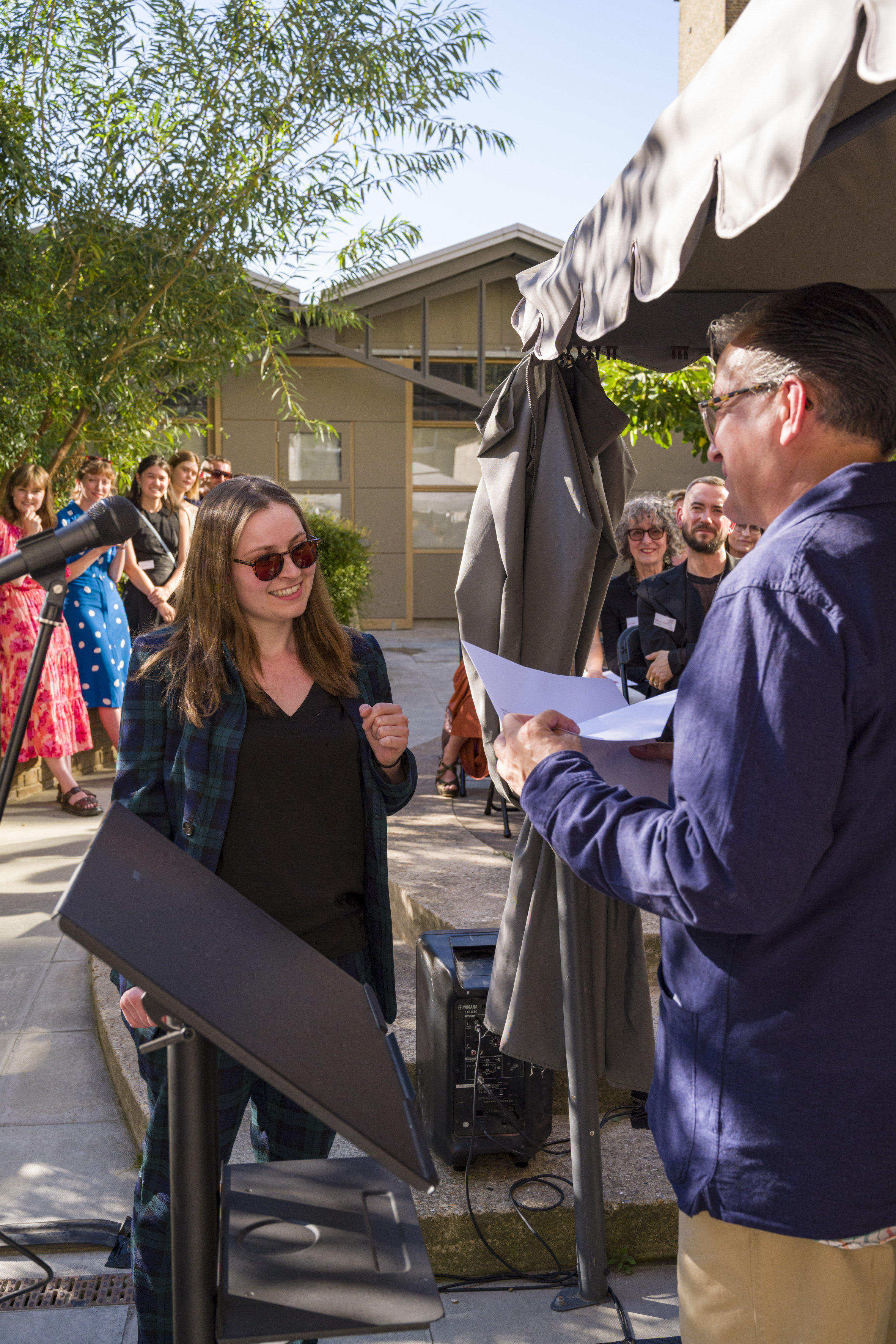 Eloise Dethier-Eaton, MA Fine Art, winner of the Worshipful Company of Painter Stainers’ Decorative Surfaces Fellowship
Eloise Dethier-Eaton, MA Fine Art, winner of the Worshipful Company of Painter Stainers’ Decorative Surfaces Fellowship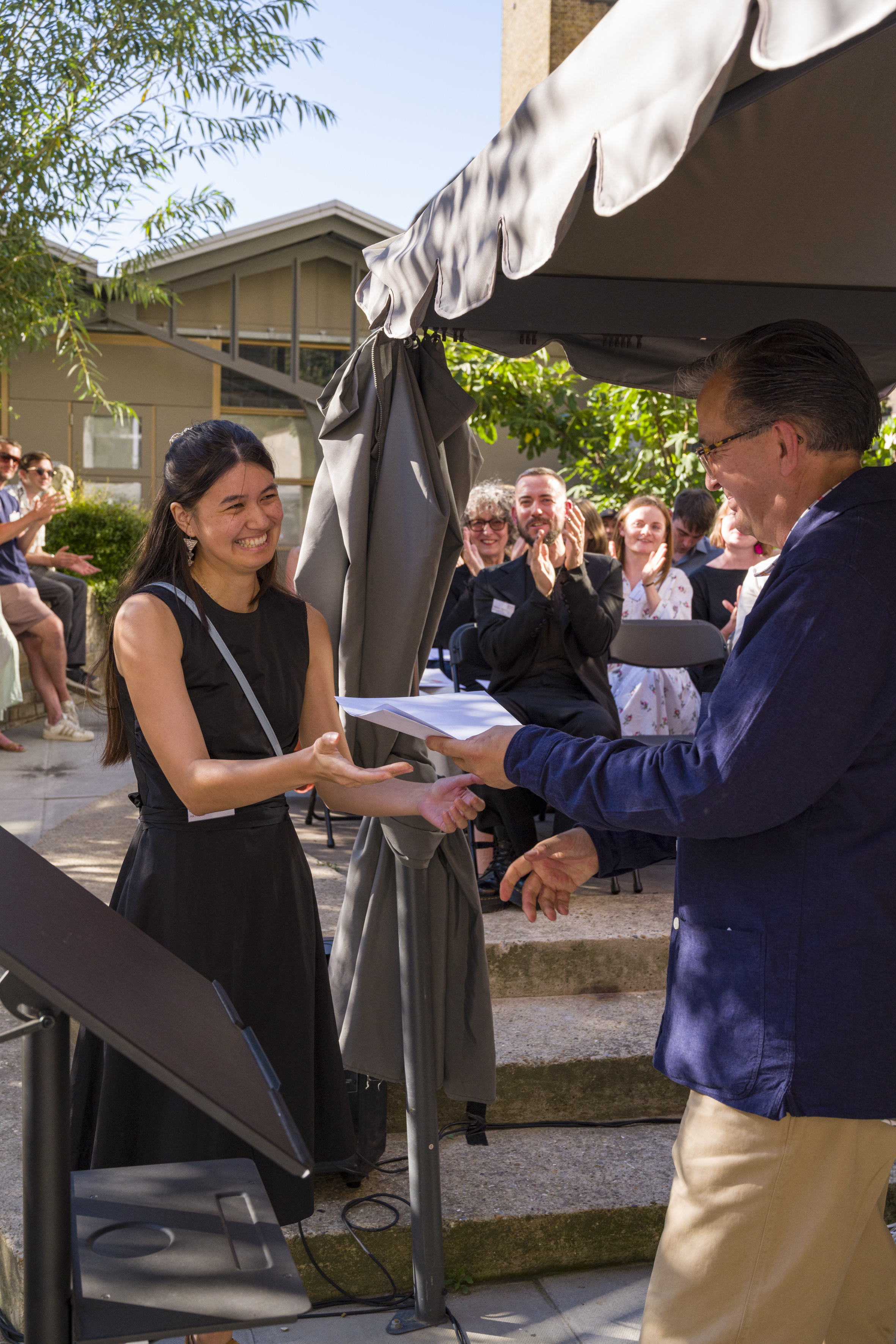 Camilla Dilshat, MA Fine Art, winner of the Tony Carter Award
Camilla Dilshat, MA Fine Art, winner of the Tony Carter Award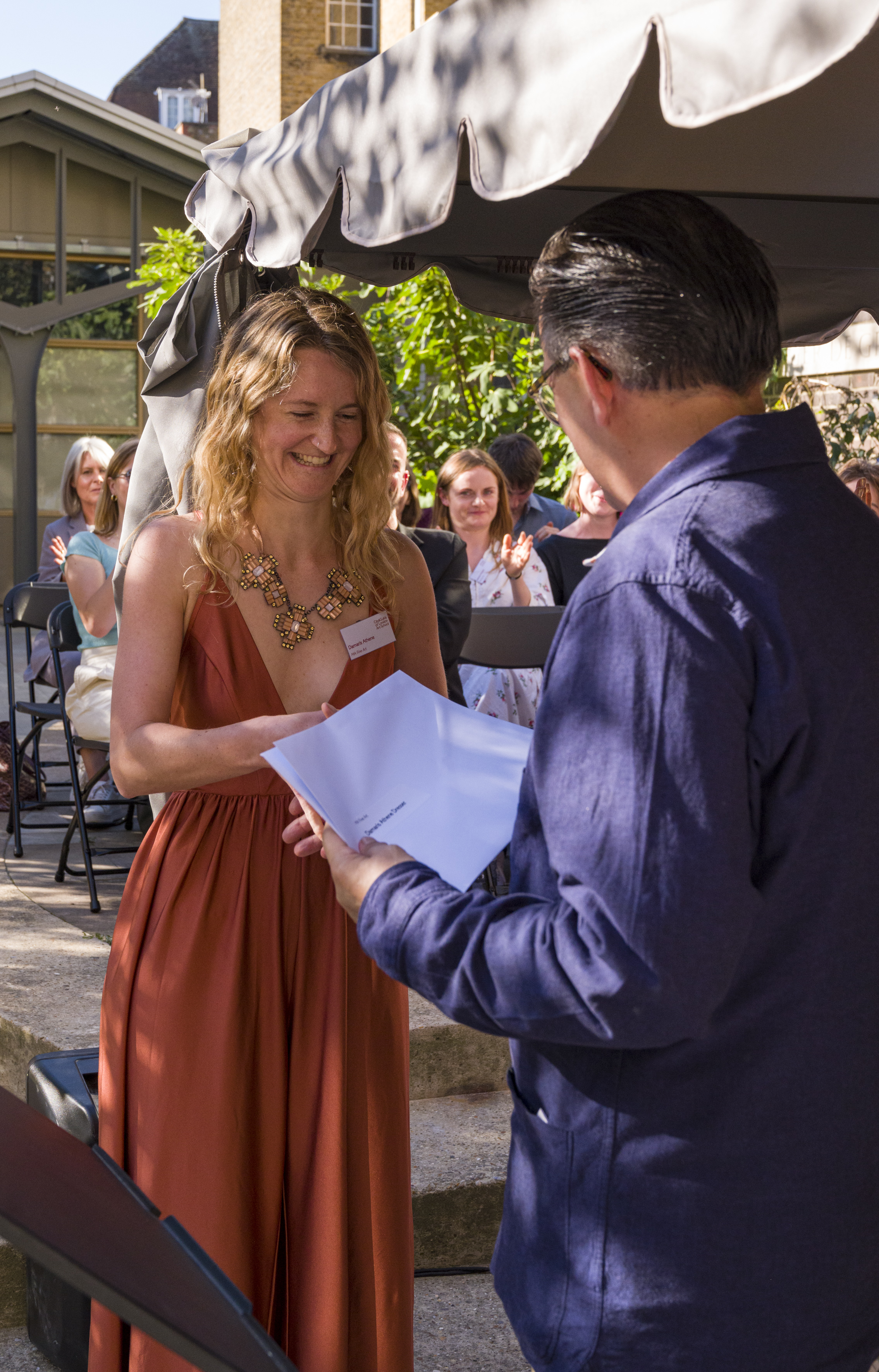 Damaris Athene, MA Fine Art (Leverhulme Arts Scholar), winner of the City & Guilds of London Art School Prize for Outstanding MA Fine Art Exhibition
Damaris Athene, MA Fine Art (Leverhulme Arts Scholar), winner of the City & Guilds of London Art School Prize for Outstanding MA Fine Art Exhibition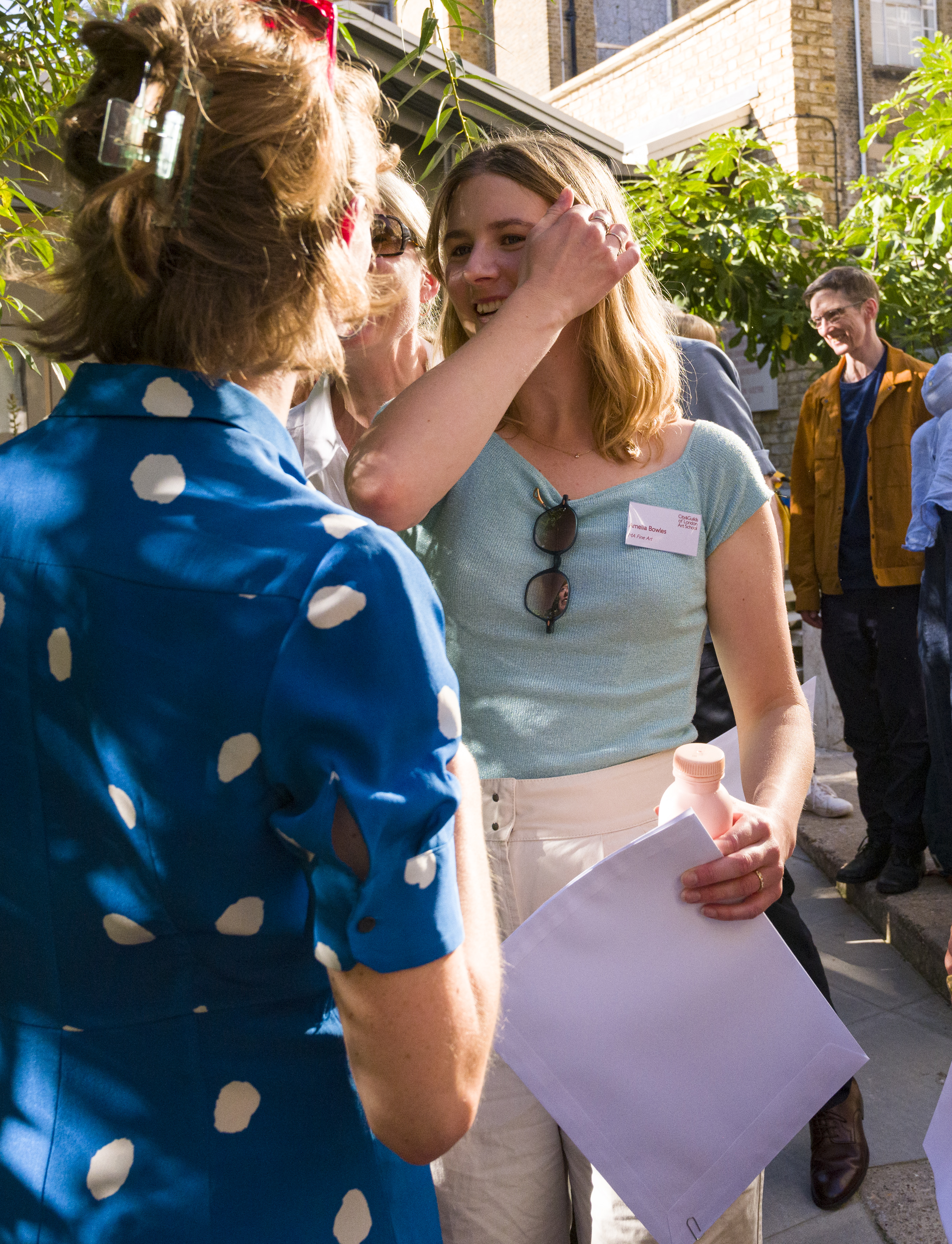 Amelia Bowles, MA Fine Art (Leverhulme Arts Scholar), winner of the City & Guilds of London Art School Prize for Outstanding Critical Engagement
Amelia Bowles, MA Fine Art (Leverhulme Arts Scholar), winner of the City & Guilds of London Art School Prize for Outstanding Critical Engagement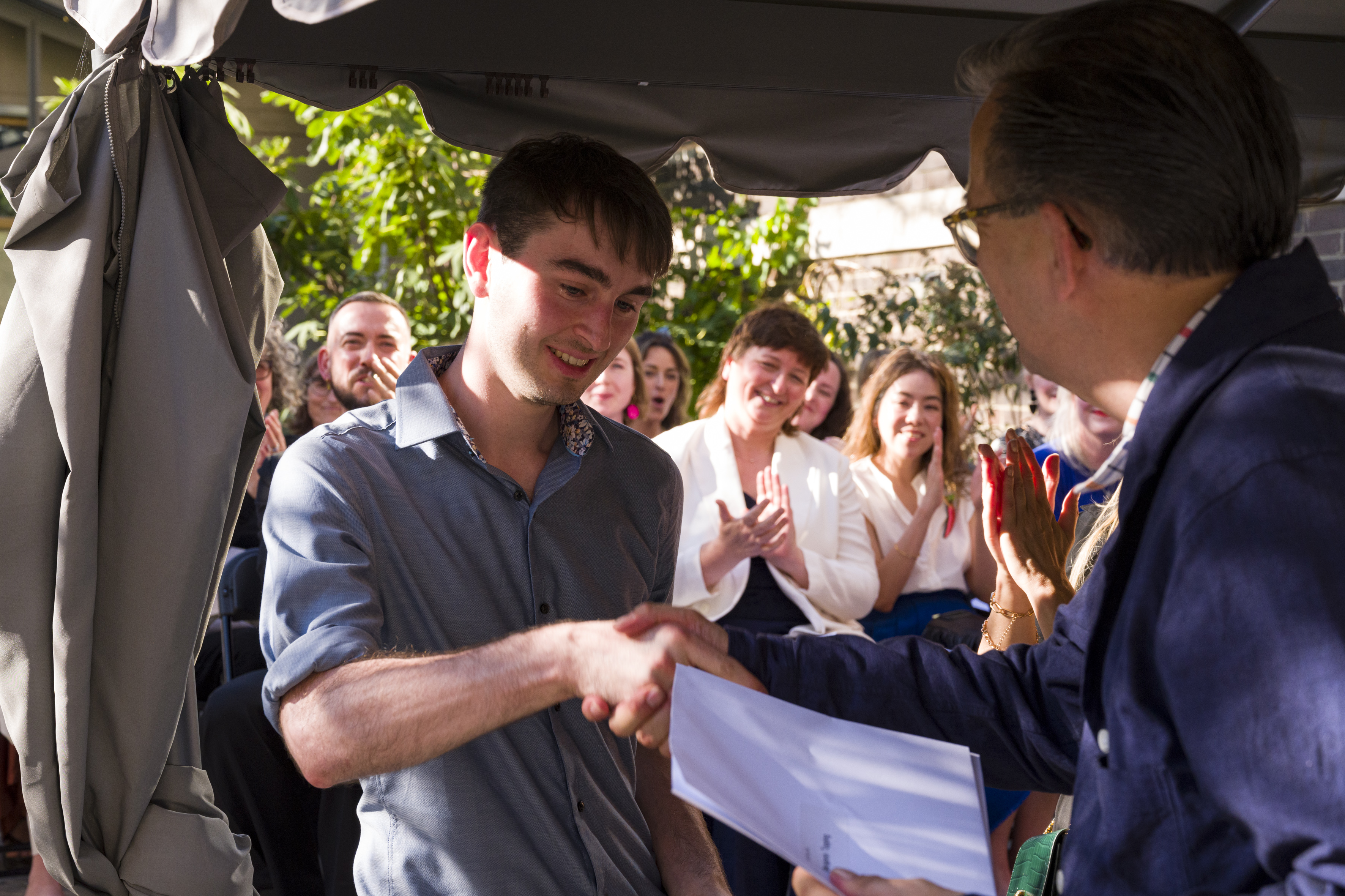 Ben Topping, MA Fine Art, winner of the City & Guilds of London Art School Prize for Outstanding Work in Print
Ben Topping, MA Fine Art, winner of the City & Guilds of London Art School Prize for Outstanding Work in Print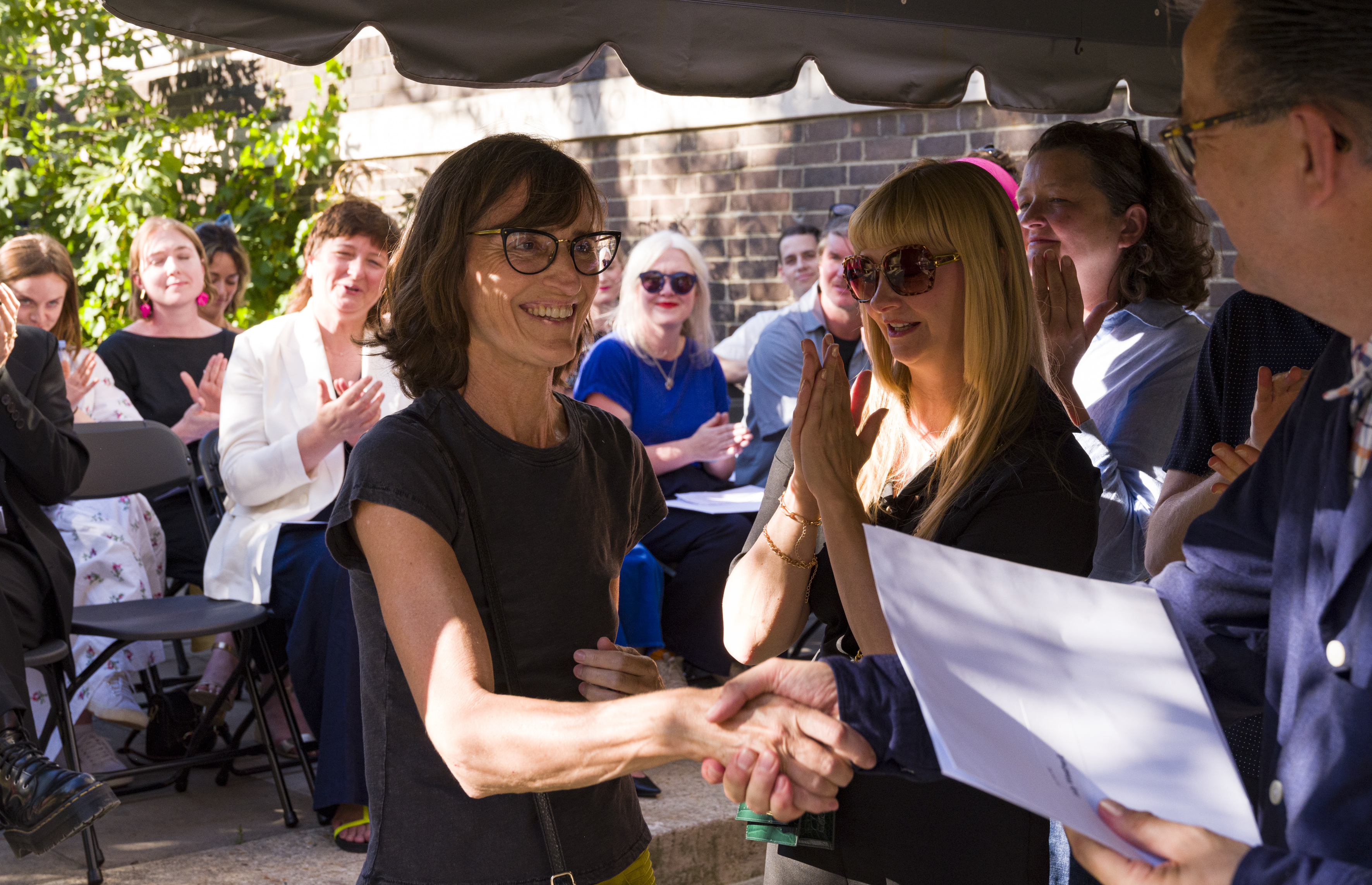 Sally Weatherill, MA Fine Art, winner of the Printmaking Prize for Technical Excellence
Sally Weatherill, MA Fine Art, winner of the Printmaking Prize for Technical Excellence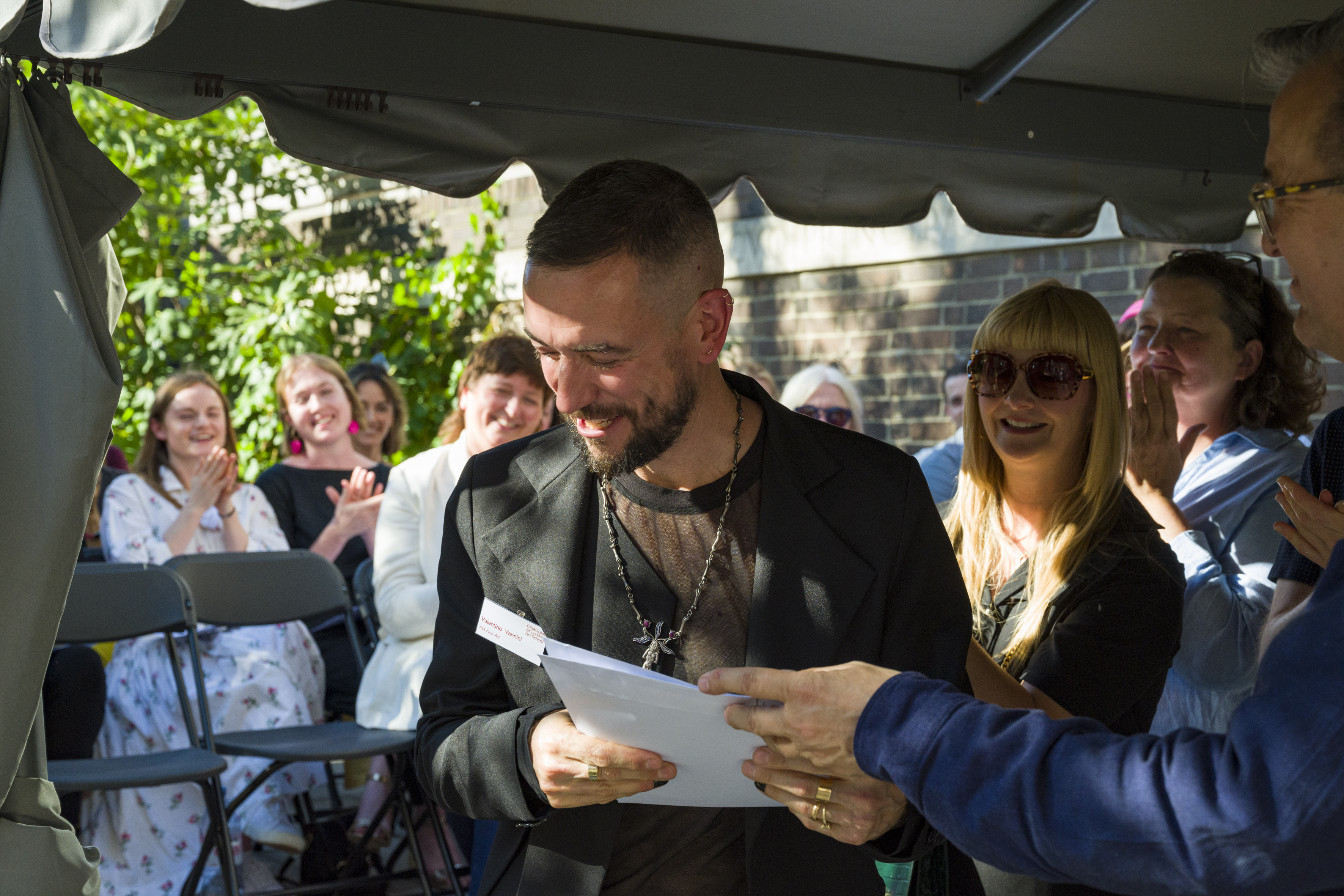

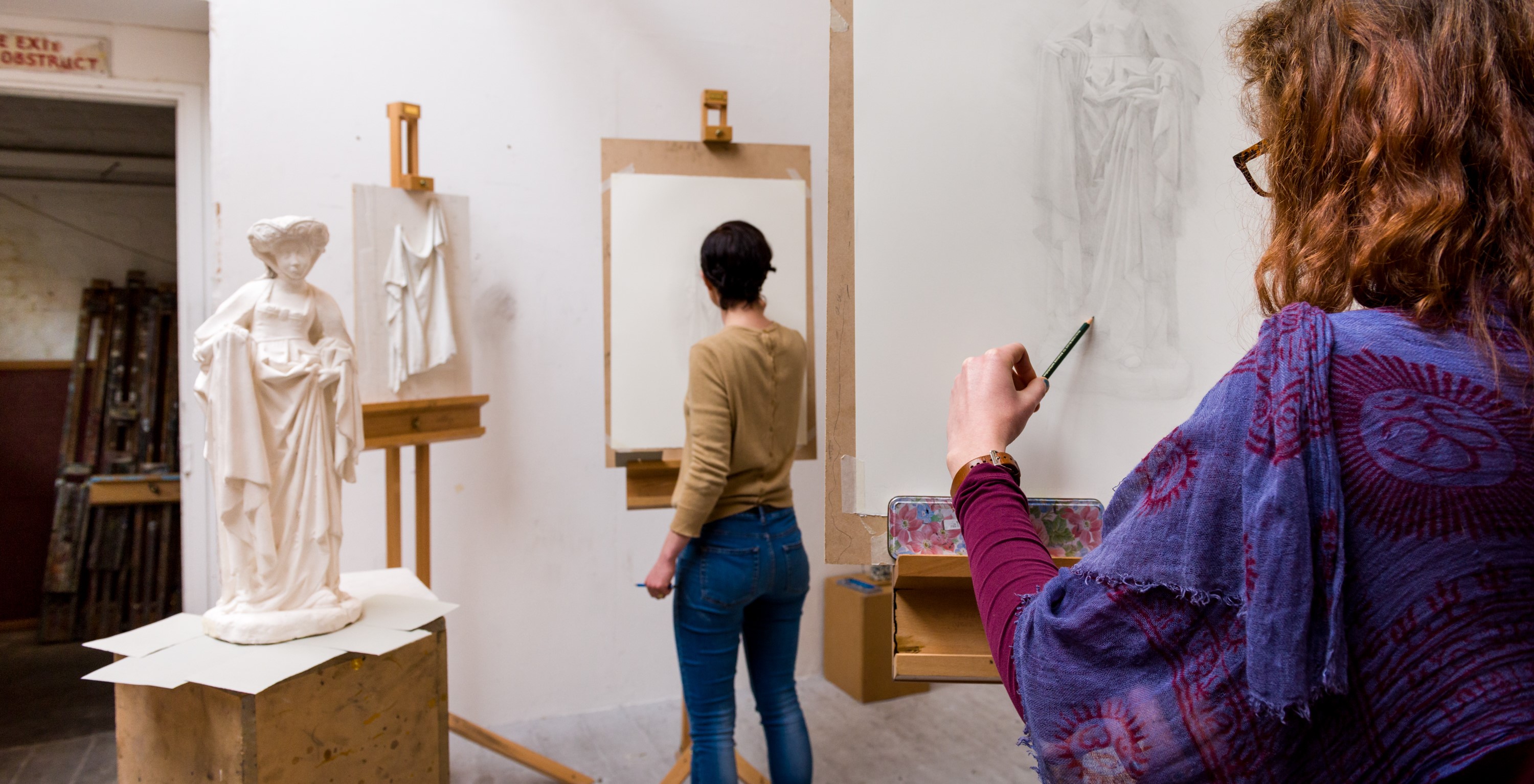
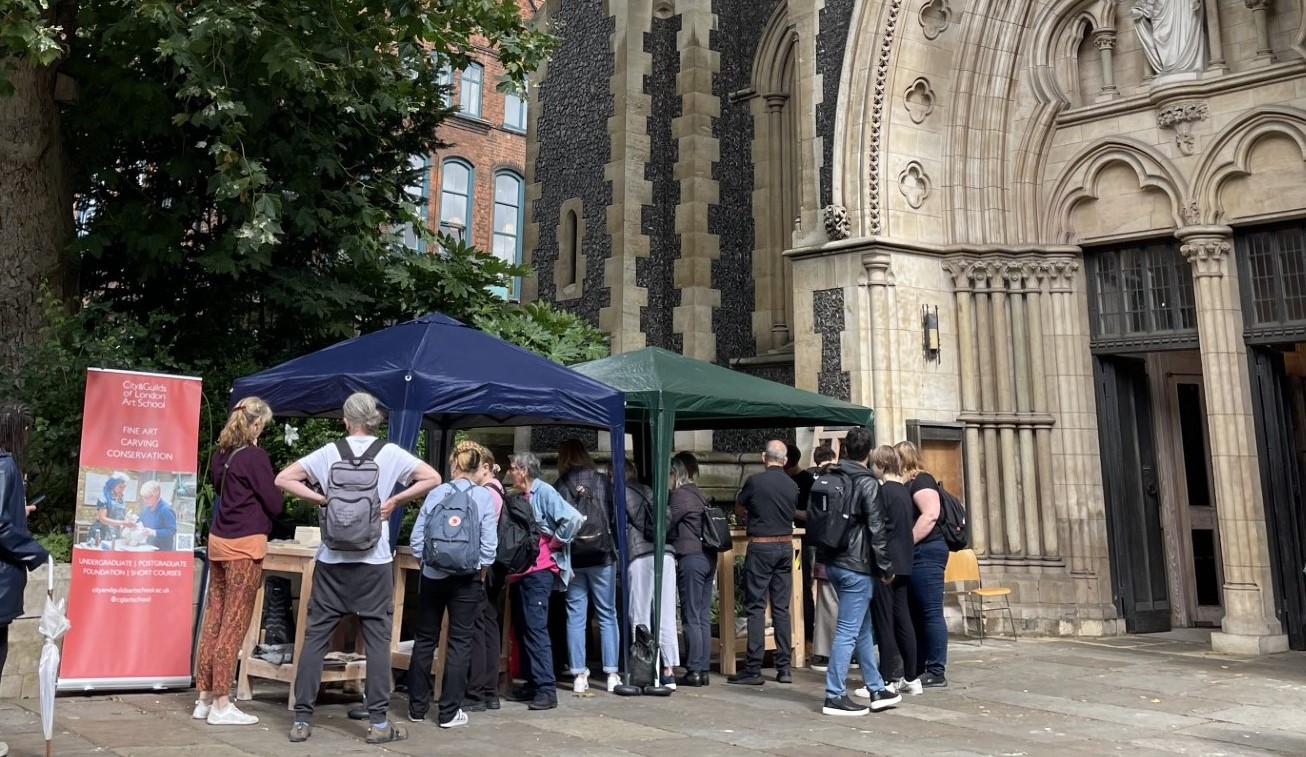
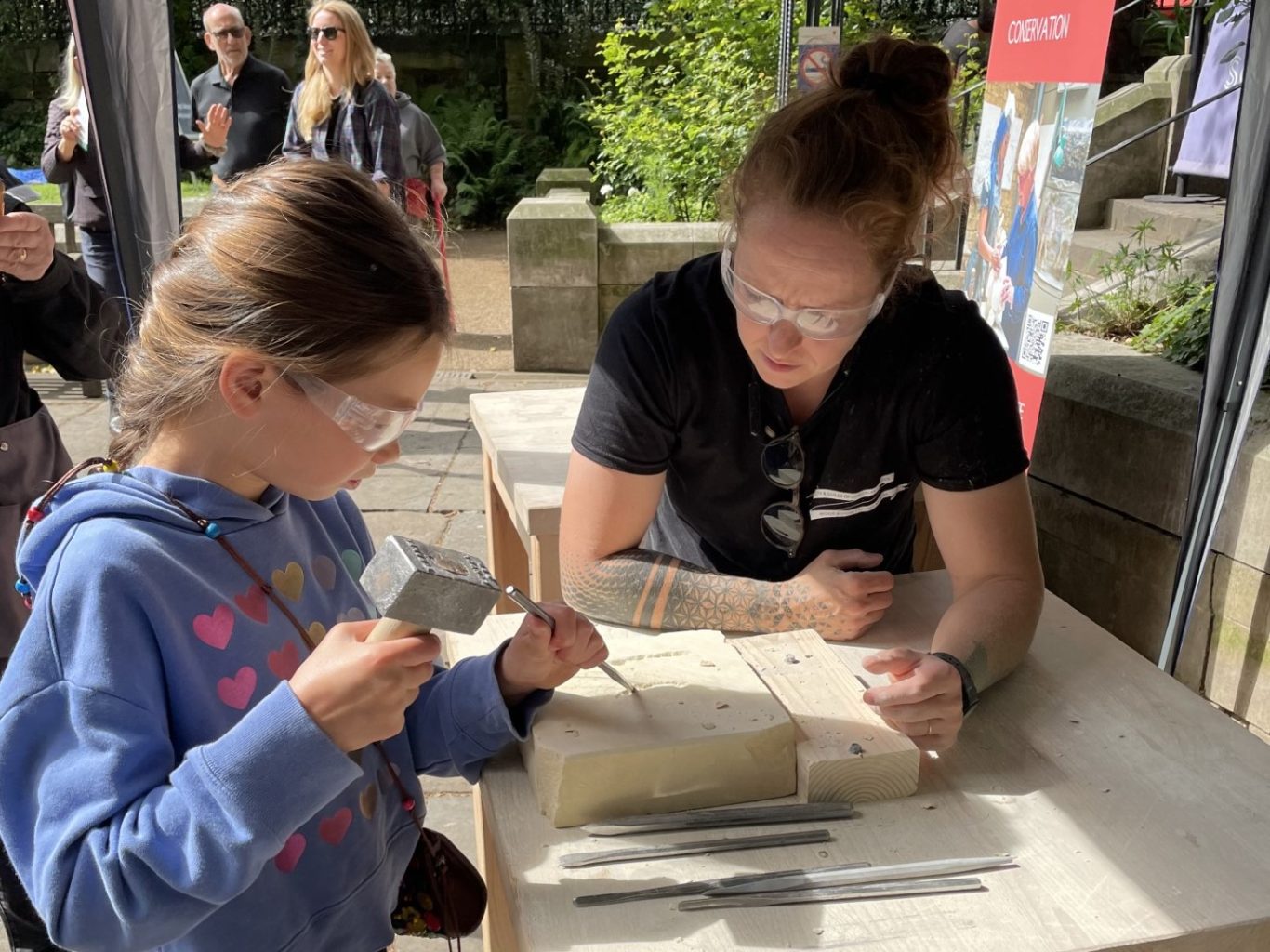
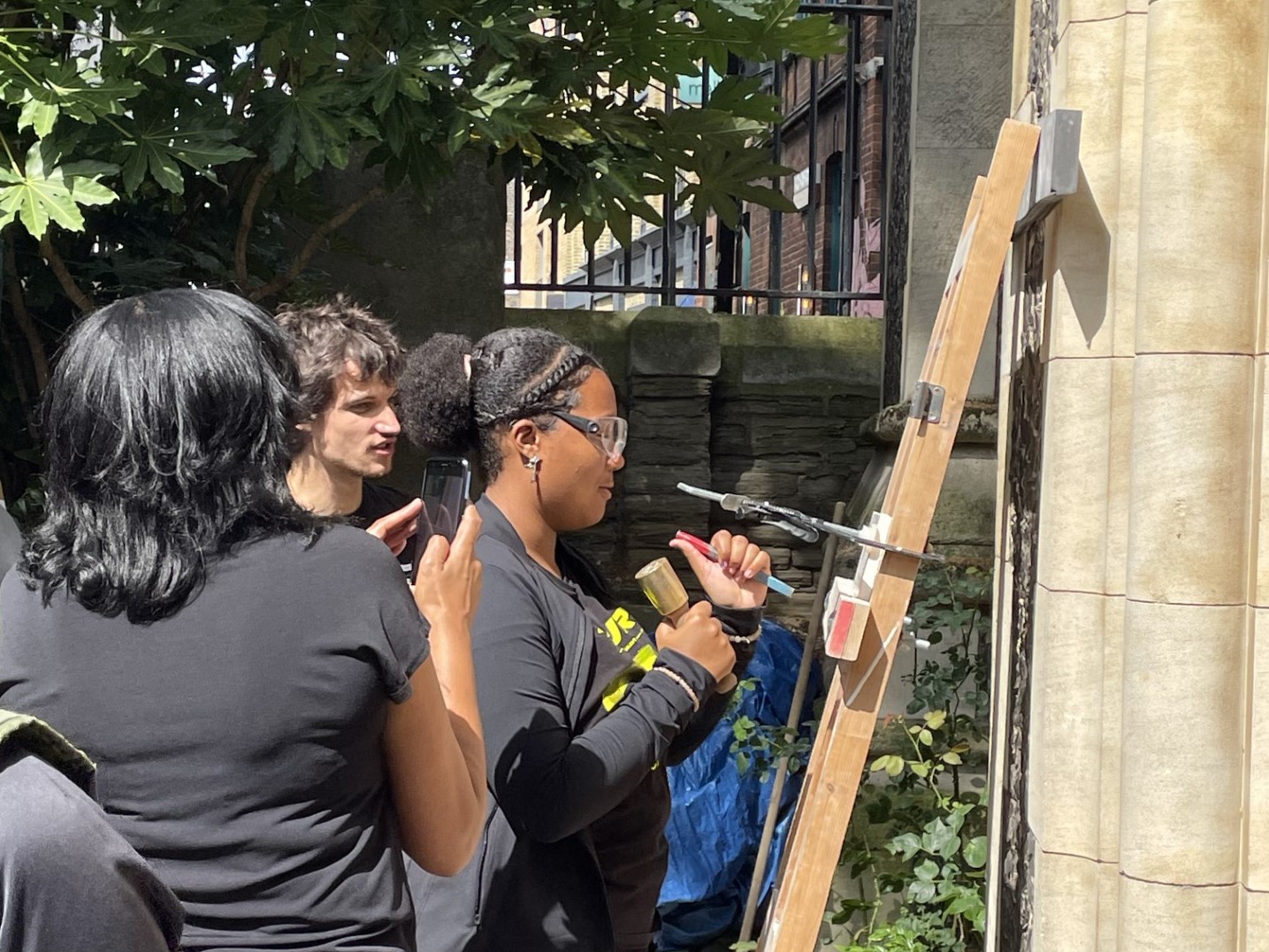
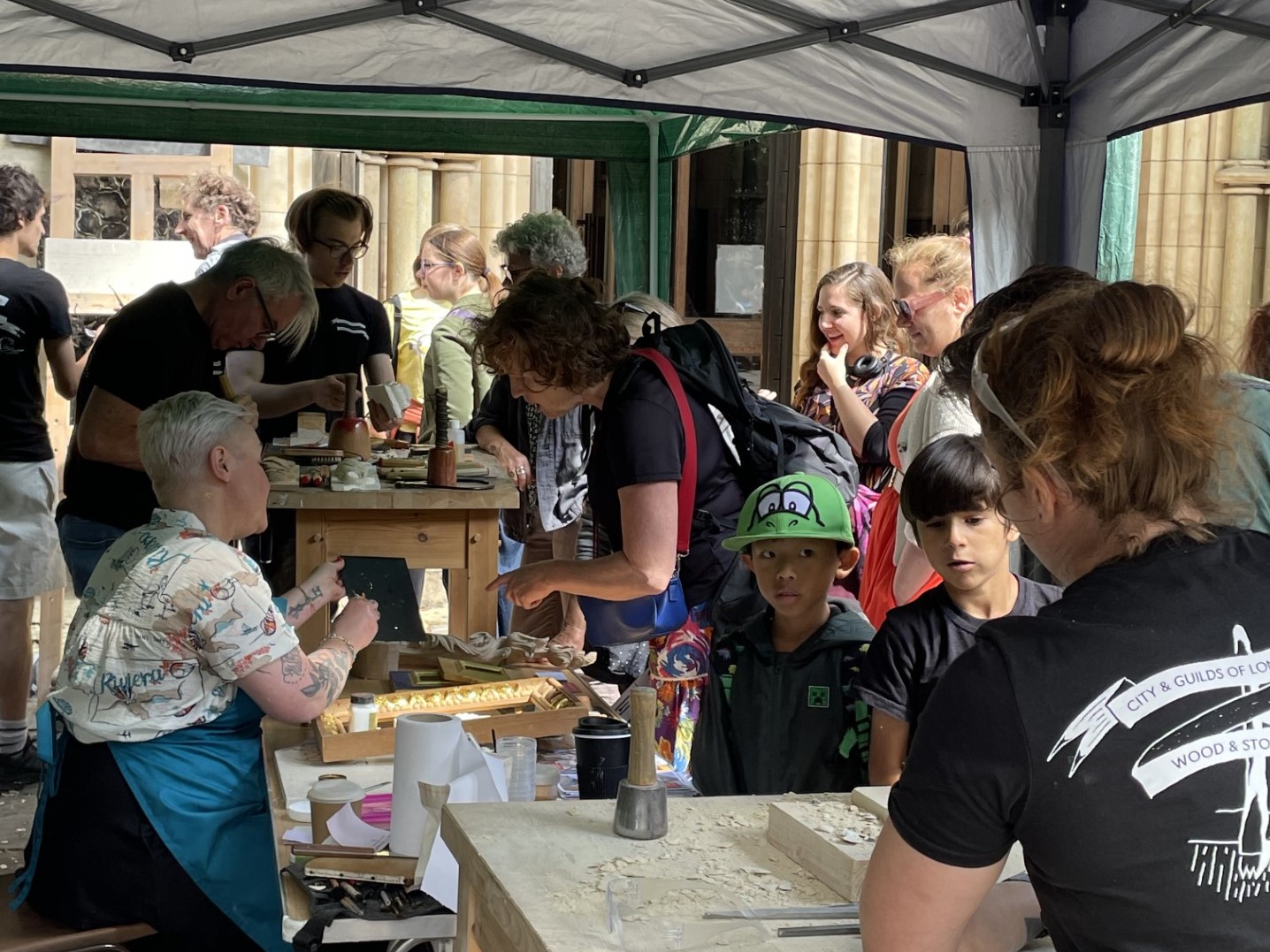
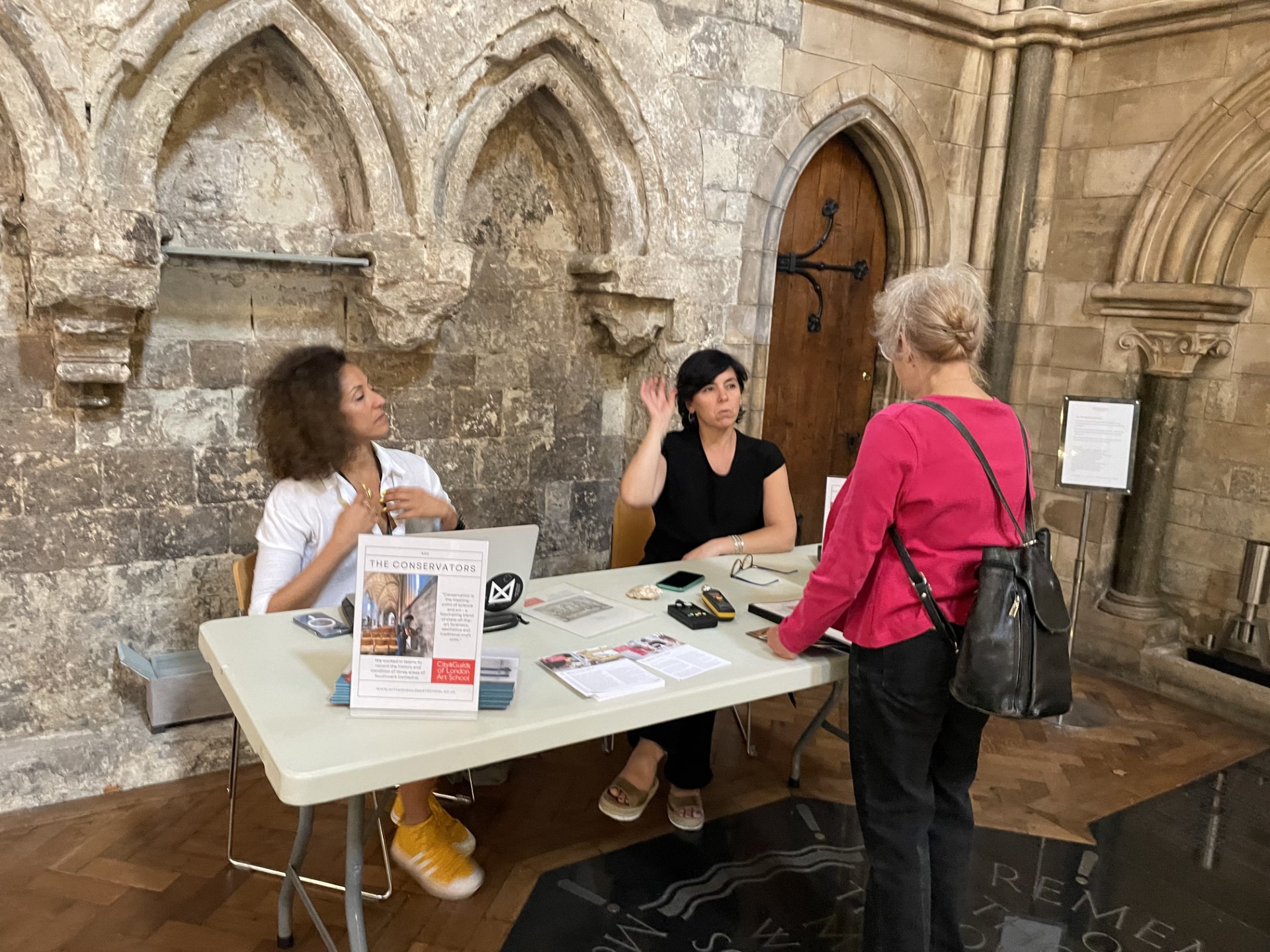
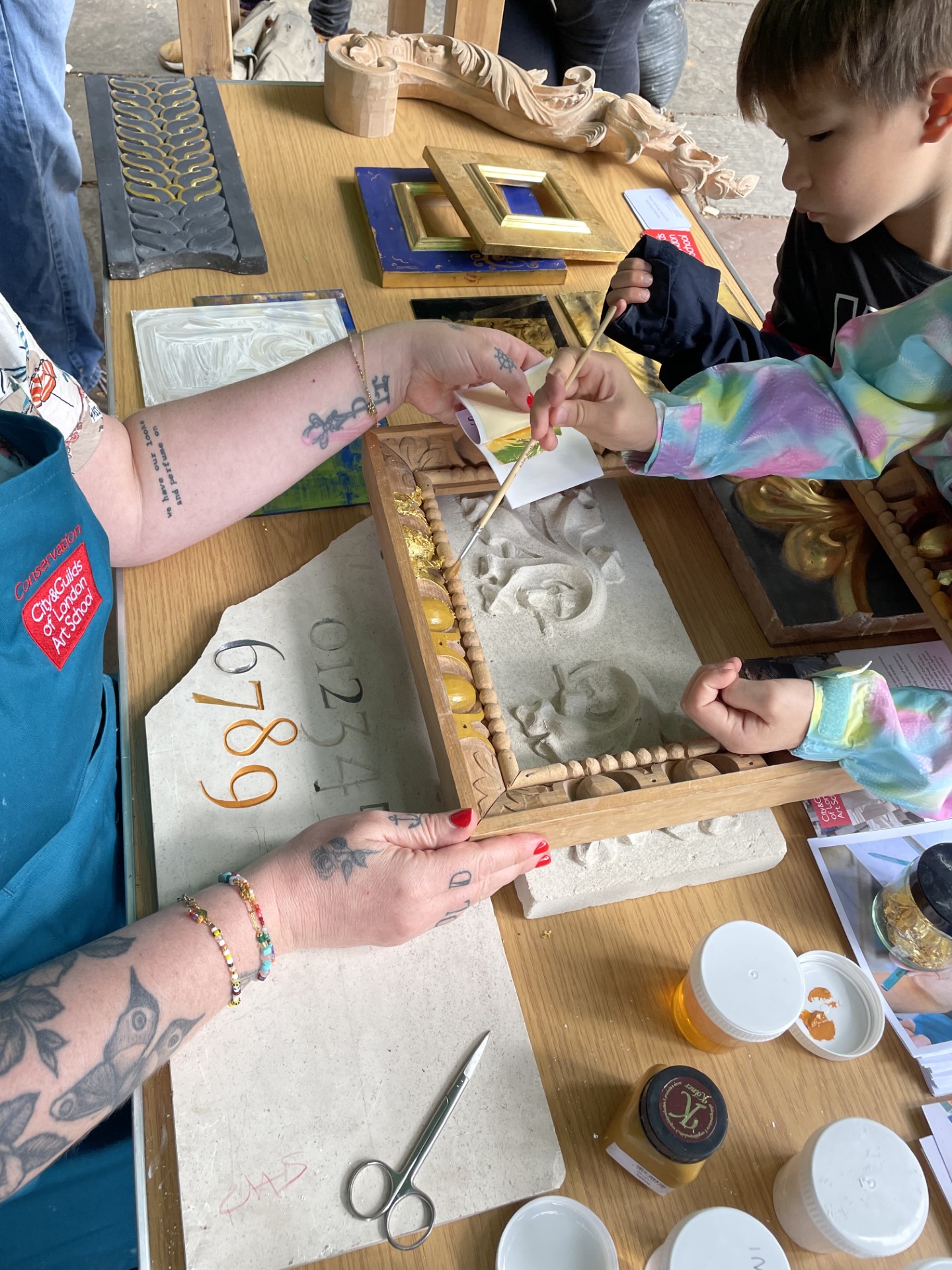
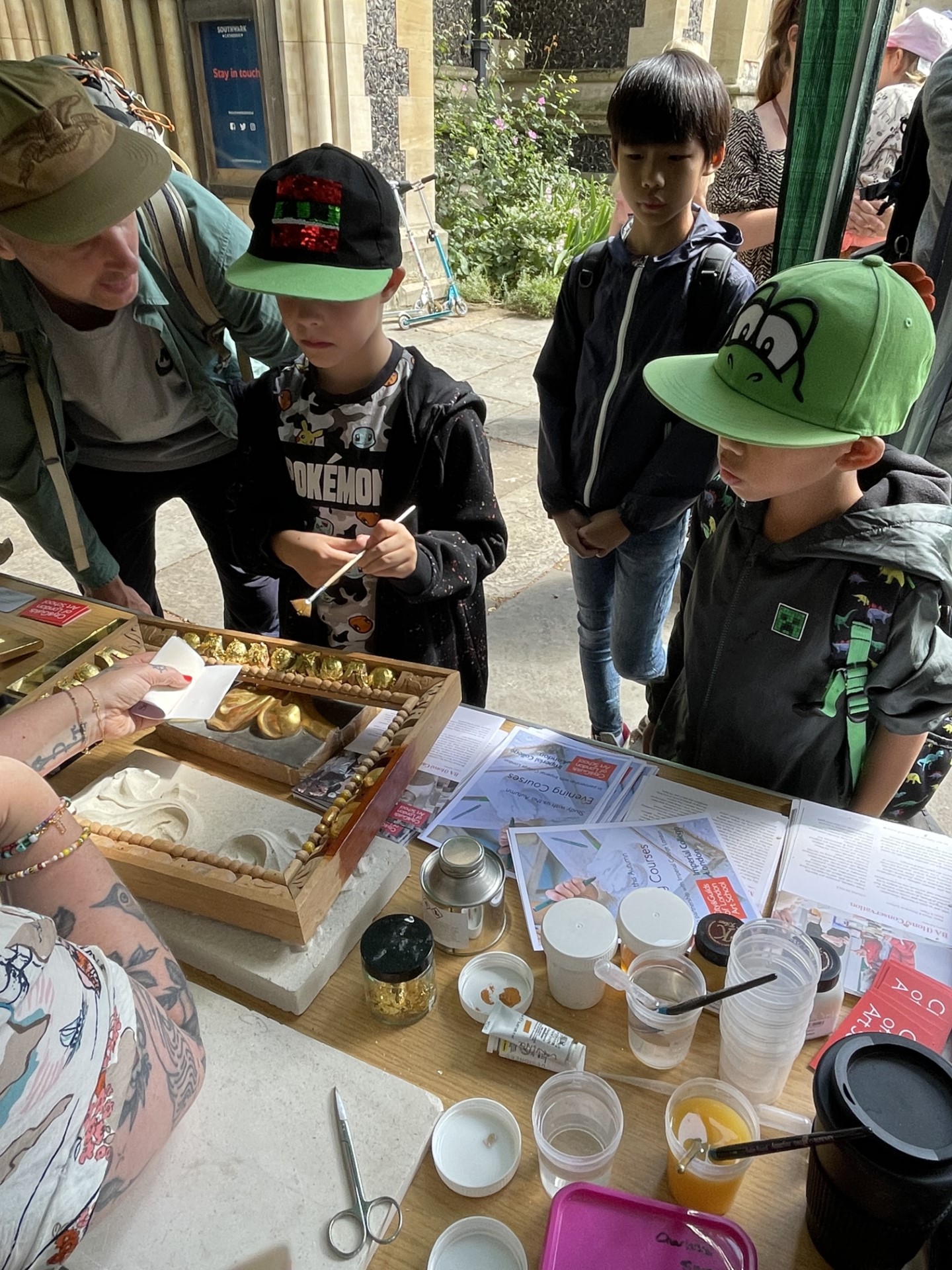

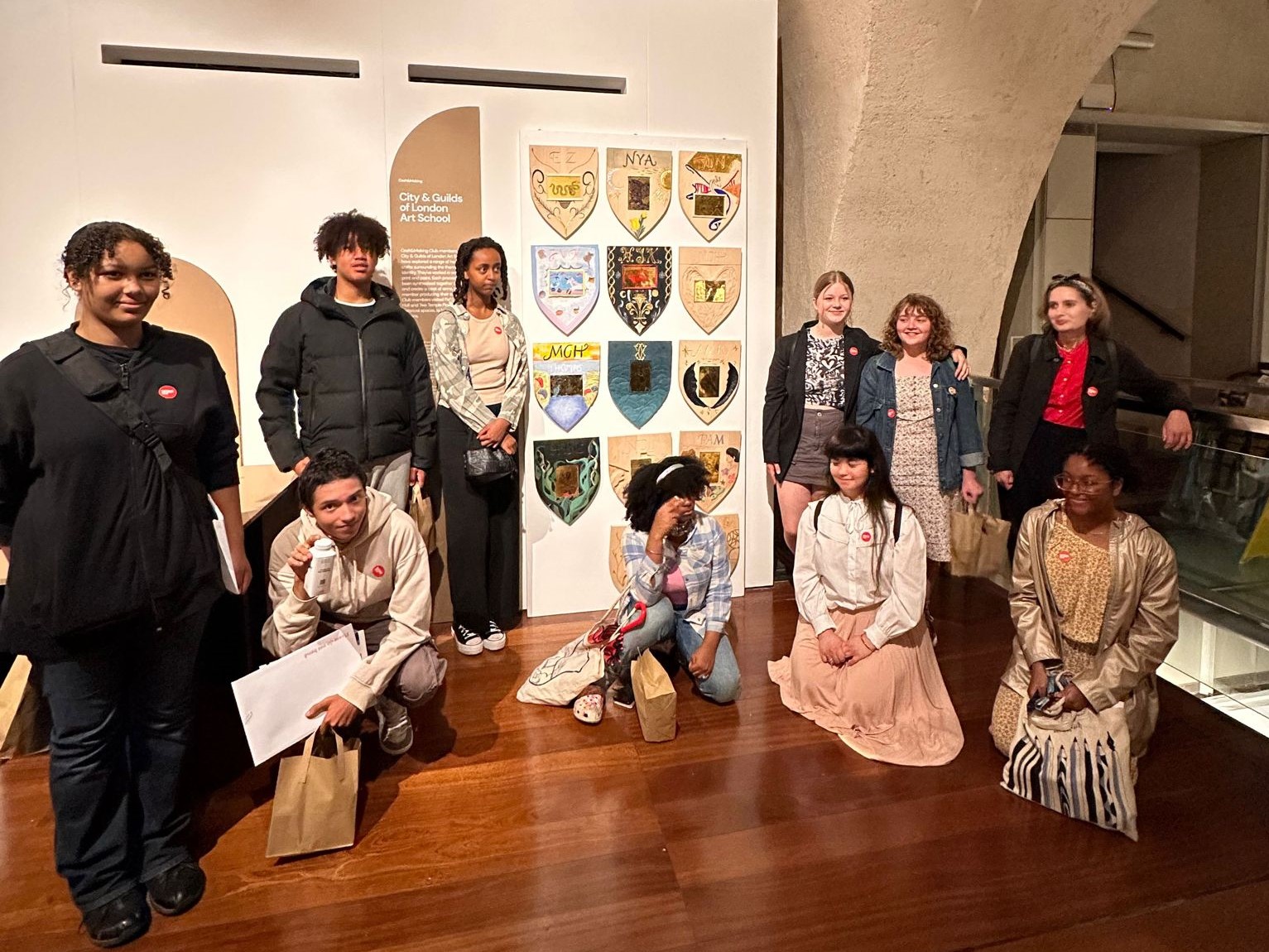
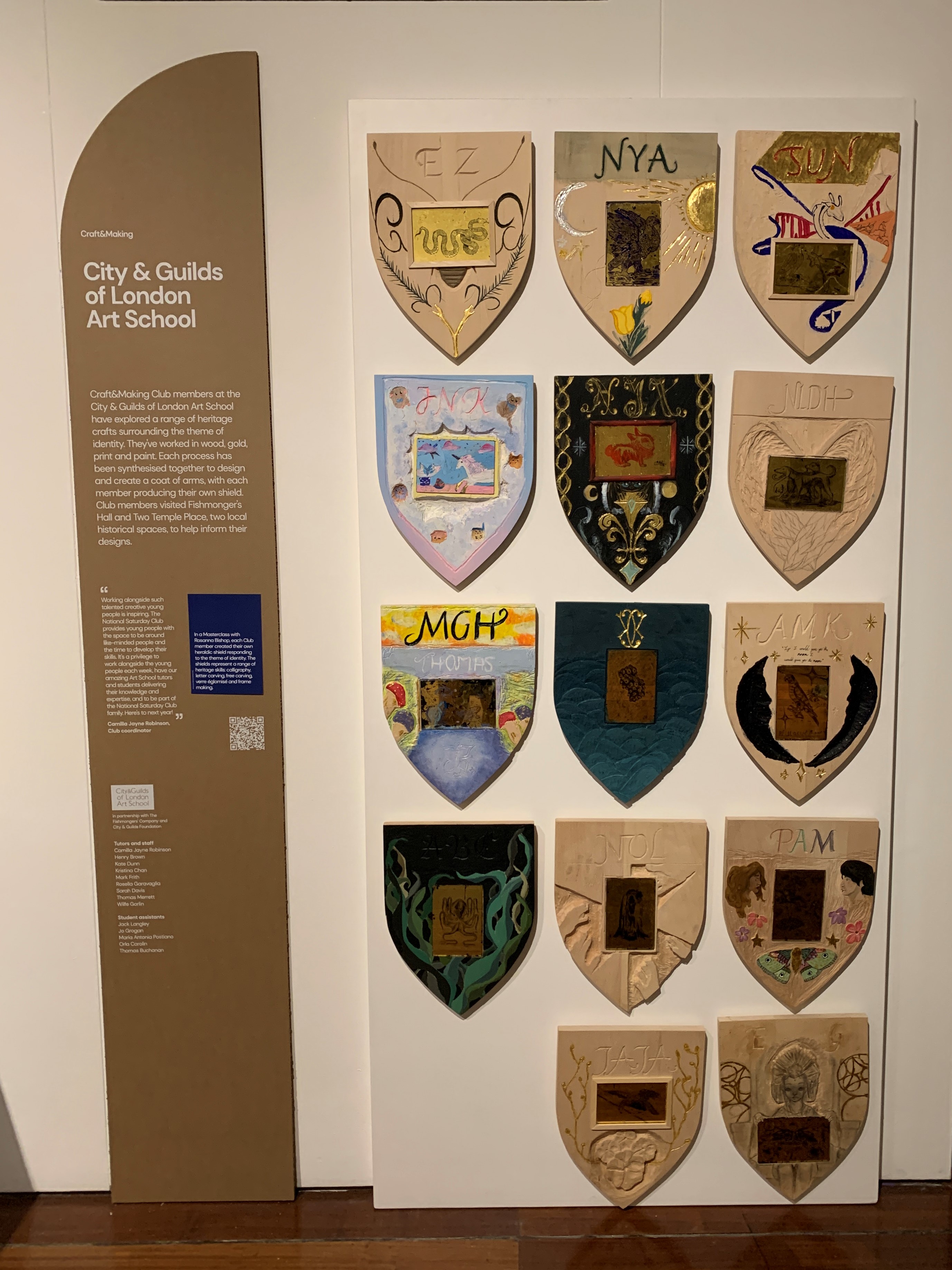
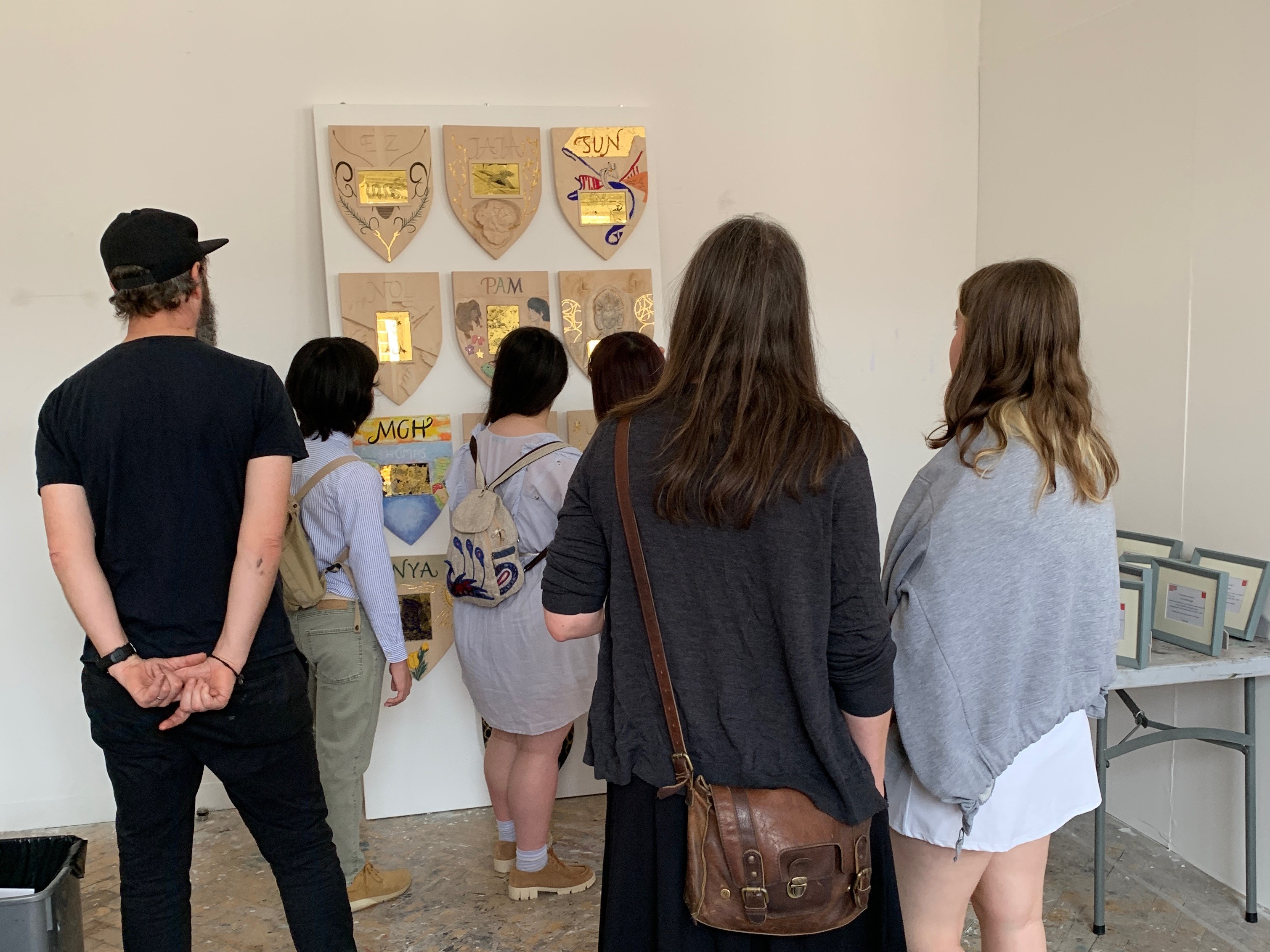
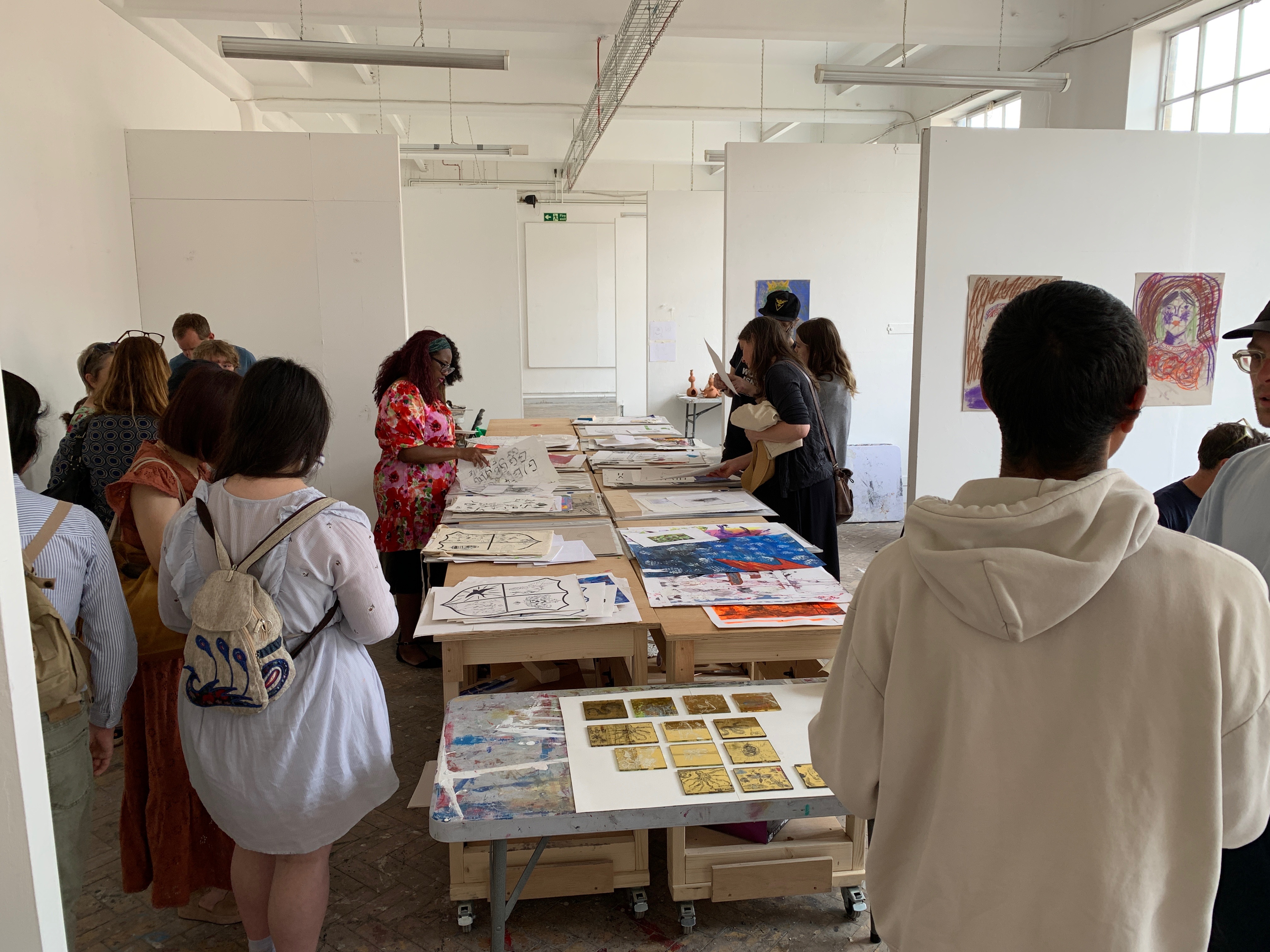
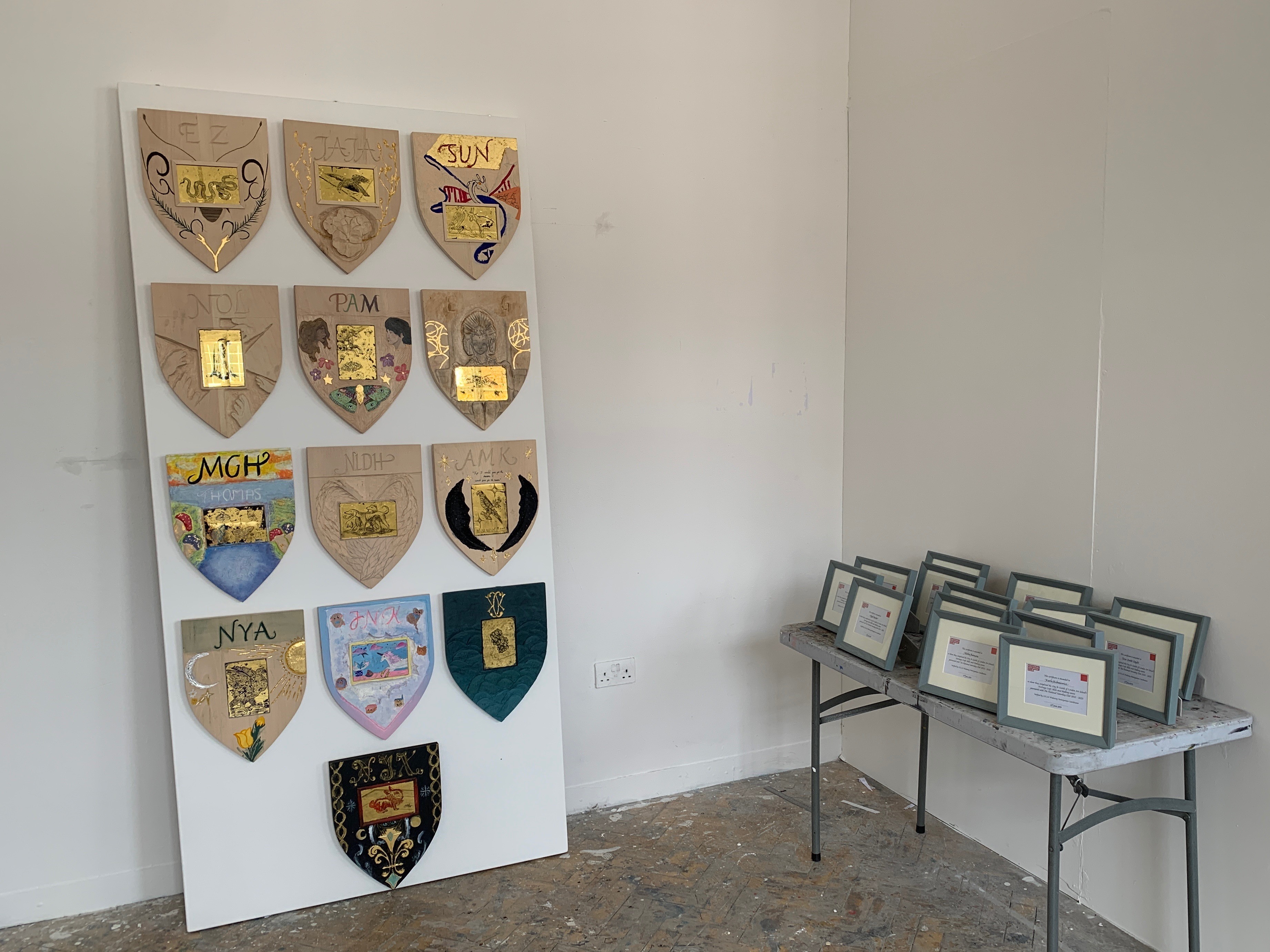
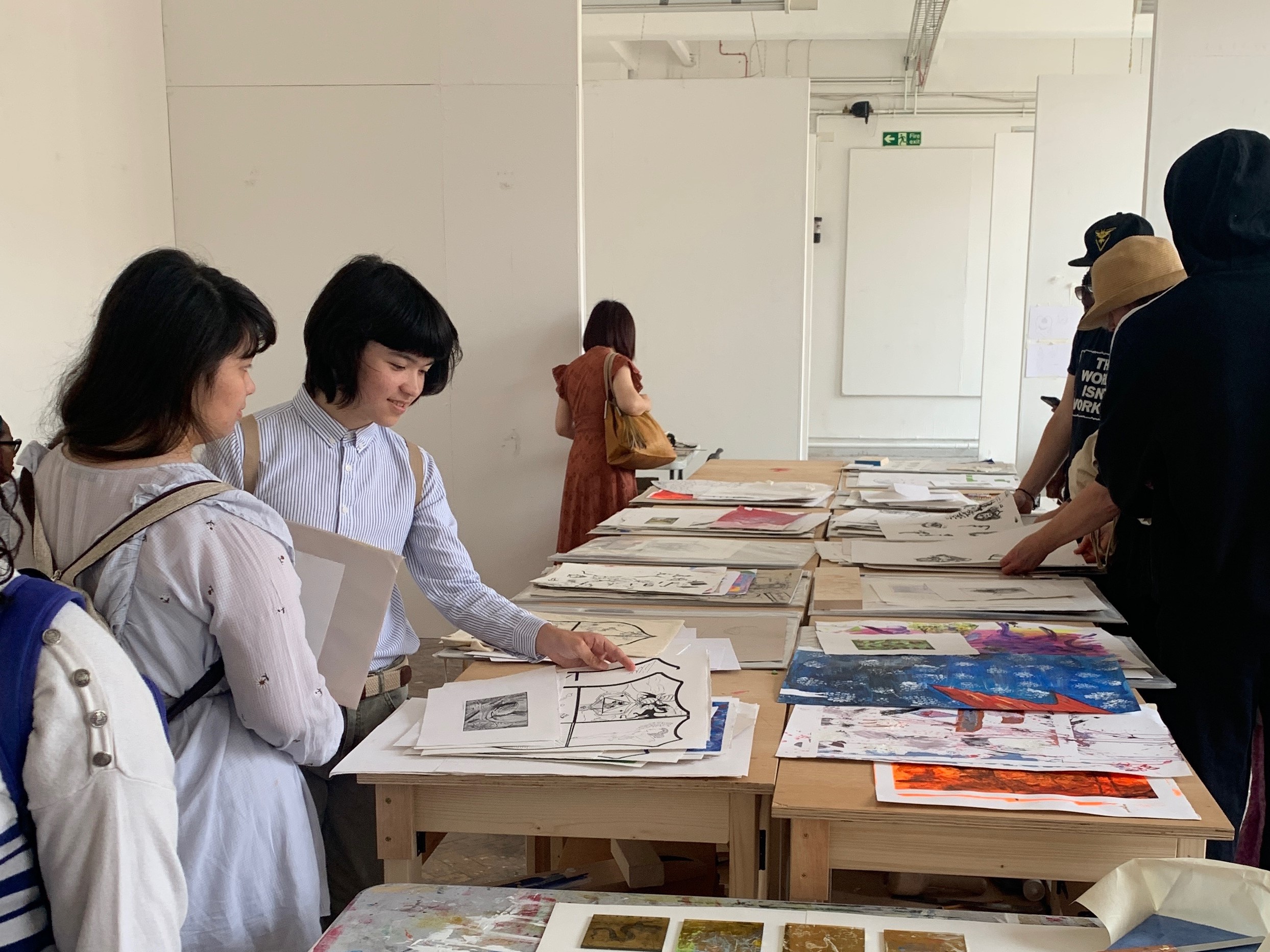
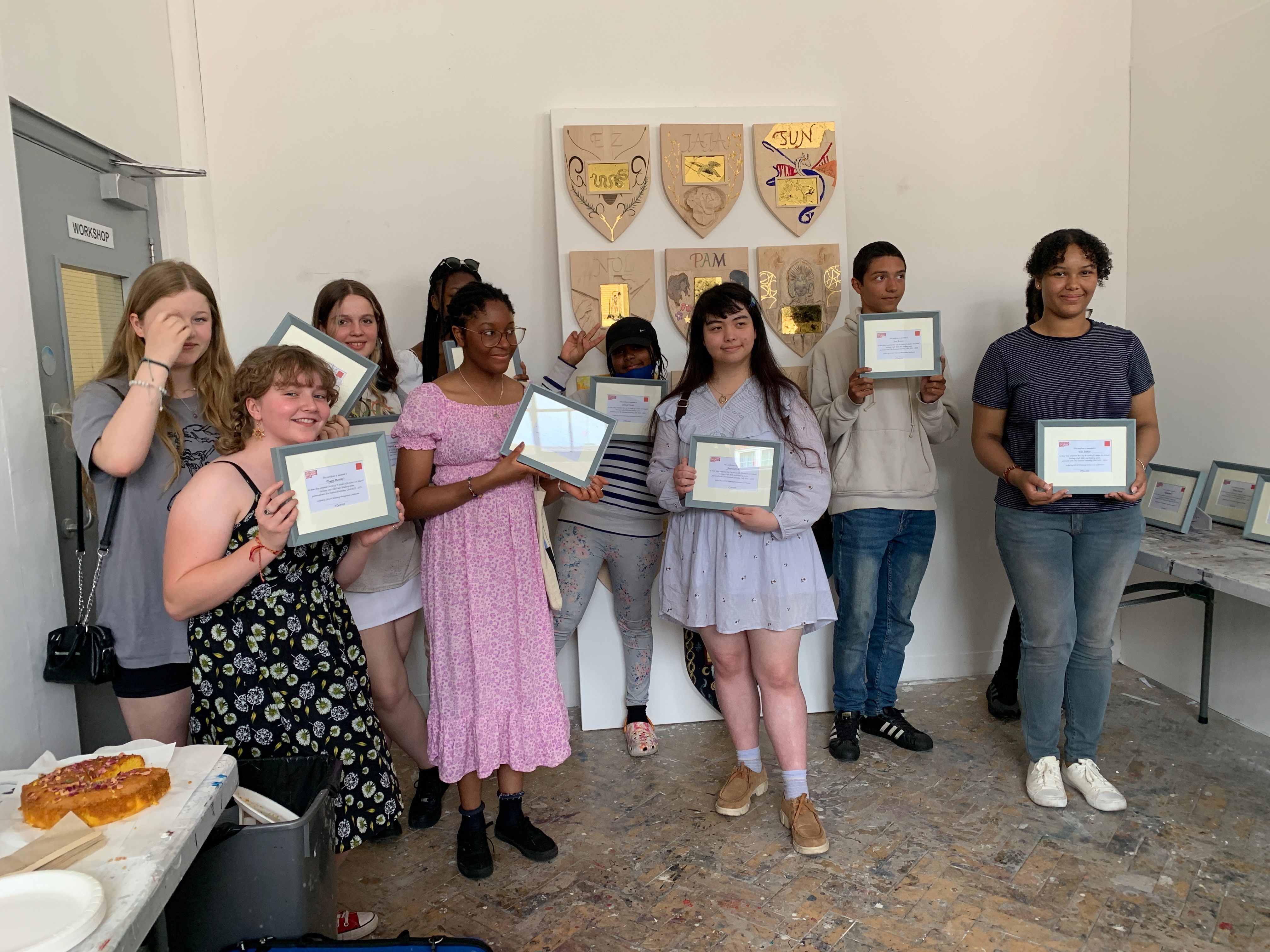
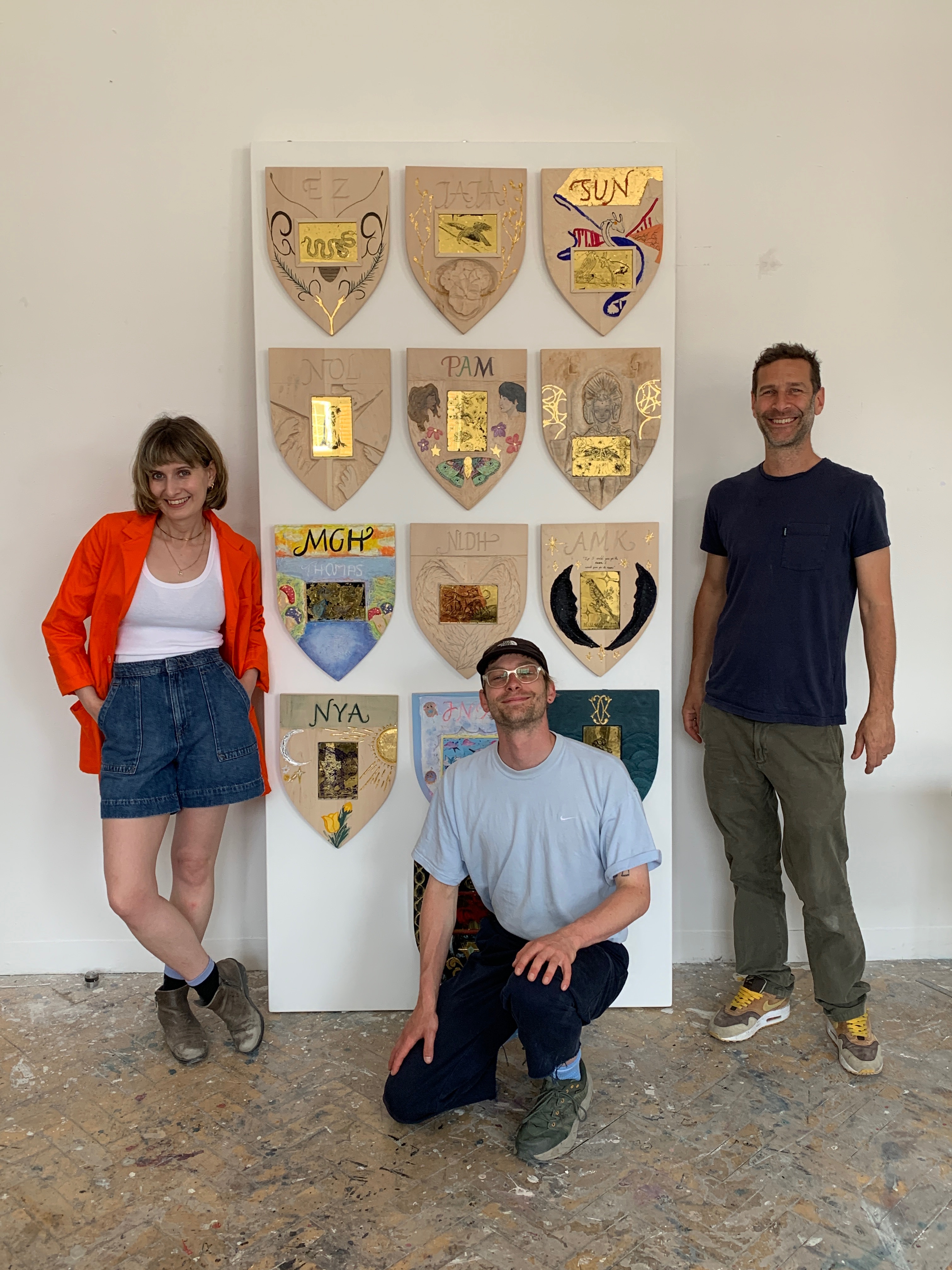
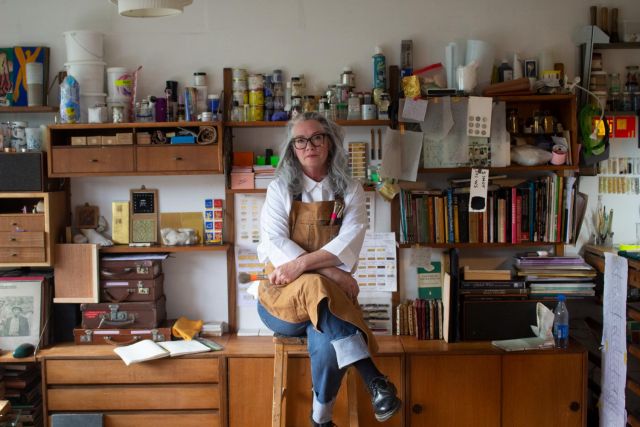


 “For over 170 years the school has played a vital role in passing on specialist skills and inspiring new generations of artists to create new work, and to restore and conserve the precious built and cultural heritage of the past. As graduands, you are part of this important legacy. We know that you will be great ambassadors for the school.” Jamie Bill, Chair of Trustees
“For over 170 years the school has played a vital role in passing on specialist skills and inspiring new generations of artists to create new work, and to restore and conserve the precious built and cultural heritage of the past. As graduands, you are part of this important legacy. We know that you will be great ambassadors for the school.” Jamie Bill, Chair of Trustees Trustee Tabish Khan presenting the Board of Trustees prize to BA (Hons) Fine Art Graduand Maurice Mutua
Trustee Tabish Khan presenting the Board of Trustees prize to BA (Hons) Fine Art Graduand Maurice Mutua “Being an artist is a really strange life. You walk into blank rooms and blank spaces, and create something from nothing. You set up your own parameters, and often you are the last person who should be doing this. But it’s a privilege and it’s a responsibility. And to those who are doing conservation and restoration, the artists personally thank you in advance for looking after us” Hugo Wilson, MA Fine Art Alumnus
“Being an artist is a really strange life. You walk into blank rooms and blank spaces, and create something from nothing. You set up your own parameters, and often you are the last person who should be doing this. But it’s a privilege and it’s a responsibility. And to those who are doing conservation and restoration, the artists personally thank you in advance for looking after us” Hugo Wilson, MA Fine Art Alumnus Heather Newton, Head of Carving, and the Carving Tutors
Heather Newton, Head of Carving, and the Carving Tutors Adrian Munns presenting Chris Nayler with the Masons’ Company Prize for Outstanding Work by a Graduating Student
Adrian Munns presenting Chris Nayler with the Masons’ Company Prize for Outstanding Work by a Graduating Student Oliver Snelling, Winner of the Masons’ Company Prize for Studentship and Commitment
Oliver Snelling, Winner of the Masons’ Company Prize for Studentship and Commitment Joe Parker presenting Jo Grogan with the Joiners and Ceilers’ Prize
Joe Parker presenting Jo Grogan with the Joiners and Ceilers’ Prize “What a privilege it has been to learn alongside this bunch of mega-talented humans. I think it’s safe to say that we’ve all made some friends for life. Our training here is unlike anything else, there’s a special kind of magic that permeates the carving department here at City & Guilds of London Art School.” Jo Grogan, BA Hons Carving: Woodcarving and Gilding
“What a privilege it has been to learn alongside this bunch of mega-talented humans. I think it’s safe to say that we’ve all made some friends for life. Our training here is unlike anything else, there’s a special kind of magic that permeates the carving department here at City & Guilds of London Art School.” Jo Grogan, BA Hons Carving: Woodcarving and Gilding
 “Today, we not only celebrate the completion of our studies, but also the culmination of countless hours spent in the pursuit of art. We have stood side by side supporting and inspiring one another, through our triumphs and tribulations alike. We began this degree in the midst of very uncertain times, but despite the challenges, we are now stronger and more resilient, and we have all produced a body of work that we ought to be proud of.” Savannah du Quercy and Rodrick Reid Schanche, BA Fine Art
“Today, we not only celebrate the completion of our studies, but also the culmination of countless hours spent in the pursuit of art. We have stood side by side supporting and inspiring one another, through our triumphs and tribulations alike. We began this degree in the midst of very uncertain times, but despite the challenges, we are now stronger and more resilient, and we have all produced a body of work that we ought to be proud of.” Savannah du Quercy and Rodrick Reid Schanche, BA Fine Art “We have had some incredible tutors, without whom we could not have built our ship, and under their guidance we all learned to navigate new waters, under storms and stress perhaps, but with new skills and the strong hearts required for us to keep on together. A little bit of camaraderie took us a long way.” Ana Sofia Drinovan, BA Hons Conservation Books and Paper
“We have had some incredible tutors, without whom we could not have built our ship, and under their guidance we all learned to navigate new waters, under storms and stress perhaps, but with new skills and the strong hearts required for us to keep on together. A little bit of camaraderie took us a long way.” Ana Sofia Drinovan, BA Hons Conservation Books and Paper “The world of stone and wood and its beauty is fascinating, and to be able to work in some of the most historic buildings, and handle some of the most historically significant objects, is a world we will now be able to enter.” Carla Learoyd, BA Hons Conservation Stone Wood and Decorative Surfaces.
“The world of stone and wood and its beauty is fascinating, and to be able to work in some of the most historic buildings, and handle some of the most historically significant objects, is a world we will now be able to enter.” Carla Learoyd, BA Hons Conservation Stone Wood and Decorative Surfaces.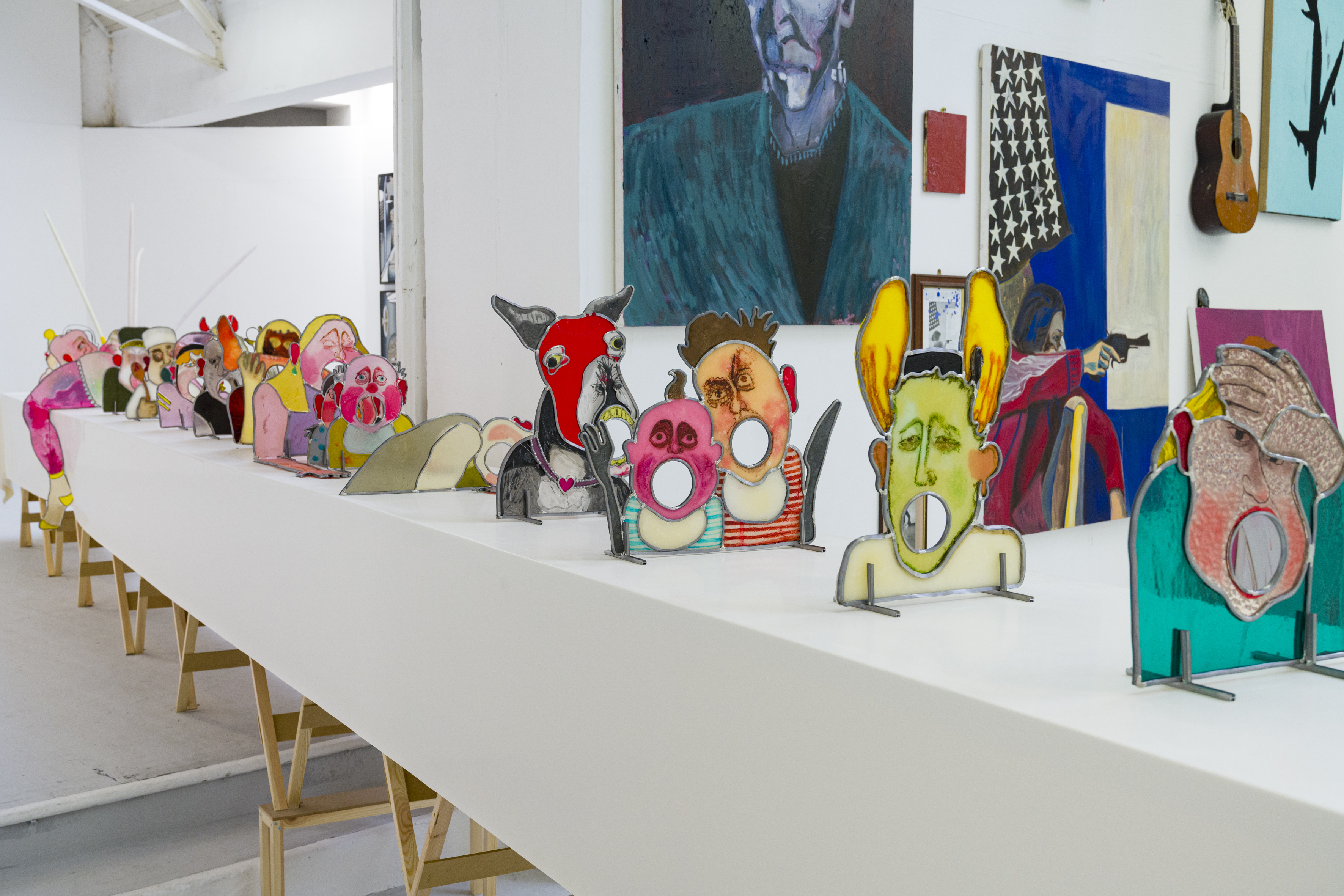
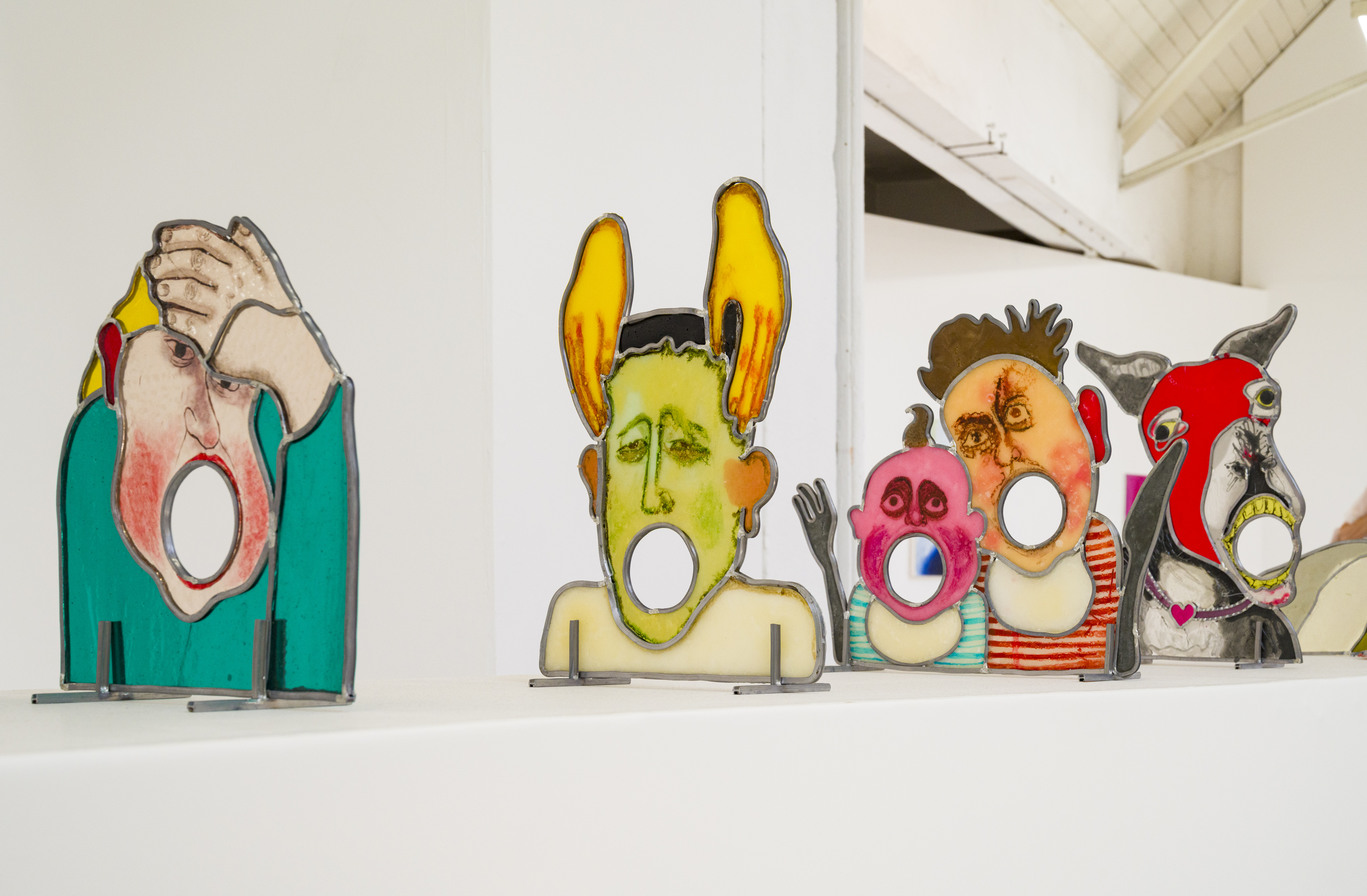
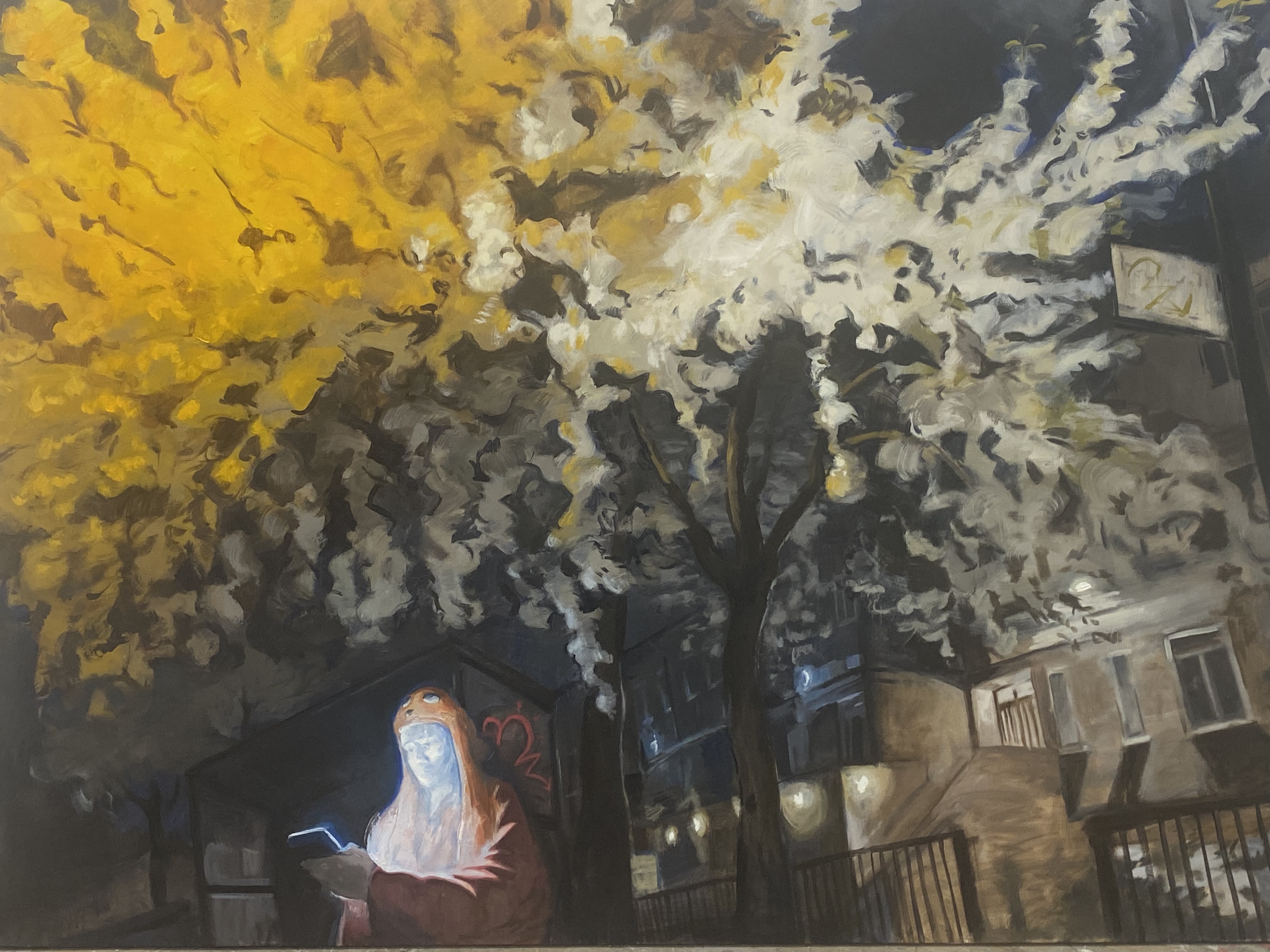
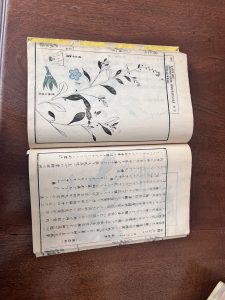
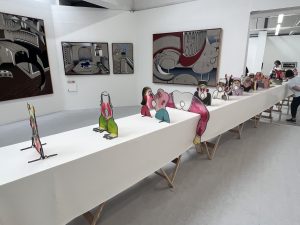
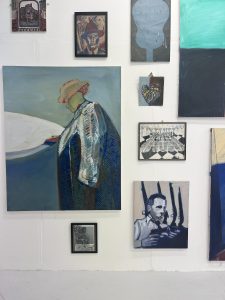
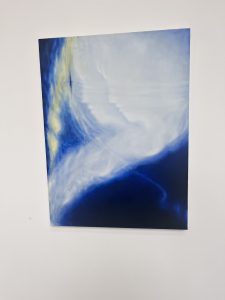
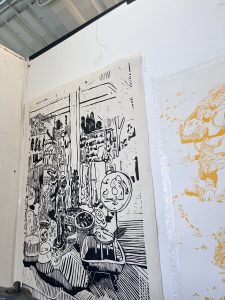
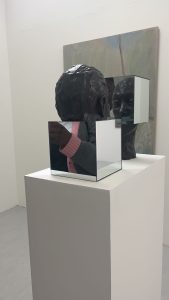
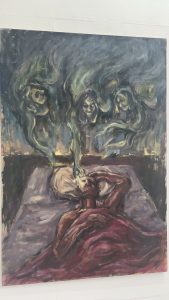
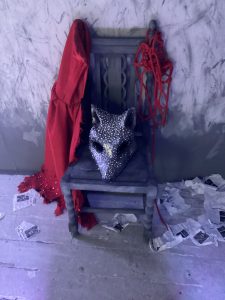
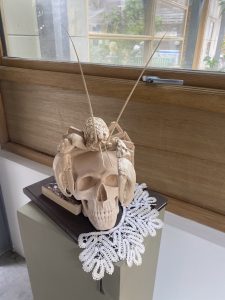
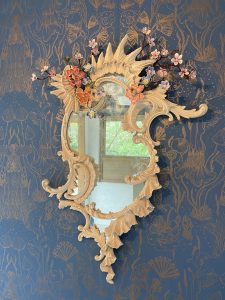
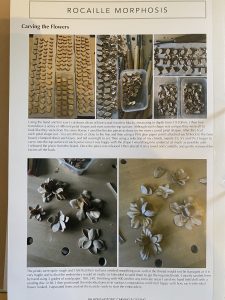
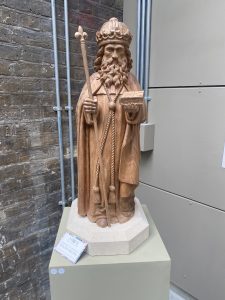
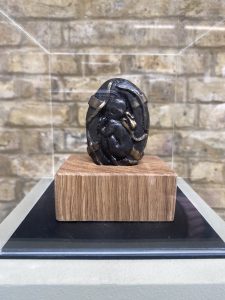
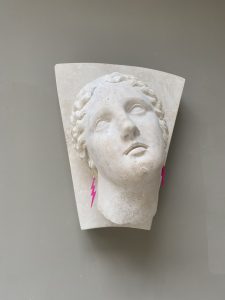
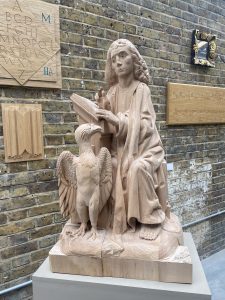
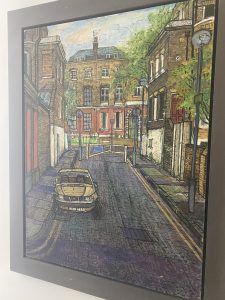

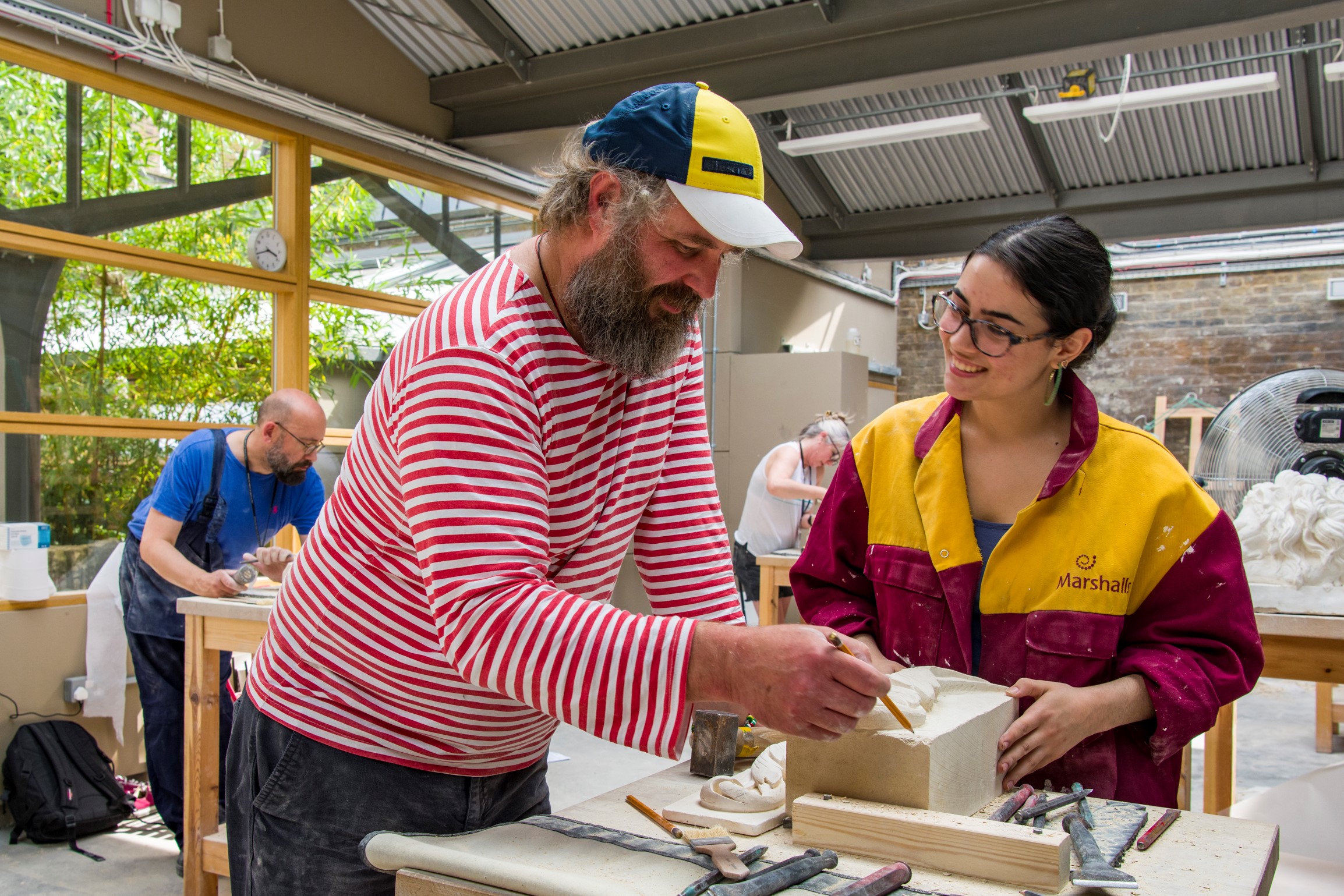

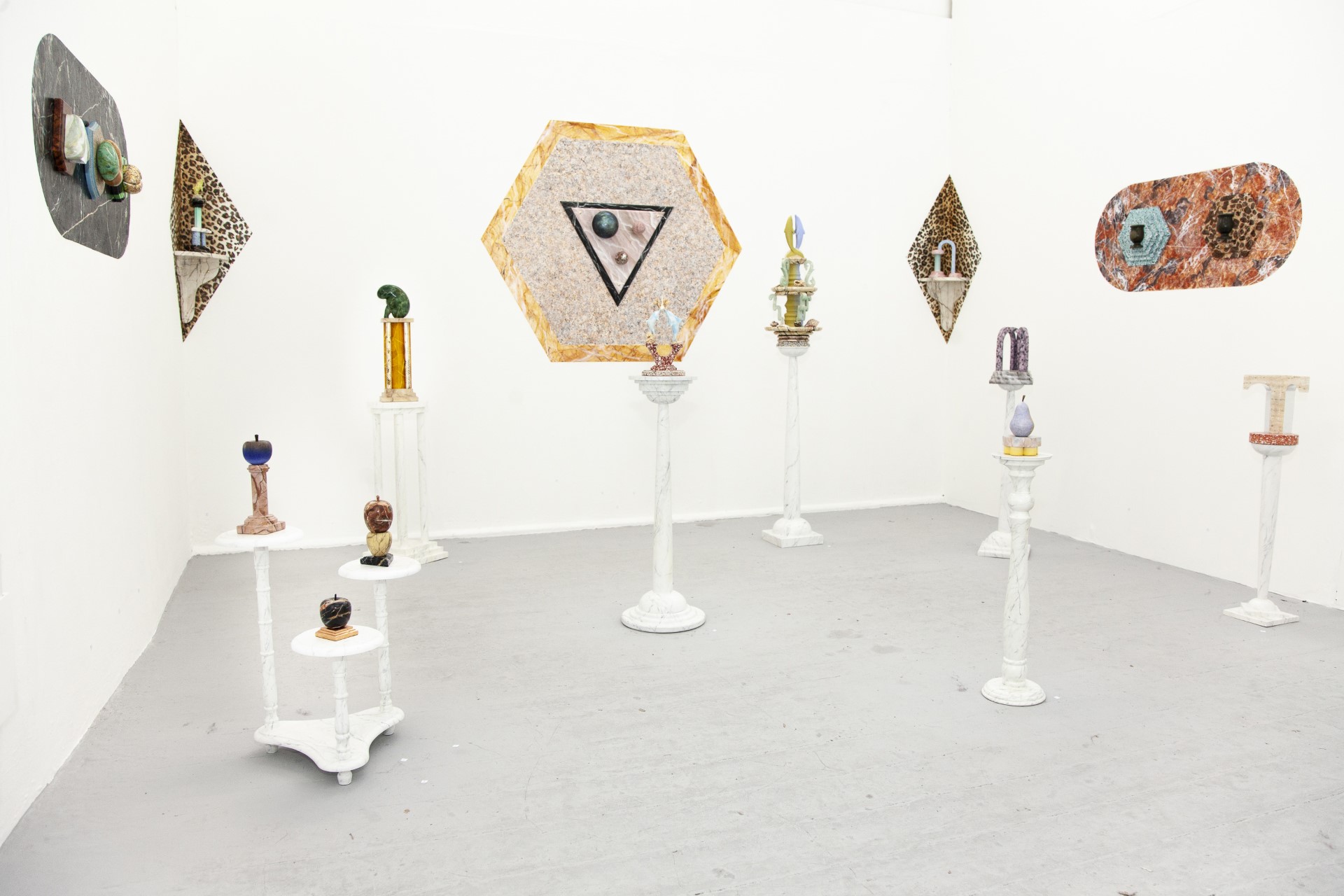
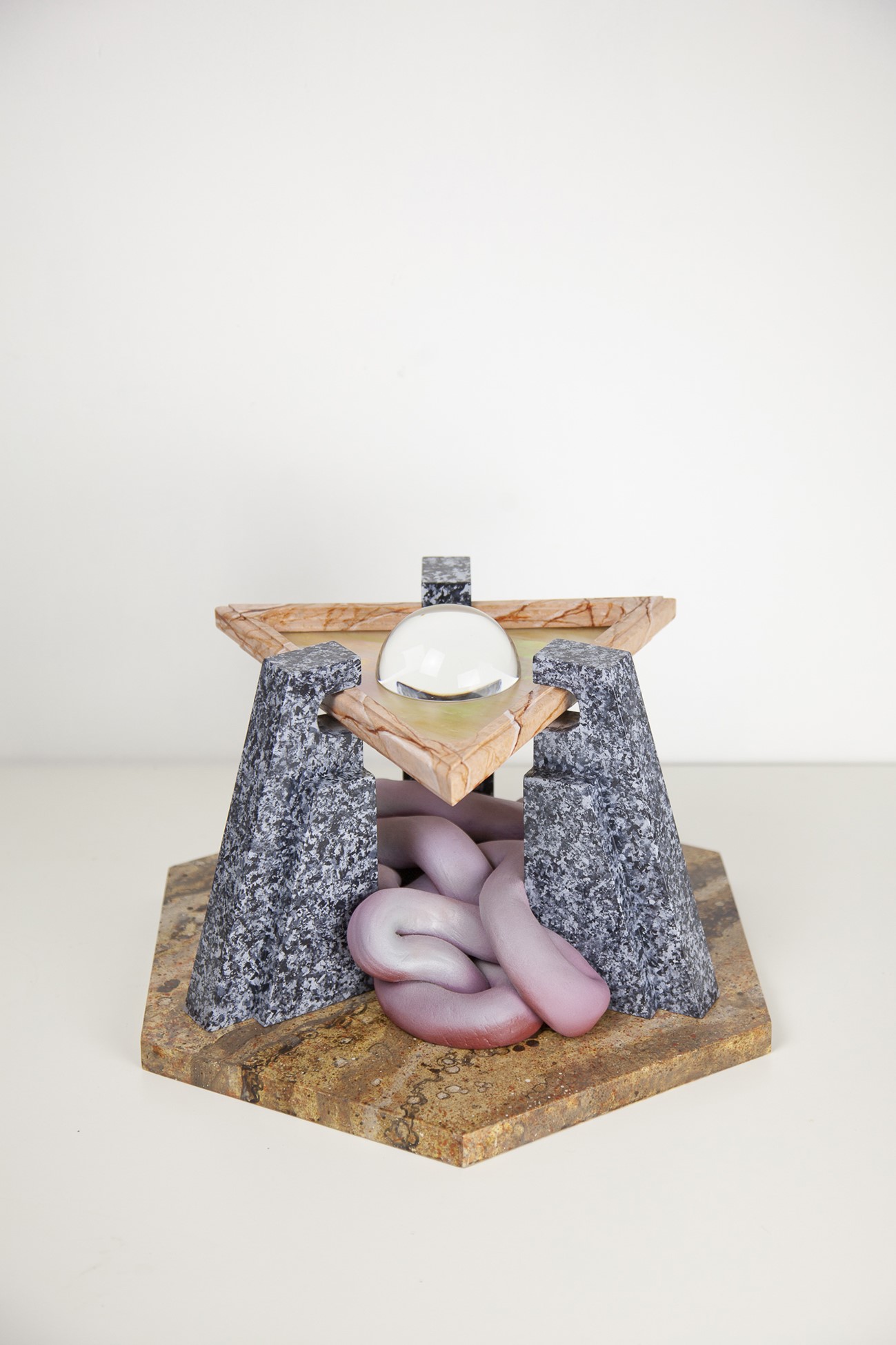
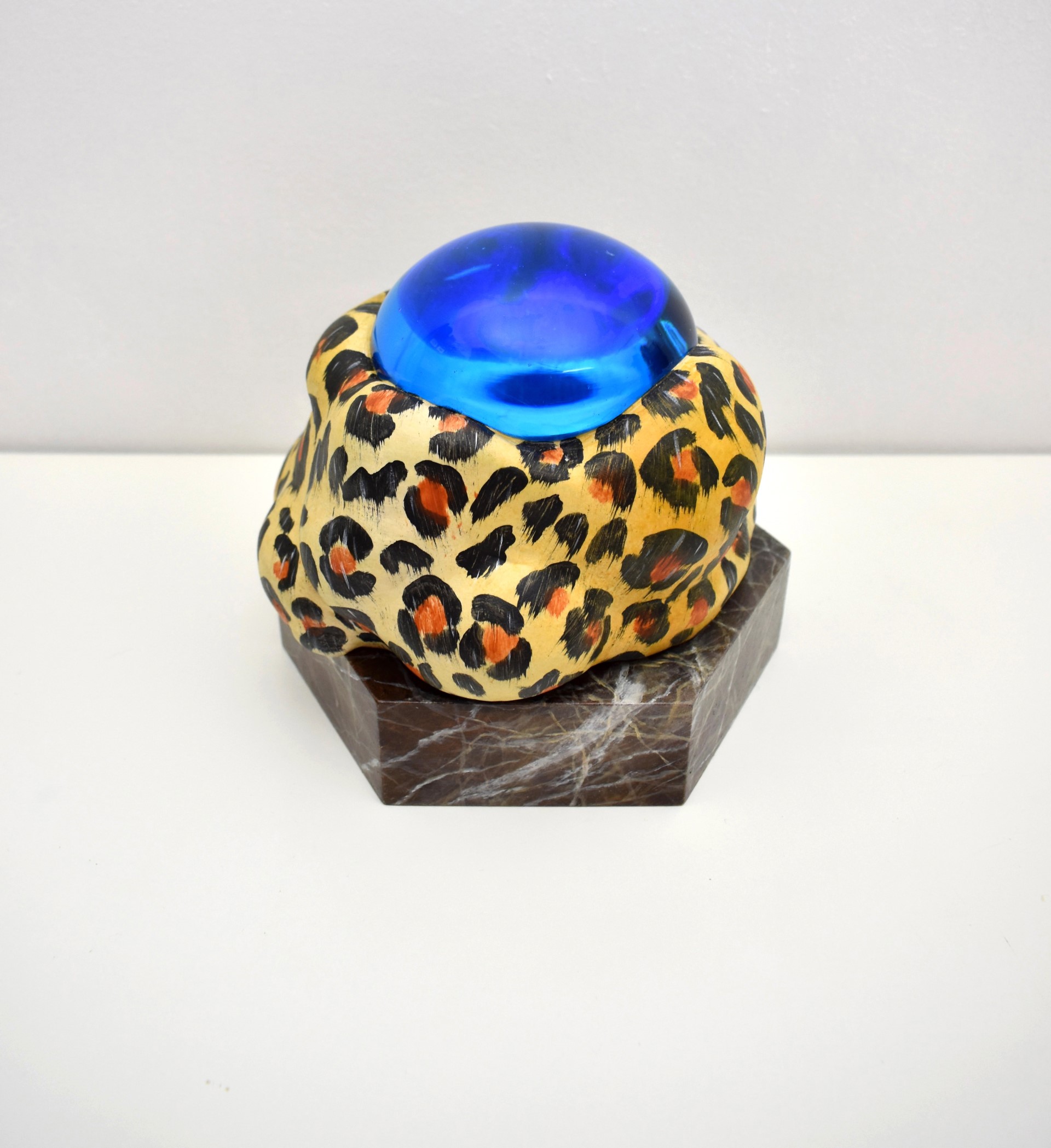
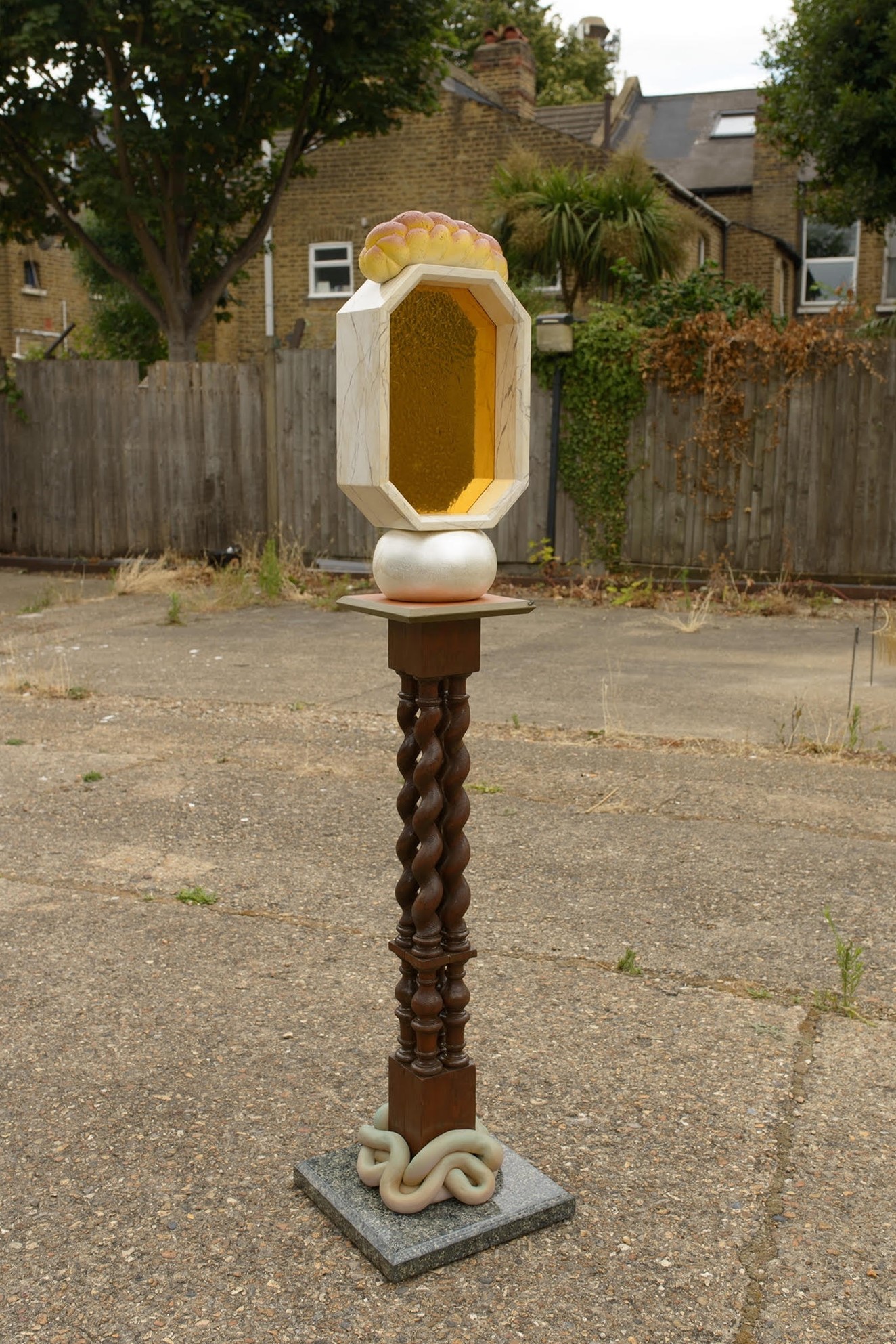

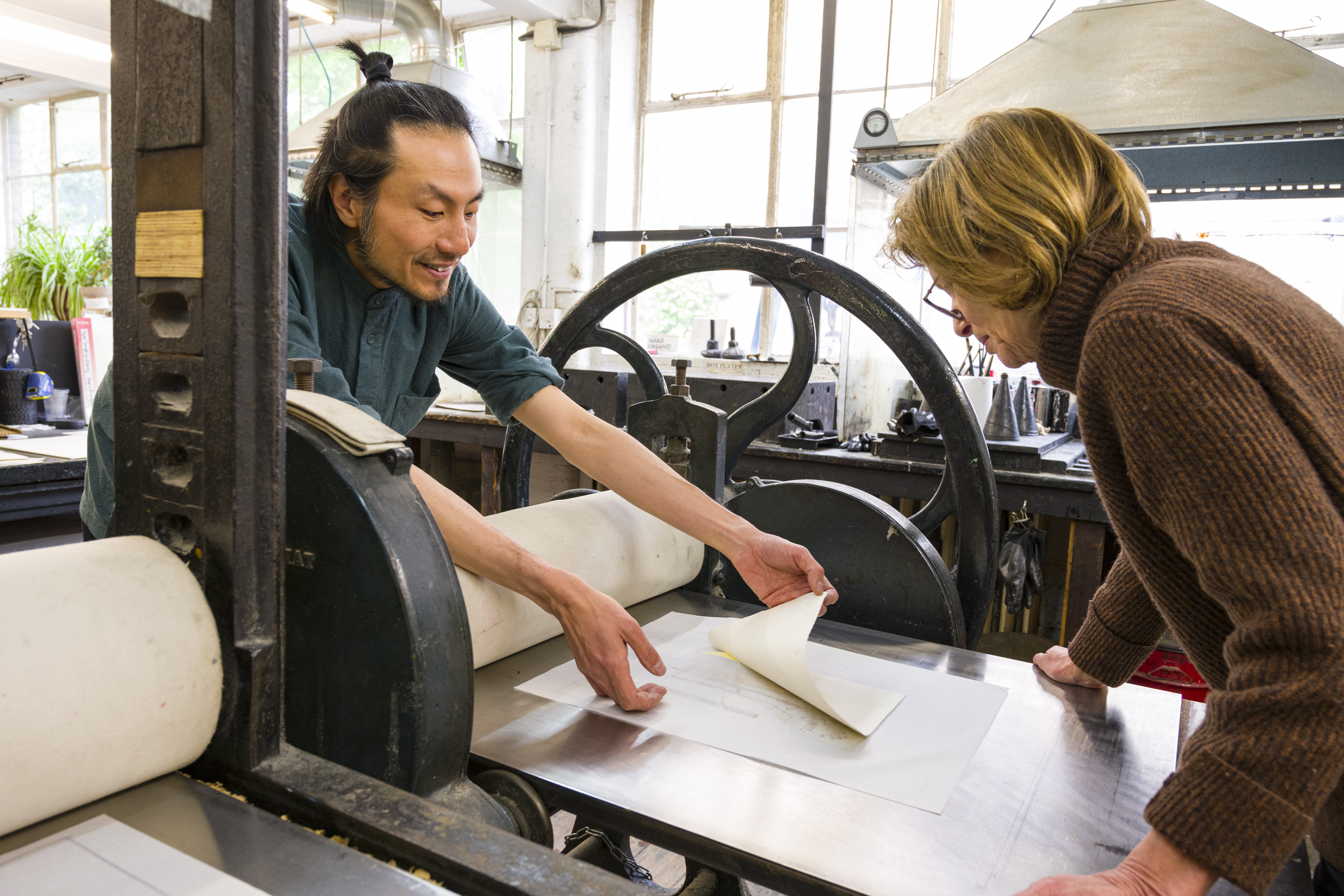
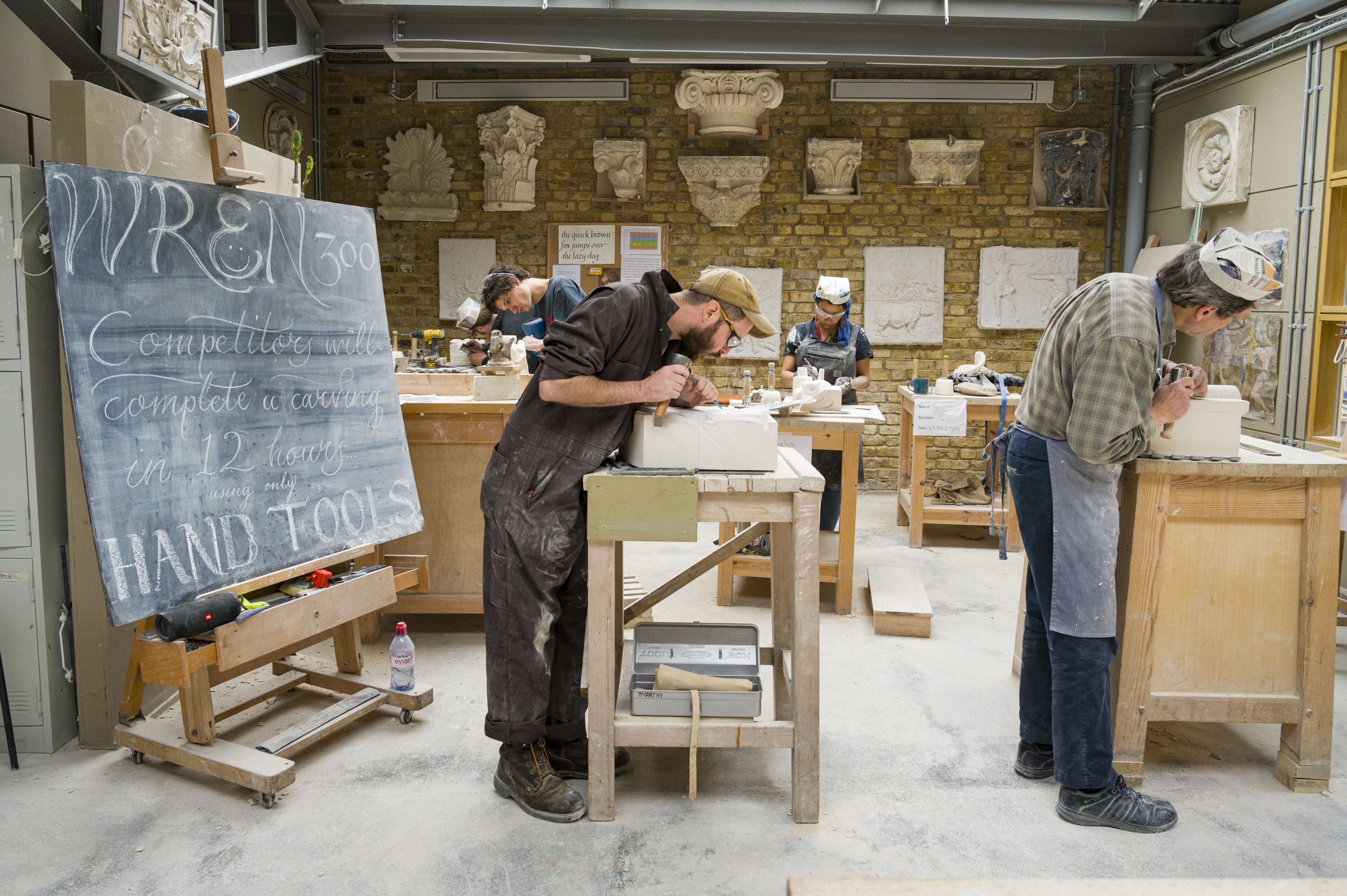 The 2023 Carving Competition
The 2023 Carving Competition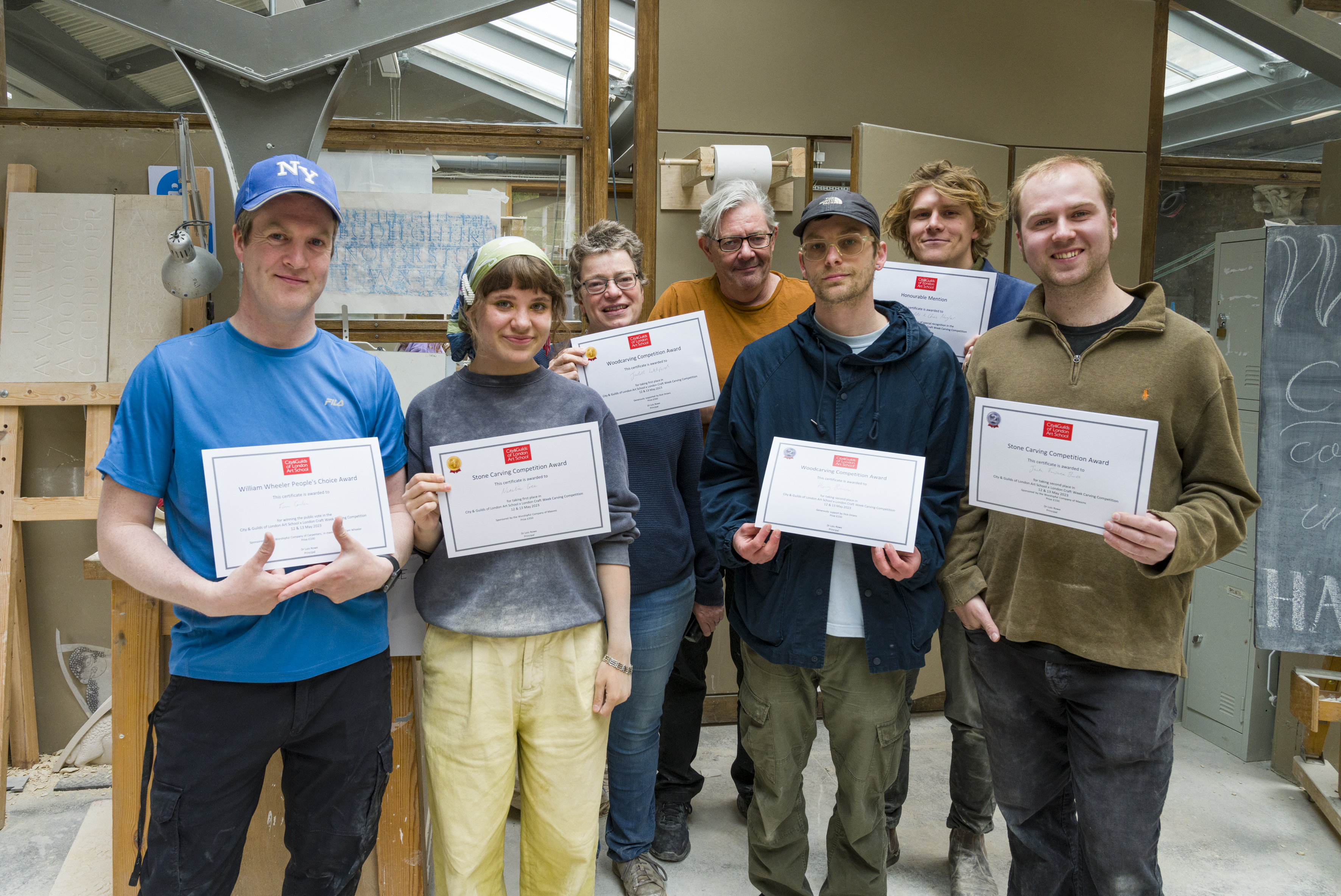 2023 Carving Competition Winners (L-R) Finn Conlon, Natalie Gee, Judith Letchford, Chris Nayler, Henry Brown, Max Reynolds, Jack Fonseca-Burtt
2023 Carving Competition Winners (L-R) Finn Conlon, Natalie Gee, Judith Letchford, Chris Nayler, Henry Brown, Max Reynolds, Jack Fonseca-Burtt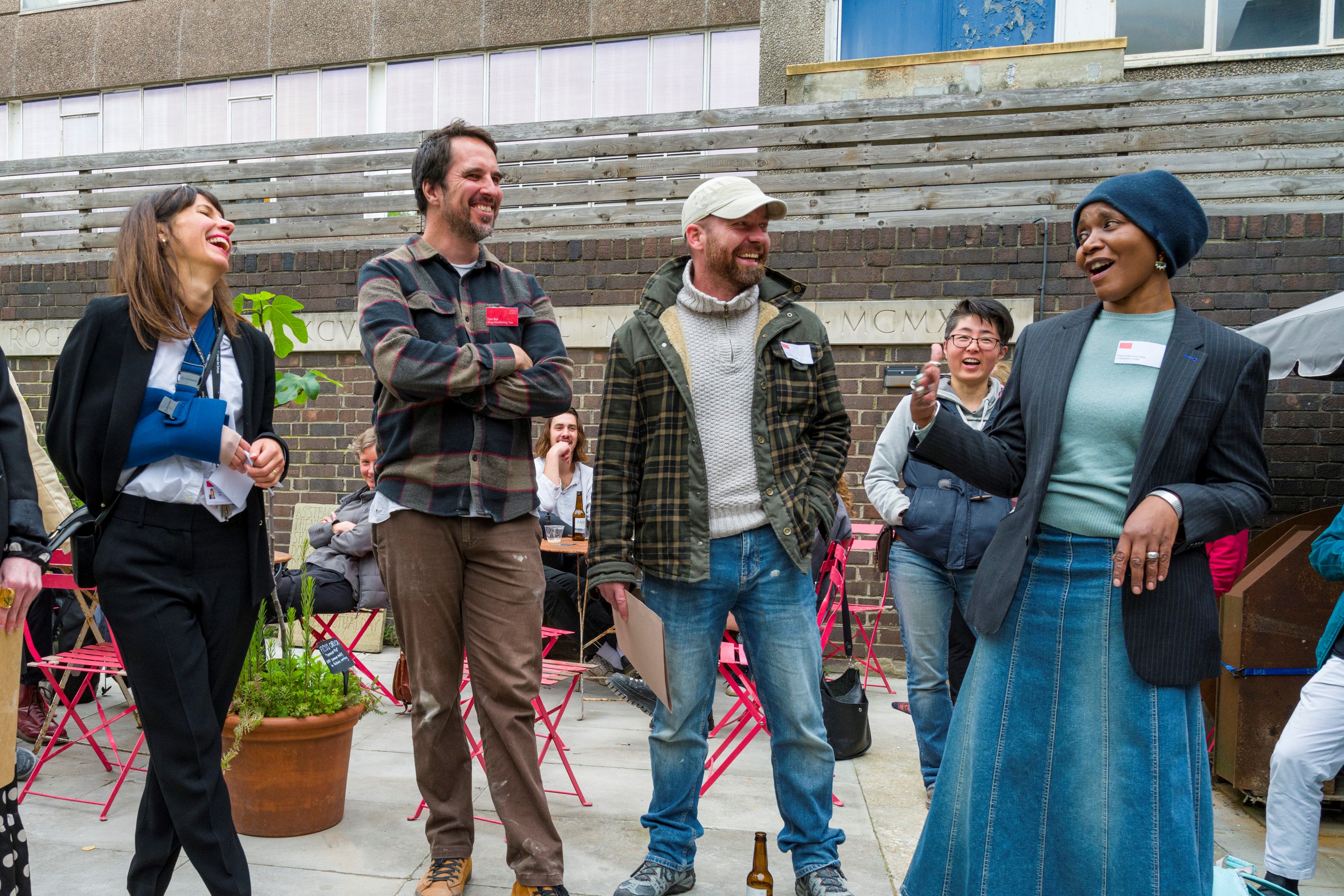 (L-R) Art School Principal Dr. Lois Rowe, Senior Woodcarving Tutor Tom Ball, Alumni and Carving Competition Judges Will Davies and Marcia Bennett Male
(L-R) Art School Principal Dr. Lois Rowe, Senior Woodcarving Tutor Tom Ball, Alumni and Carving Competition Judges Will Davies and Marcia Bennett Male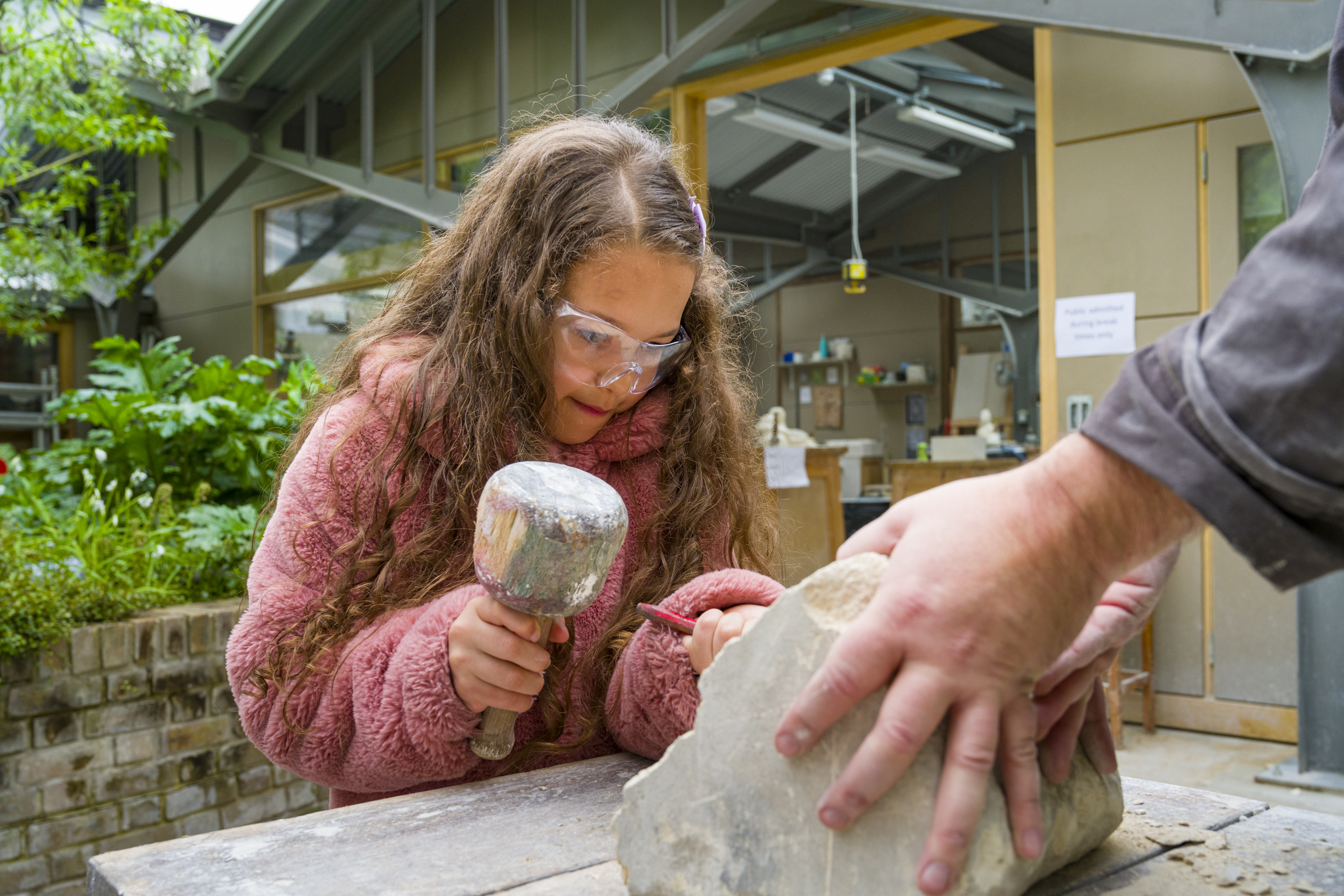 Have a go at Stone Carving
Have a go at Stone Carving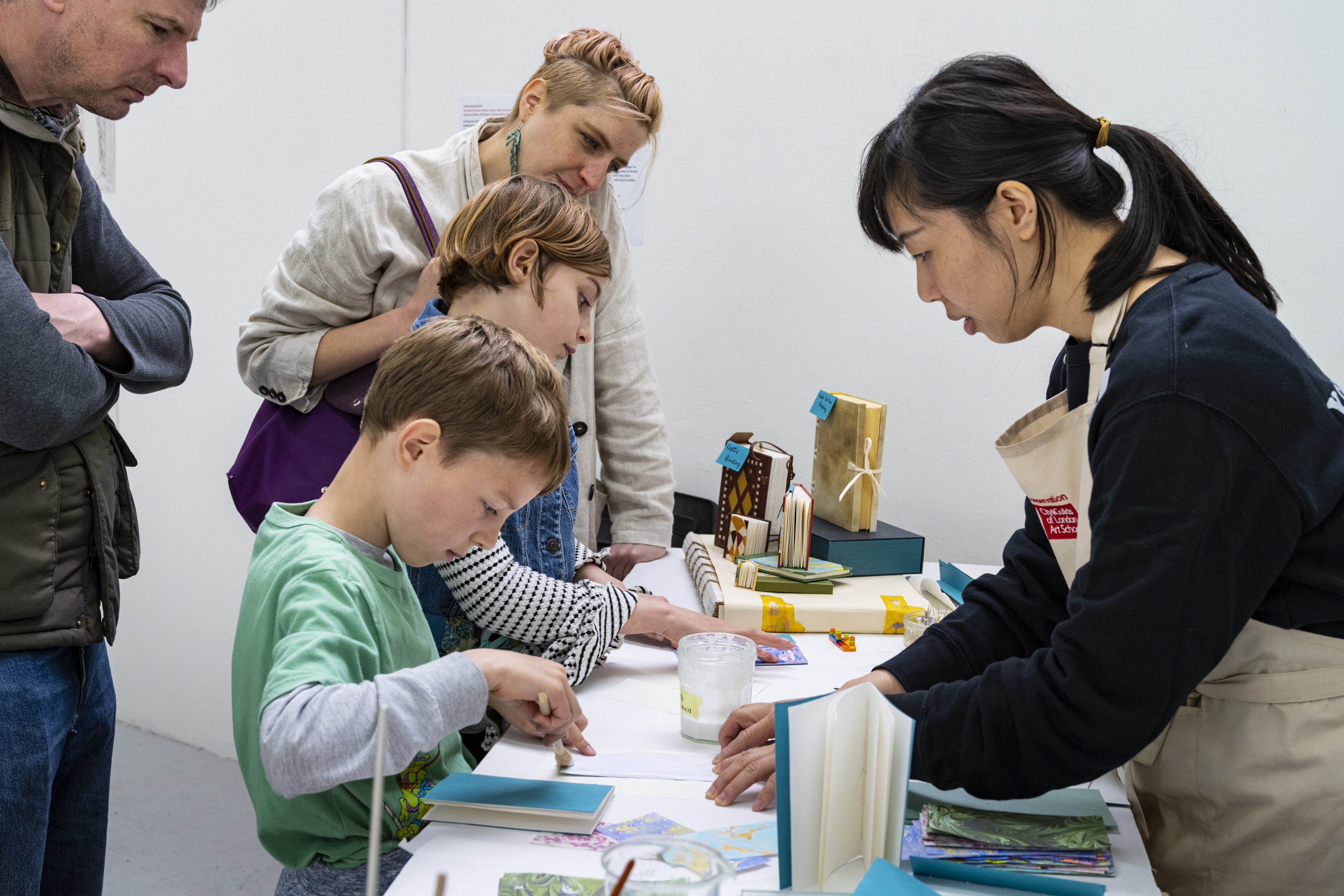 Paper Marbling Demonstration
Paper Marbling Demonstration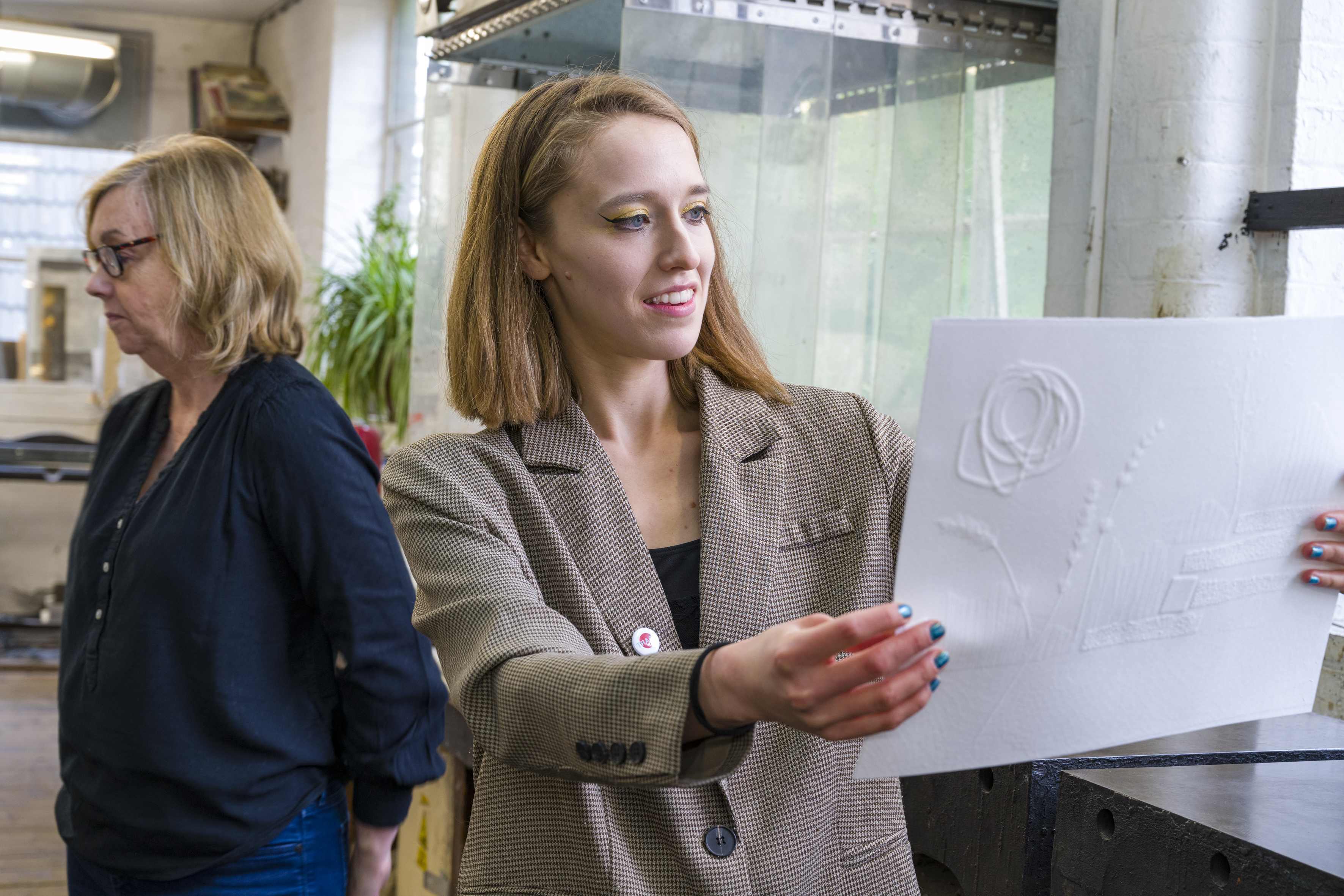 Printmaking Workshop with Wai Wong
Printmaking Workshop with Wai Wong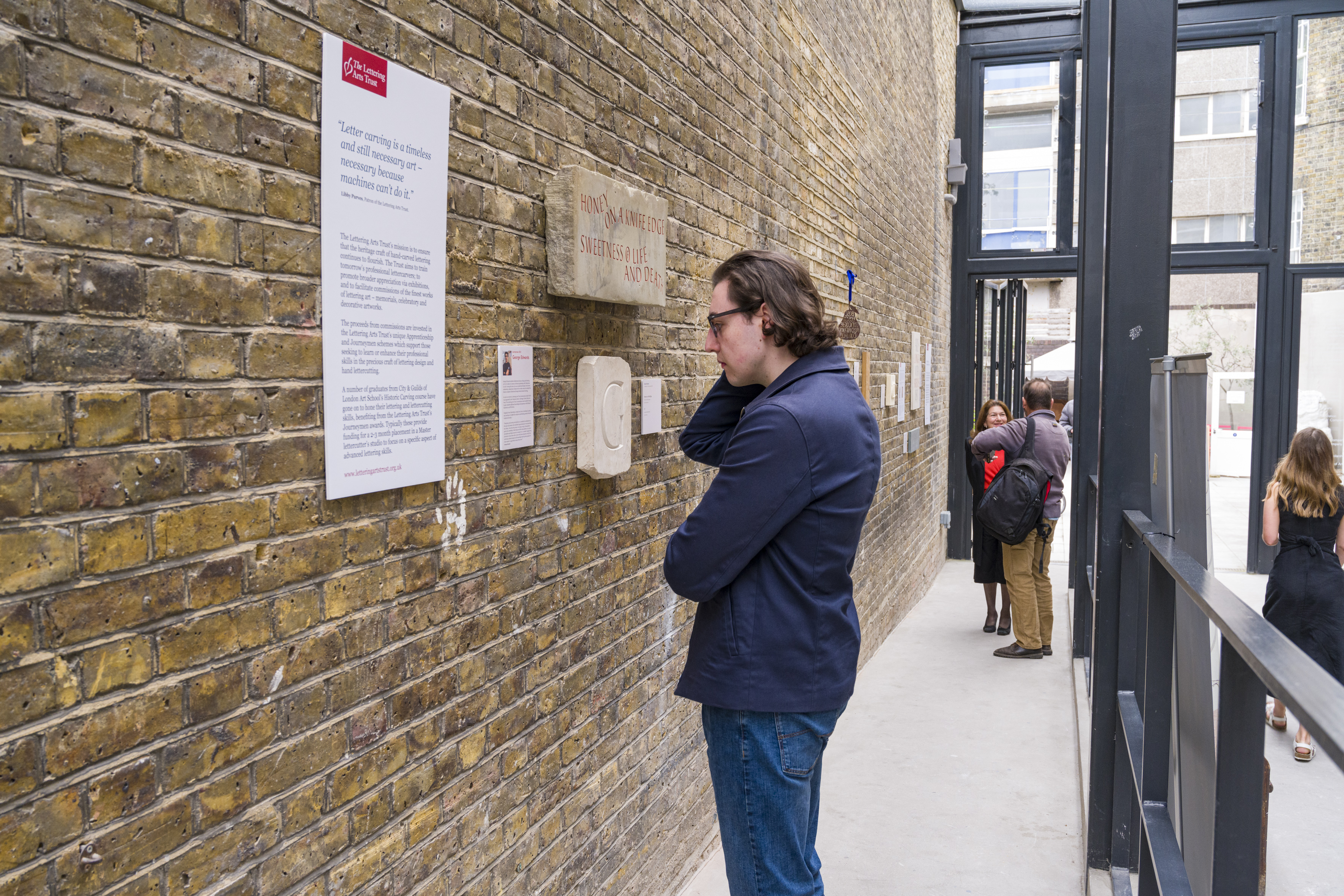 Lettering Arts Trust Exhibition
Lettering Arts Trust Exhibition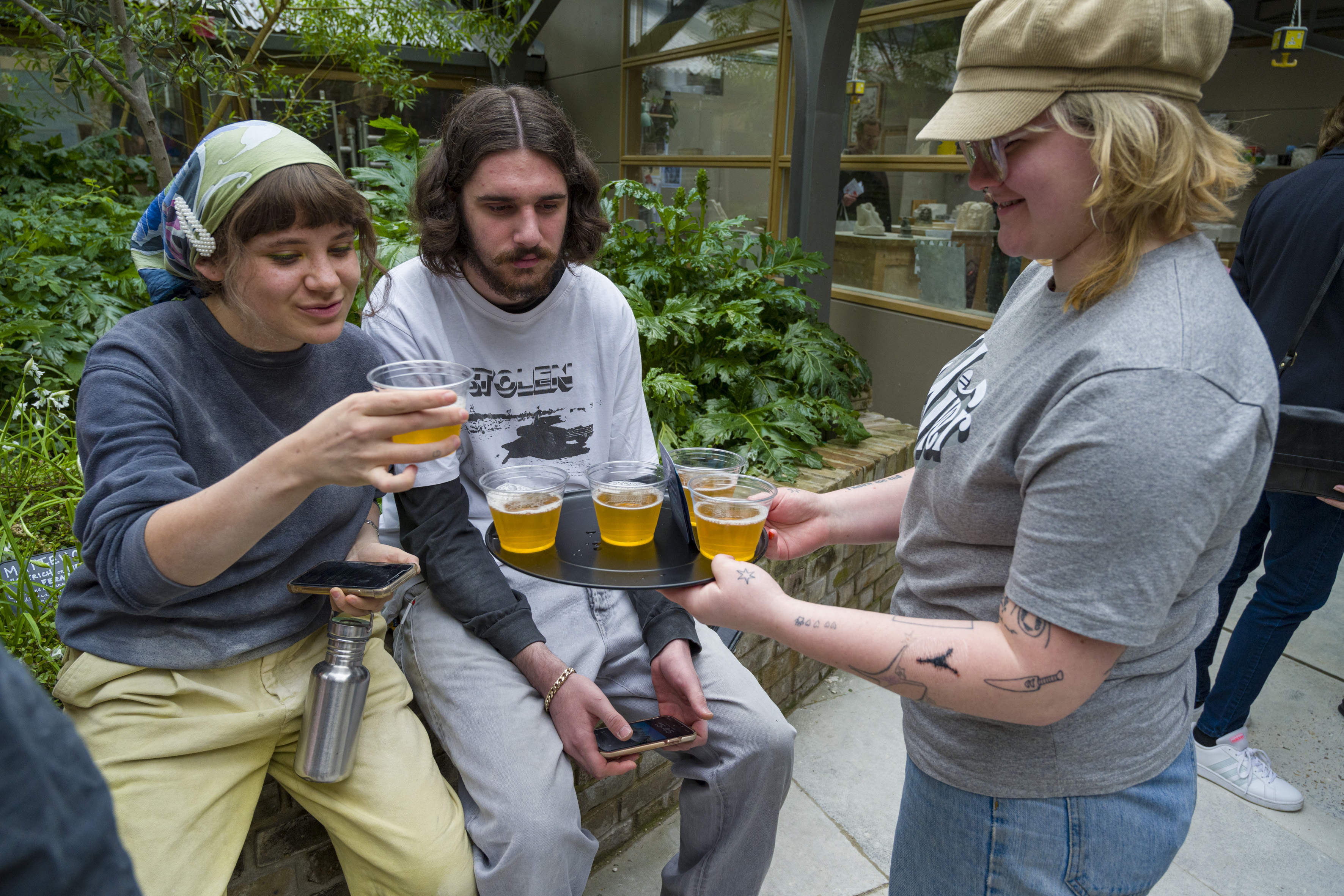 Beer Tasting with Fabal Lager
Beer Tasting with Fabal Lager
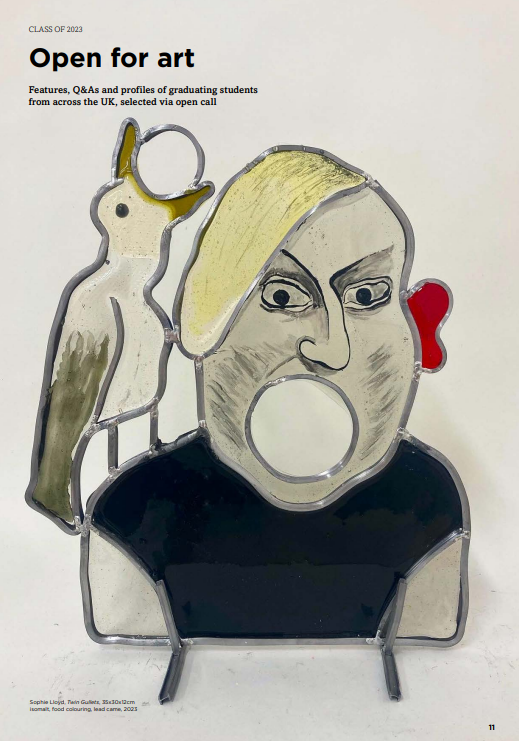
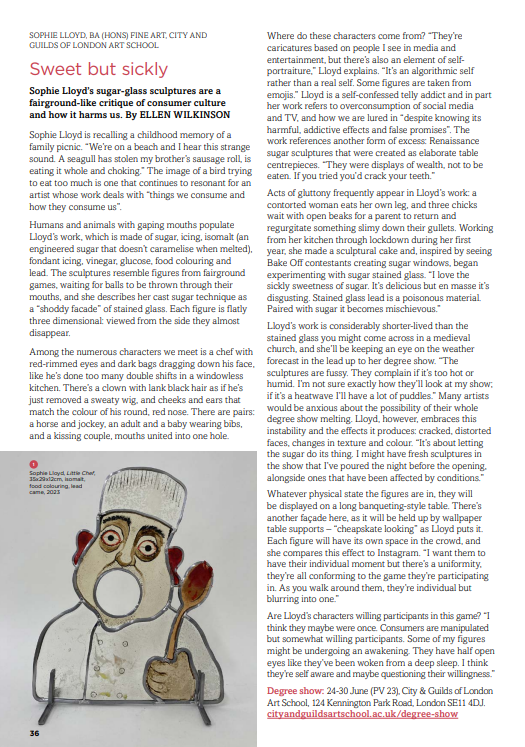
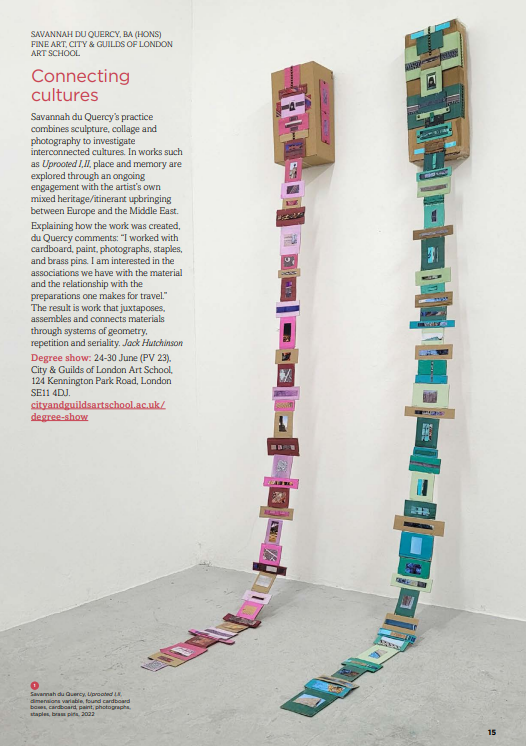

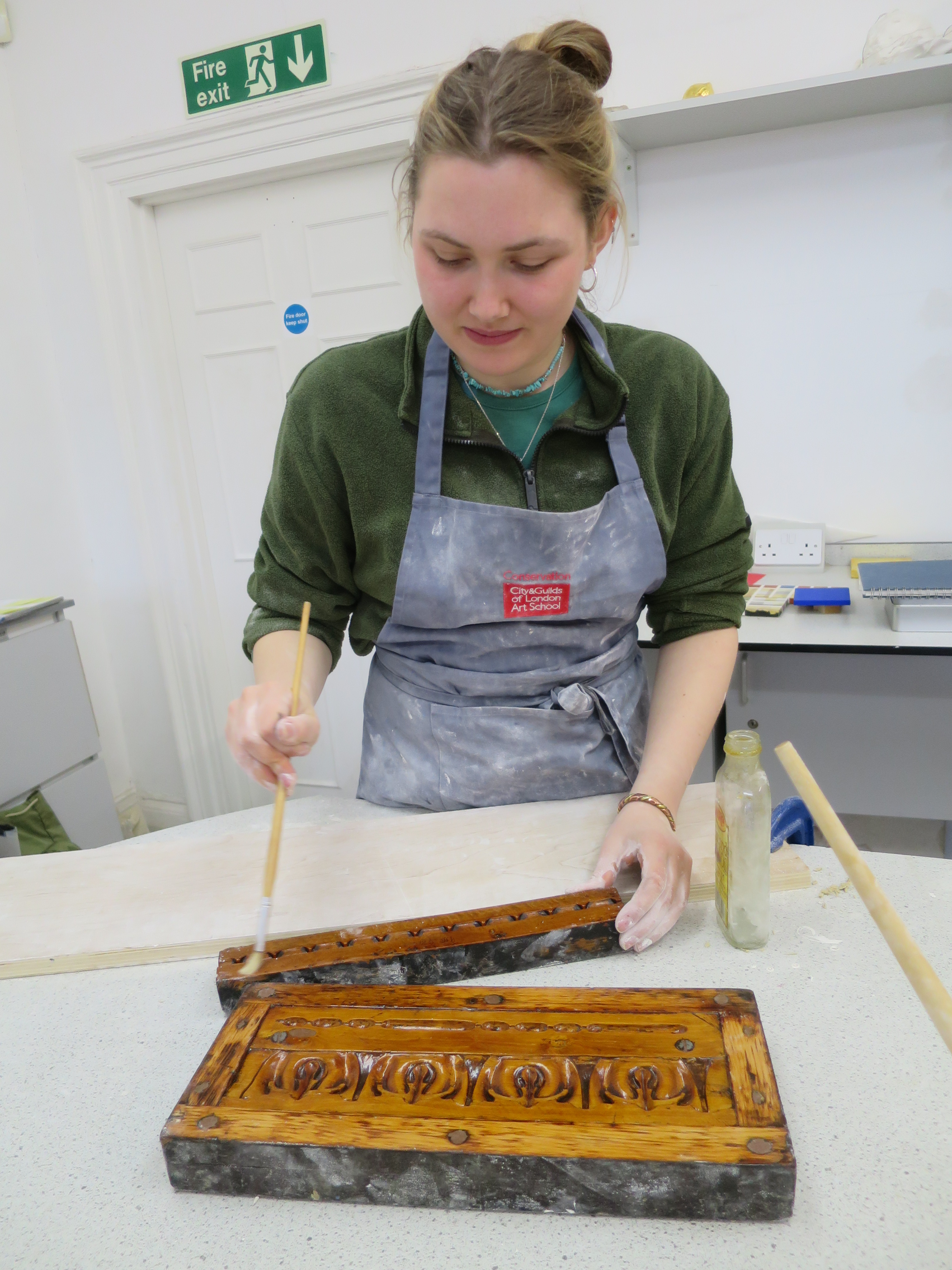
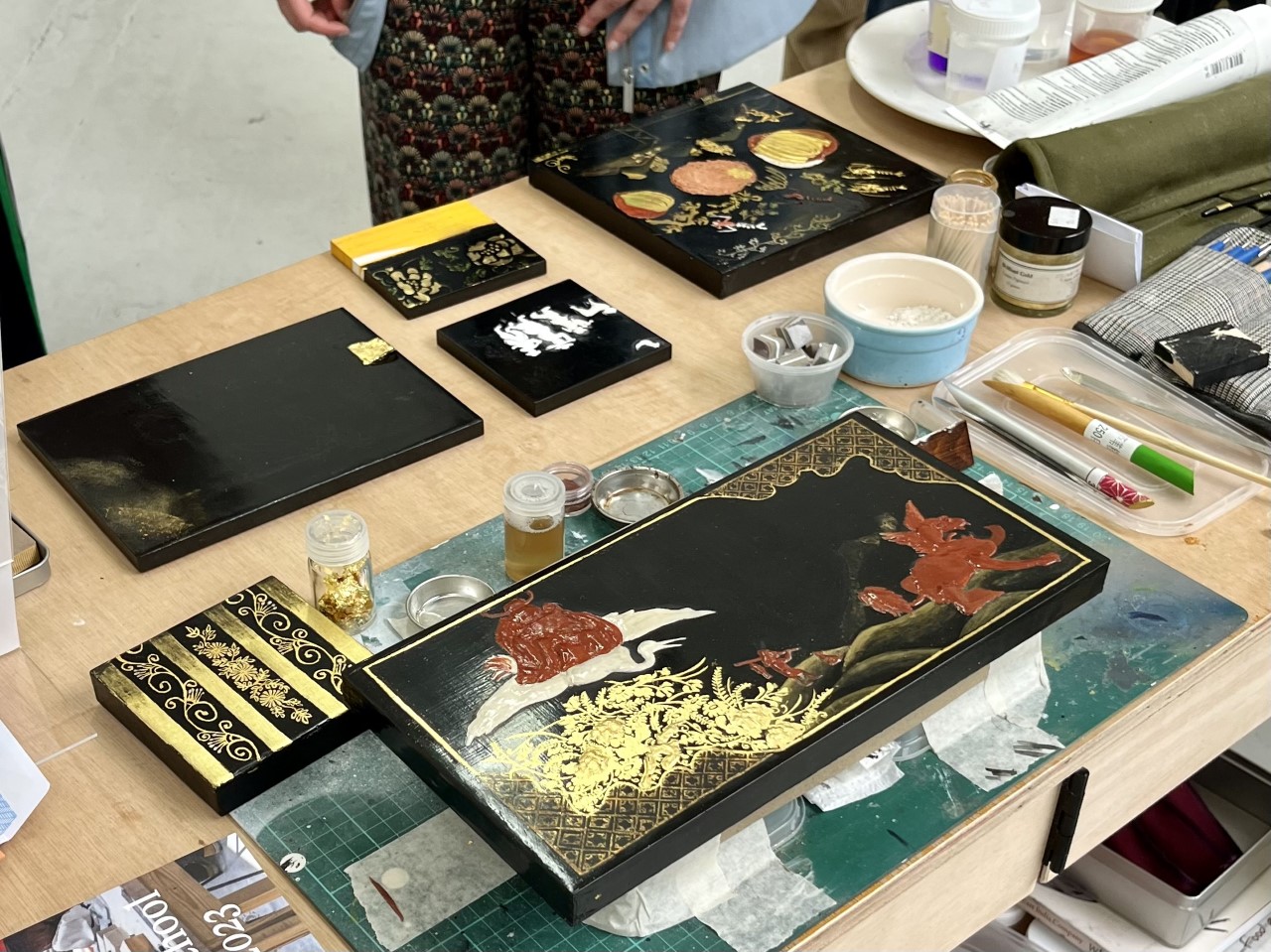
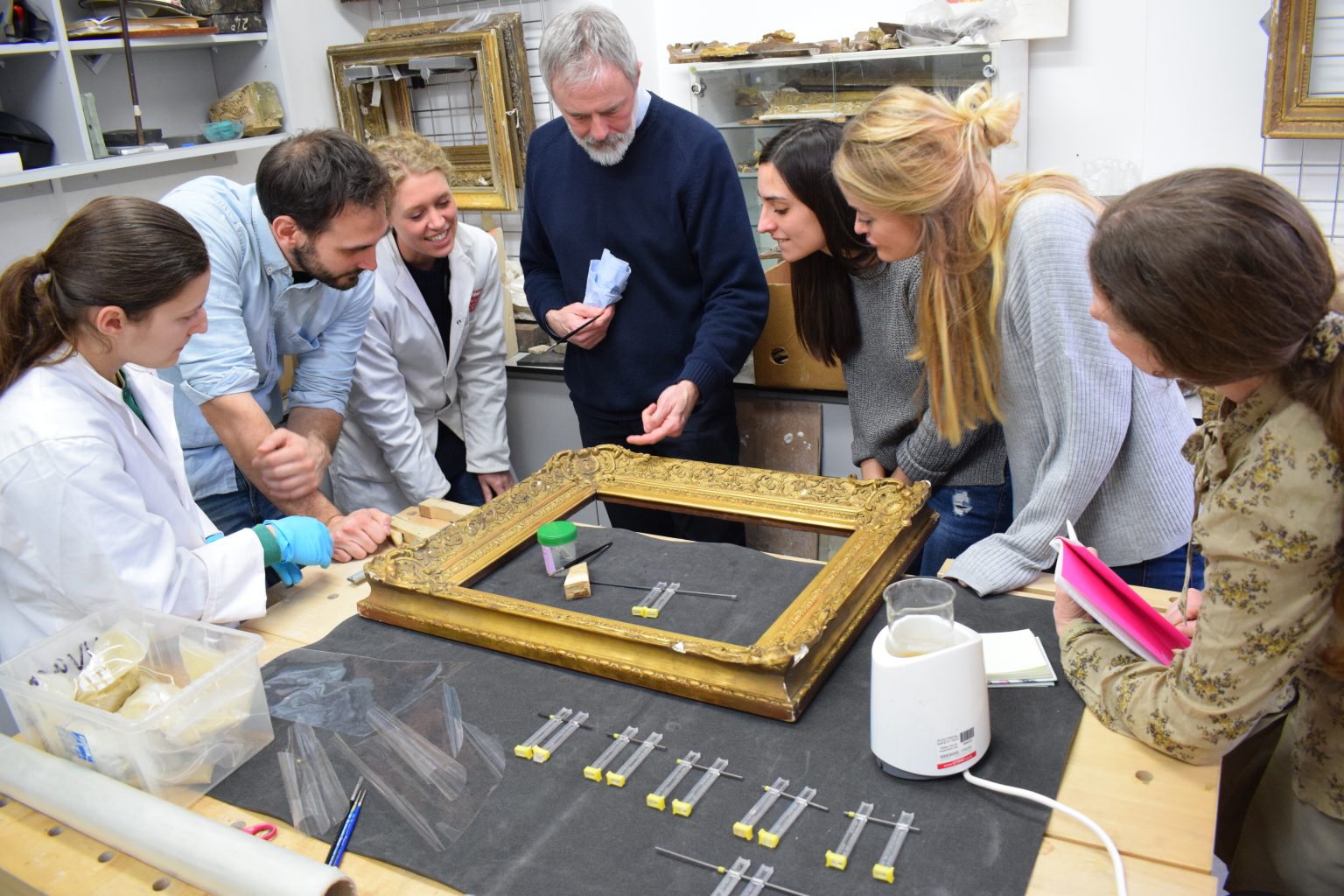
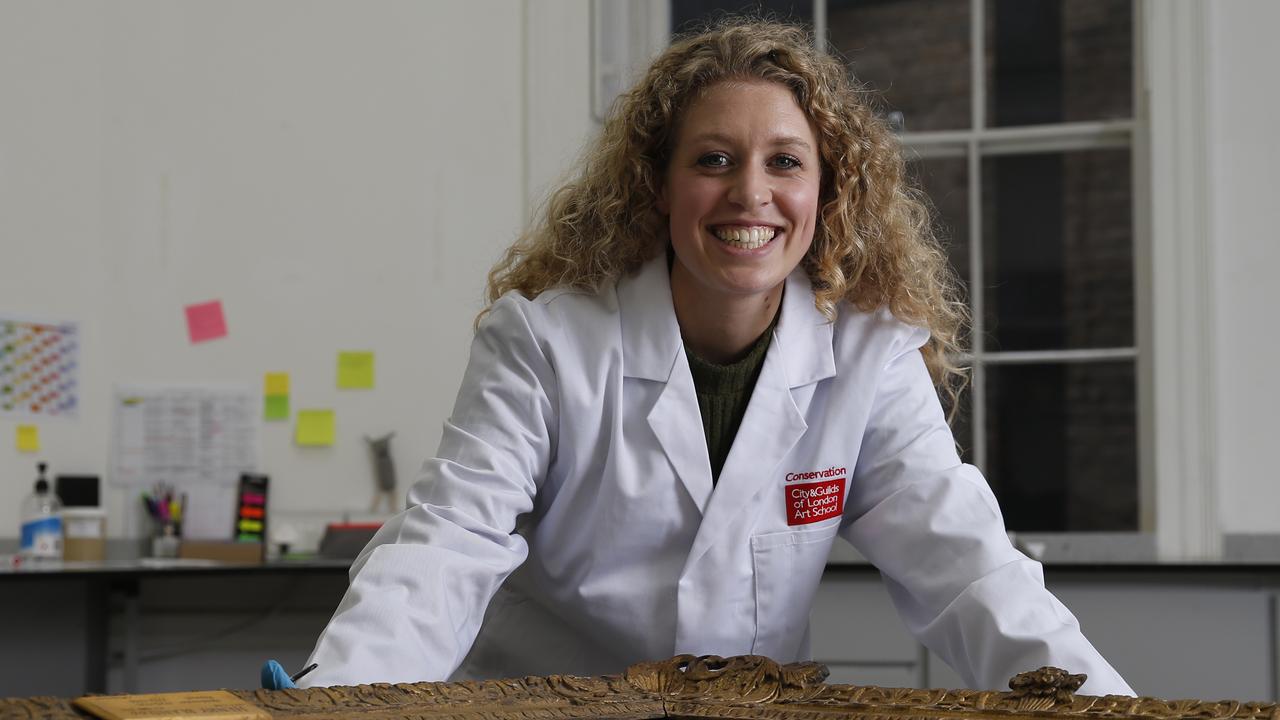
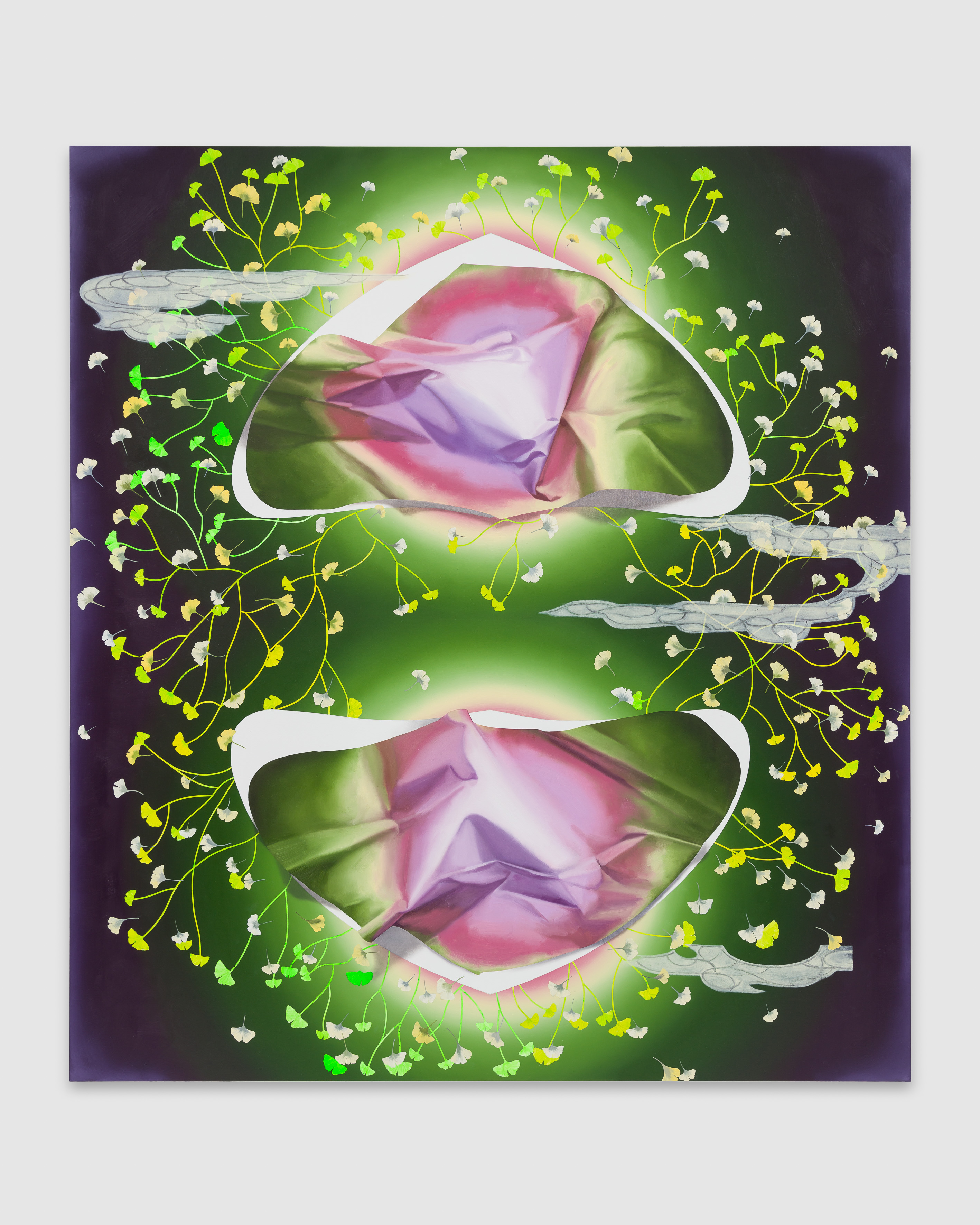 Geoplexus, 2022, acrylic and oil on canvas, 200 x 180 cm
Geoplexus, 2022, acrylic and oil on canvas, 200 x 180 cm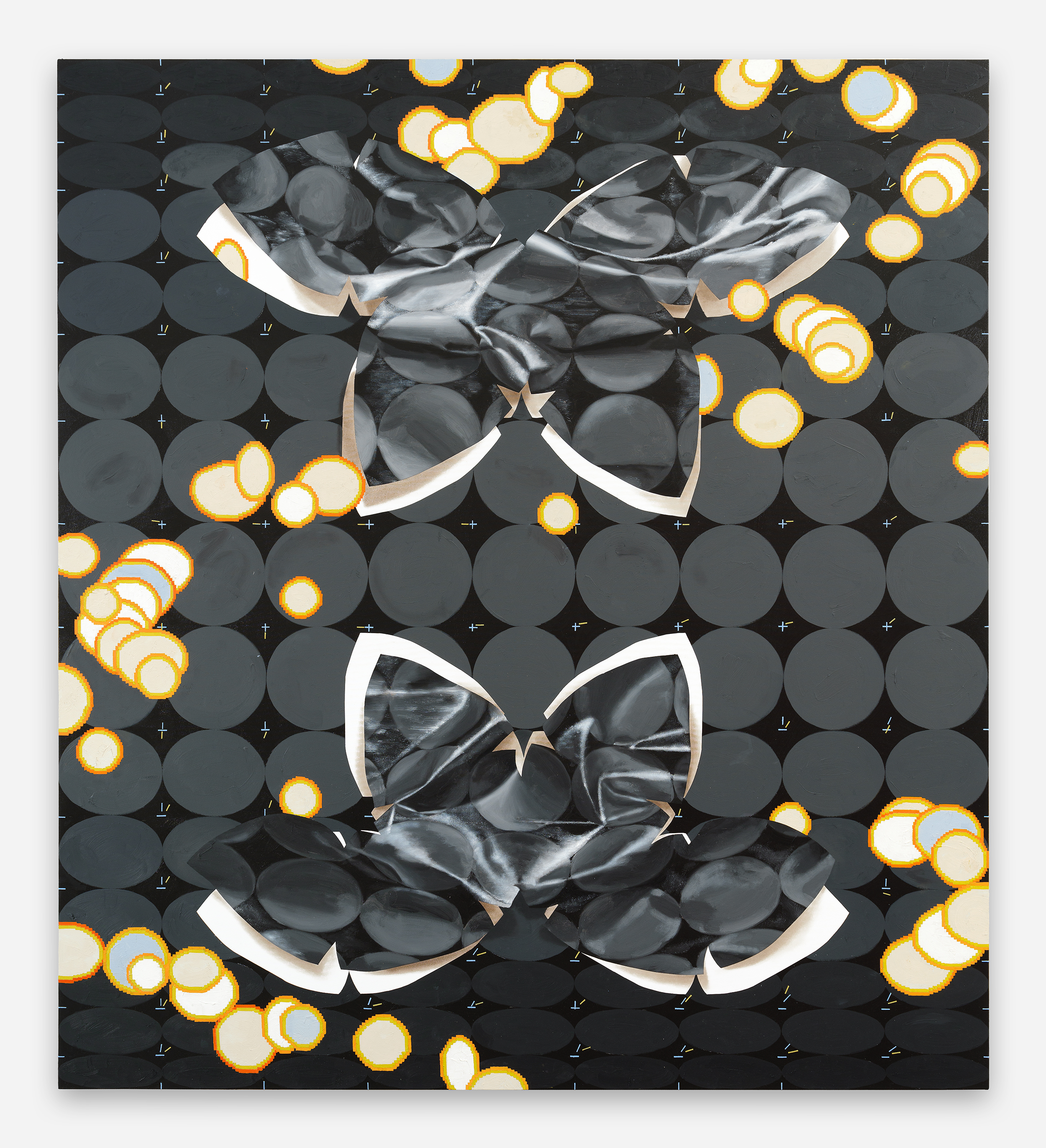 Geogrid 2, 2022, acrylic and oil on canvas, 200 x 180 cm
Geogrid 2, 2022, acrylic and oil on canvas, 200 x 180 cm

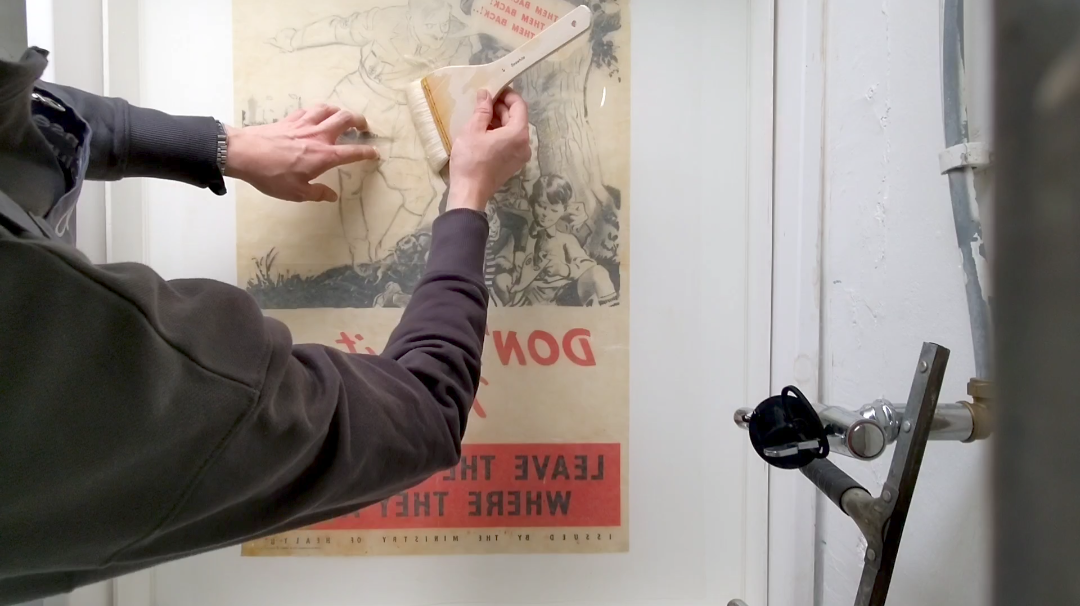
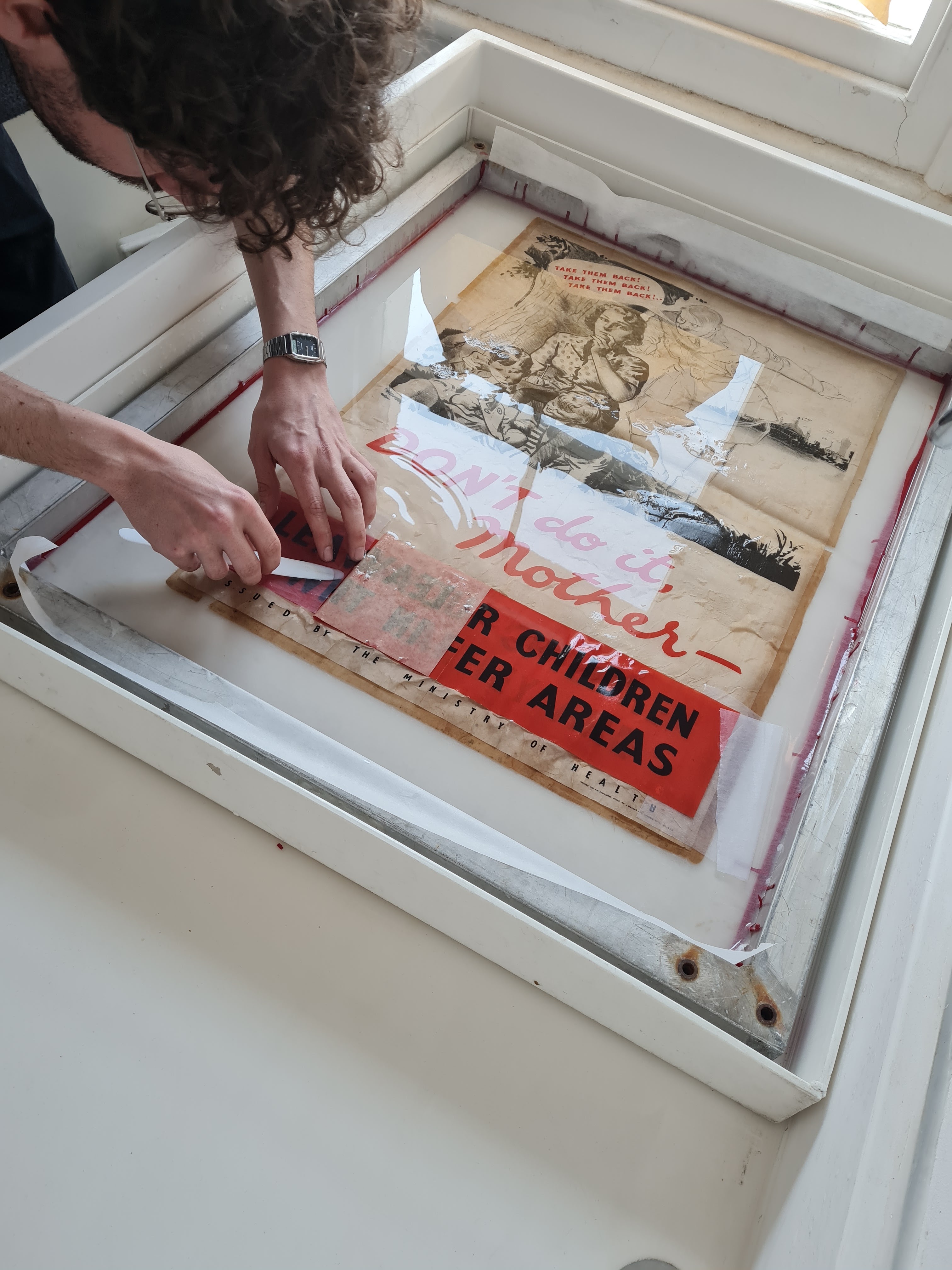
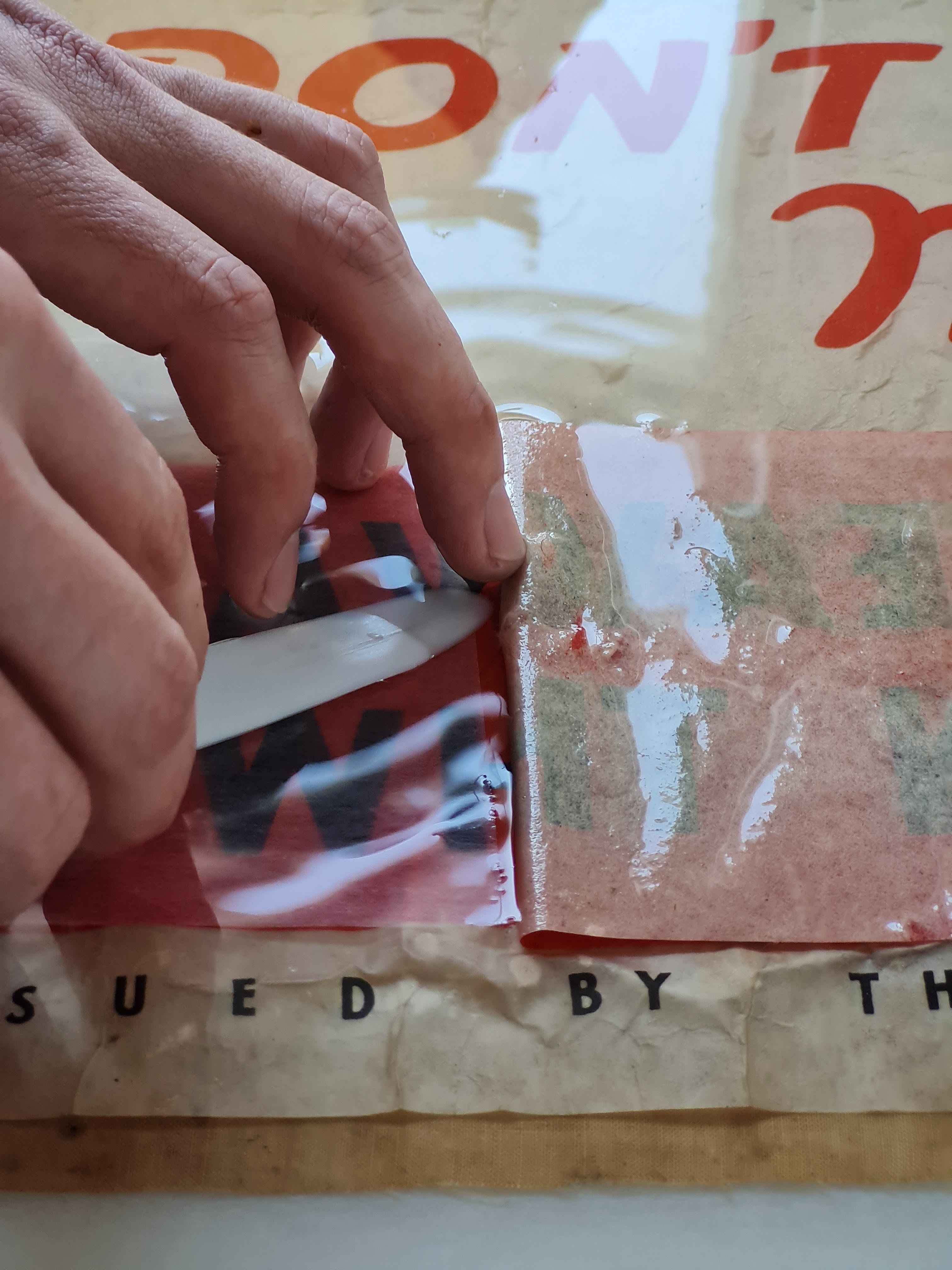
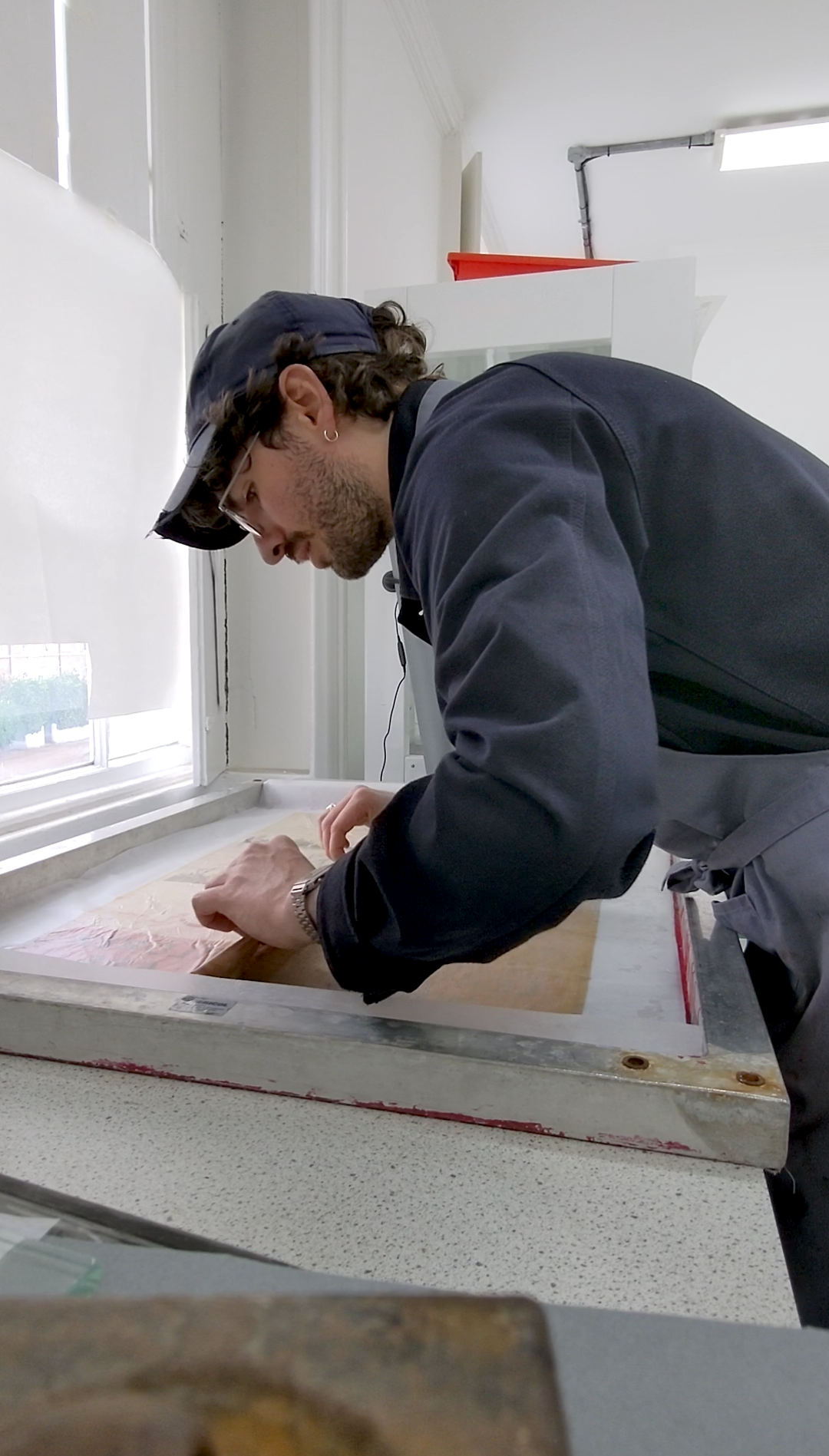

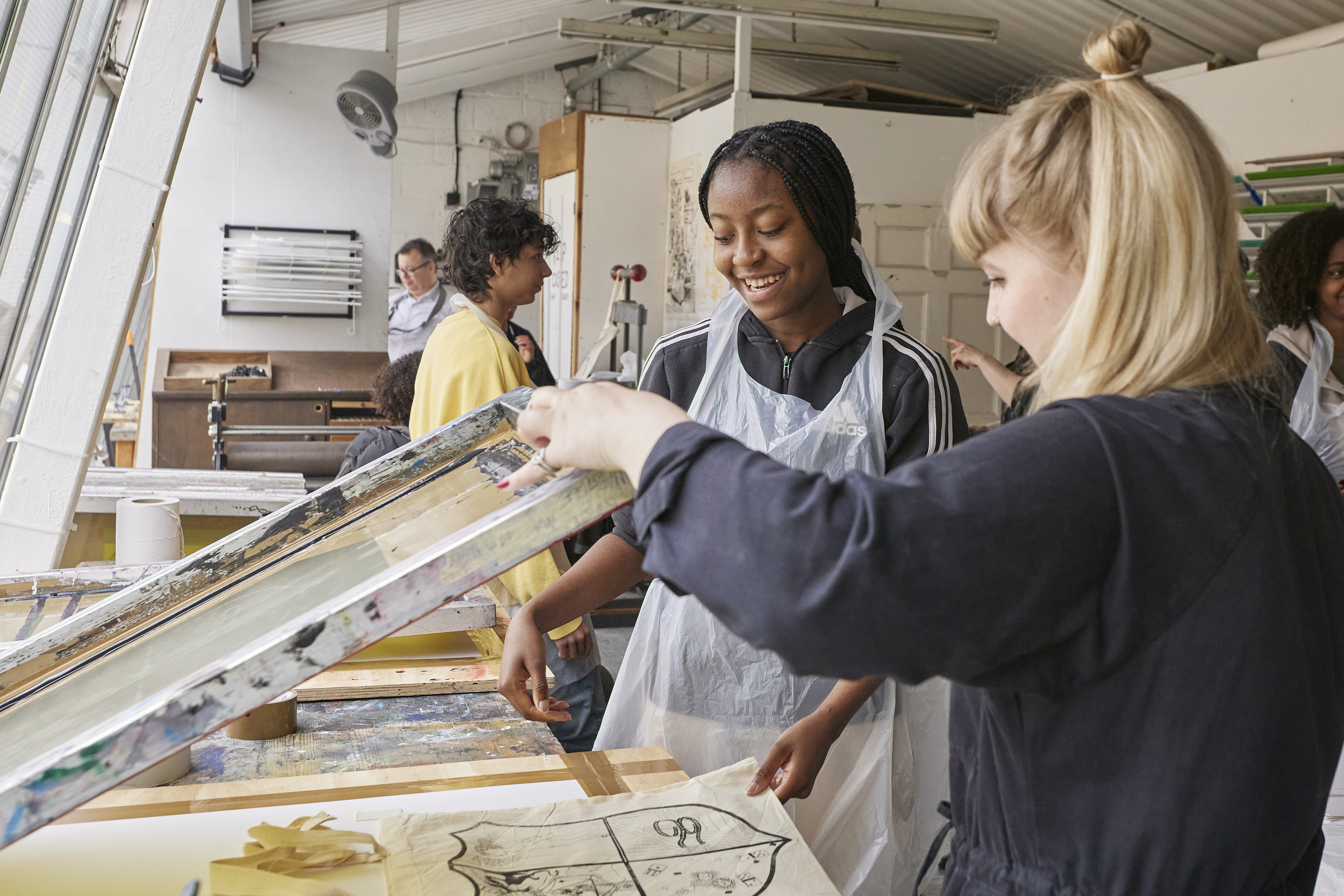
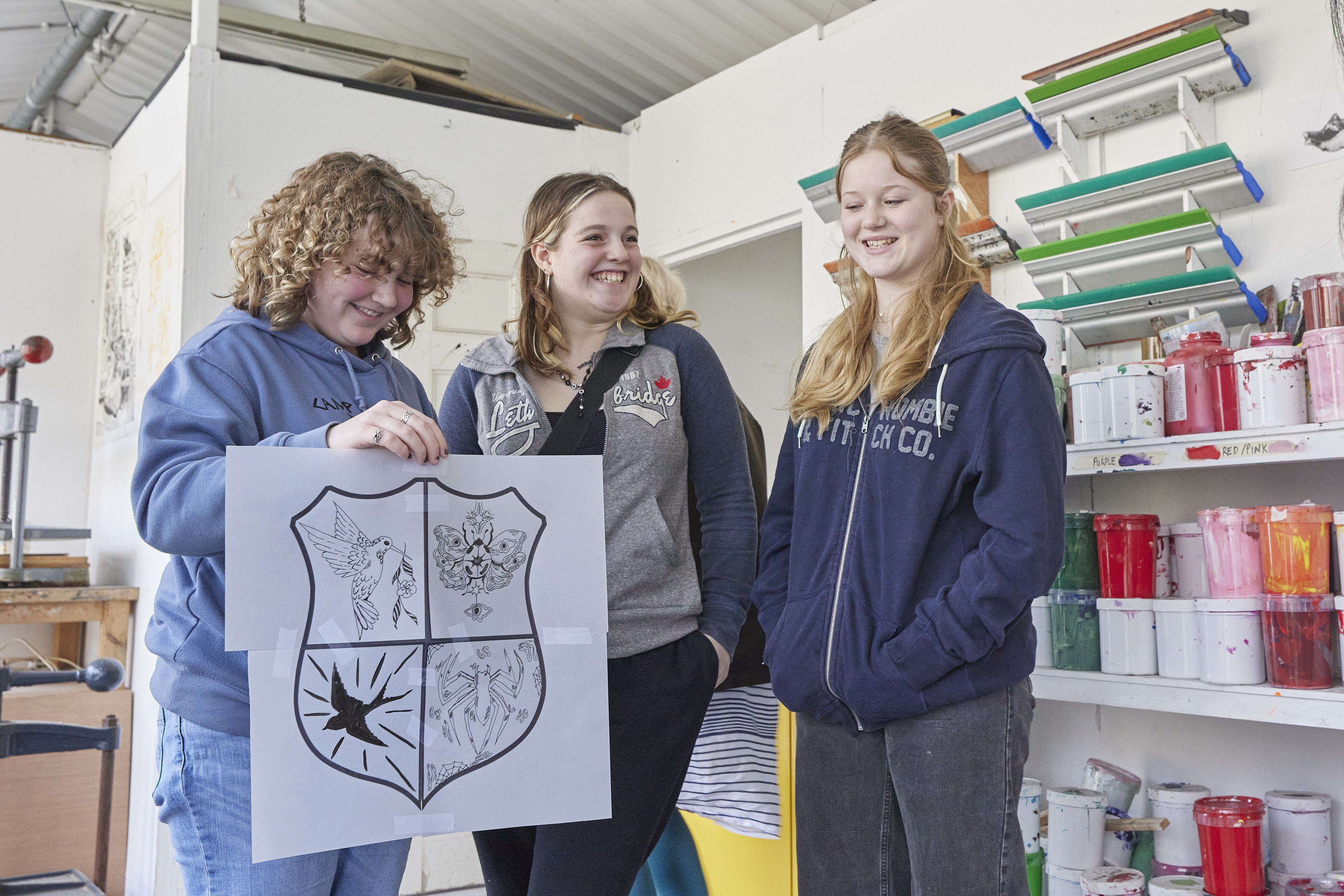

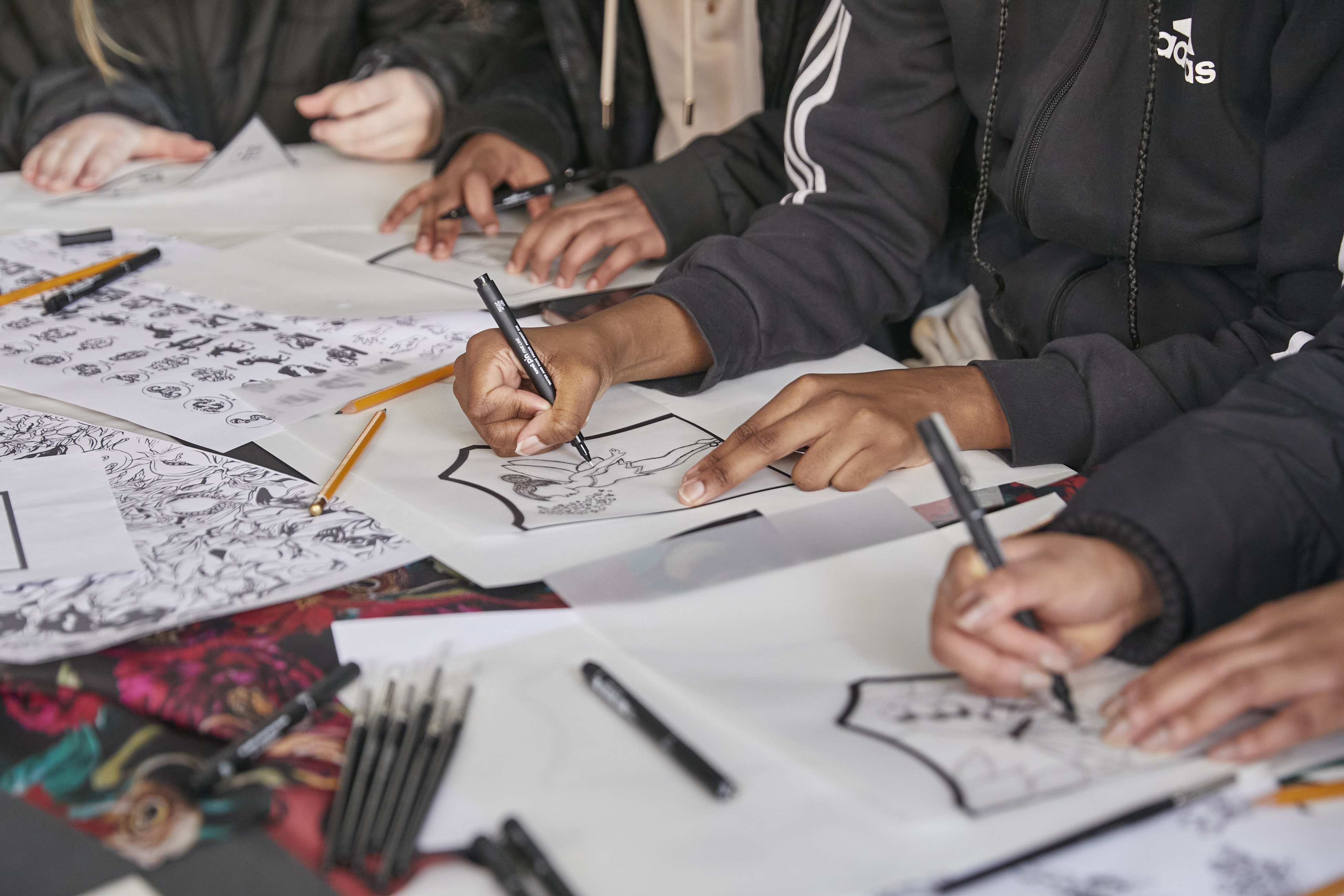
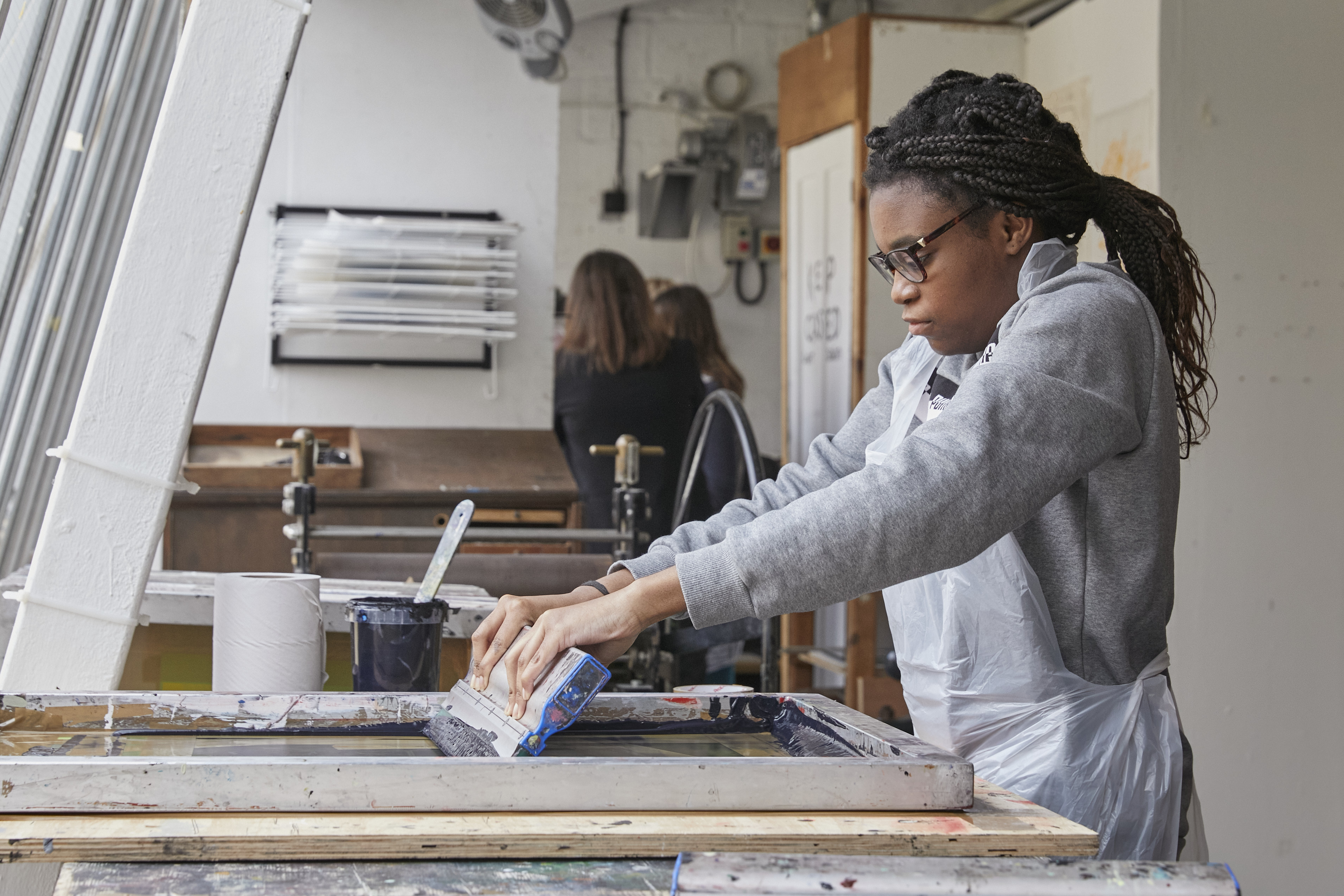
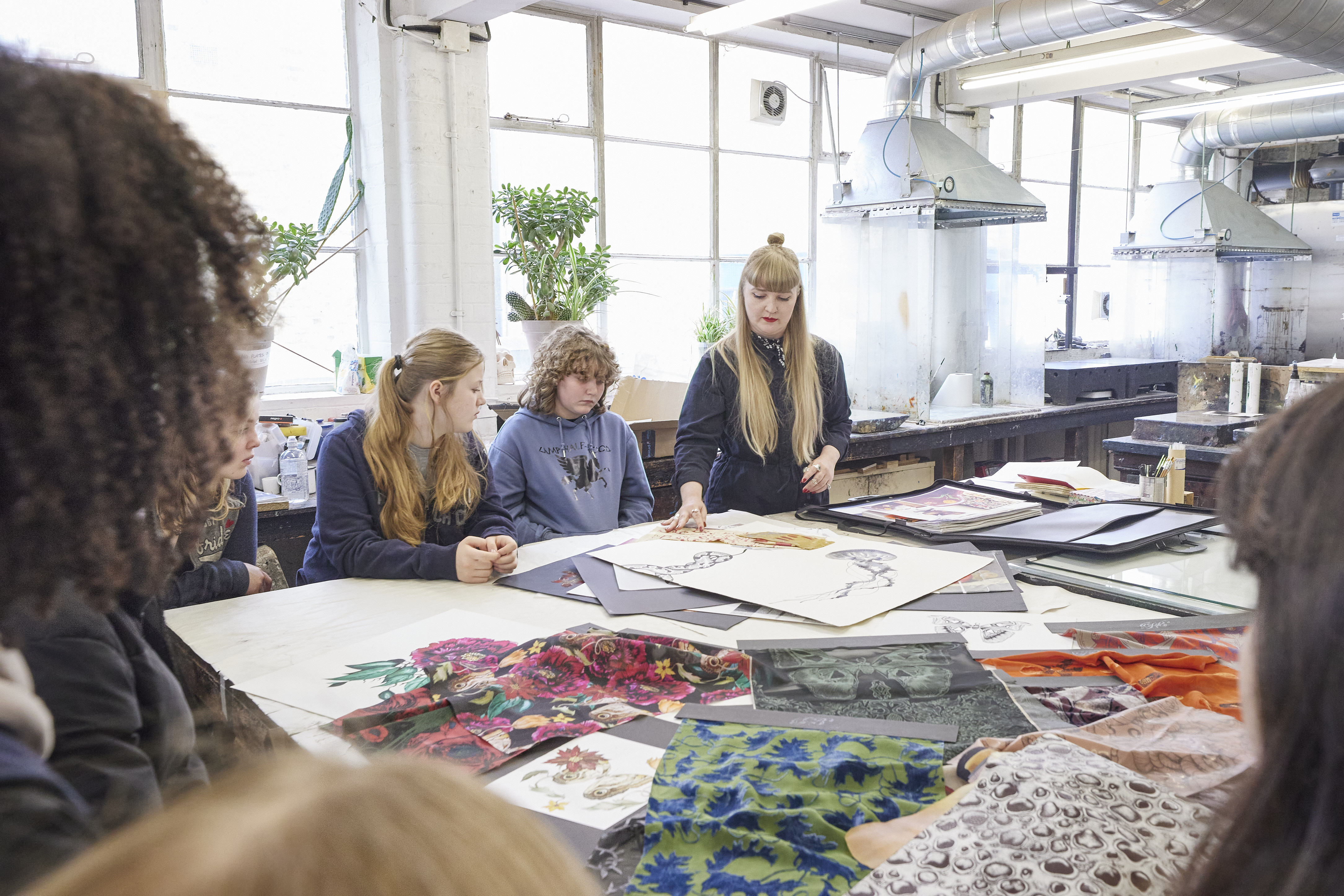
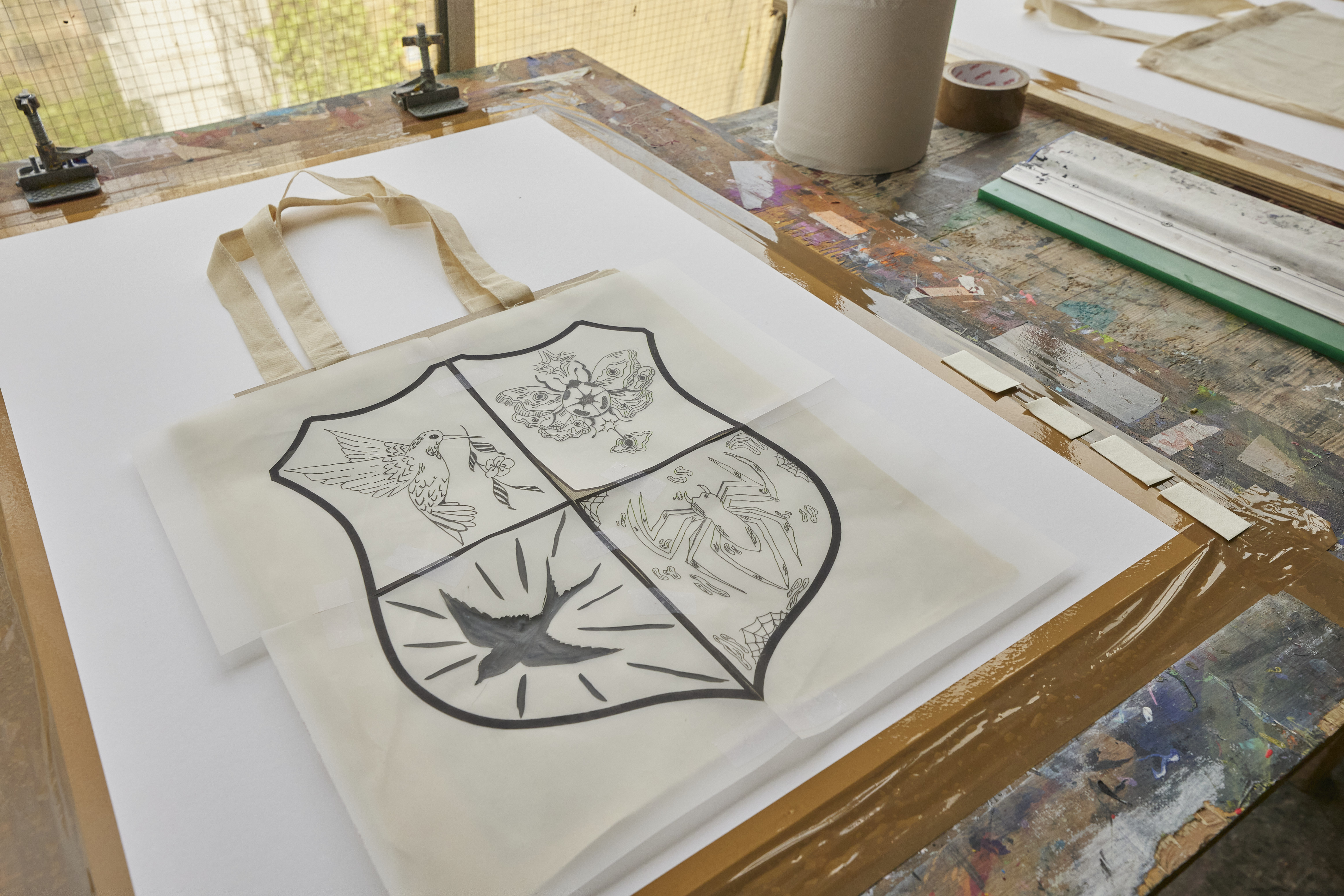
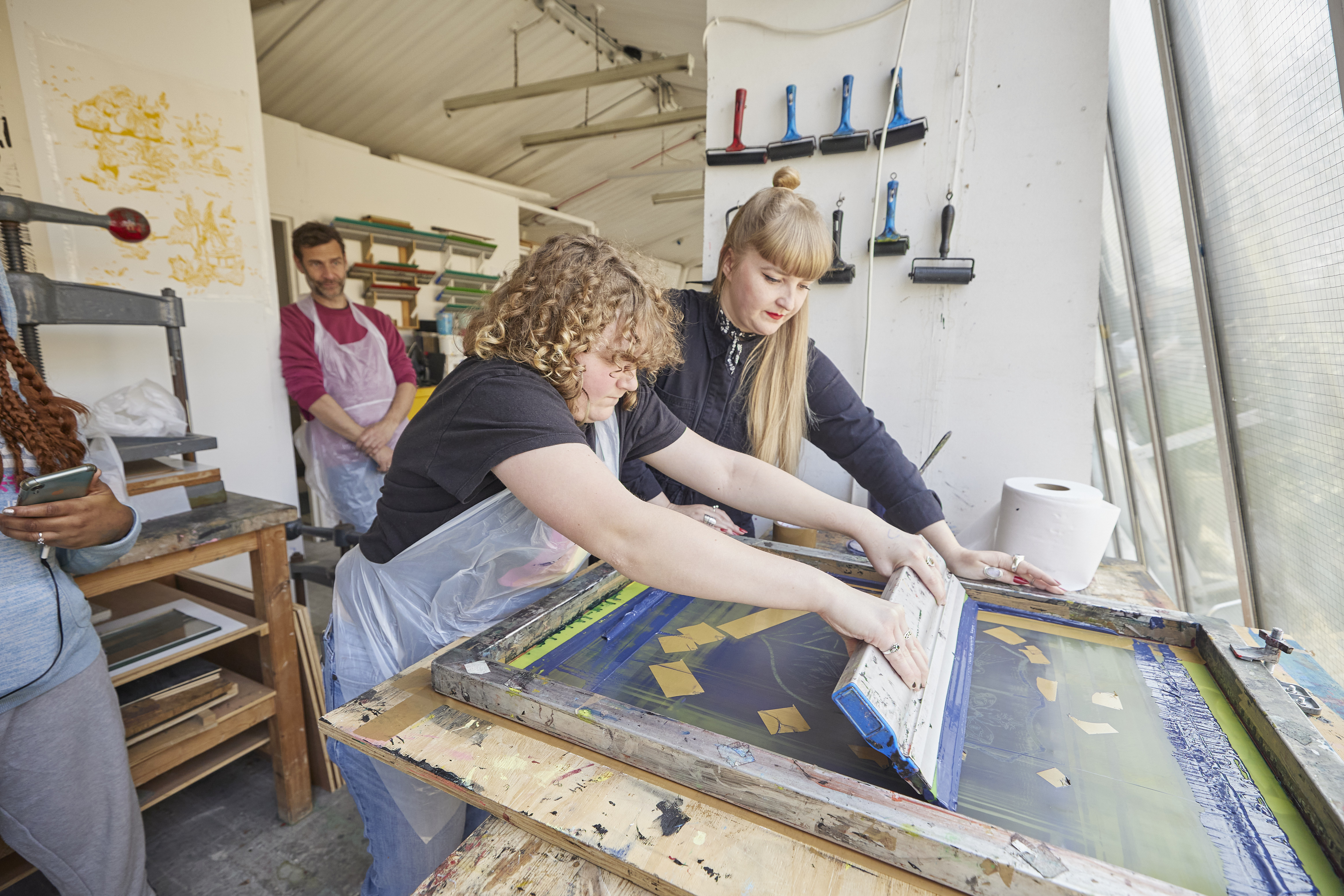
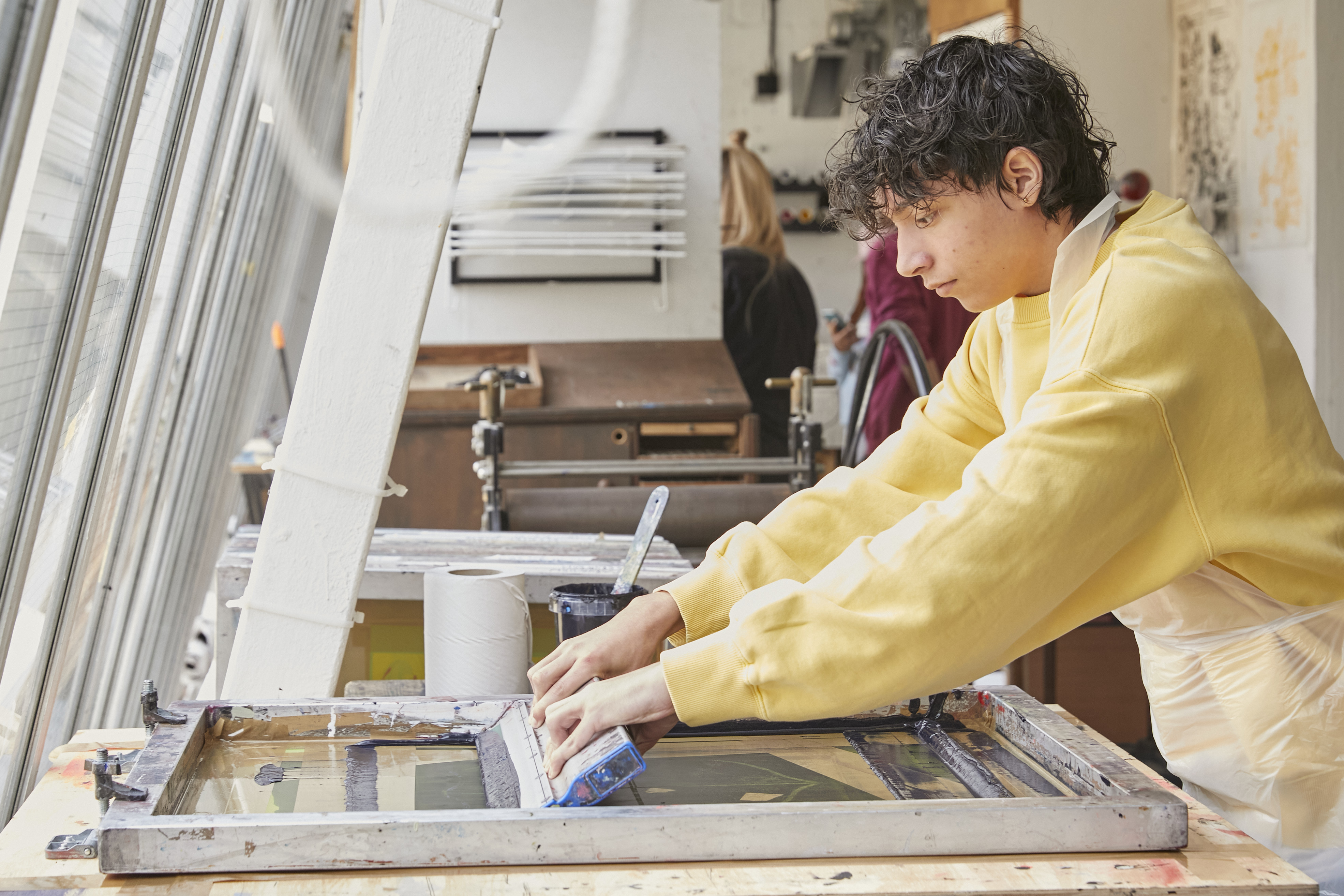
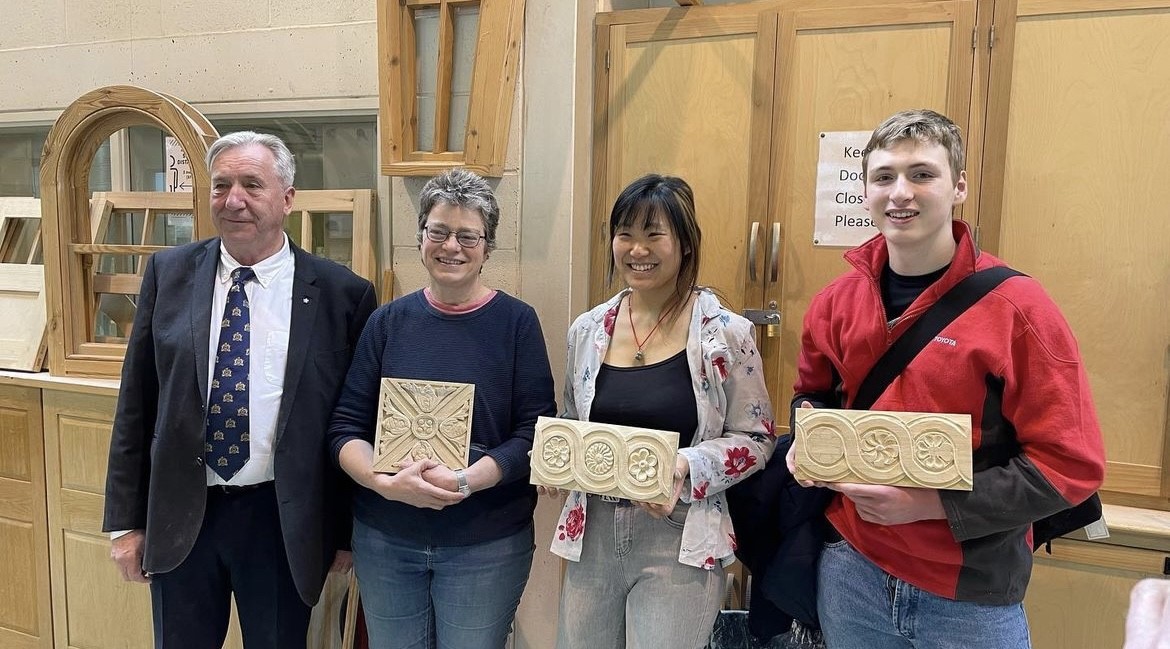 Judith Letchford, second from left. Photo credit: Clunie Fretton (Instagram)
Judith Letchford, second from left. Photo credit: Clunie Fretton (Instagram)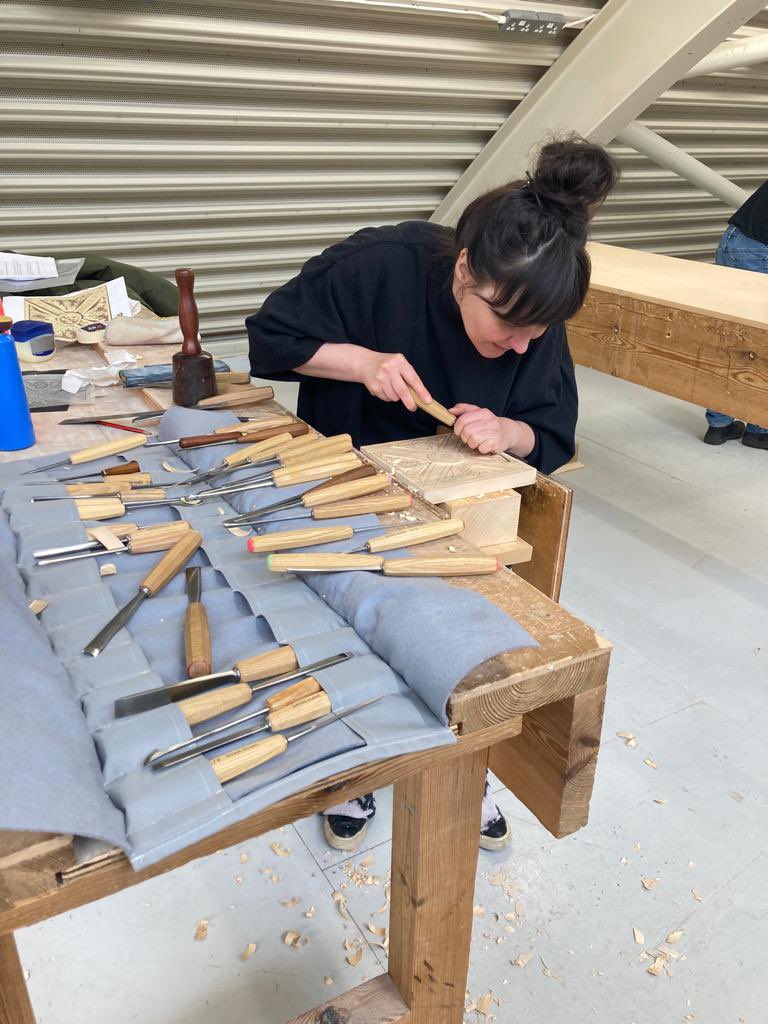 Jo Grogan, photo credit: The Worshipful Company of Joiners & Ceilers’ Company (Instagram)
Jo Grogan, photo credit: The Worshipful Company of Joiners & Ceilers’ Company (Instagram)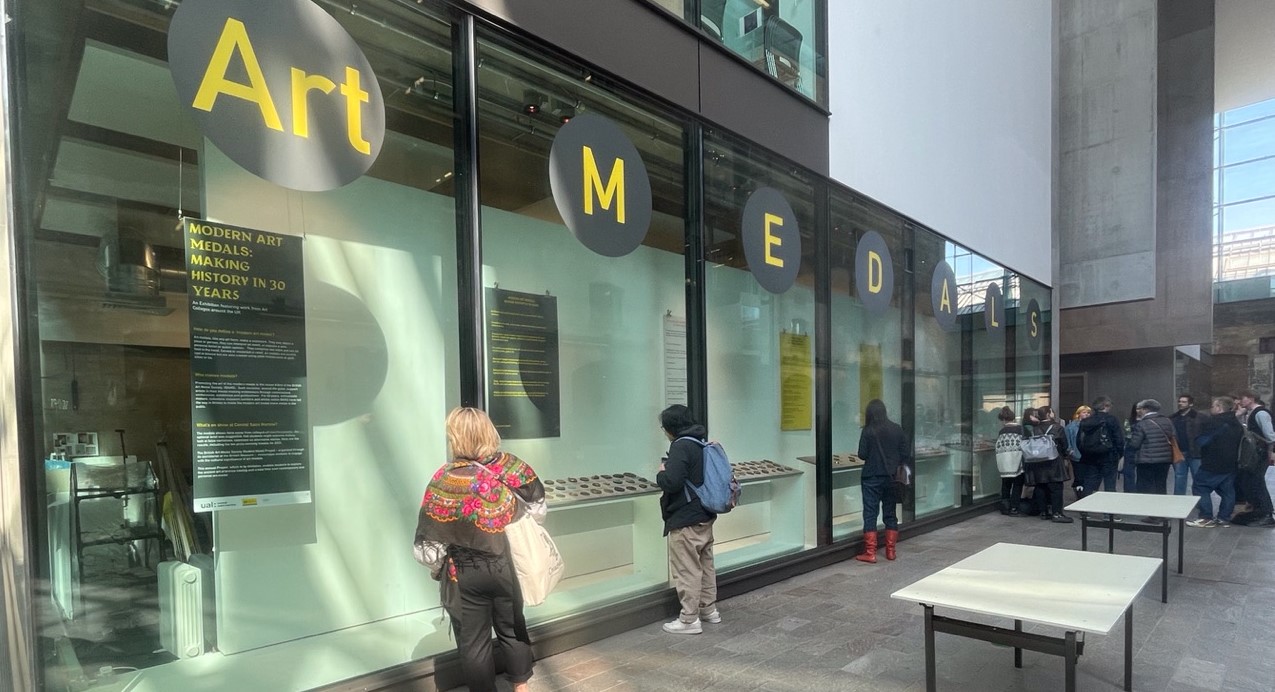
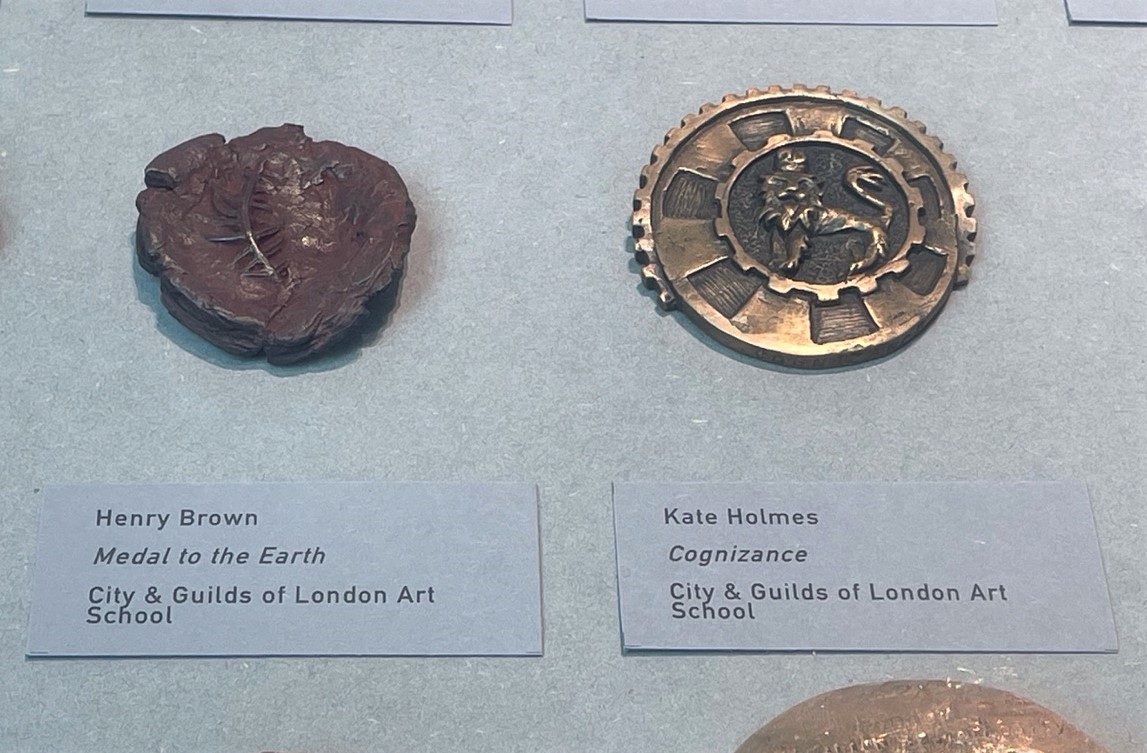
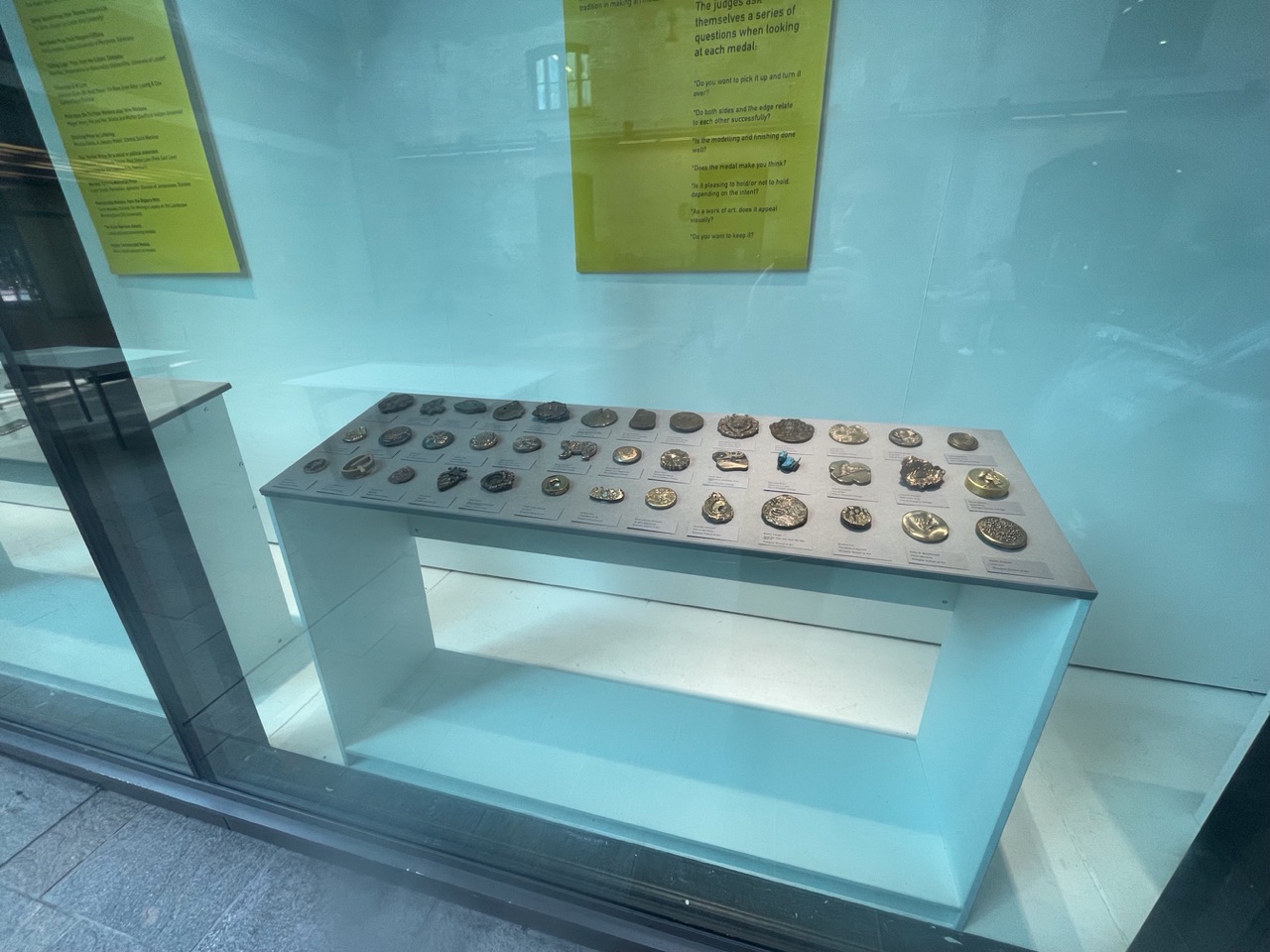
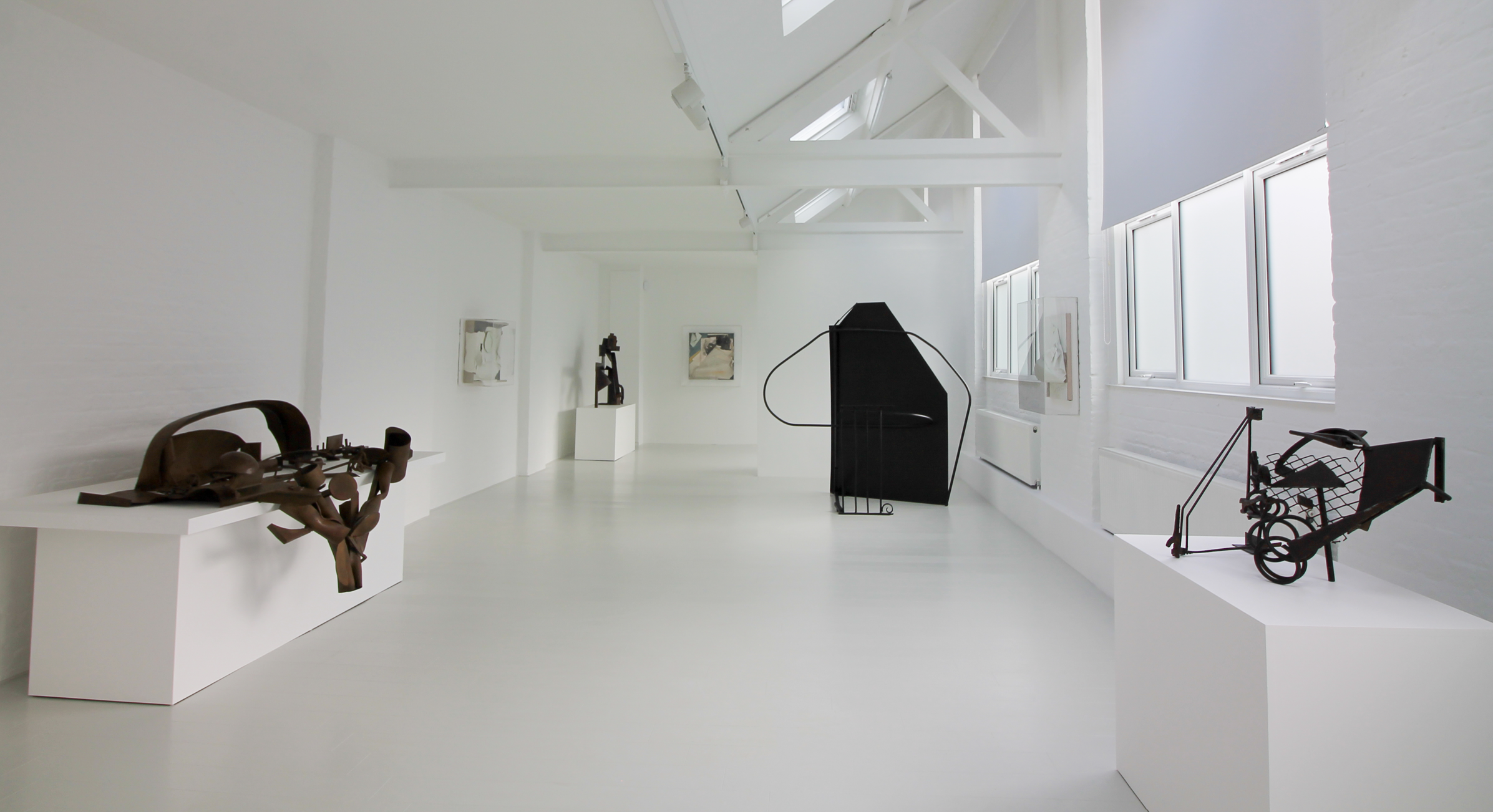 The Anthony Caro Centre Copyright: The Anthony Caro Centre, 2023
The Anthony Caro Centre Copyright: The Anthony Caro Centre, 2023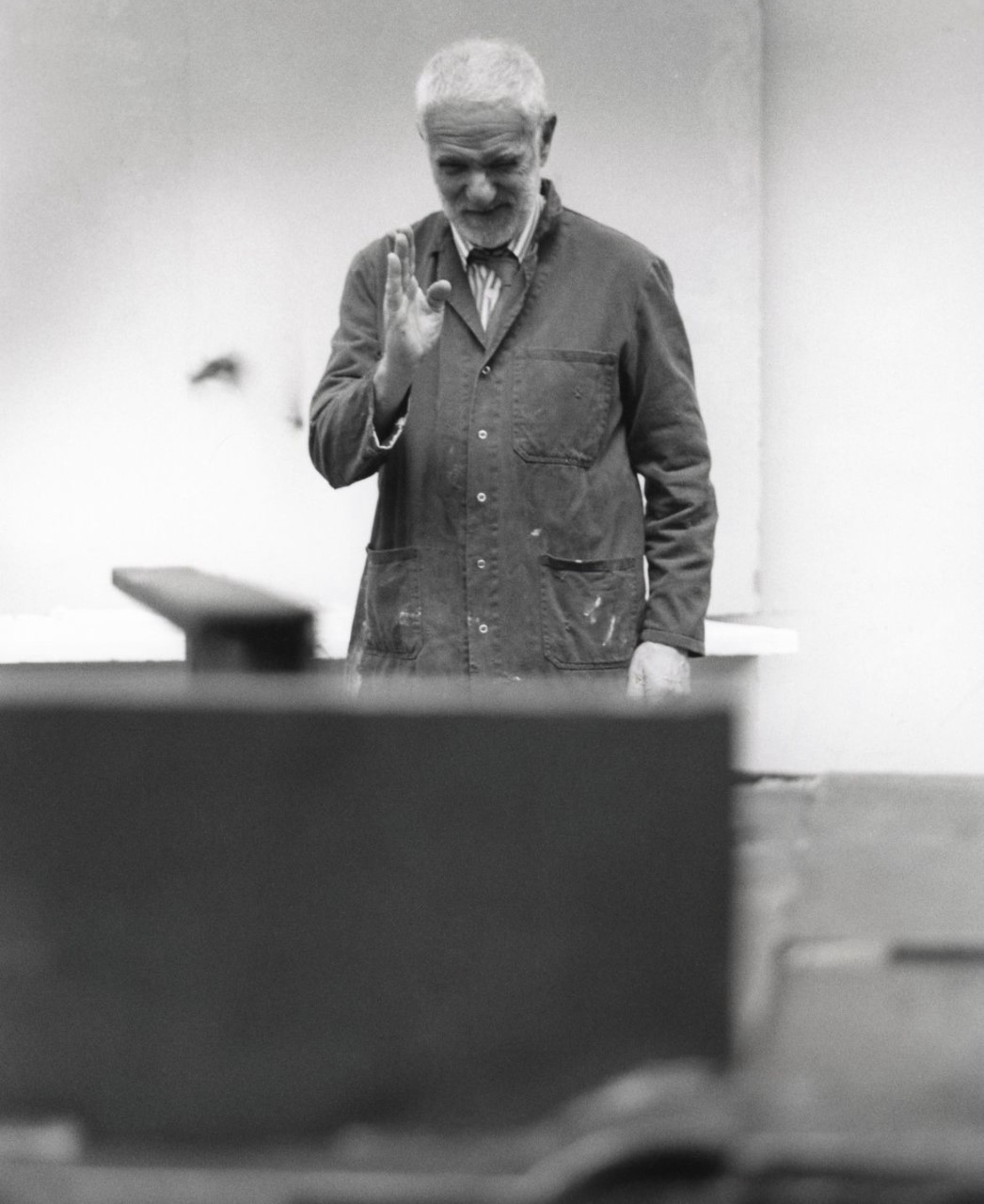 The Anthony Caro Centre Copyright: Photo by Shigeo Anzai @ The Anthony Caro Centre
The Anthony Caro Centre Copyright: Photo by Shigeo Anzai @ The Anthony Caro Centre
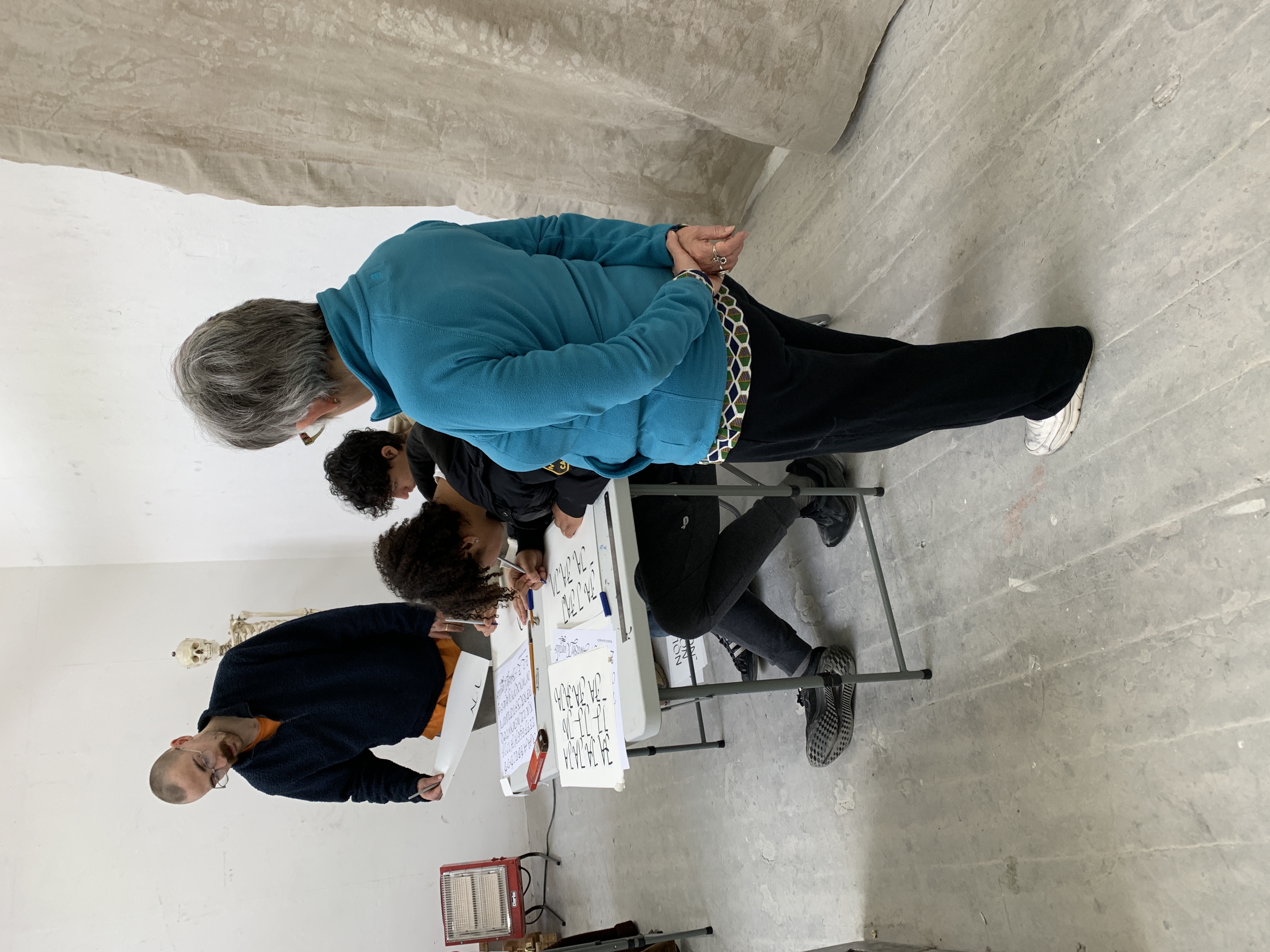
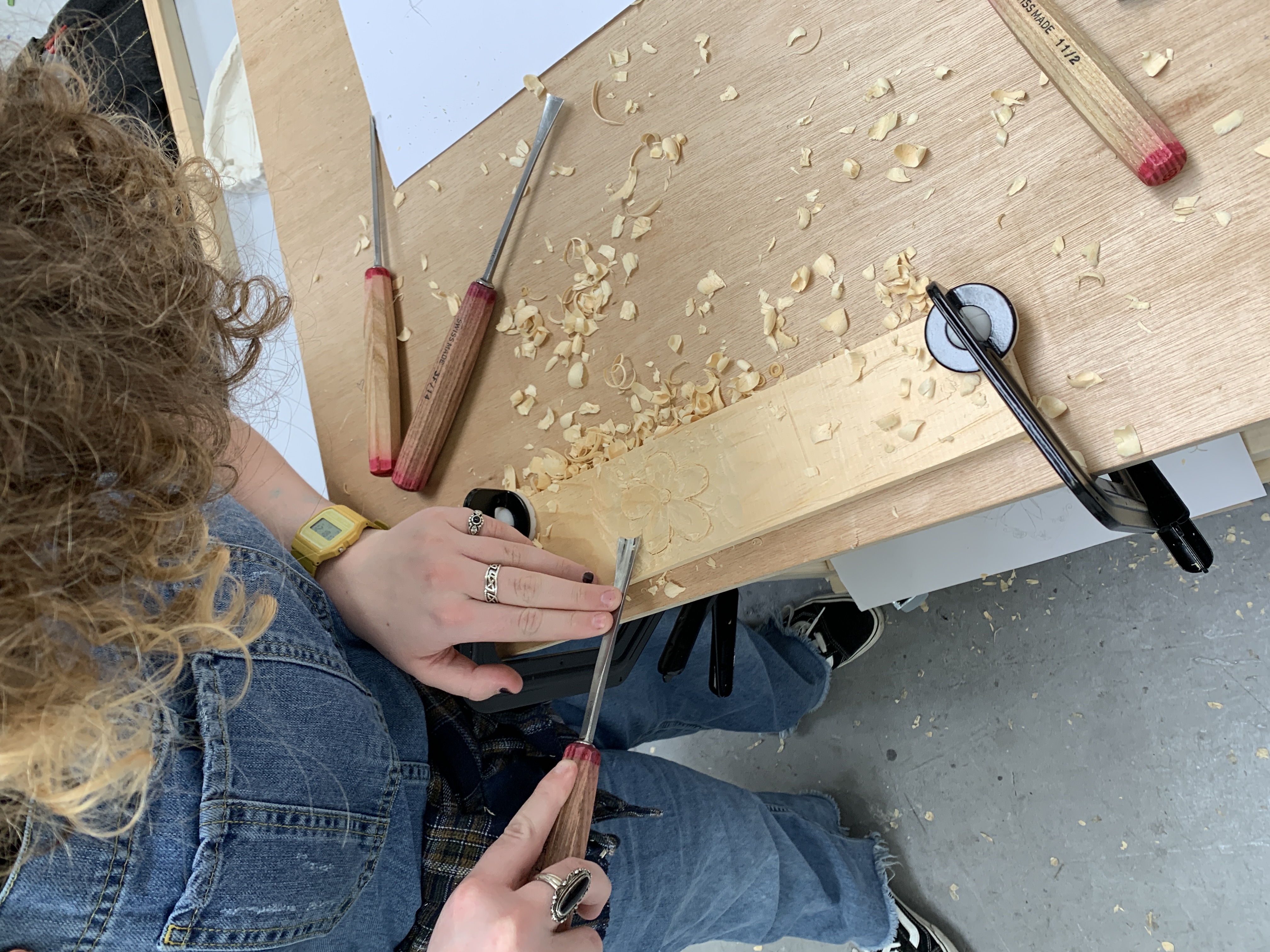
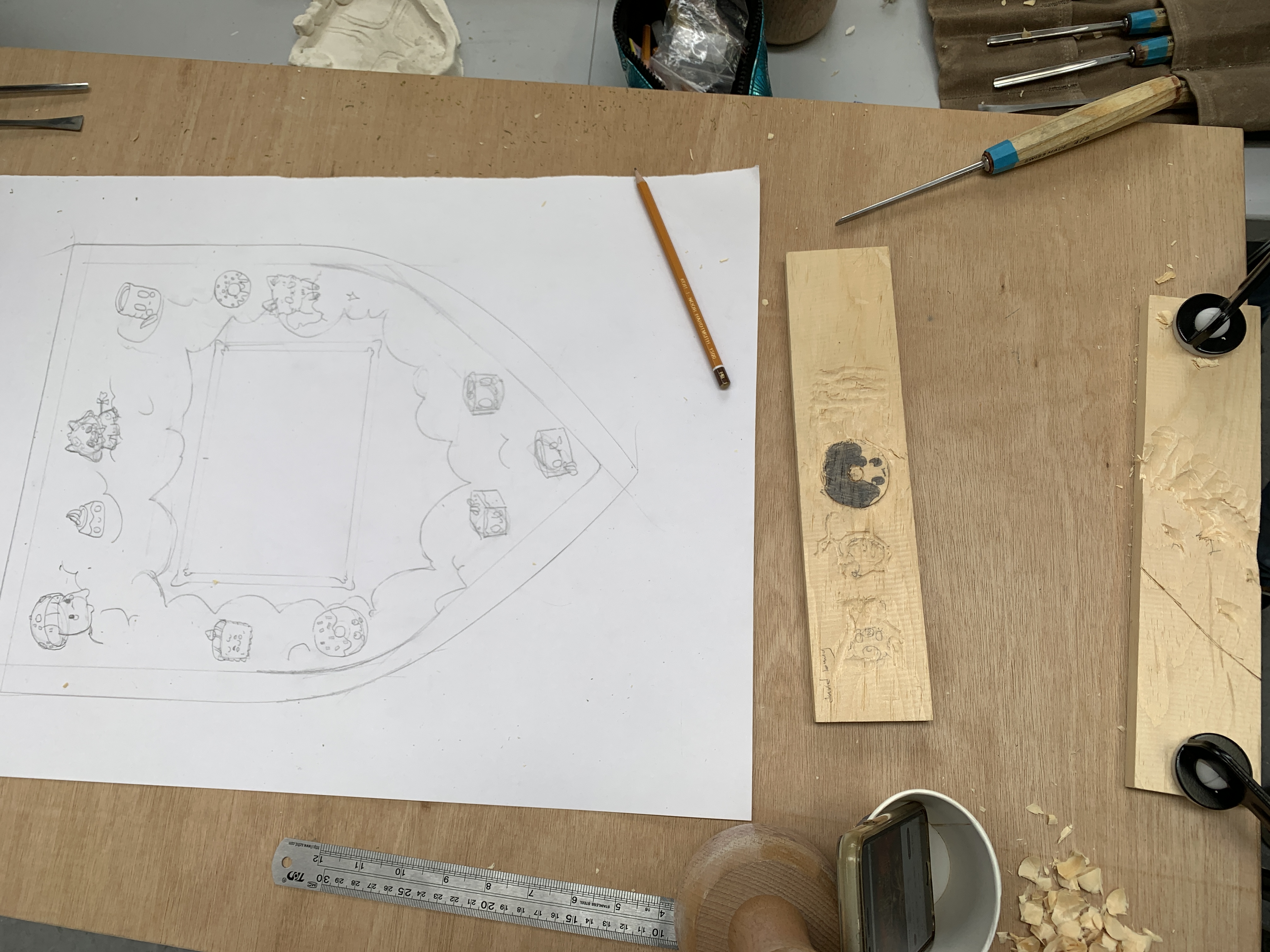
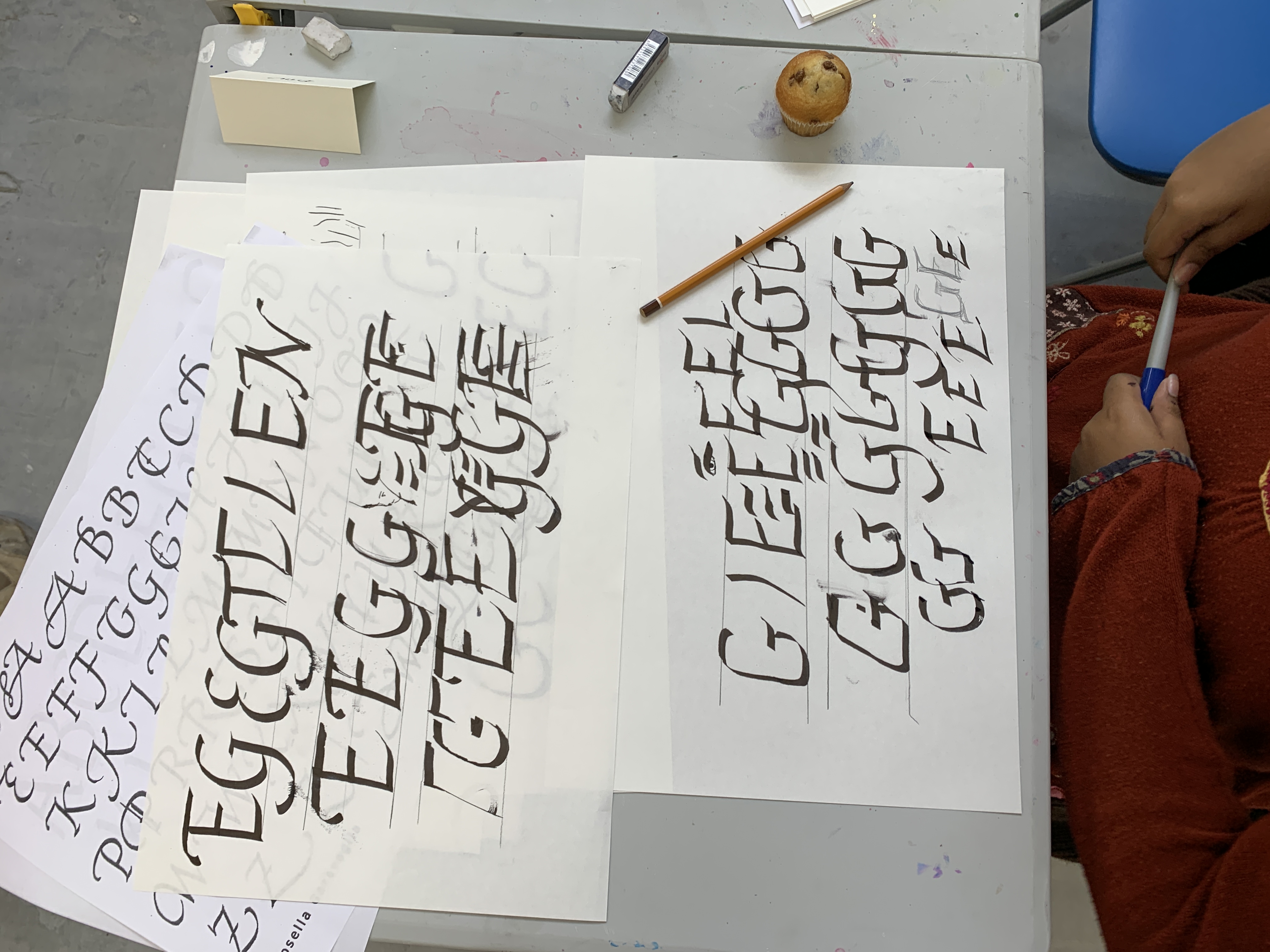
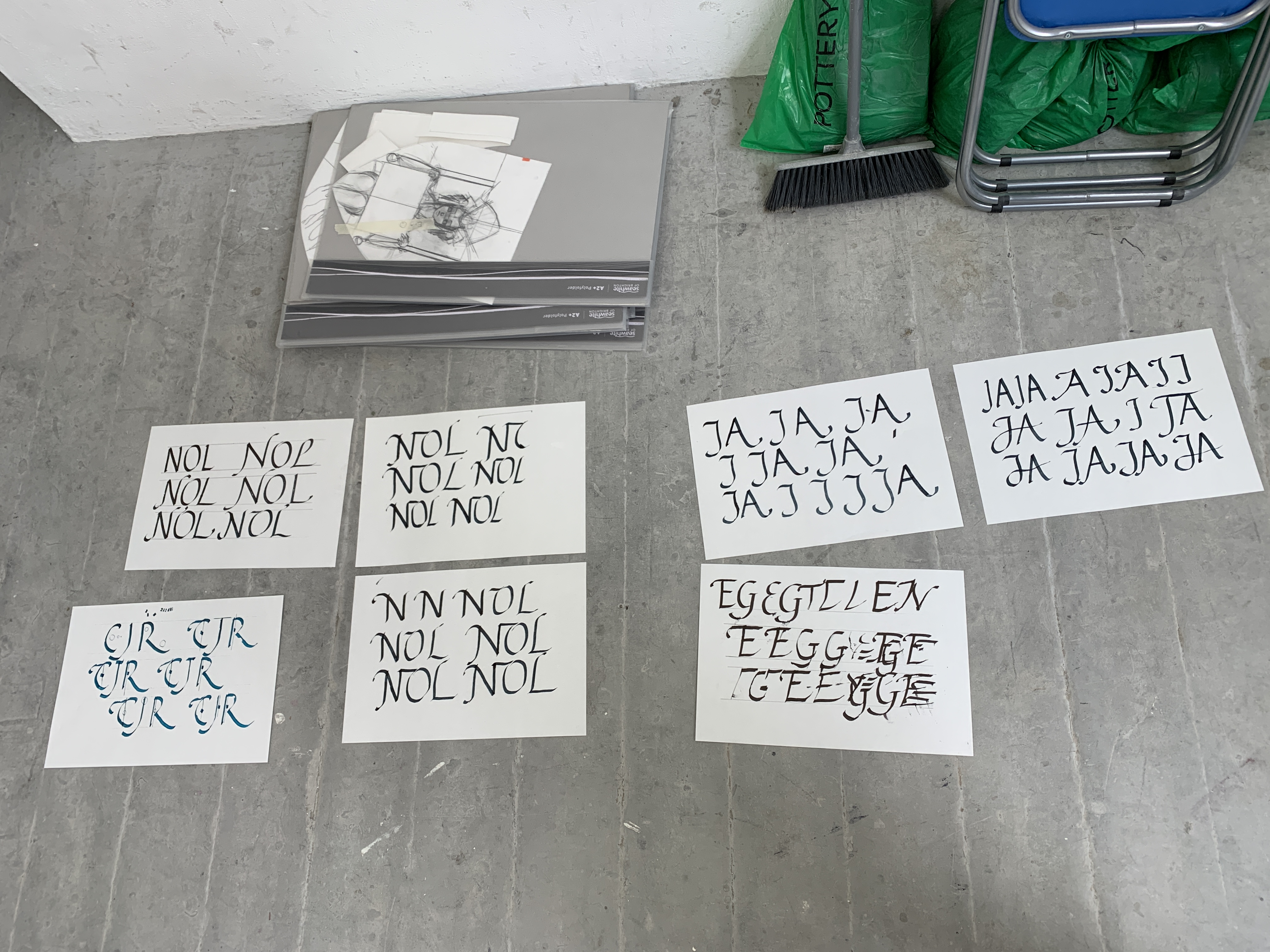
 Jenkin Portrait, photo credit – Alien
Jenkin Portrait, photo credit – Alien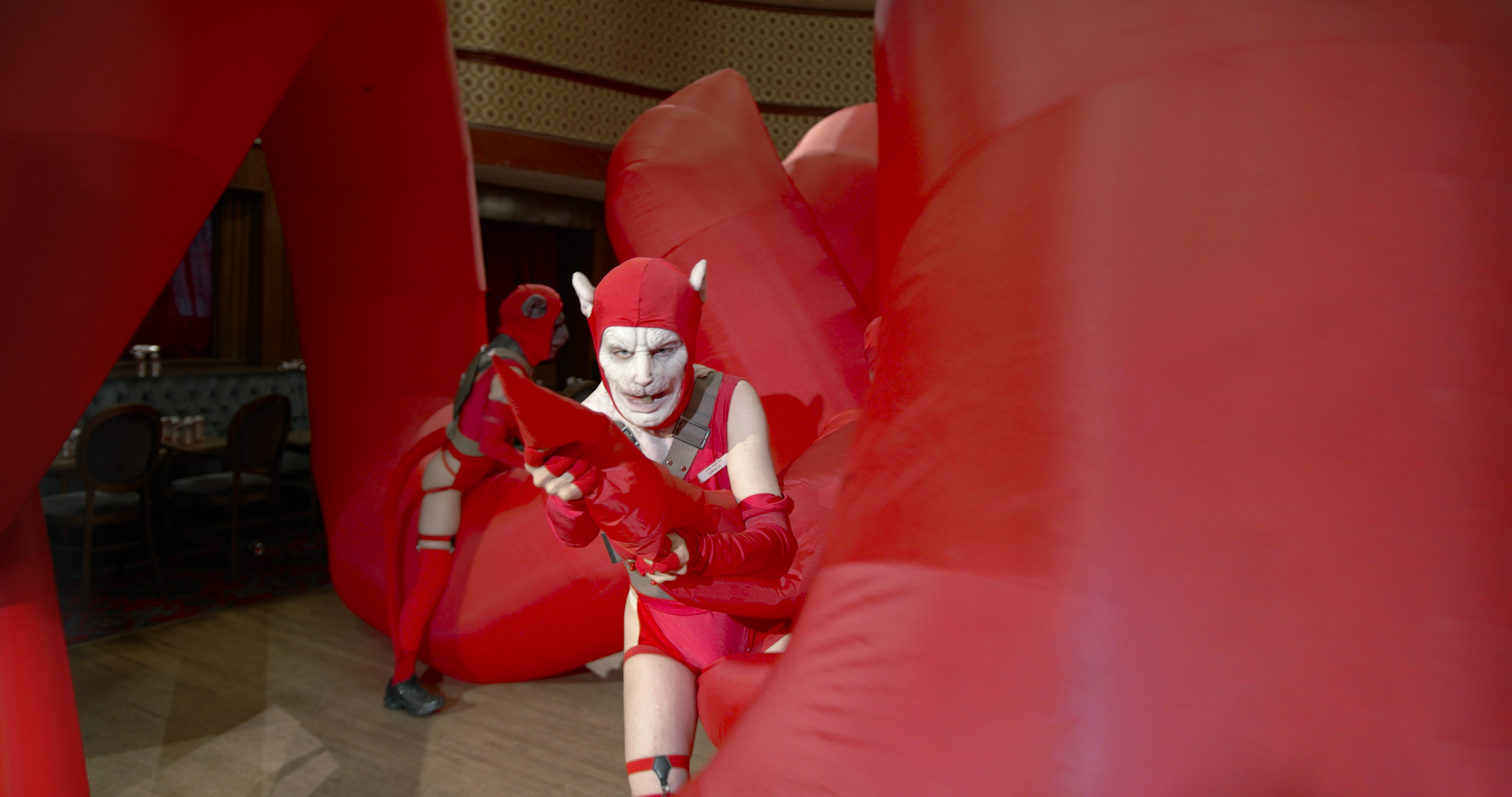 Surrender, Film Still (2023)
Surrender, Film Still (2023)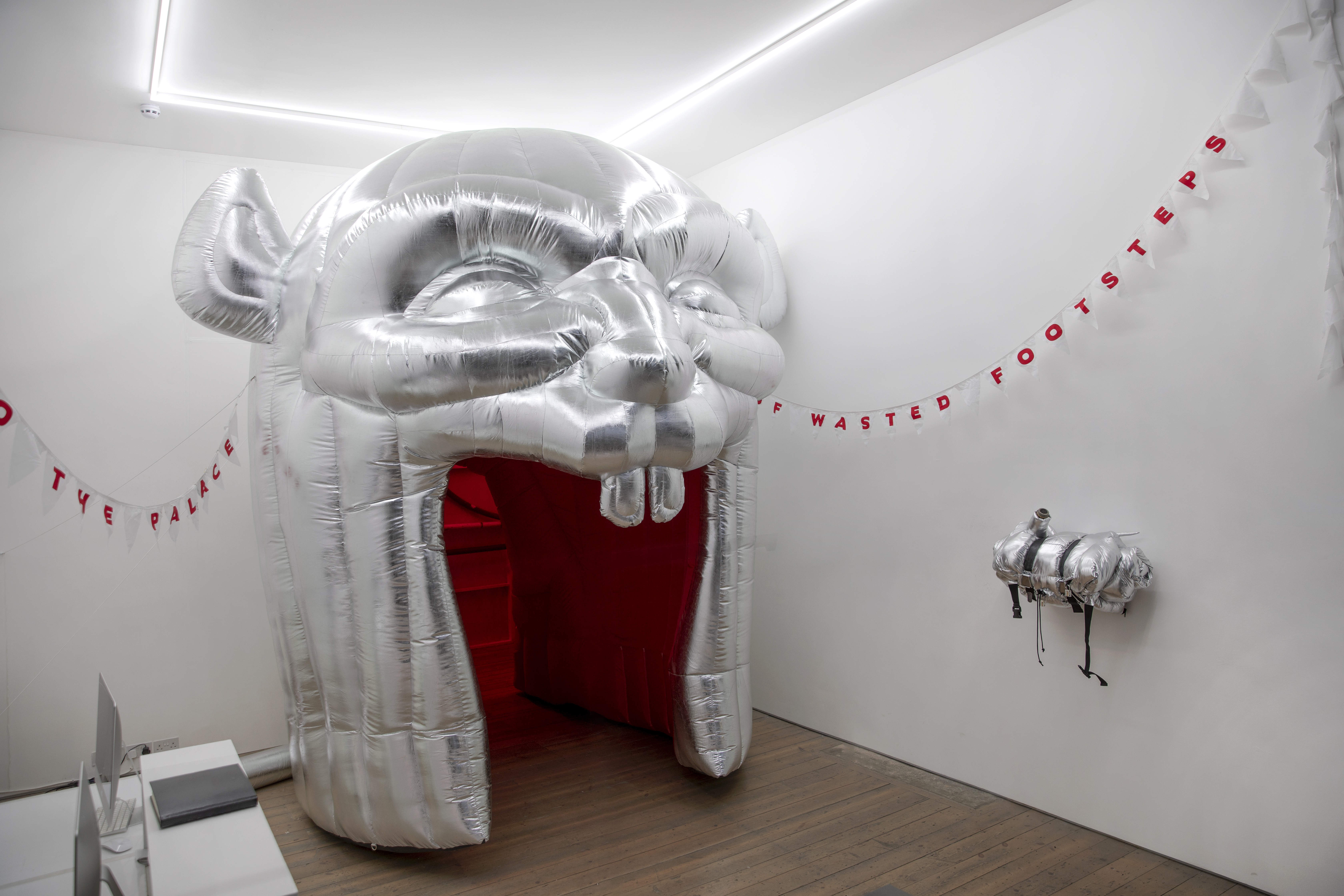 Welcome to the Palace of Wasted Footsteps (2023)
Welcome to the Palace of Wasted Footsteps (2023)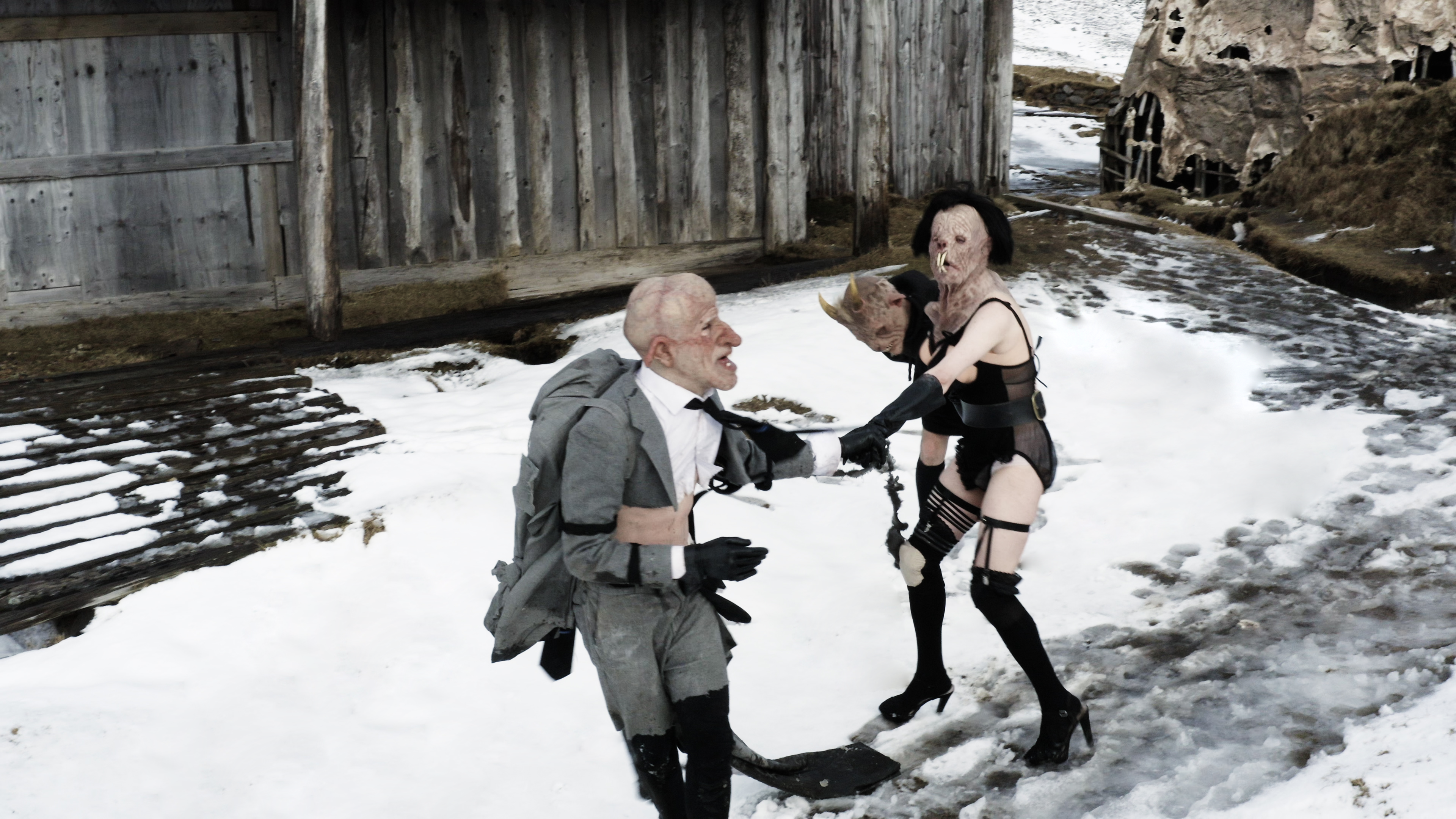 Machines of Love, Film Still (2021)
Machines of Love, Film Still (2021)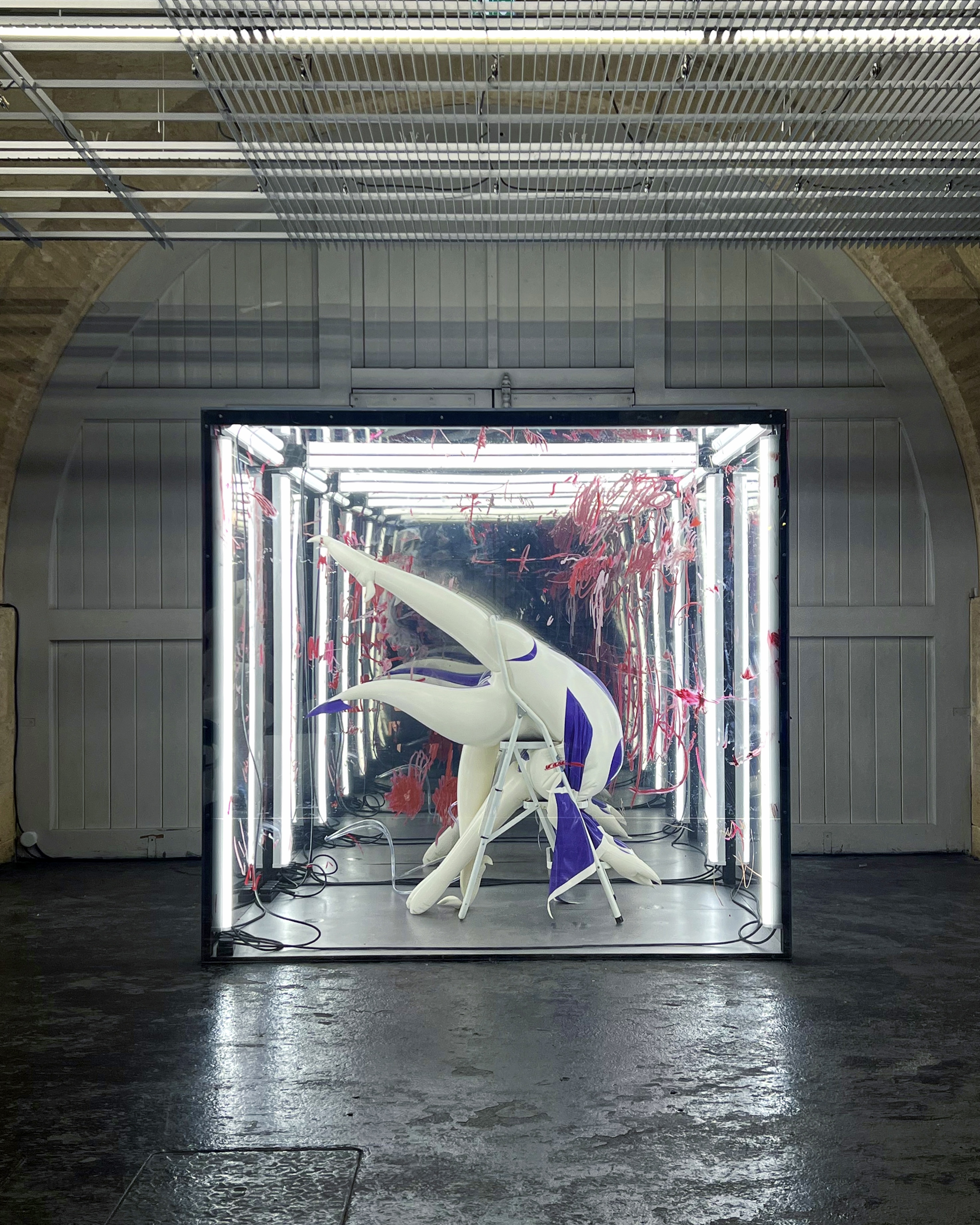 Loon (2019)
Loon (2019)
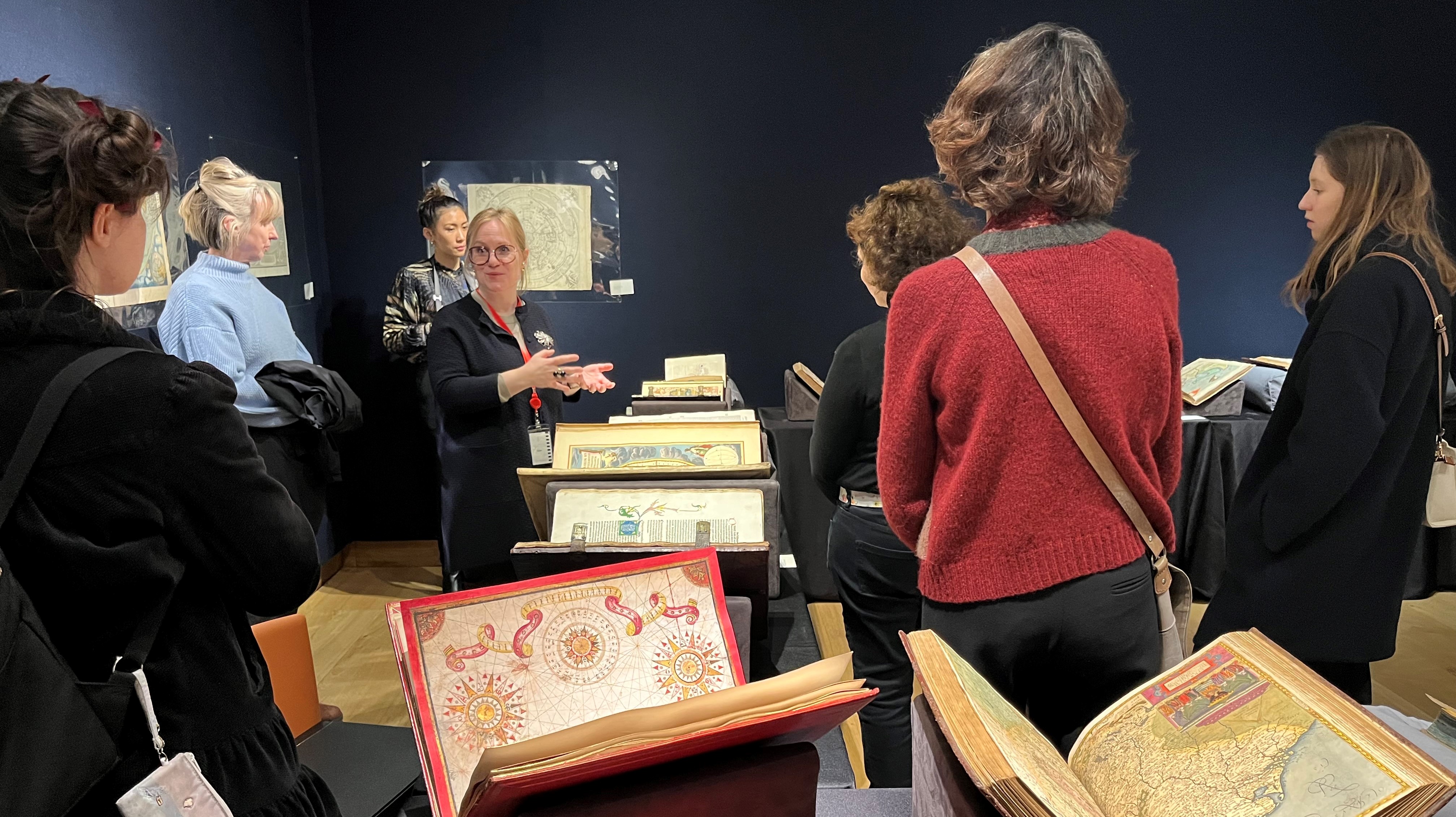
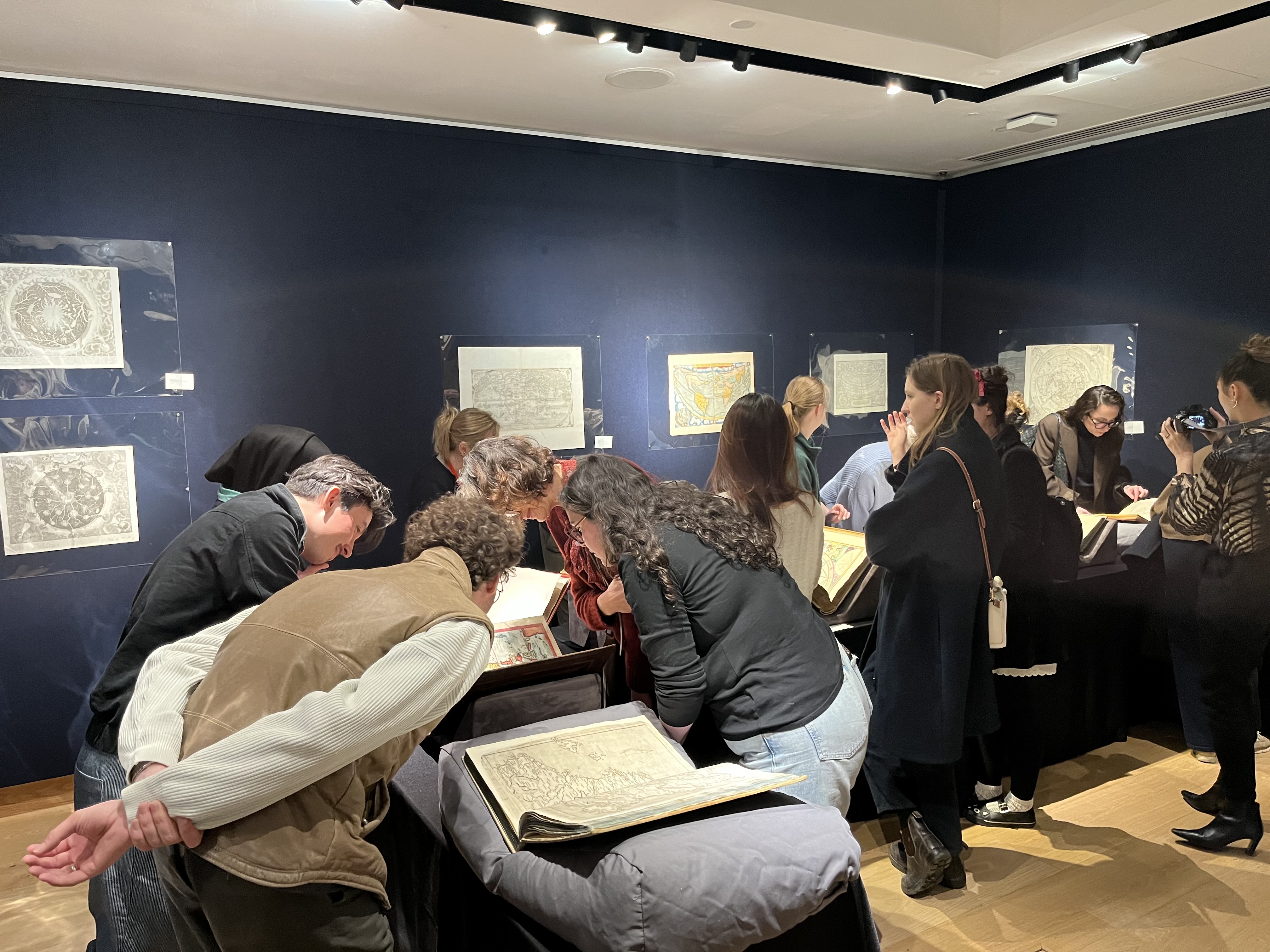
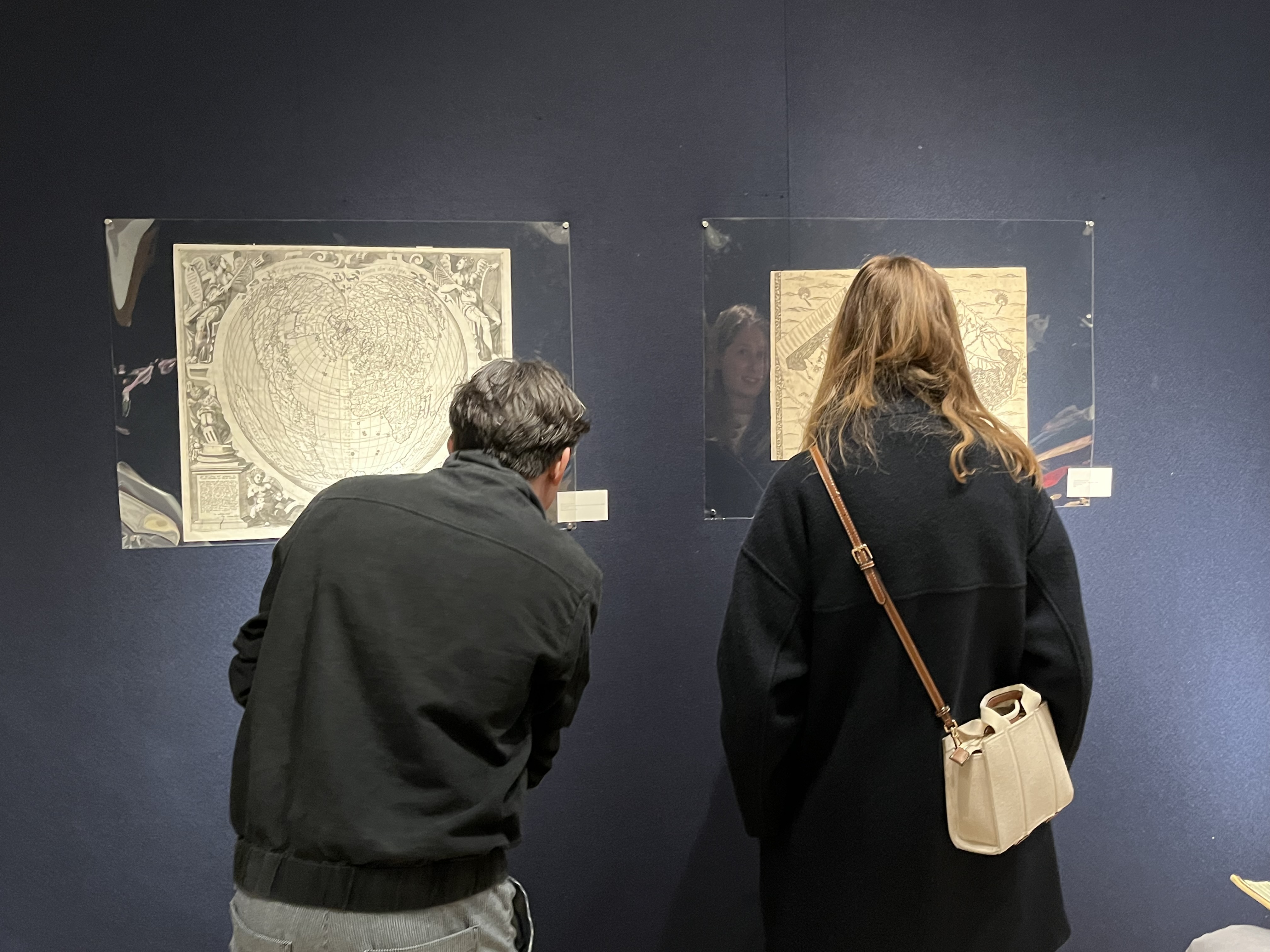
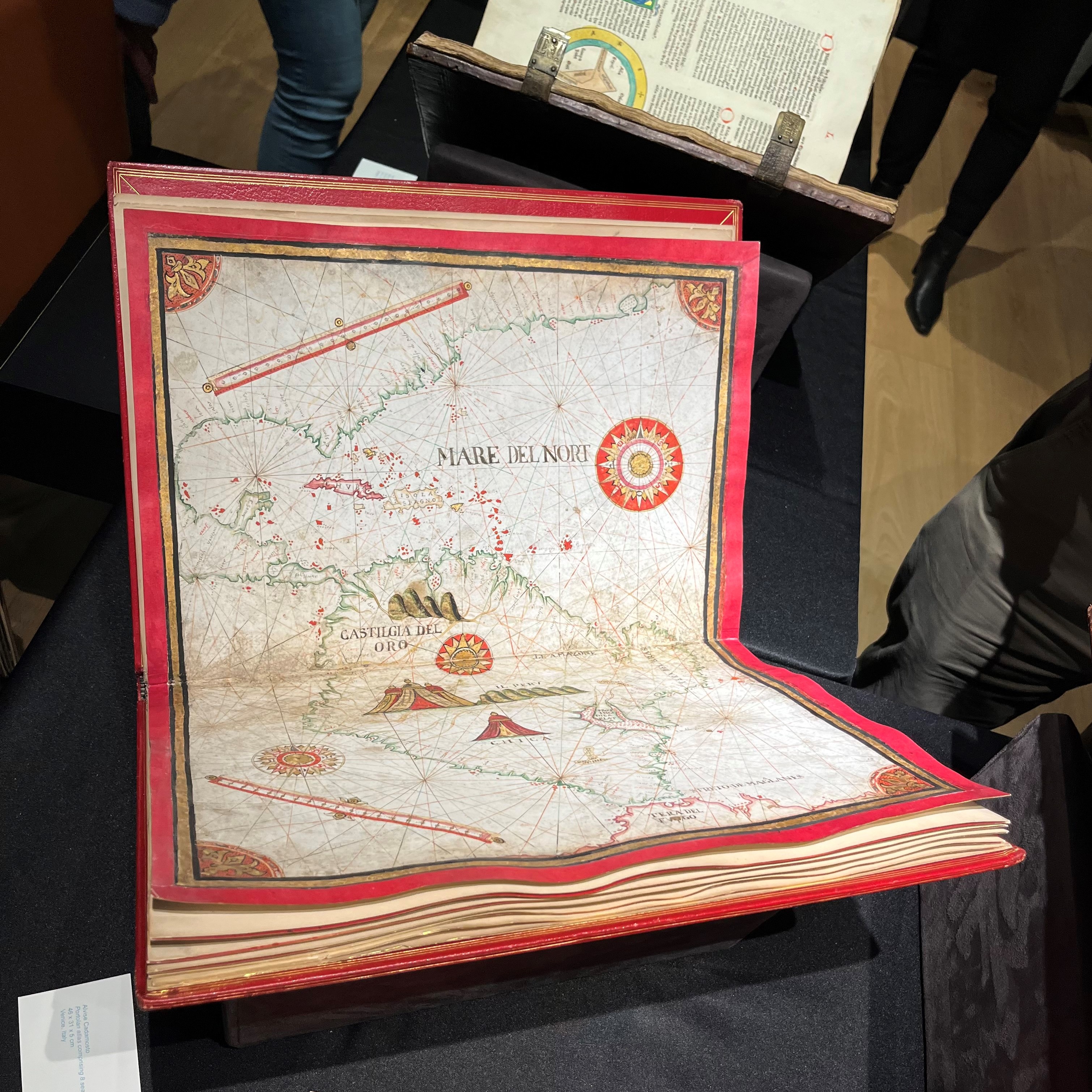
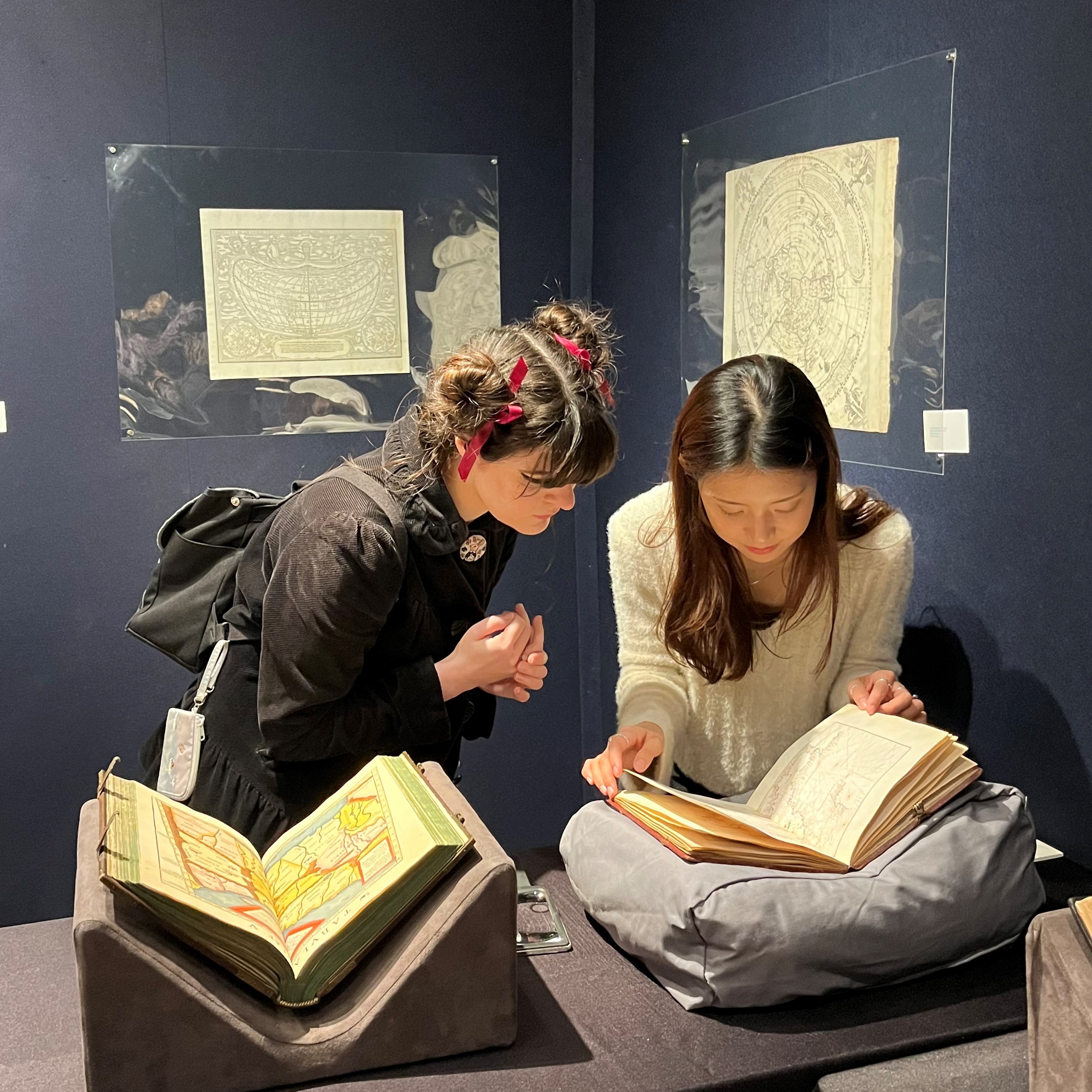
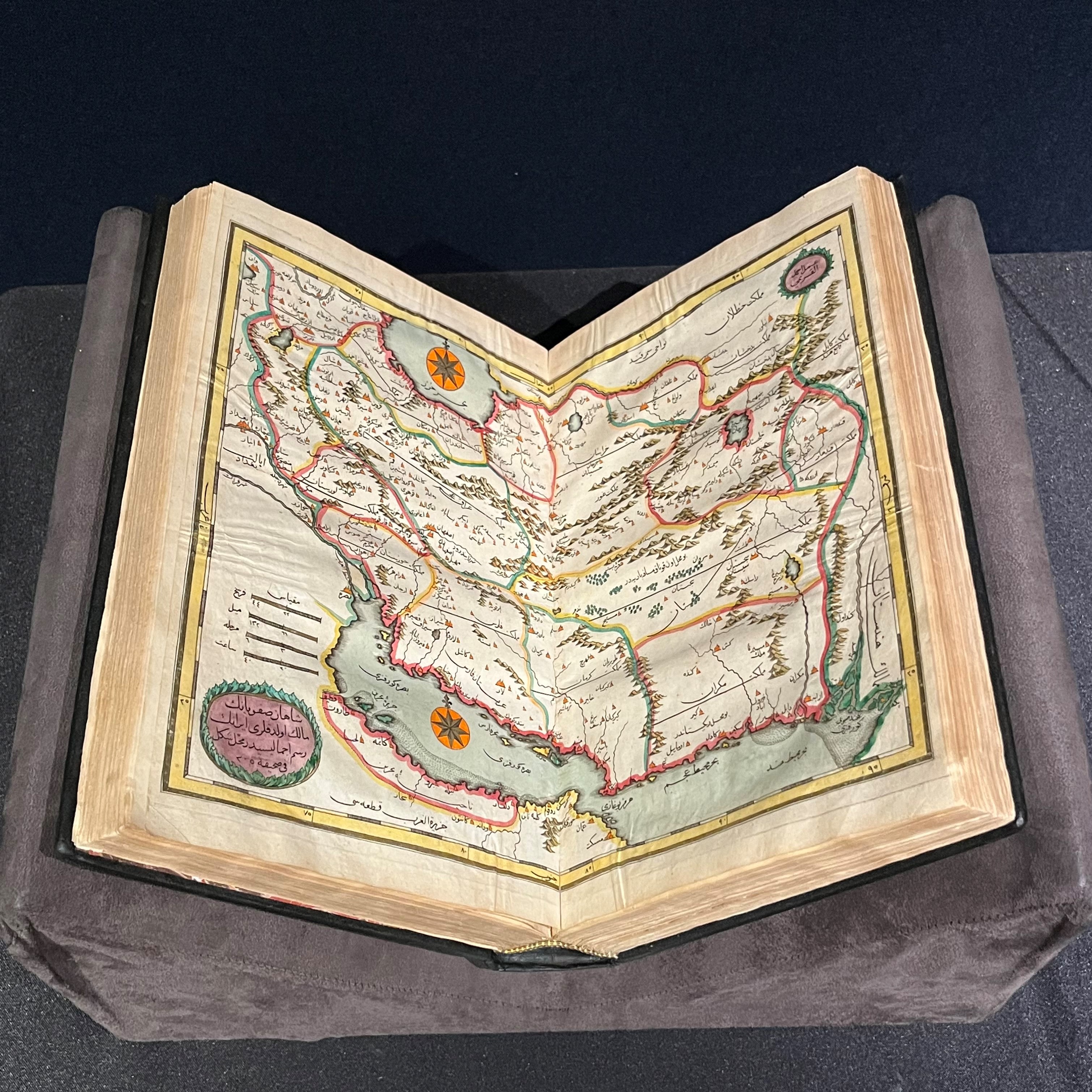
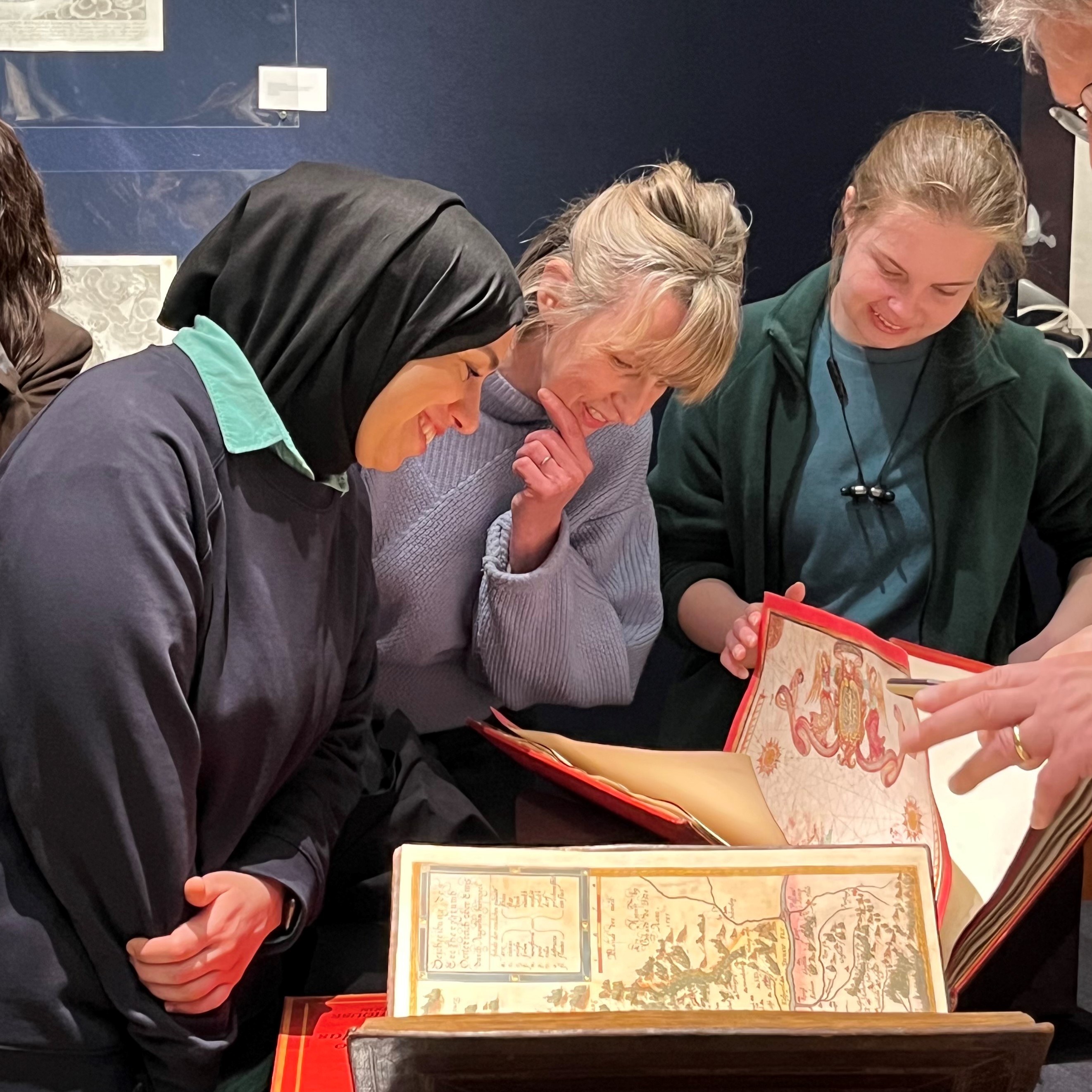
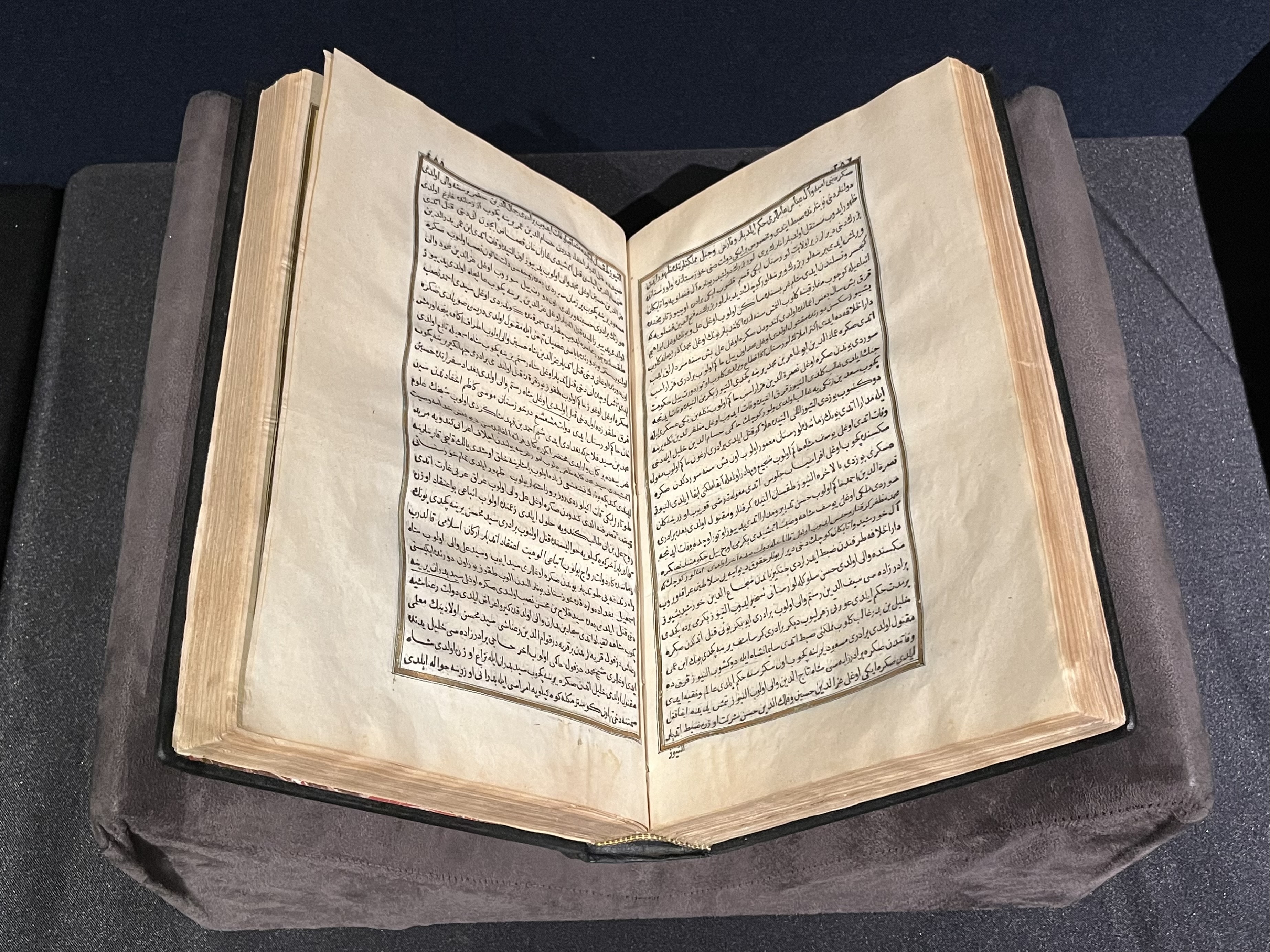
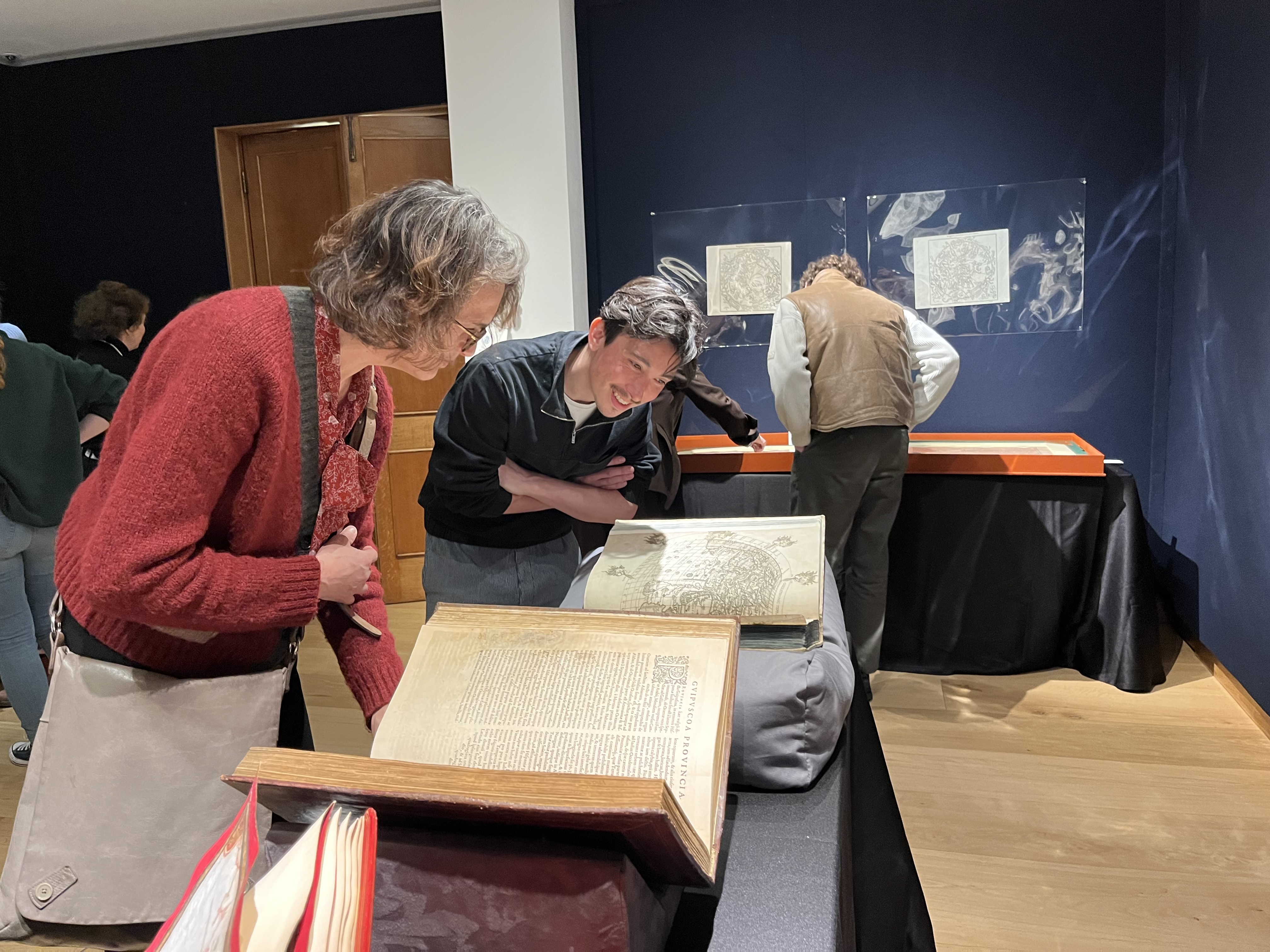
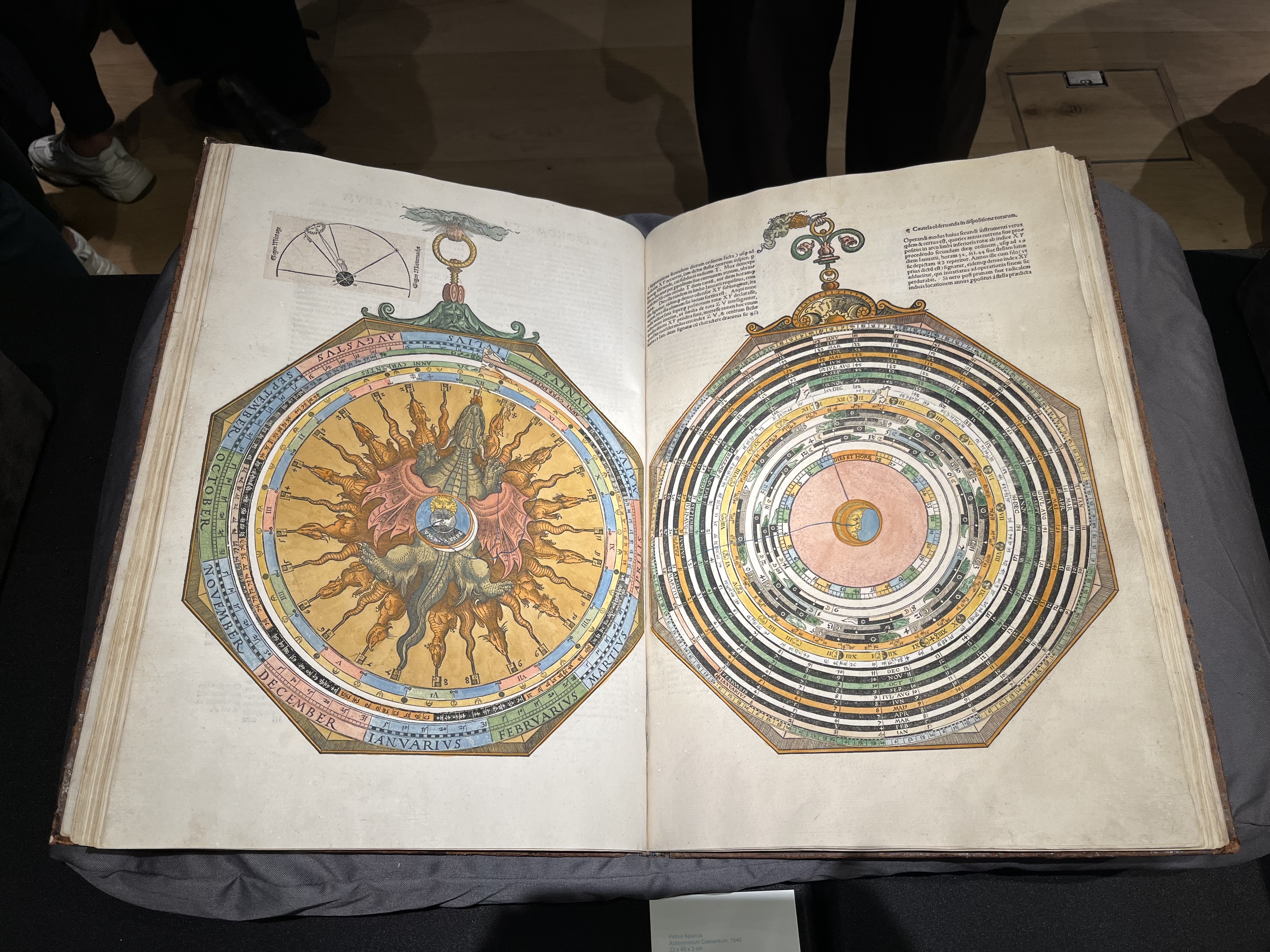
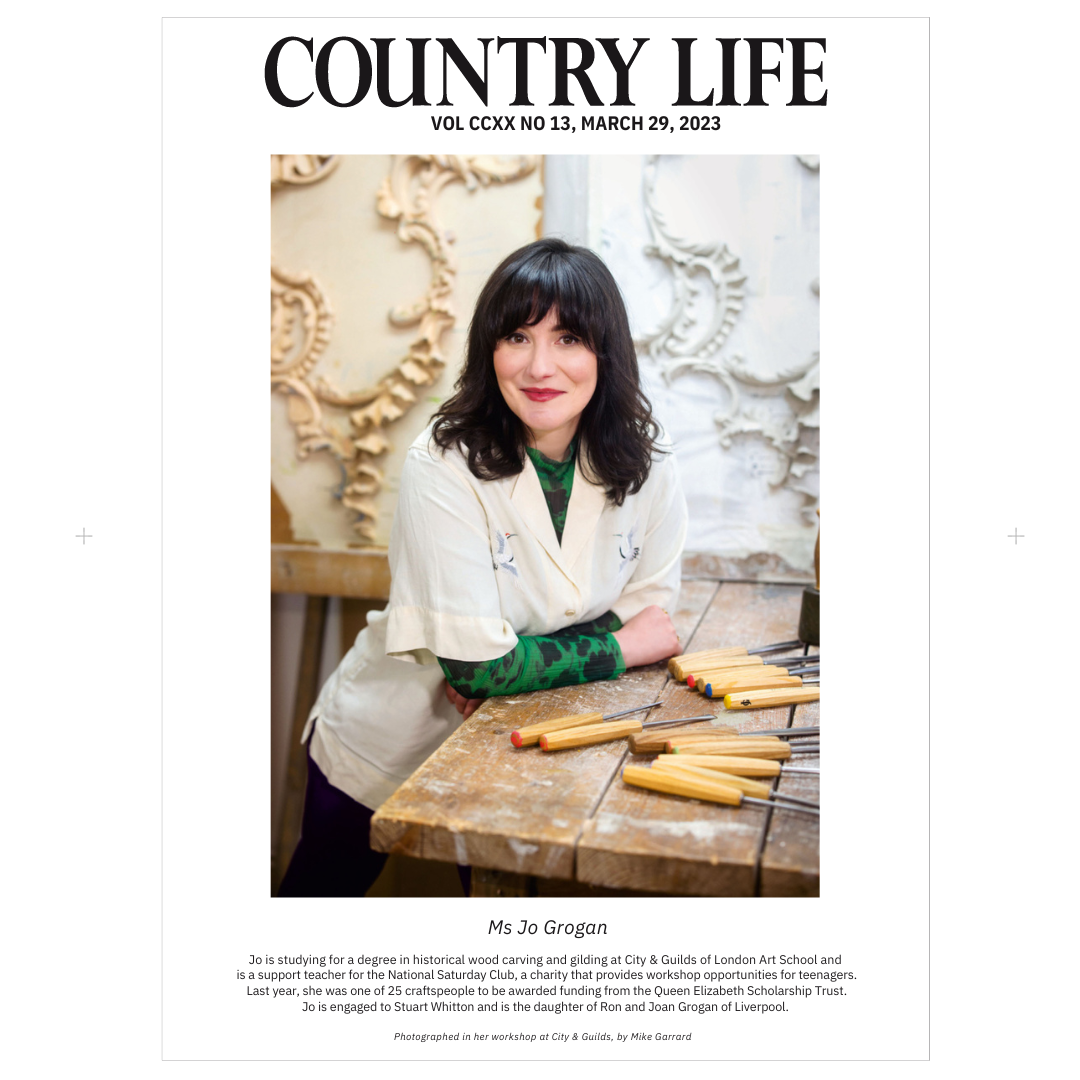
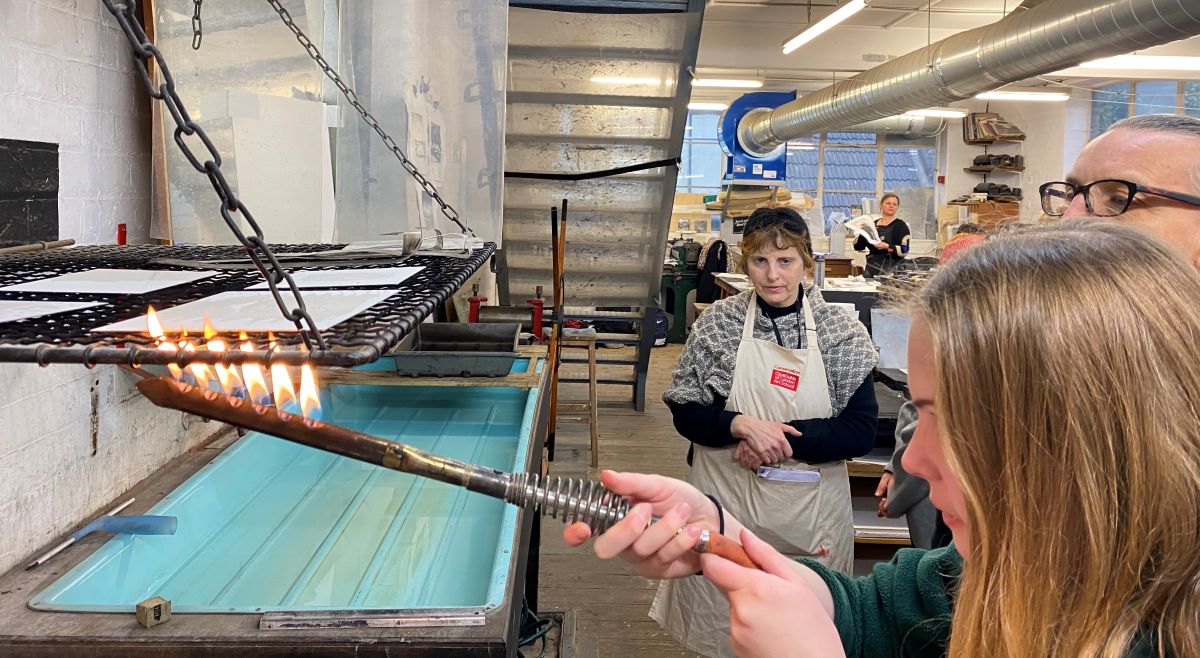



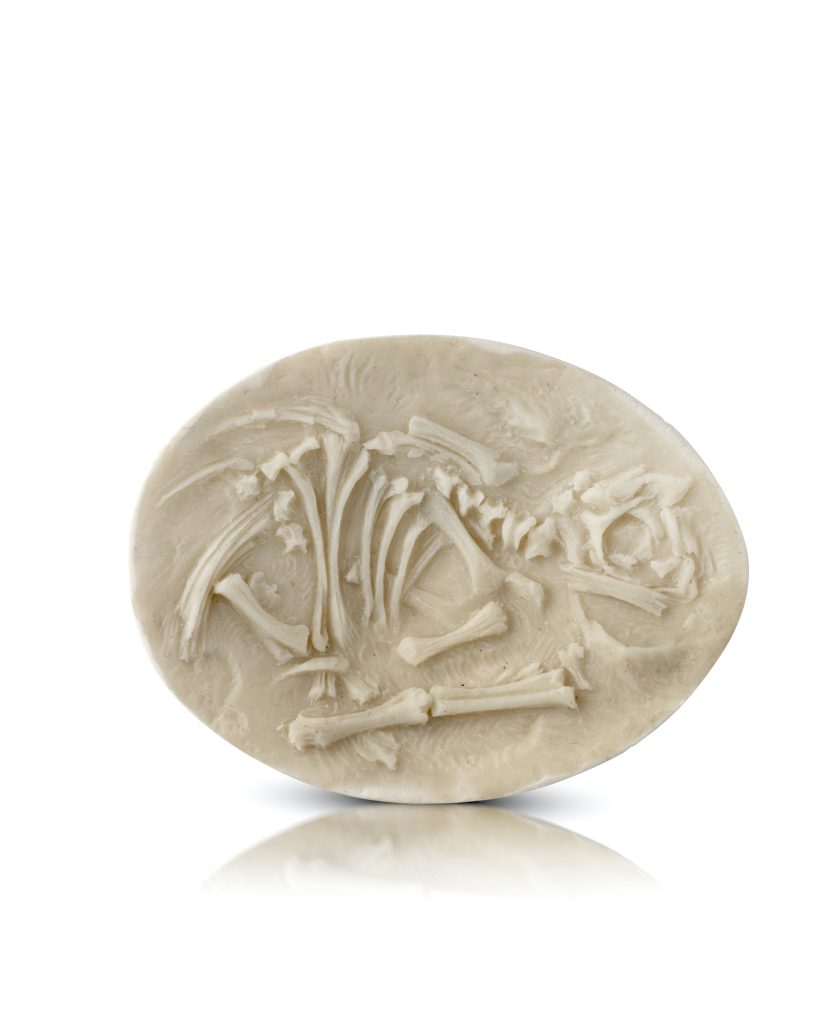
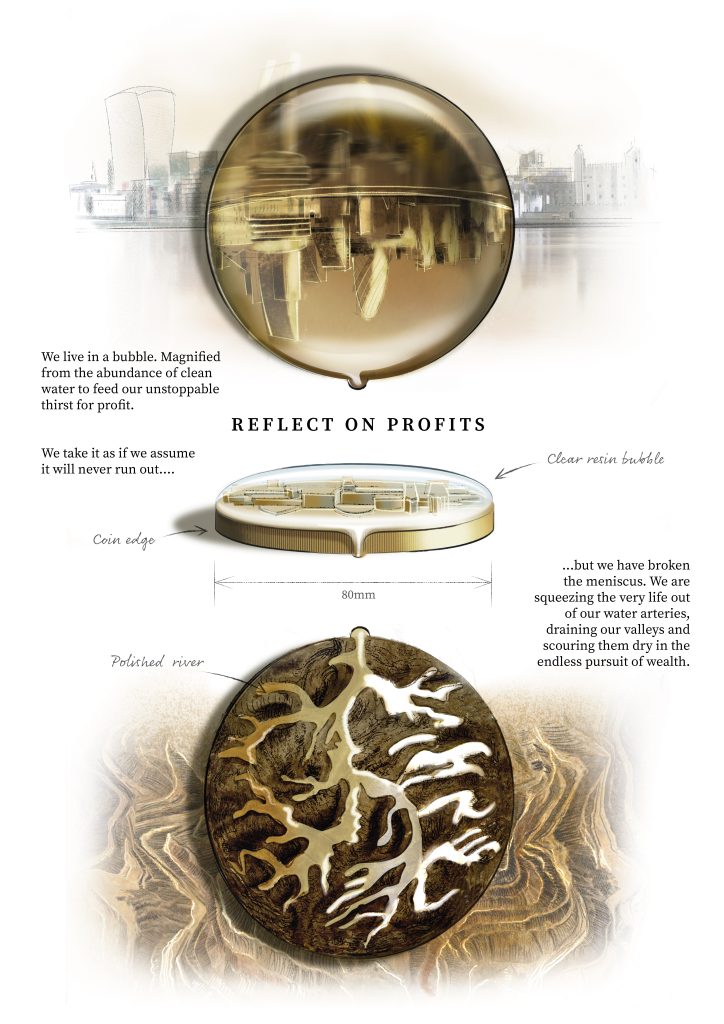
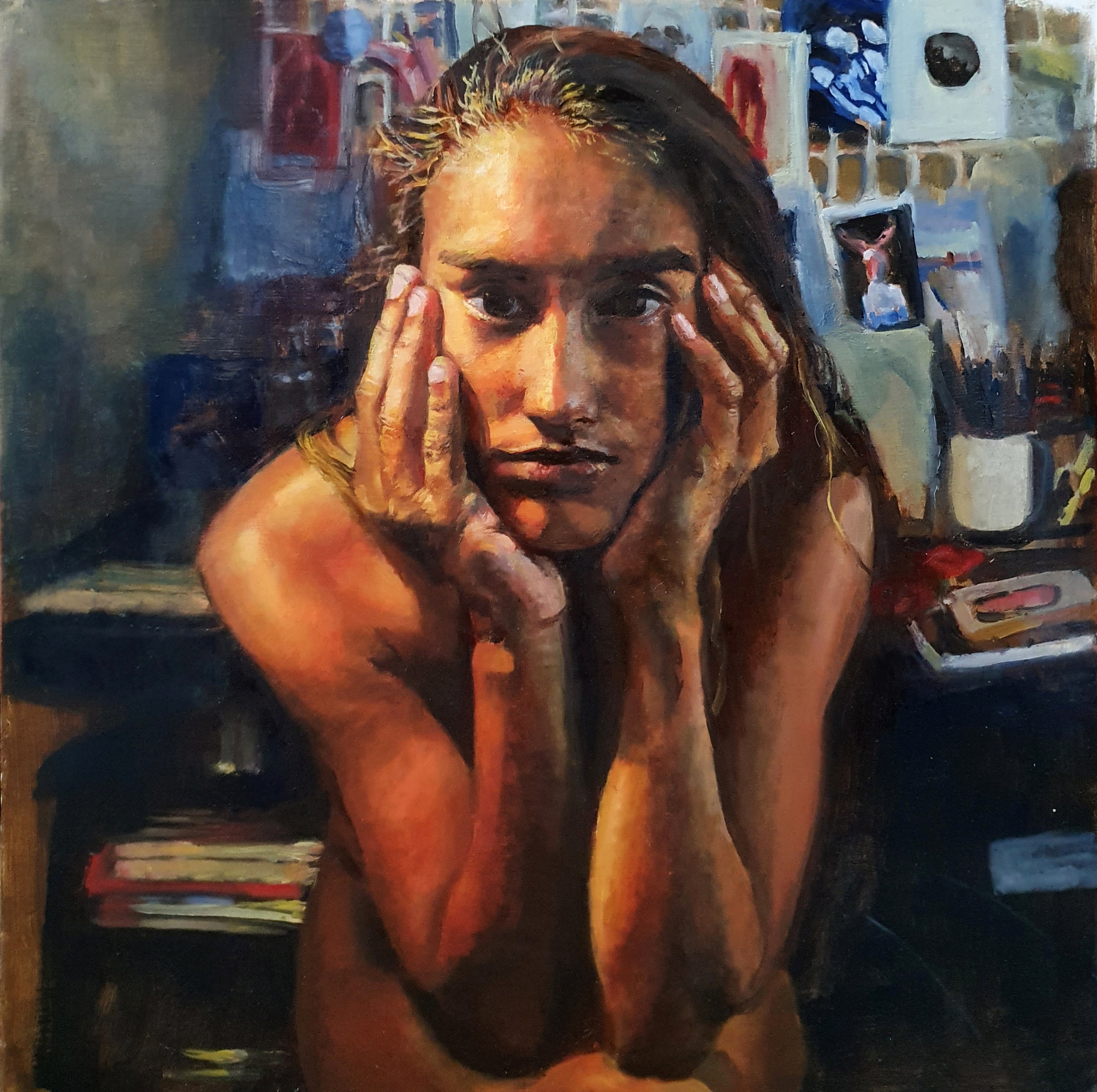
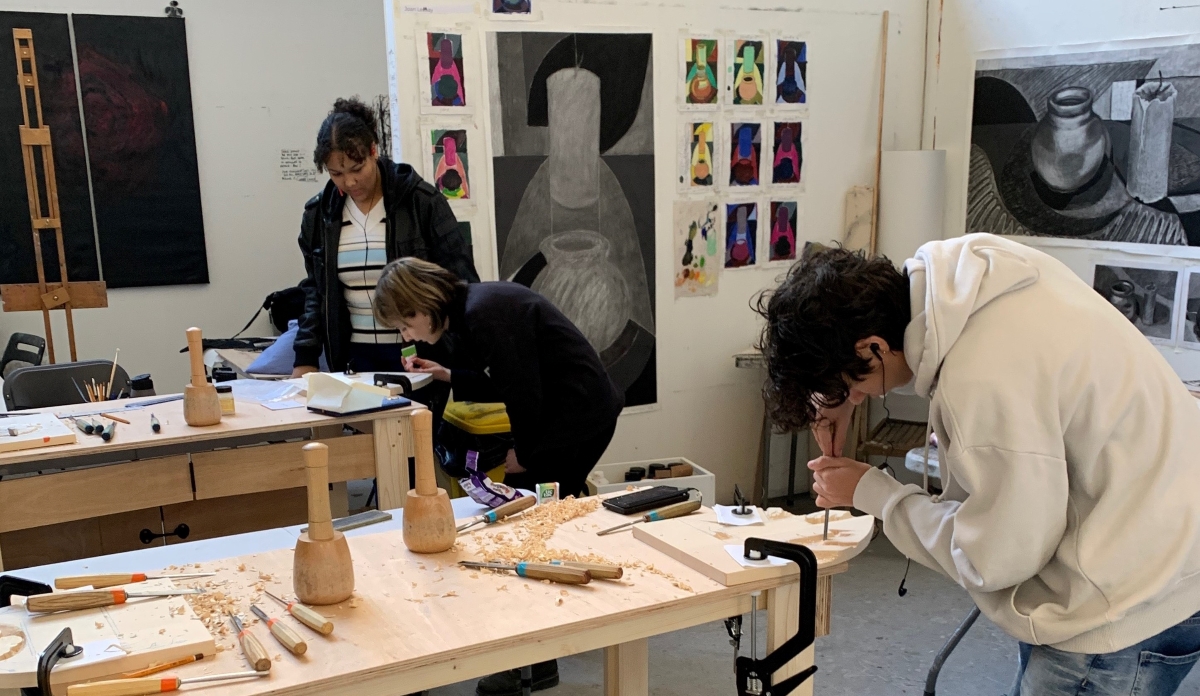
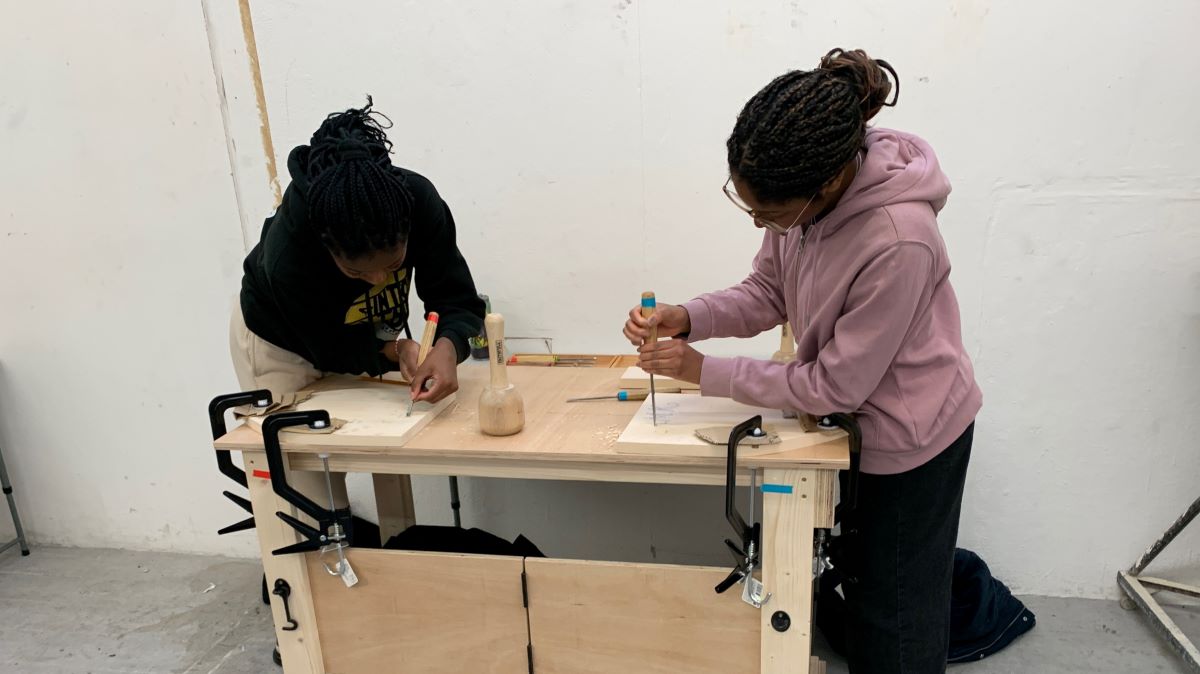
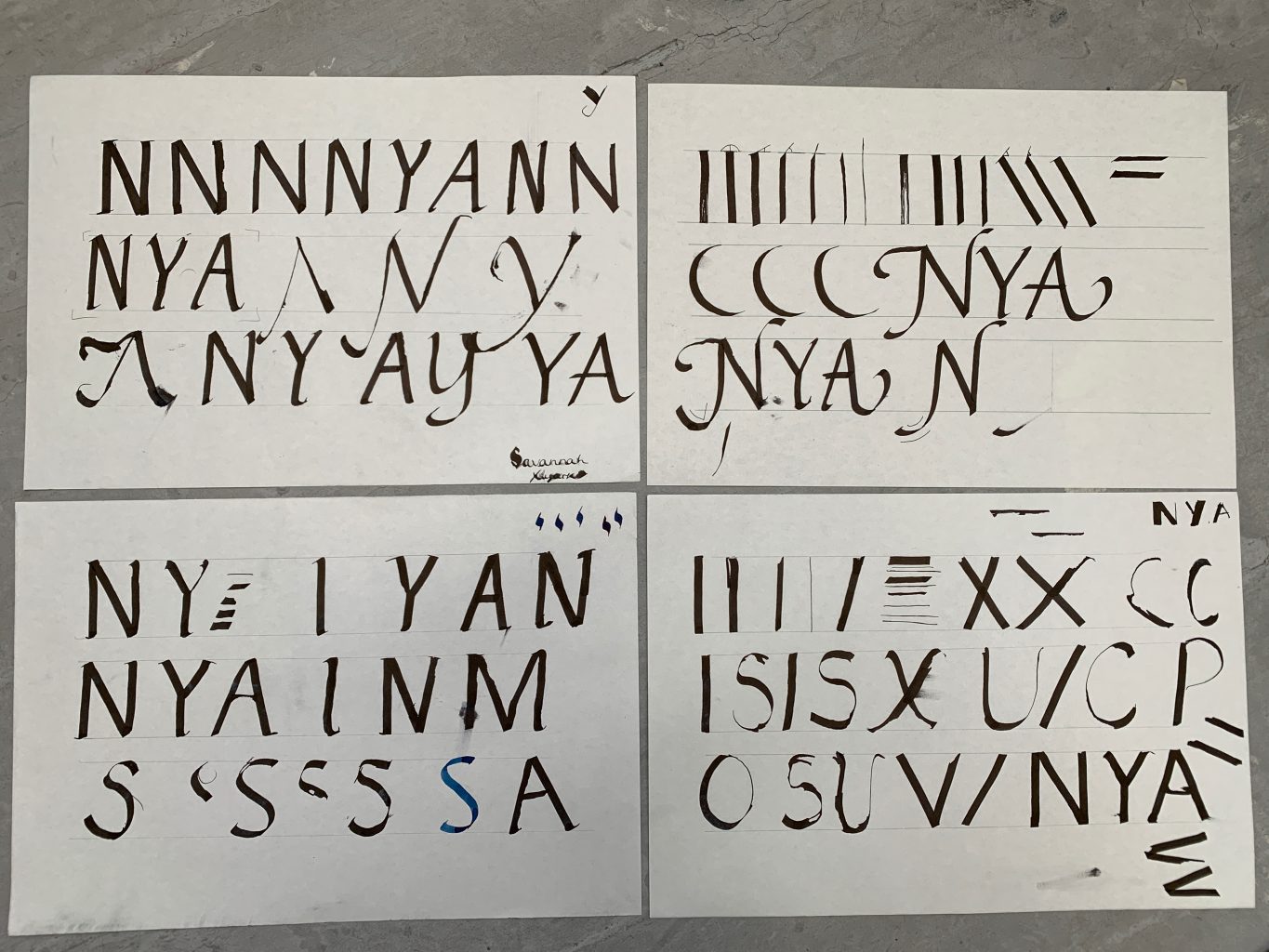
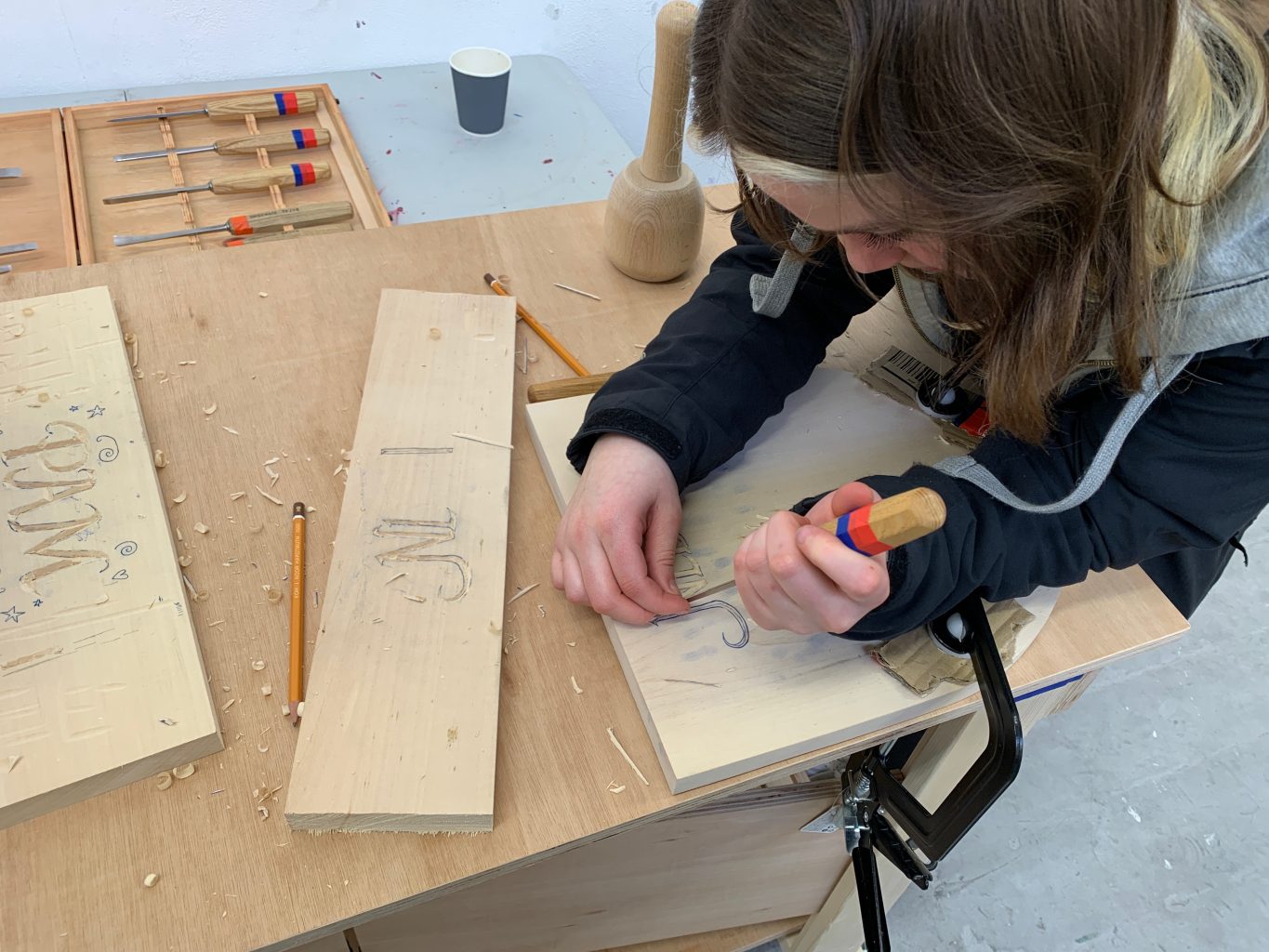
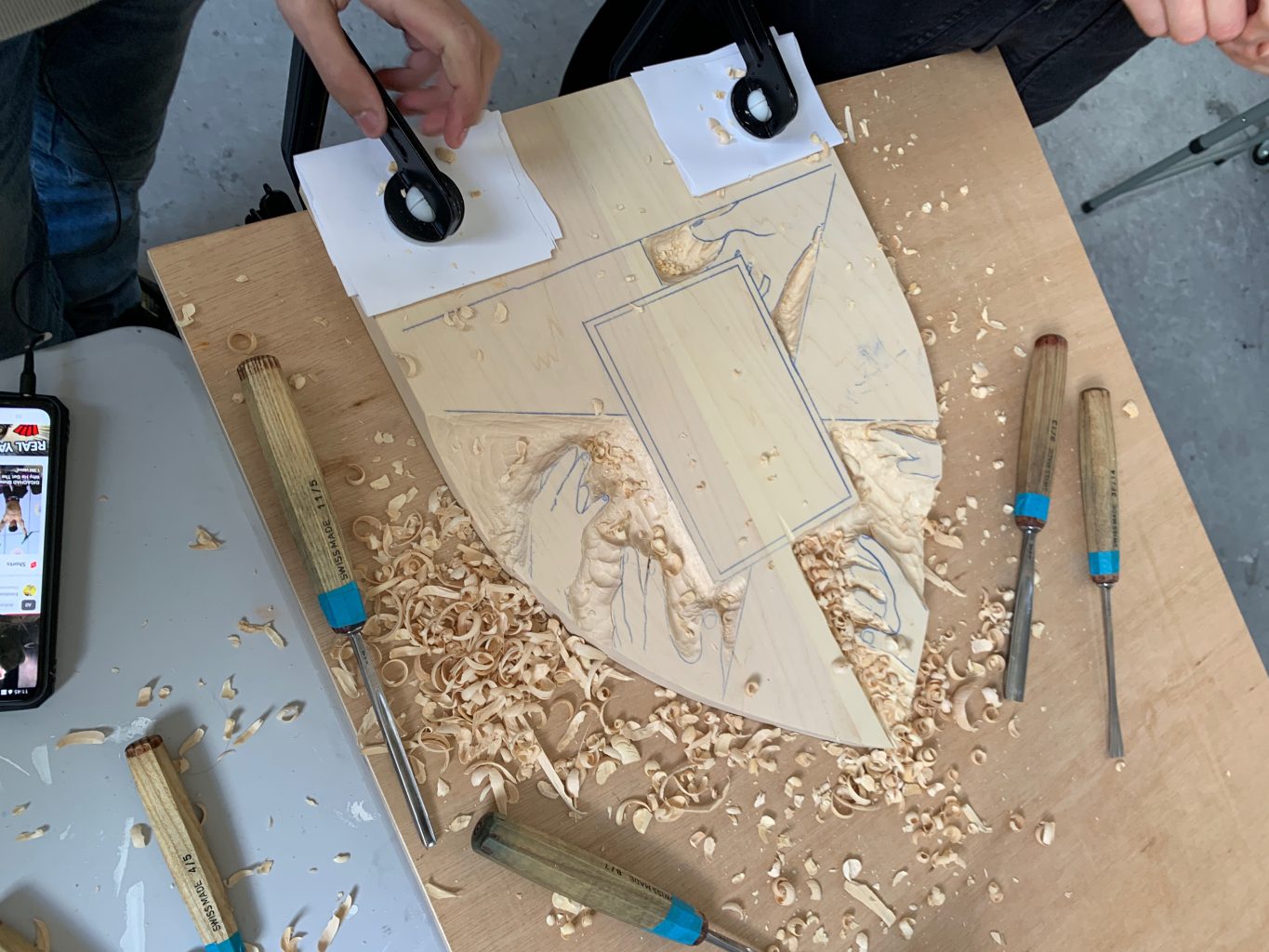
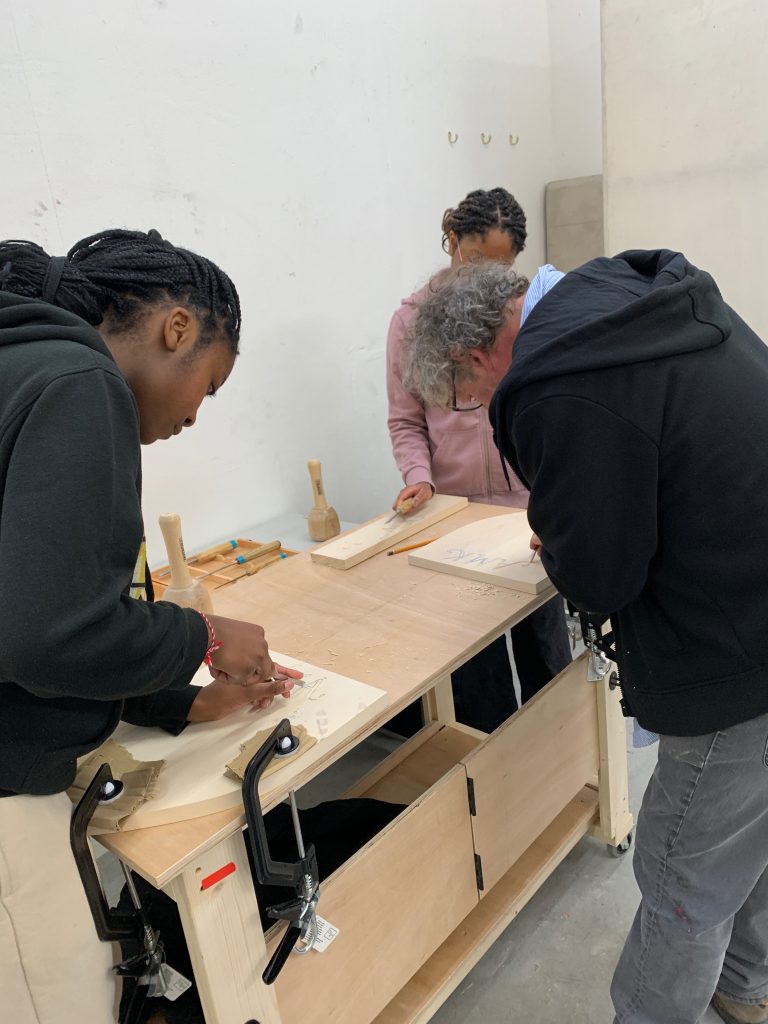
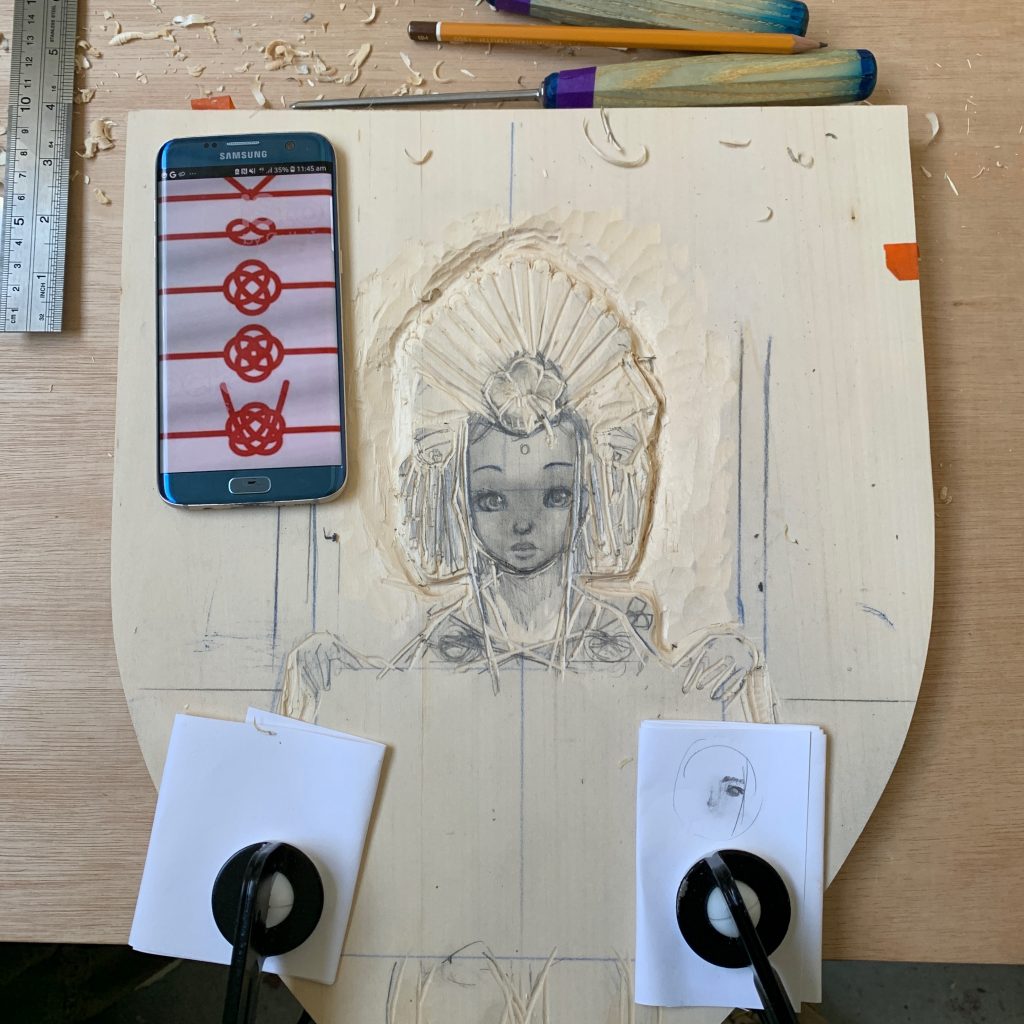
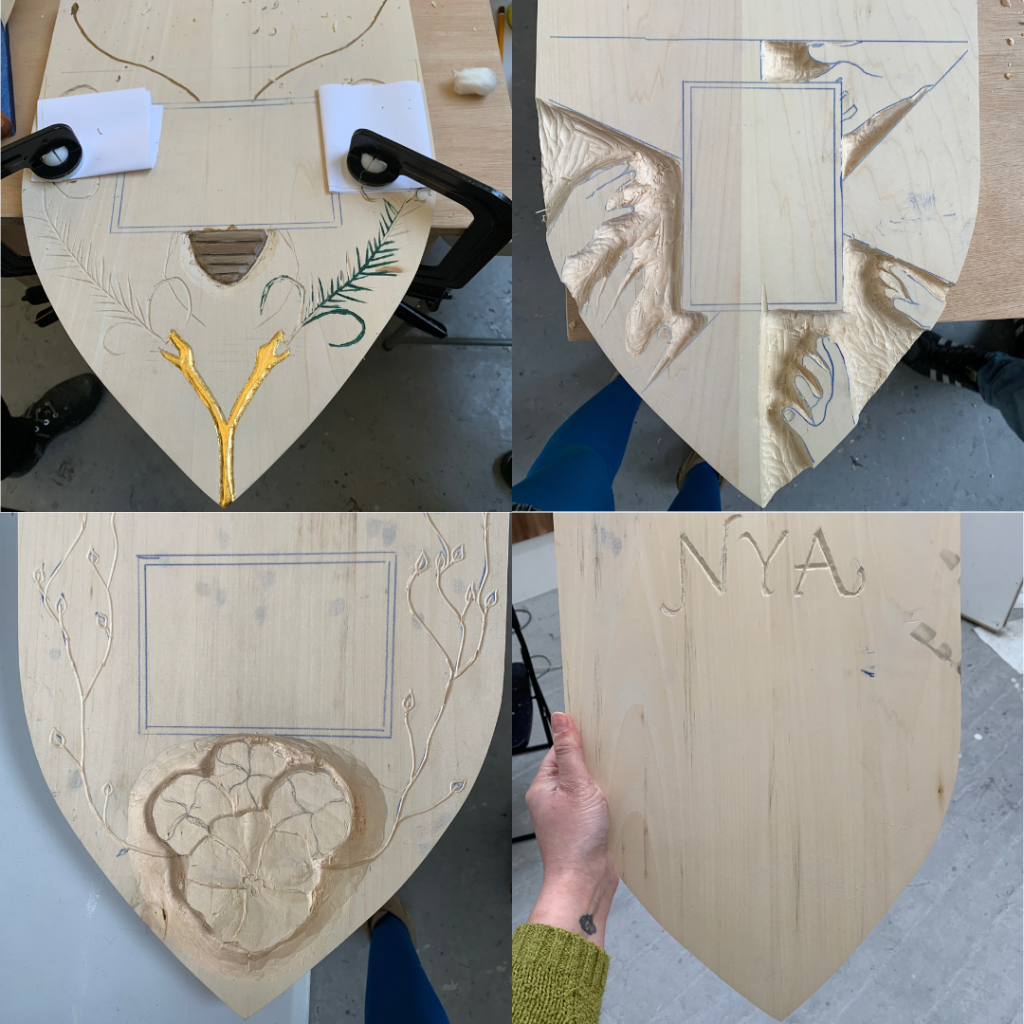
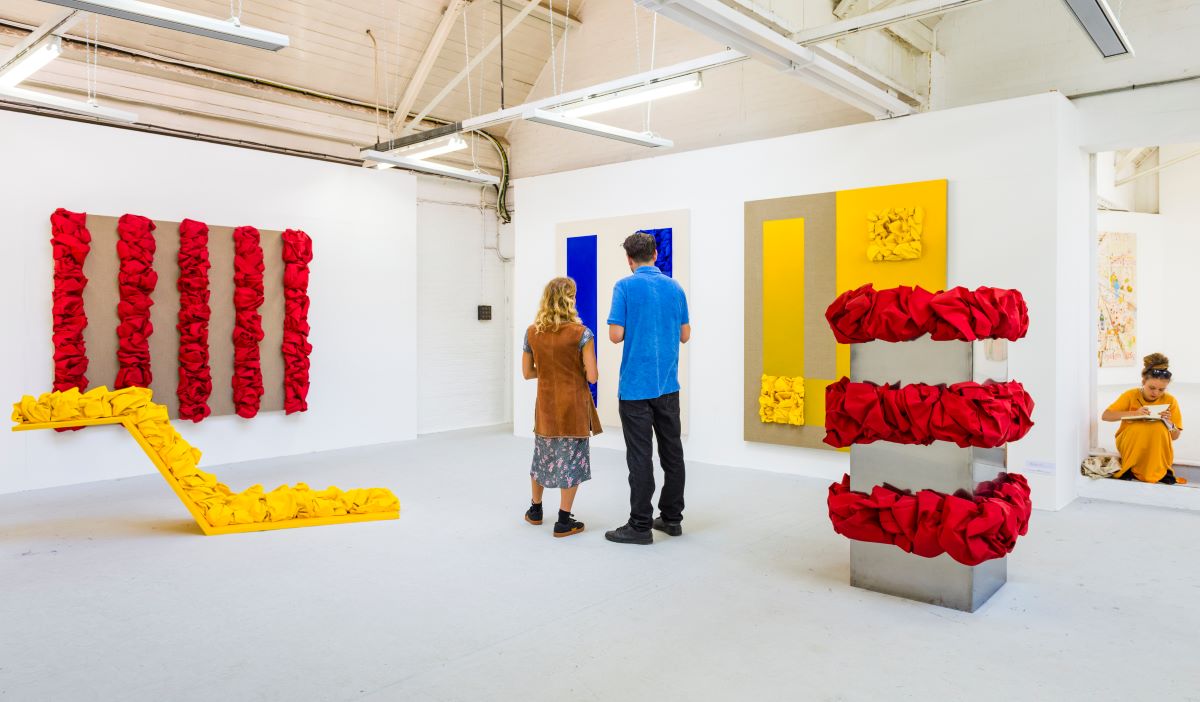
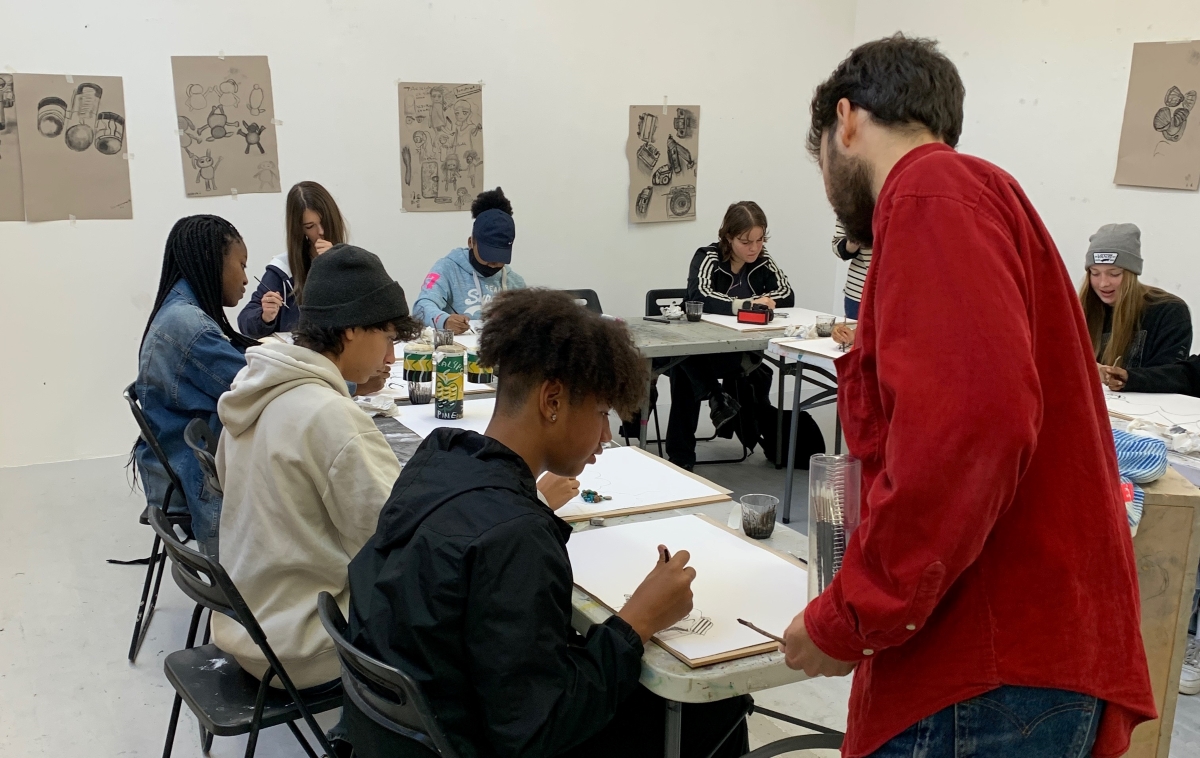
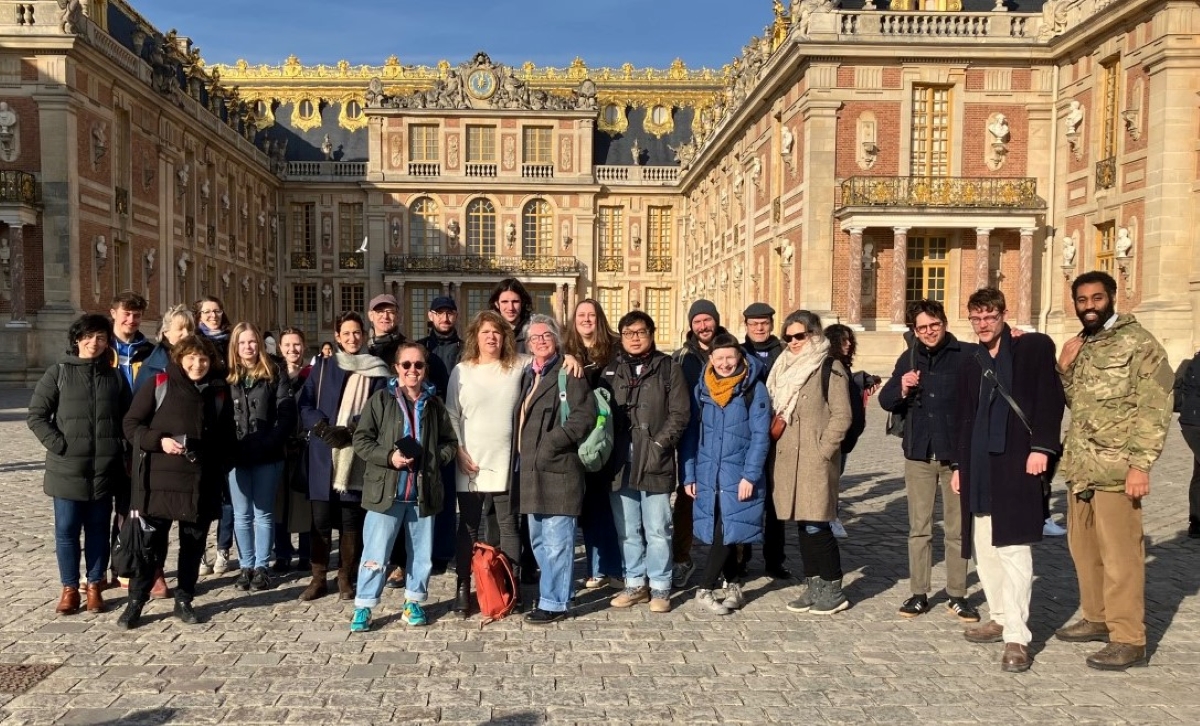
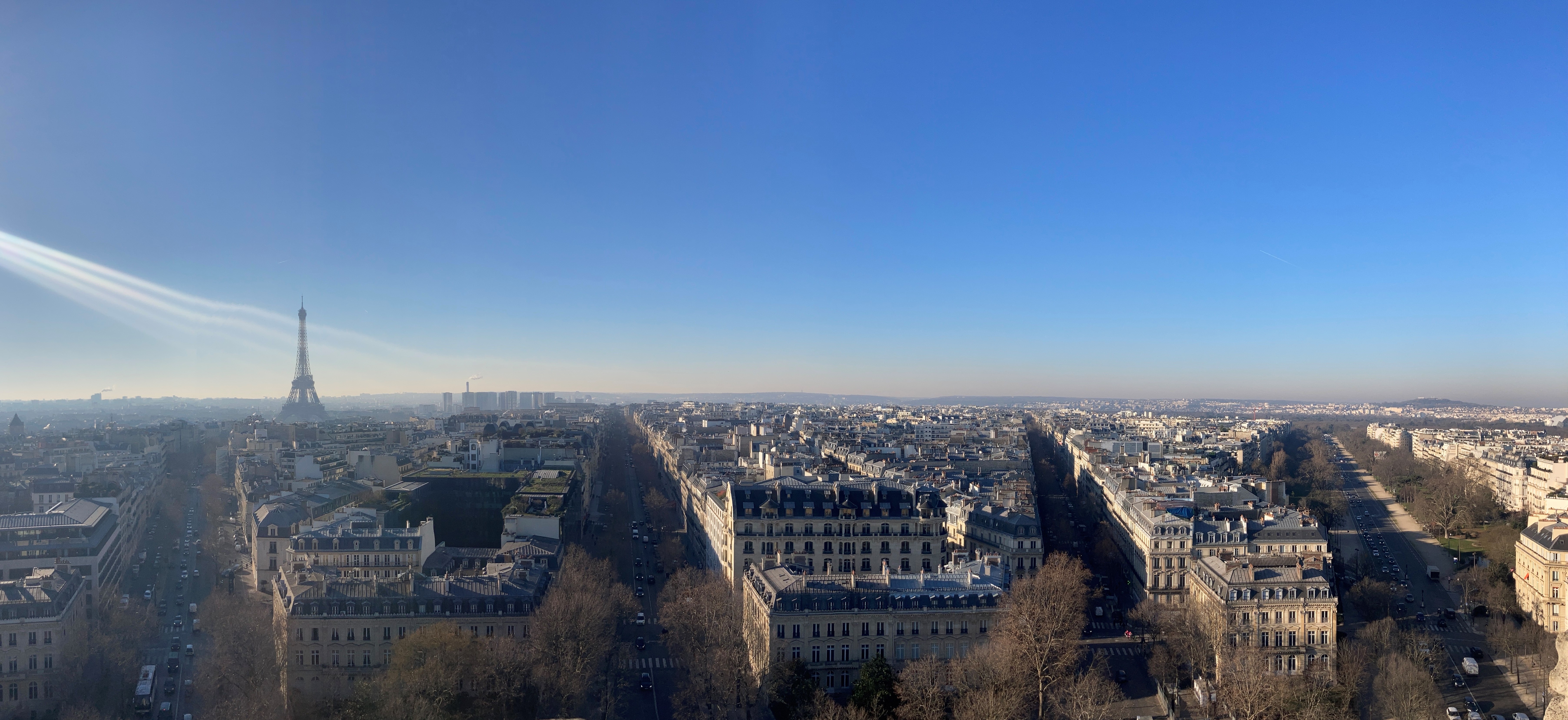
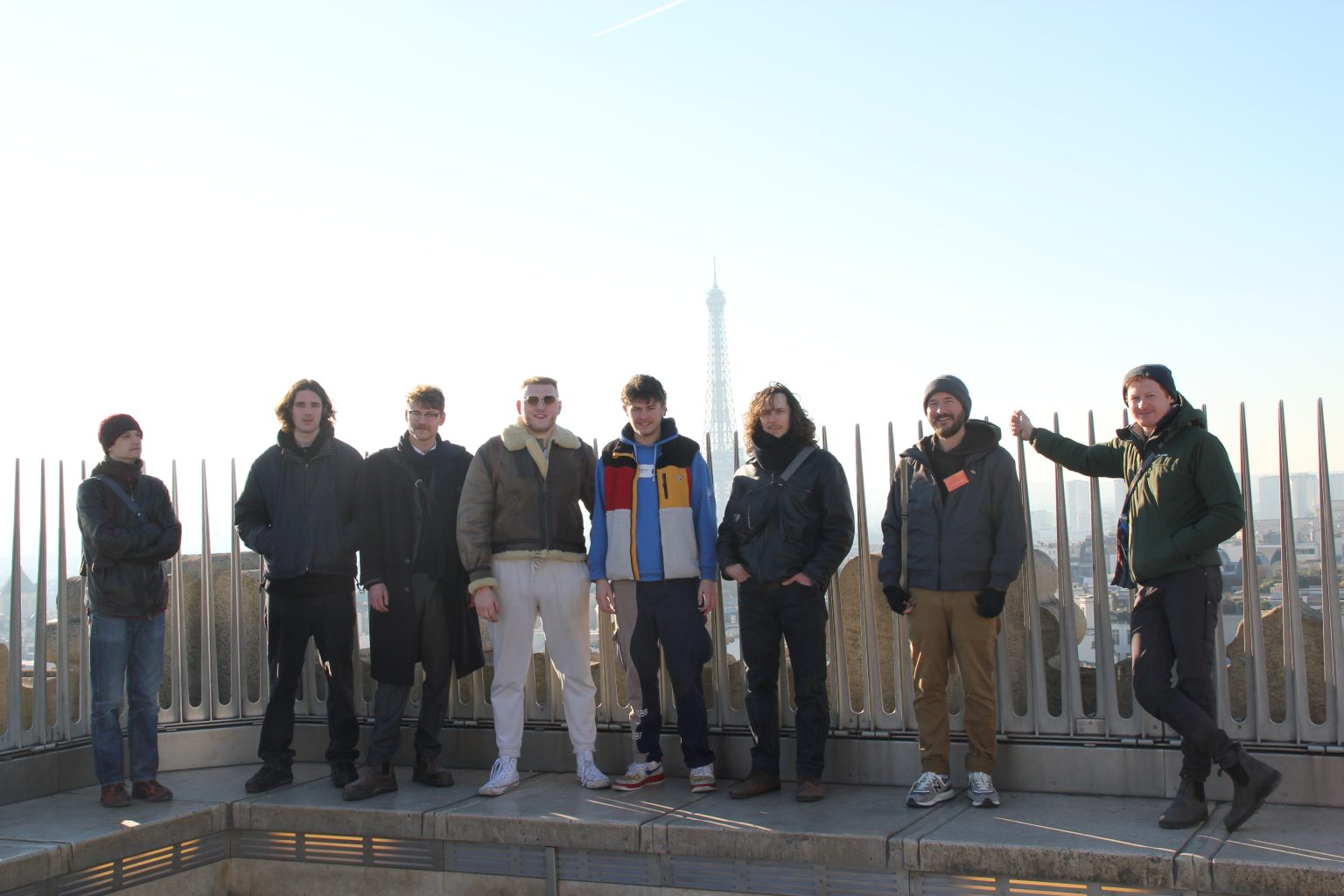
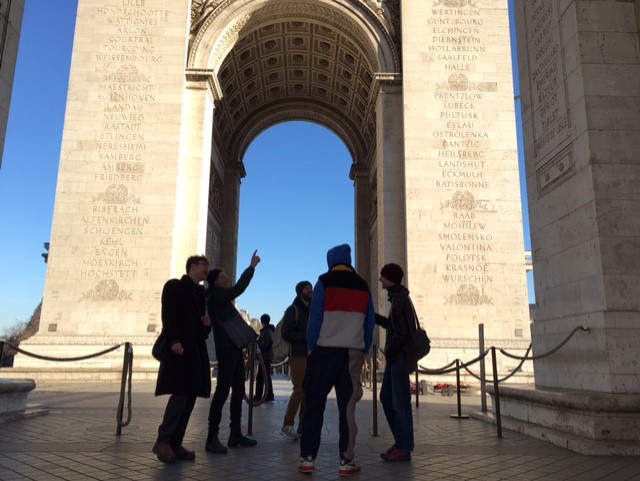
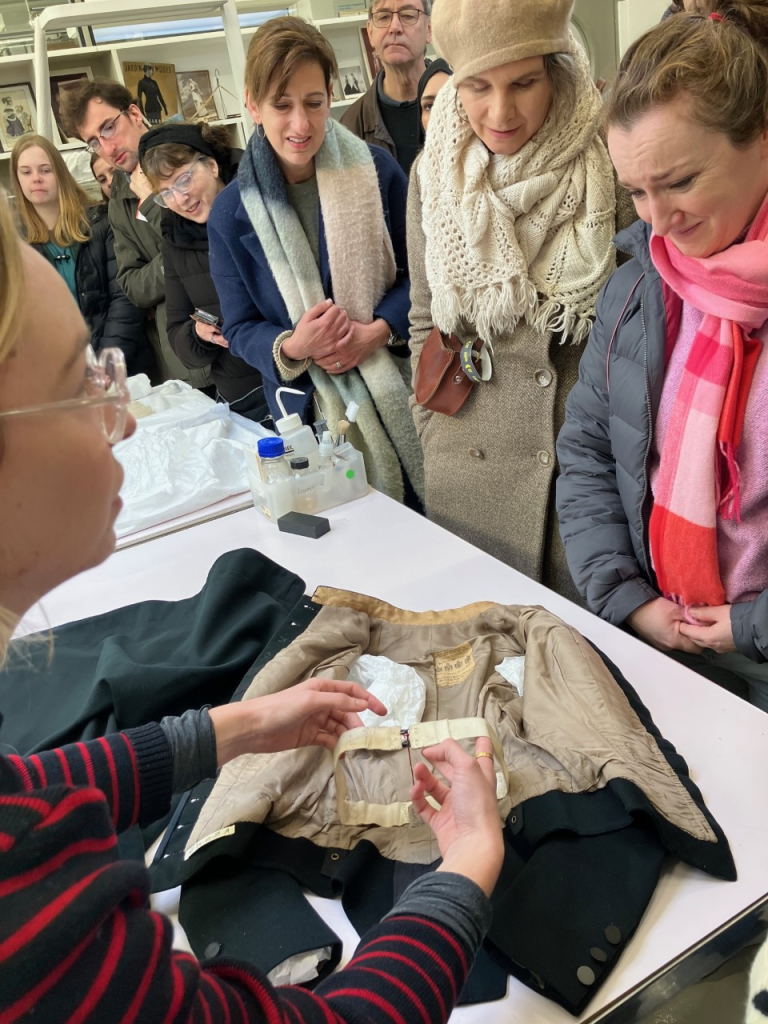
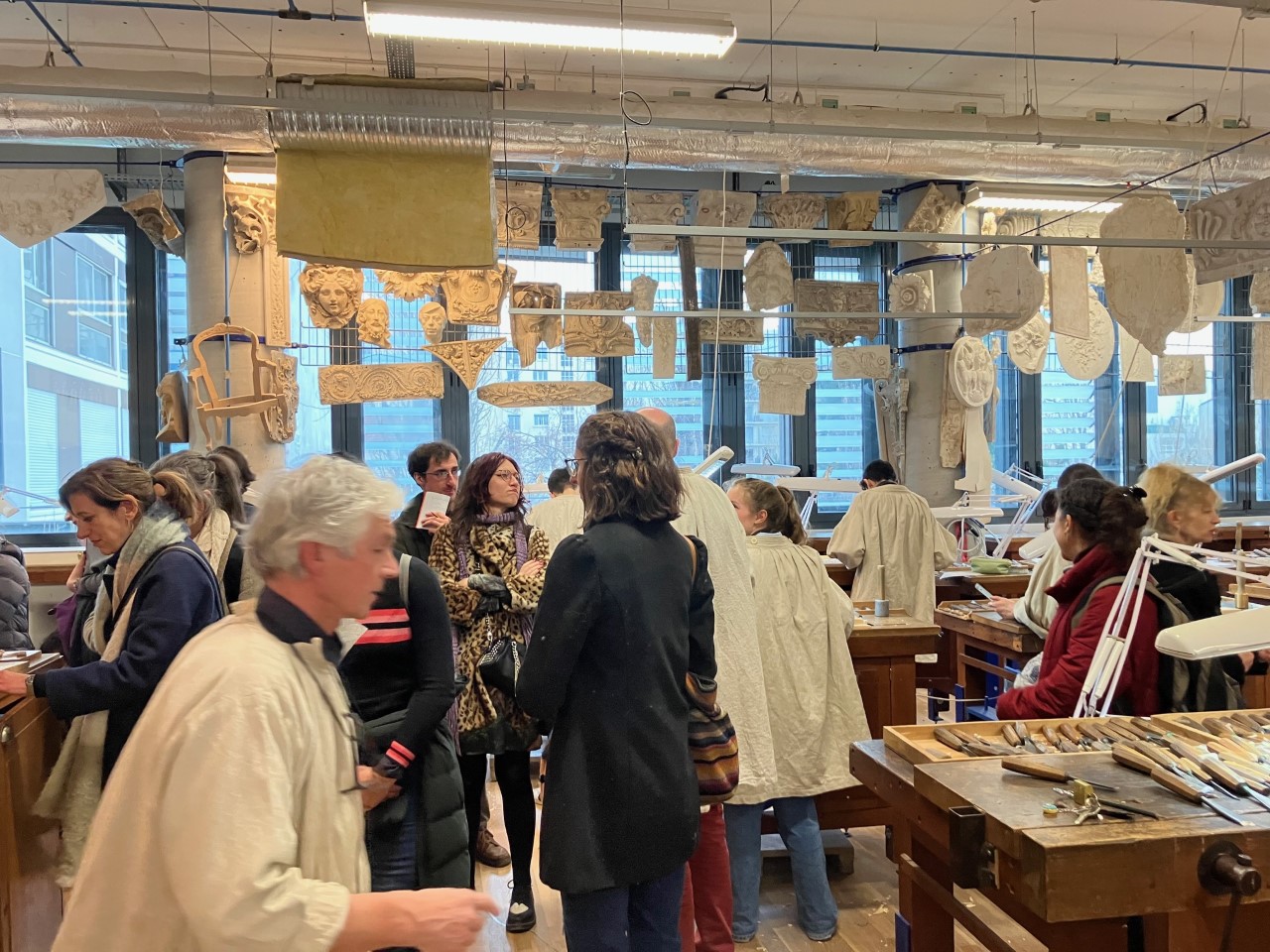
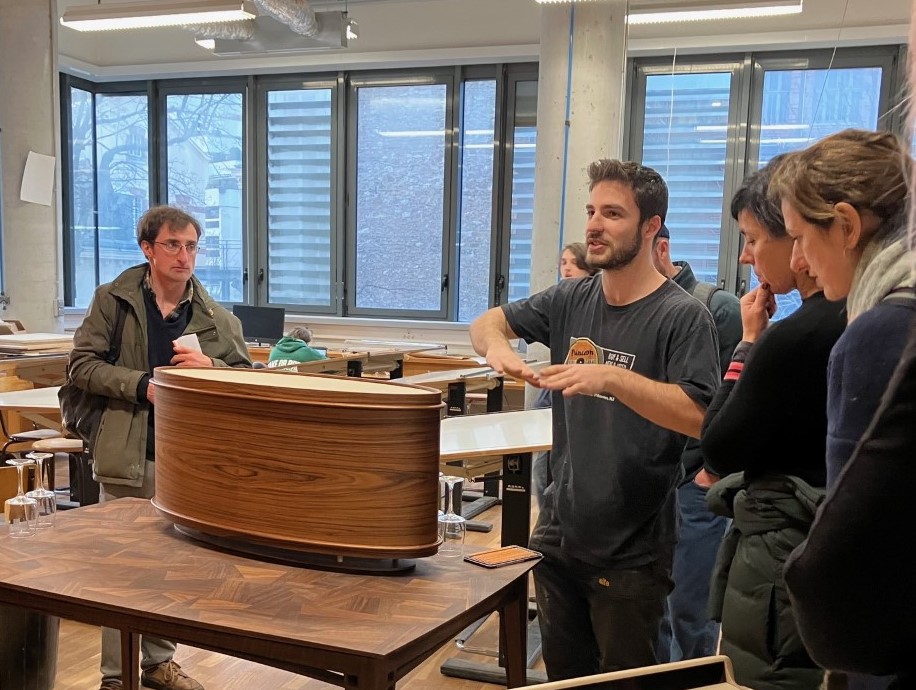
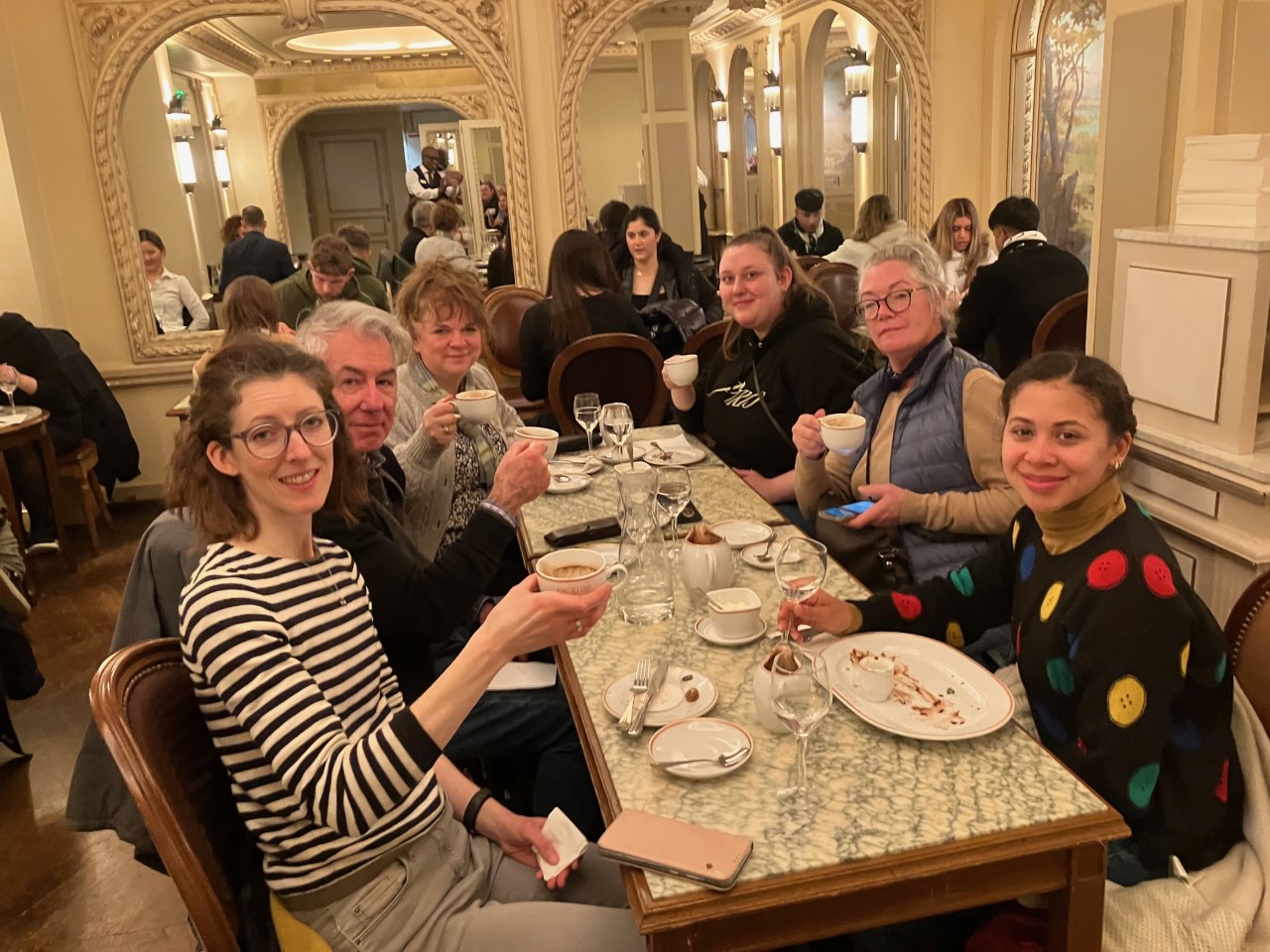
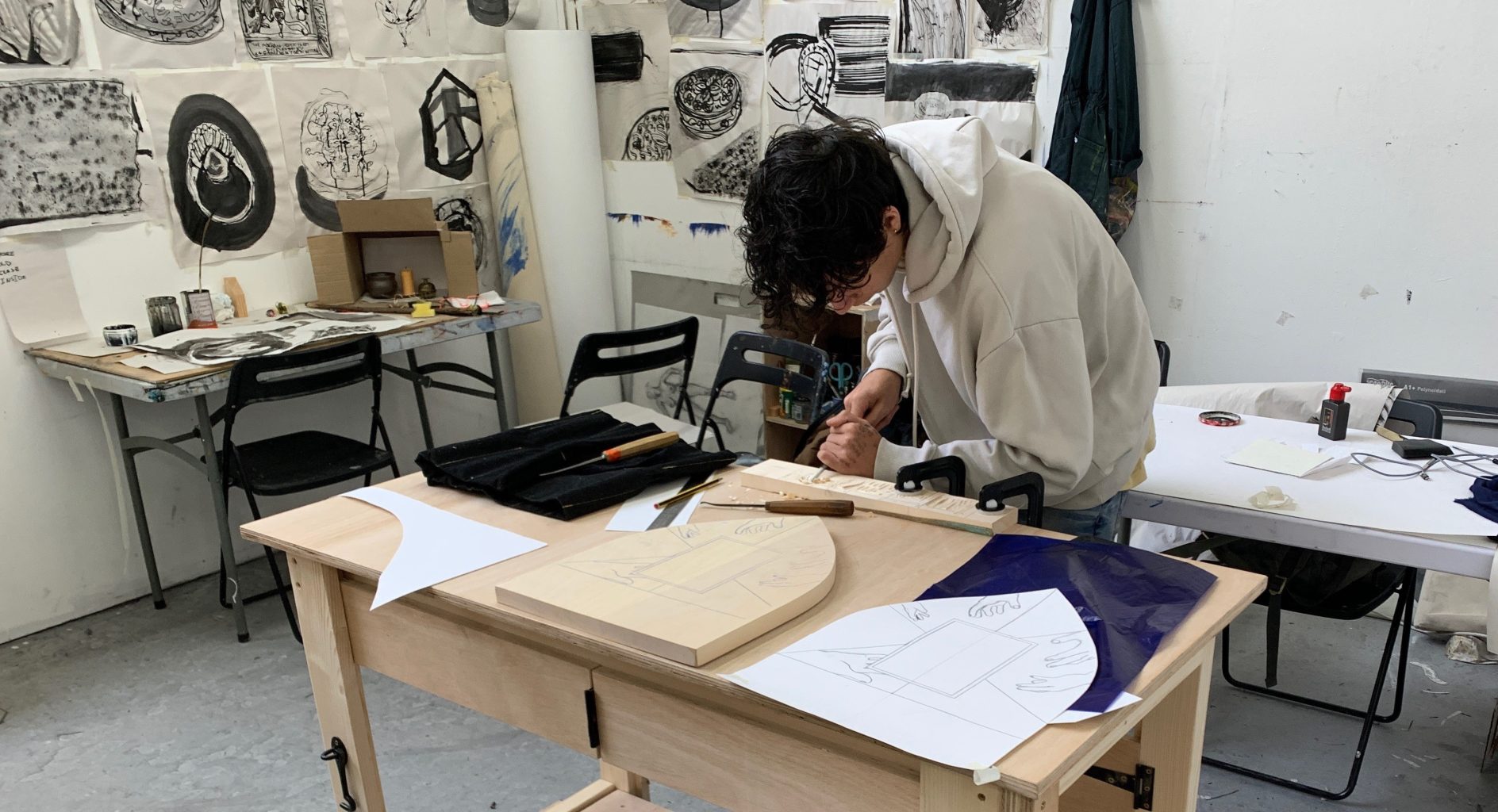
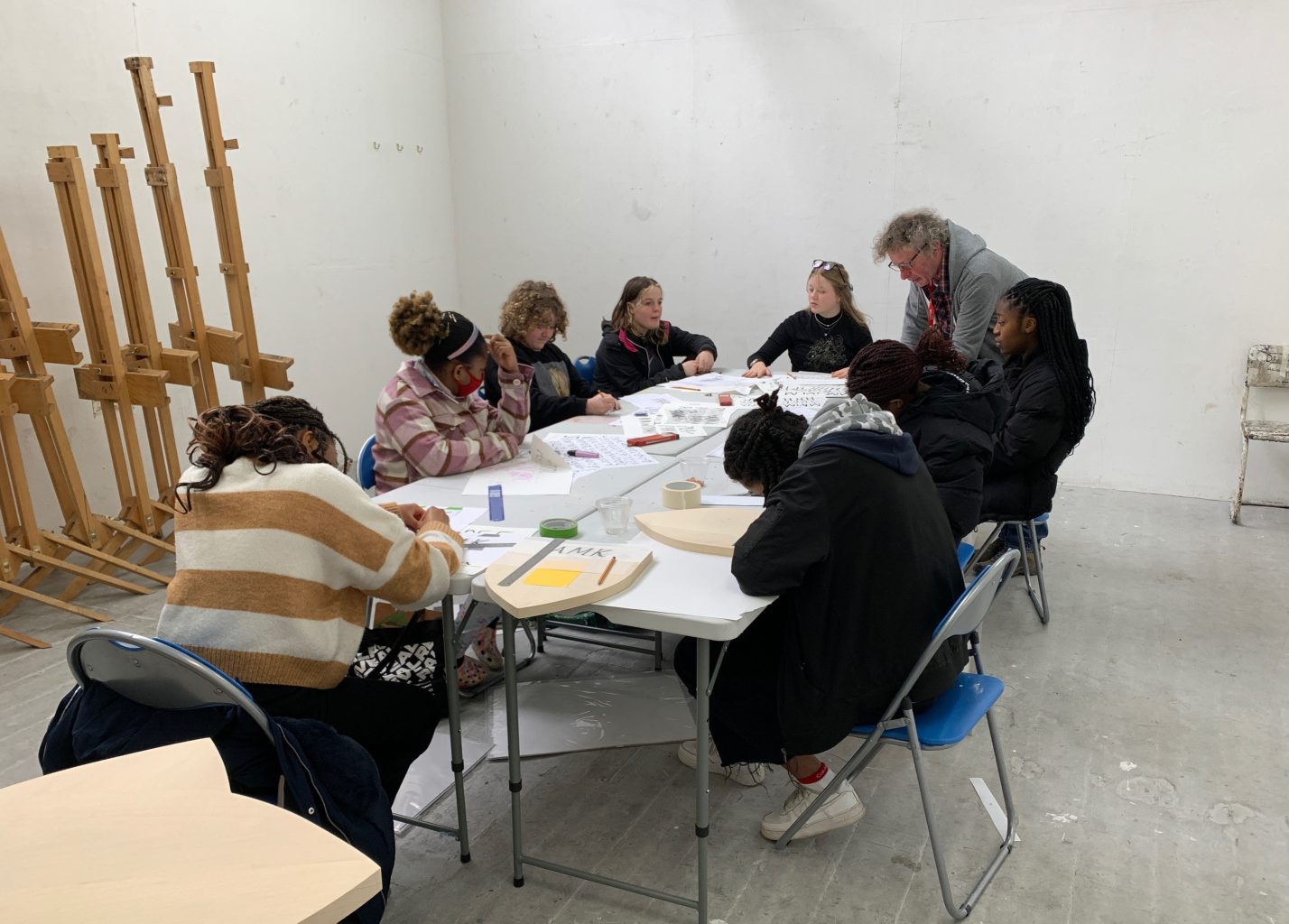
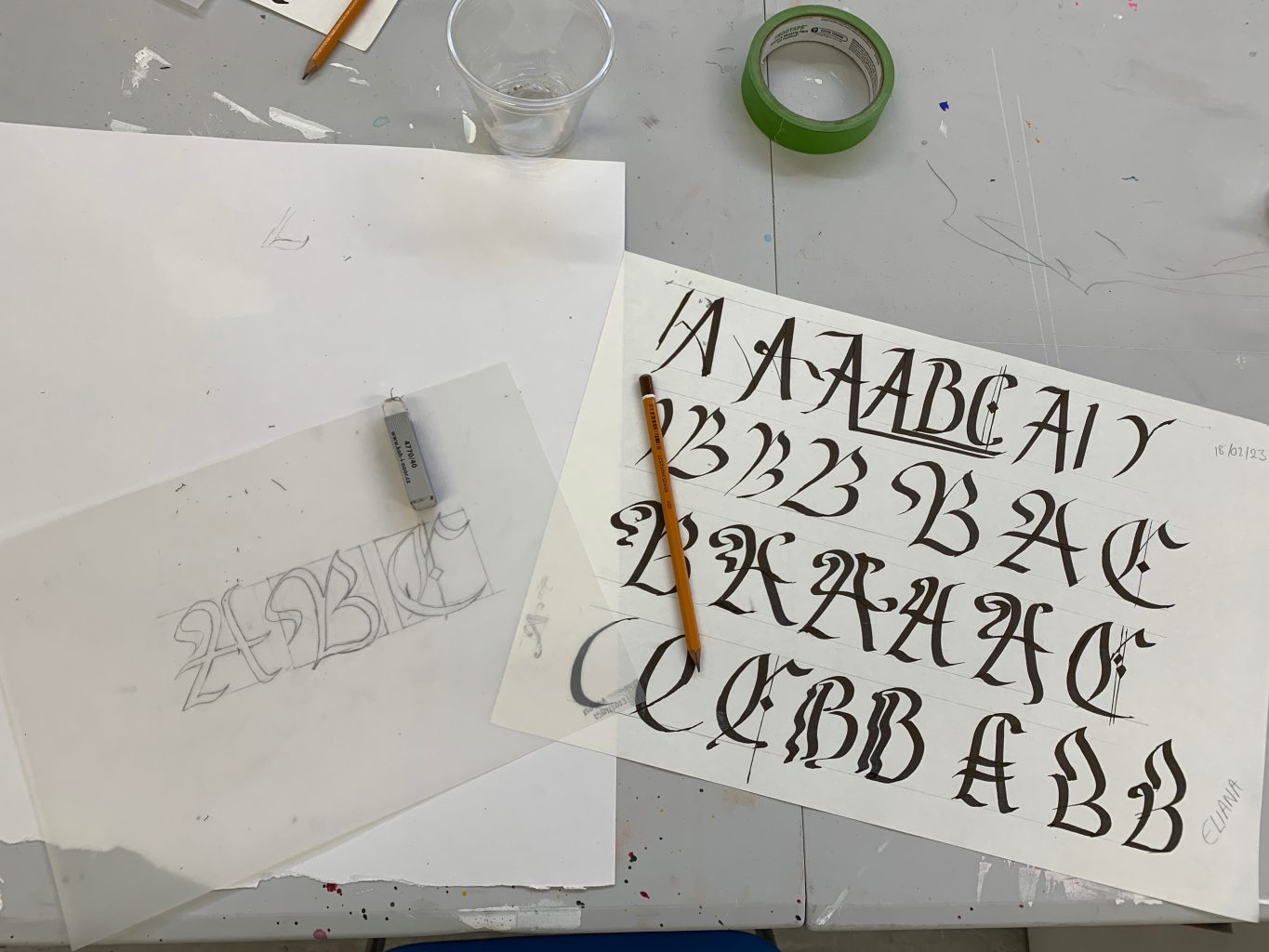
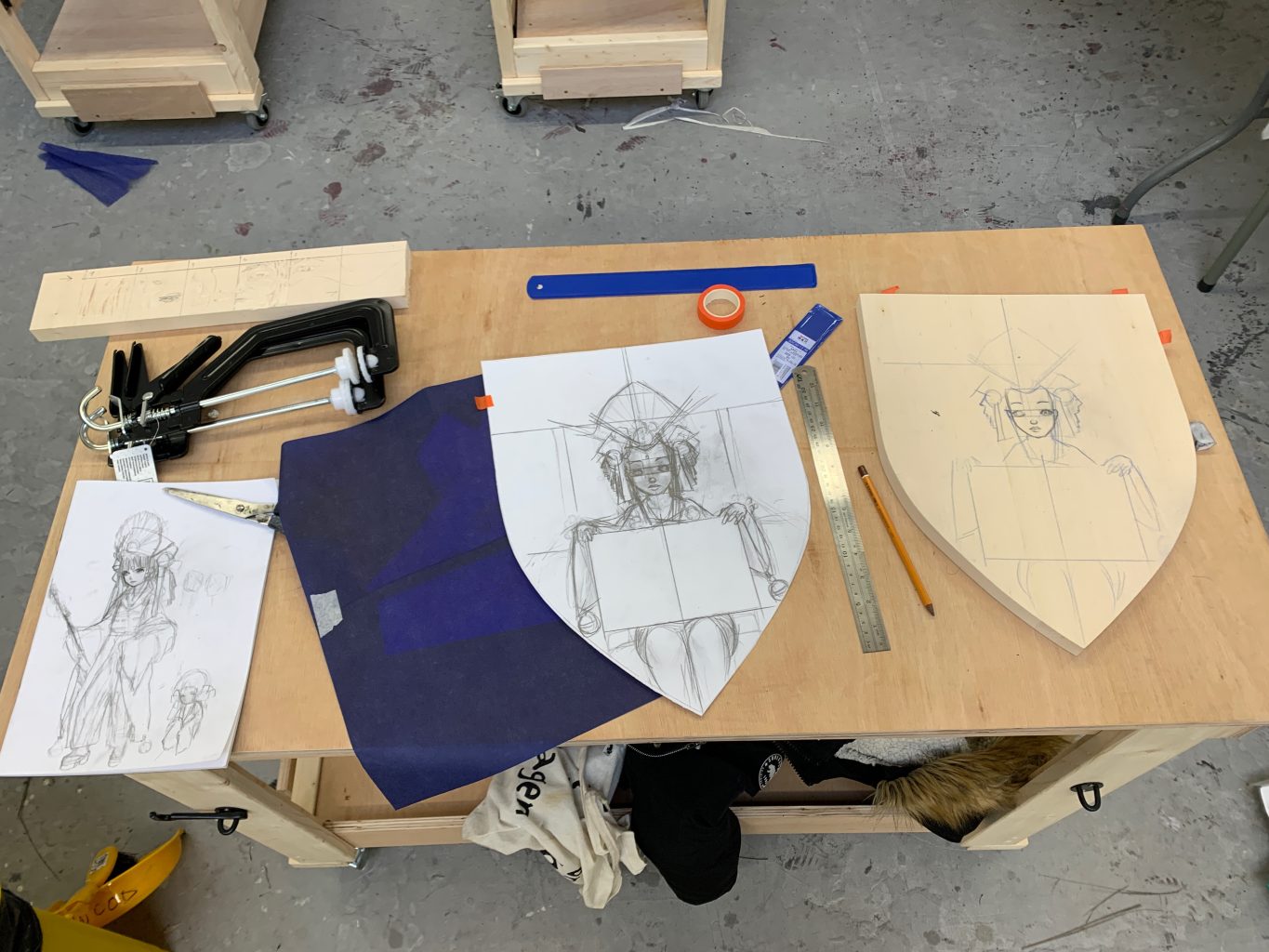
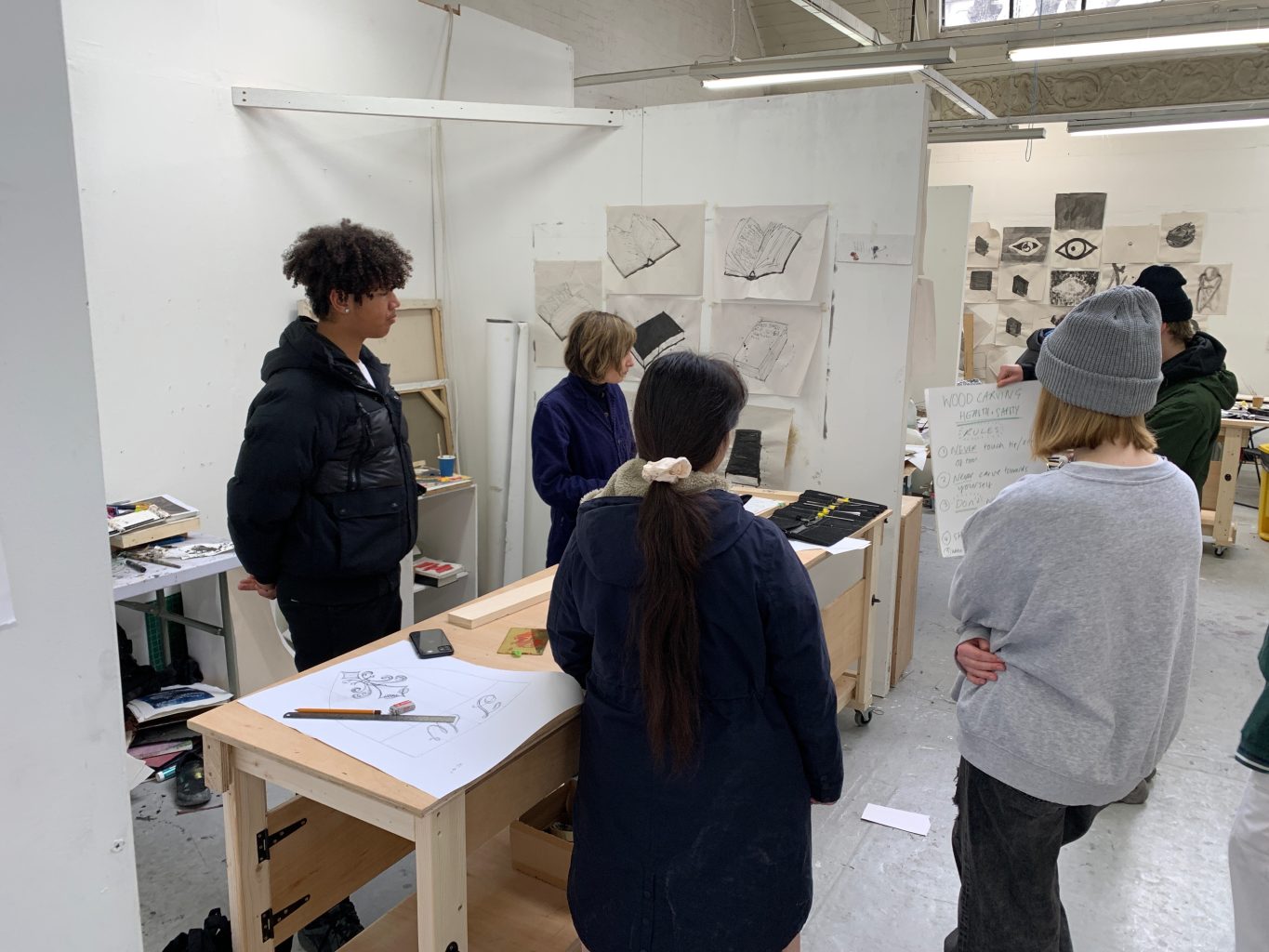
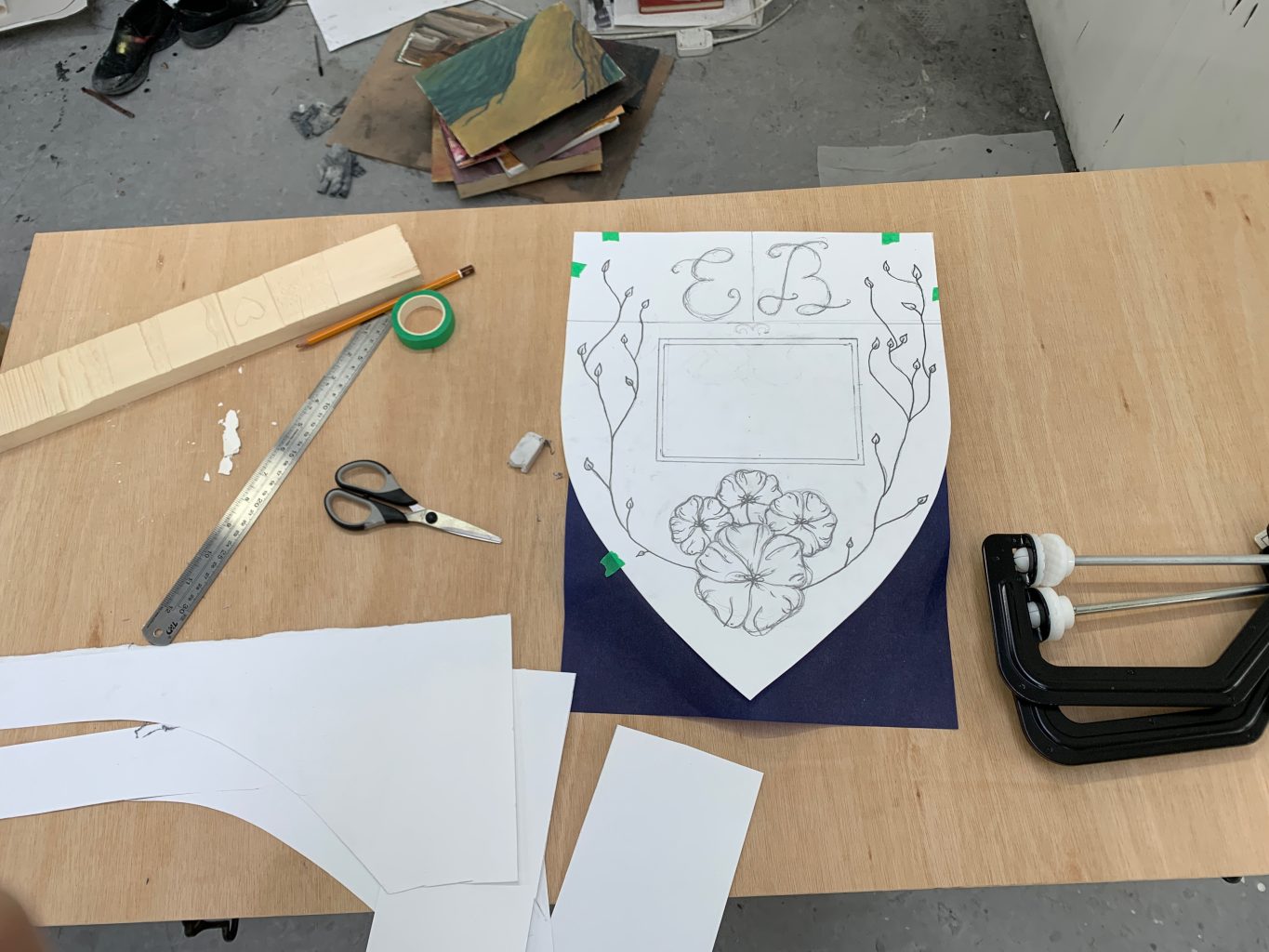
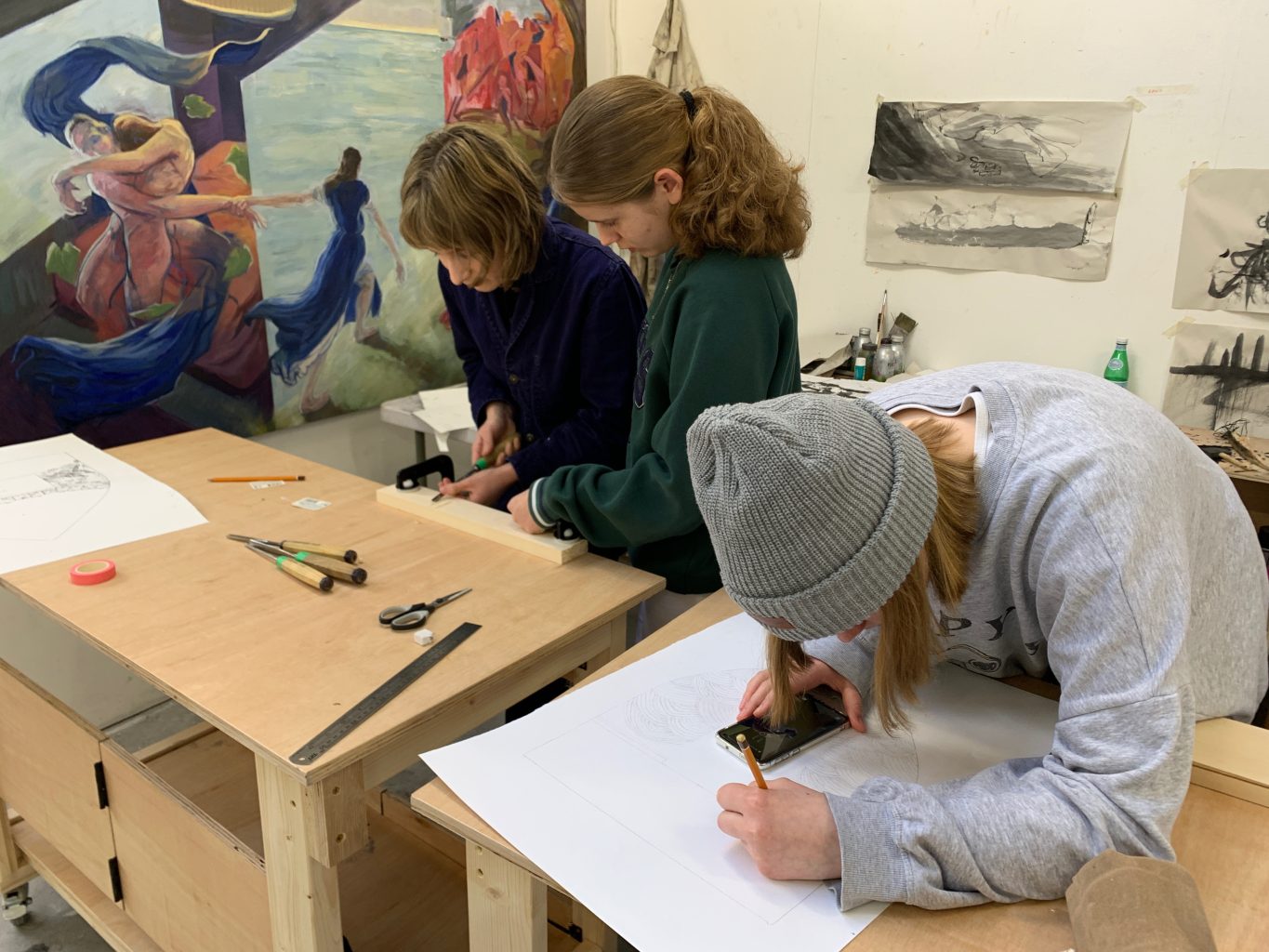
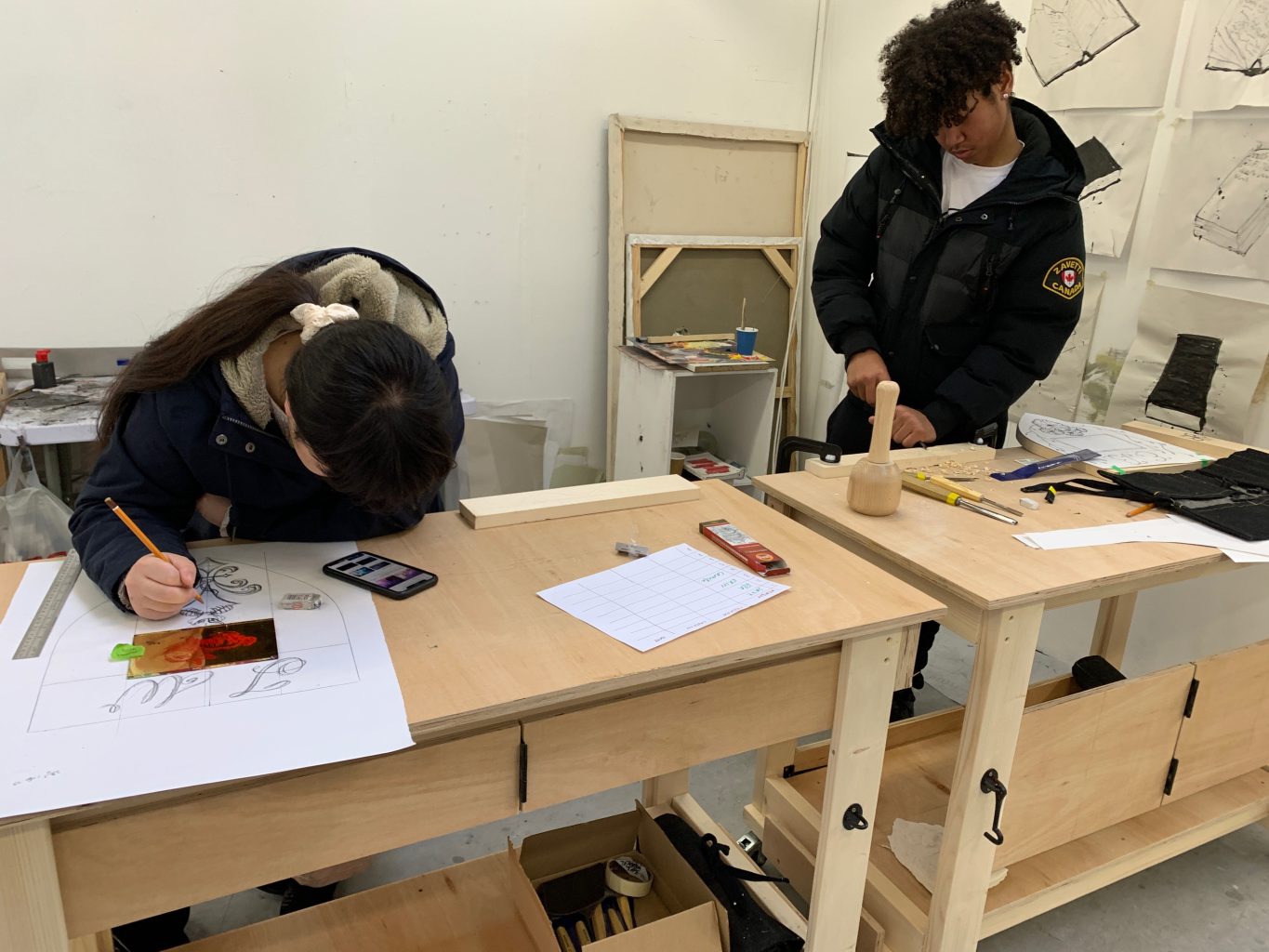
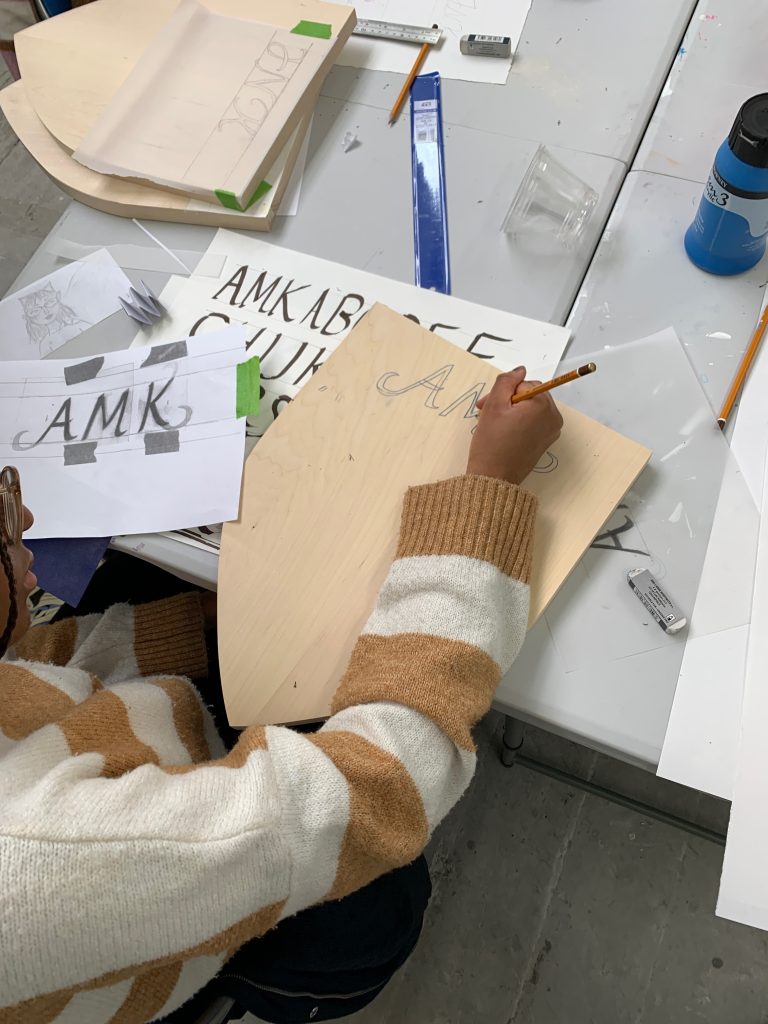
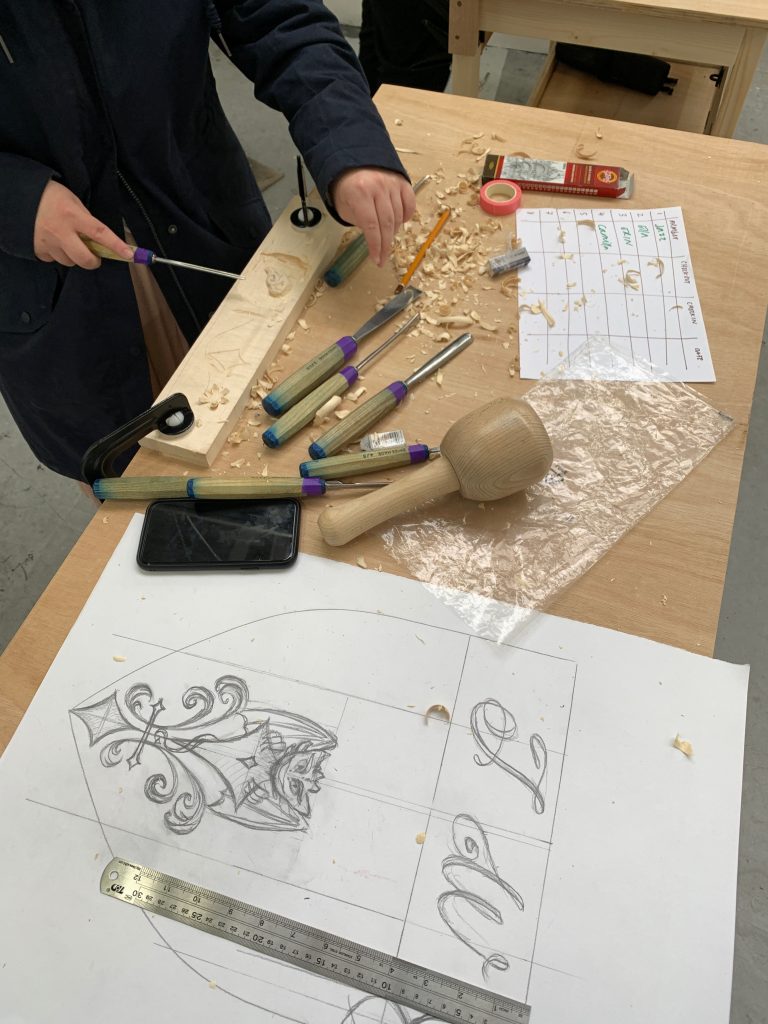
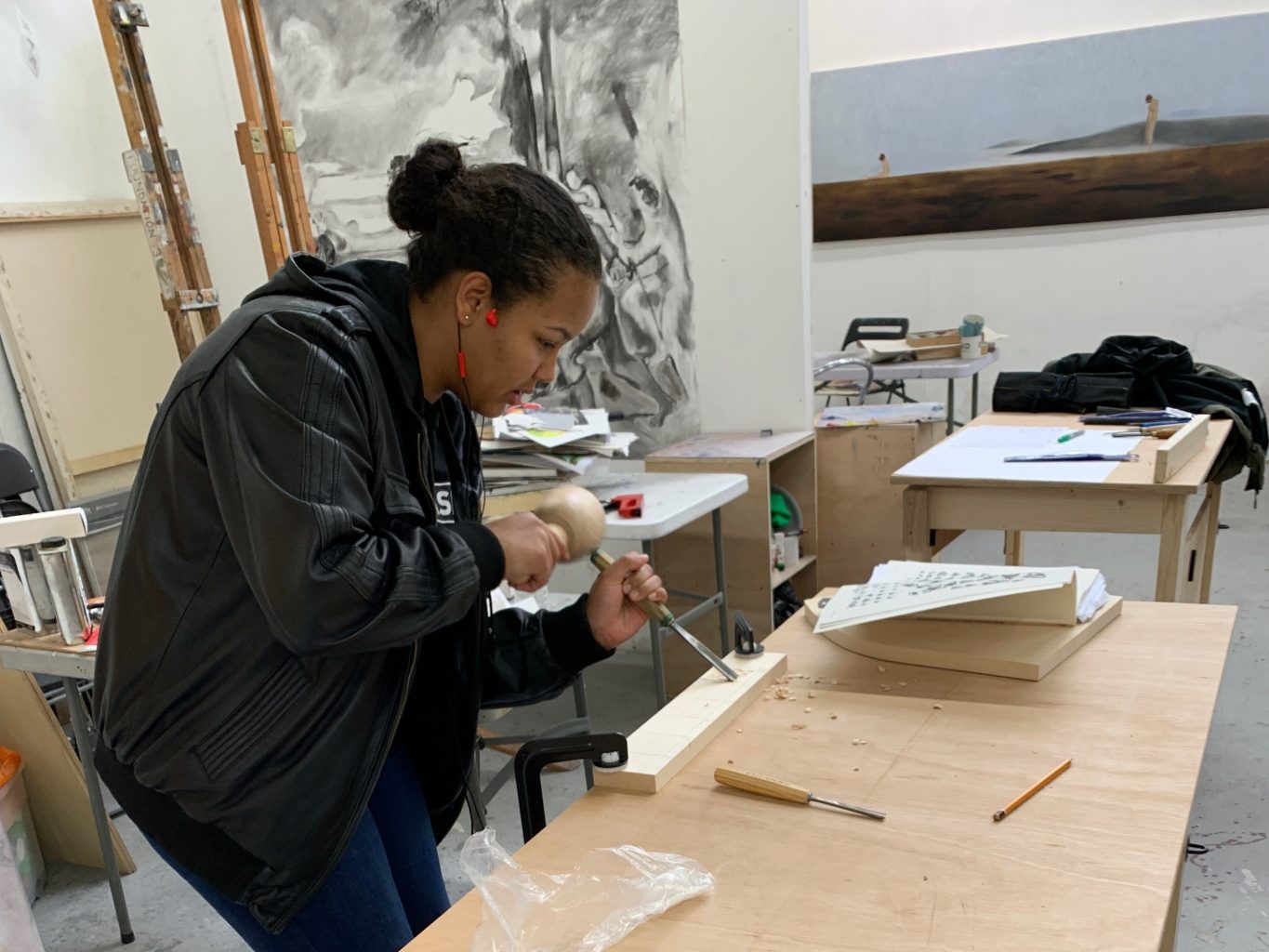
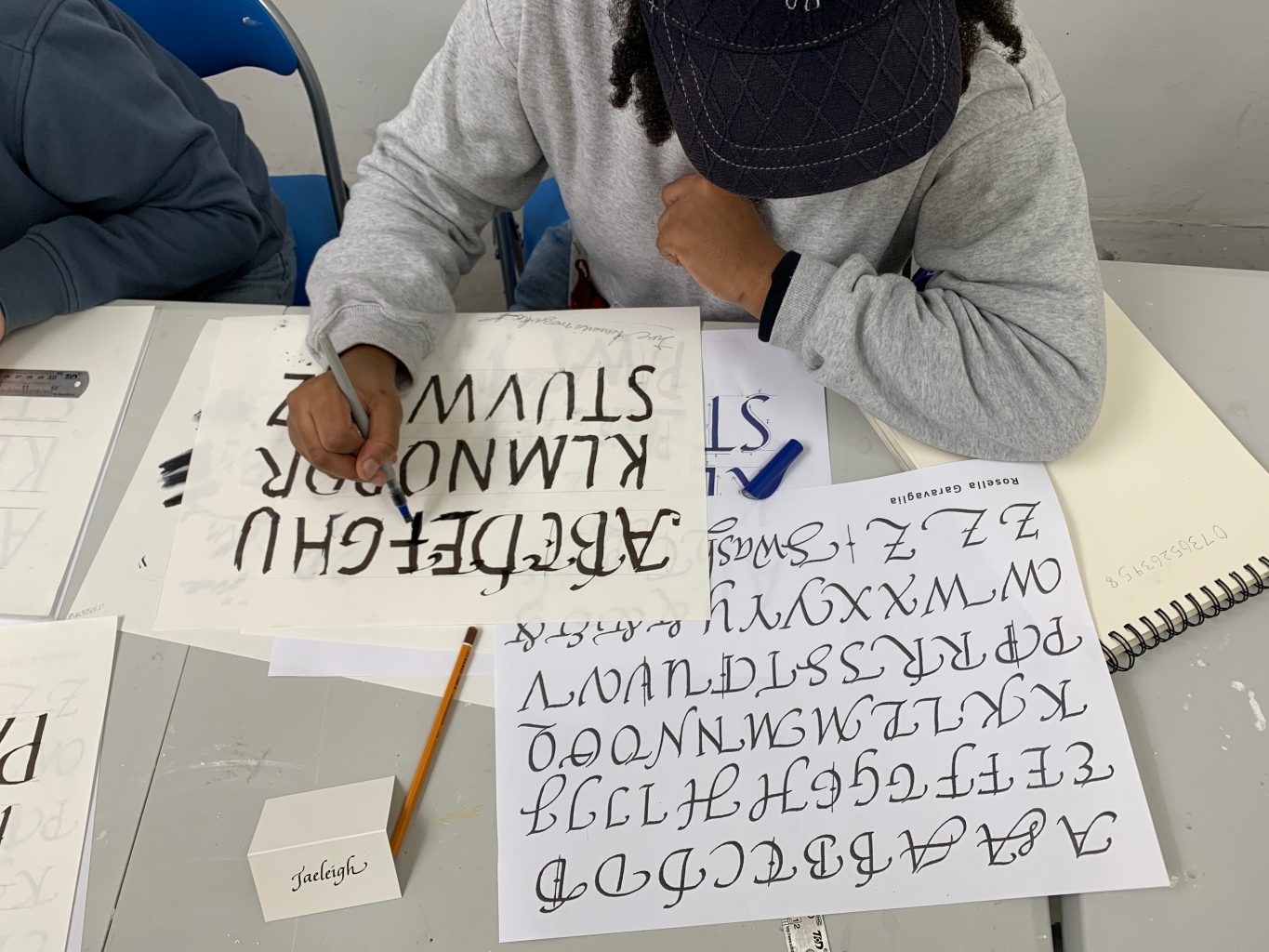
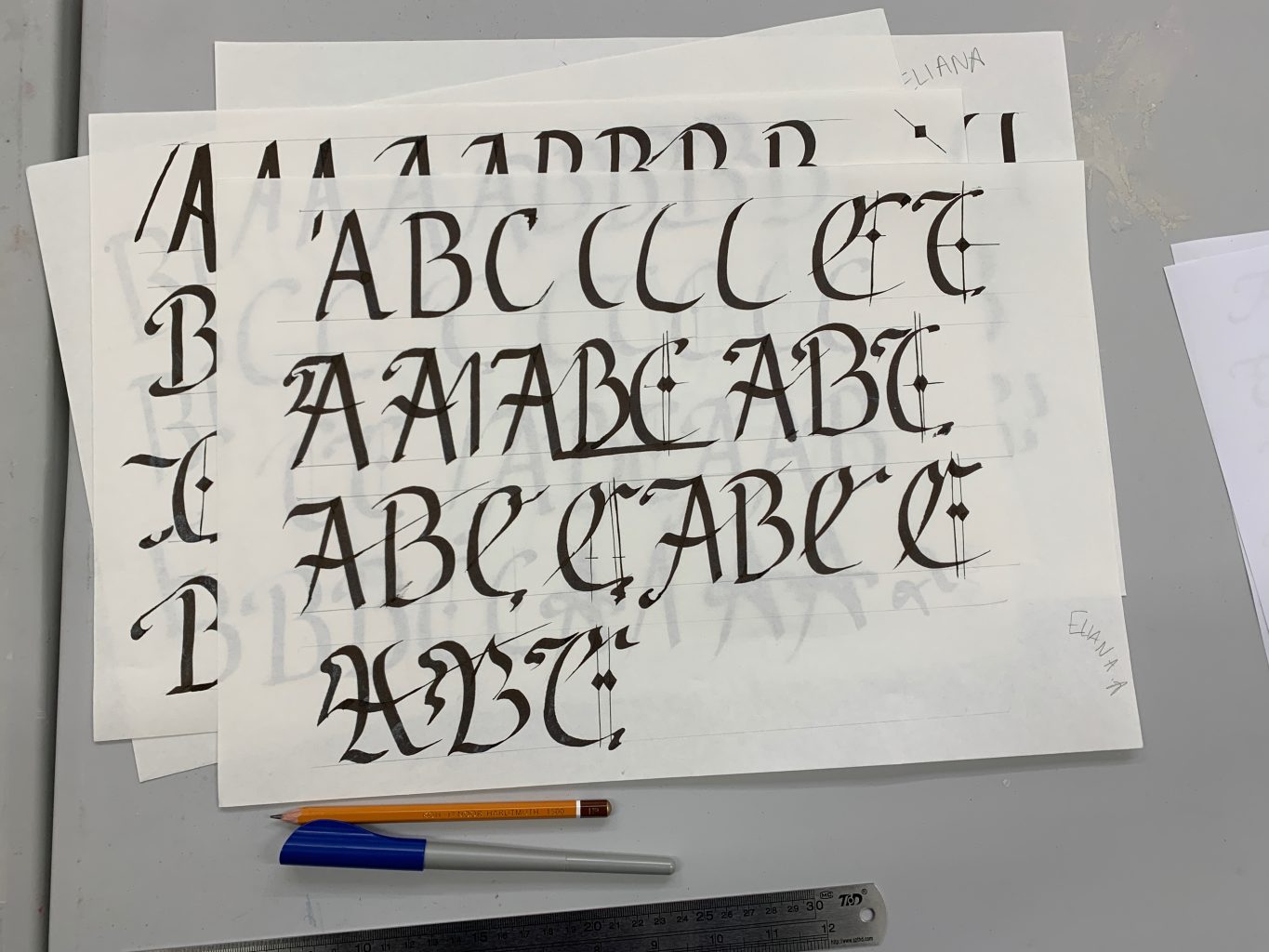
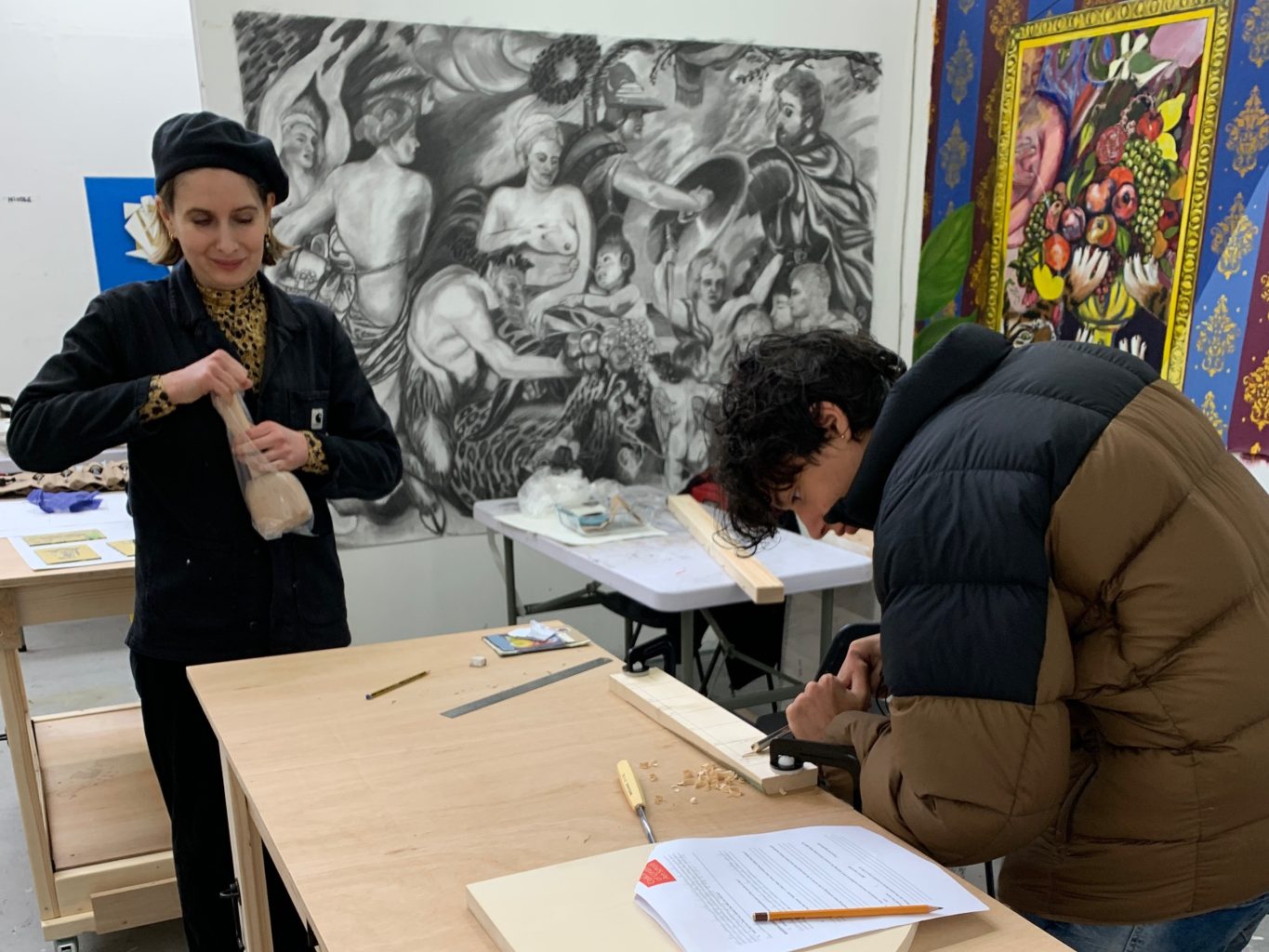
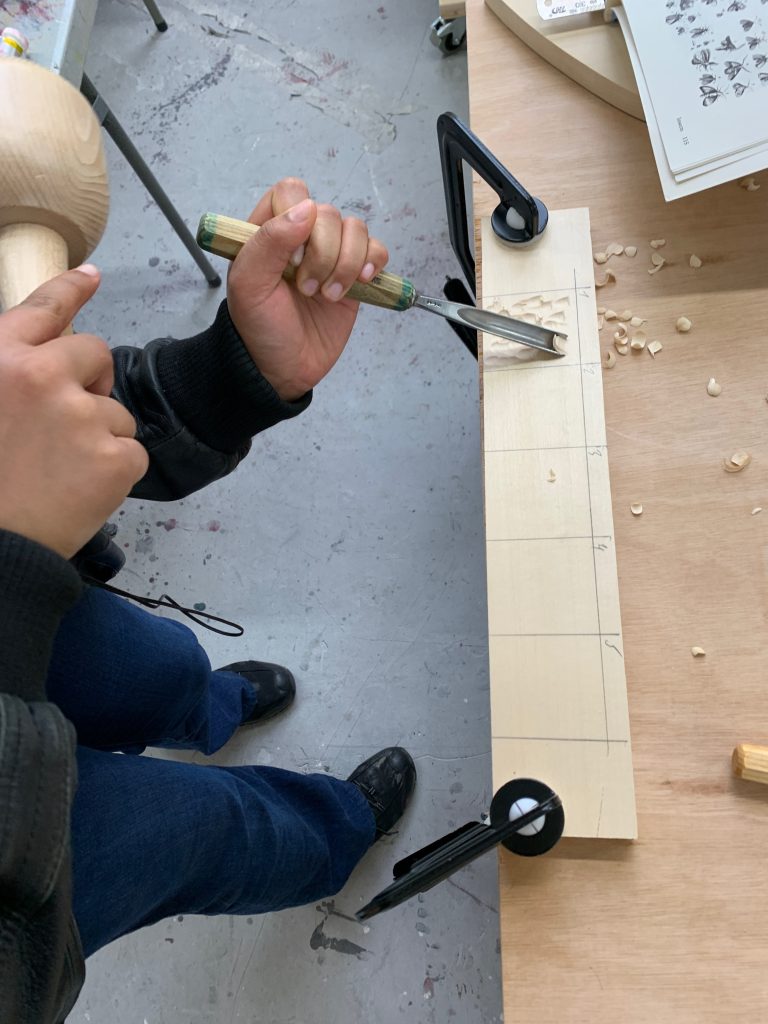
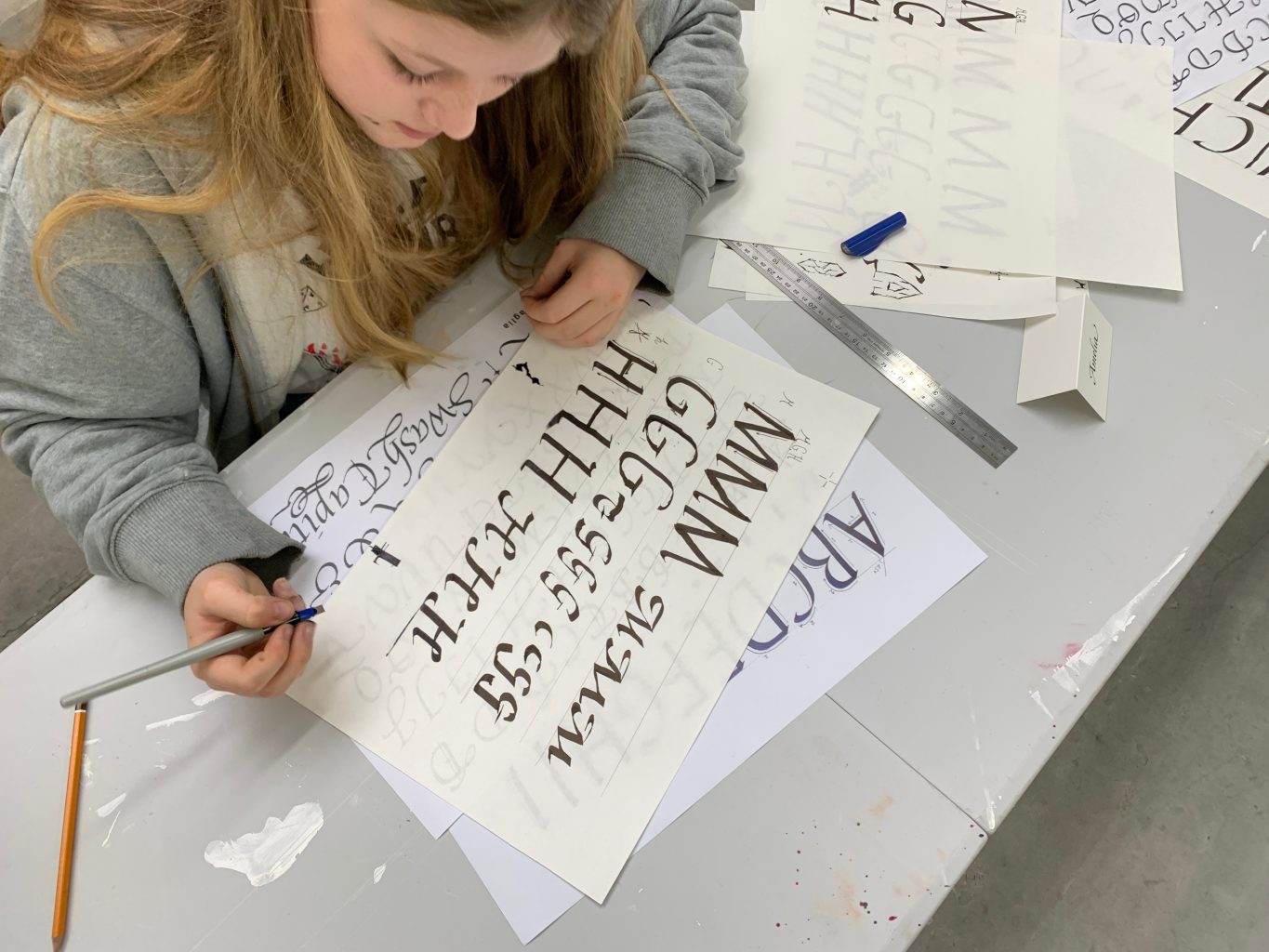
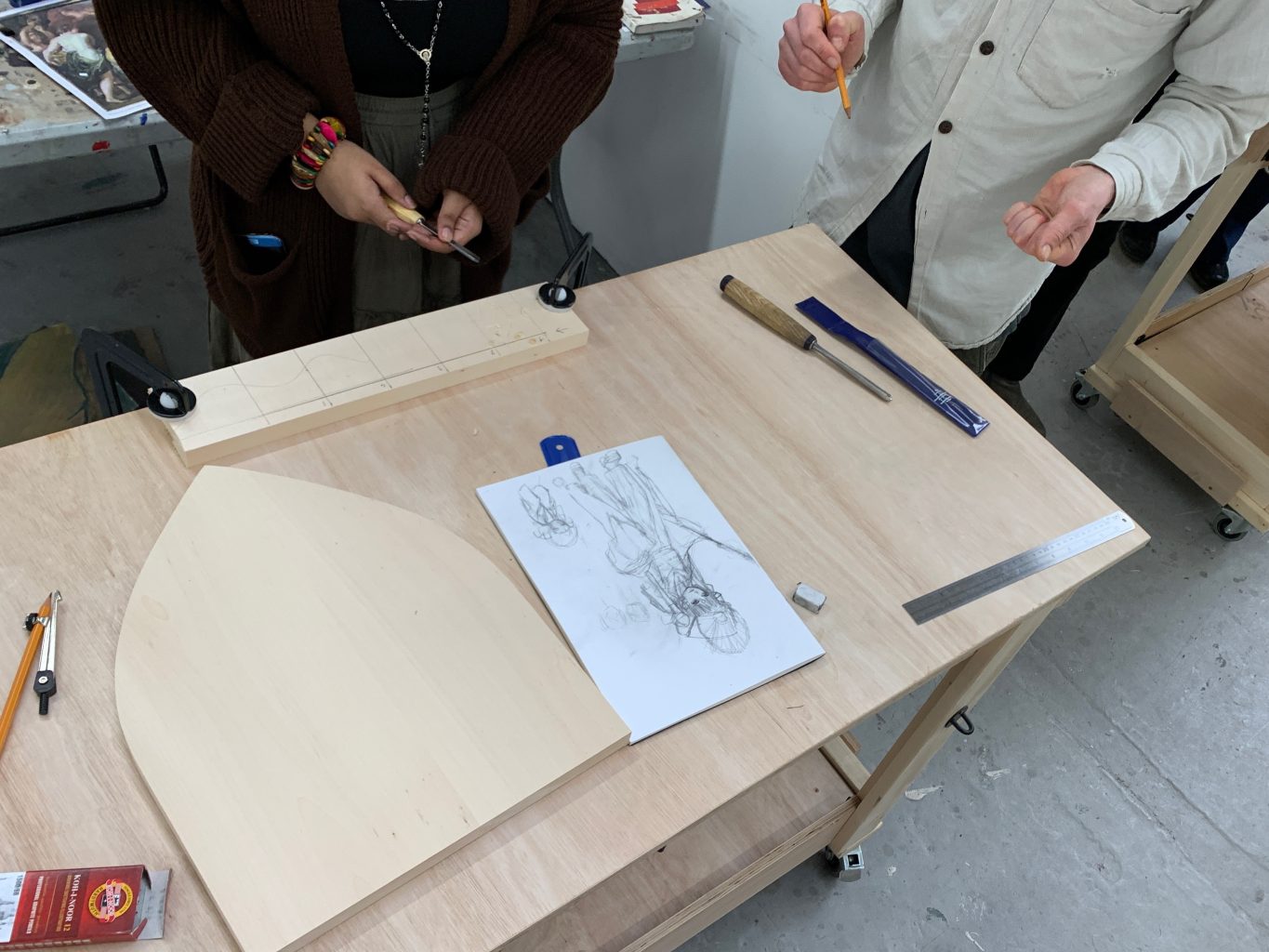
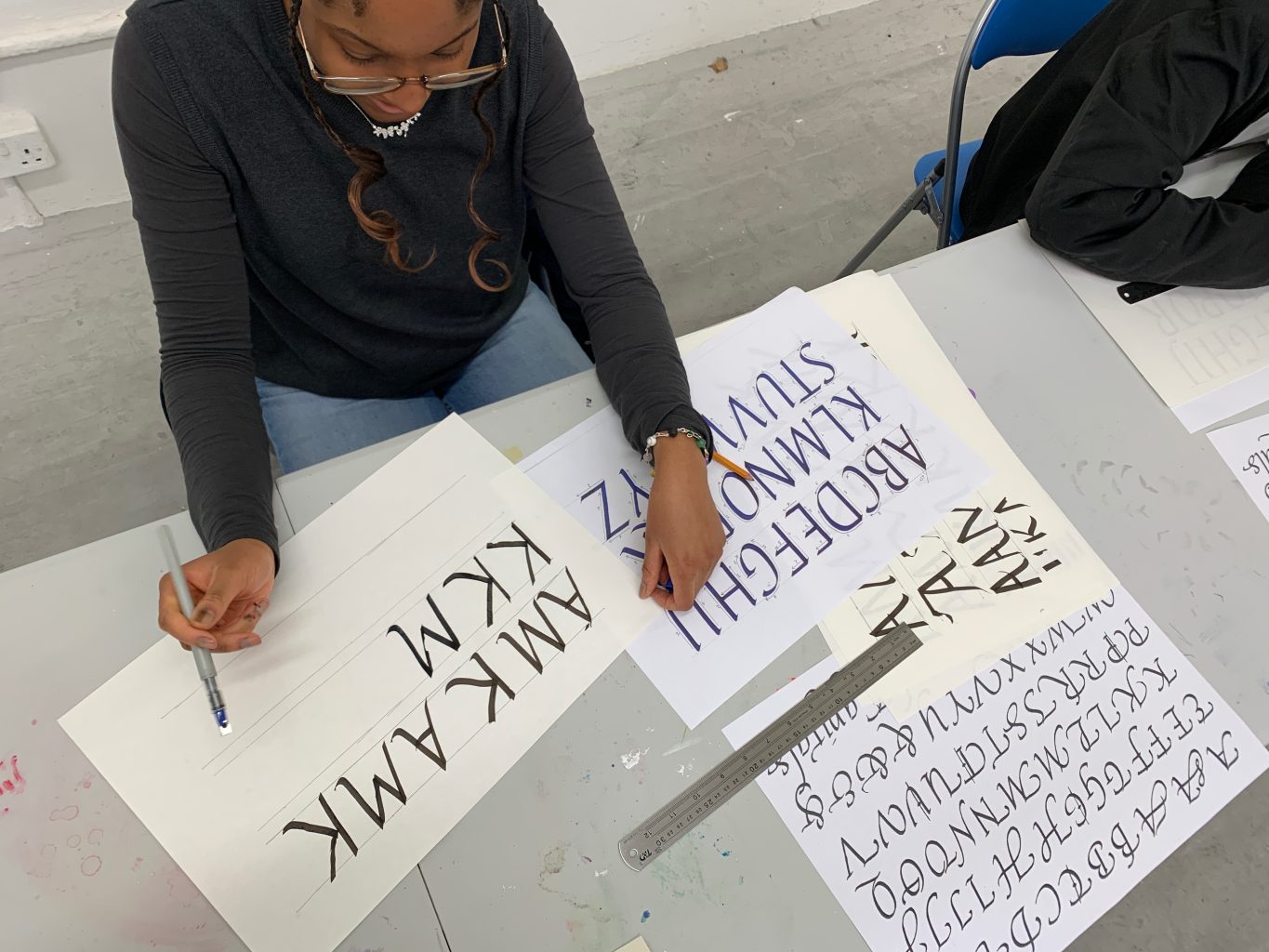
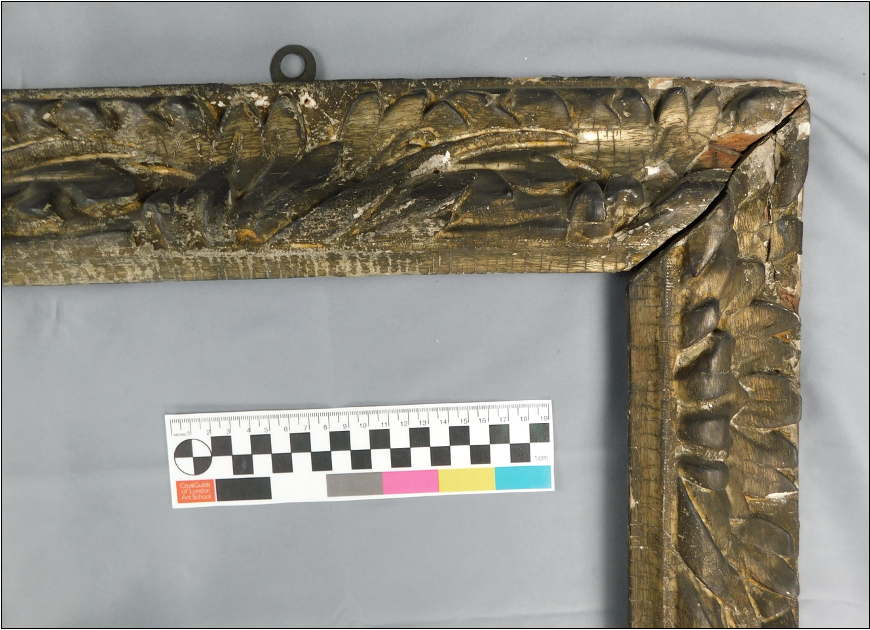
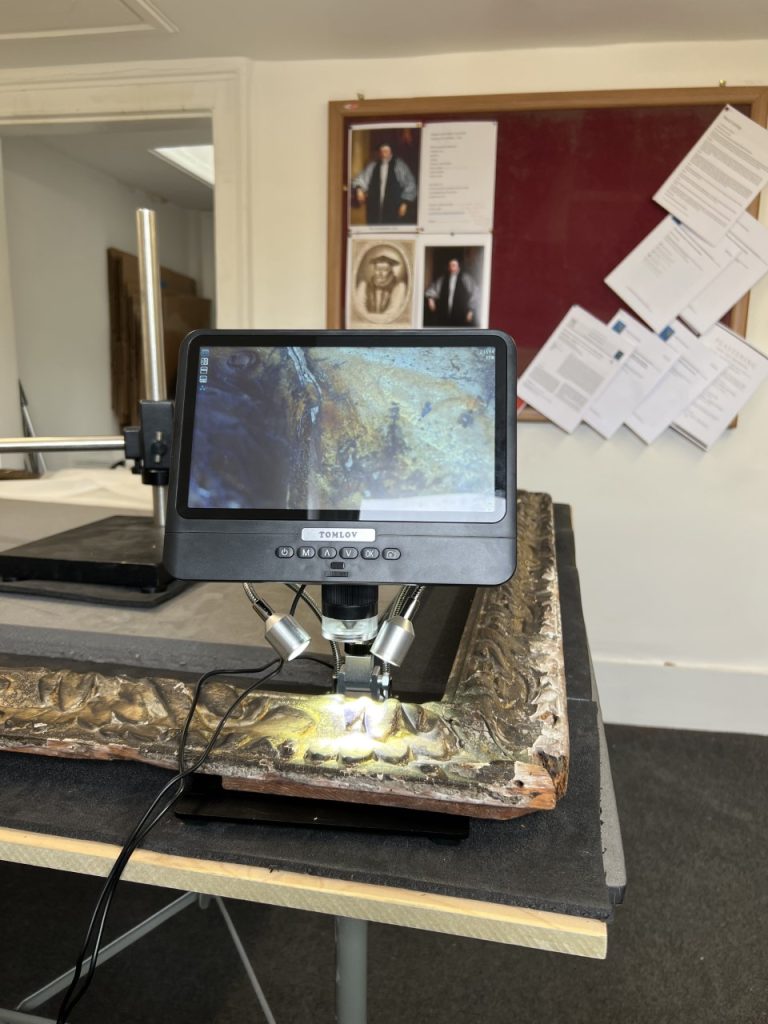
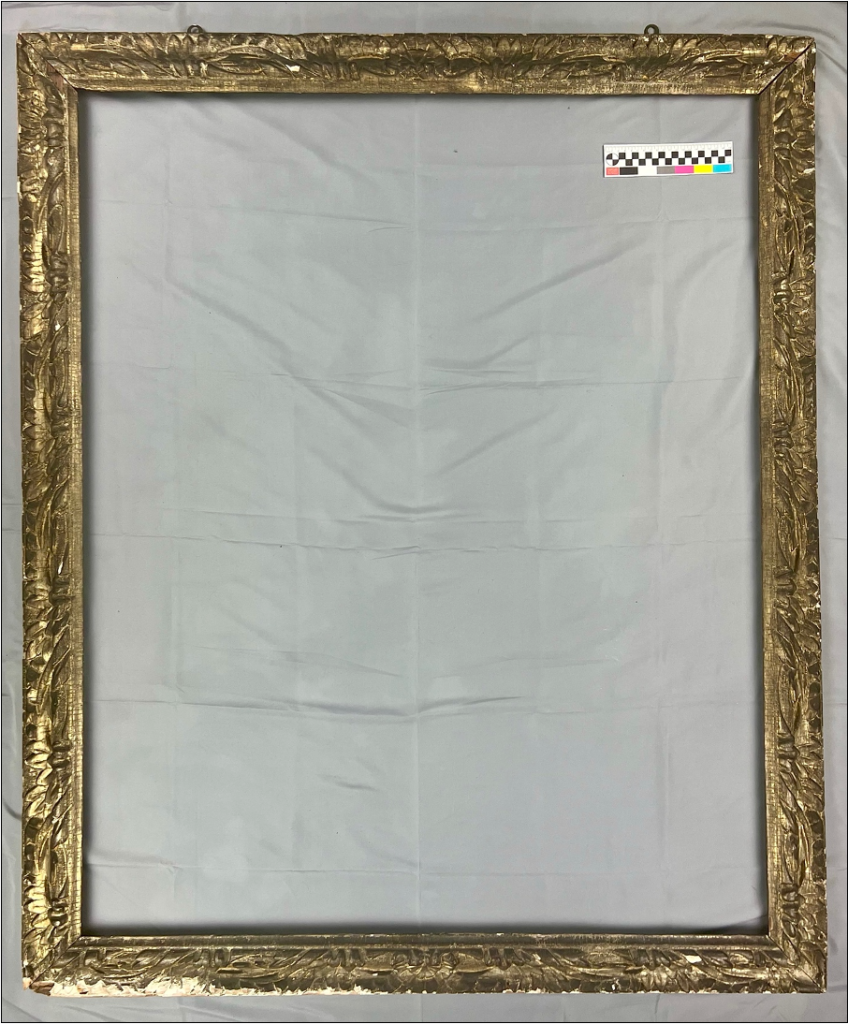
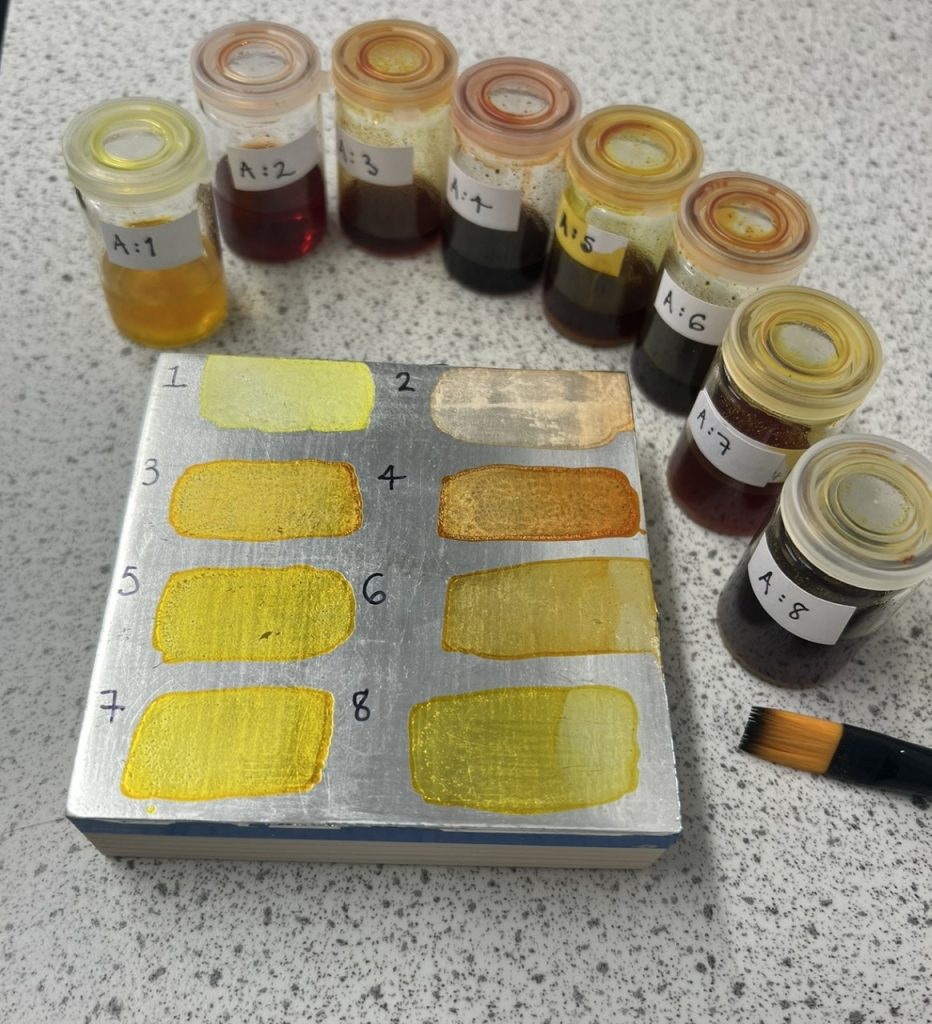
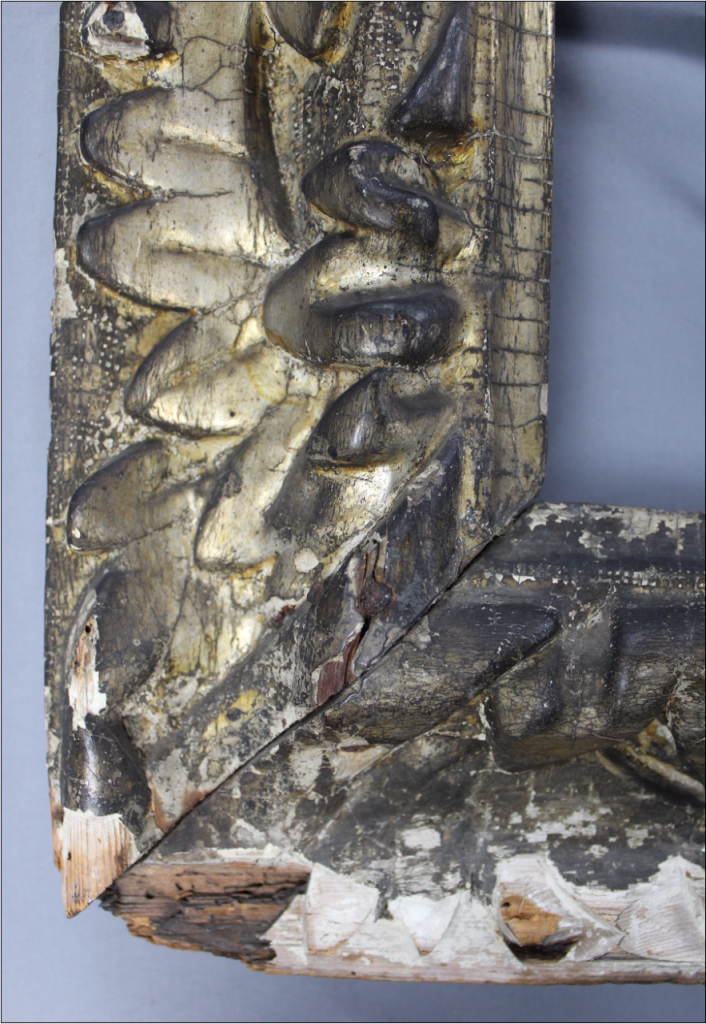
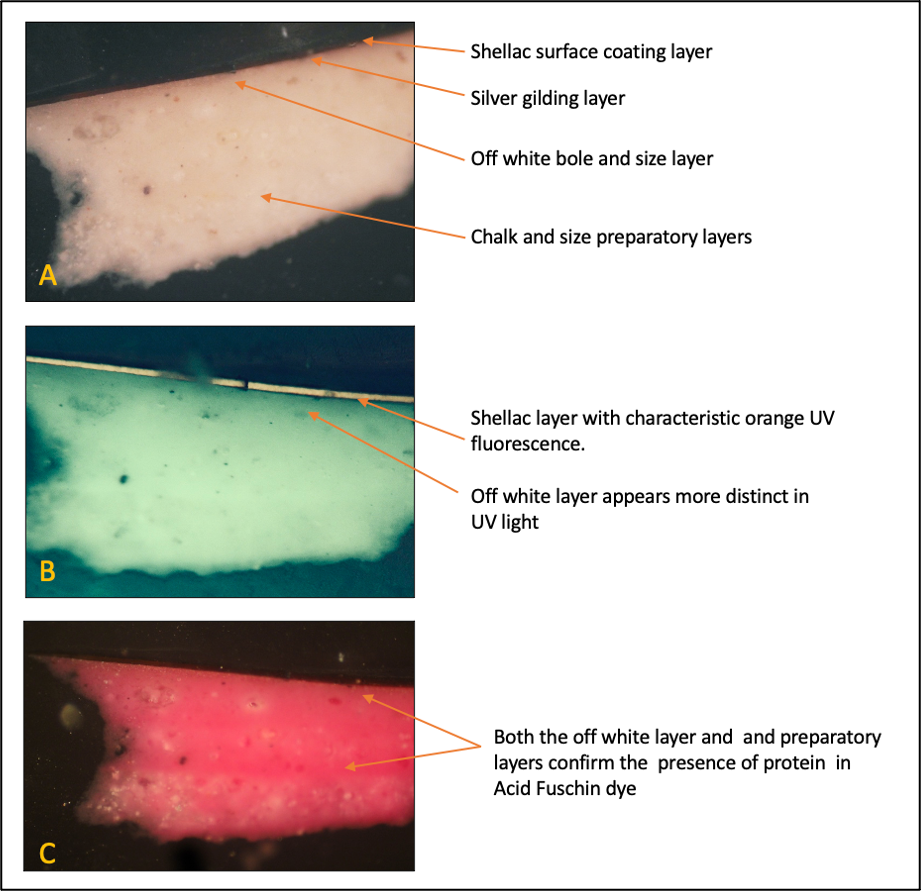
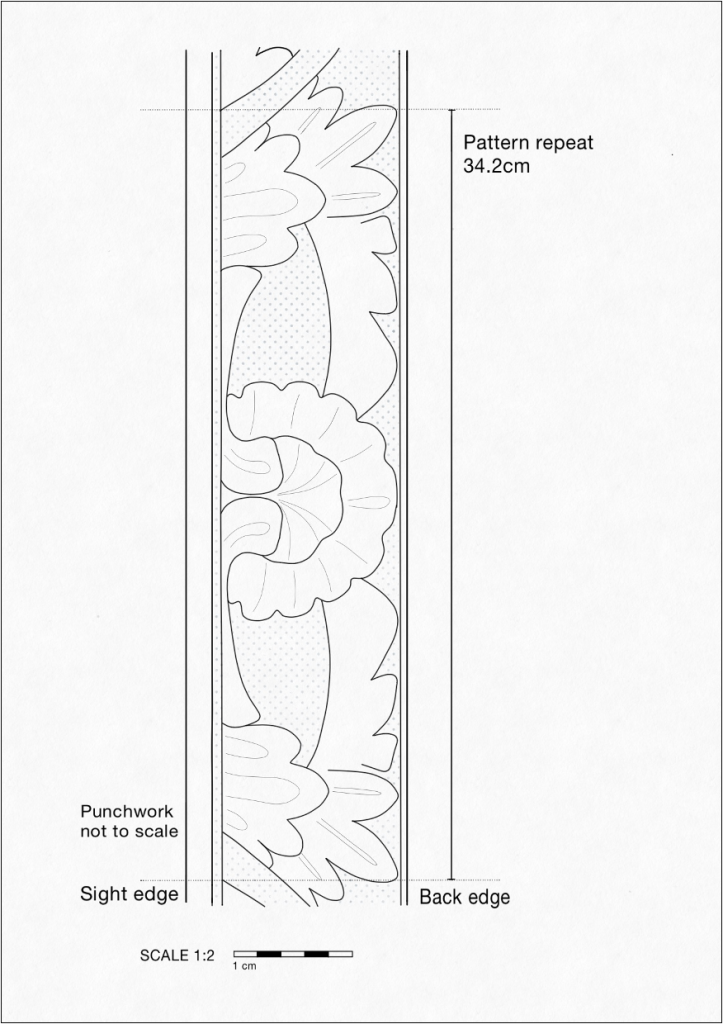
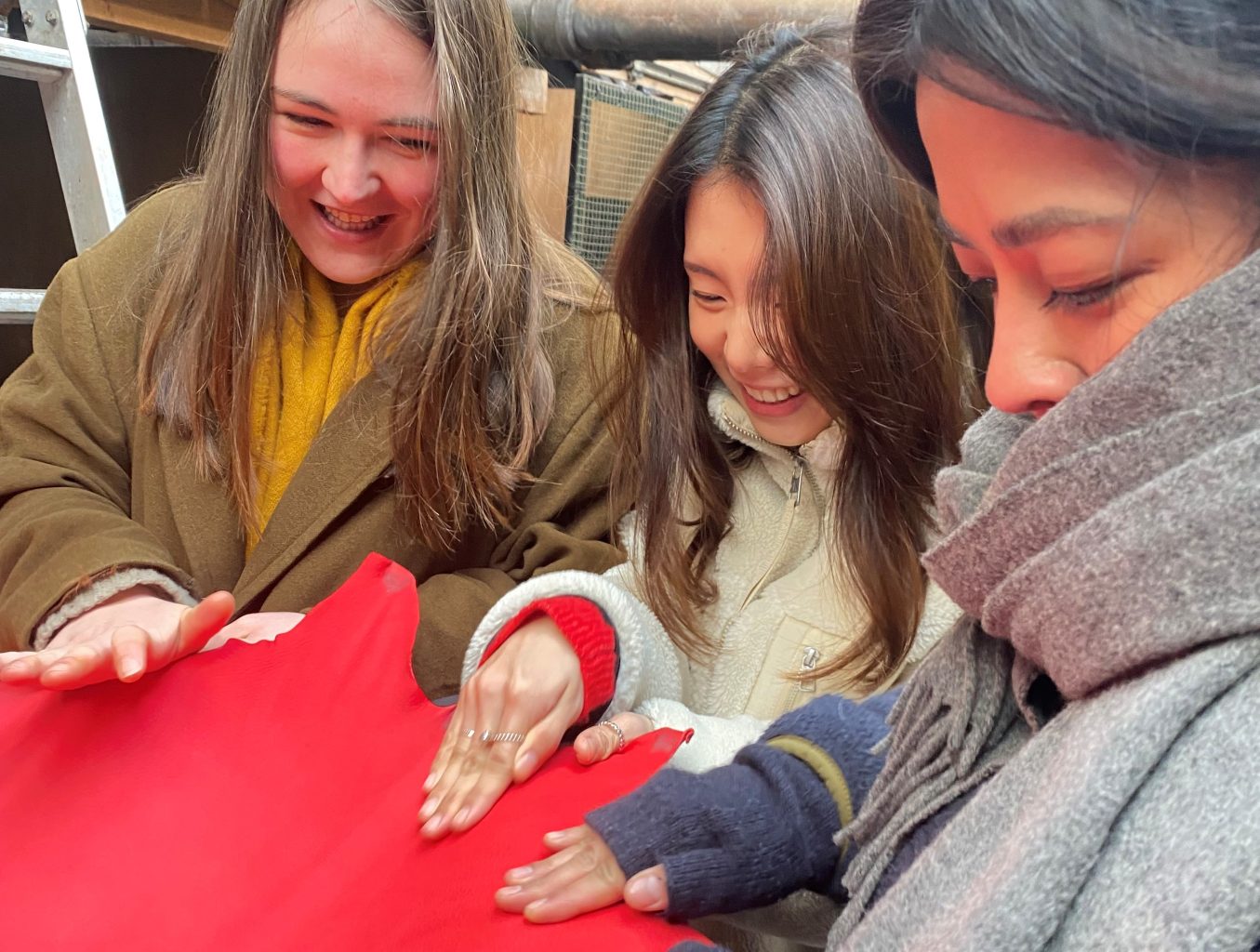
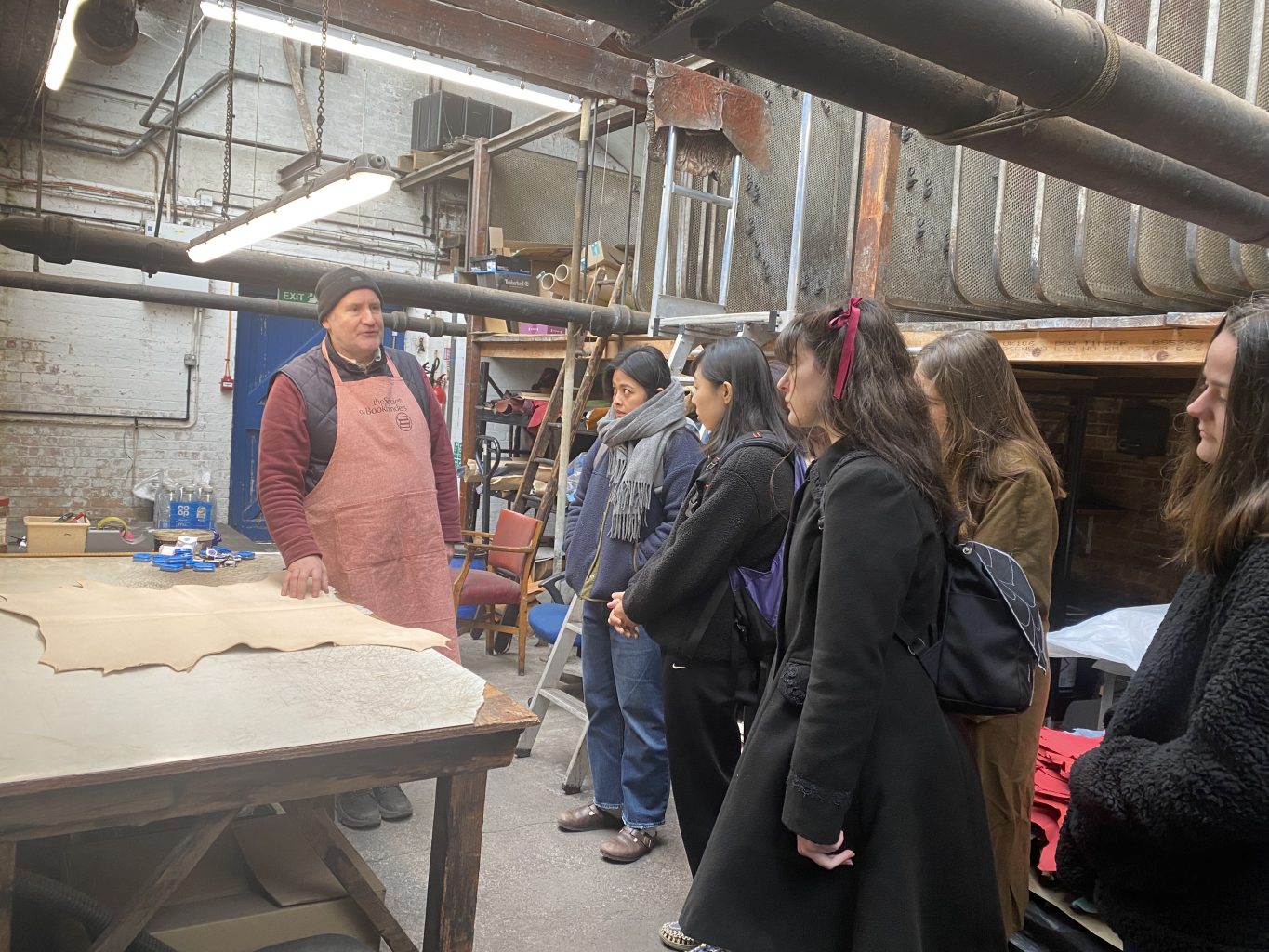
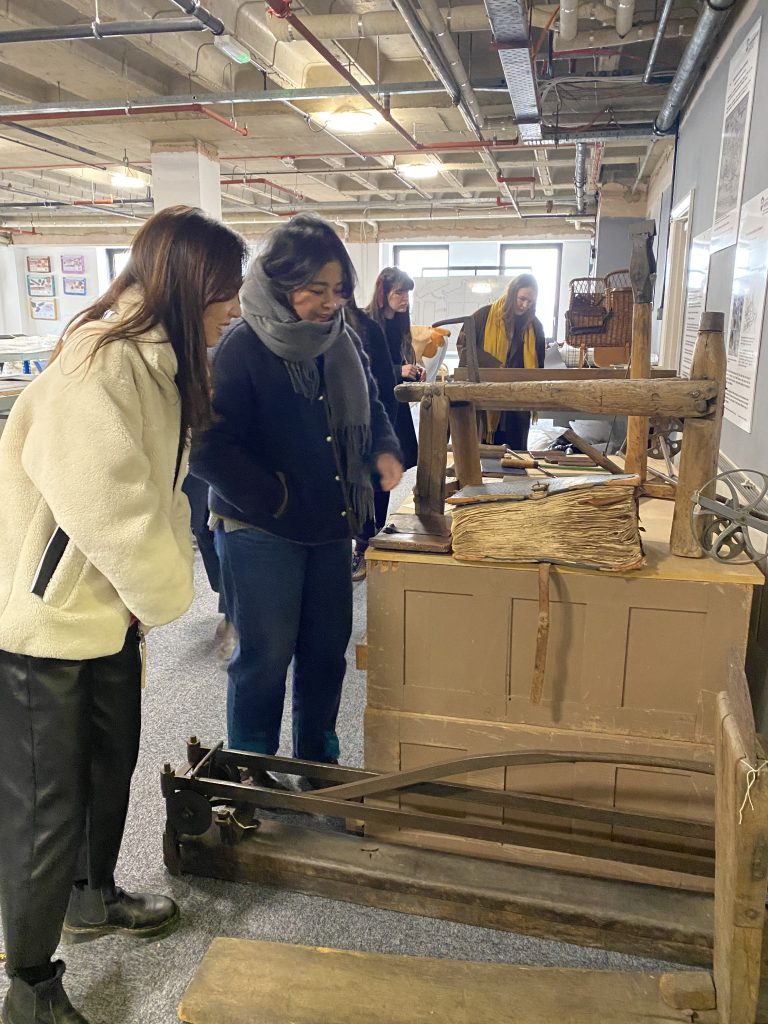
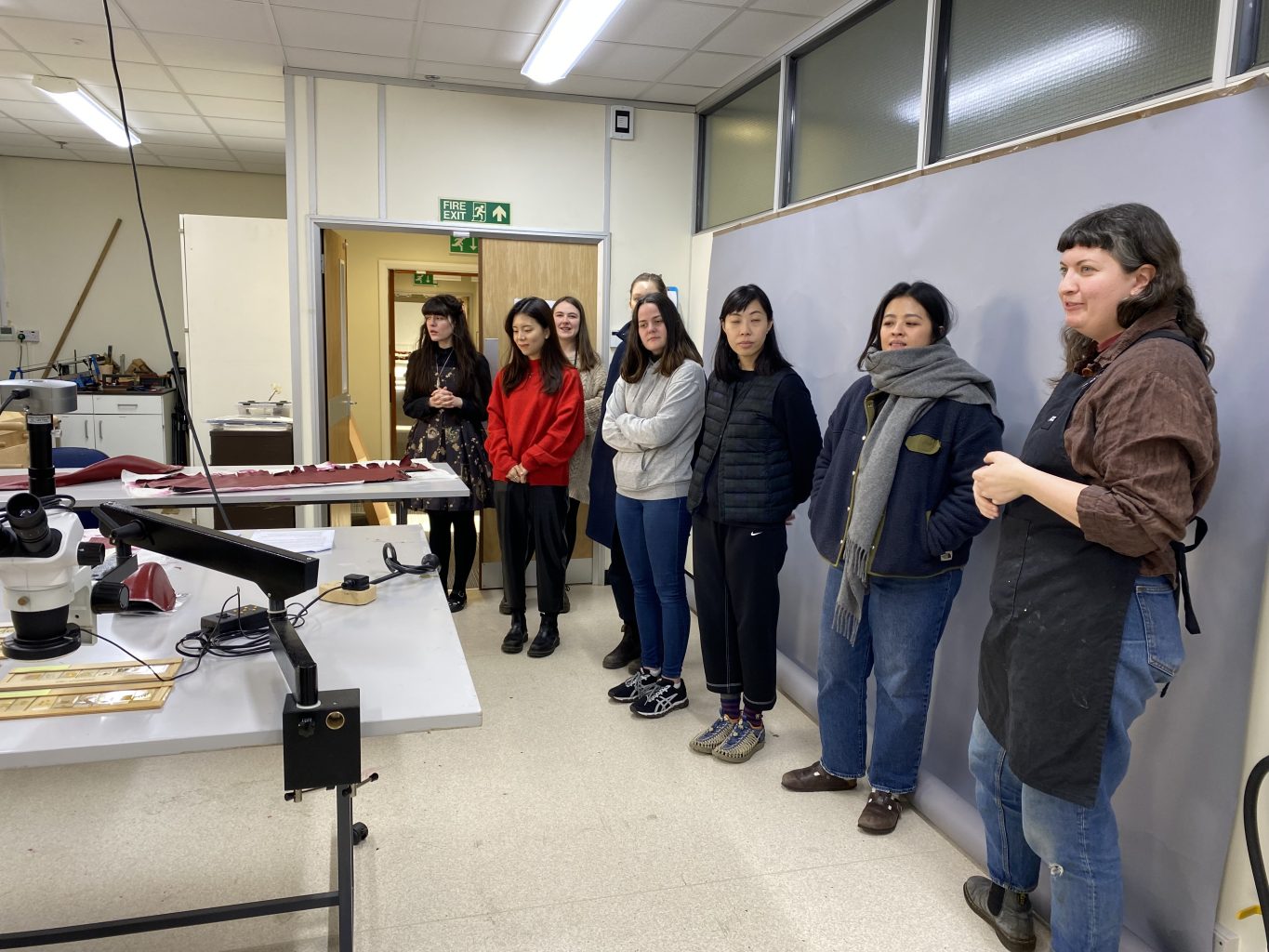
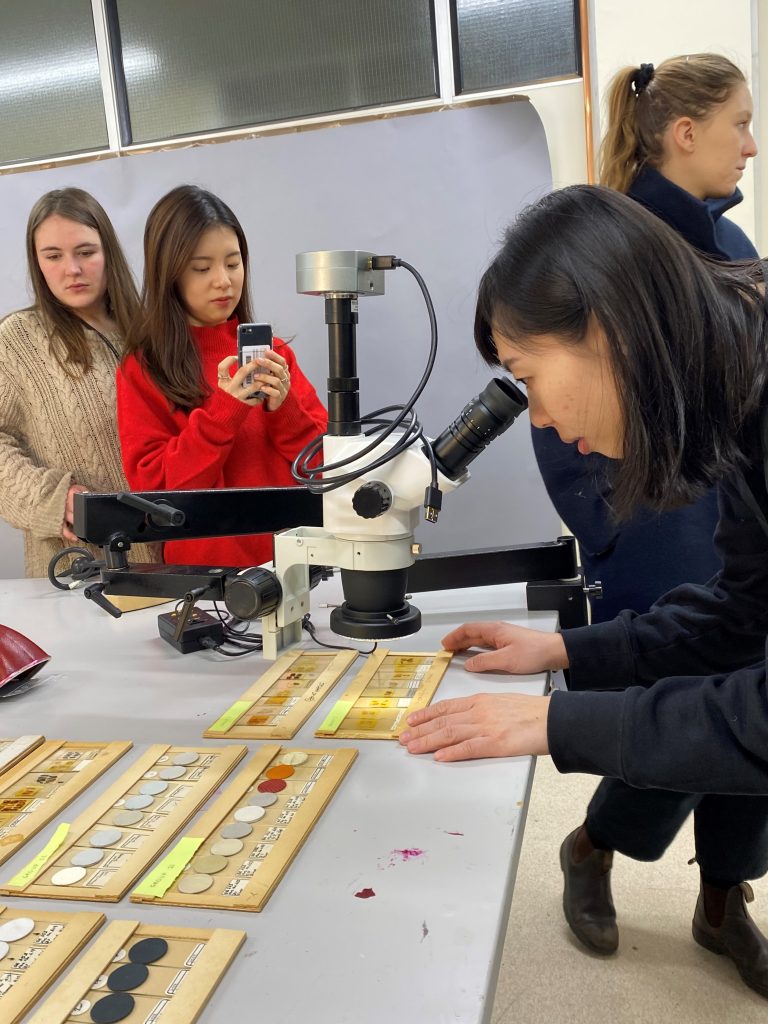
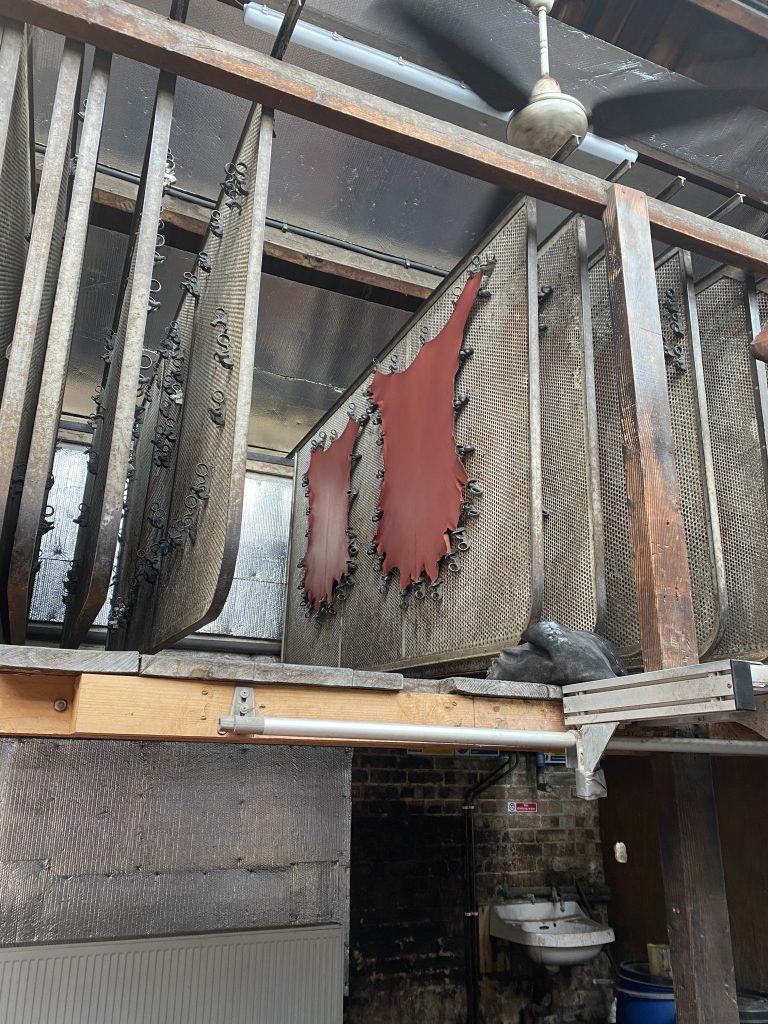
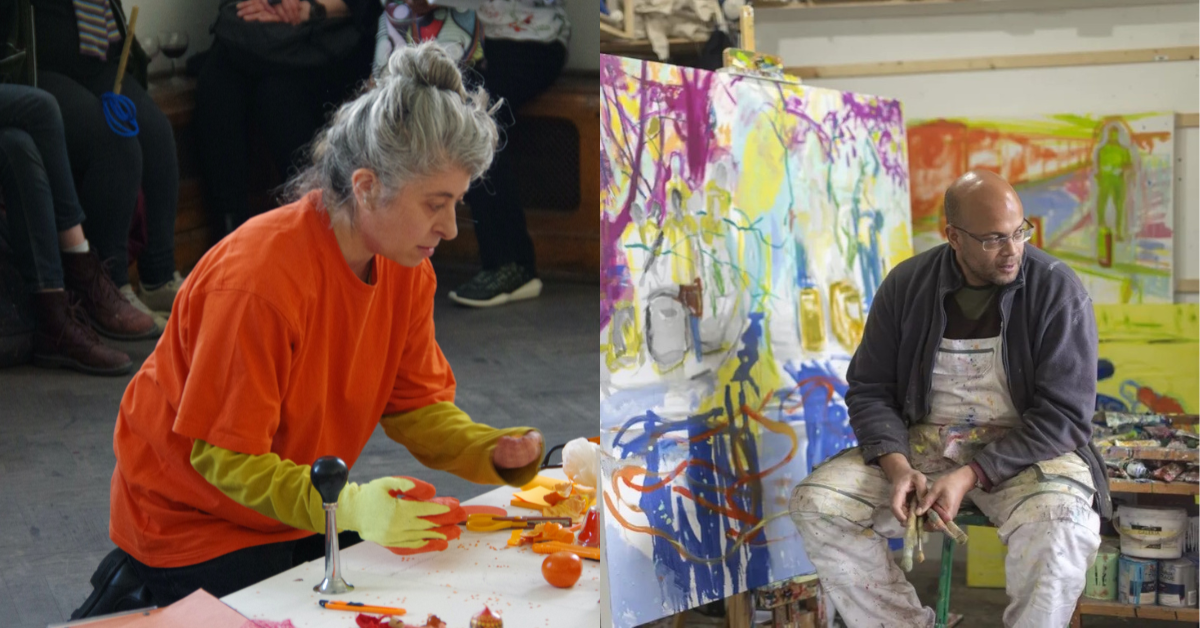
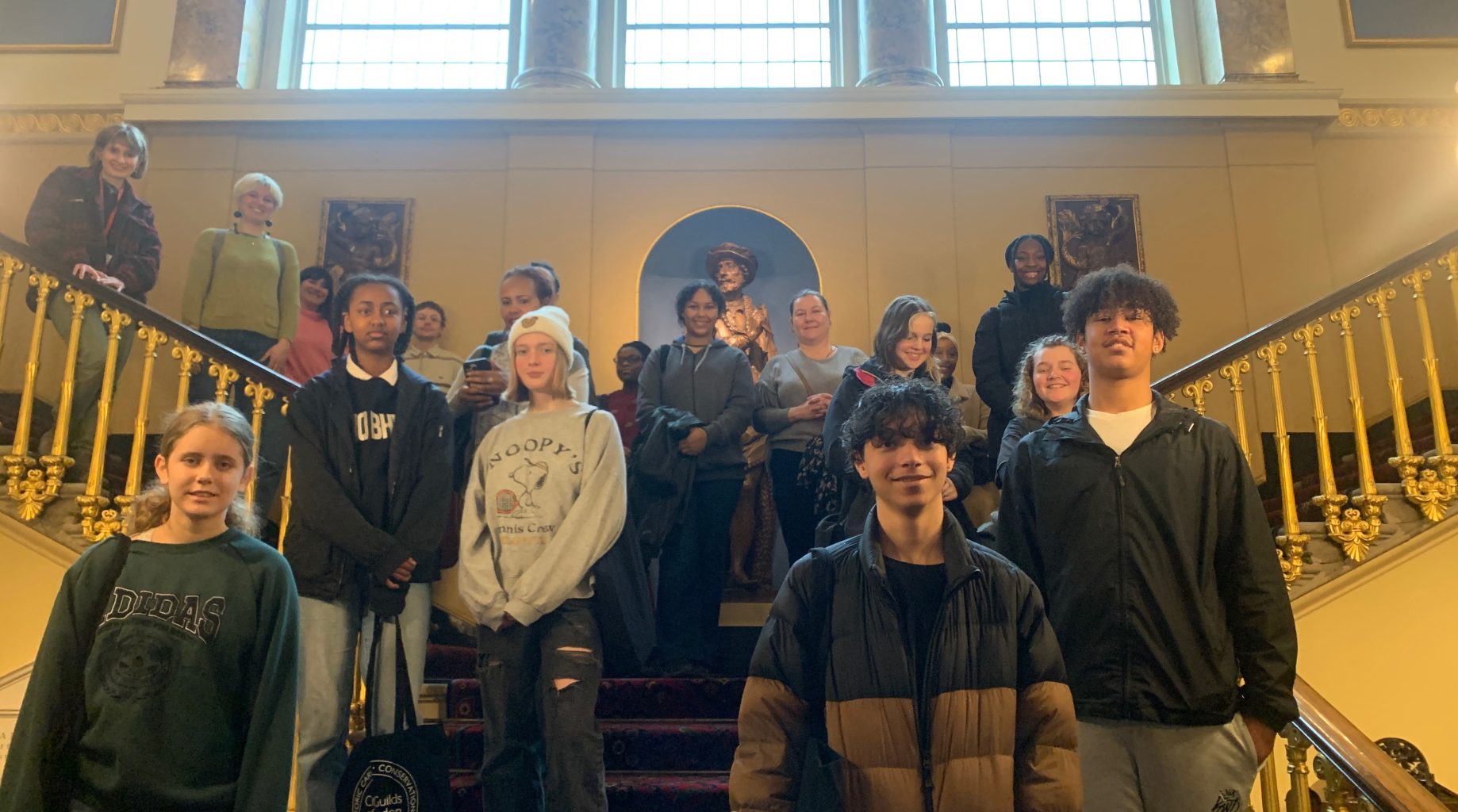
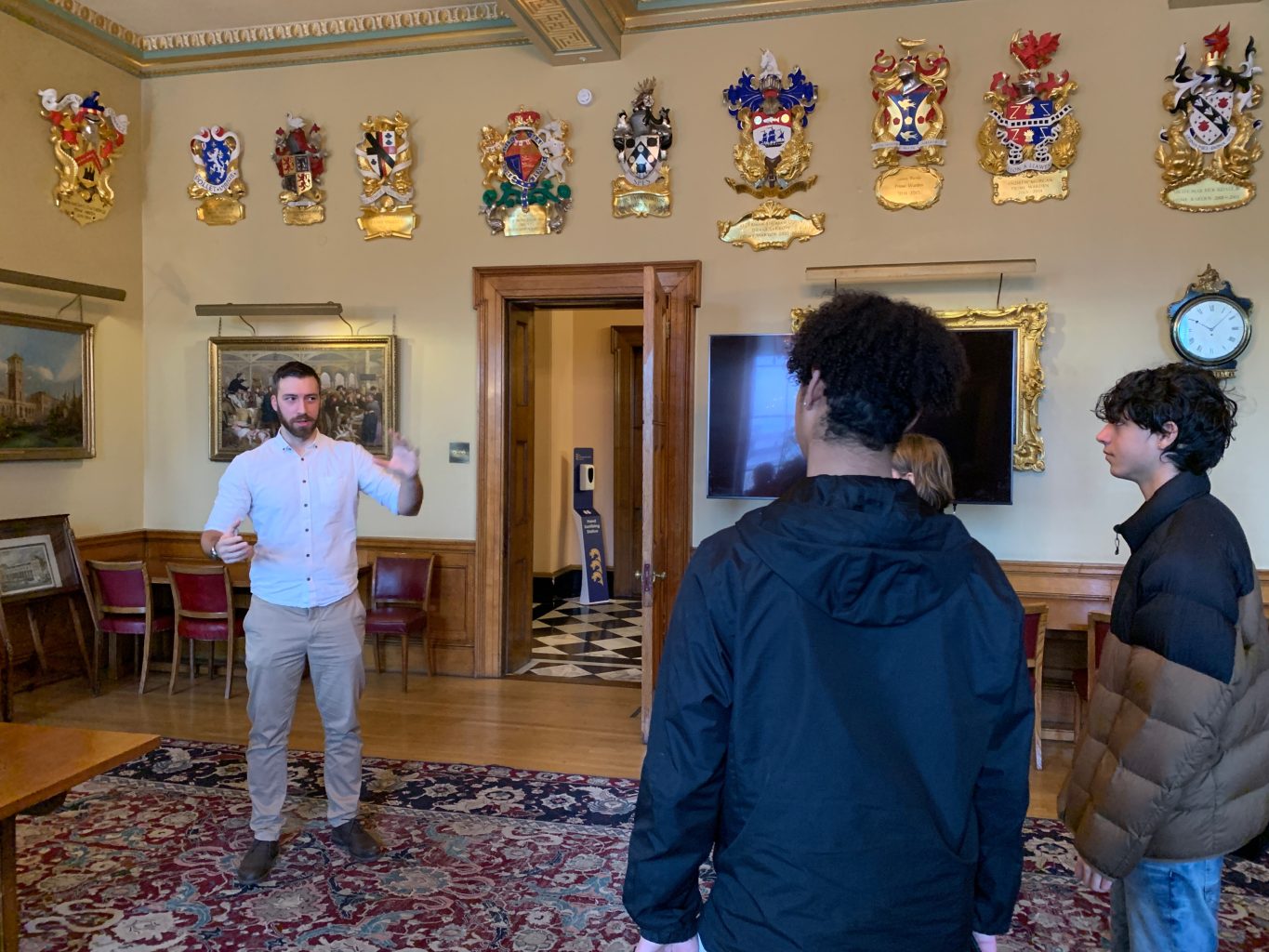
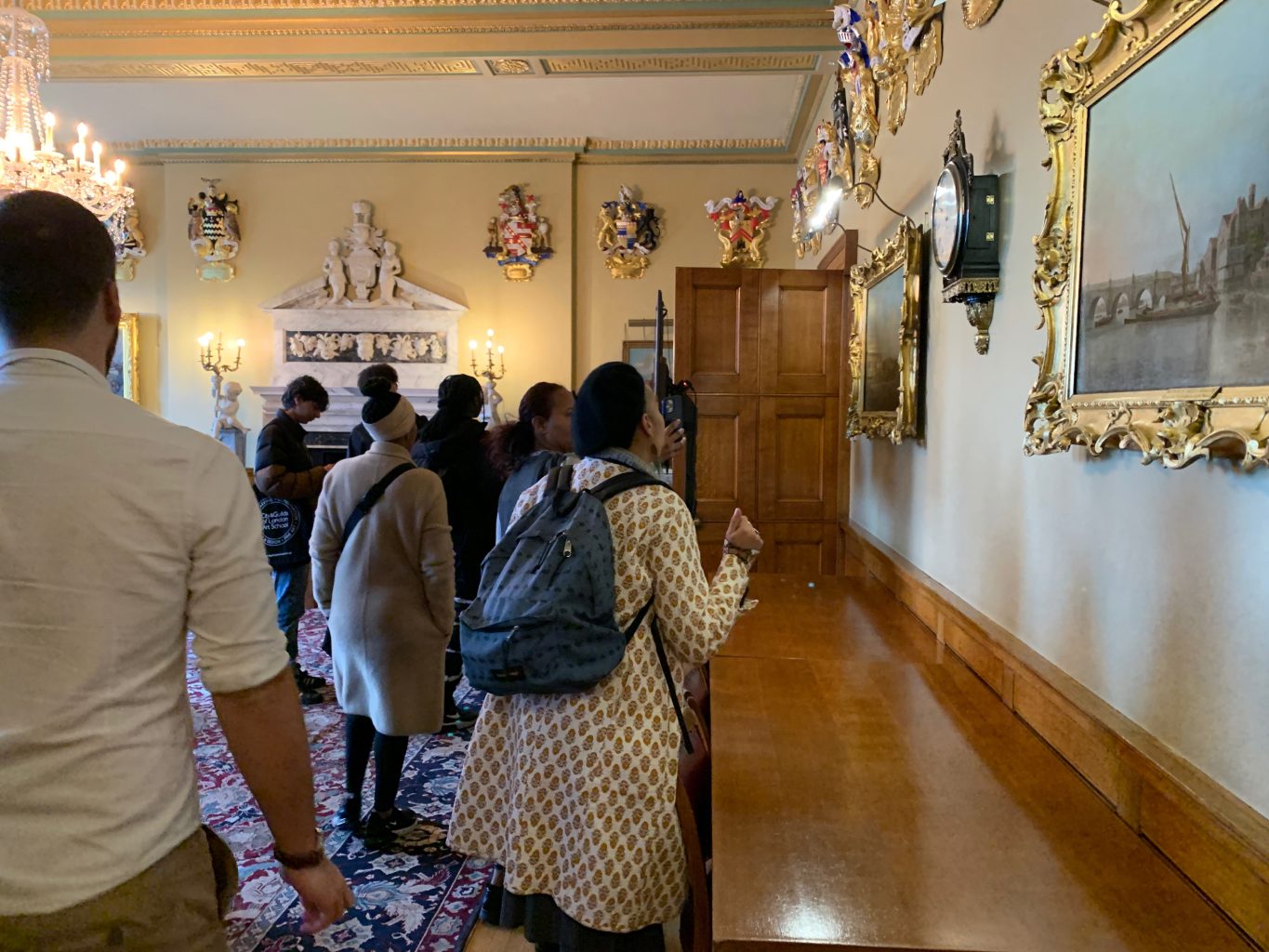
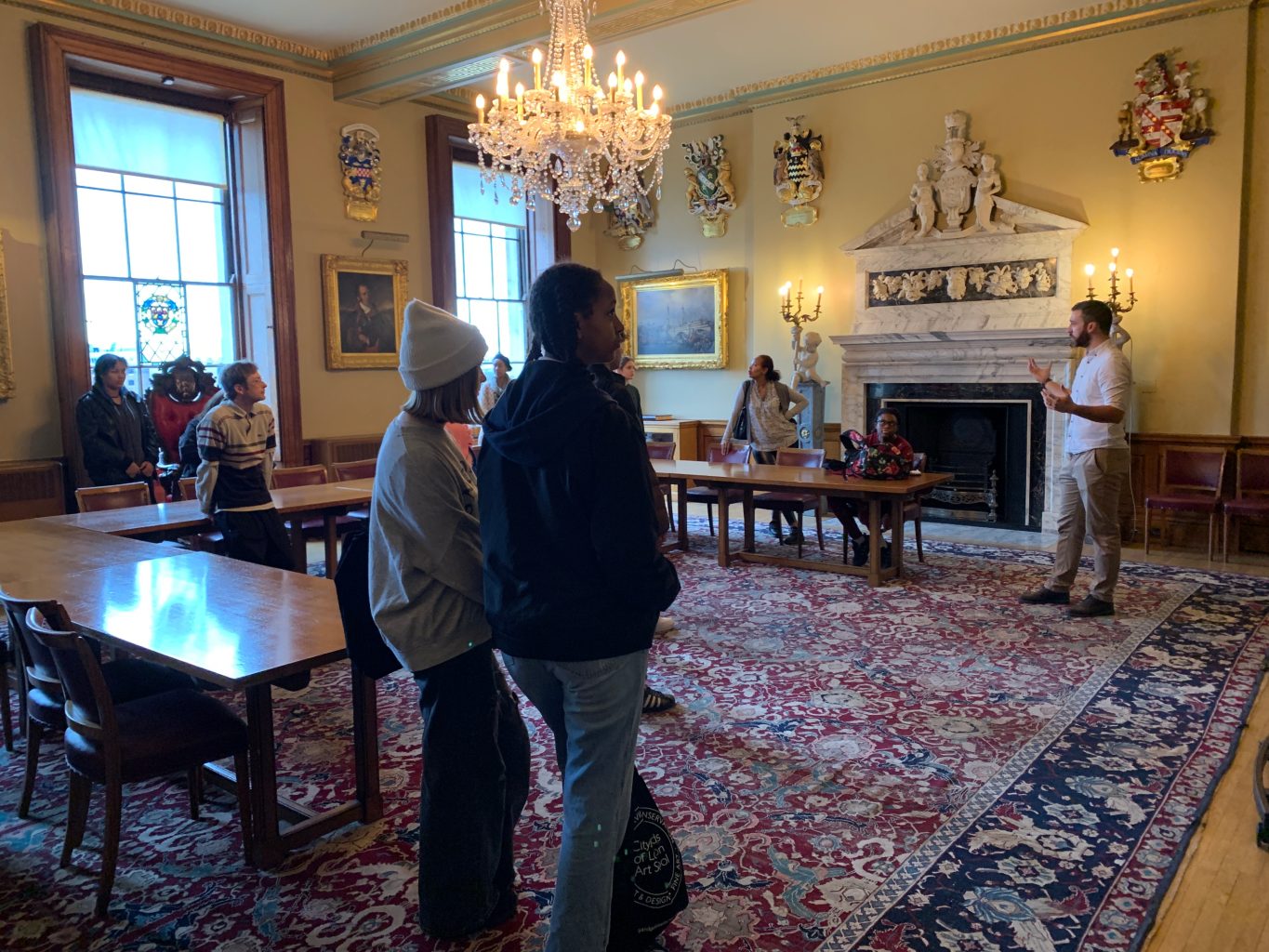
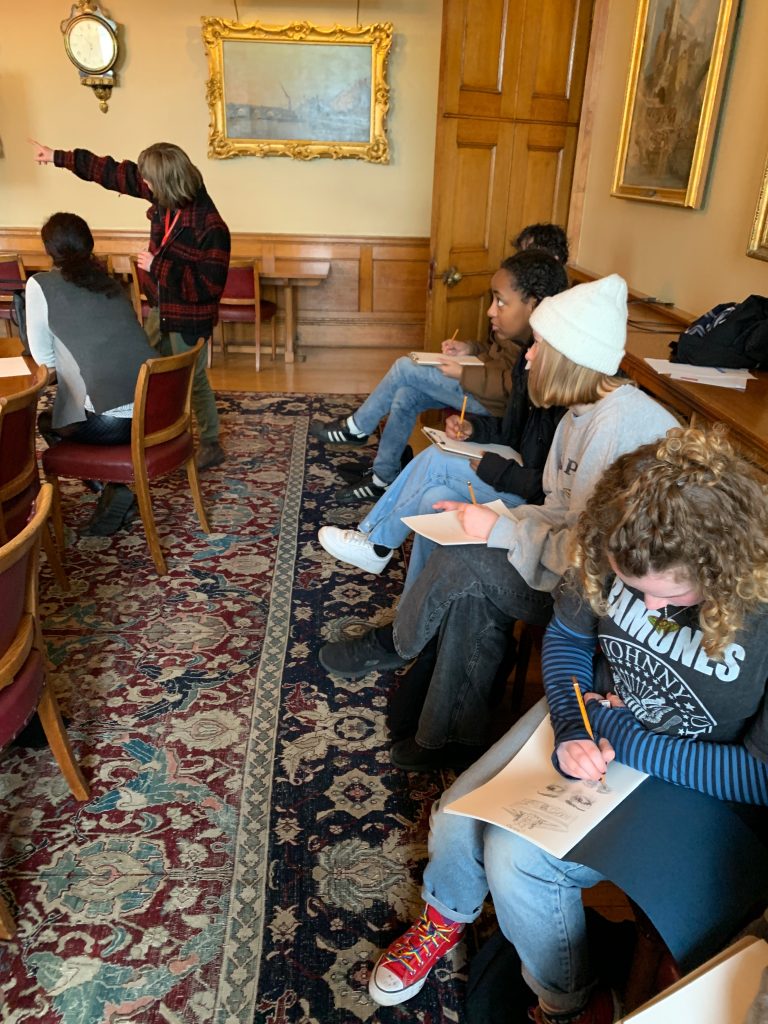
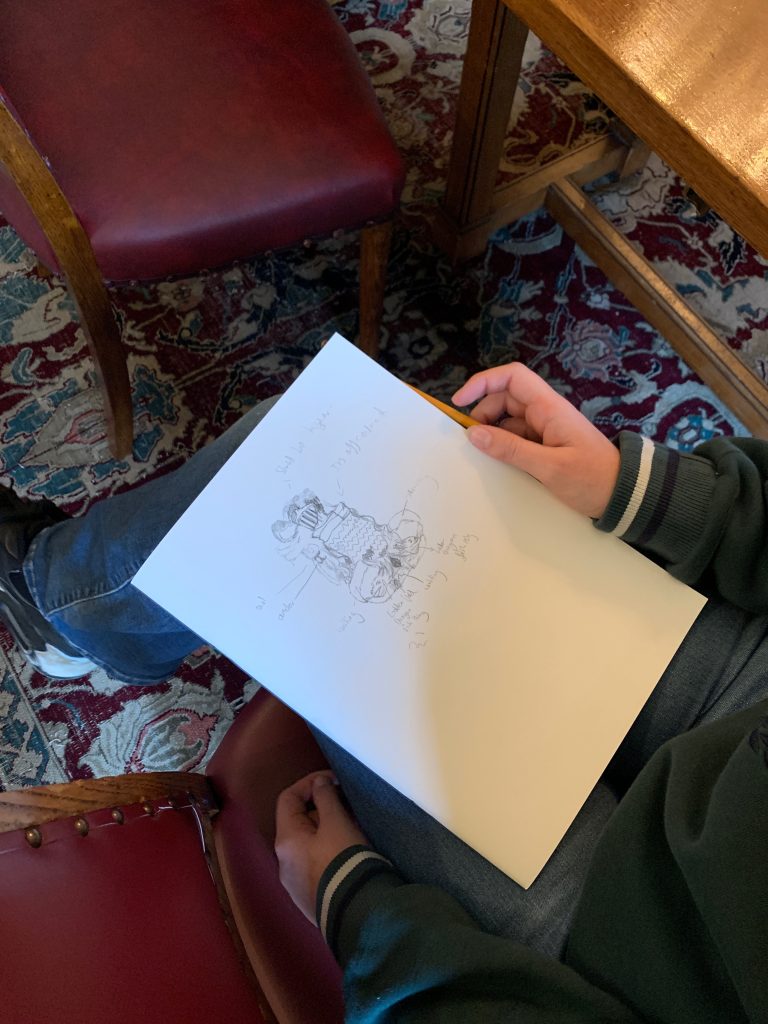
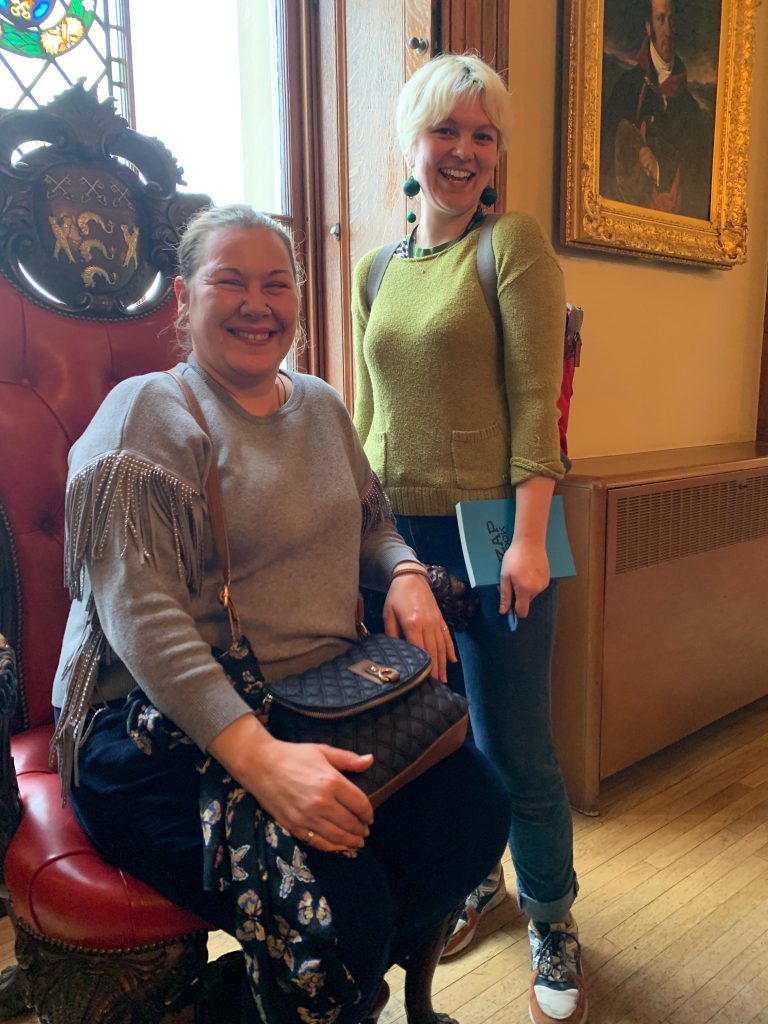
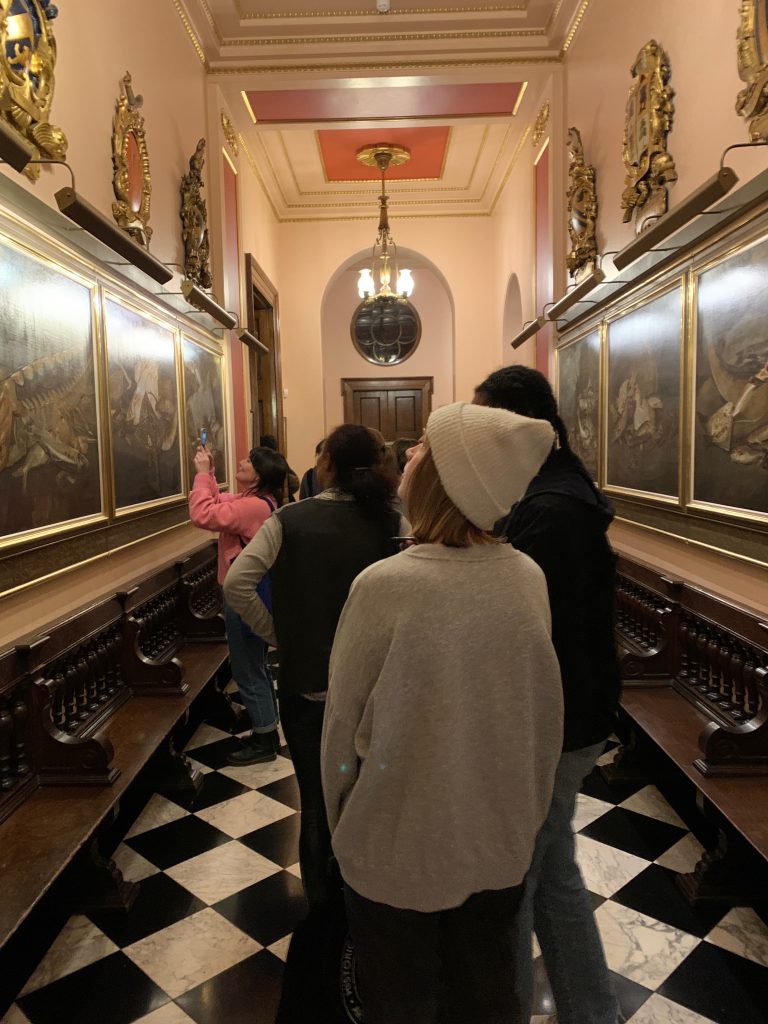
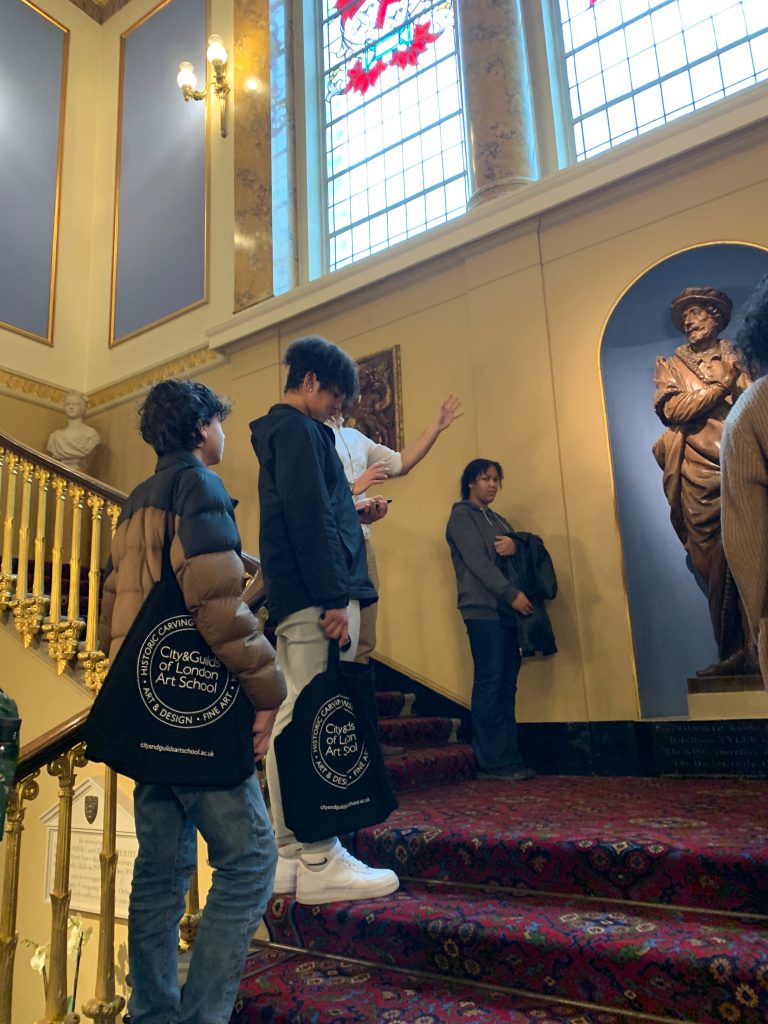
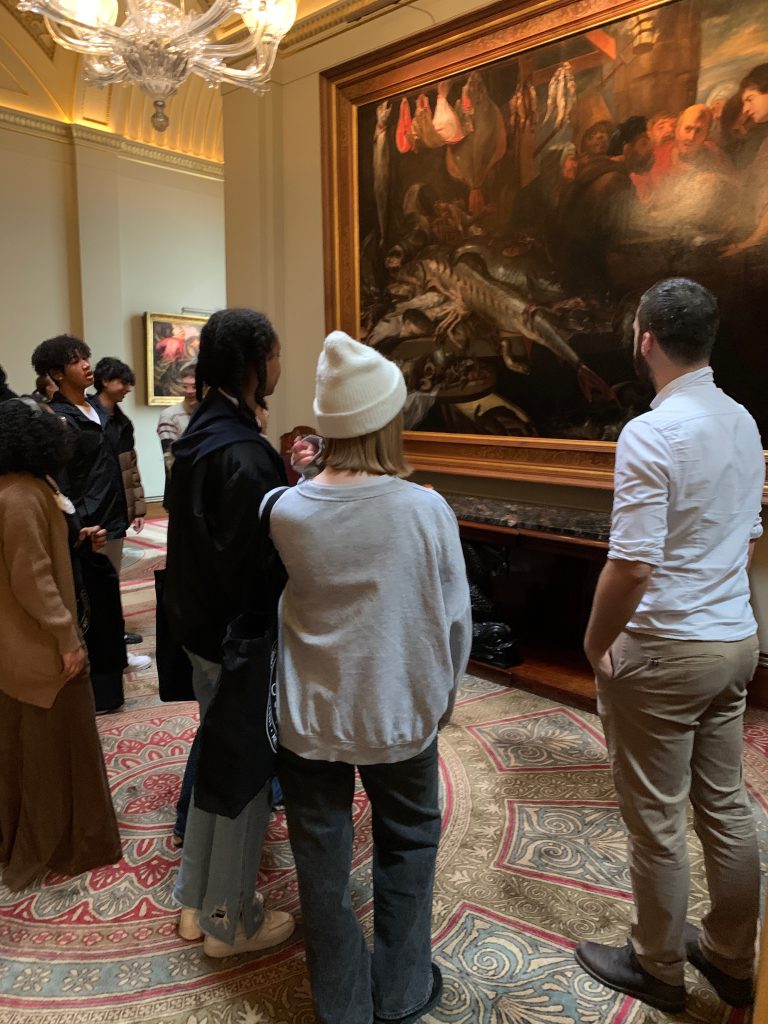
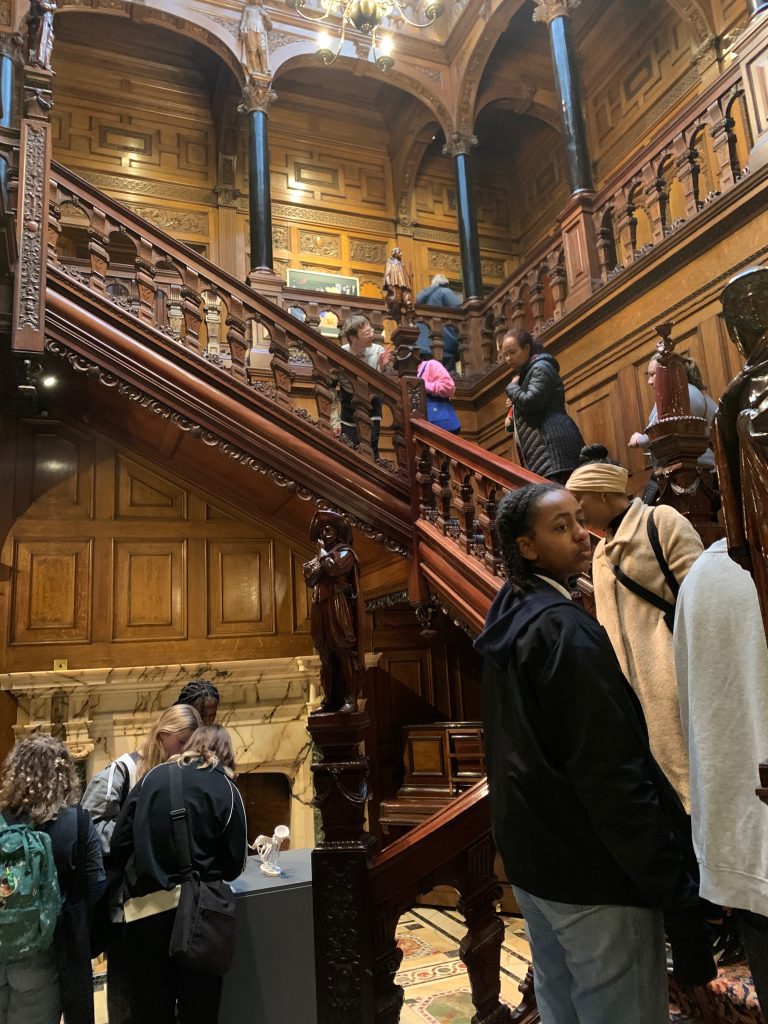
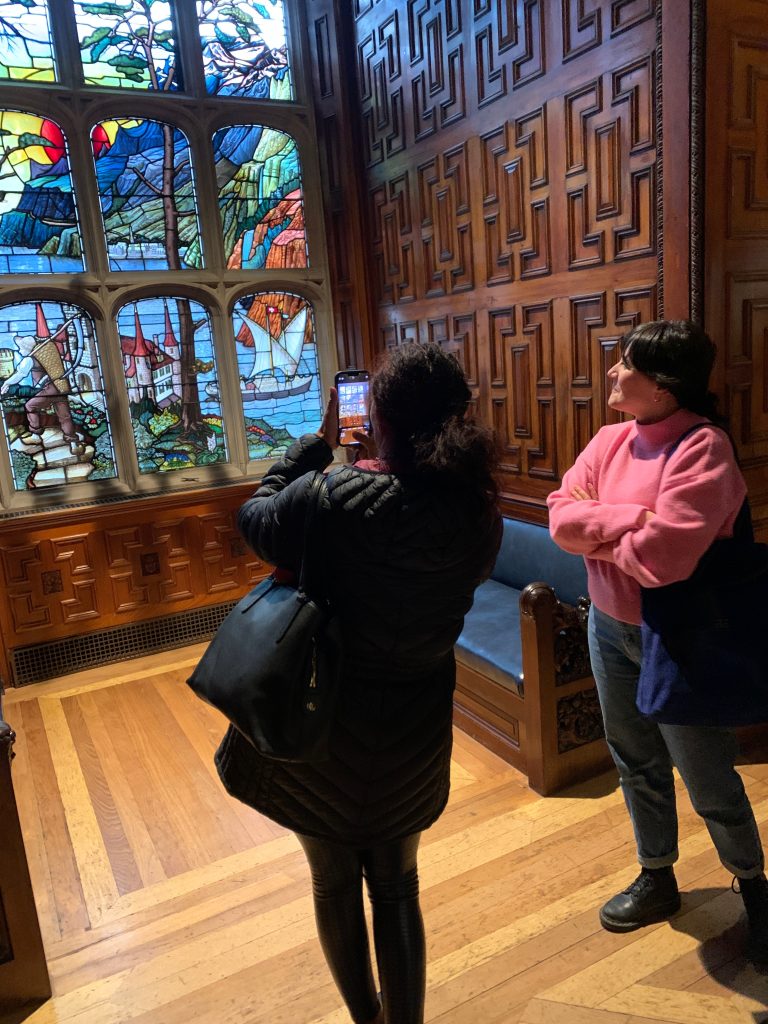
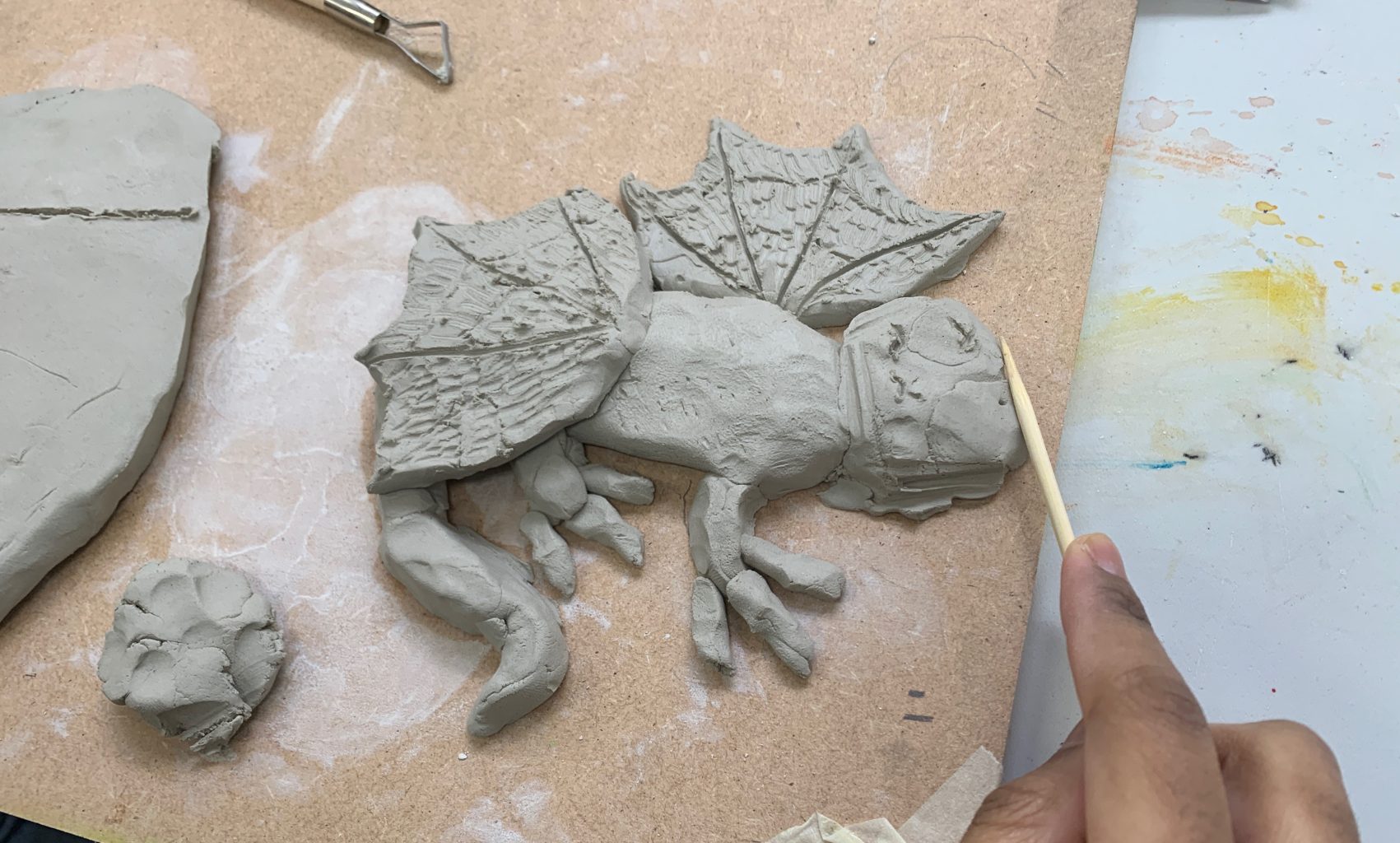
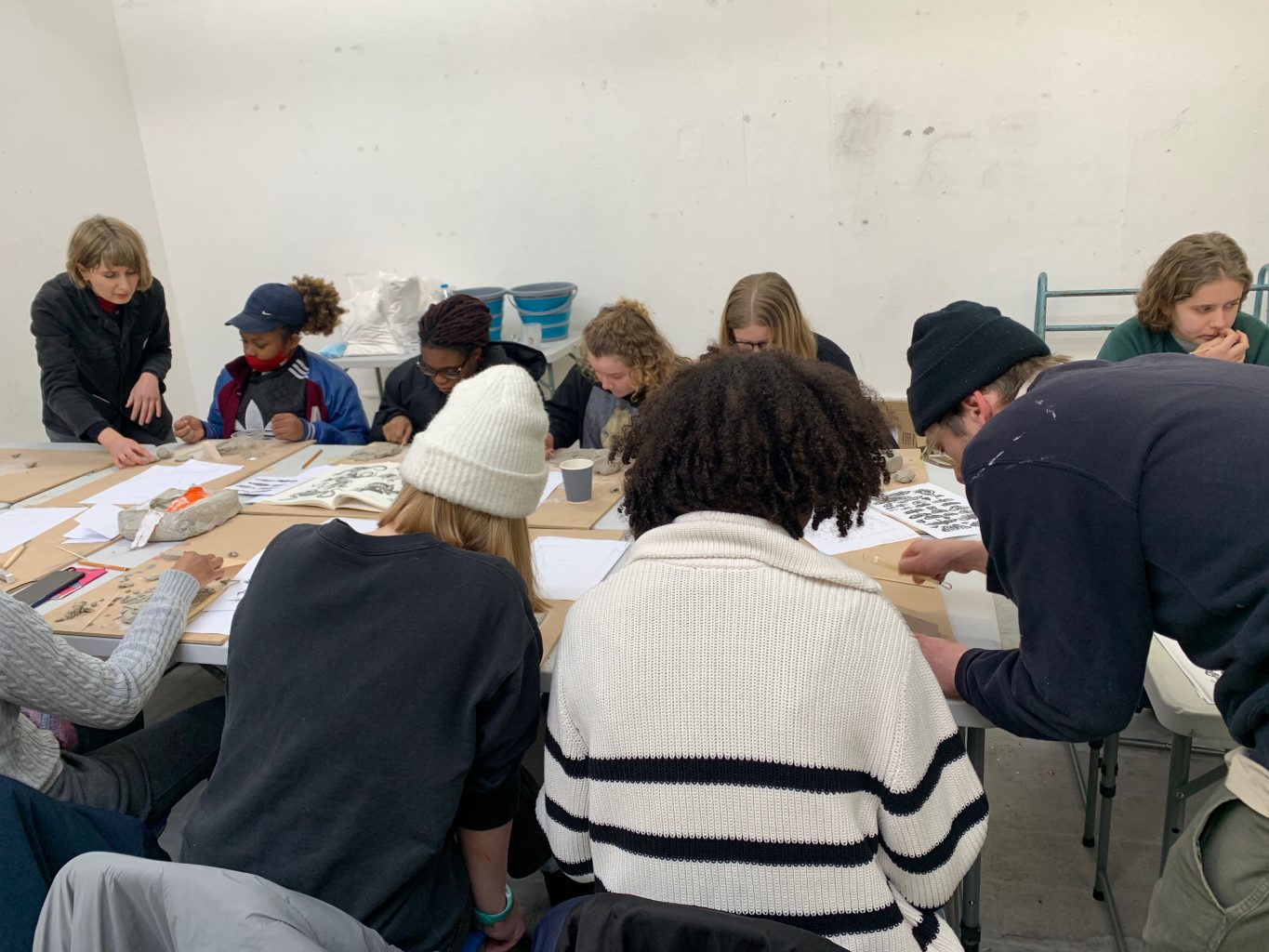
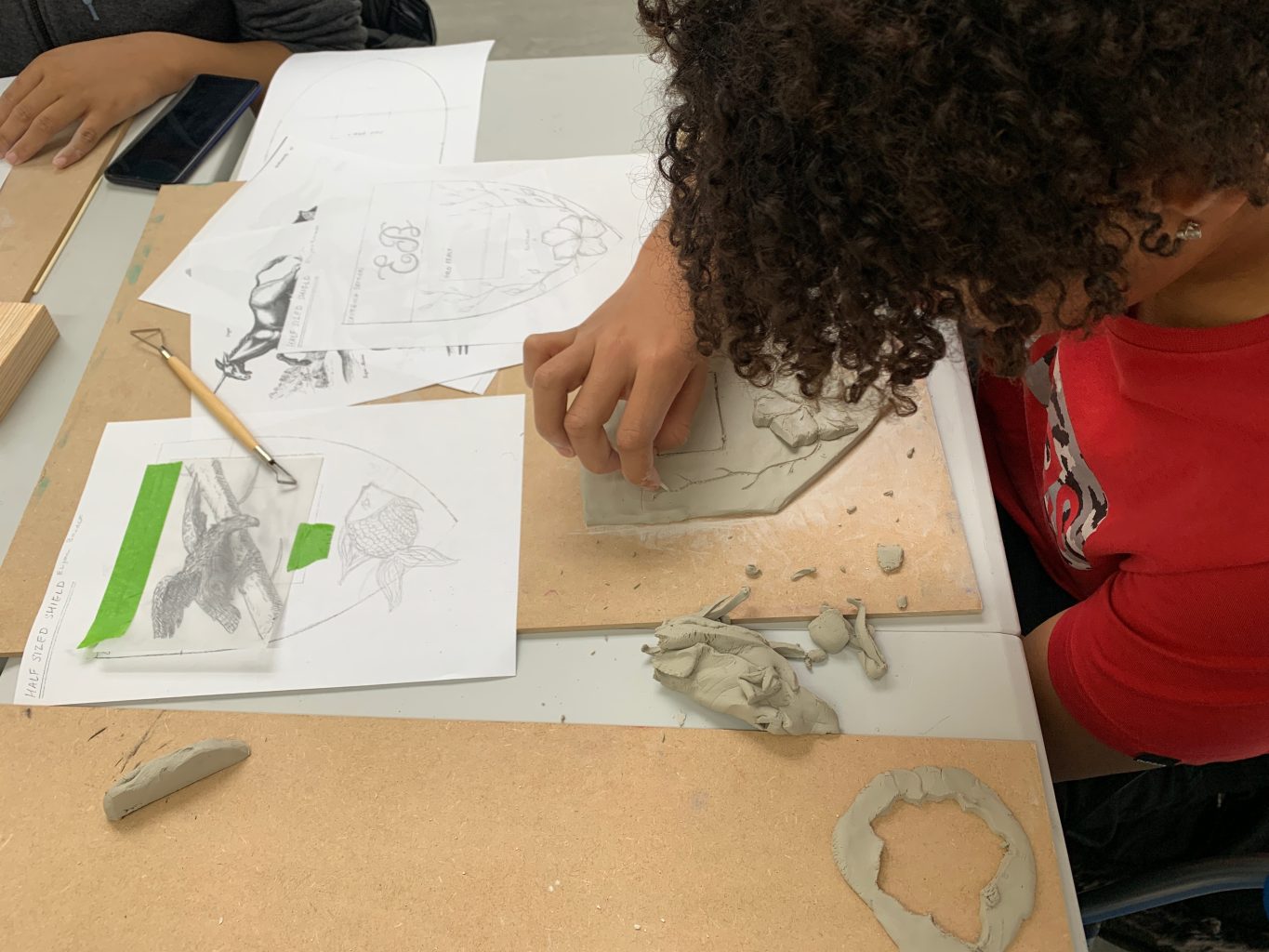

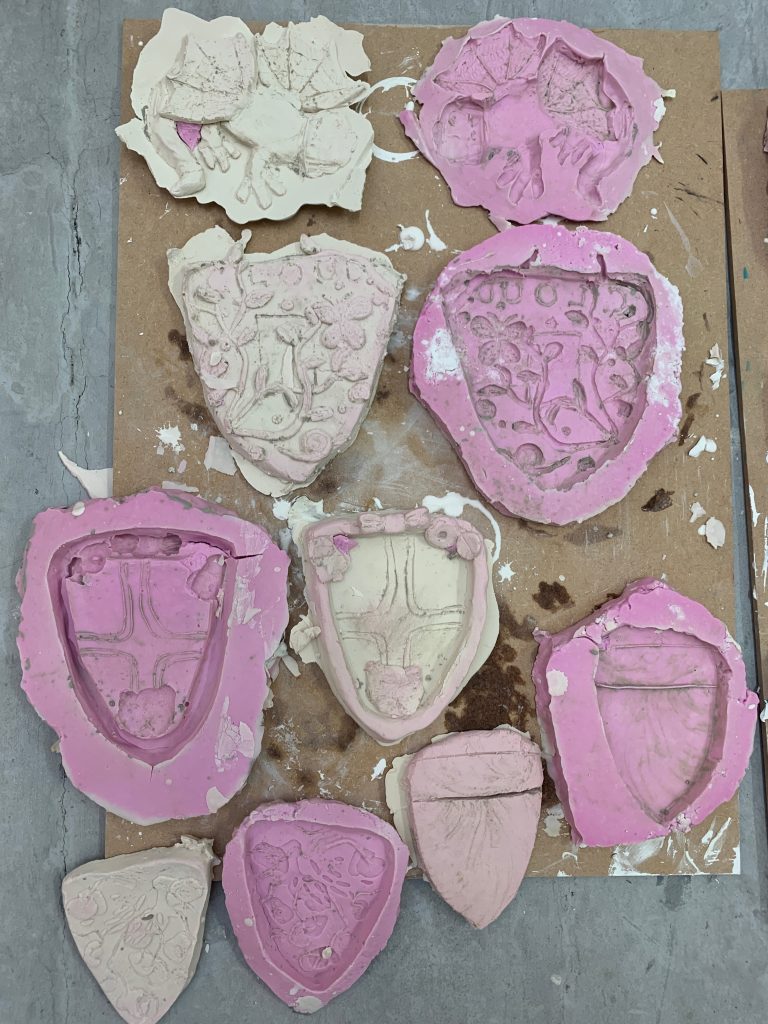
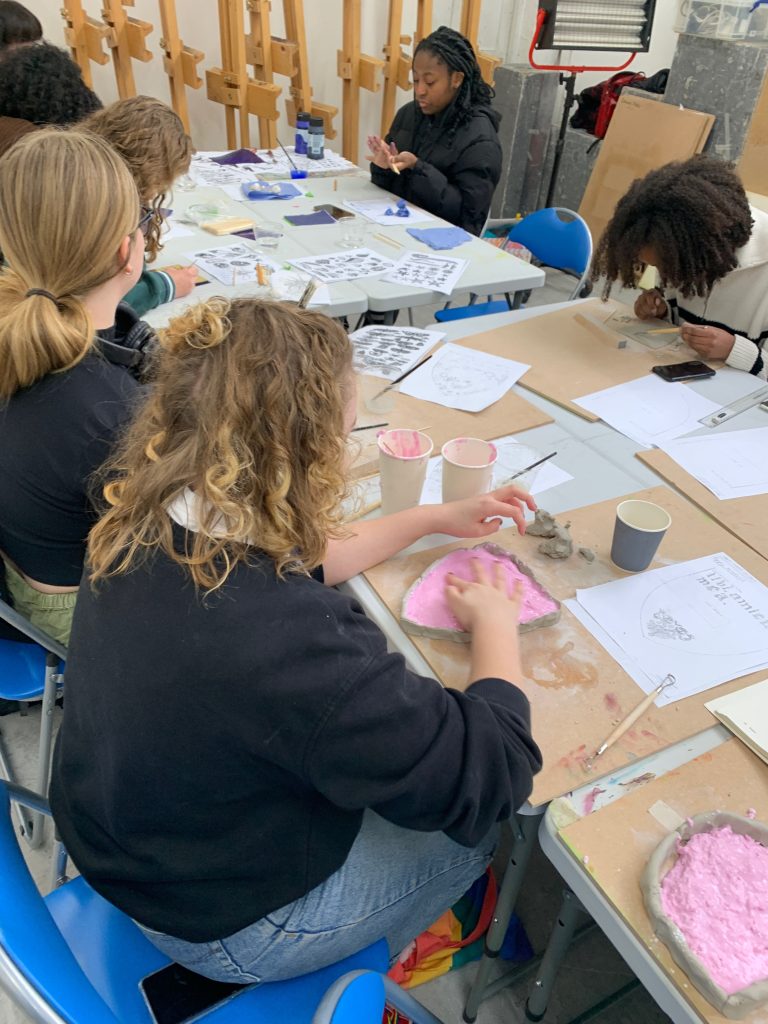
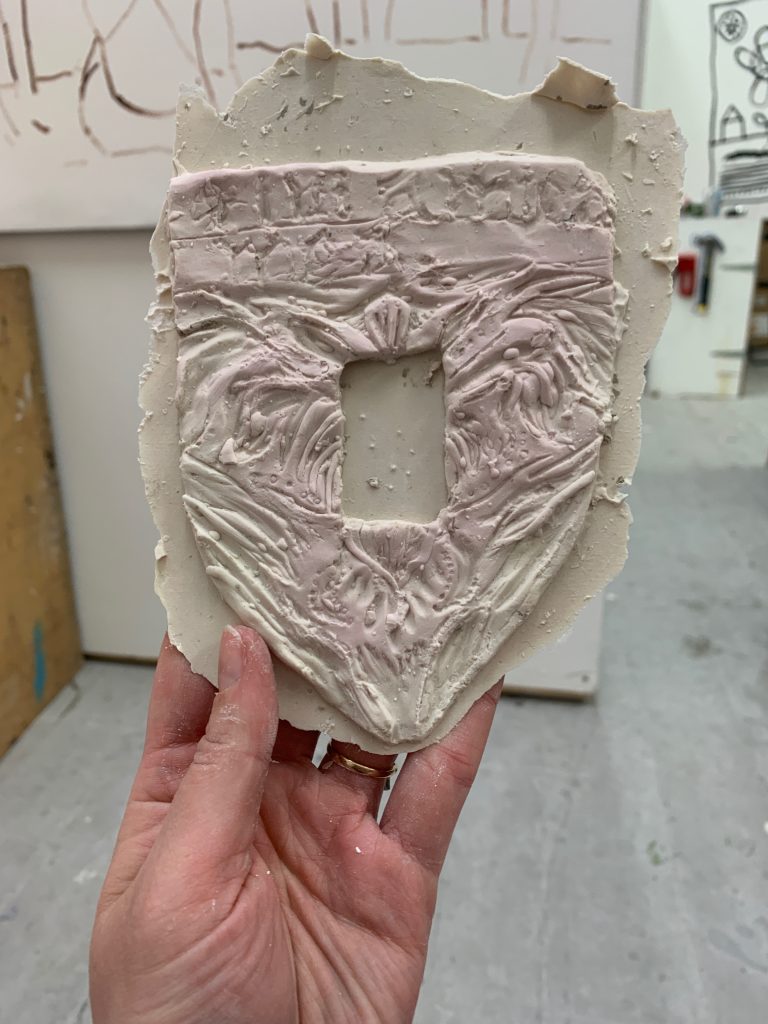
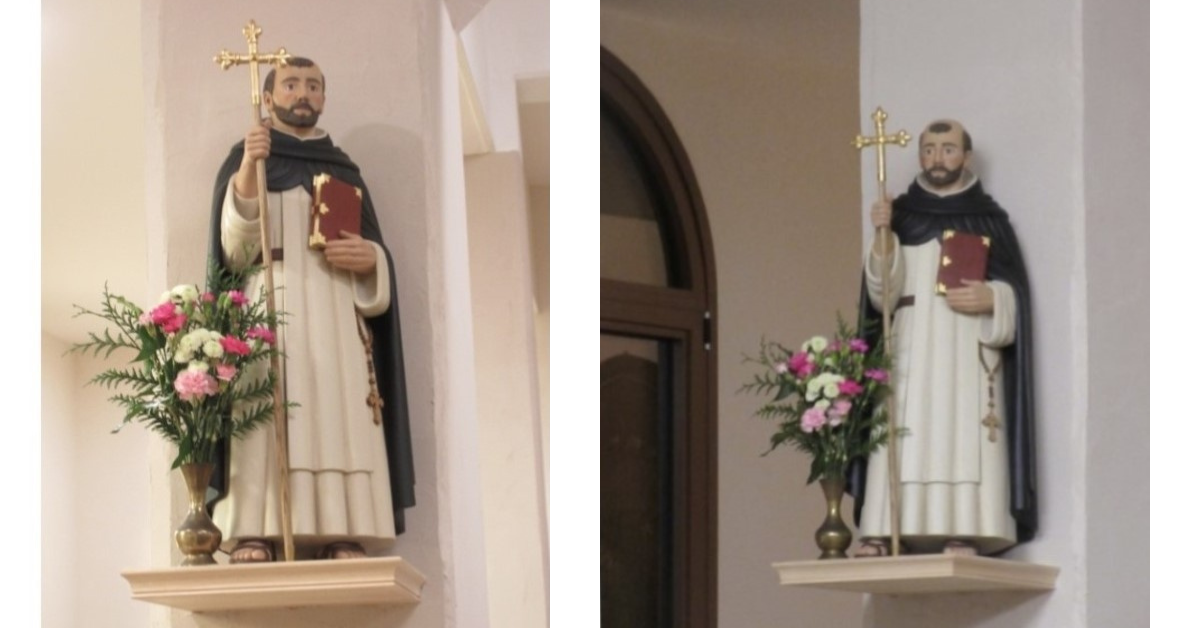
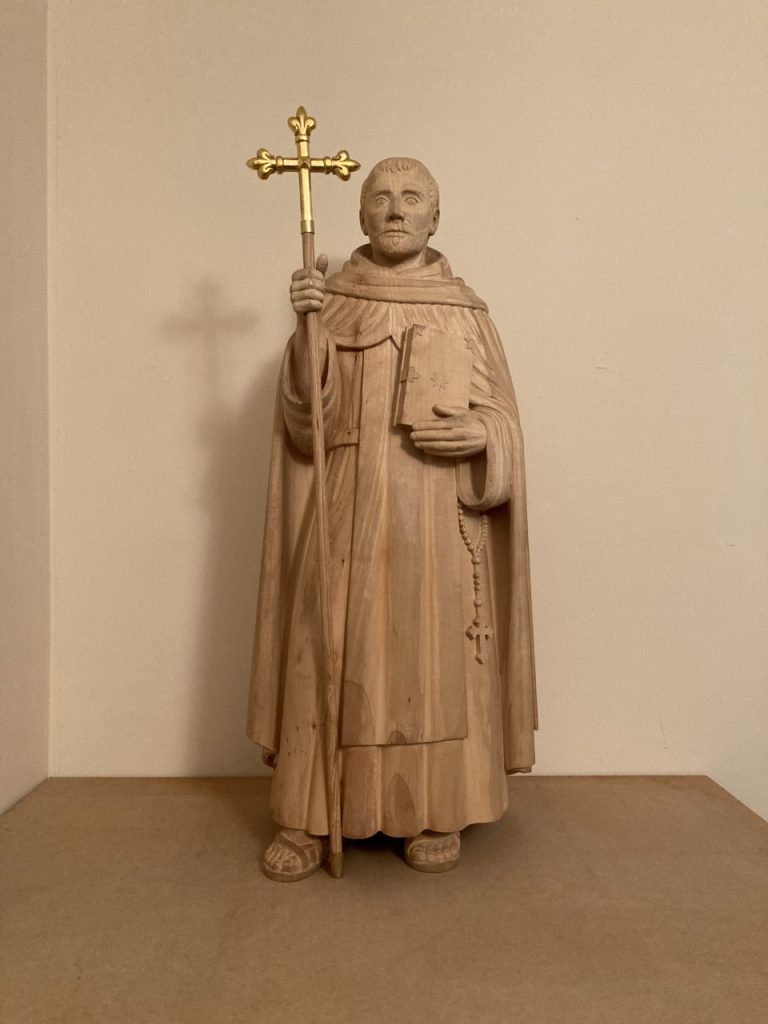
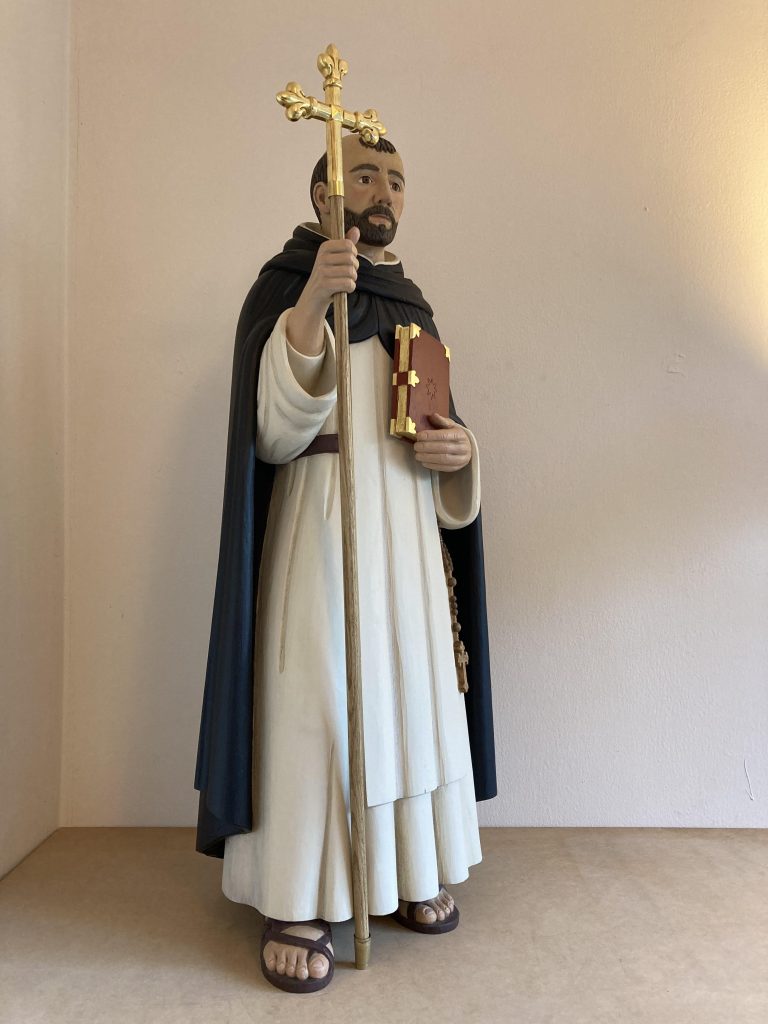
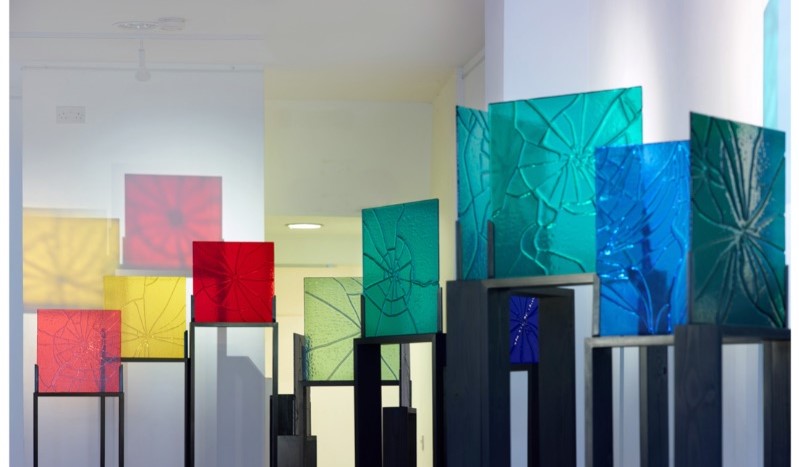
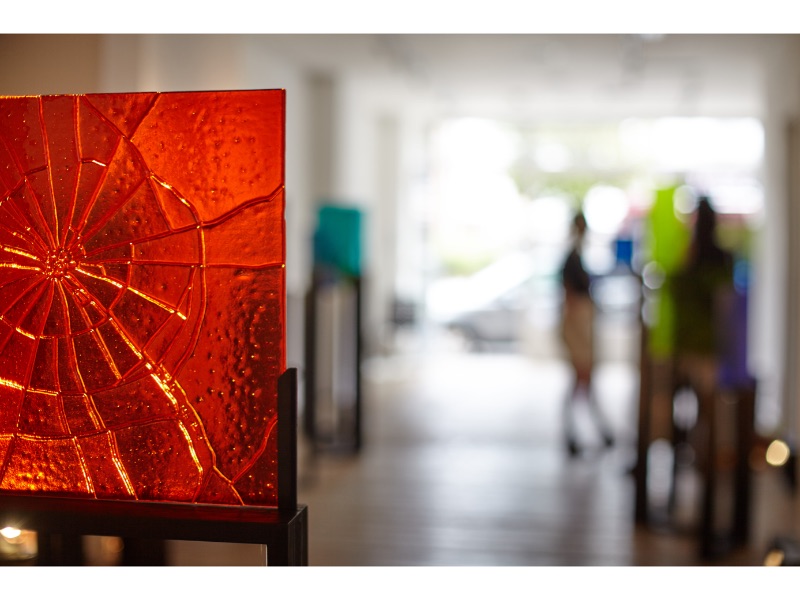
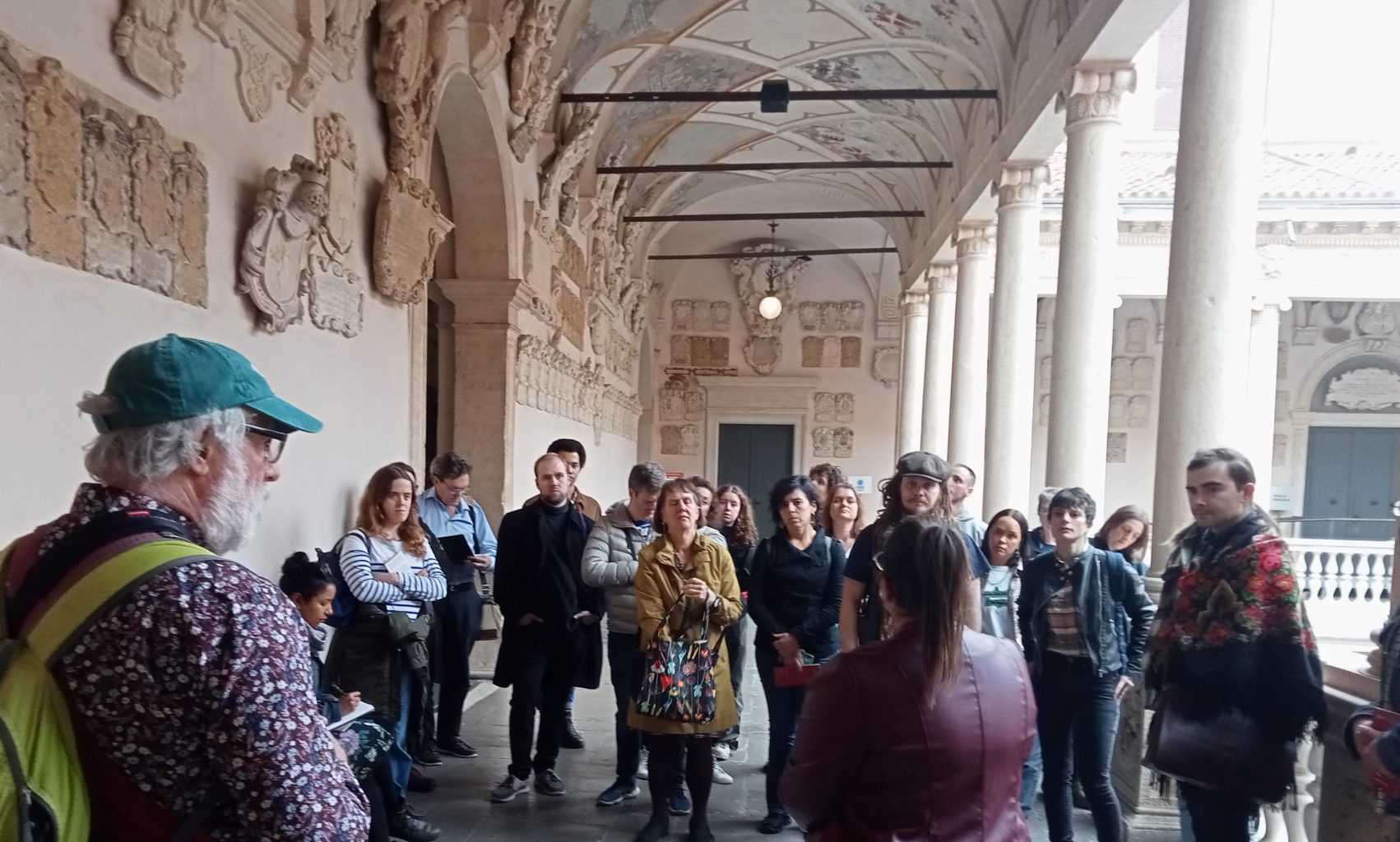
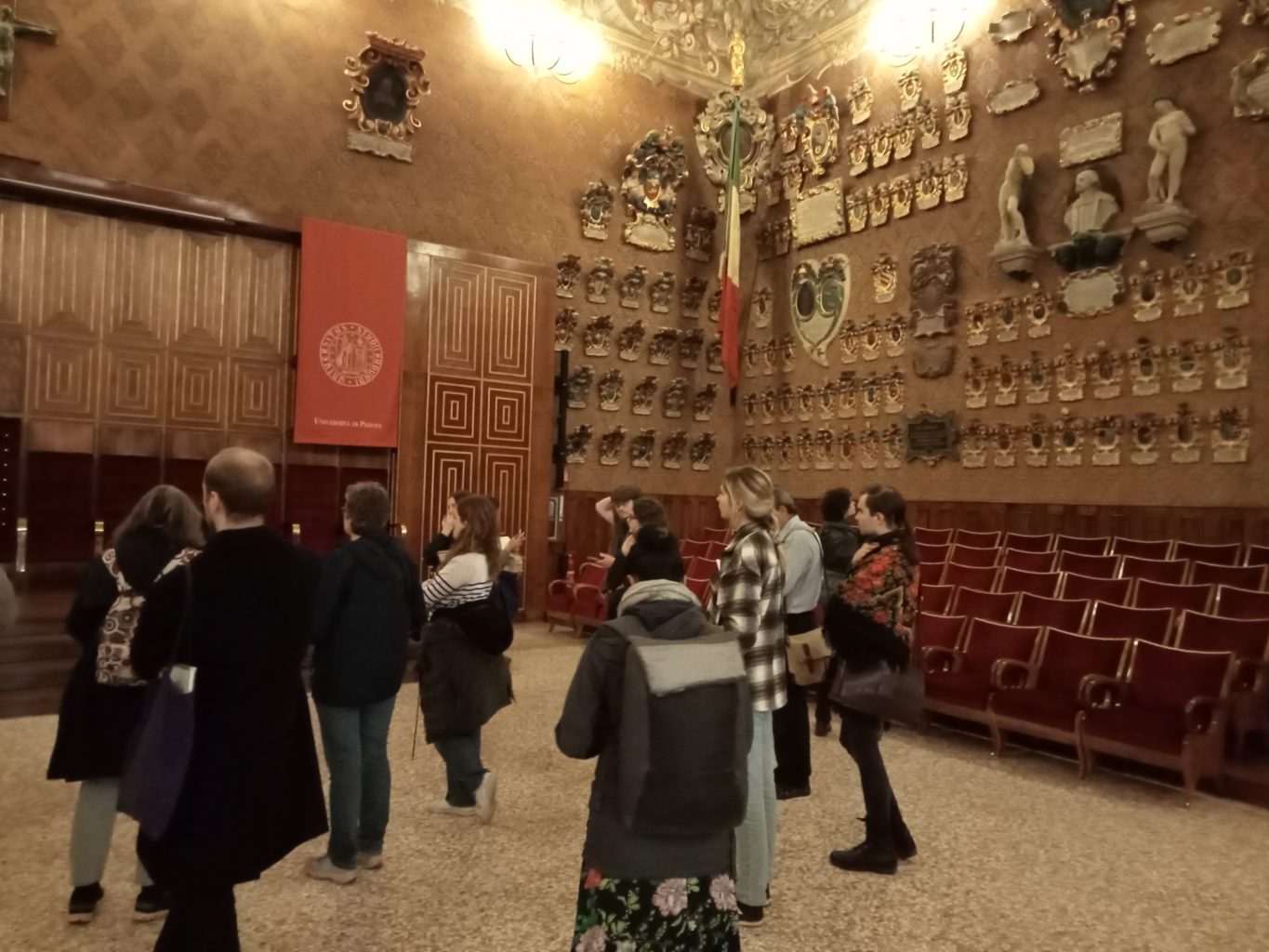
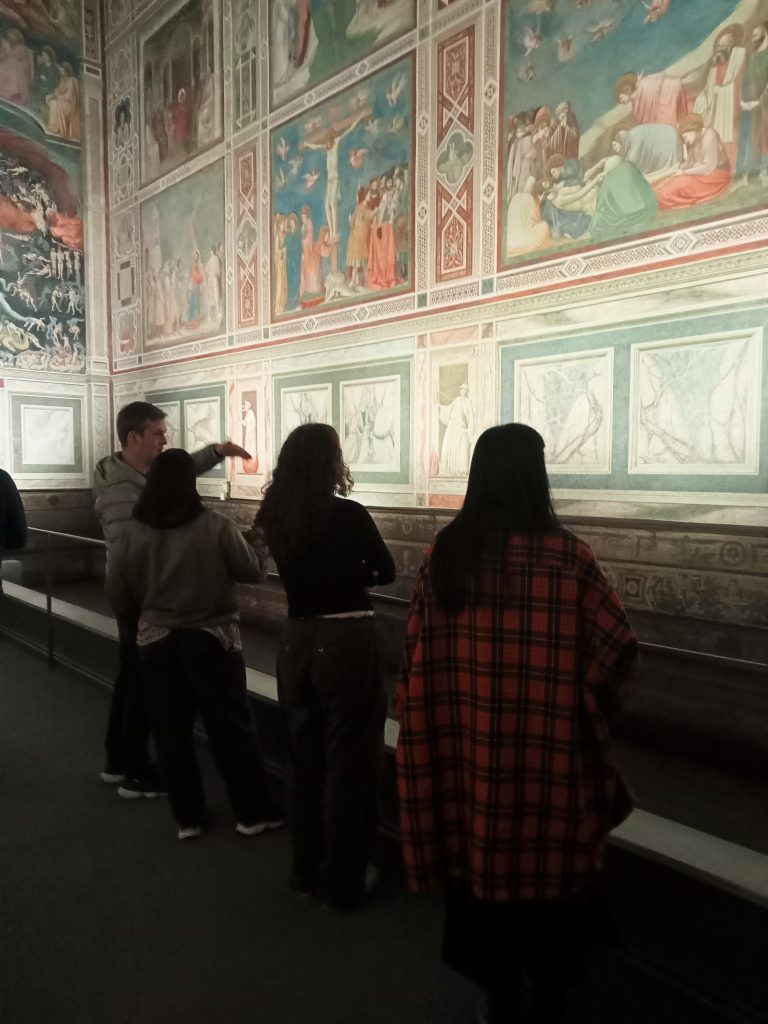
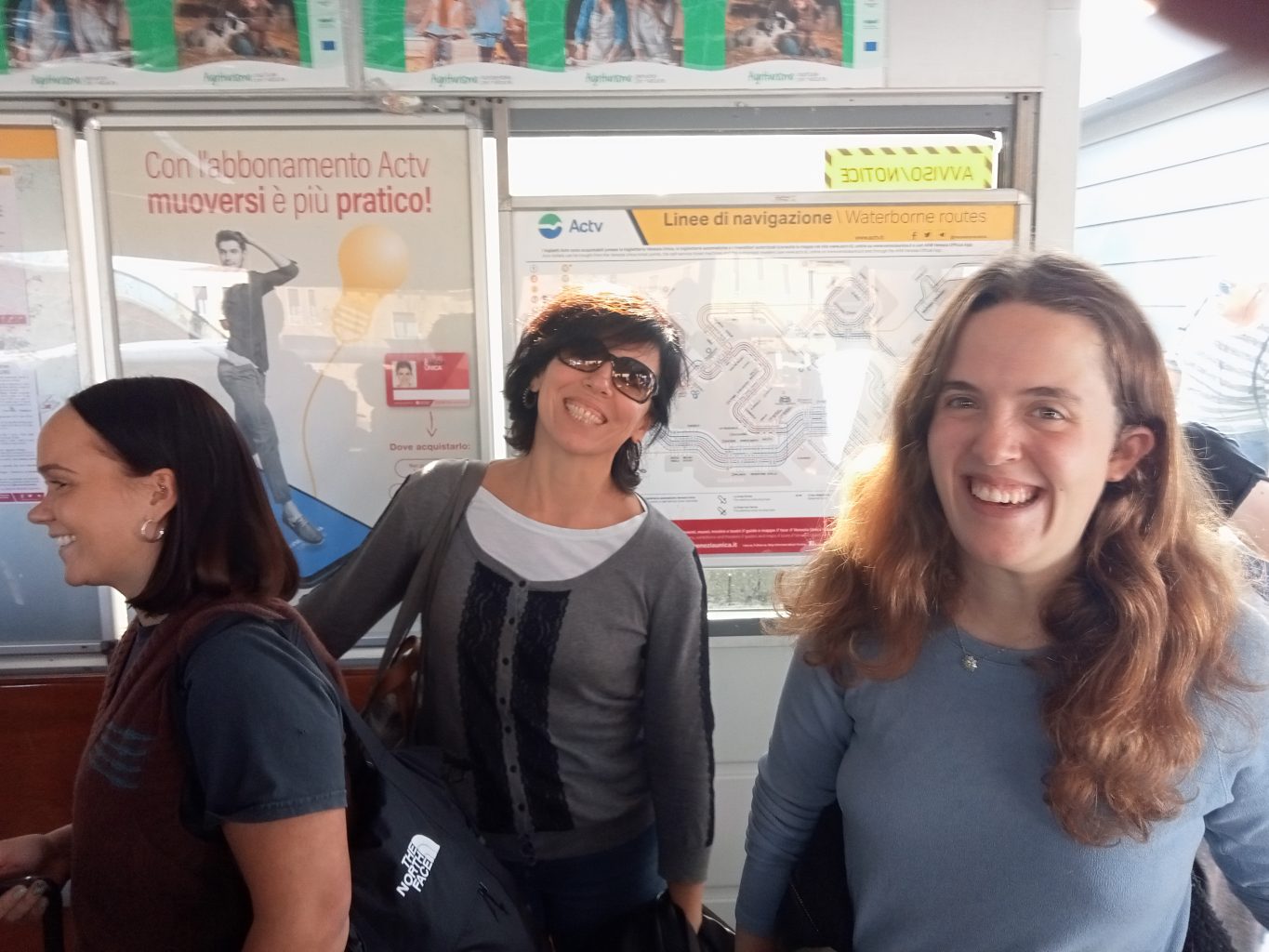
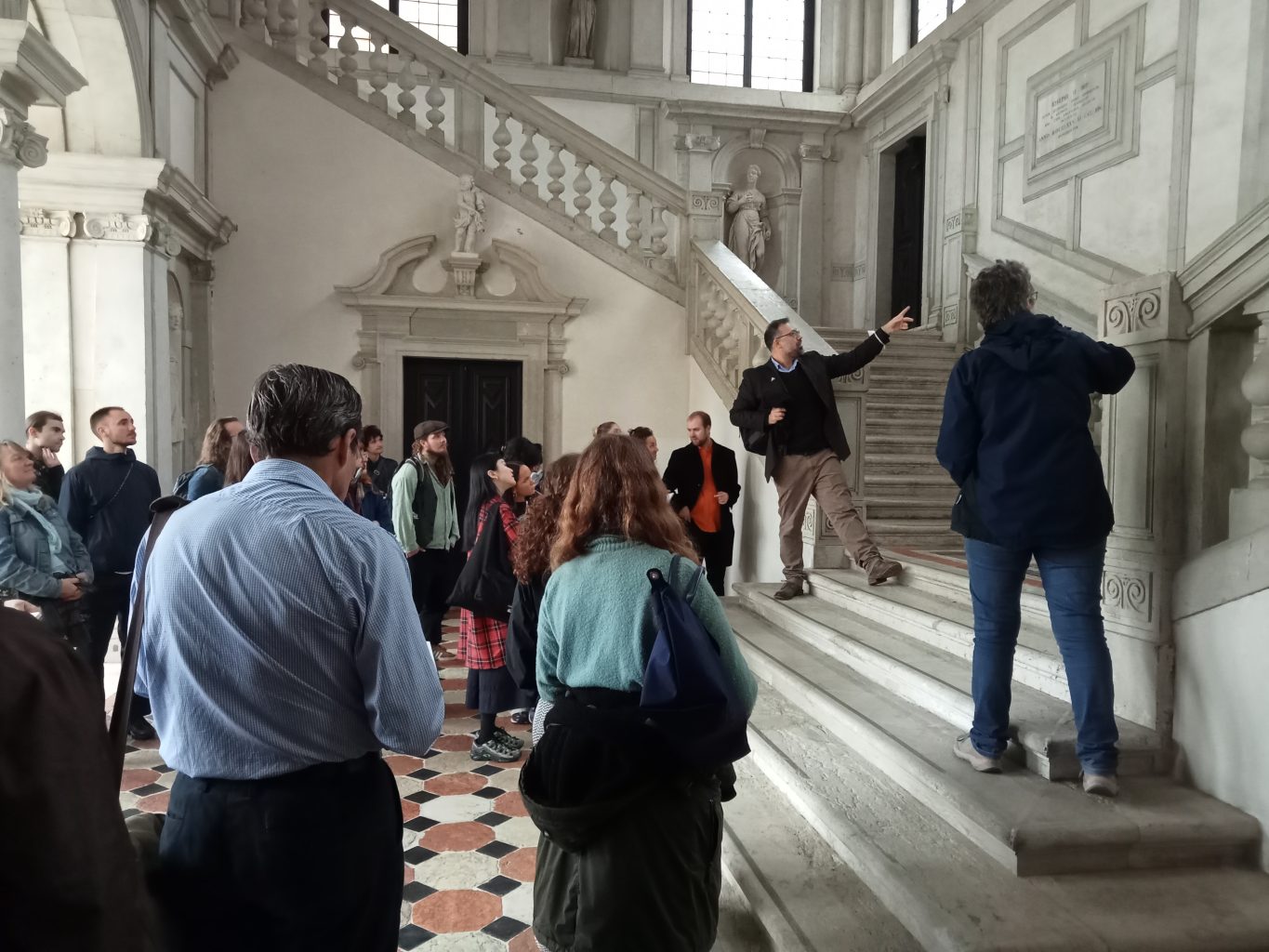
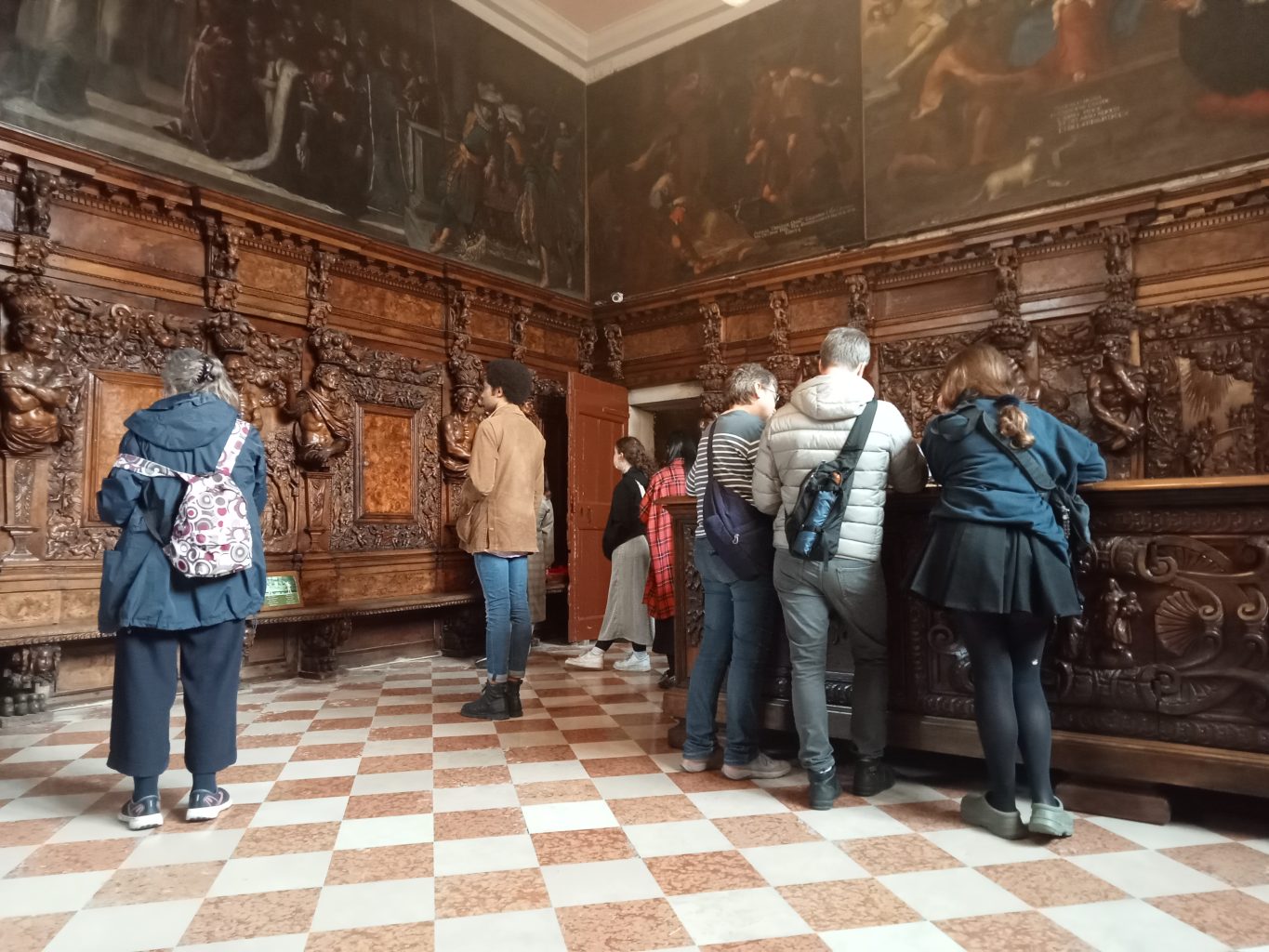
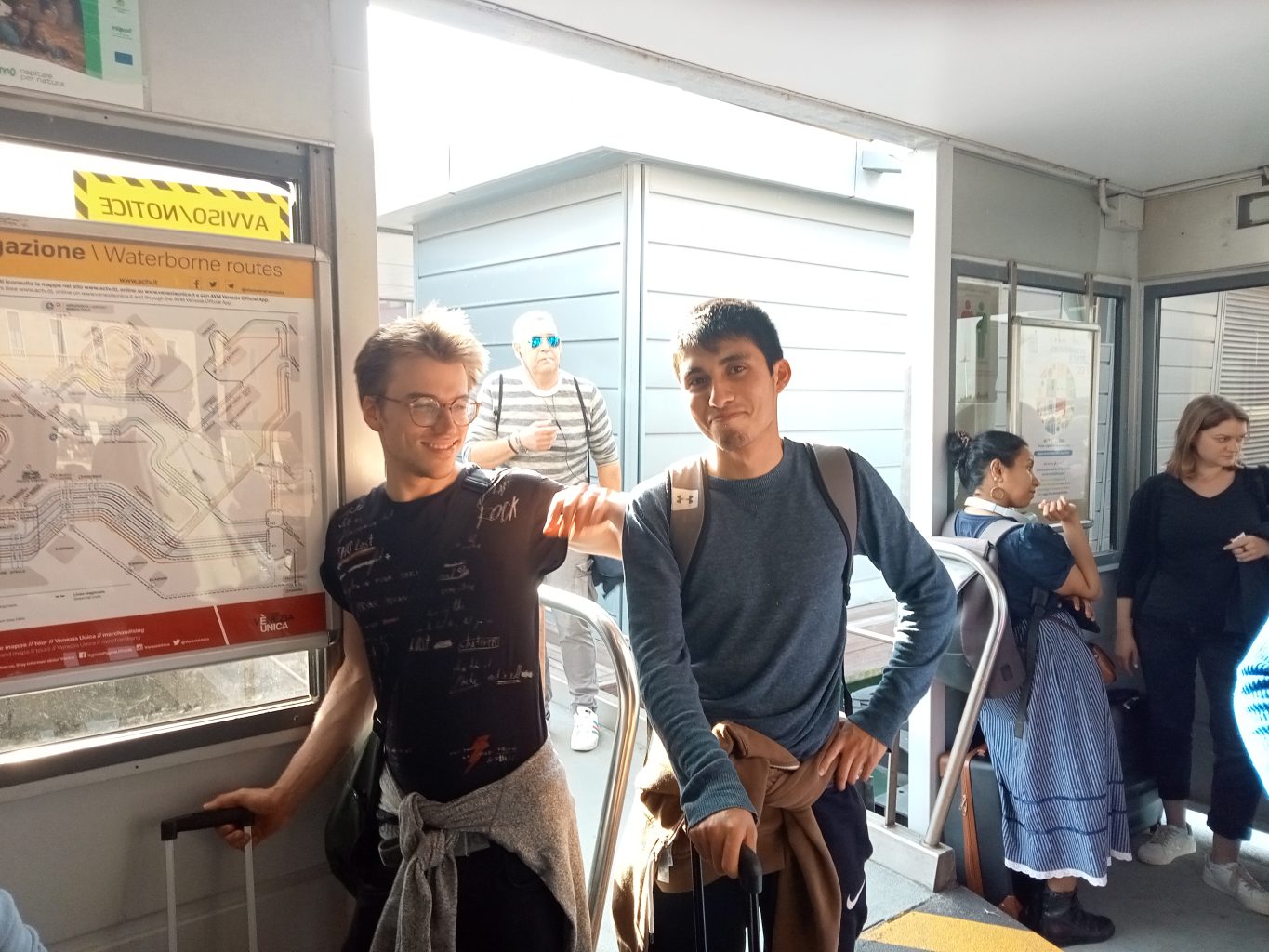
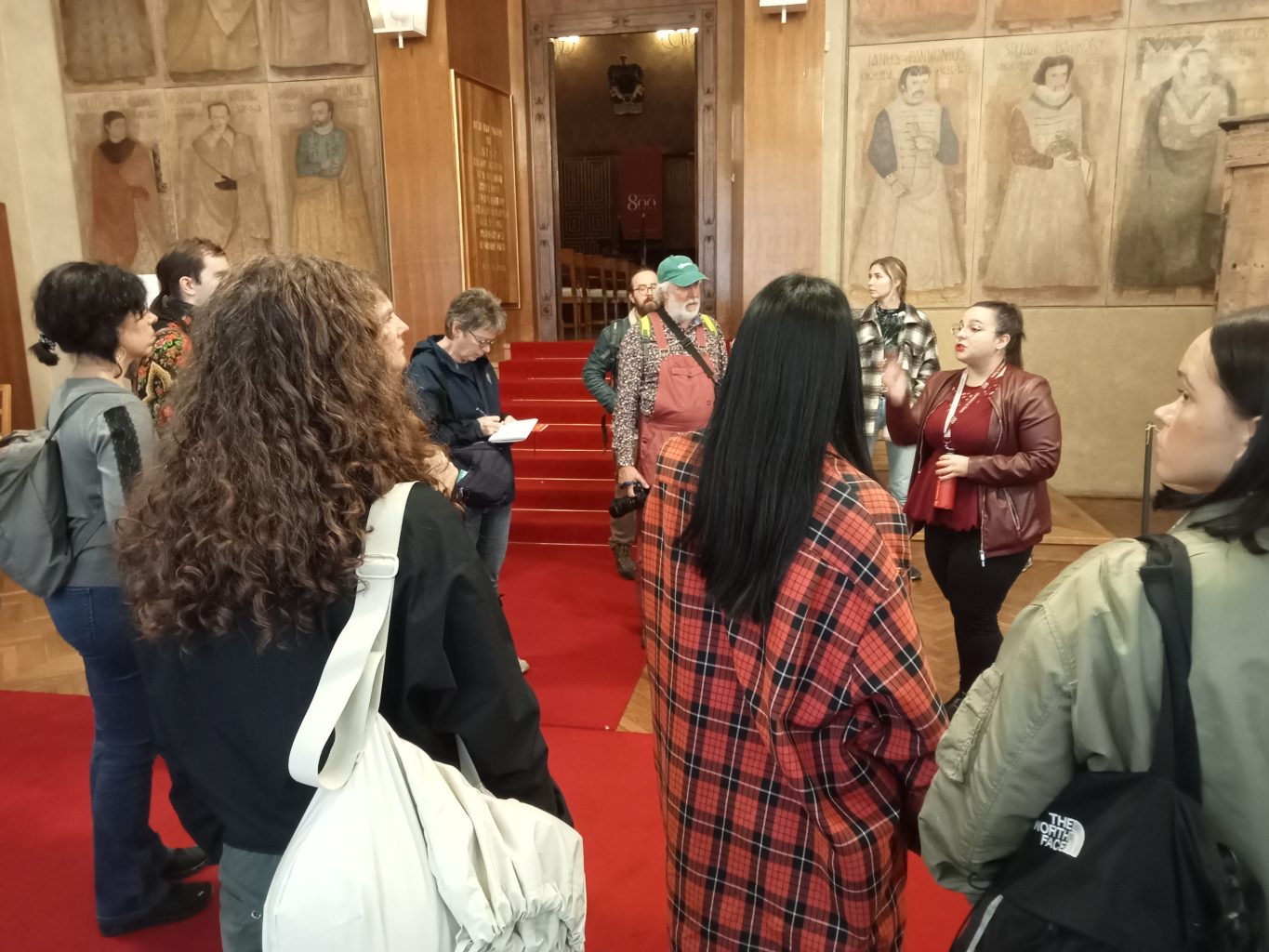
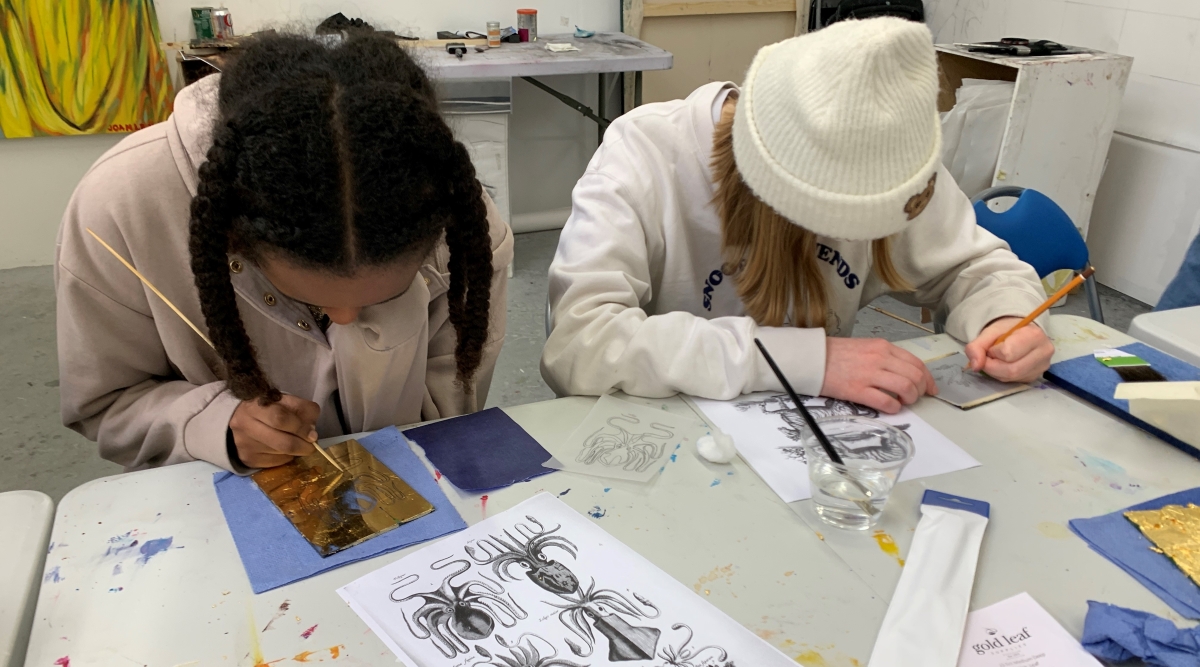
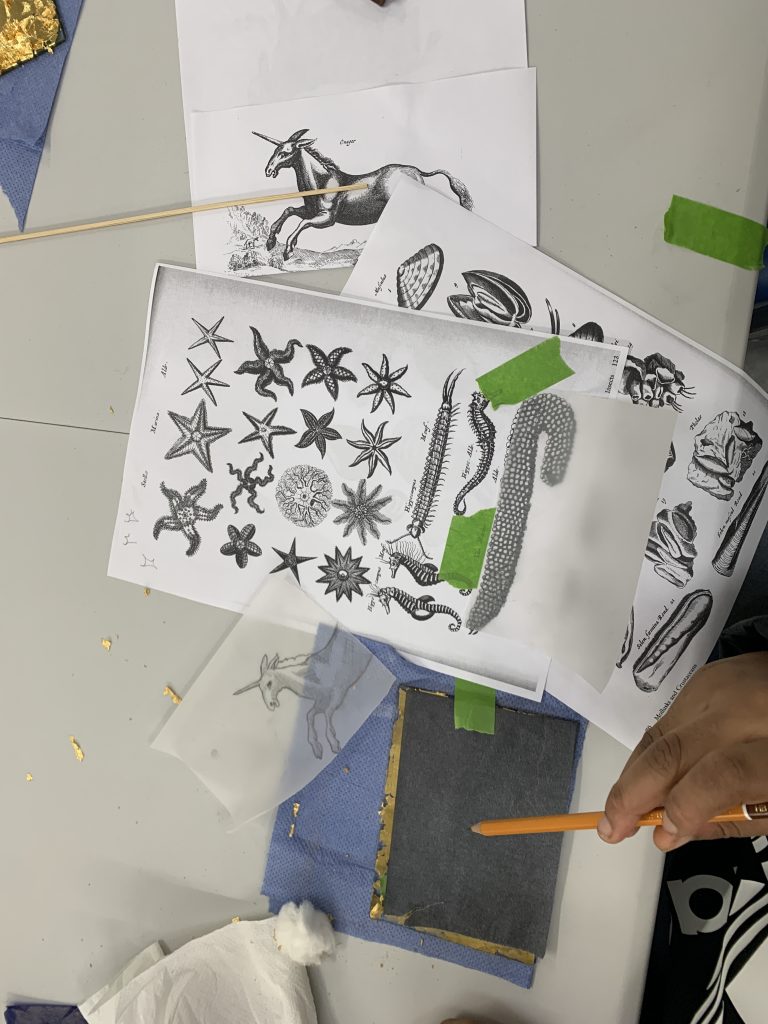
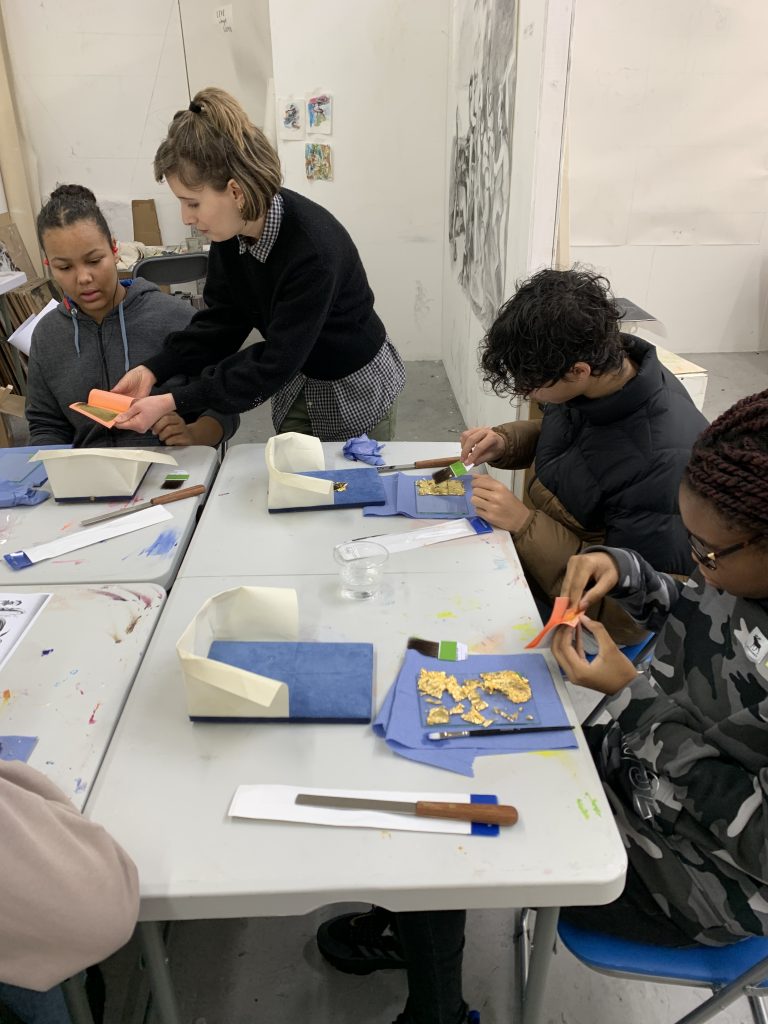
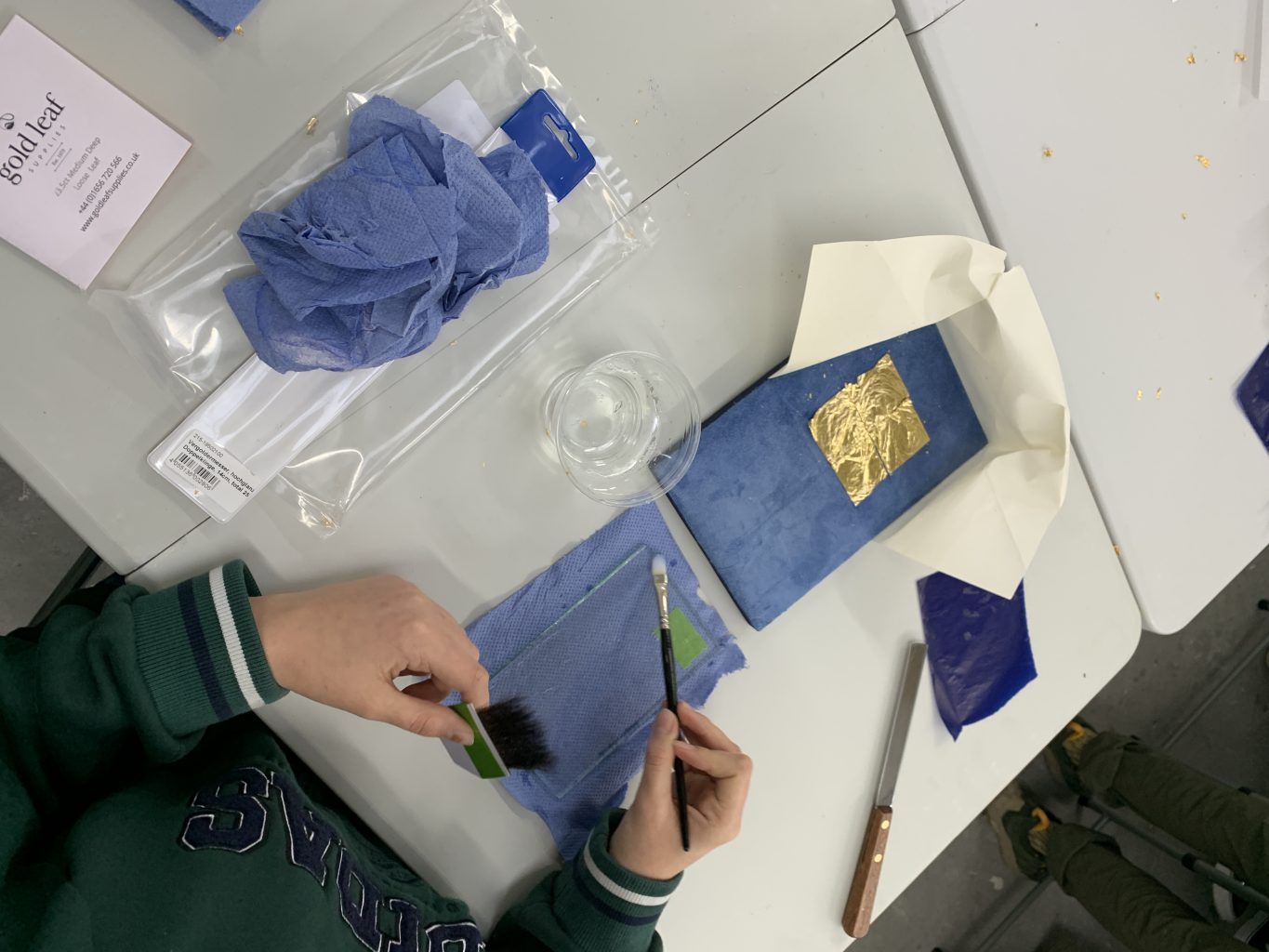
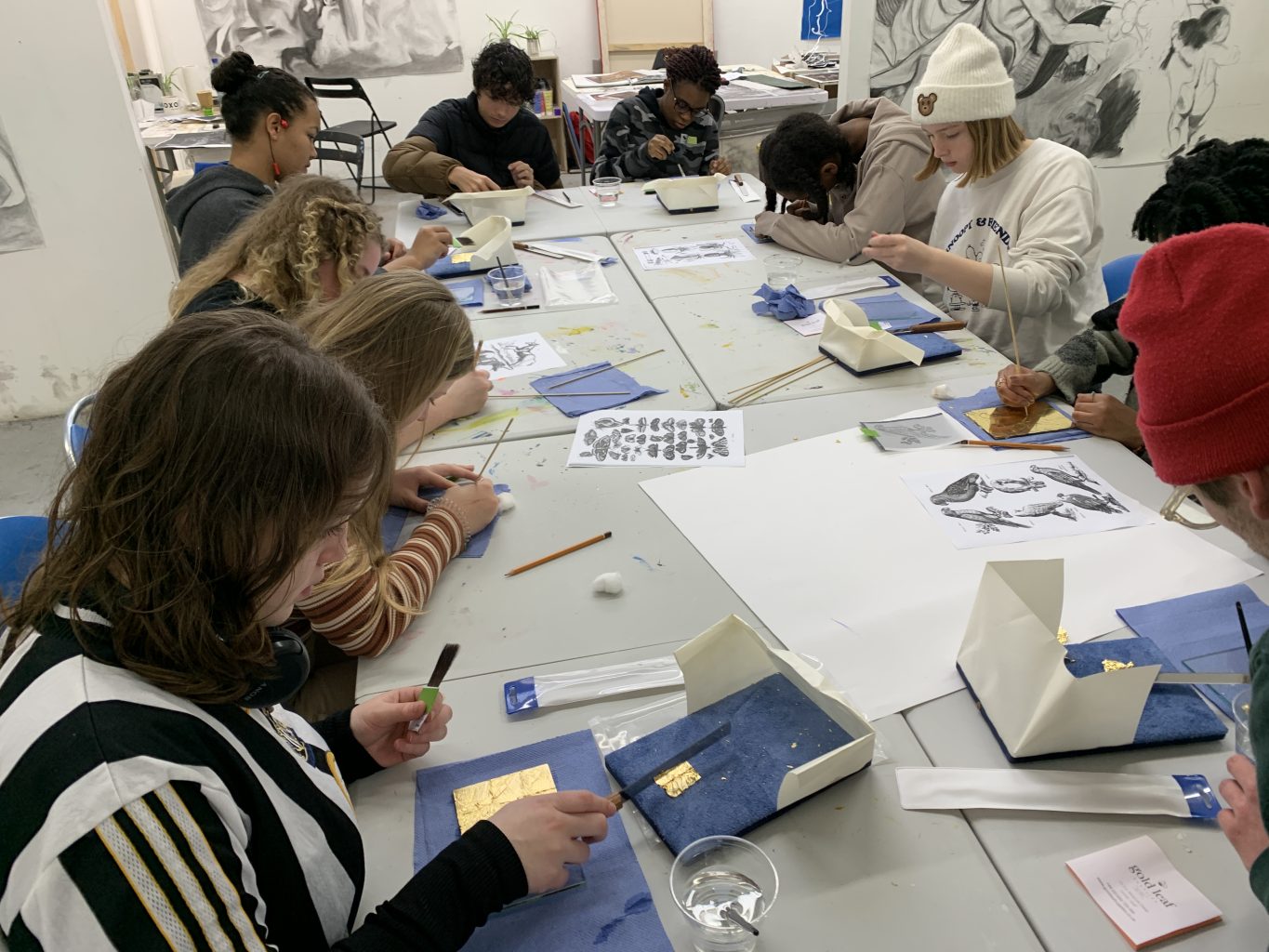
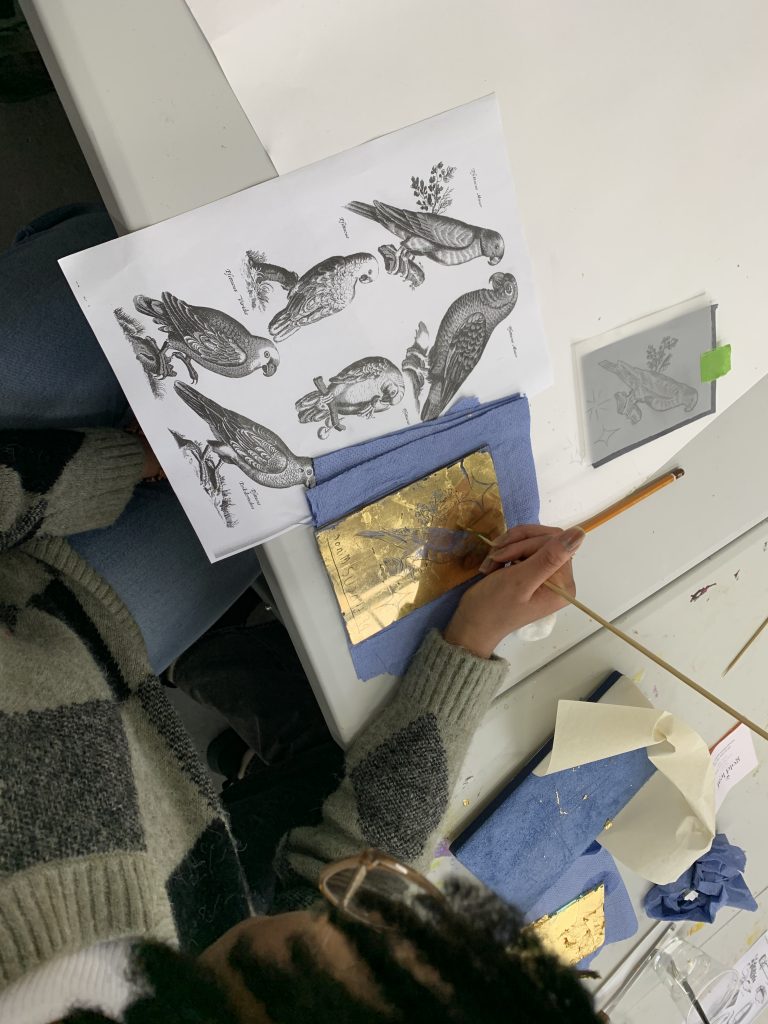
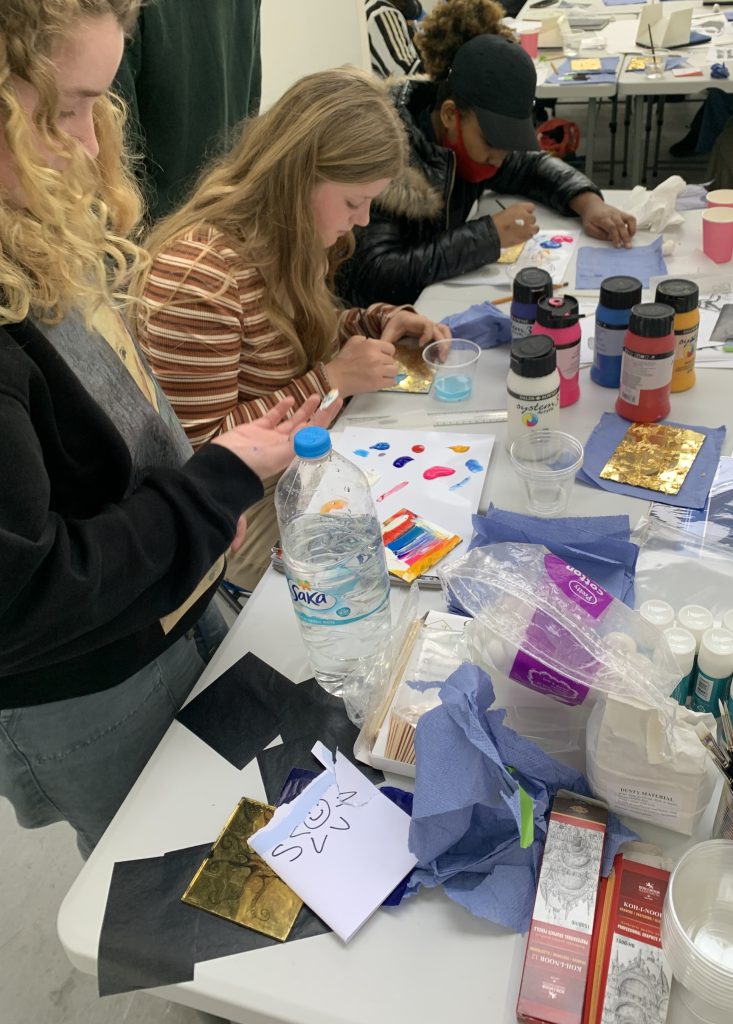
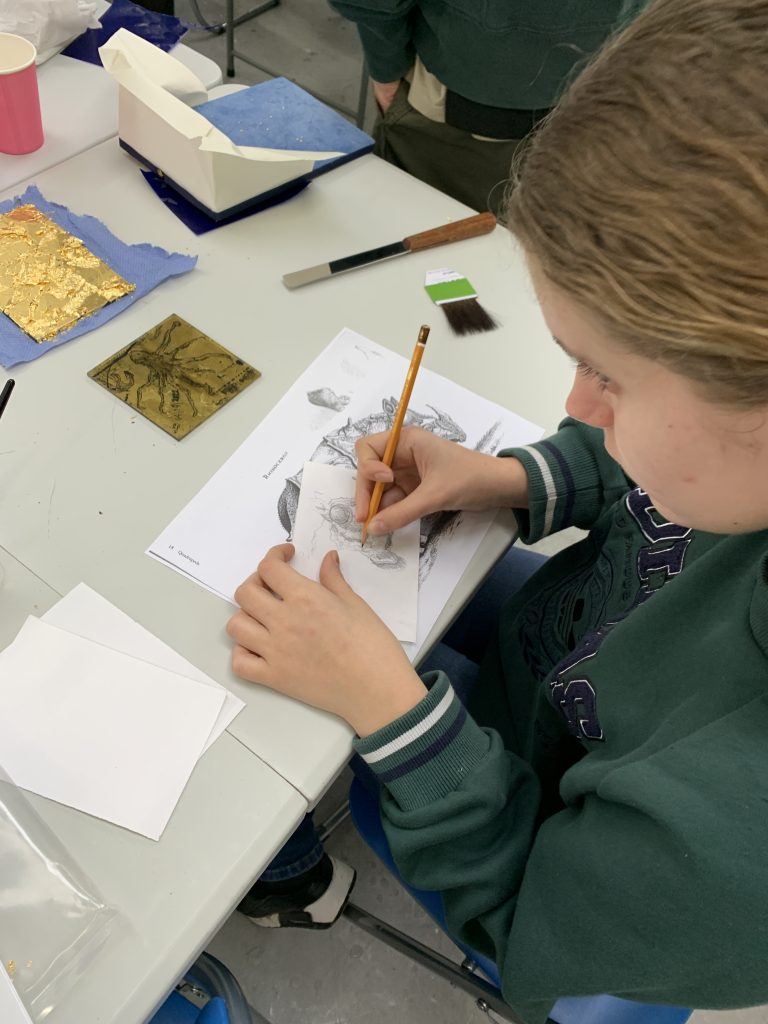
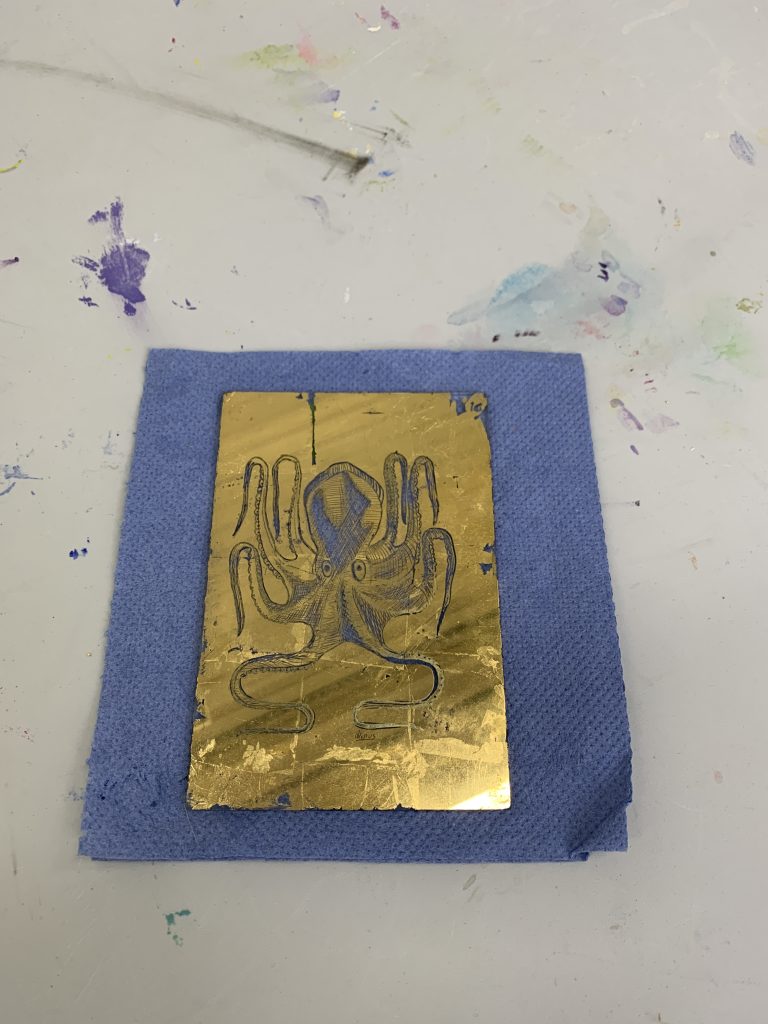
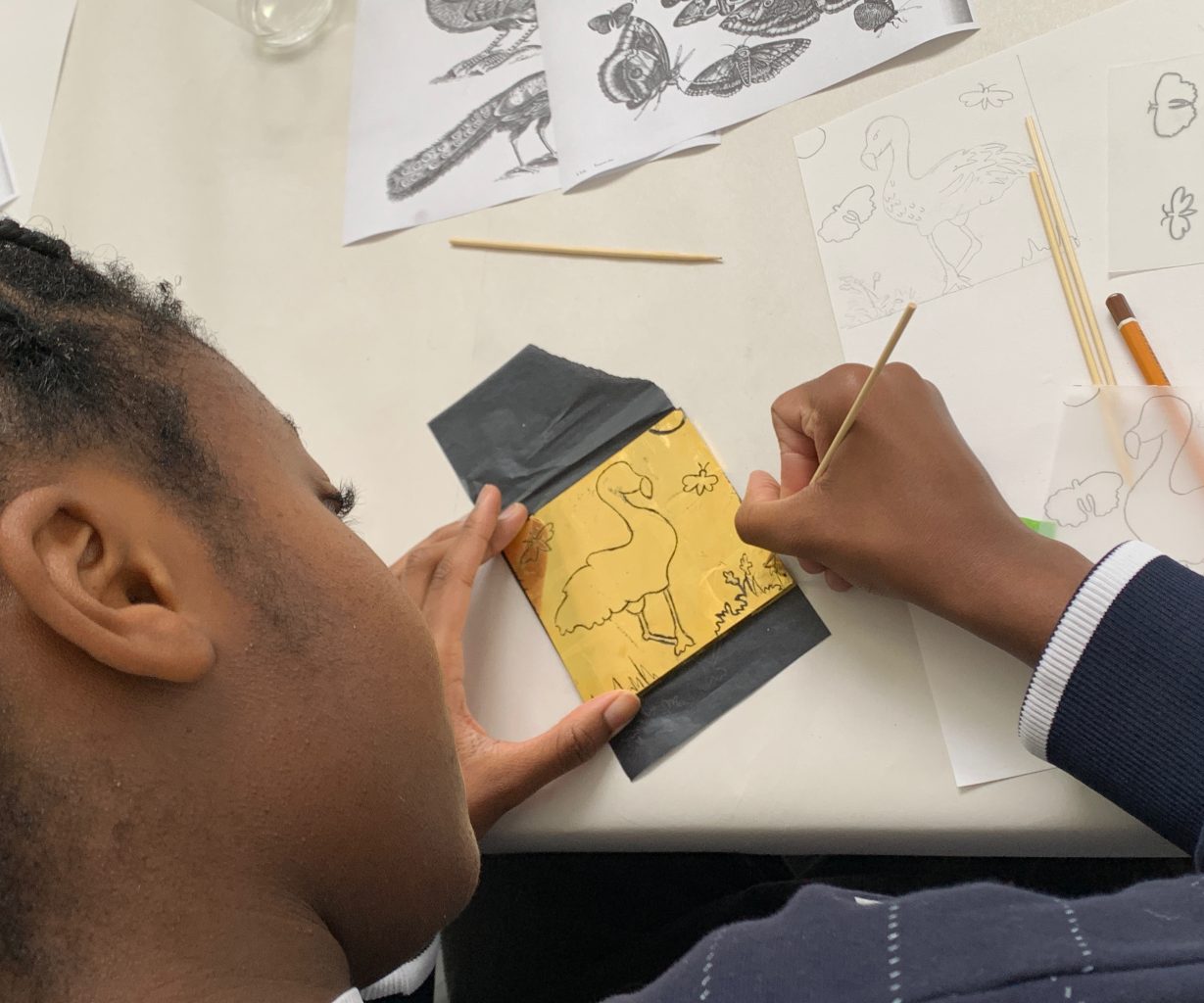
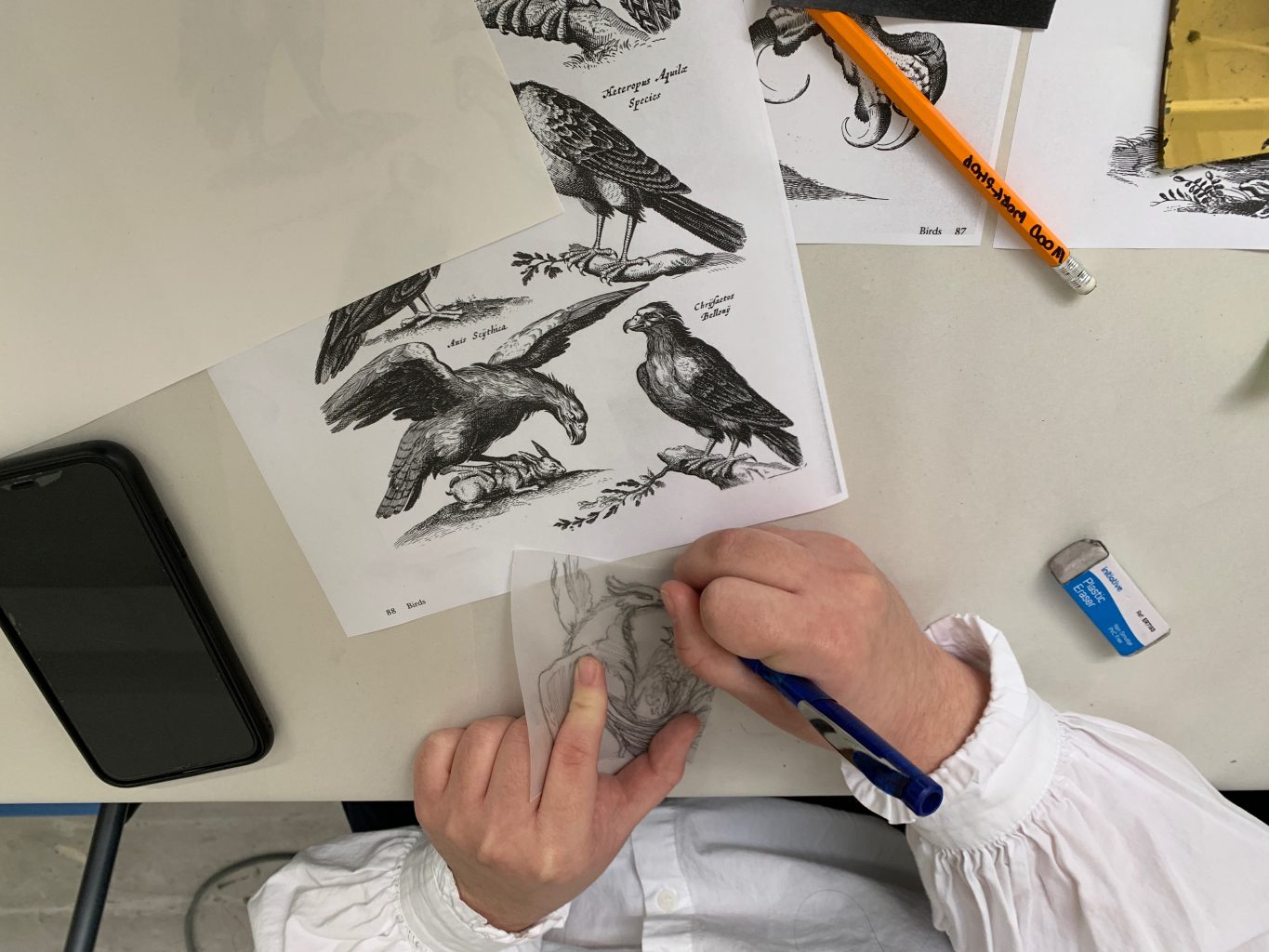
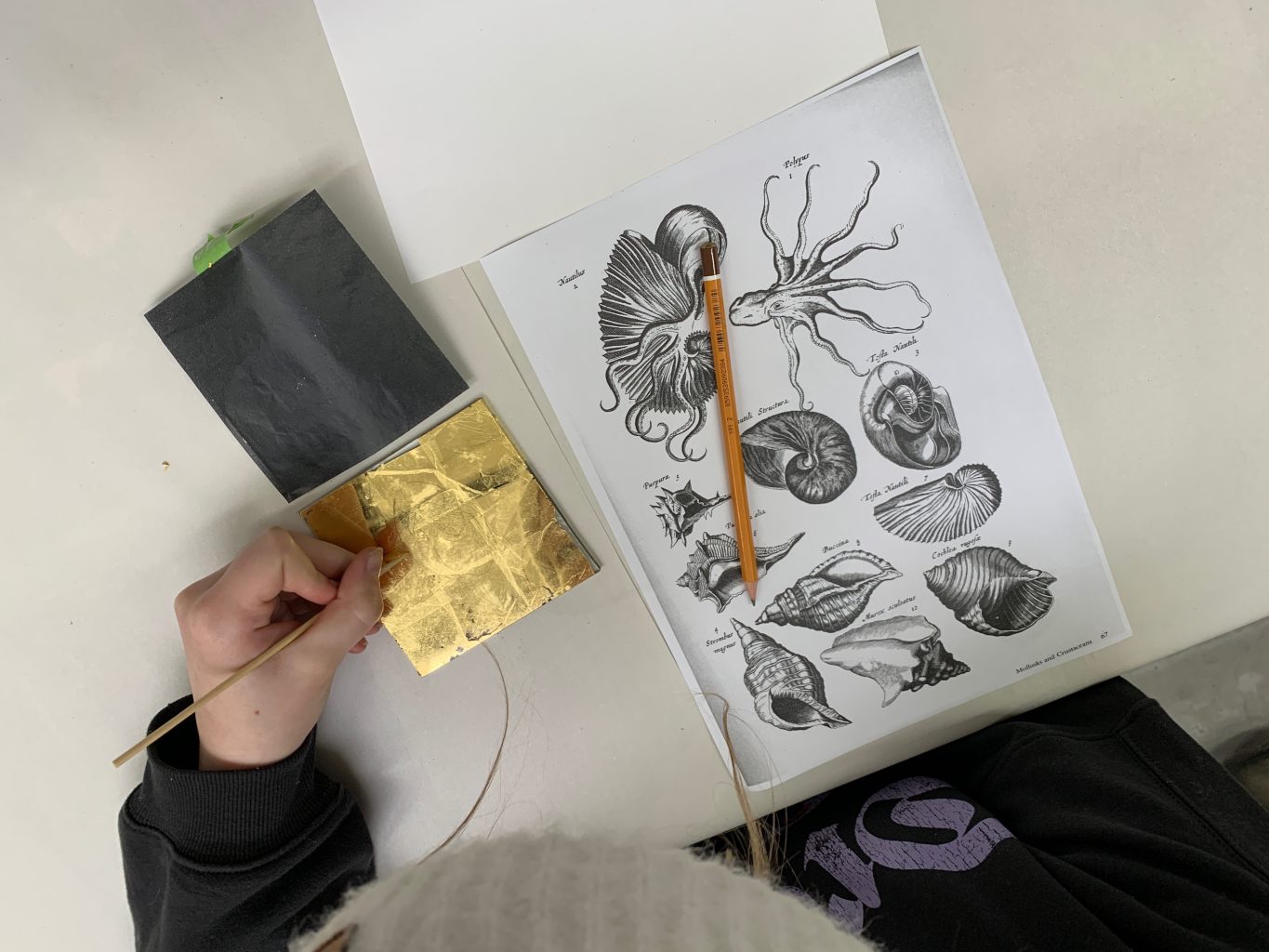
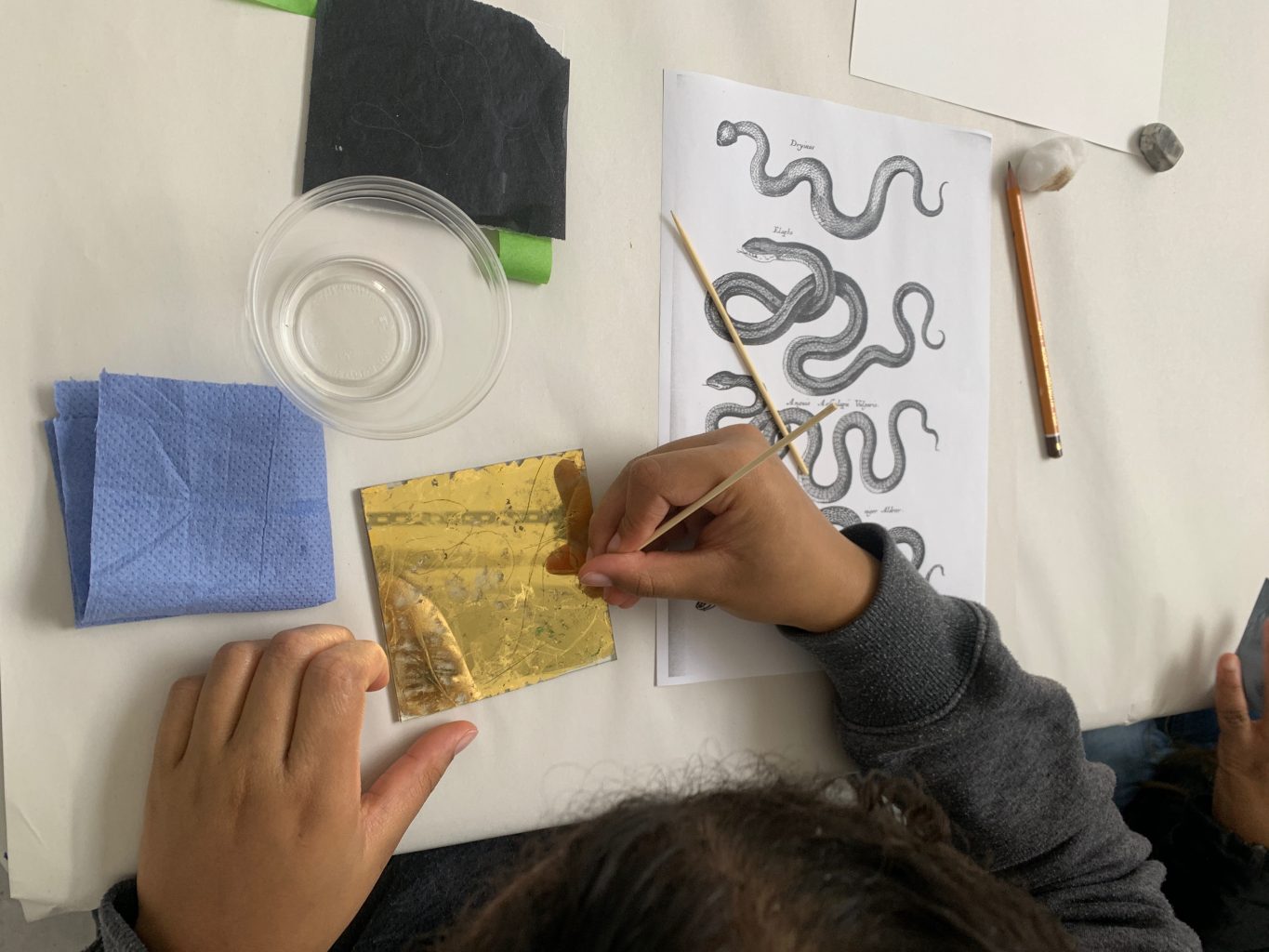
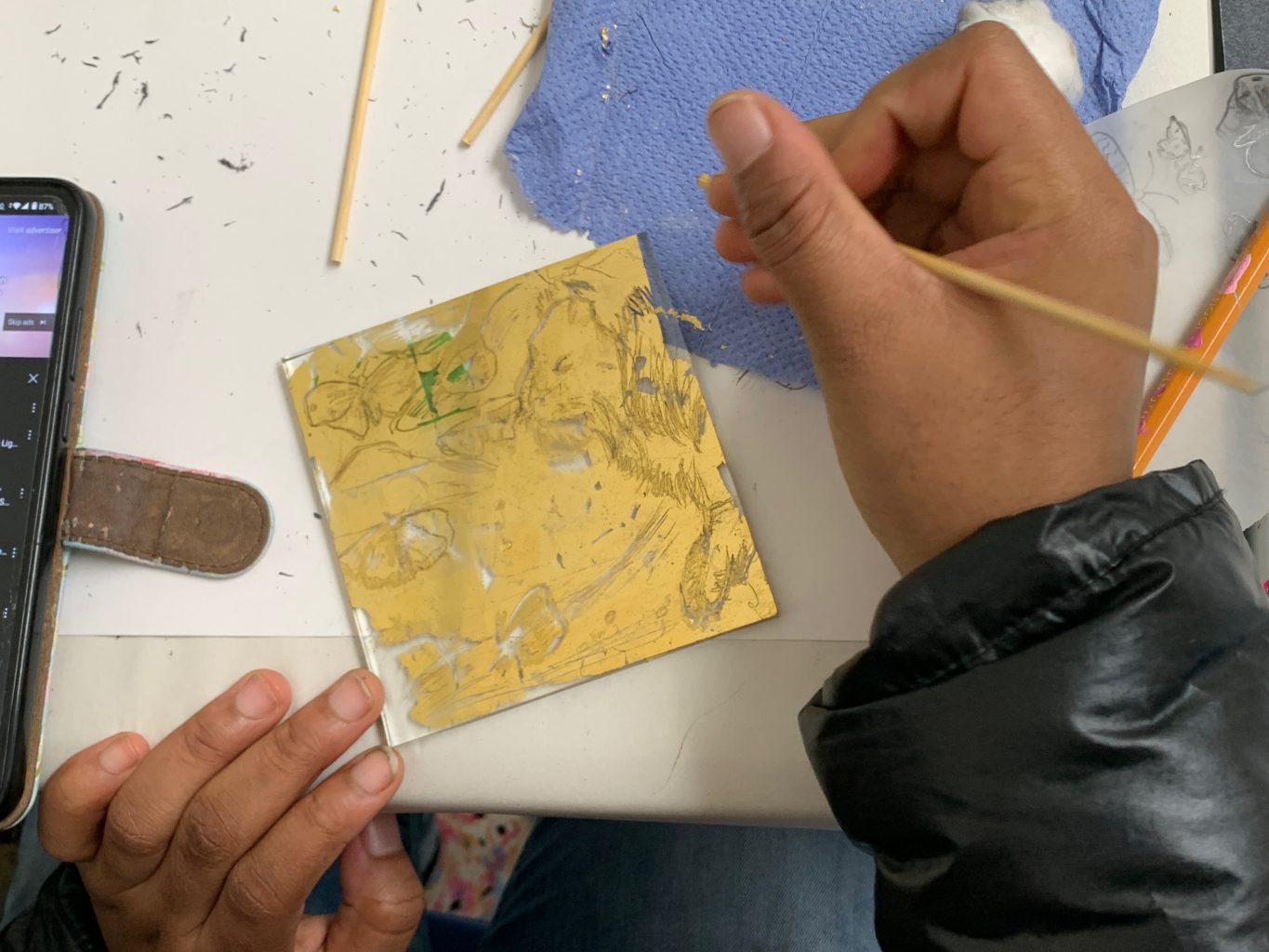
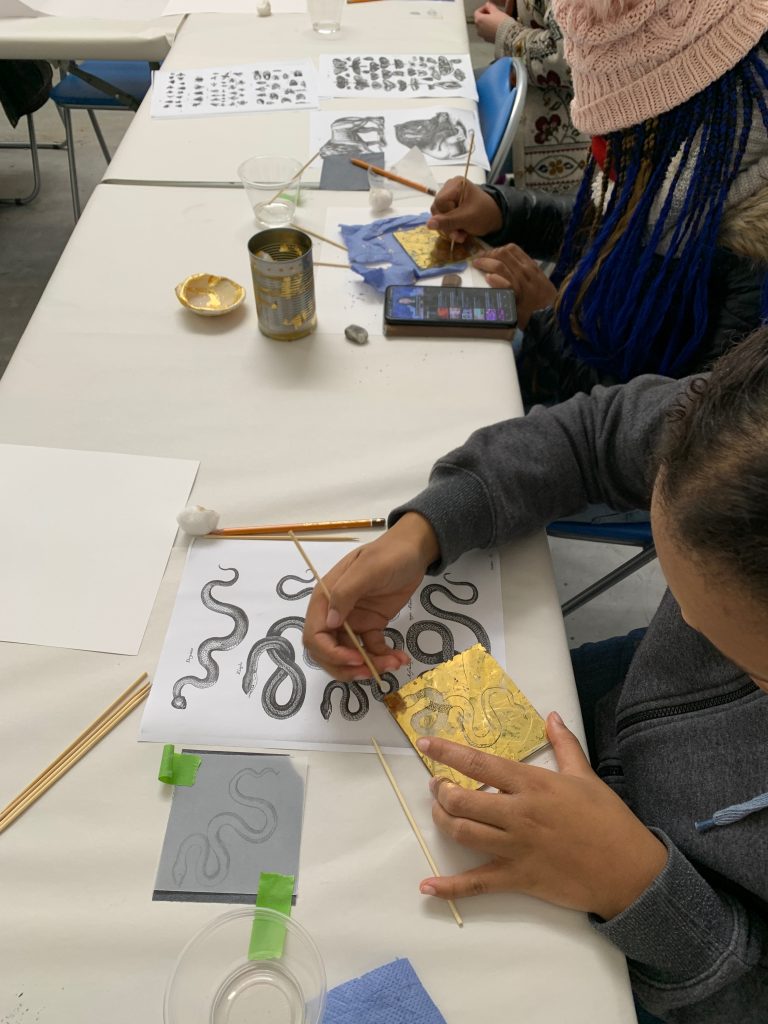
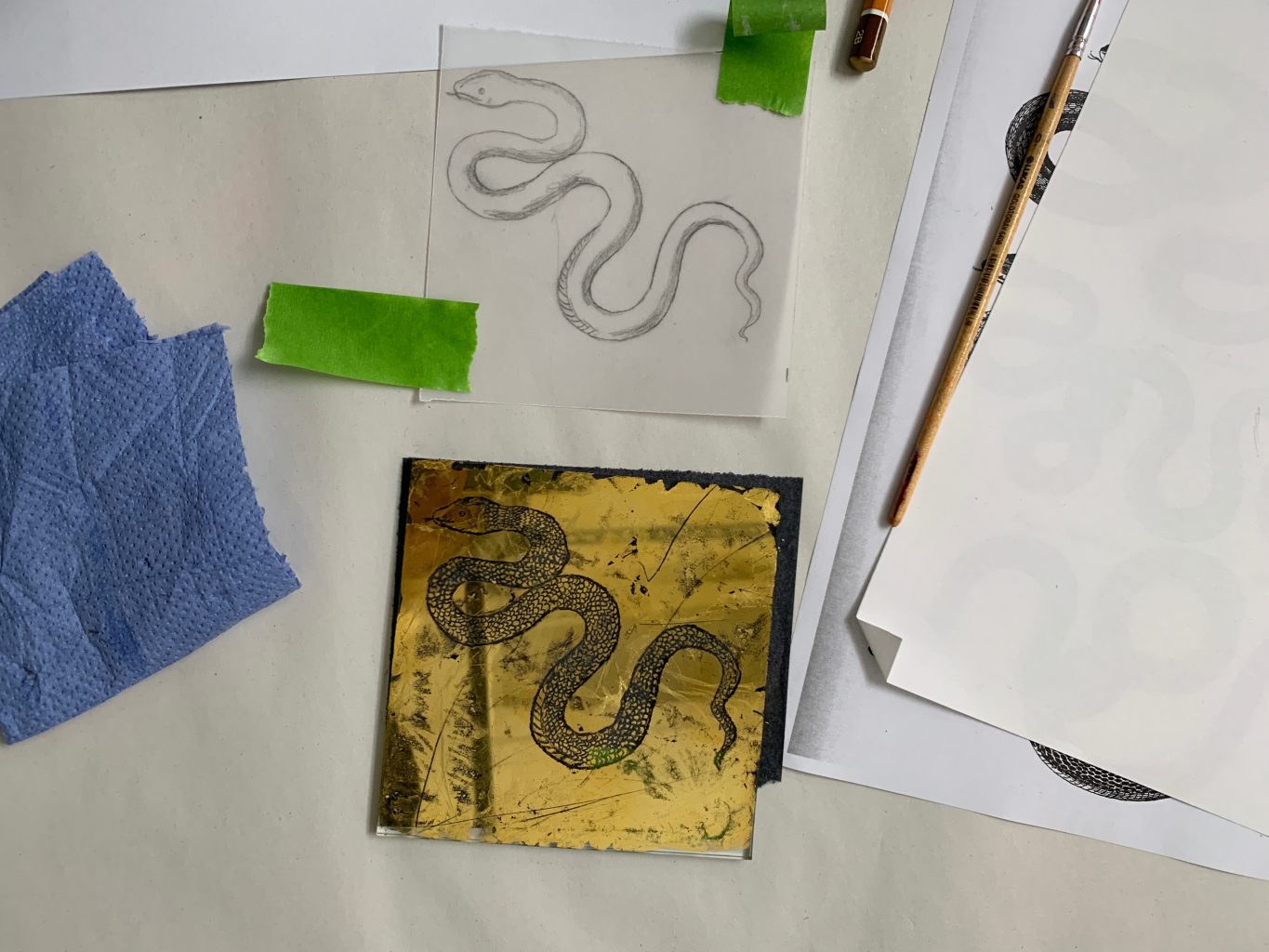
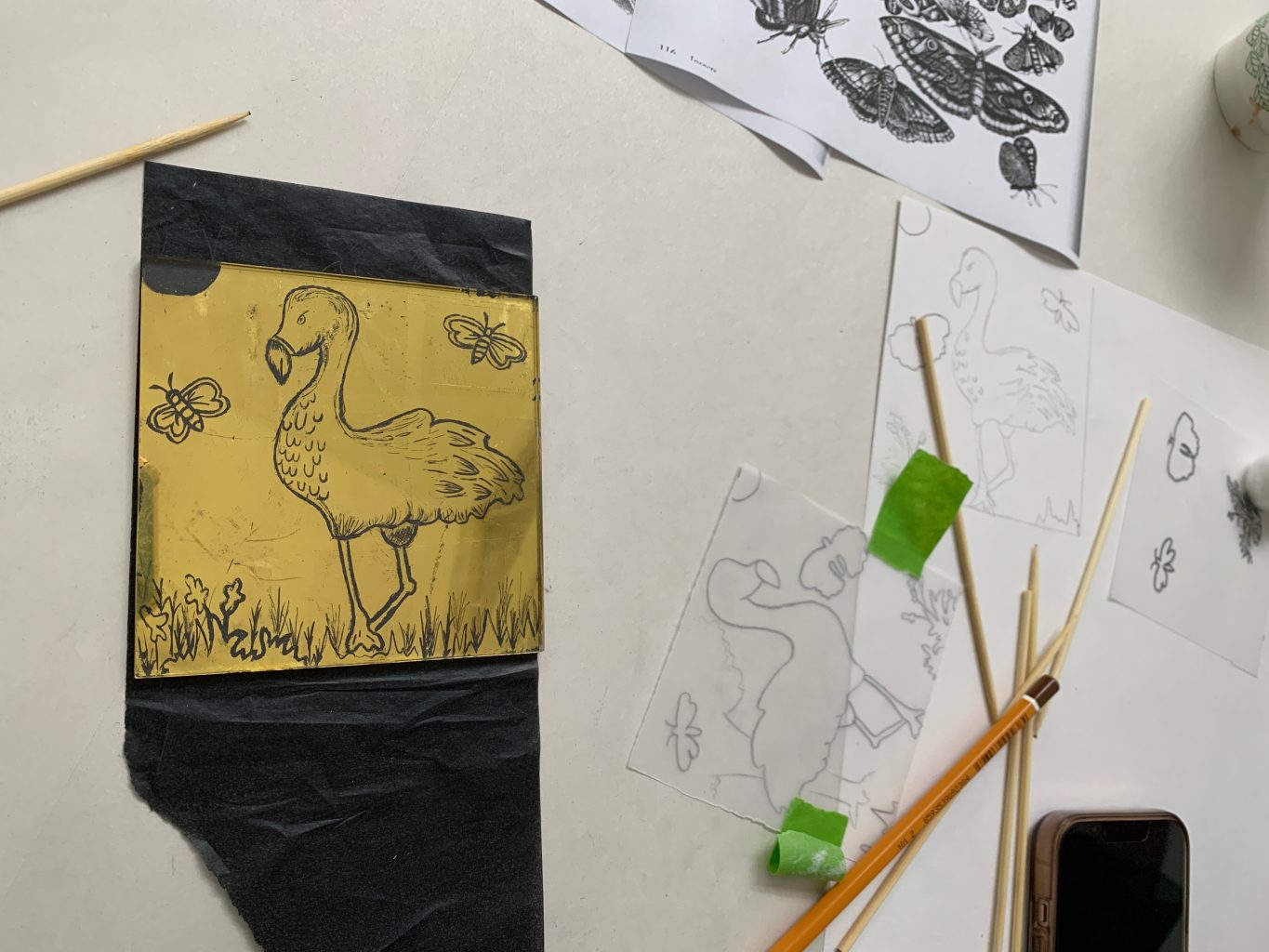
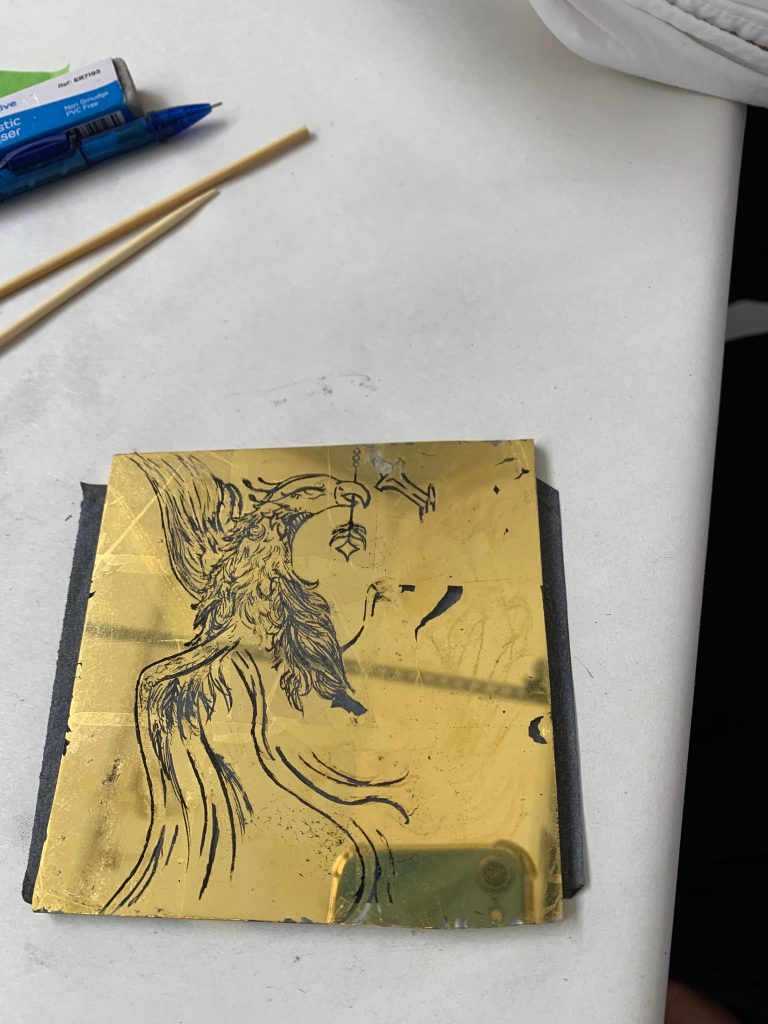
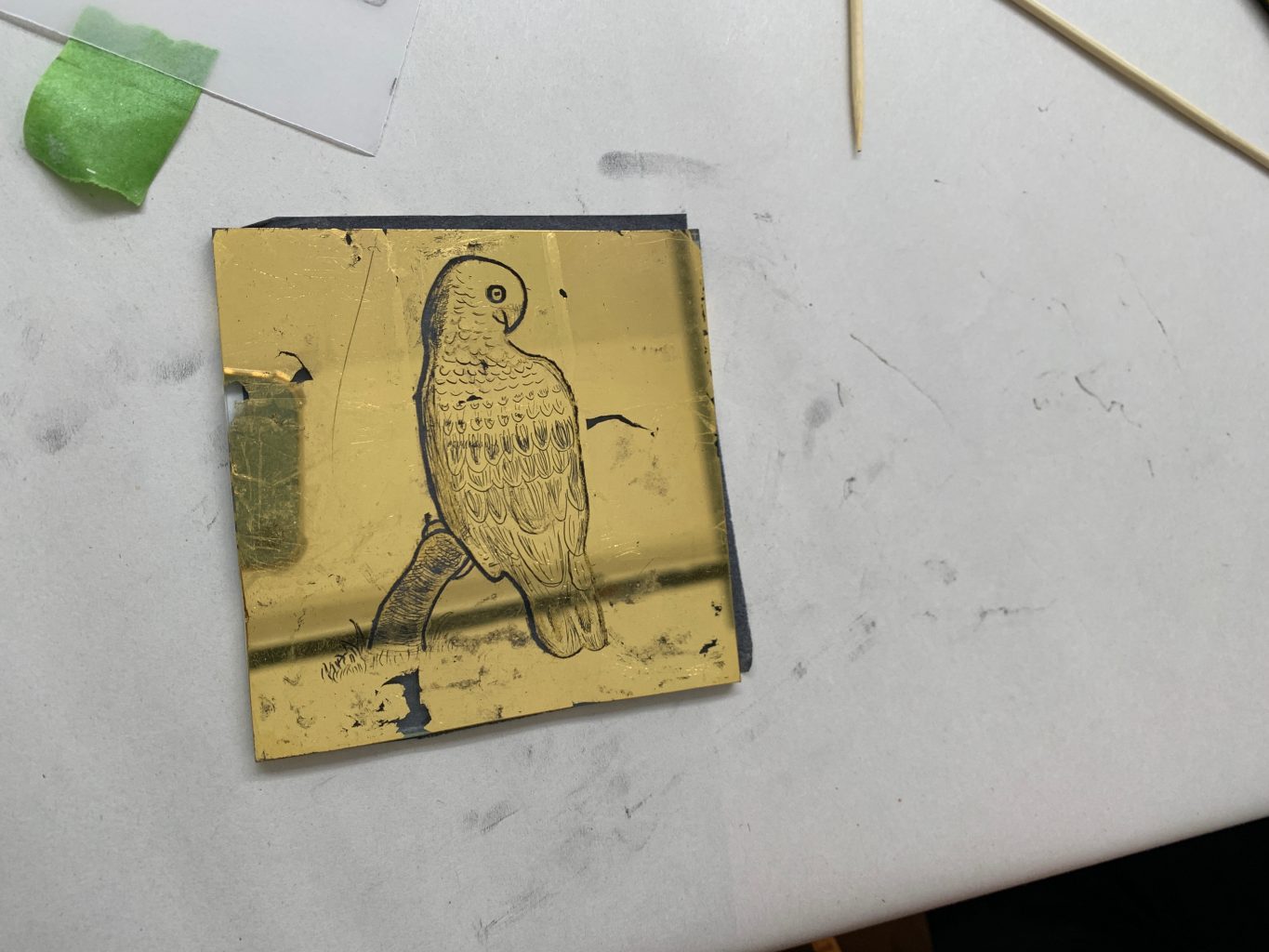
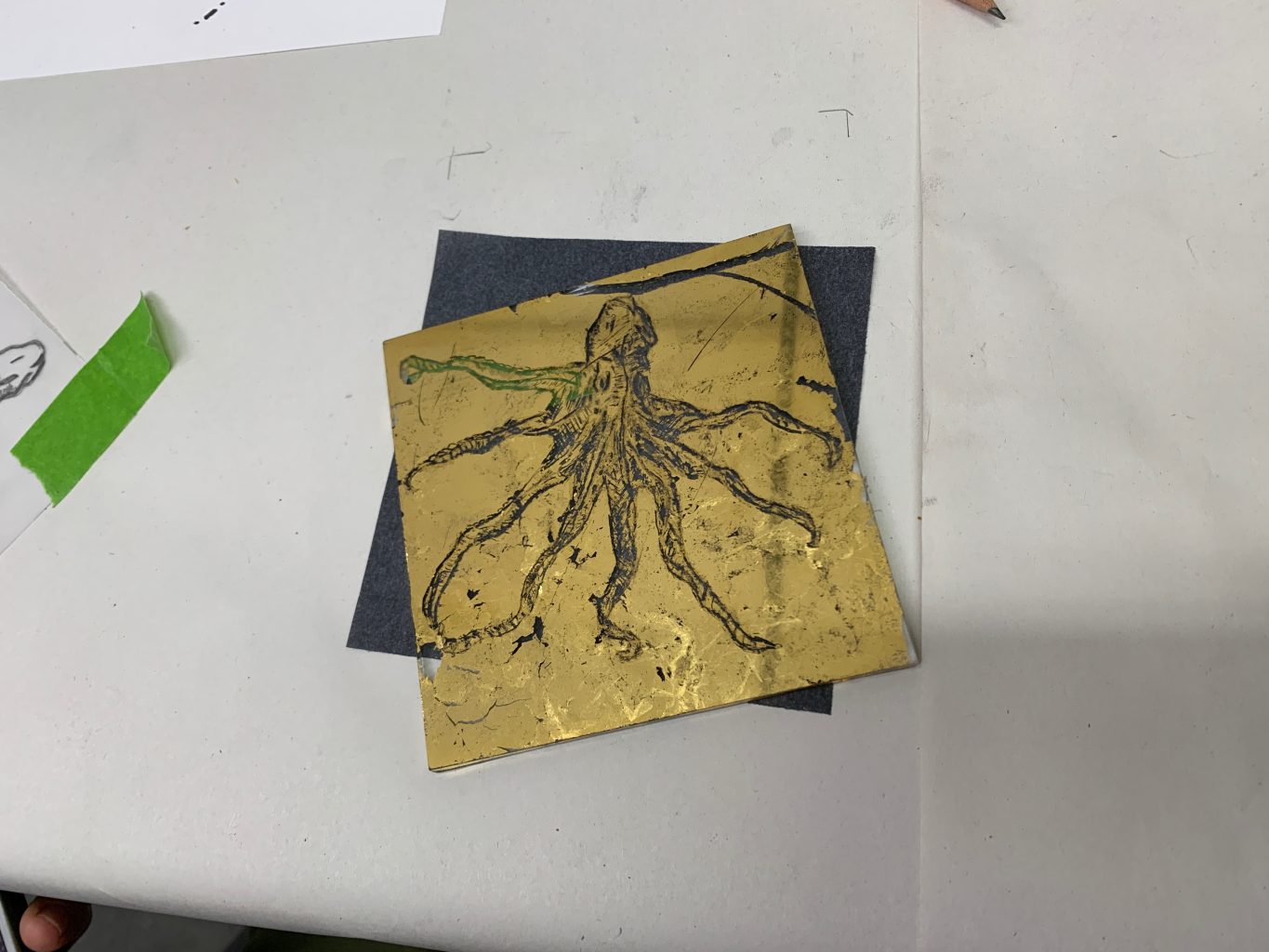
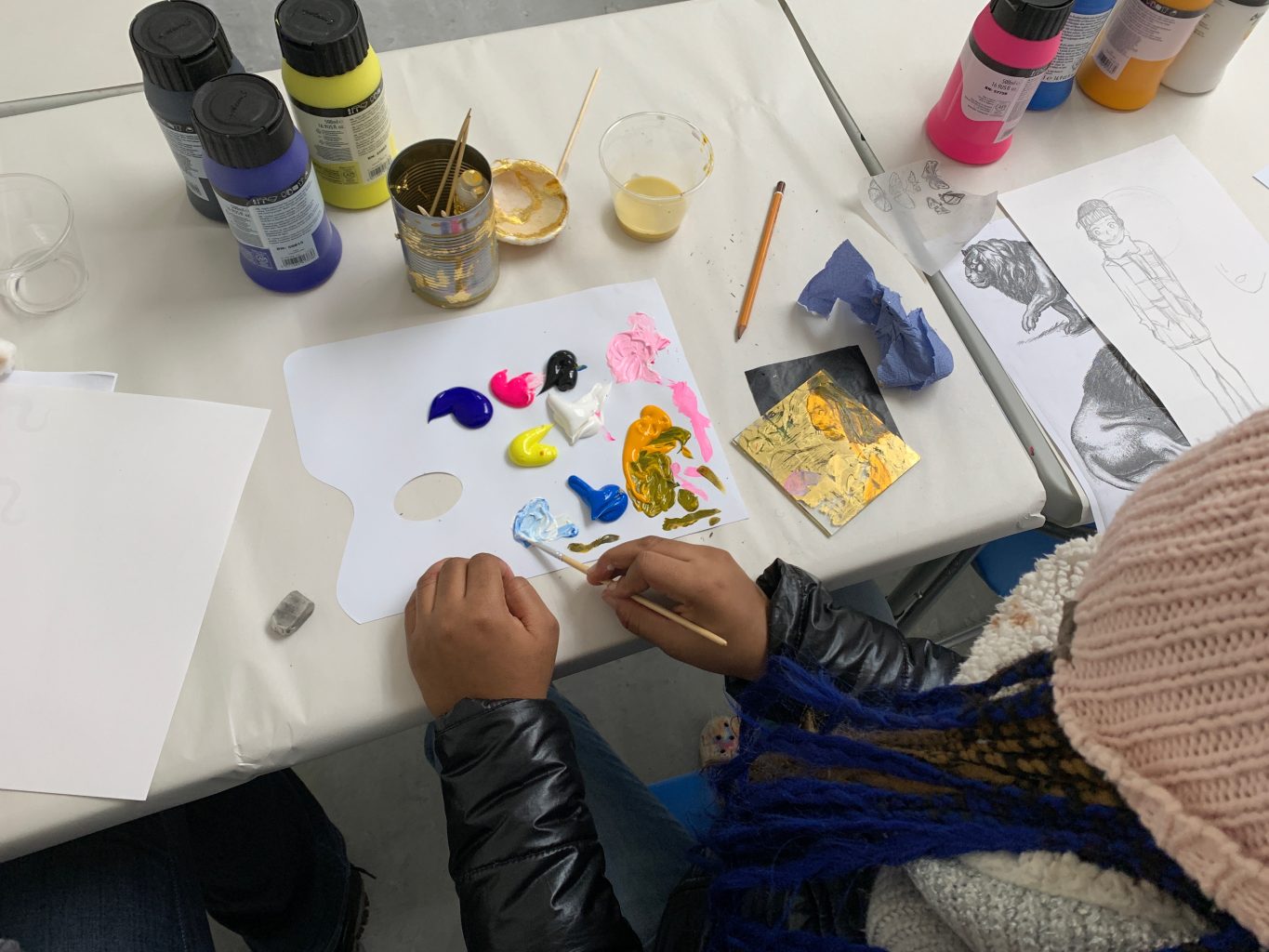
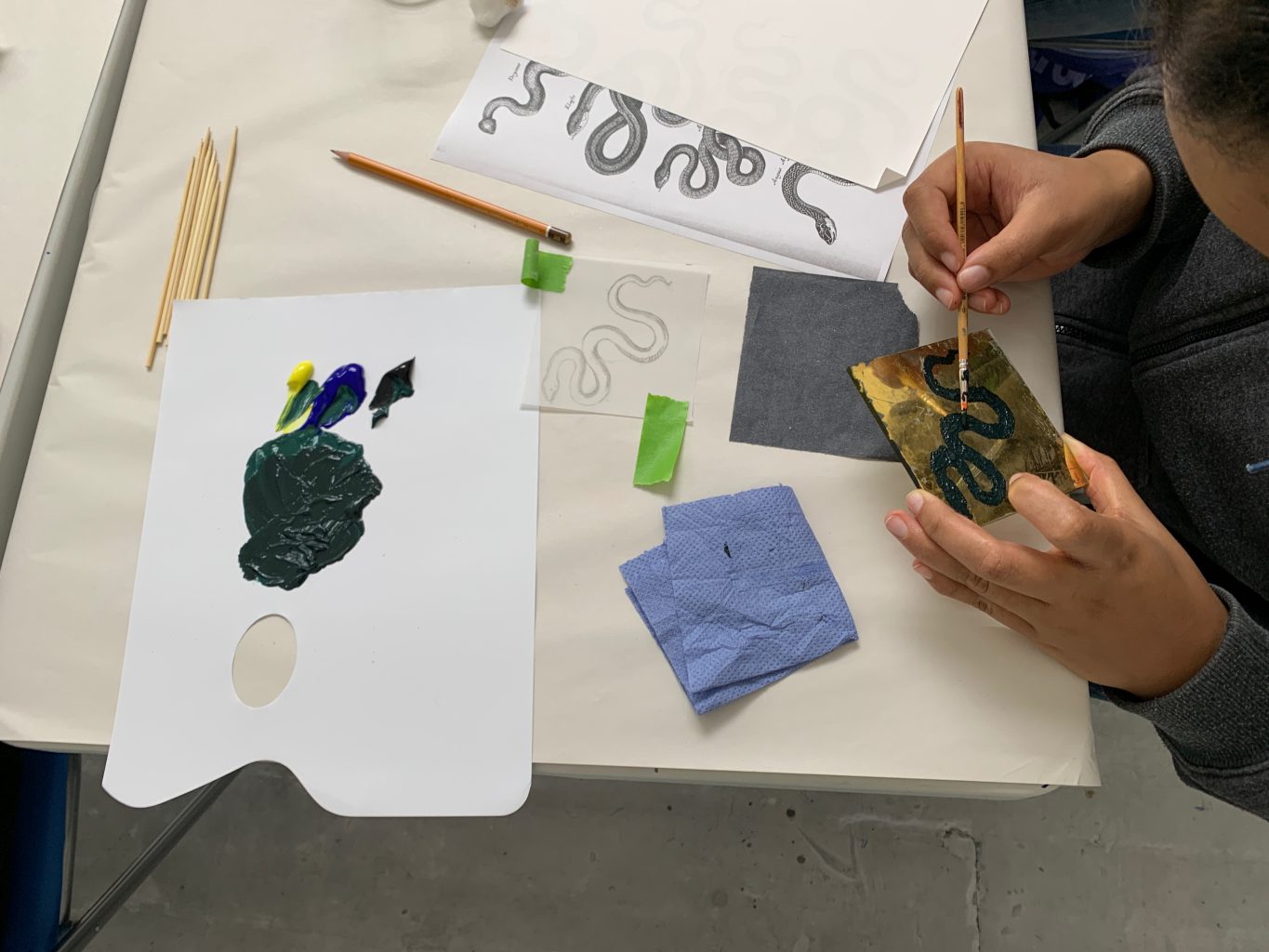
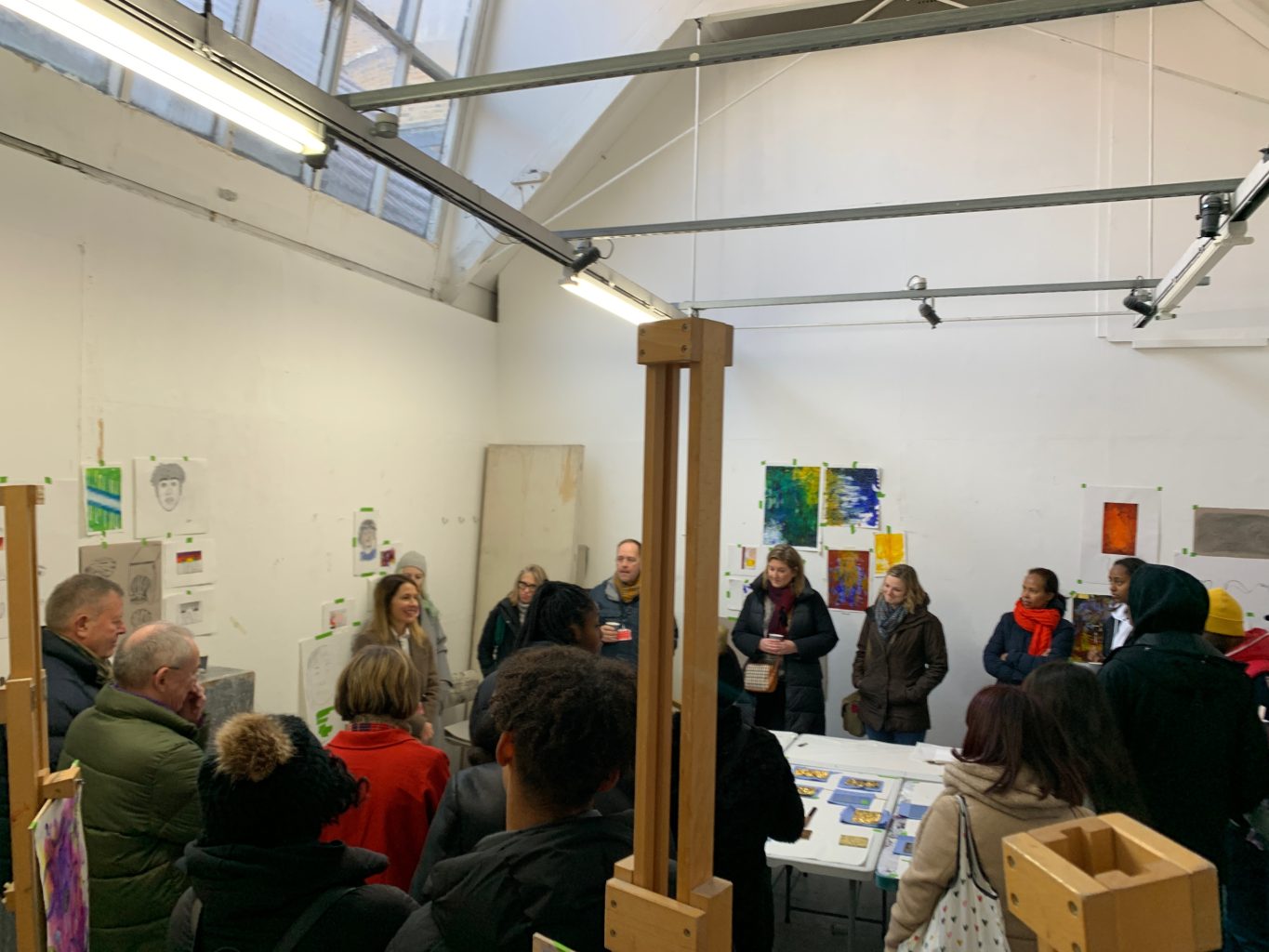
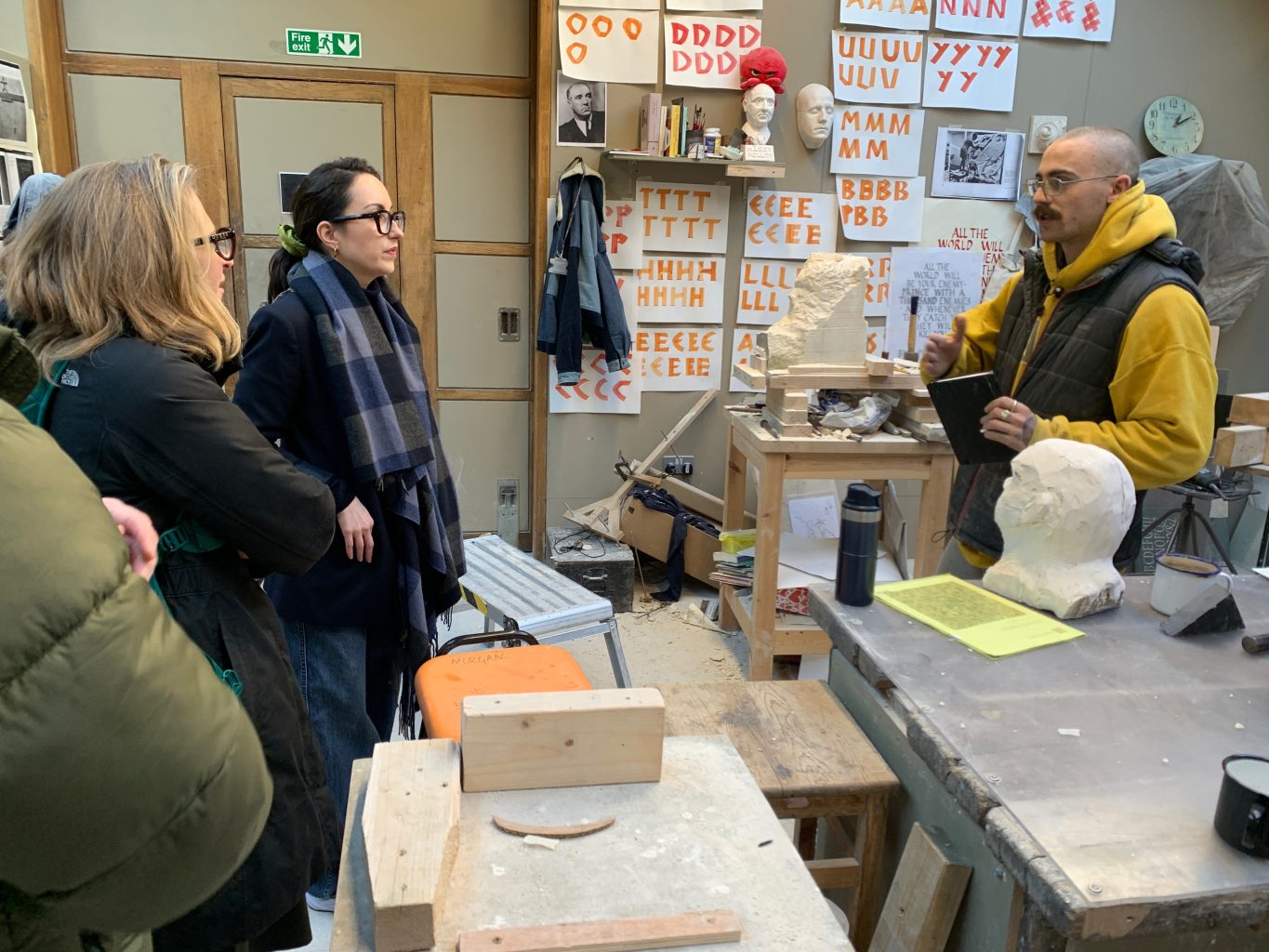
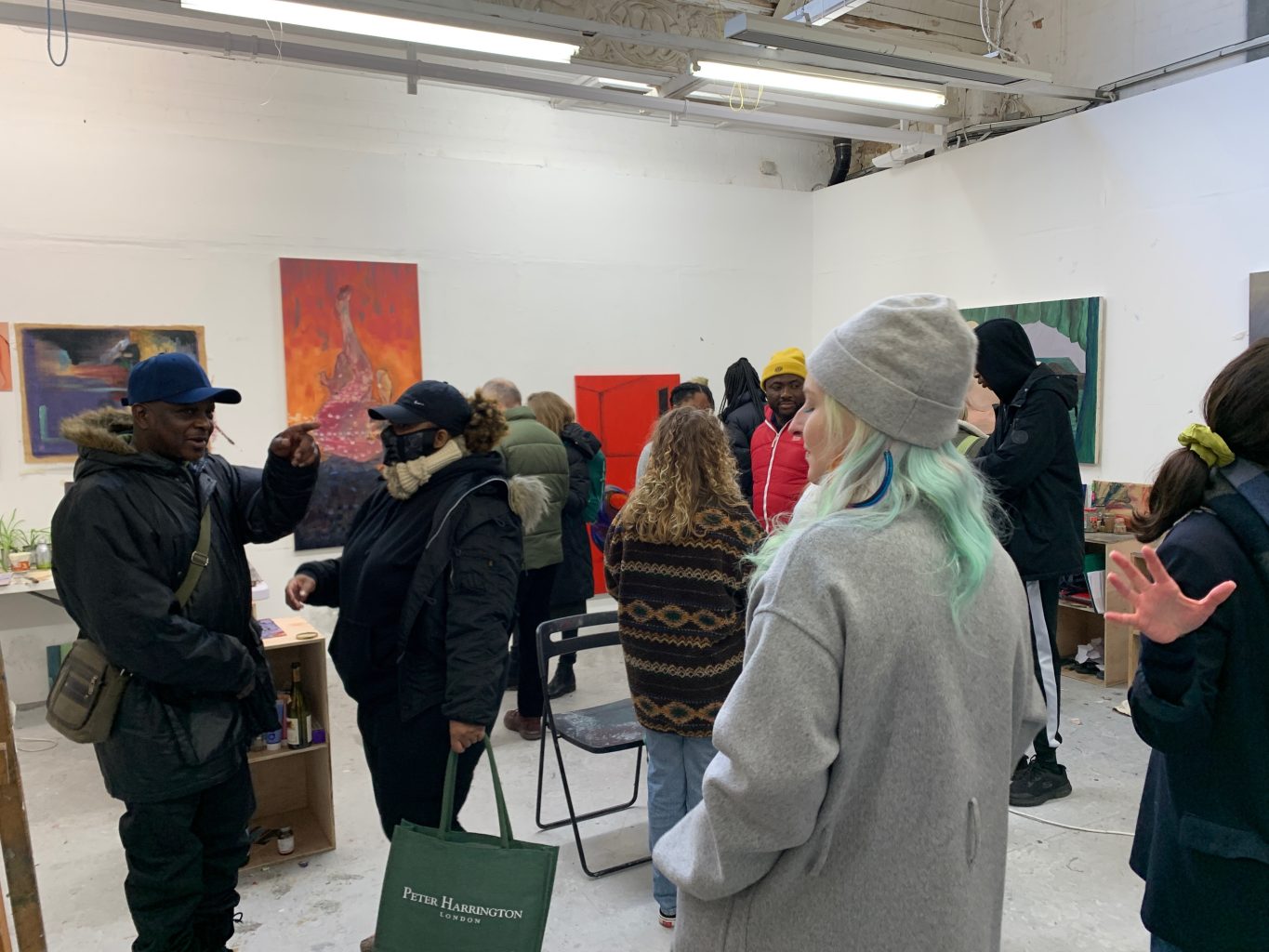
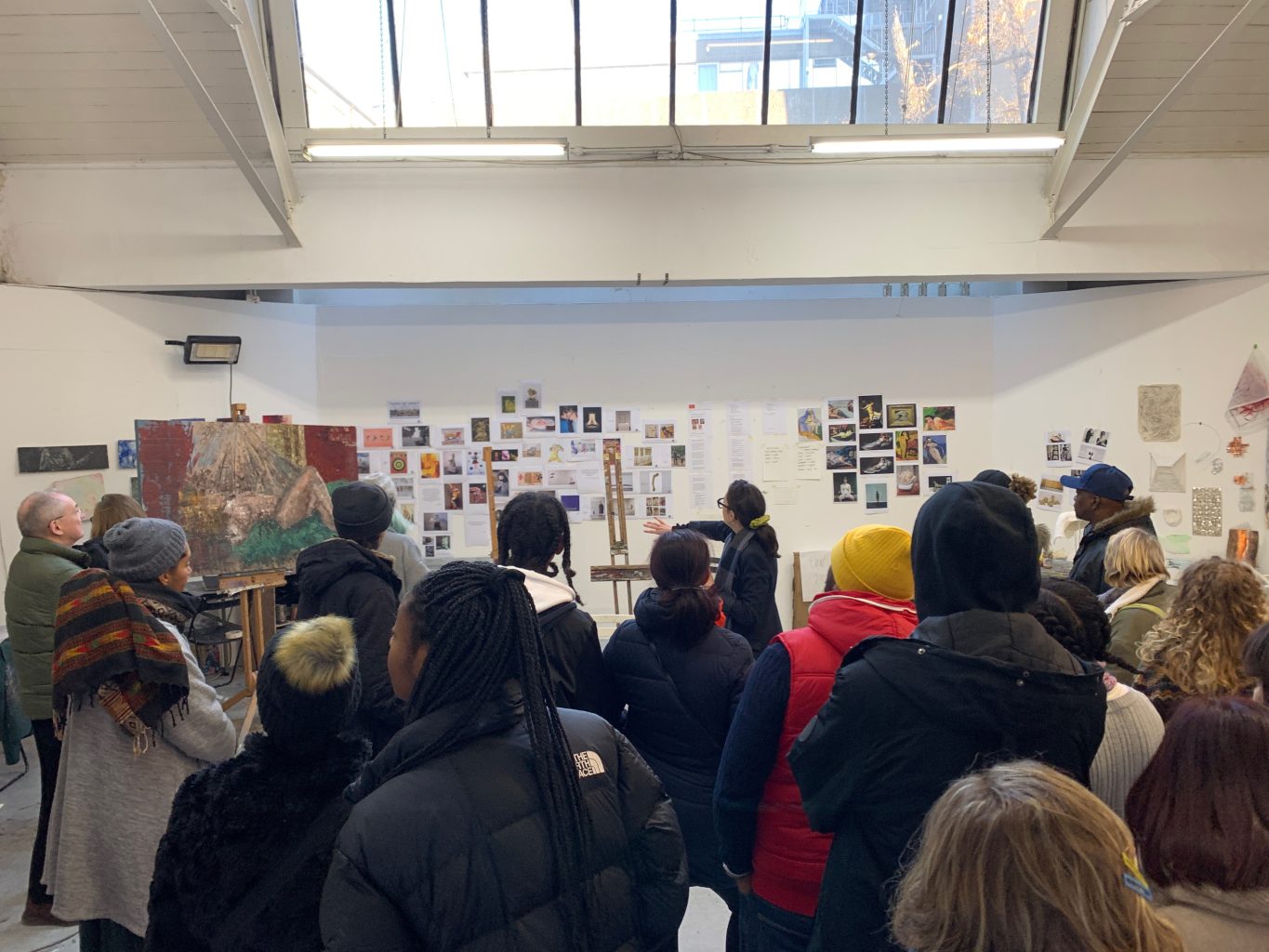
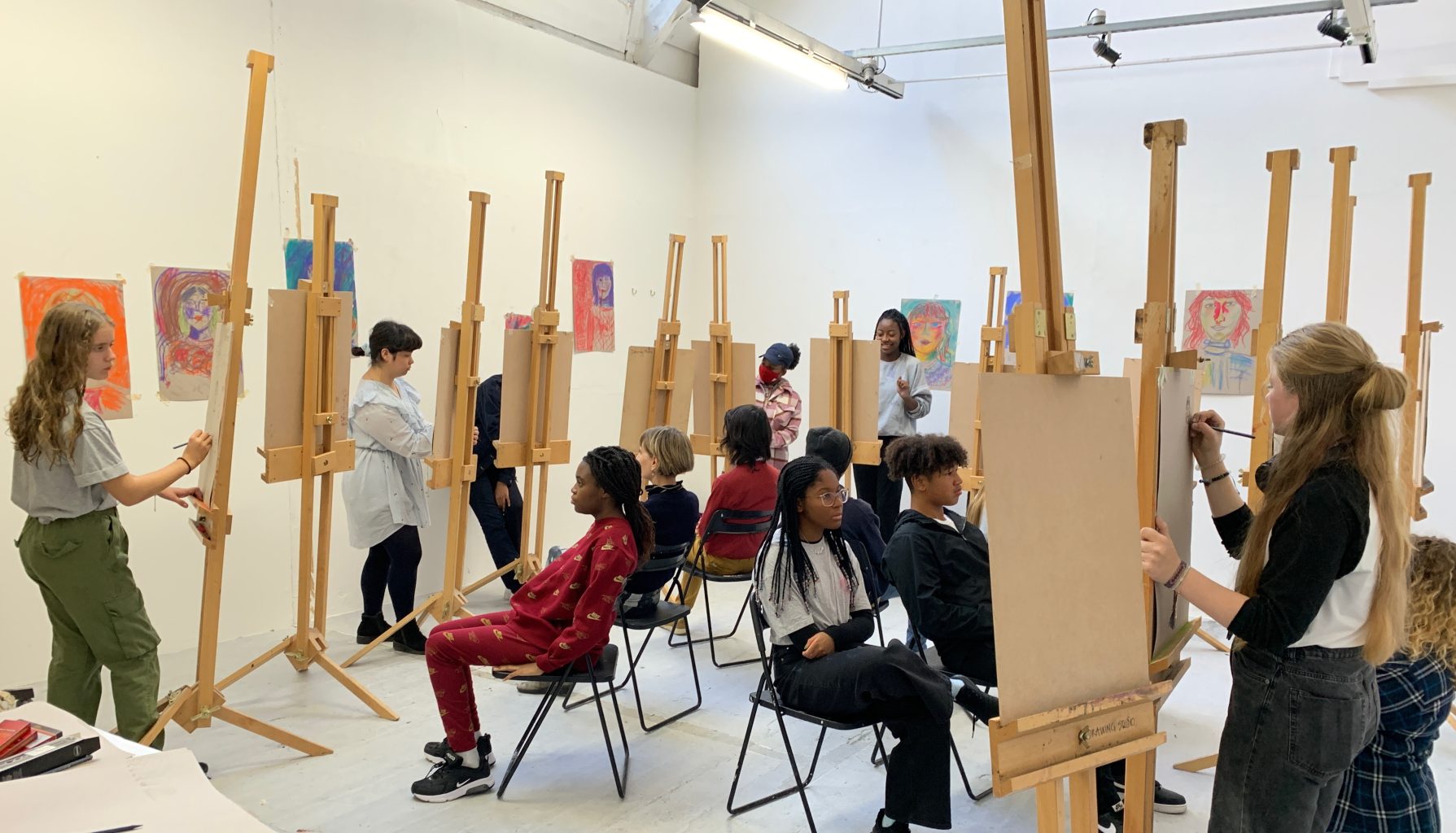
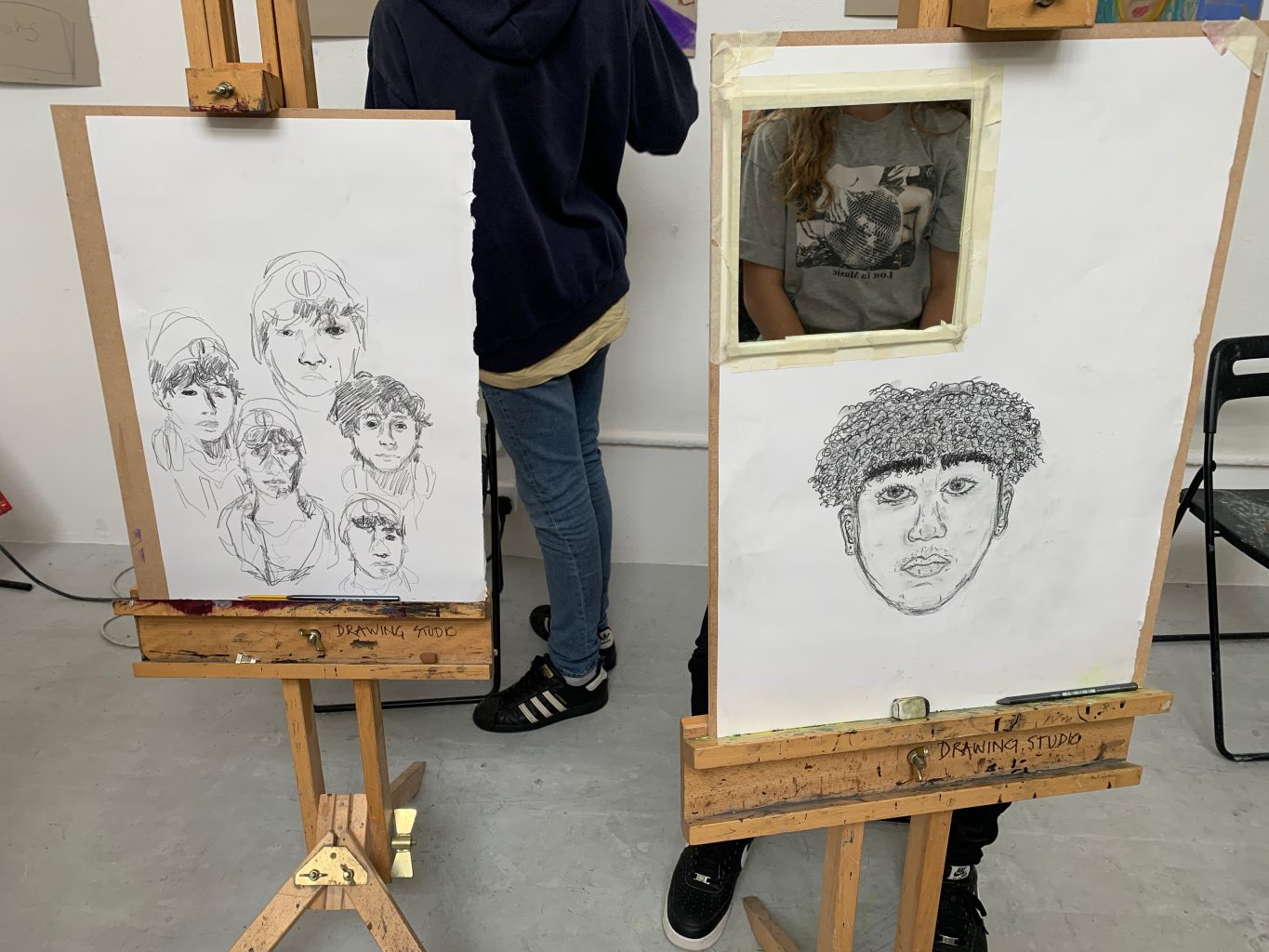
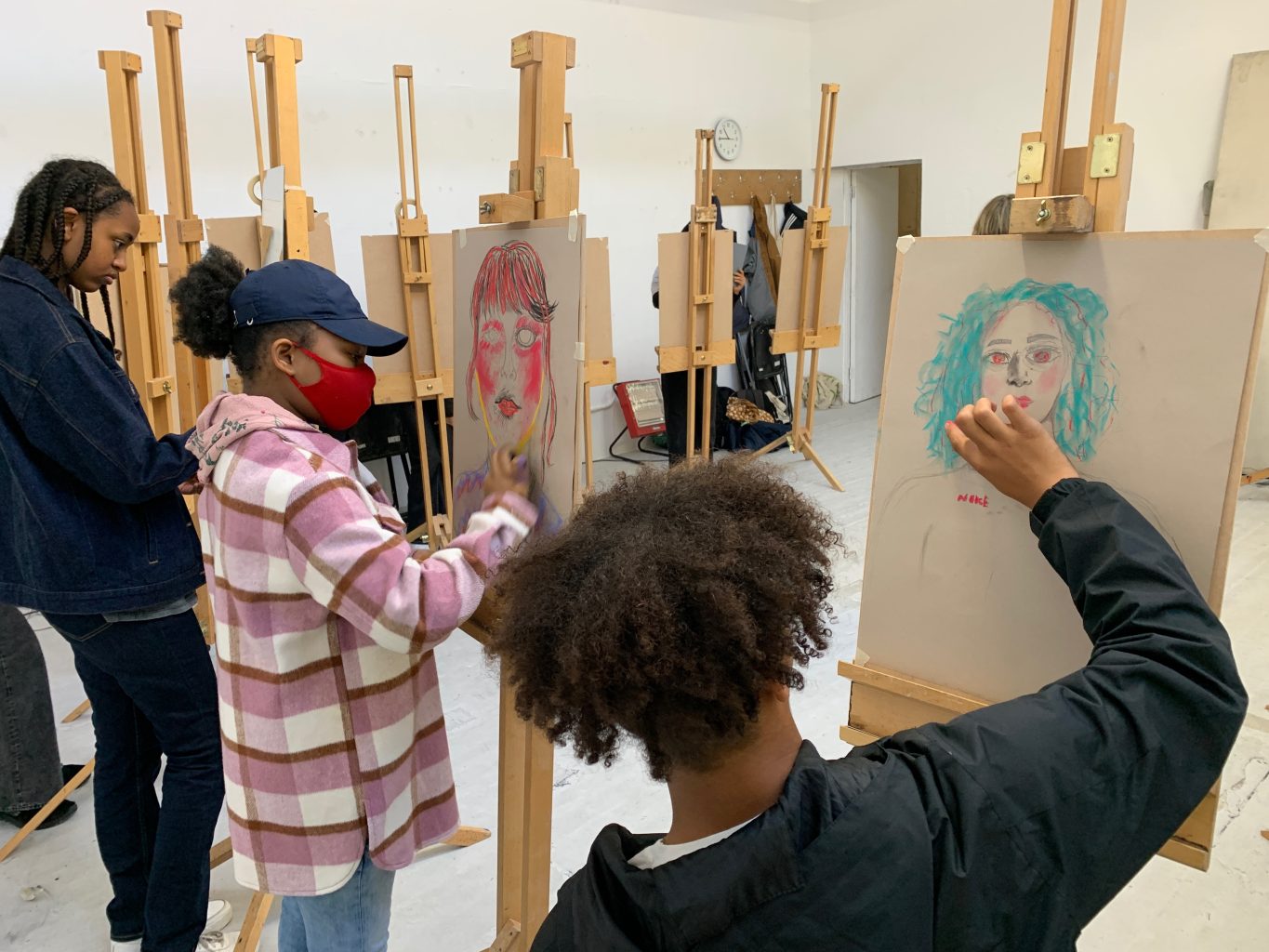
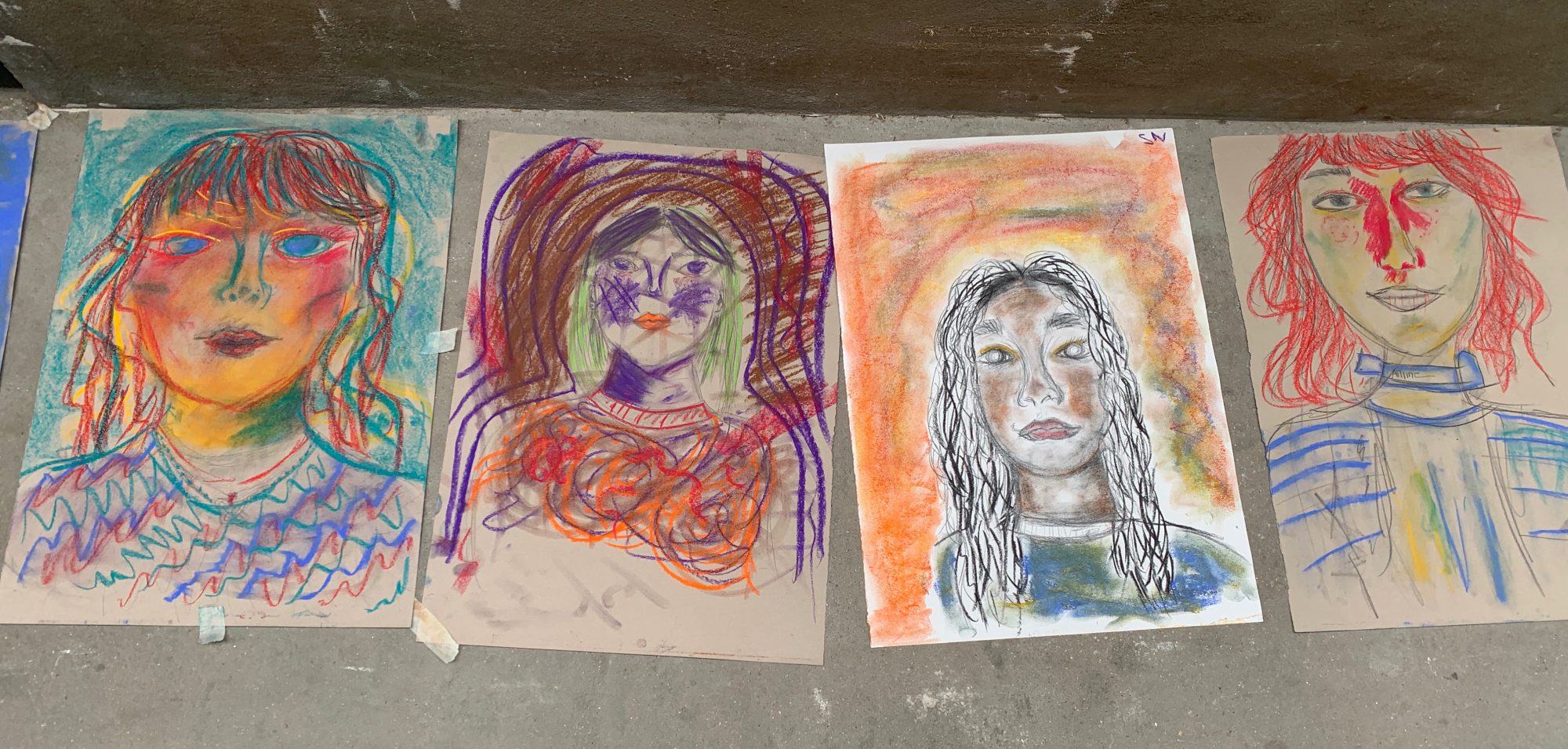
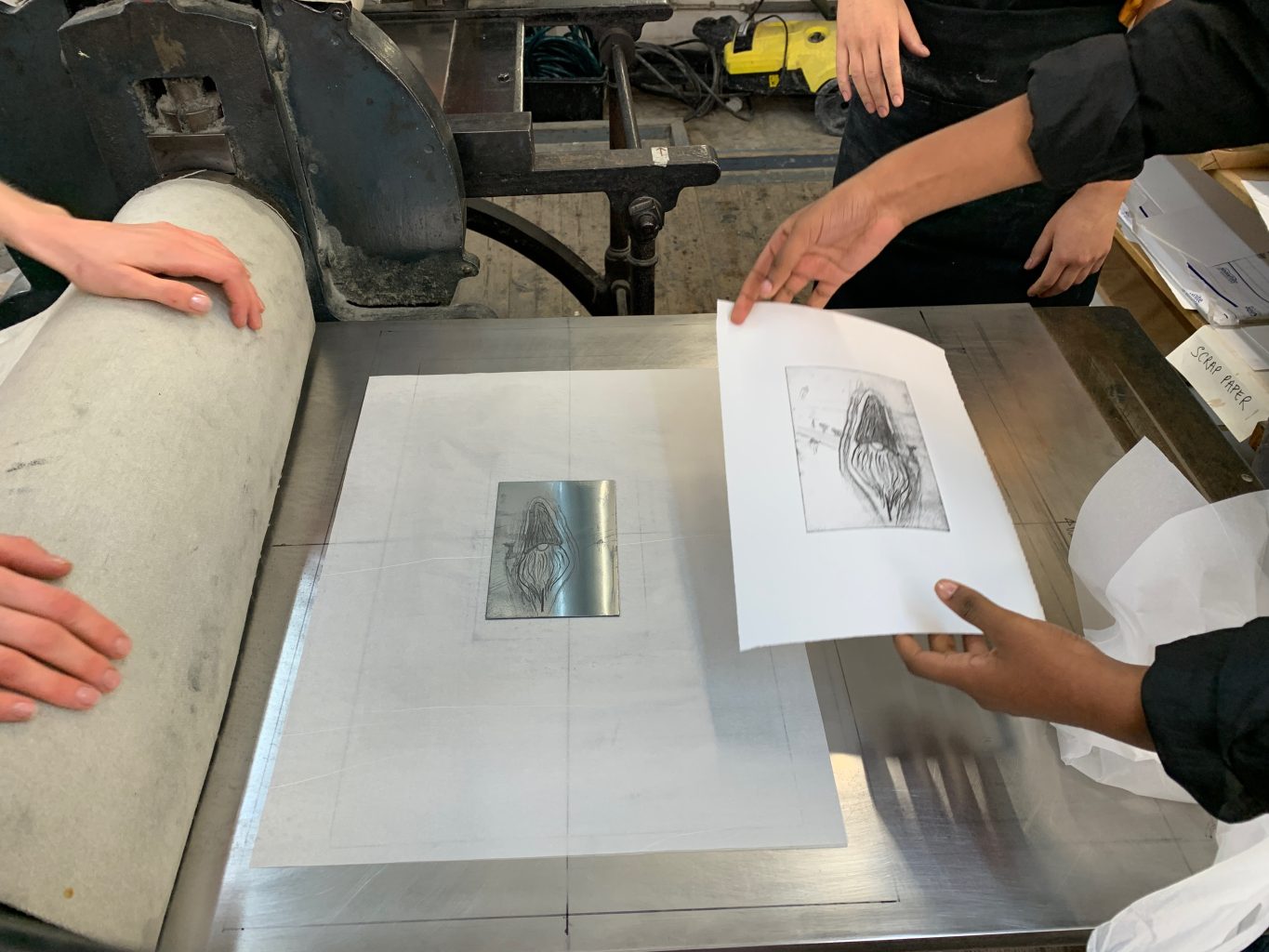
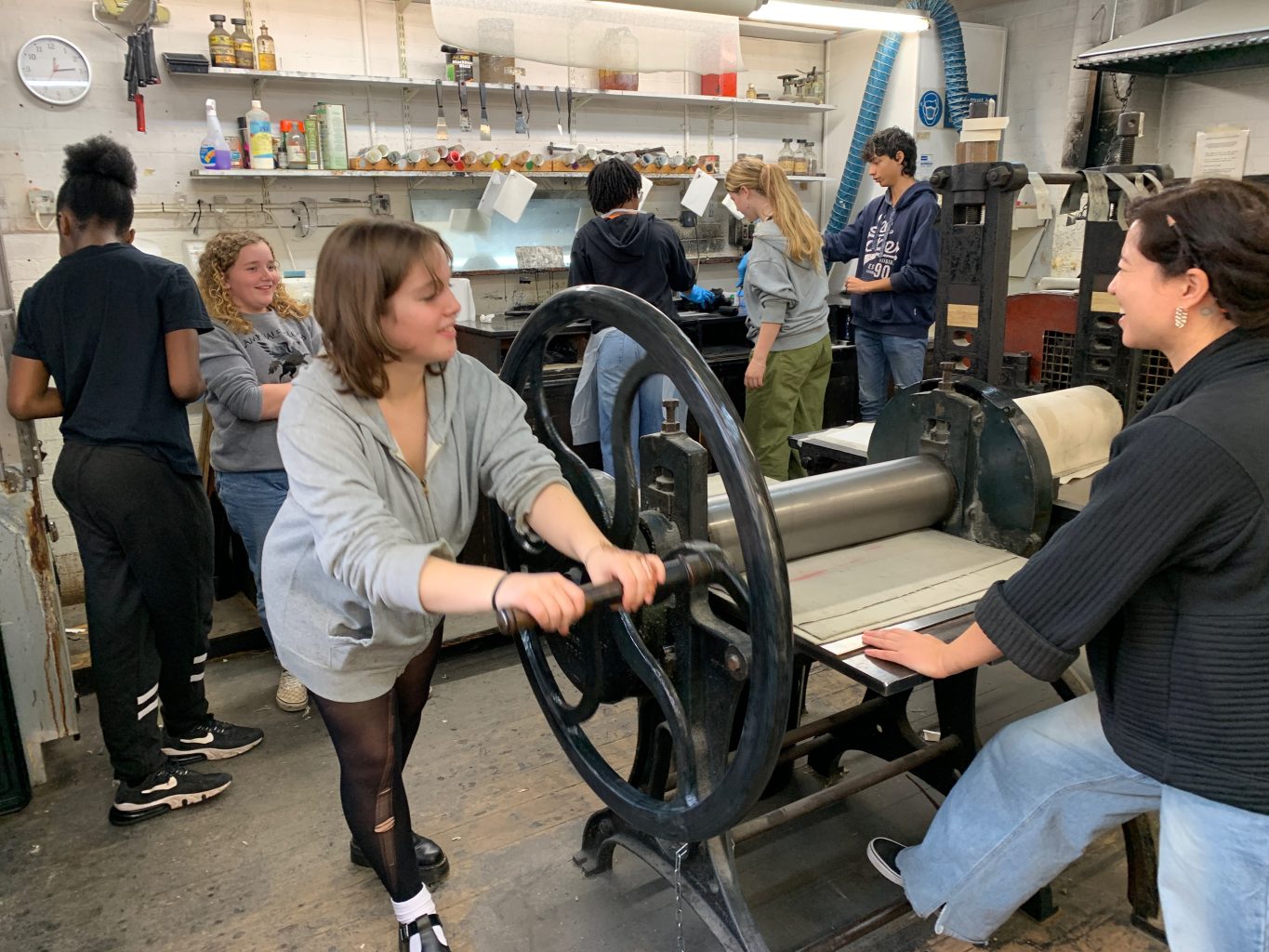
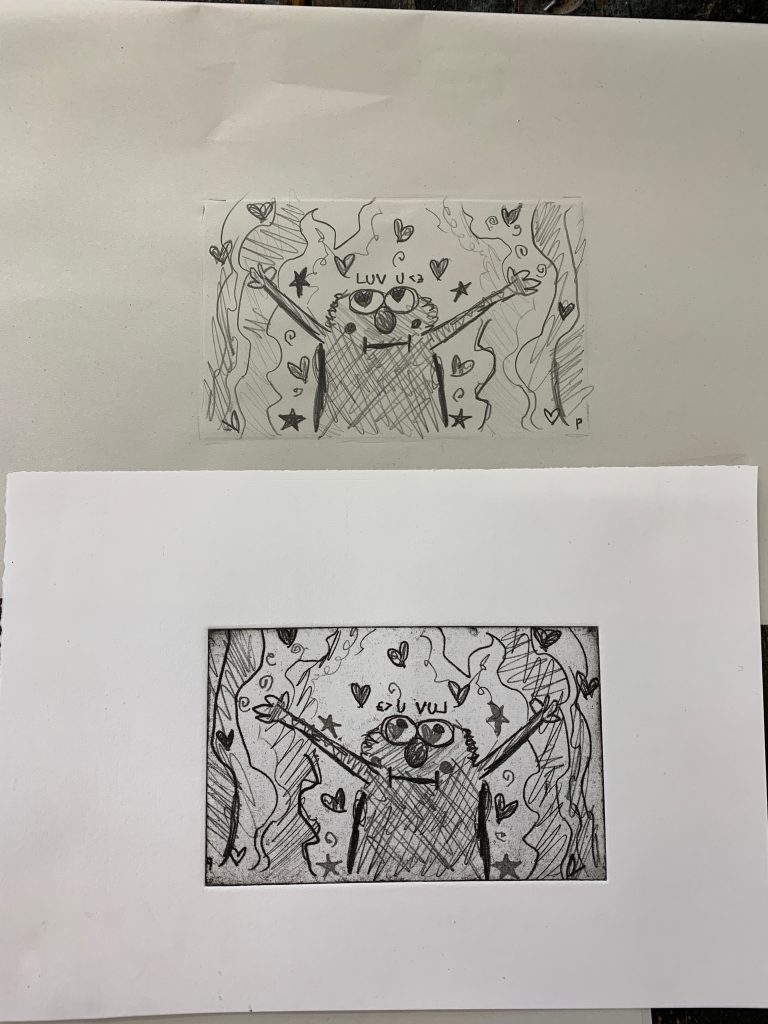
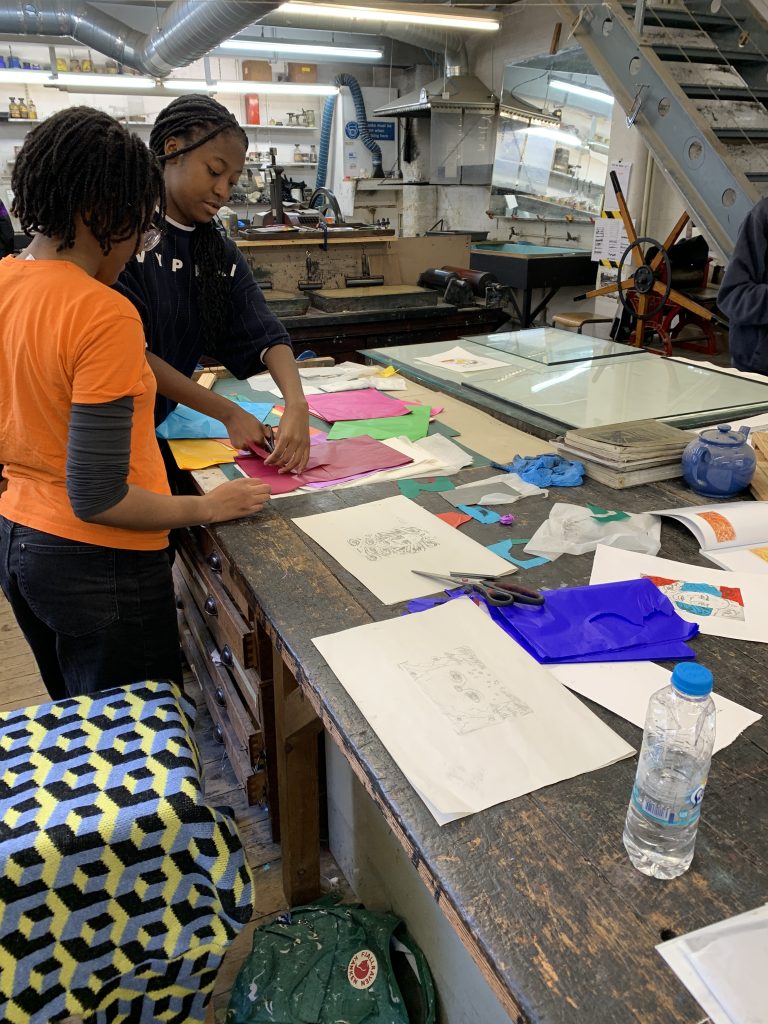
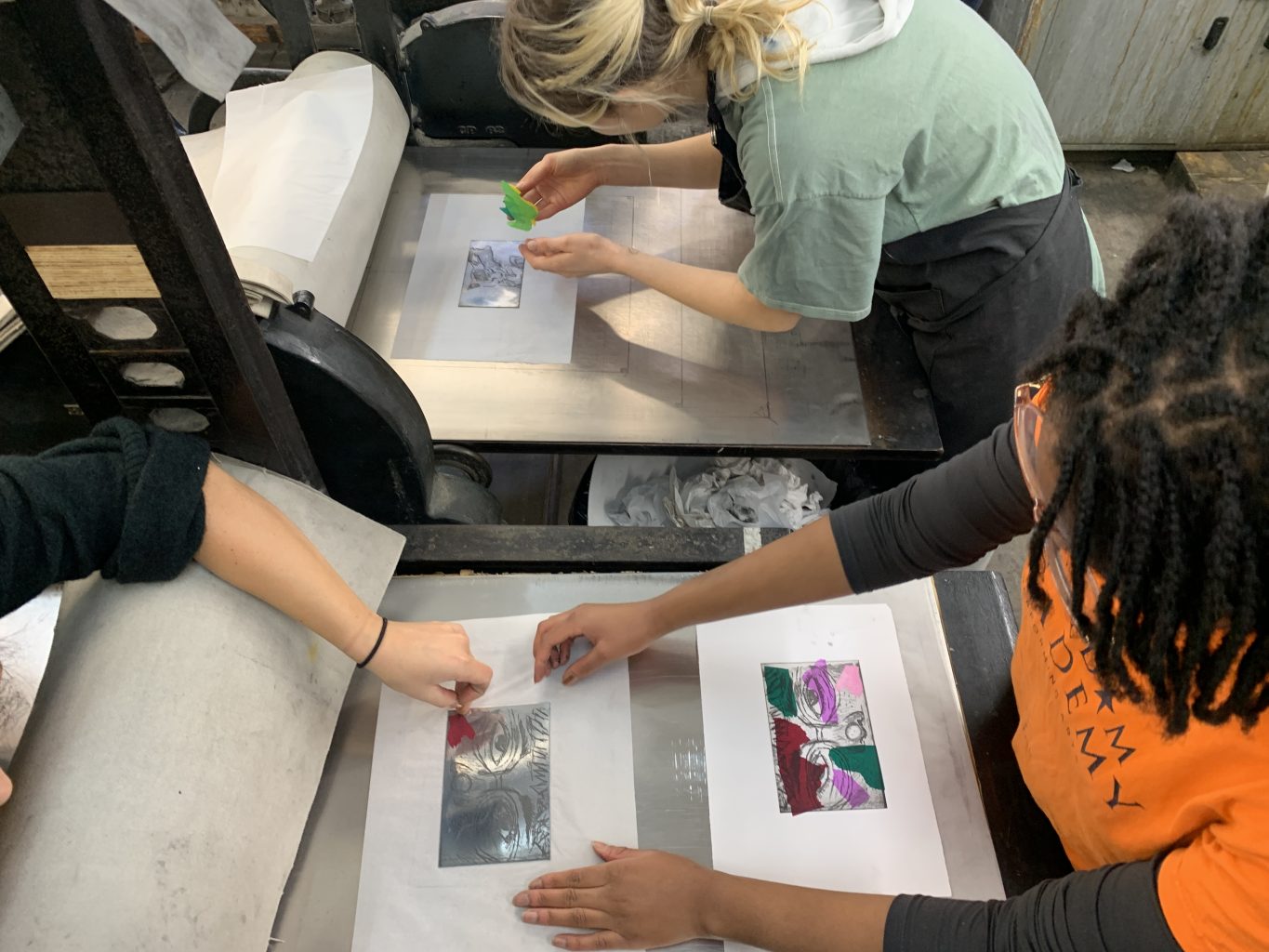
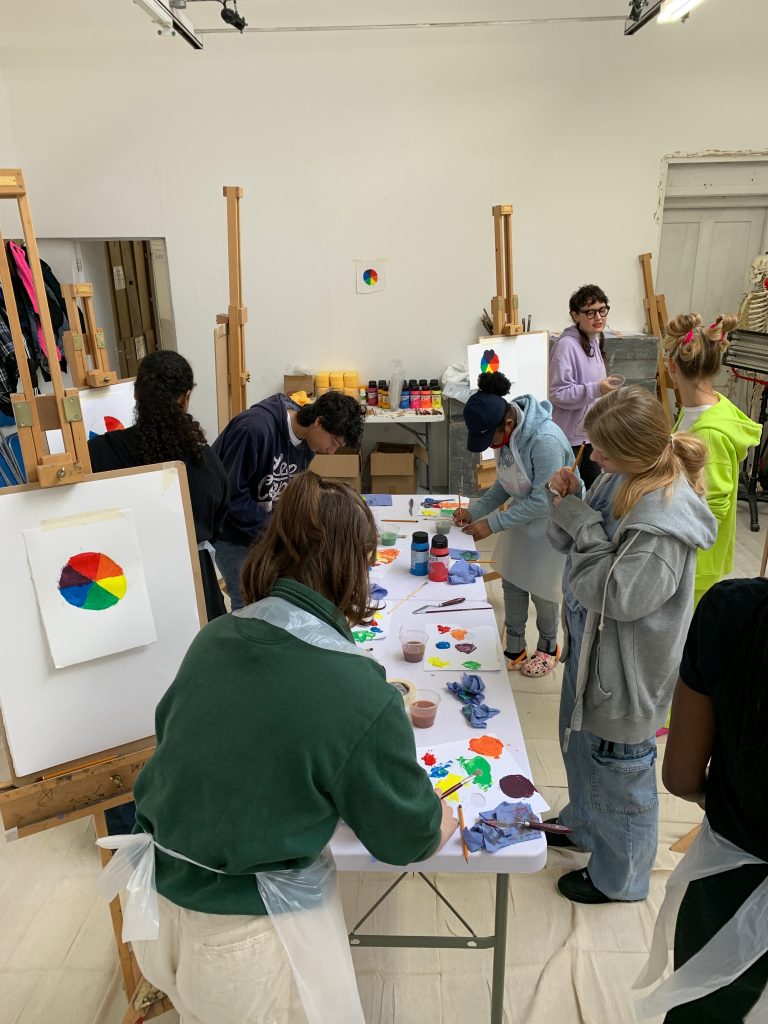
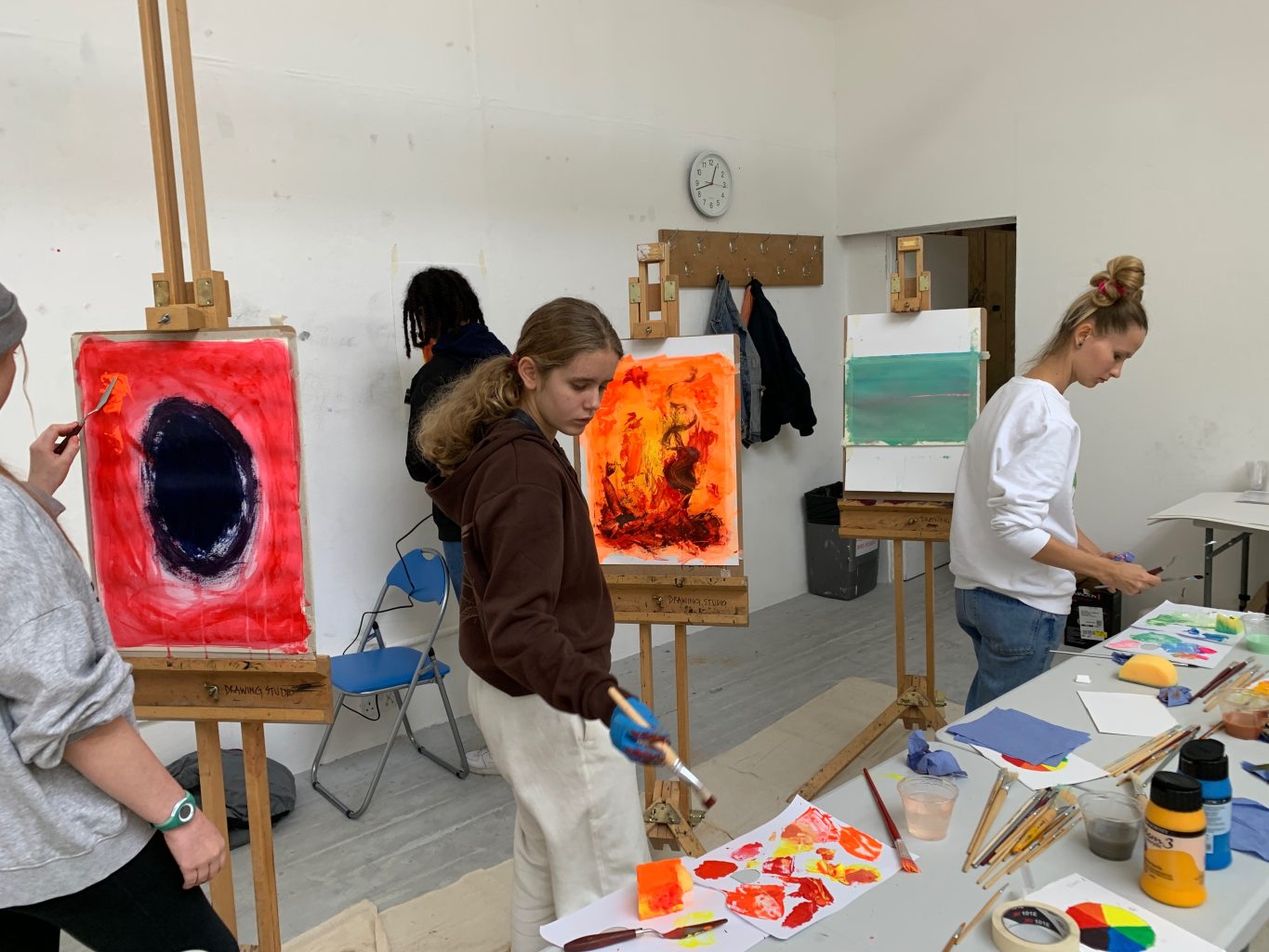
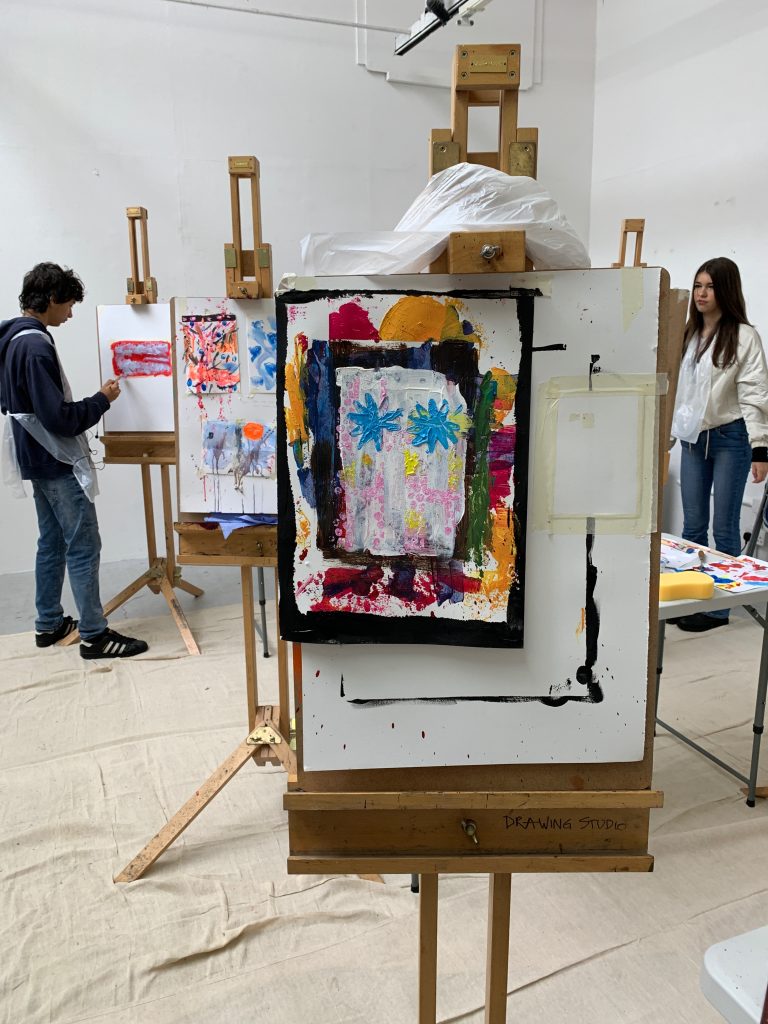
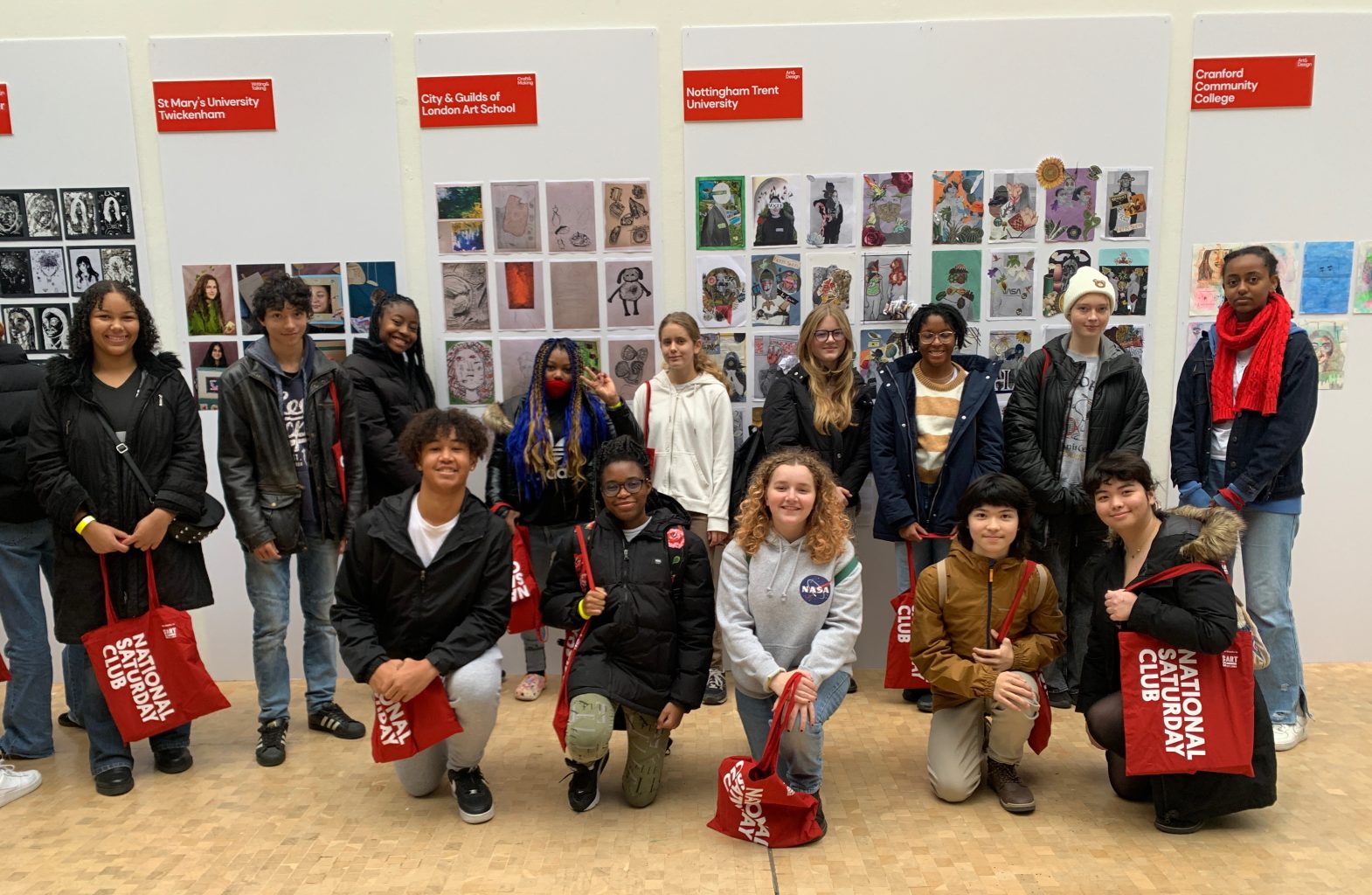
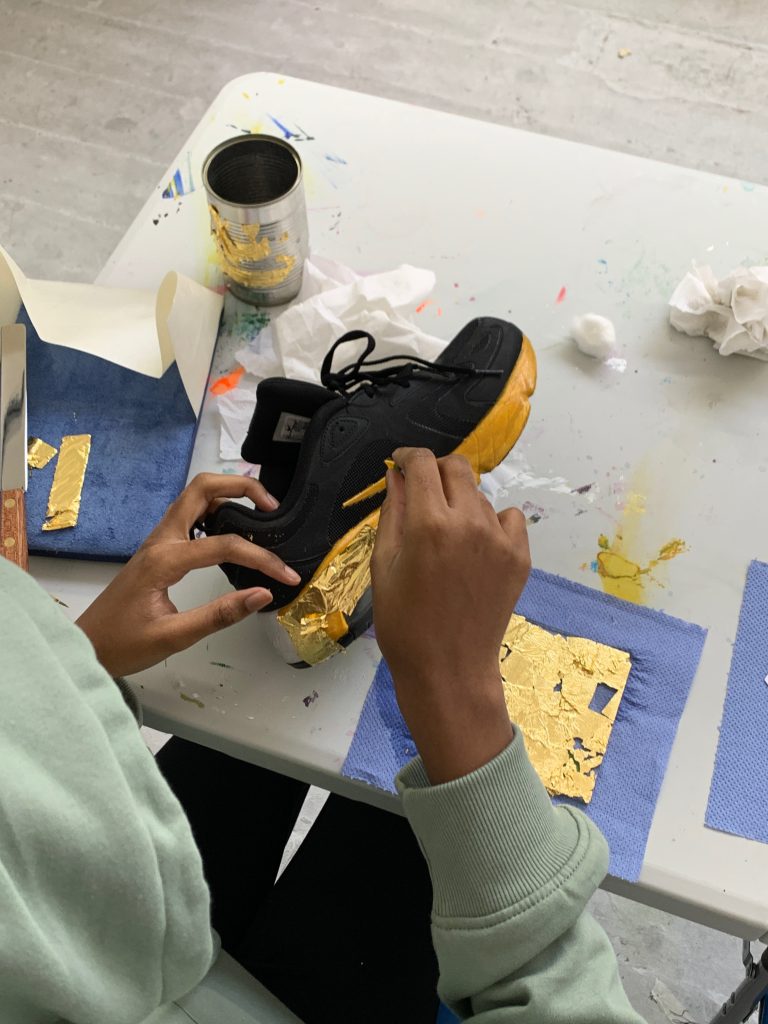
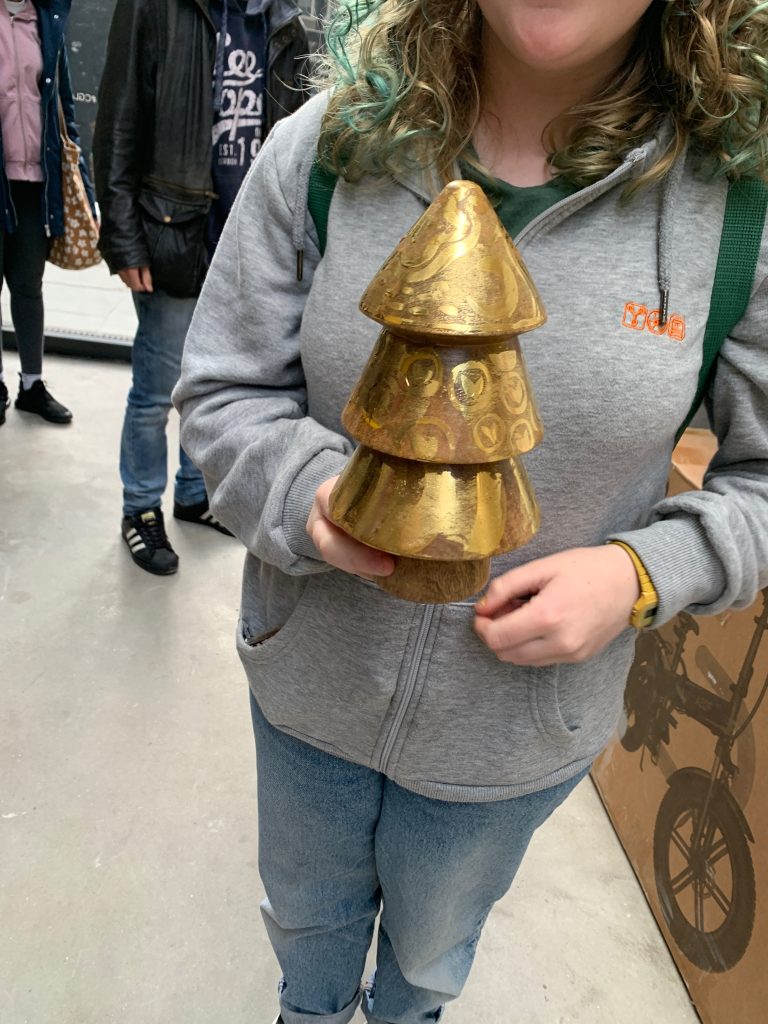
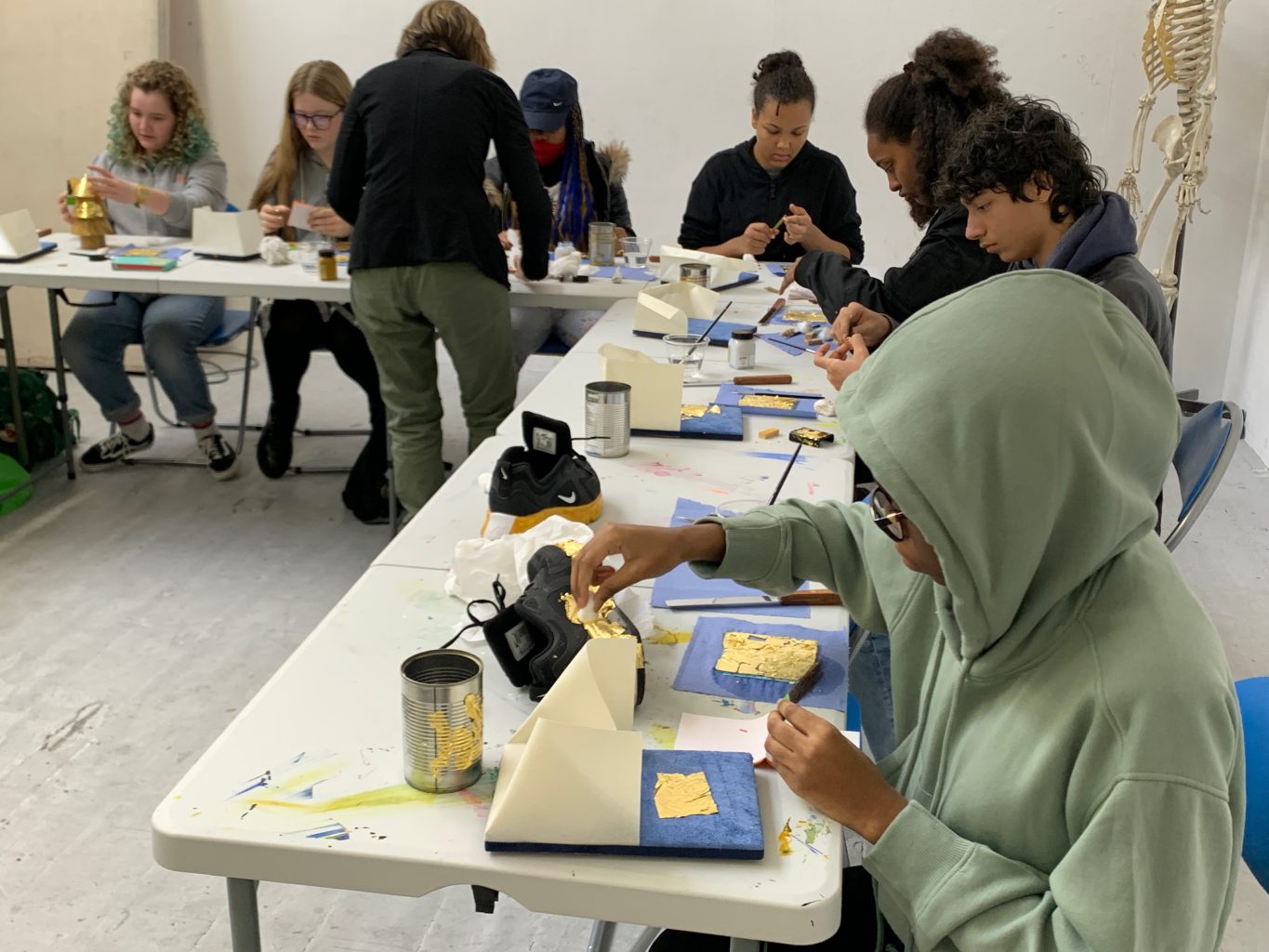
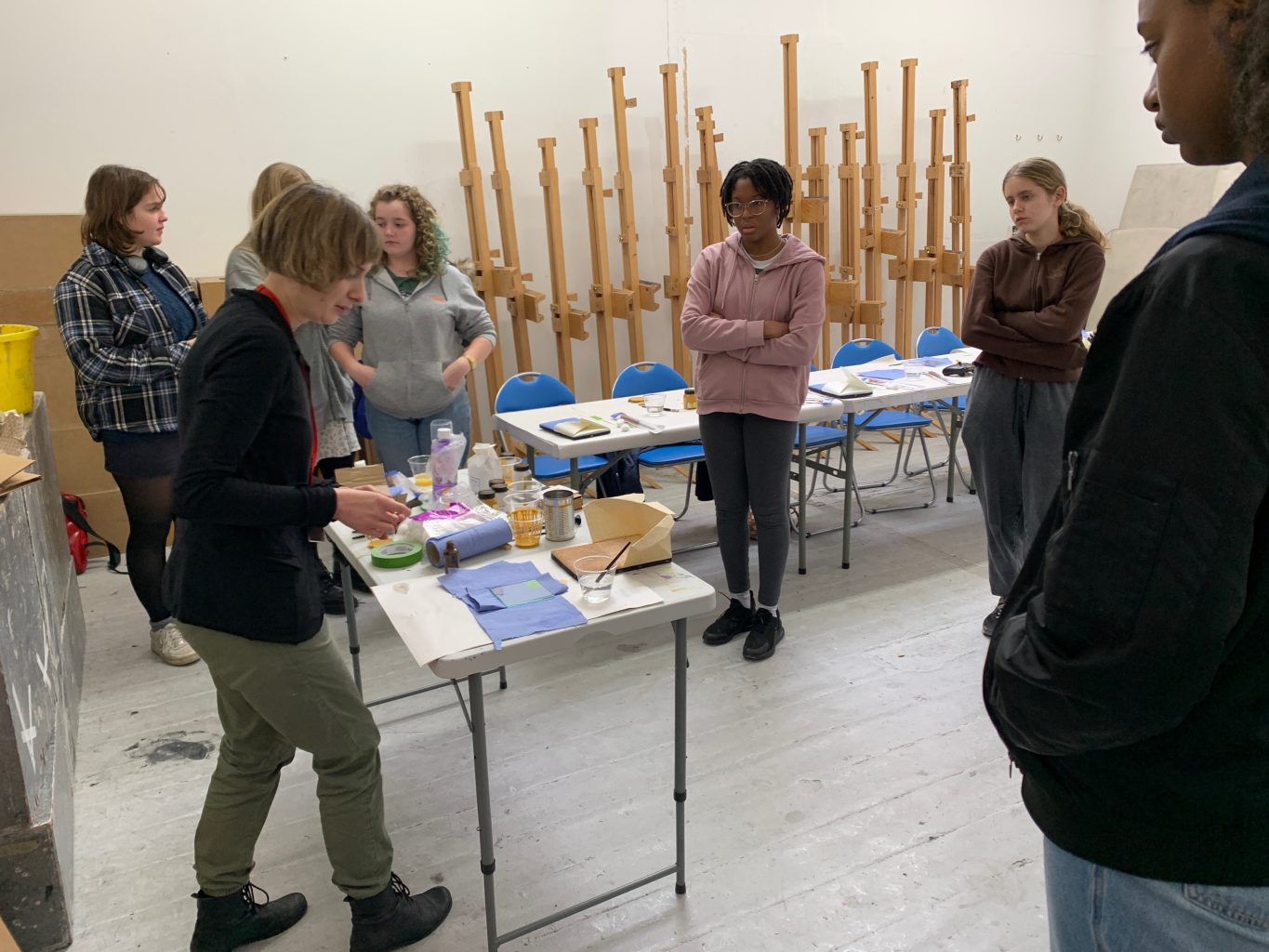
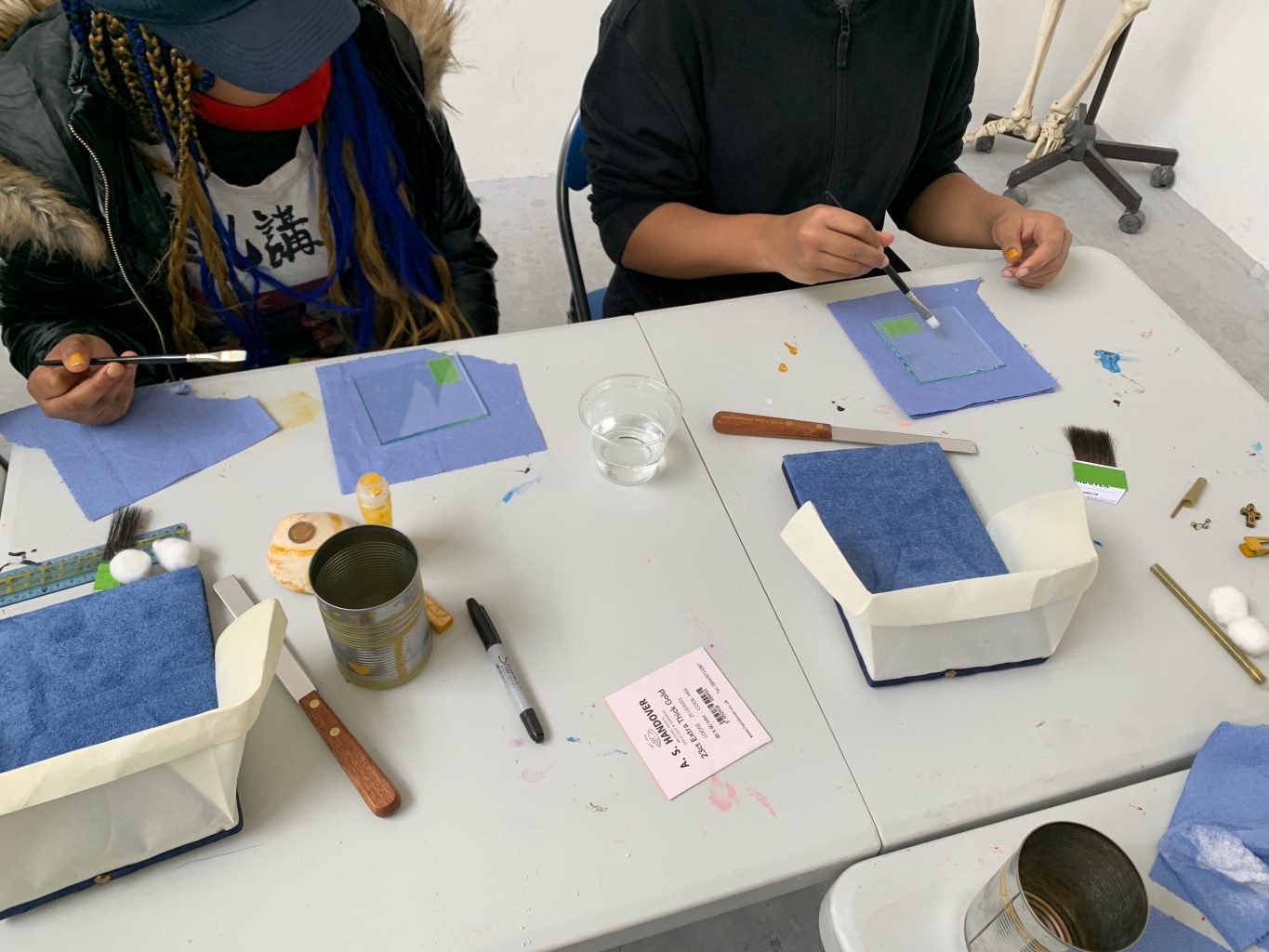
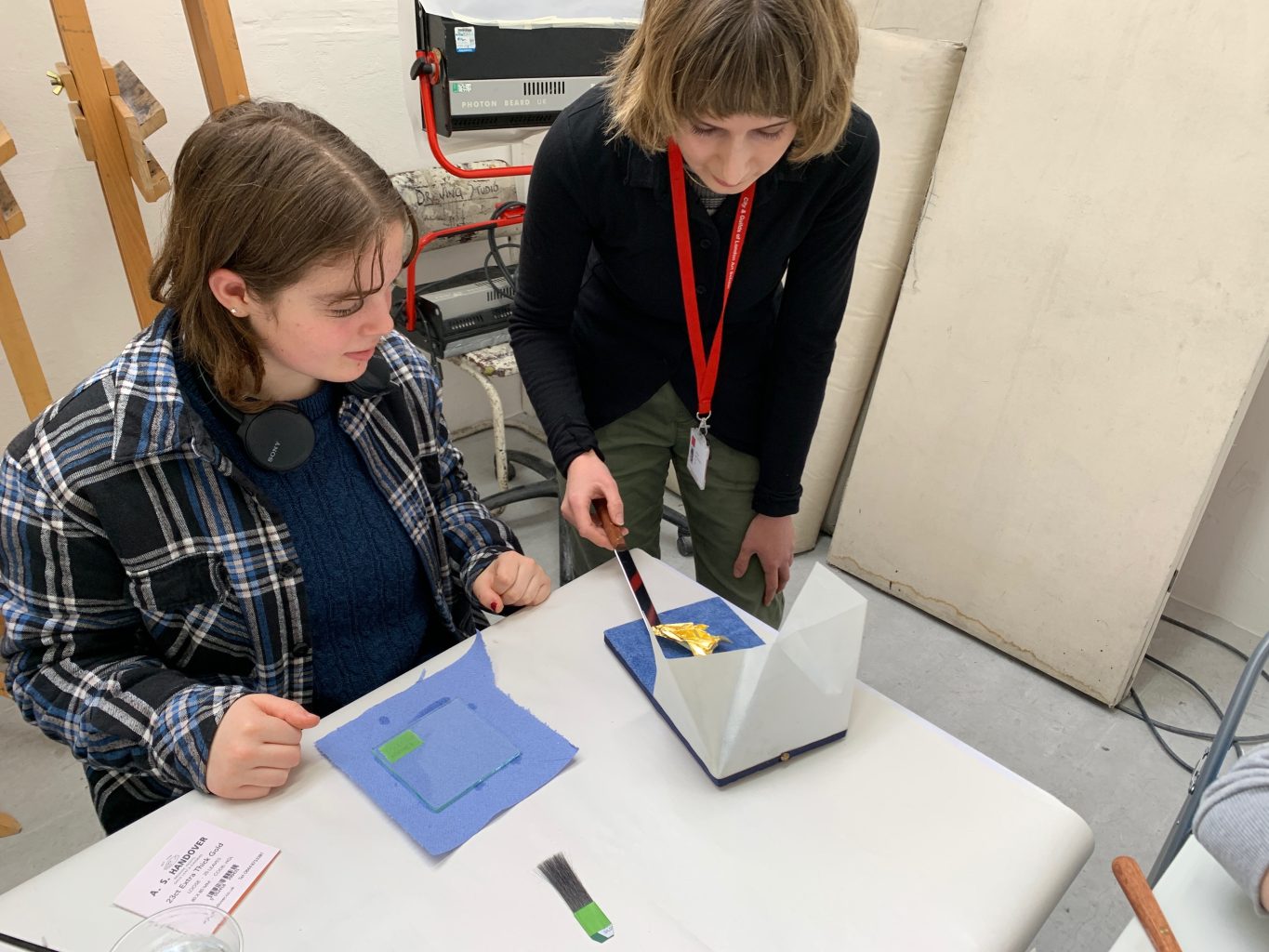
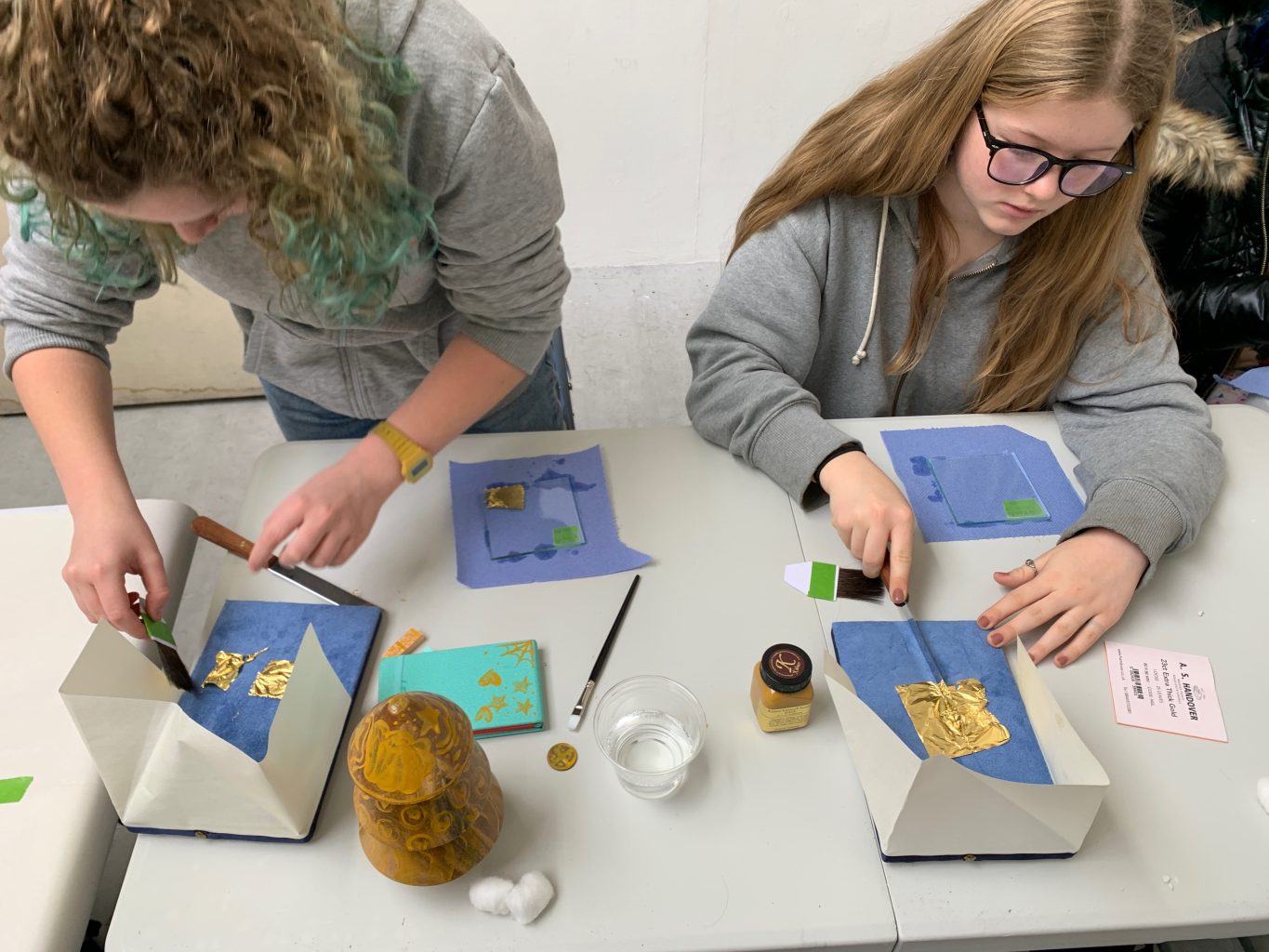
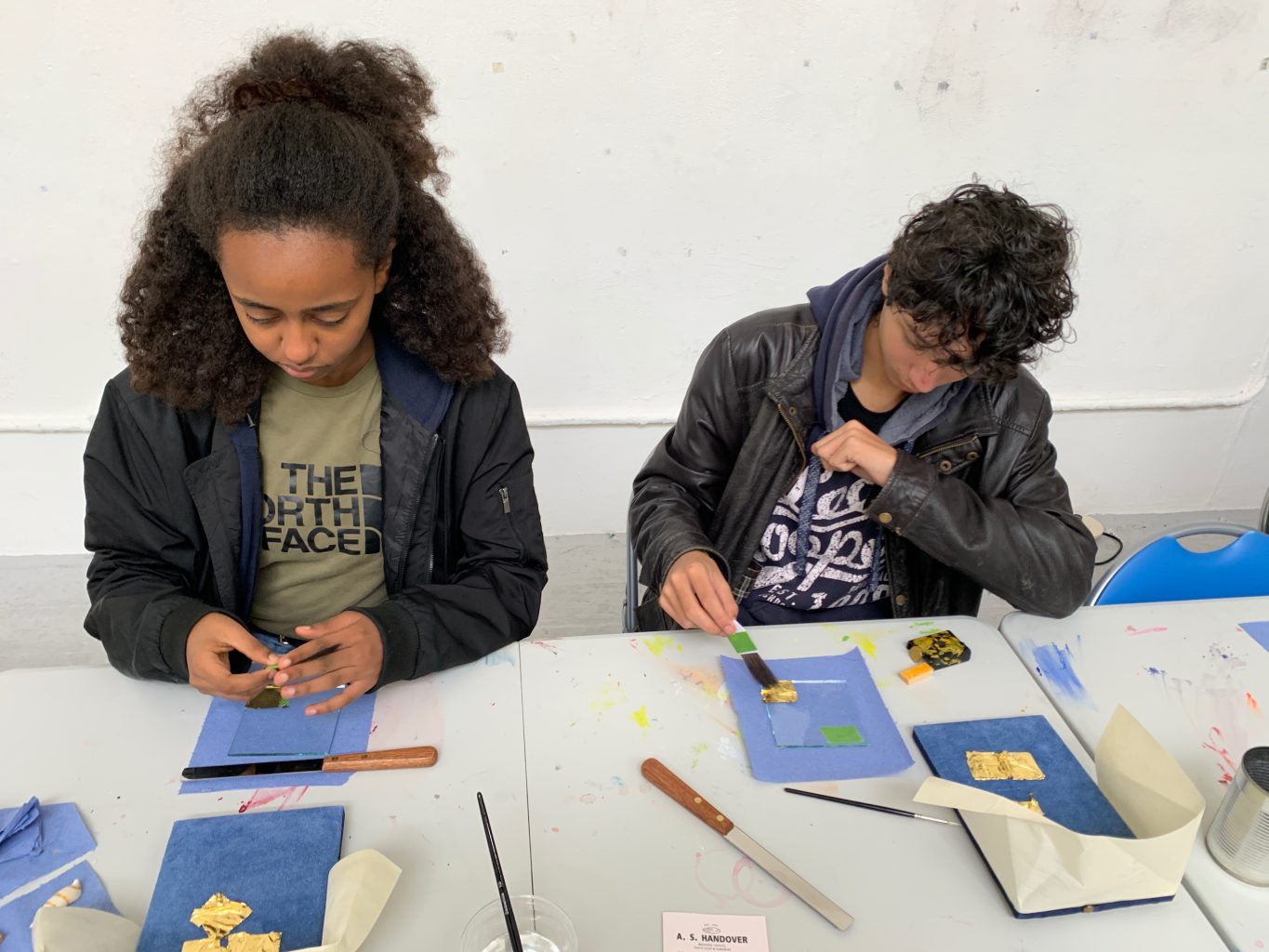
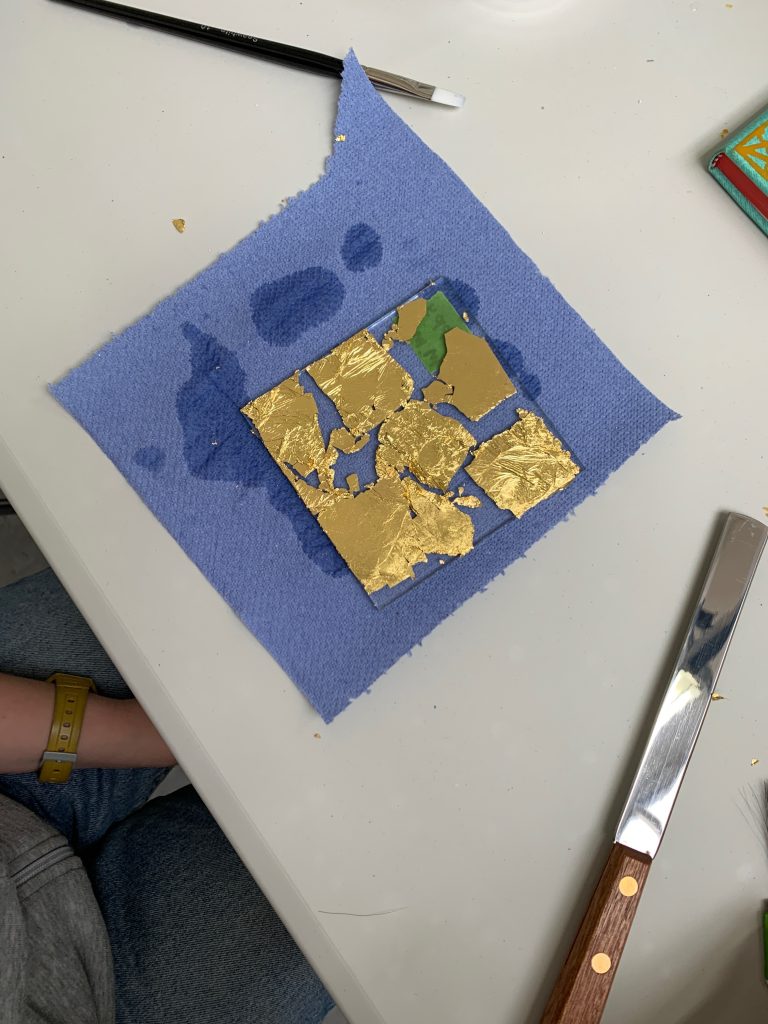
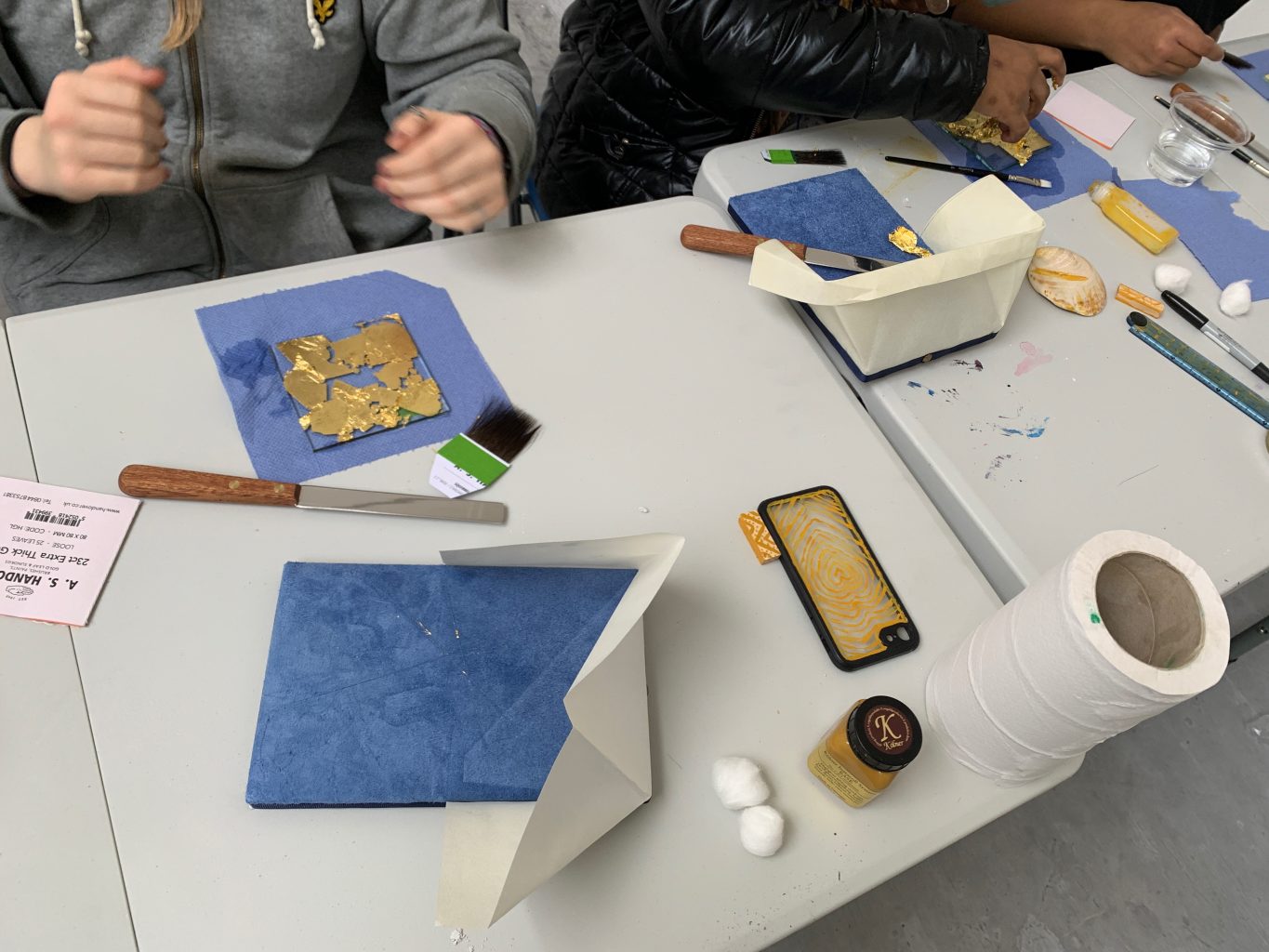
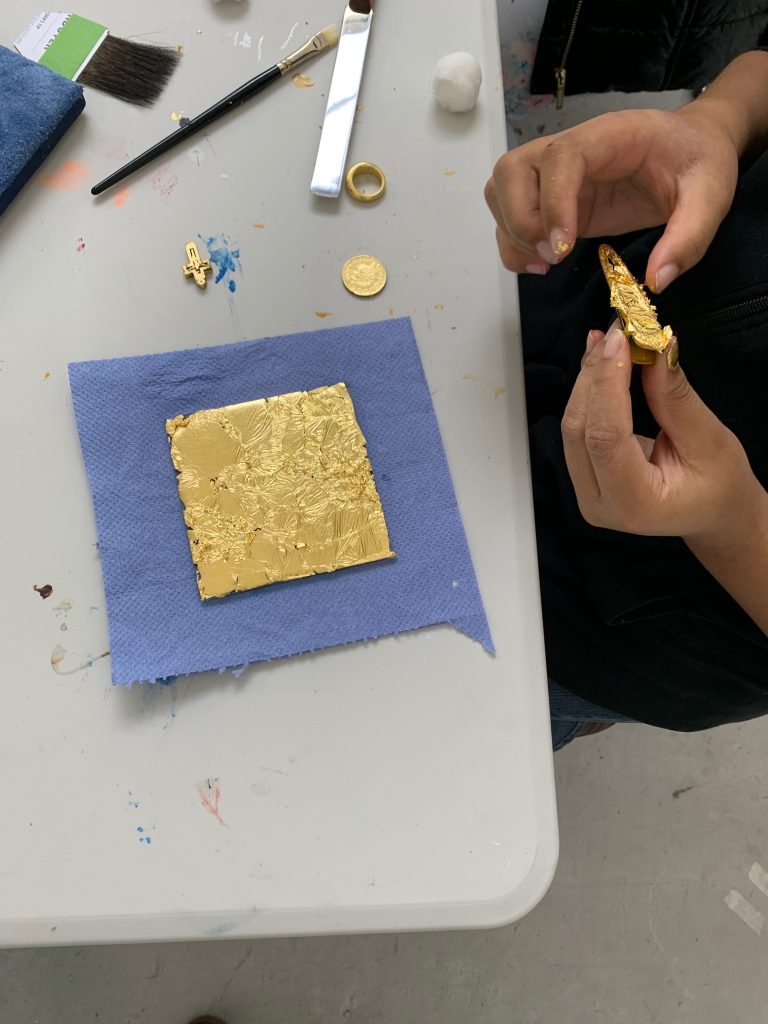
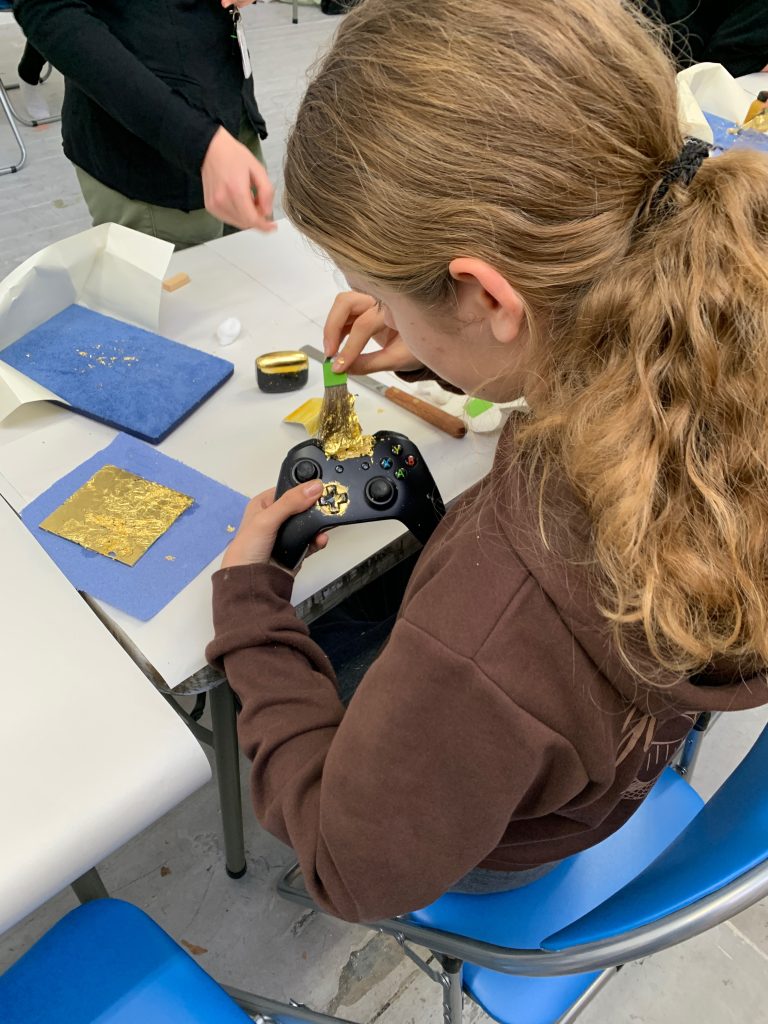
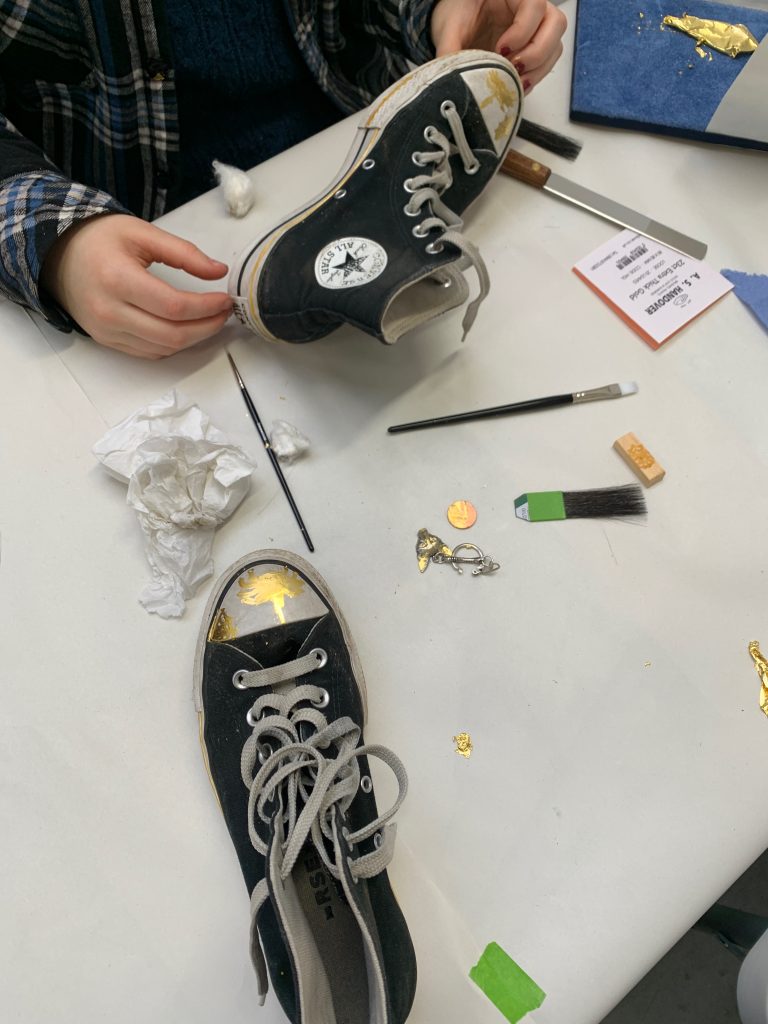
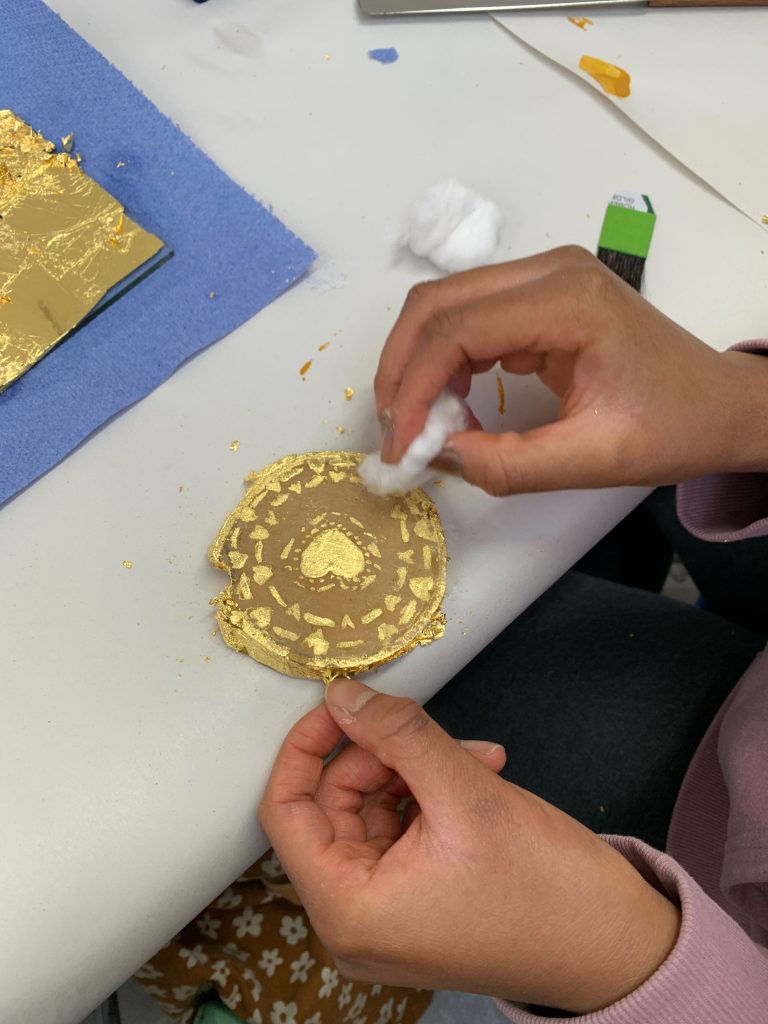
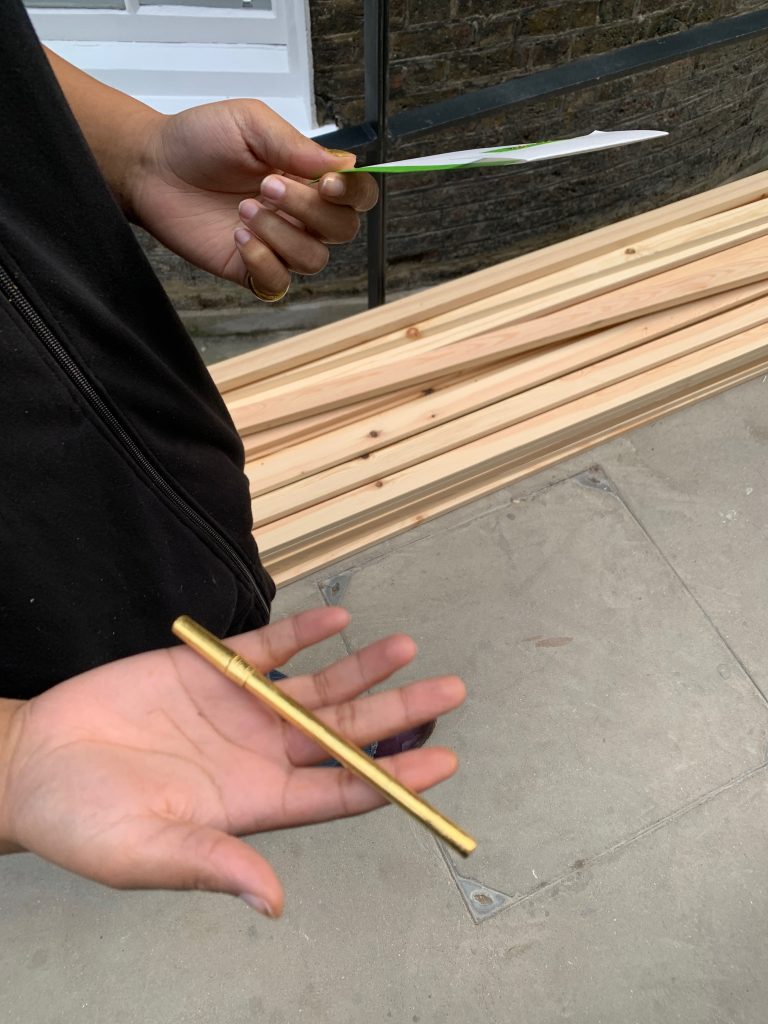
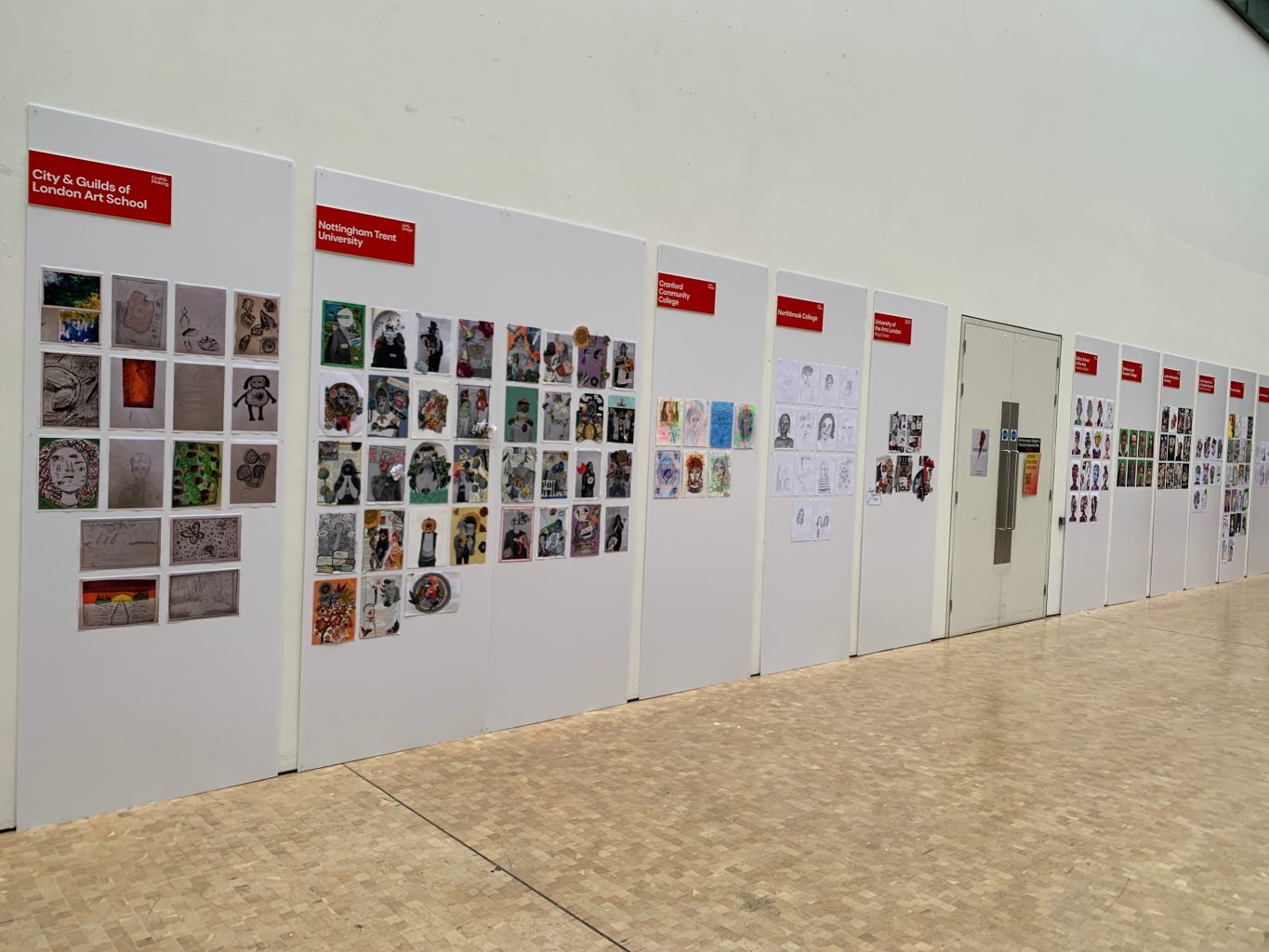
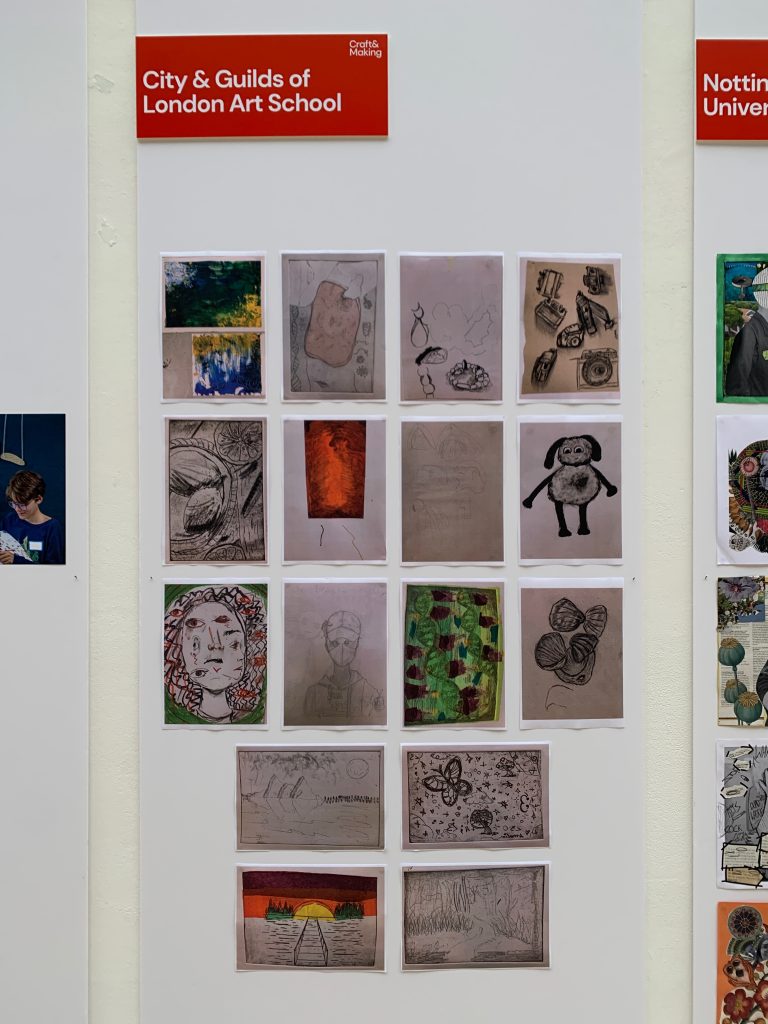

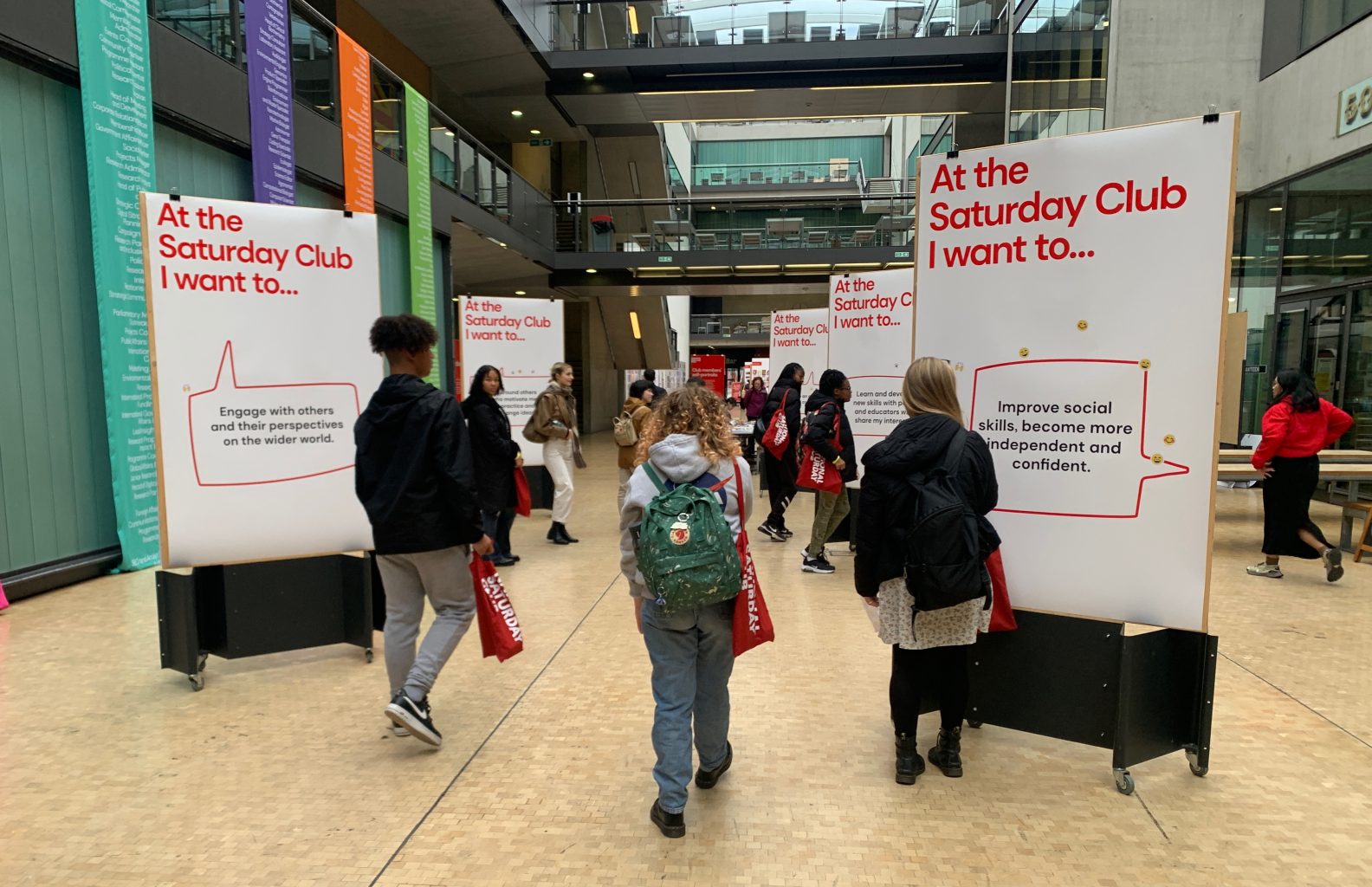
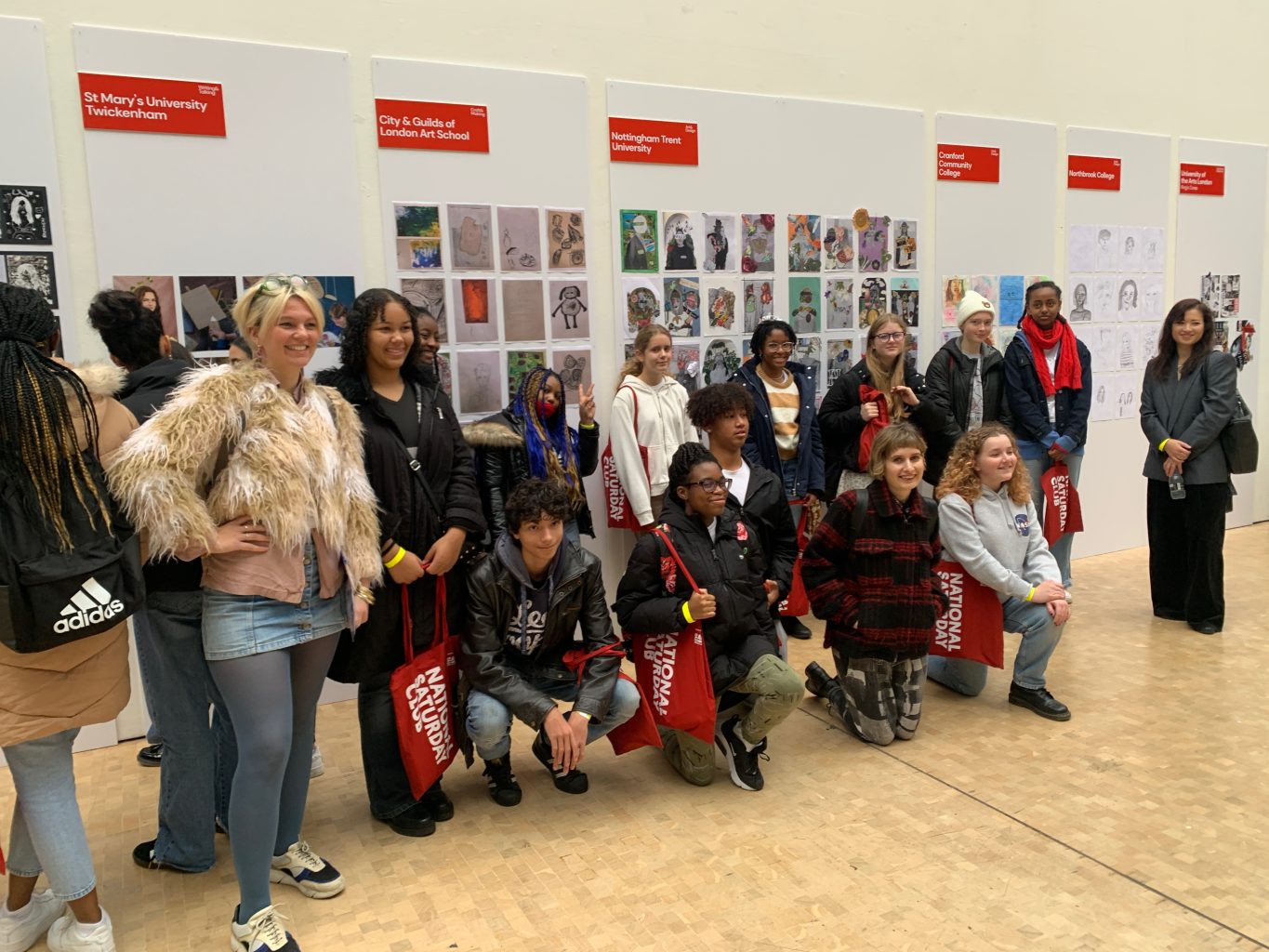
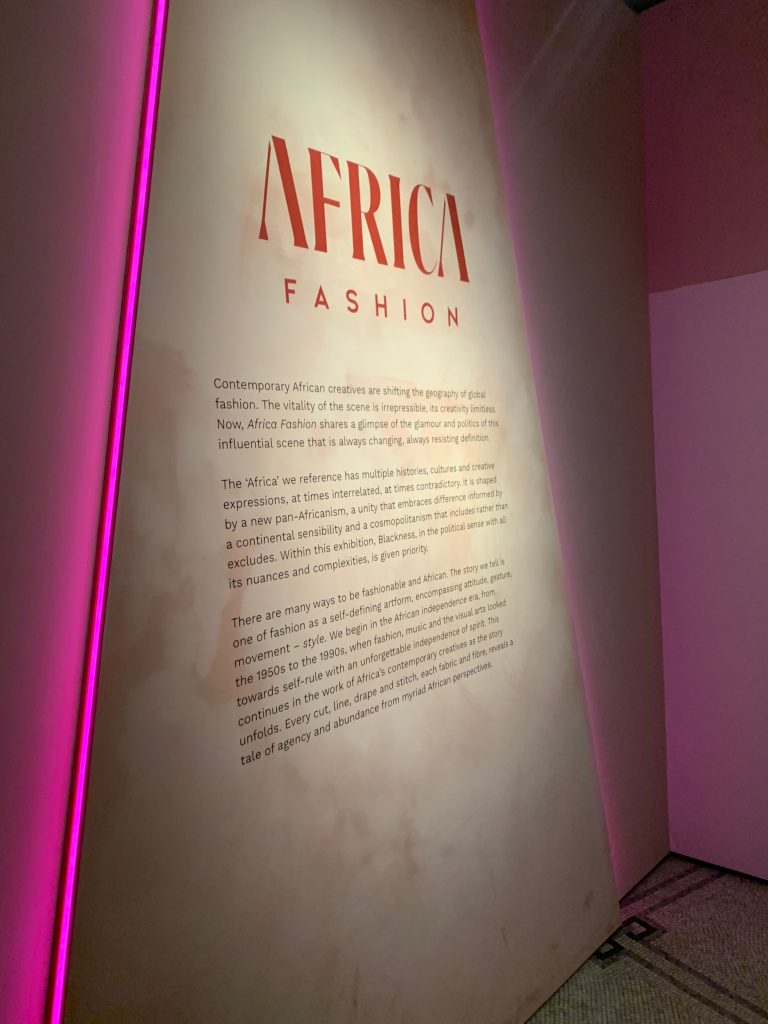
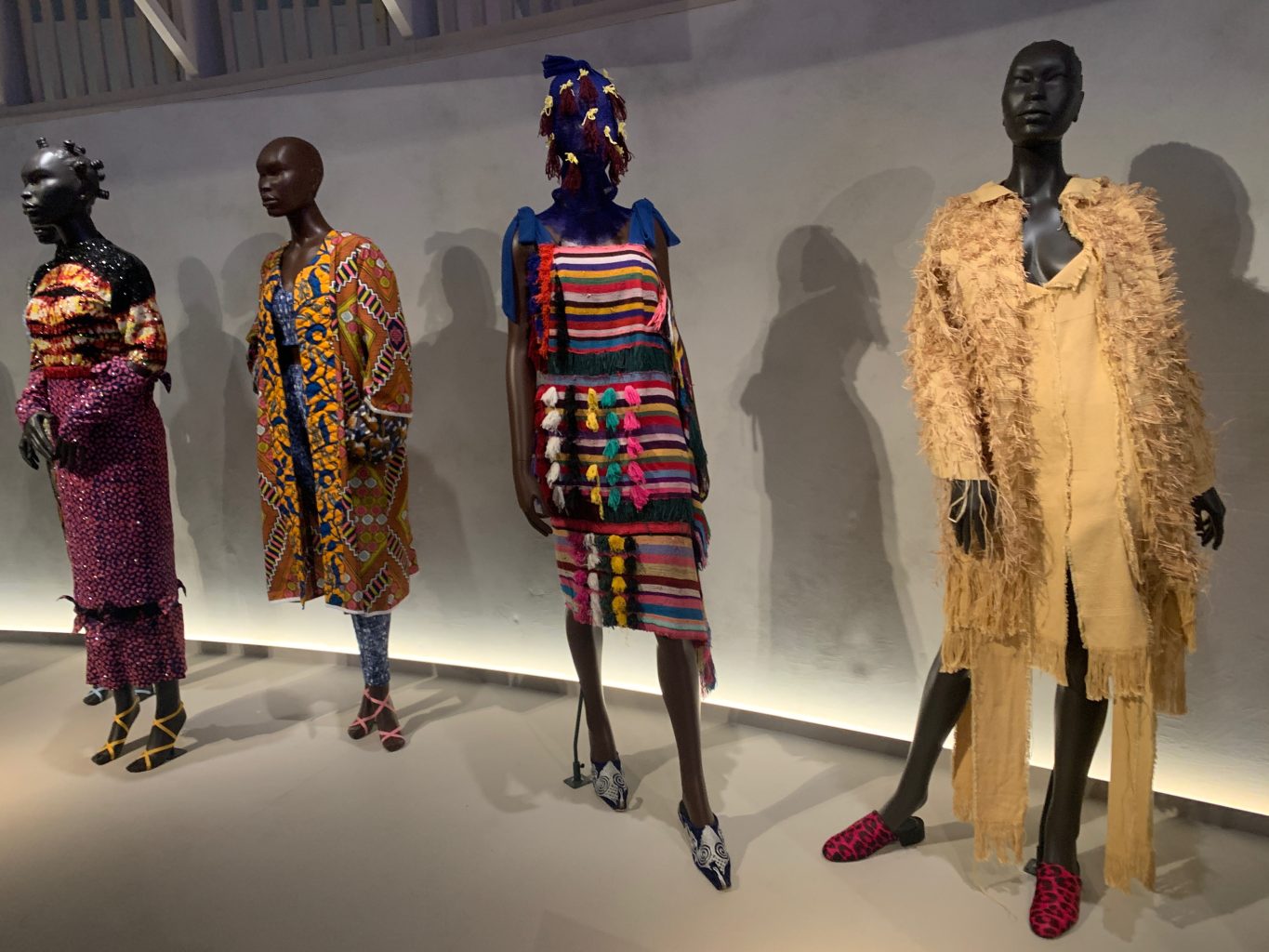
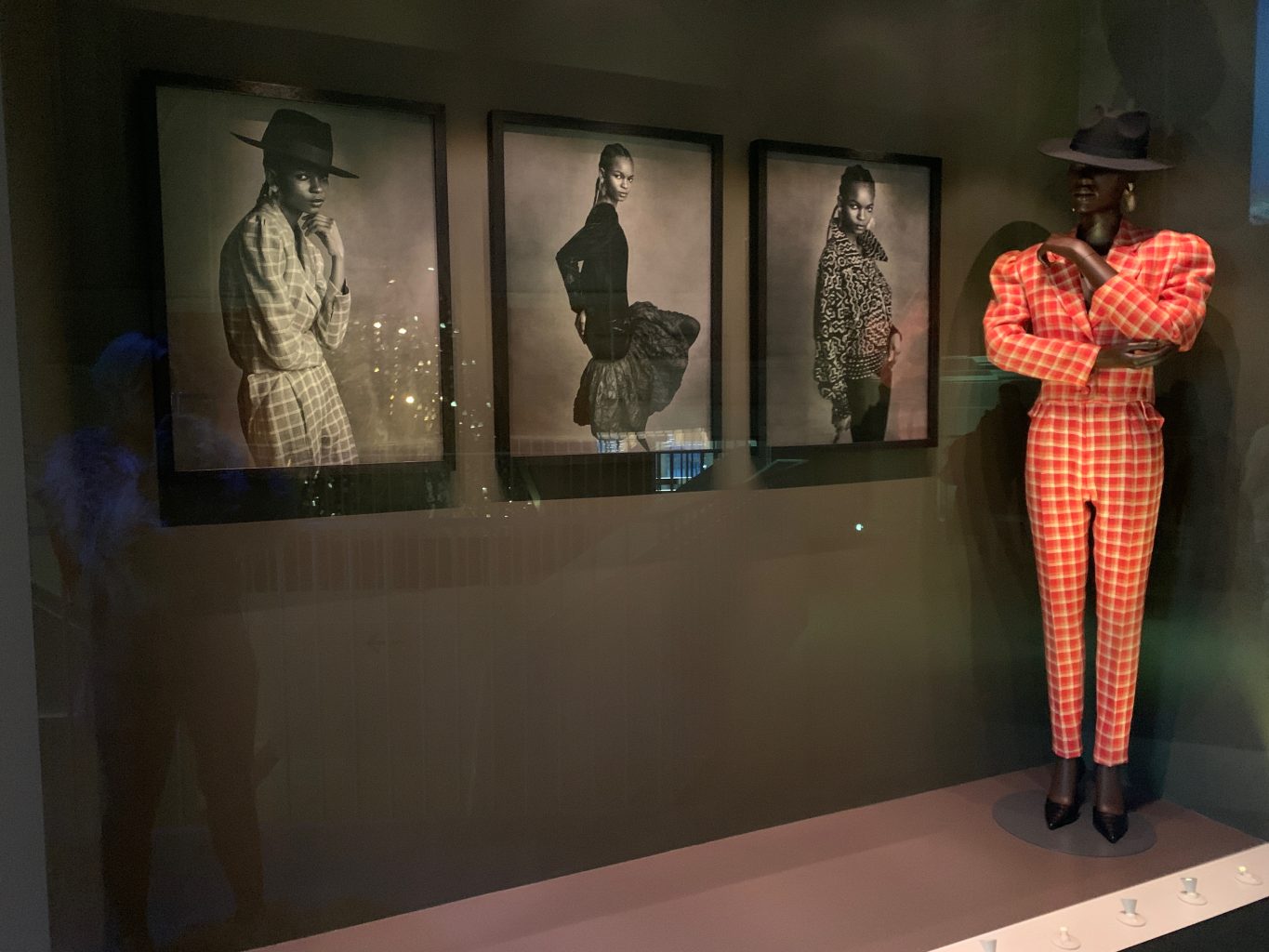
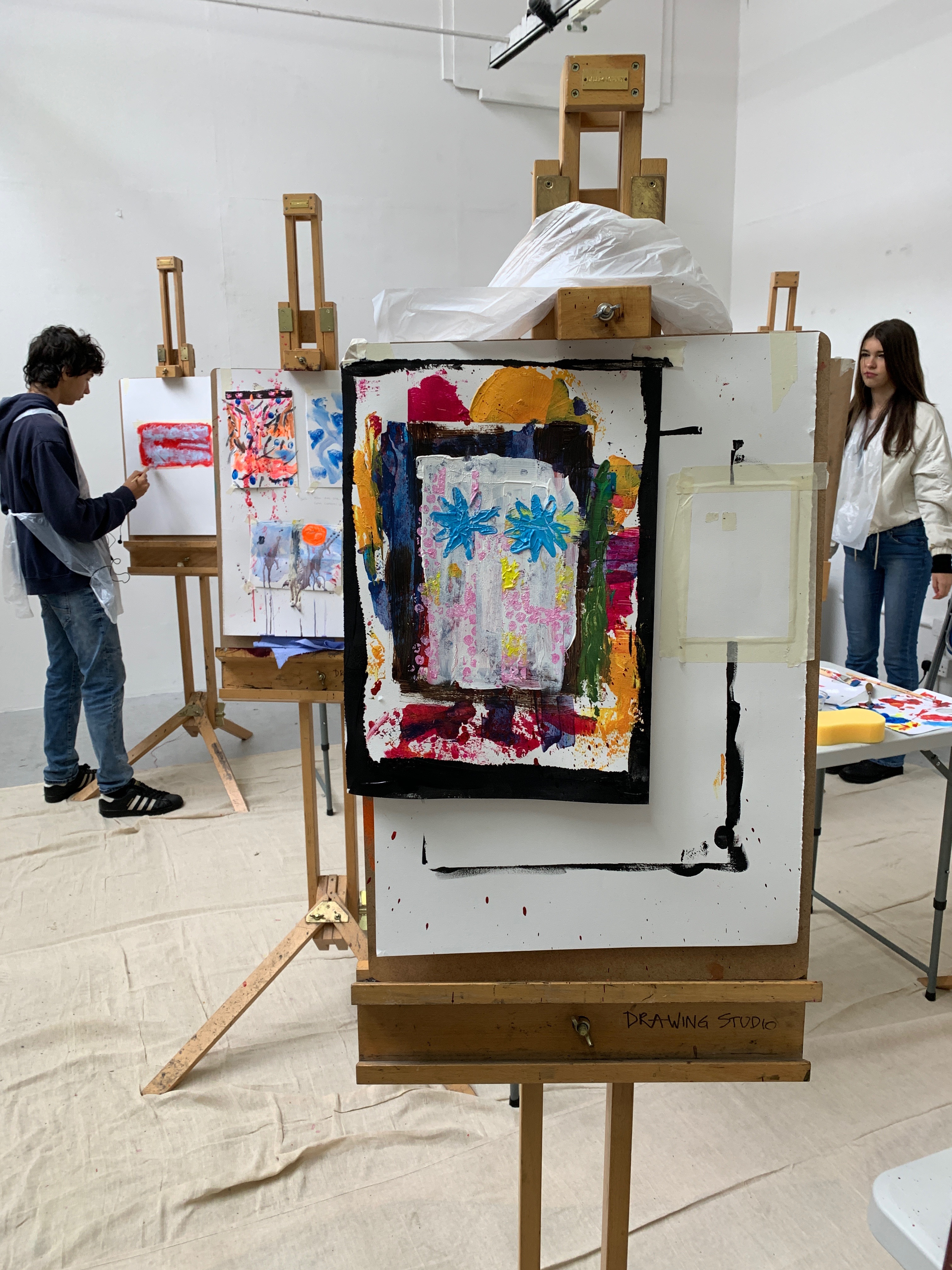
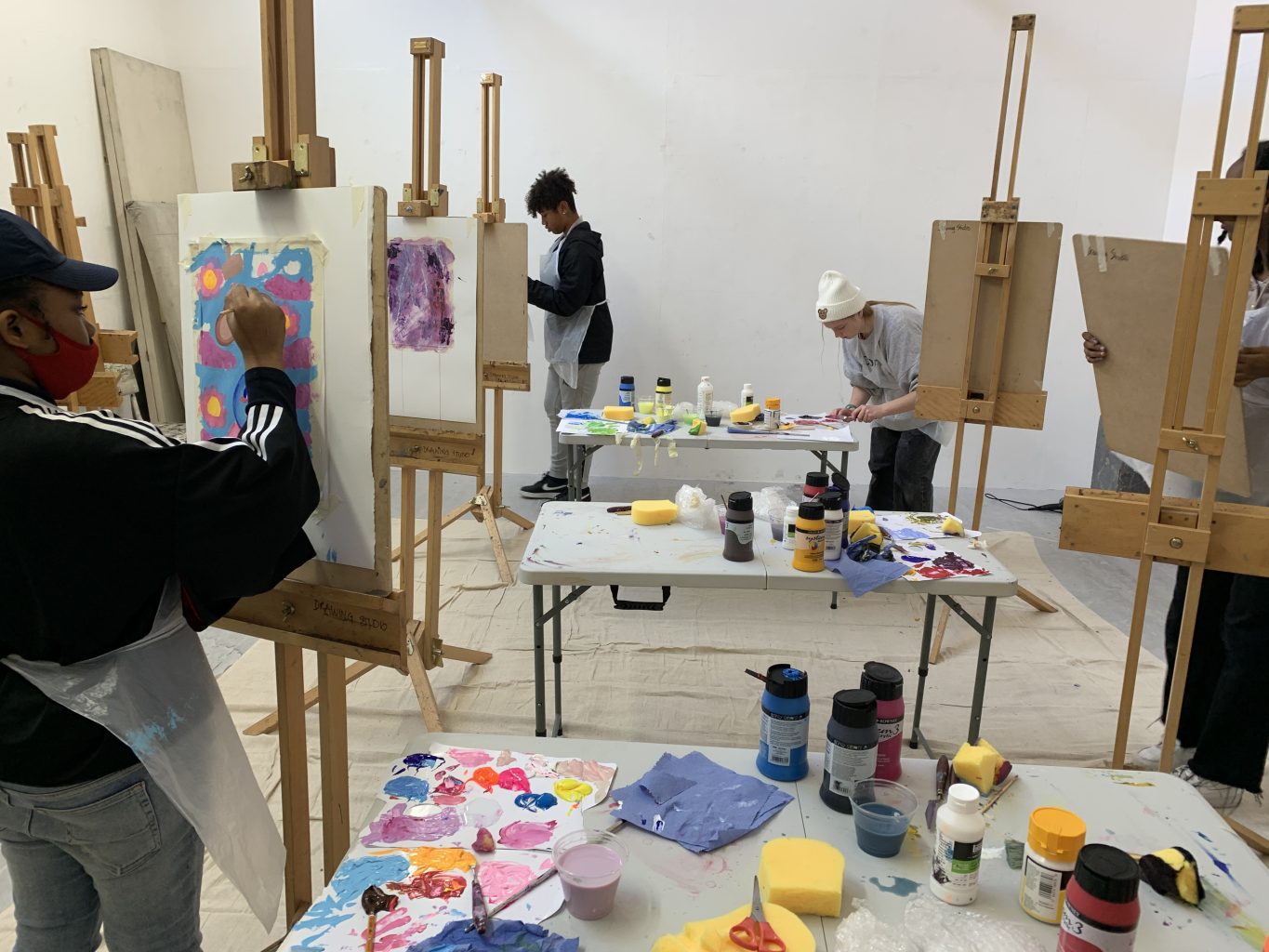
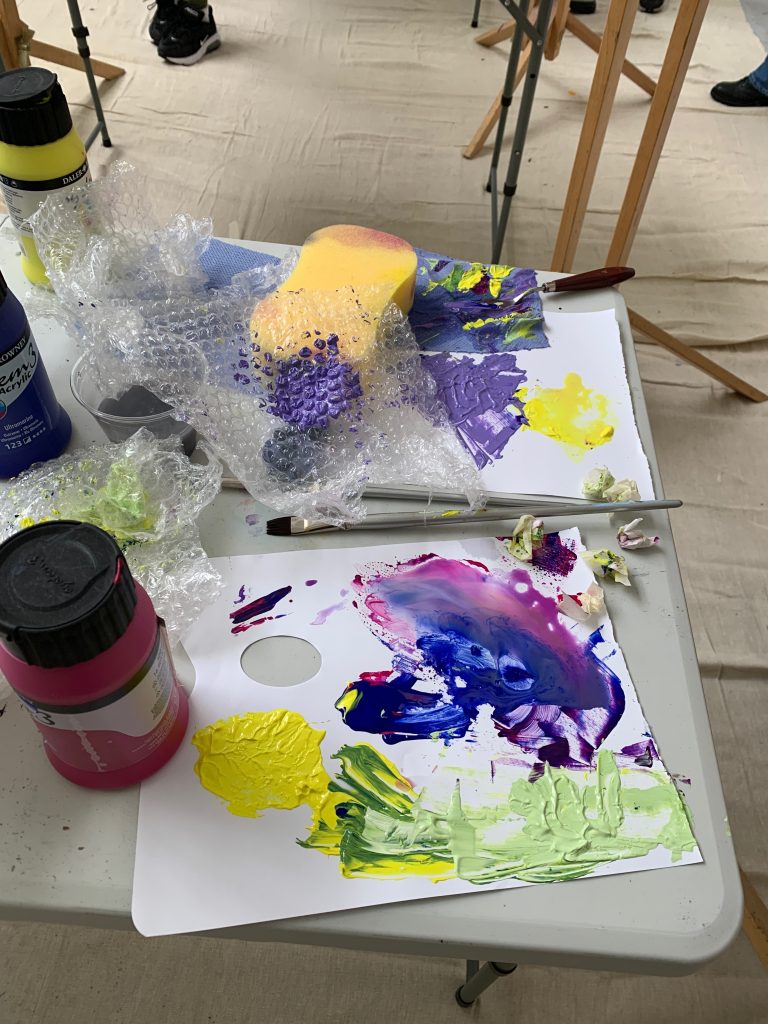
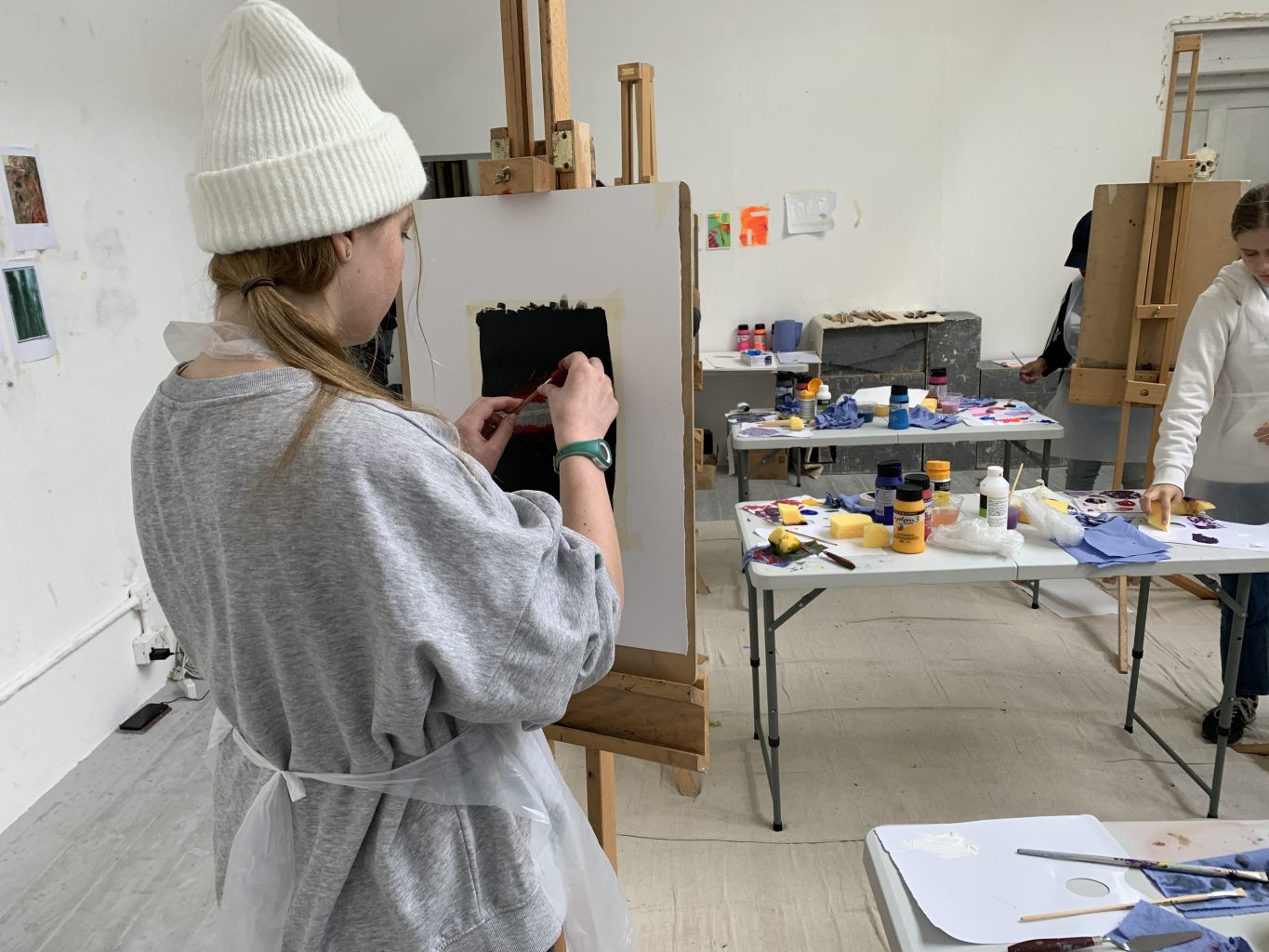
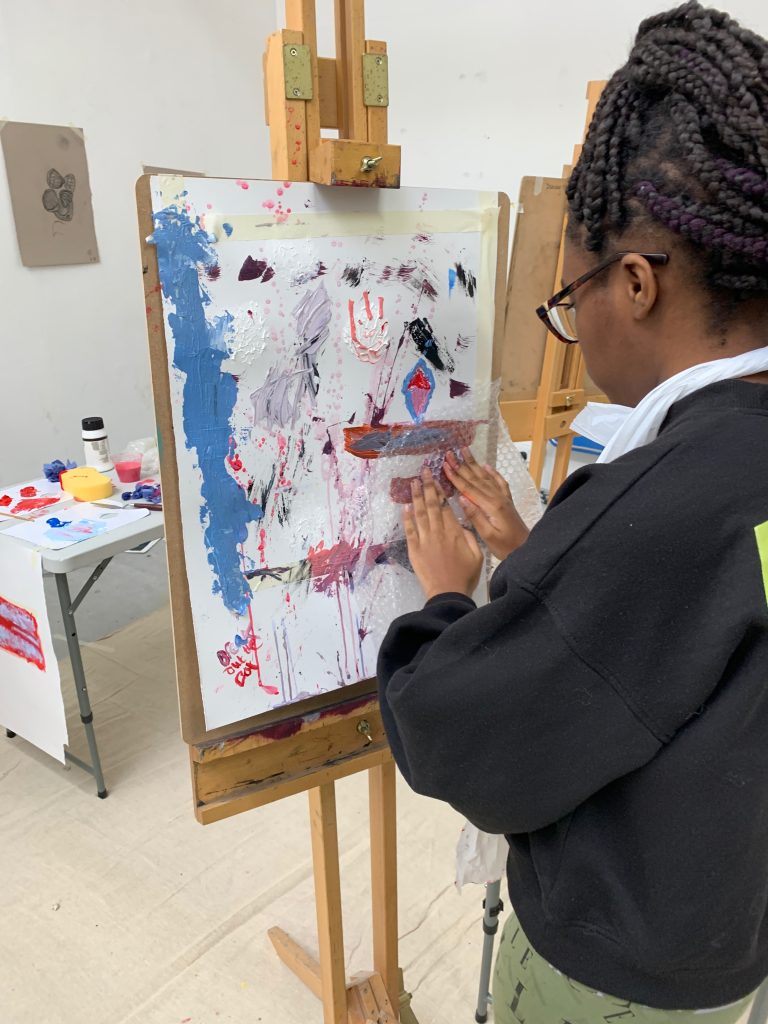
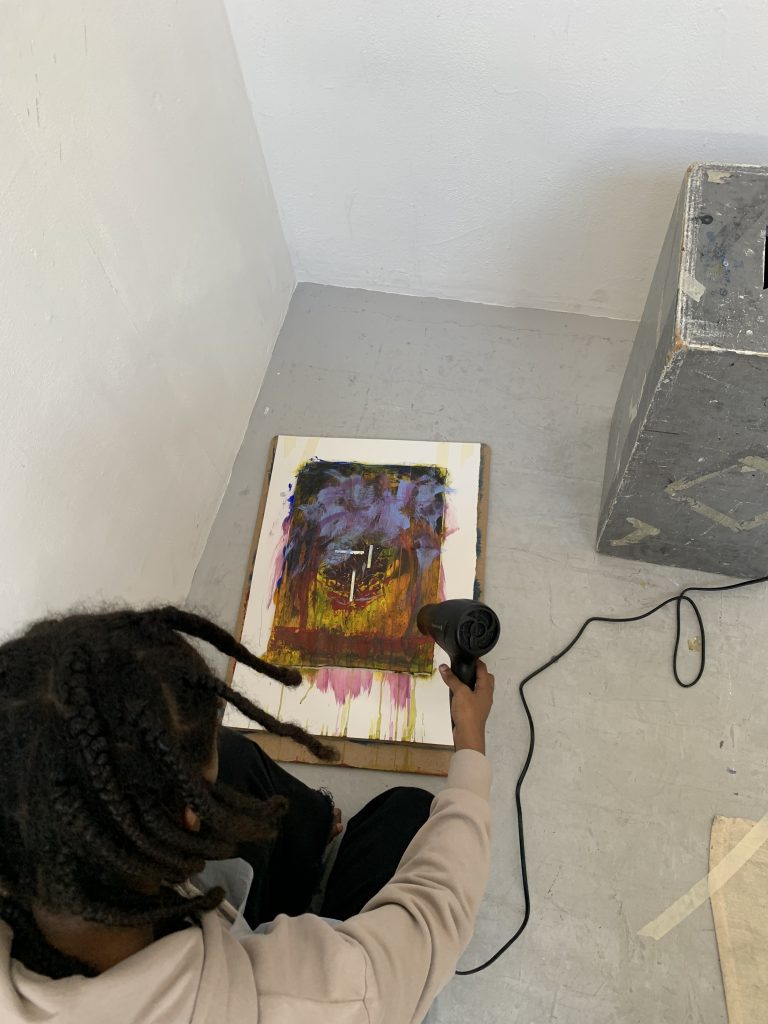
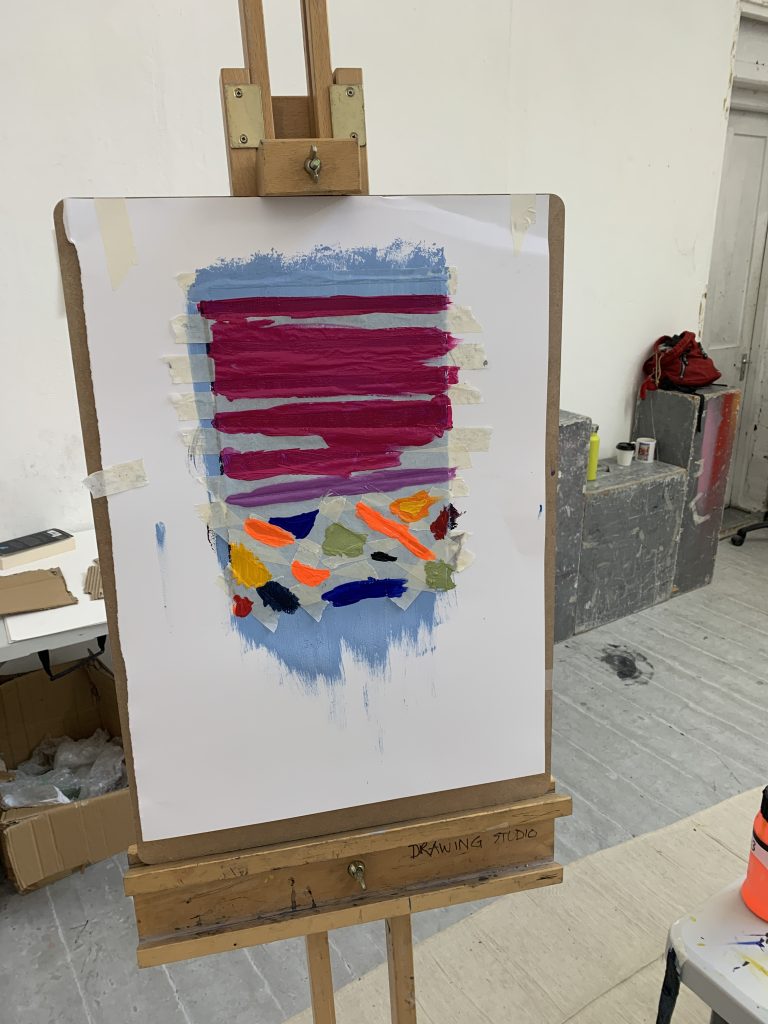
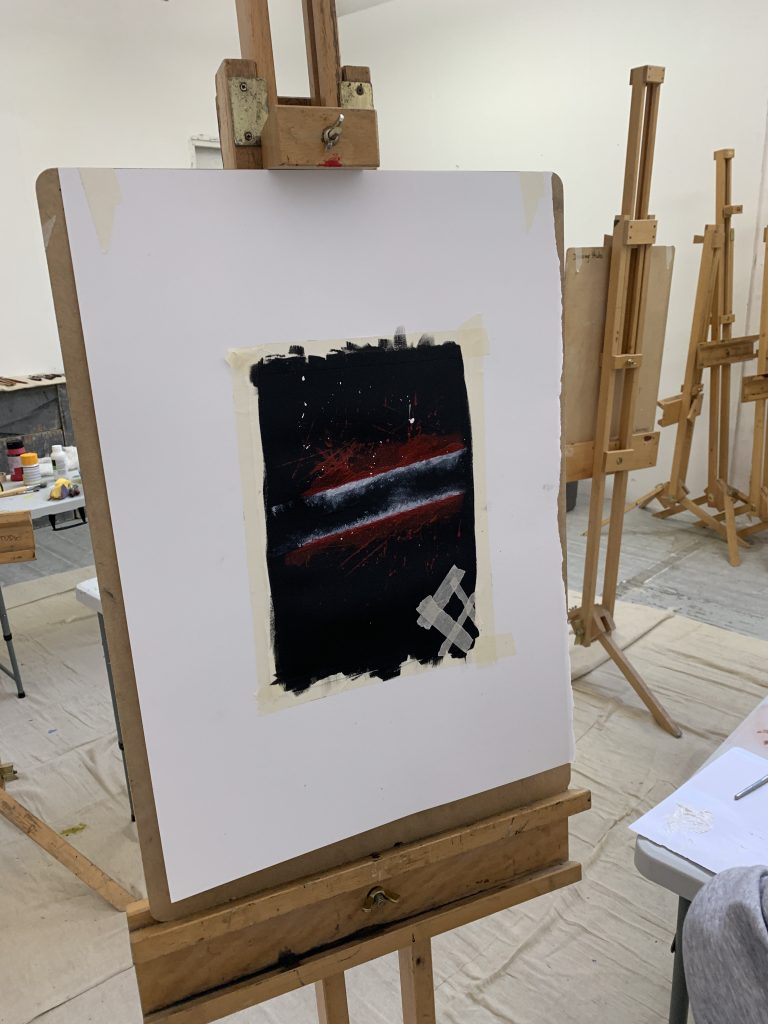
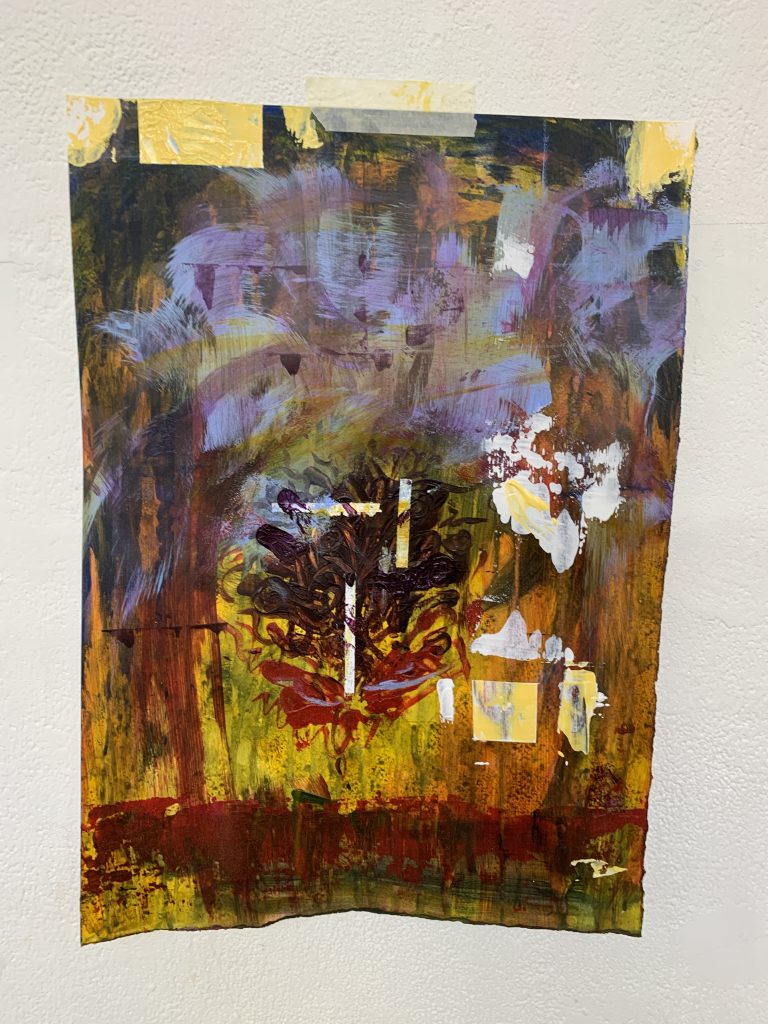

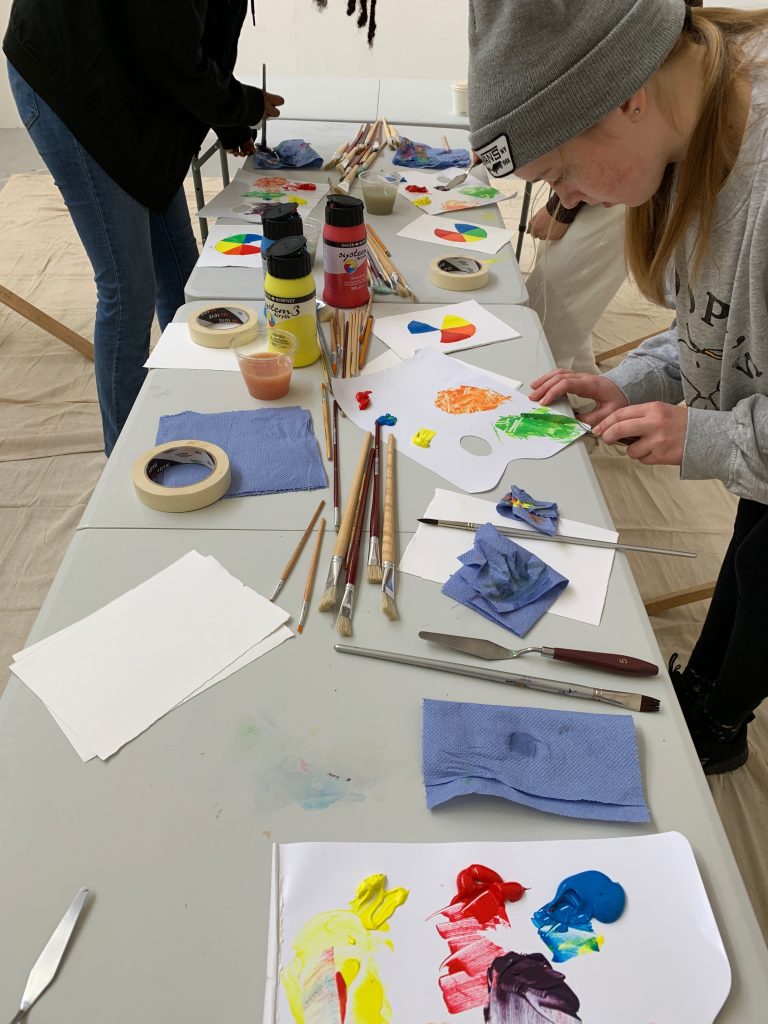
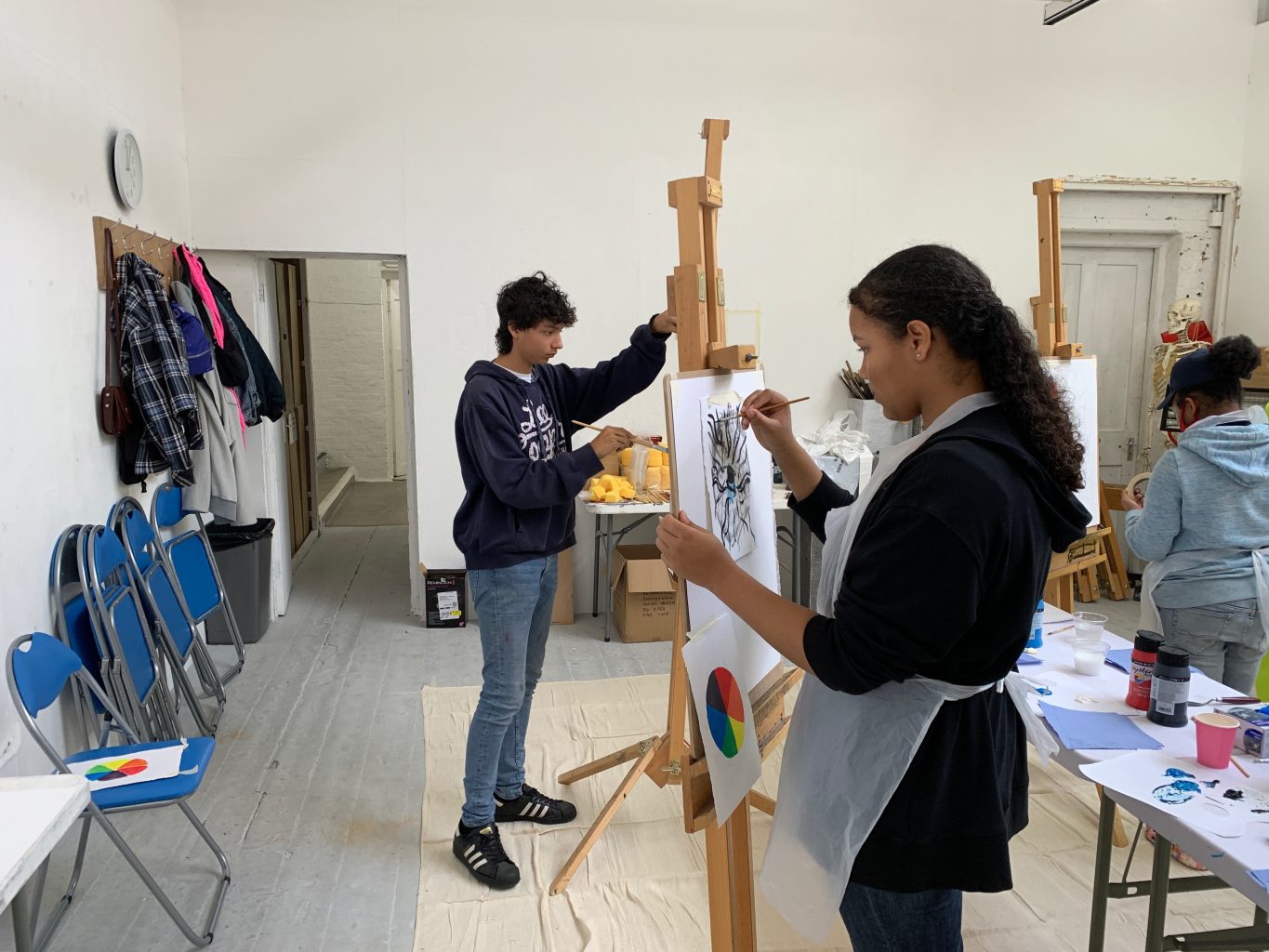
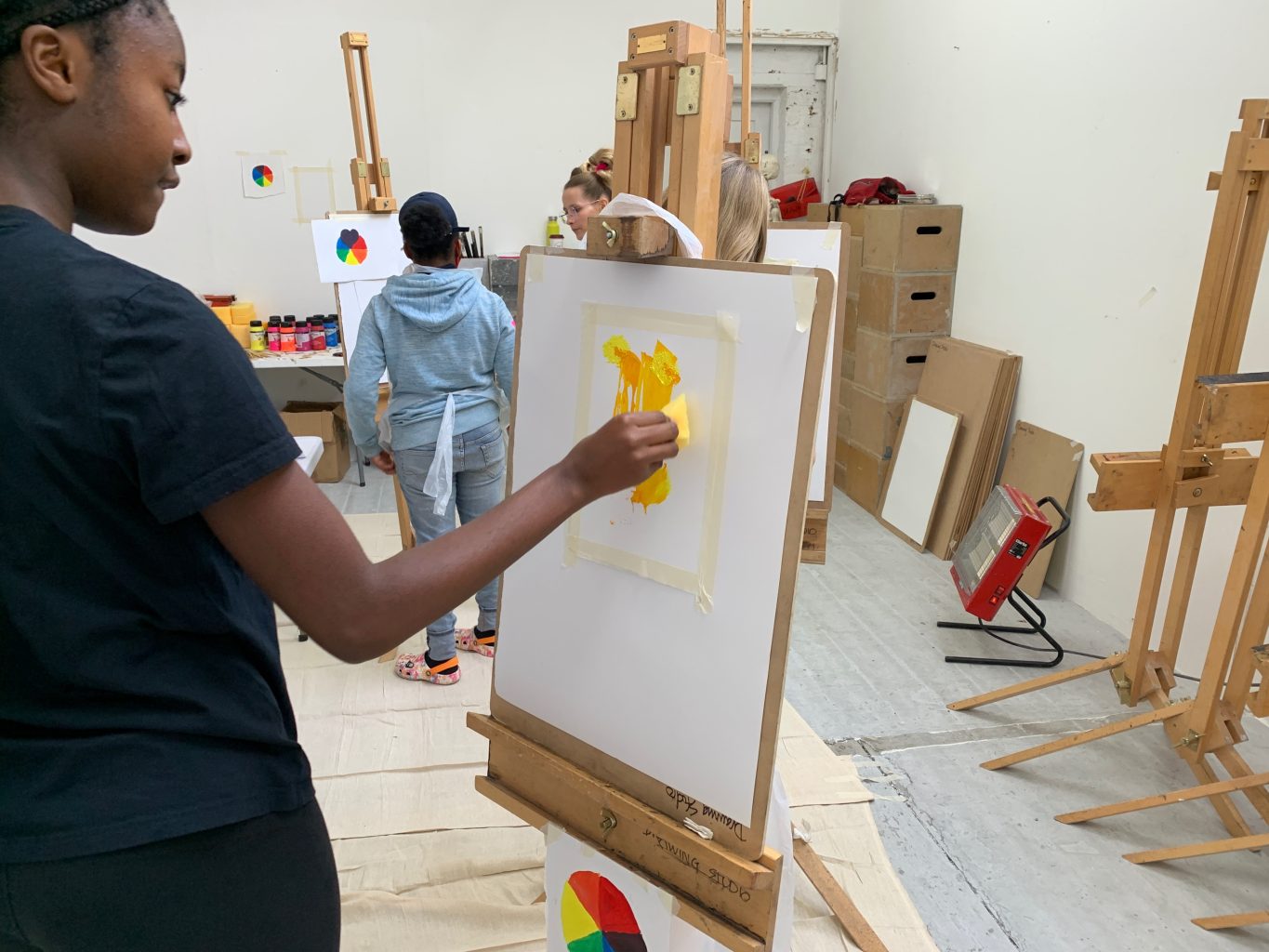
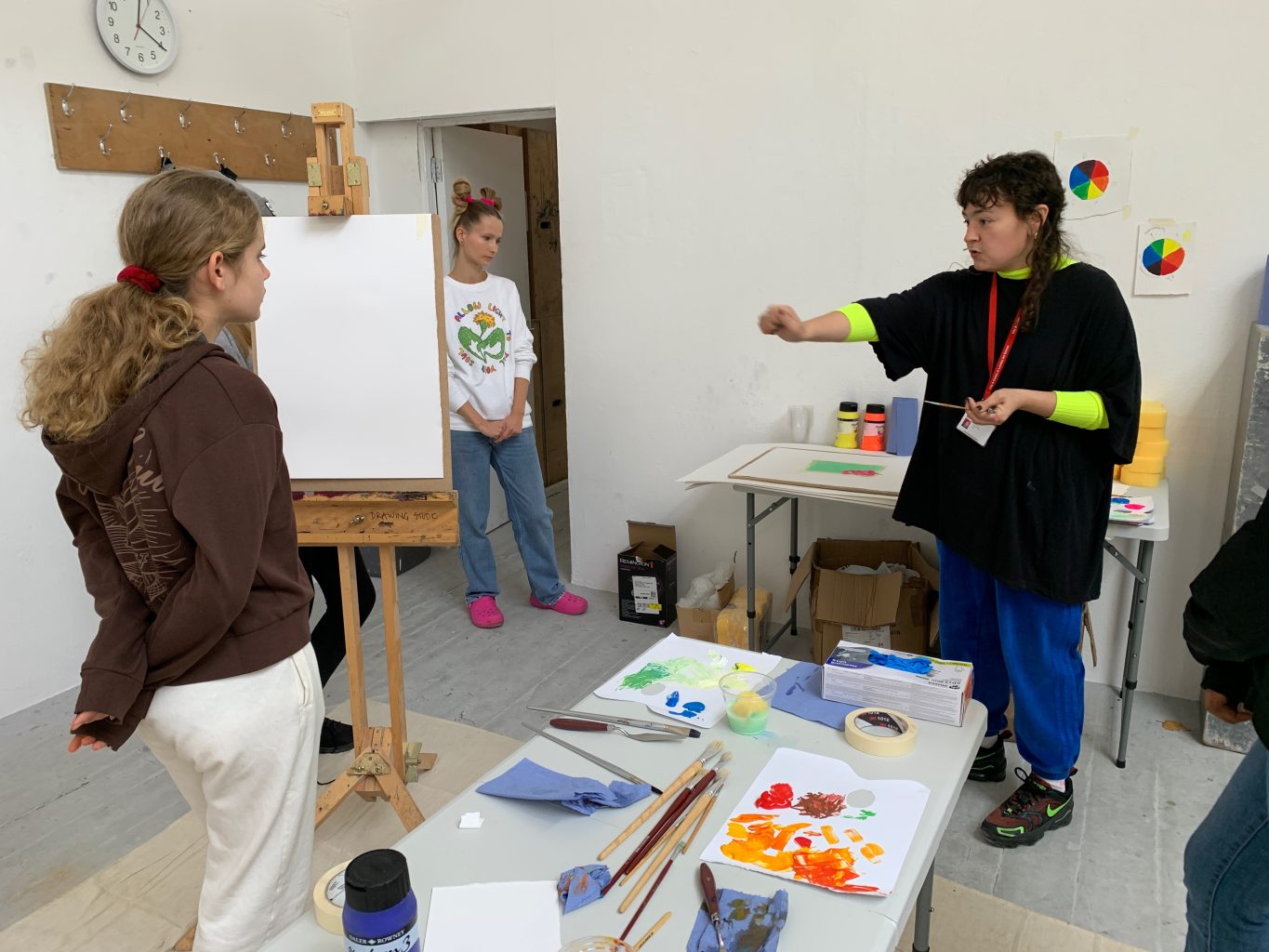
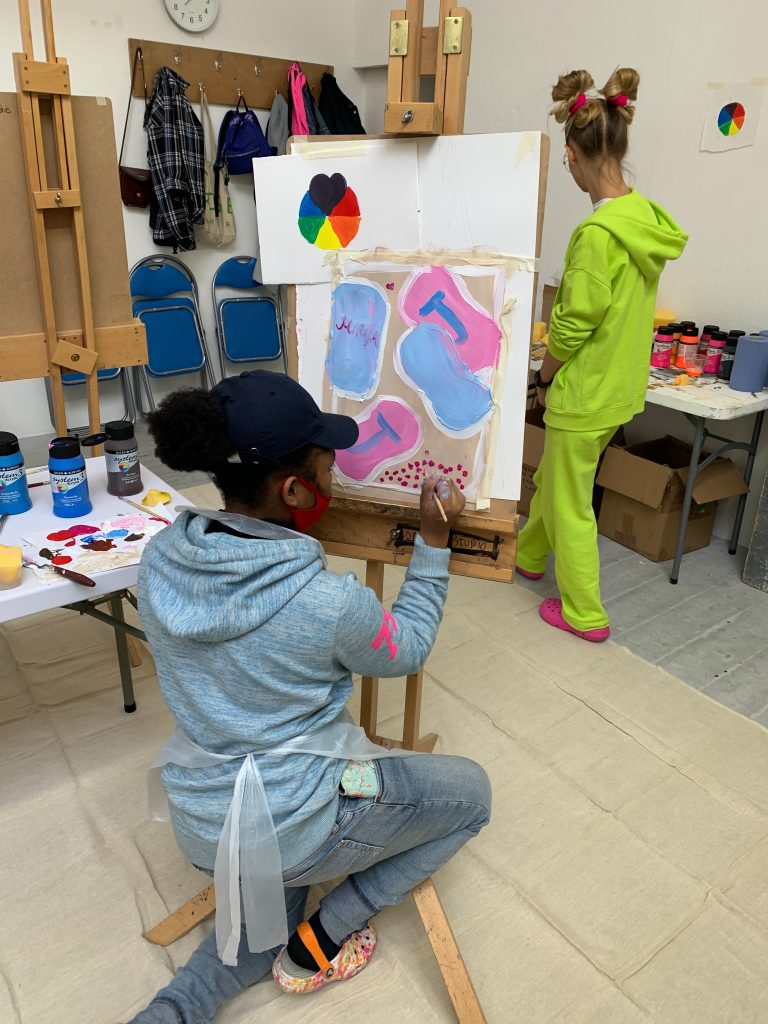
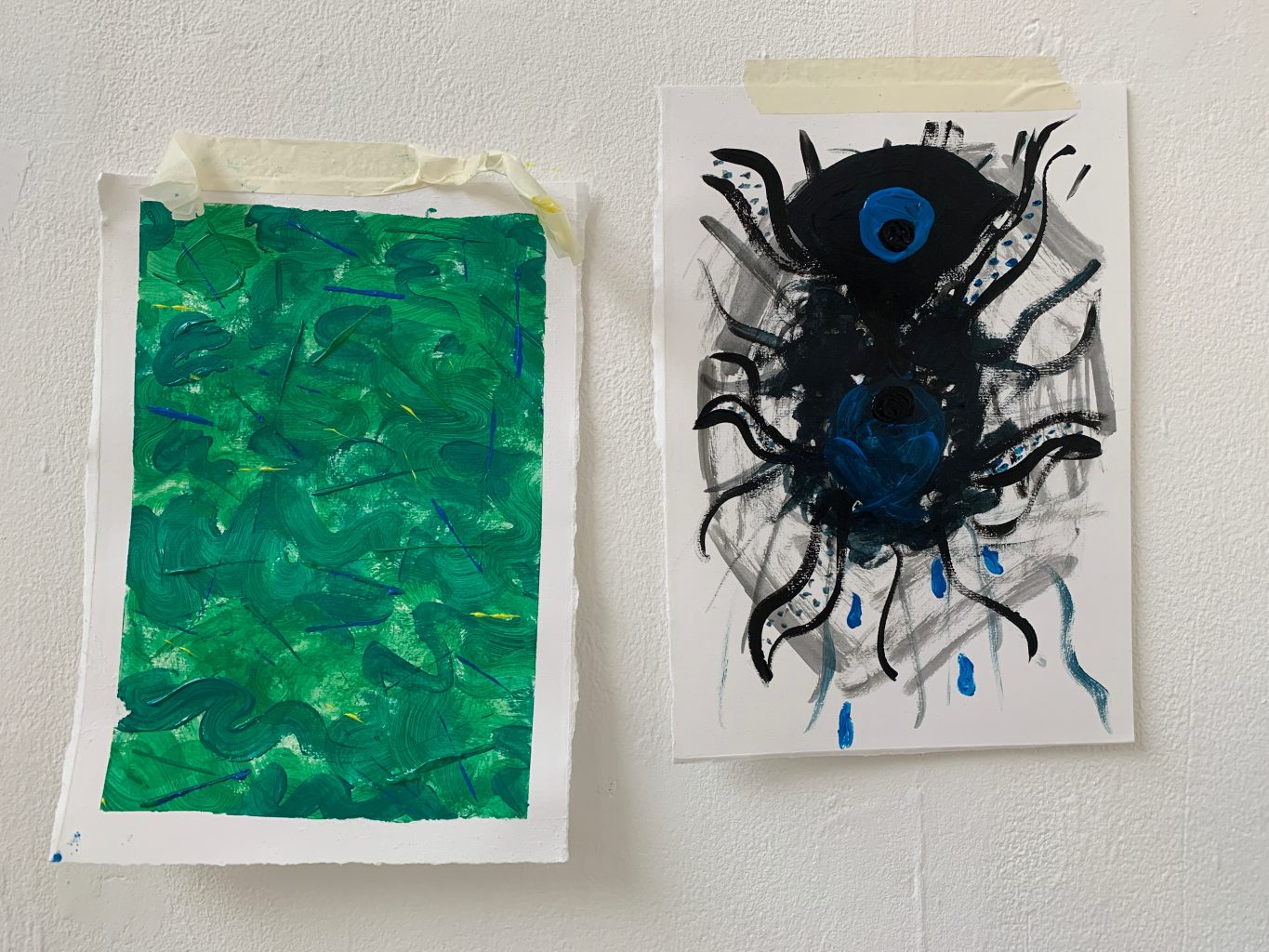
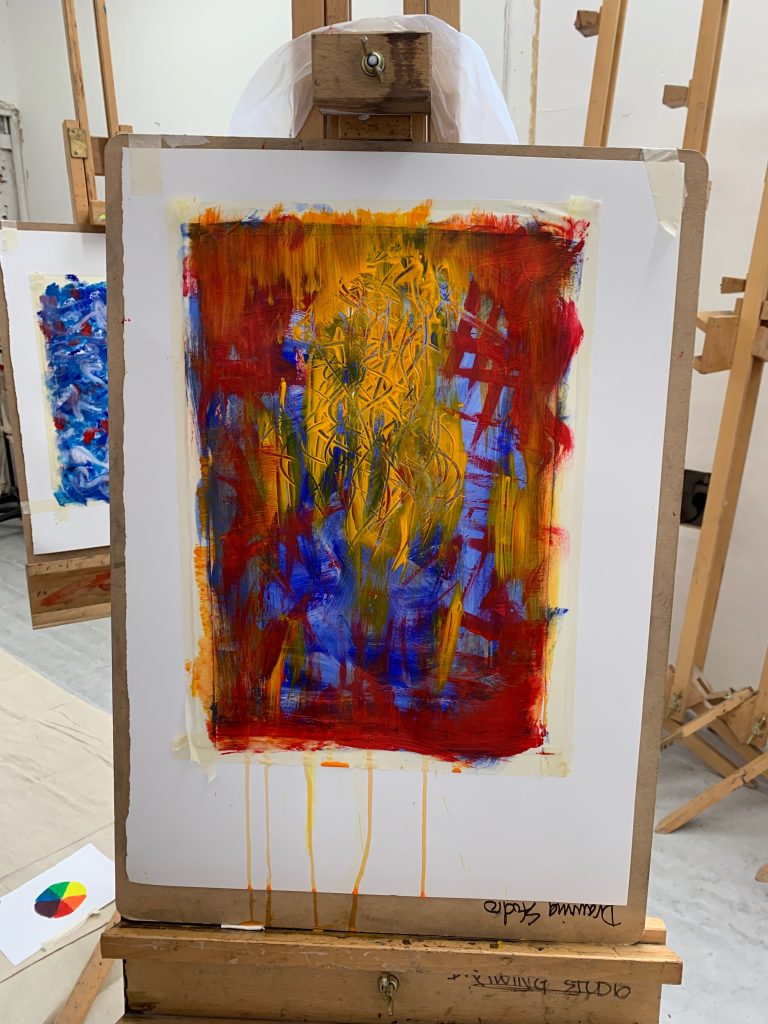
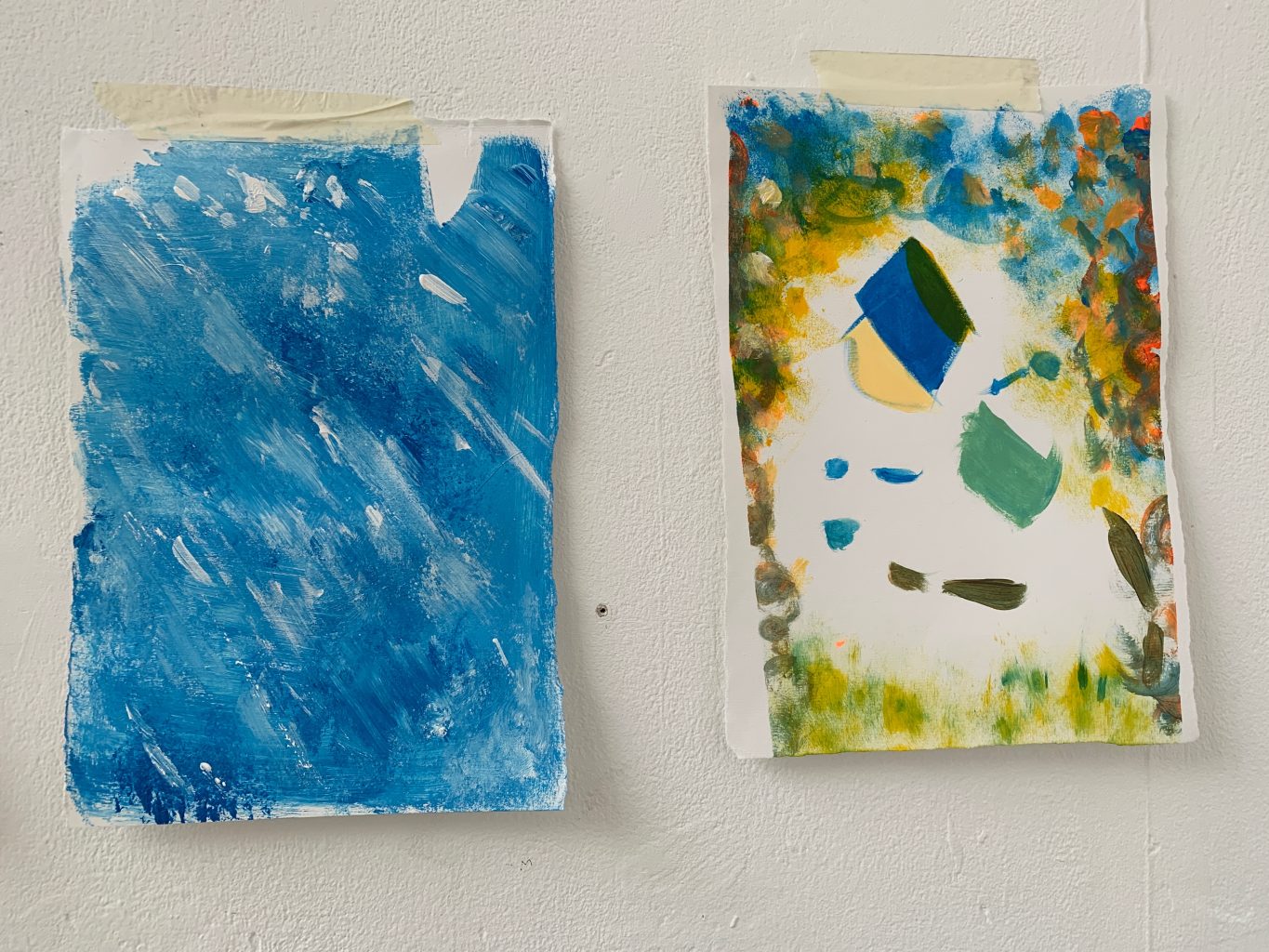
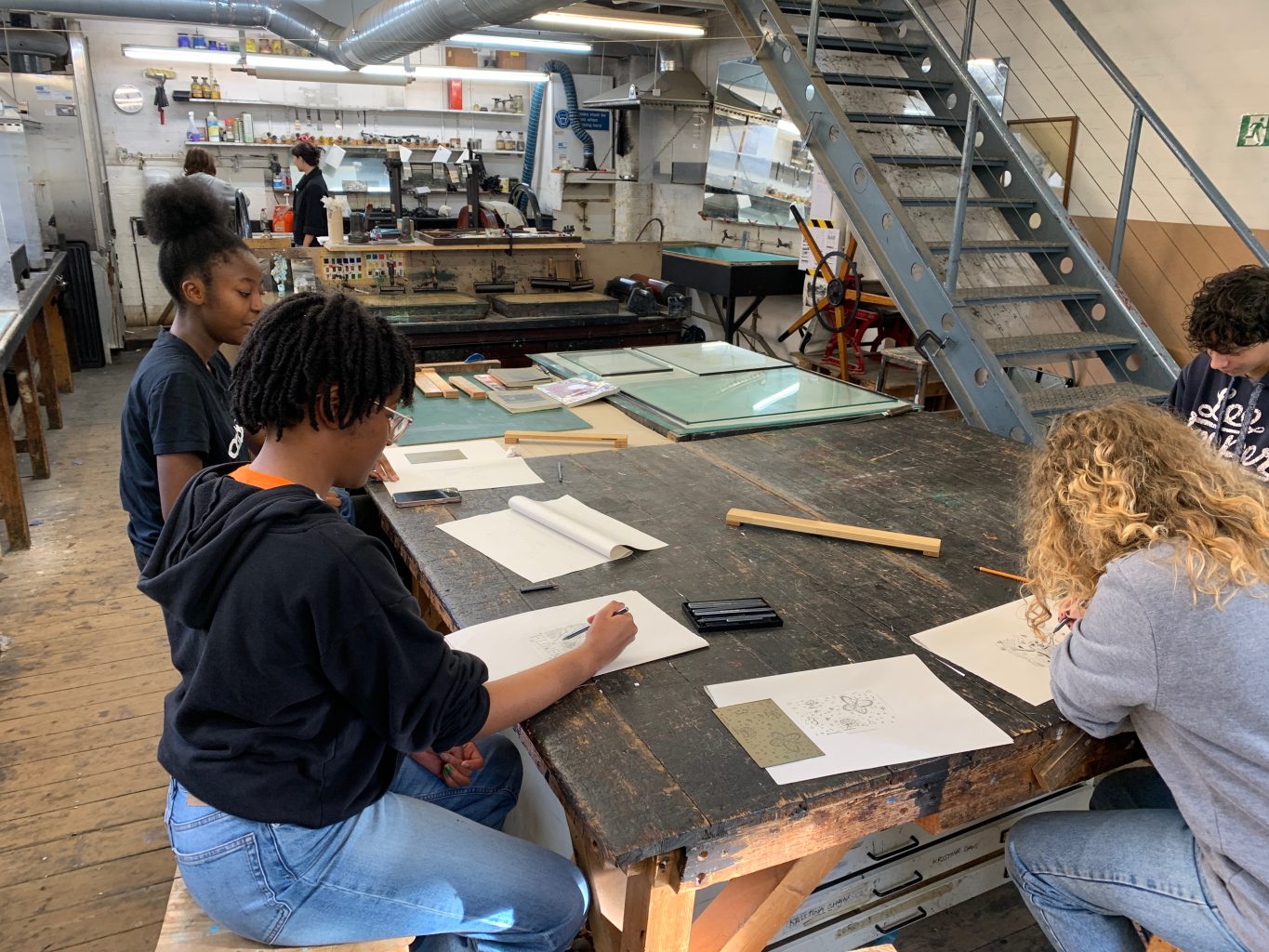
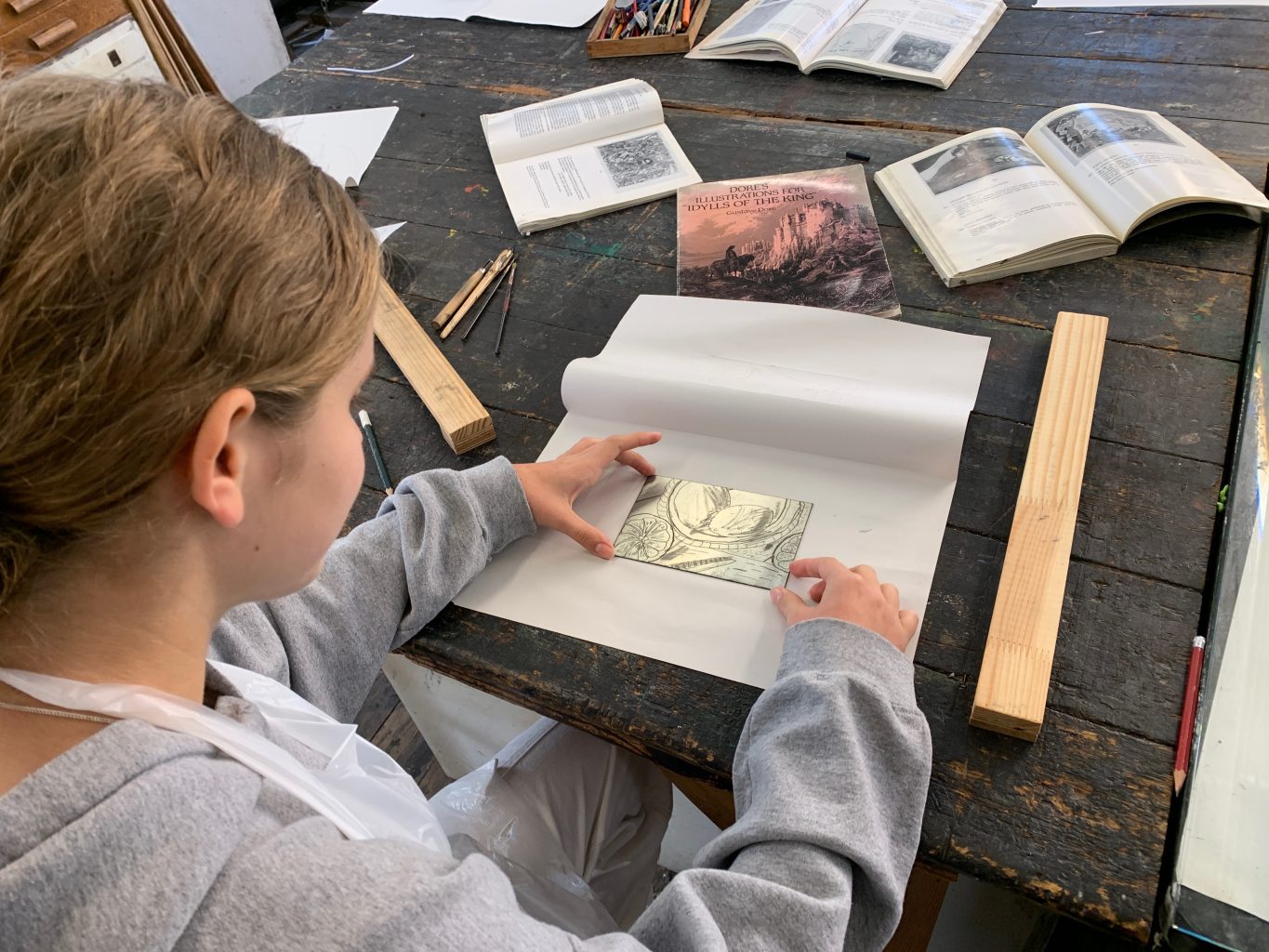
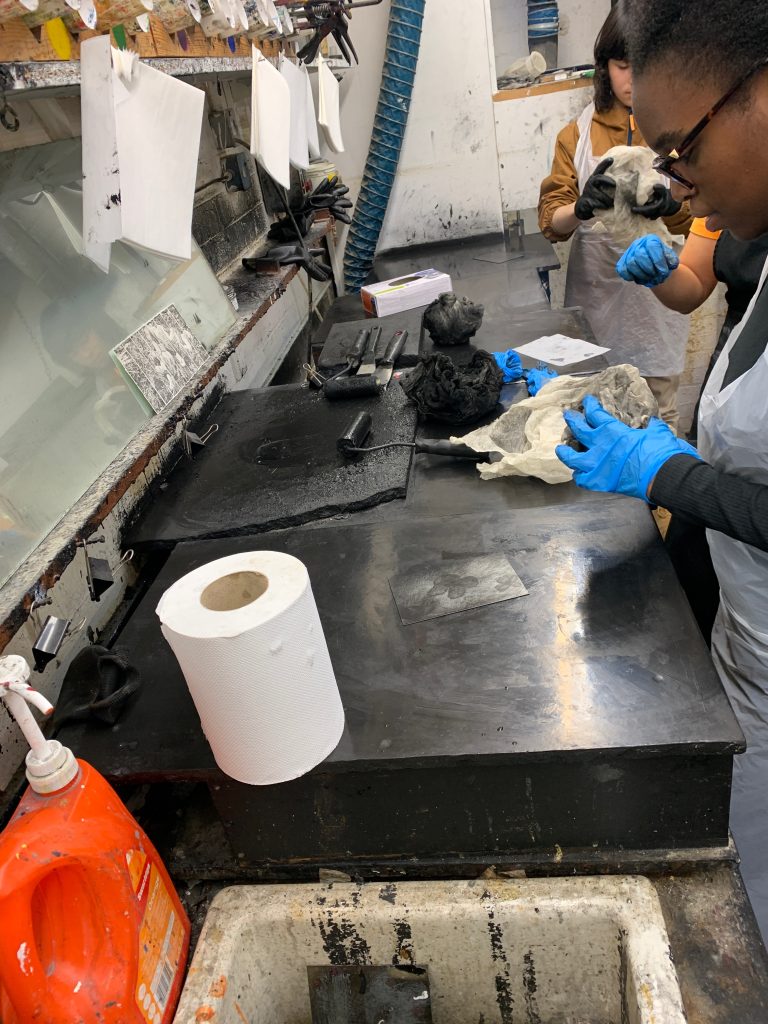
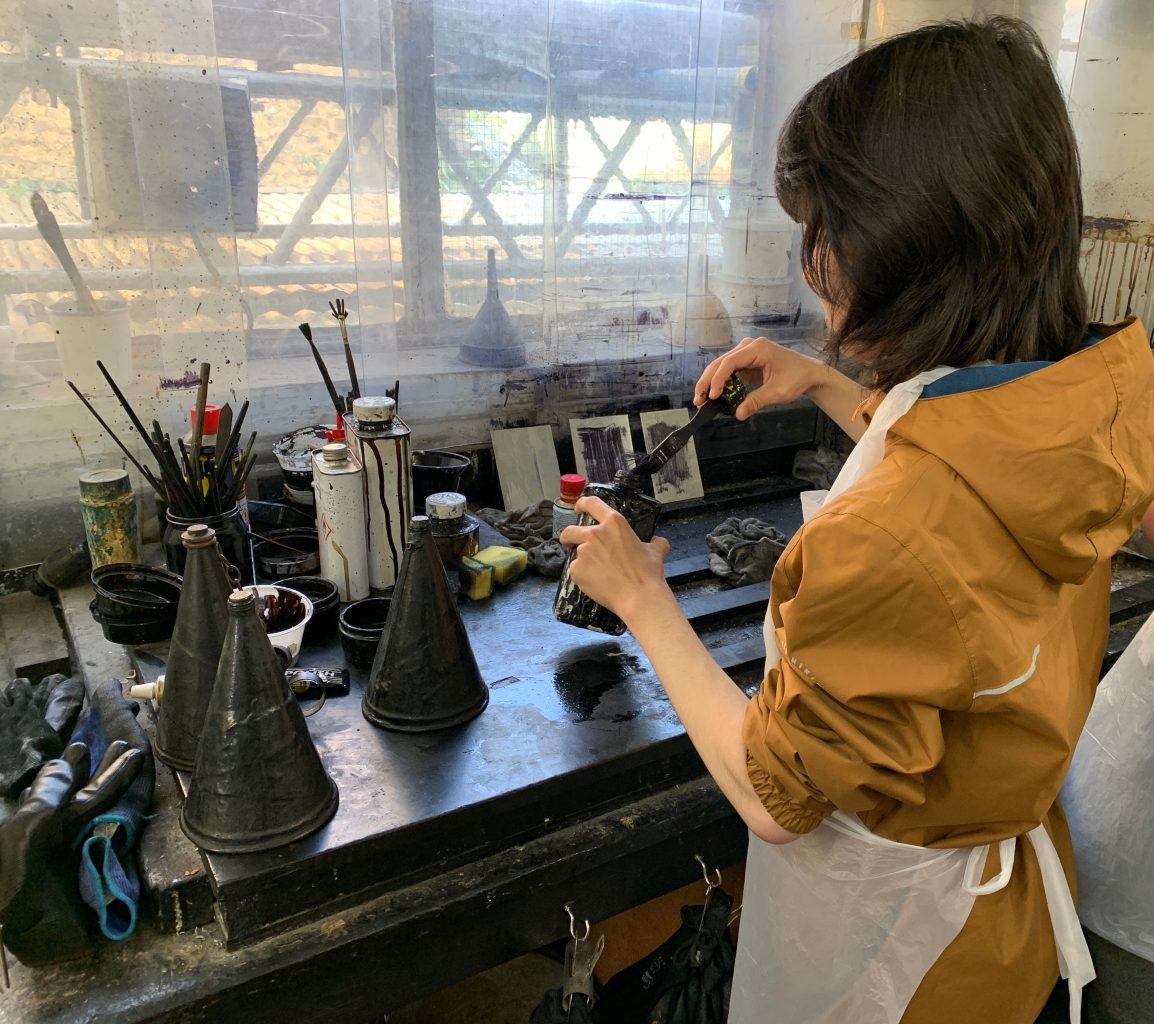
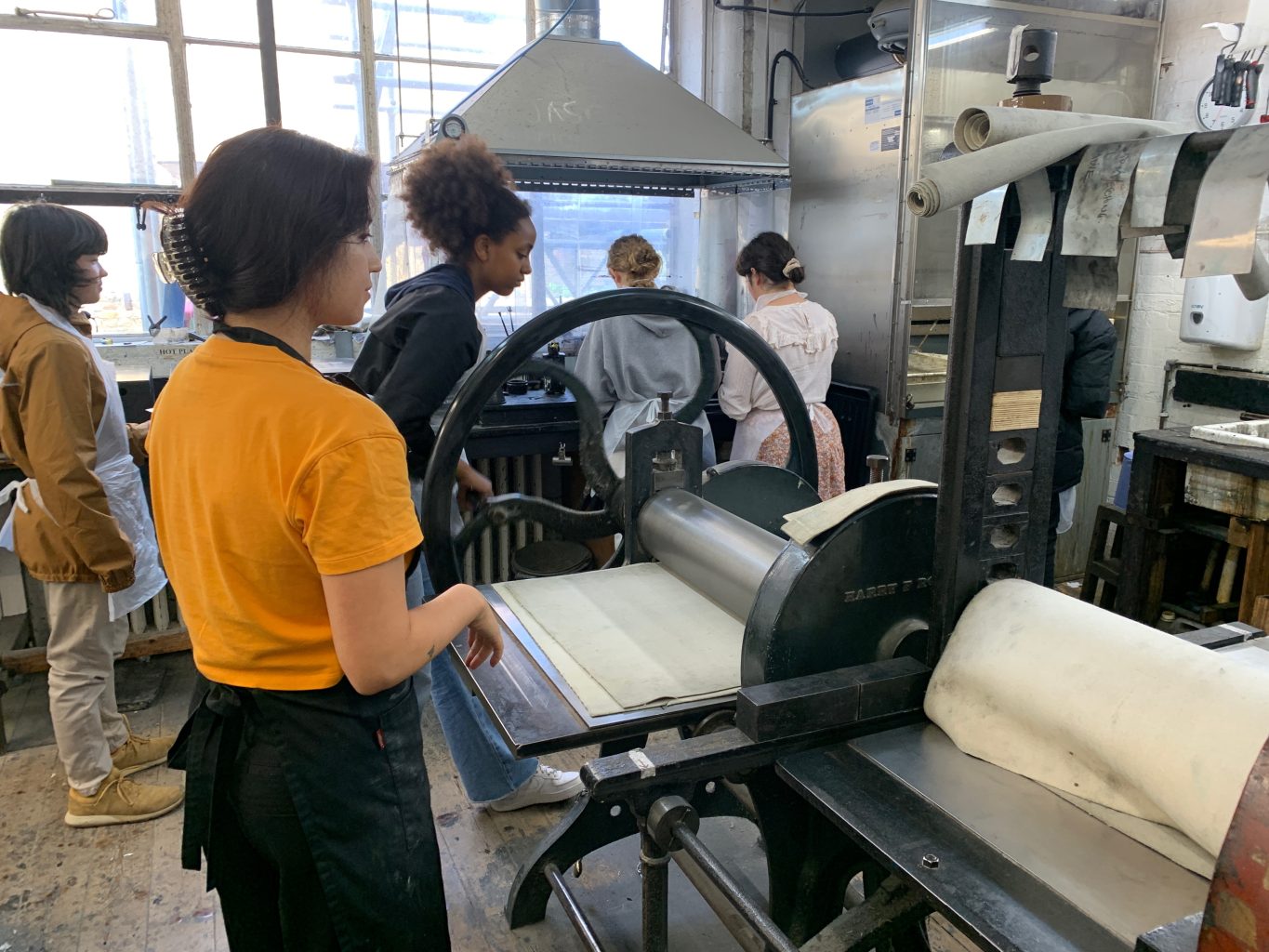

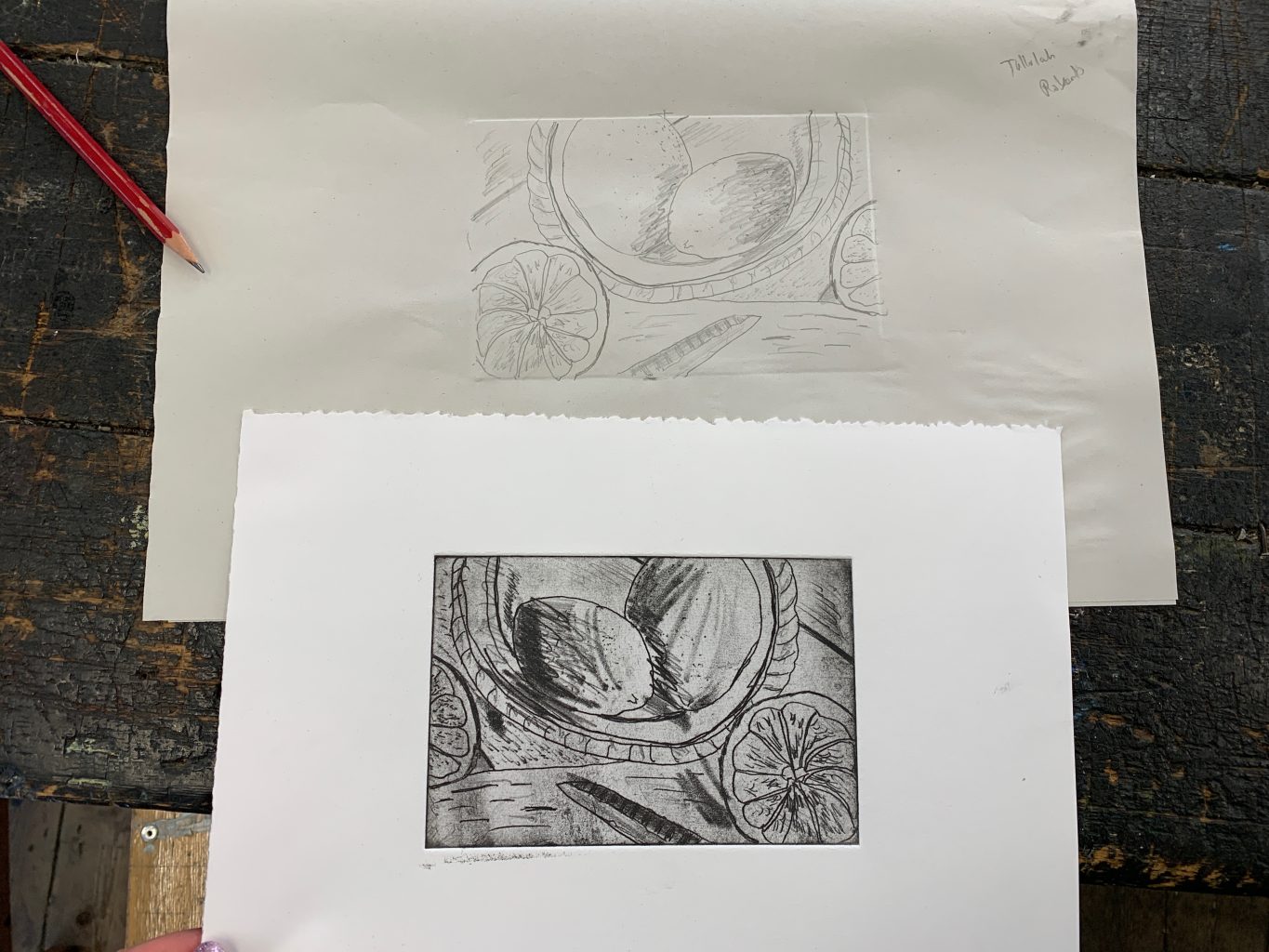
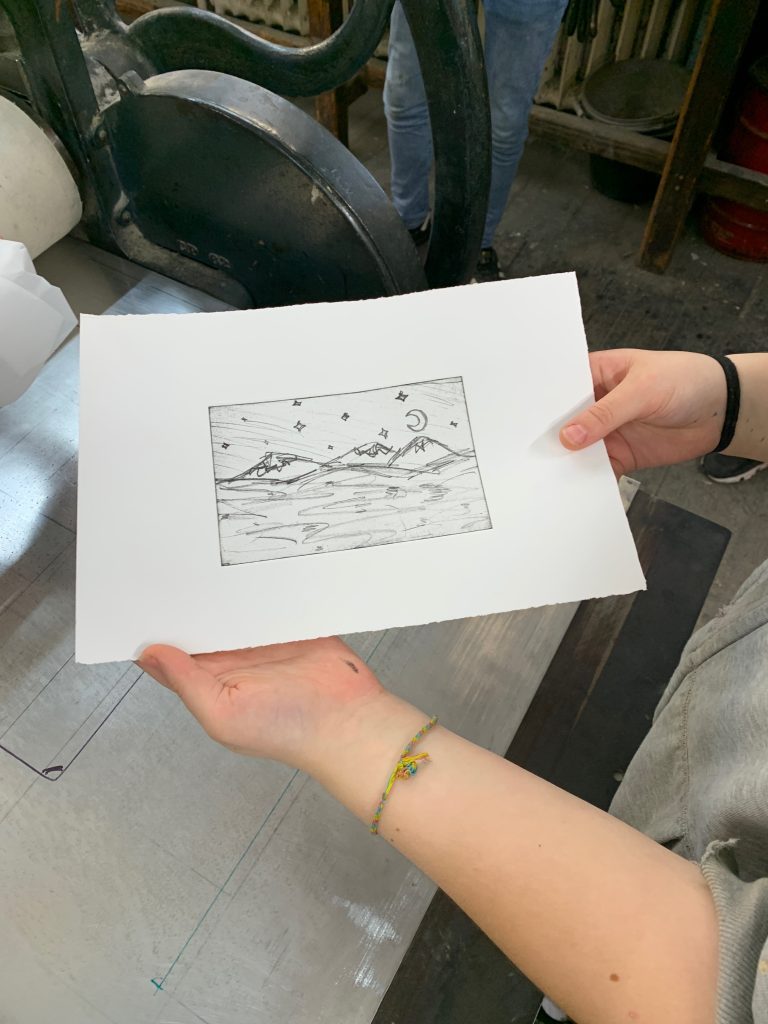
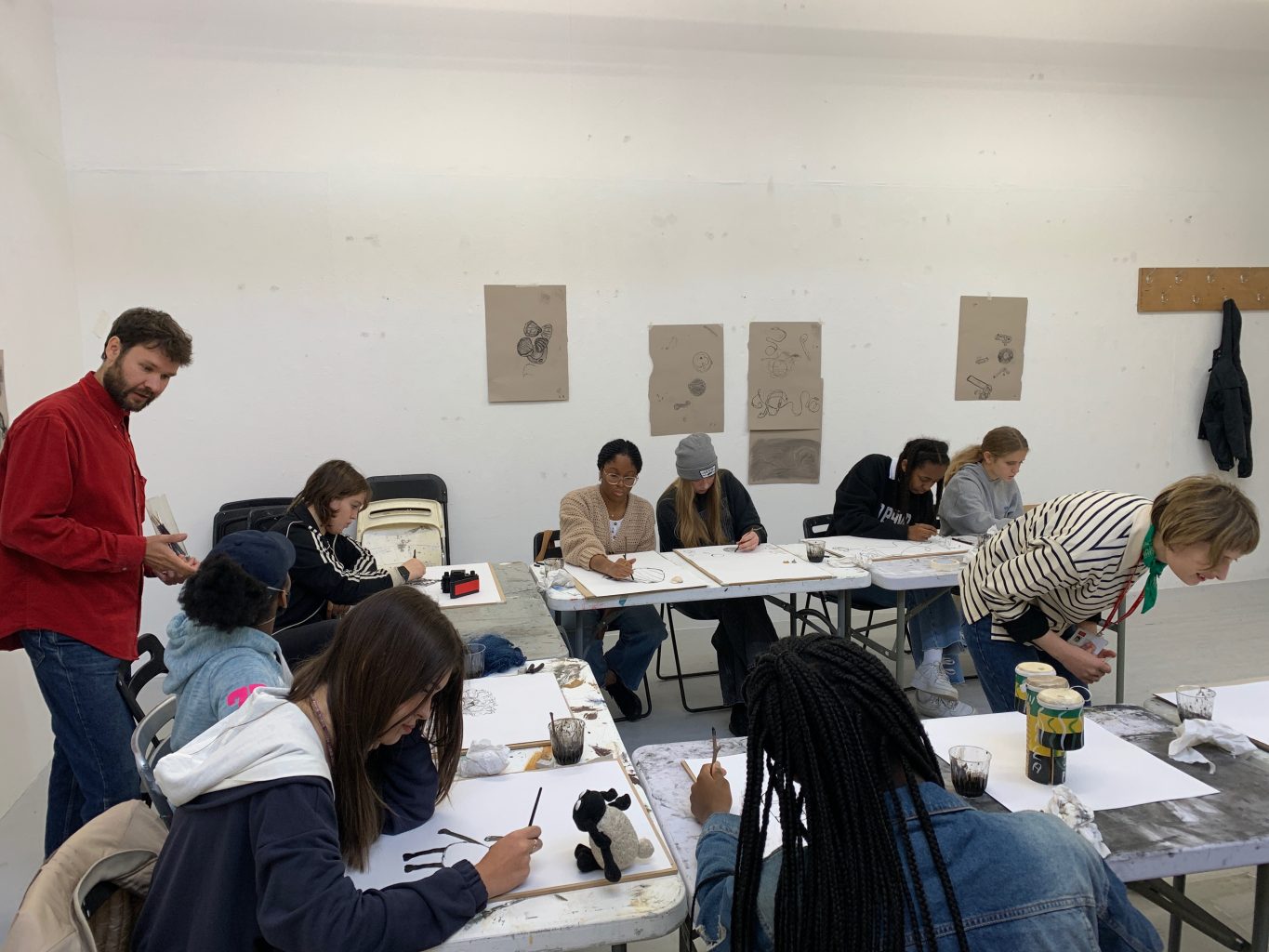
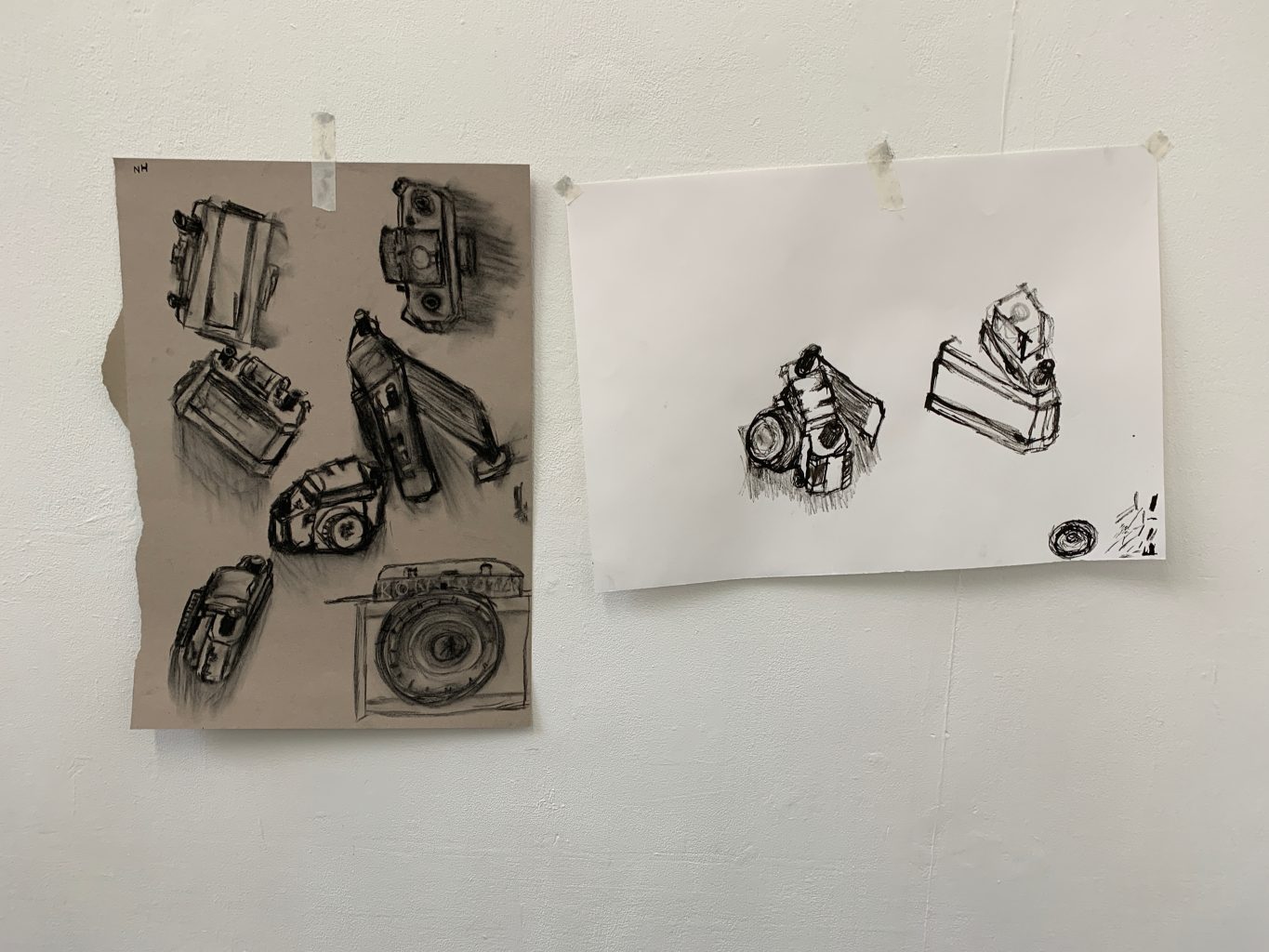
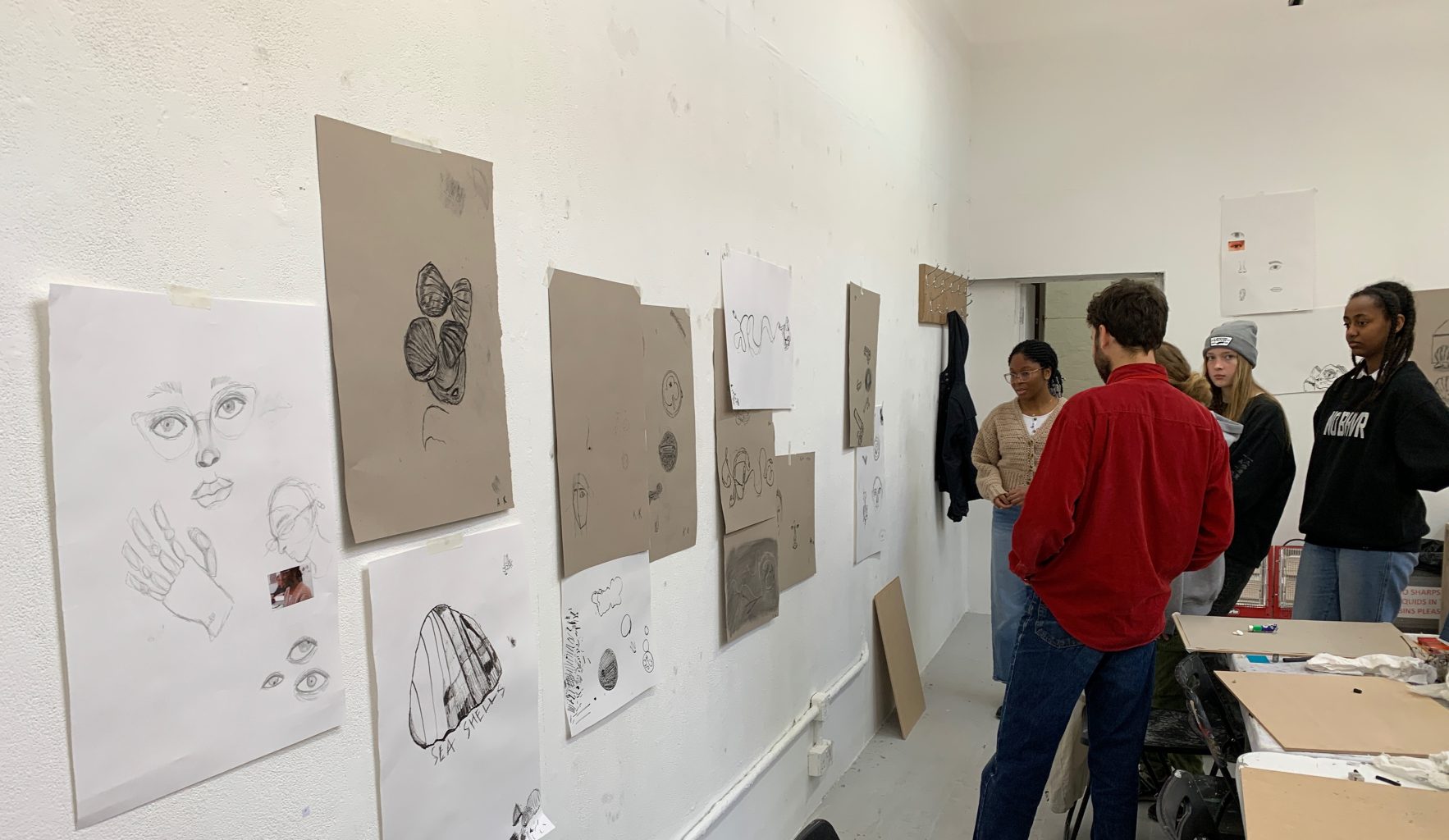
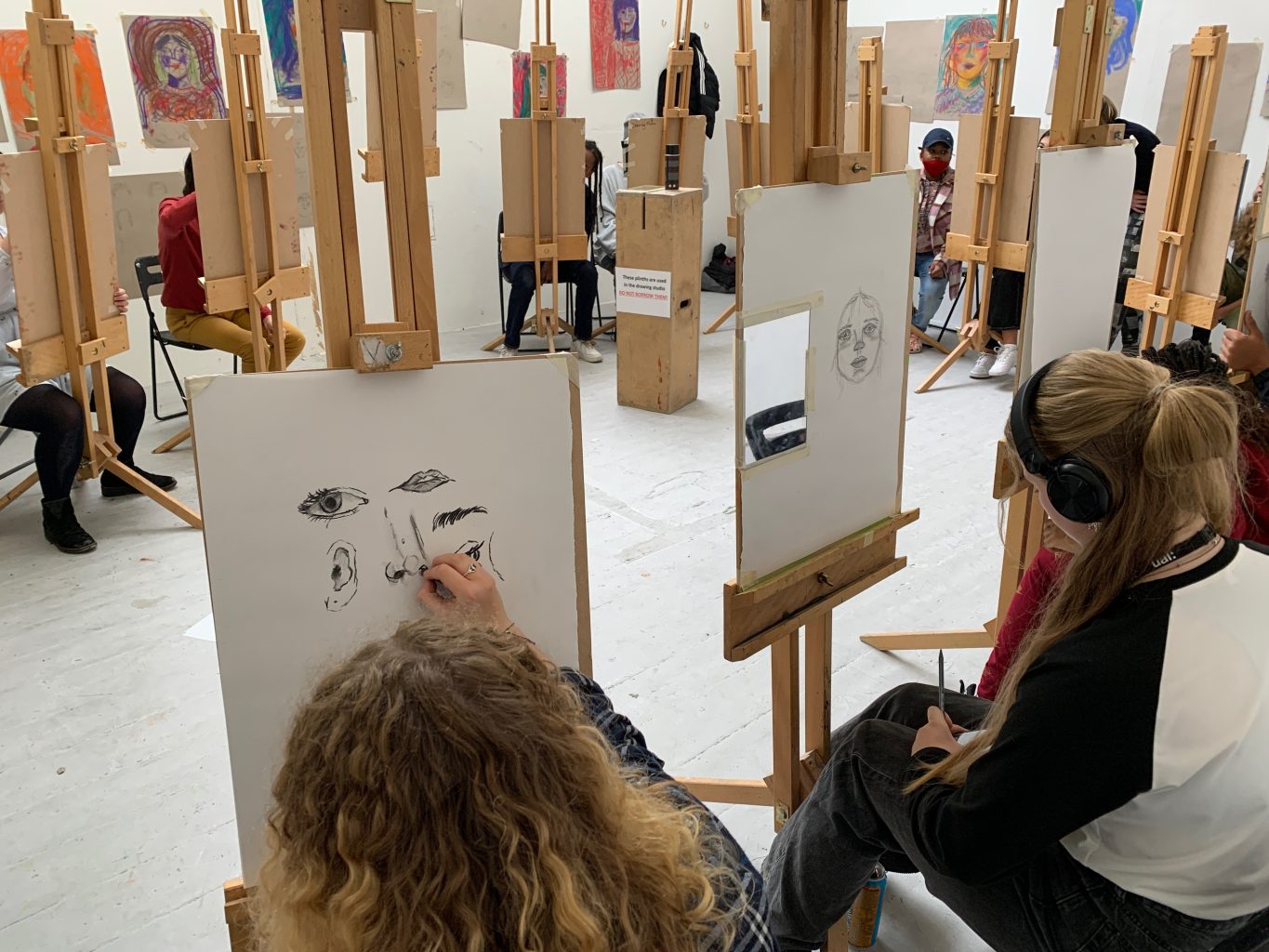
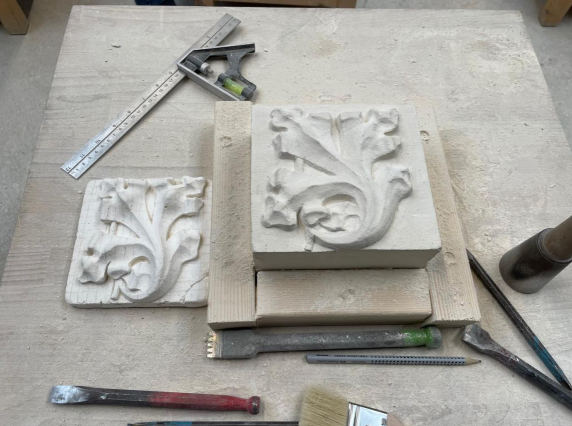 Image: Lucy Wadsworth
Image: Lucy Wadsworth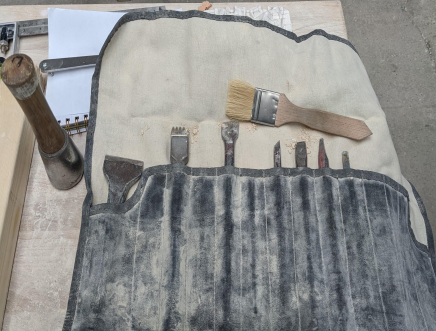
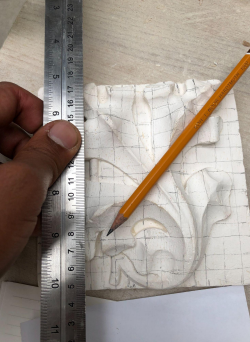
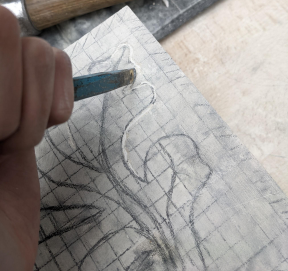
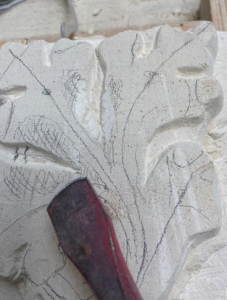
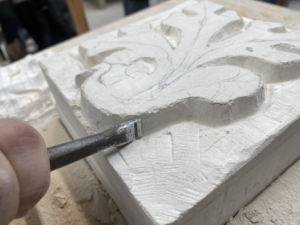
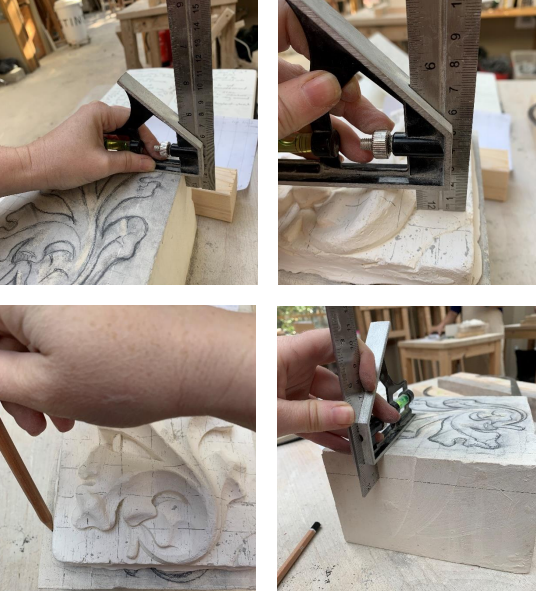
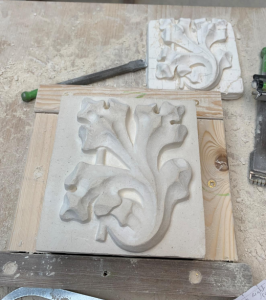
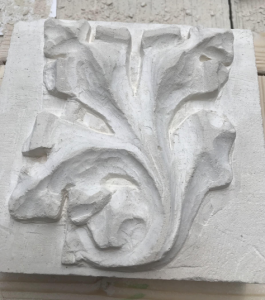
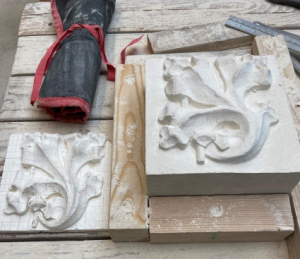
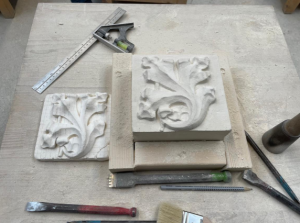
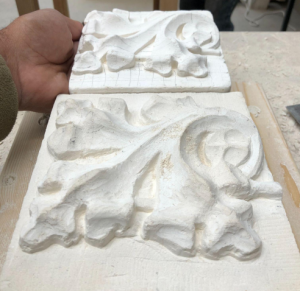
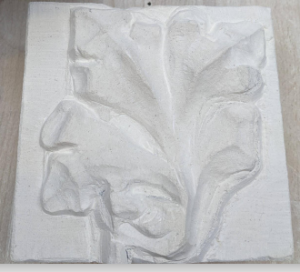
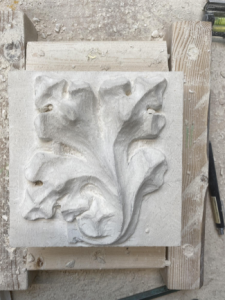
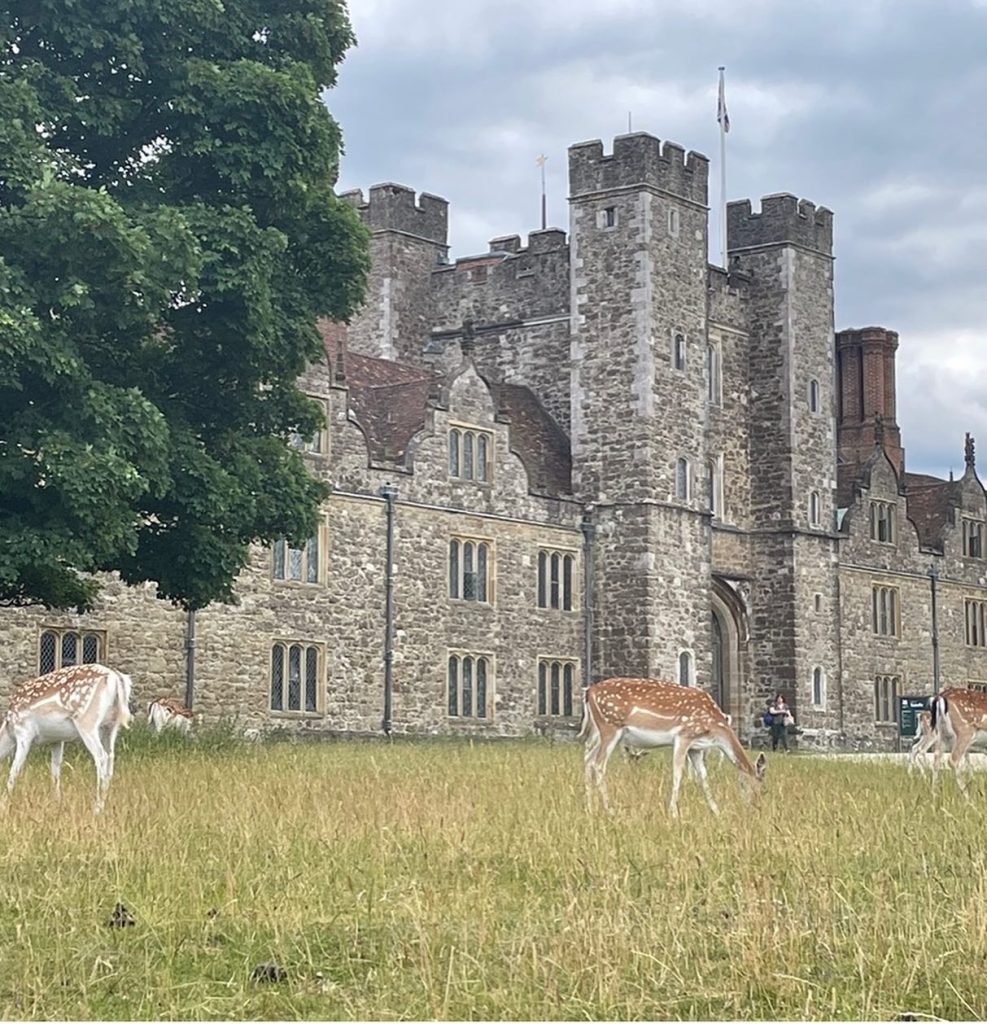
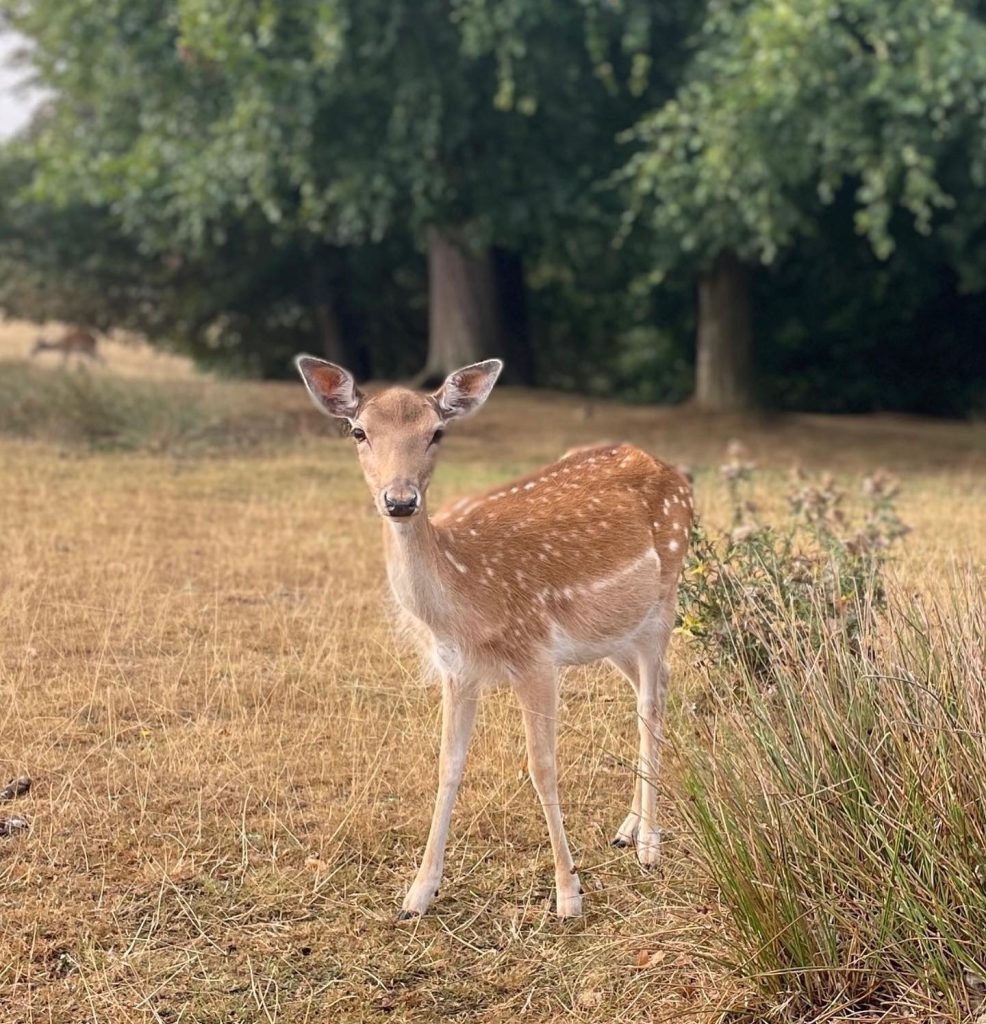 My best photo!
My best photo!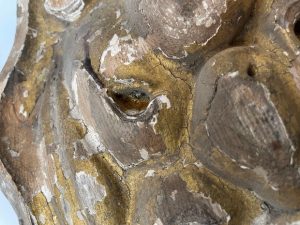
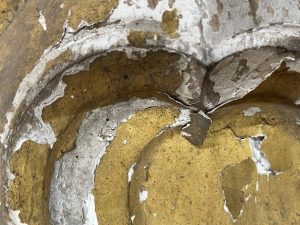
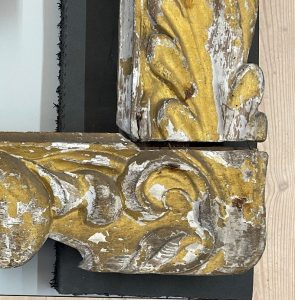
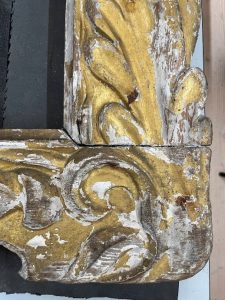
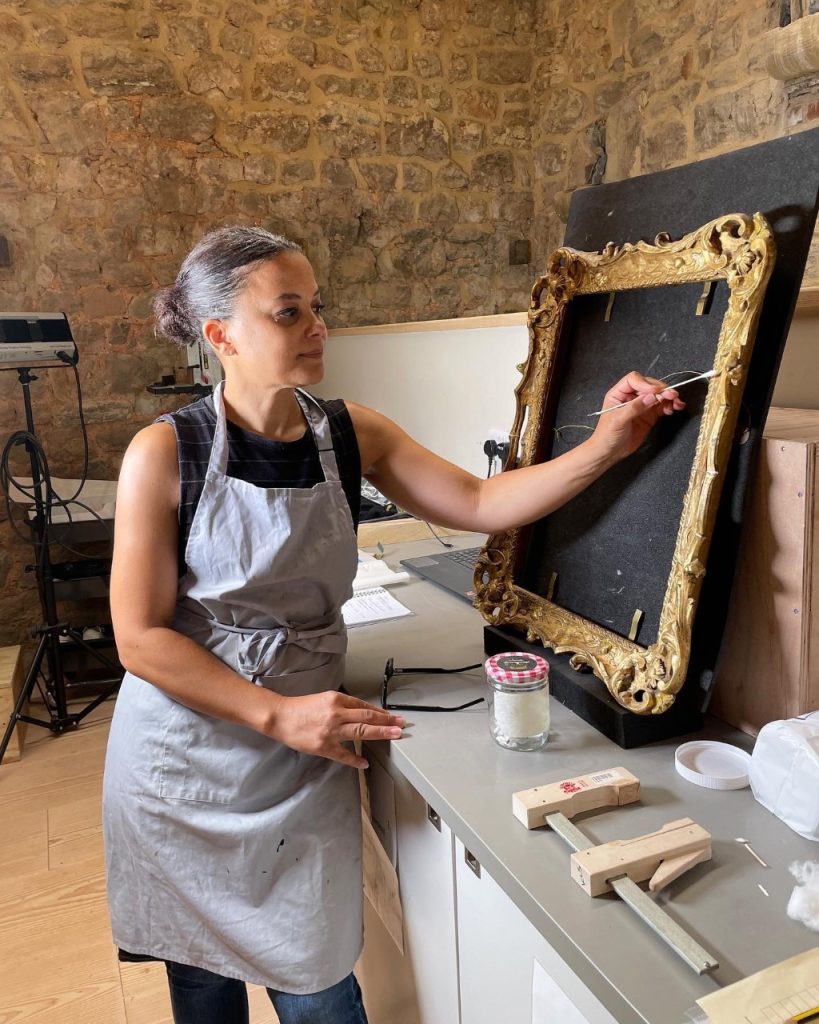
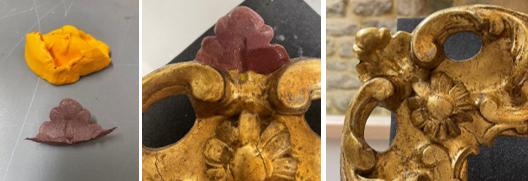

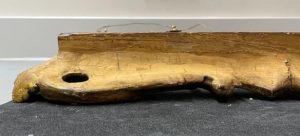
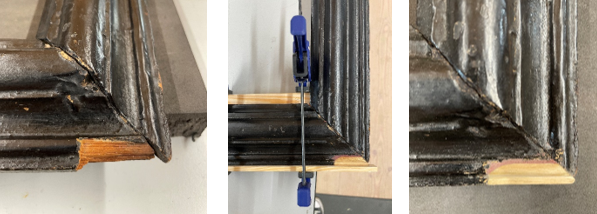 Images showing the bottom left corner following the moulding and shaping of a new pine insert. The corner was then stained and polished to integrate successfully with the adjacent moulding
Images showing the bottom left corner following the moulding and shaping of a new pine insert. The corner was then stained and polished to integrate successfully with the adjacent moulding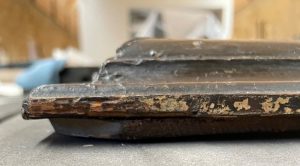

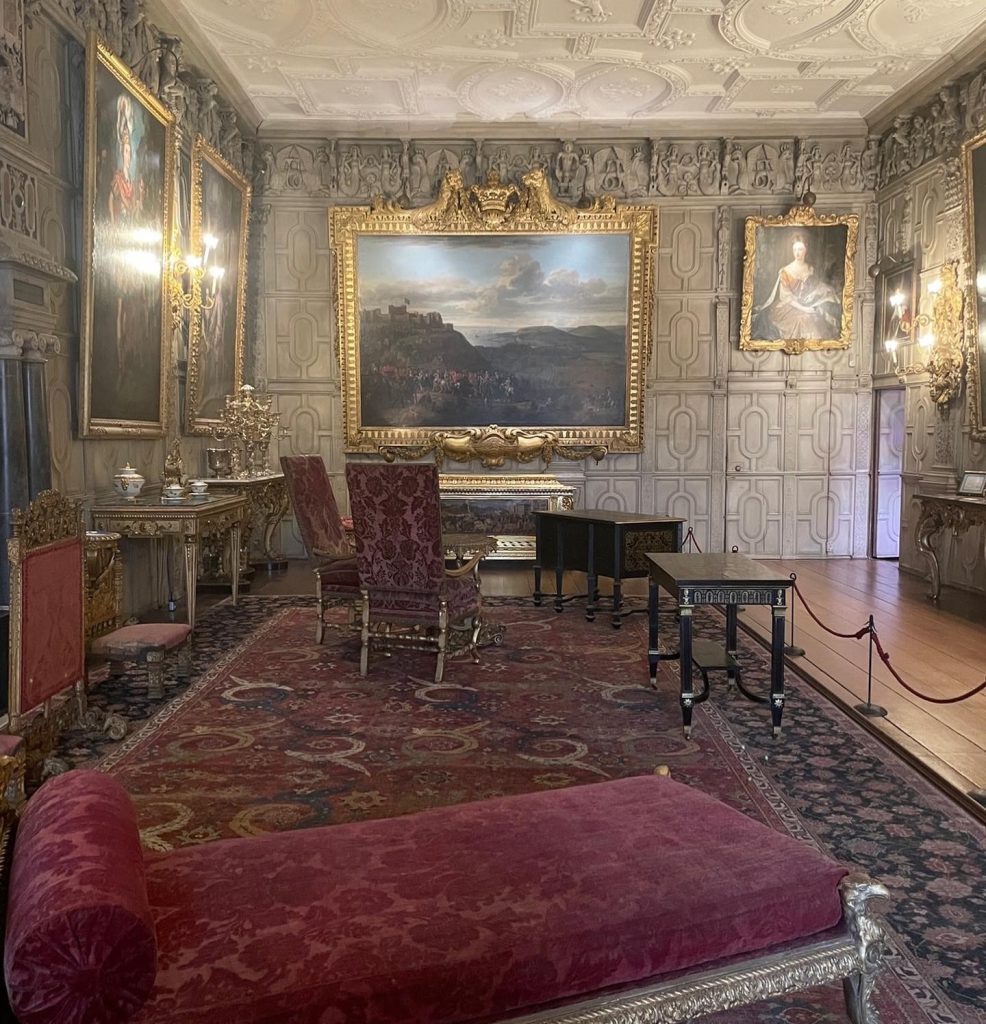
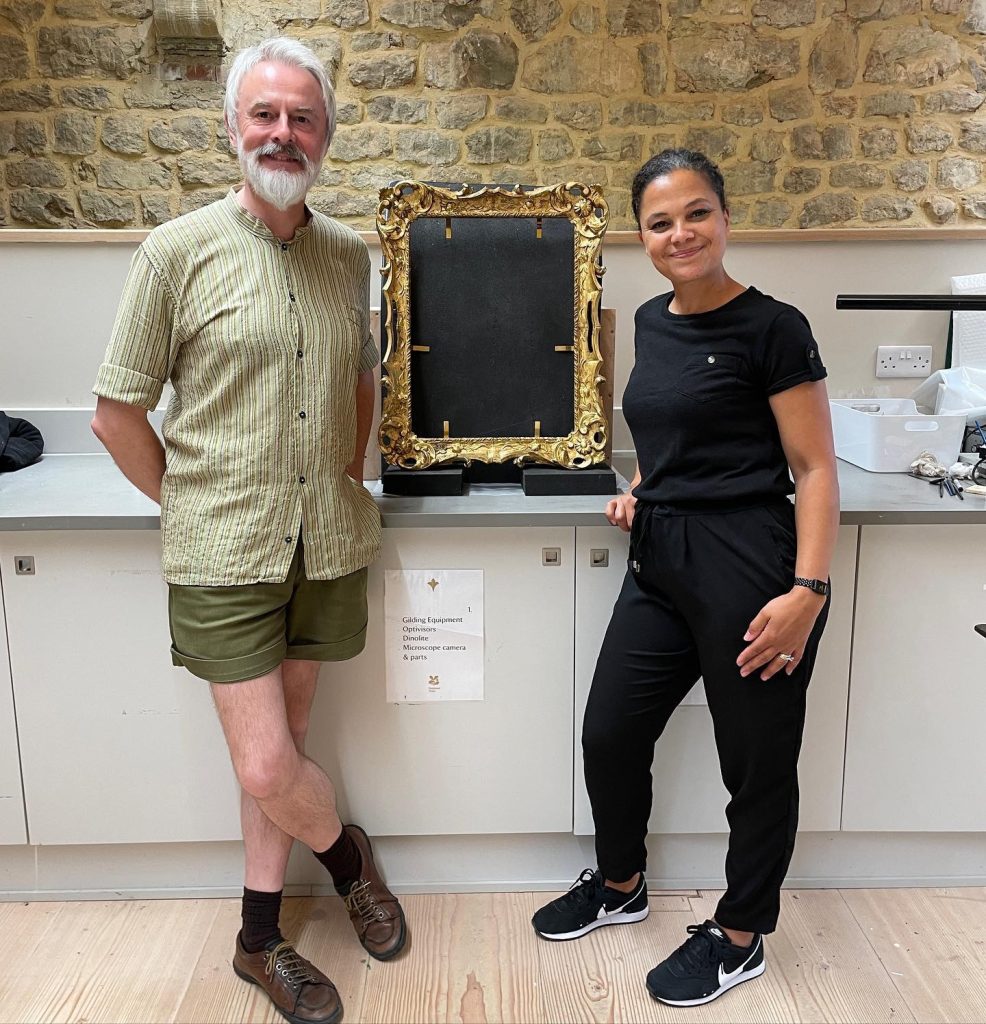 Senior Frames and Furniture Conservator at Knole Gerry Alabone and me
Senior Frames and Furniture Conservator at Knole Gerry Alabone and me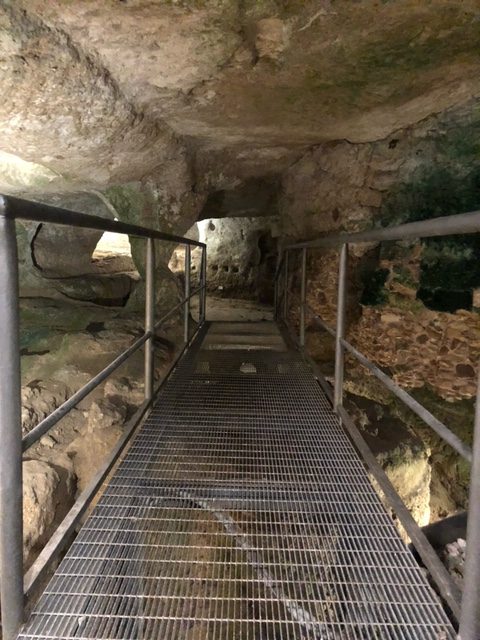
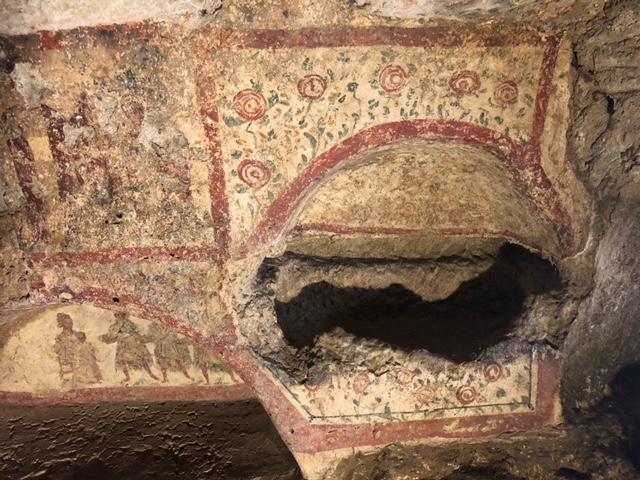 First fresco made for a tomb of a children (Mechanically cleaned)
First fresco made for a tomb of a children (Mechanically cleaned)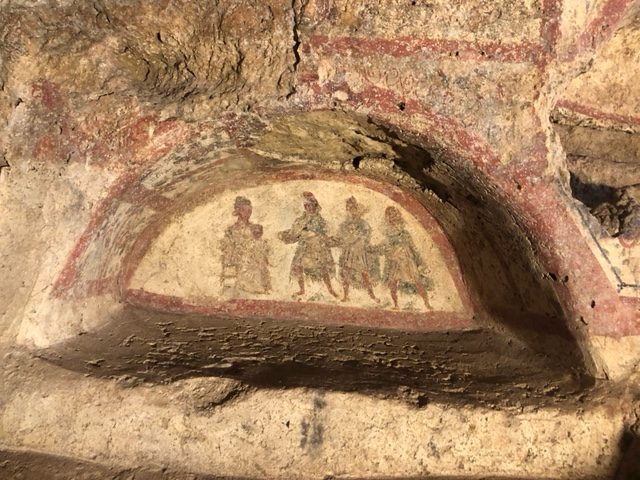 Second fresco painted arc for another small tomb representing Maria and the child with the three wise kings (laser cleaned)
Second fresco painted arc for another small tomb representing Maria and the child with the three wise kings (laser cleaned)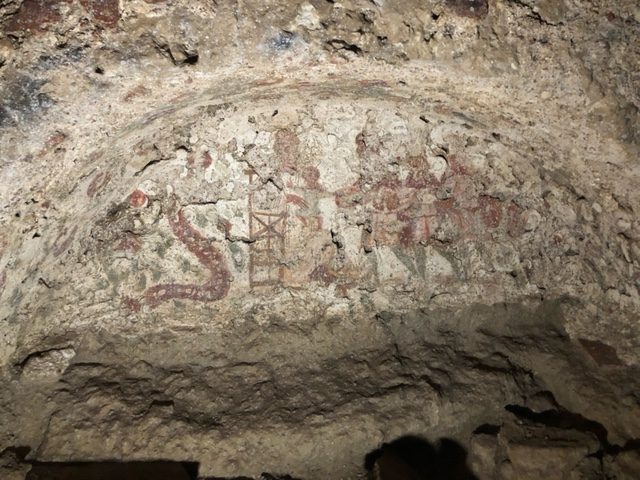 Third fresco representing Maria and the child seated (Mechanically cleaned)
Third fresco representing Maria and the child seated (Mechanically cleaned)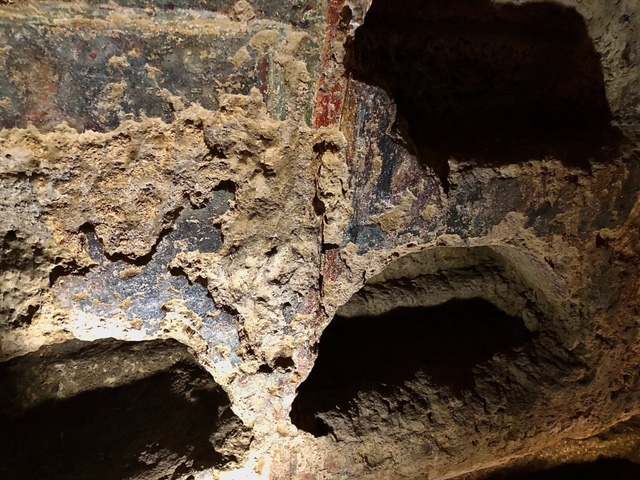 Representation of Helena (face on the left) with a blue background painted with cobalt pigments (Mechanically cleaned)
Representation of Helena (face on the left) with a blue background painted with cobalt pigments (Mechanically cleaned)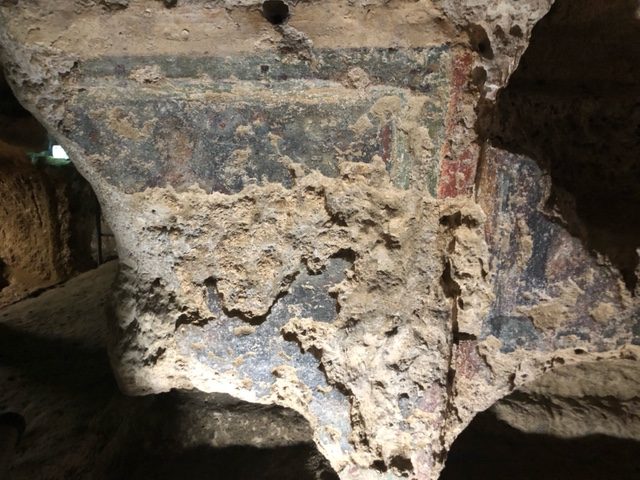 Detail of the fresco depicting Helena
Detail of the fresco depicting Helena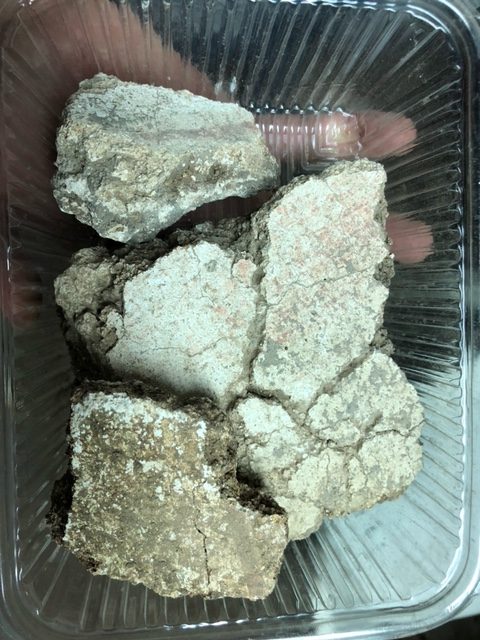
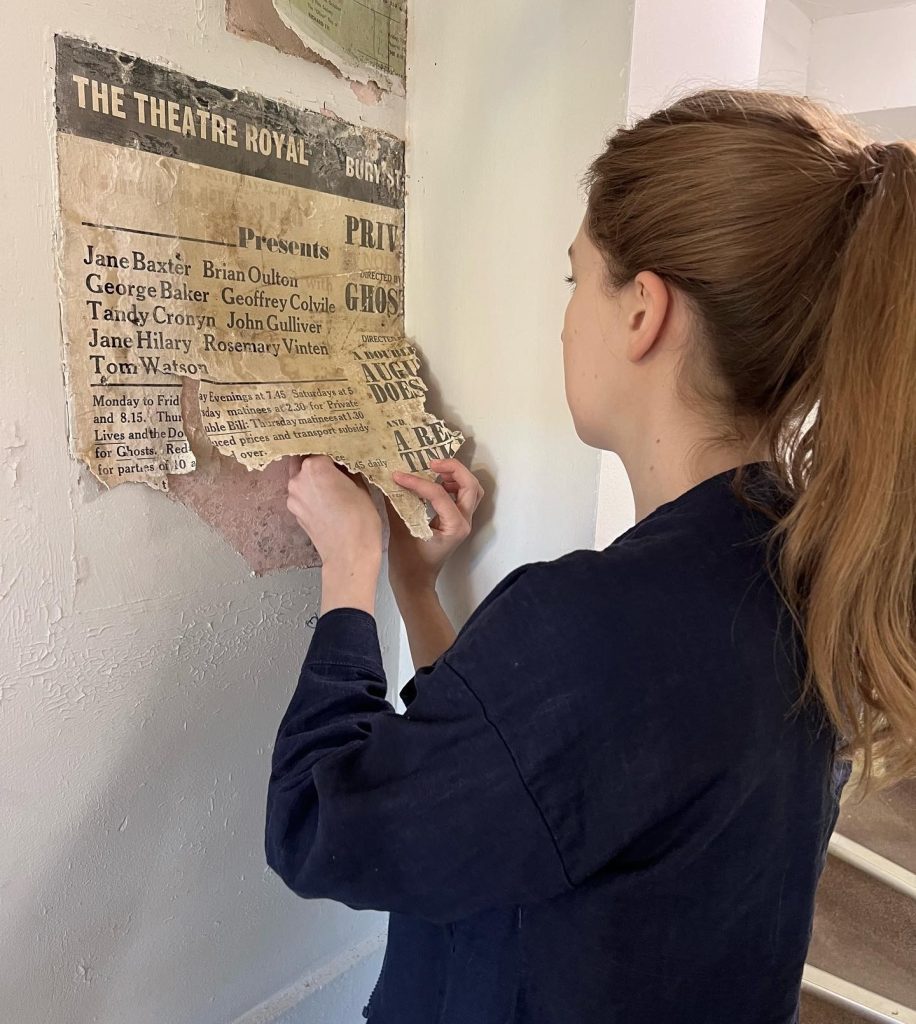
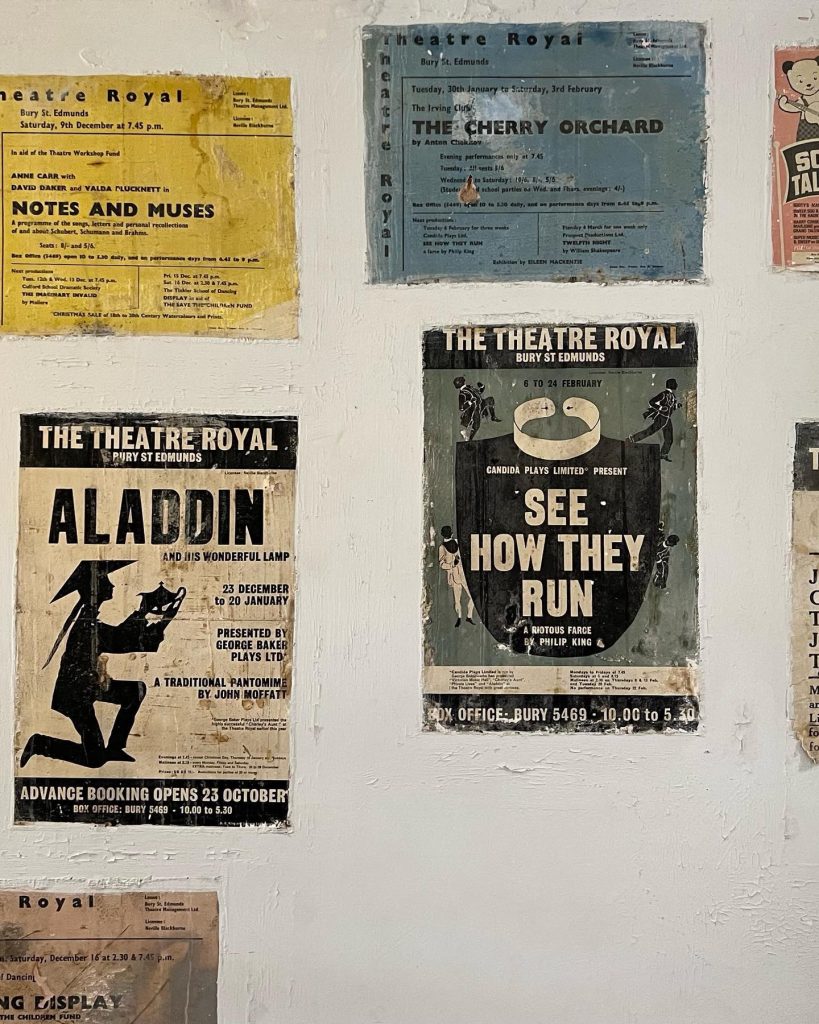
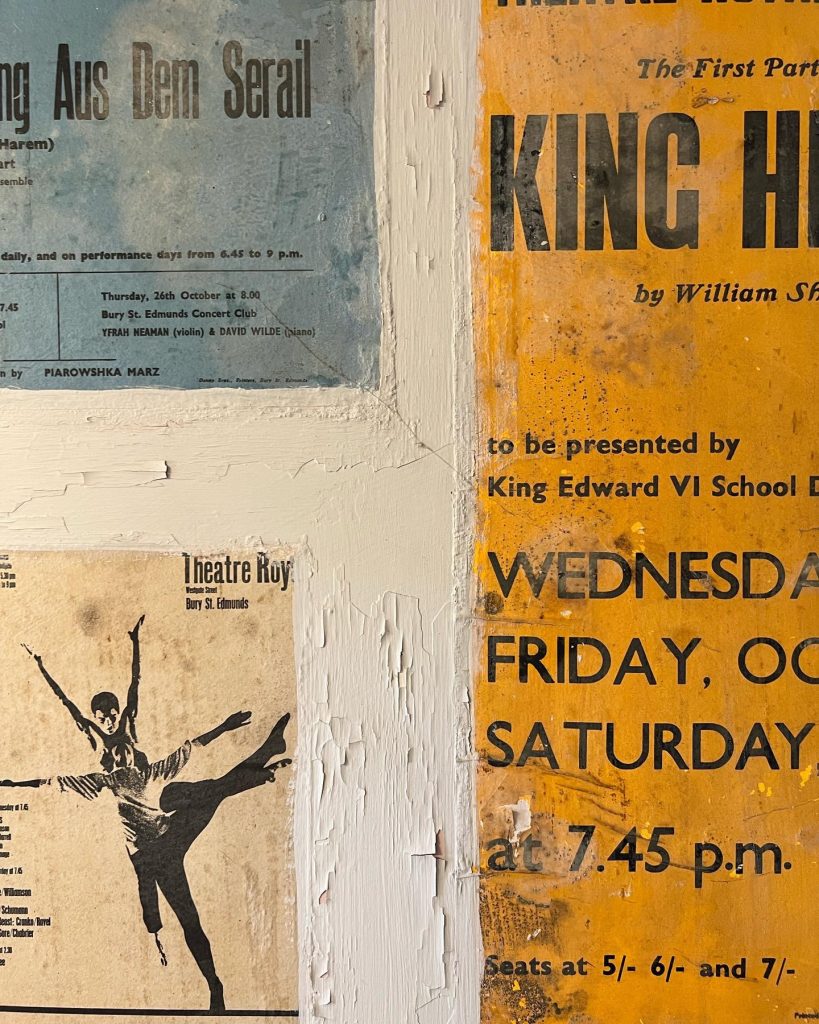
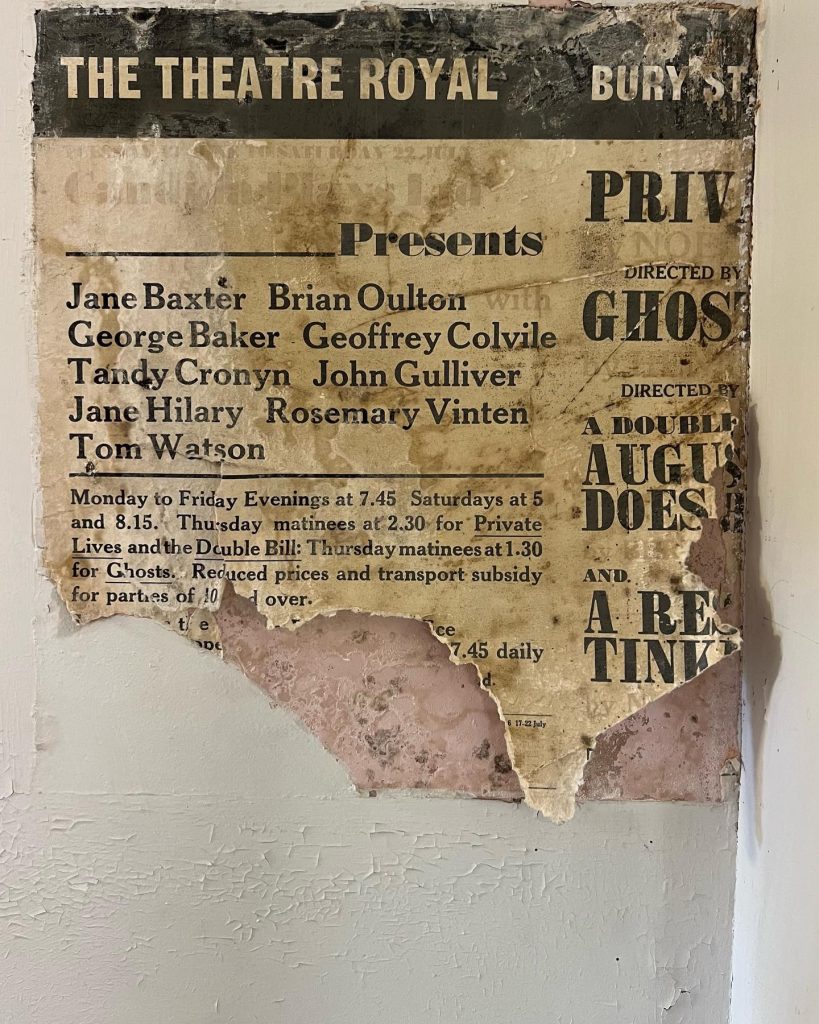
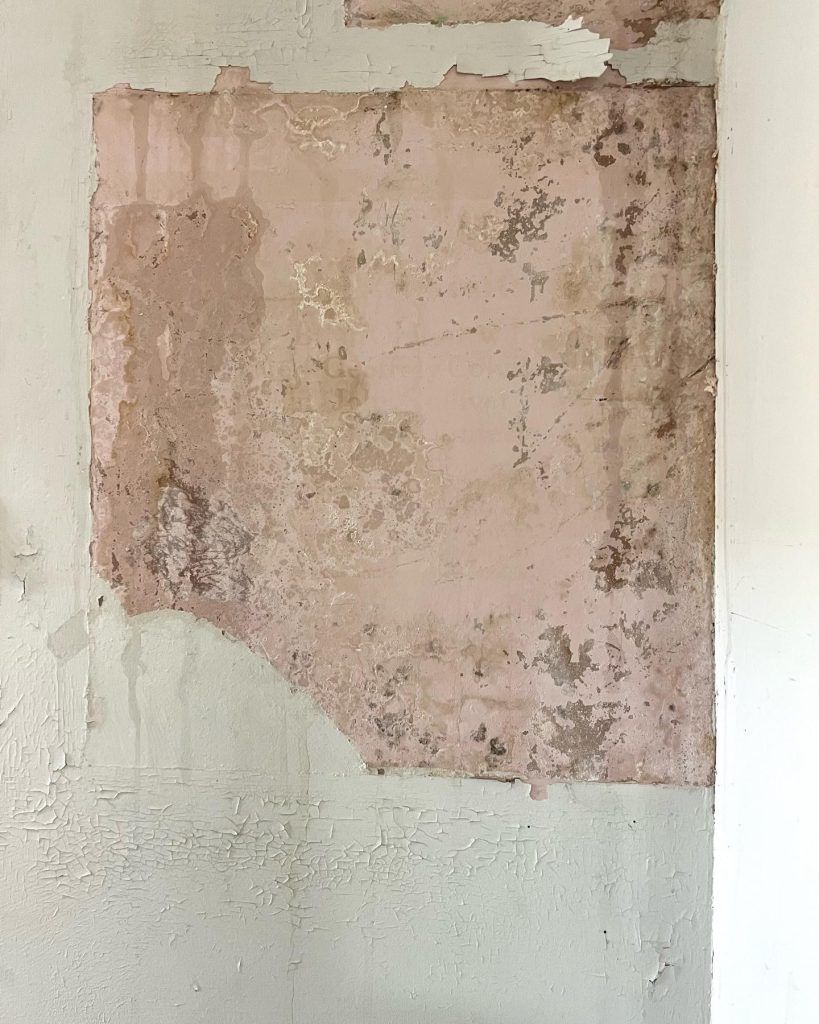
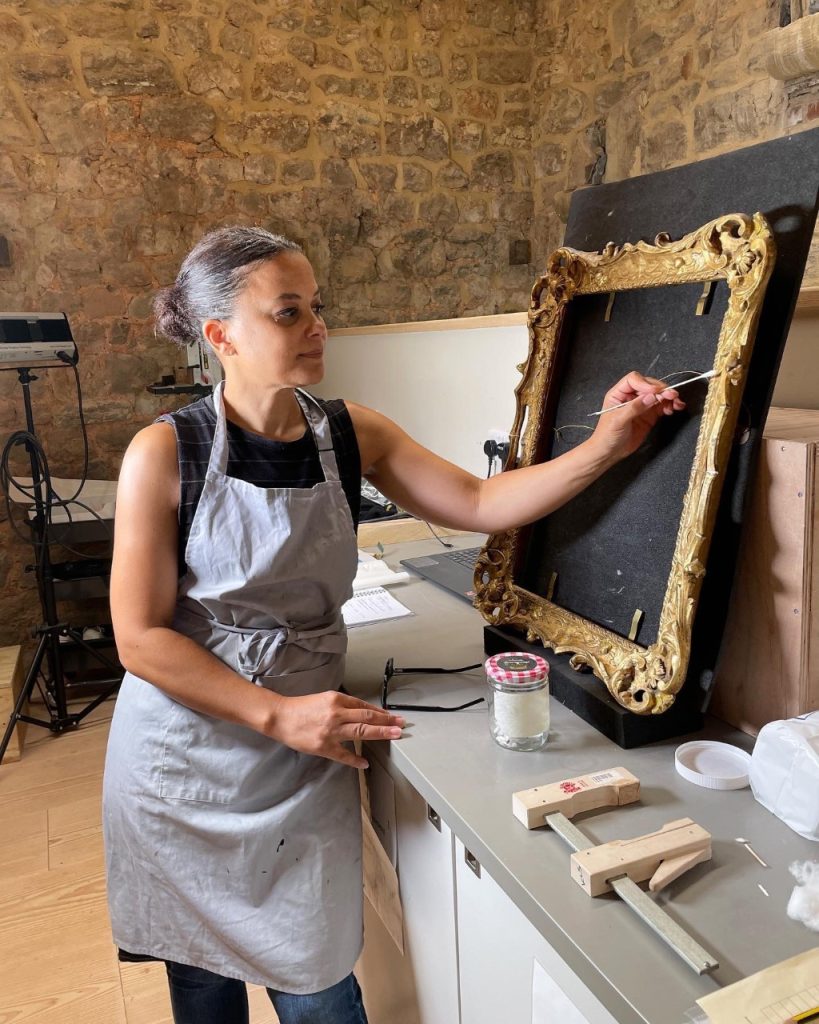
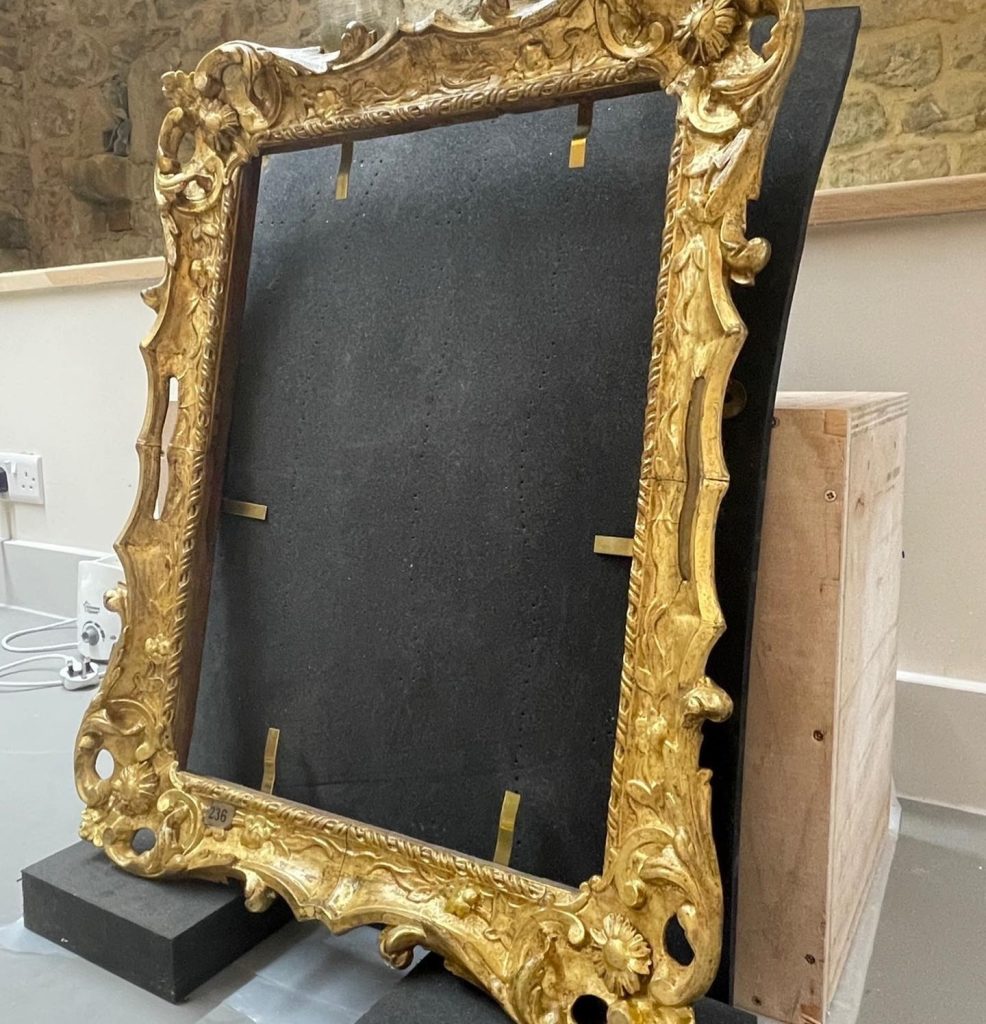
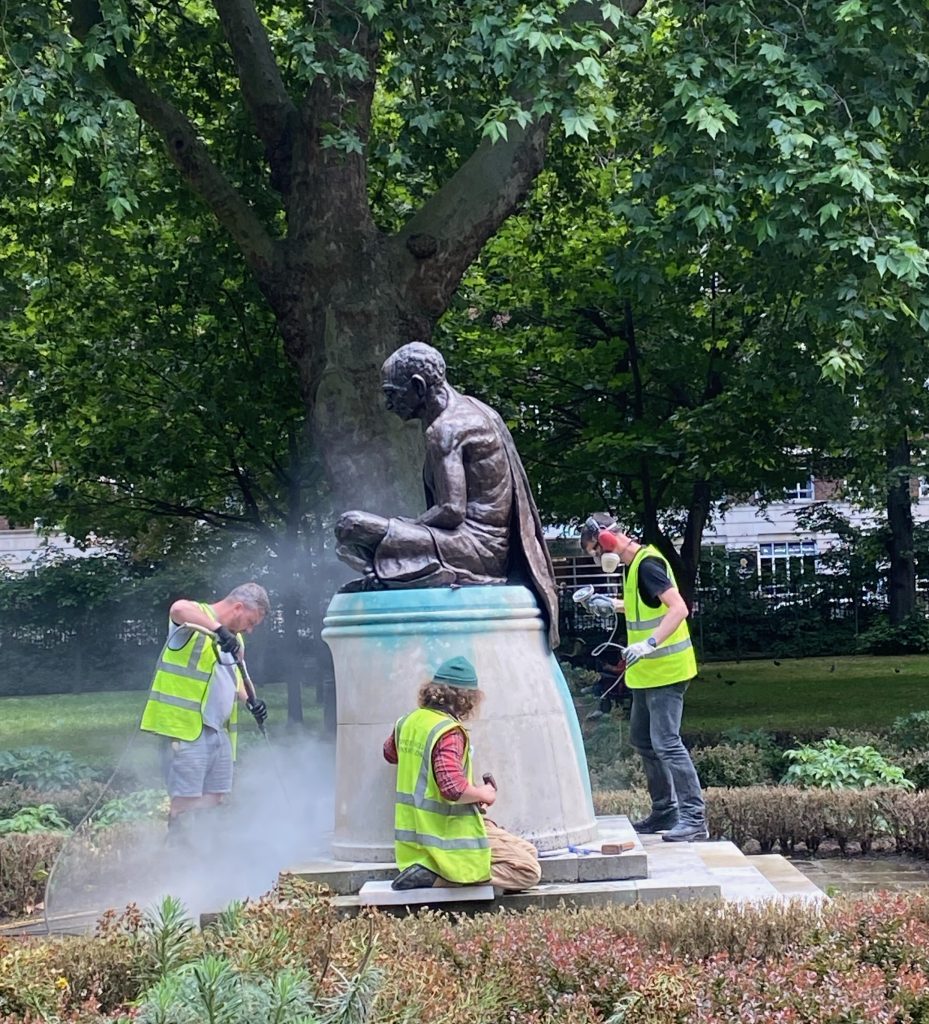
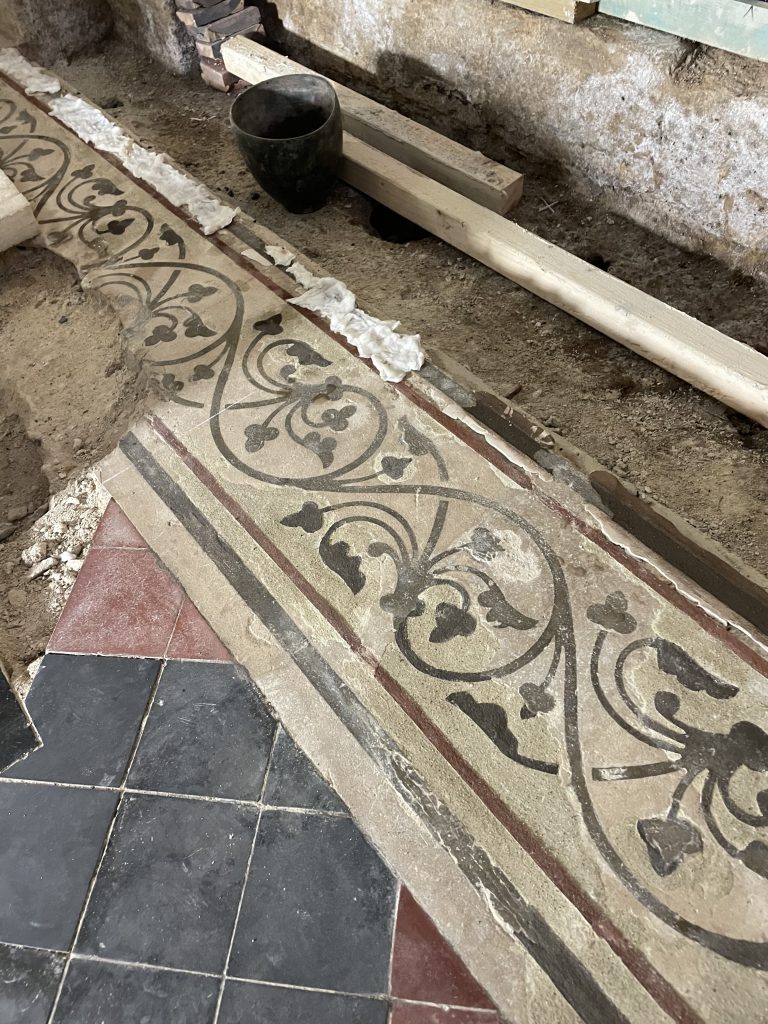
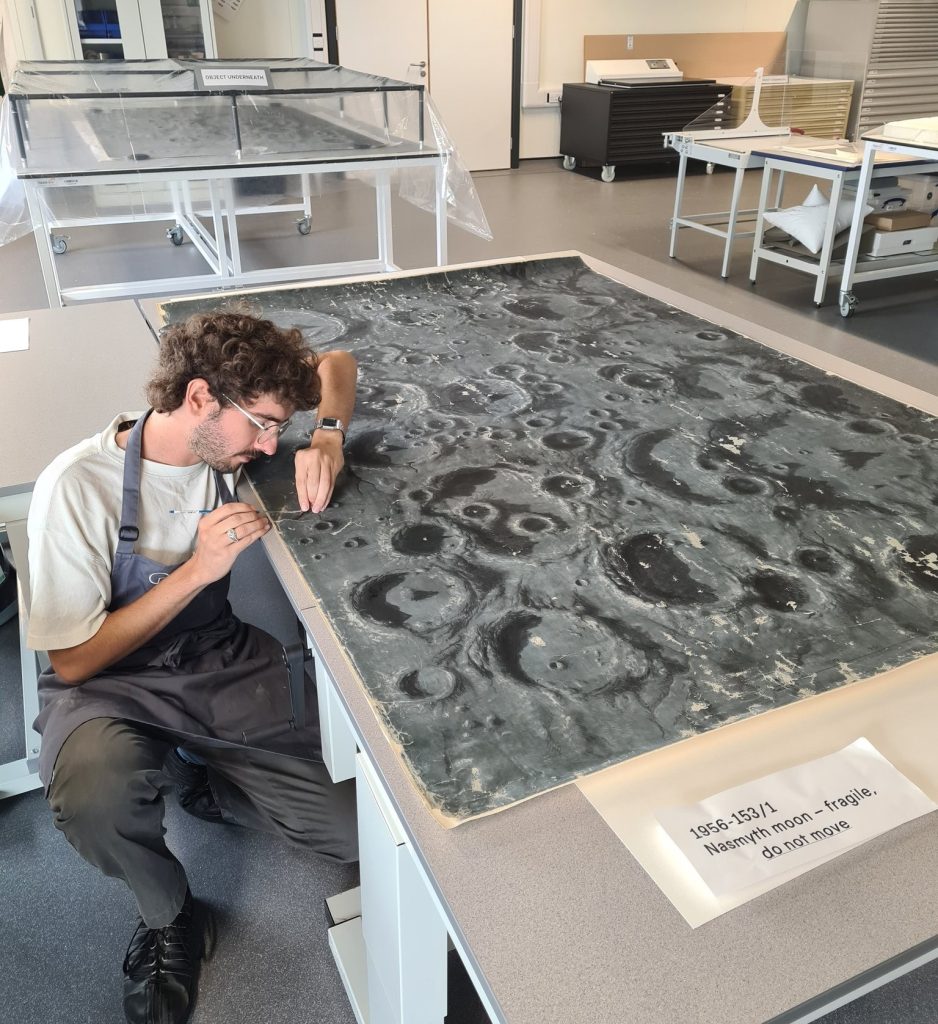
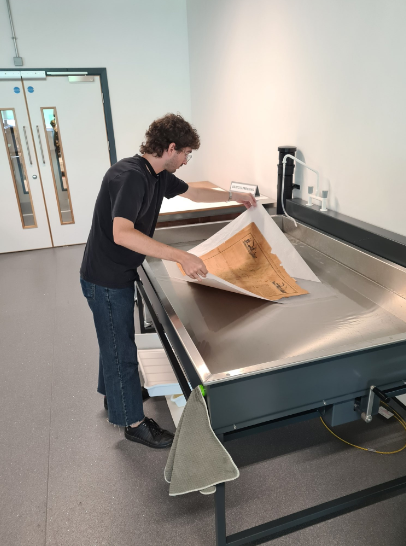
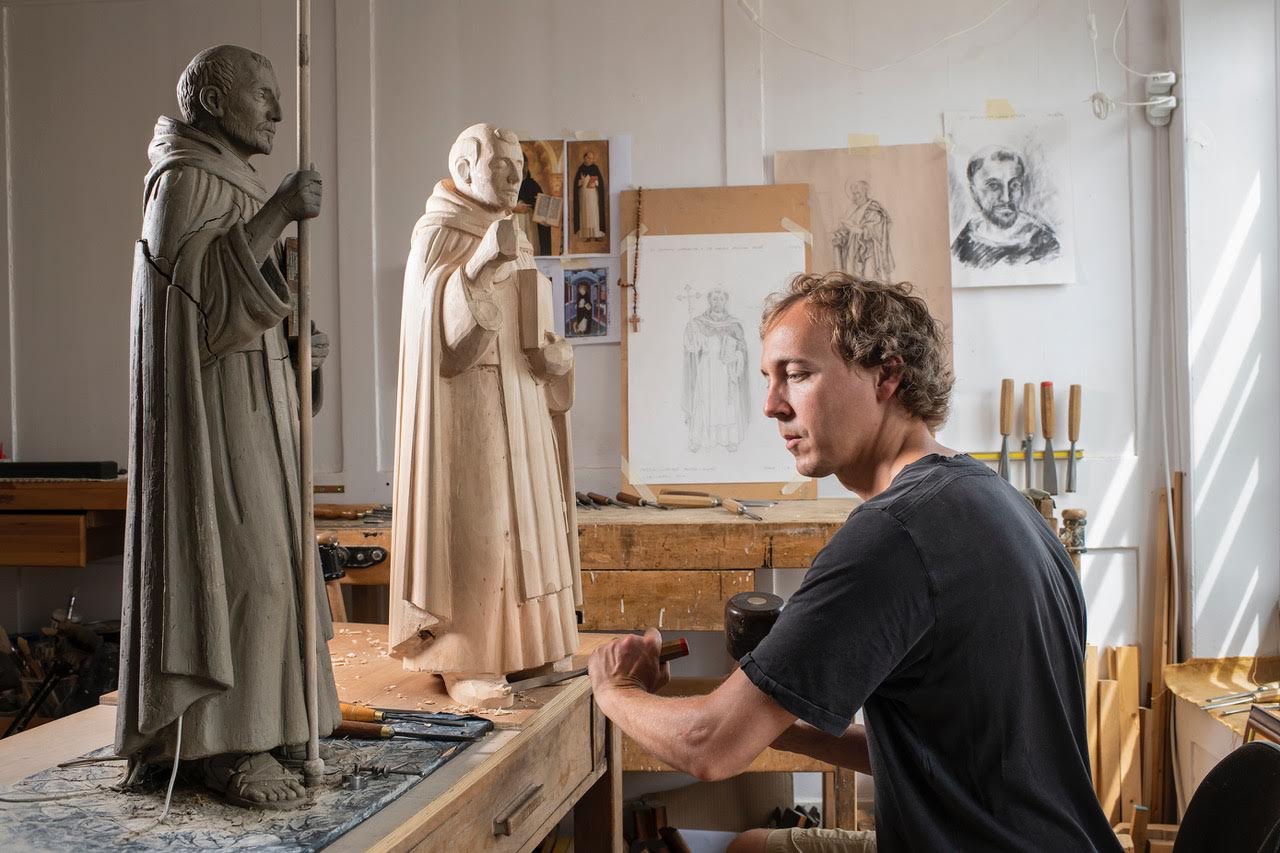 © Julian Calder for QEST
© Julian Calder for QEST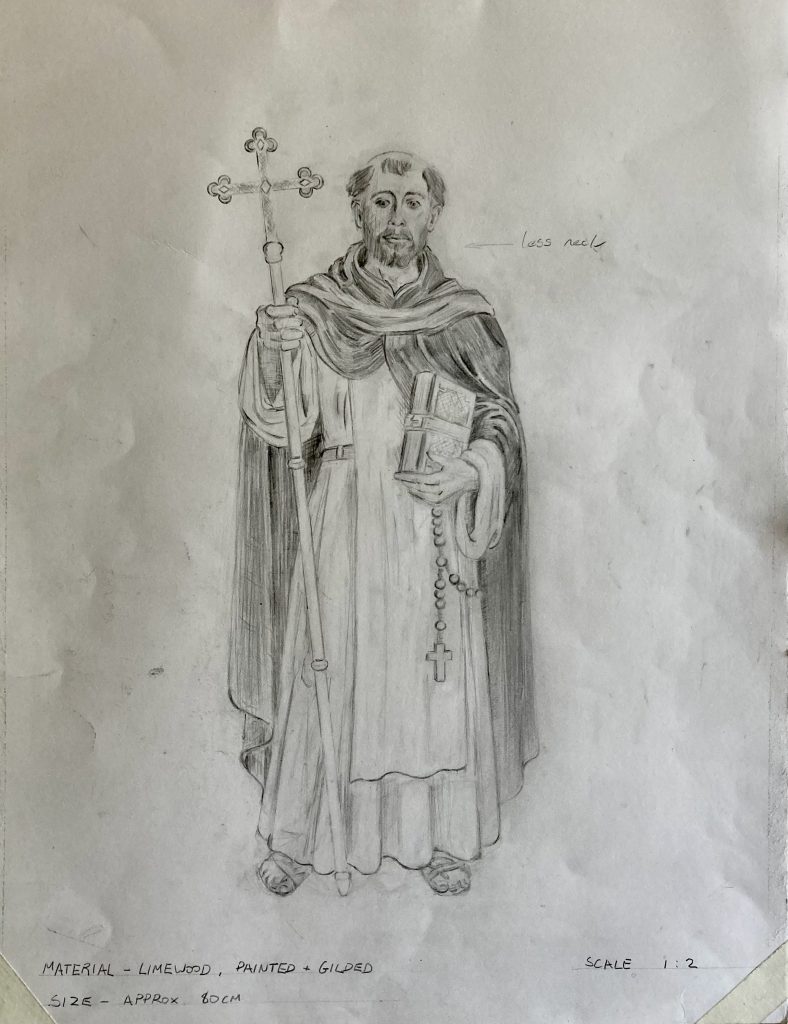
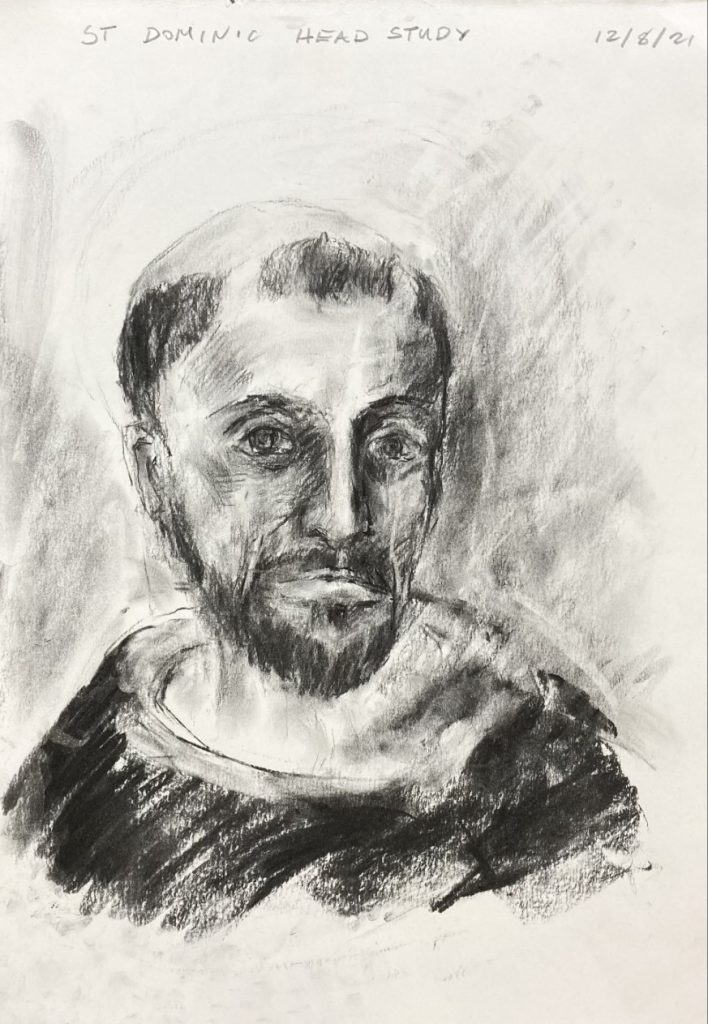 Borys’ drawings of St Dominic
Borys’ drawings of St Dominic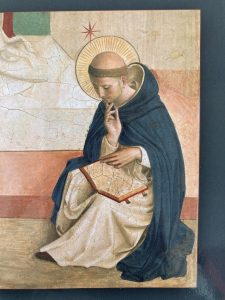
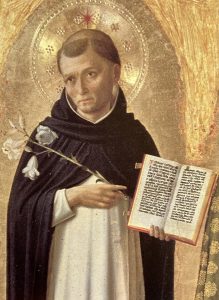
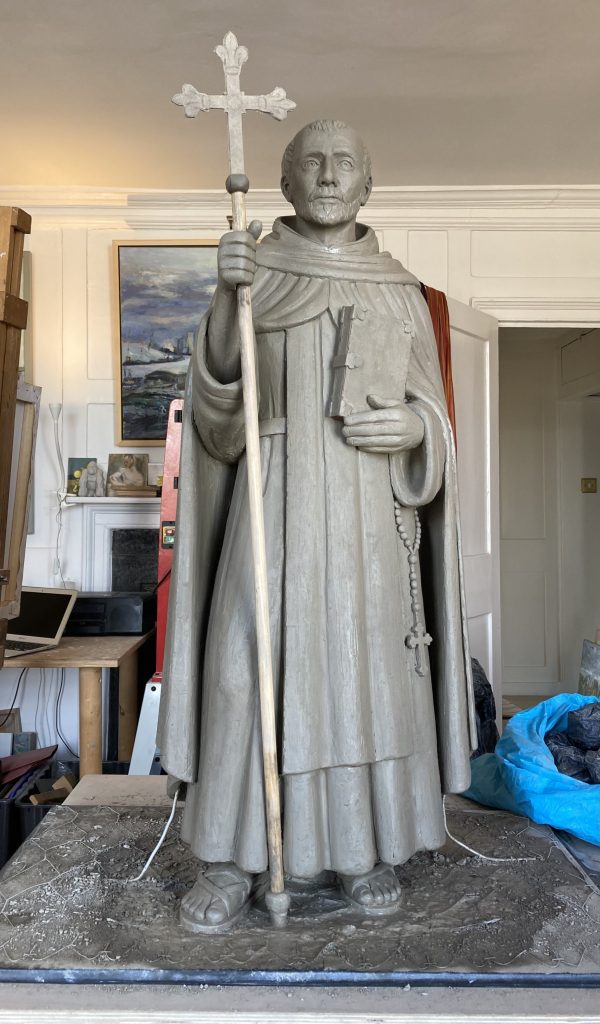 The clay model of the statue
The clay model of the statue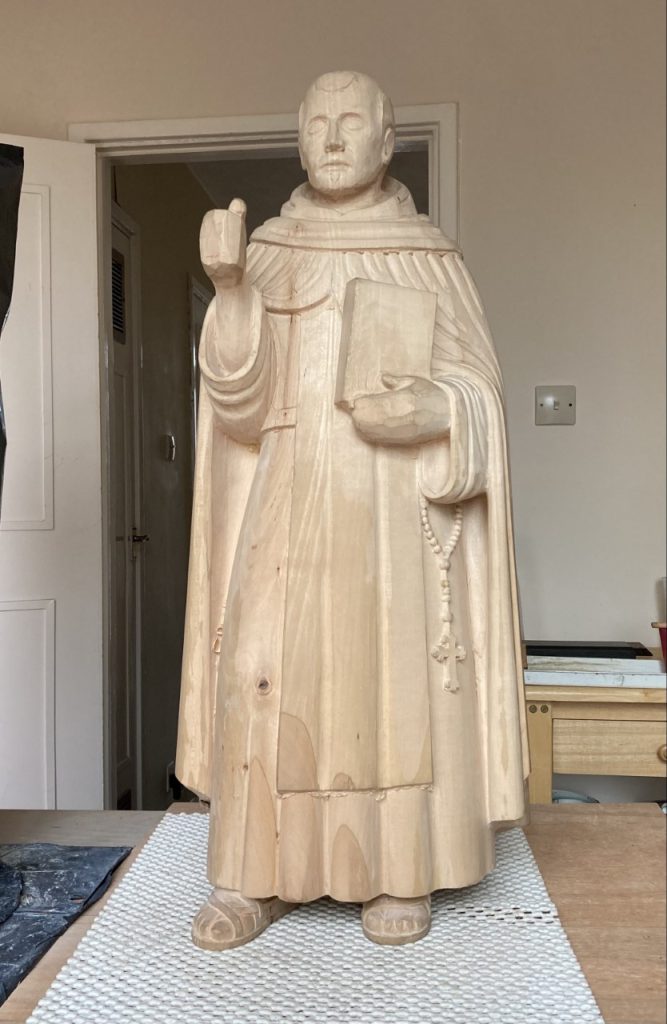 The carved statue – work in progress
The carved statue – work in progress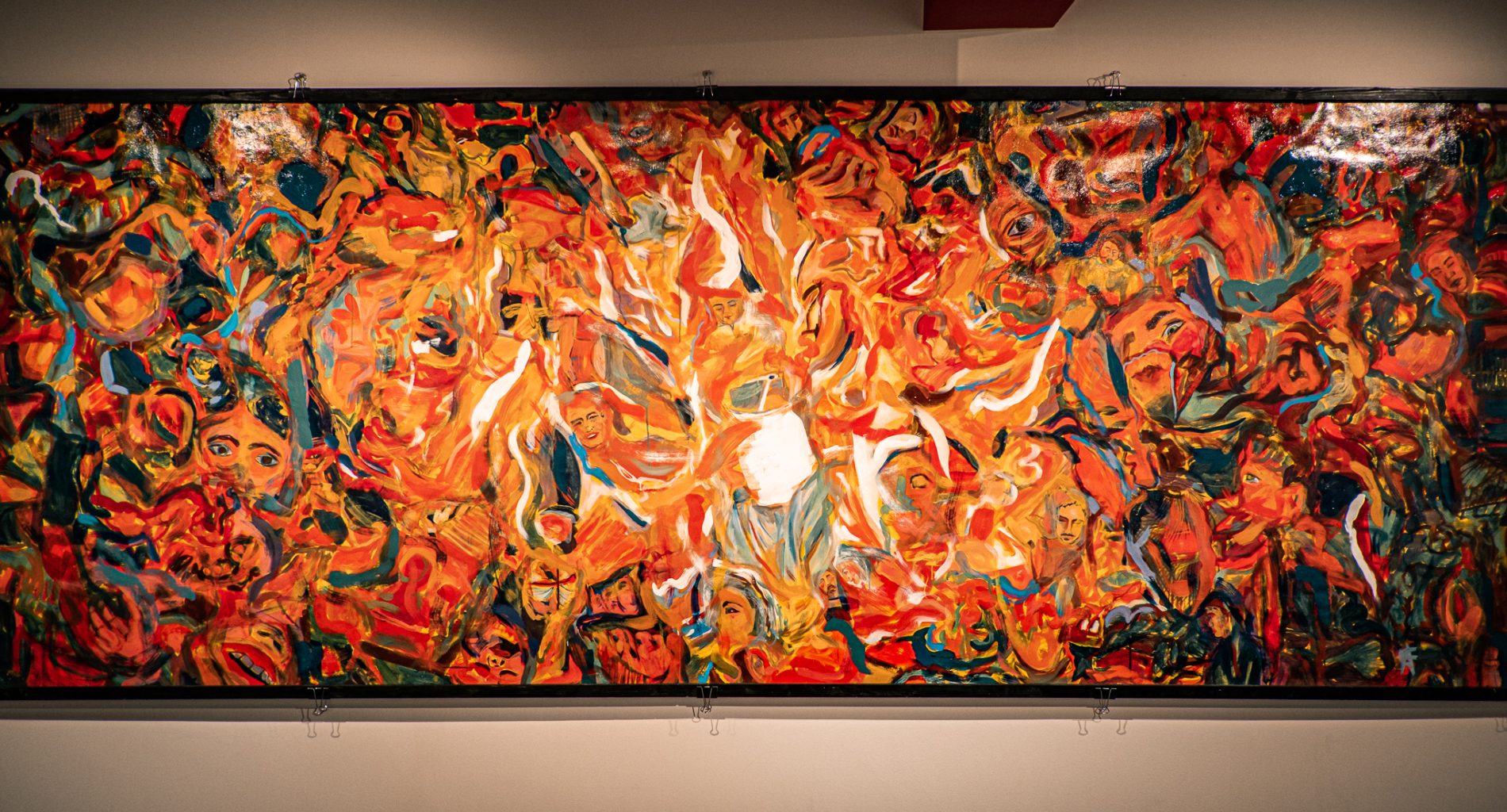
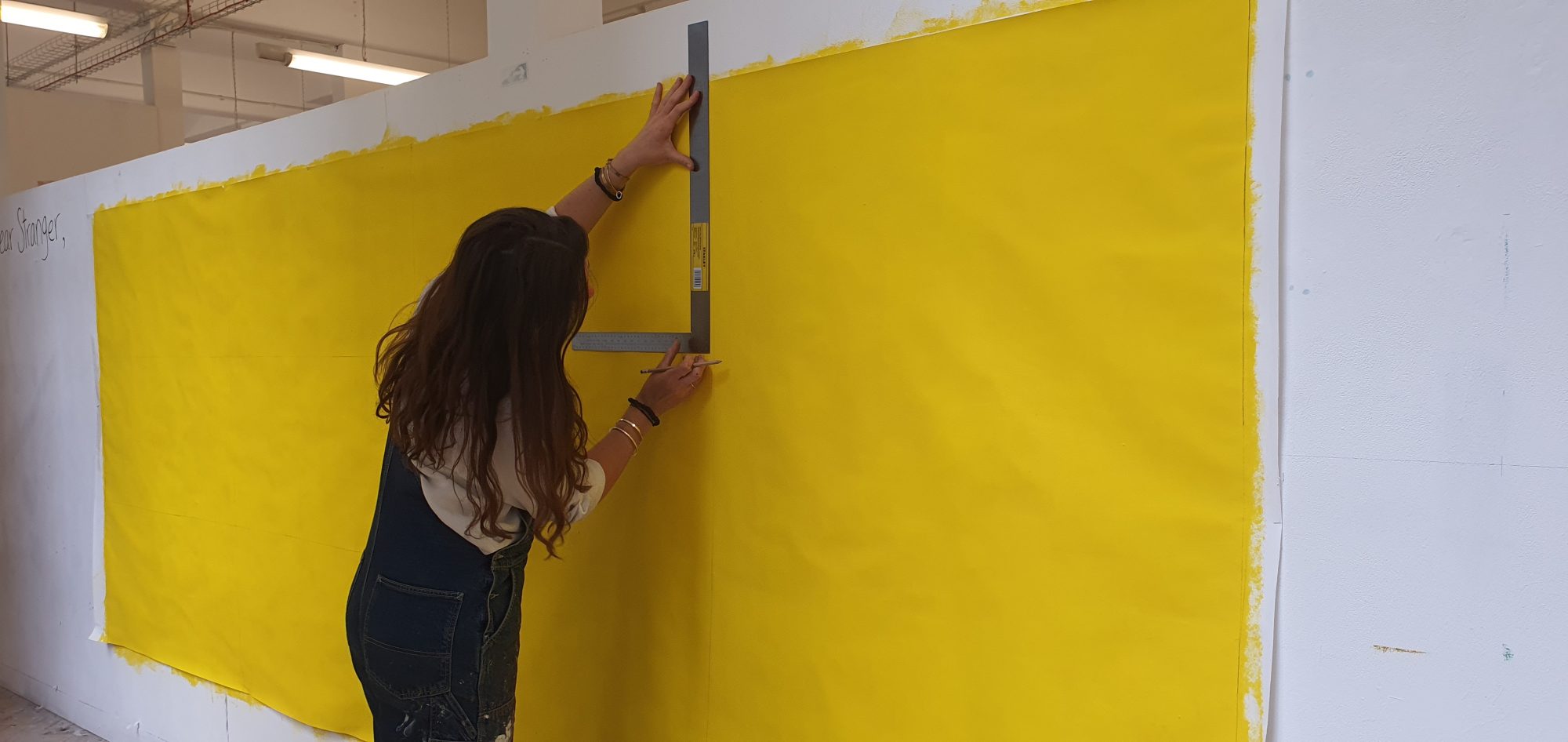
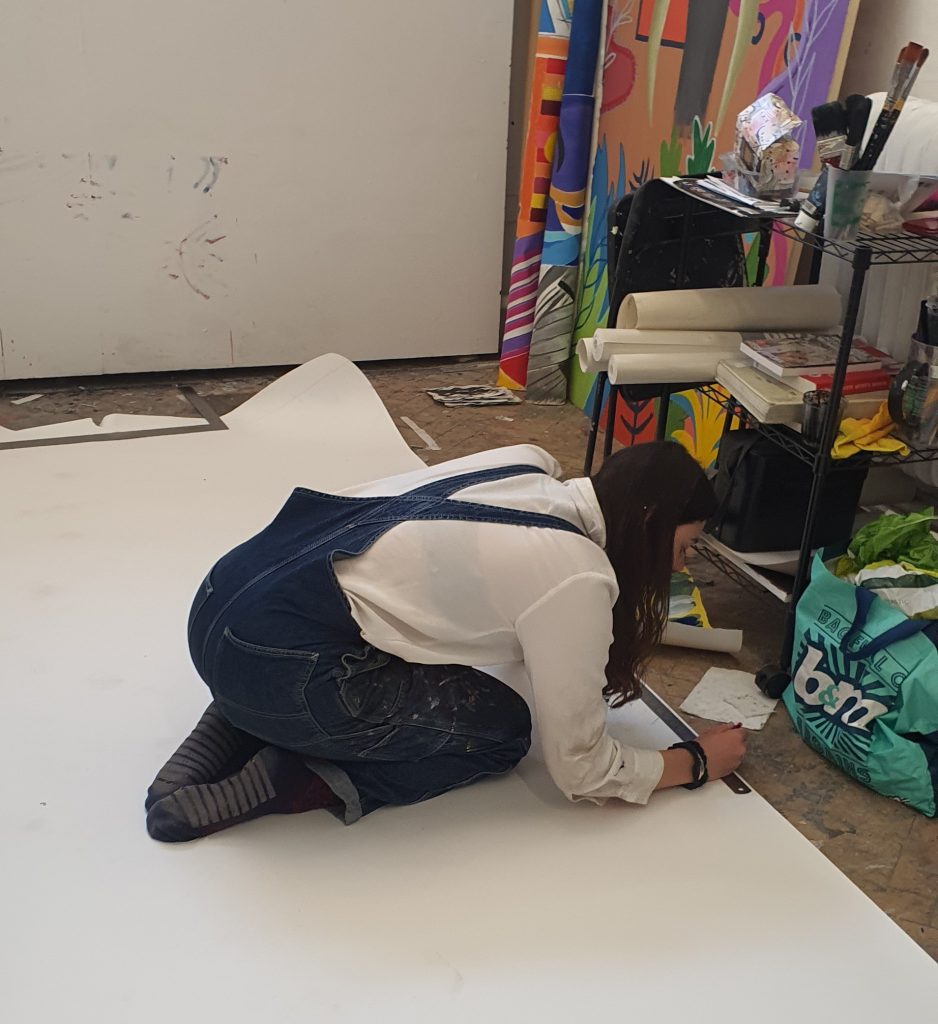
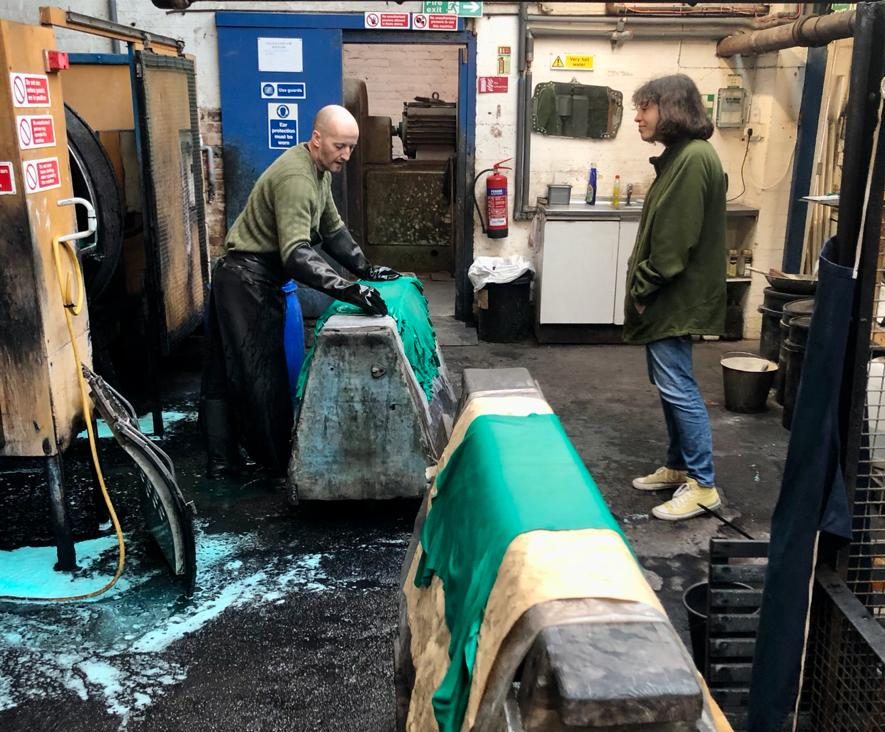
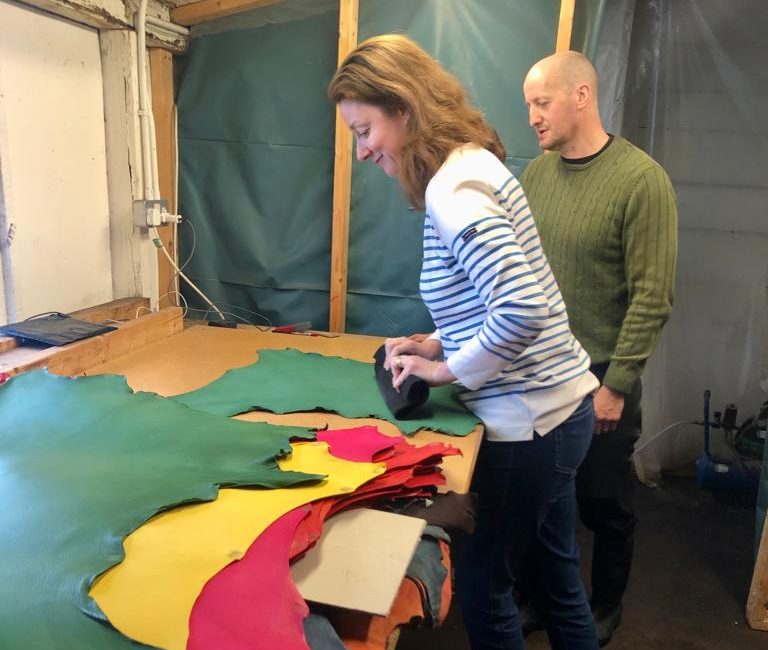
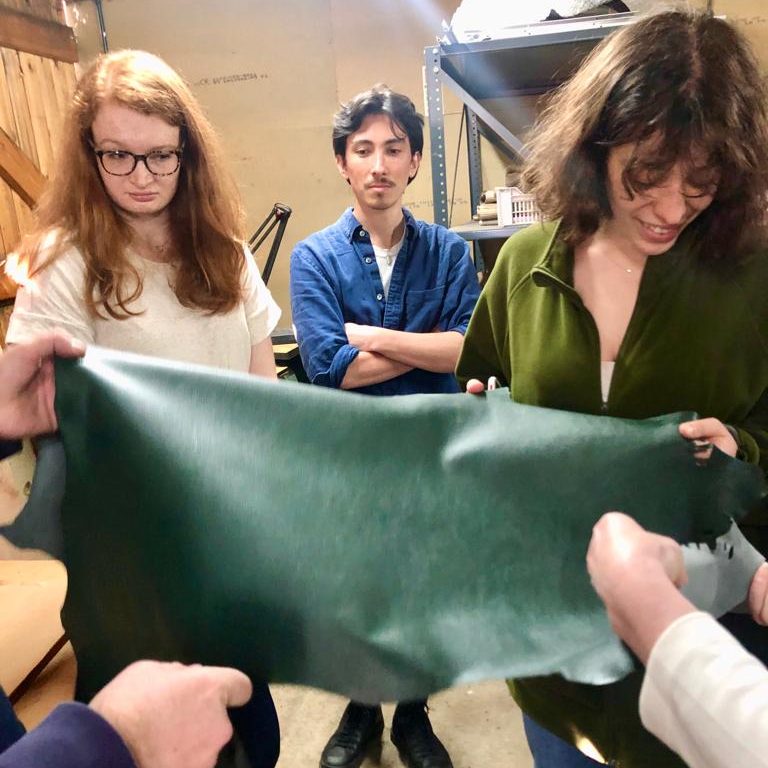
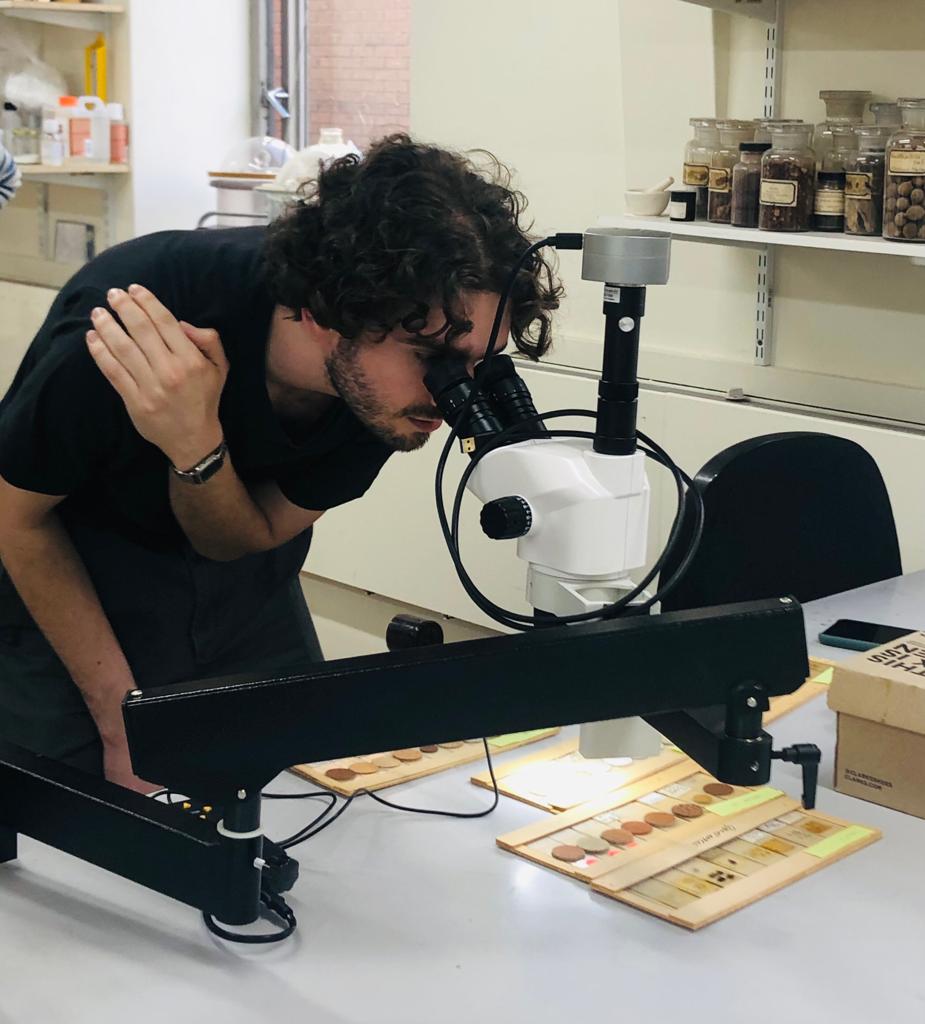
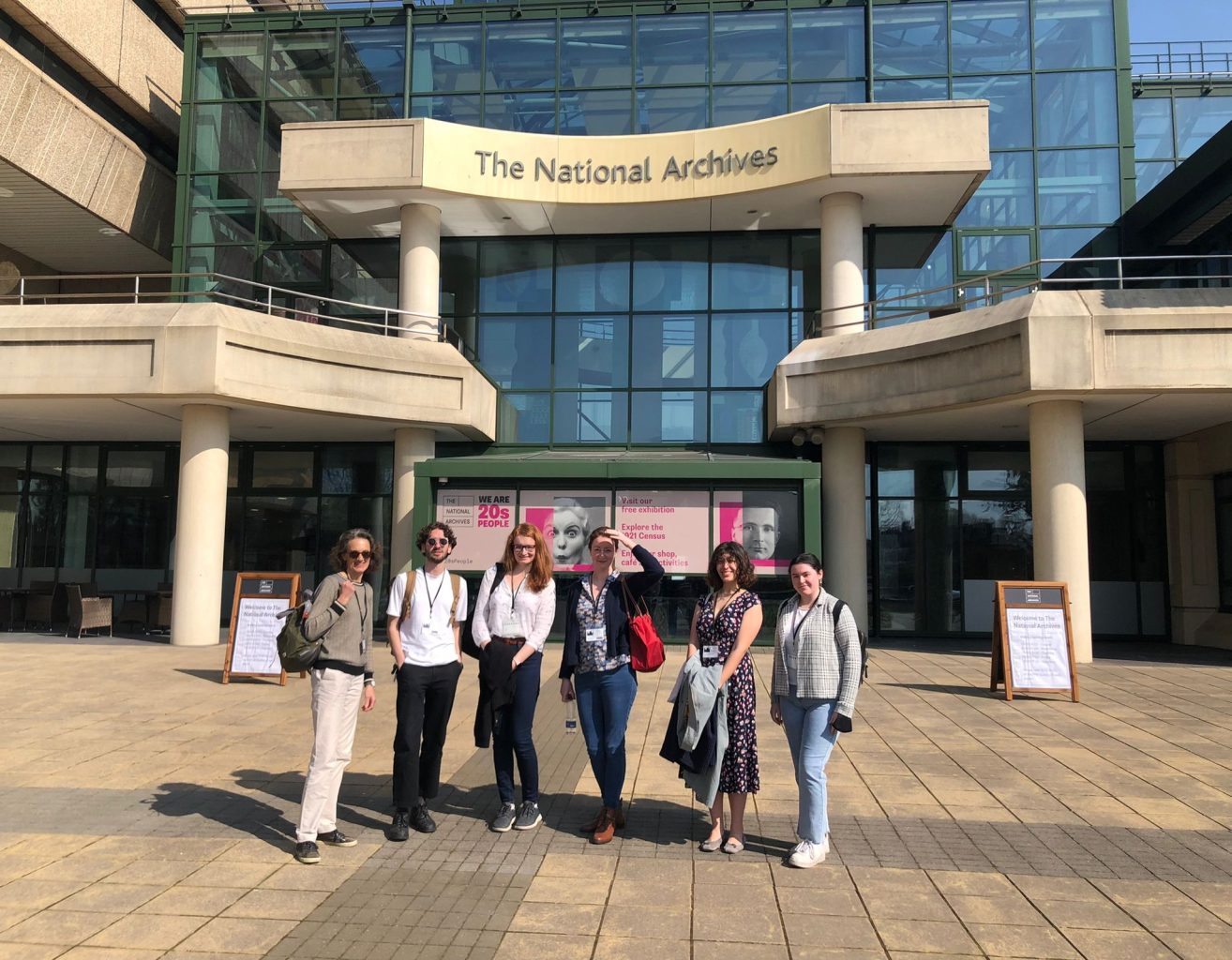
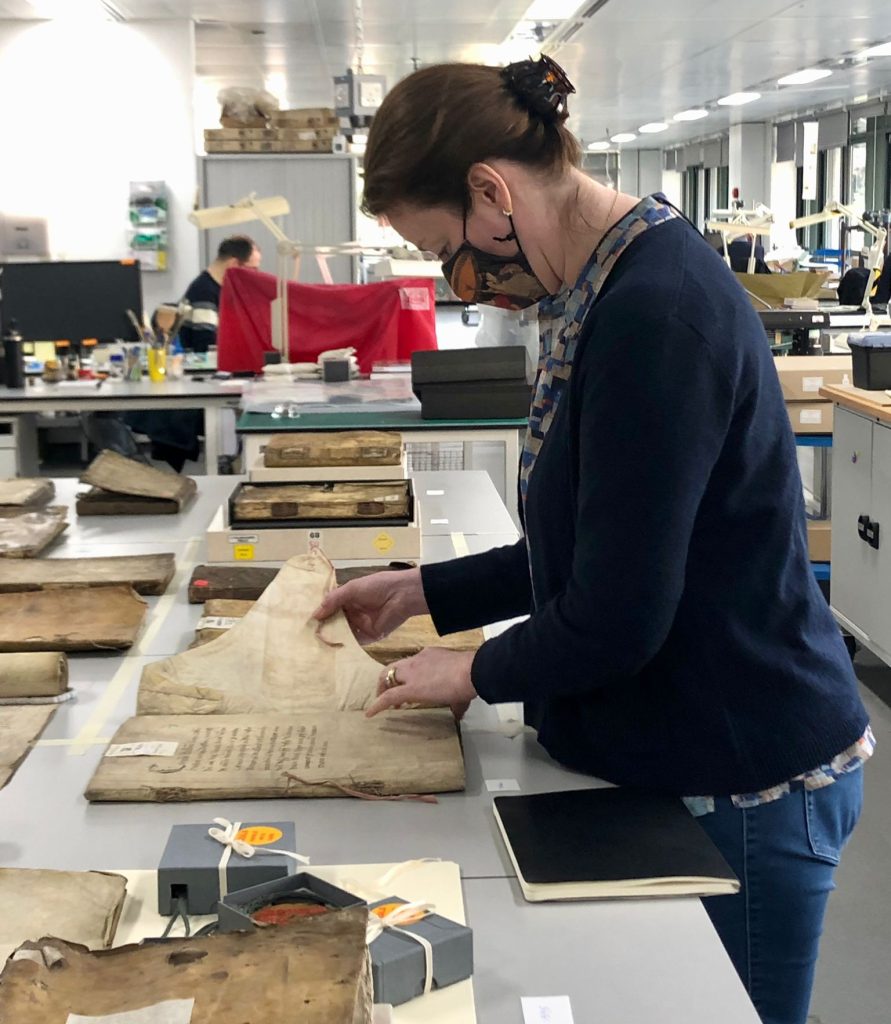
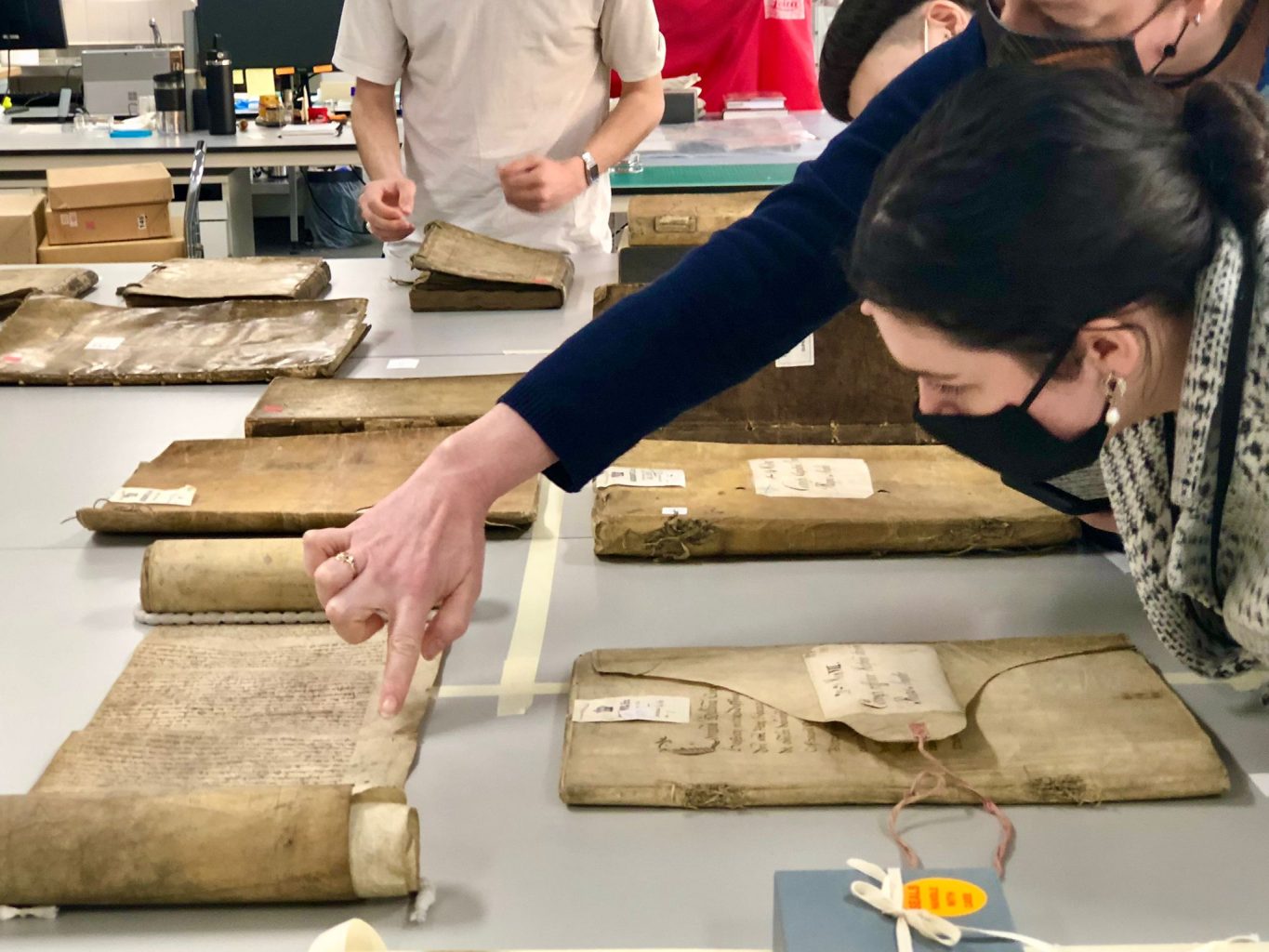
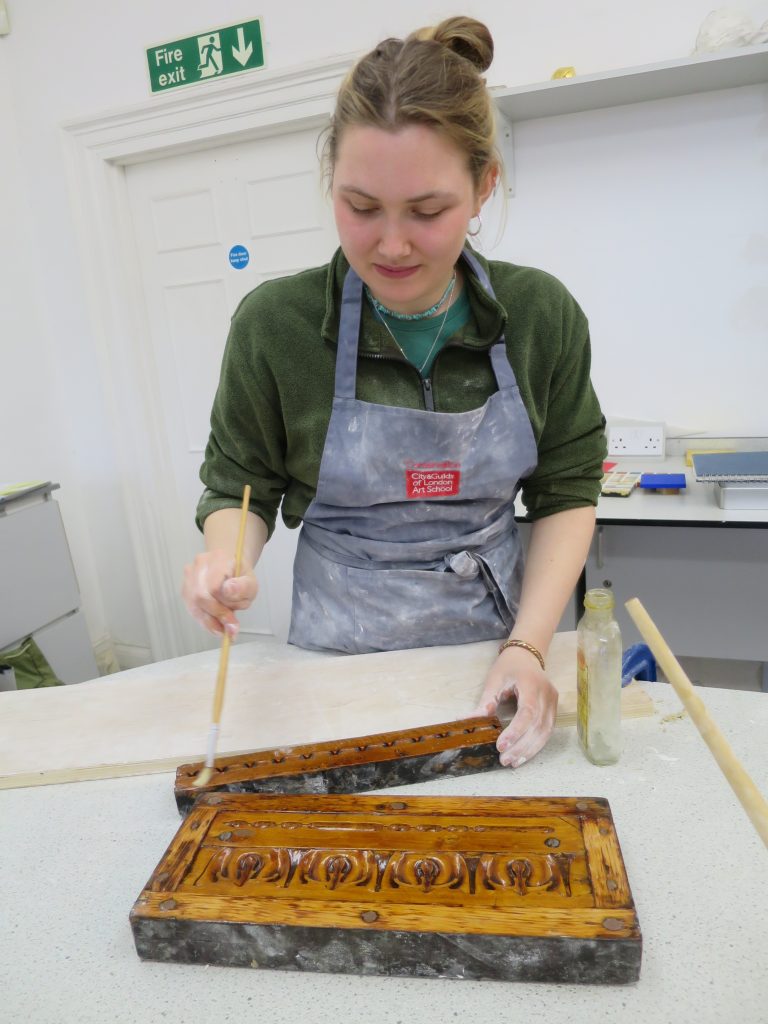
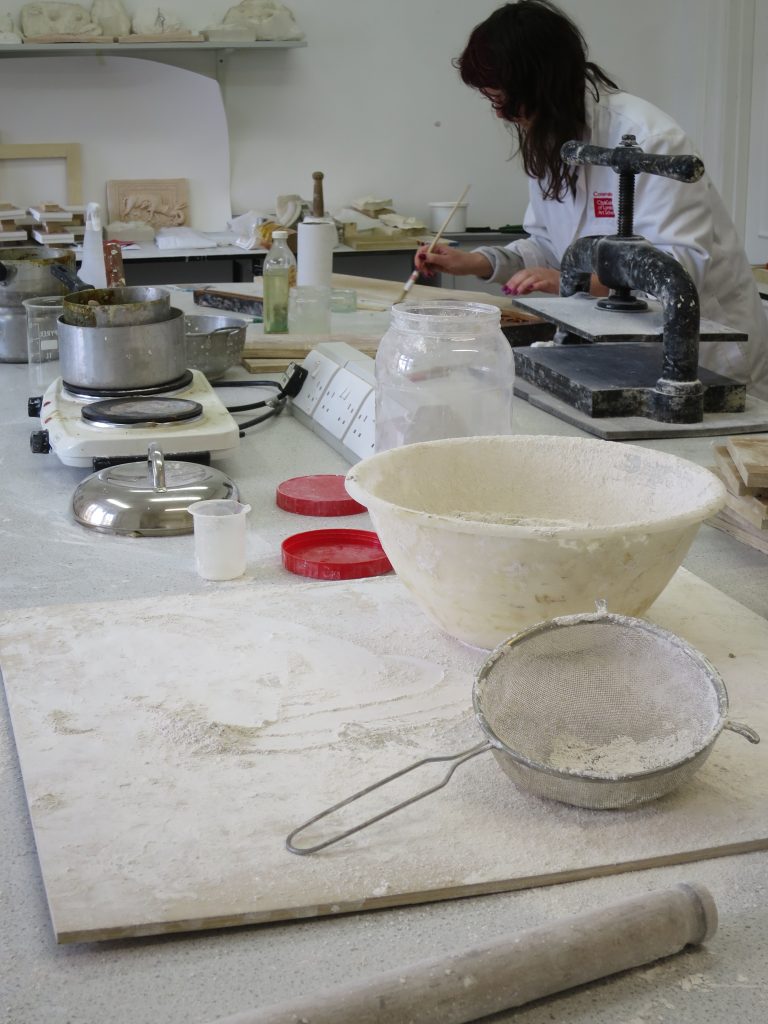
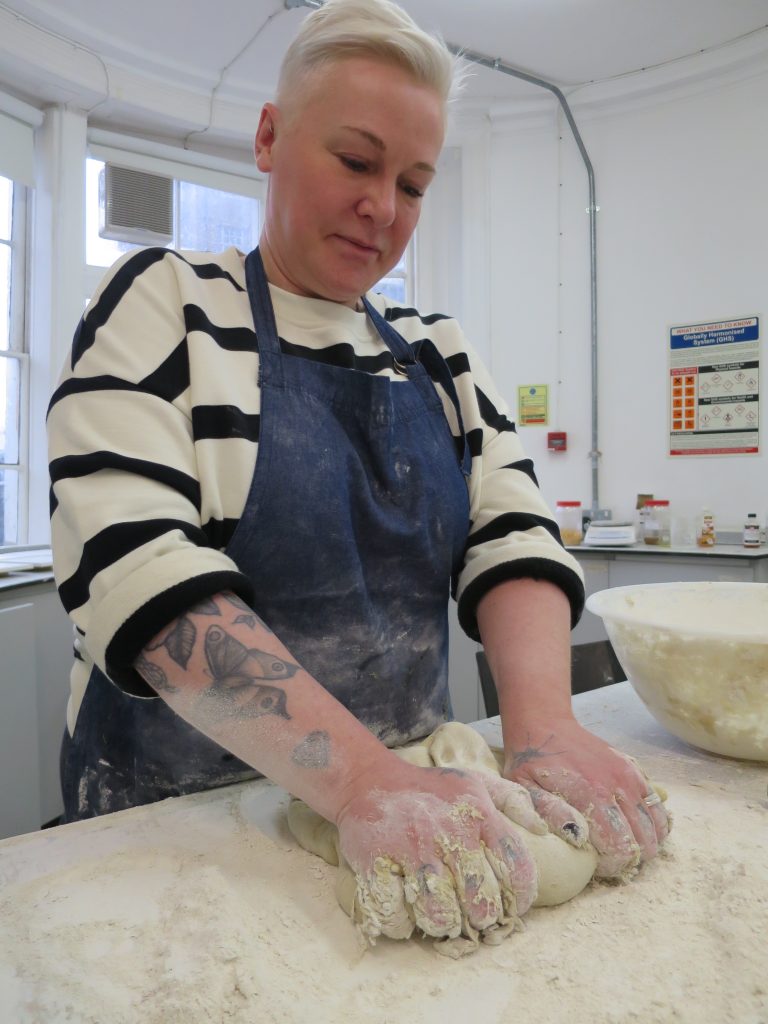
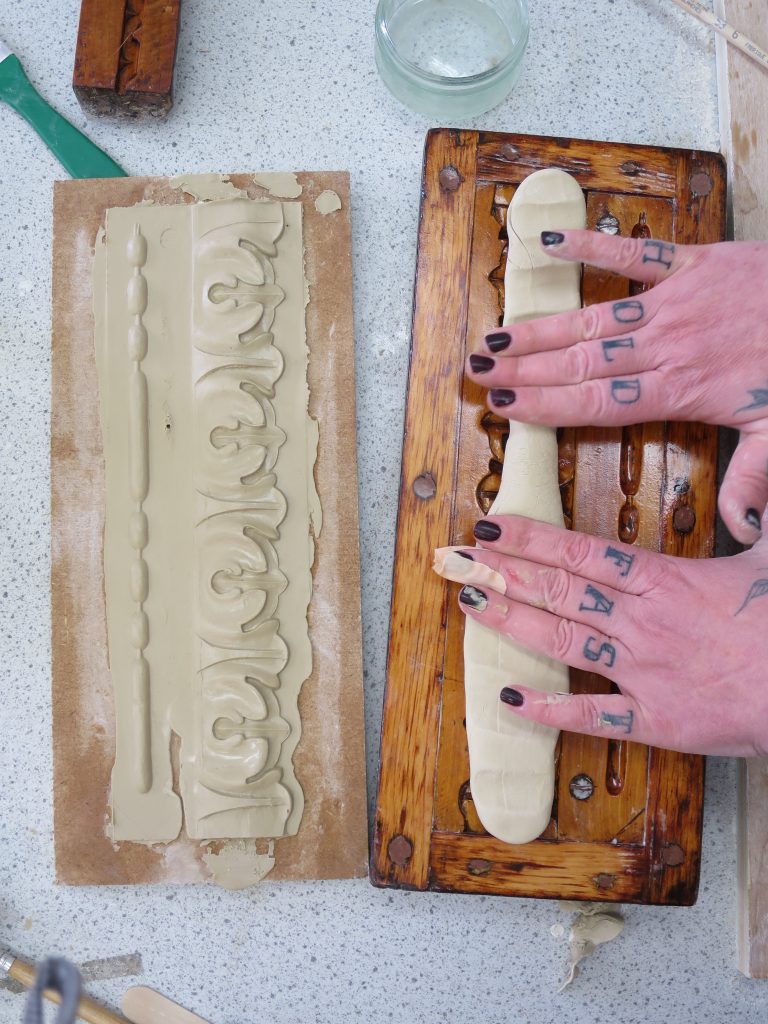
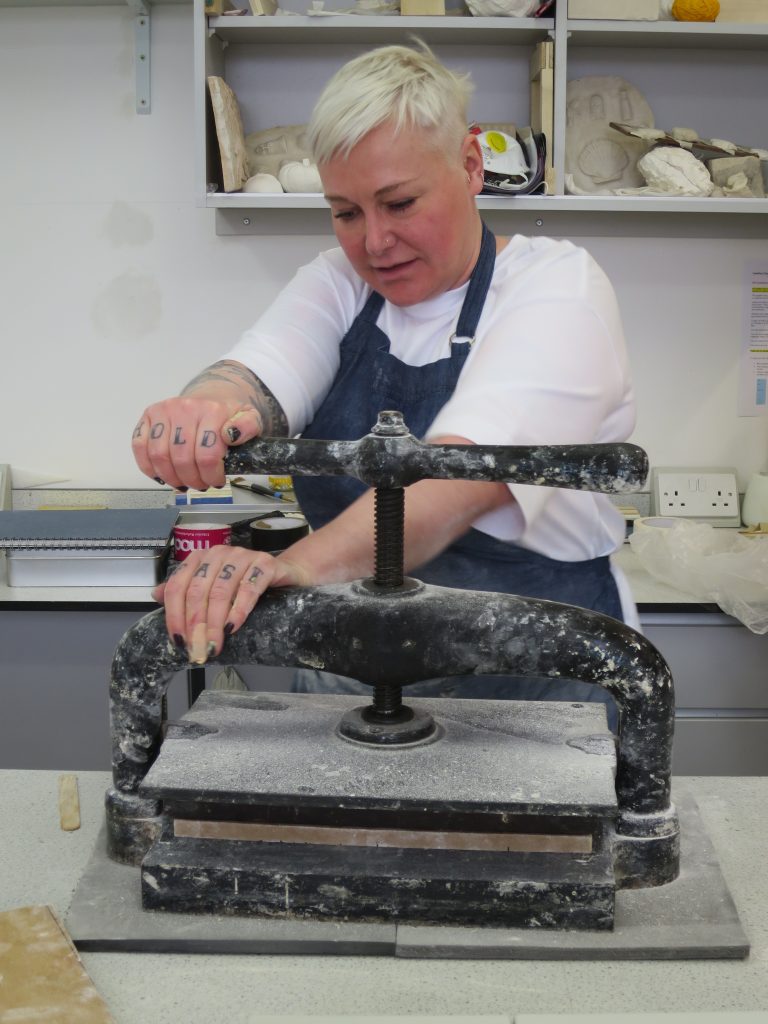
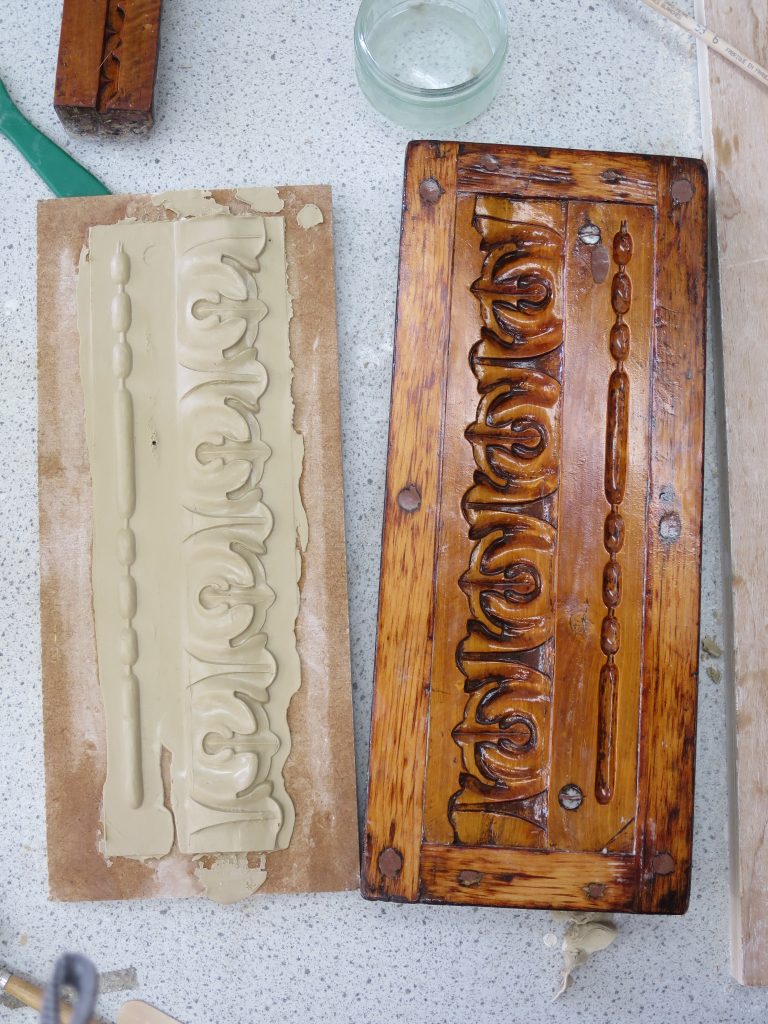
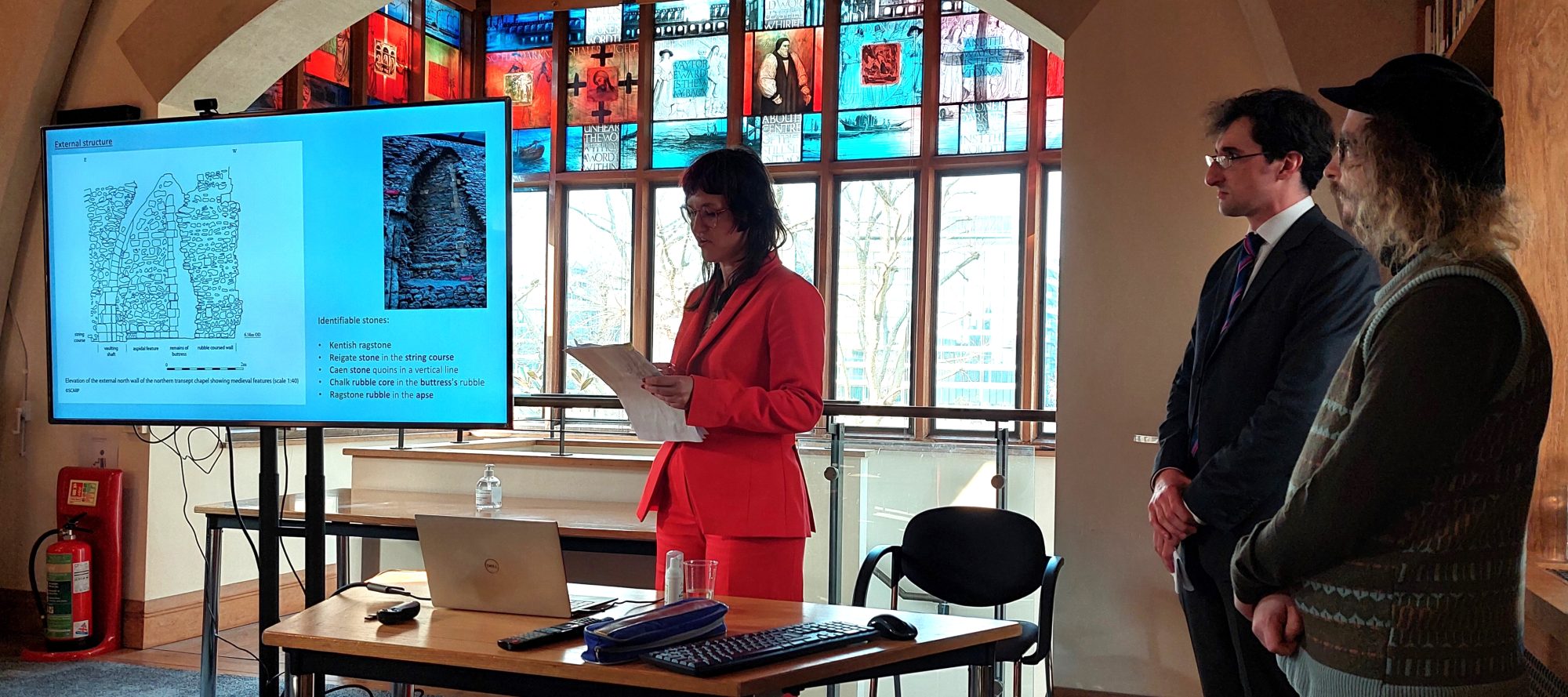
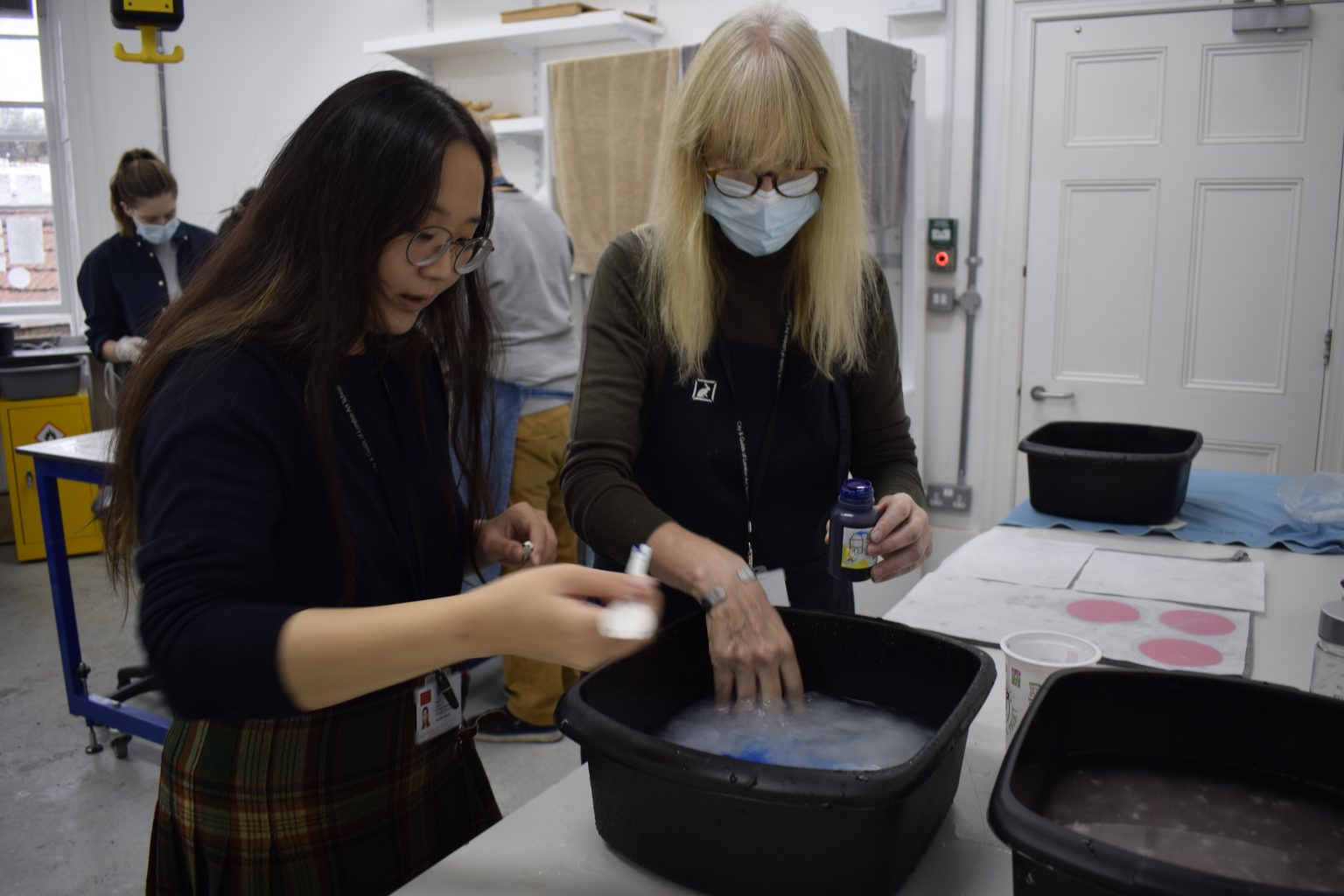
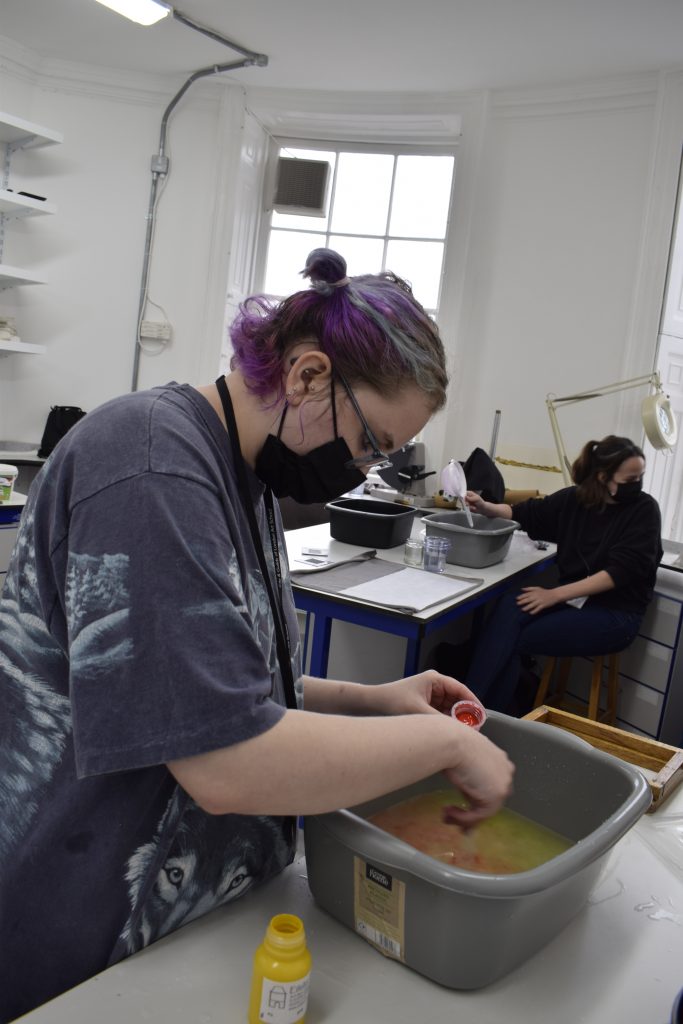
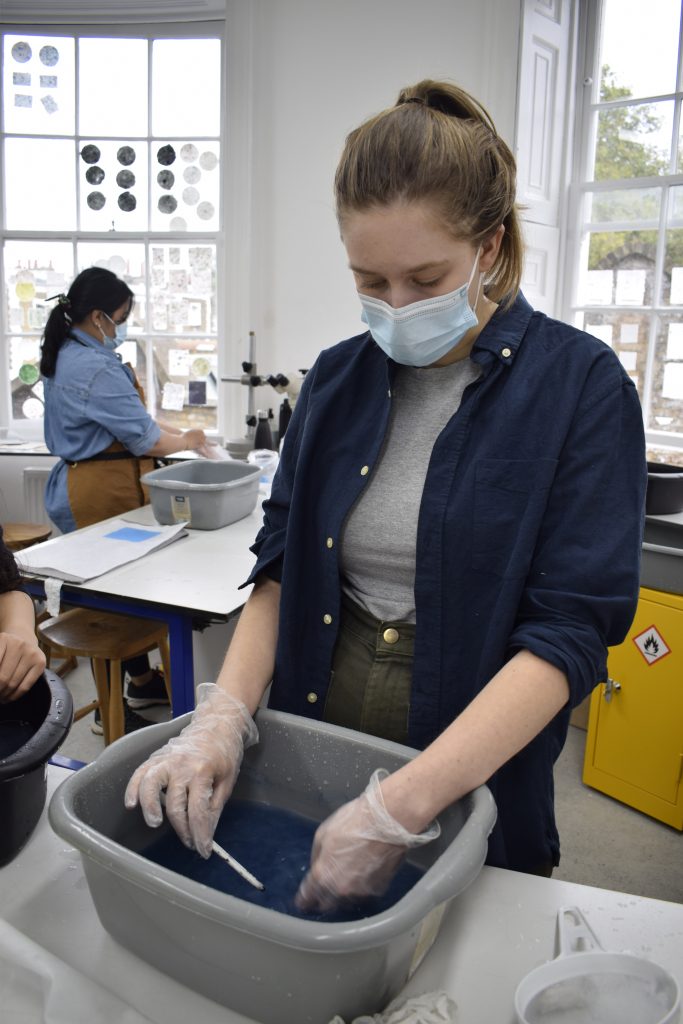
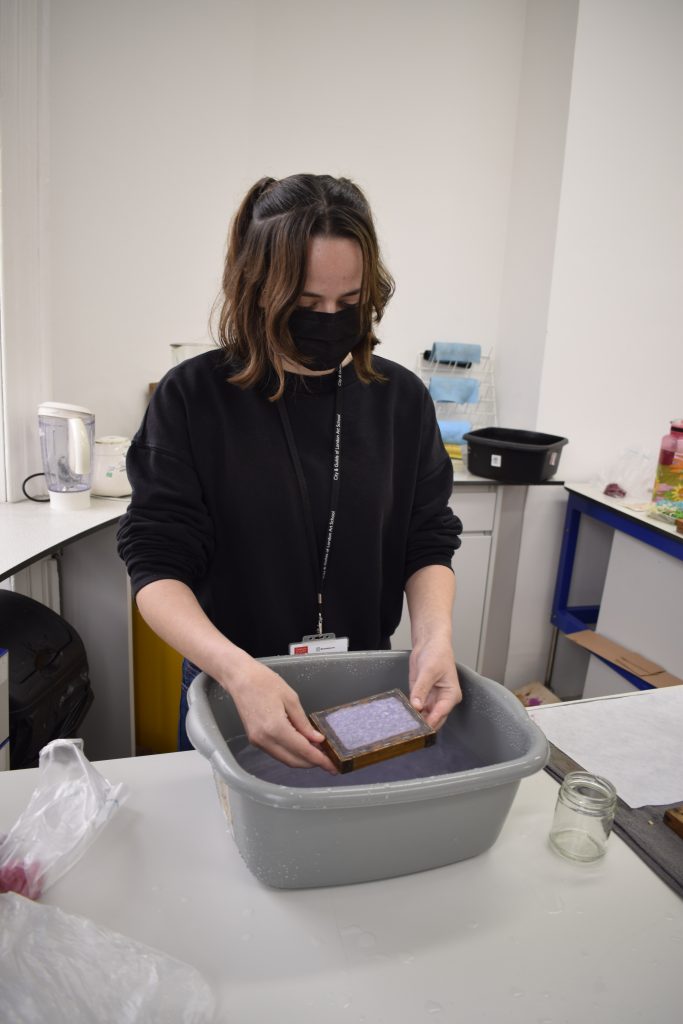
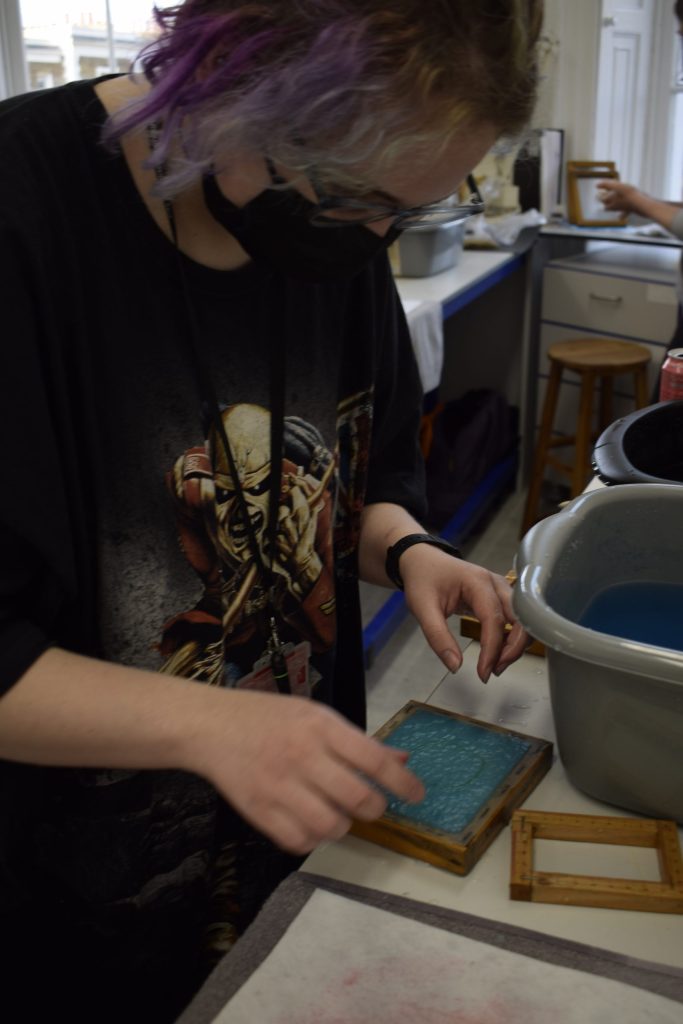
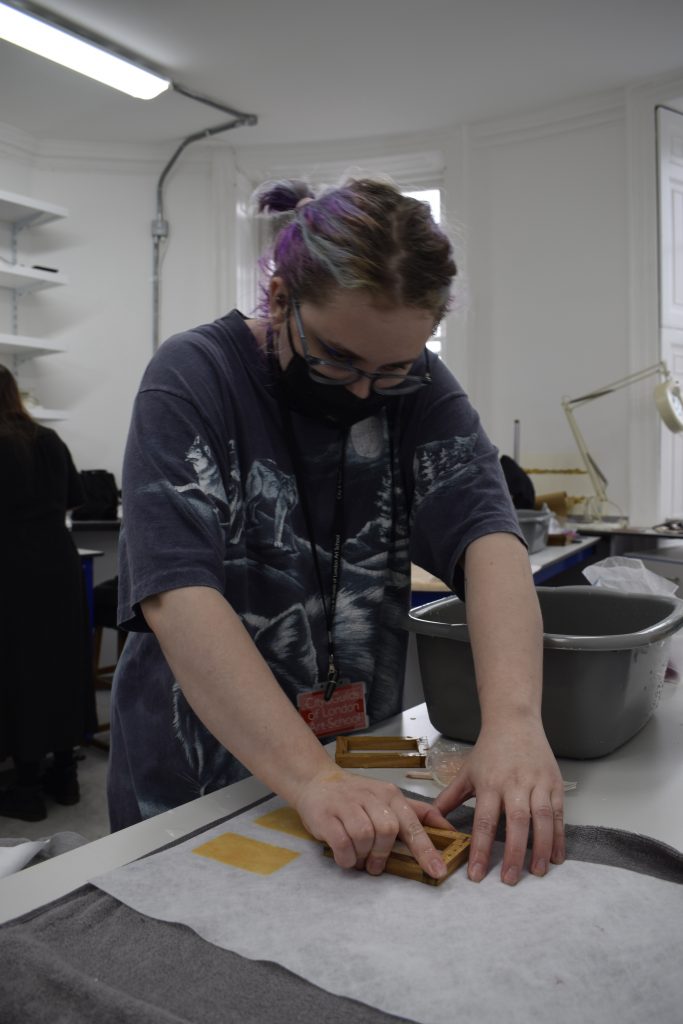
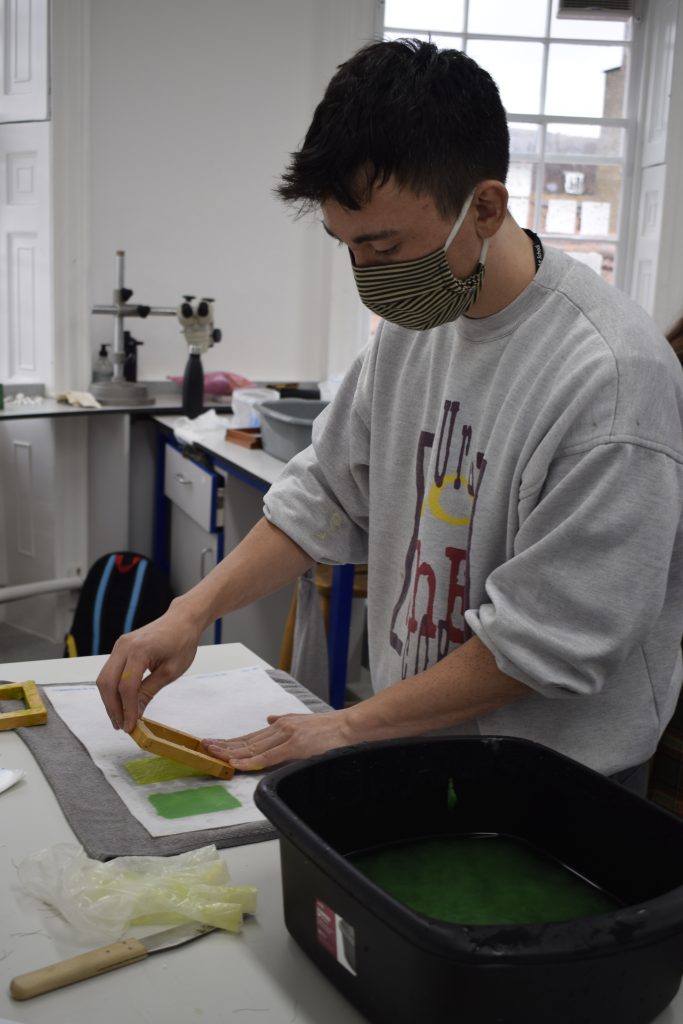
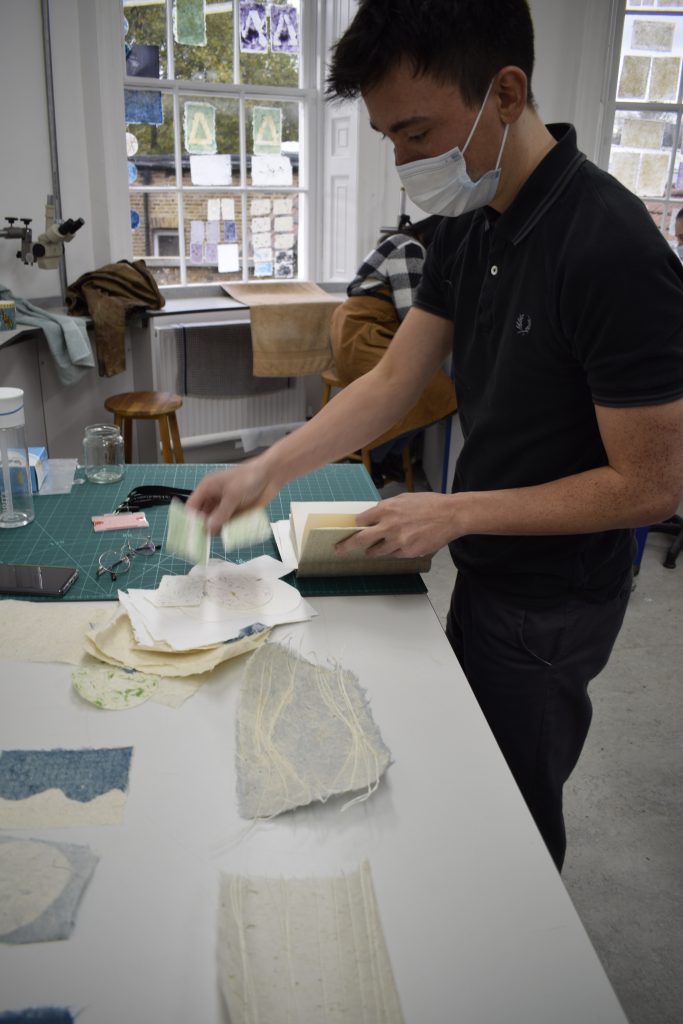
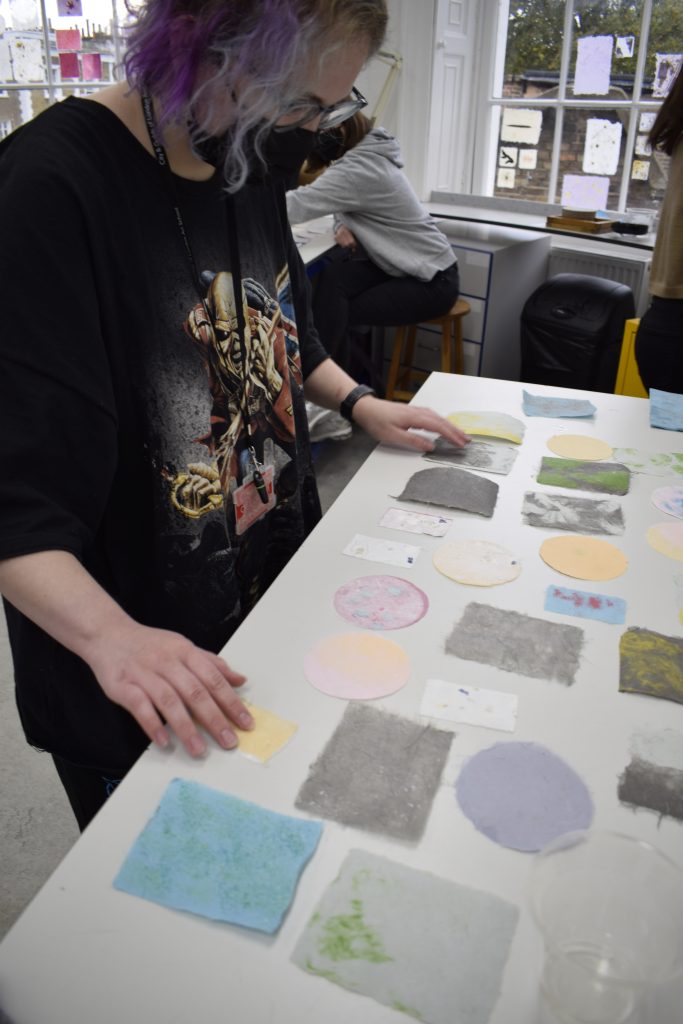
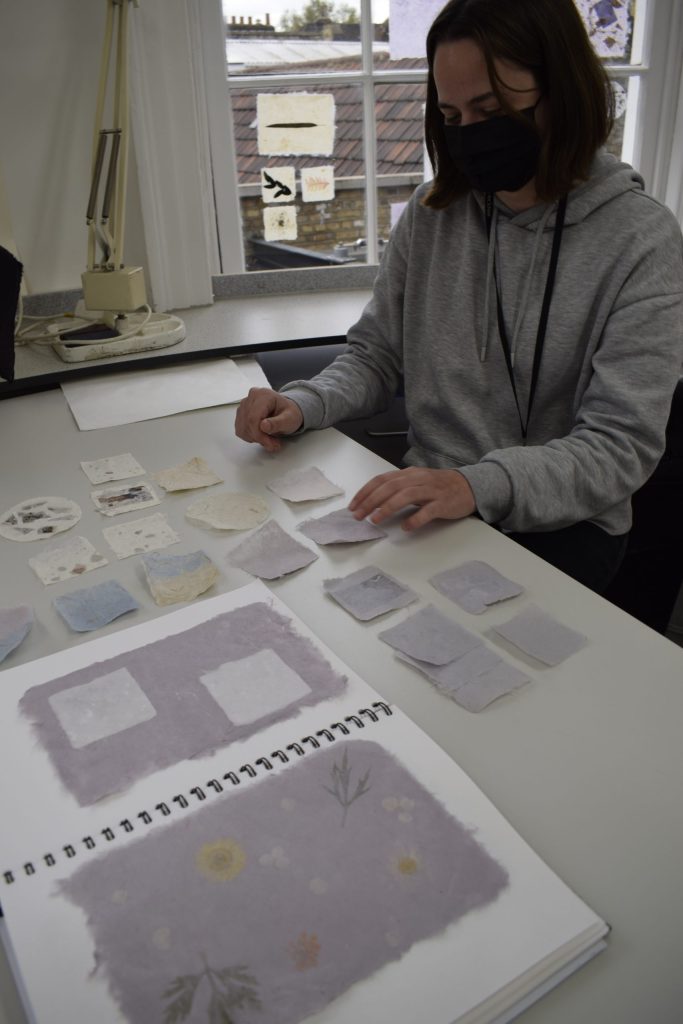
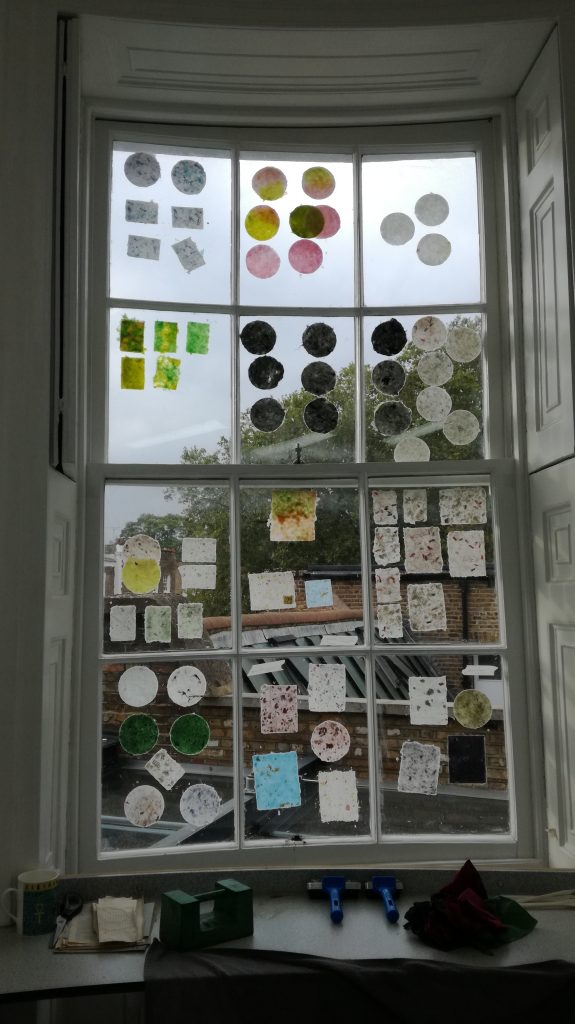
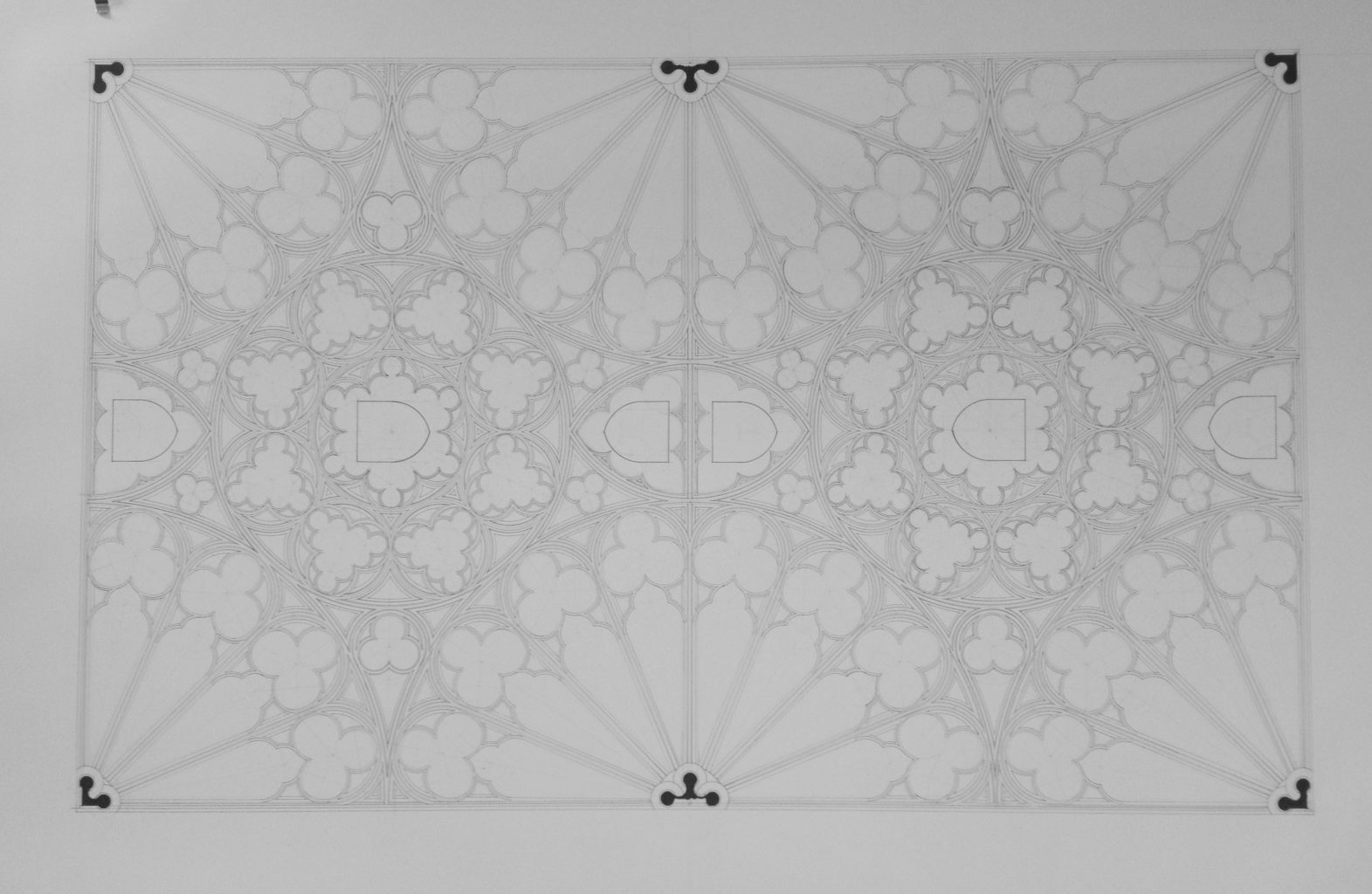
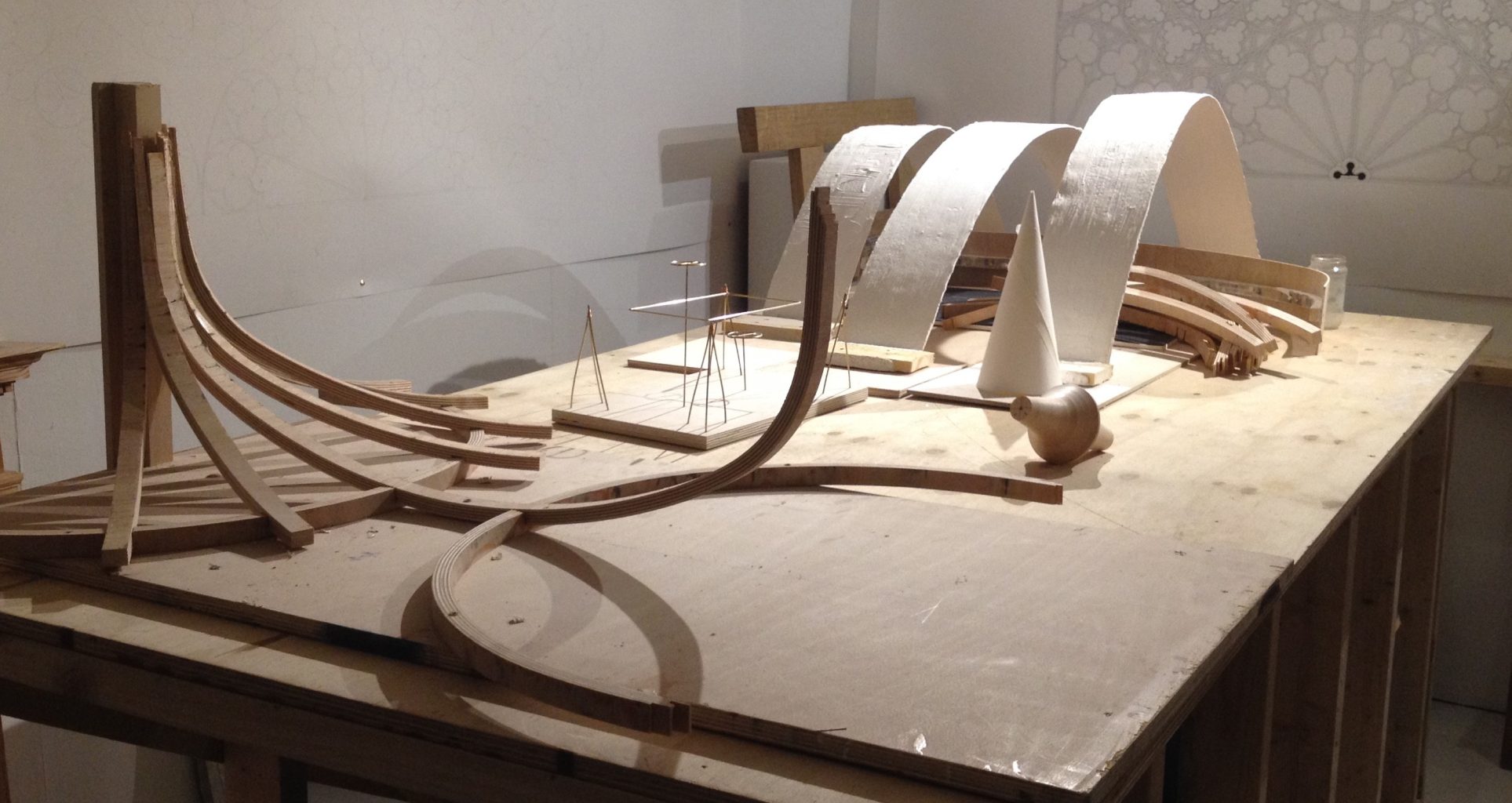
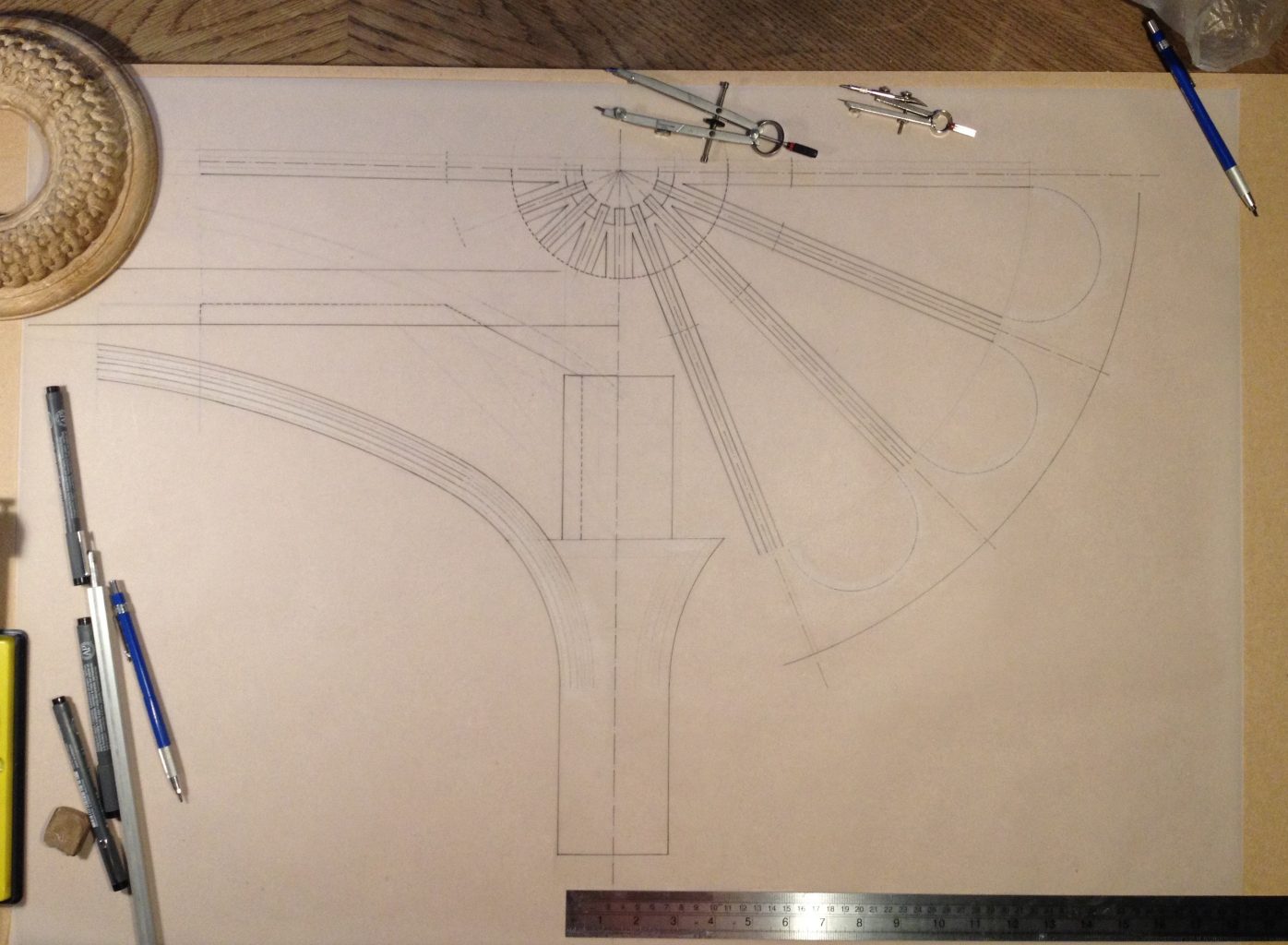
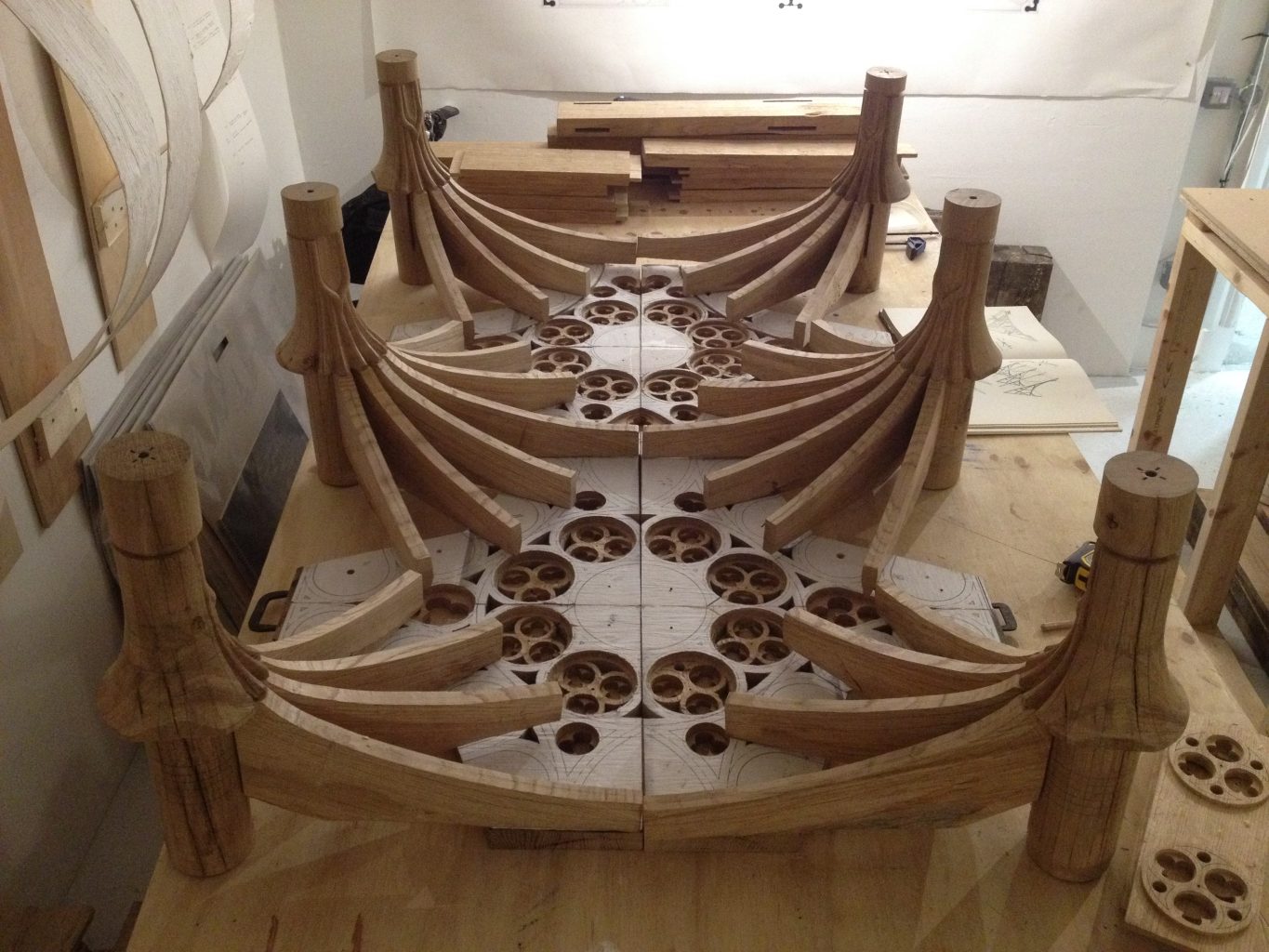
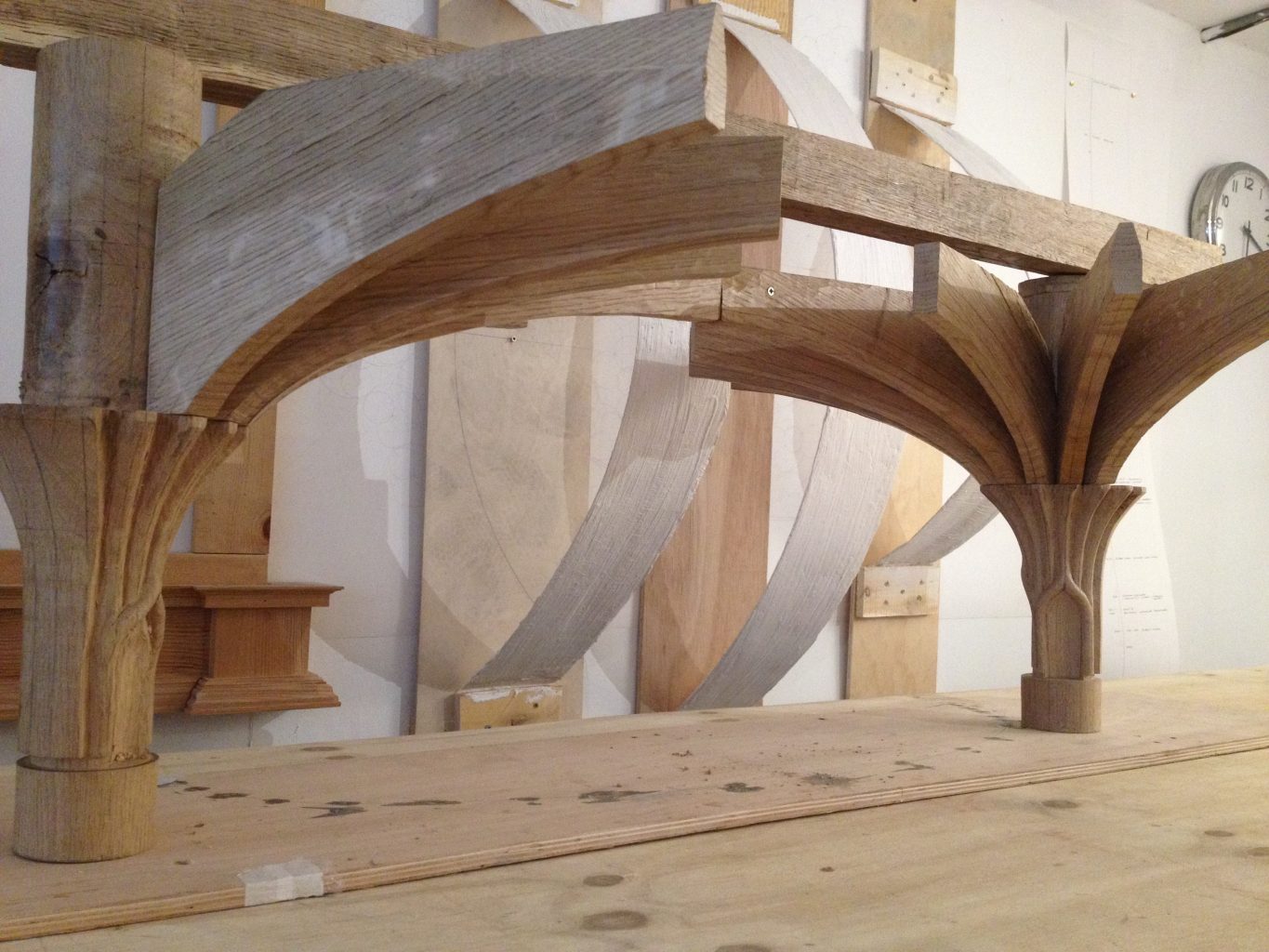
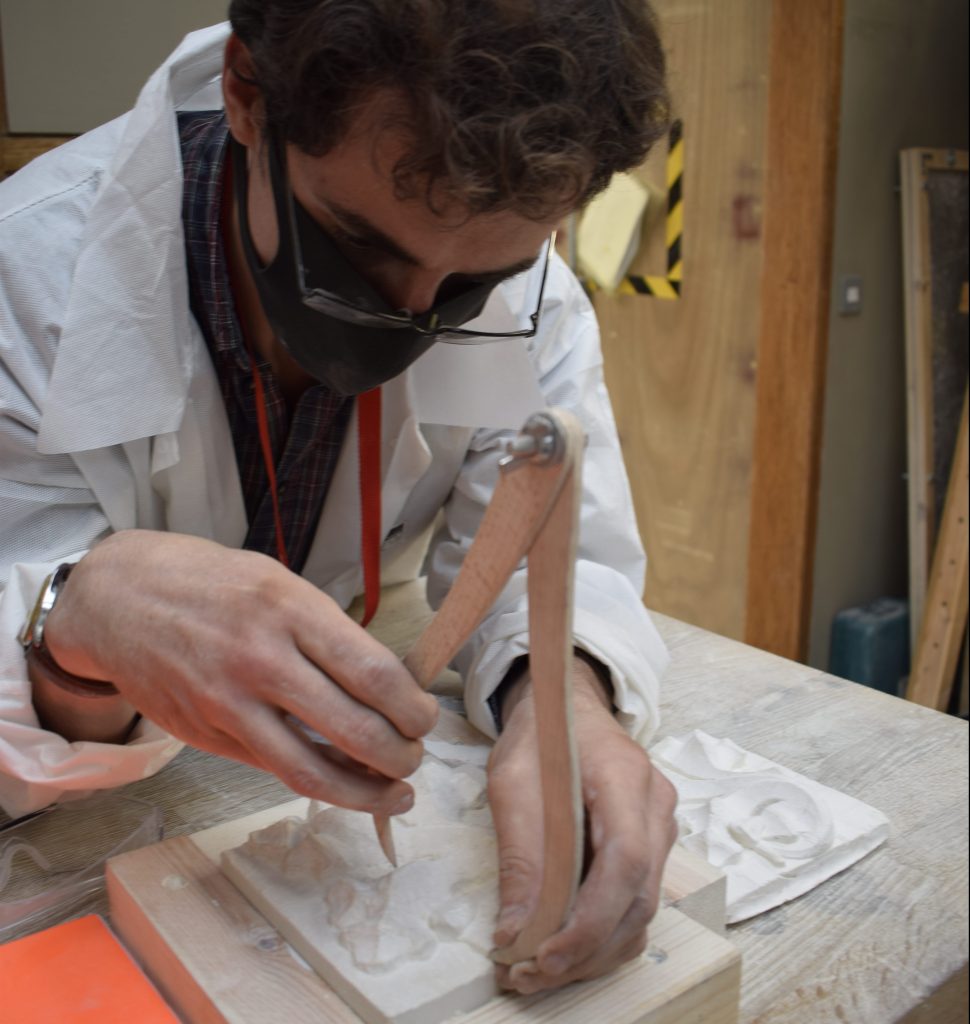
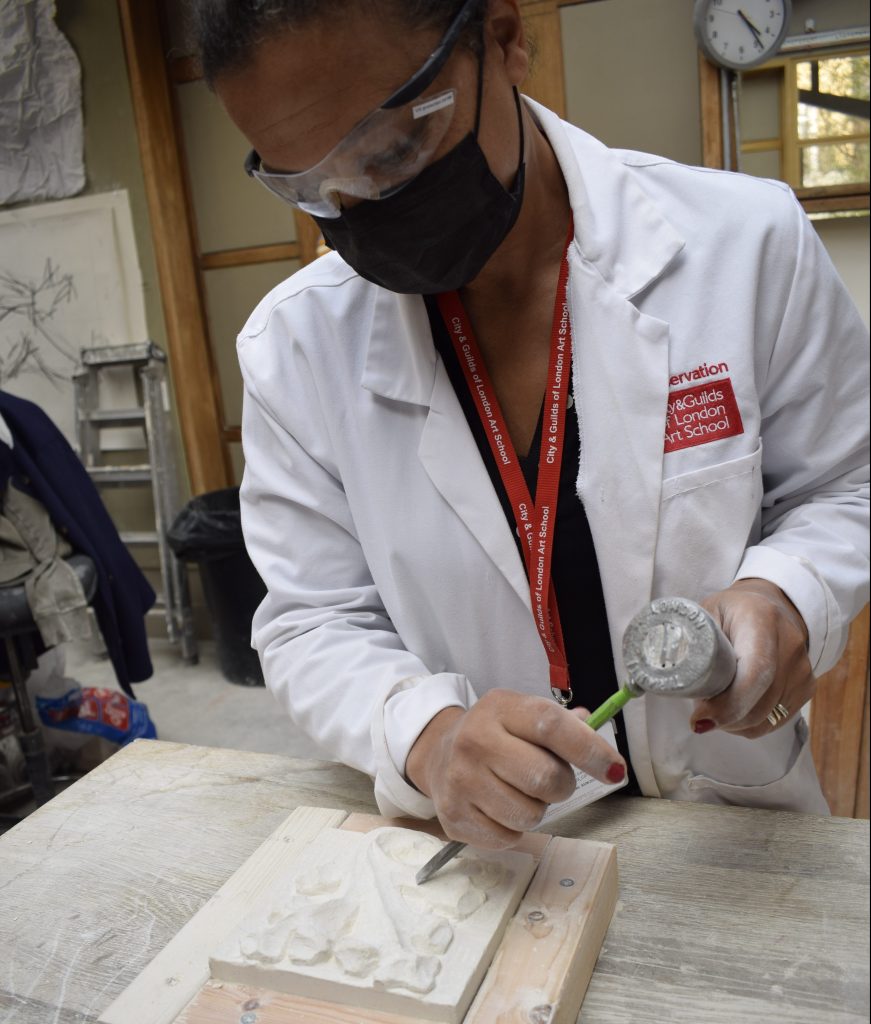
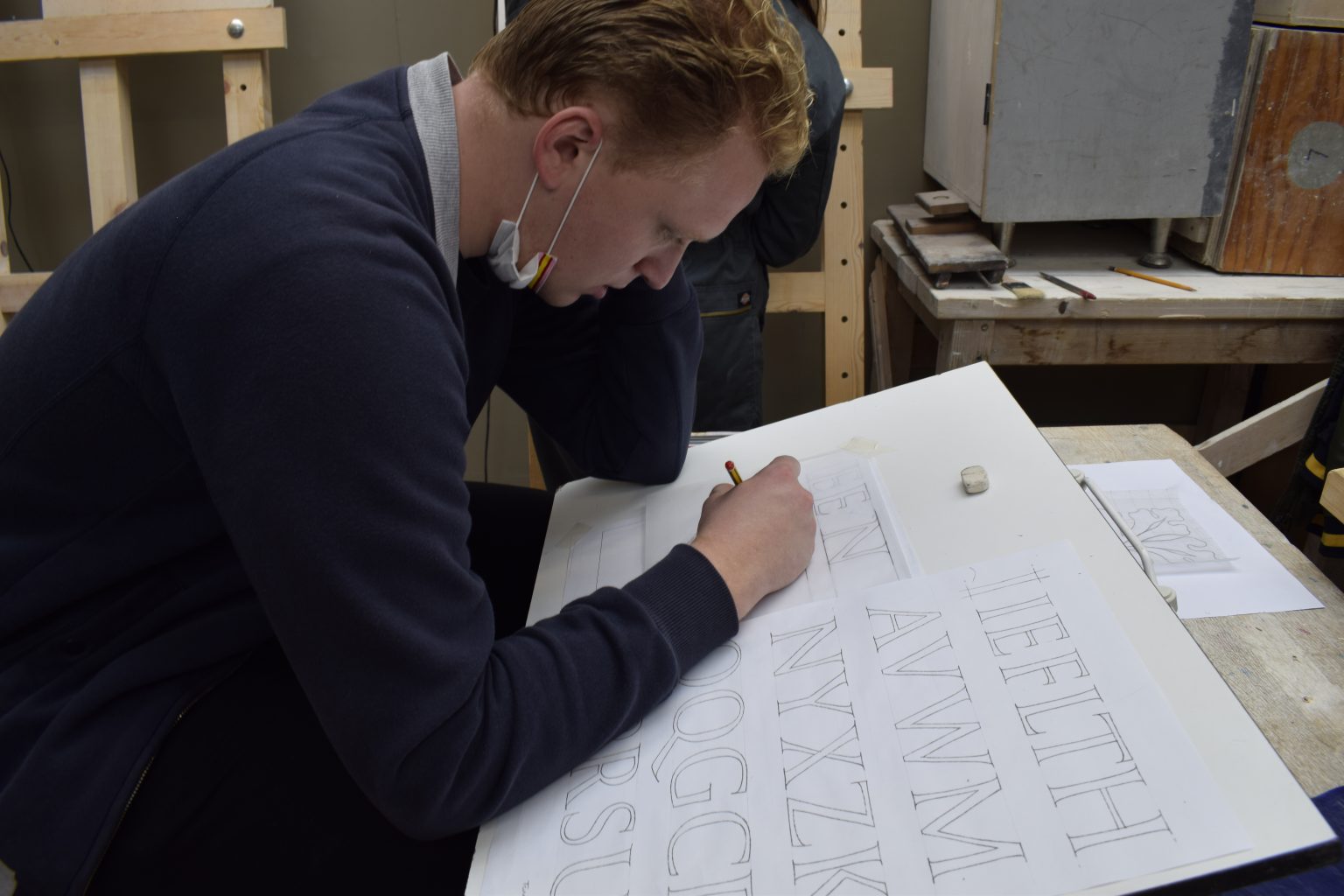
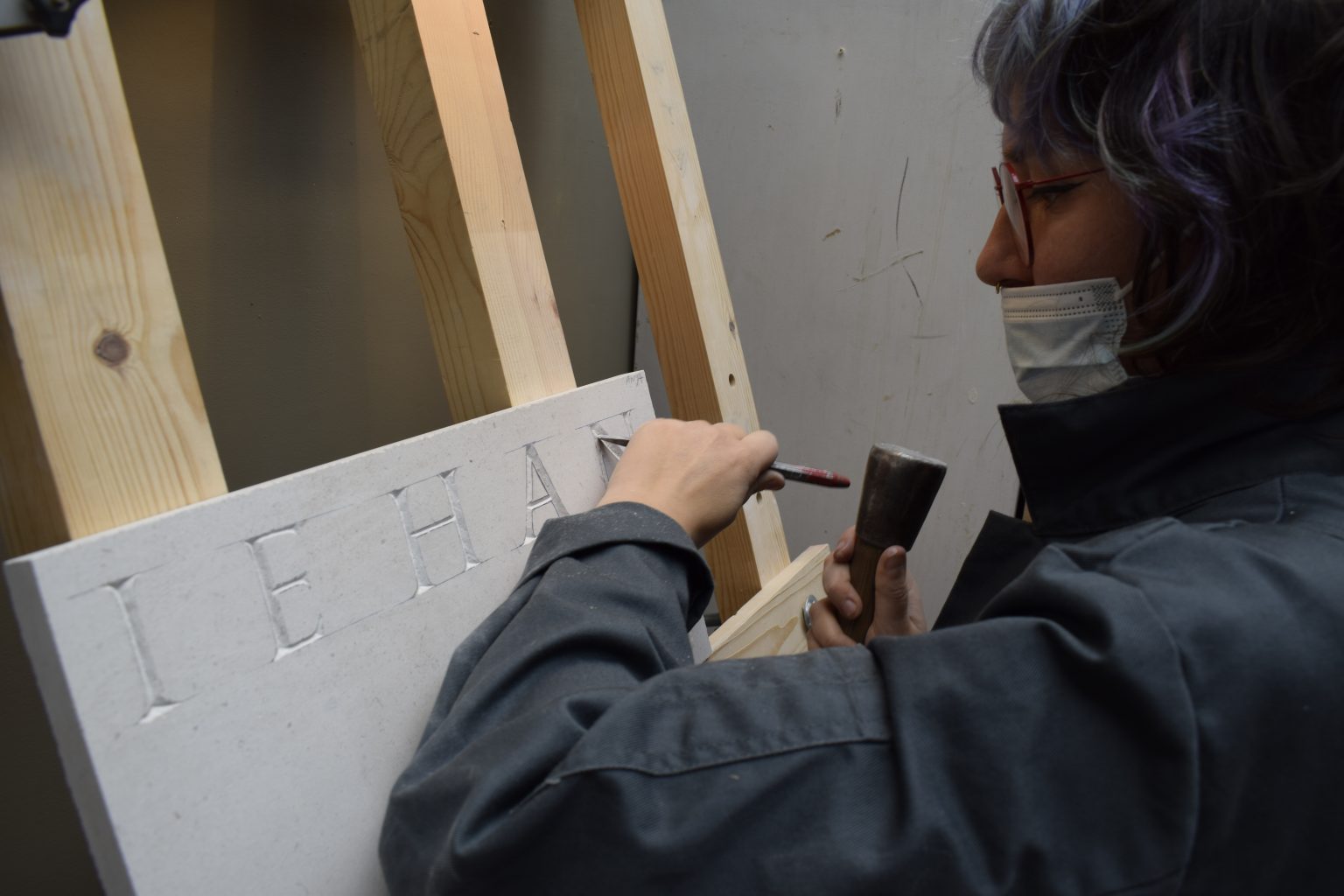
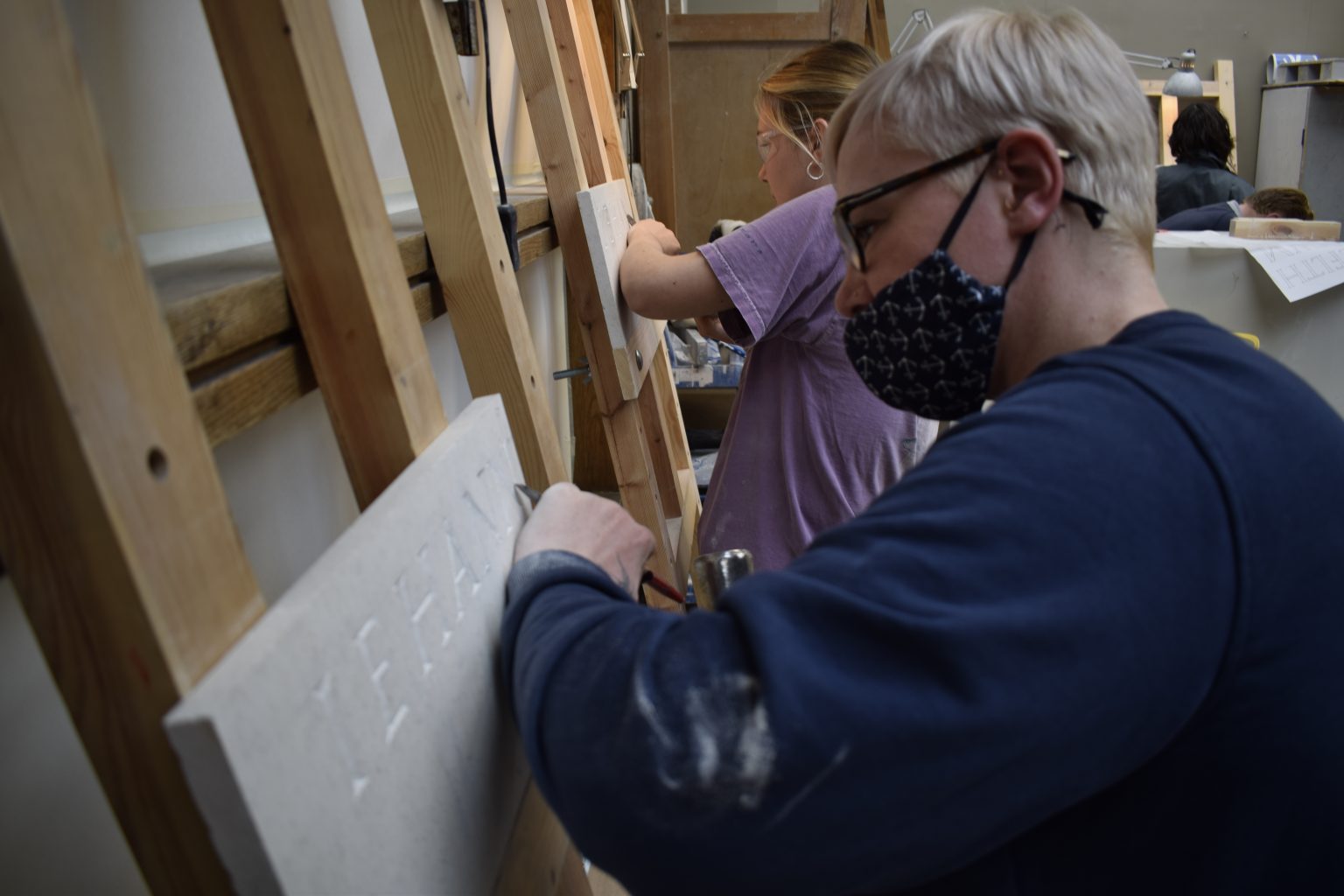
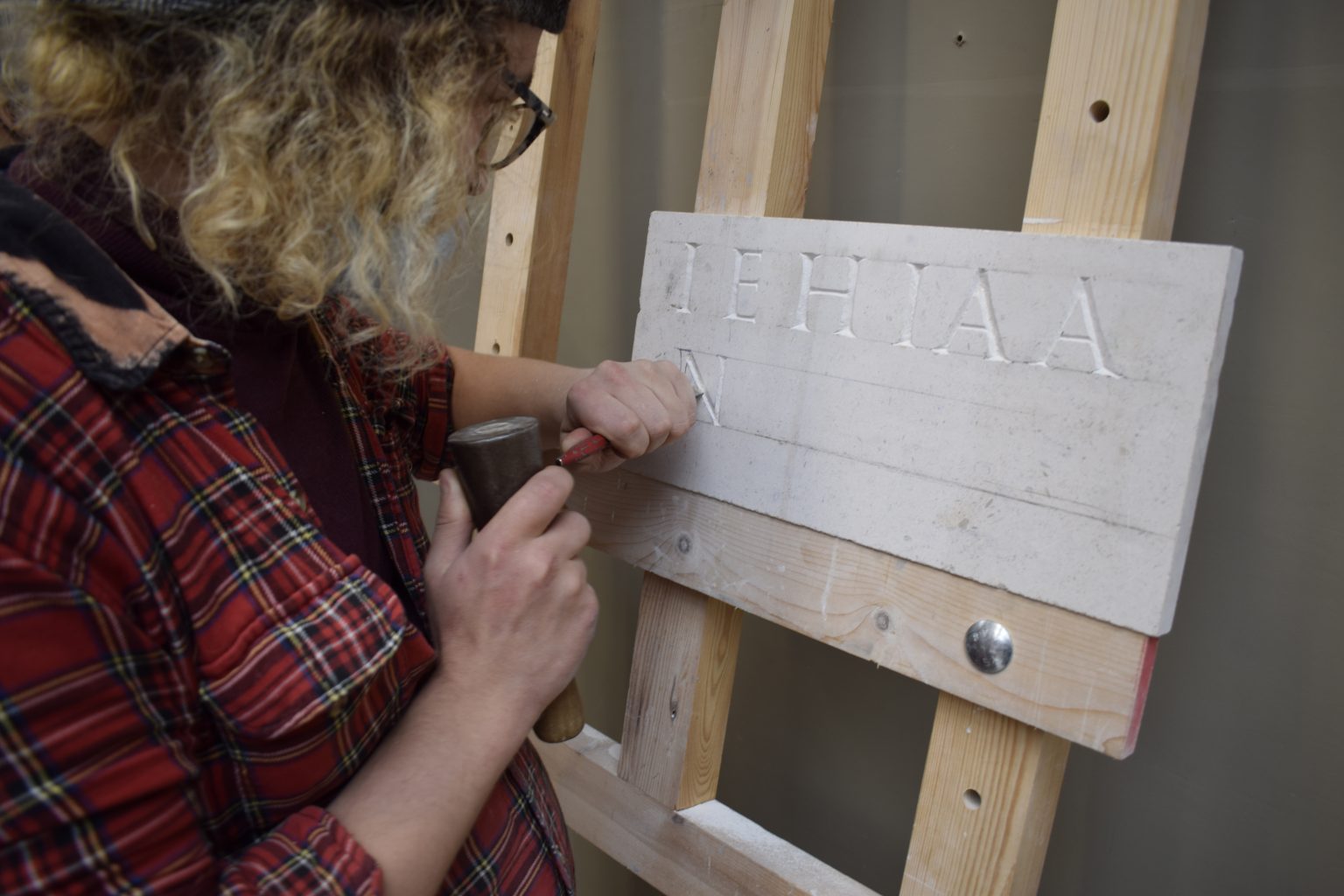
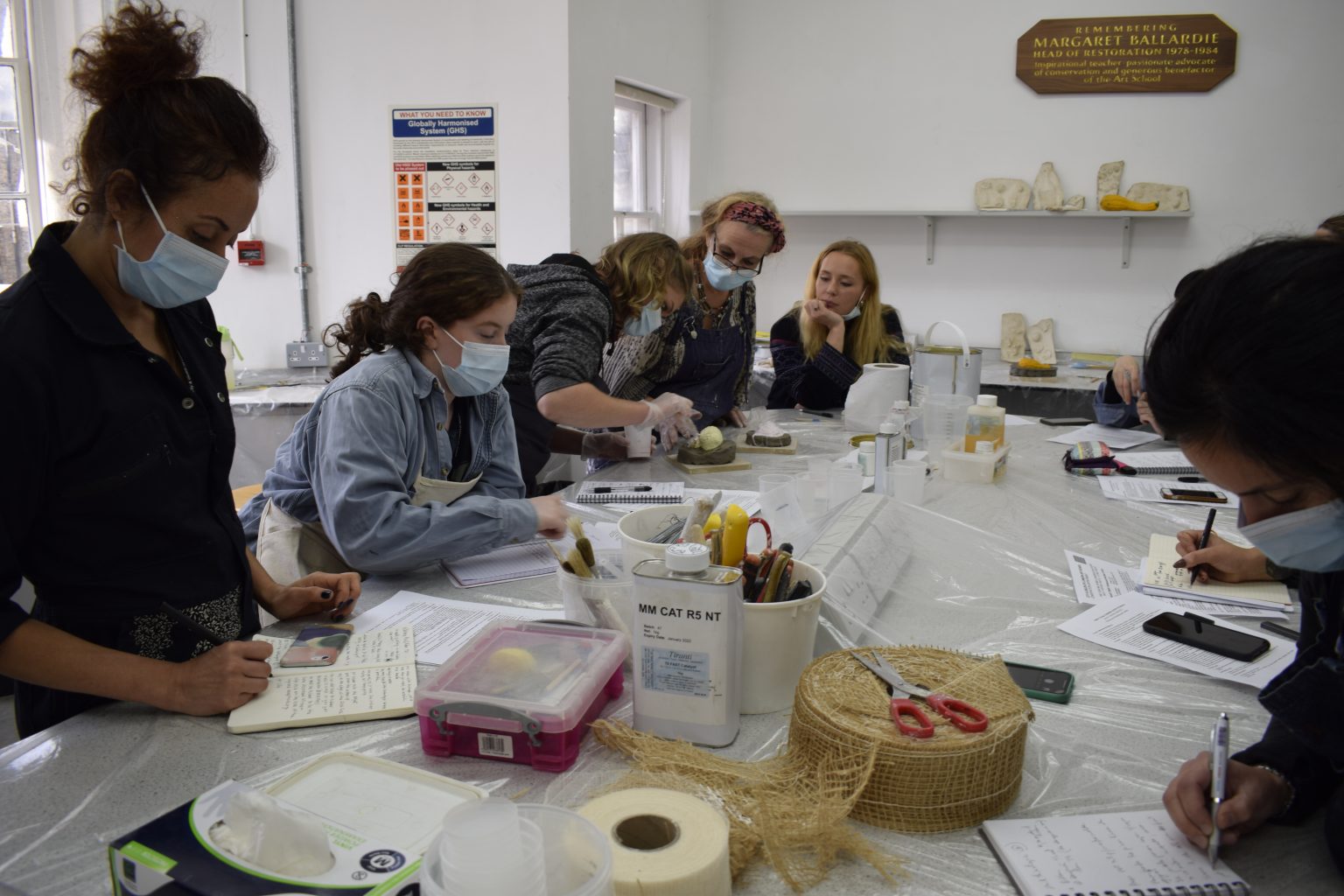
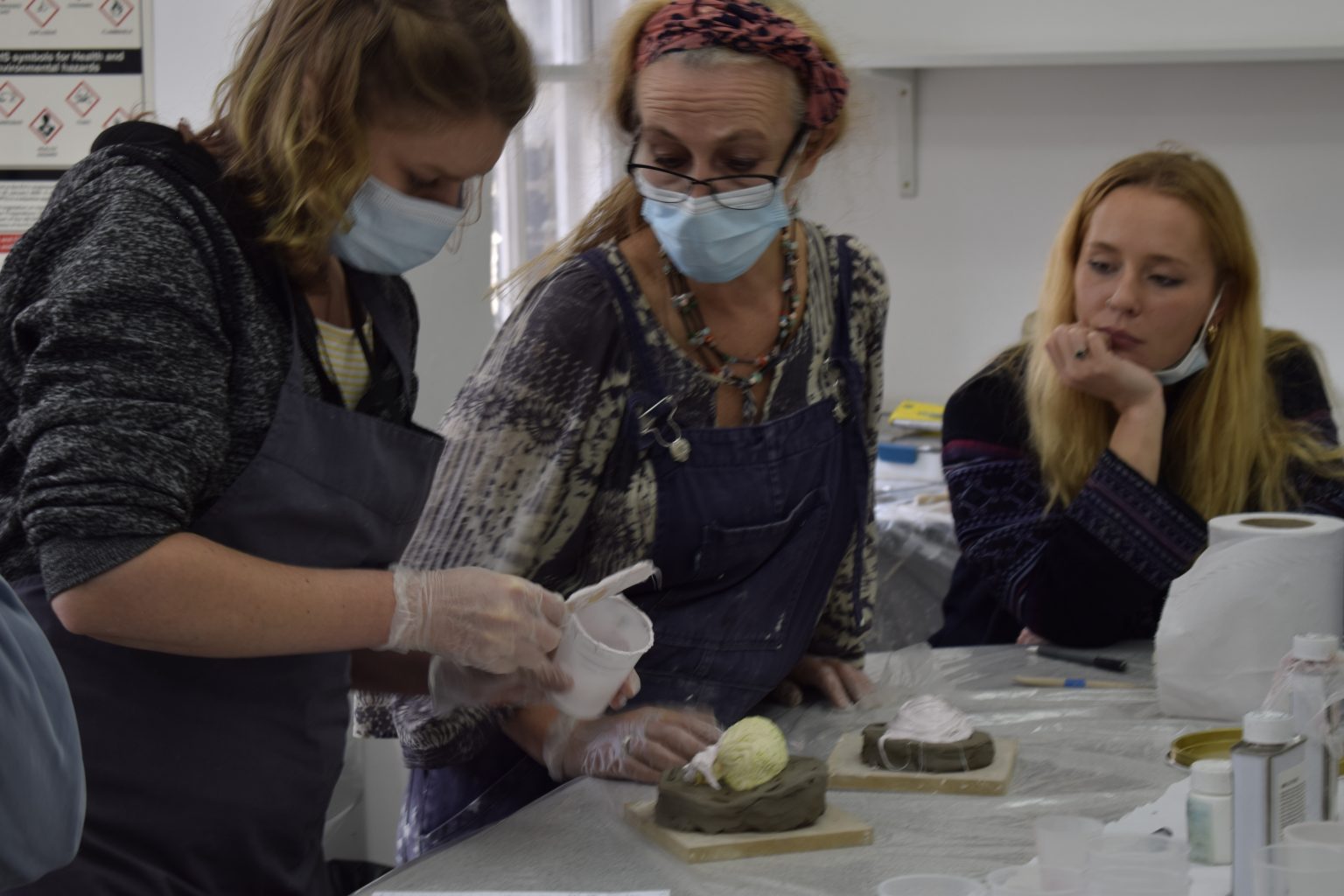
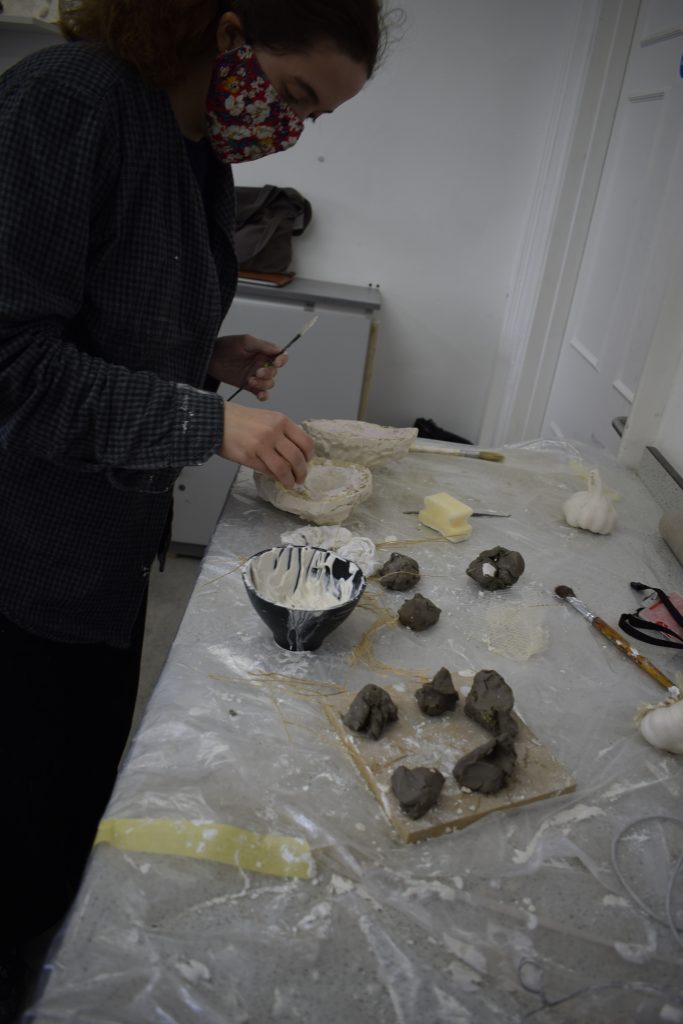
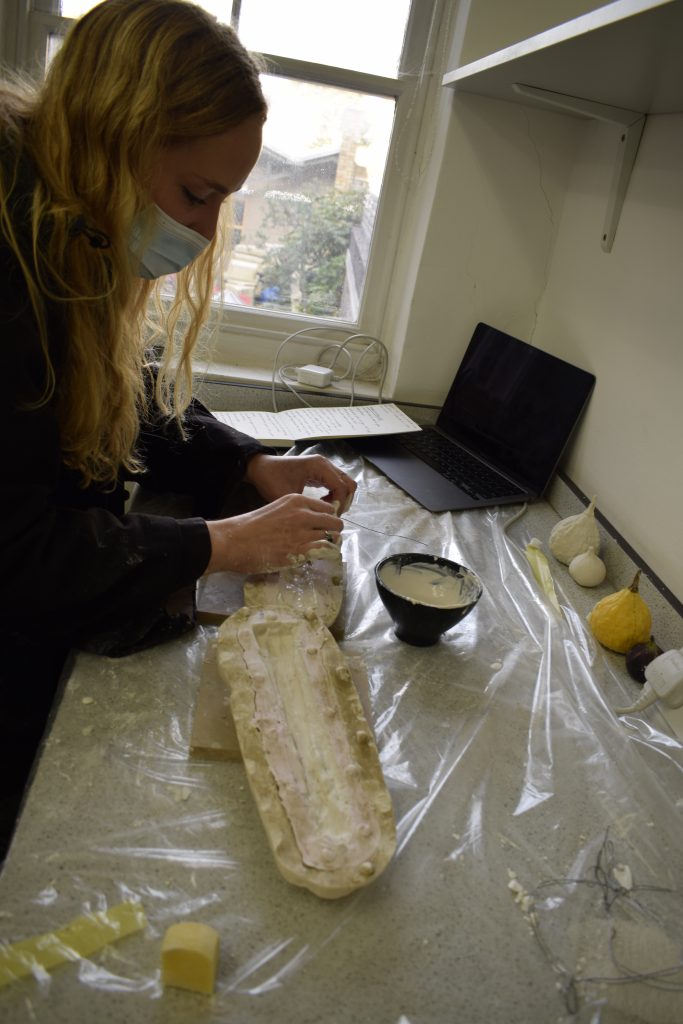
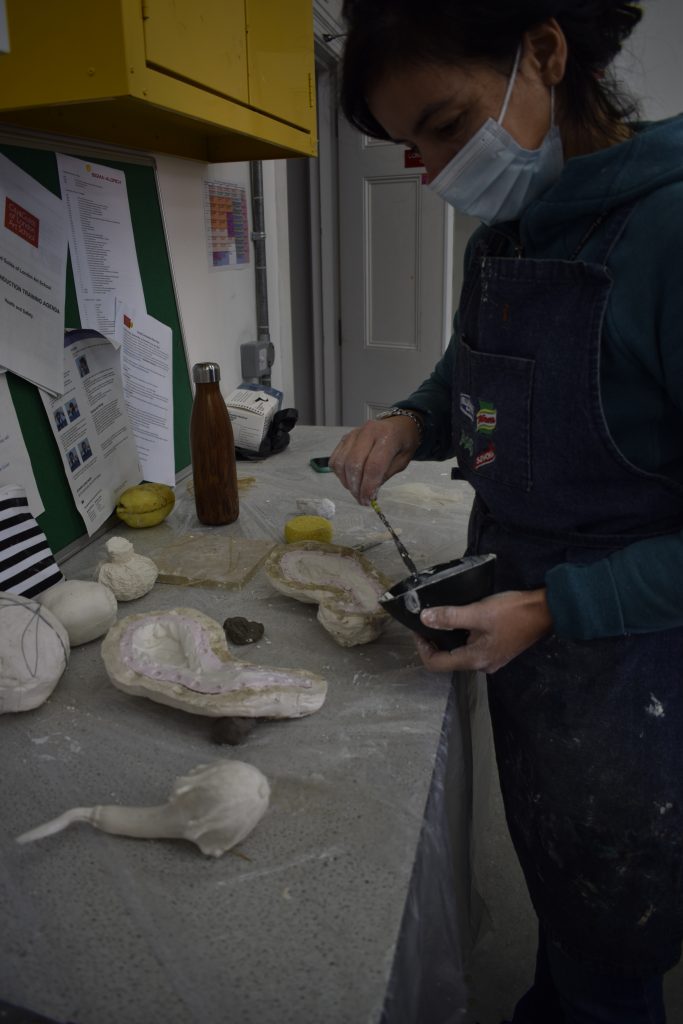
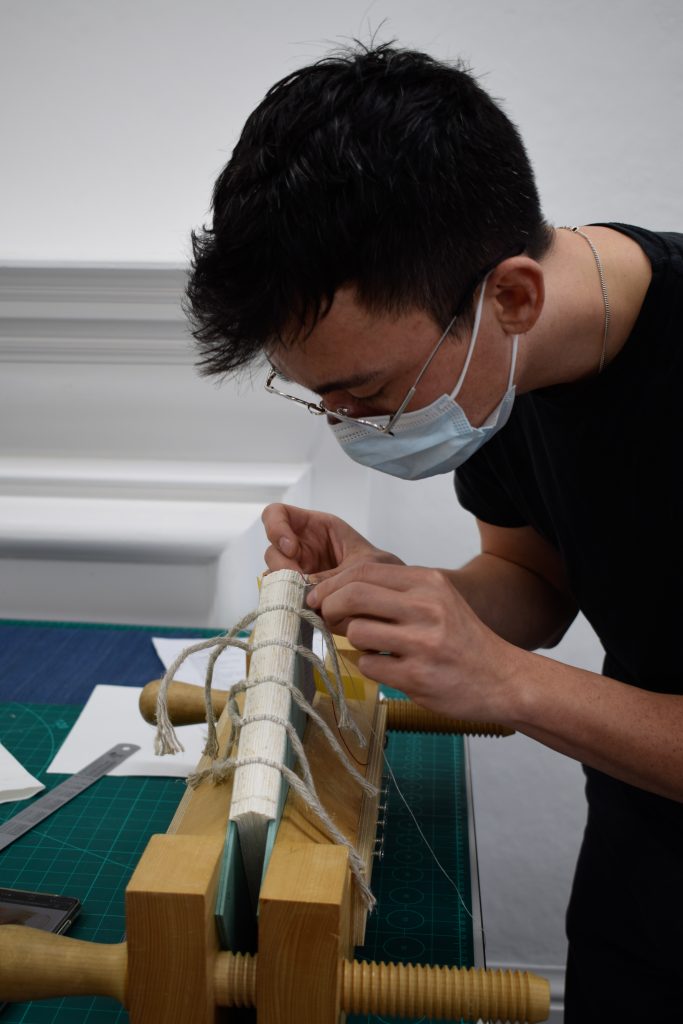
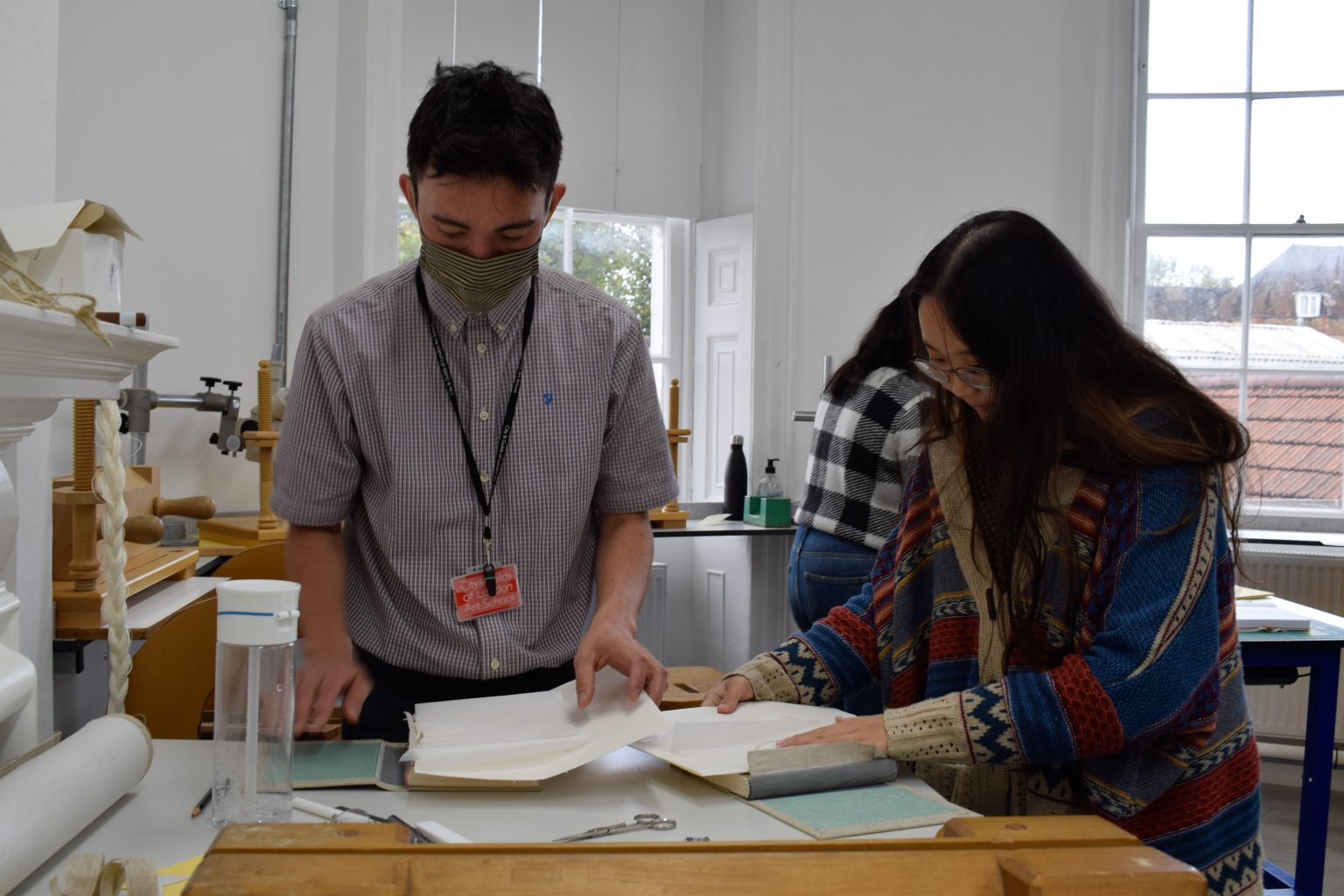
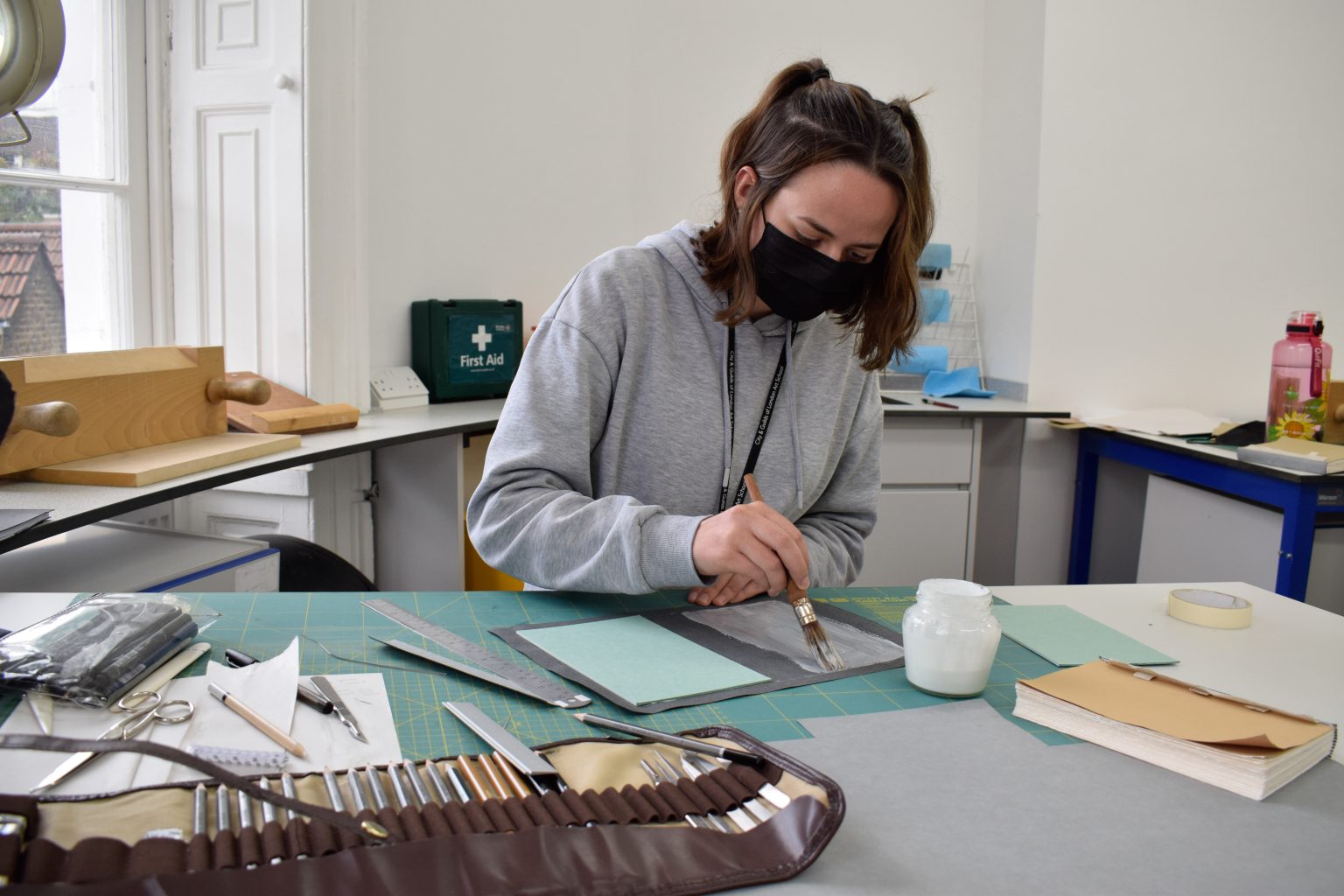
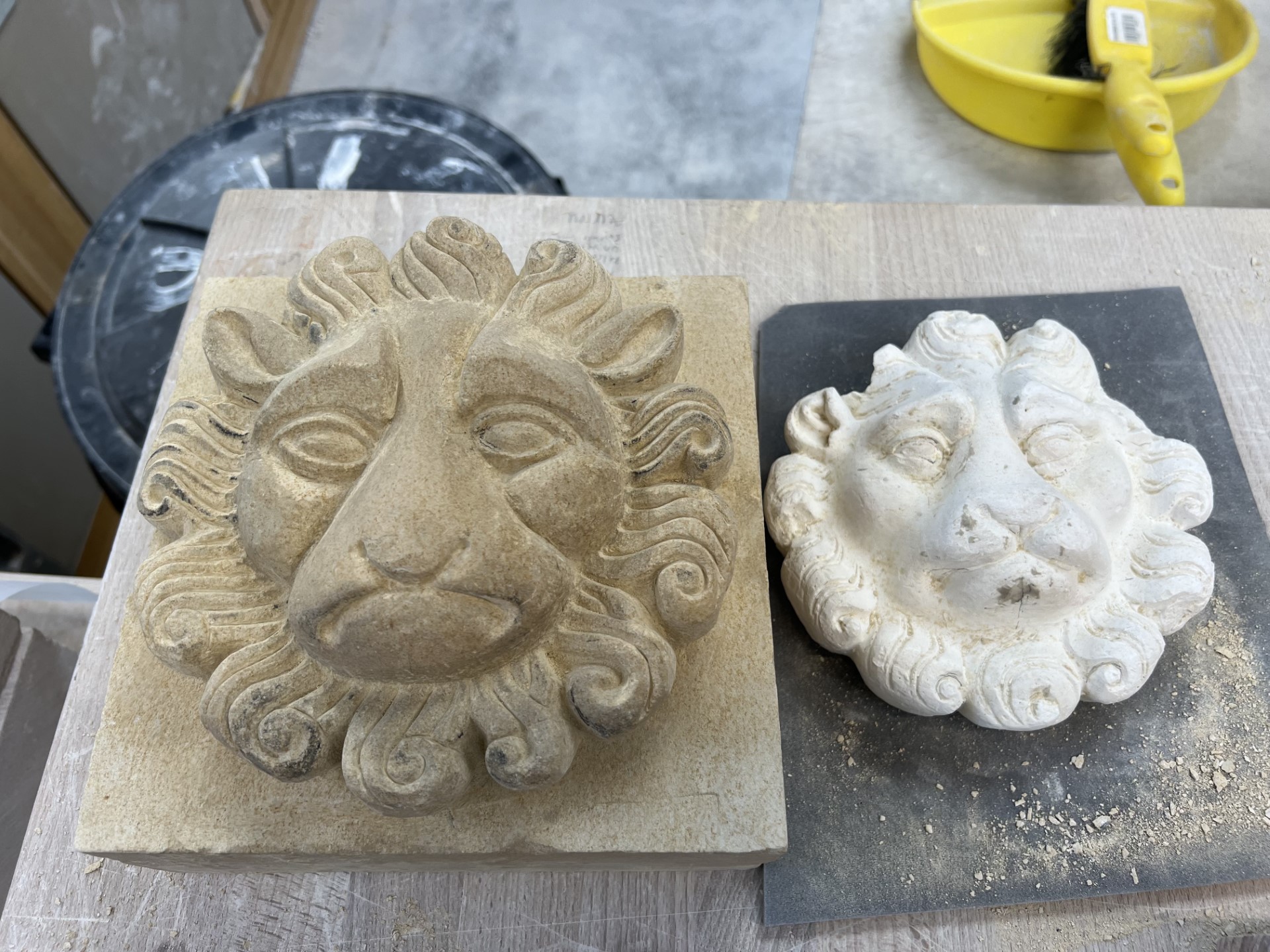
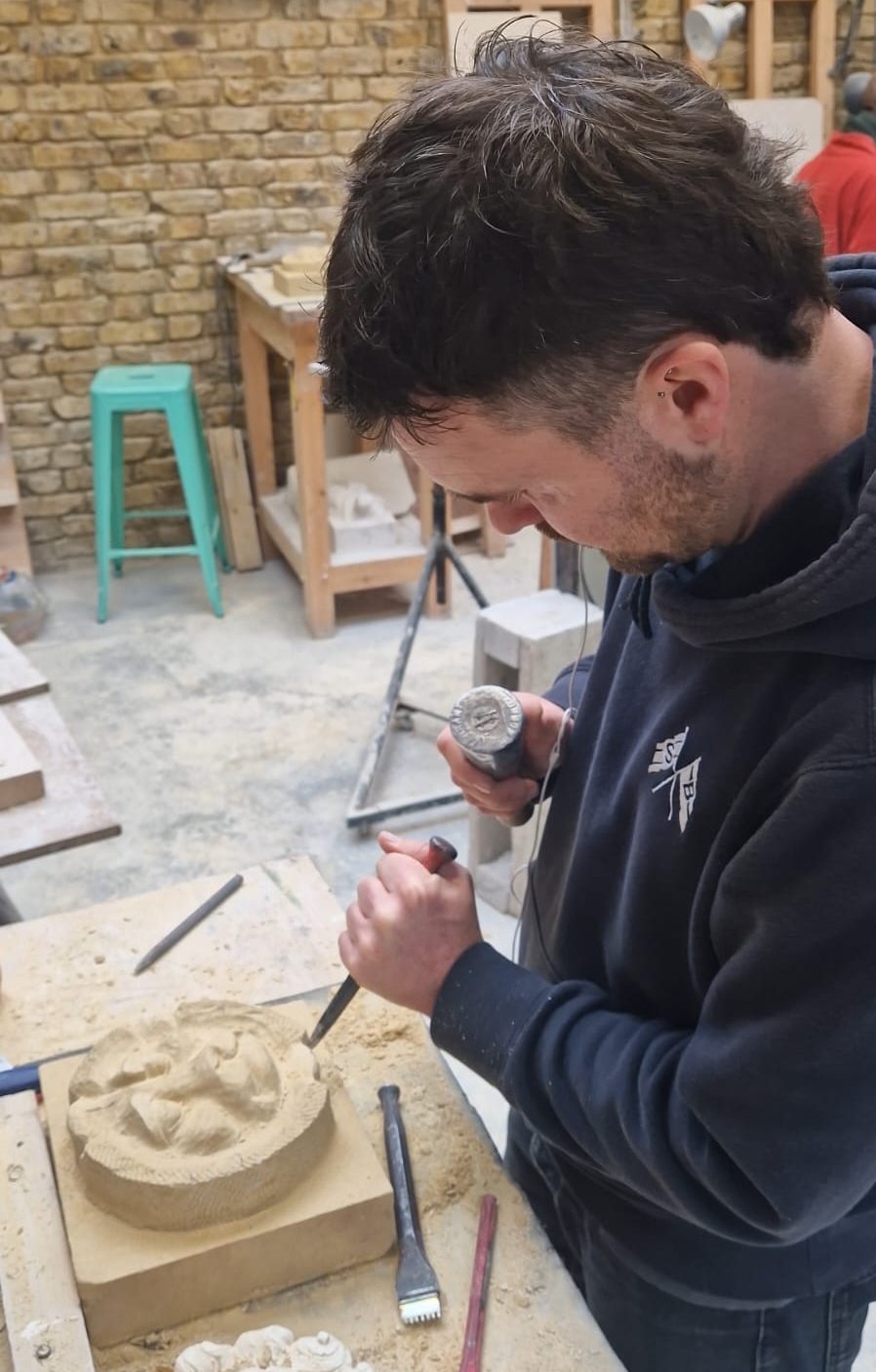
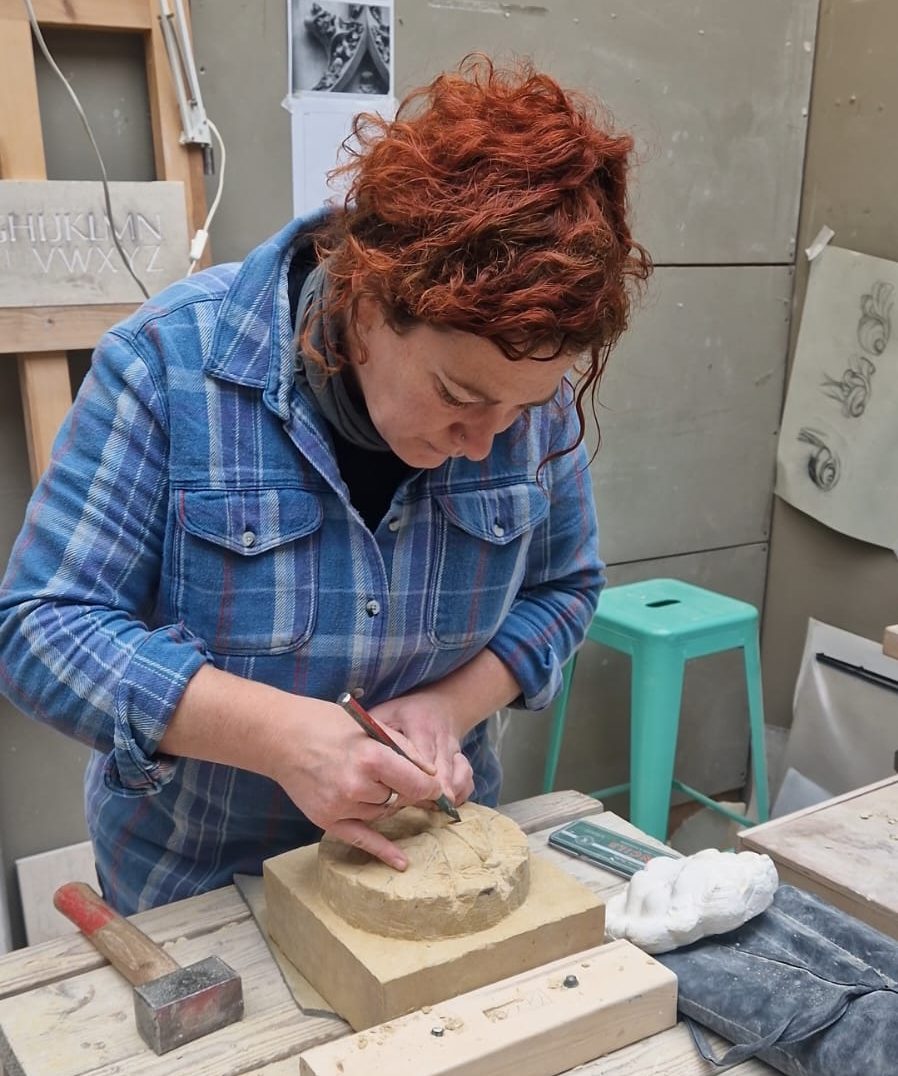
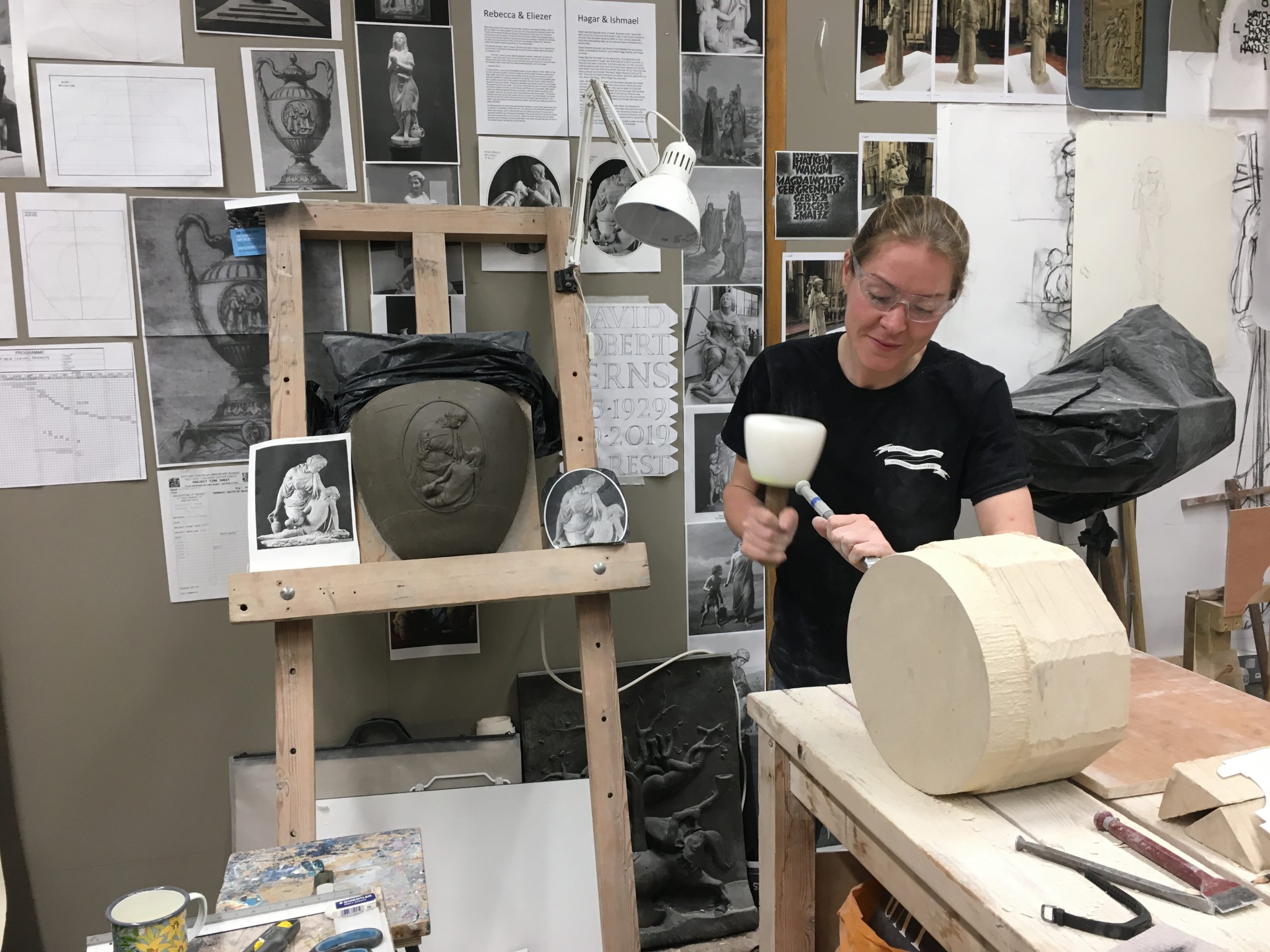
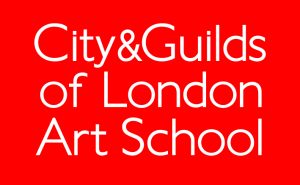

 17th century French panelling with applied circular frame, constructed of 12 pieces (Work in progress)
17th century French panelling with applied circular frame, constructed of 12 pieces (Work in progress)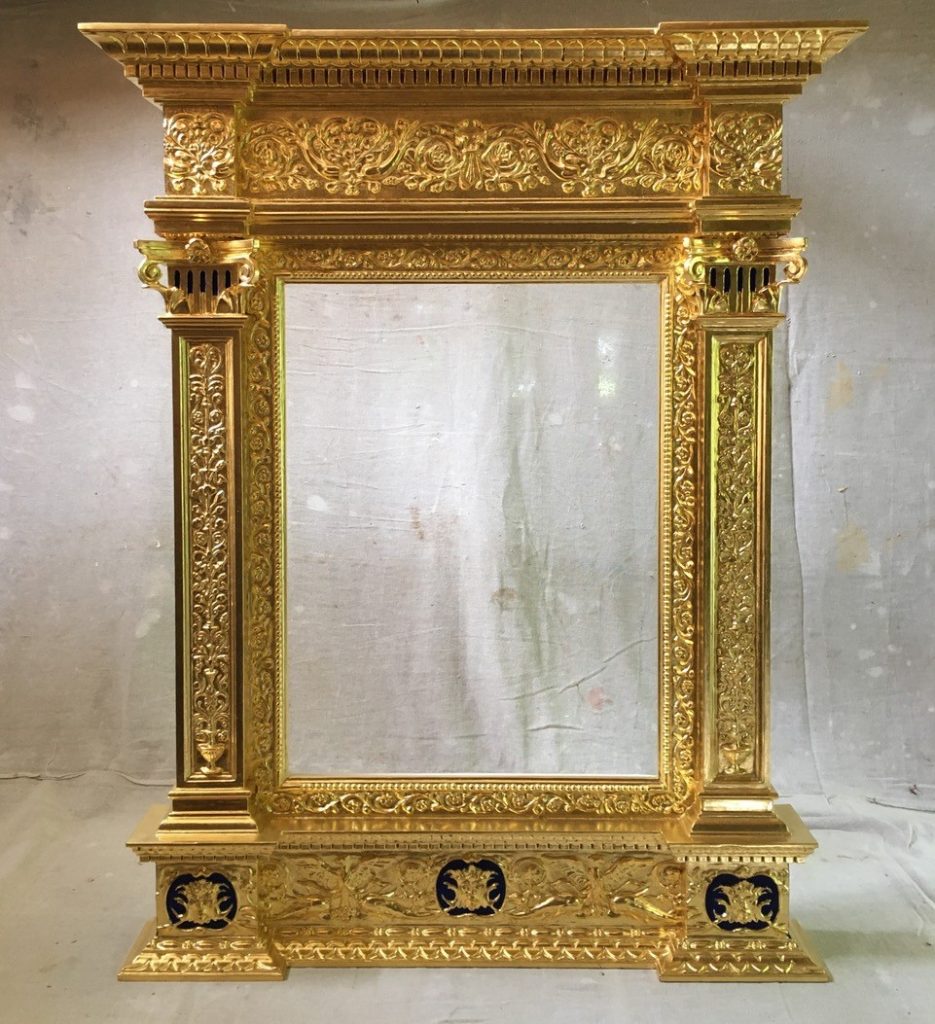 Picture frame, spruce (Picea abies) and oak (Quercus petraea) with gilded applied gesso ornamentation, 800mm x 1000mm
Picture frame, spruce (Picea abies) and oak (Quercus petraea) with gilded applied gesso ornamentation, 800mm x 1000mm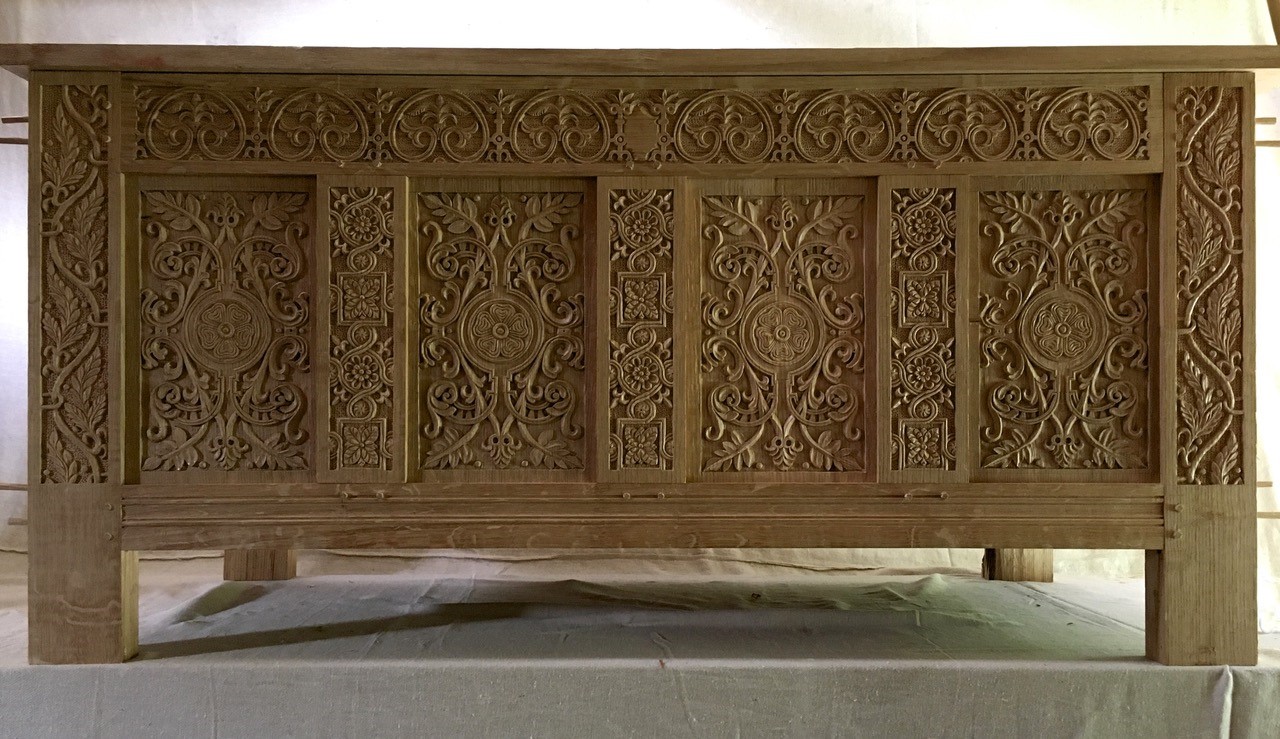 Carved, joined chest, Riven Baltic oak (Quercus petraea), 43” x 26” x 24”
Carved, joined chest, Riven Baltic oak (Quercus petraea), 43” x 26” x 24” Vaulted ceiling of the Edward the Confessor Chapel Canterbury Cathedral
Vaulted ceiling of the Edward the Confessor Chapel Canterbury Cathedral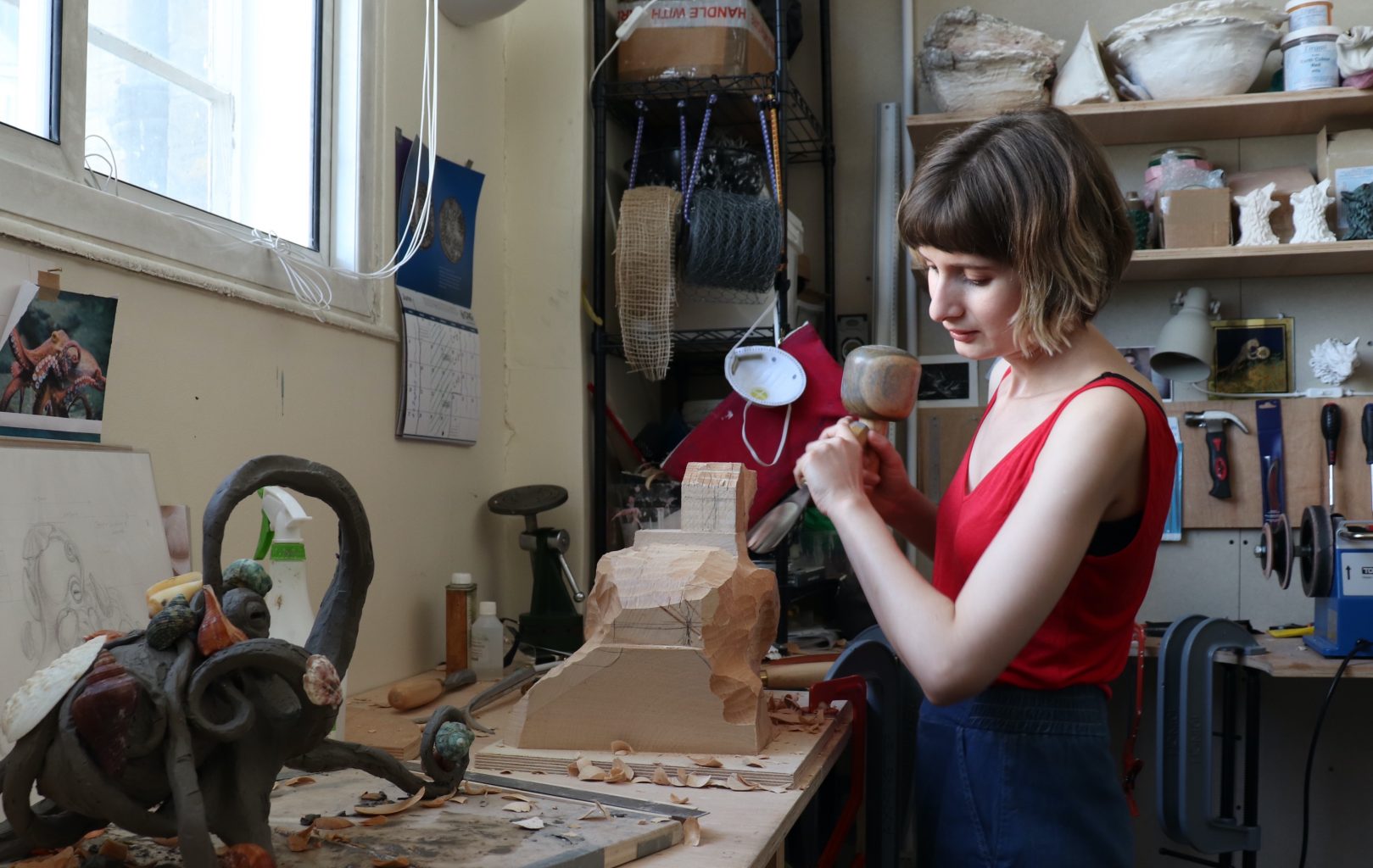
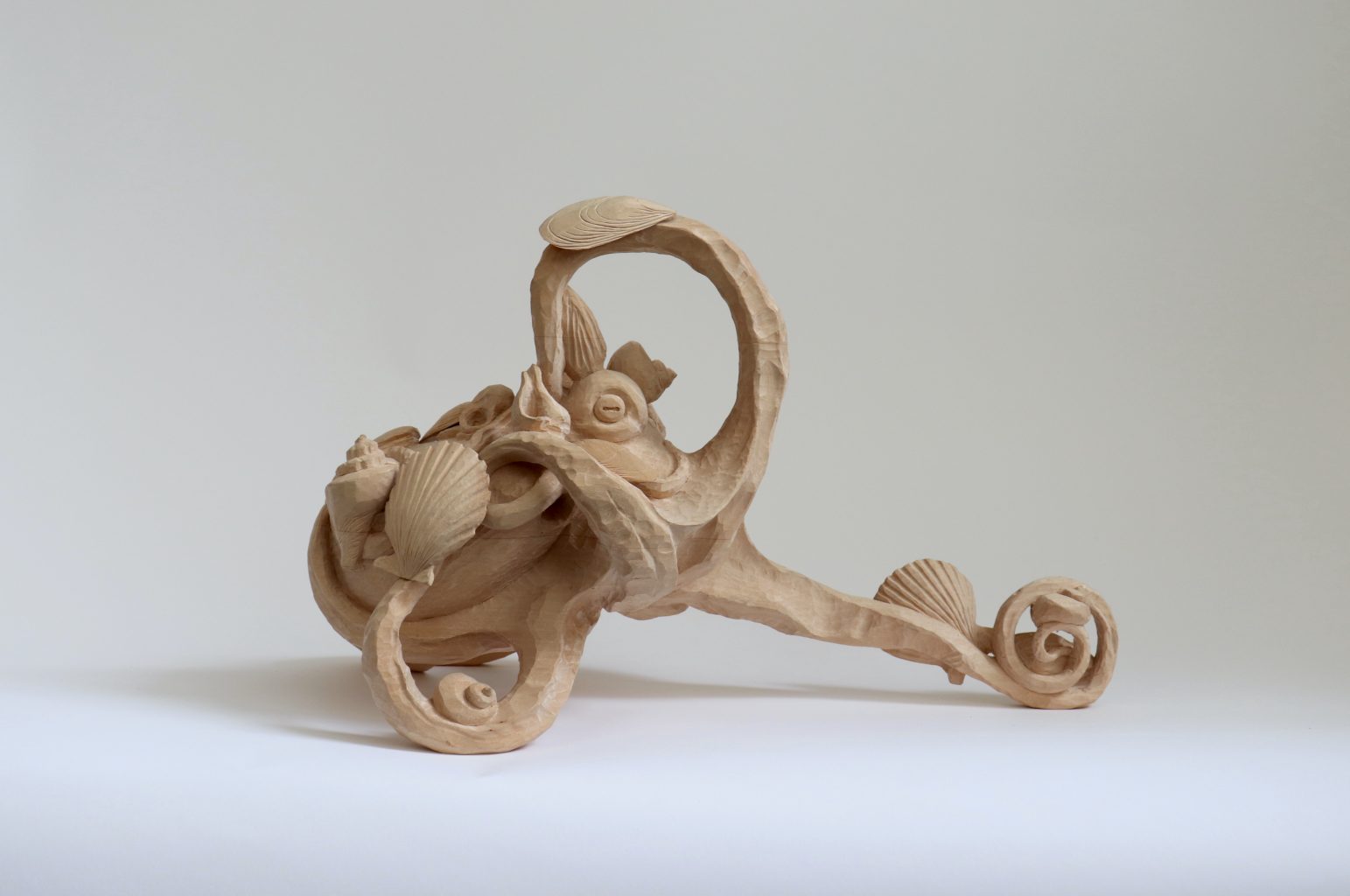
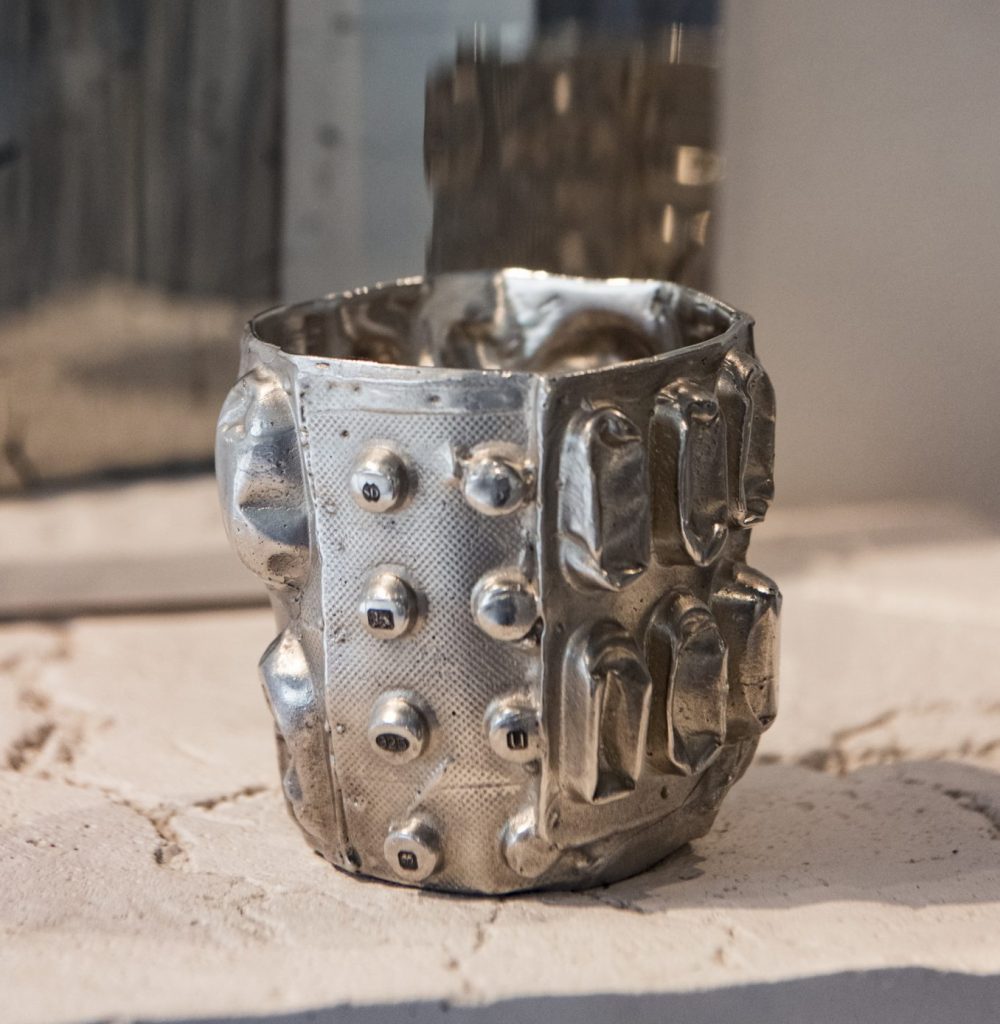
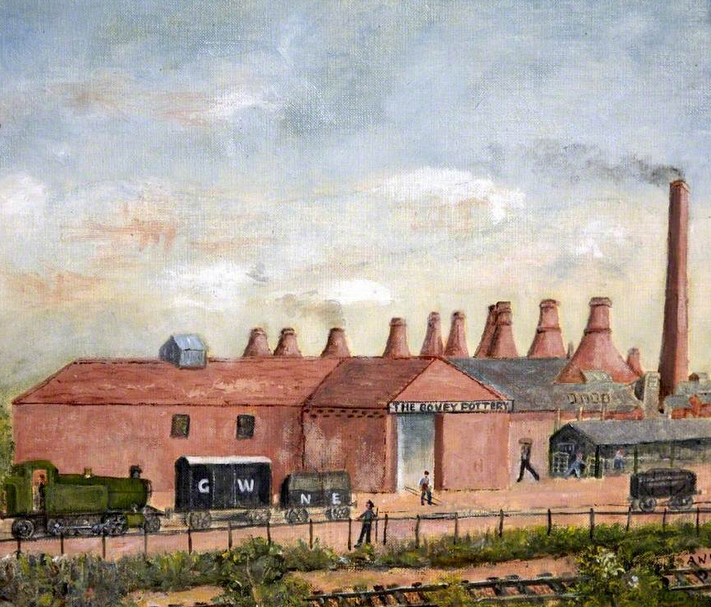
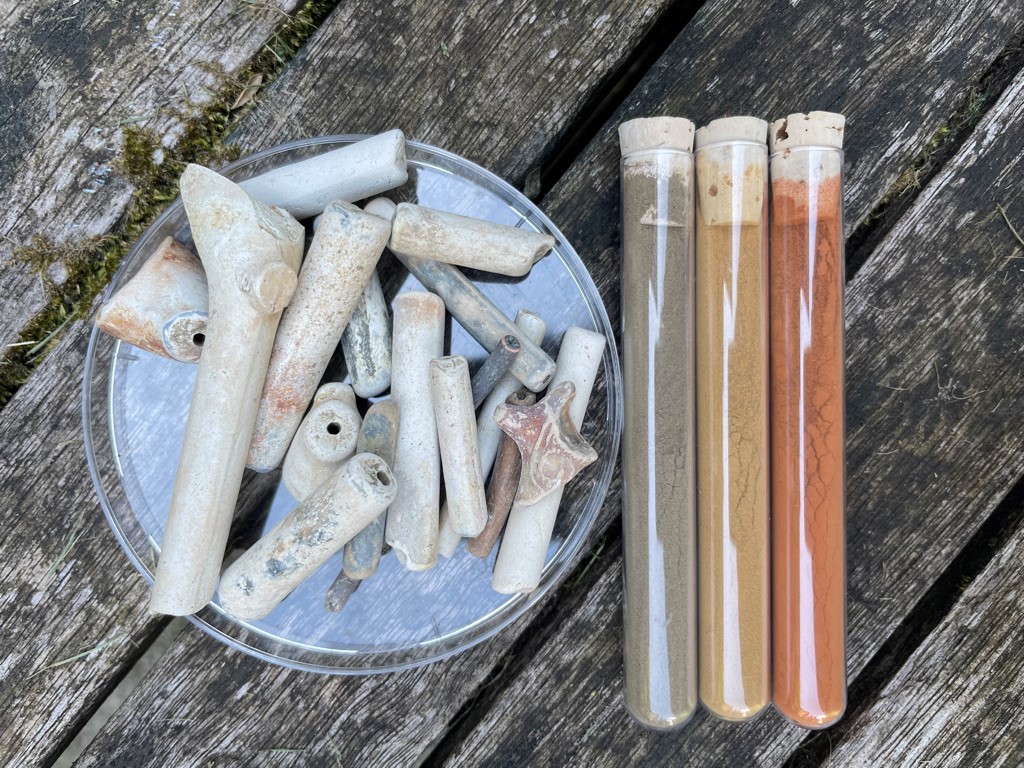
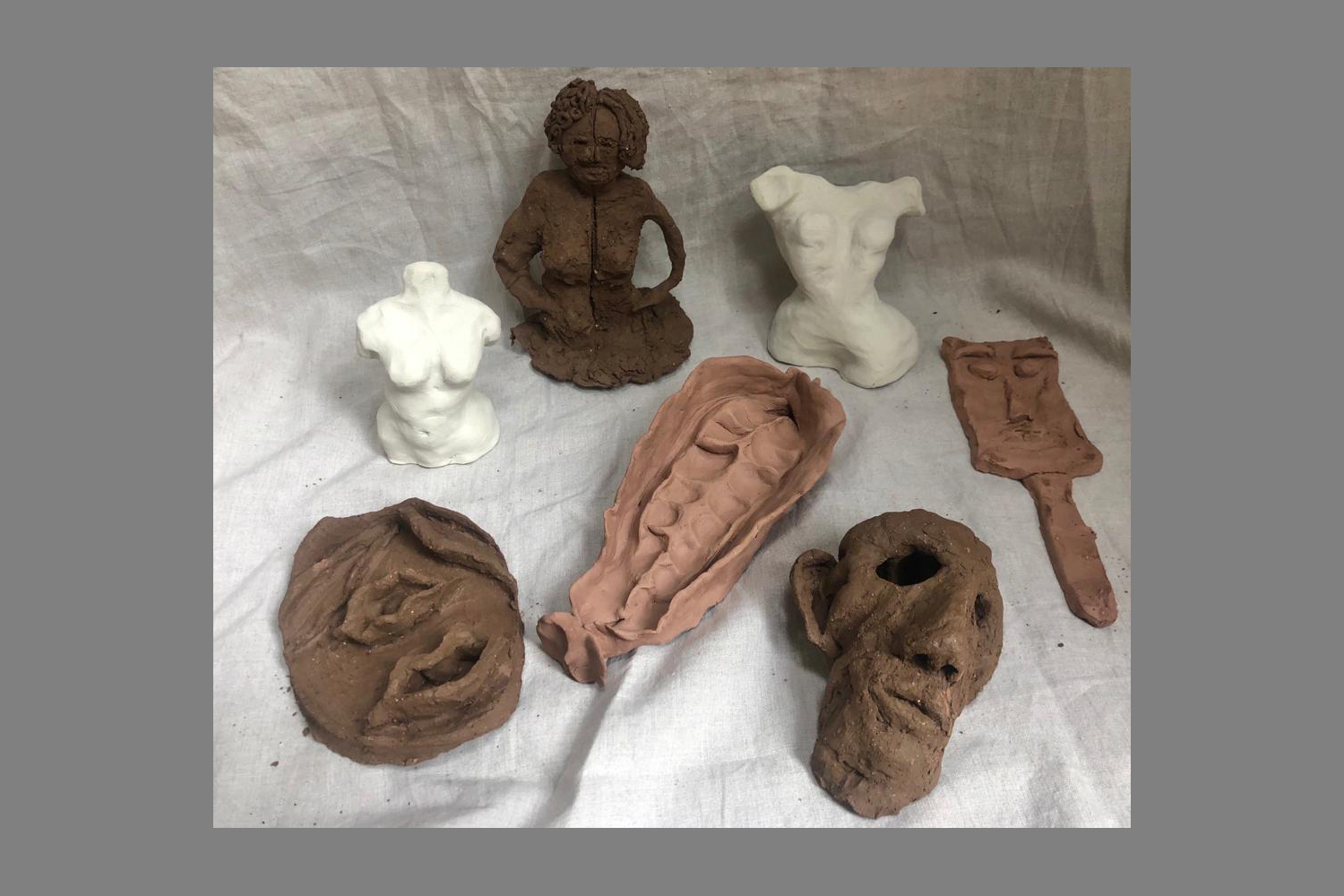

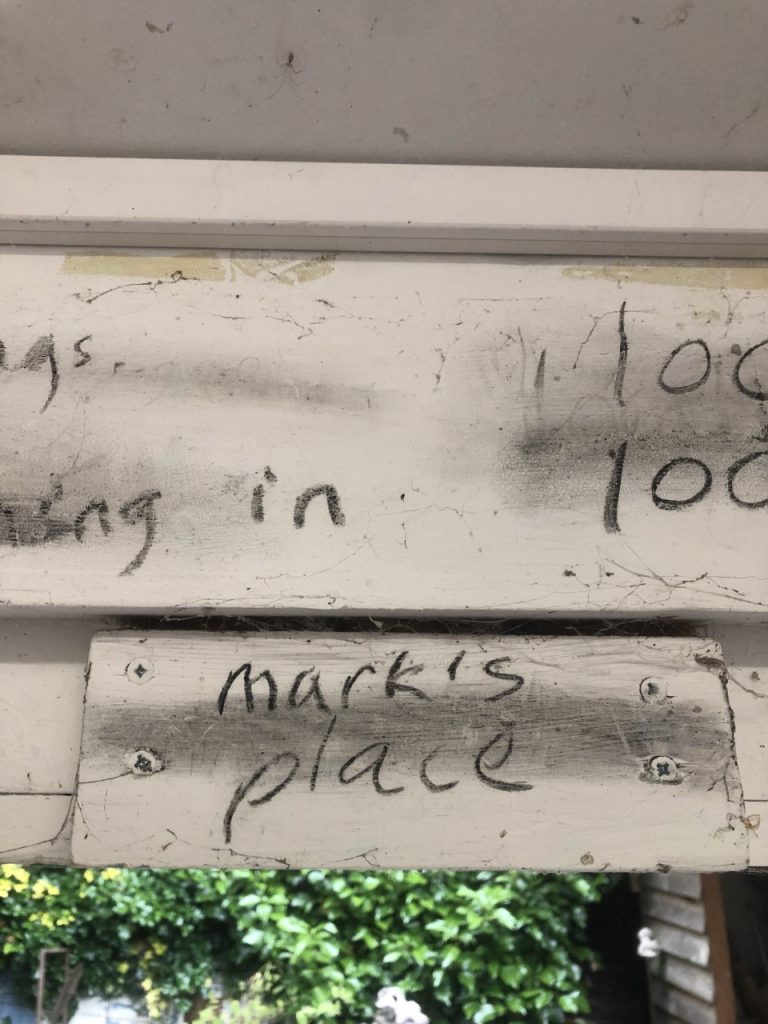
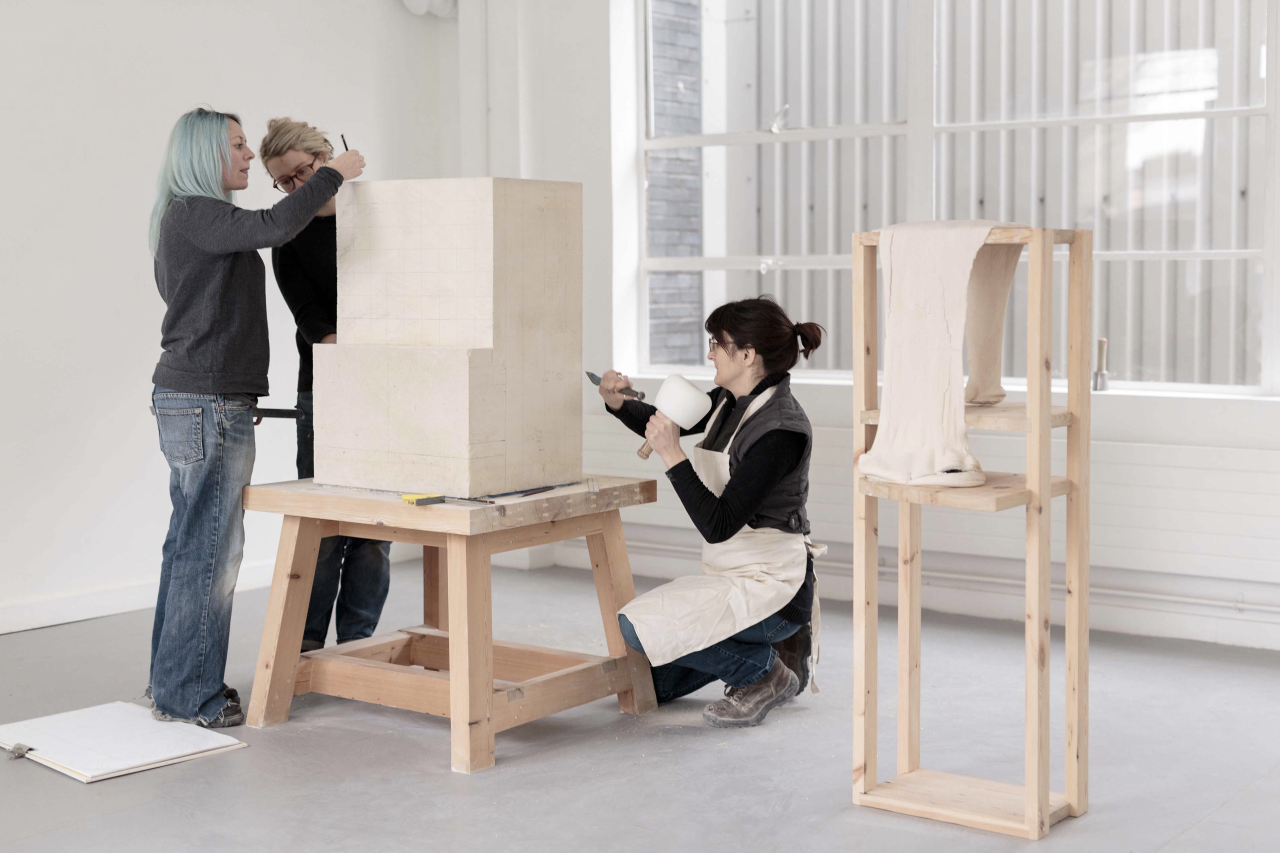
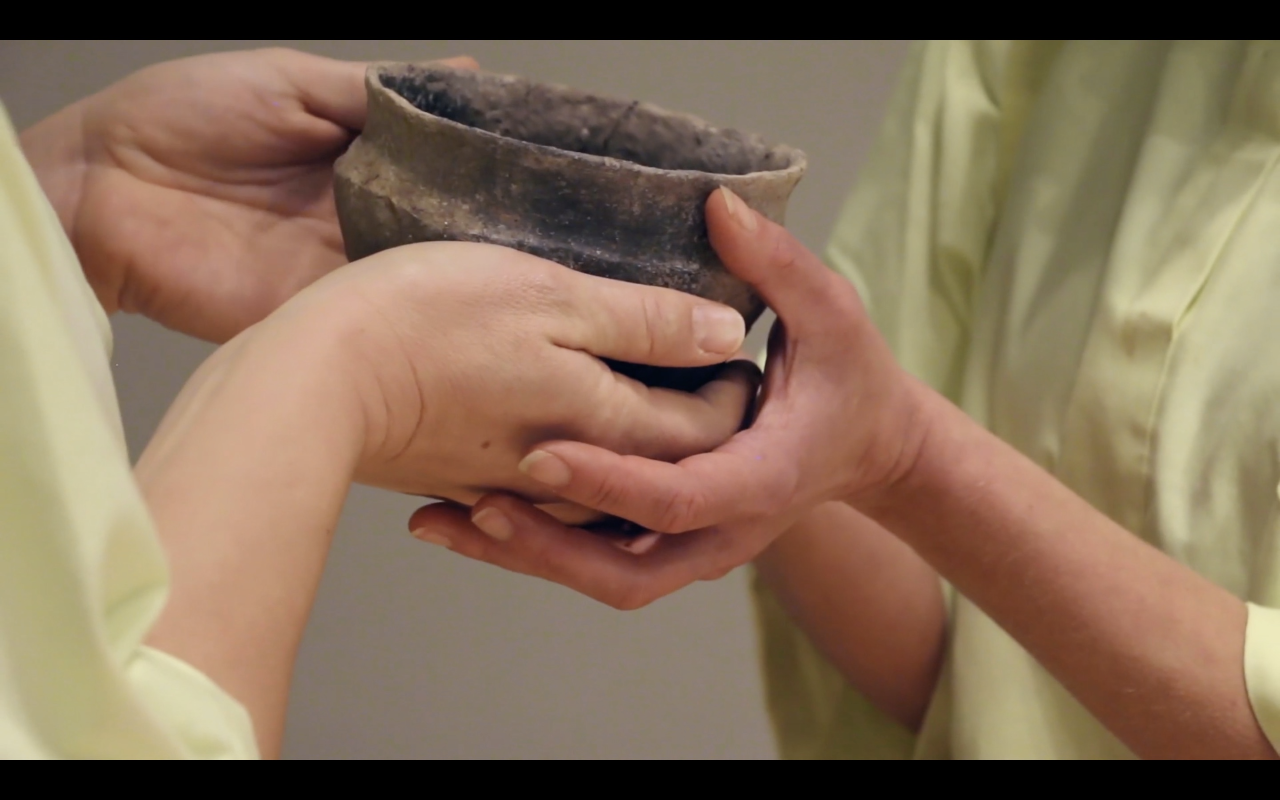 Laura Wilson, Deepening, 2020. Still from video, 15:36 minutes. Co-commissioned by New Geographies and Norwich Castle Museum & Art Gallery.
Laura Wilson, Deepening, 2020. Still from video, 15:36 minutes. Co-commissioned by New Geographies and Norwich Castle Museum & Art Gallery.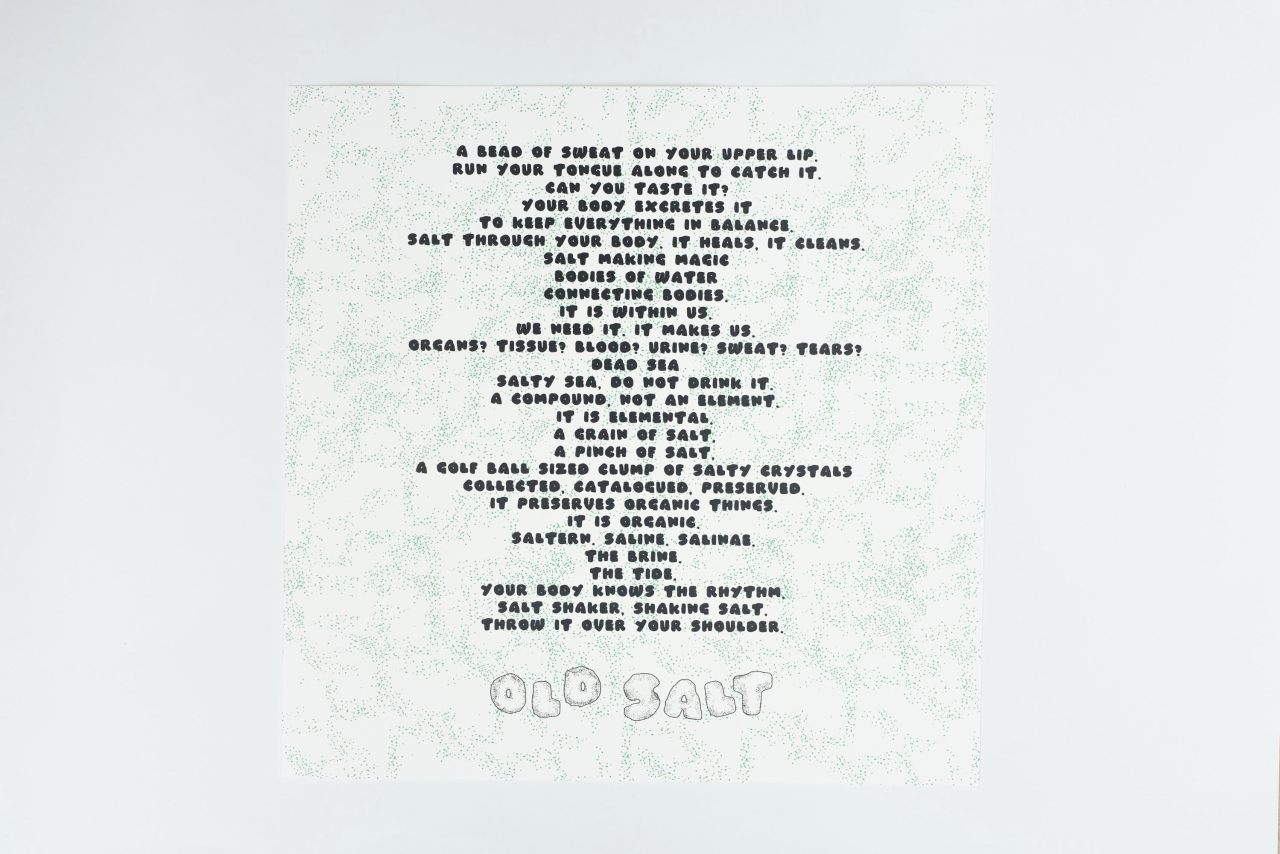 Laura Wilson, Old Salt, 2021. Silk screen print. Co-commissioned by Mansions of the future and The Collection Museum, Lincoln. Photo: Reece Shaw.
Laura Wilson, Old Salt, 2021. Silk screen print. Co-commissioned by Mansions of the future and The Collection Museum, Lincoln. Photo: Reece Shaw.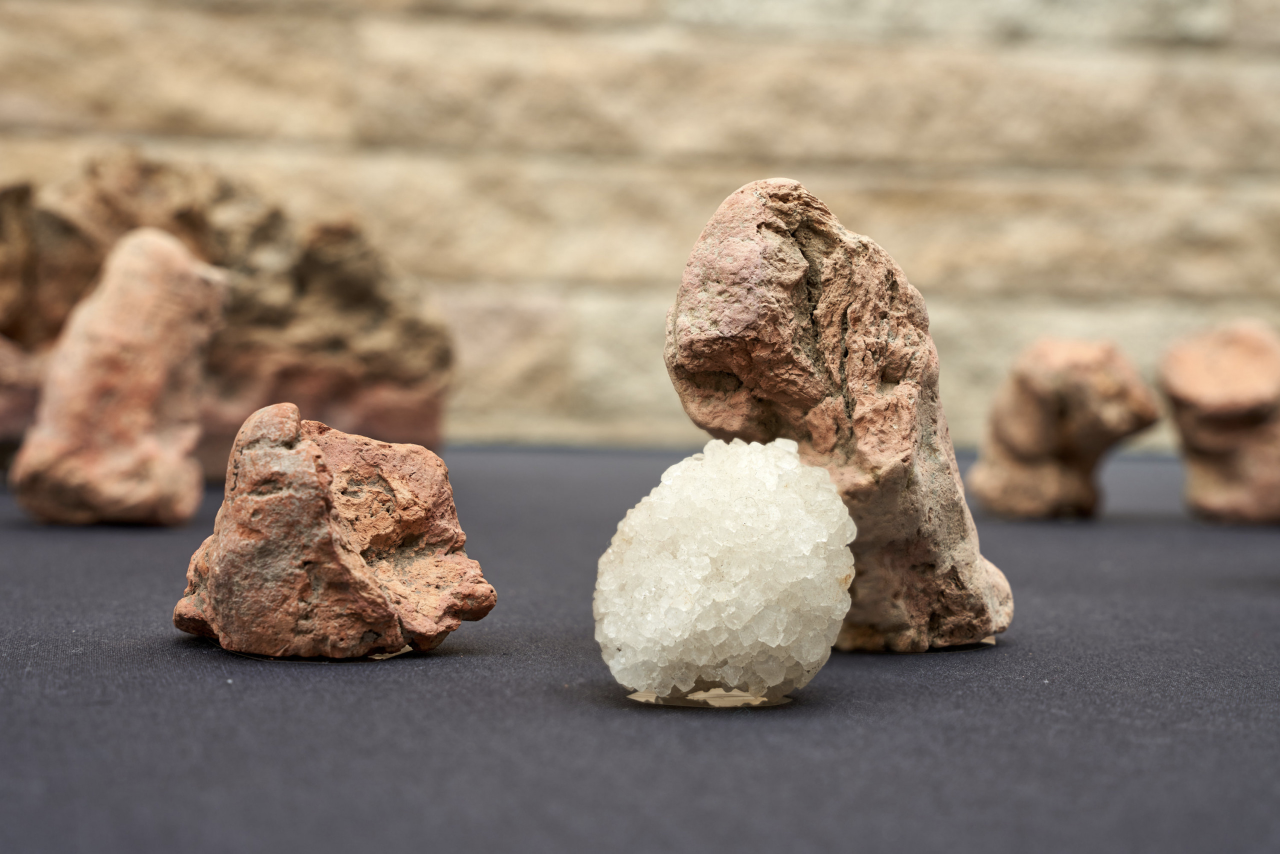 Laura Wilson, Old Salt, 2021. Installation detail. Co-commissioned by Mansions of the future and The Collection Museum, Lincoln. Photo: Reece Shaw.
Laura Wilson, Old Salt, 2021. Installation detail. Co-commissioned by Mansions of the future and The Collection Museum, Lincoln. Photo: Reece Shaw.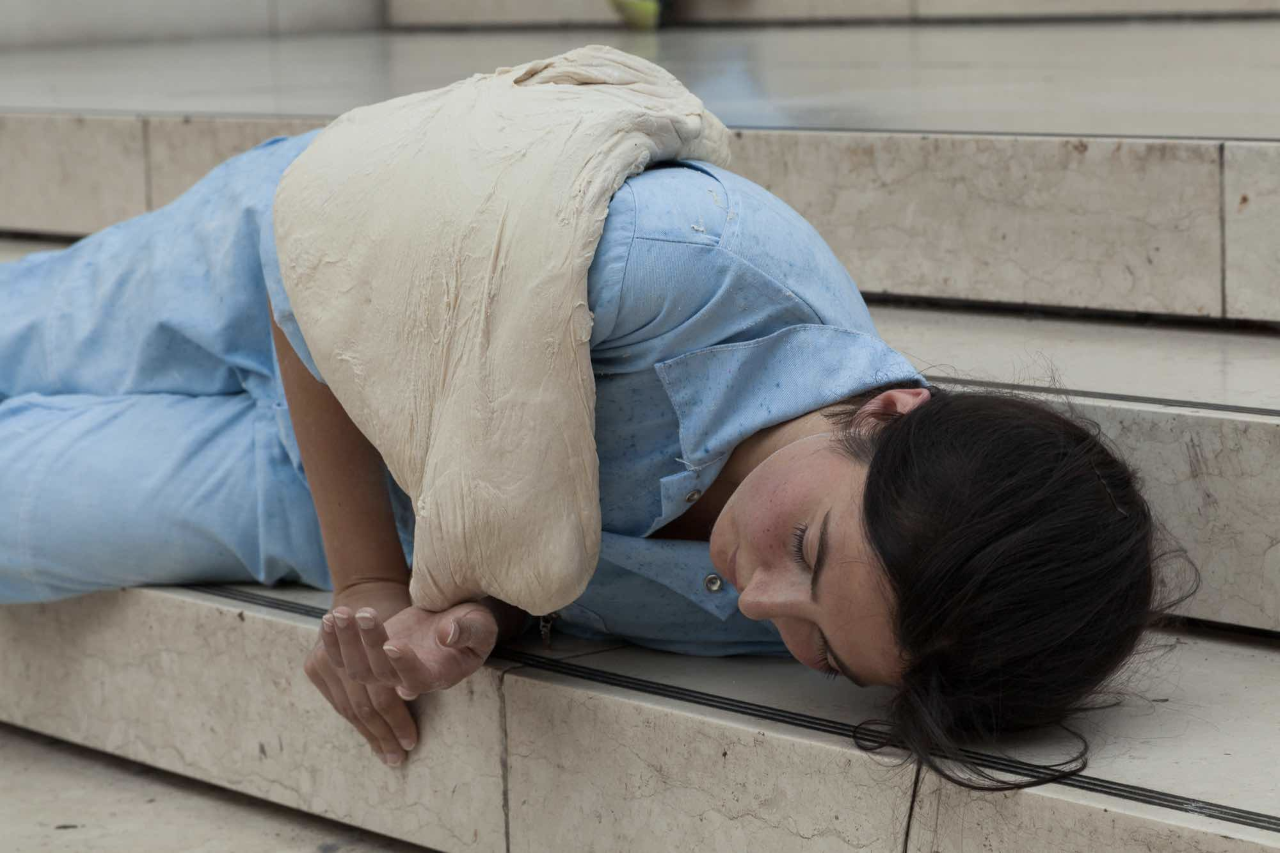 Laura Wilson, You Would Almost Expect to Find it Warm, 2018. Co-commissioned by Franck Bordese and Block Universe for The British Museum. Photo: Manuela Barczewski
Laura Wilson, You Would Almost Expect to Find it Warm, 2018. Co-commissioned by Franck Bordese and Block Universe for The British Museum. Photo: Manuela Barczewski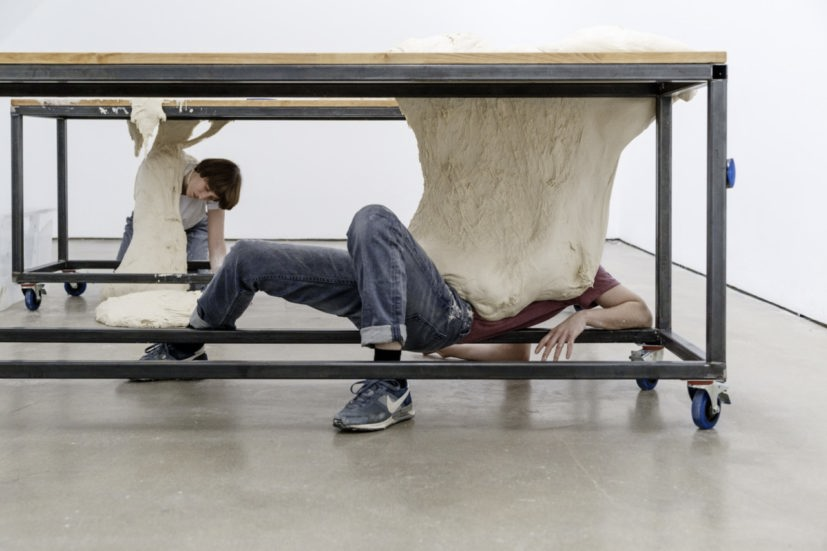 Laura Wilson, Fold and Stretch, 2017. Commissioned by Site Gallery. Photo: Jules Lister.
Laura Wilson, Fold and Stretch, 2017. Commissioned by Site Gallery. Photo: Jules Lister.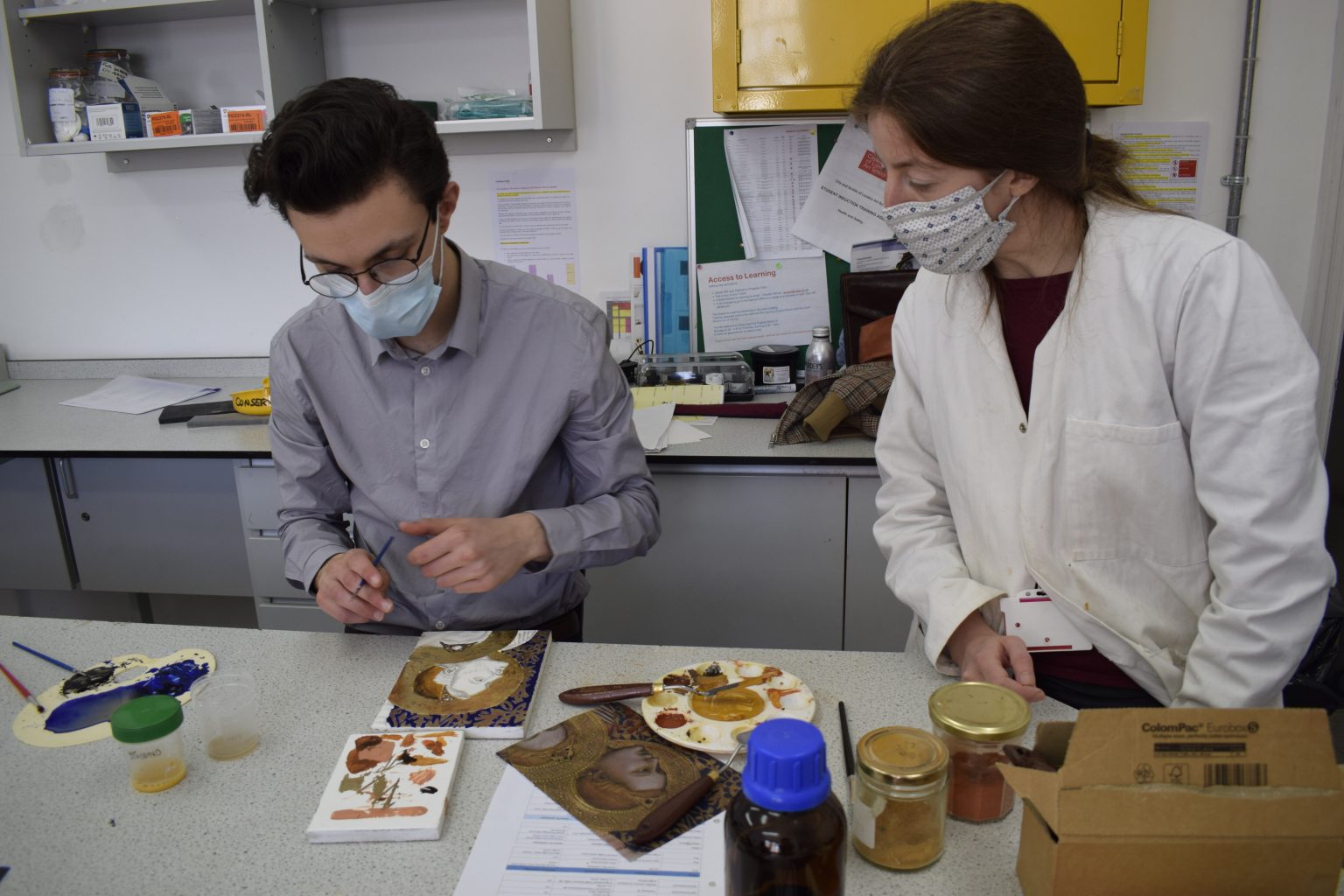
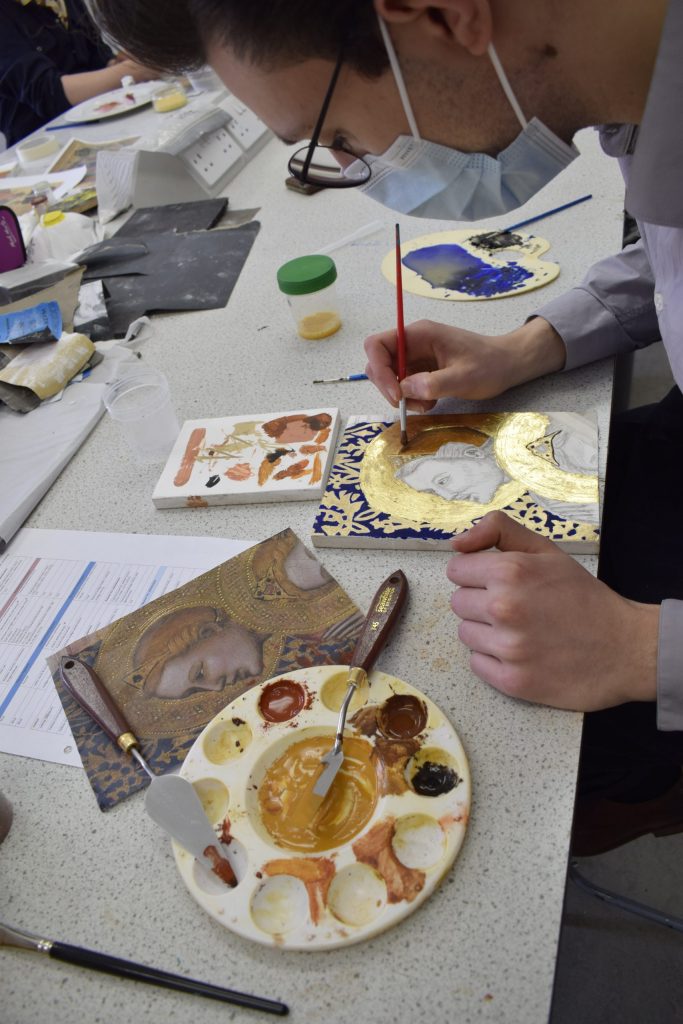
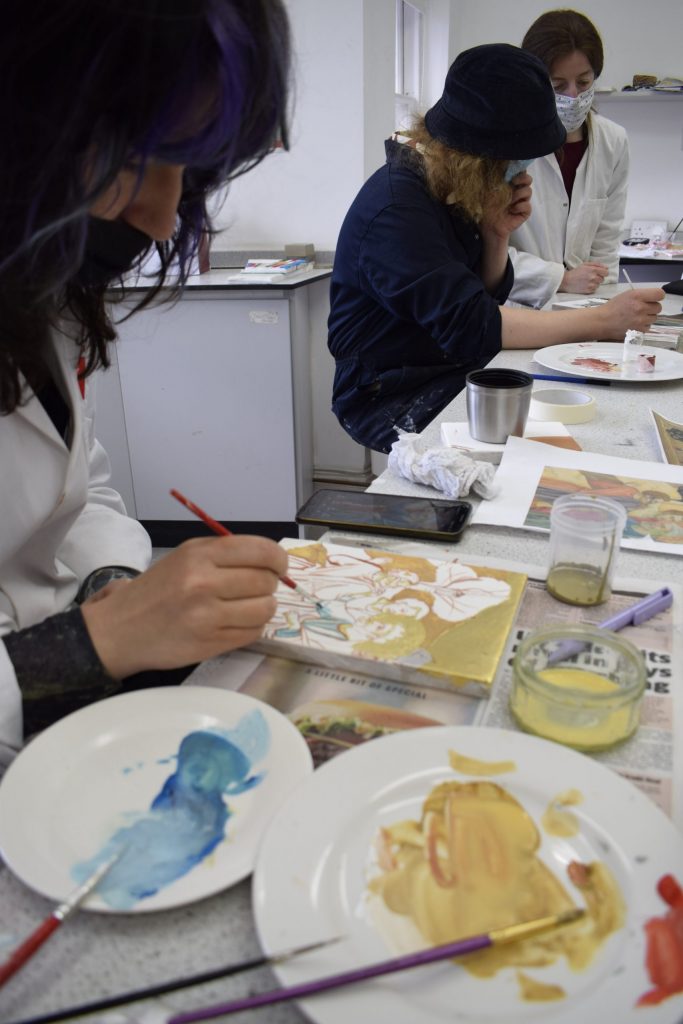
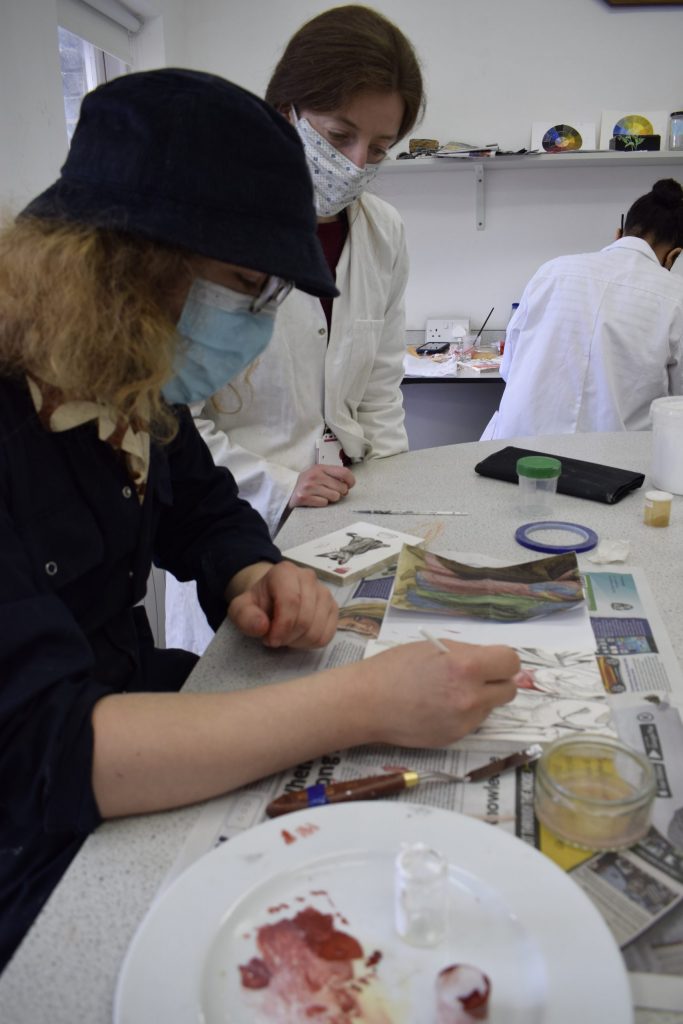
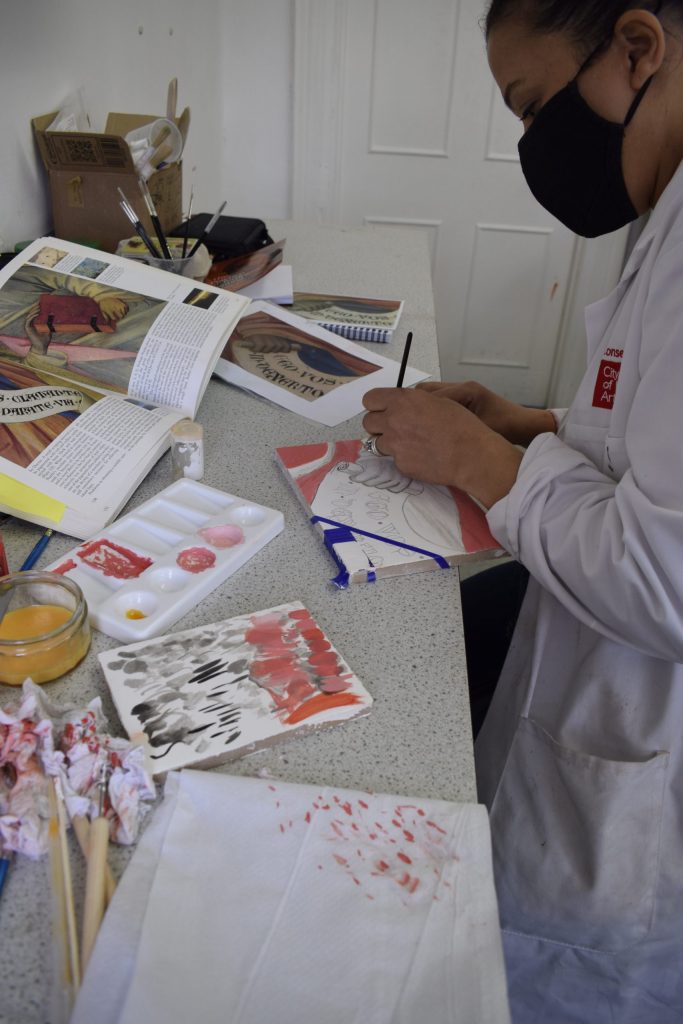
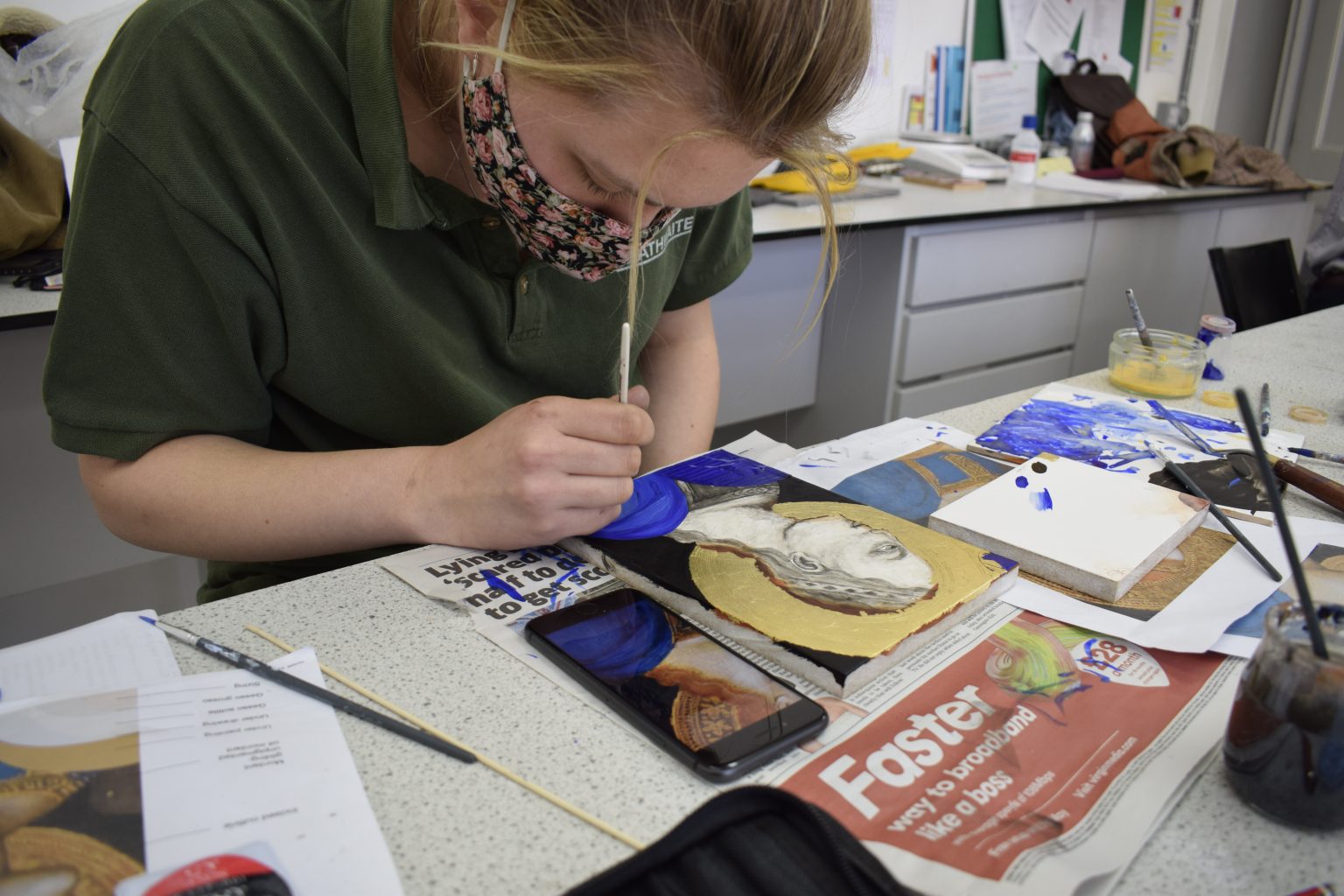
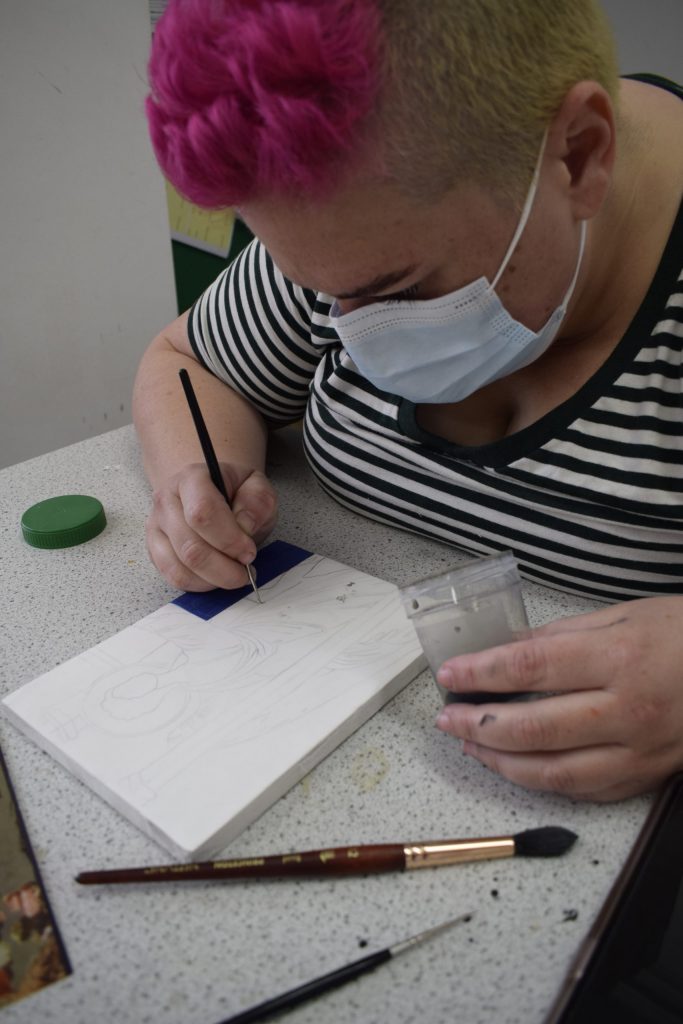
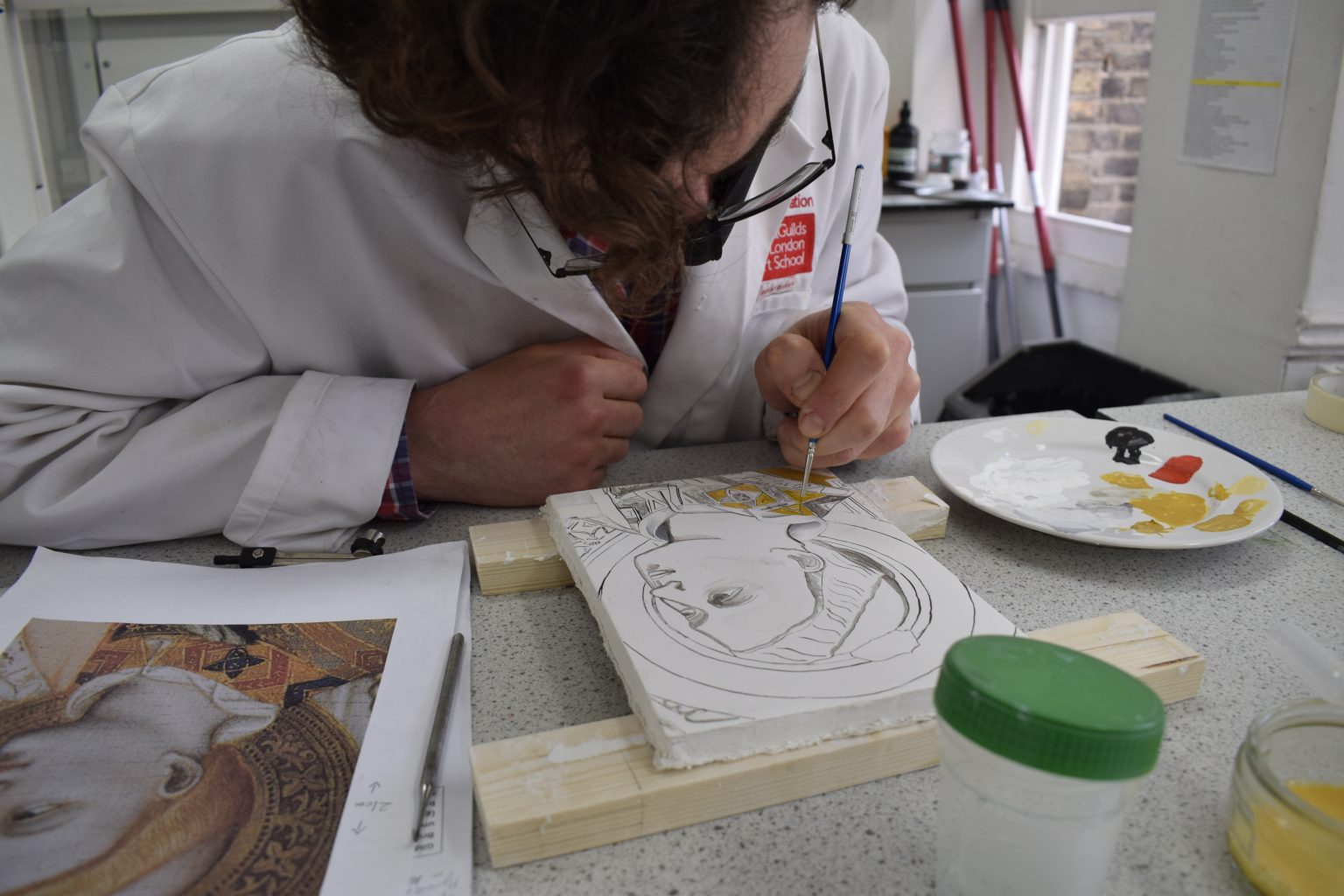
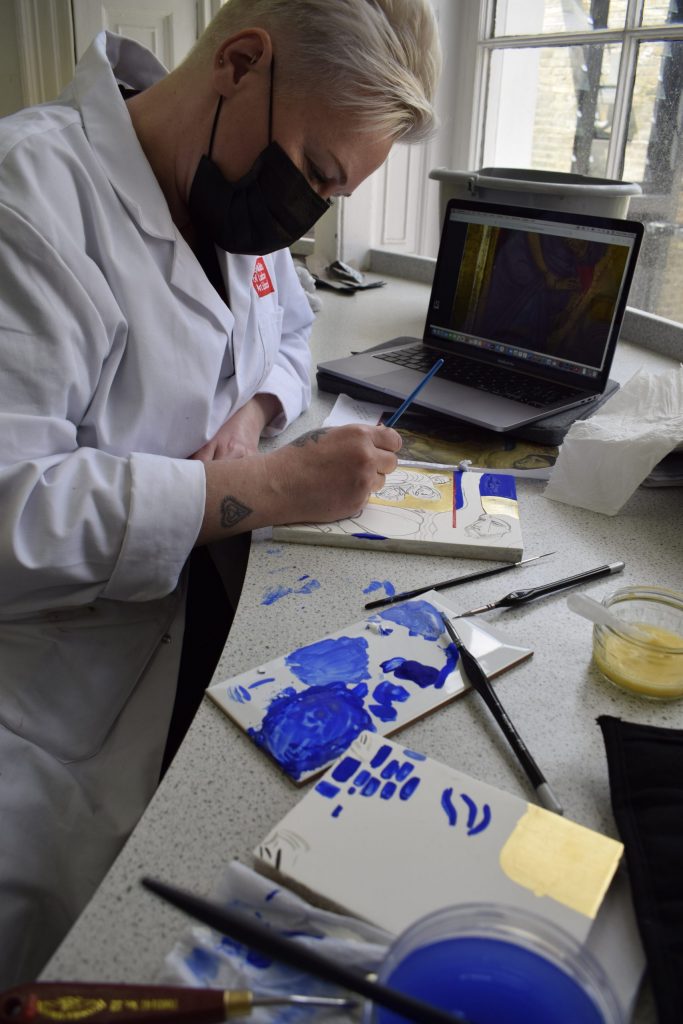
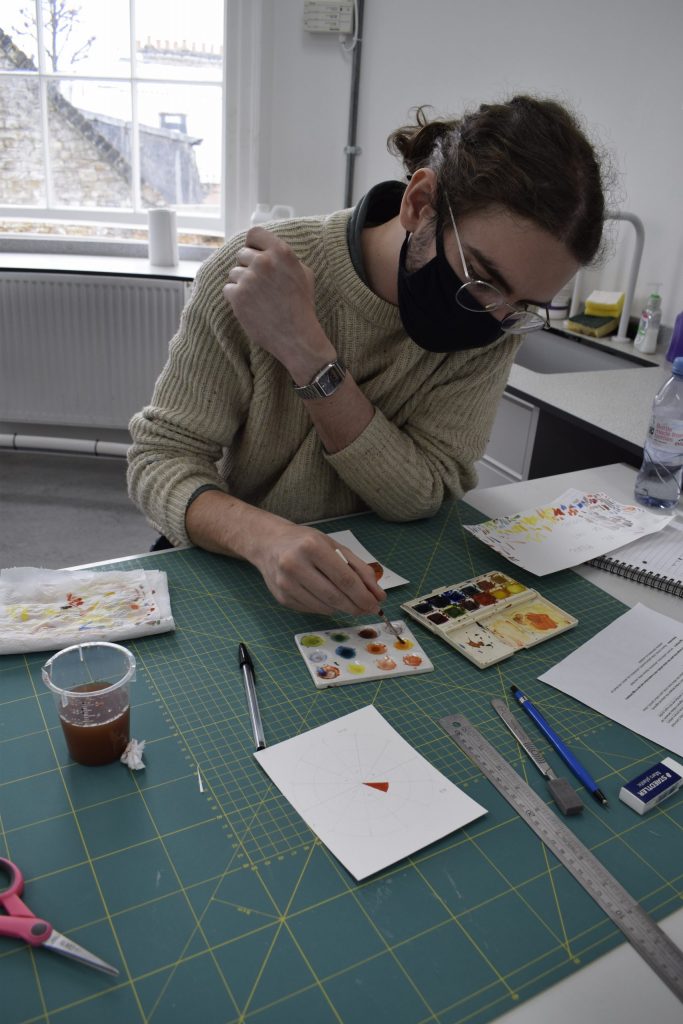
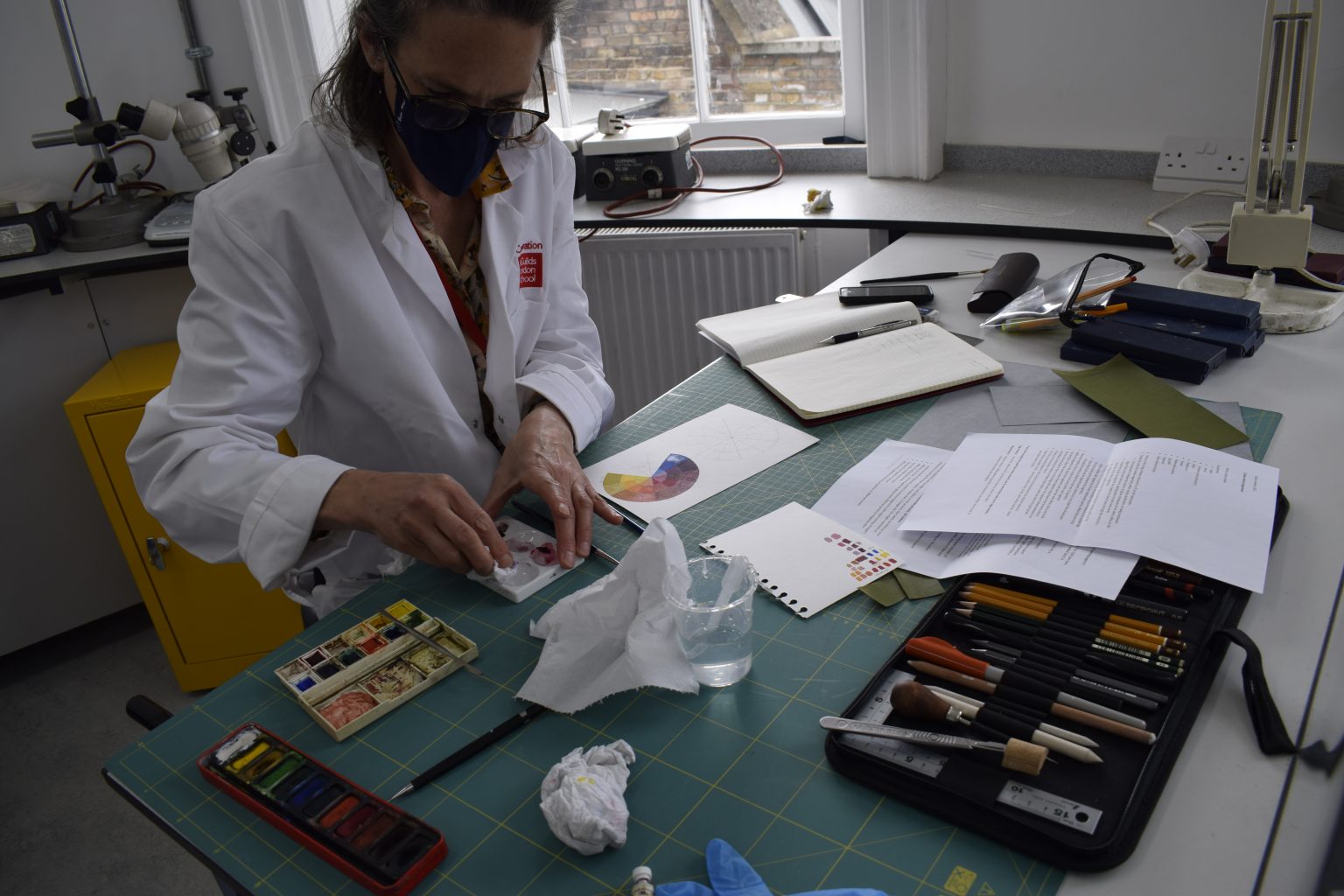
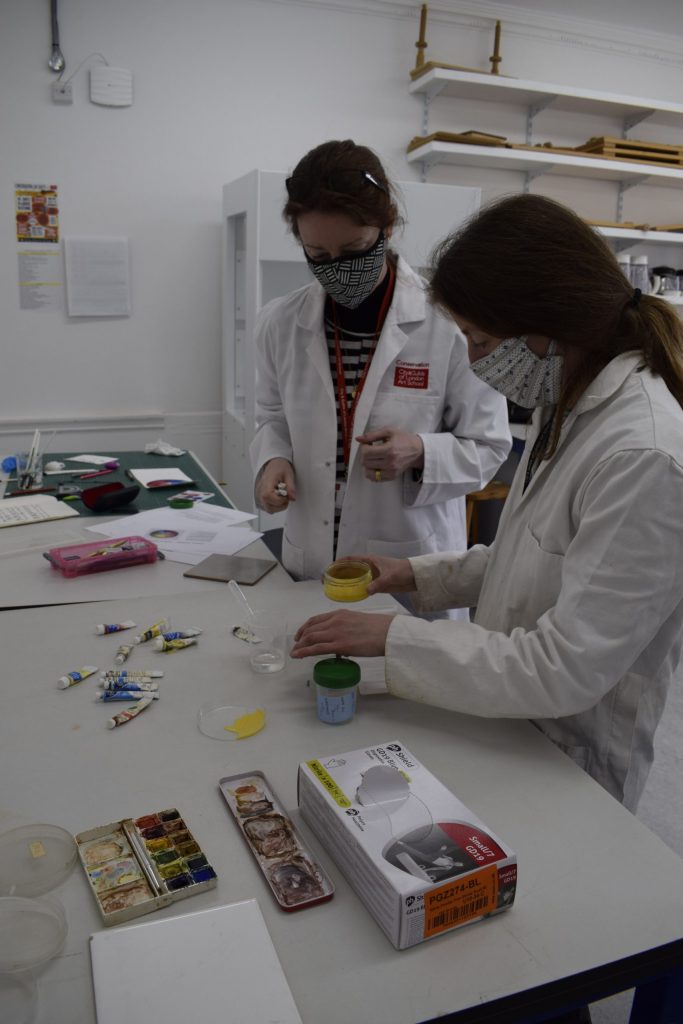
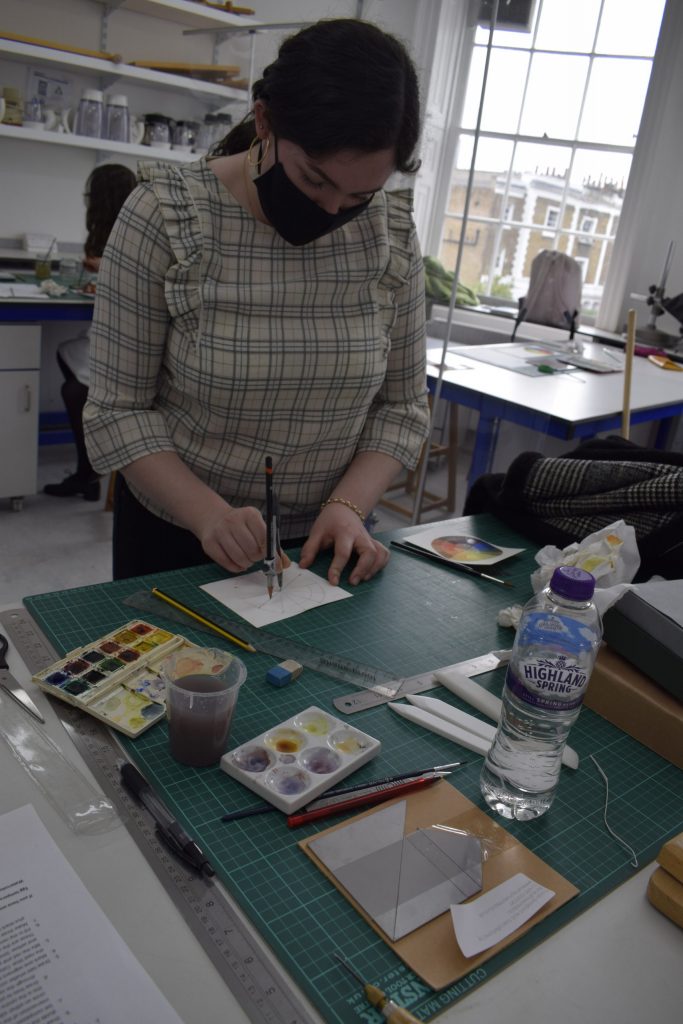
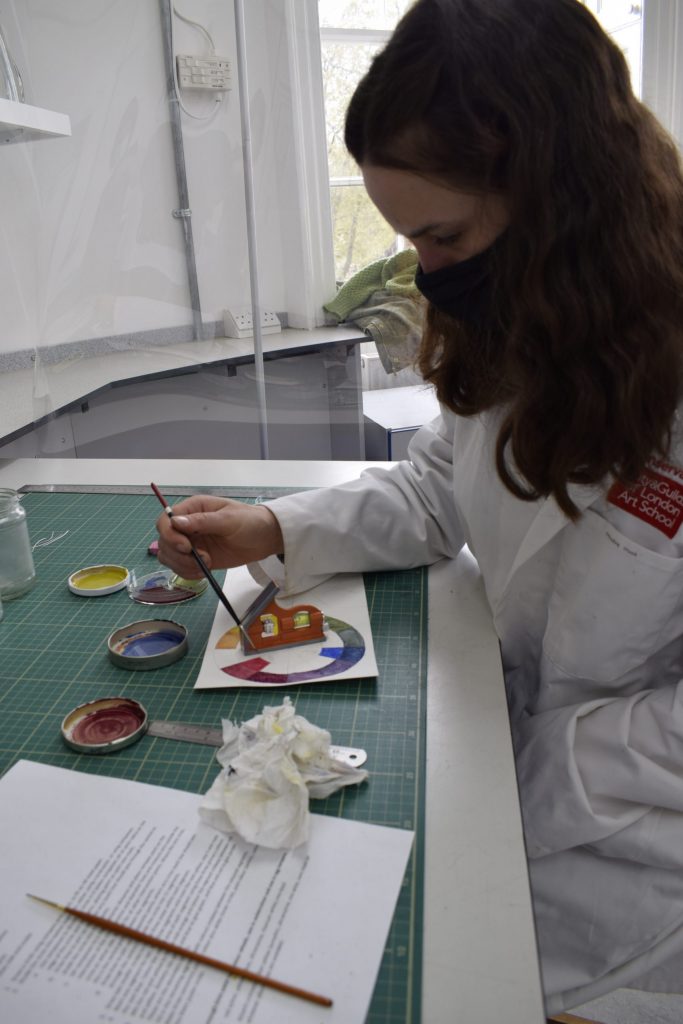

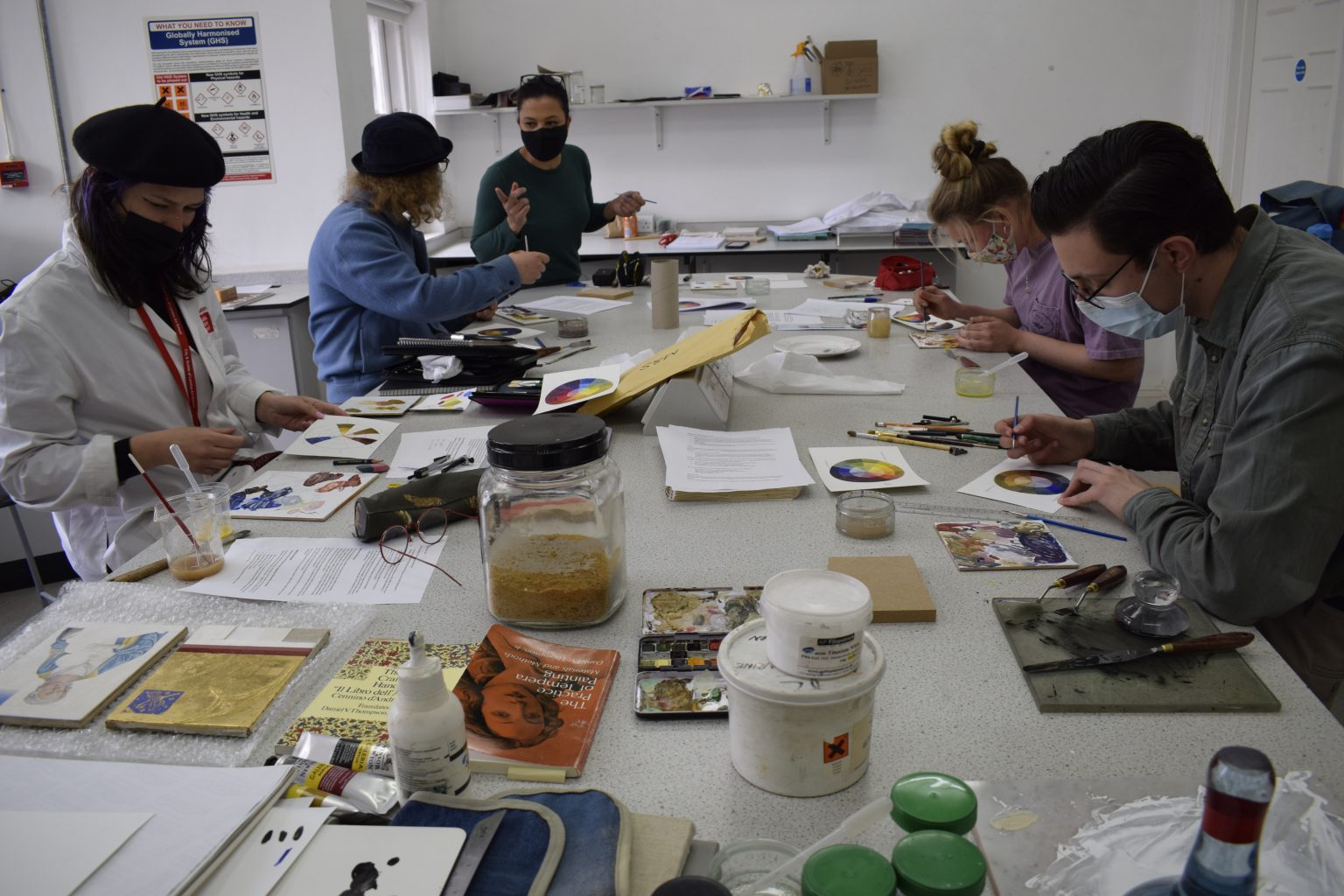
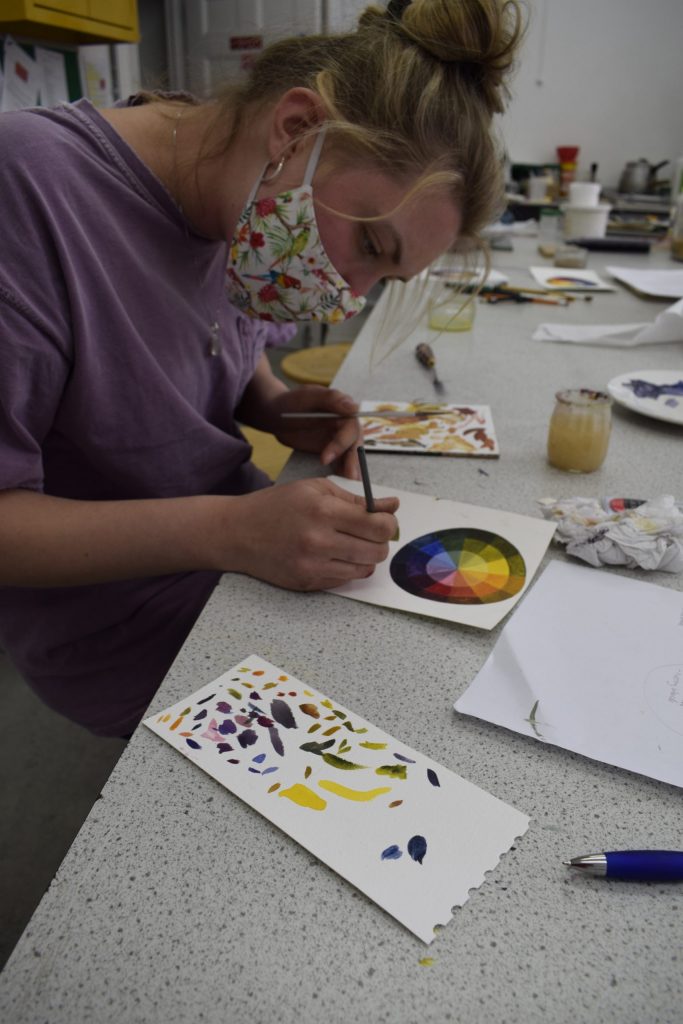
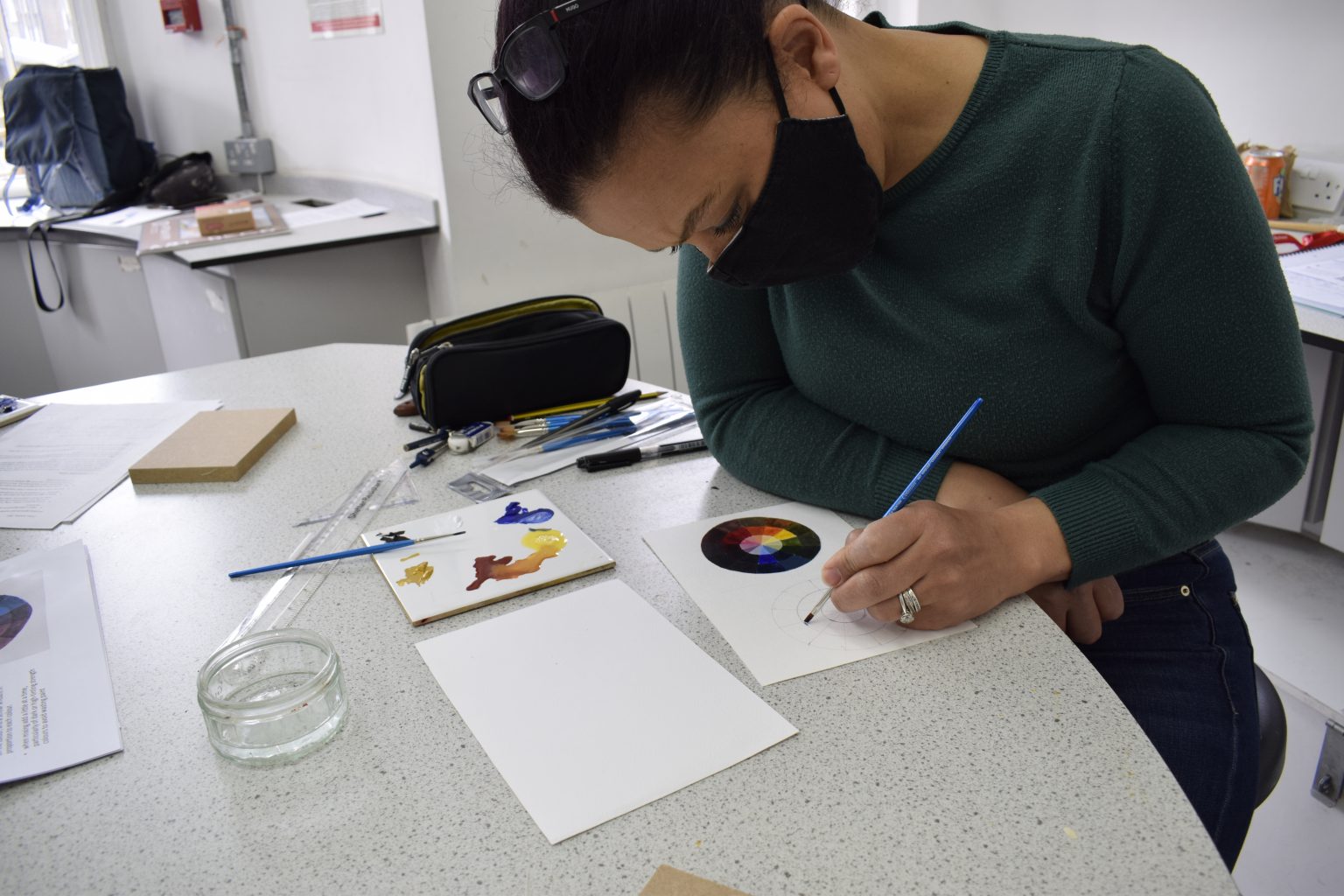
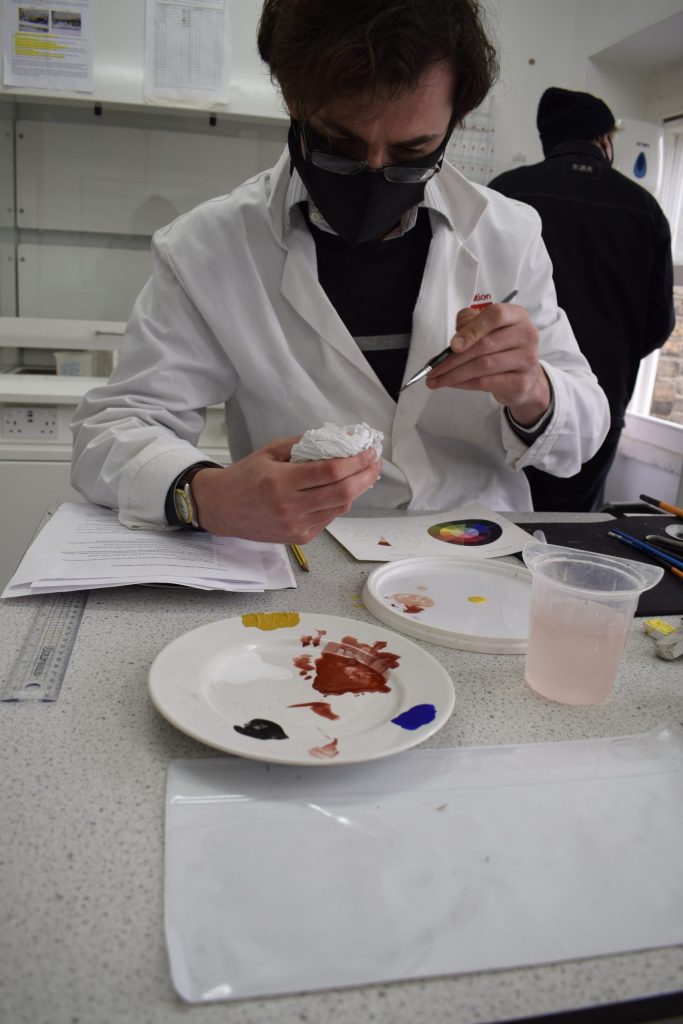
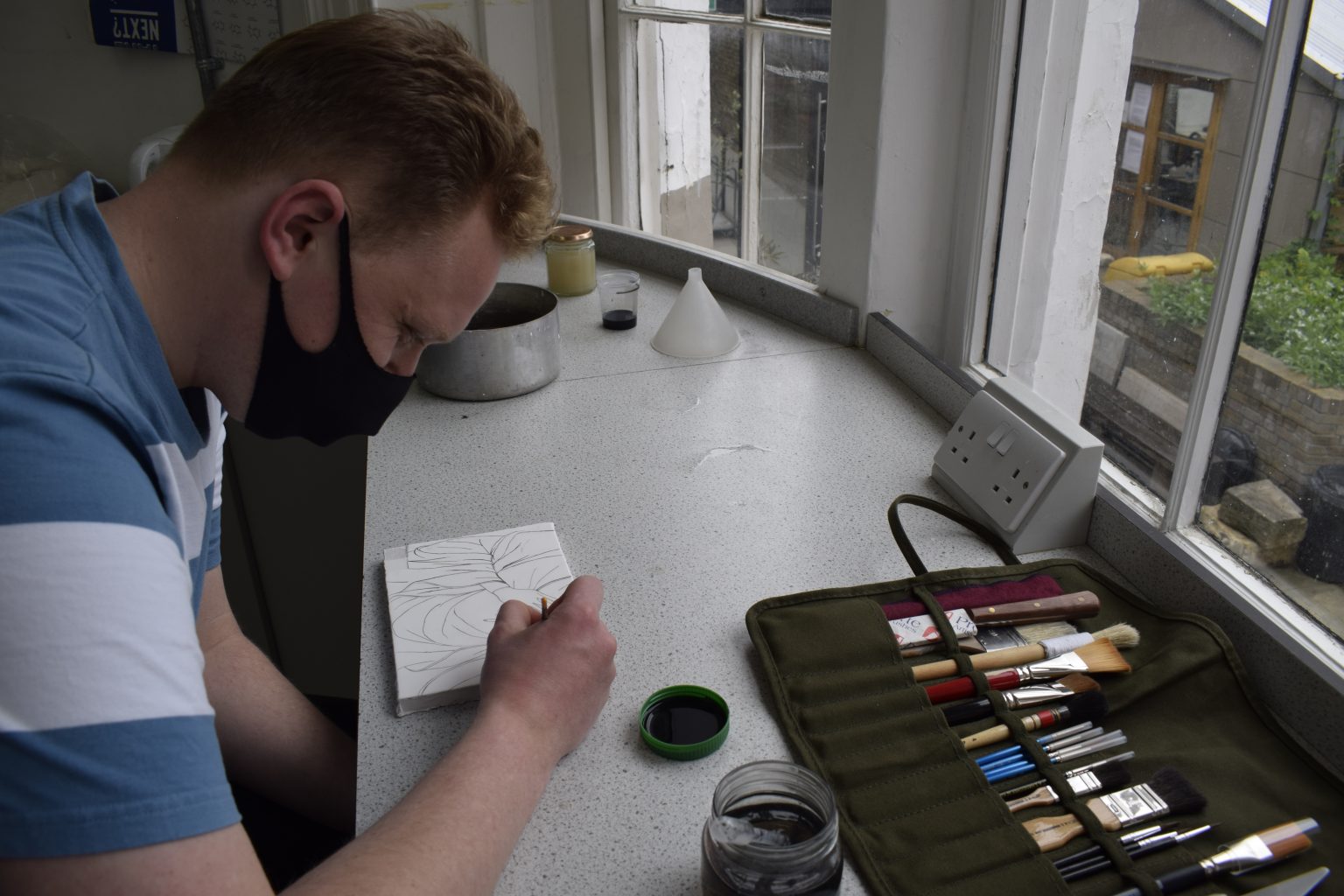
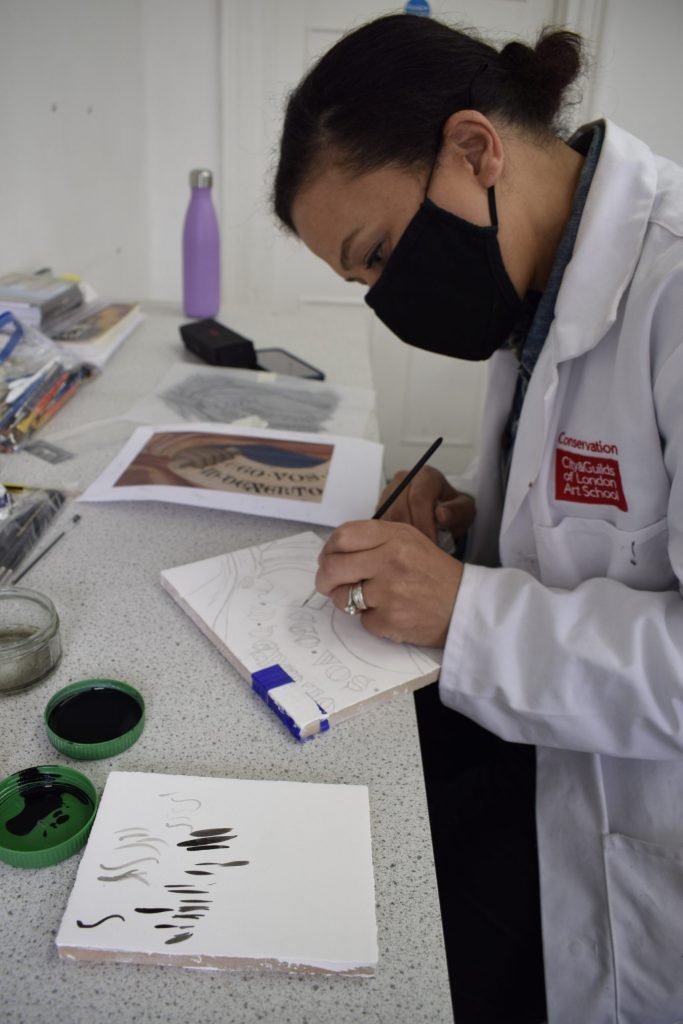
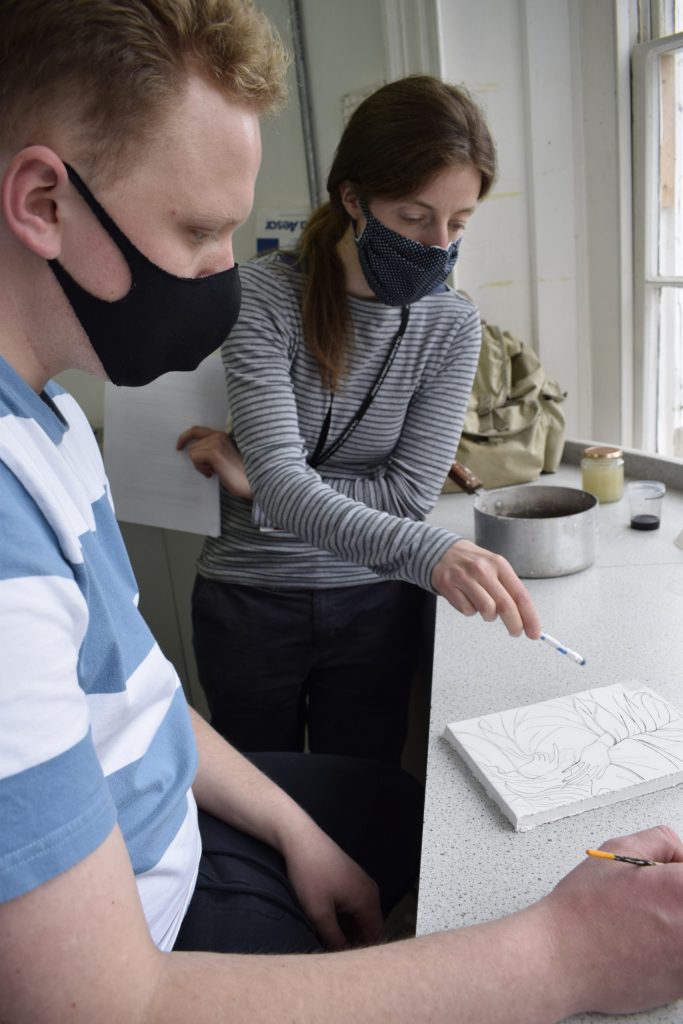
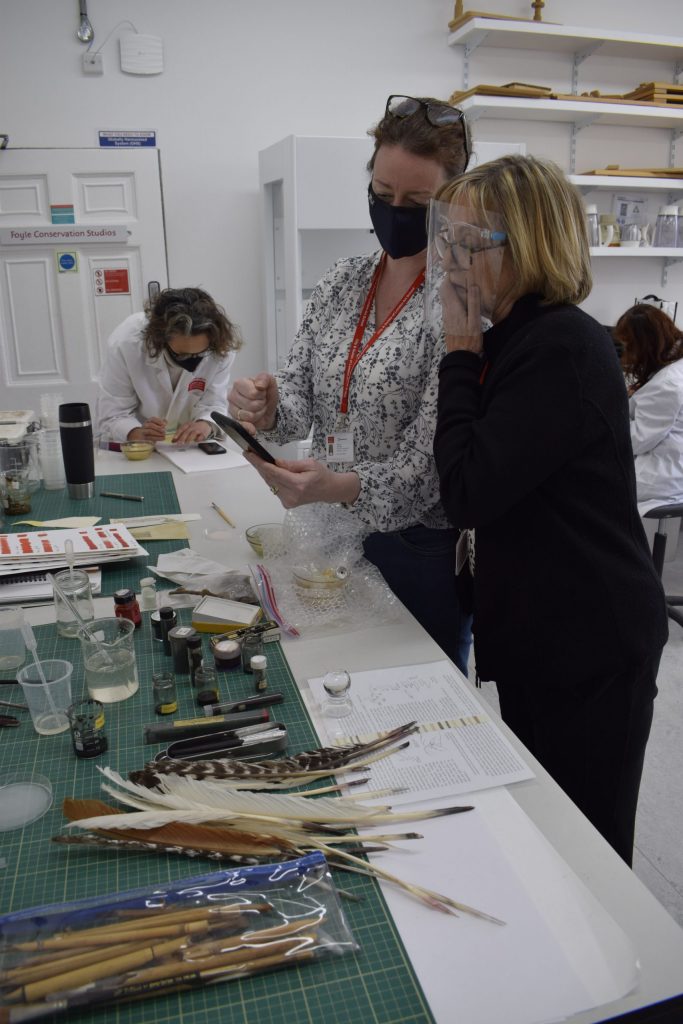
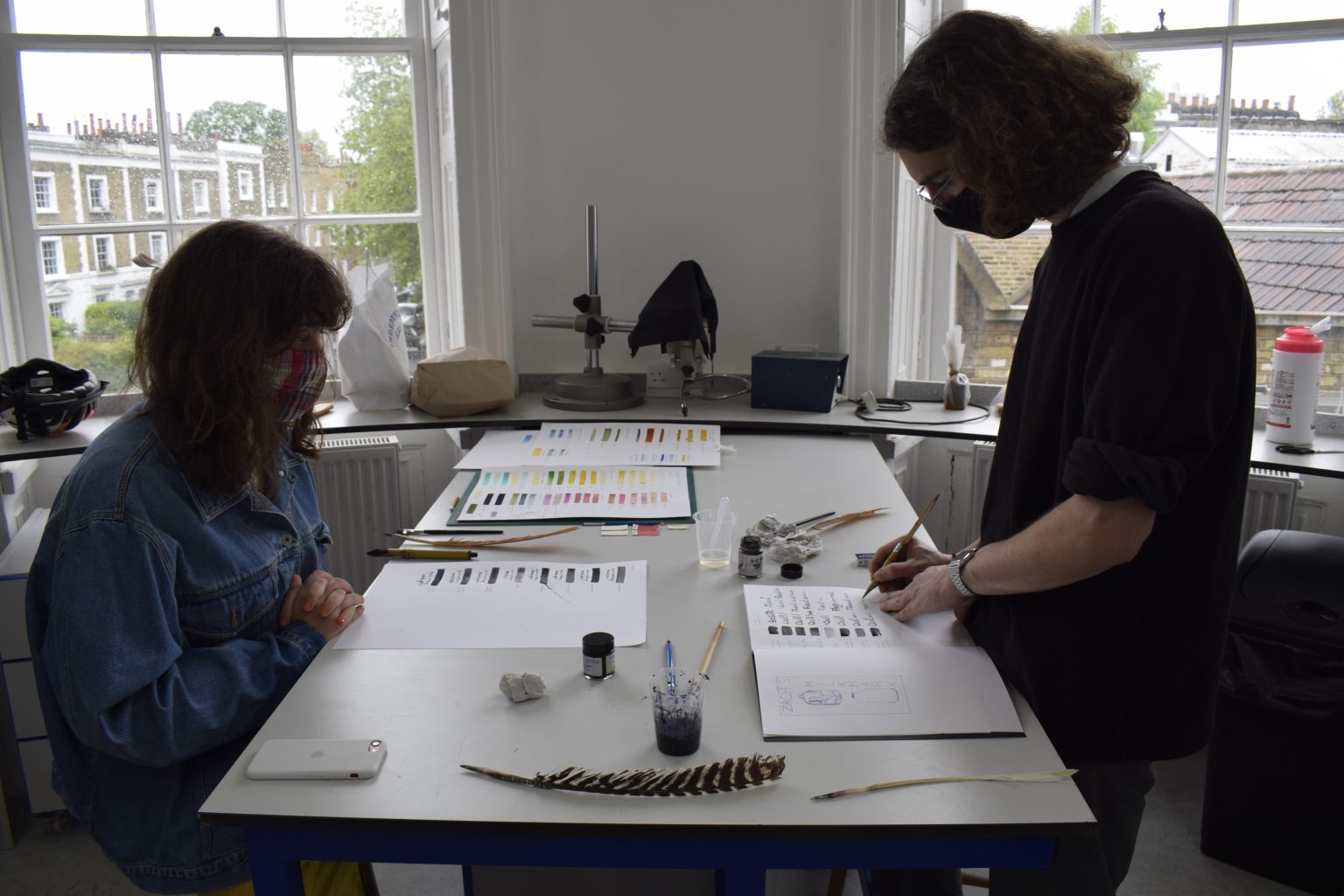
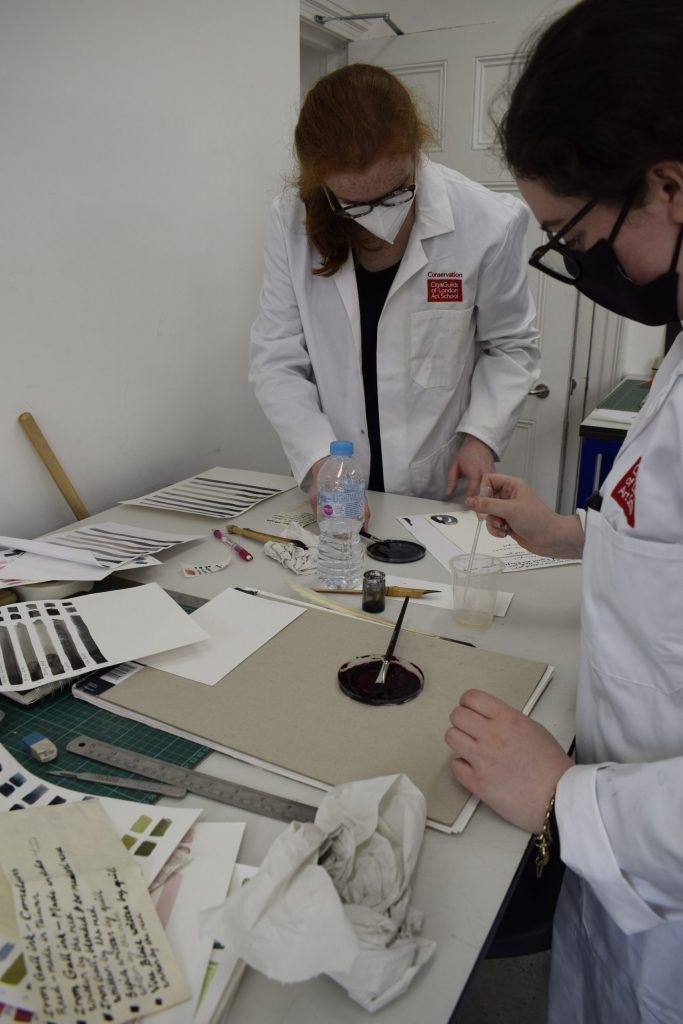
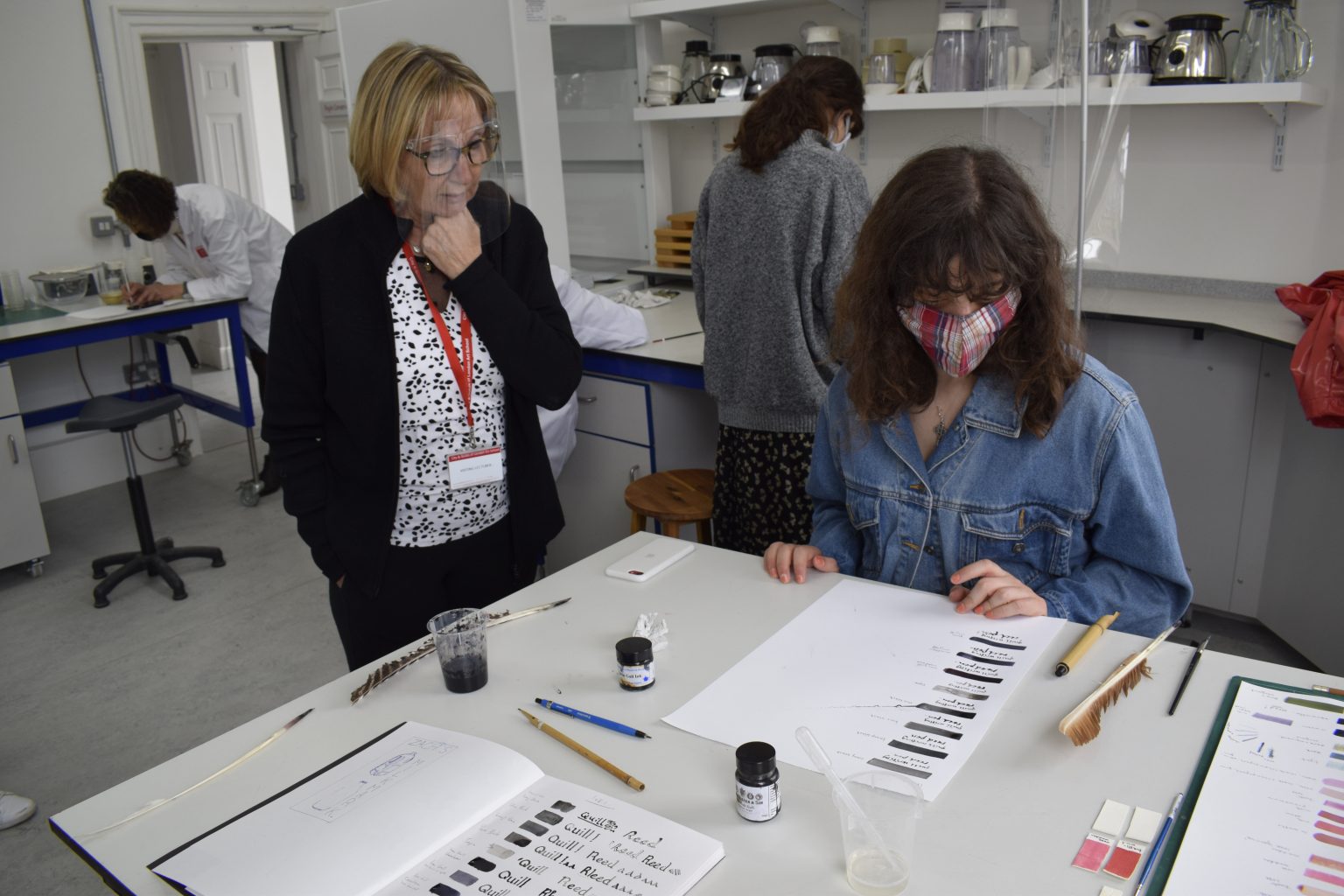
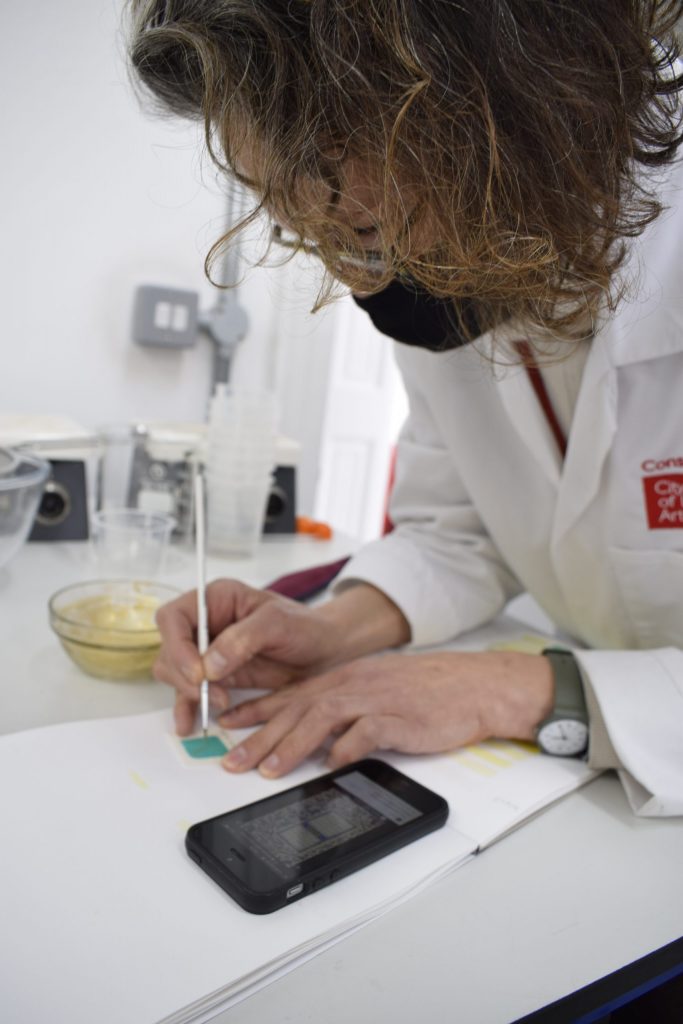
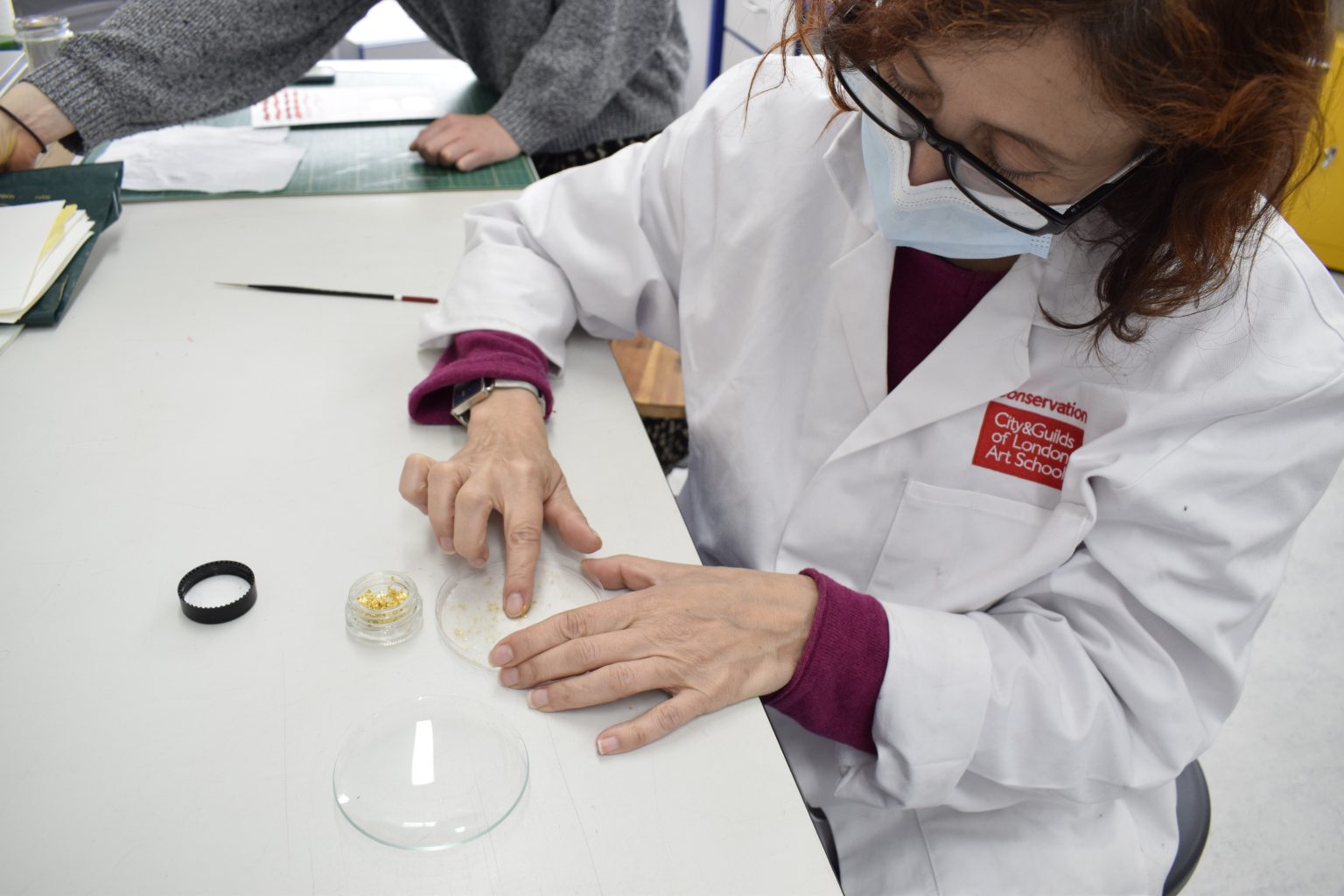
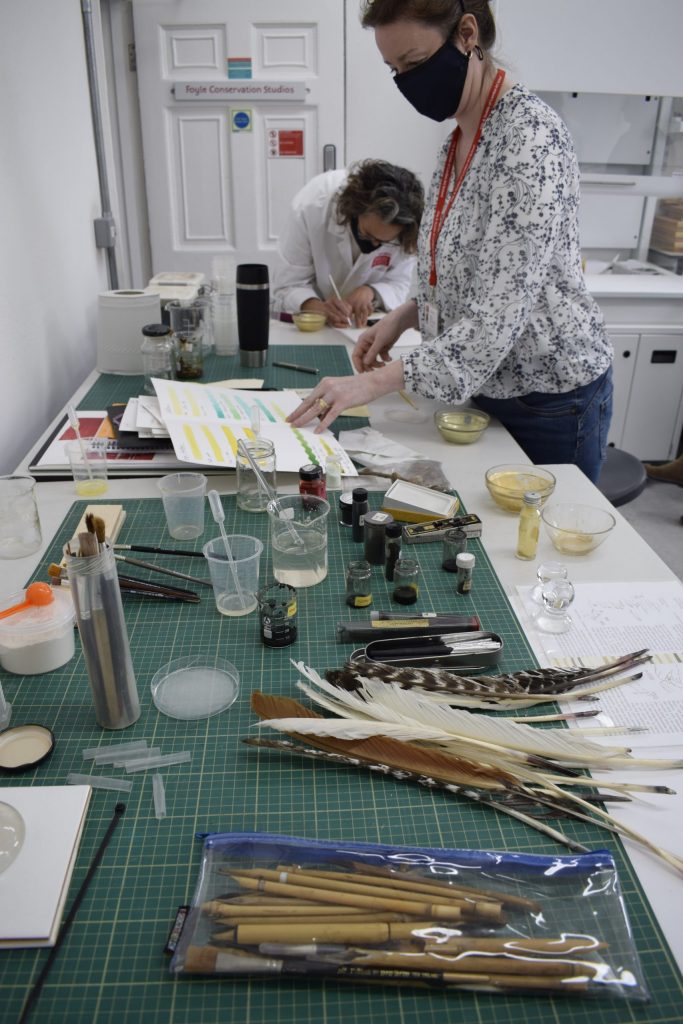
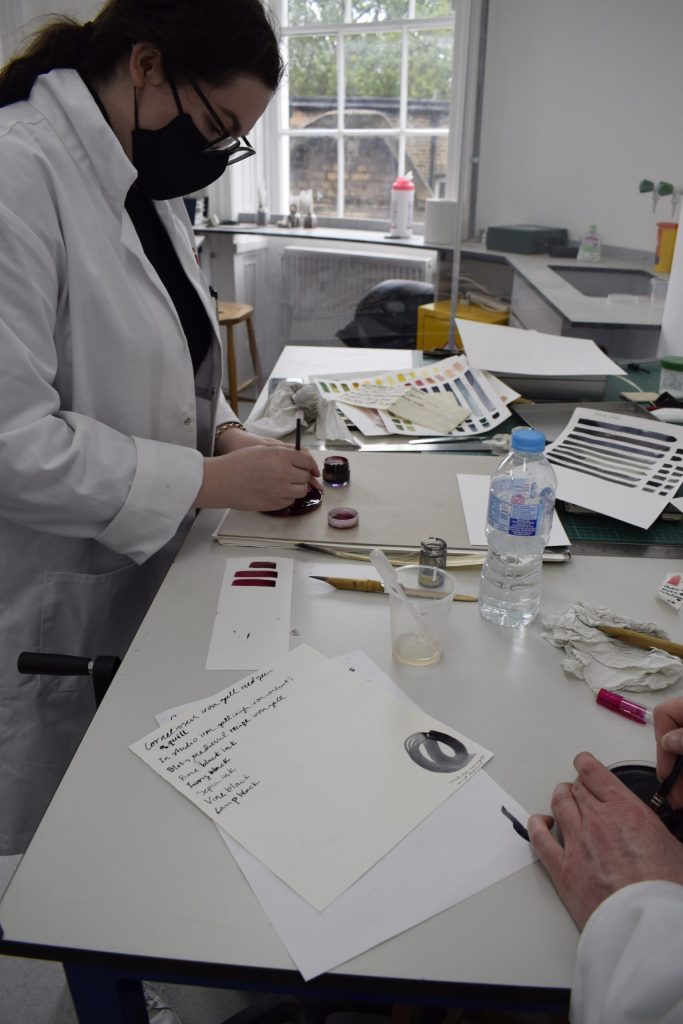
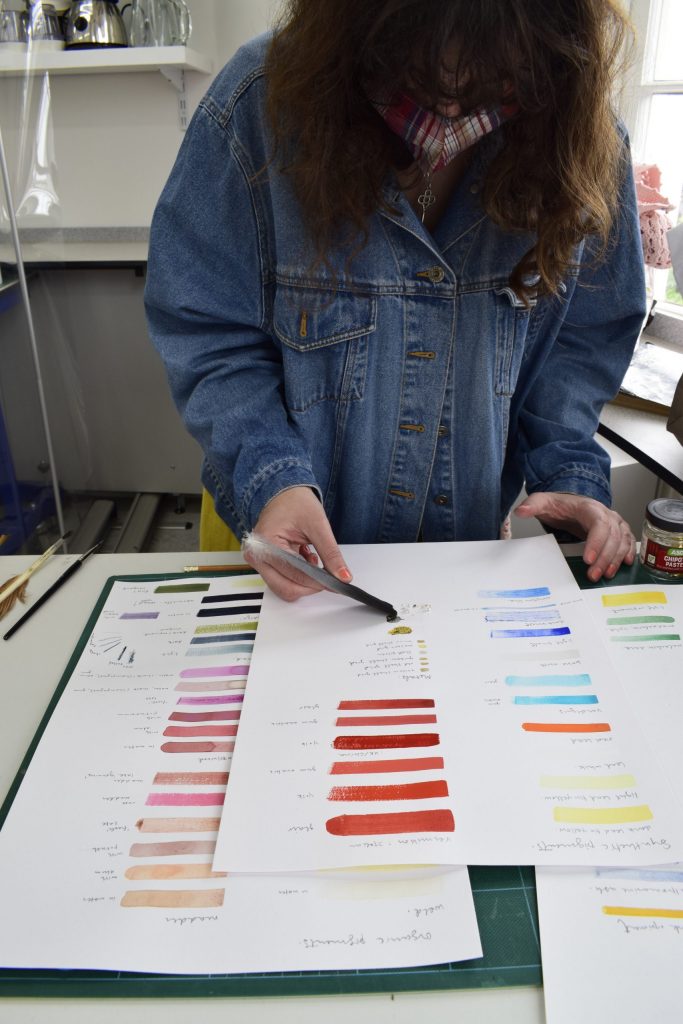
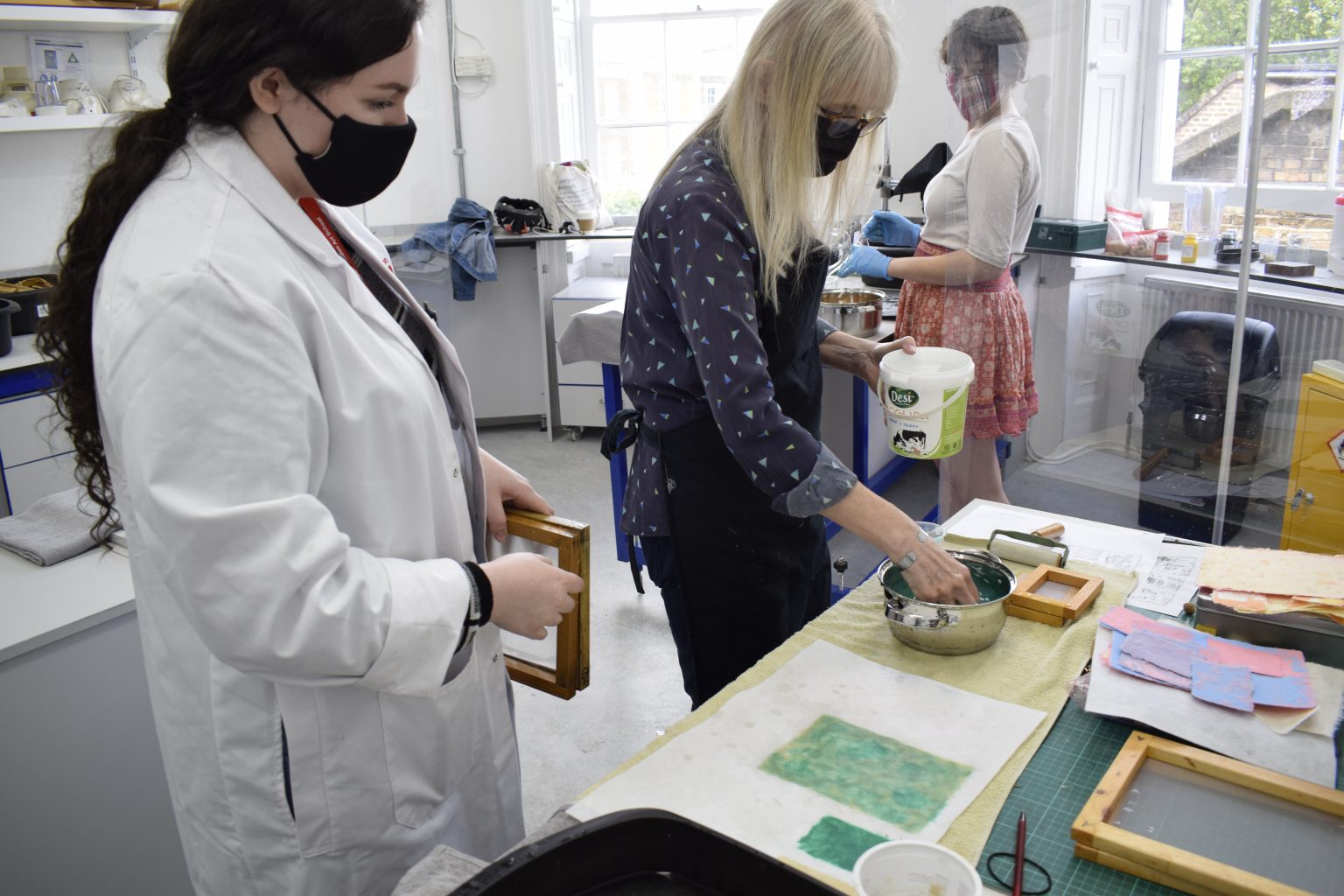
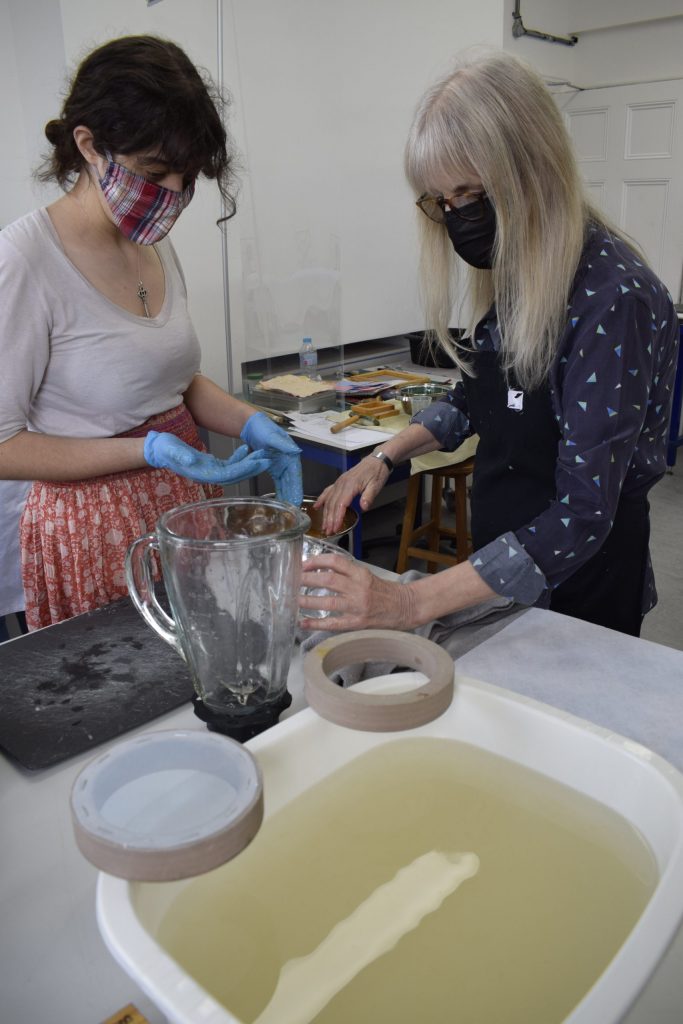
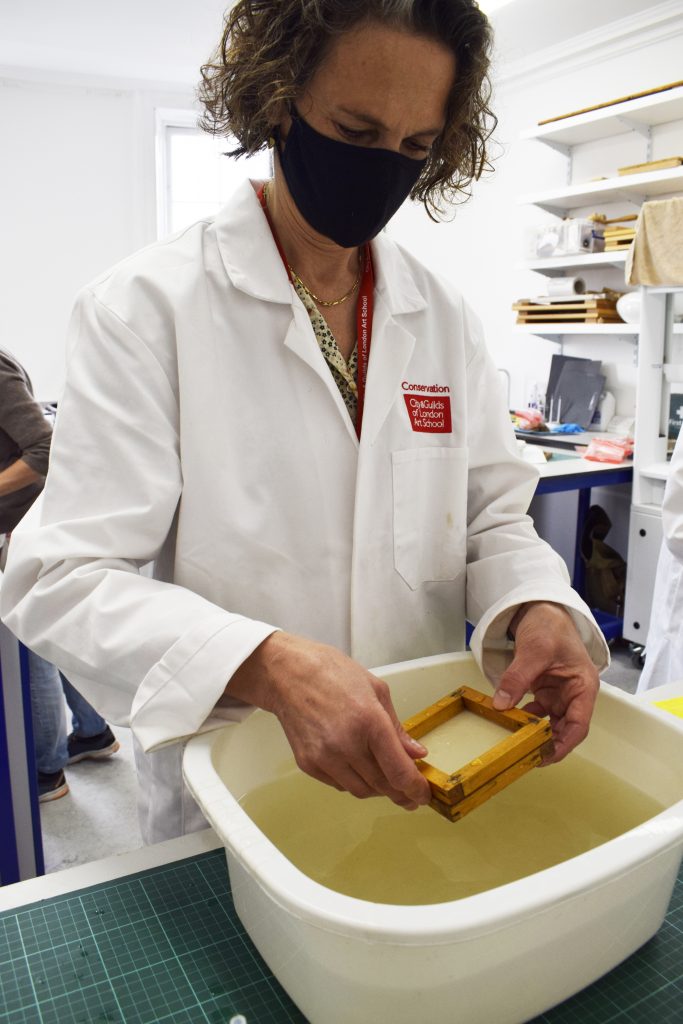
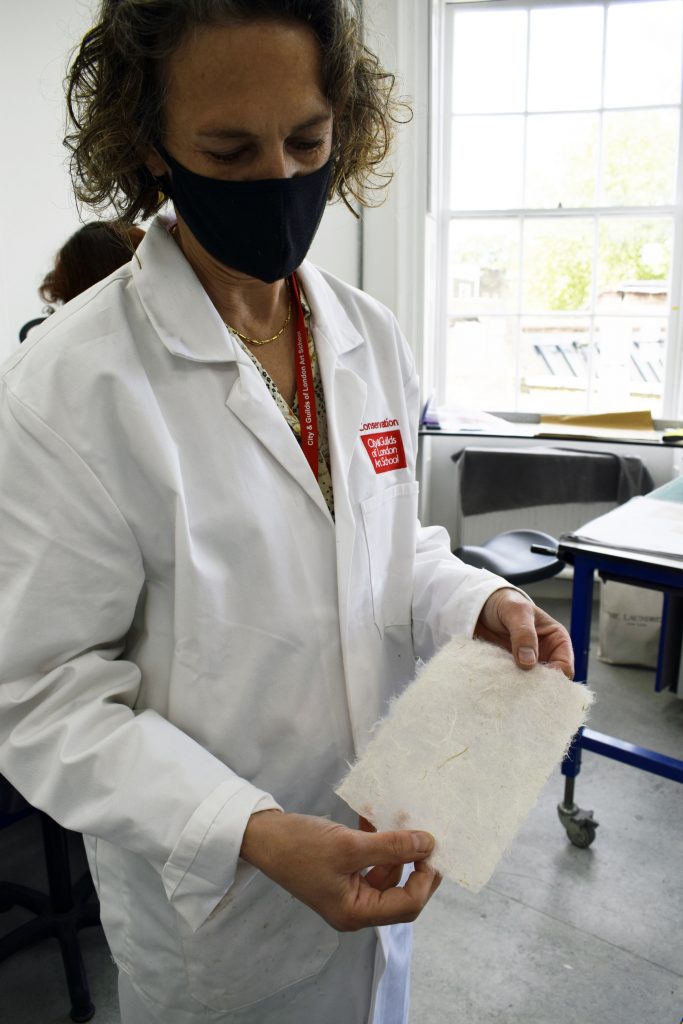
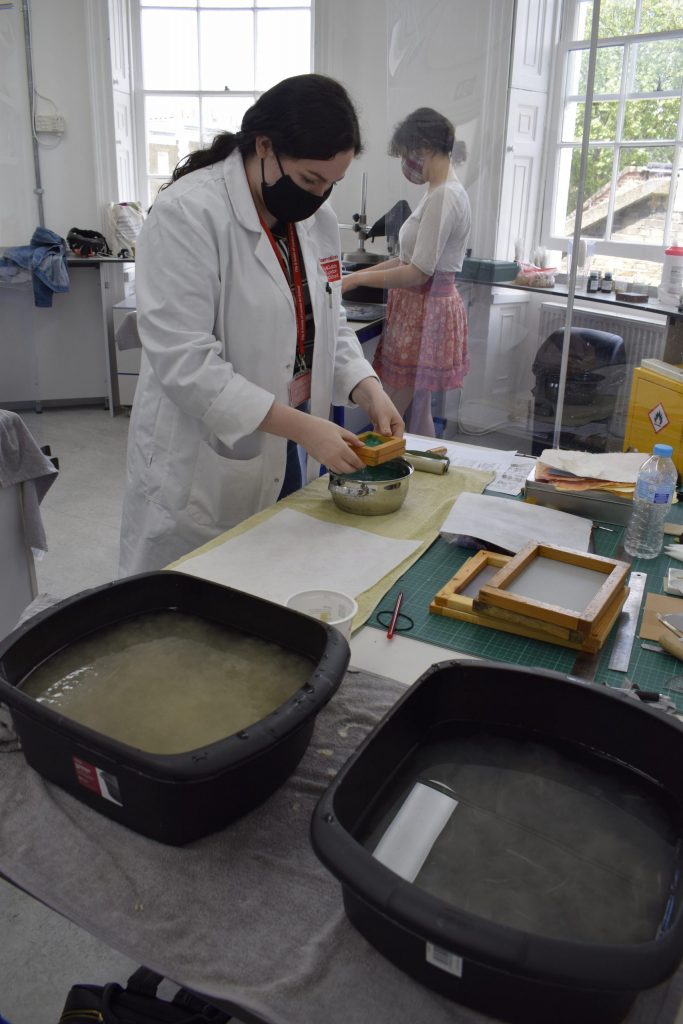
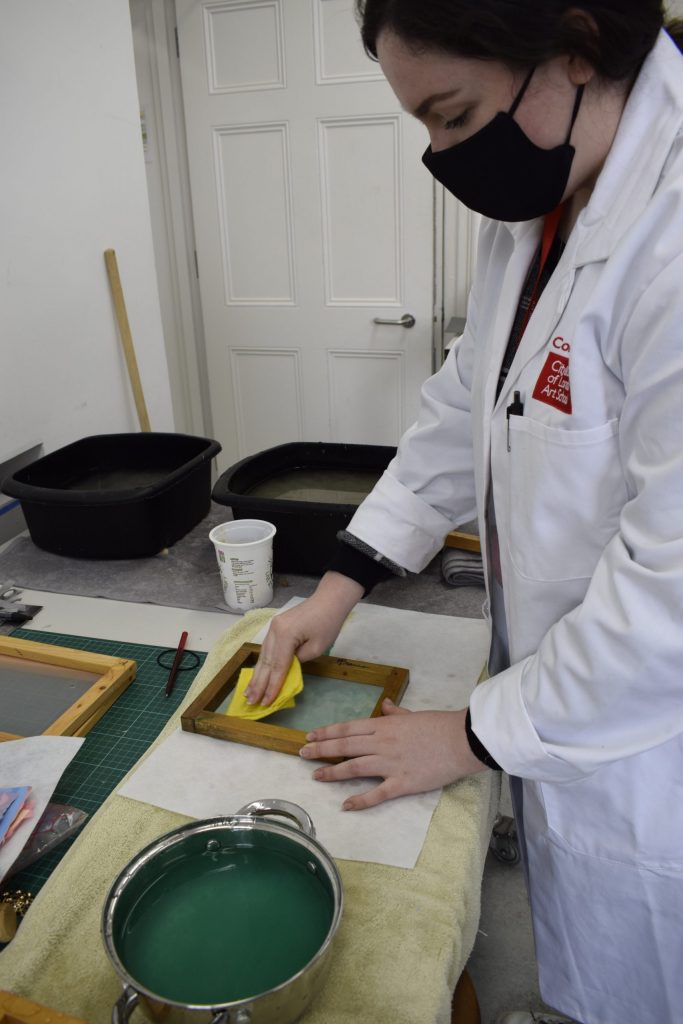
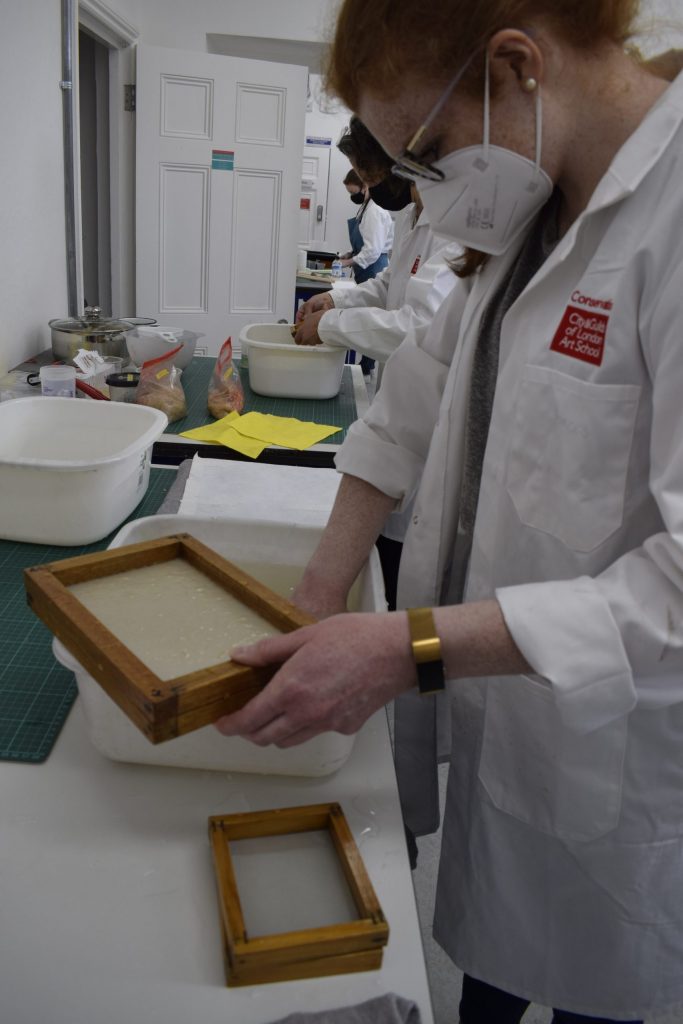
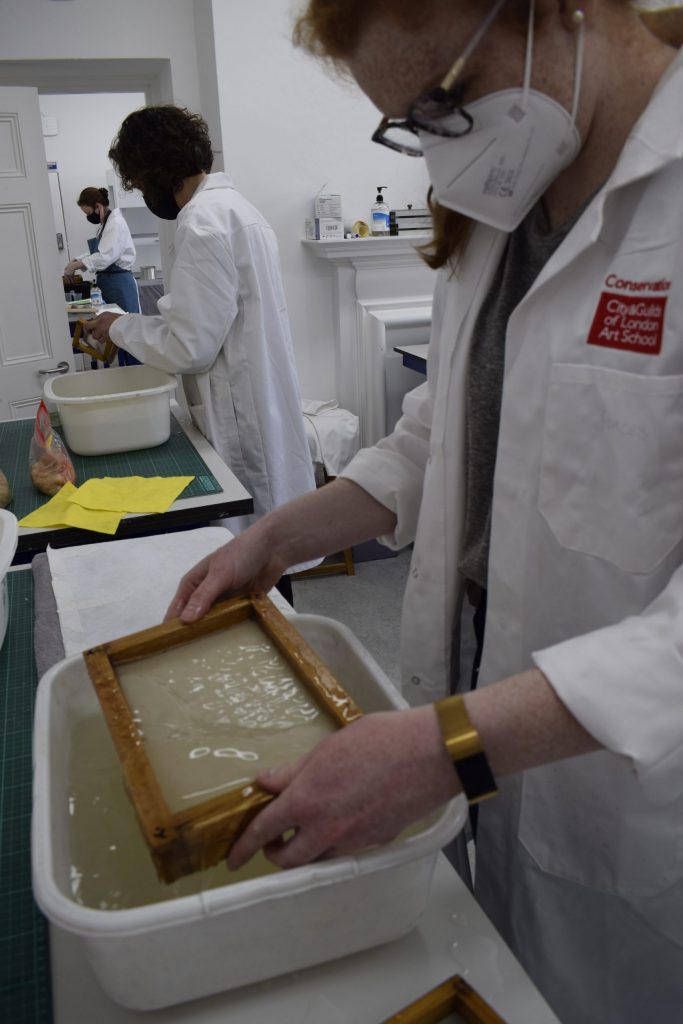
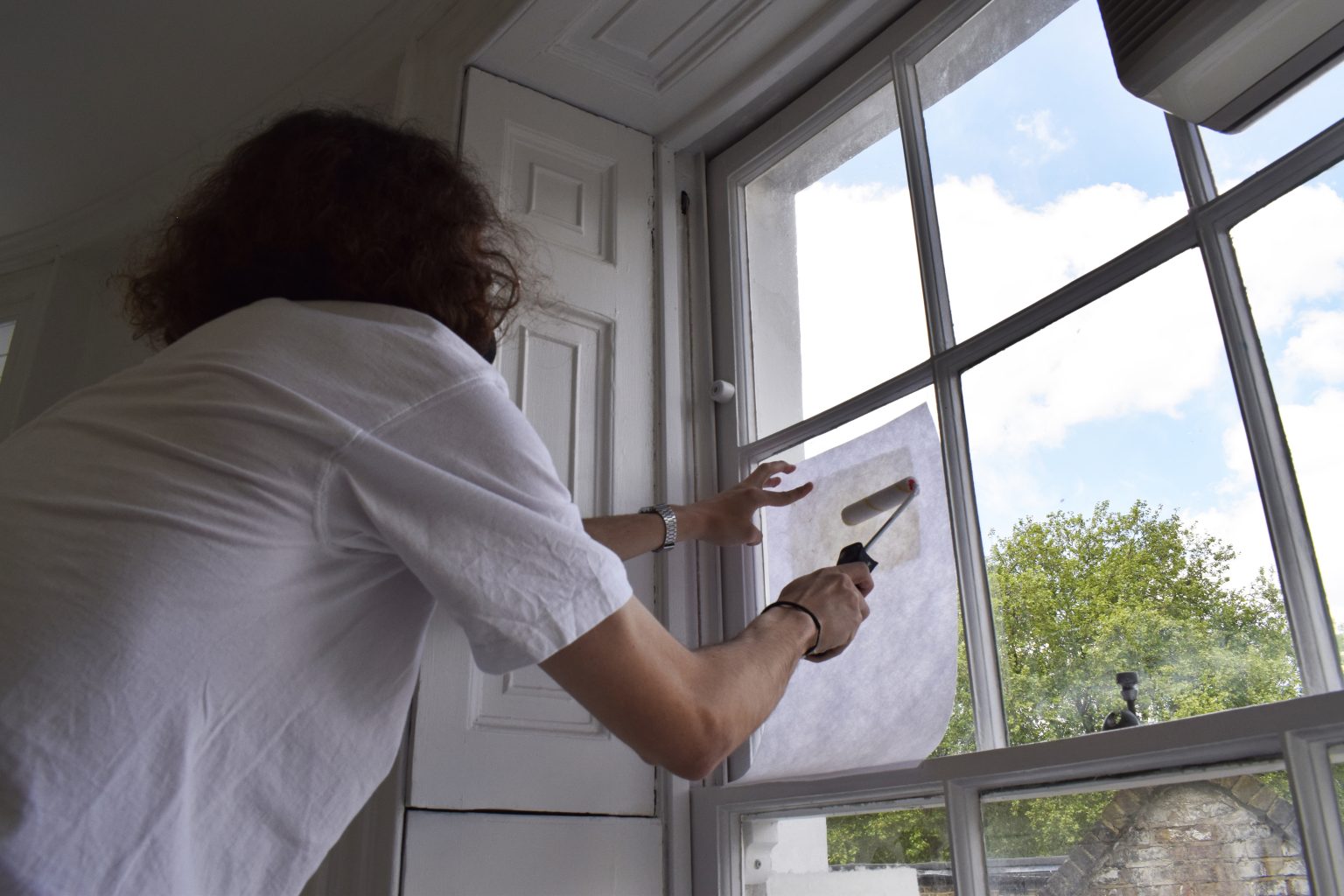
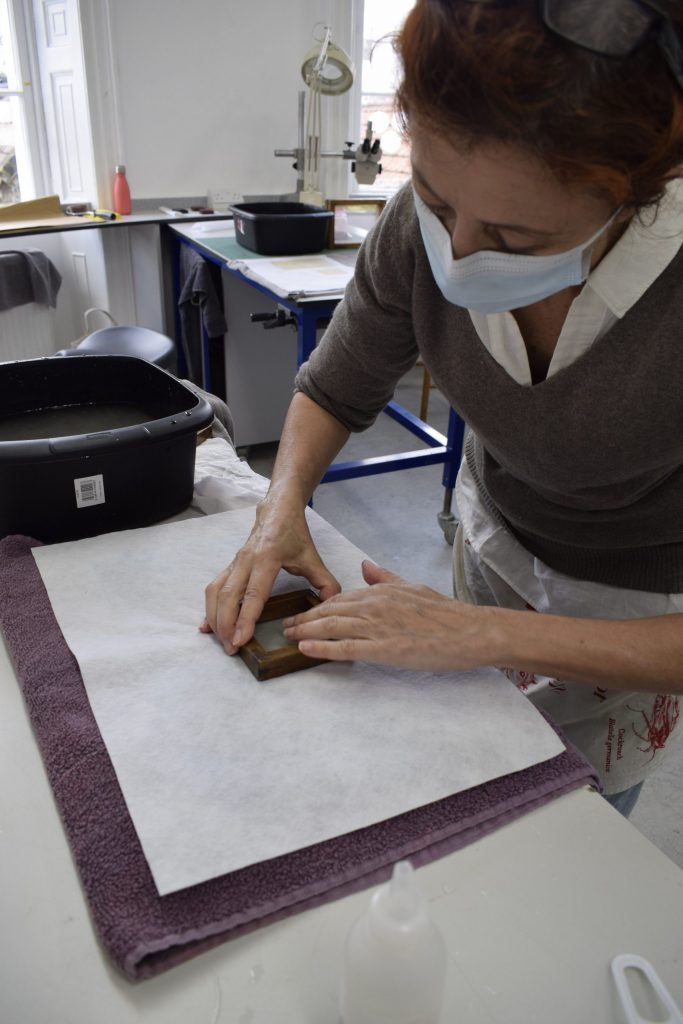
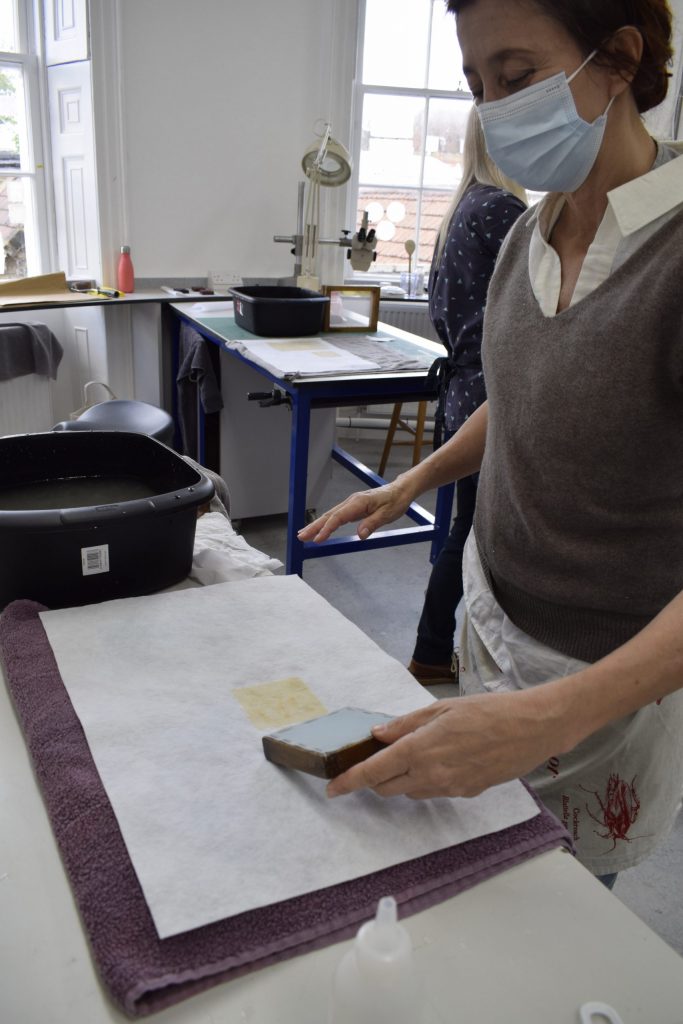
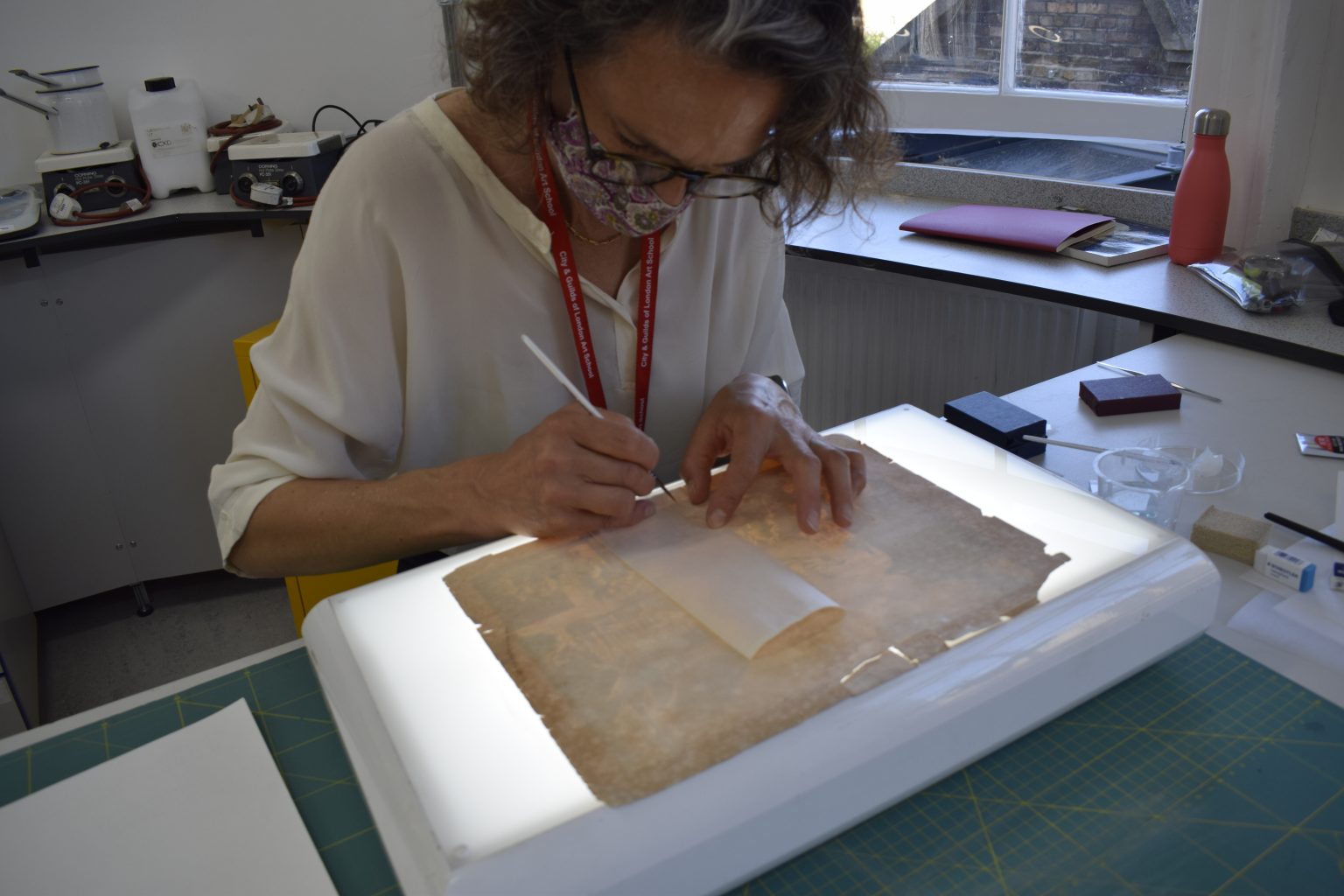
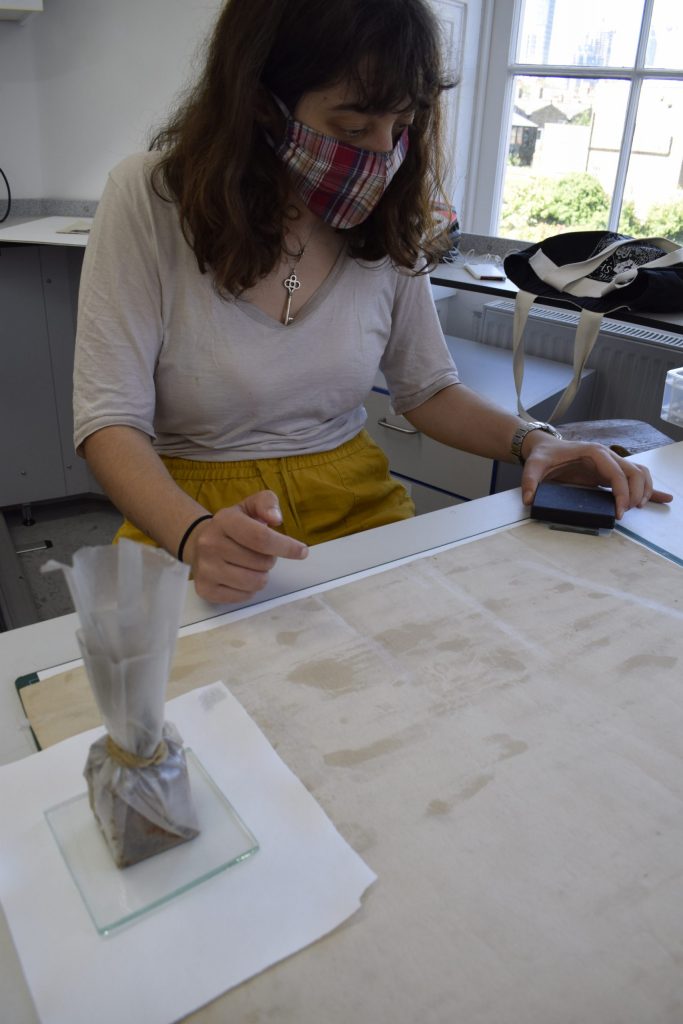
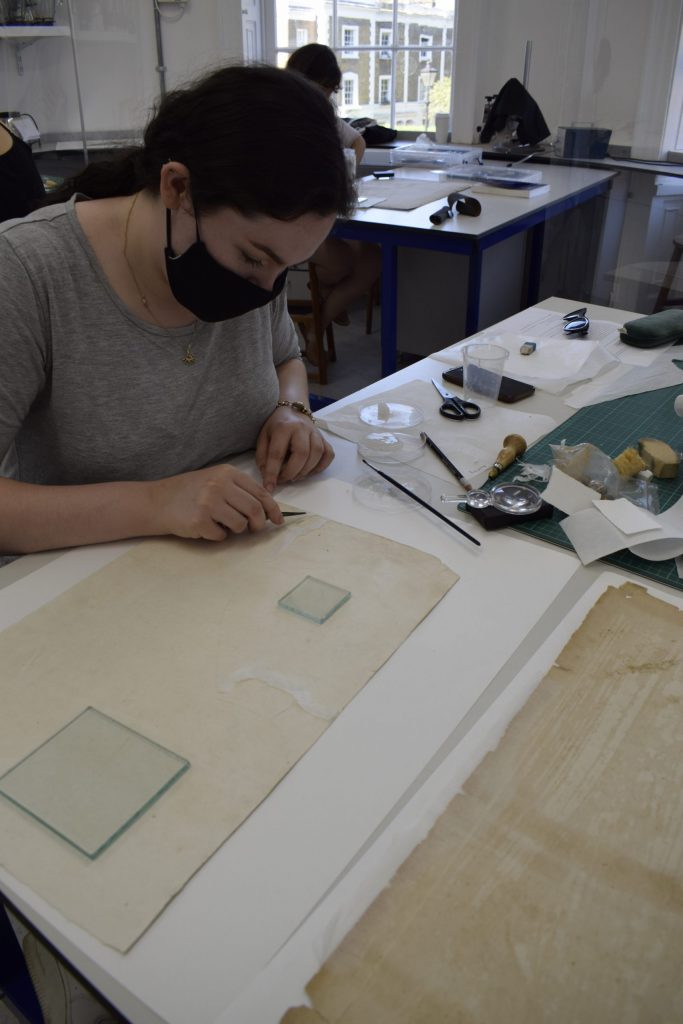
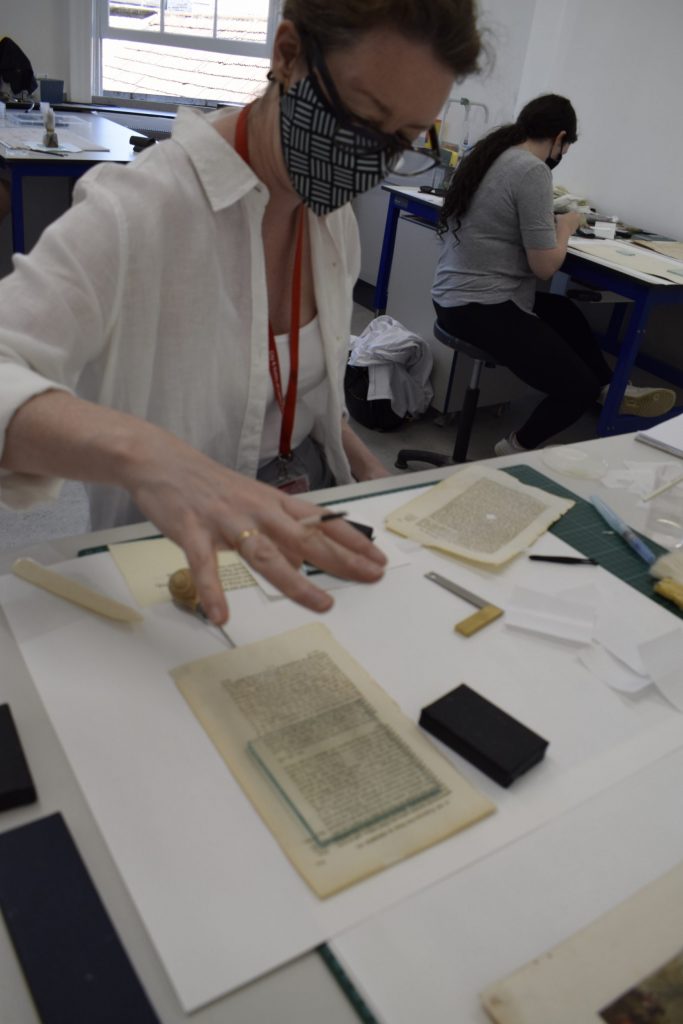
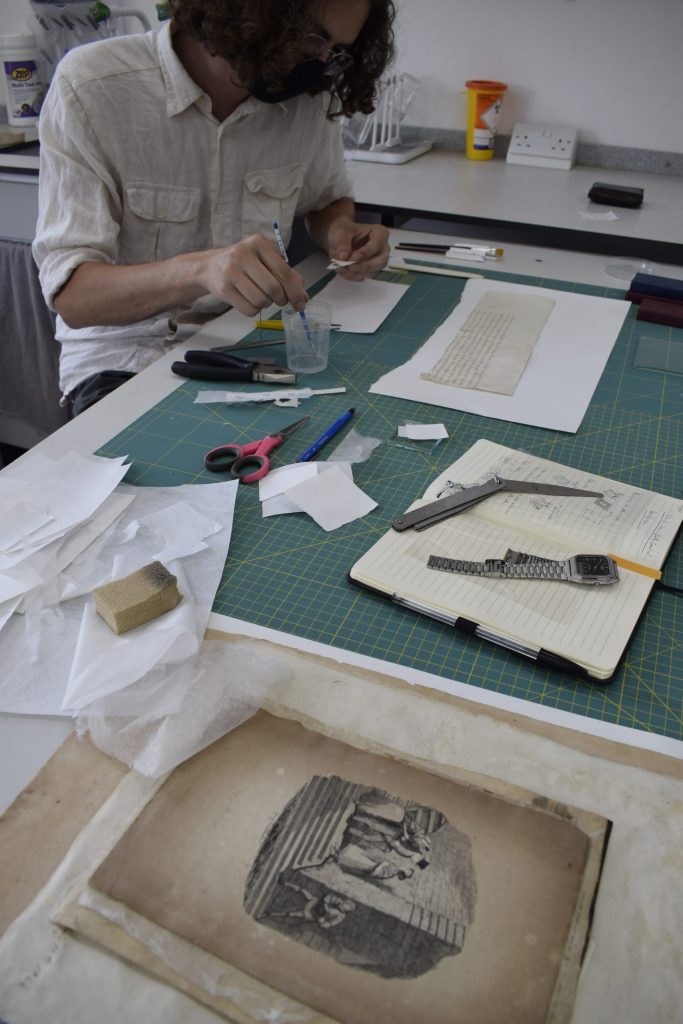
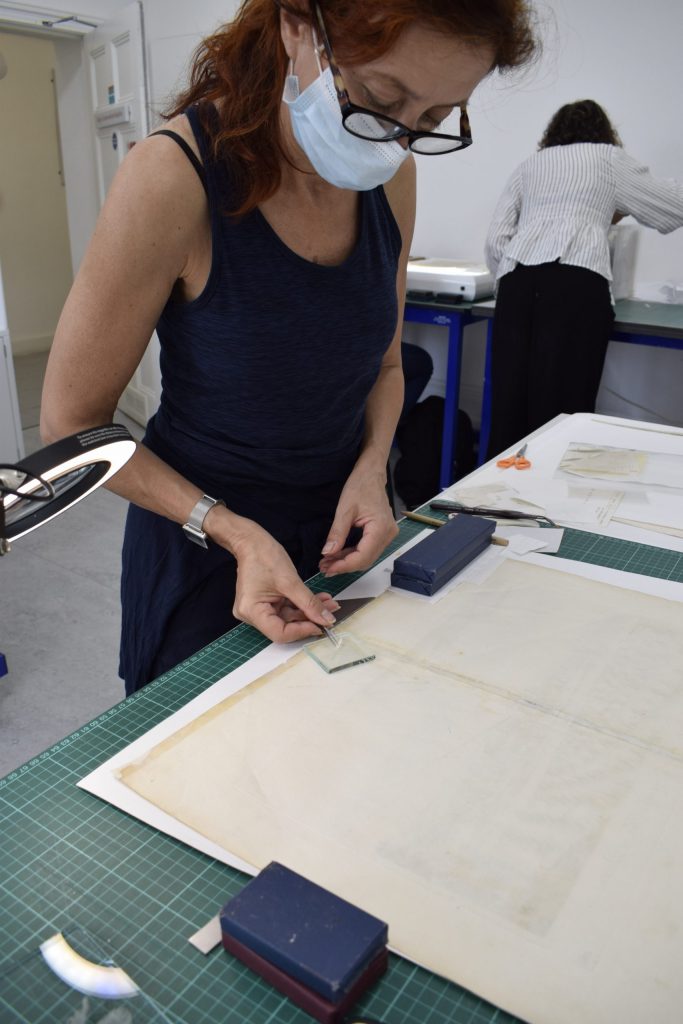
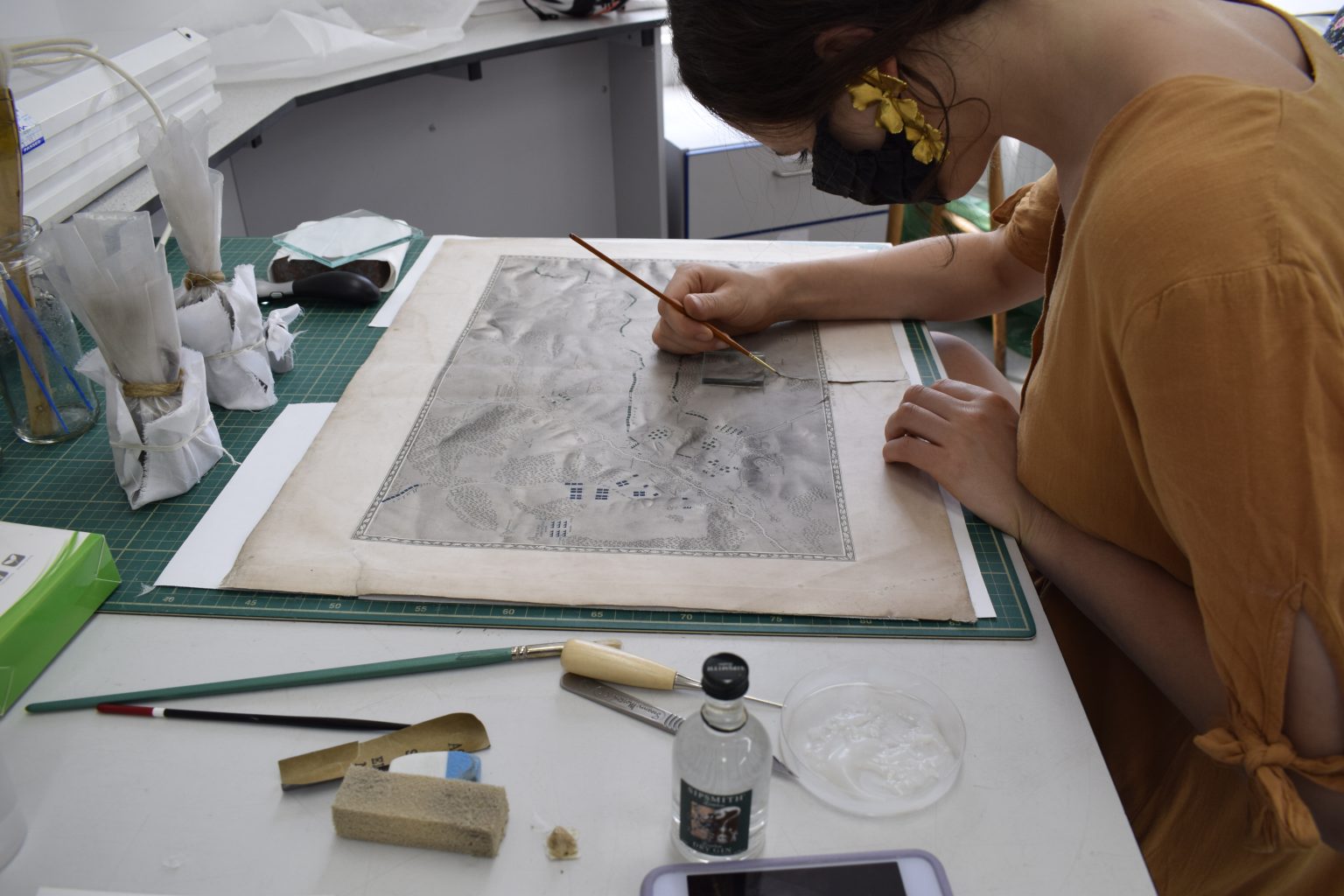
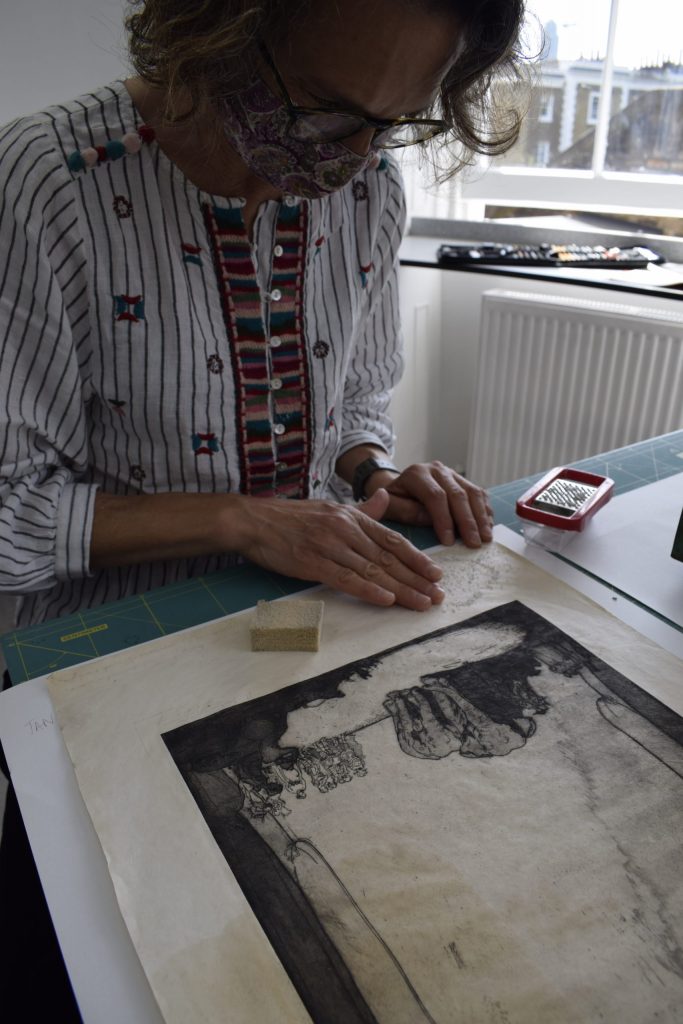
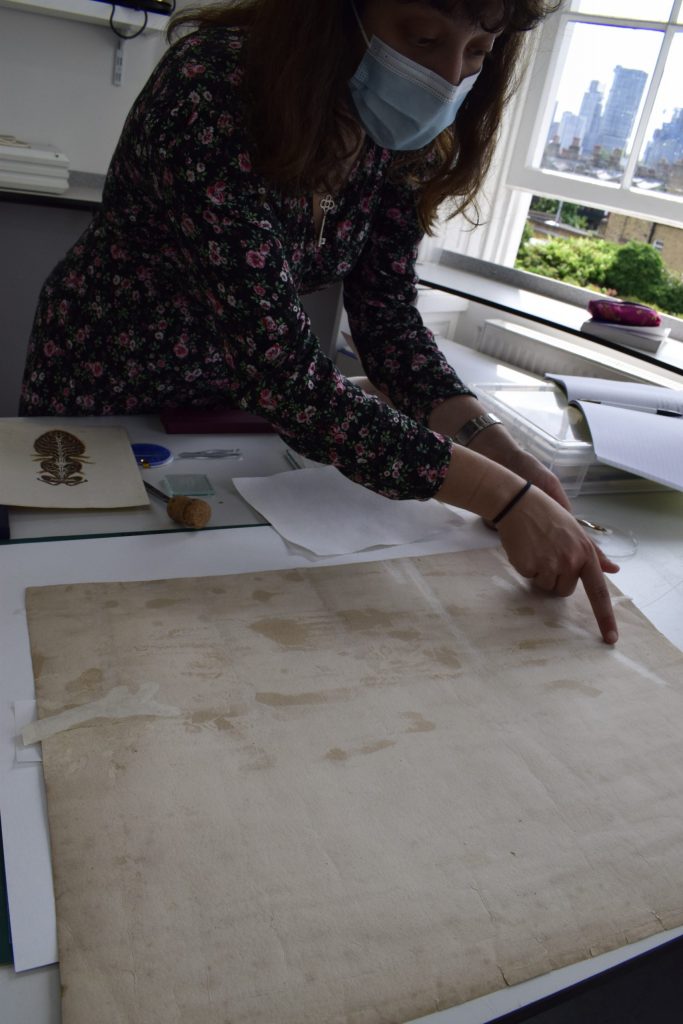
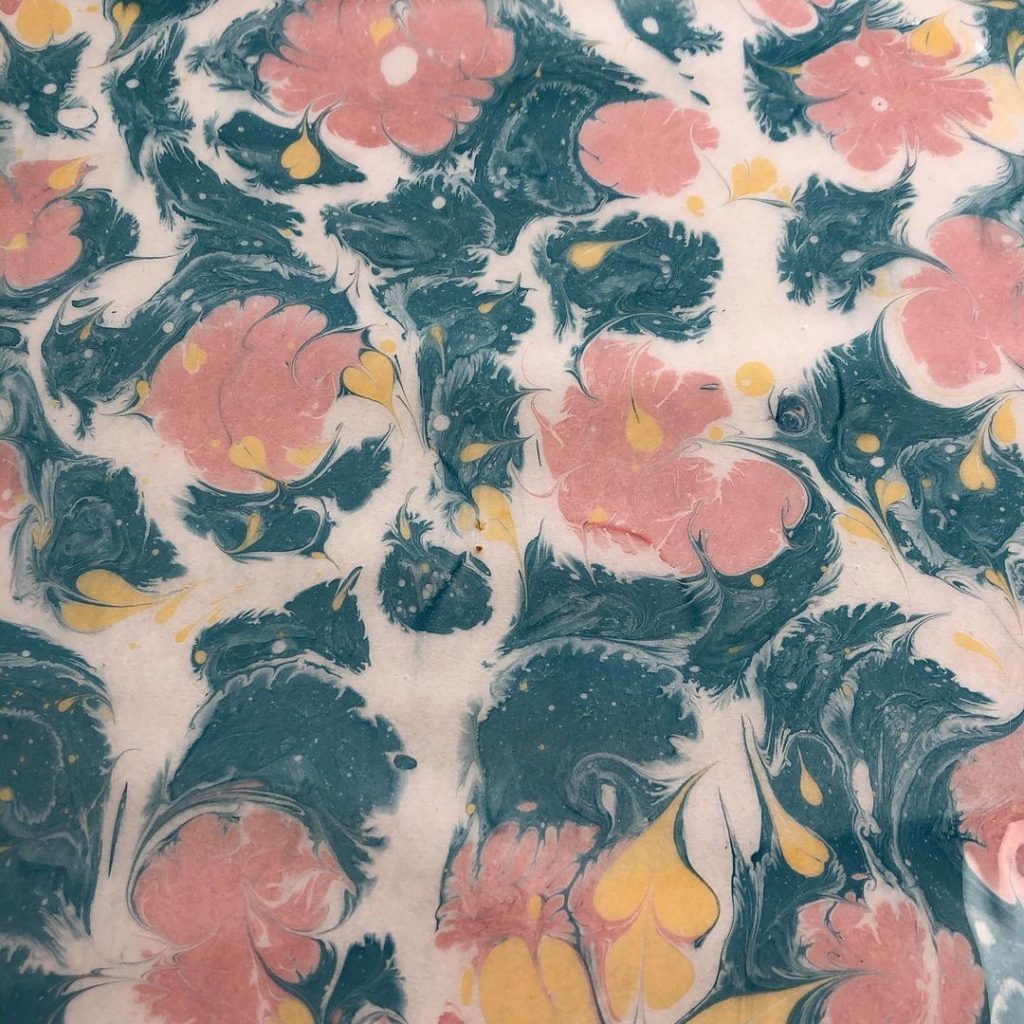
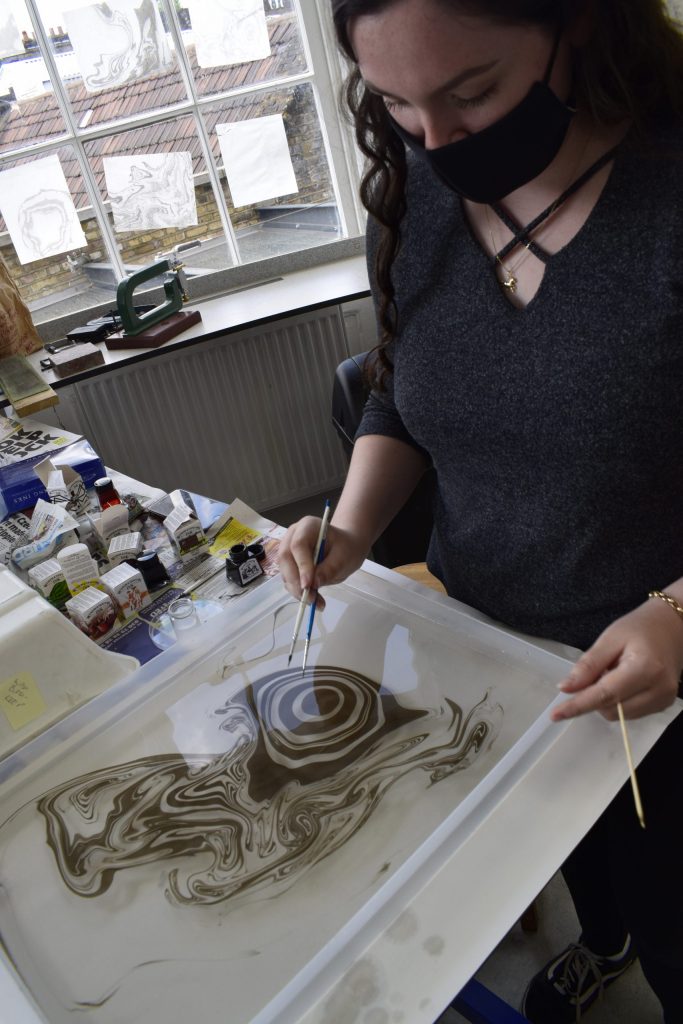
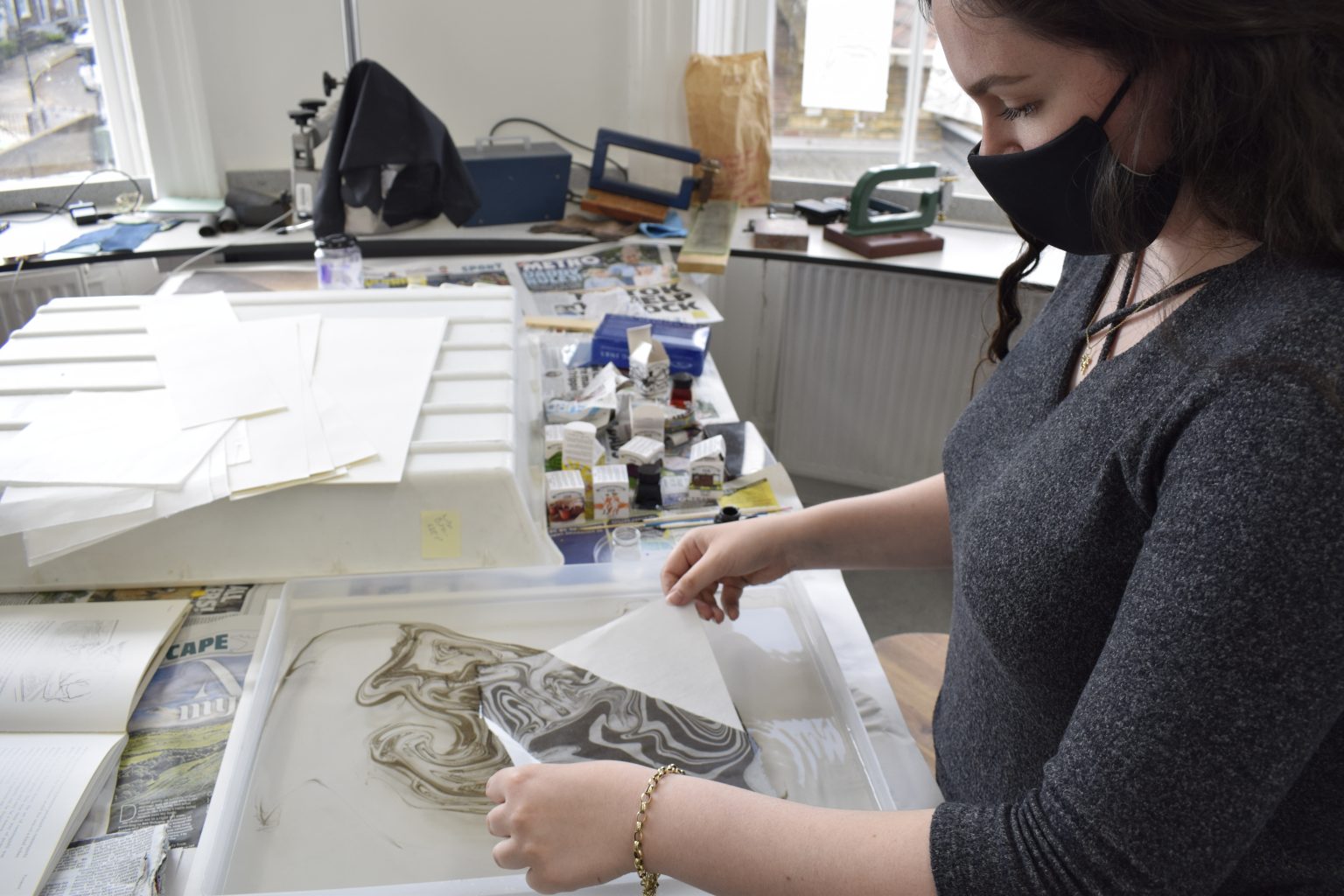
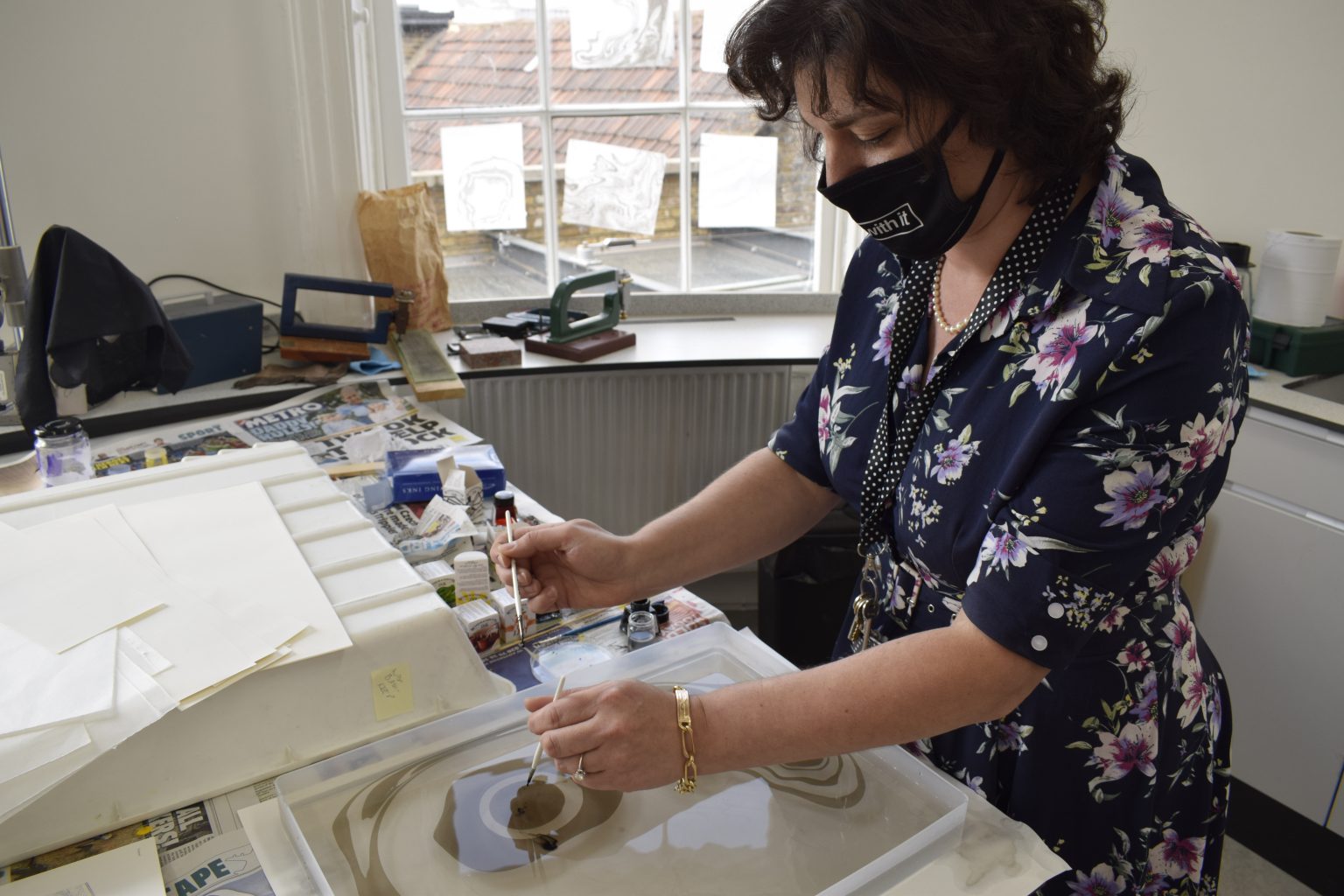
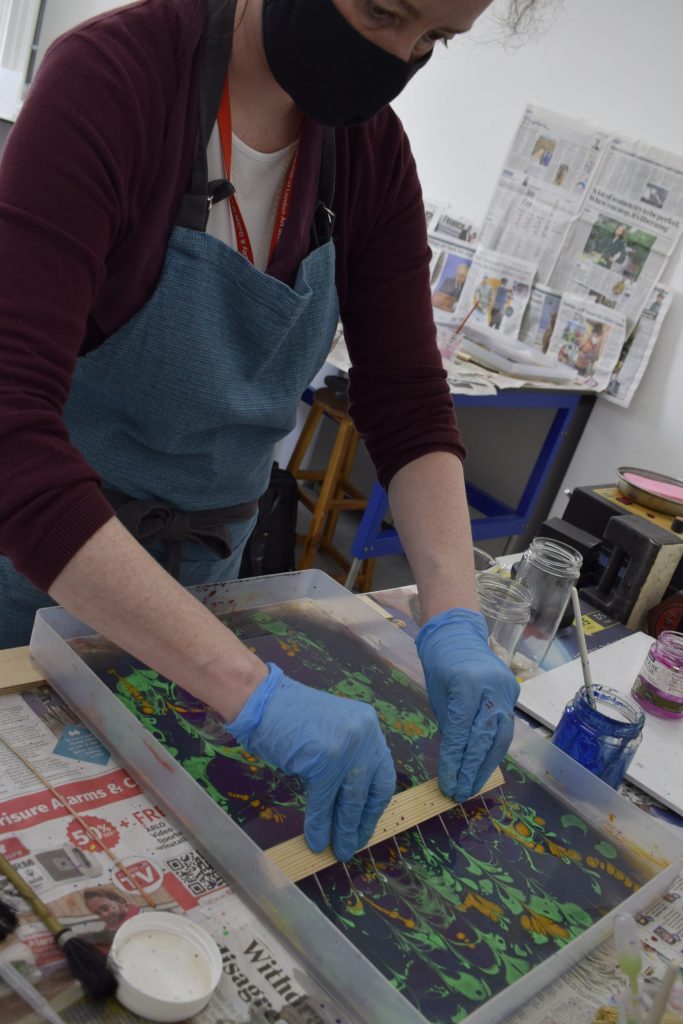
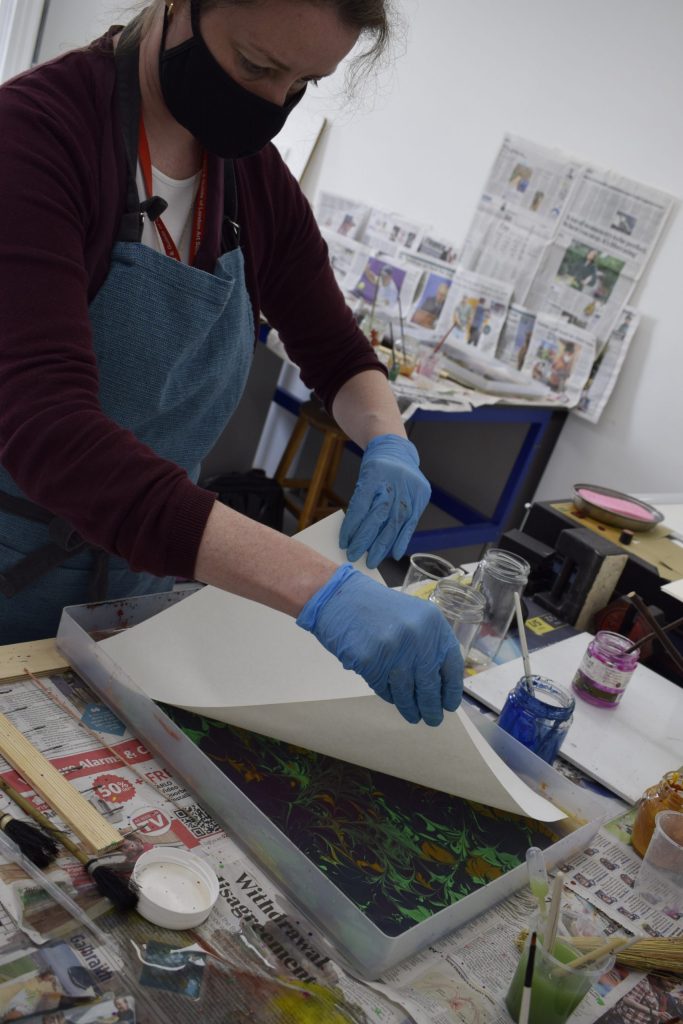
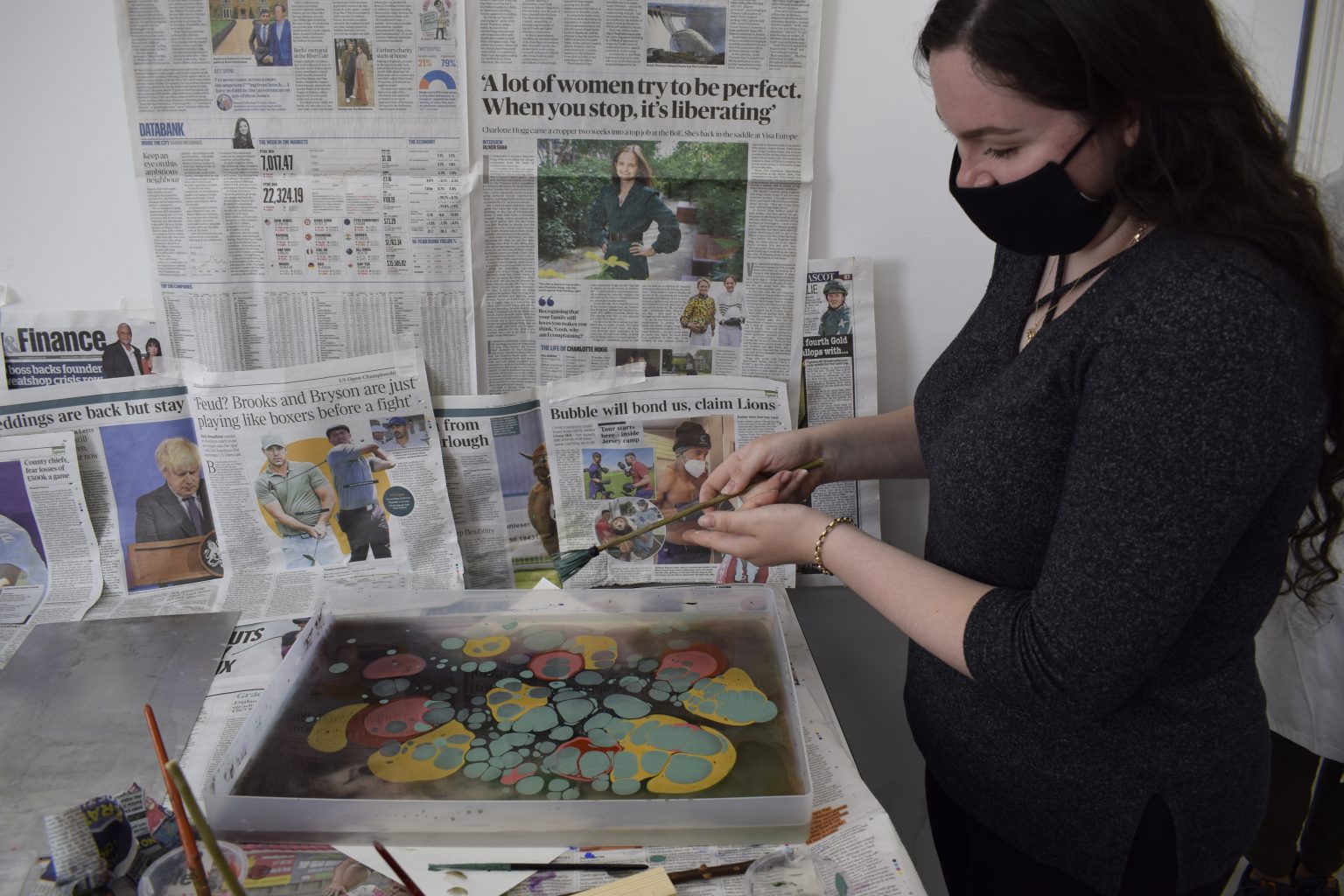
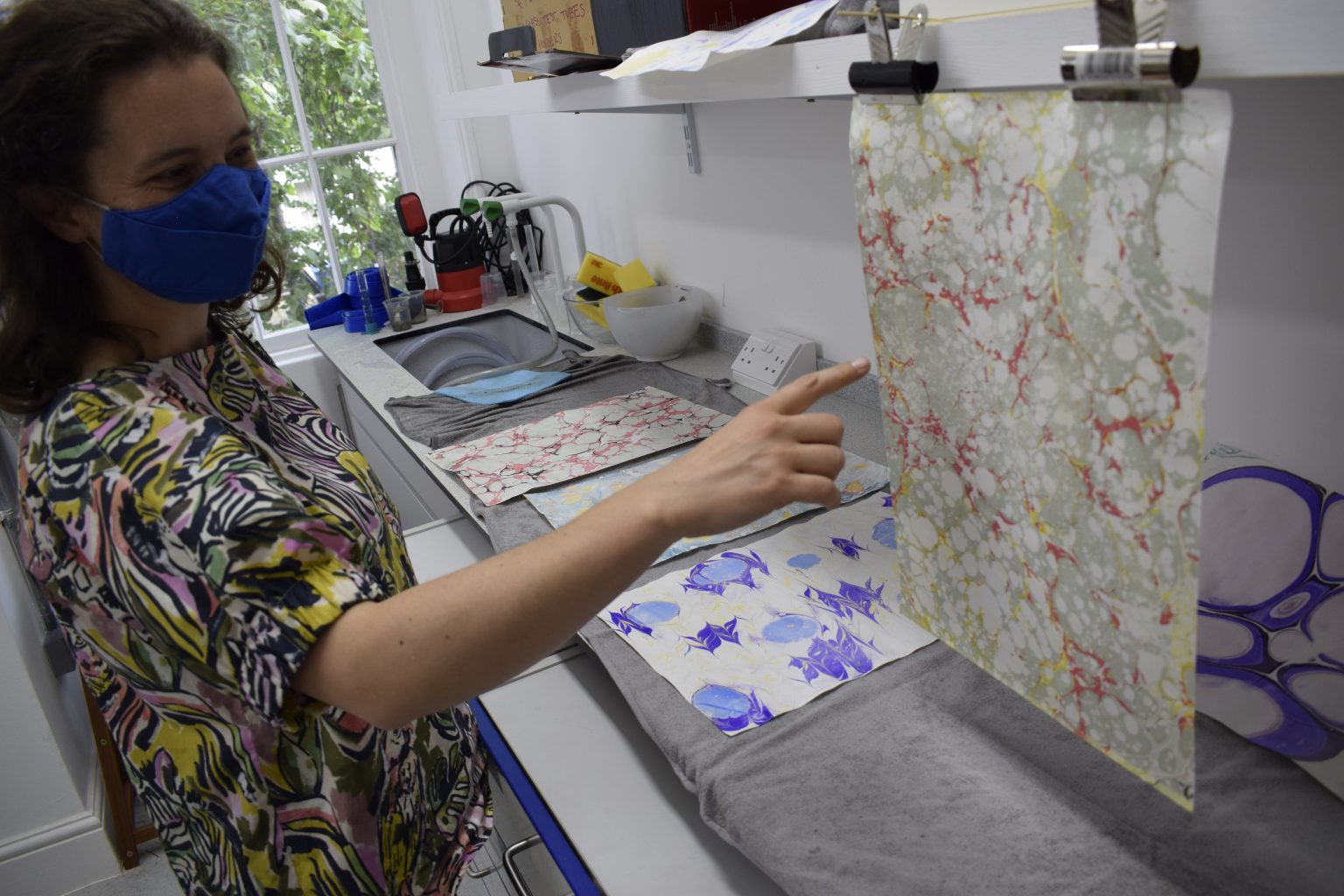
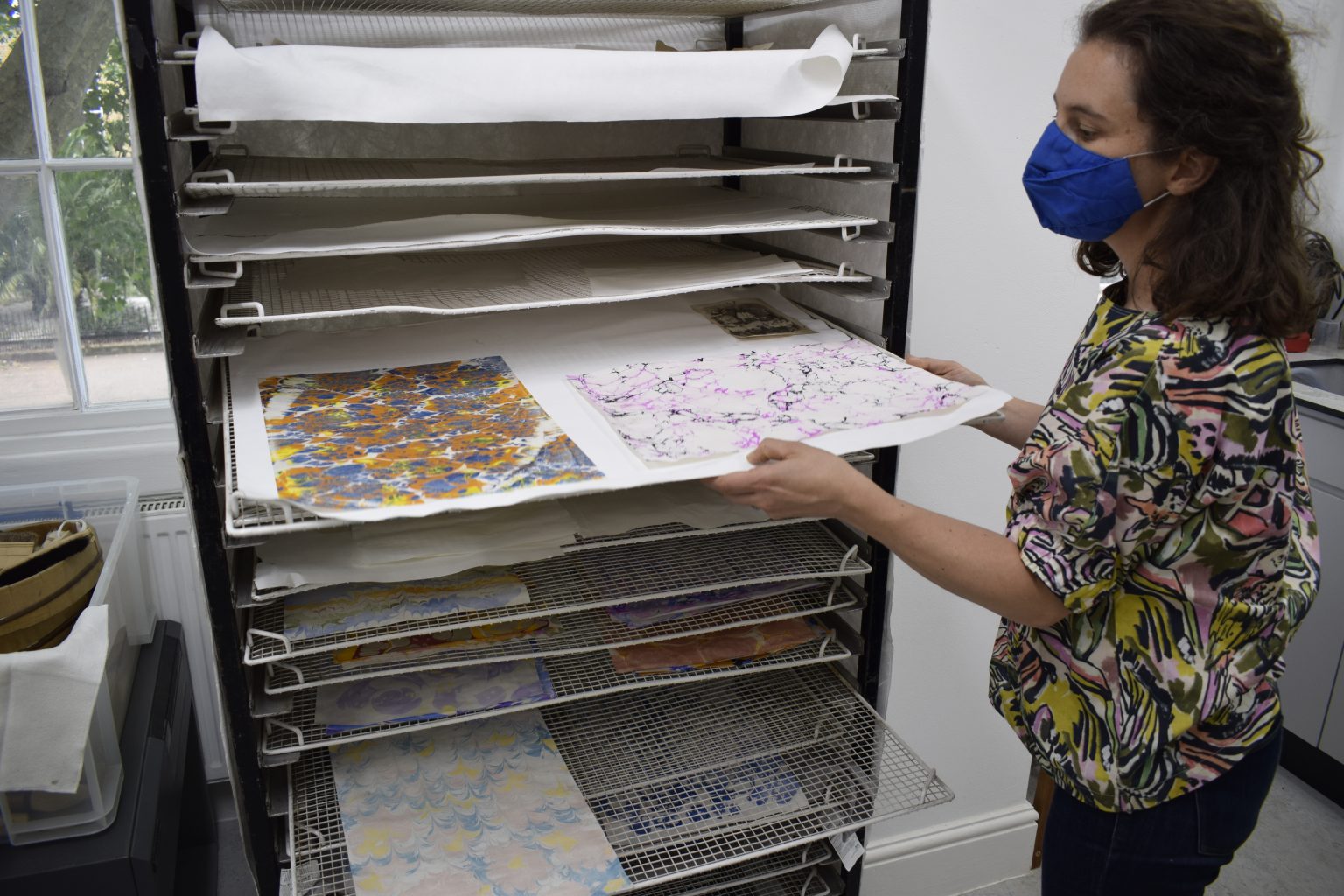
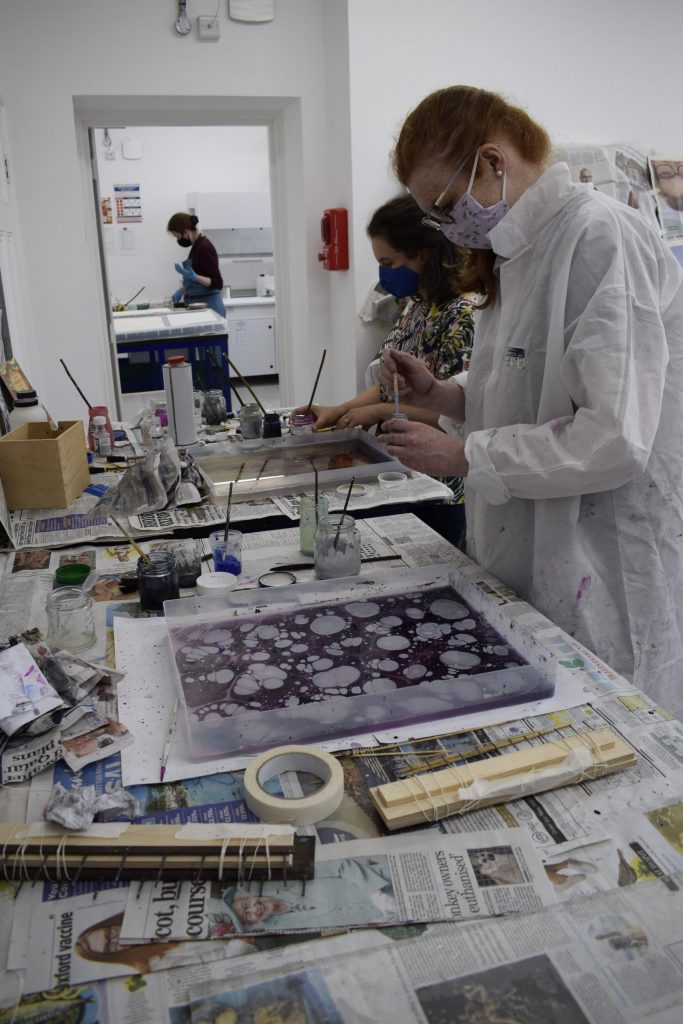
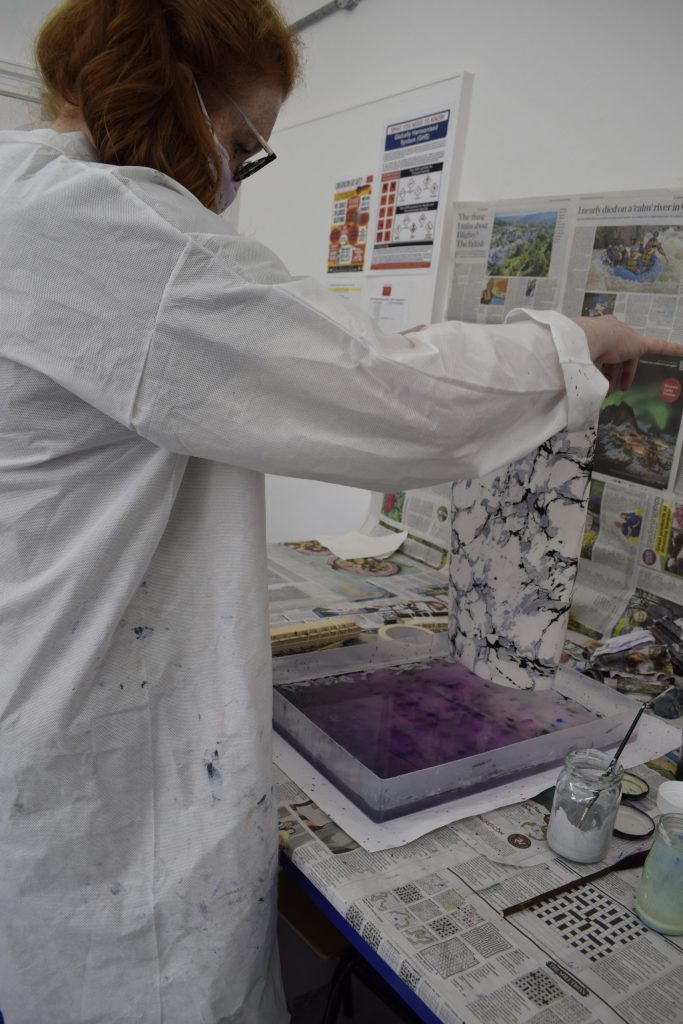
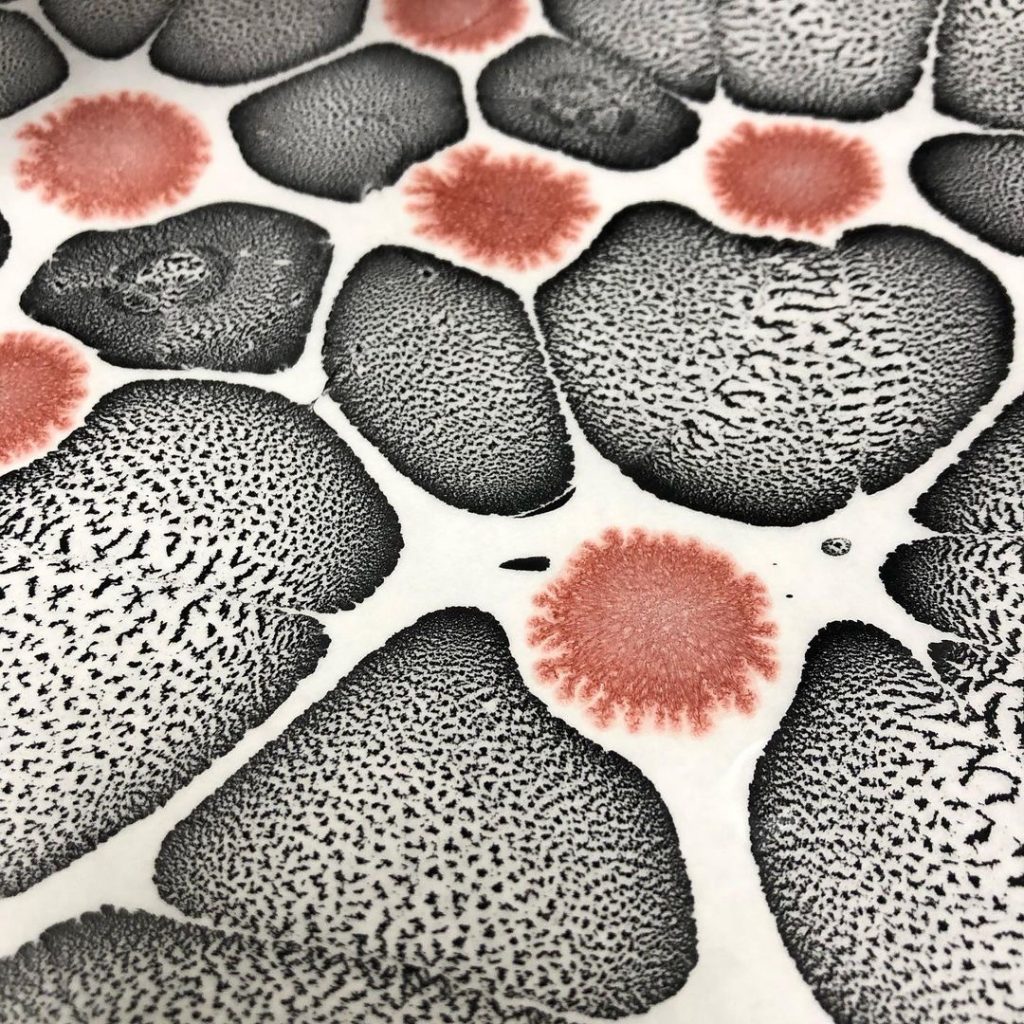
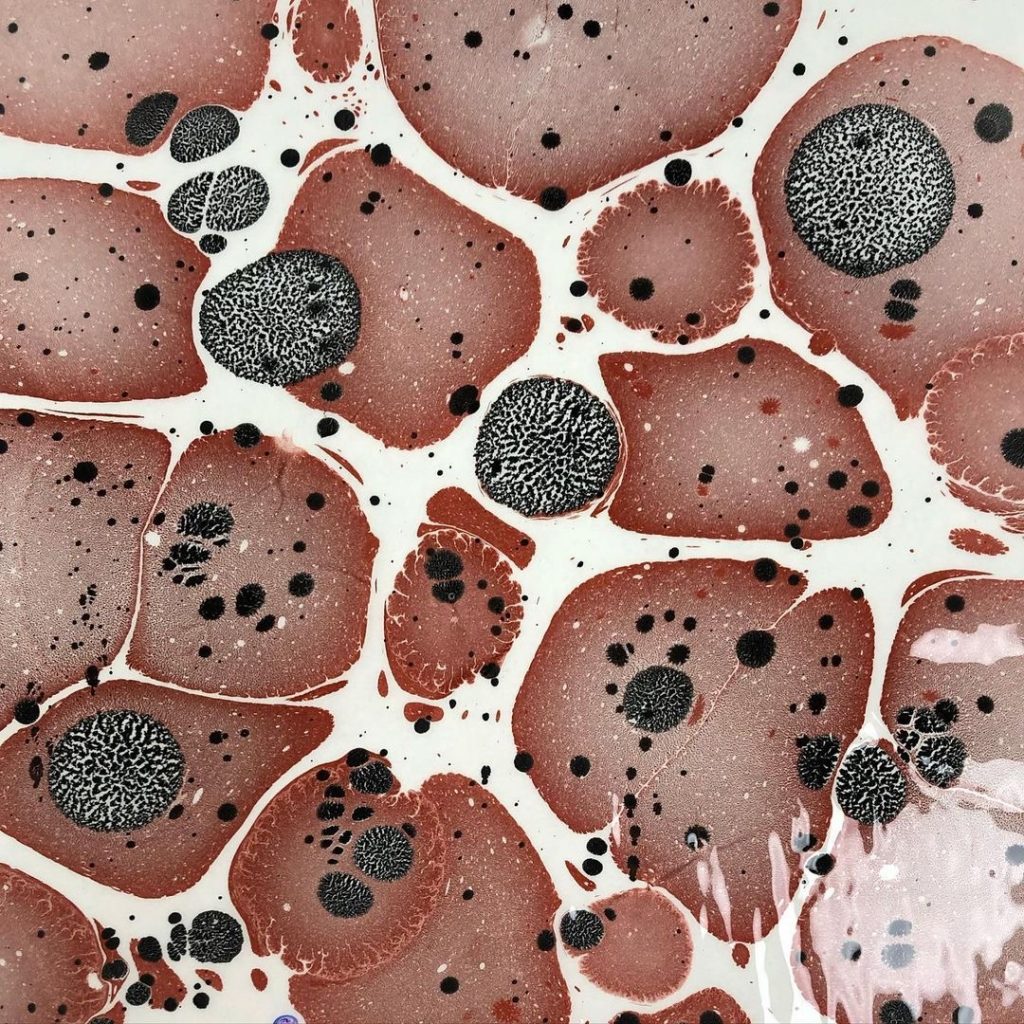
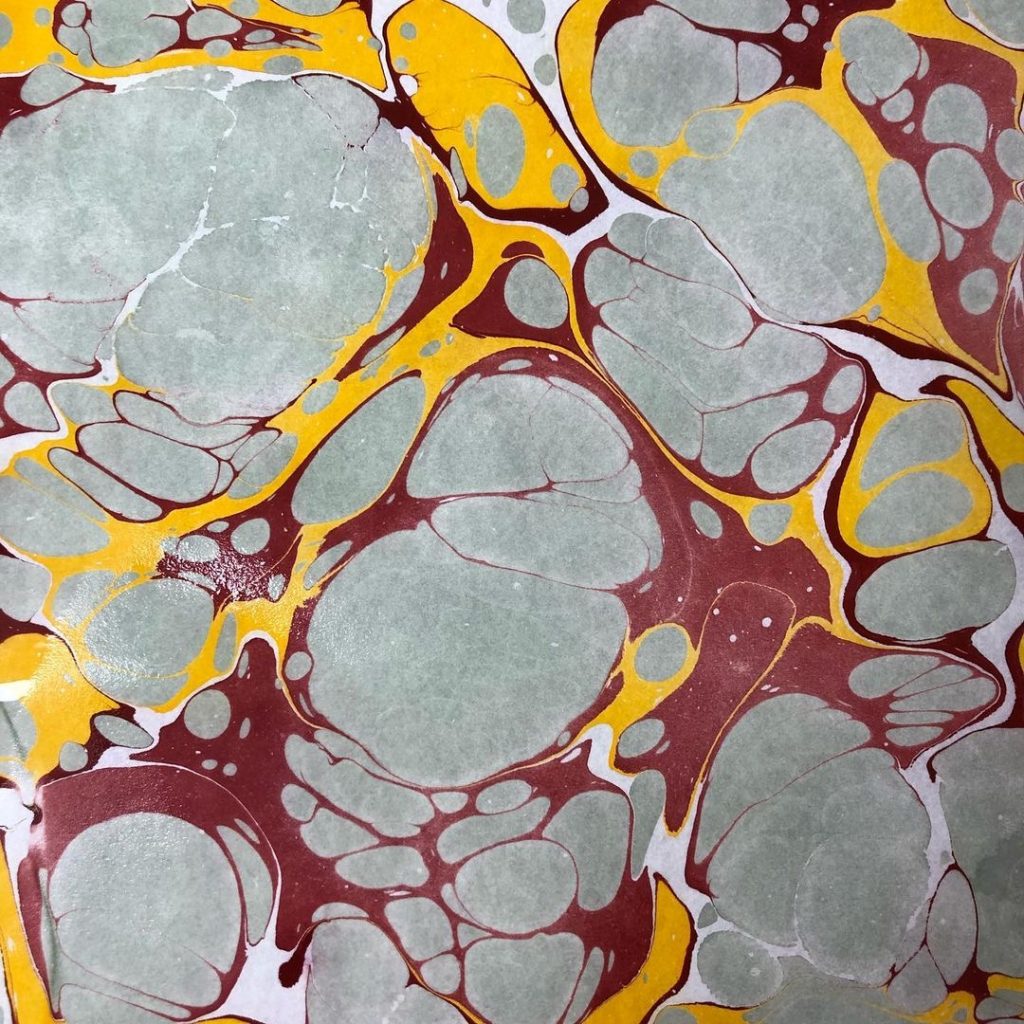
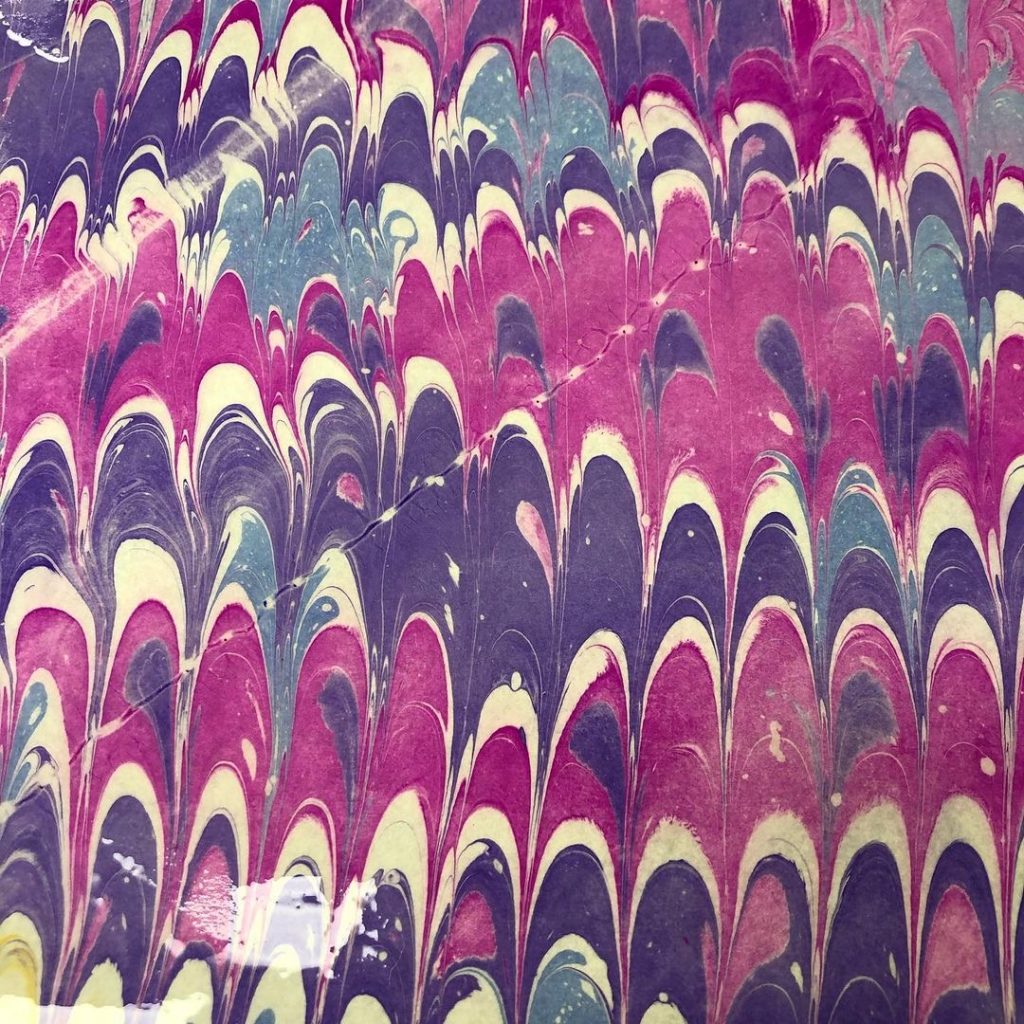
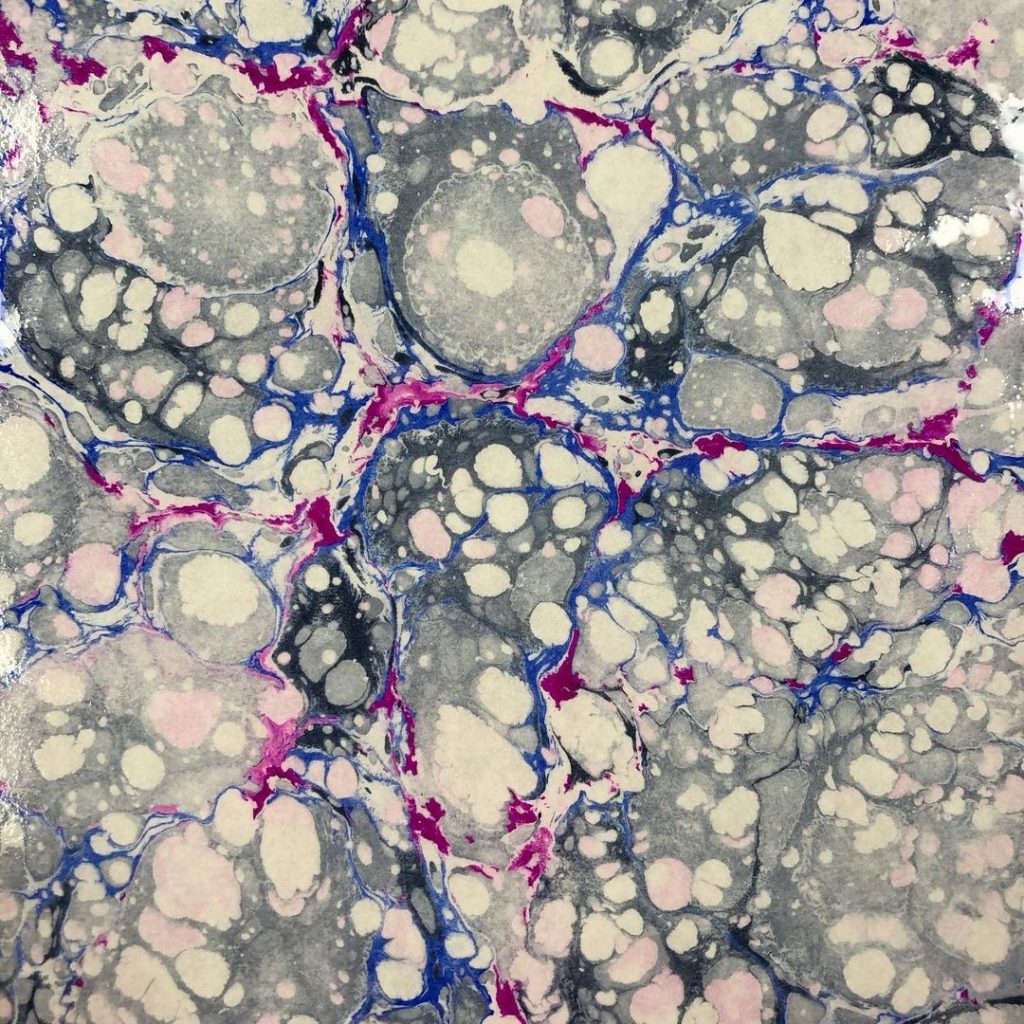
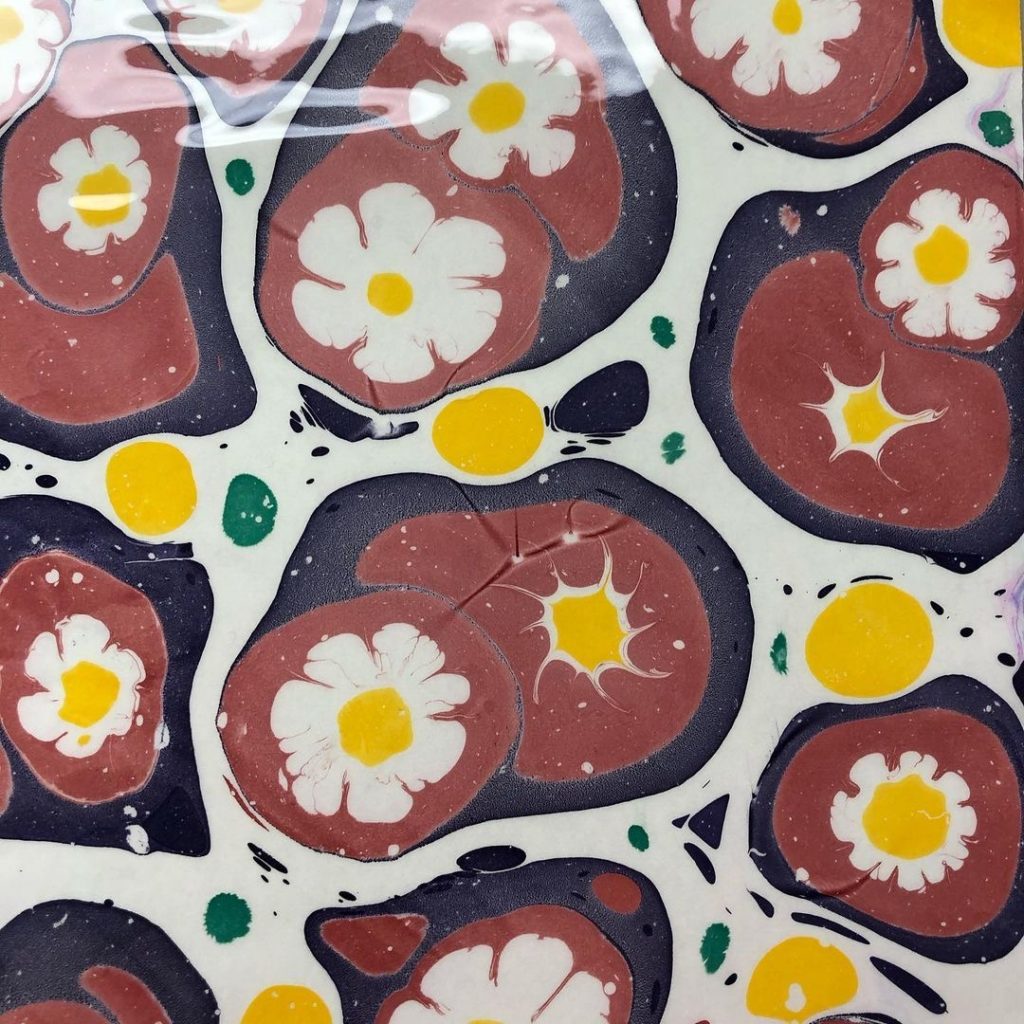
 Art theorist and video and performance artist, Dr Oriana Fox, is an Art Histories Tutor on the
Art theorist and video and performance artist, Dr Oriana Fox, is an Art Histories Tutor on the 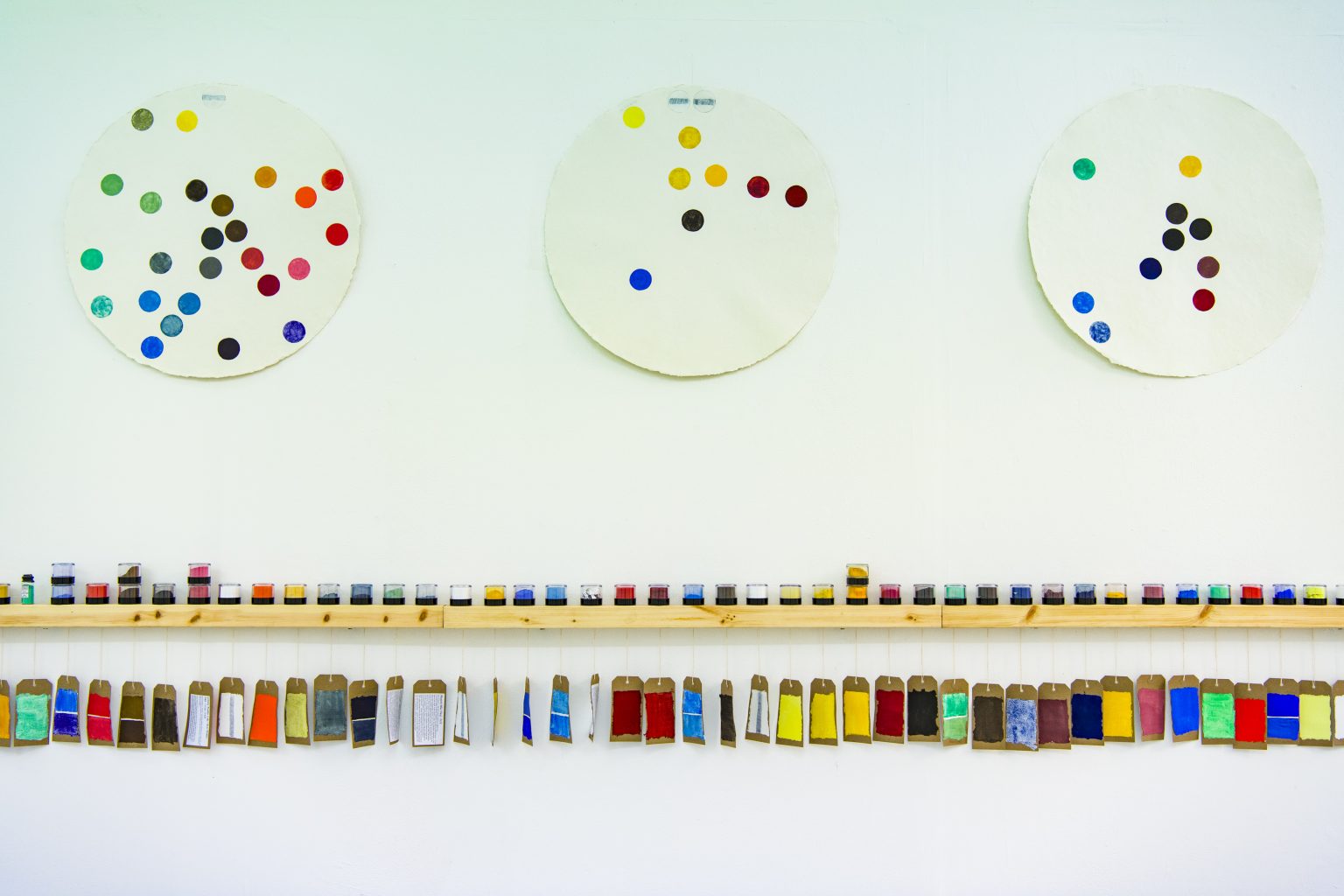
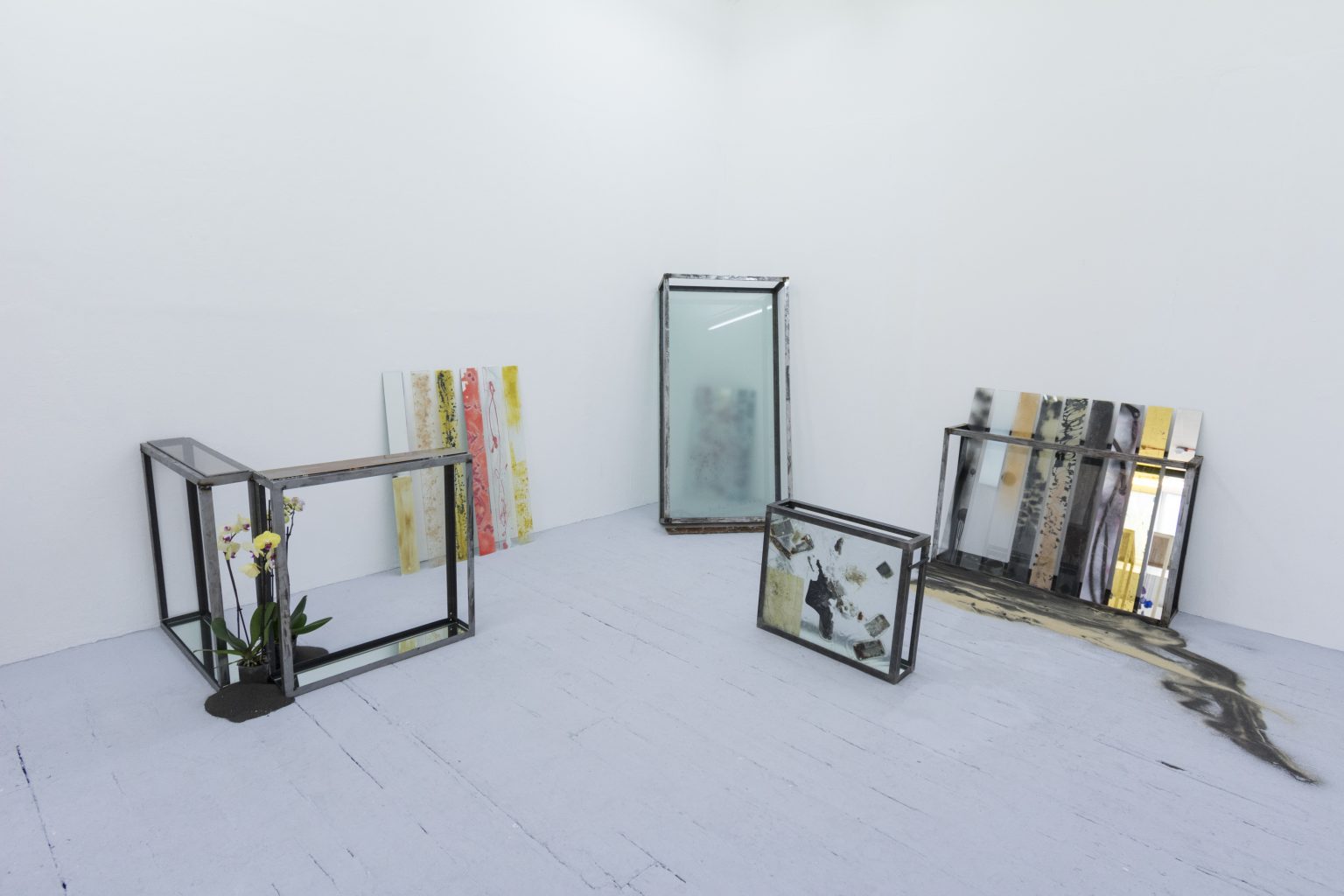
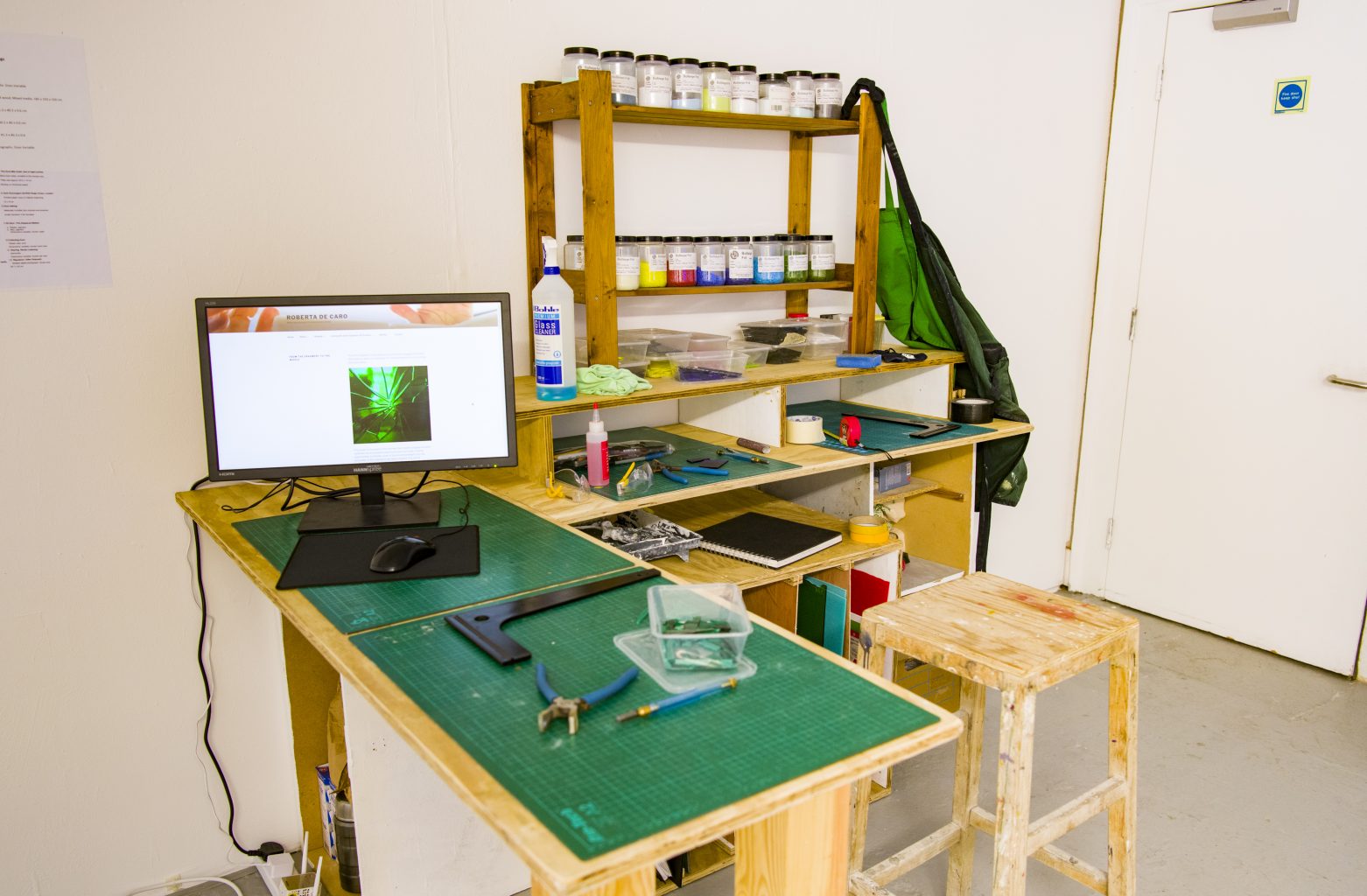
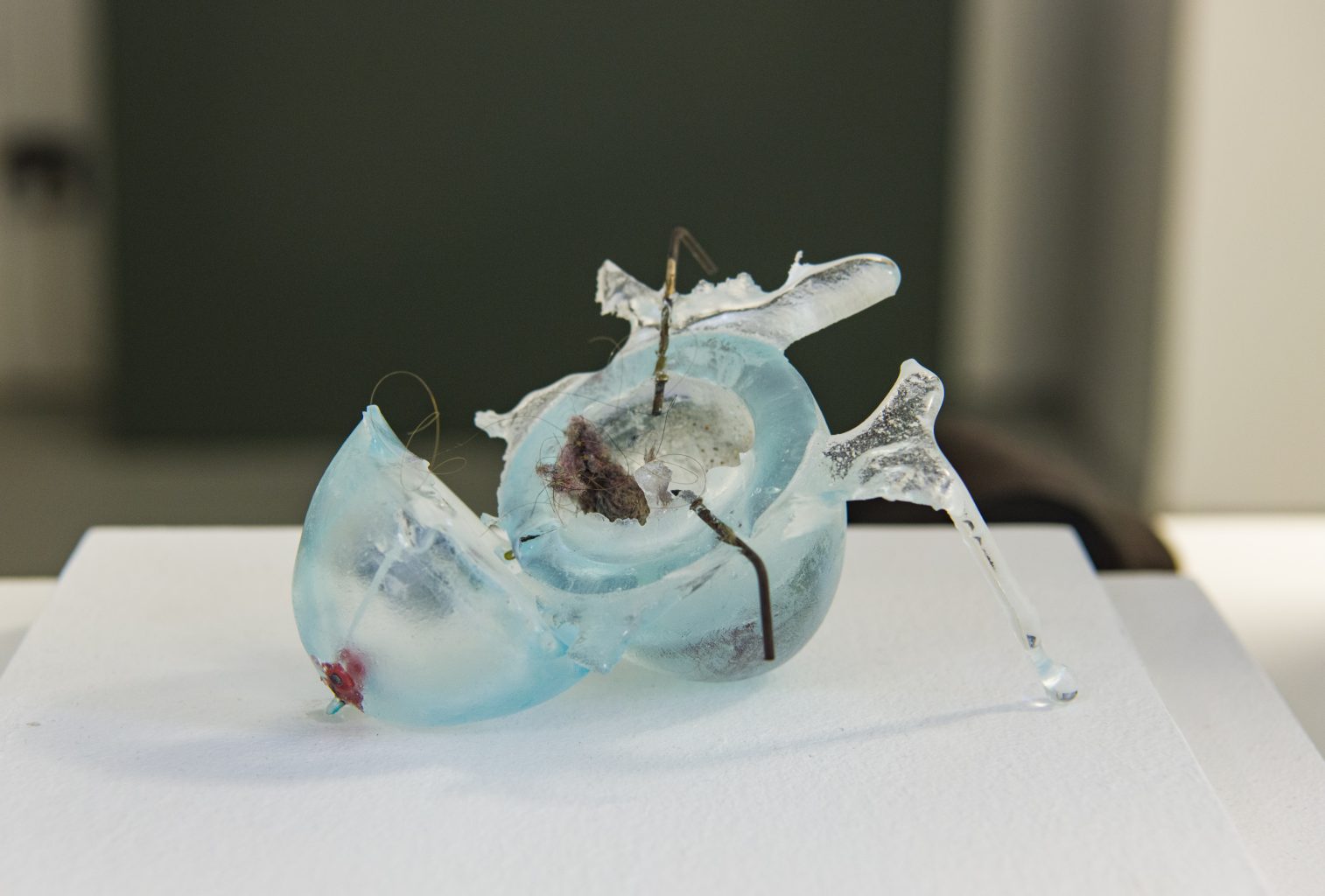
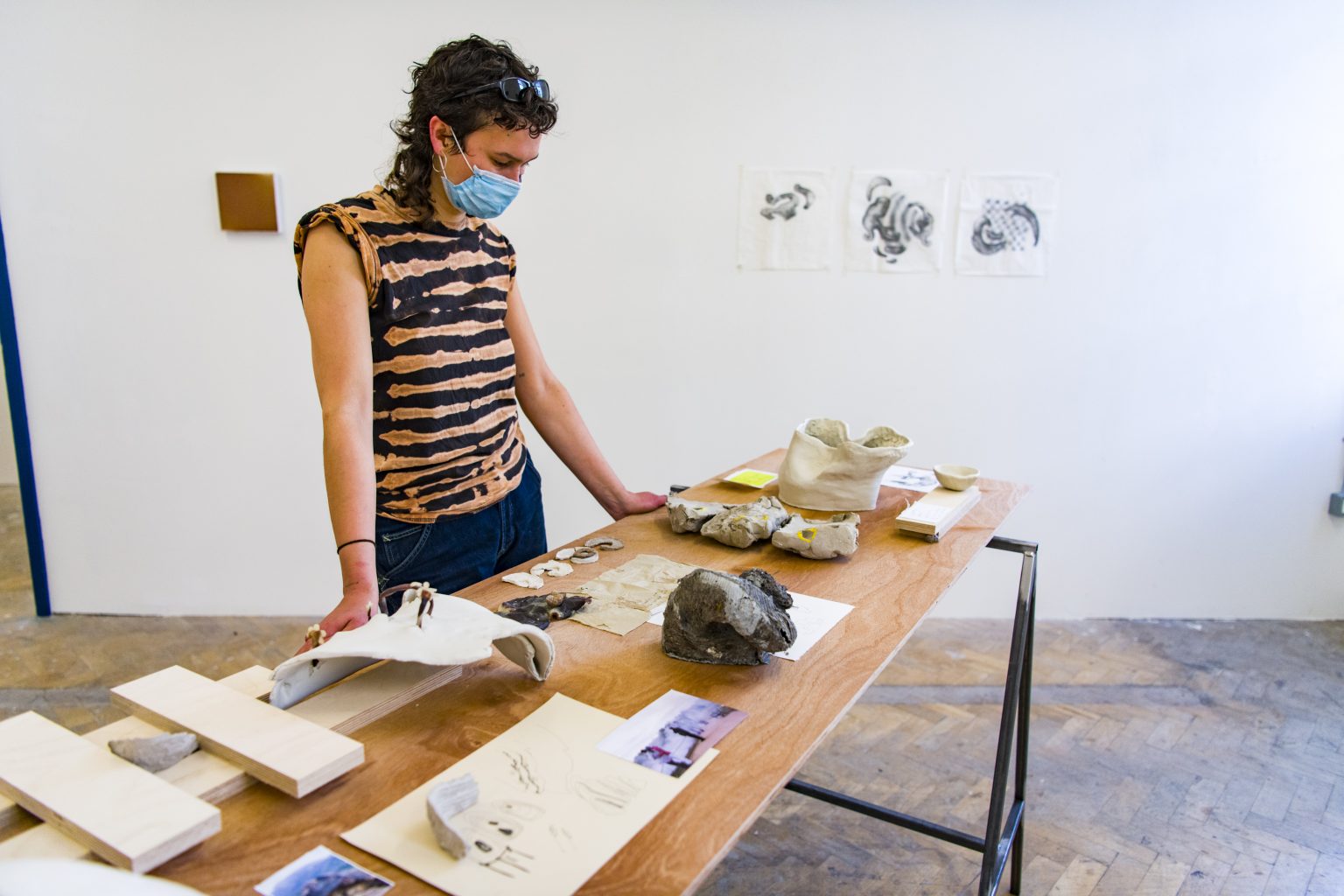
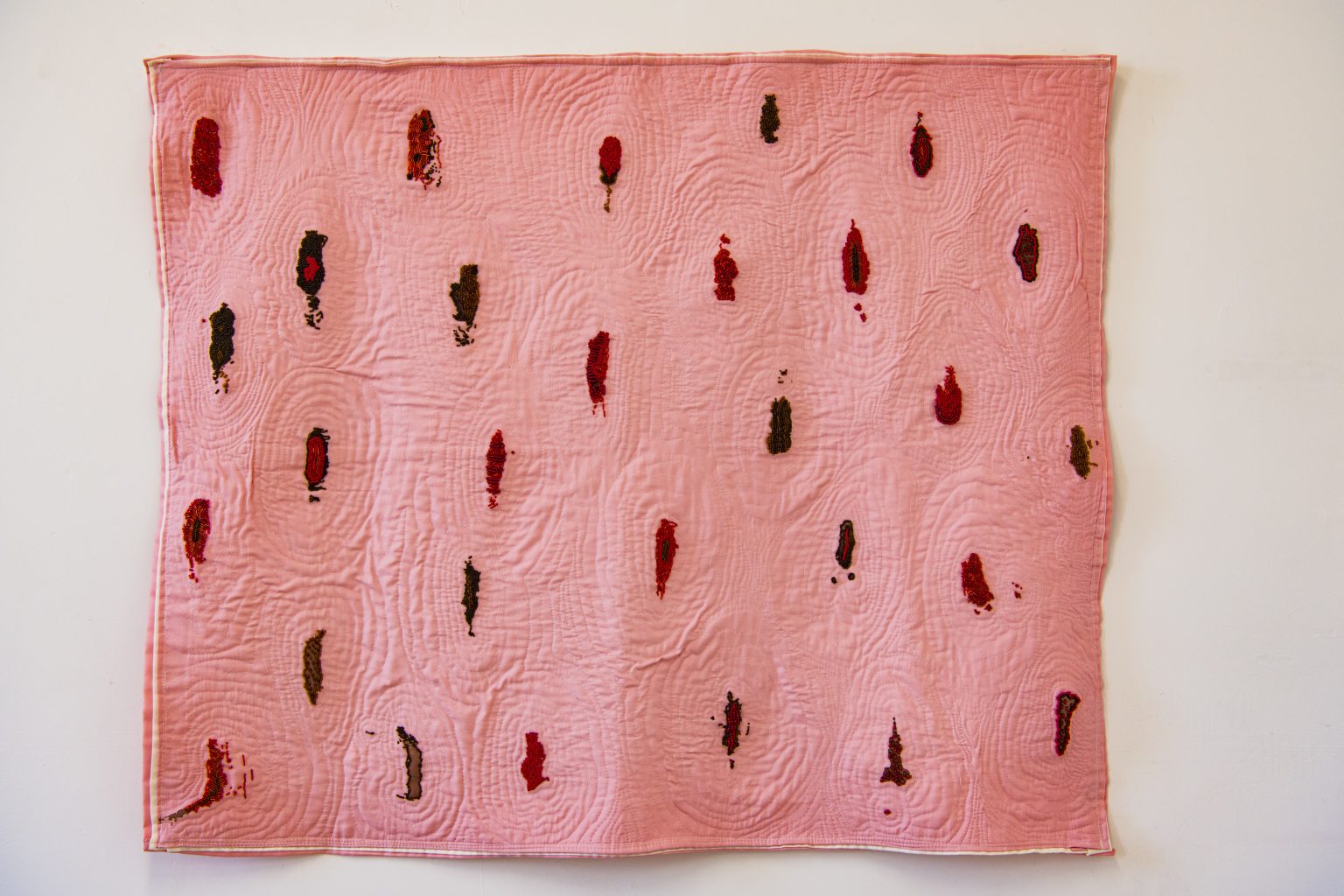
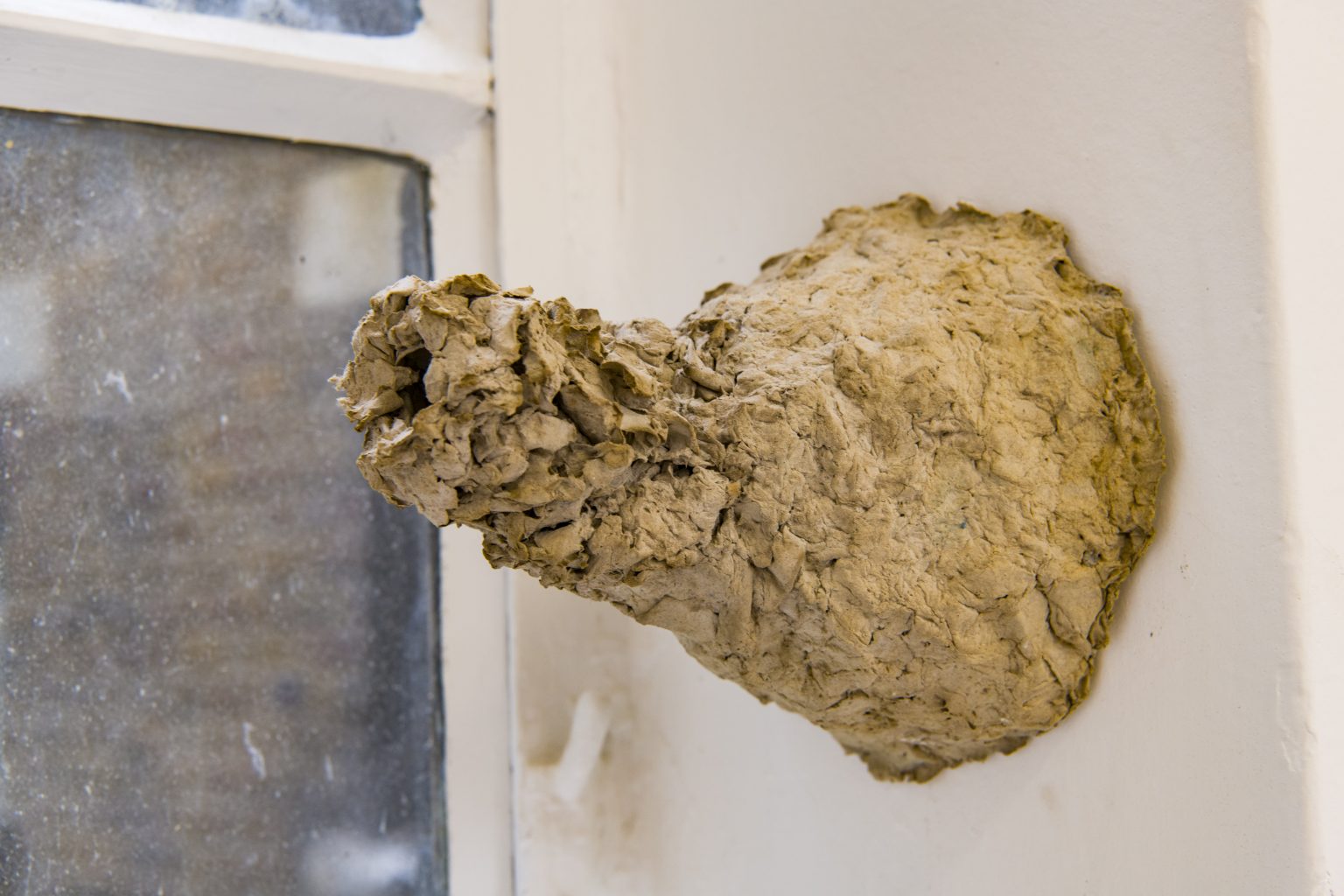
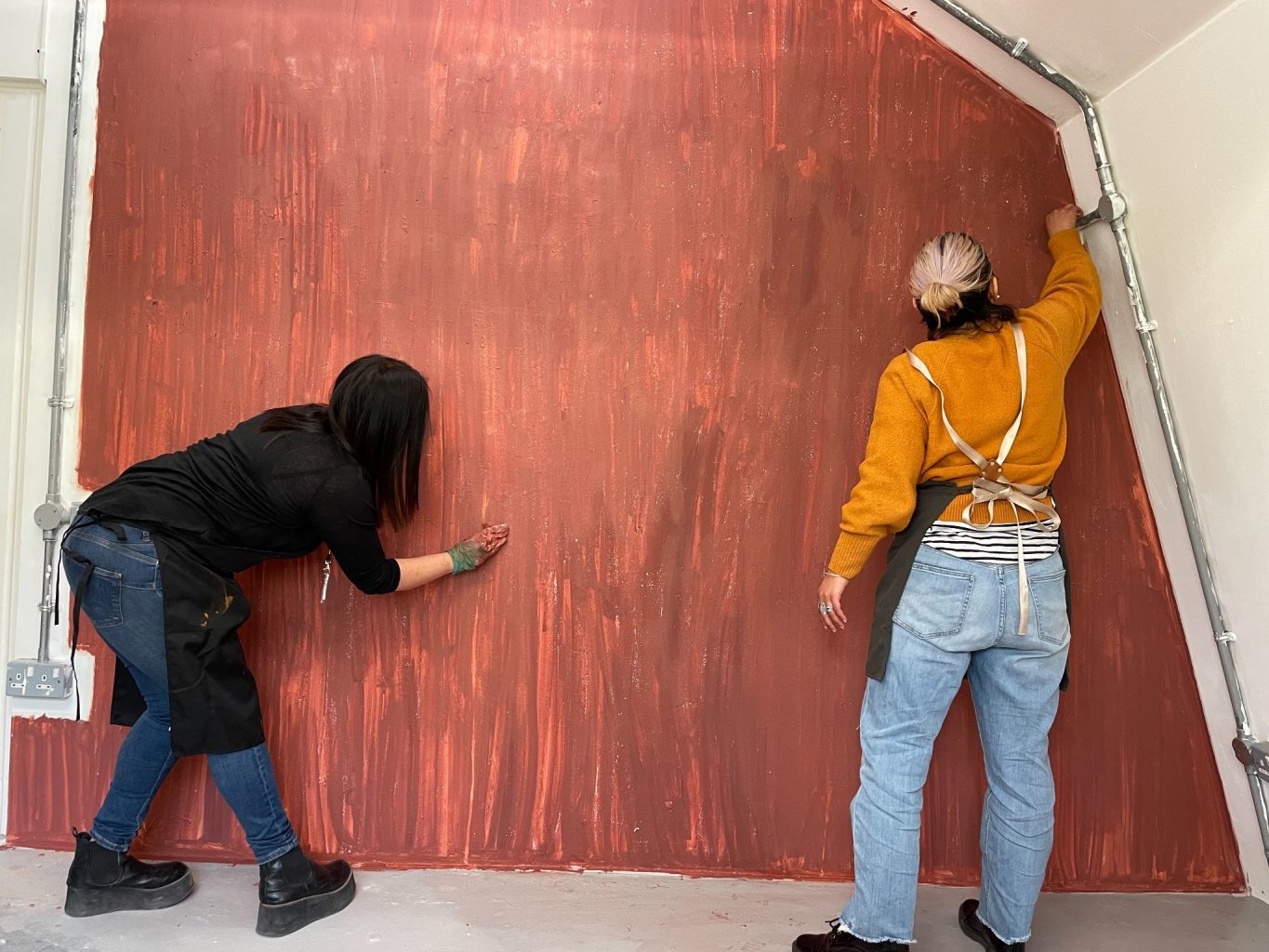
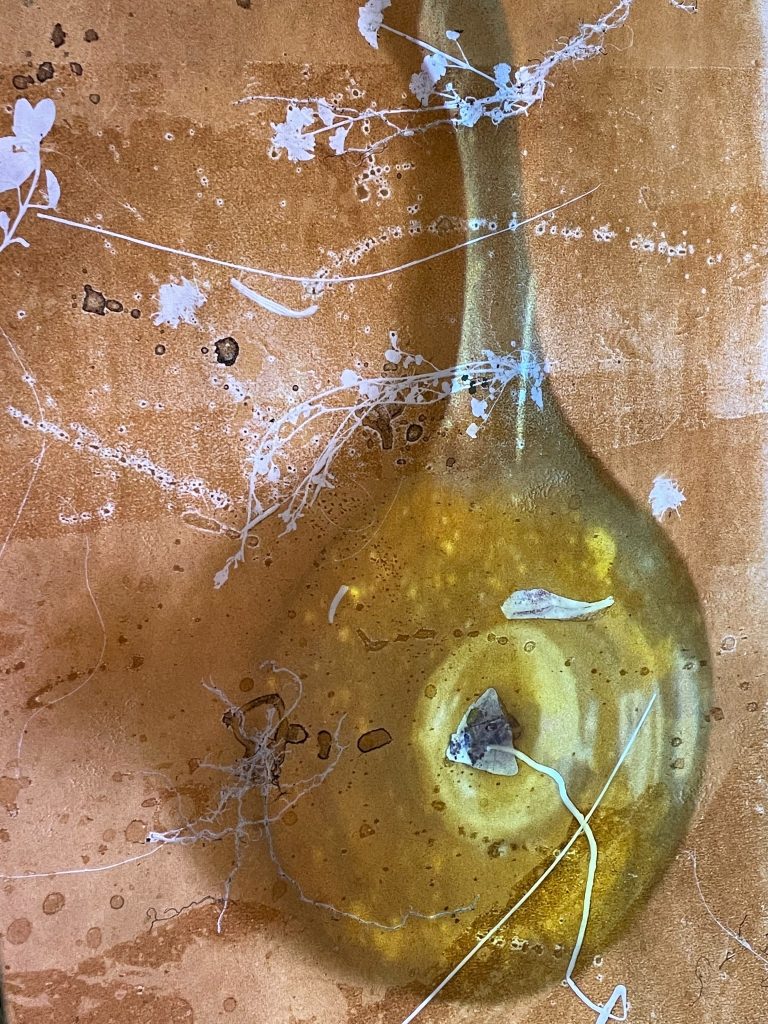



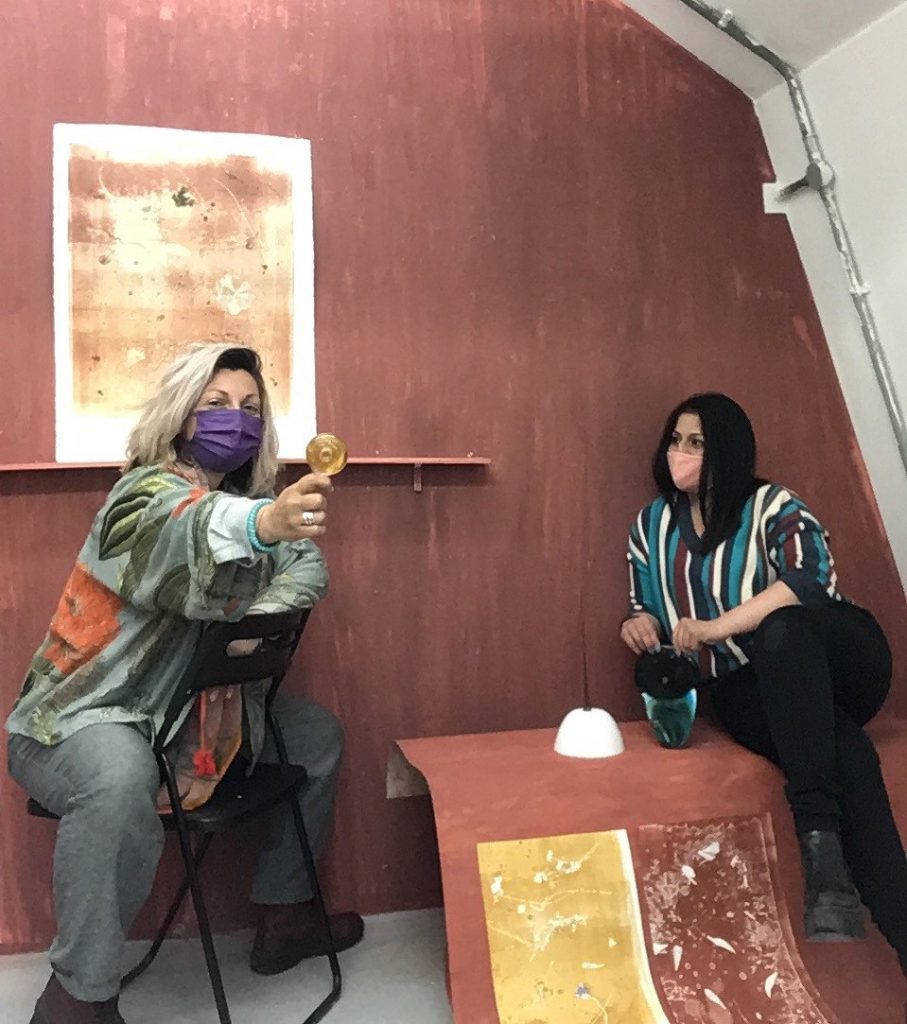
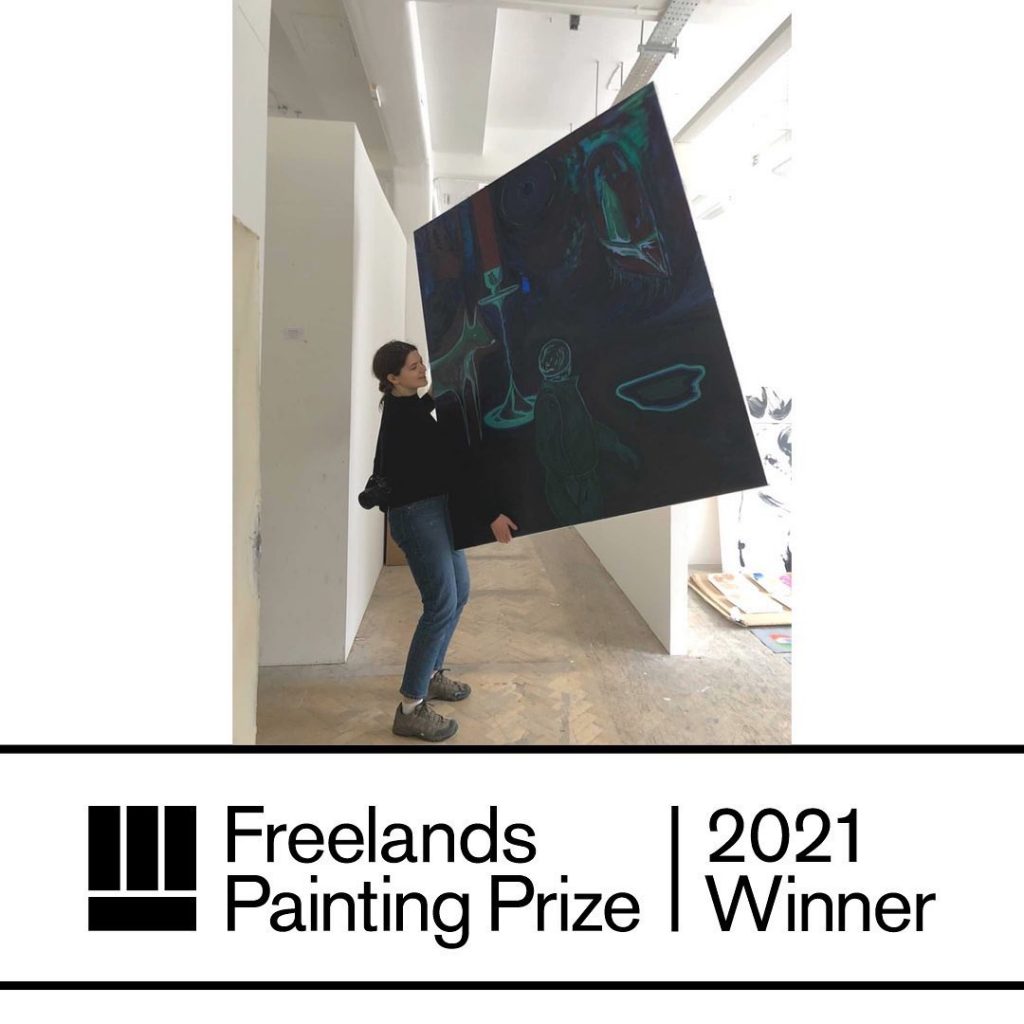
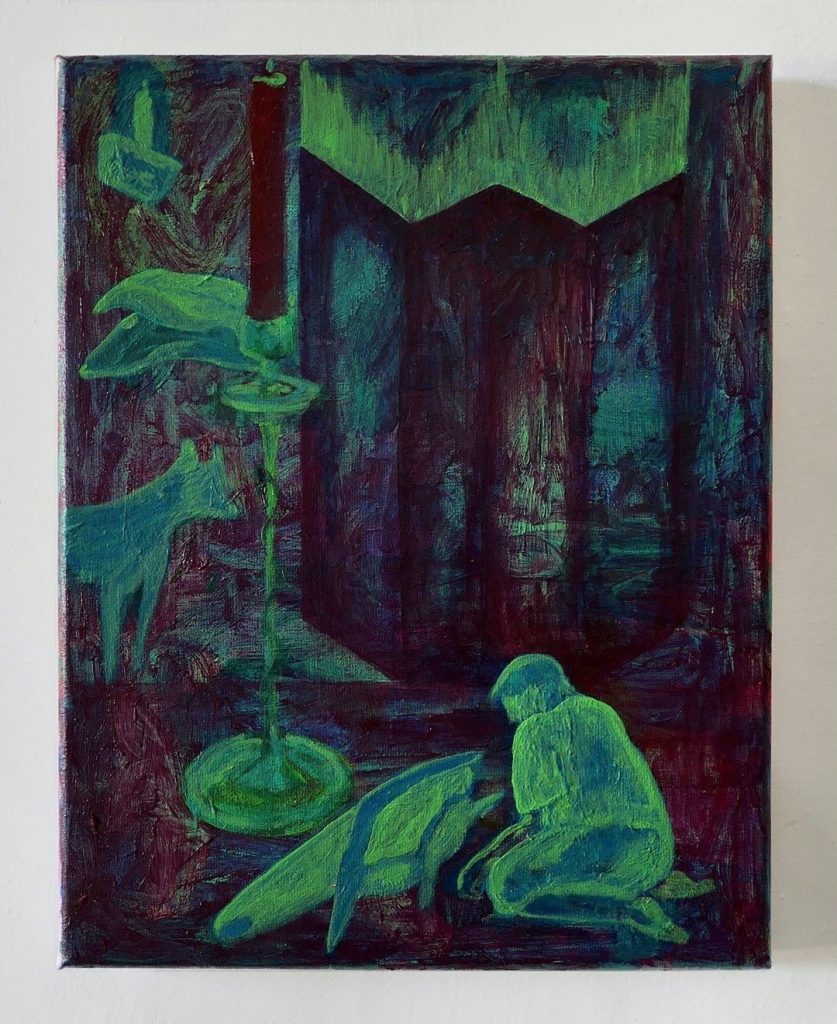 Gabor, souvenir d’un songe
Gabor, souvenir d’un songe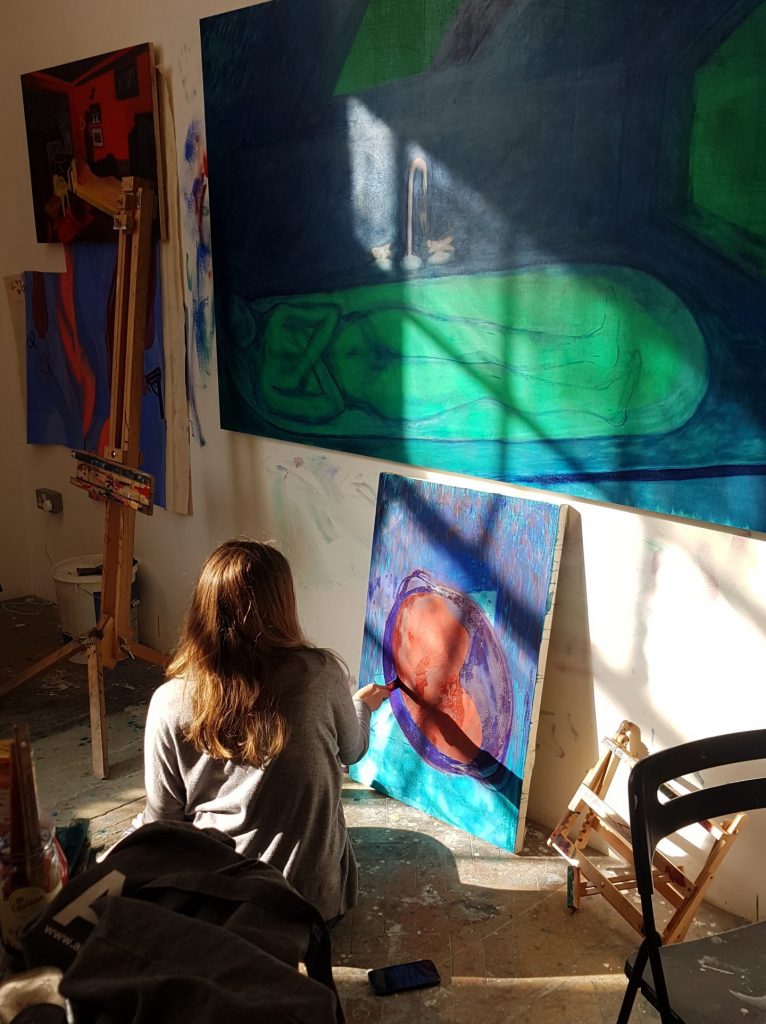






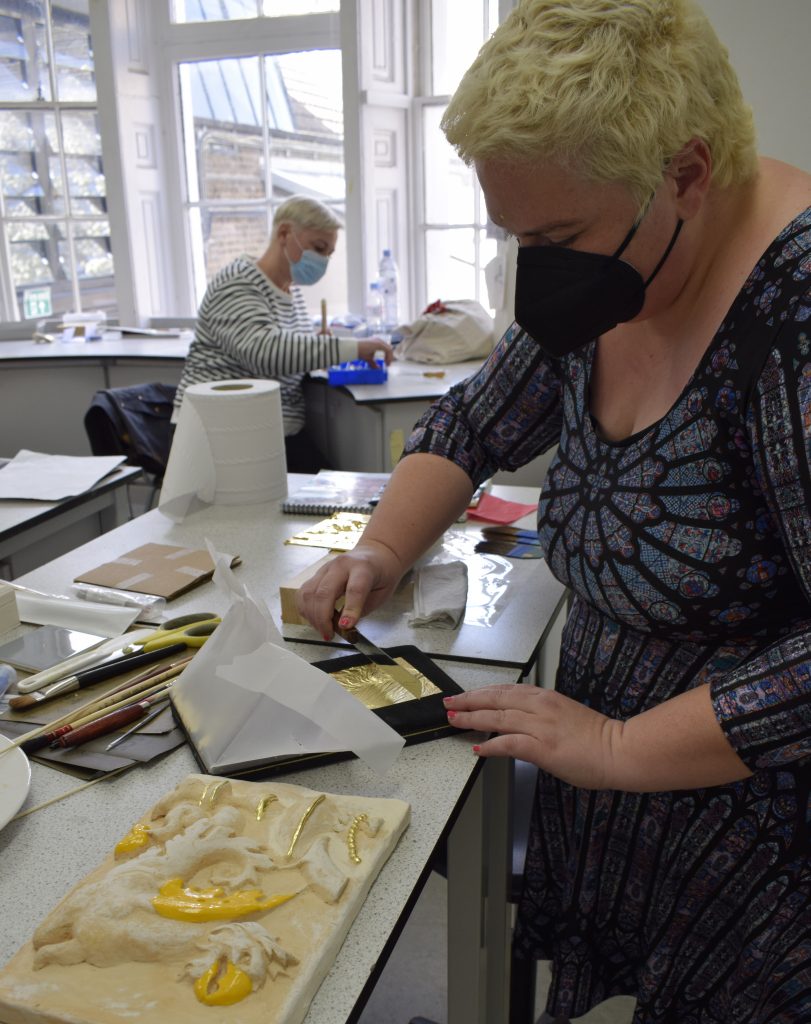
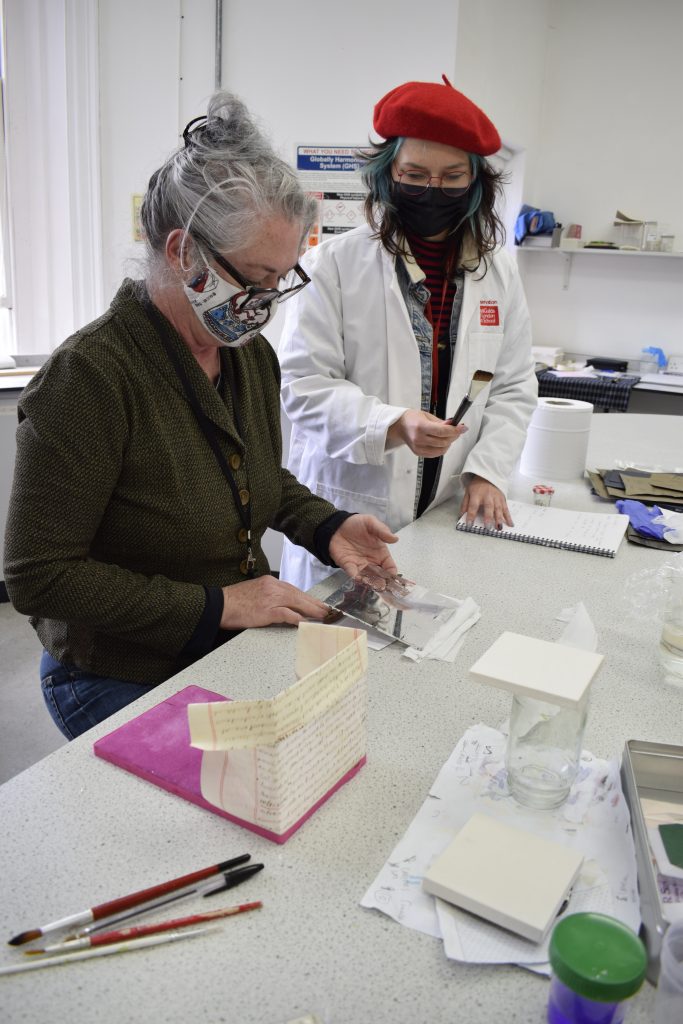
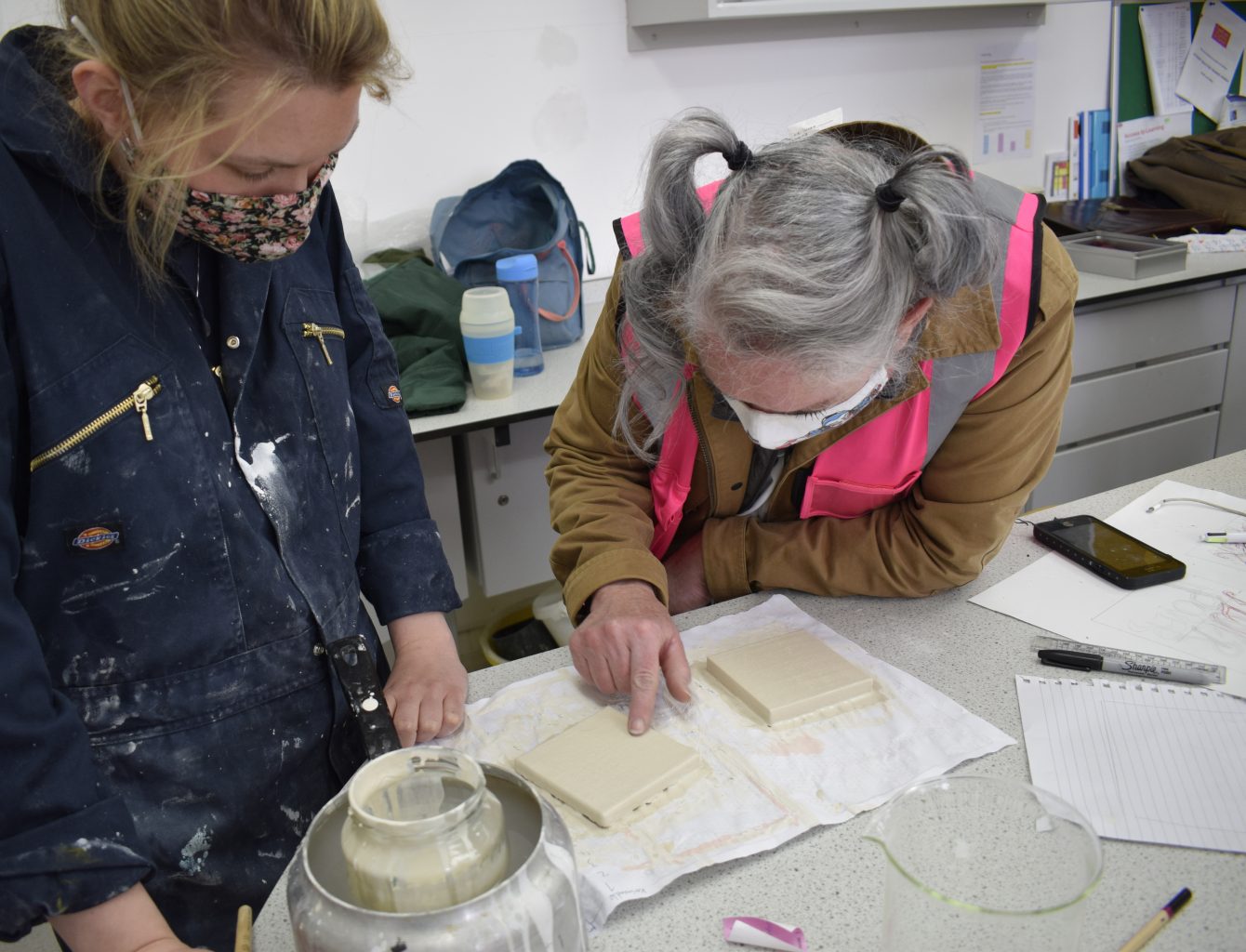
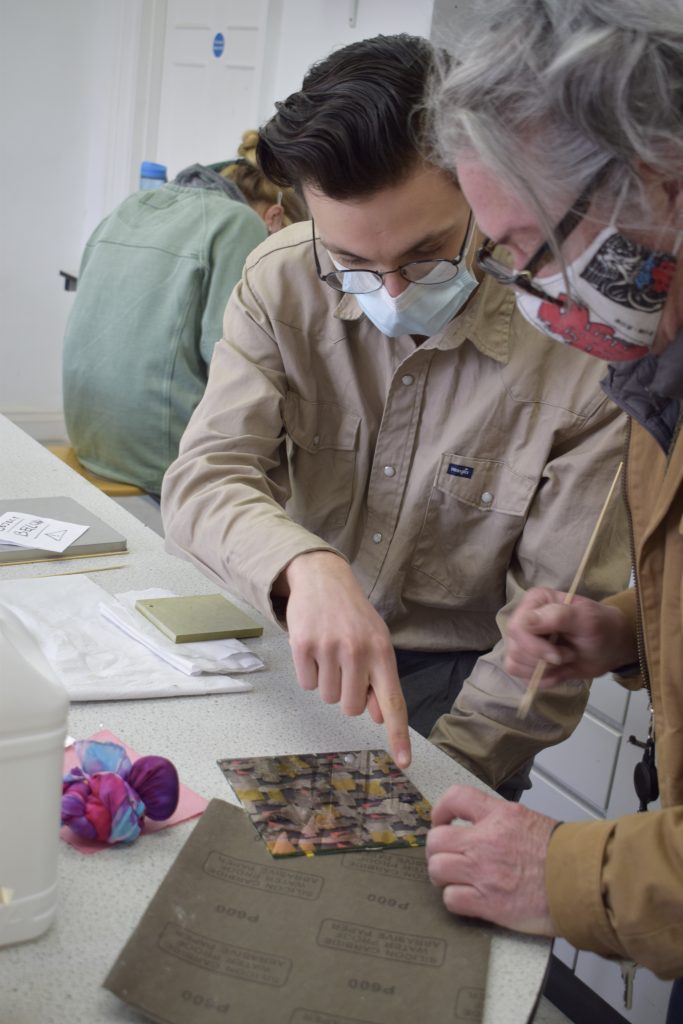
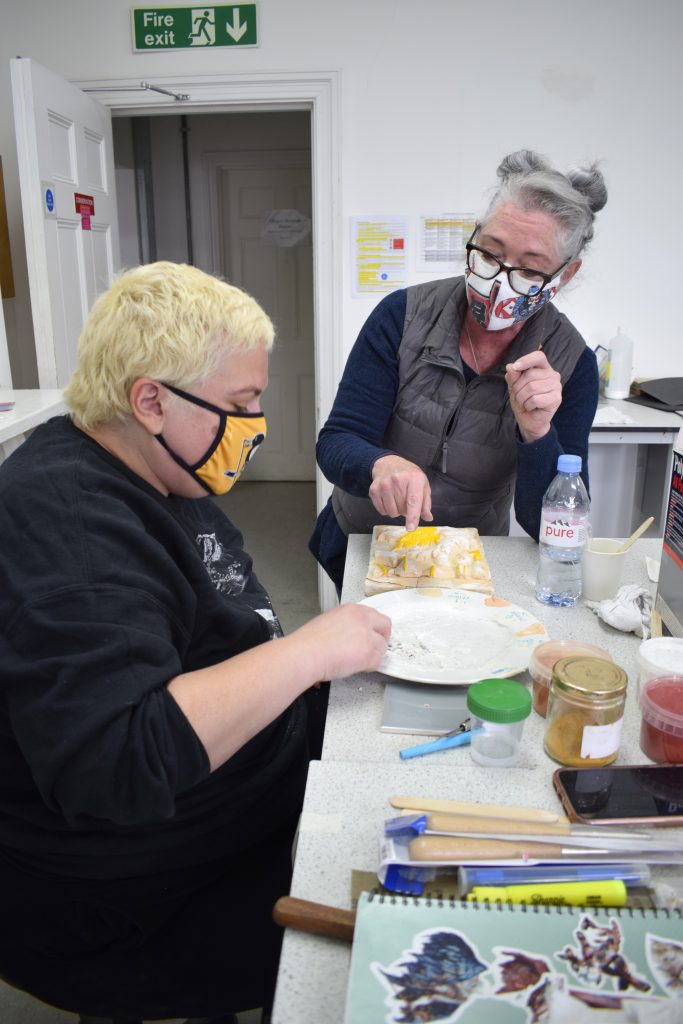
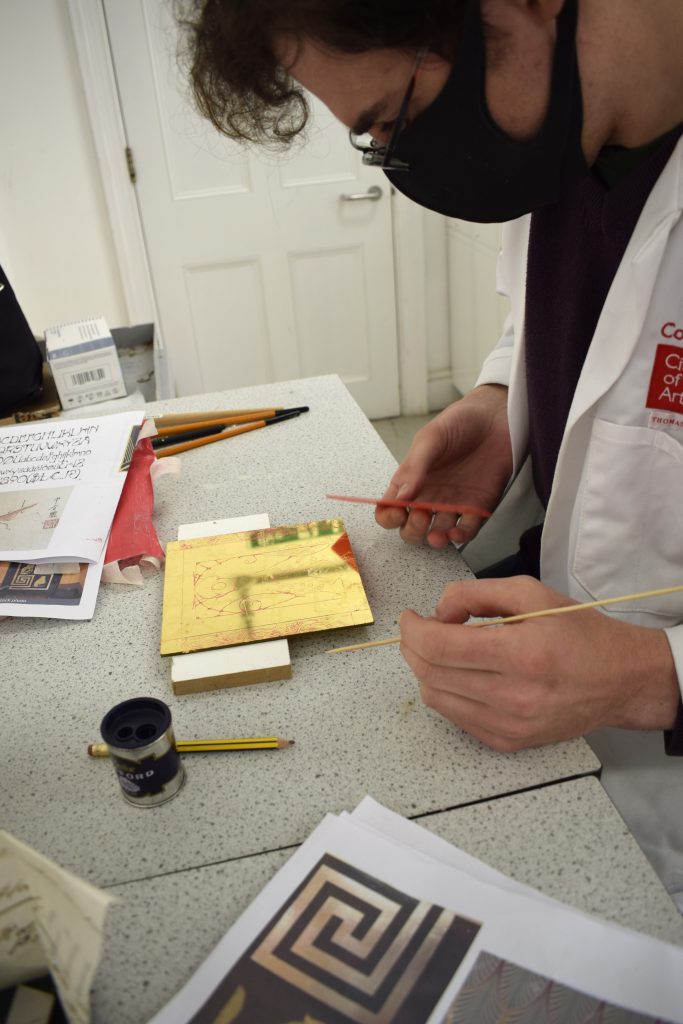
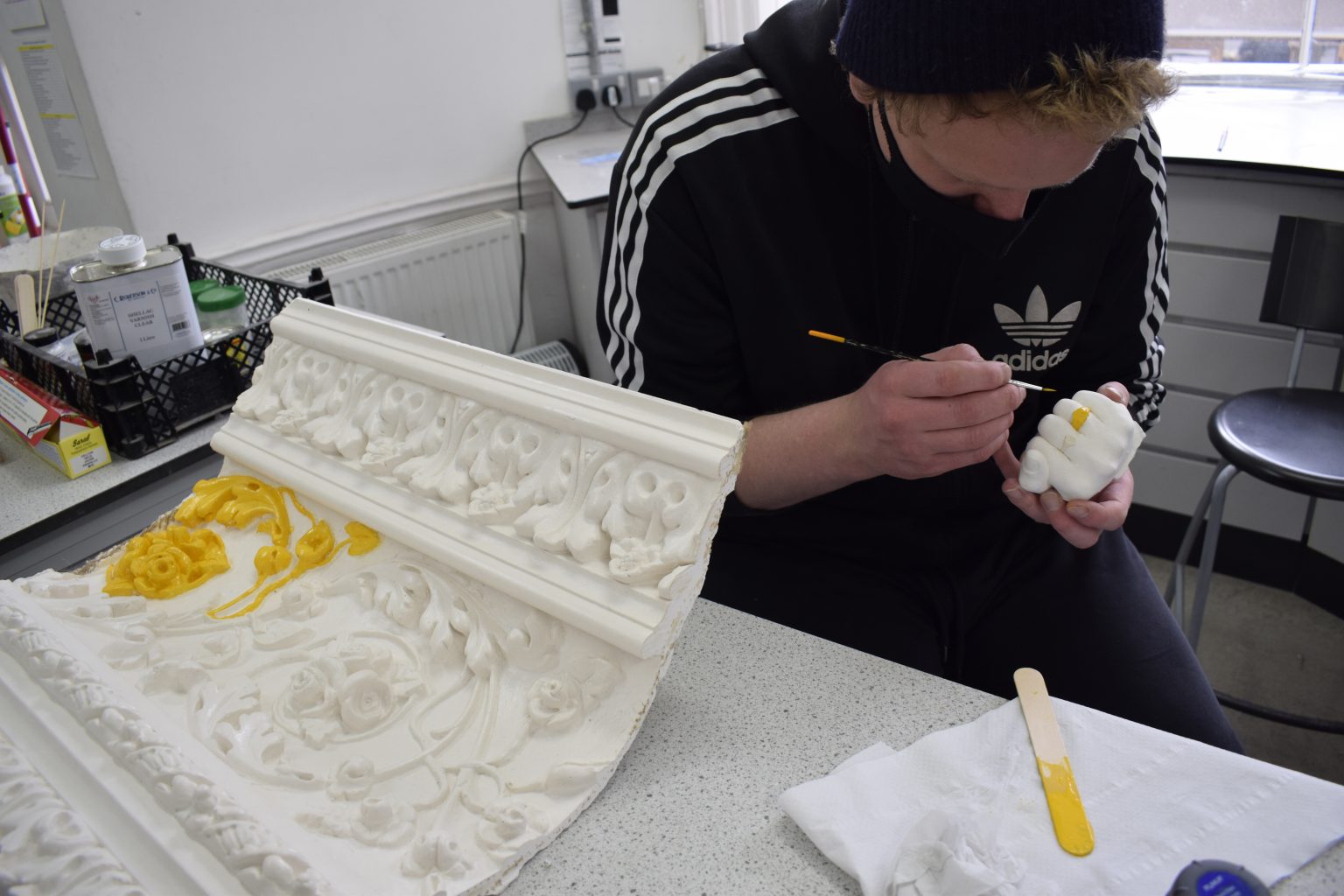

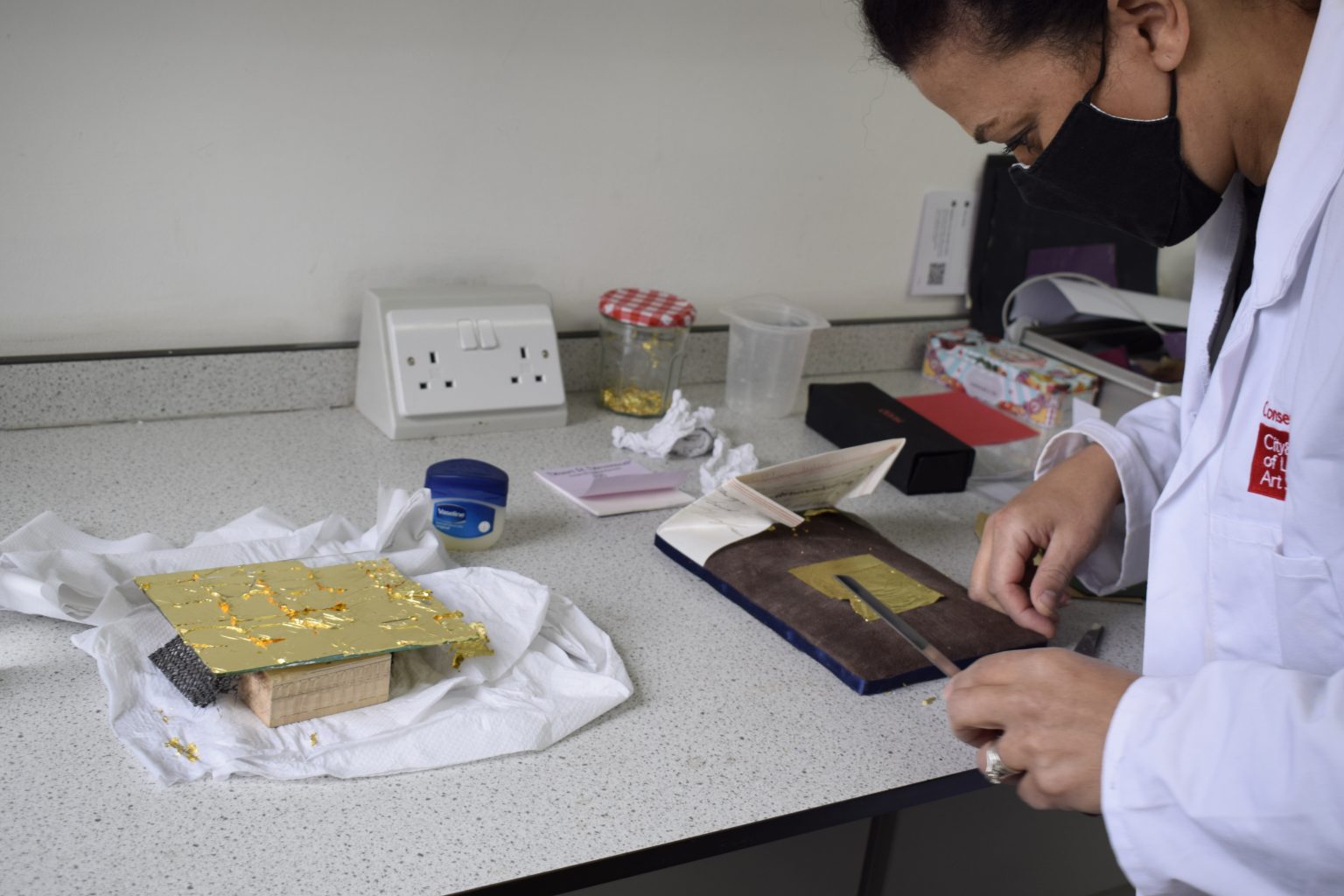
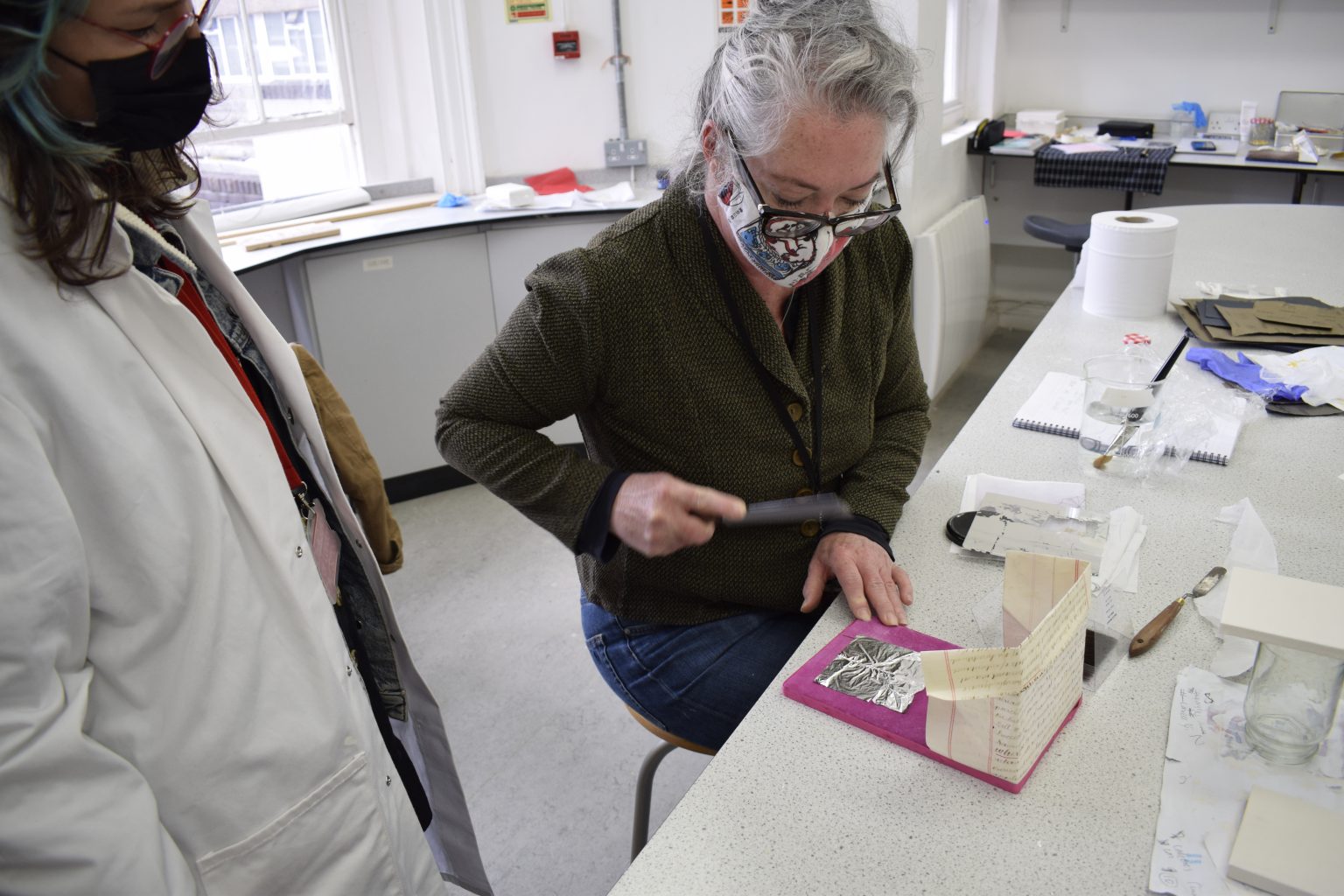
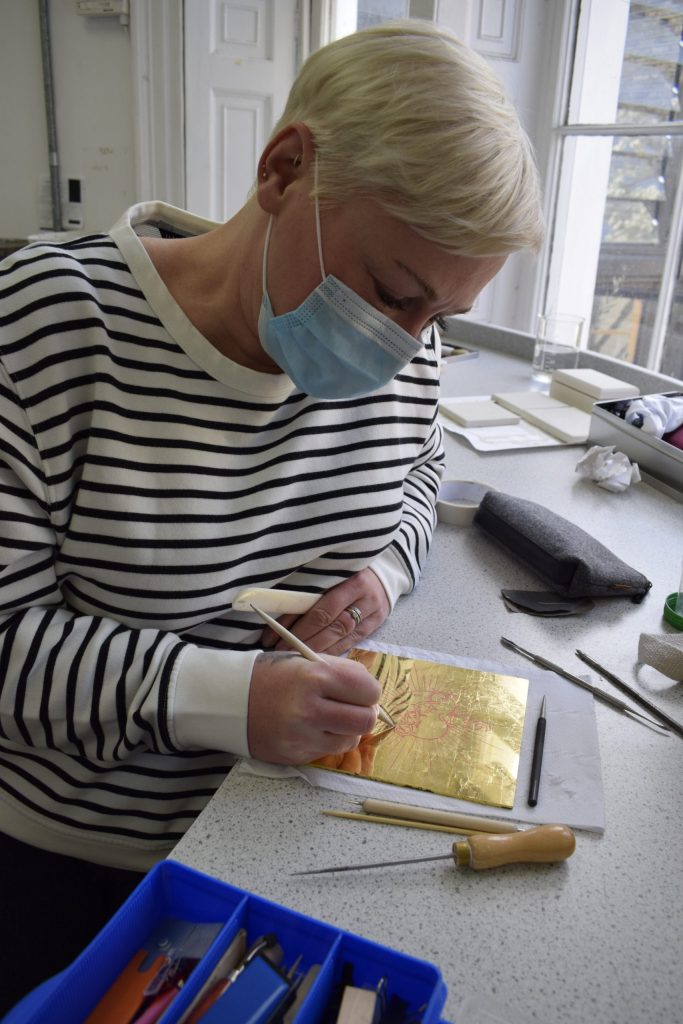
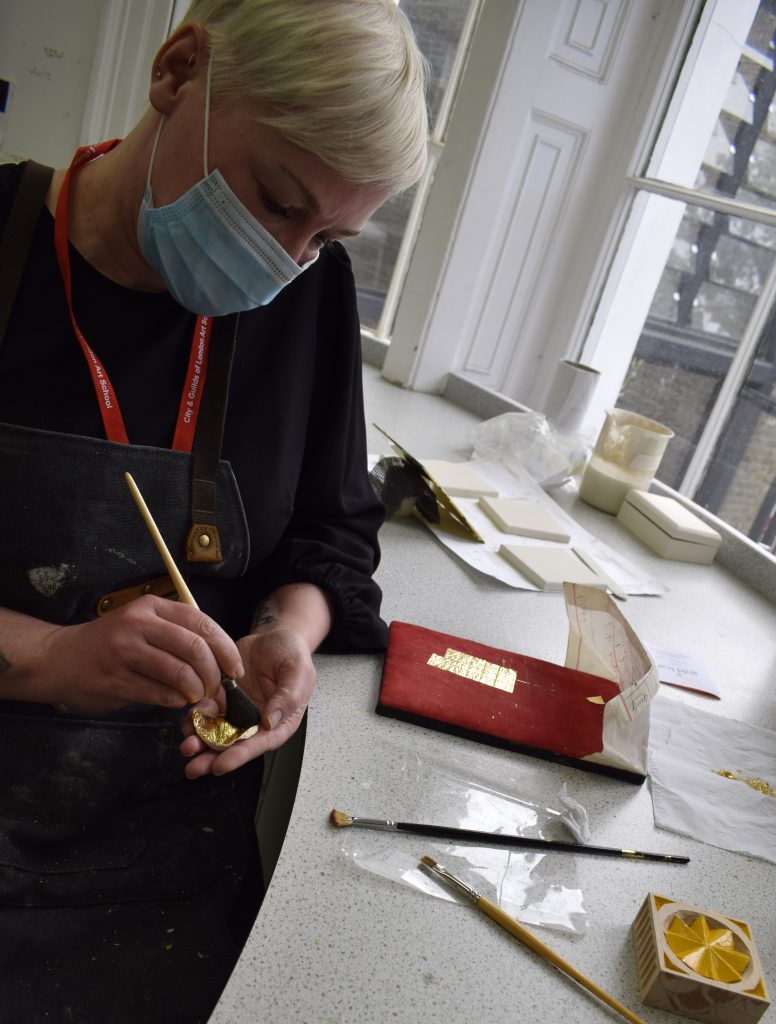
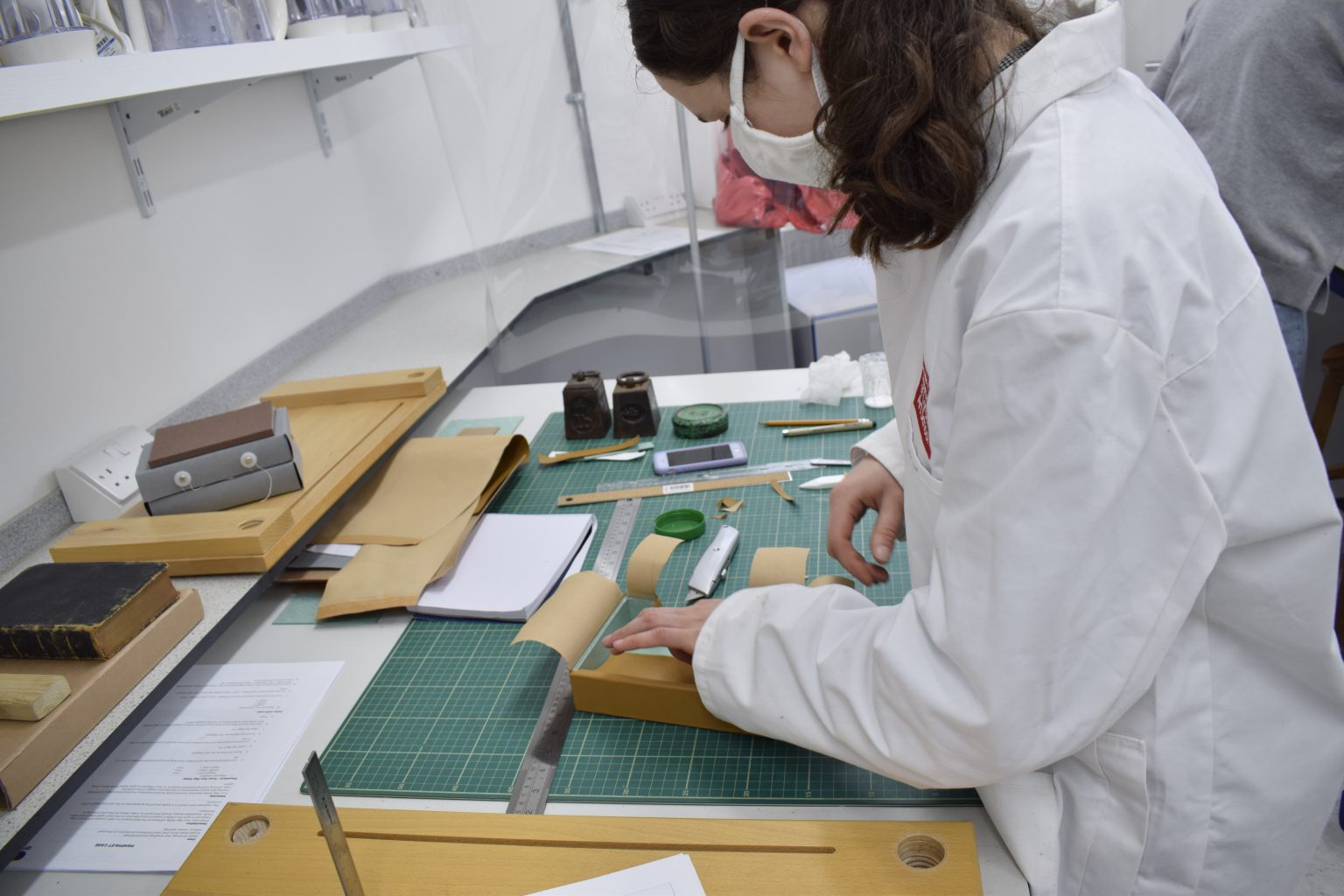
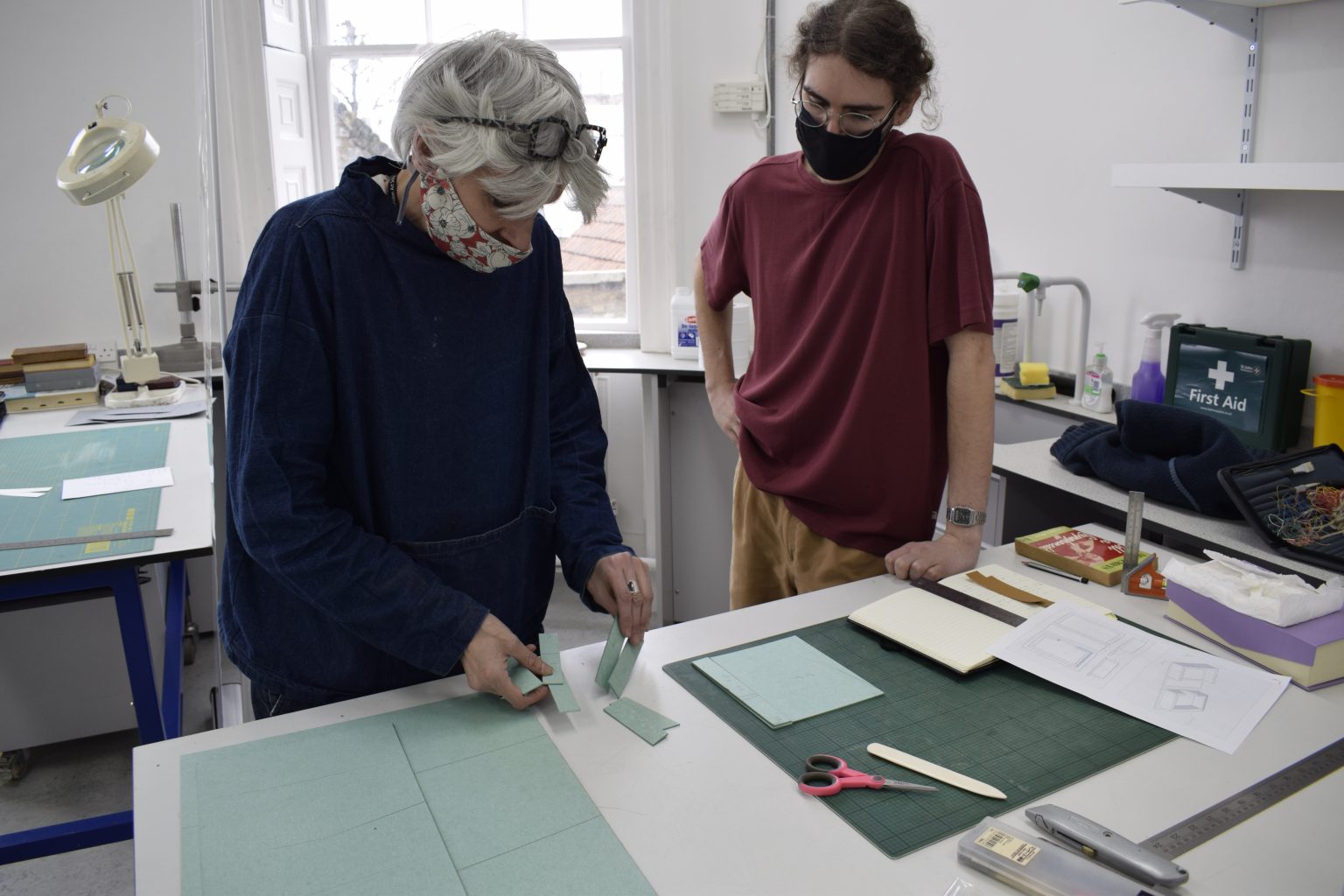
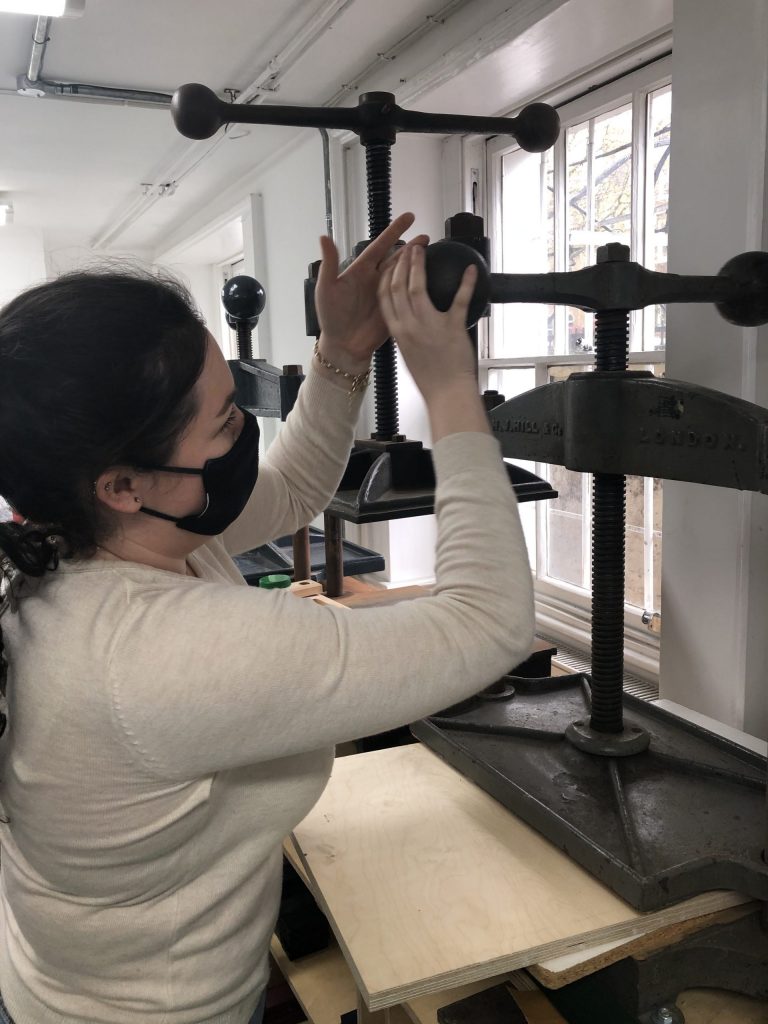
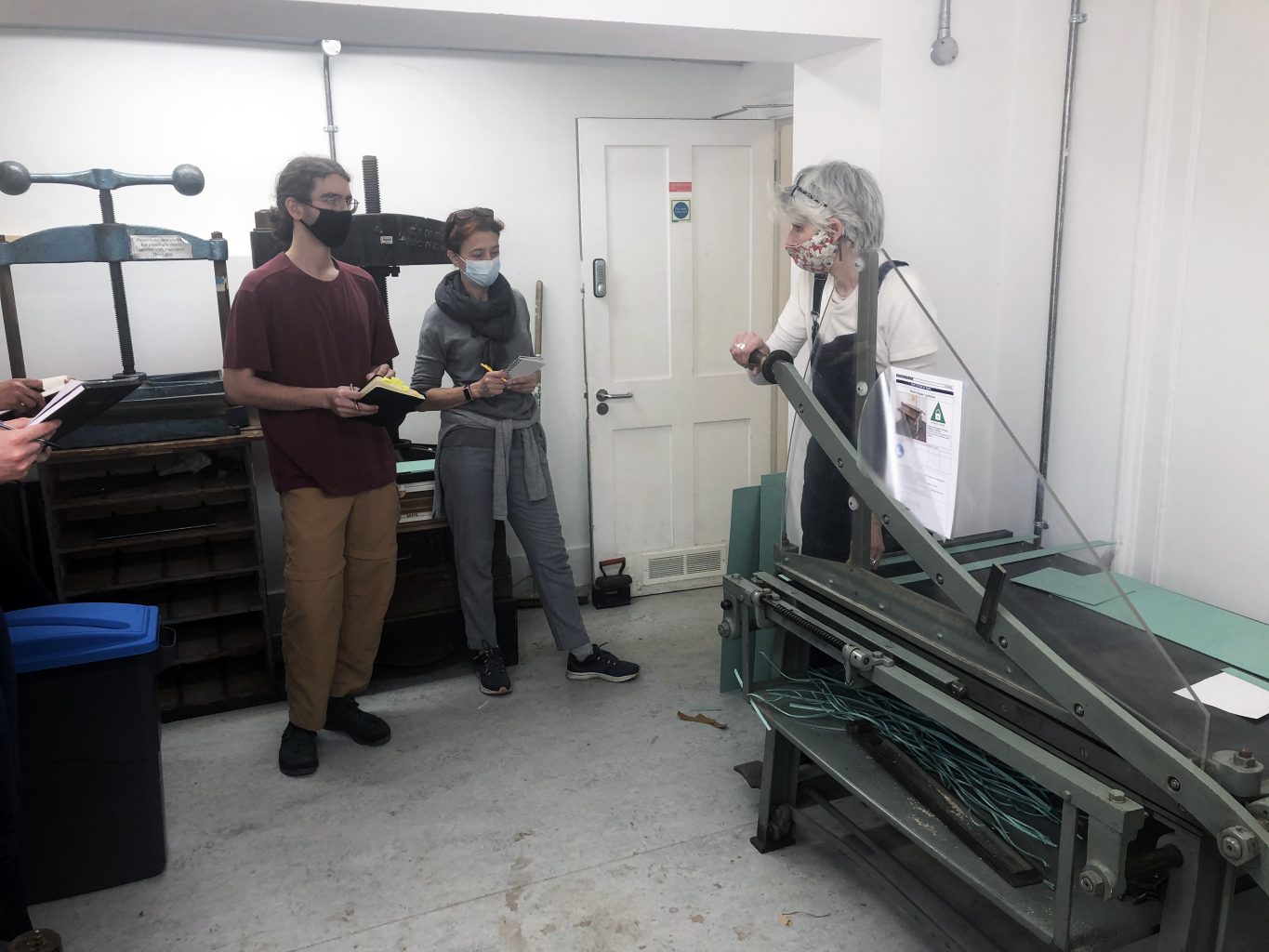
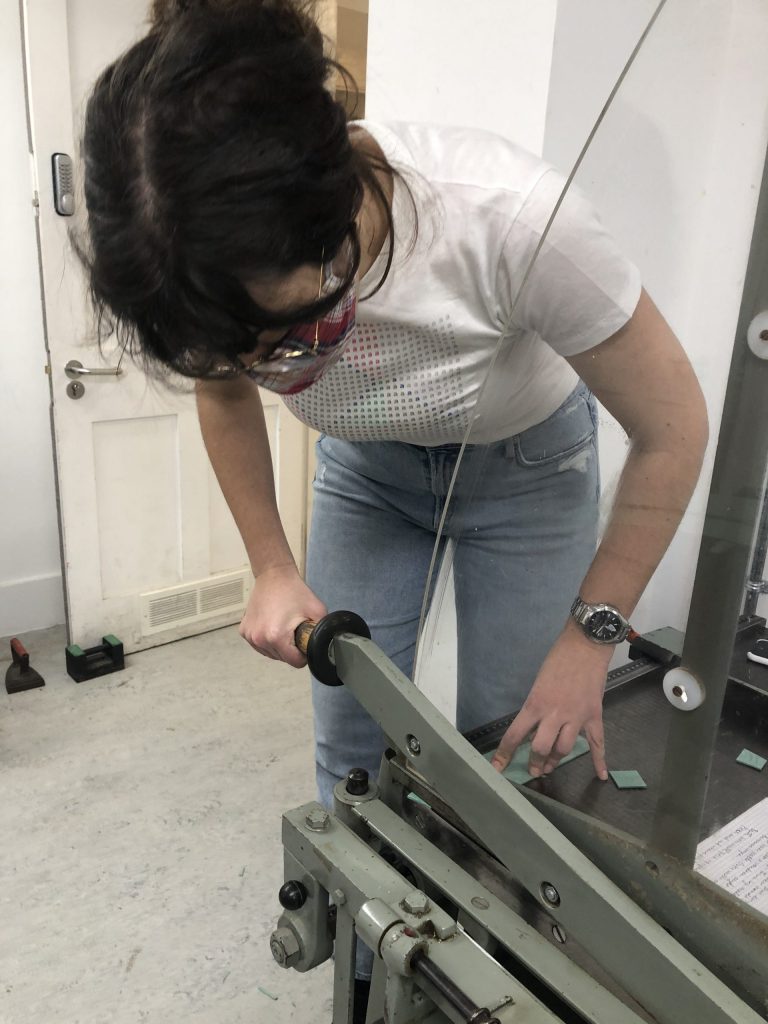
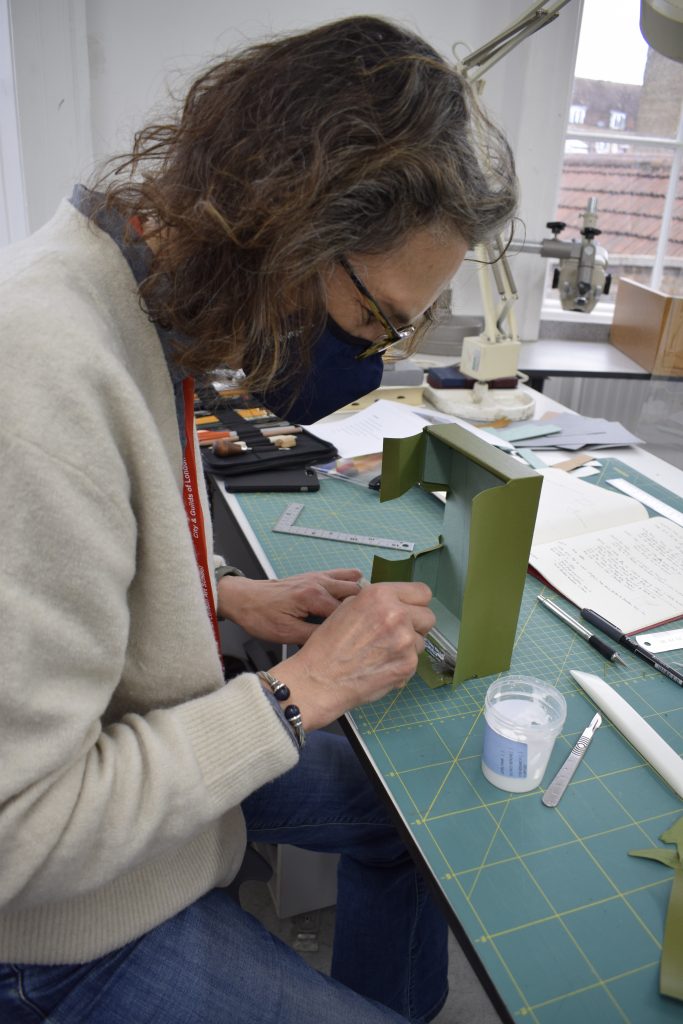
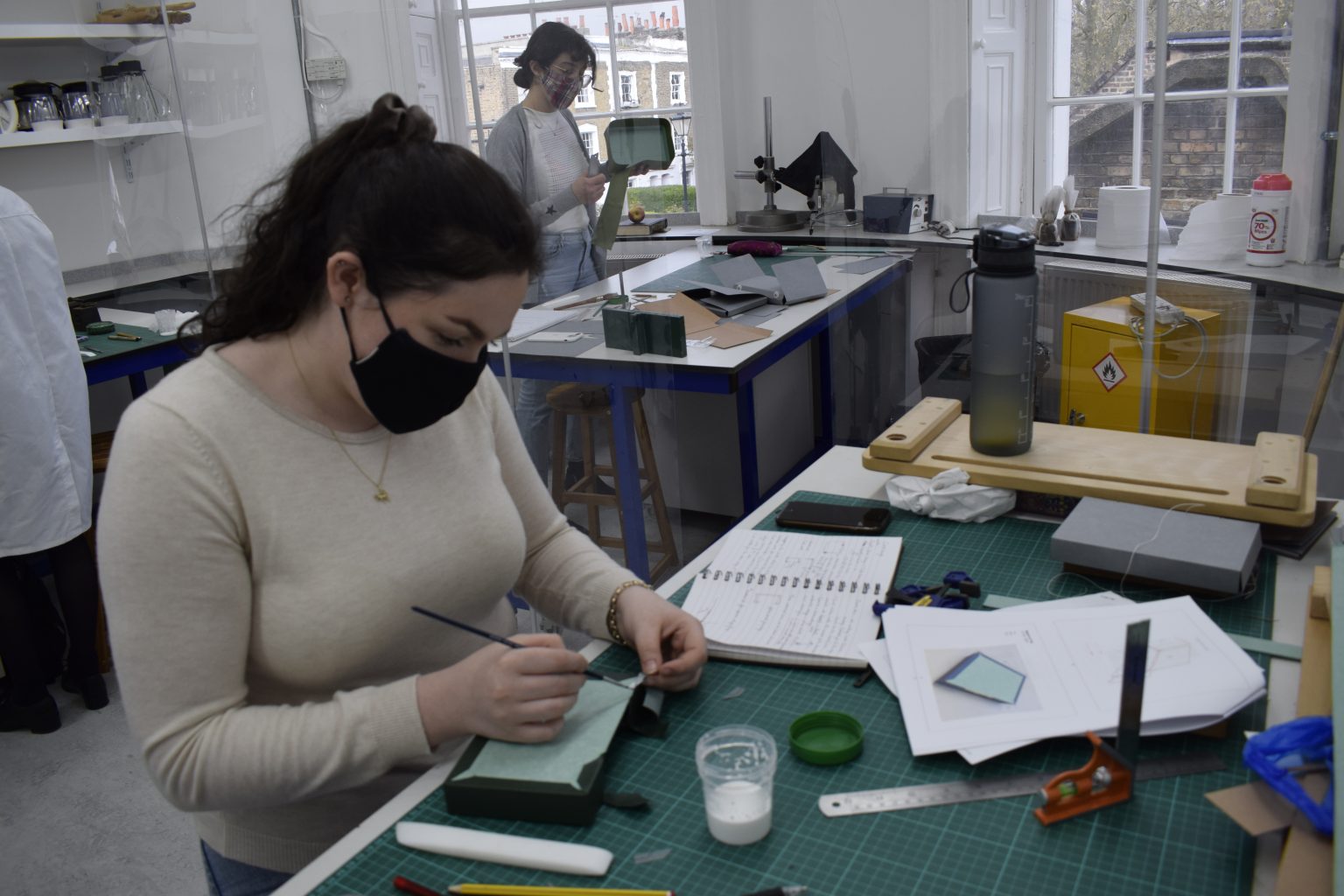
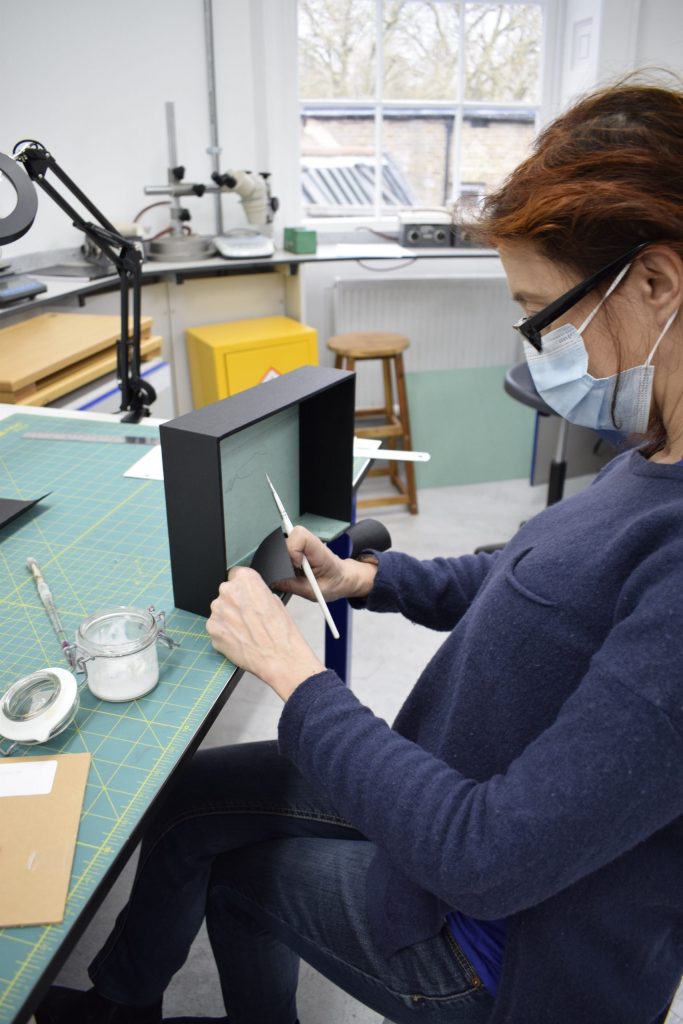
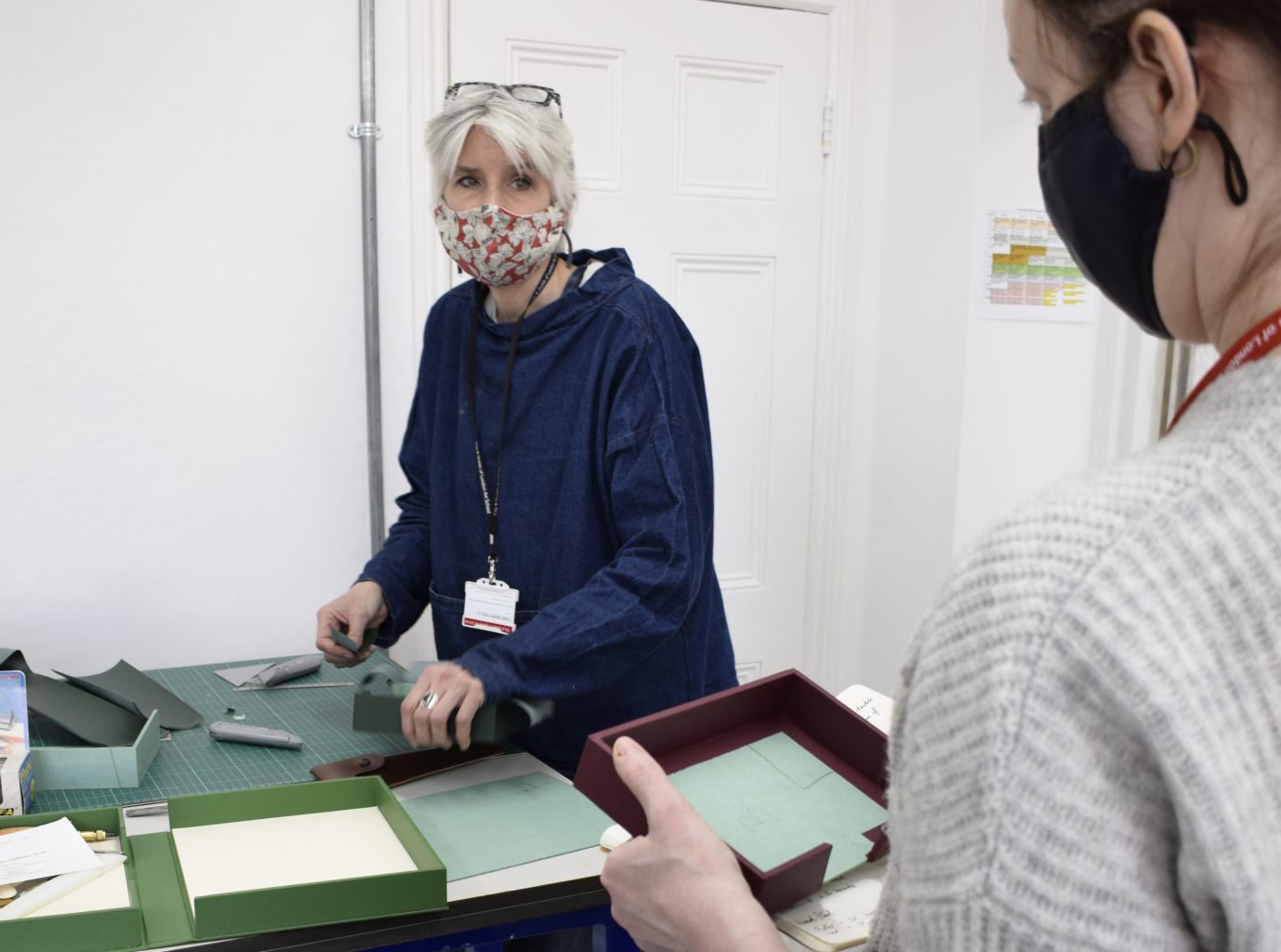
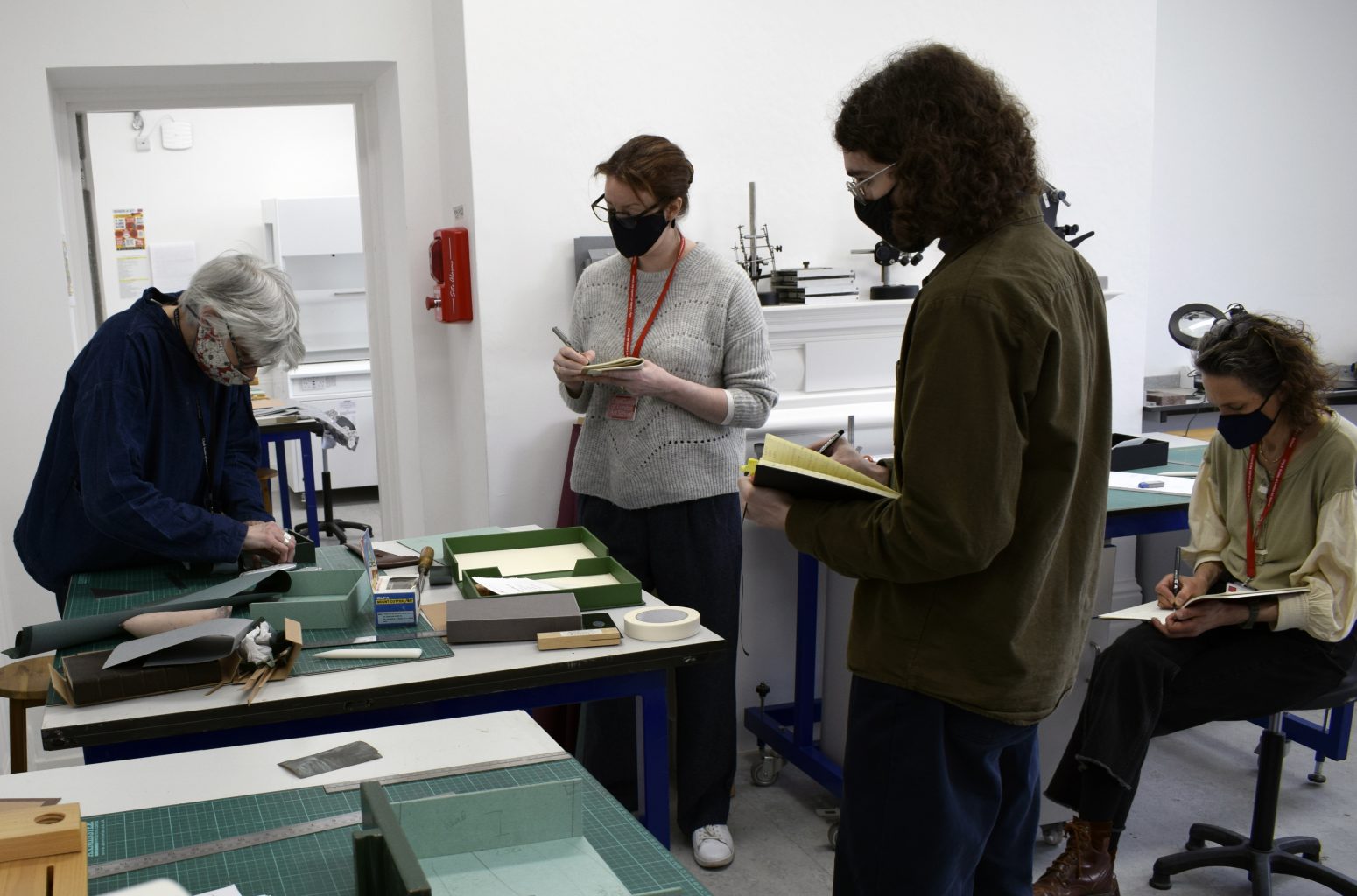
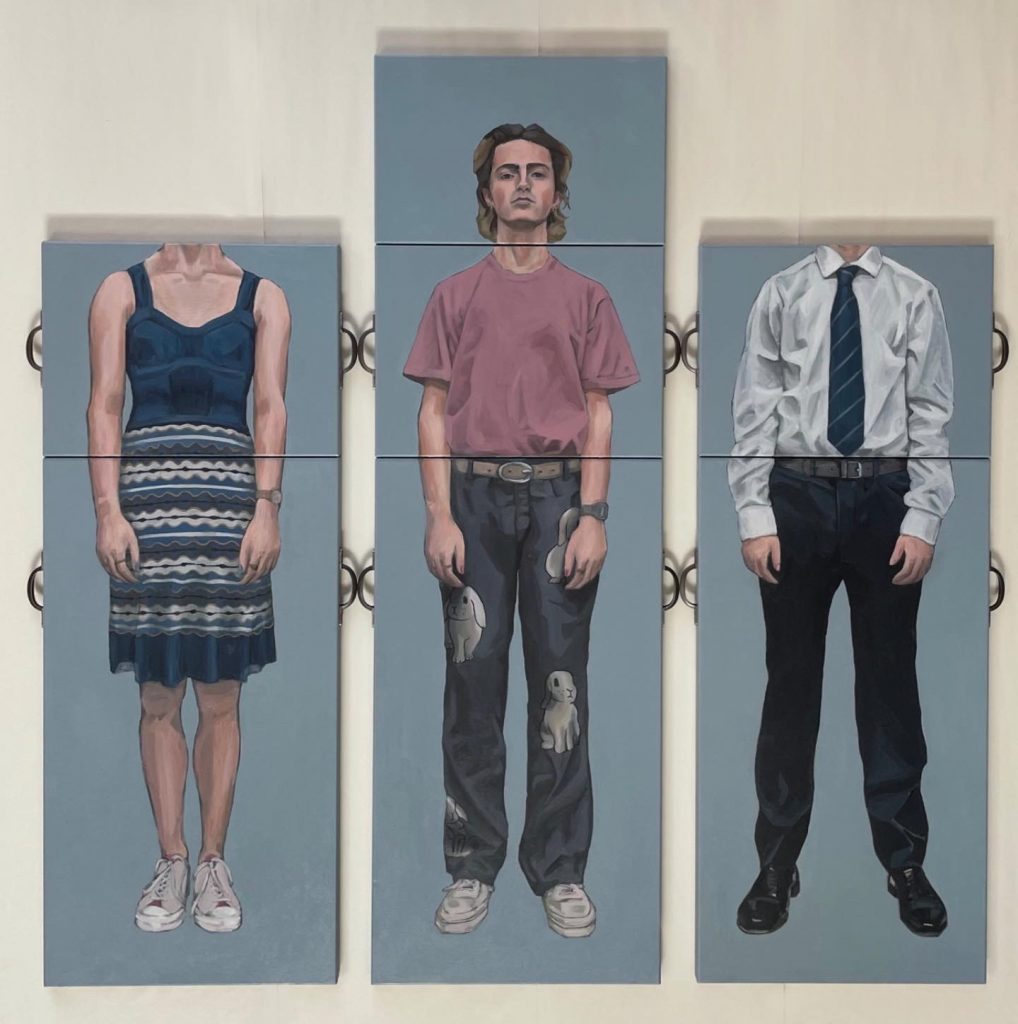
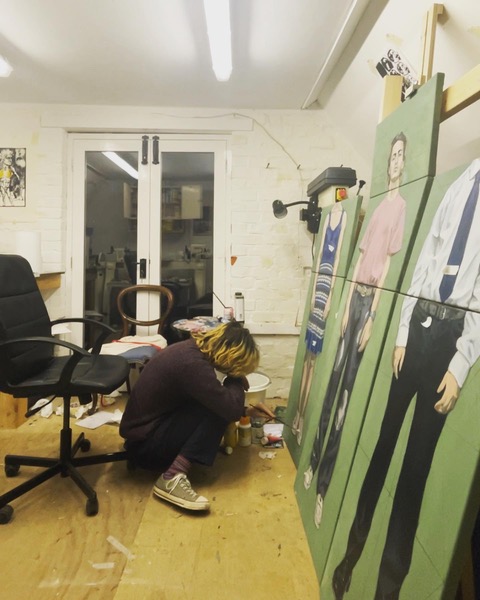
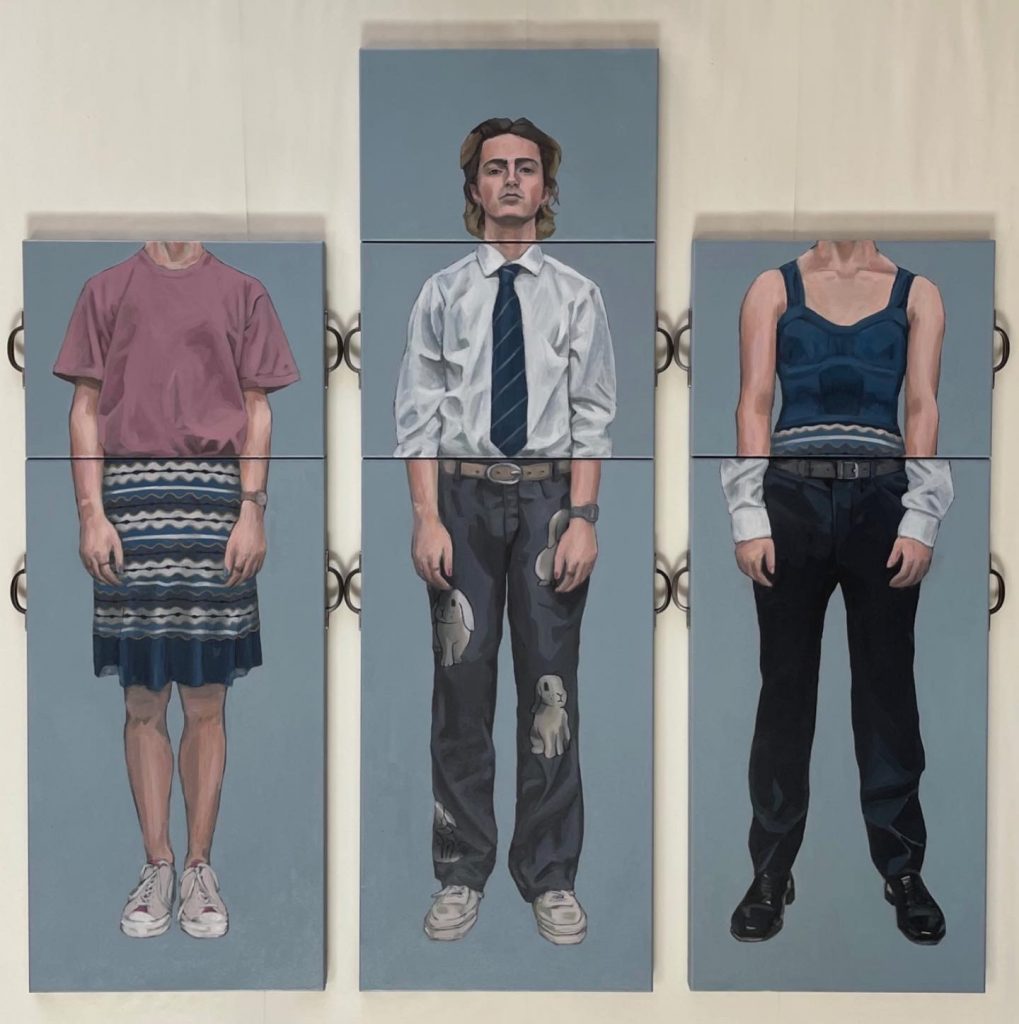

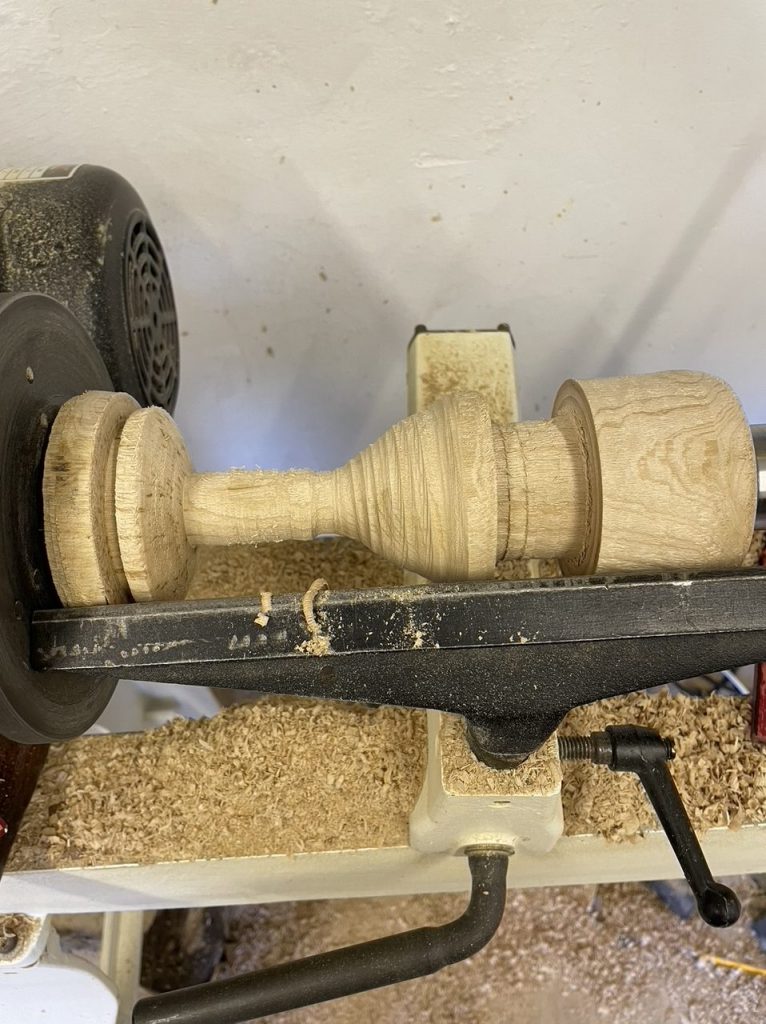
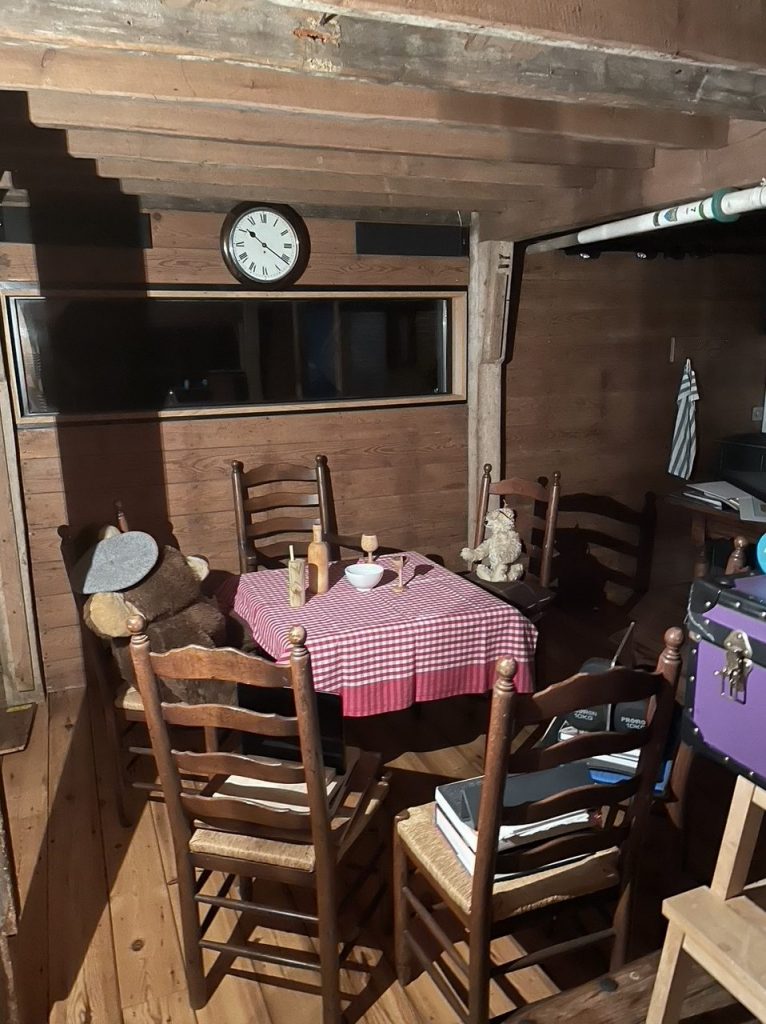
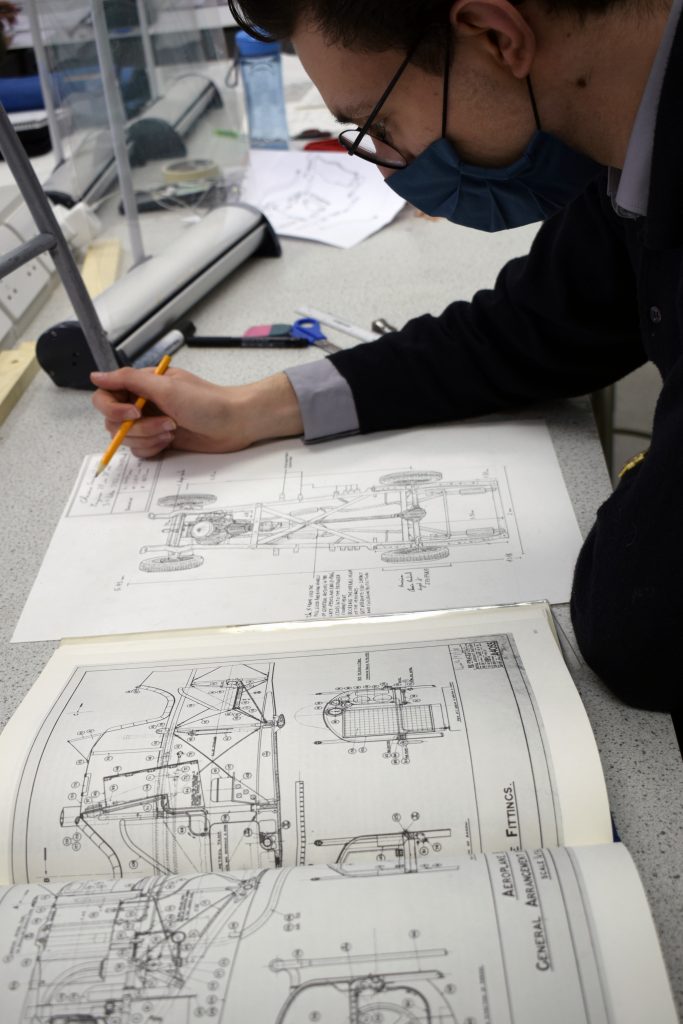
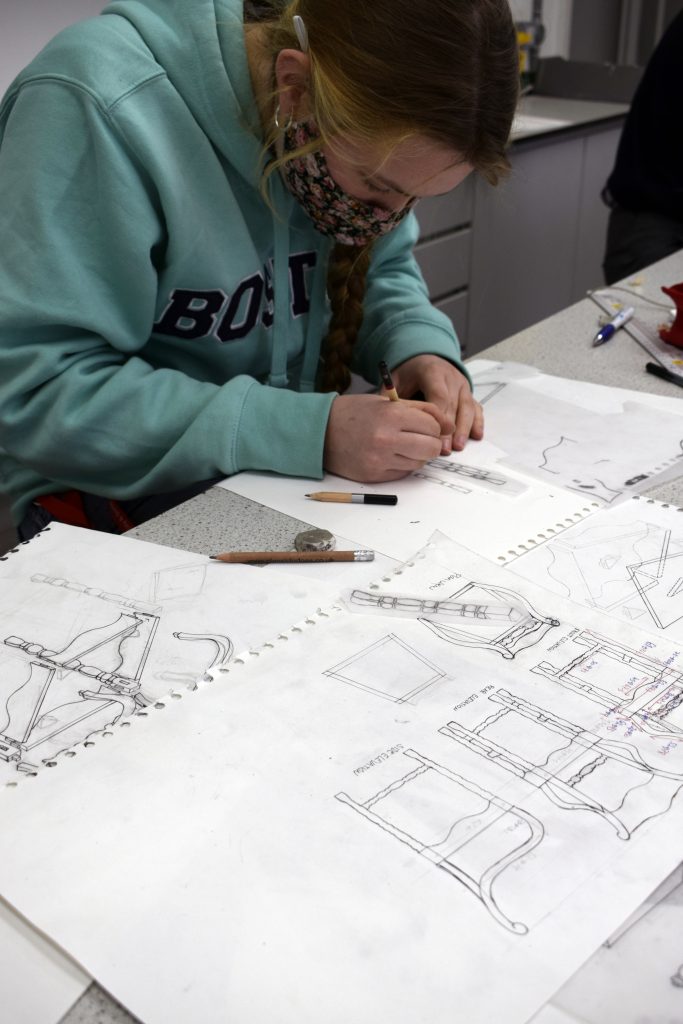
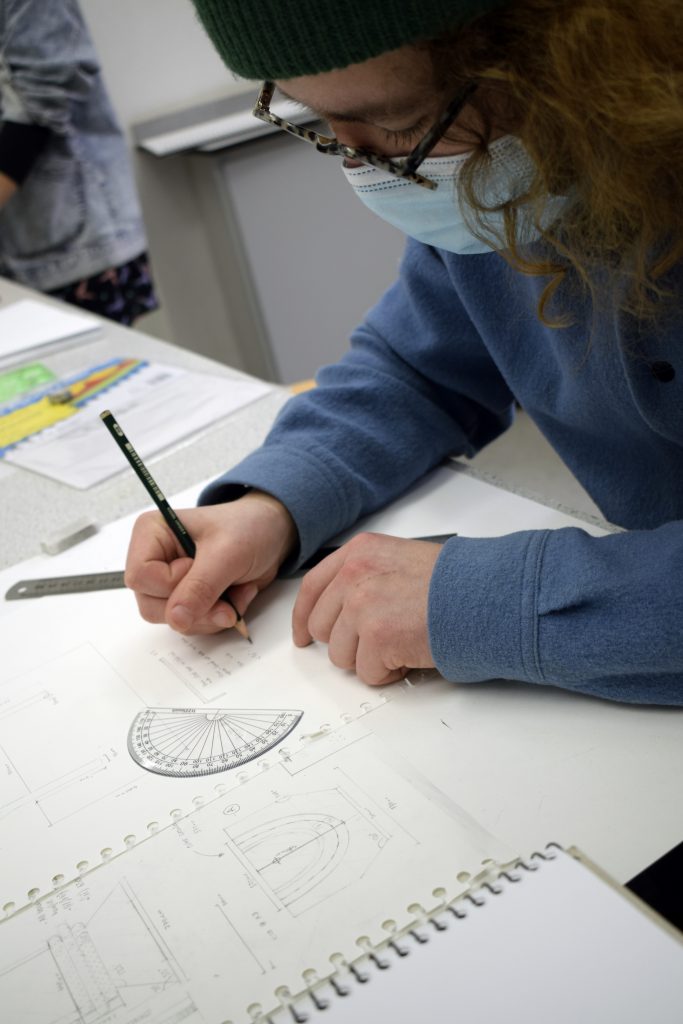
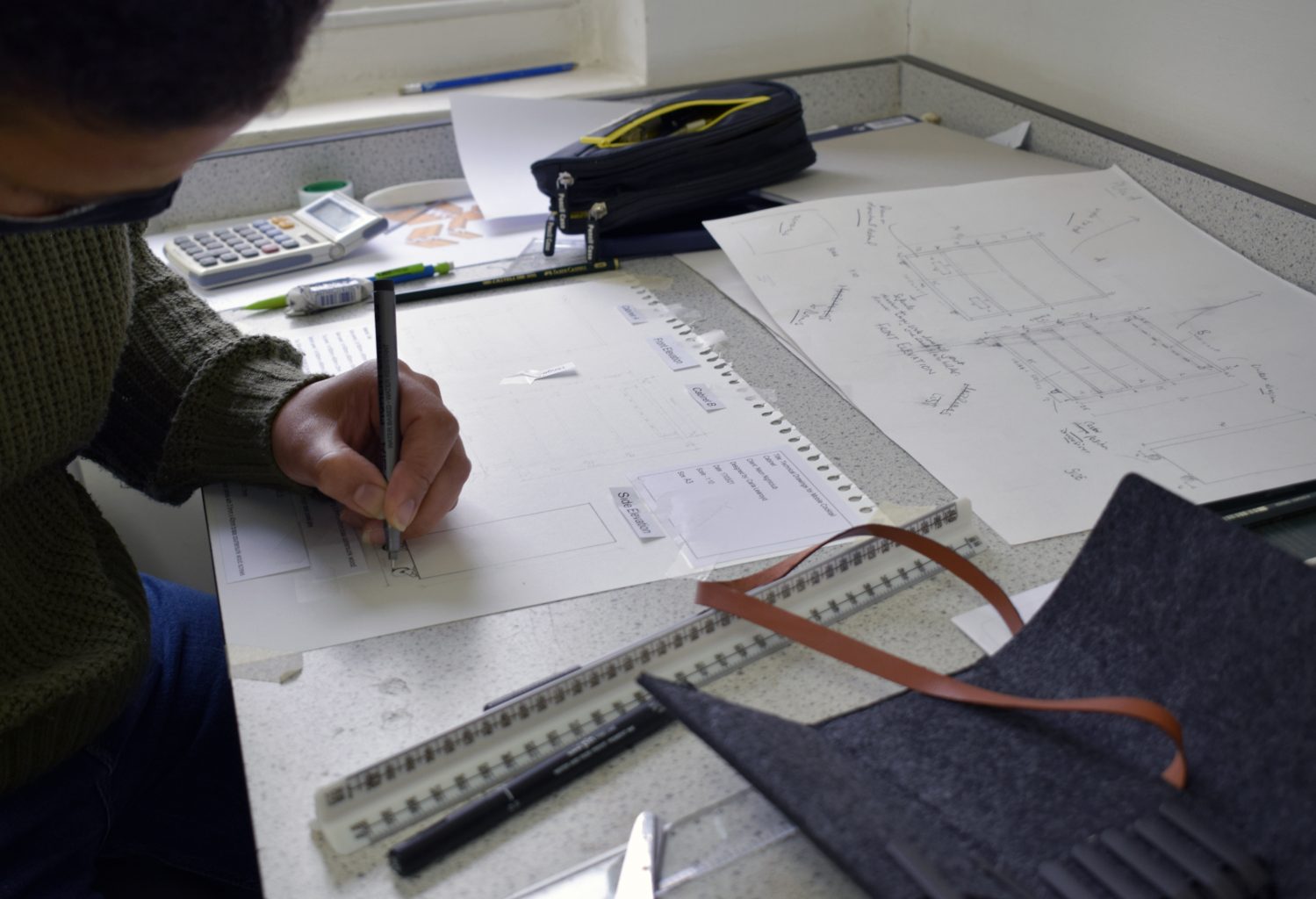
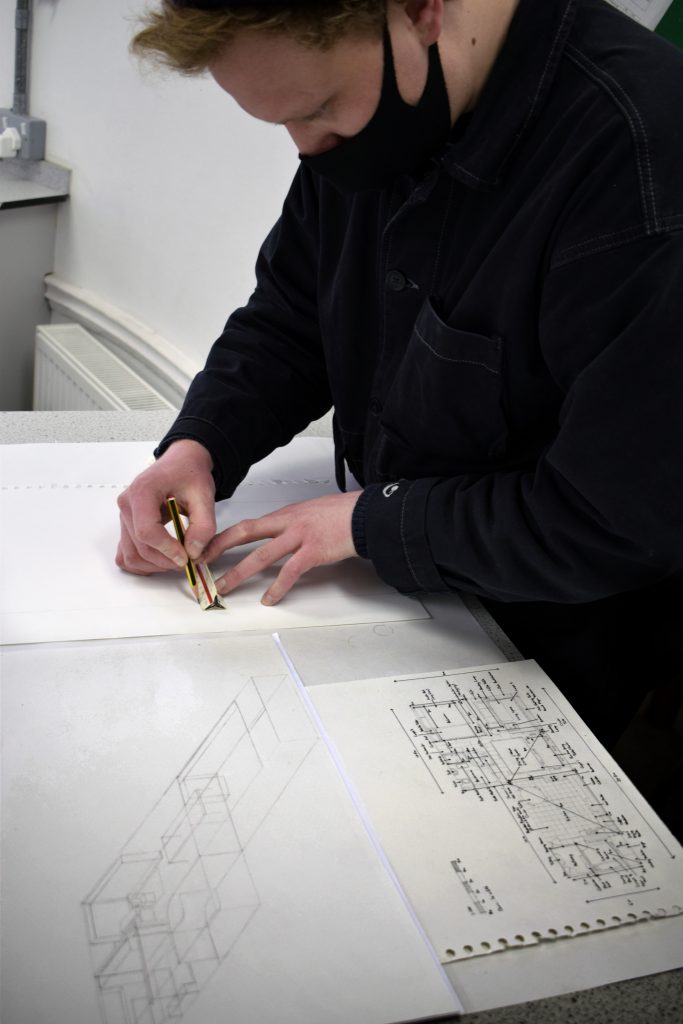
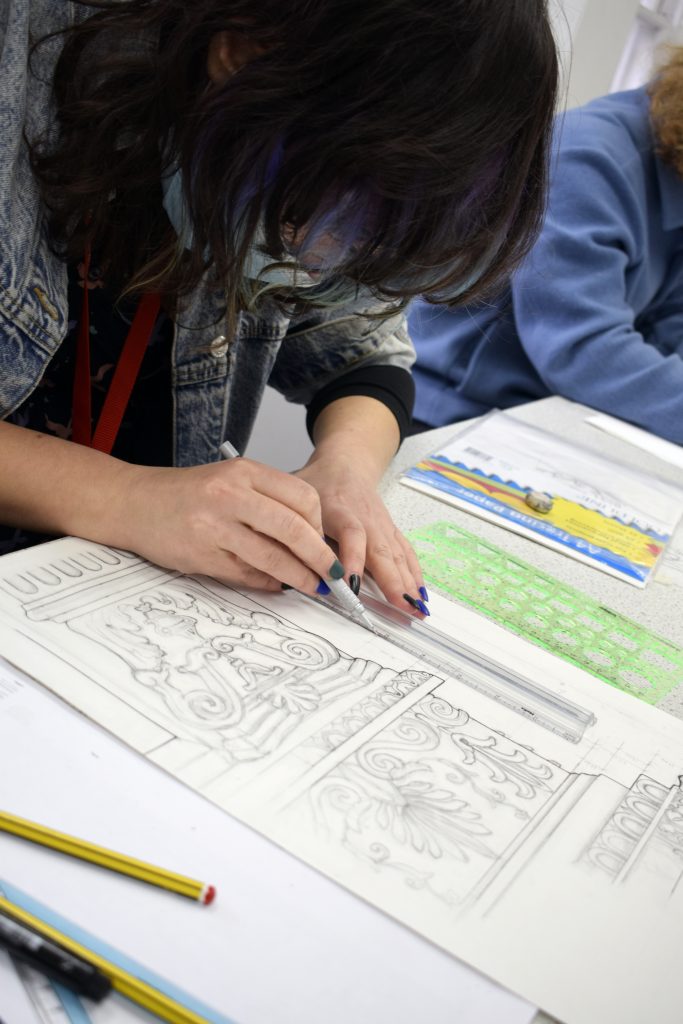
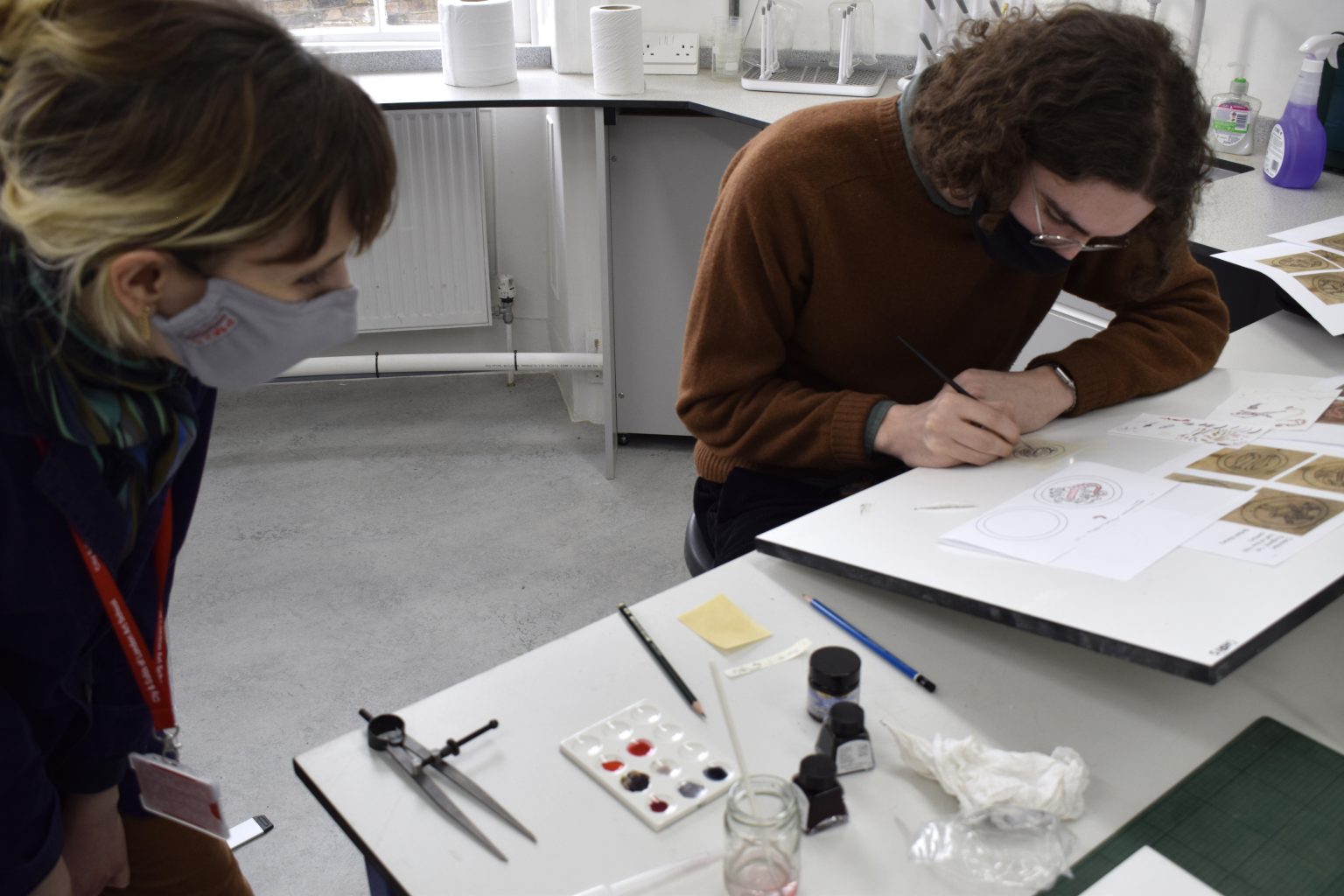
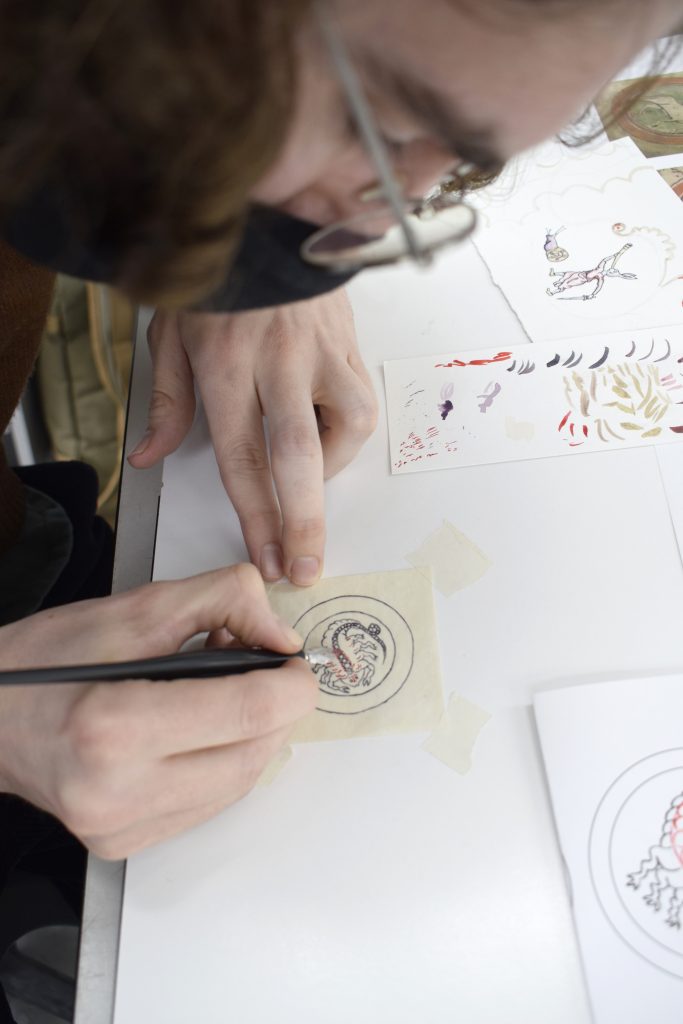
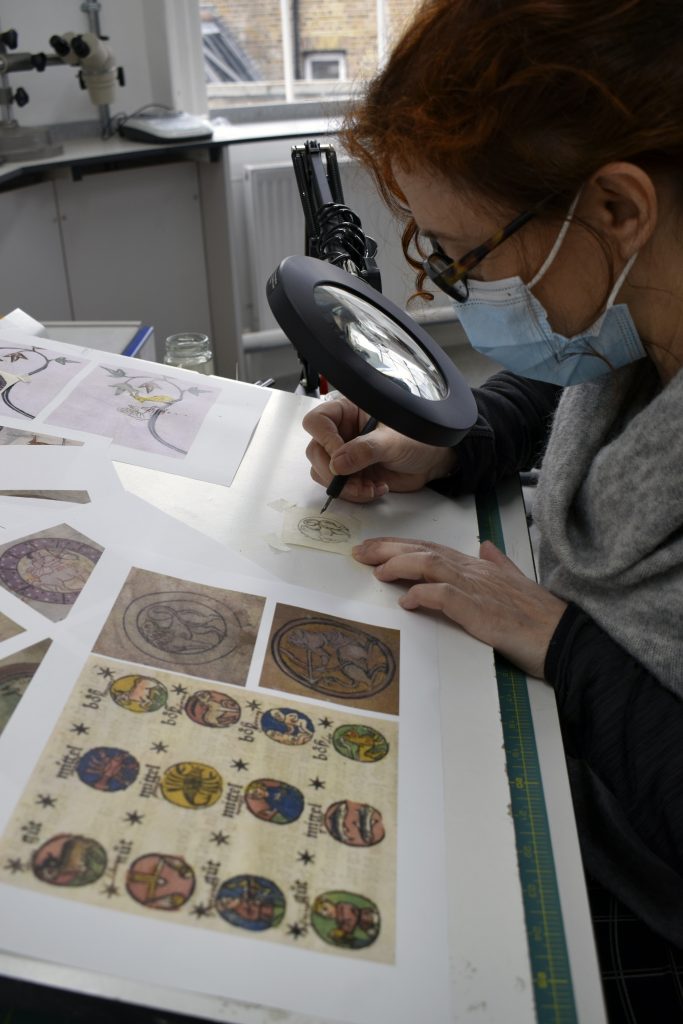
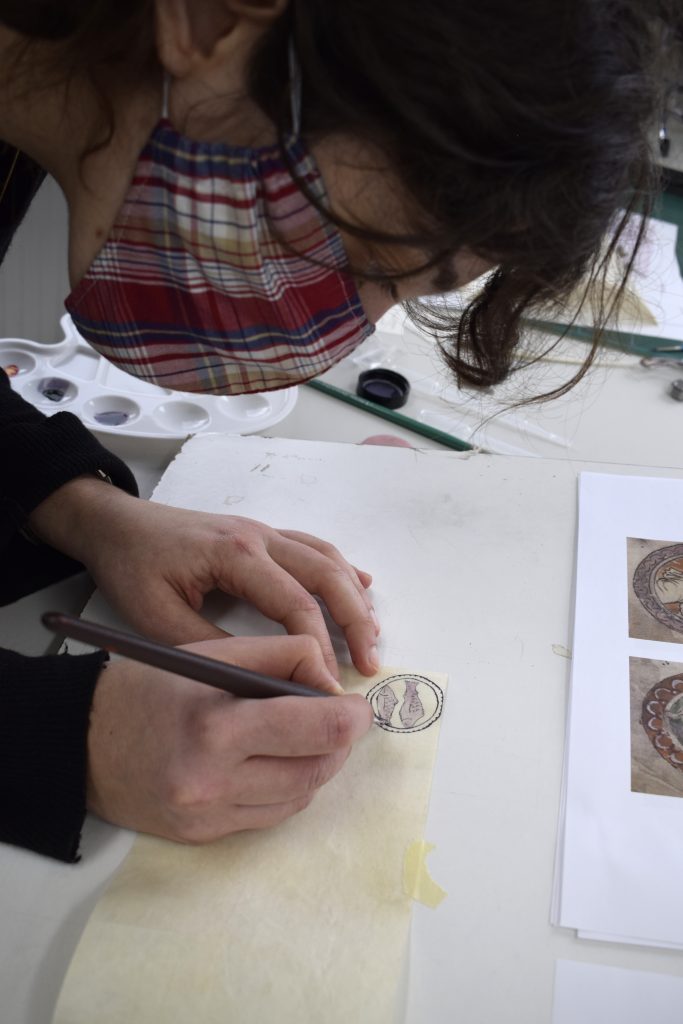
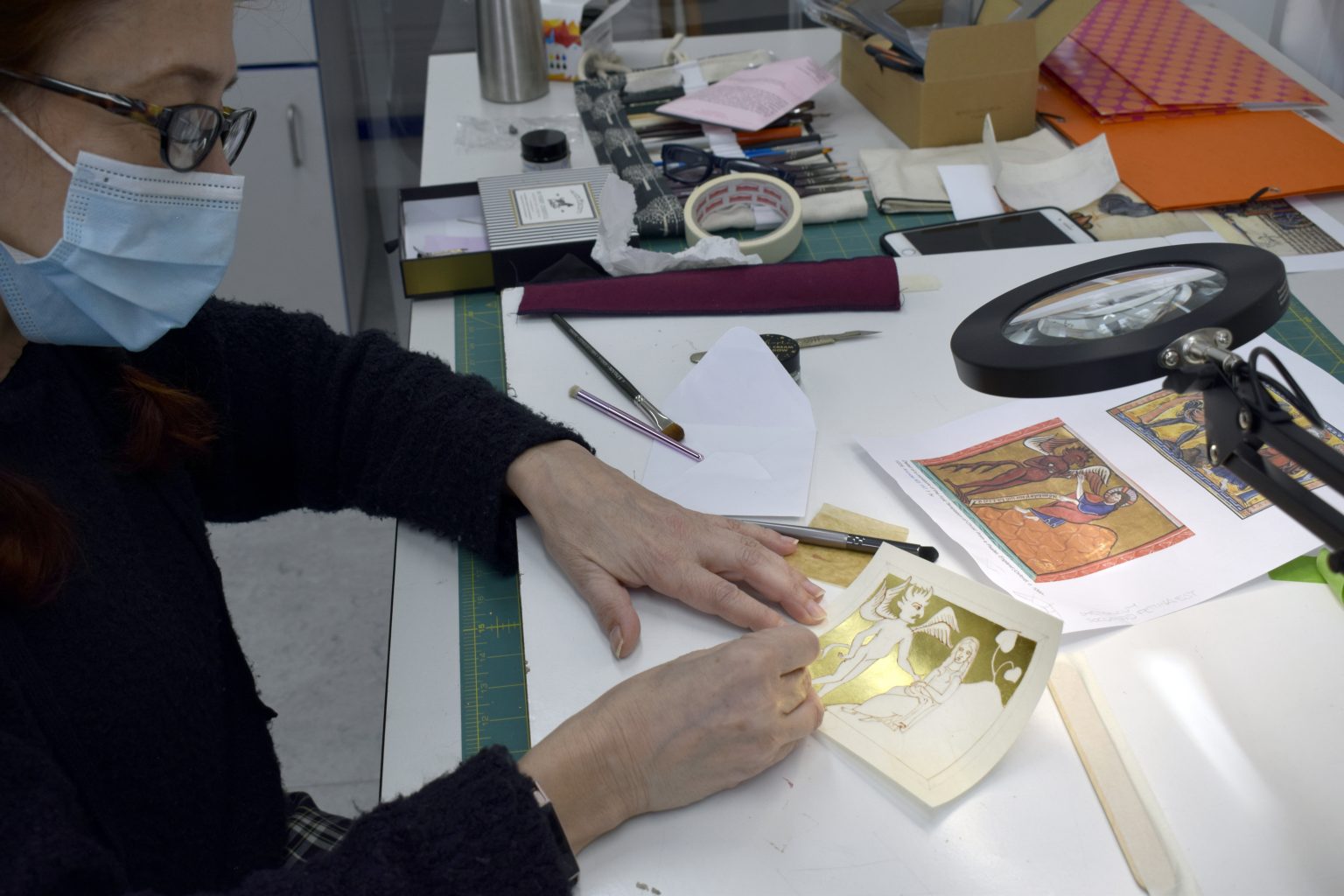
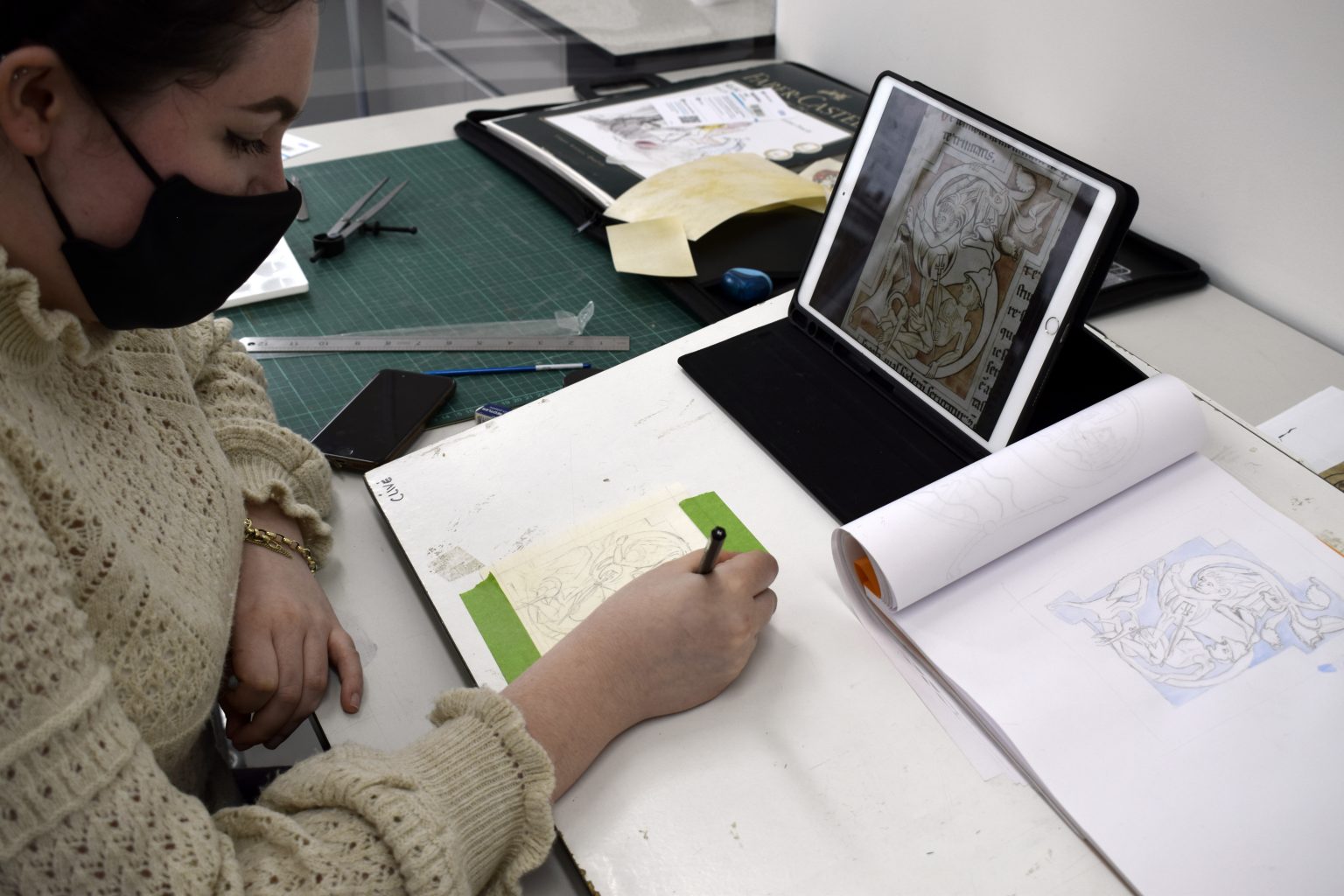
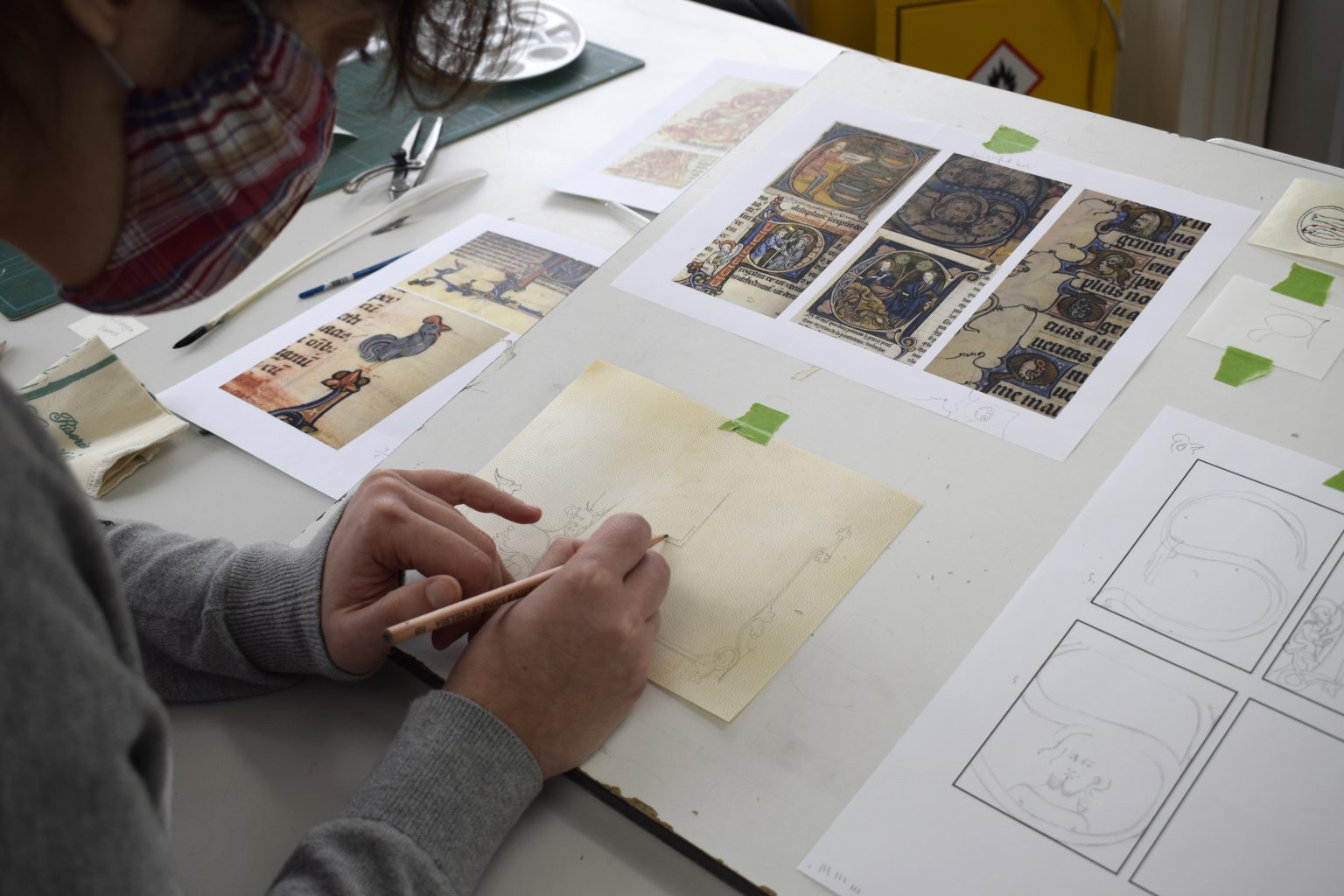

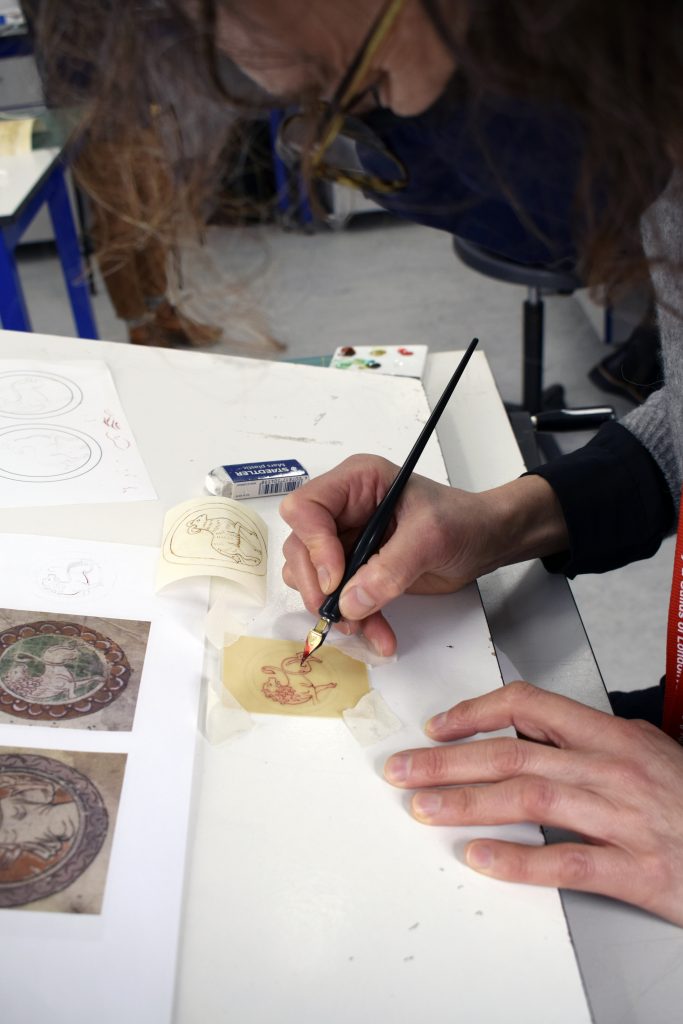
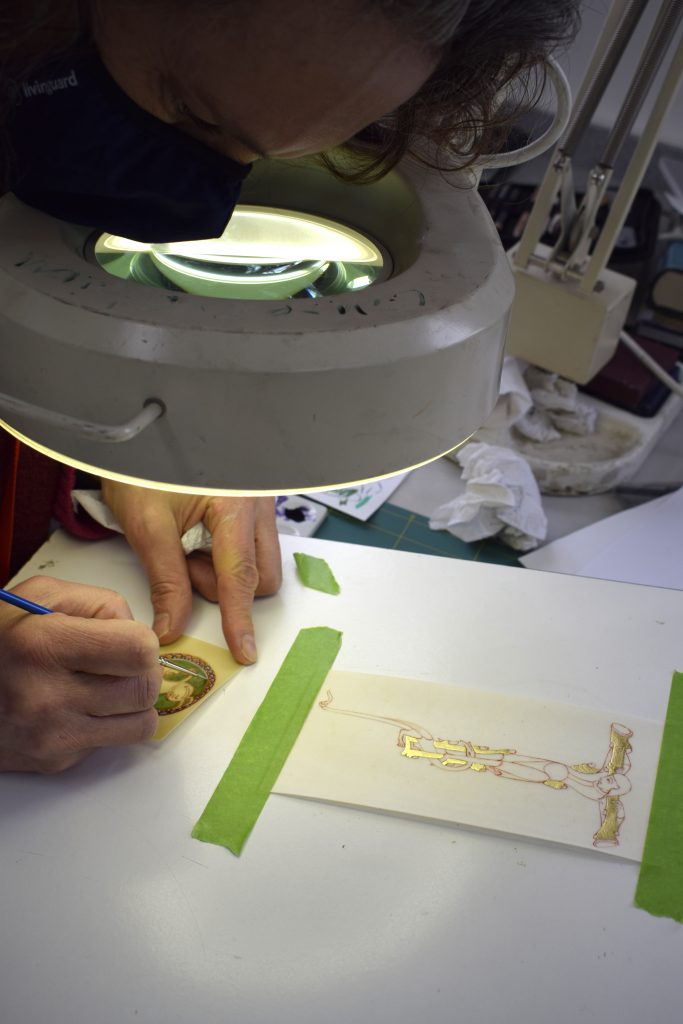
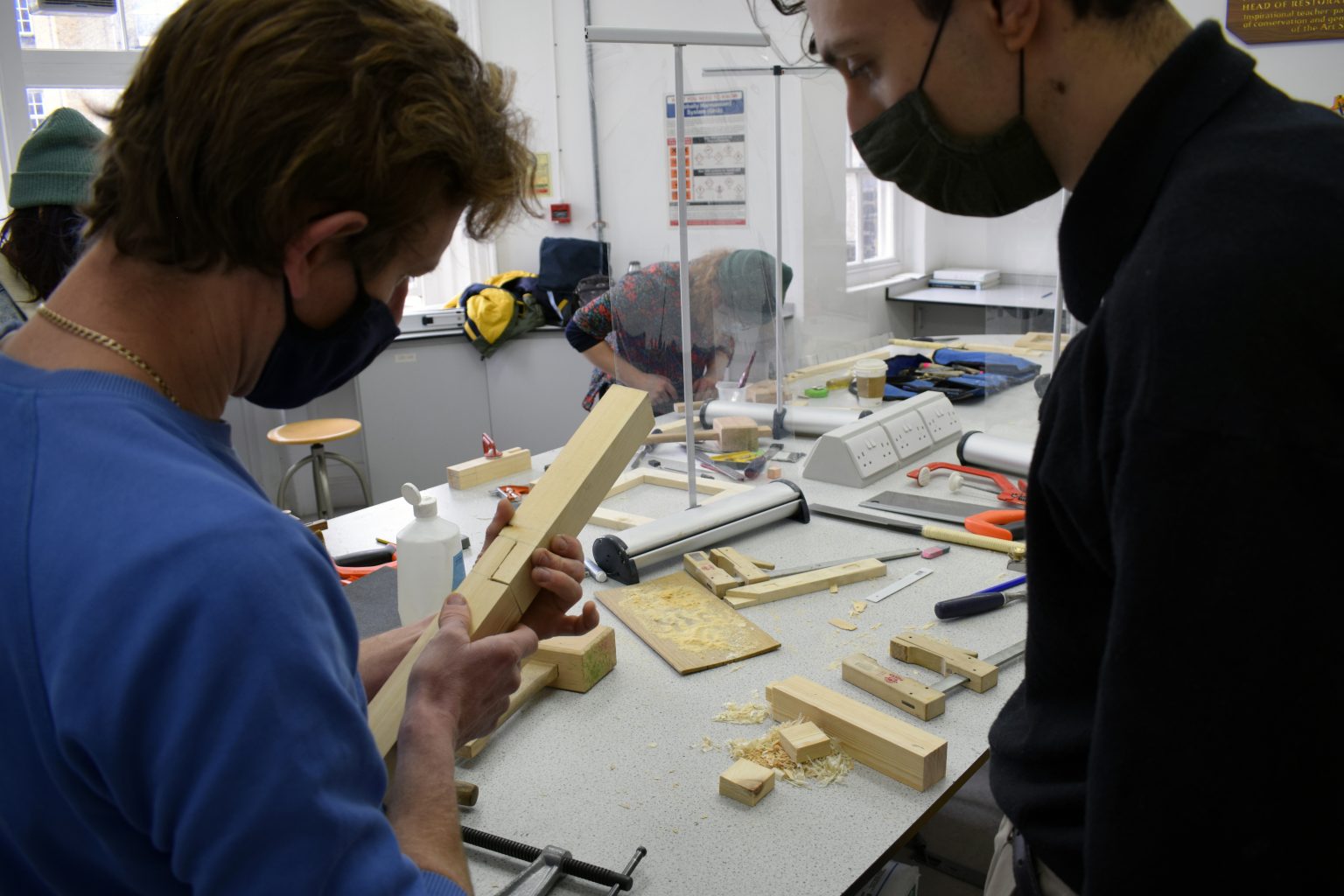
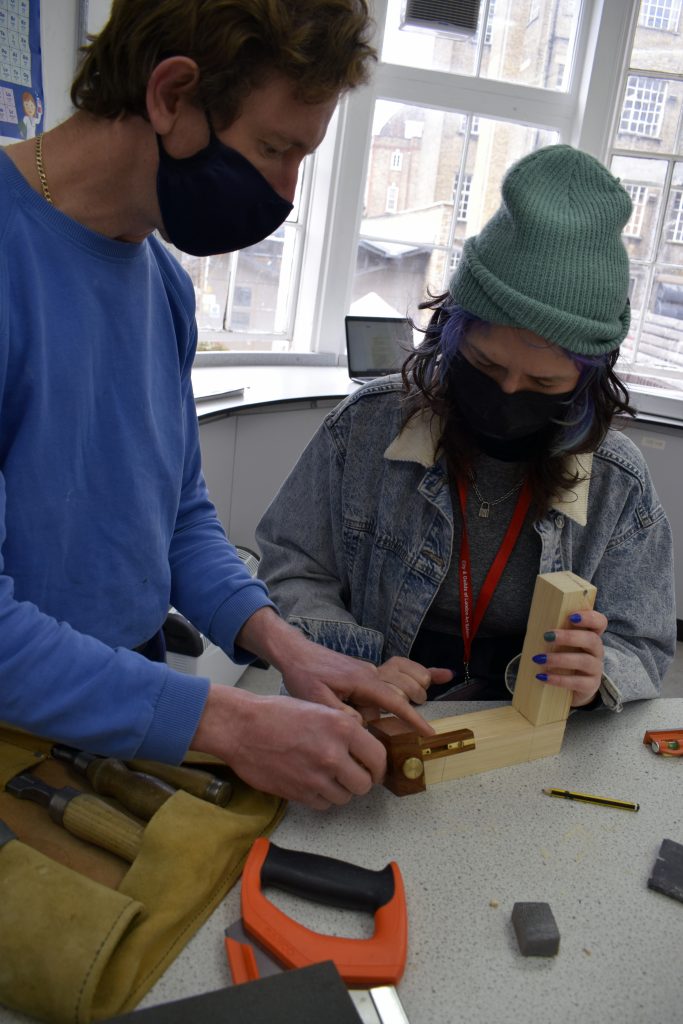
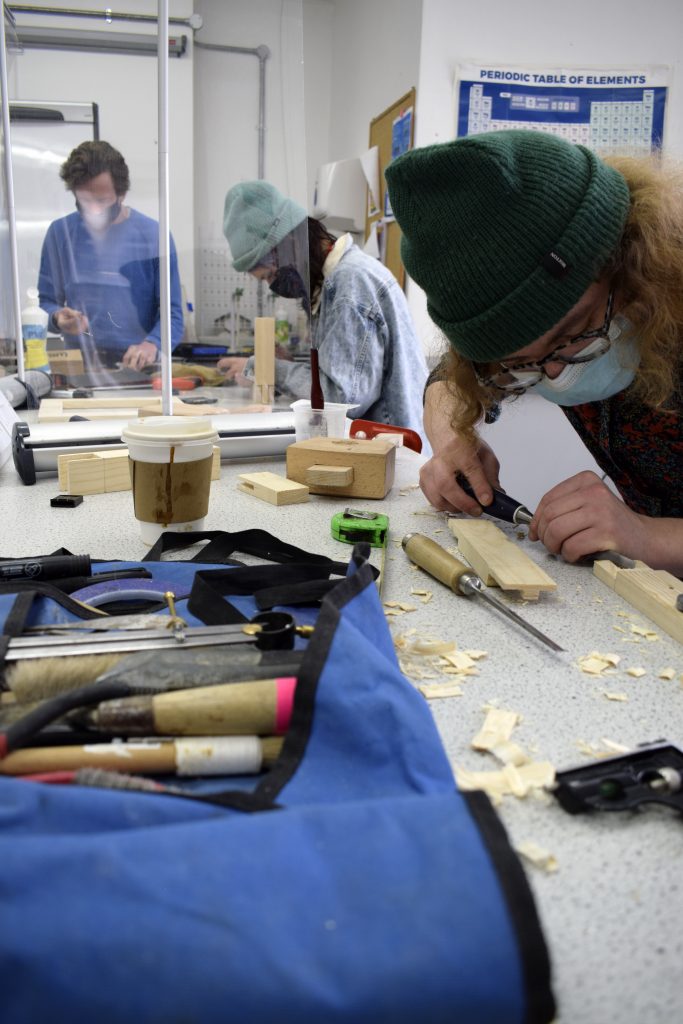
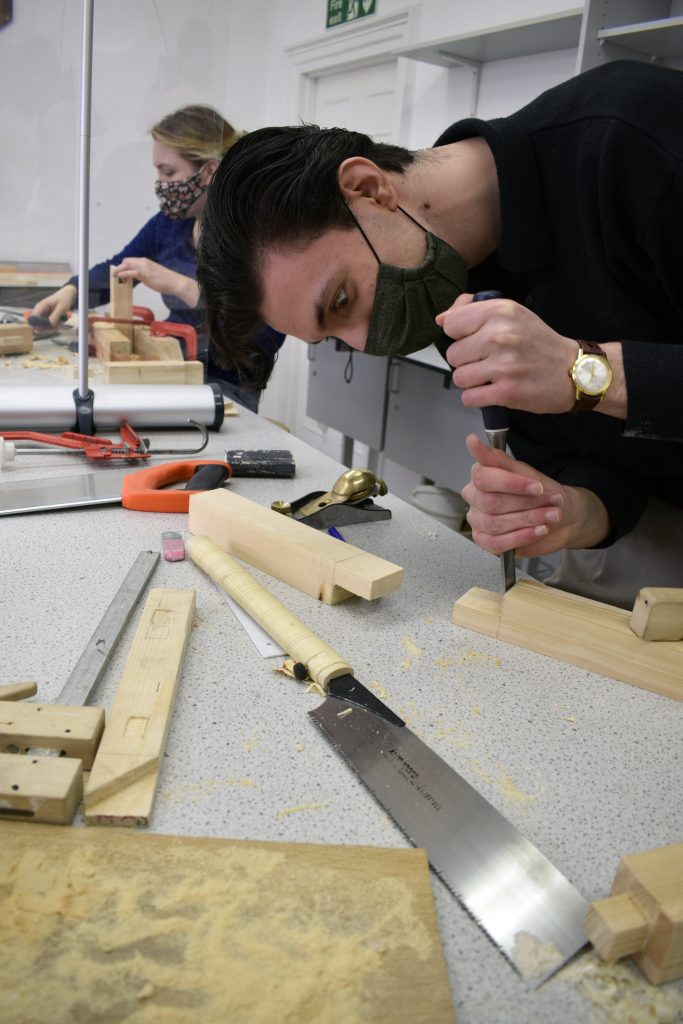
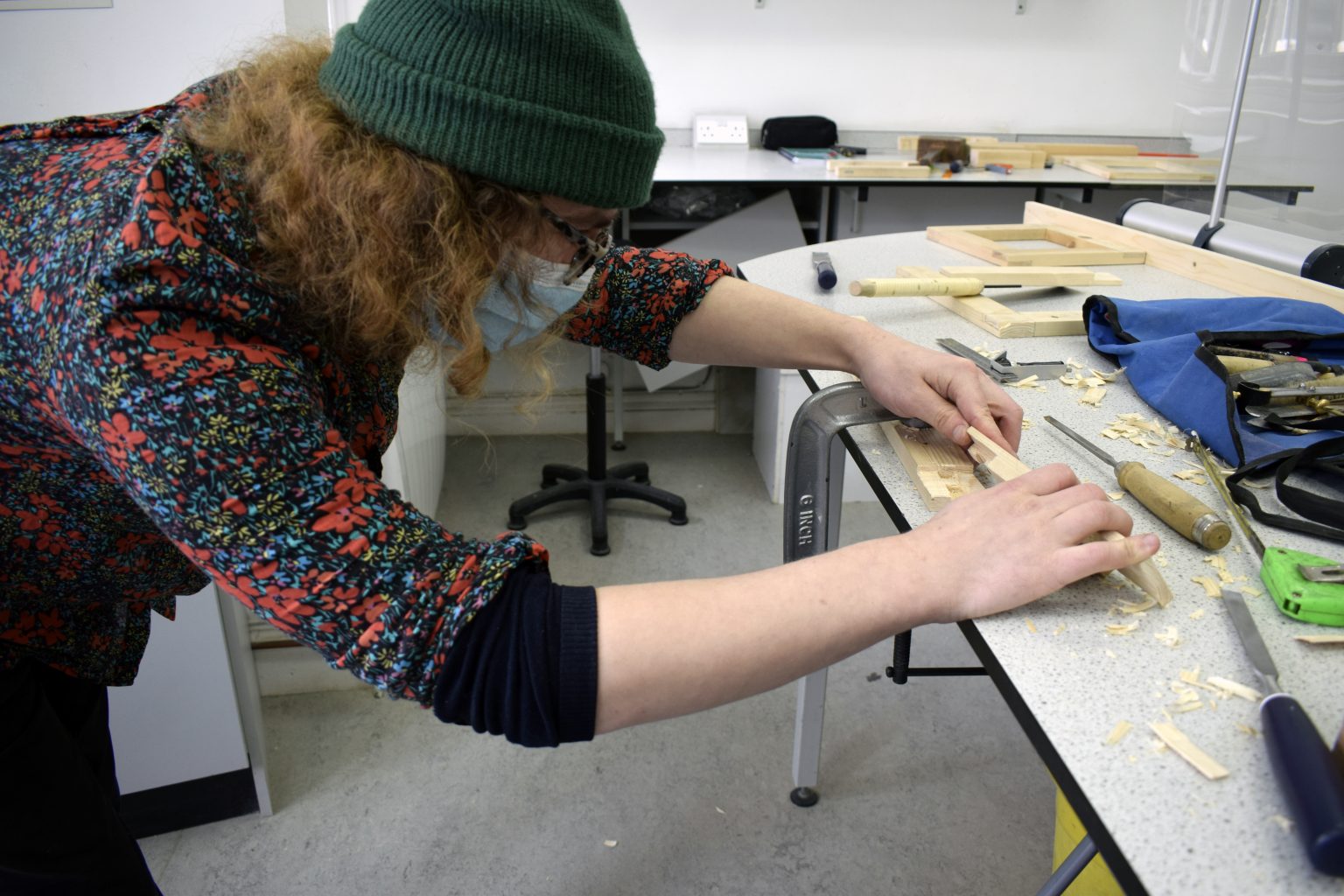
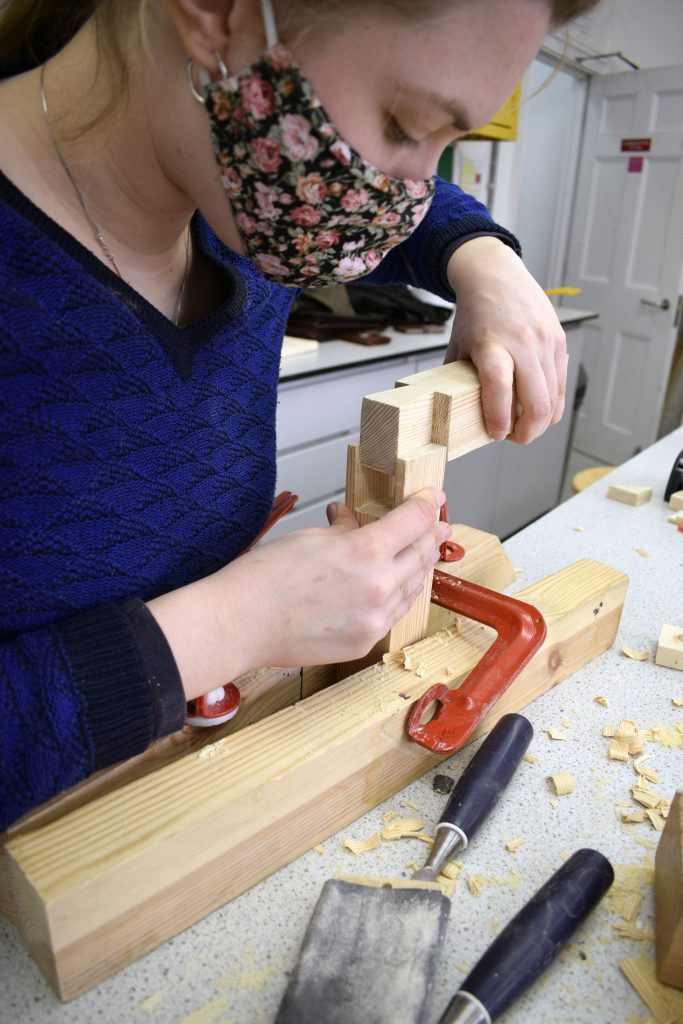

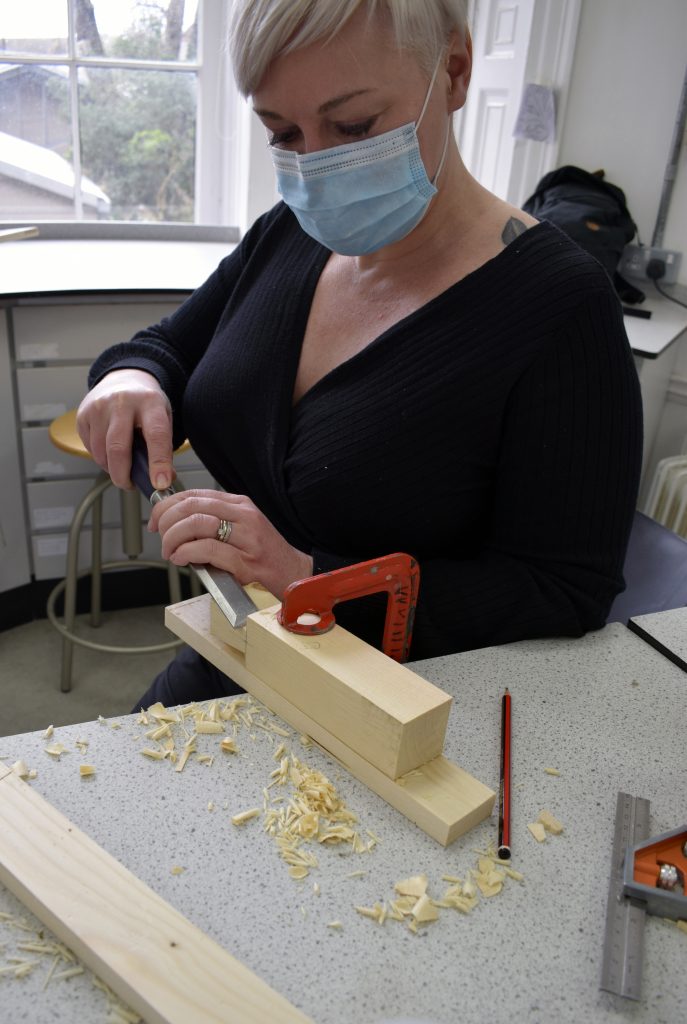
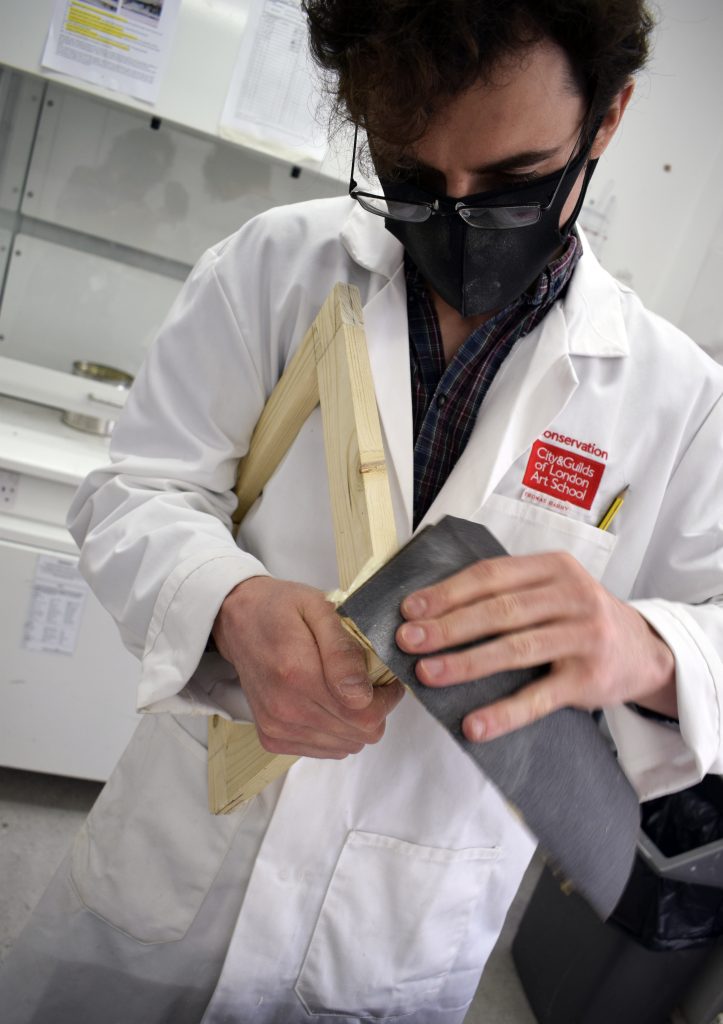
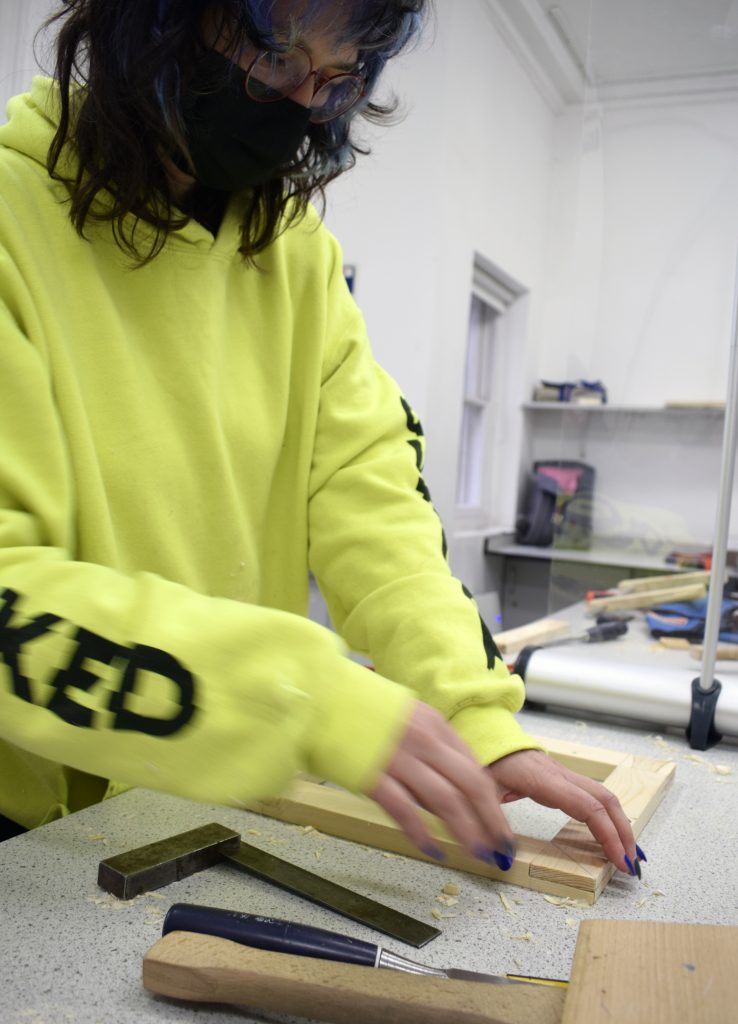
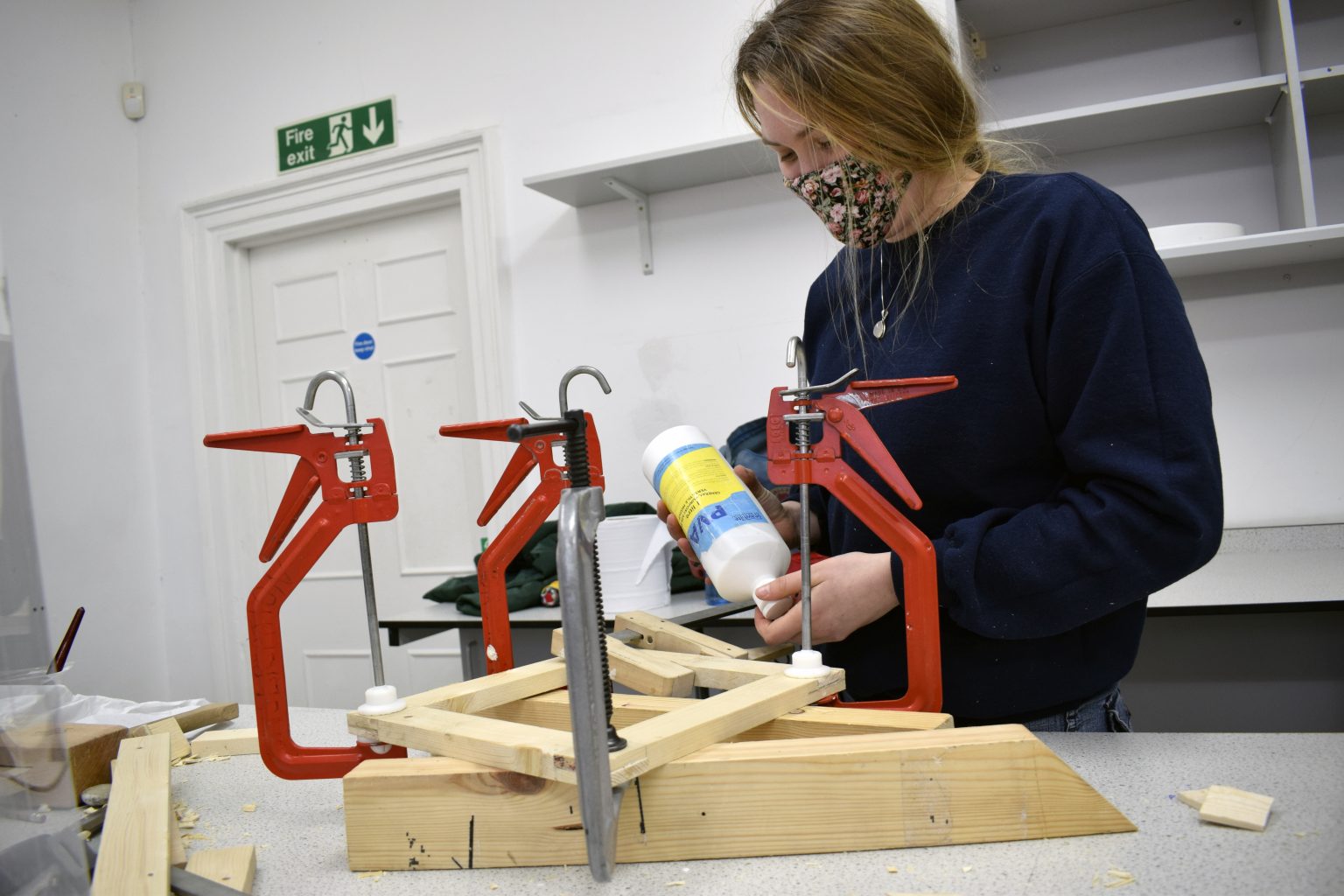
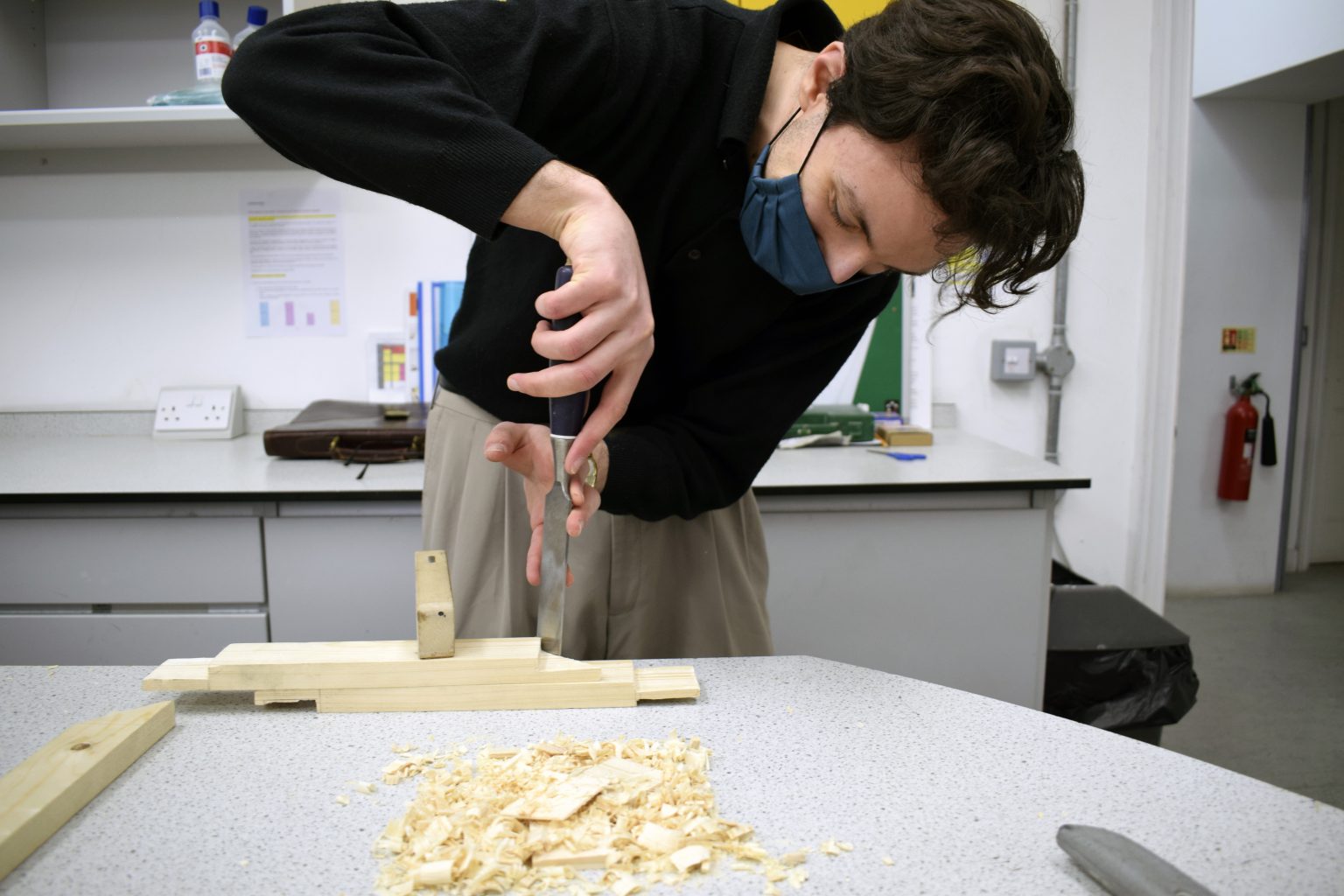
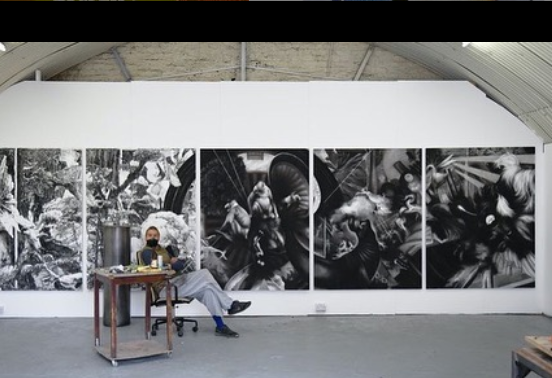

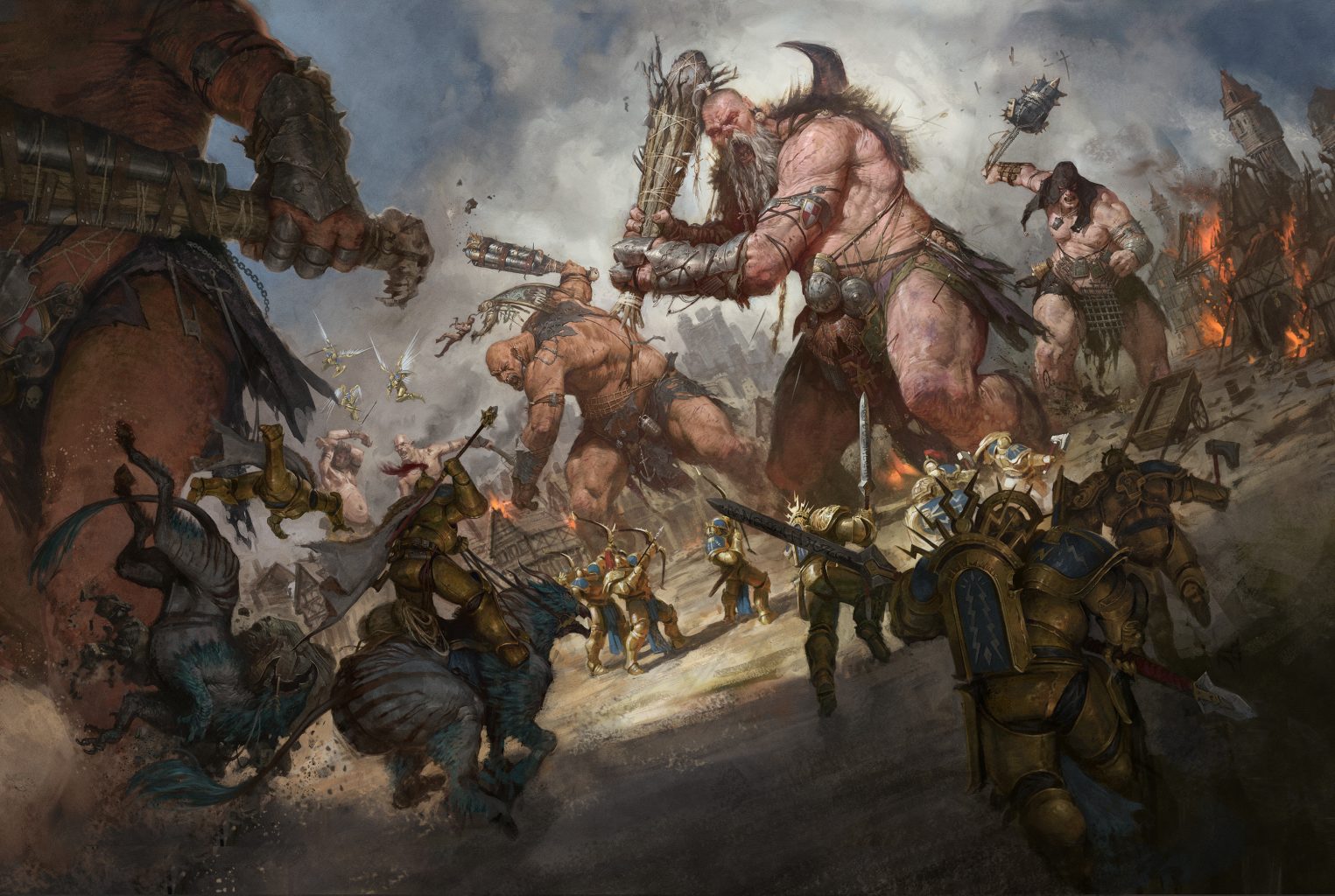
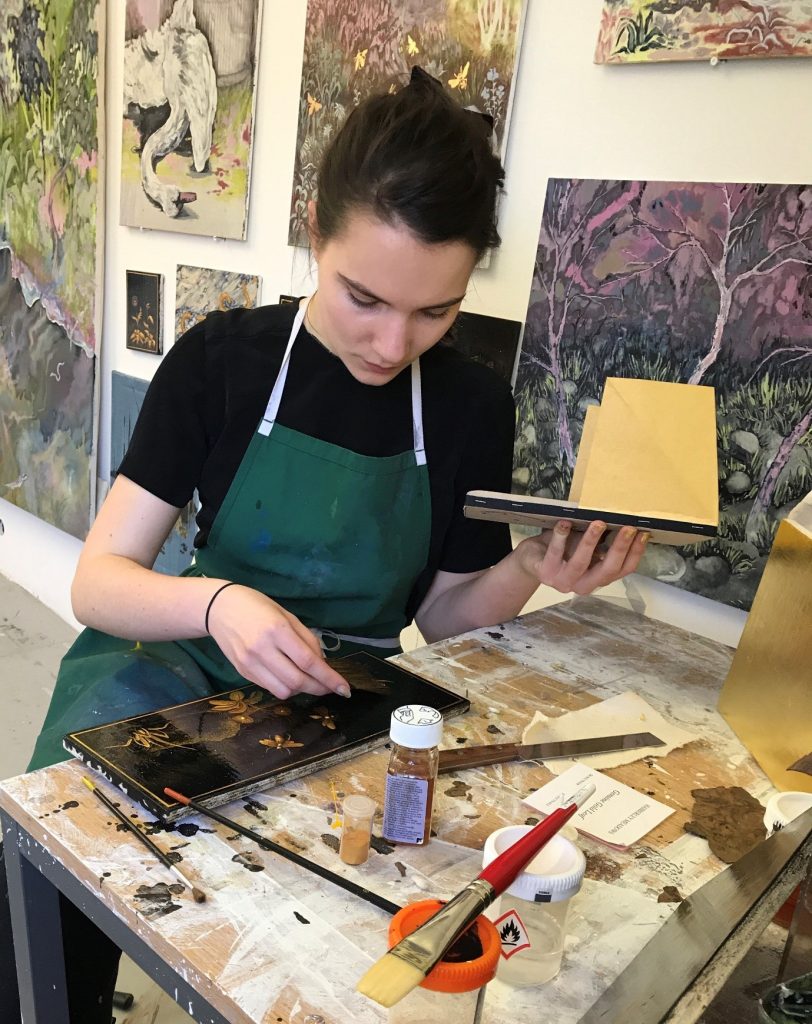

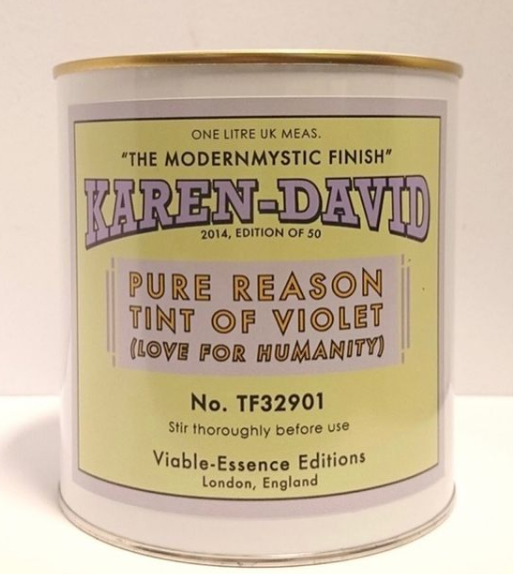

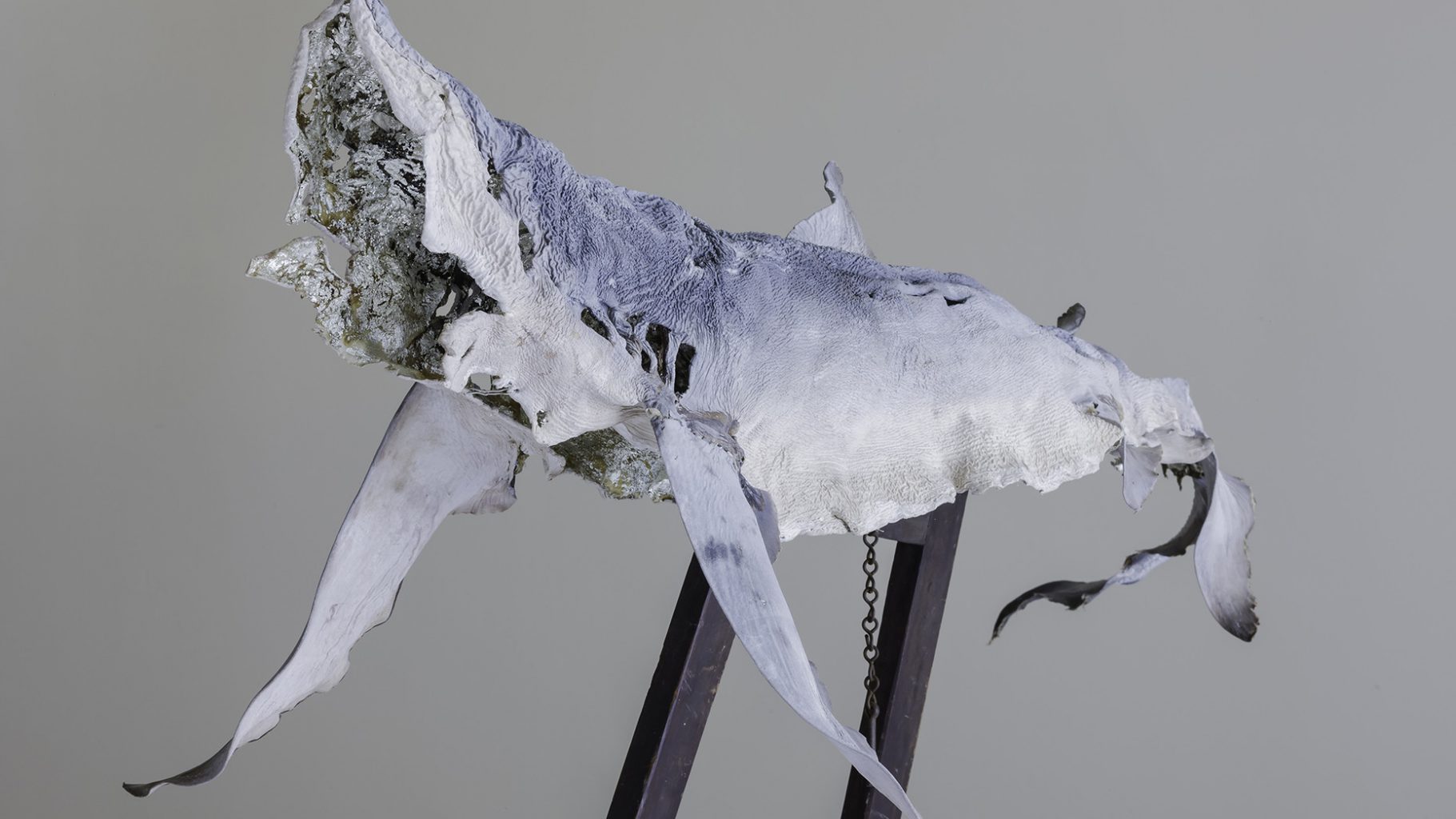
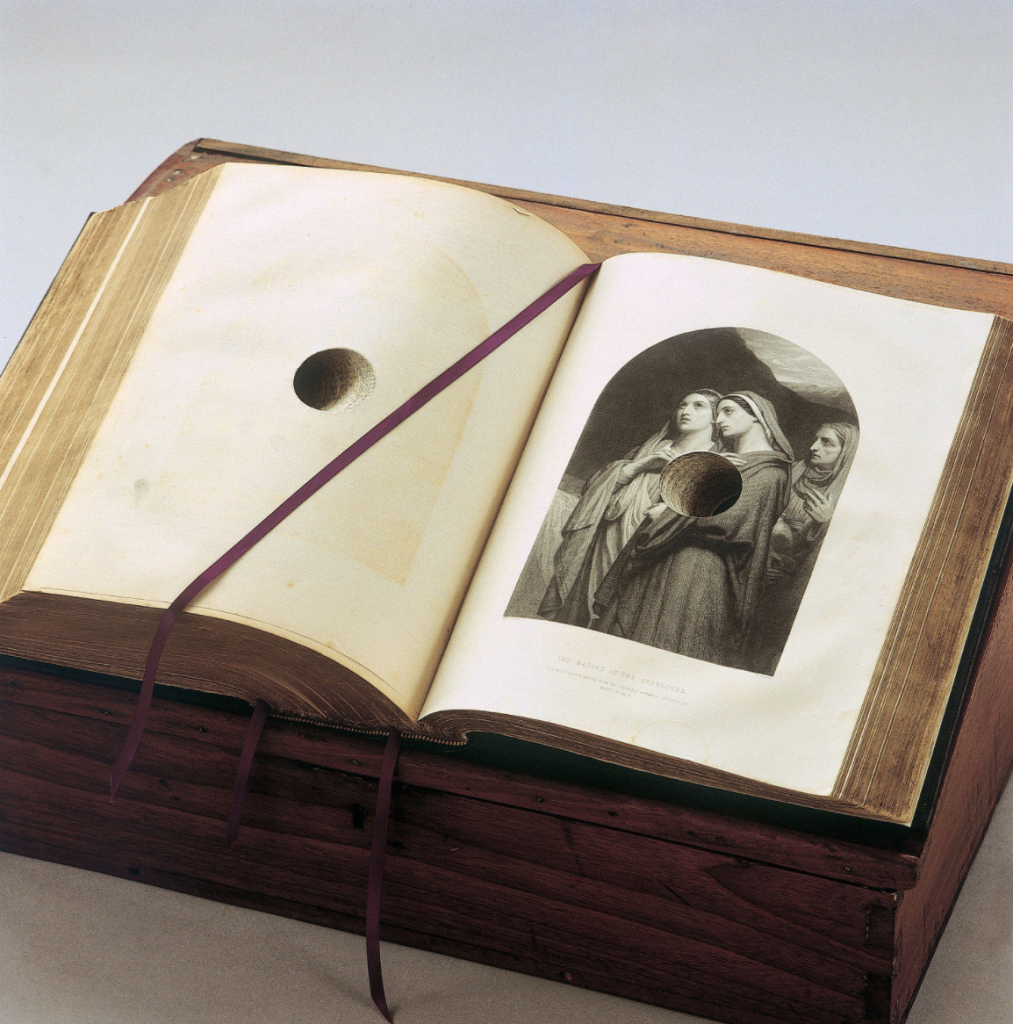
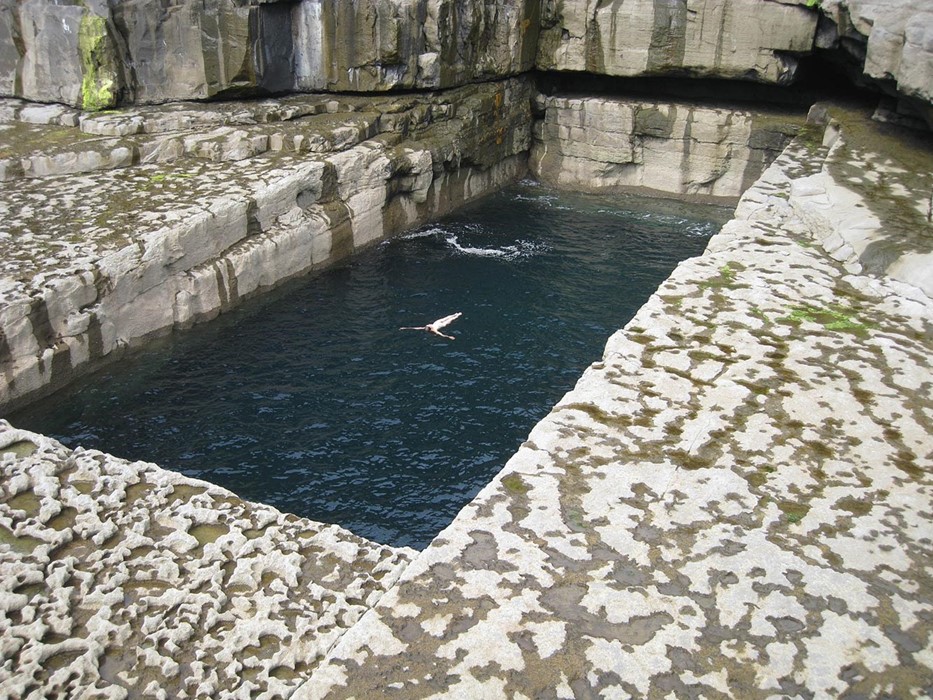
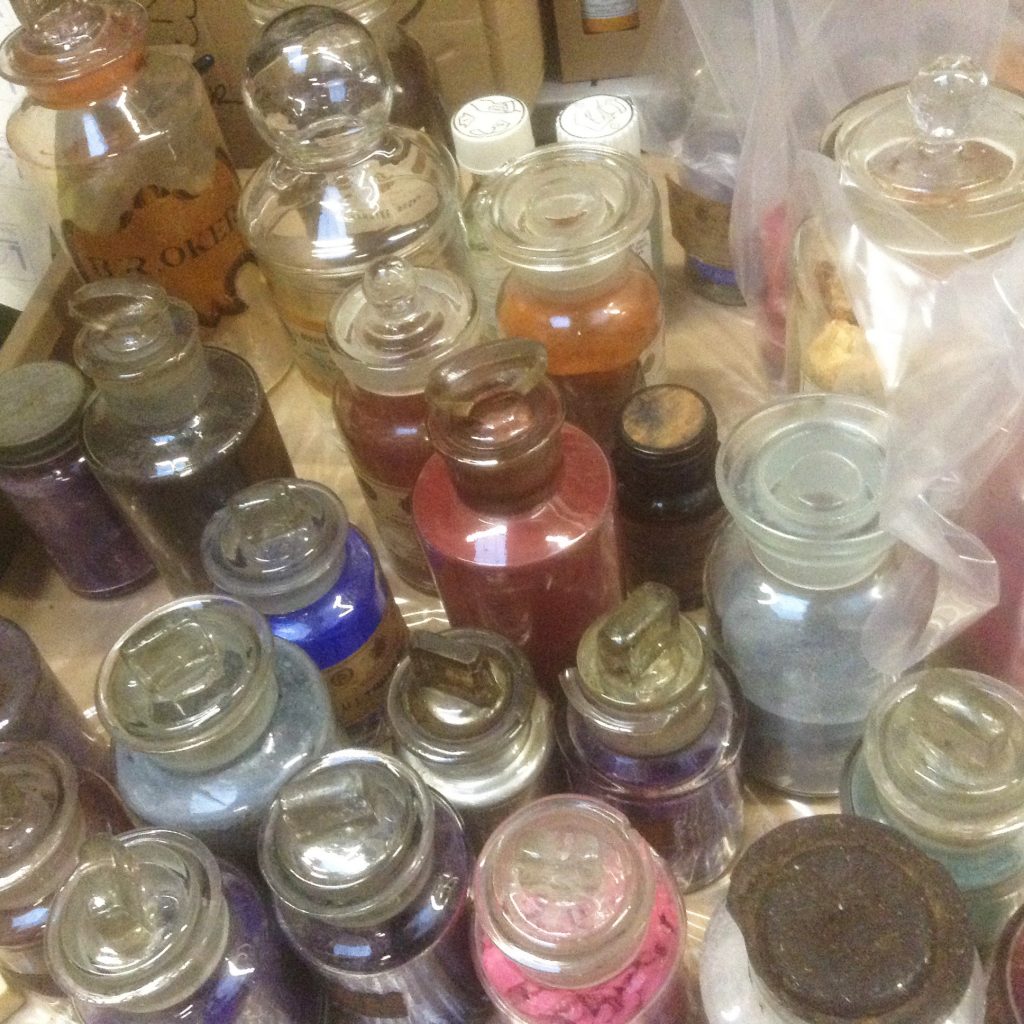
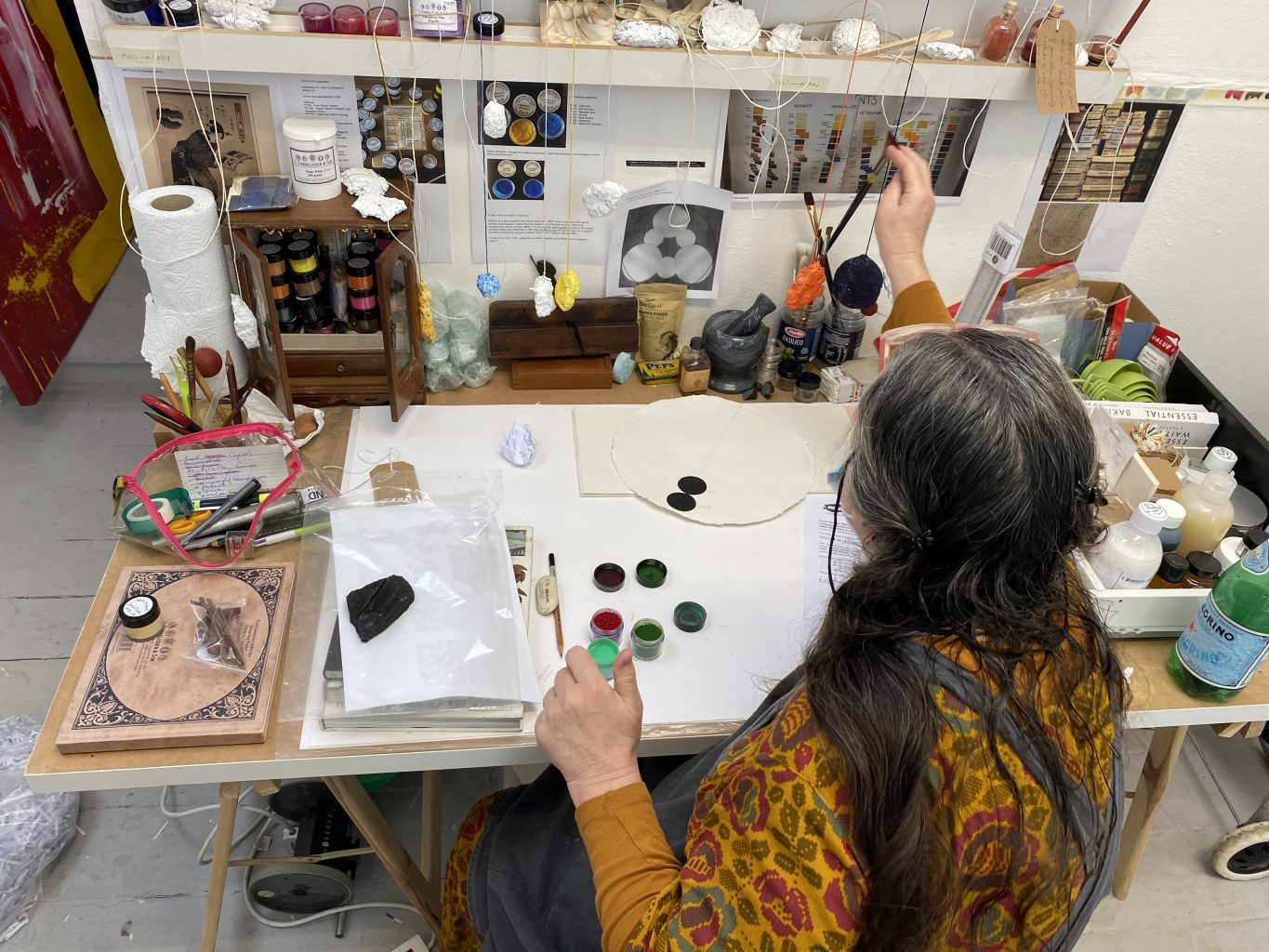
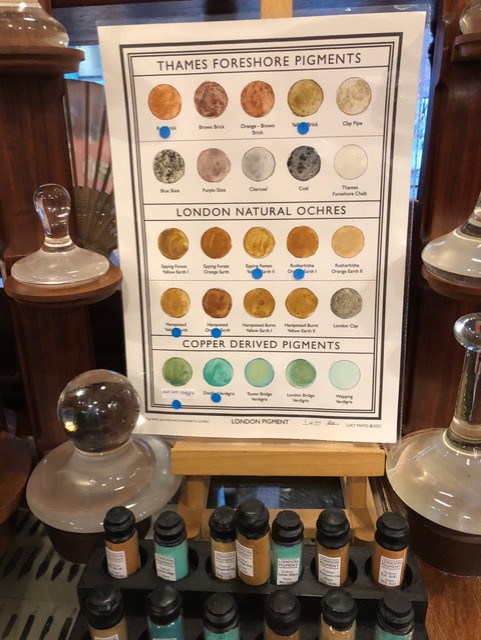
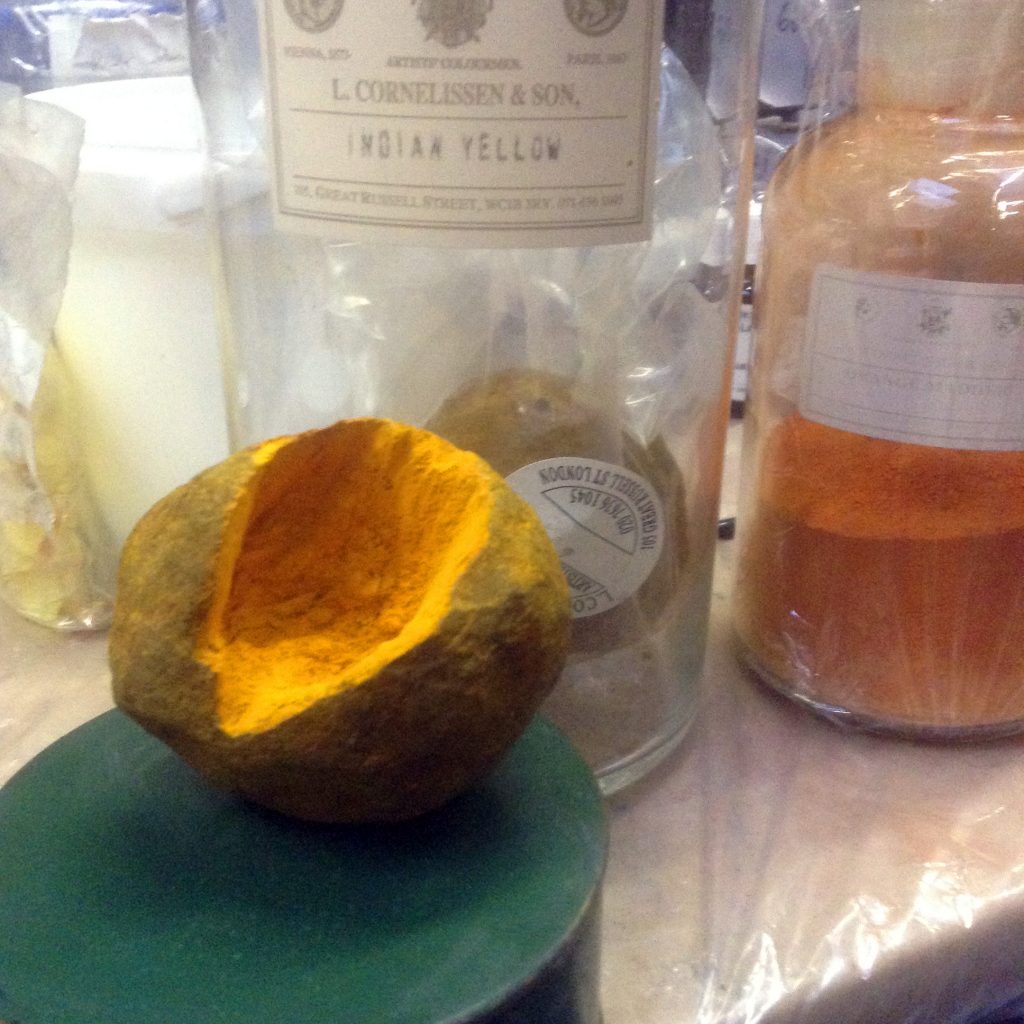
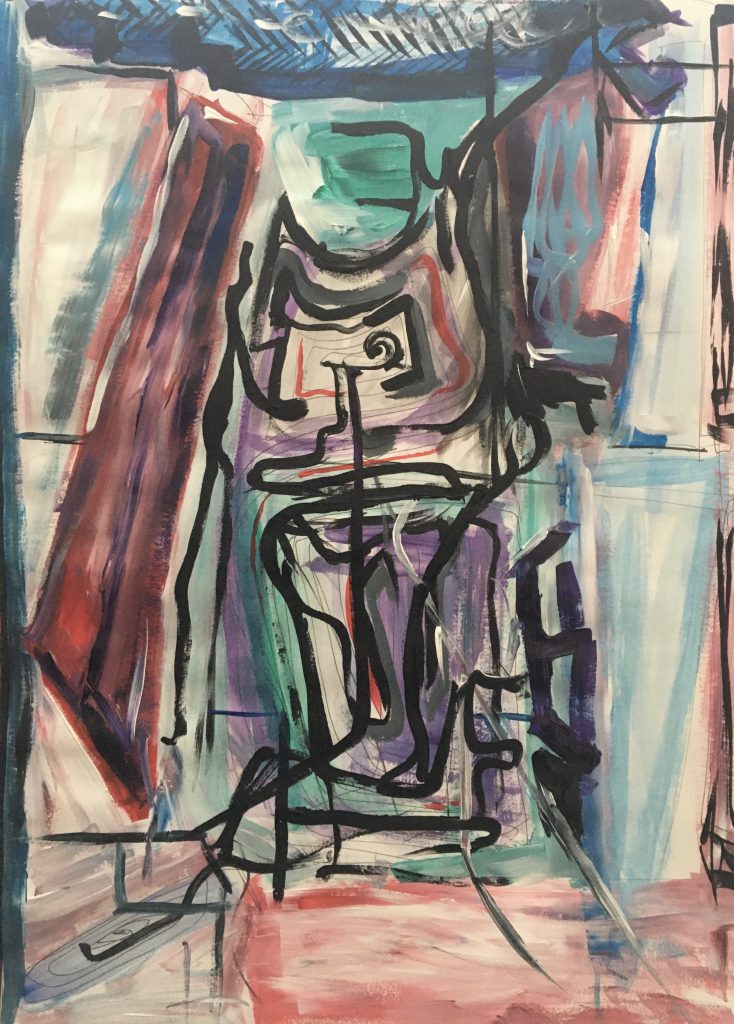
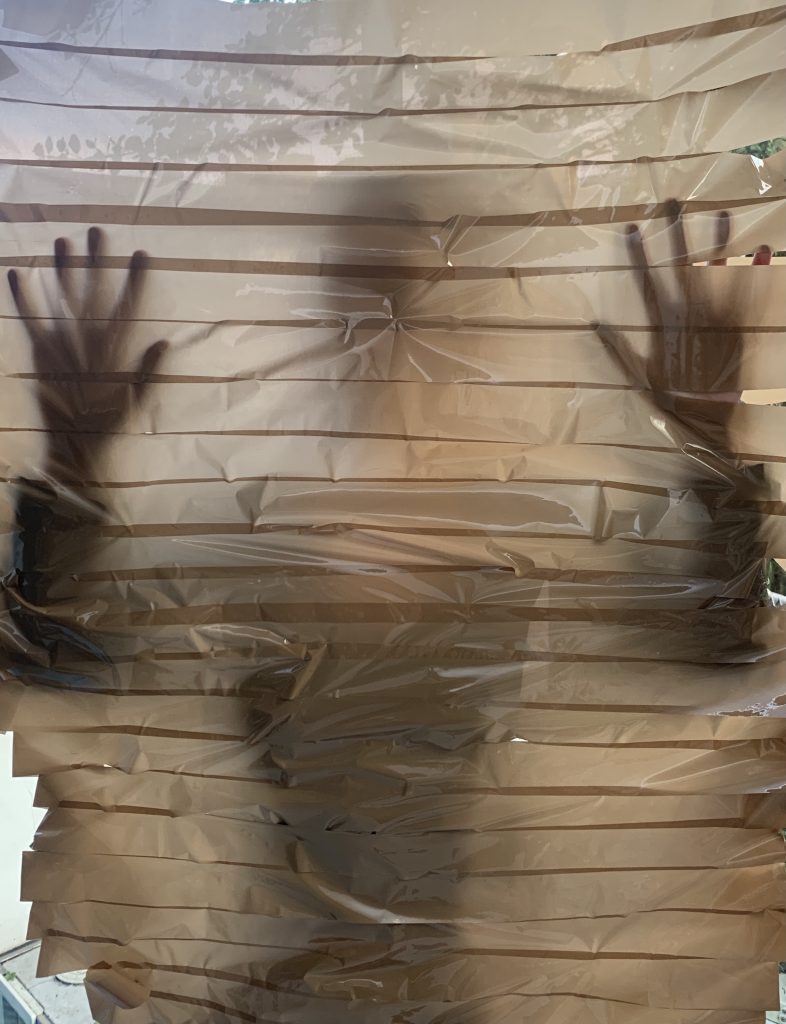
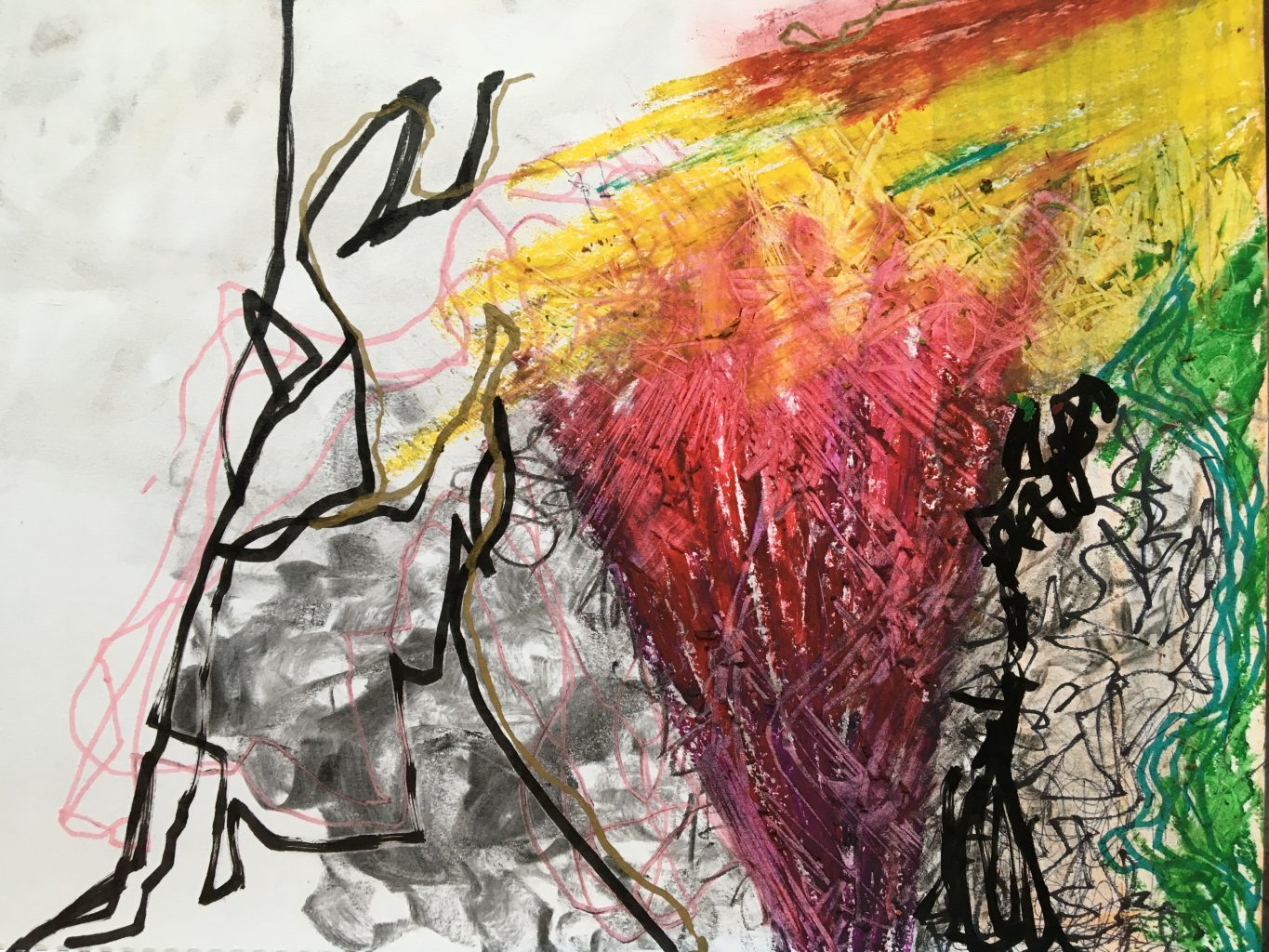
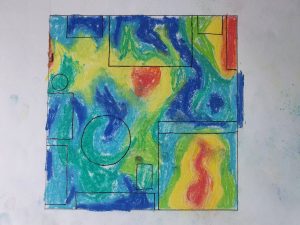
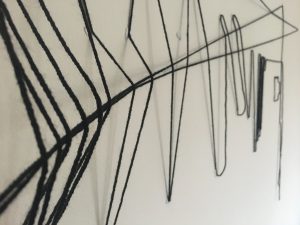
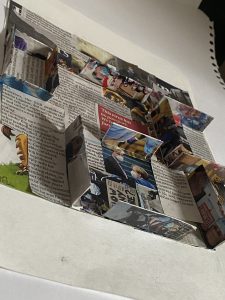
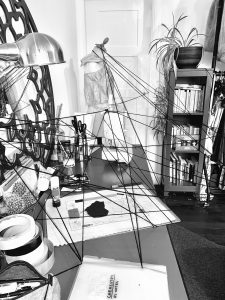
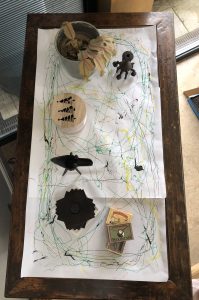
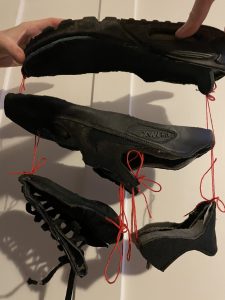
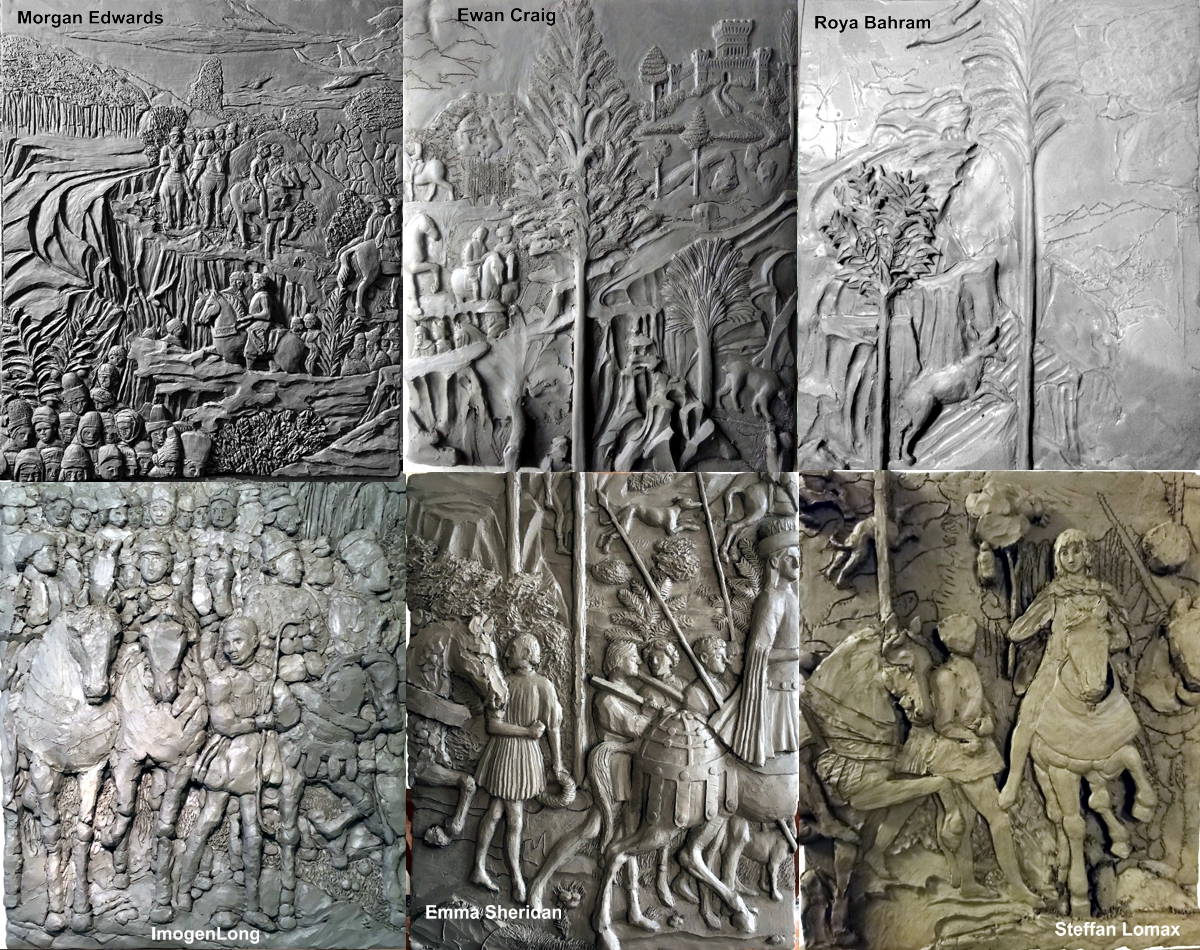 ‘Journey of the Magi to Bethlehem’ by Benozzo Grozzoli, modelled by Historic Carving 2nd year students Morgan Edwards, Ewan Craig, Roya Bahram, Imogen Long, Emma Sheridan and Steffan Lomax.
‘Journey of the Magi to Bethlehem’ by Benozzo Grozzoli, modelled by Historic Carving 2nd year students Morgan Edwards, Ewan Craig, Roya Bahram, Imogen Long, Emma Sheridan and Steffan Lomax.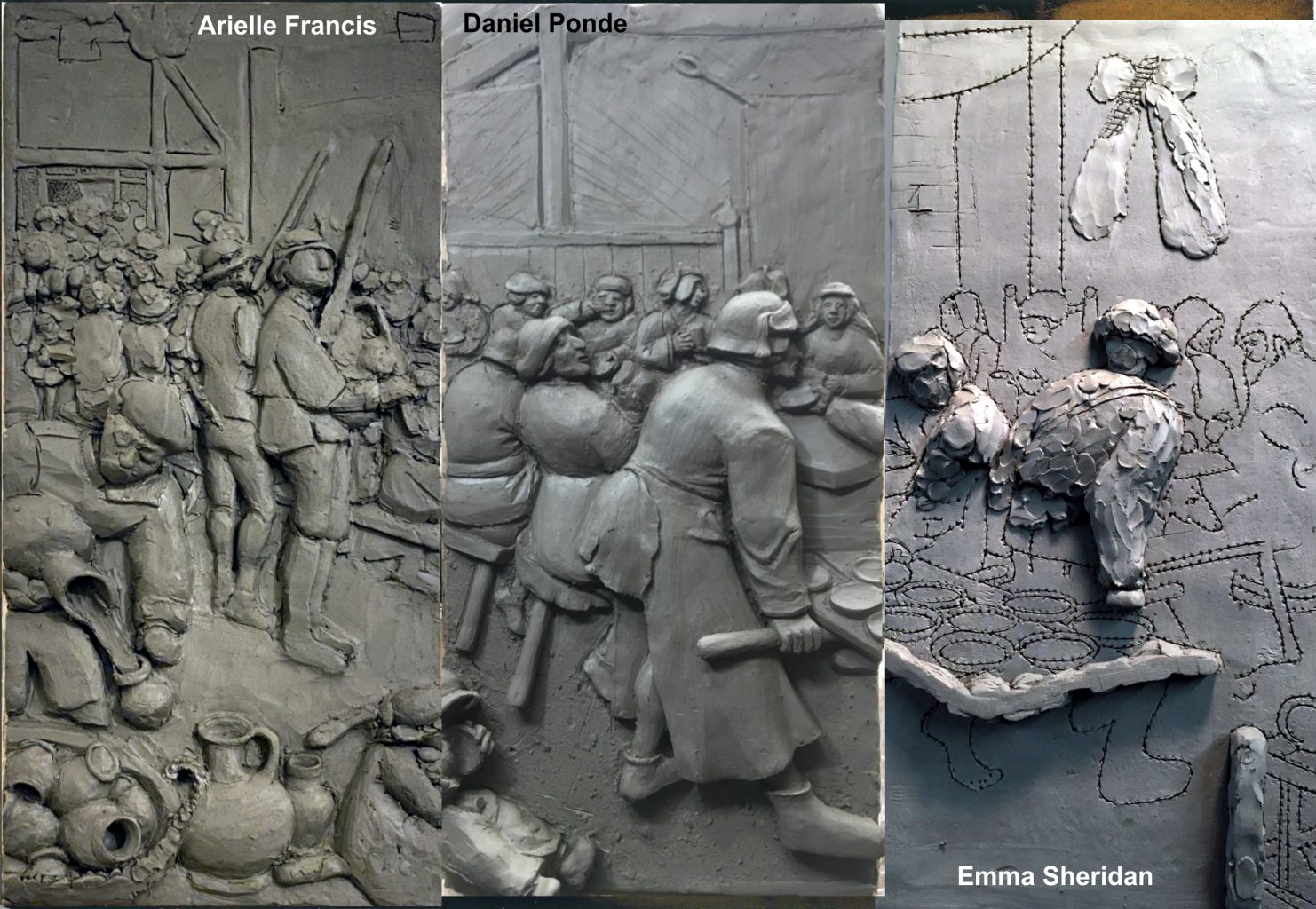 ‘Peasant Wedding’ by Pieter Bruegel the Elder, modelled by Historic Carving 2nd year students Arielle Francis, Daniel Ponde and Emma Sheridan.
‘Peasant Wedding’ by Pieter Bruegel the Elder, modelled by Historic Carving 2nd year students Arielle Francis, Daniel Ponde and Emma Sheridan.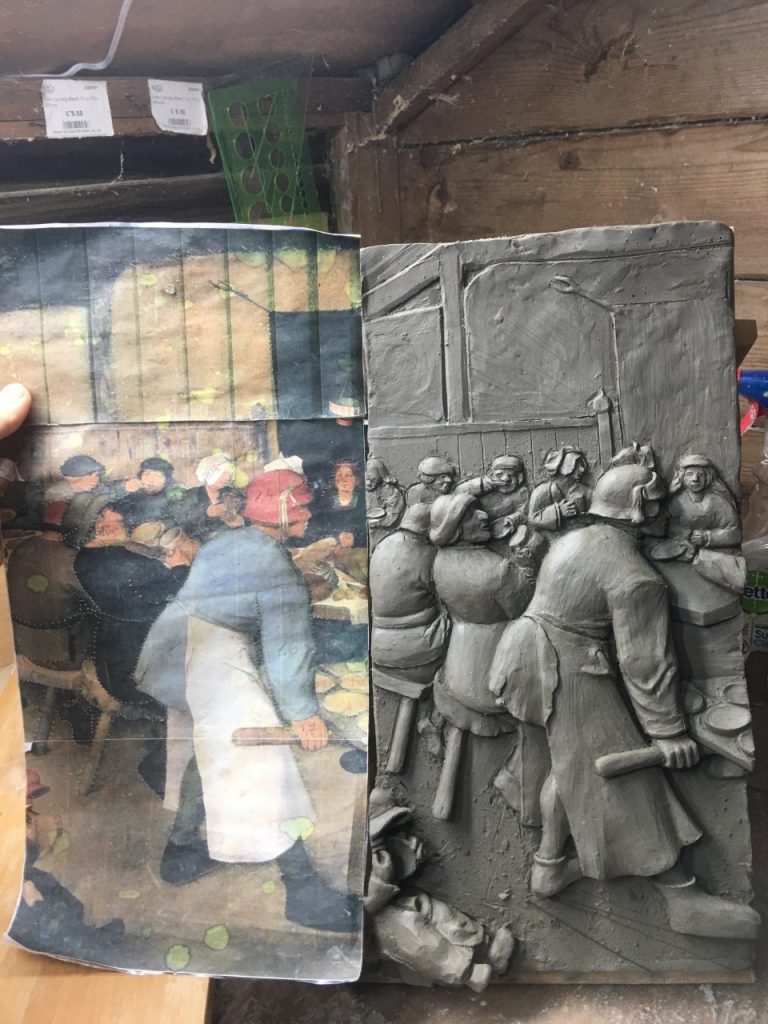
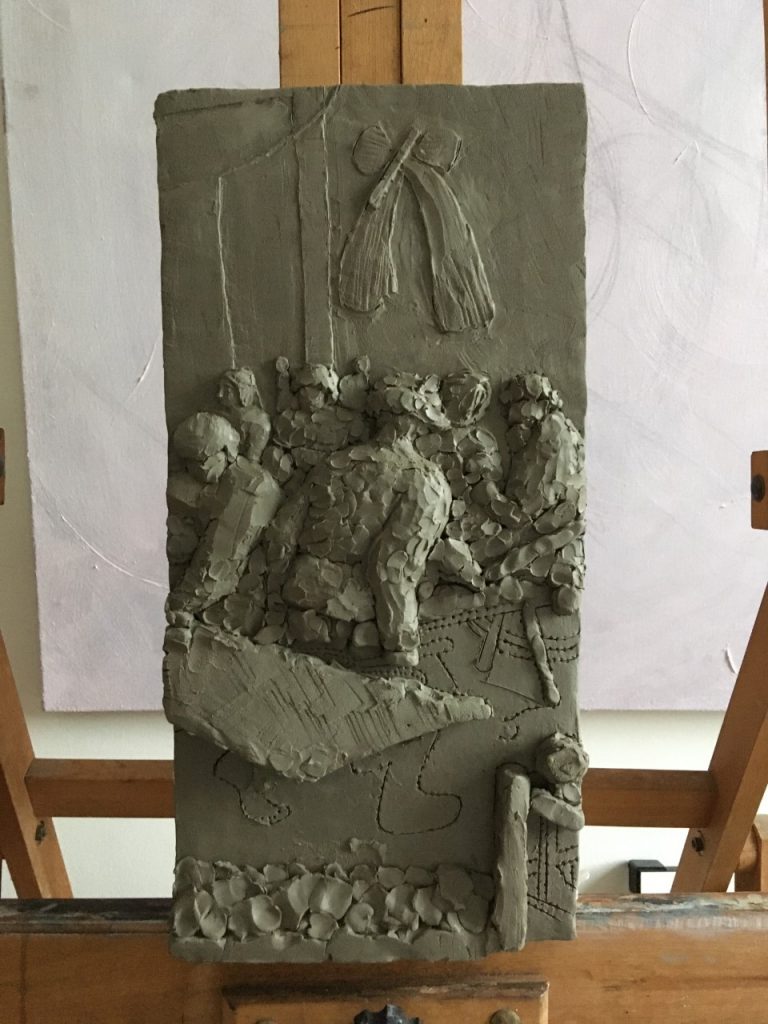
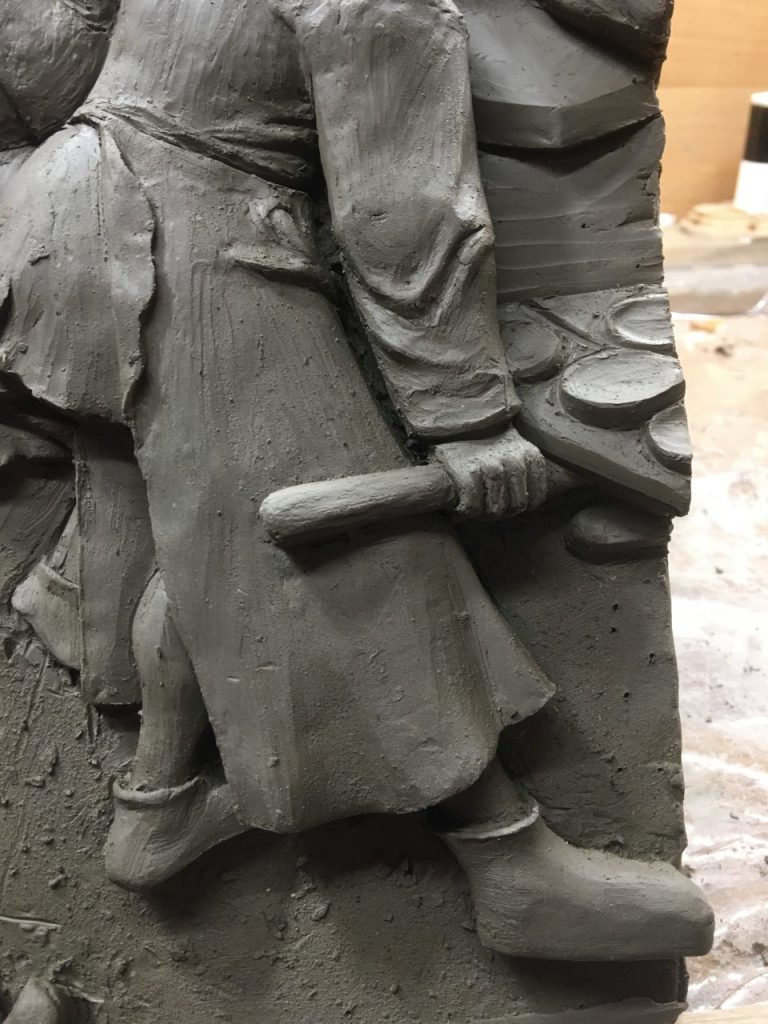
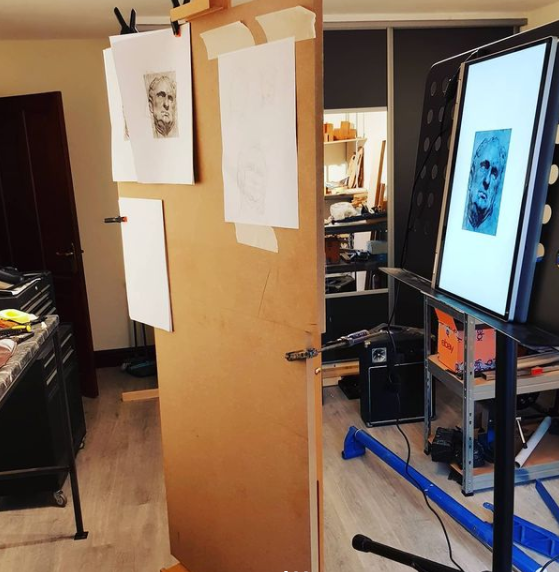
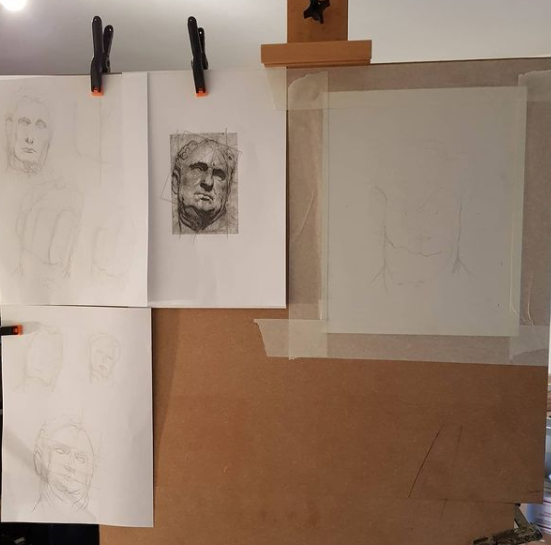

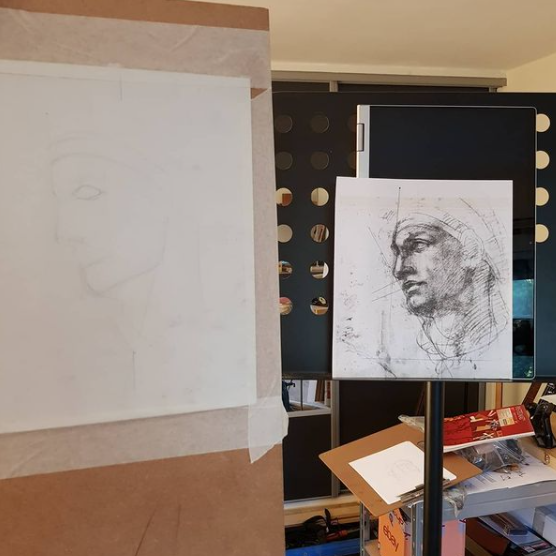

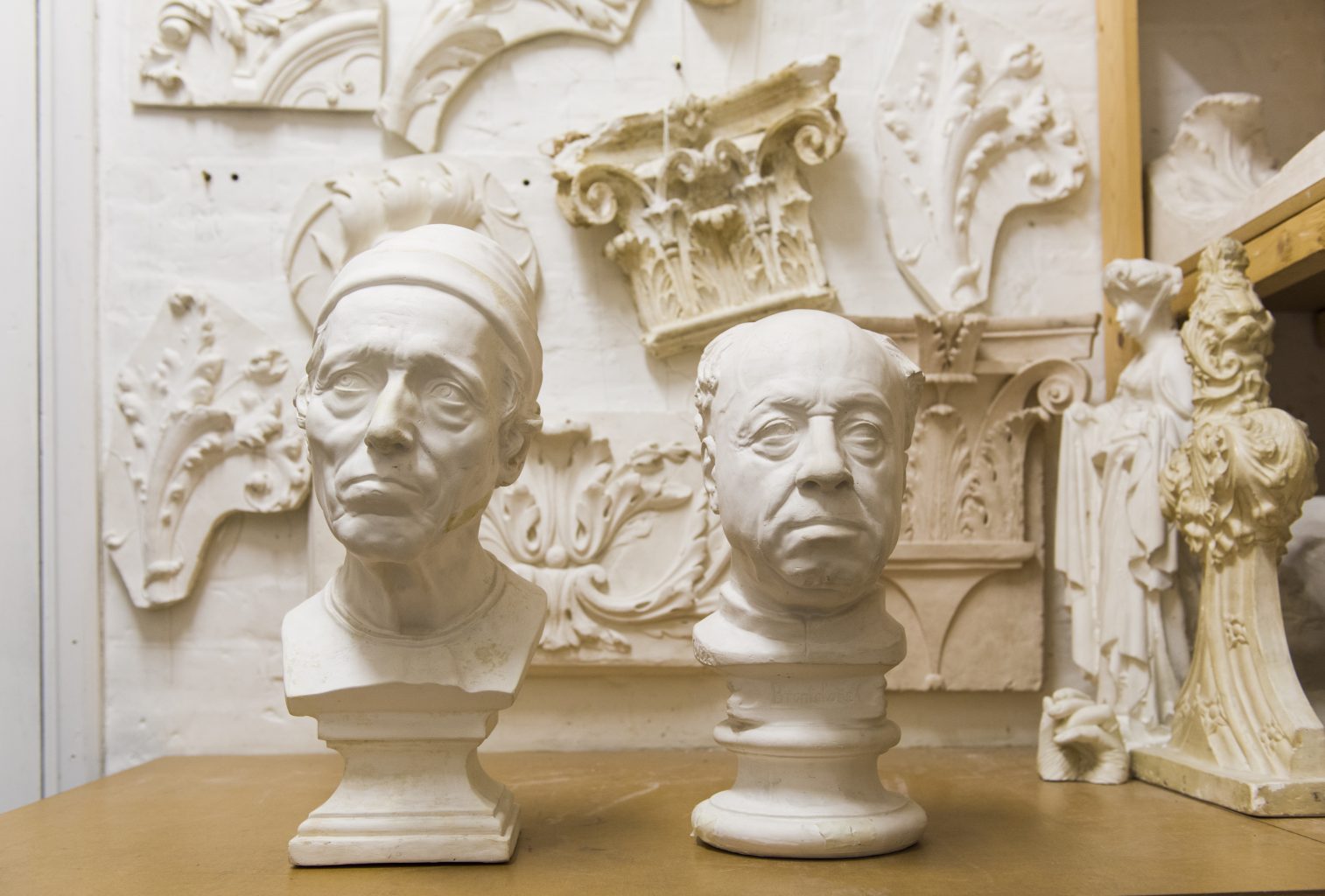




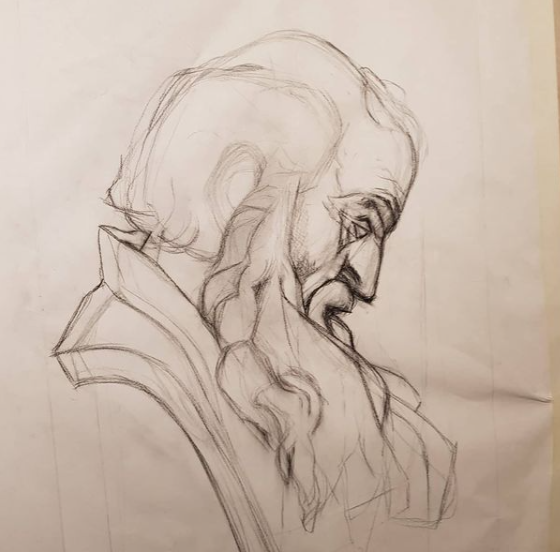

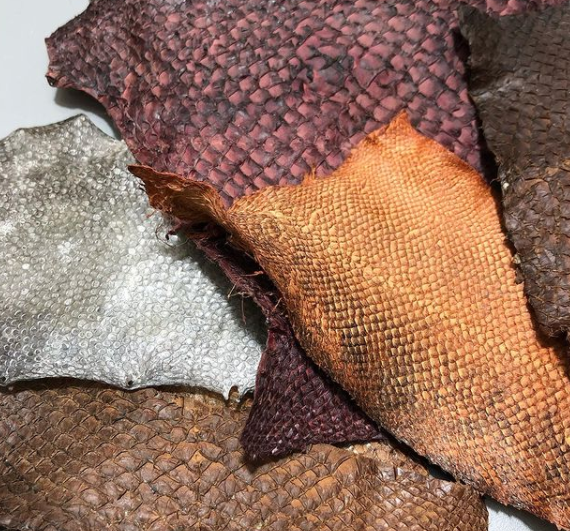
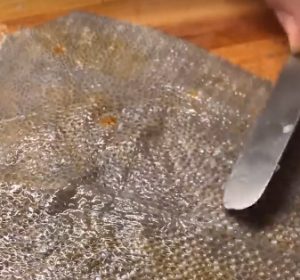
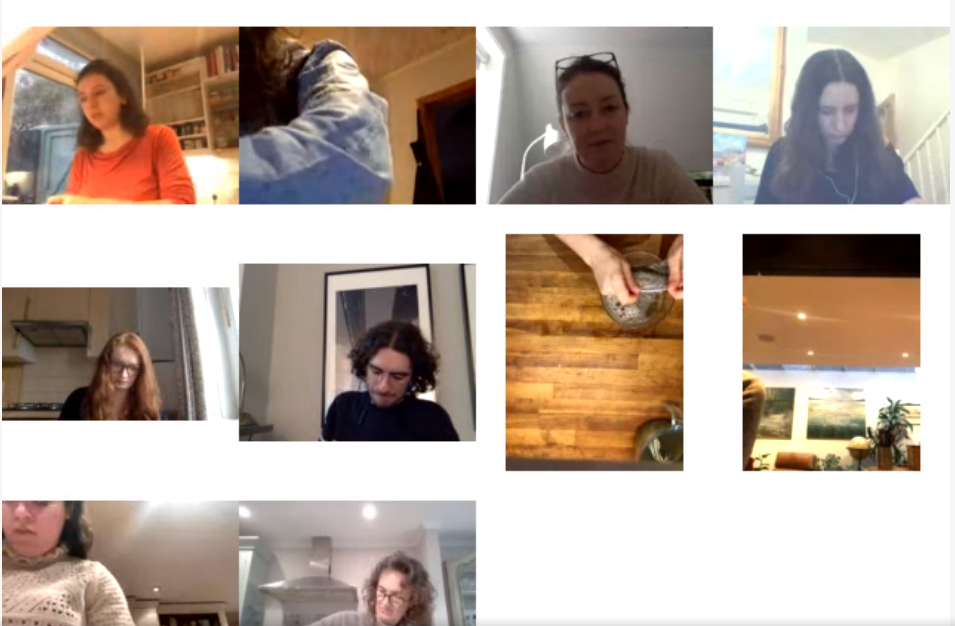 Massaging the fish skin in soapy water to remove the grease
Massaging the fish skin in soapy water to remove the grease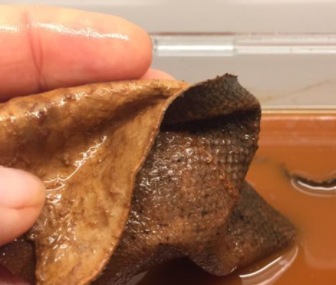

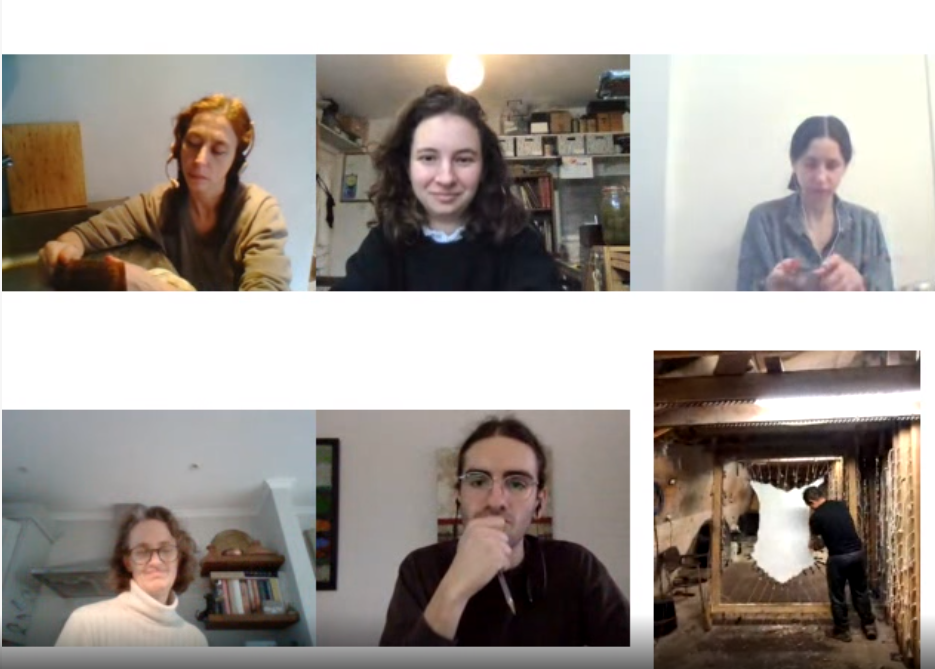 Stretching a skin at the
Stretching a skin at the 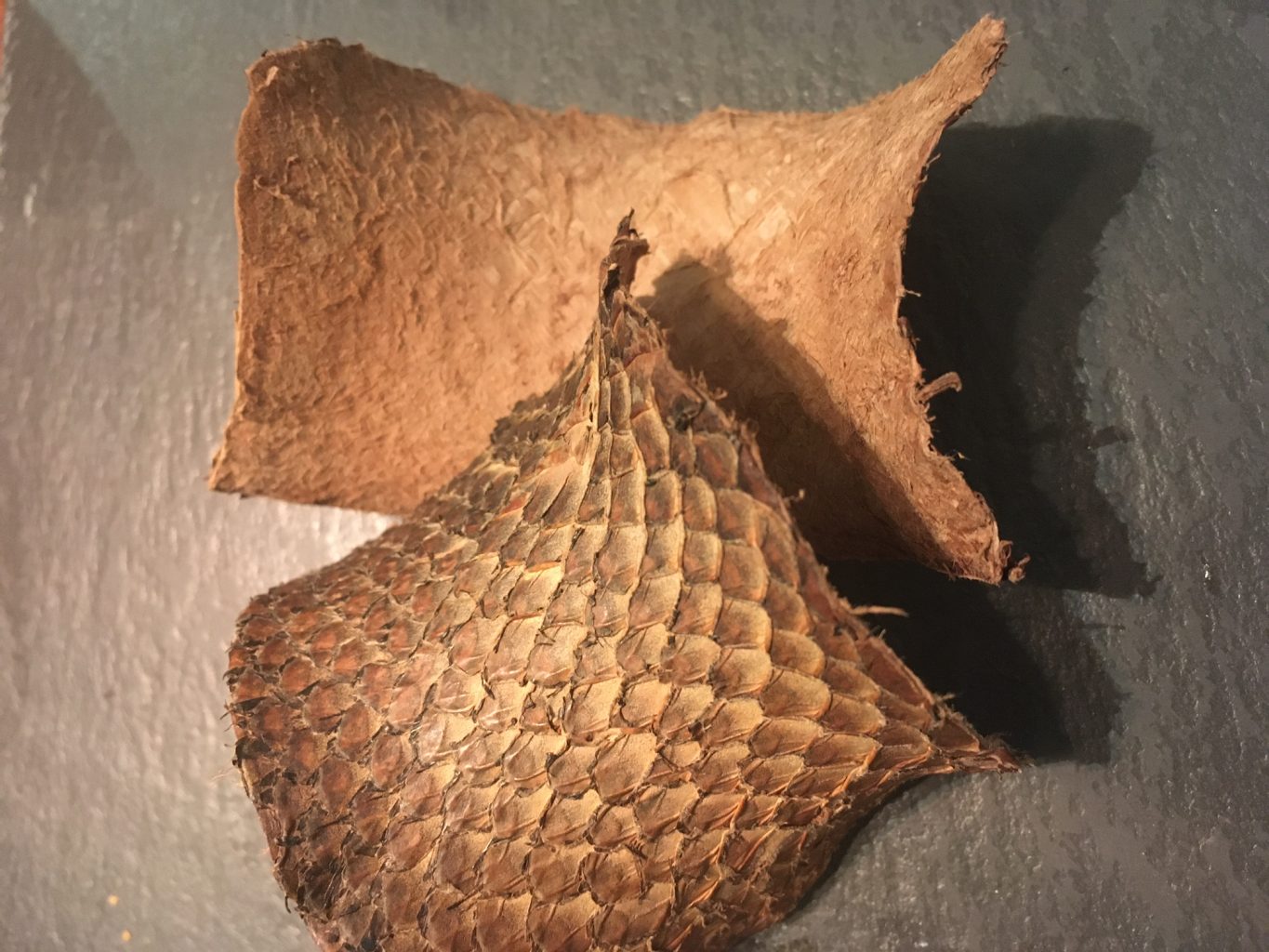 Fish skin leather made by student Tanya Alfille
Fish skin leather made by student Tanya Alfille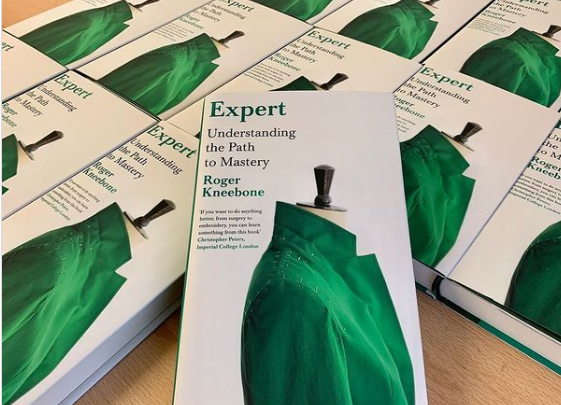
 Expert taxidermist, Derek Frampton – one of the Experts studied by Professor Kneebone
Expert taxidermist, Derek Frampton – one of the Experts studied by Professor Kneebone A workshop bringing experts from different disciplines together, including the Art School’s Senior Stone Carving Tutor Nina Bilbey (R)
A workshop bringing experts from different disciplines together, including the Art School’s Senior Stone Carving Tutor Nina Bilbey (R) ‘Stones and bones’ – the Art School’s Stone Carving Tutor Paul Jakeman (L) compares notes with Orthopaedic Surgeon, Malik Rasi (R)
‘Stones and bones’ – the Art School’s Stone Carving Tutor Paul Jakeman (L) compares notes with Orthopaedic Surgeon, Malik Rasi (R)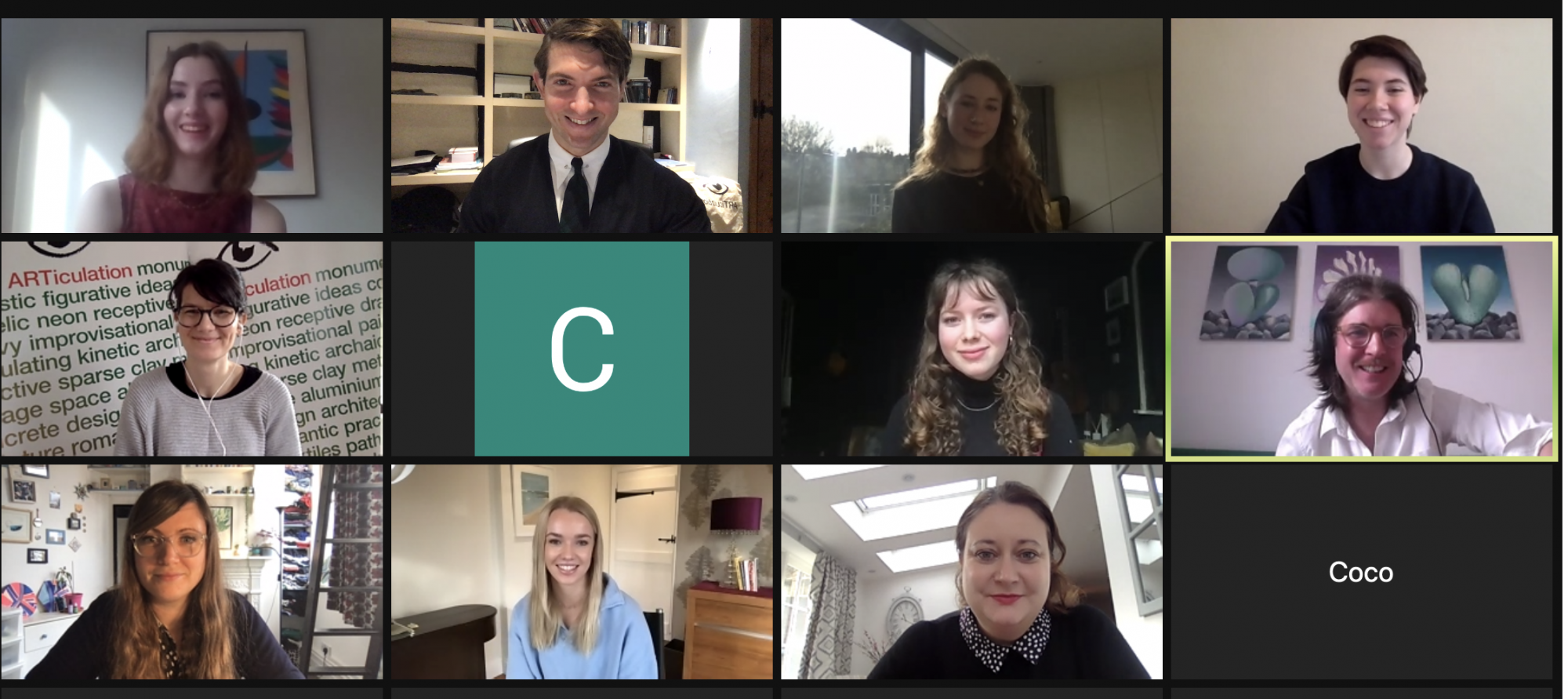
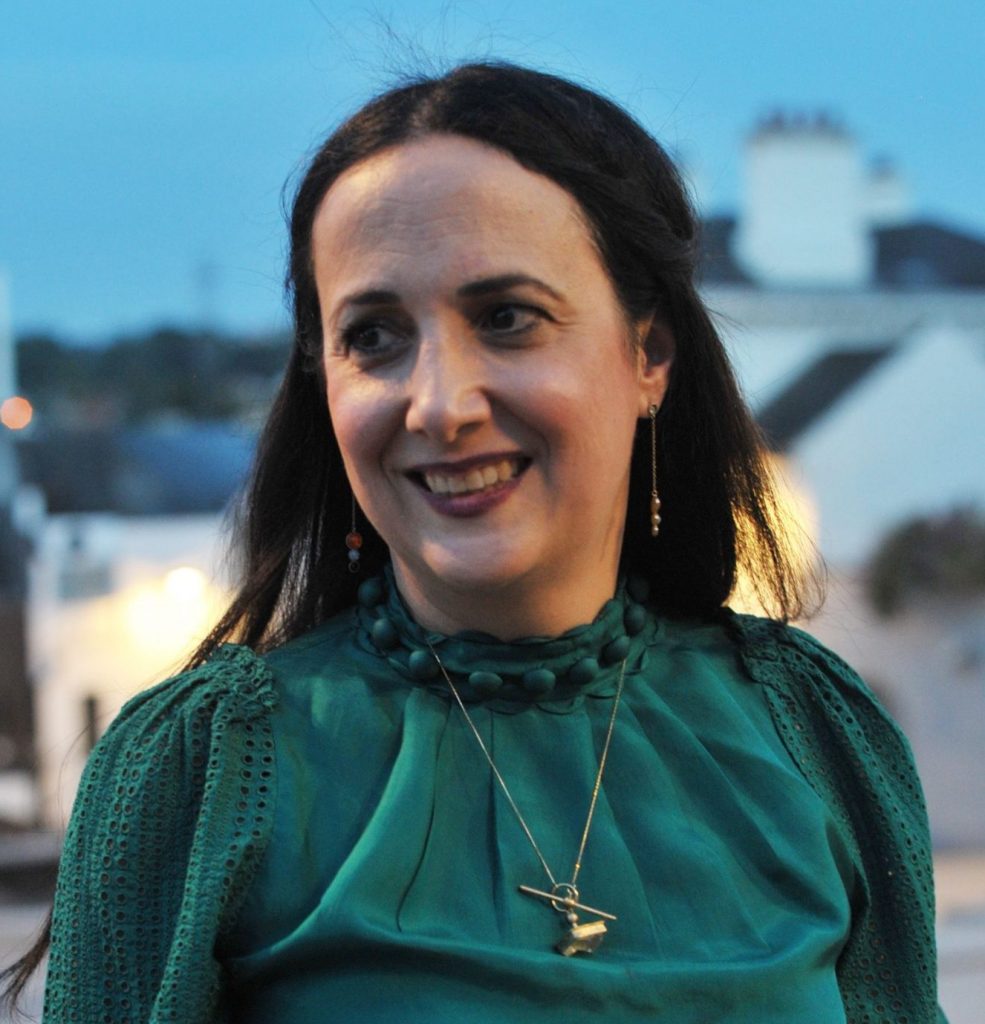
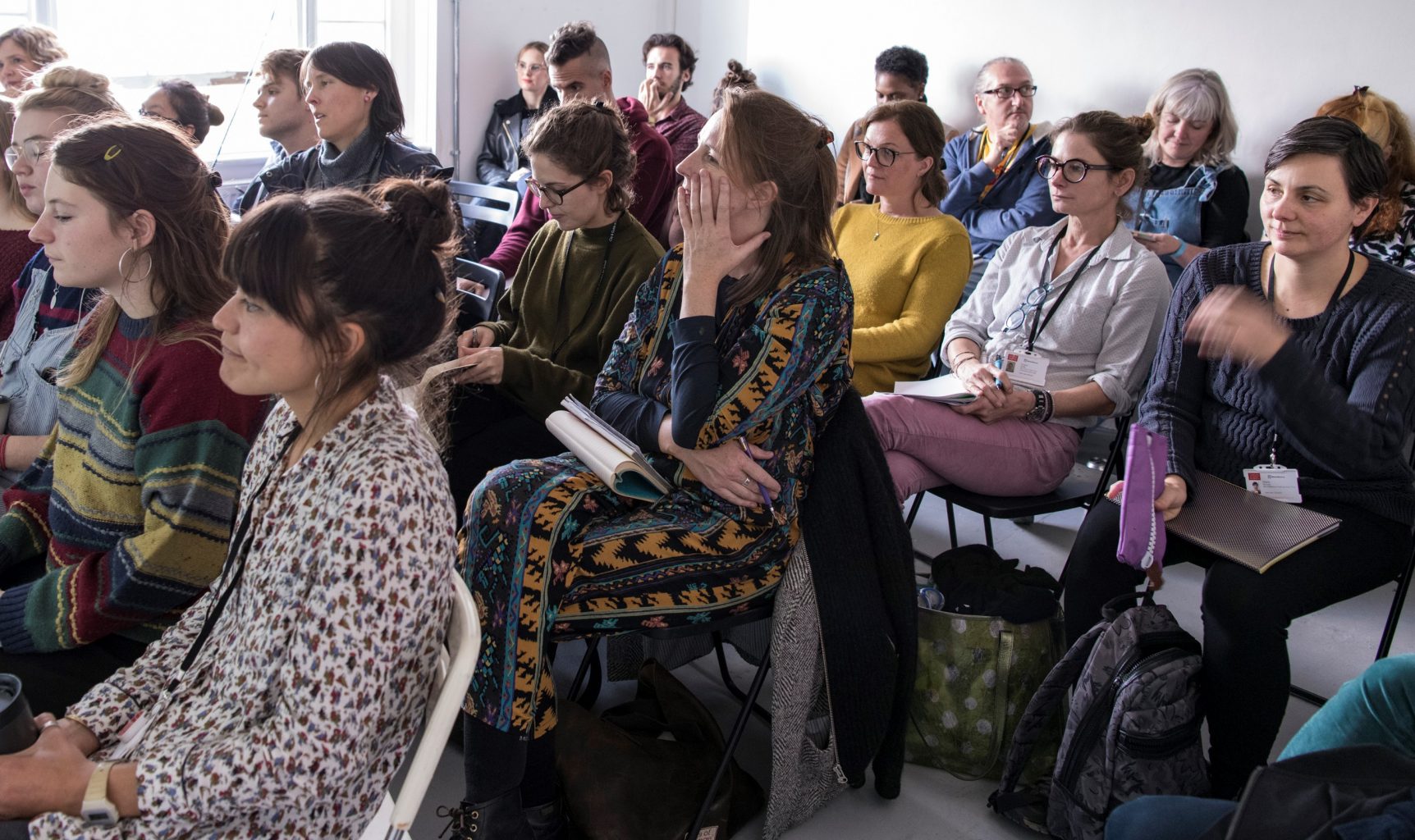

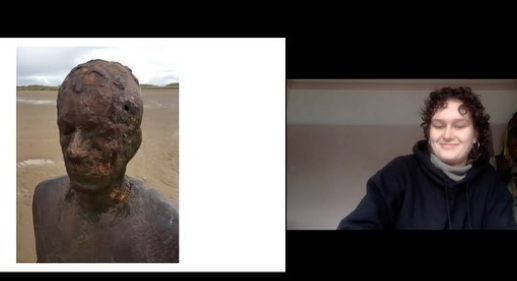
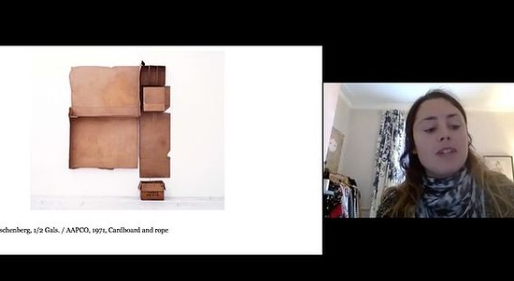


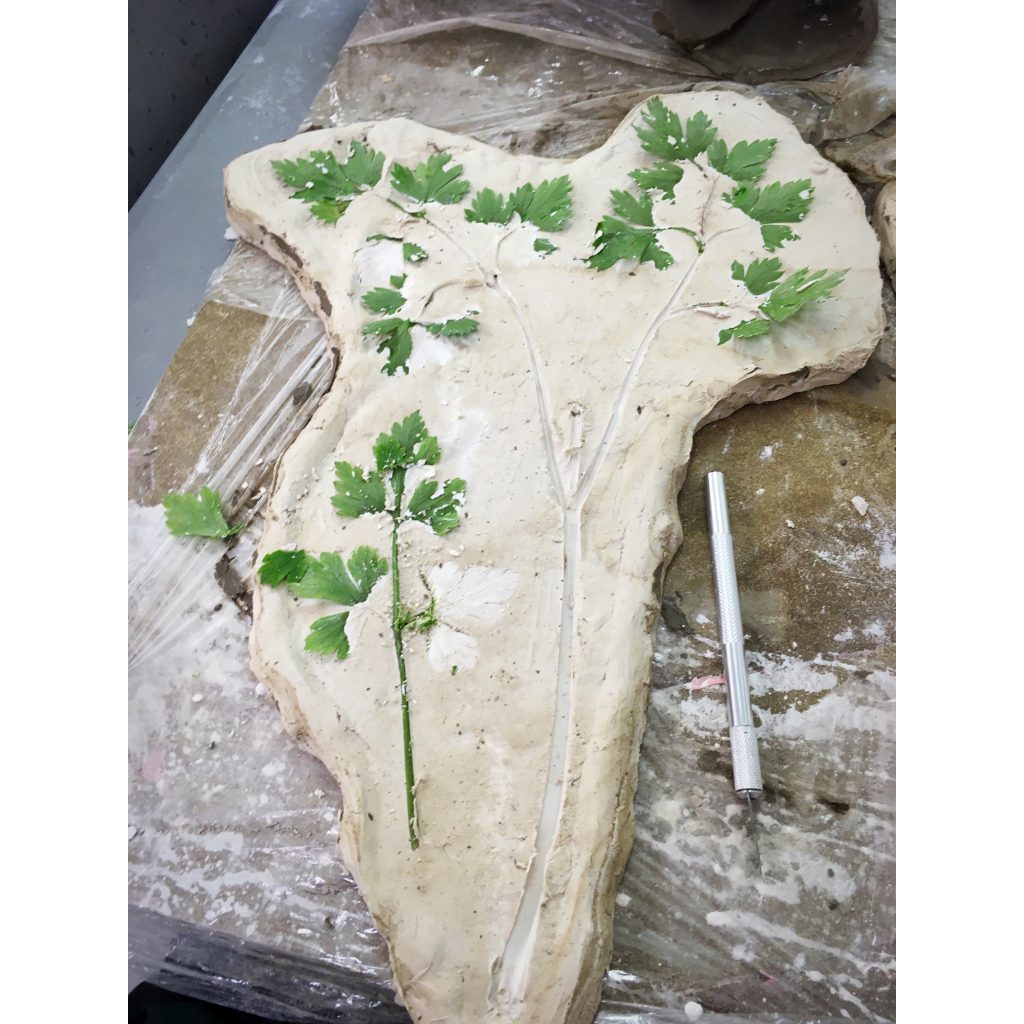
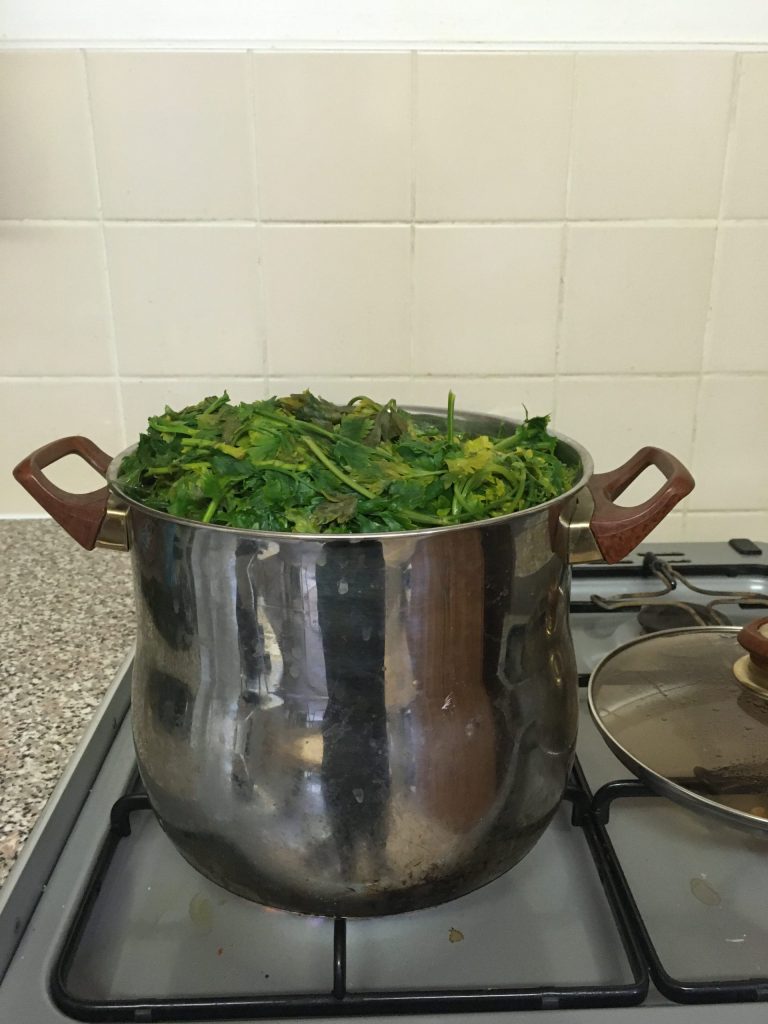
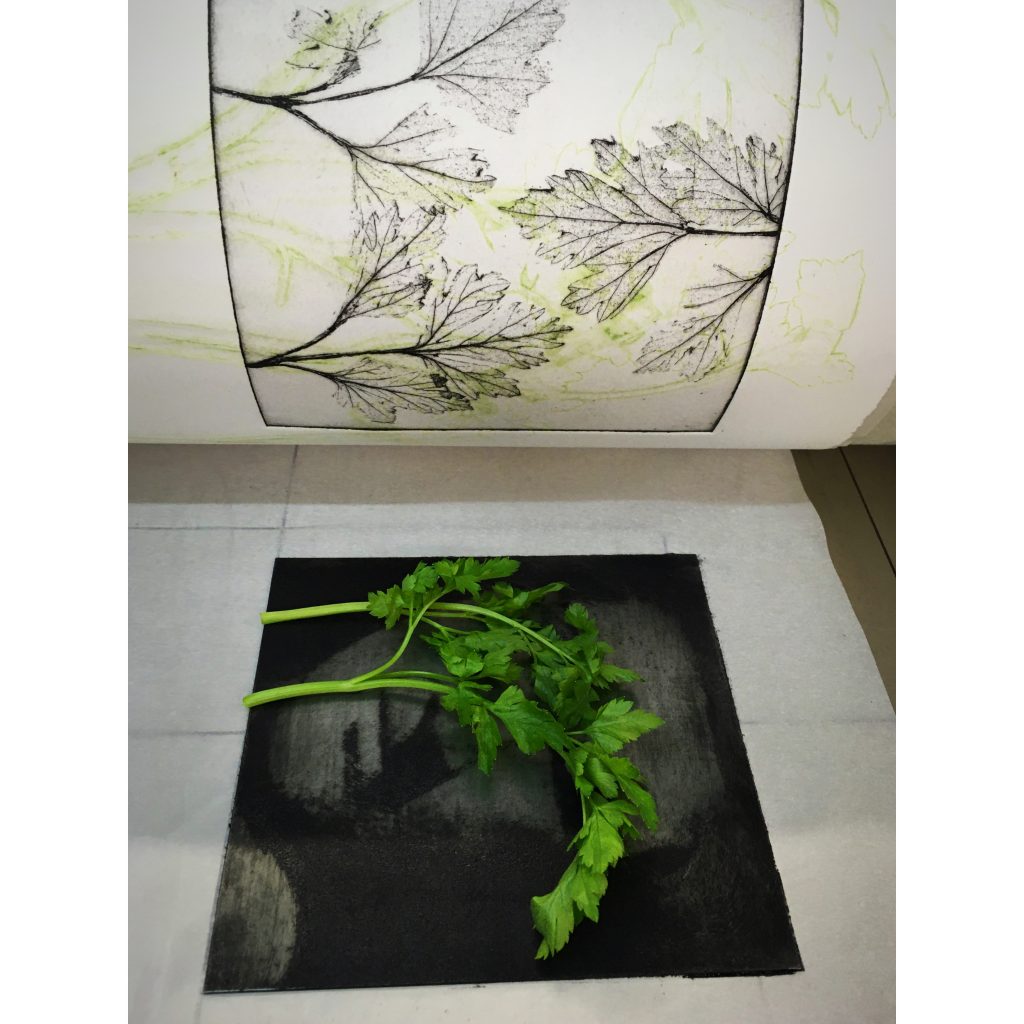
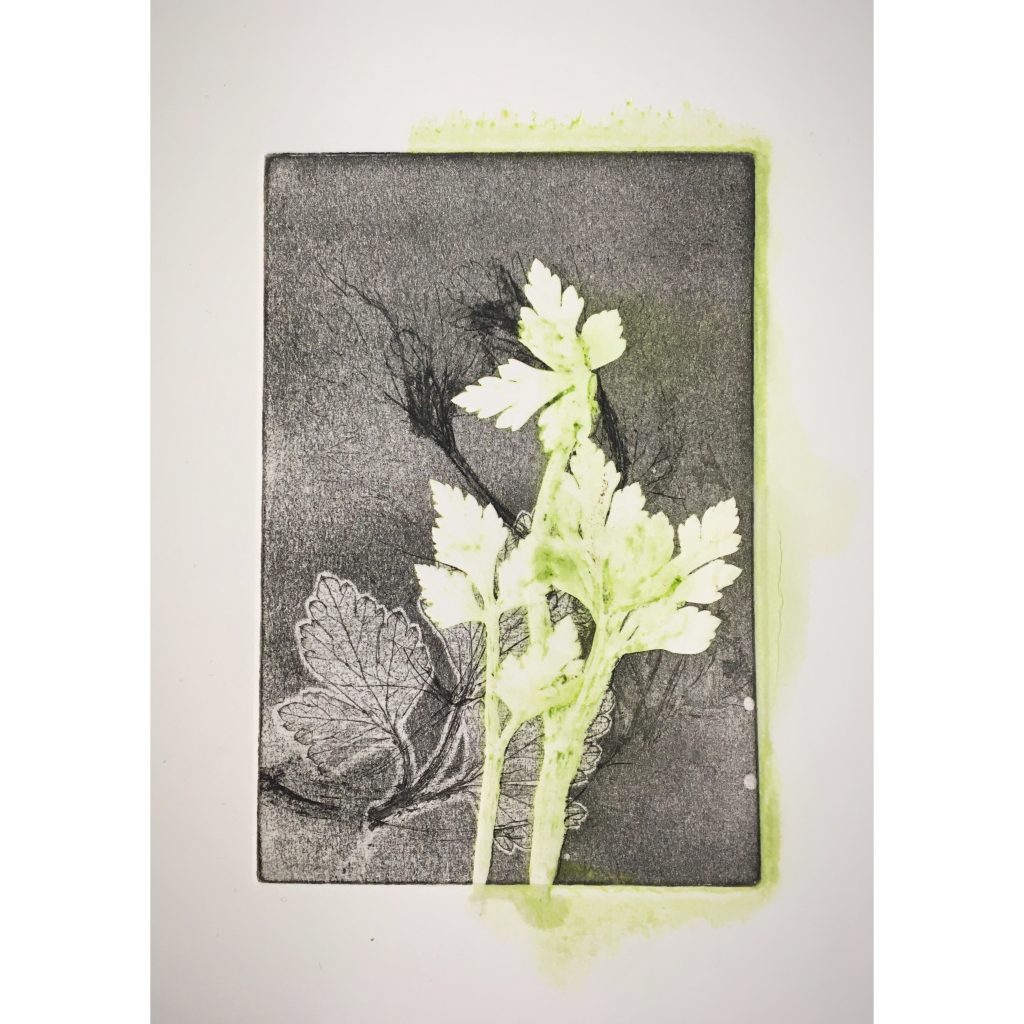
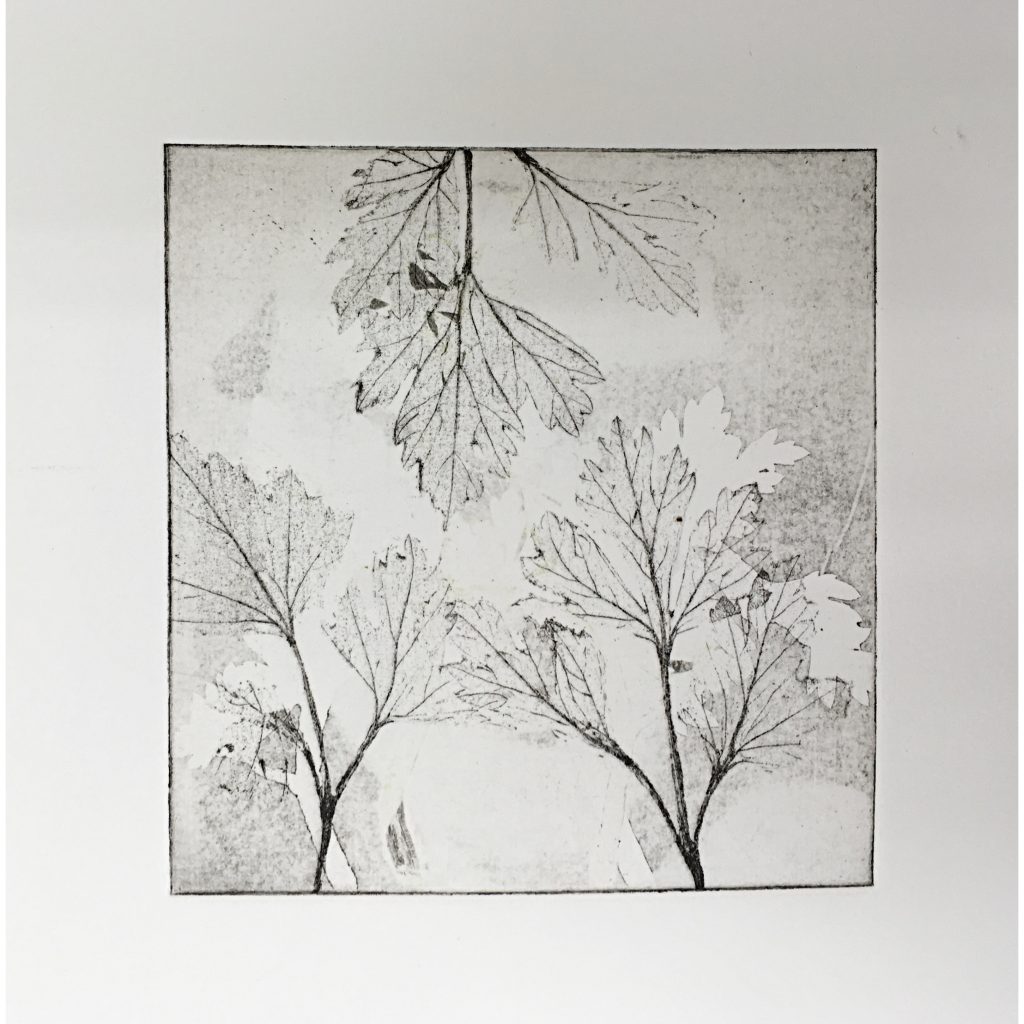
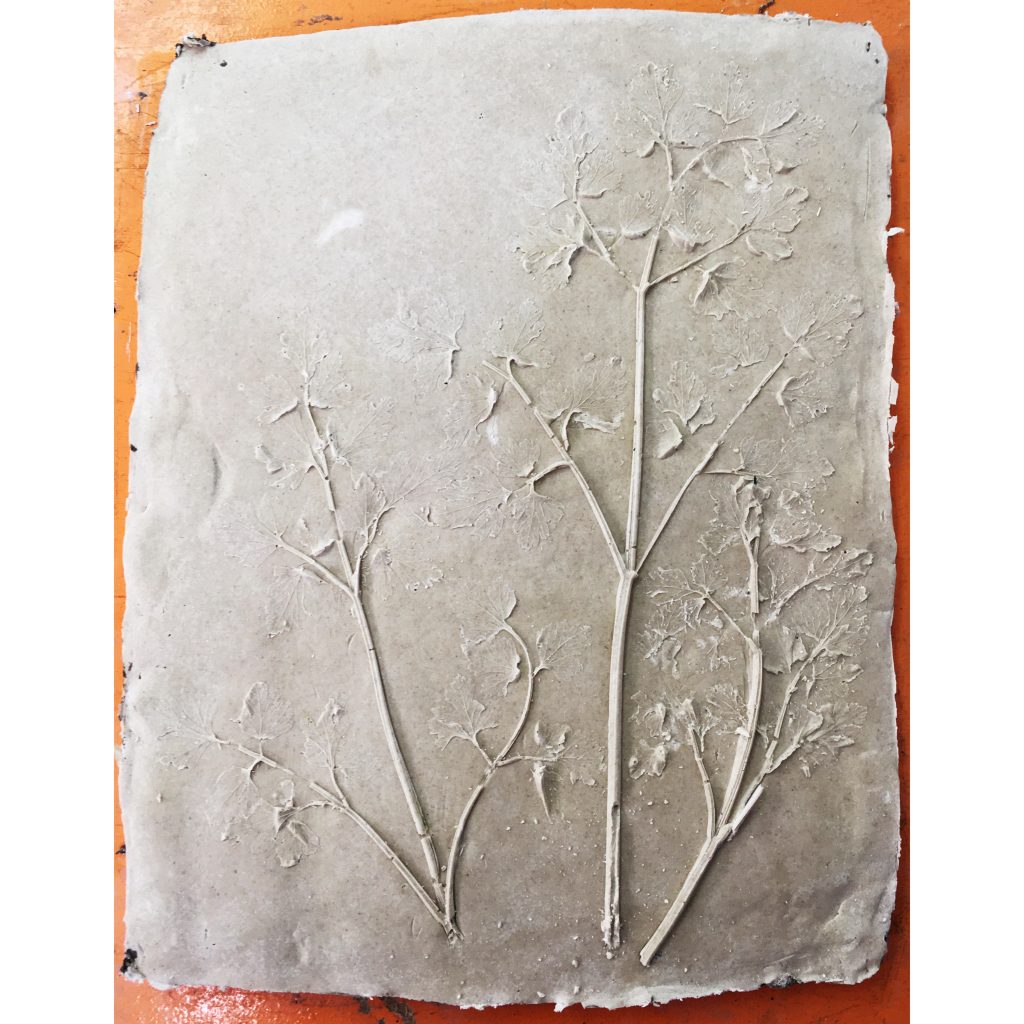

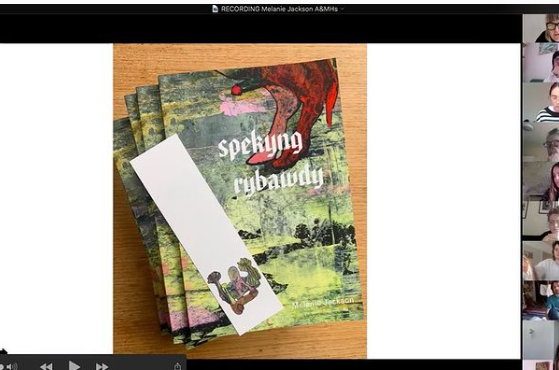

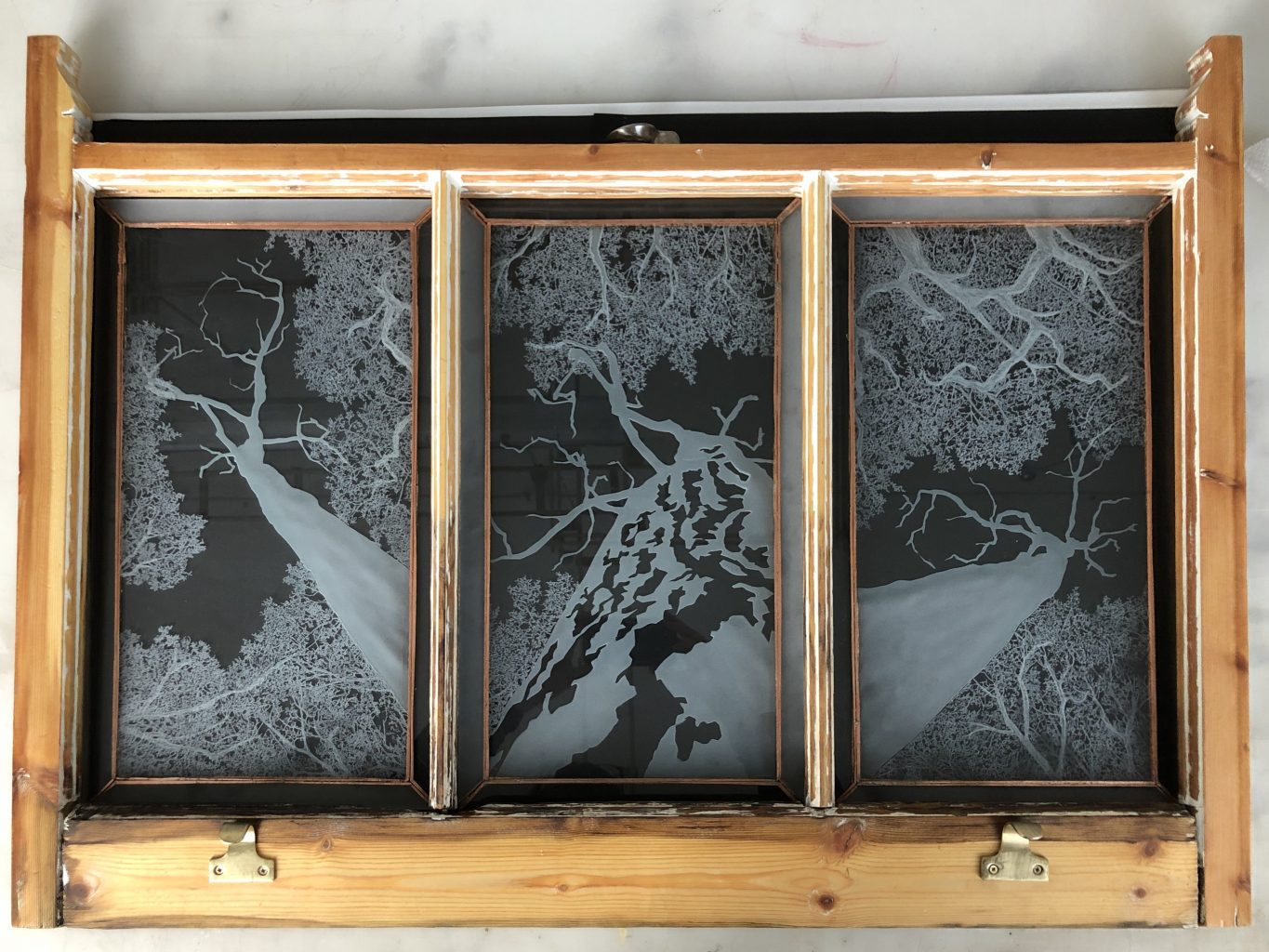
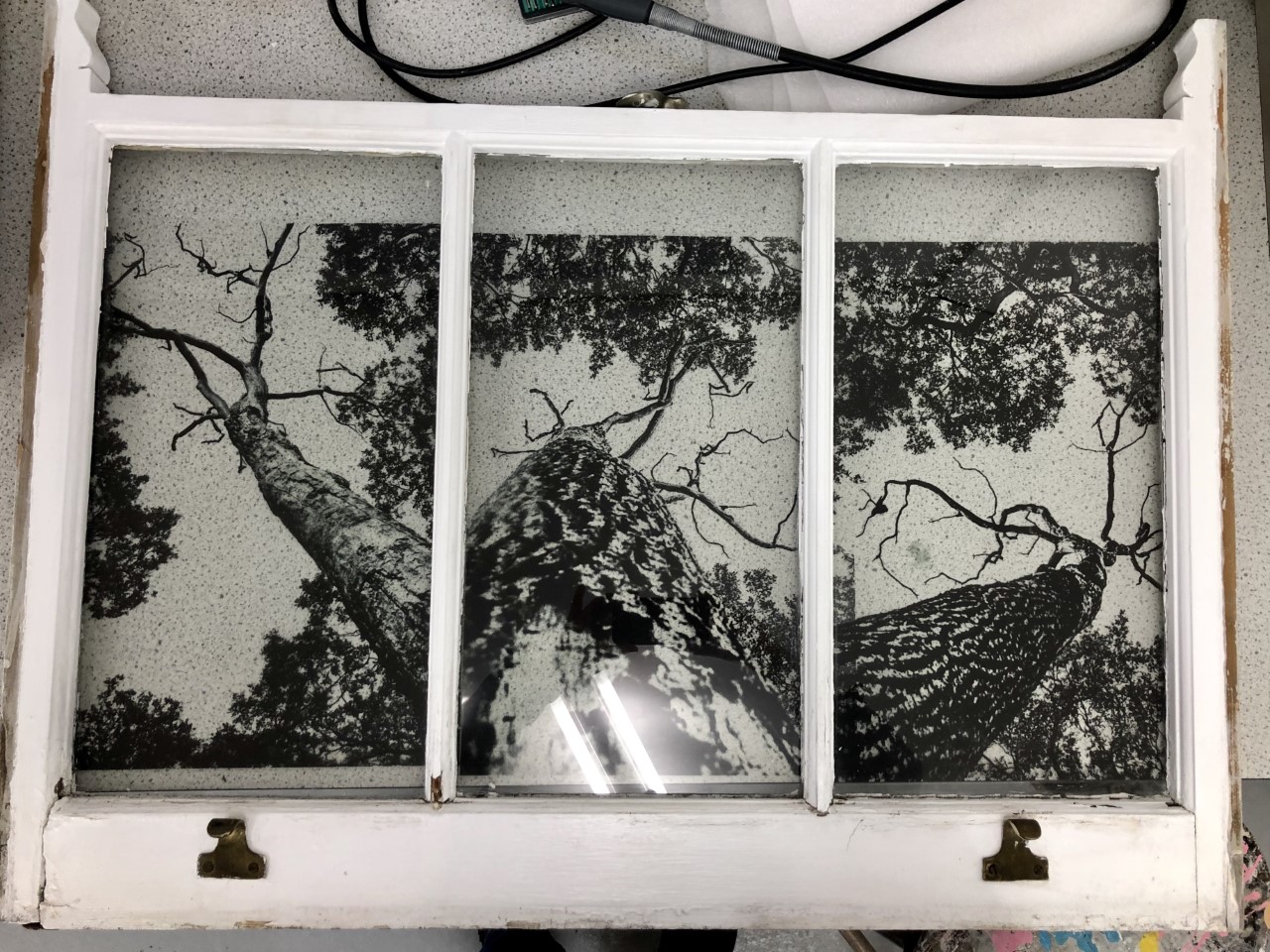
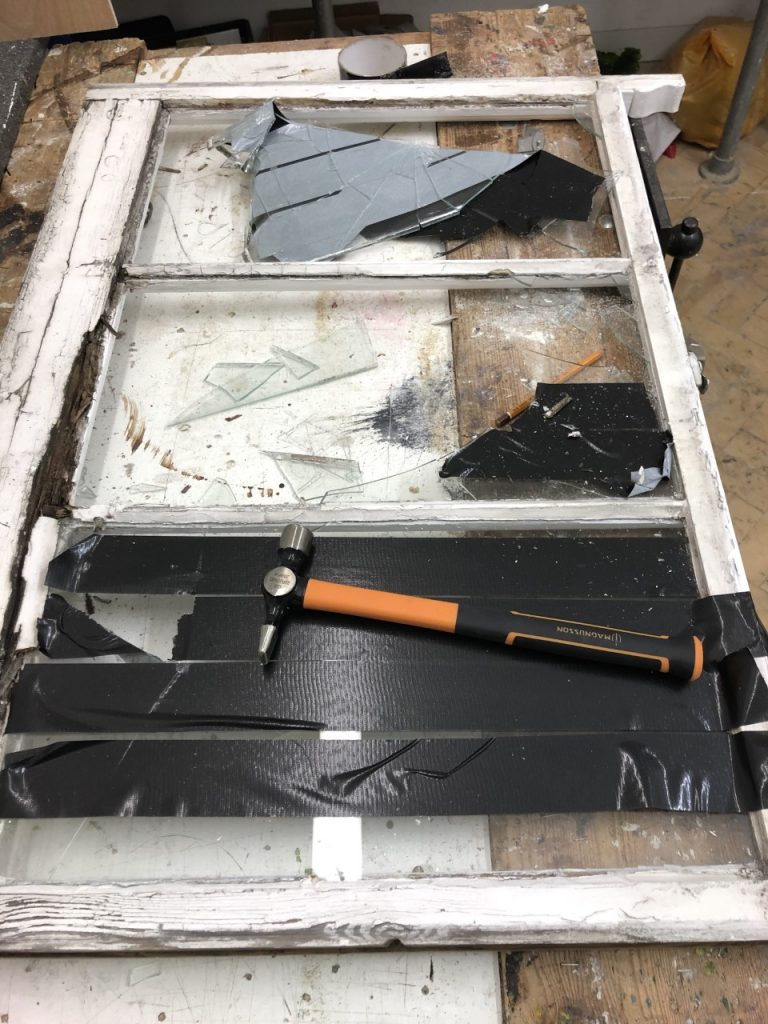
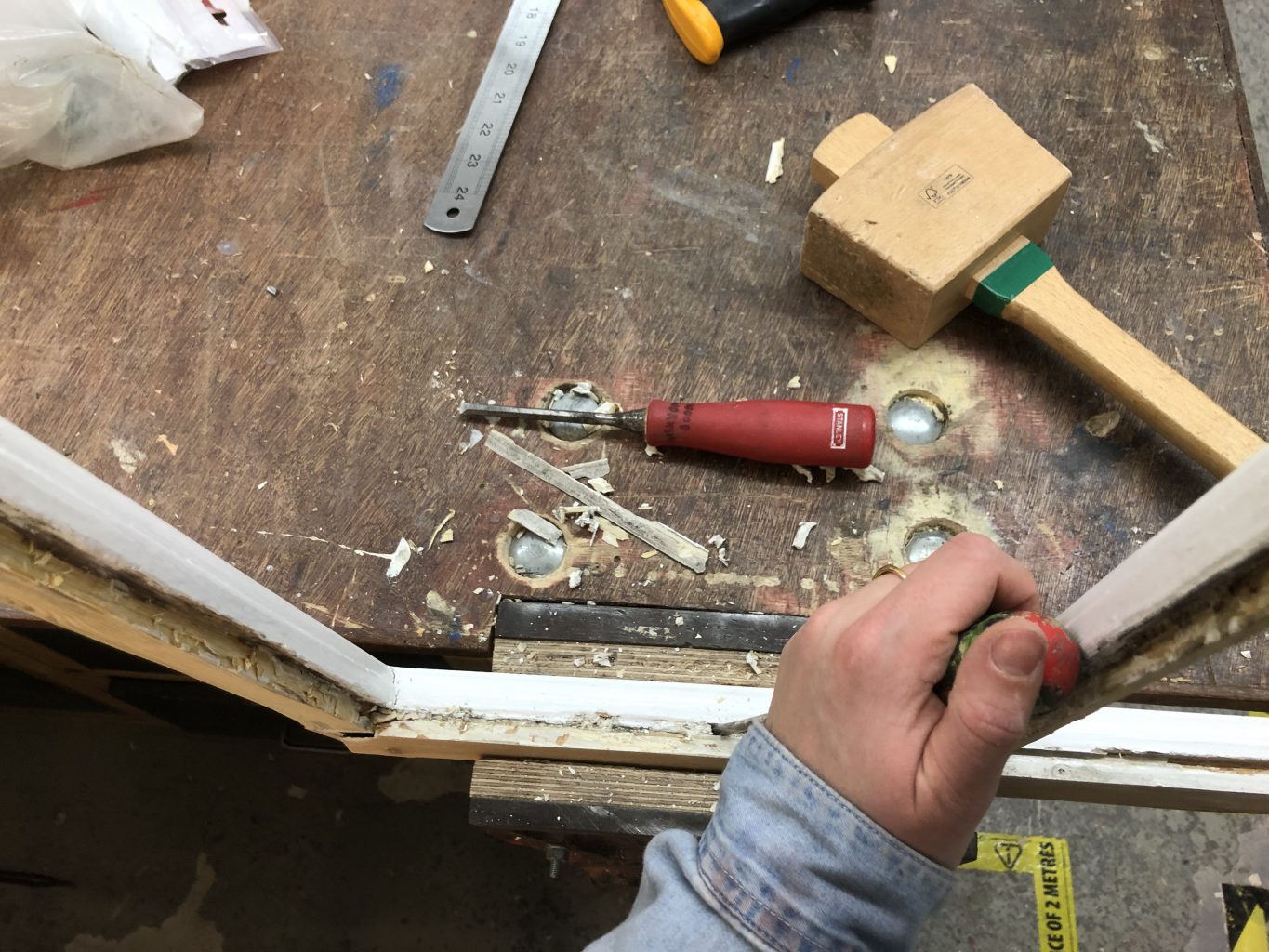
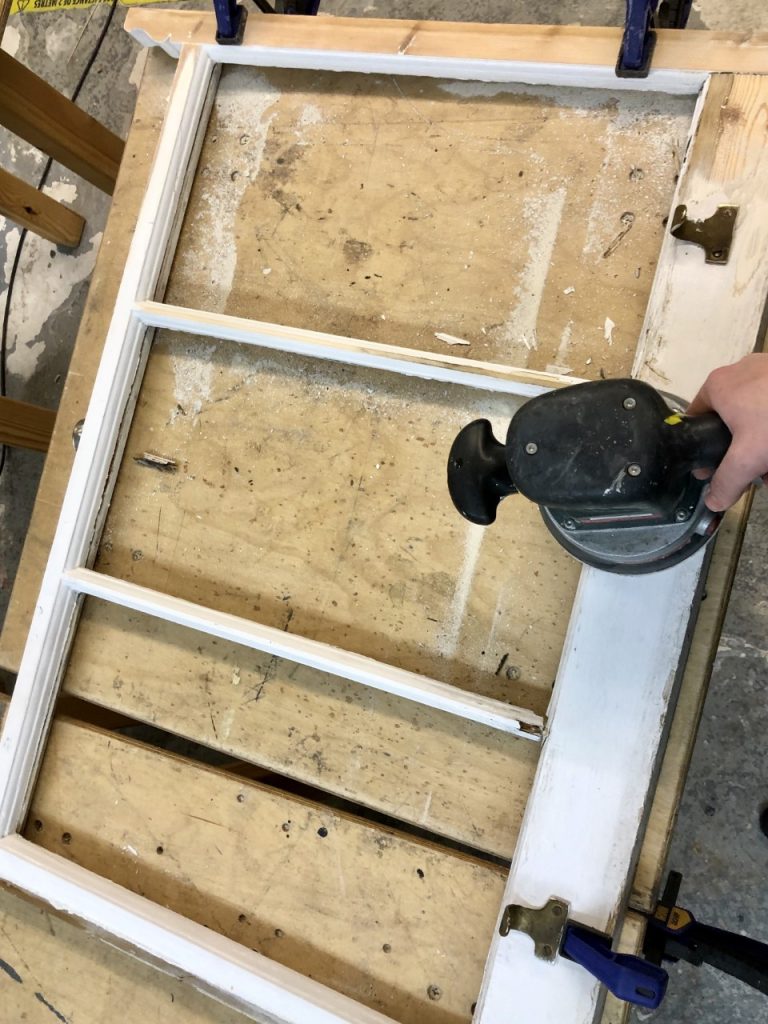
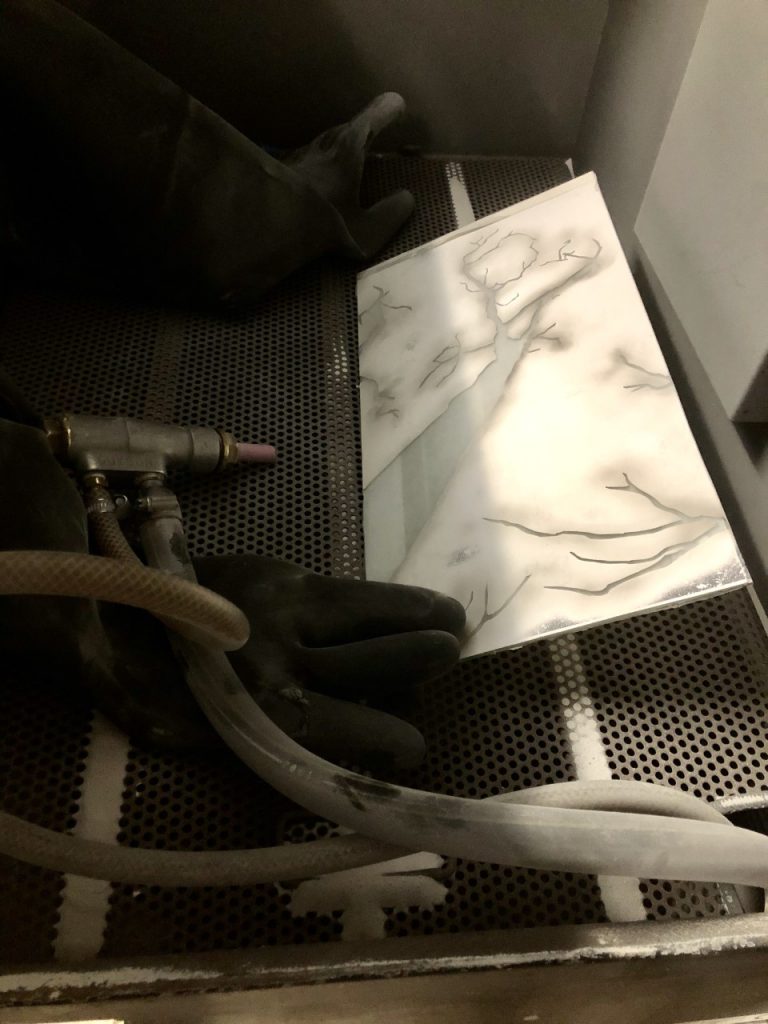
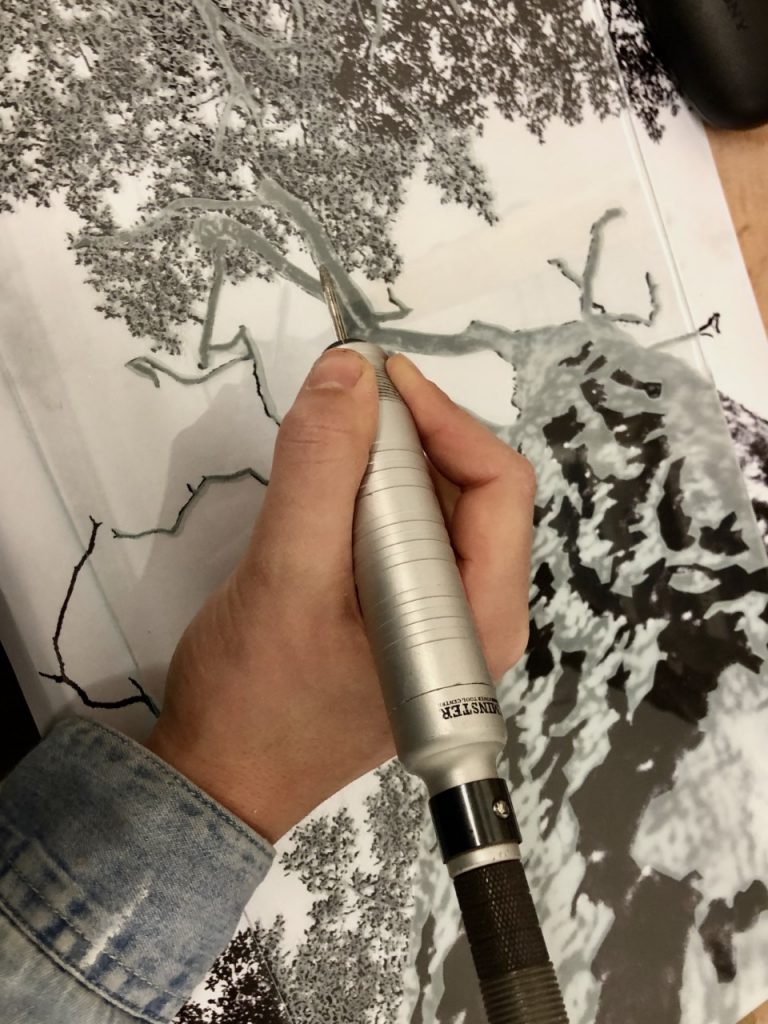
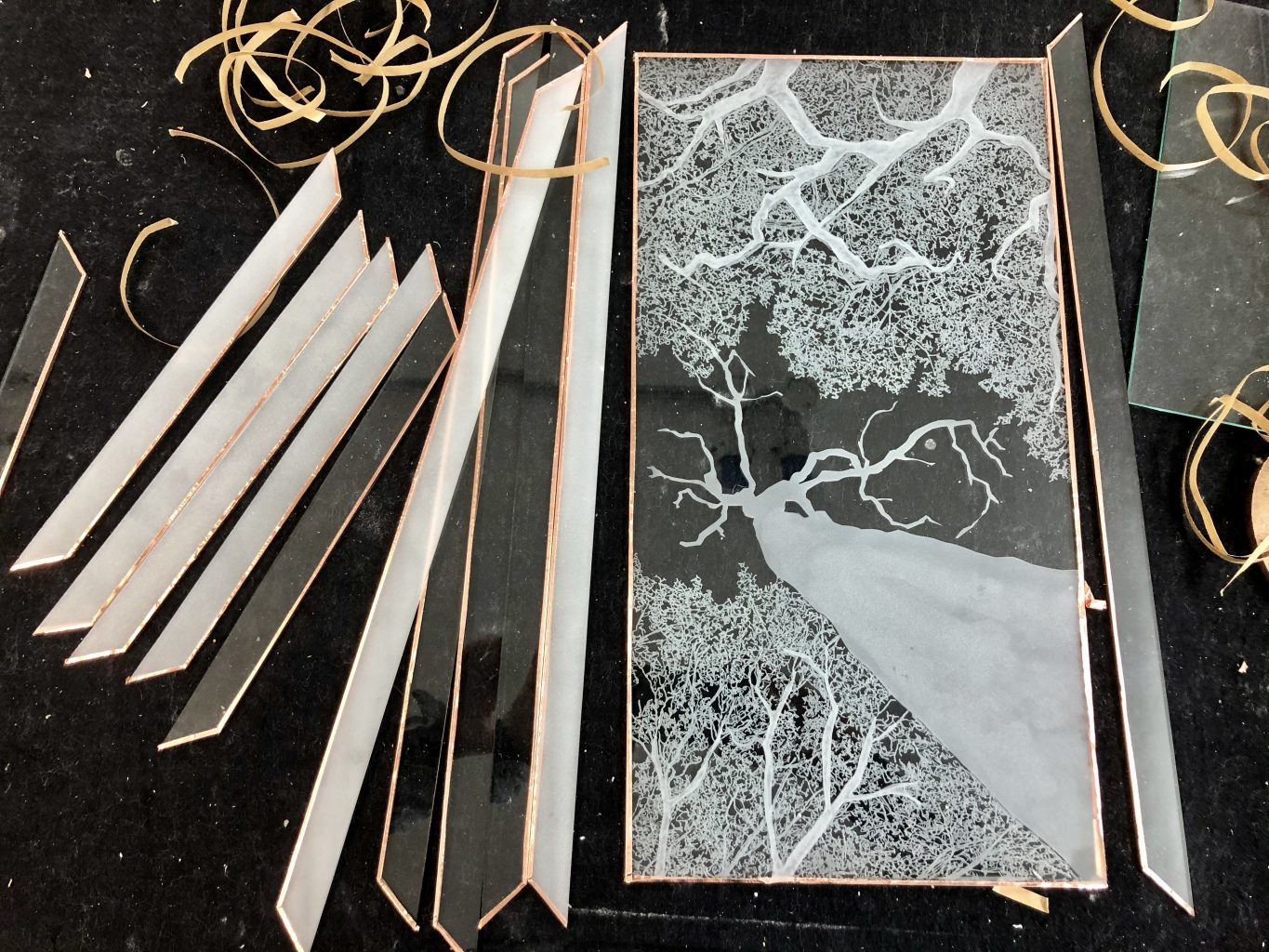
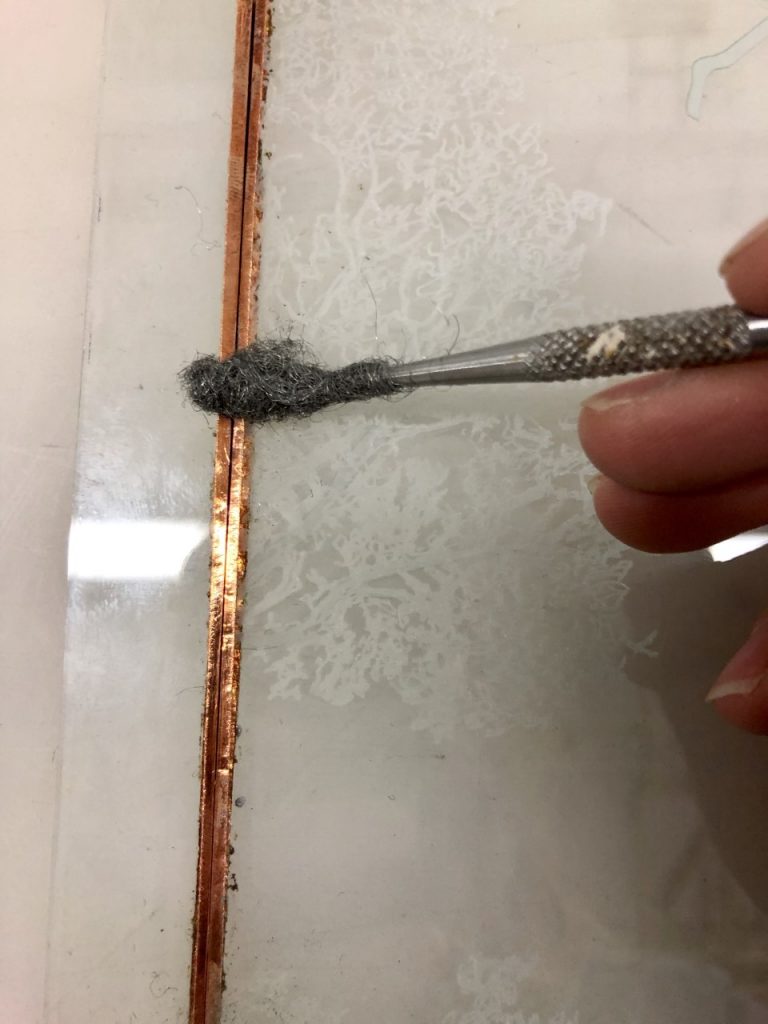
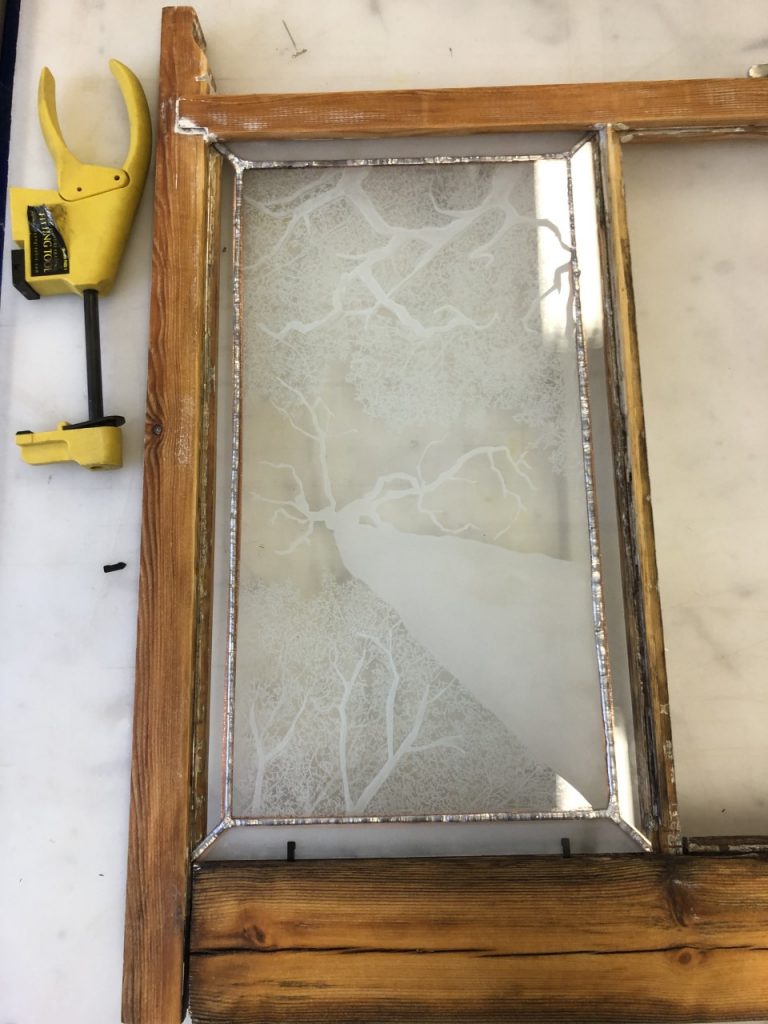
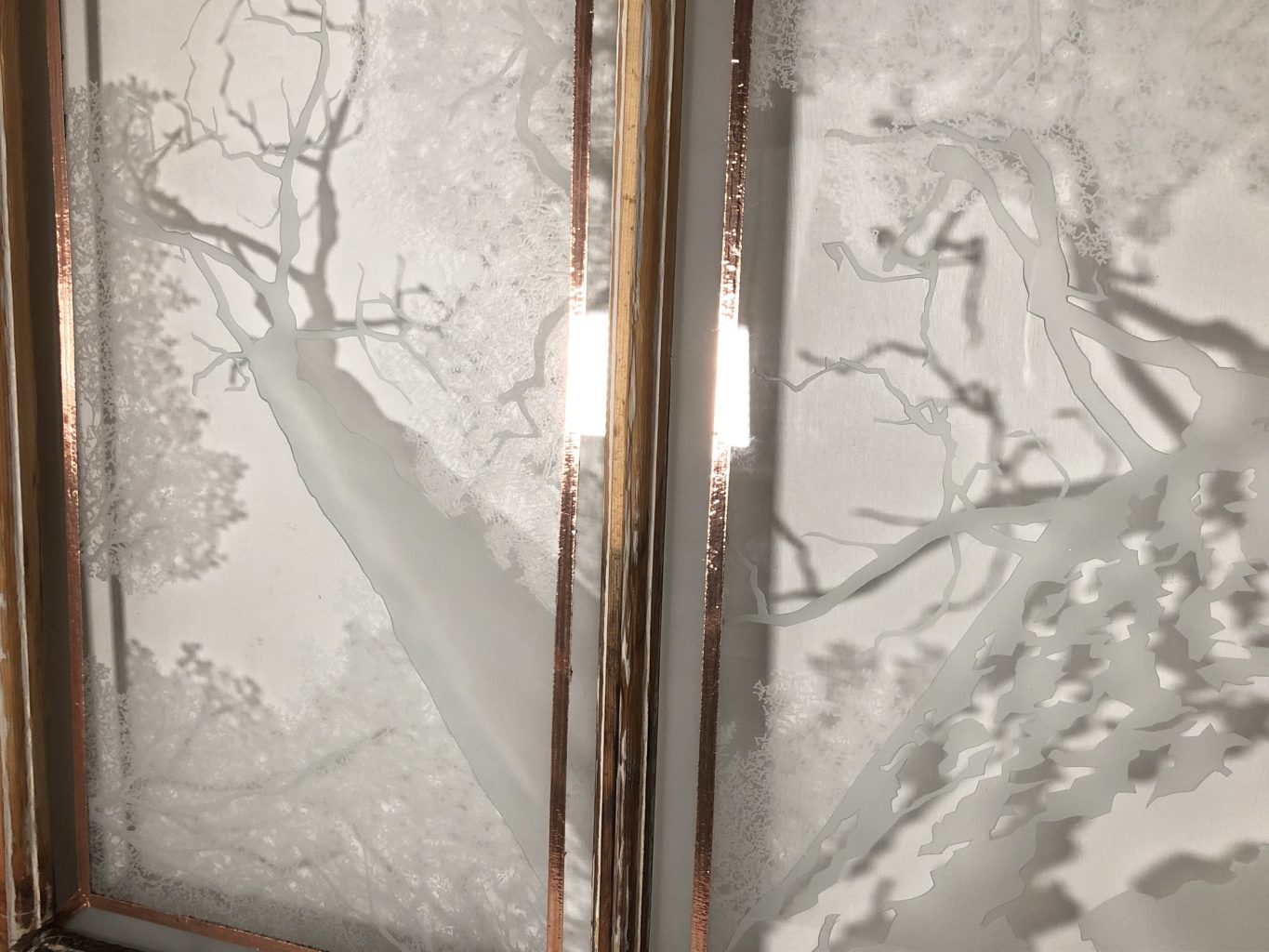
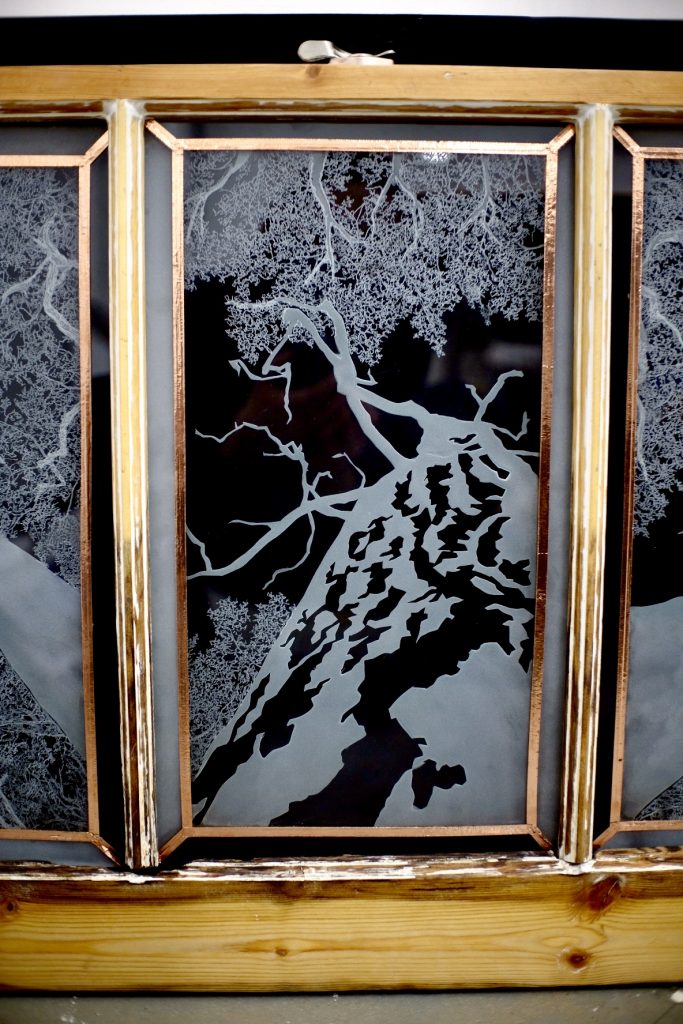
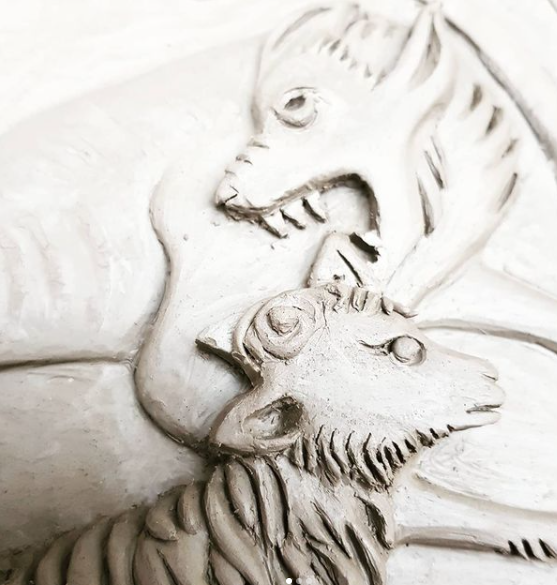



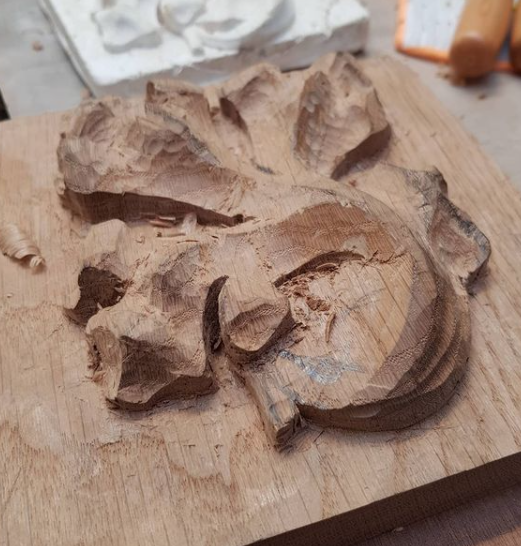
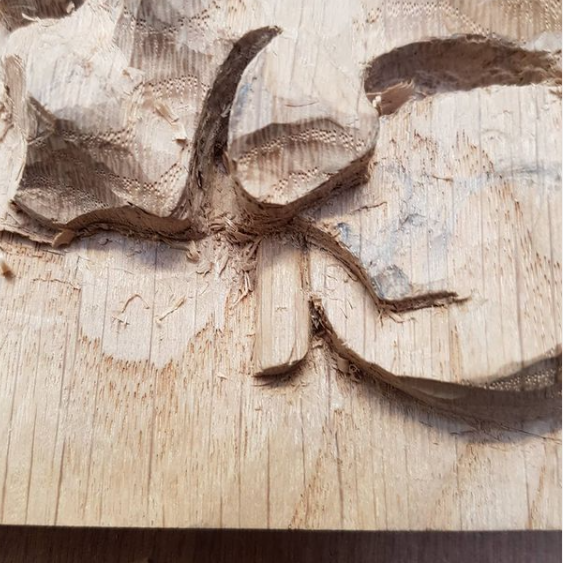
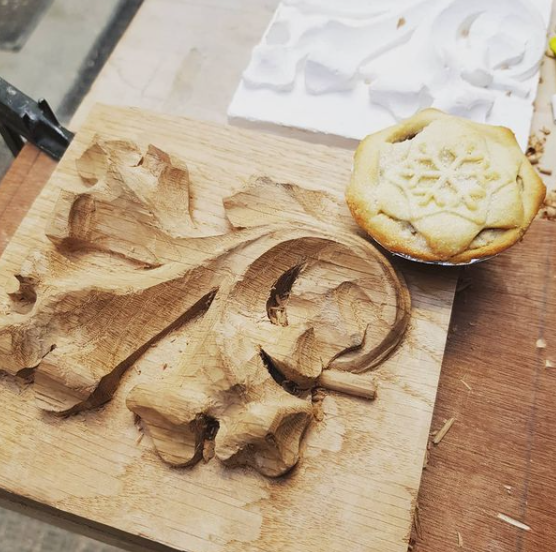
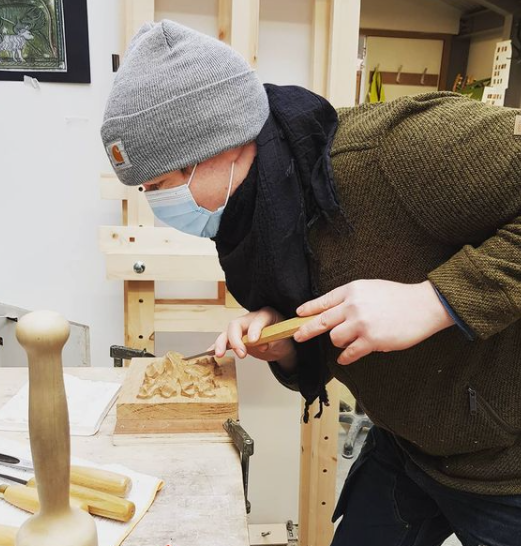






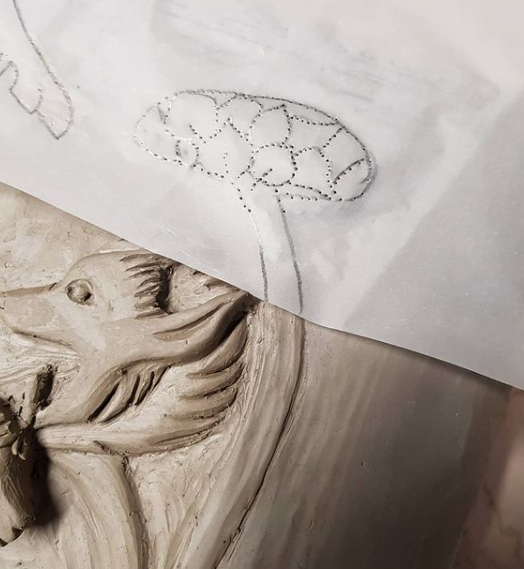
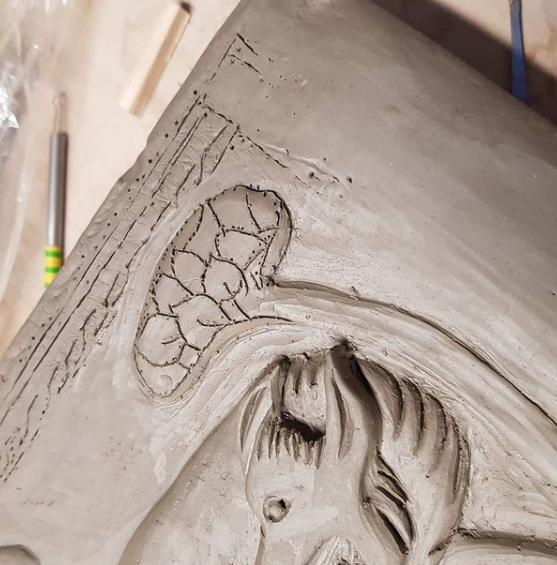
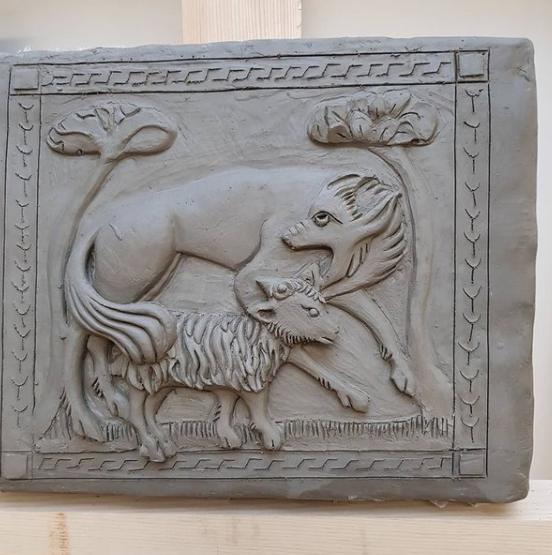


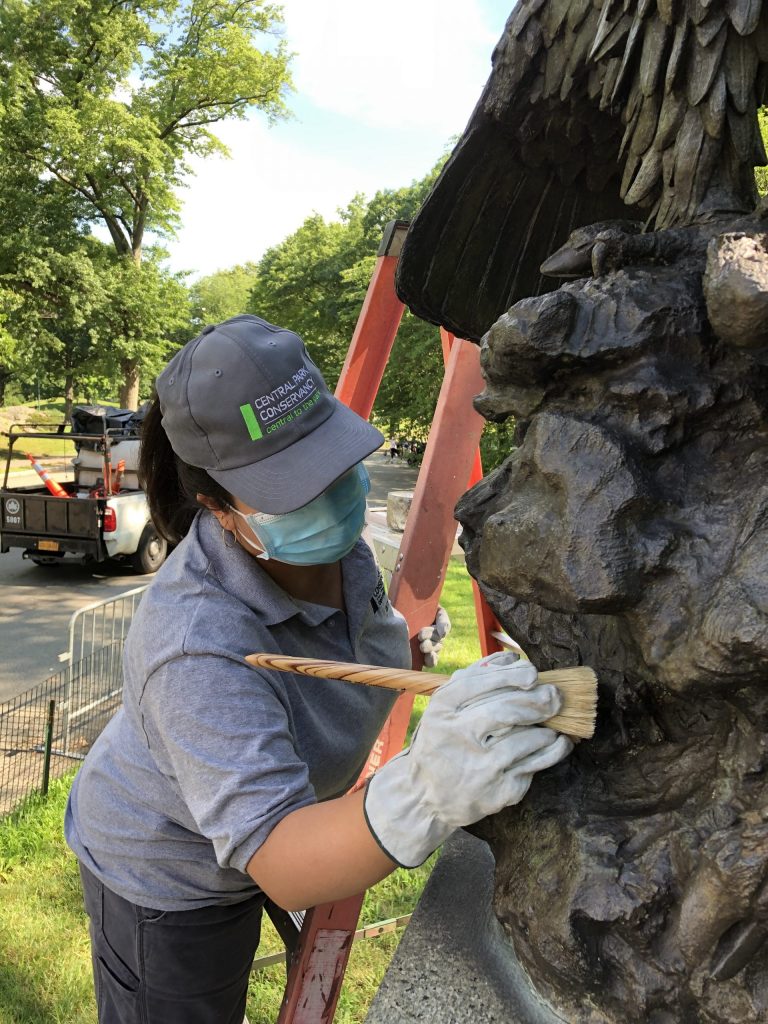 Applying Renaissance Wax on the Eagles and Prey Monument
Applying Renaissance Wax on the Eagles and Prey Monument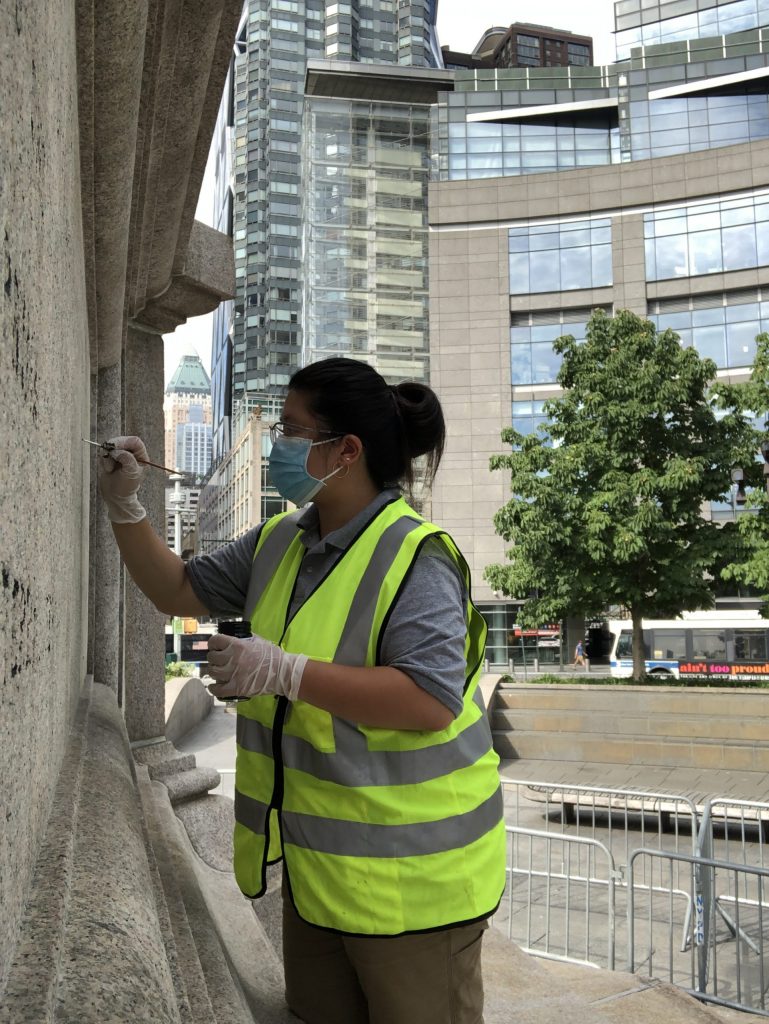 Applying Lithochrome Black on the lettering that has been weathered and powered washed away on the Columbus Circle Monument
Applying Lithochrome Black on the lettering that has been weathered and powered washed away on the Columbus Circle Monument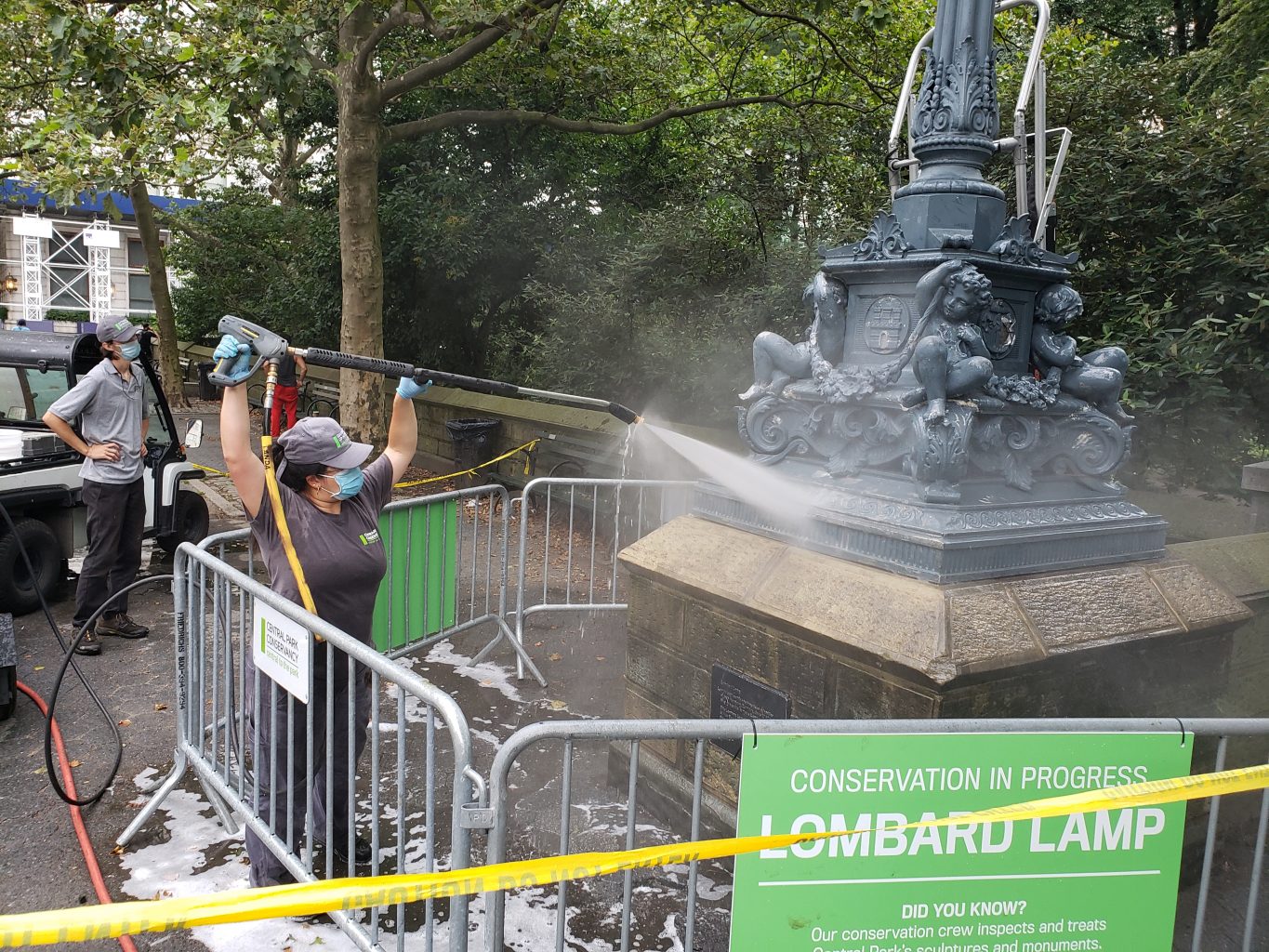 Steam pressure washing the surface of the Lombard Lamp
Steam pressure washing the surface of the Lombard Lamp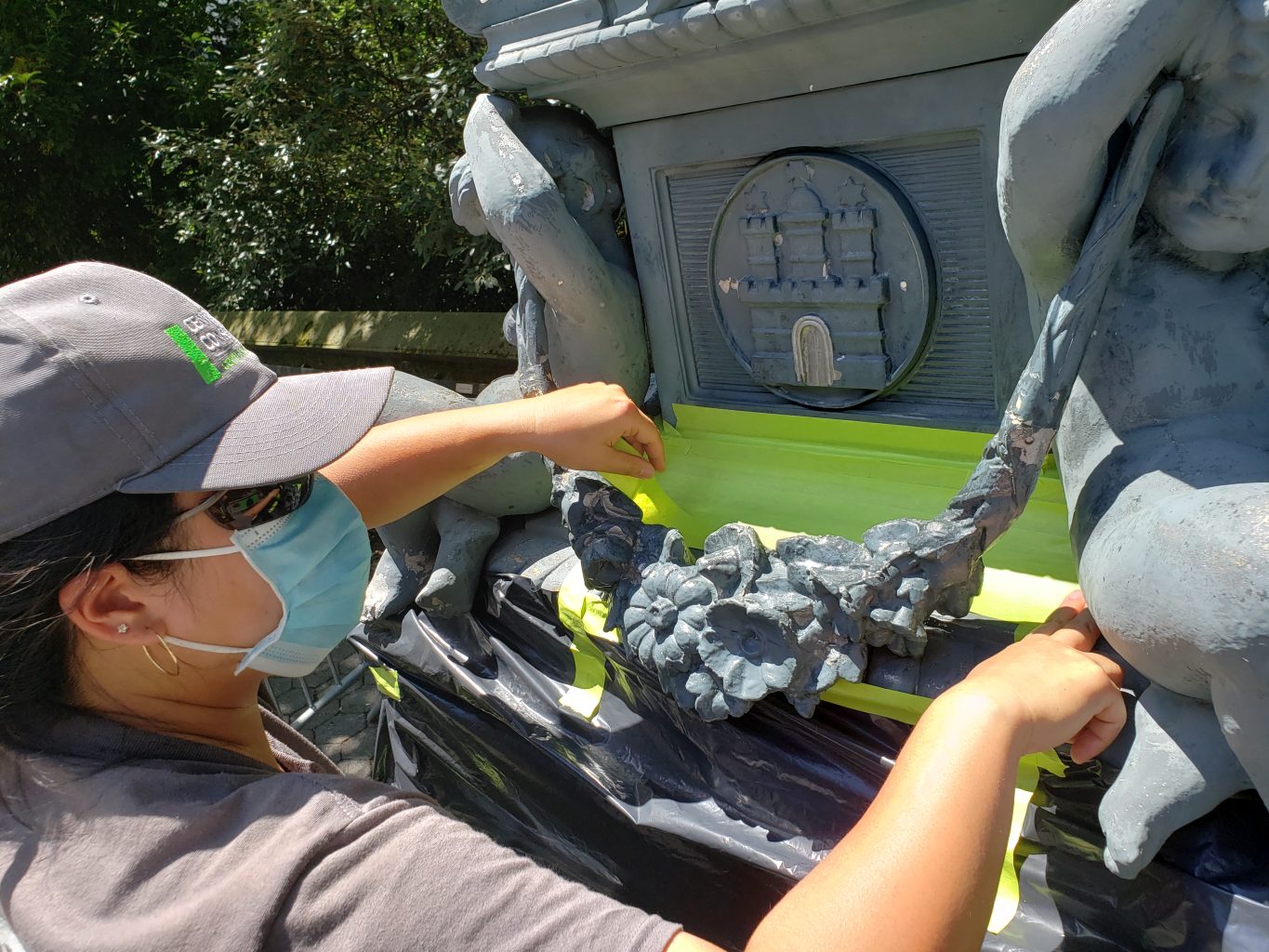 Preparing the surface with masking tape for silicone application on the medallion
Preparing the surface with masking tape for silicone application on the medallion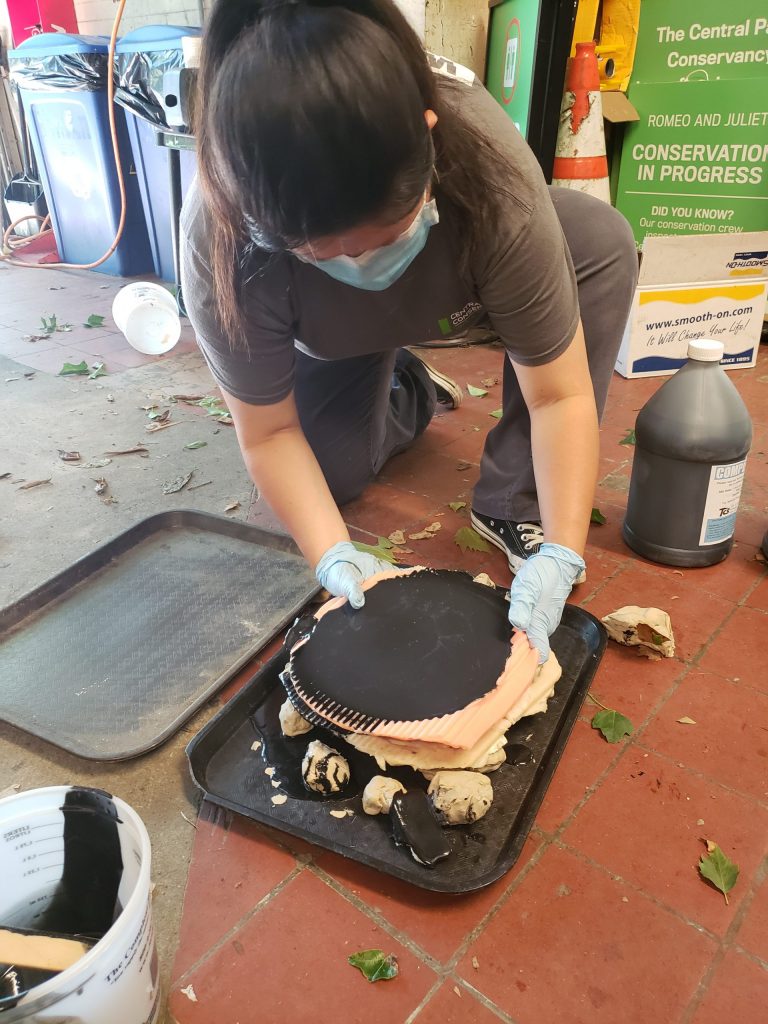
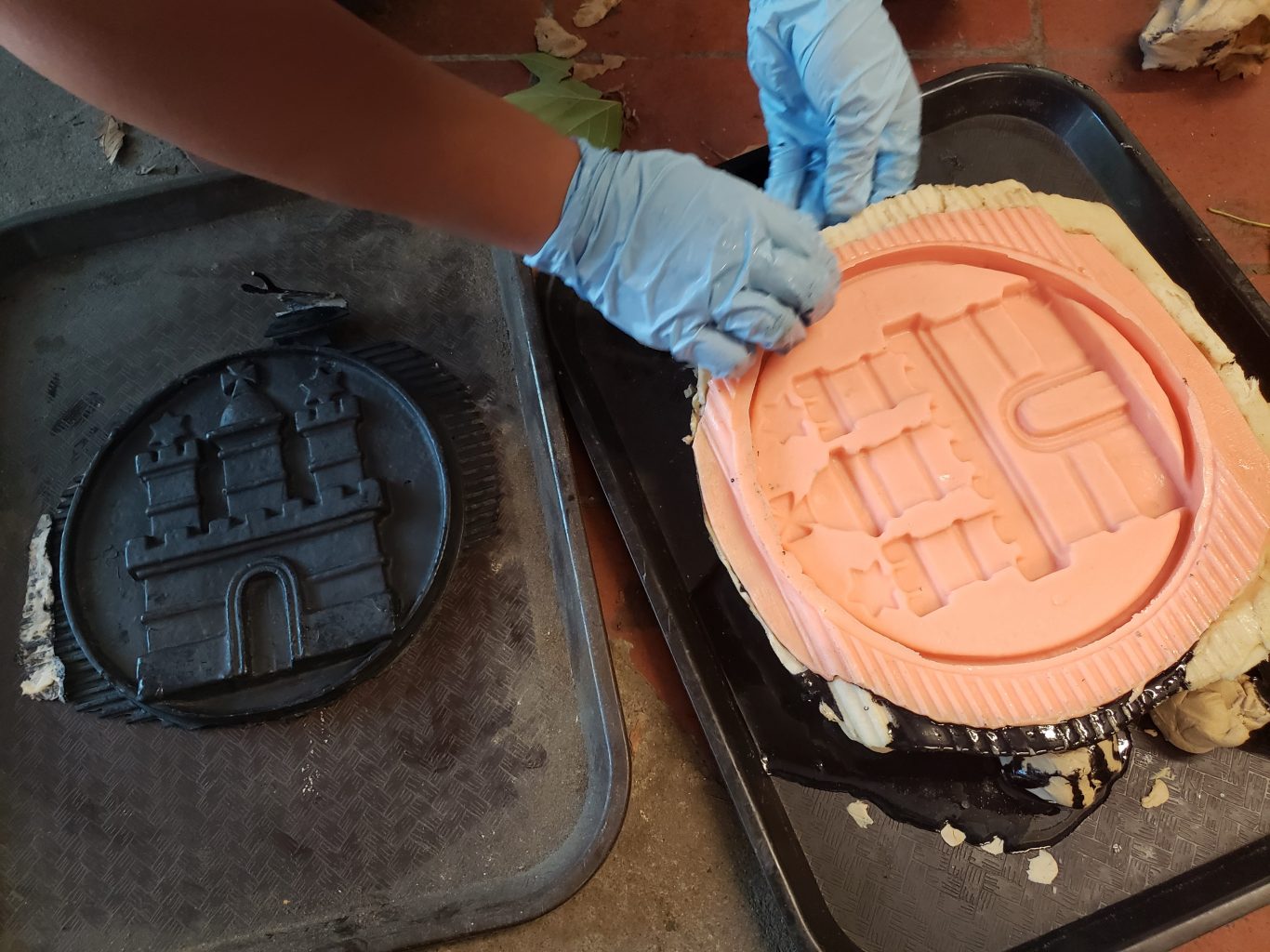 Removal of the test material from the mould
Removal of the test material from the mould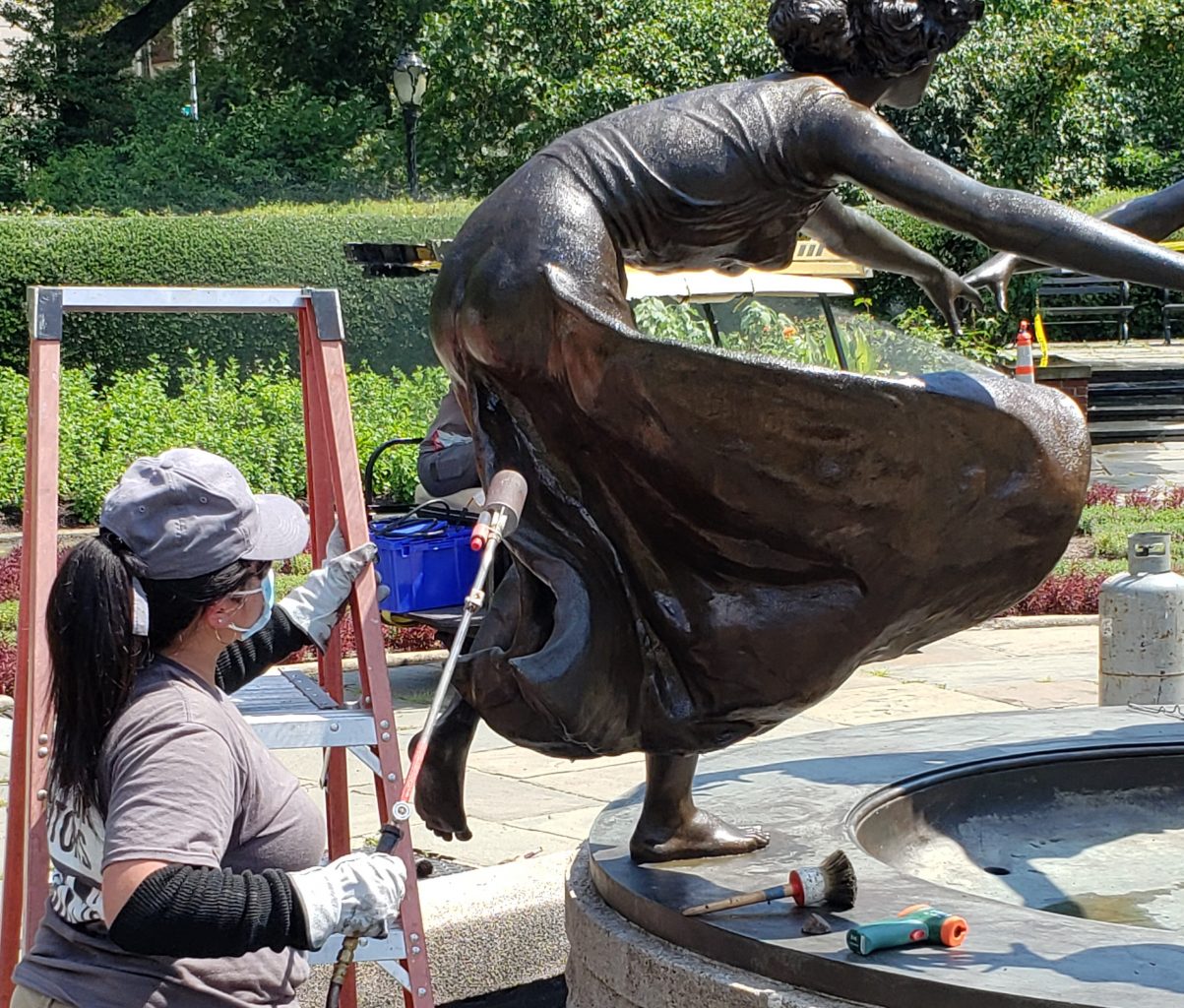 Applying blow torch to heat surface to a temperature of 93C (200F) for the application of a proprietary colour matched hot wax
Applying blow torch to heat surface to a temperature of 93C (200F) for the application of a proprietary colour matched hot wax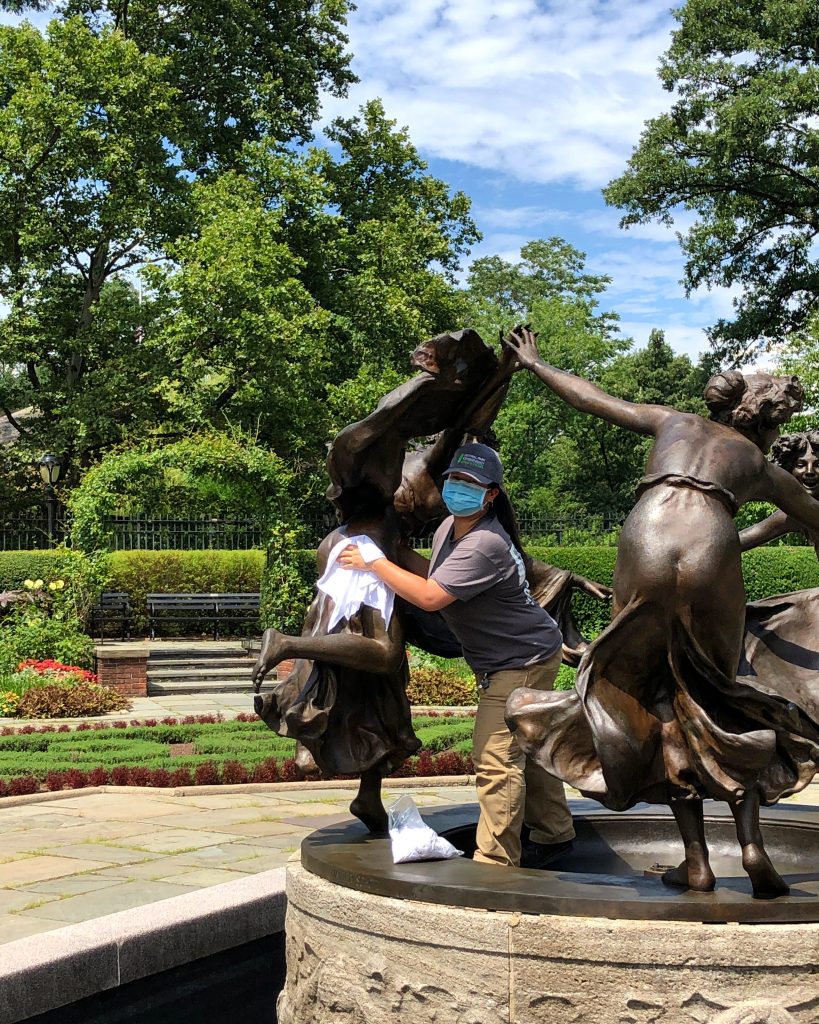 Buffing the Untermyer Fountain figures after a power washing and an application of hot wax
Buffing the Untermyer Fountain figures after a power washing and an application of hot wax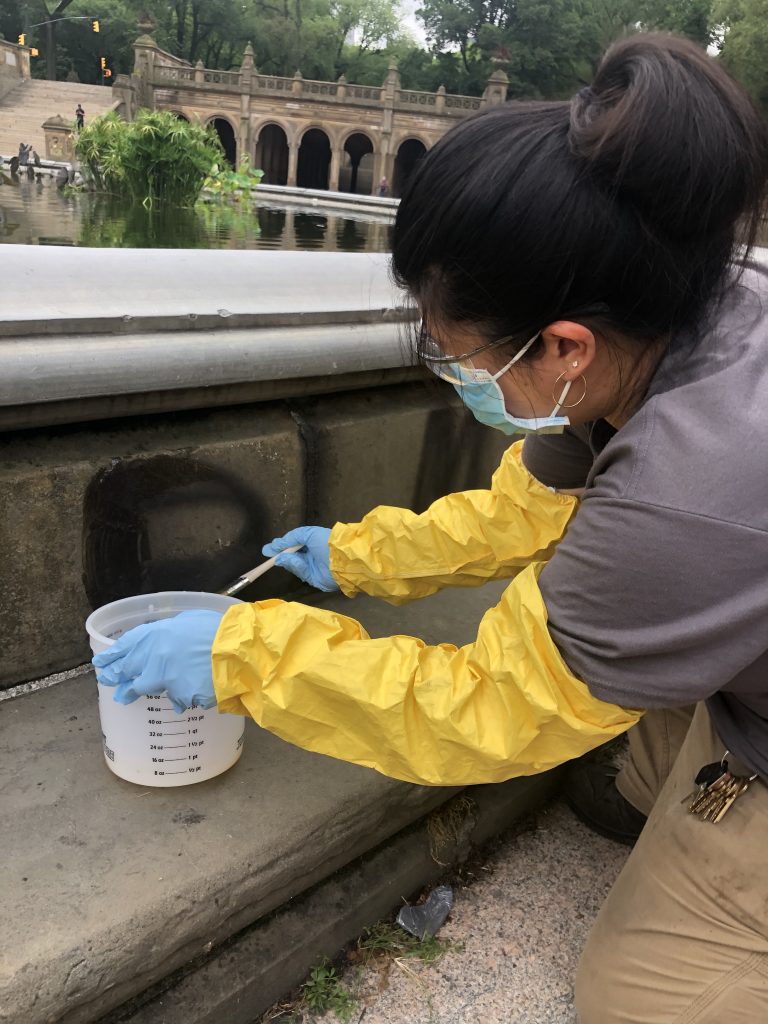 Application of Rock Miracle
Application of Rock Miracle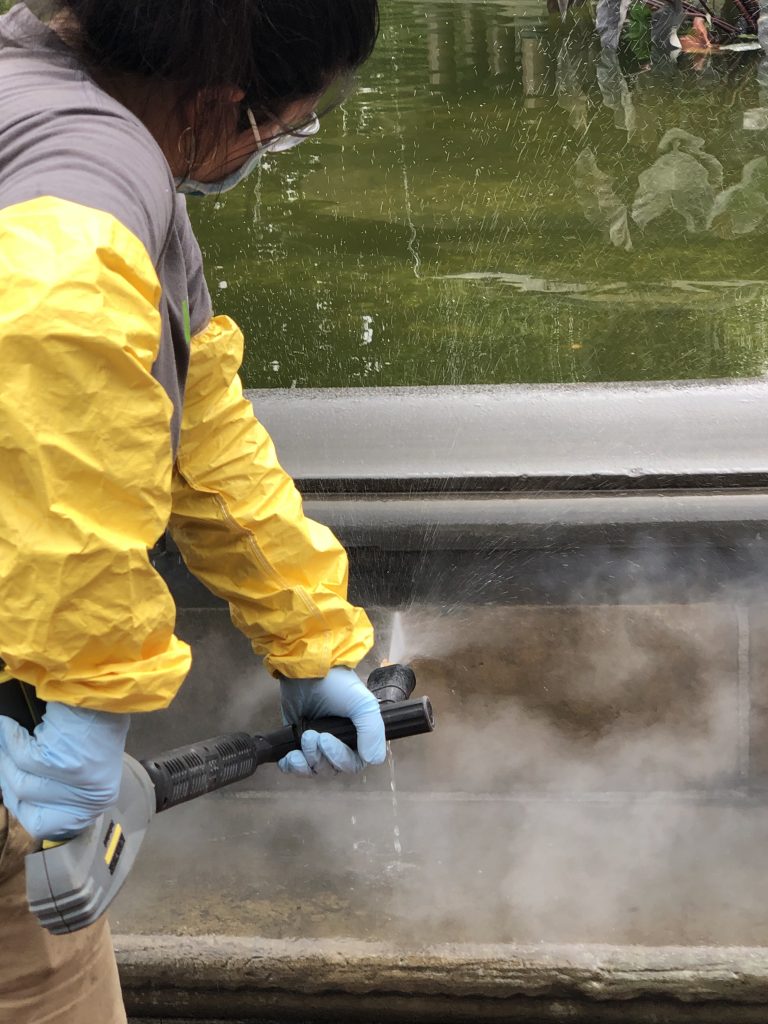
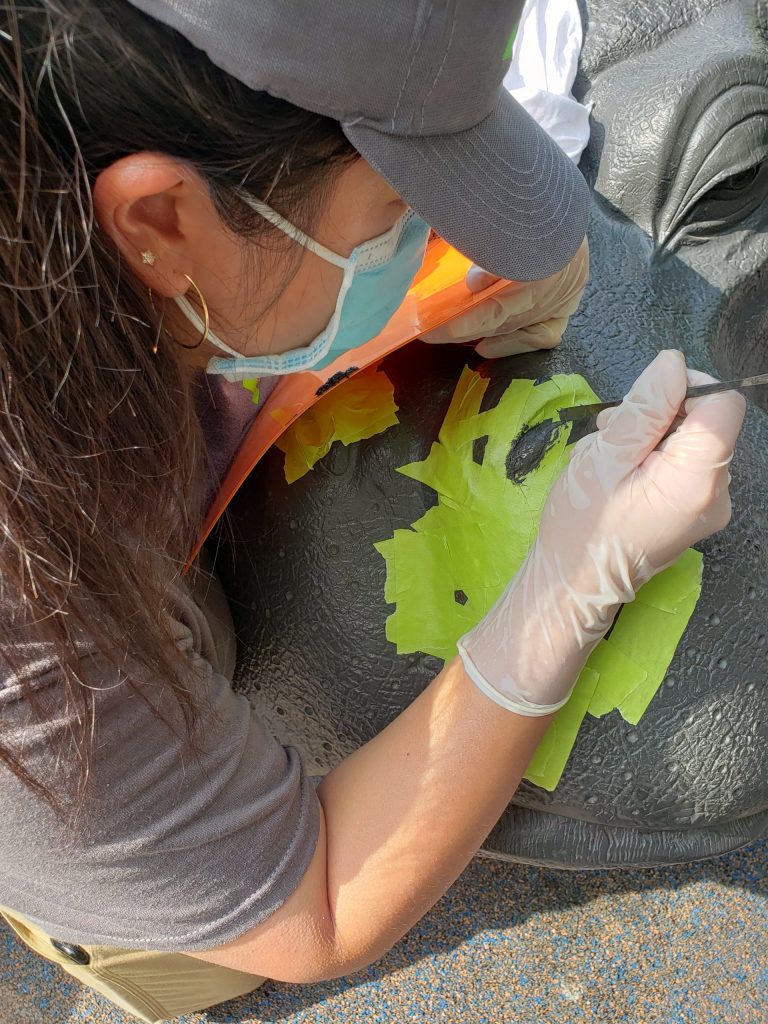 Application of colour matched epoxy onto the surface of hippos
Application of colour matched epoxy onto the surface of hippos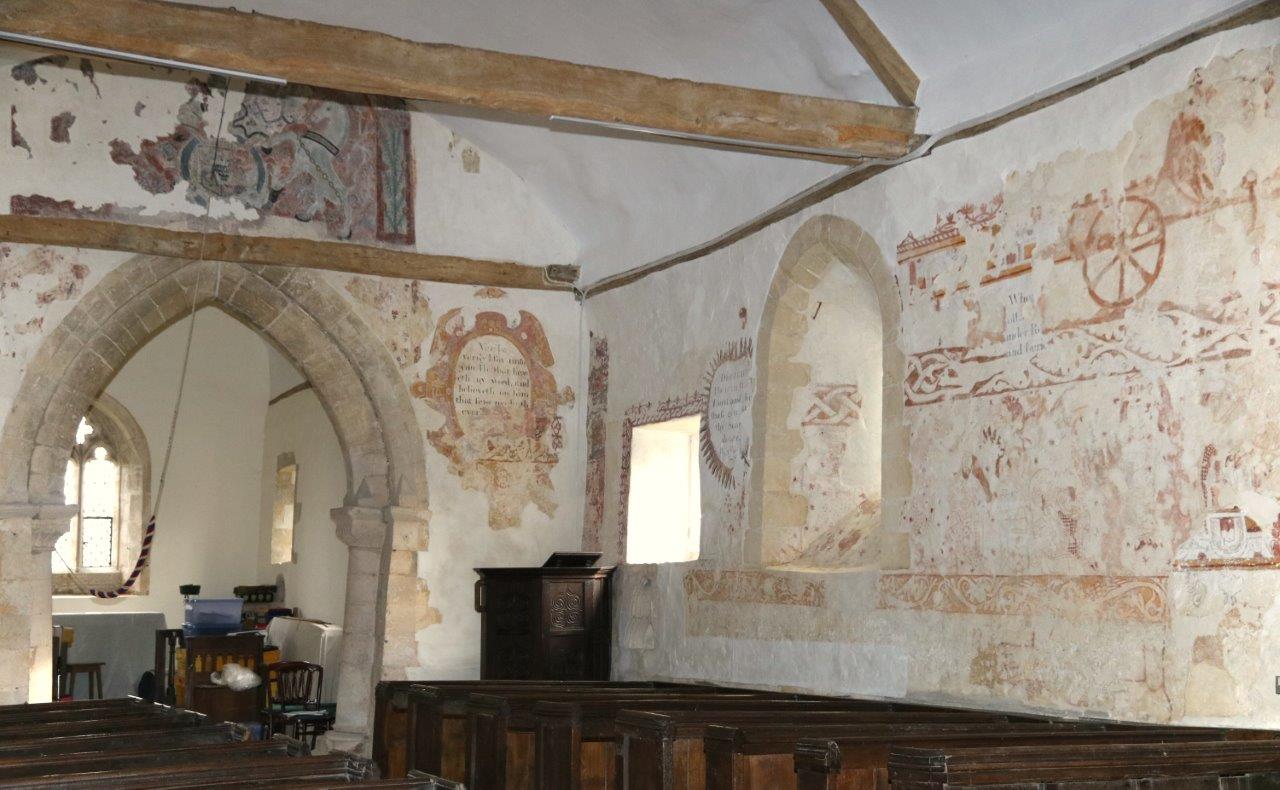 Historic paintings adorning the walls of St James the Great church, dating from different periods between the 14th and the 18th centuries
Historic paintings adorning the walls of St James the Great church, dating from different periods between the 14th and the 18th centuries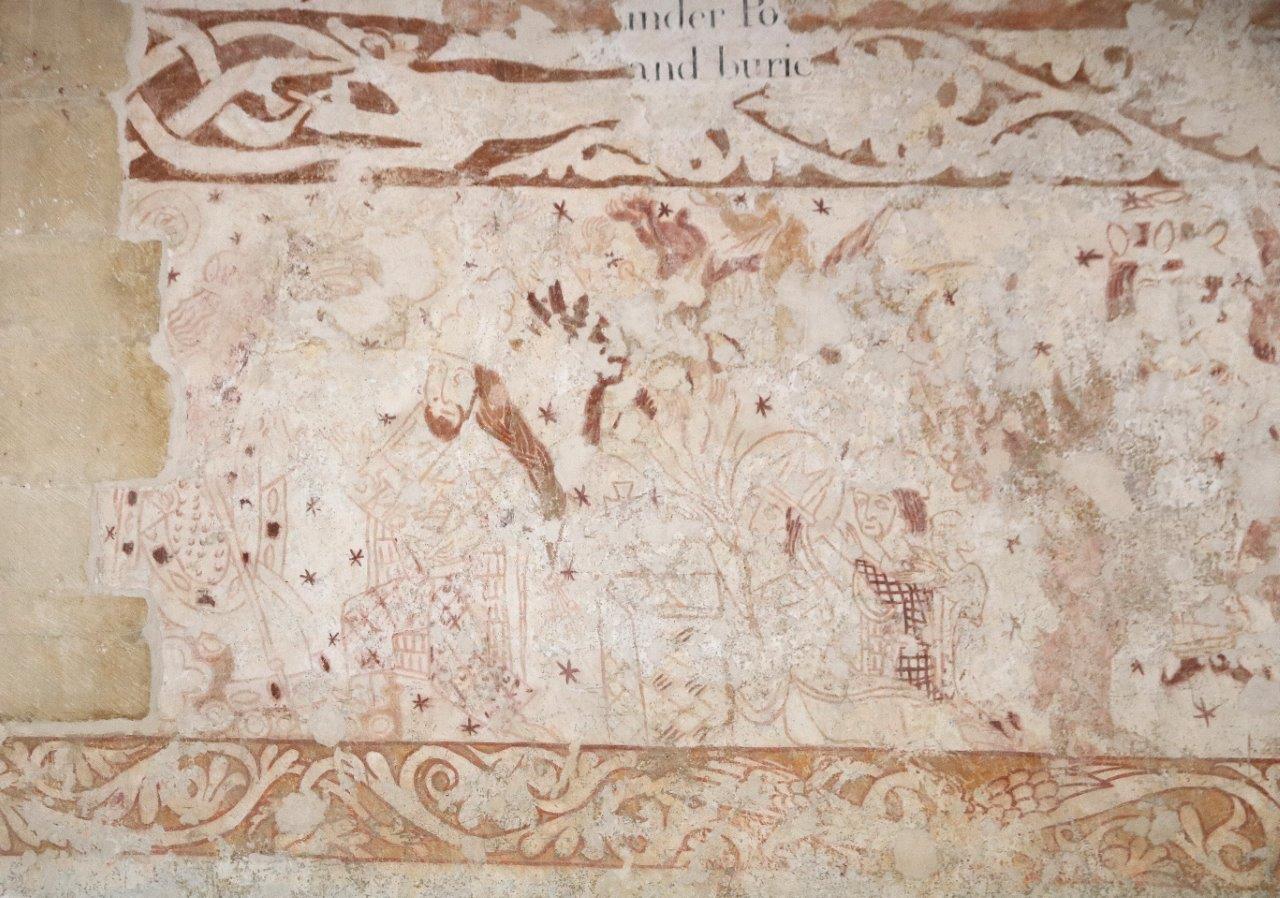 Depiction of the Life of St James the Great cycle
Depiction of the Life of St James the Great cycle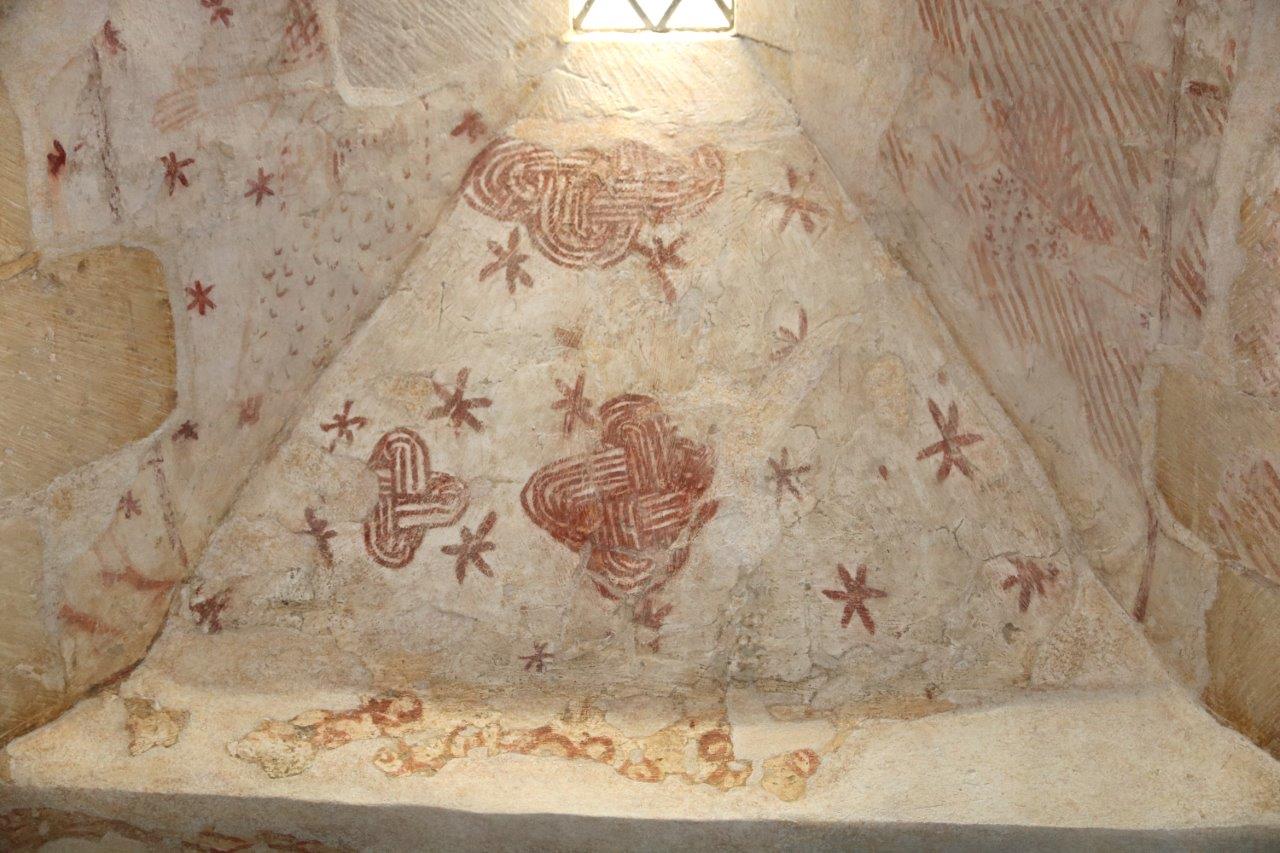 Section of the South wall that Louise treated
Section of the South wall that Louise treated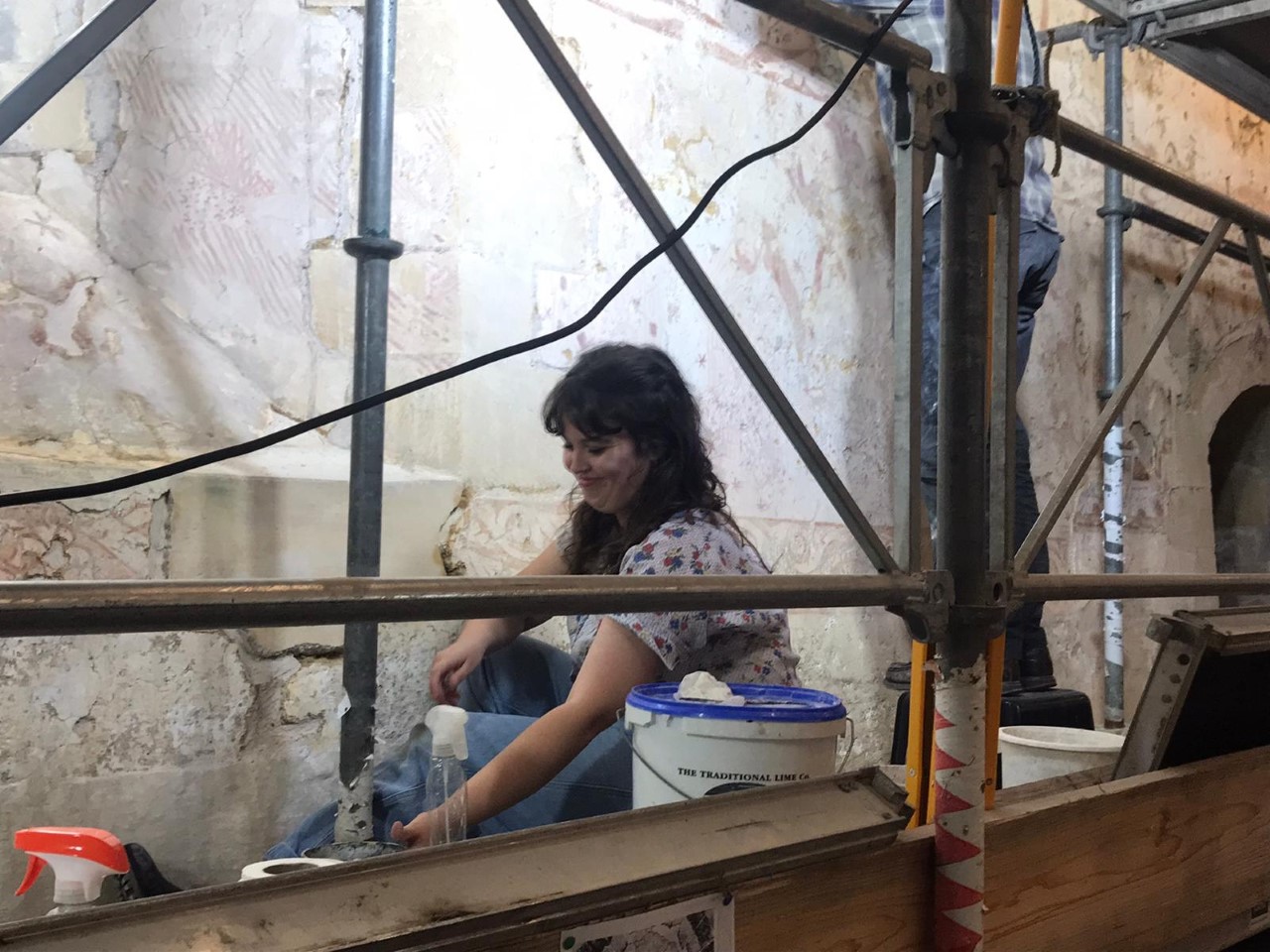
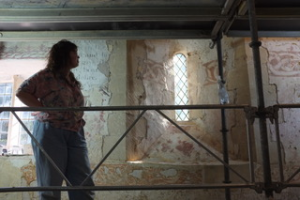
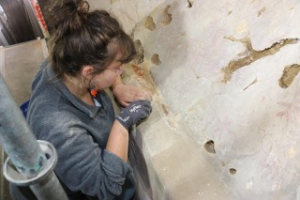
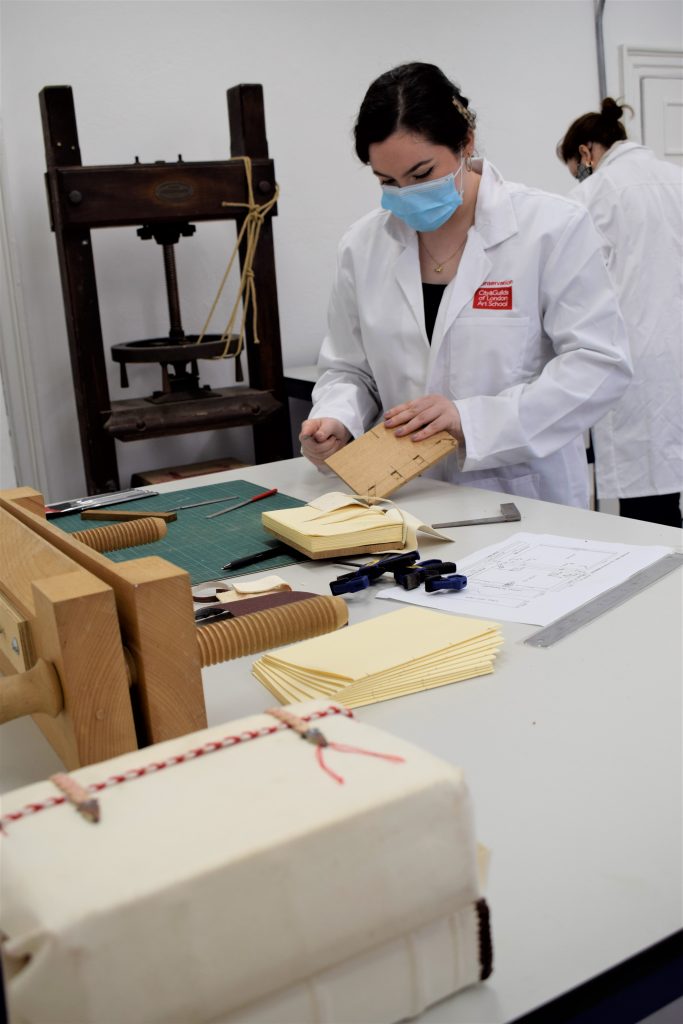
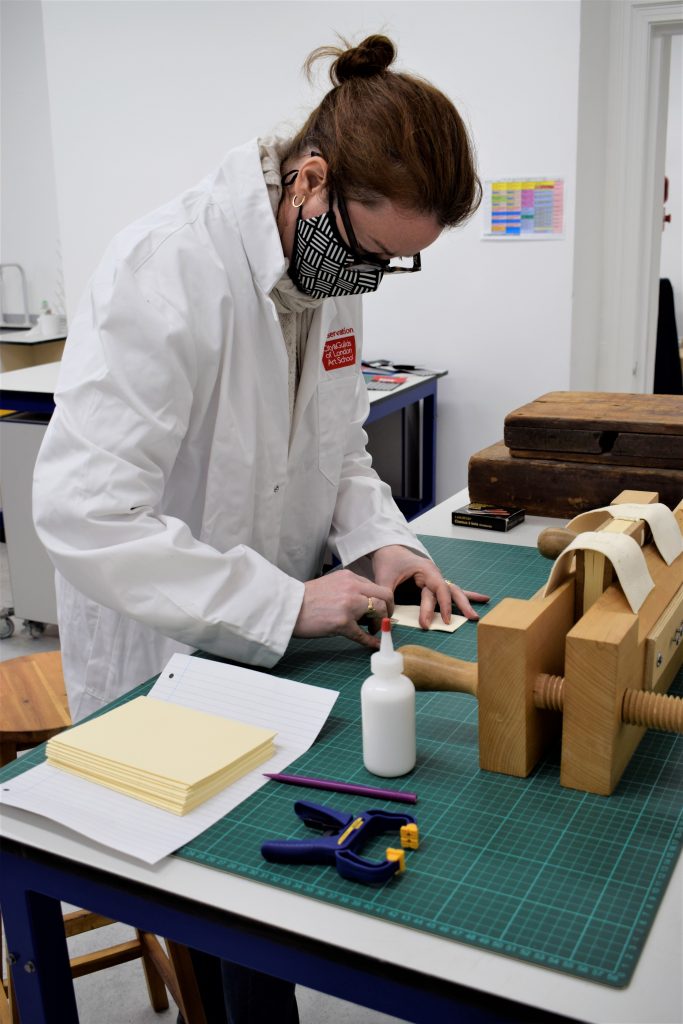
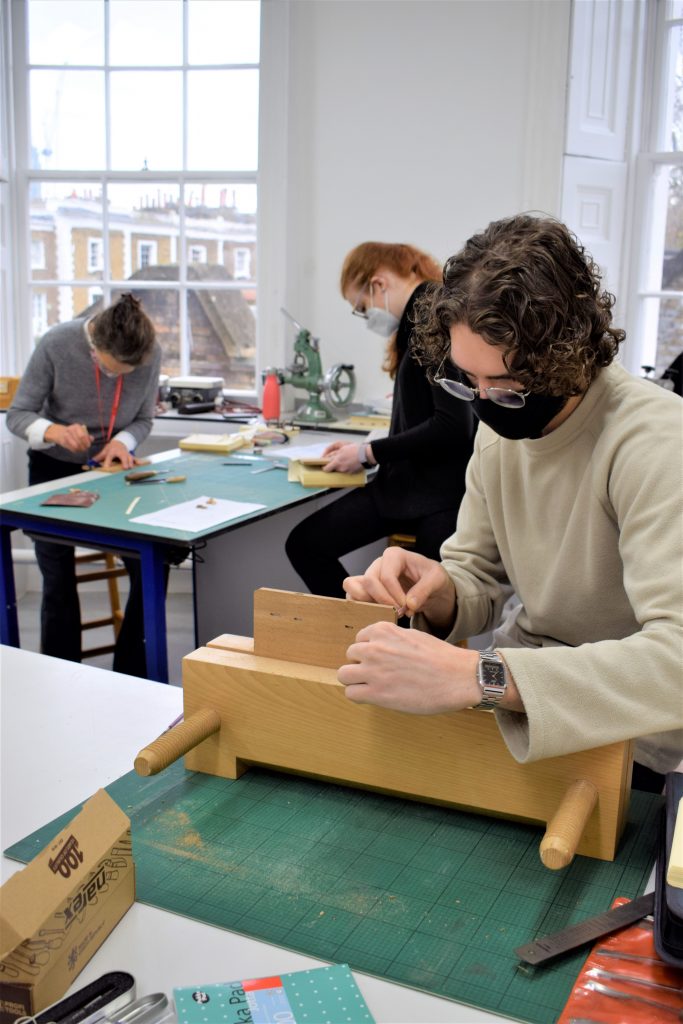
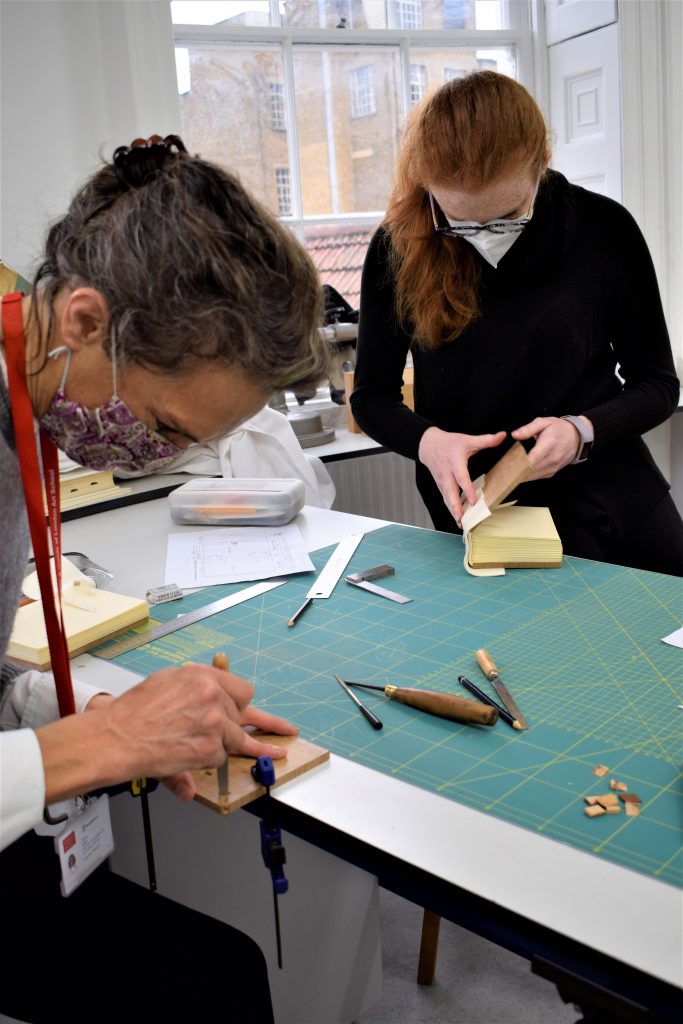
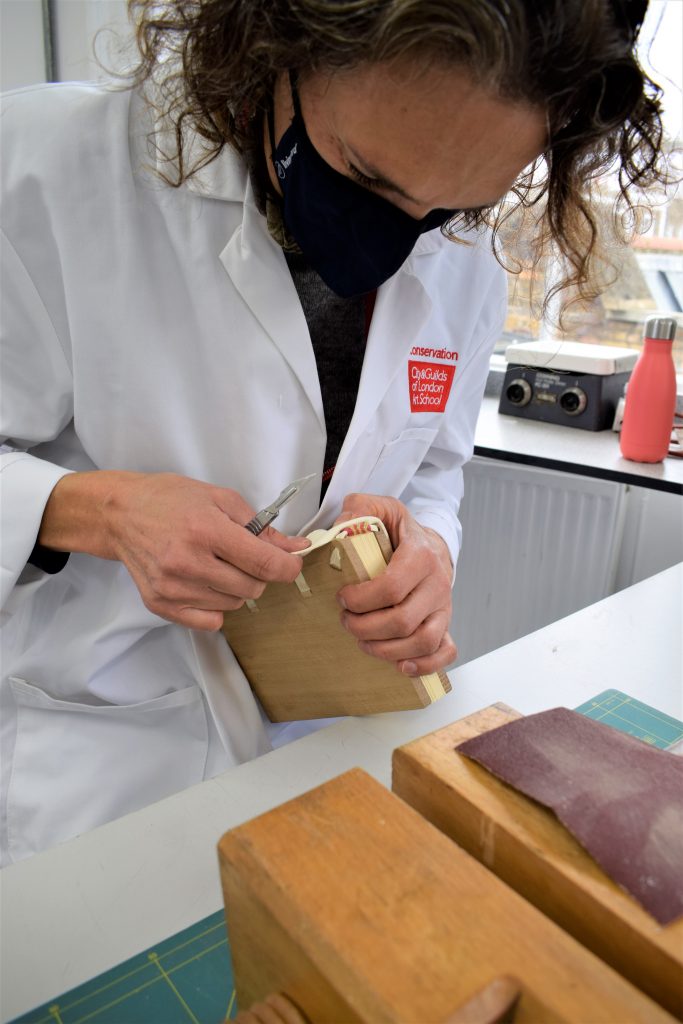
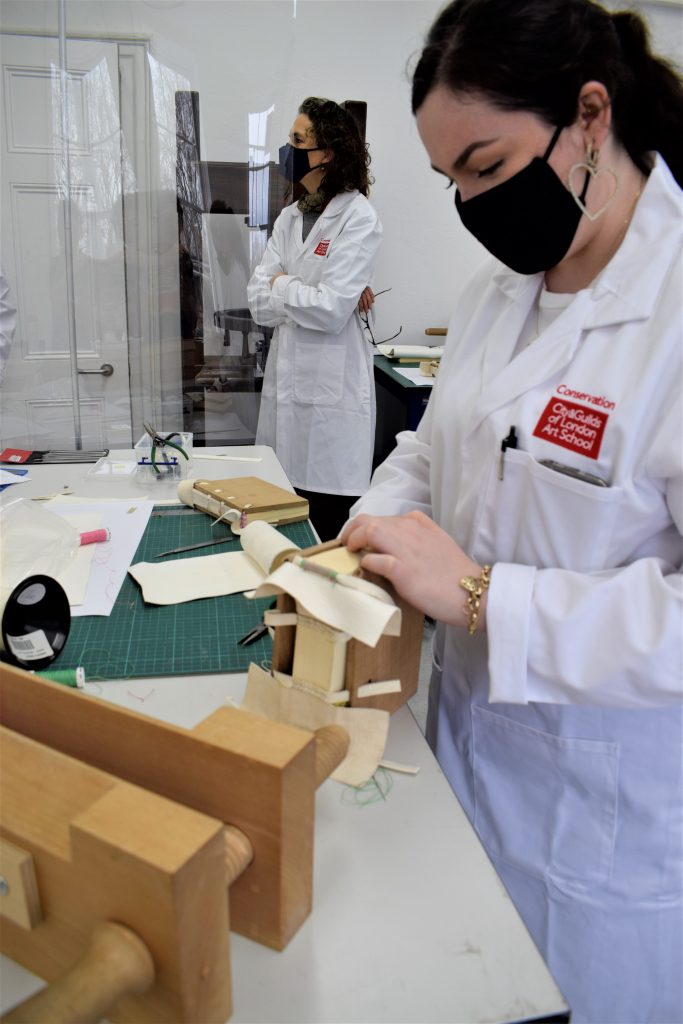
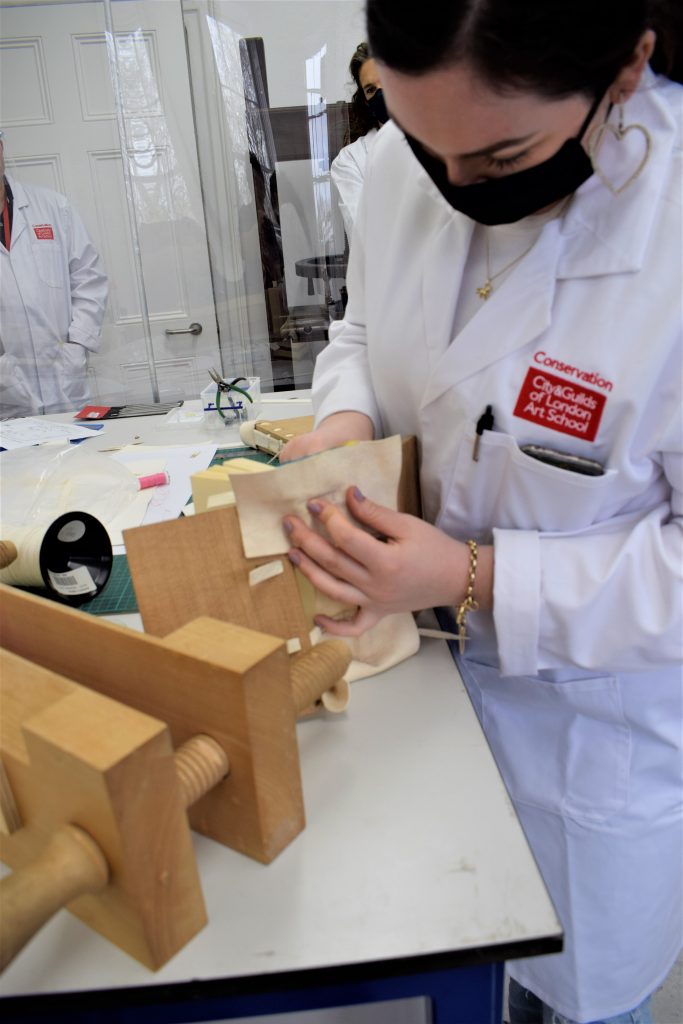
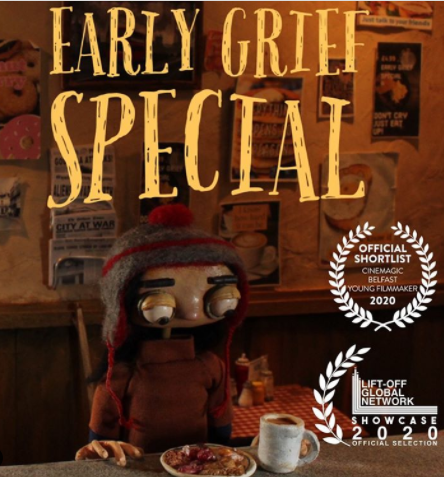






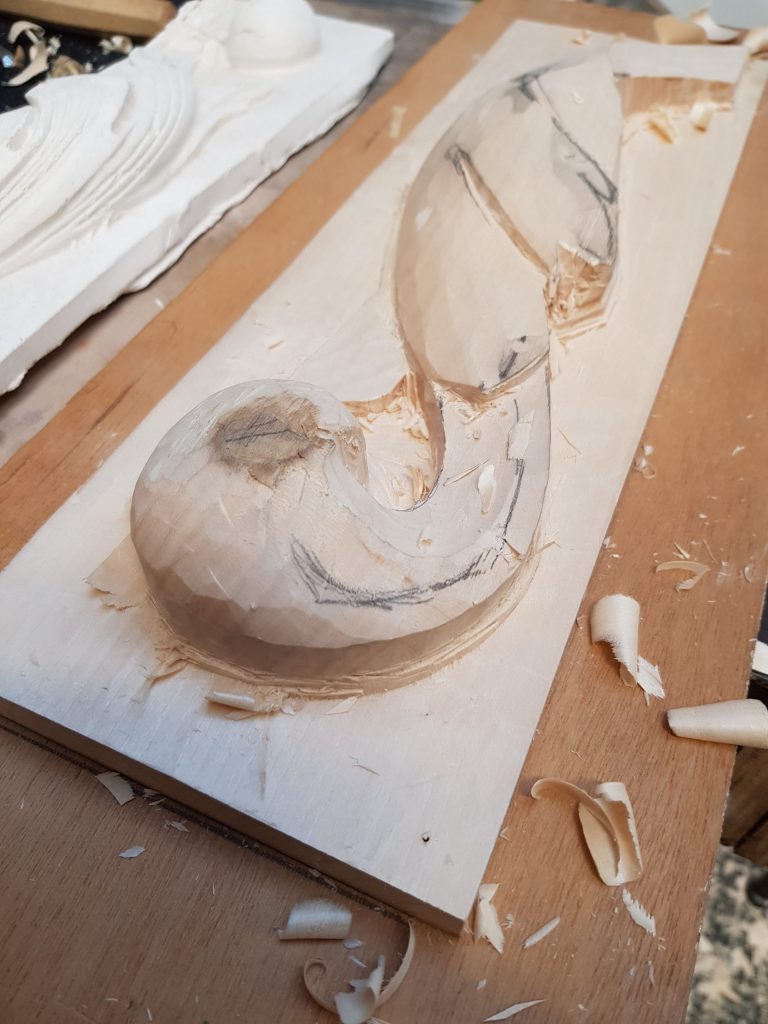
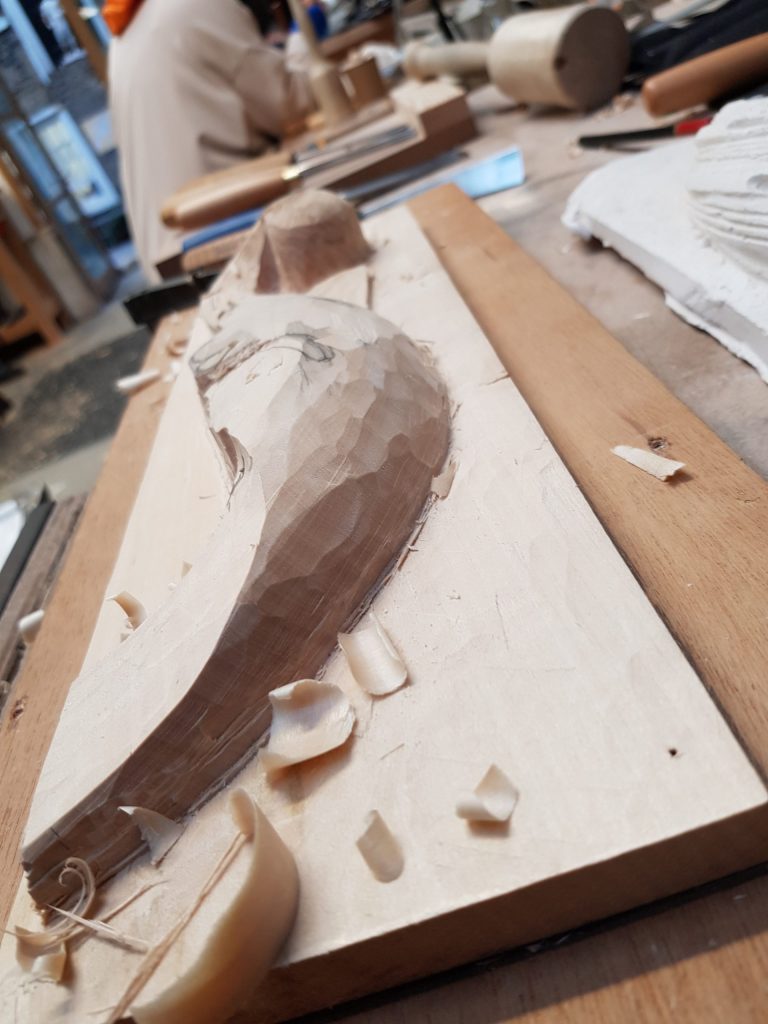
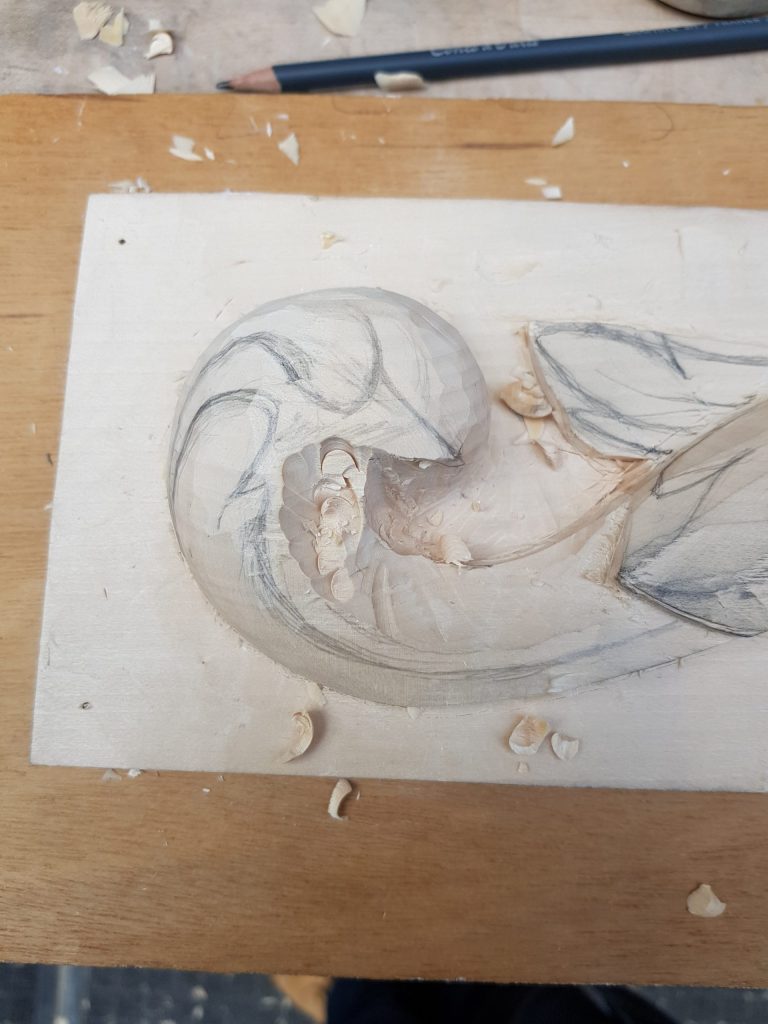
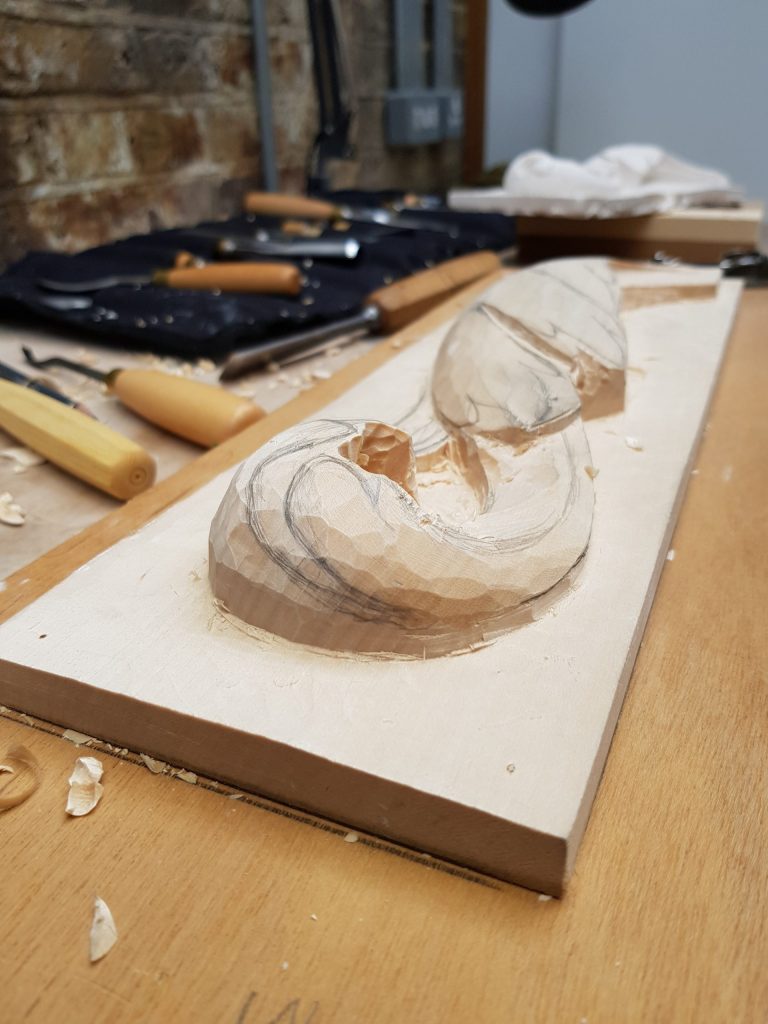

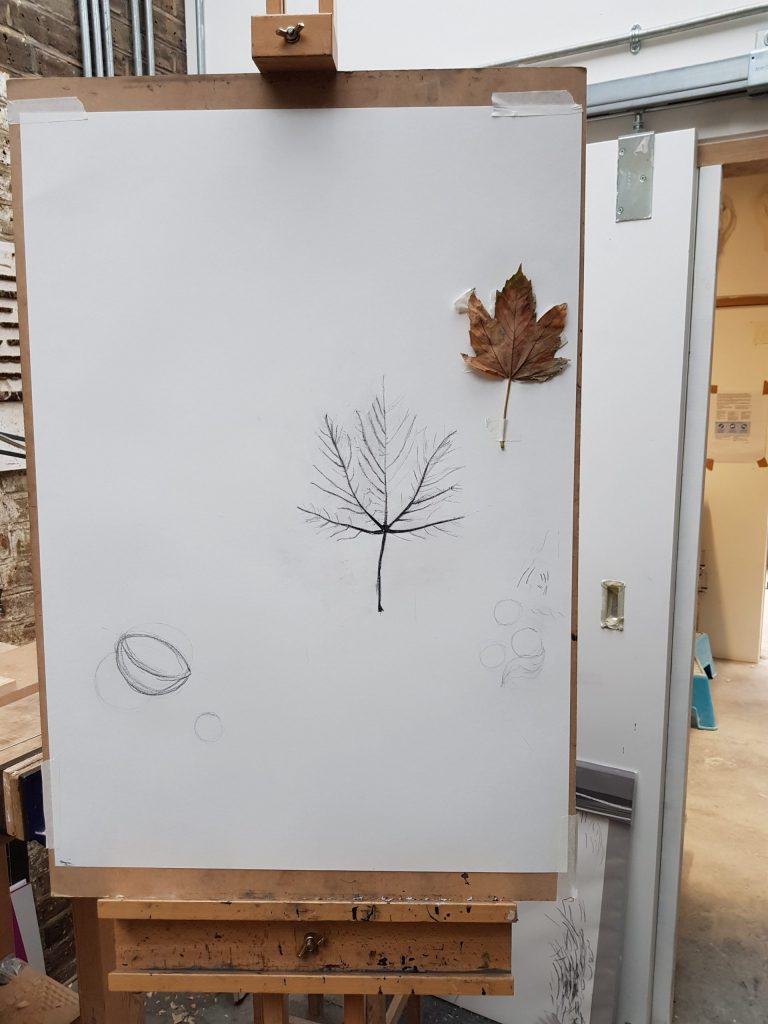
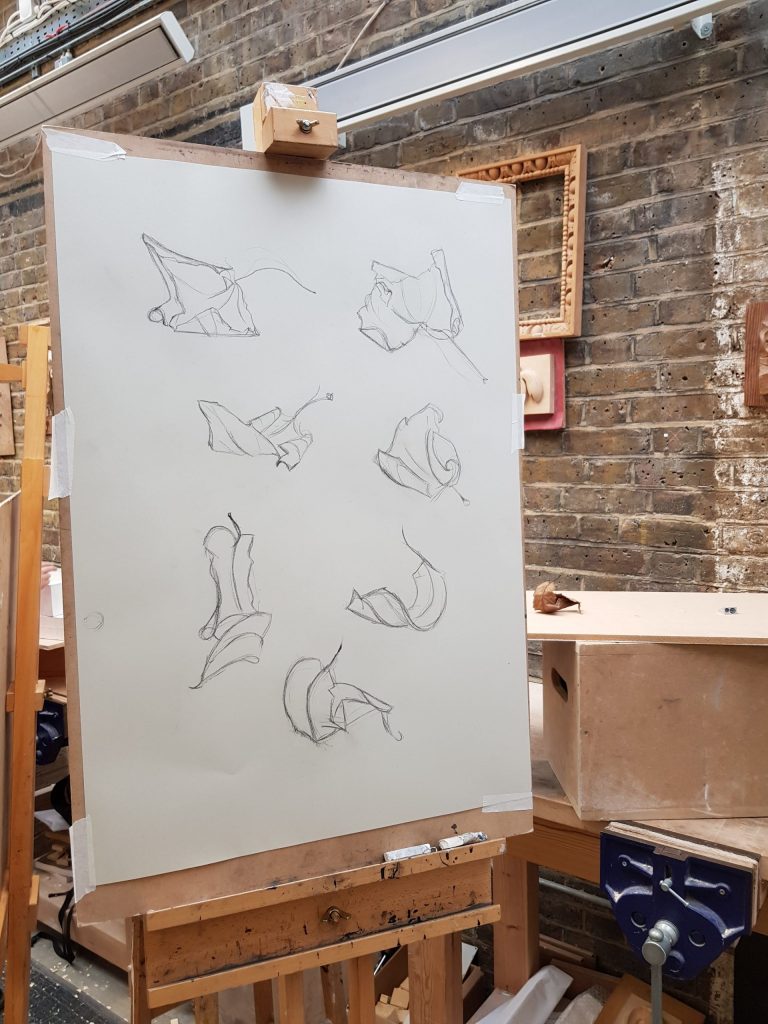
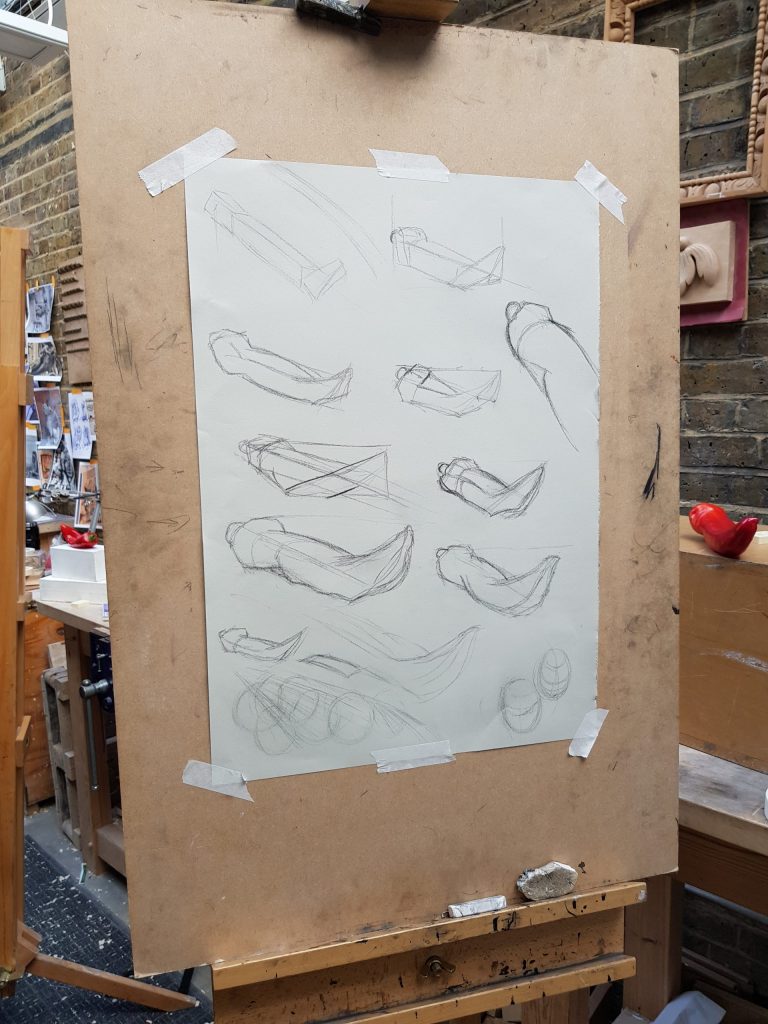













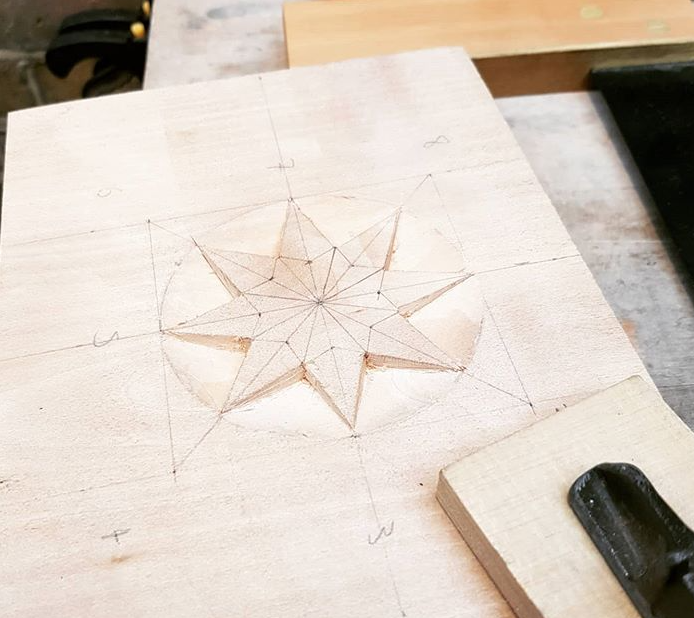











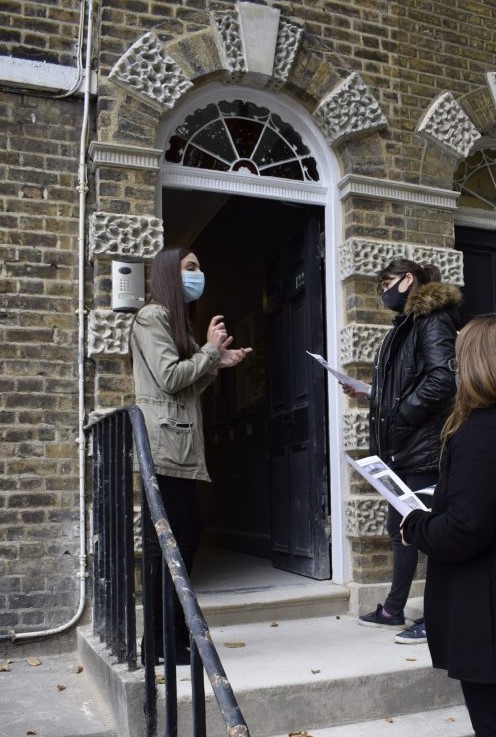
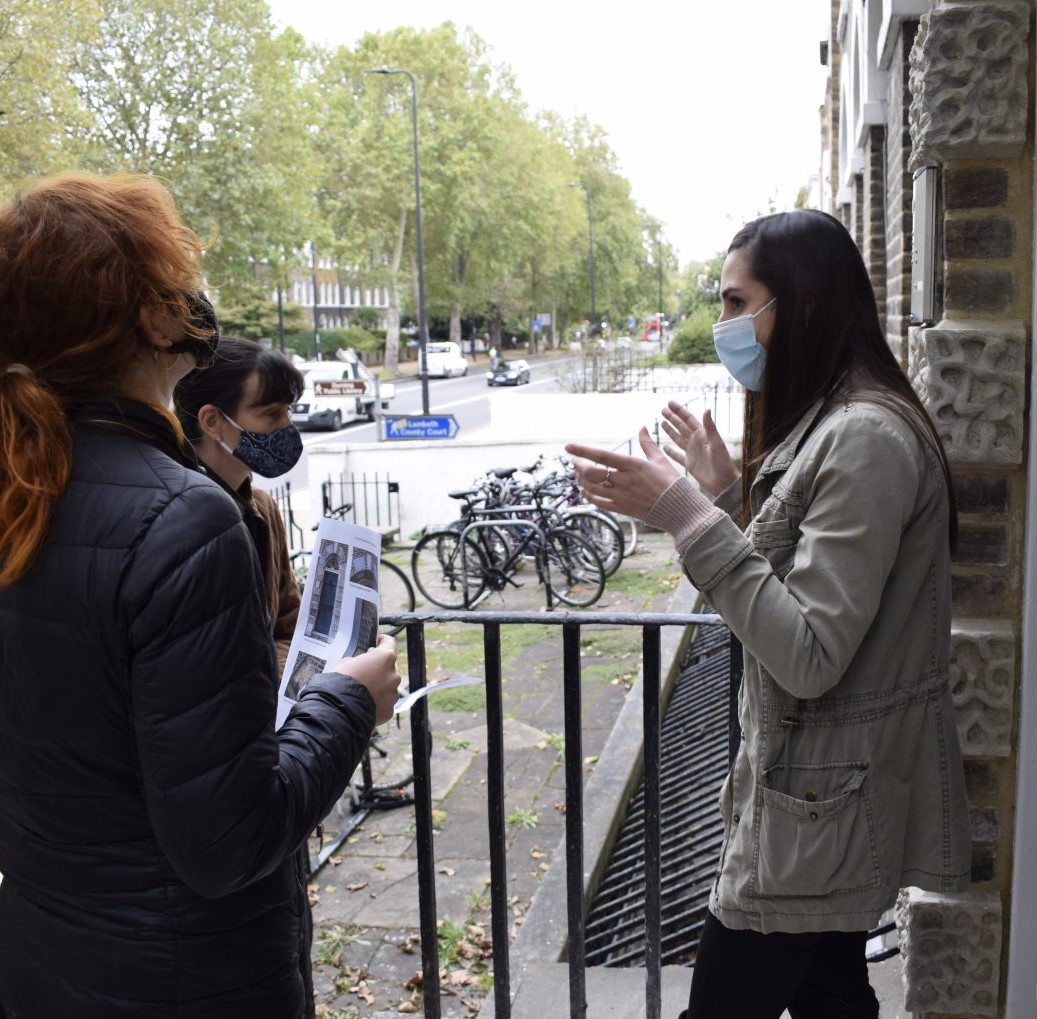
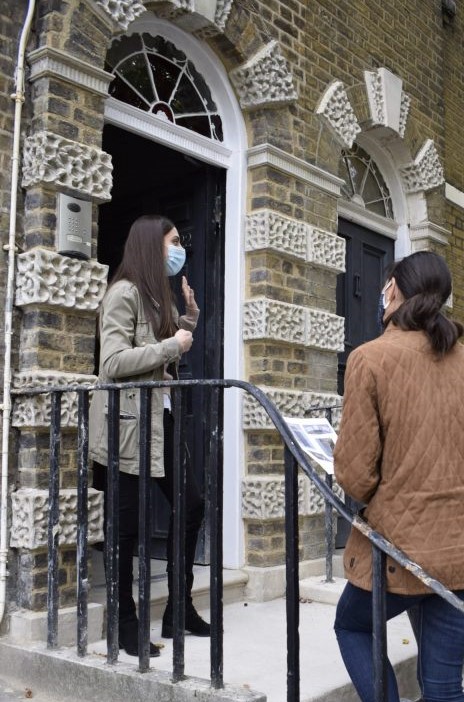
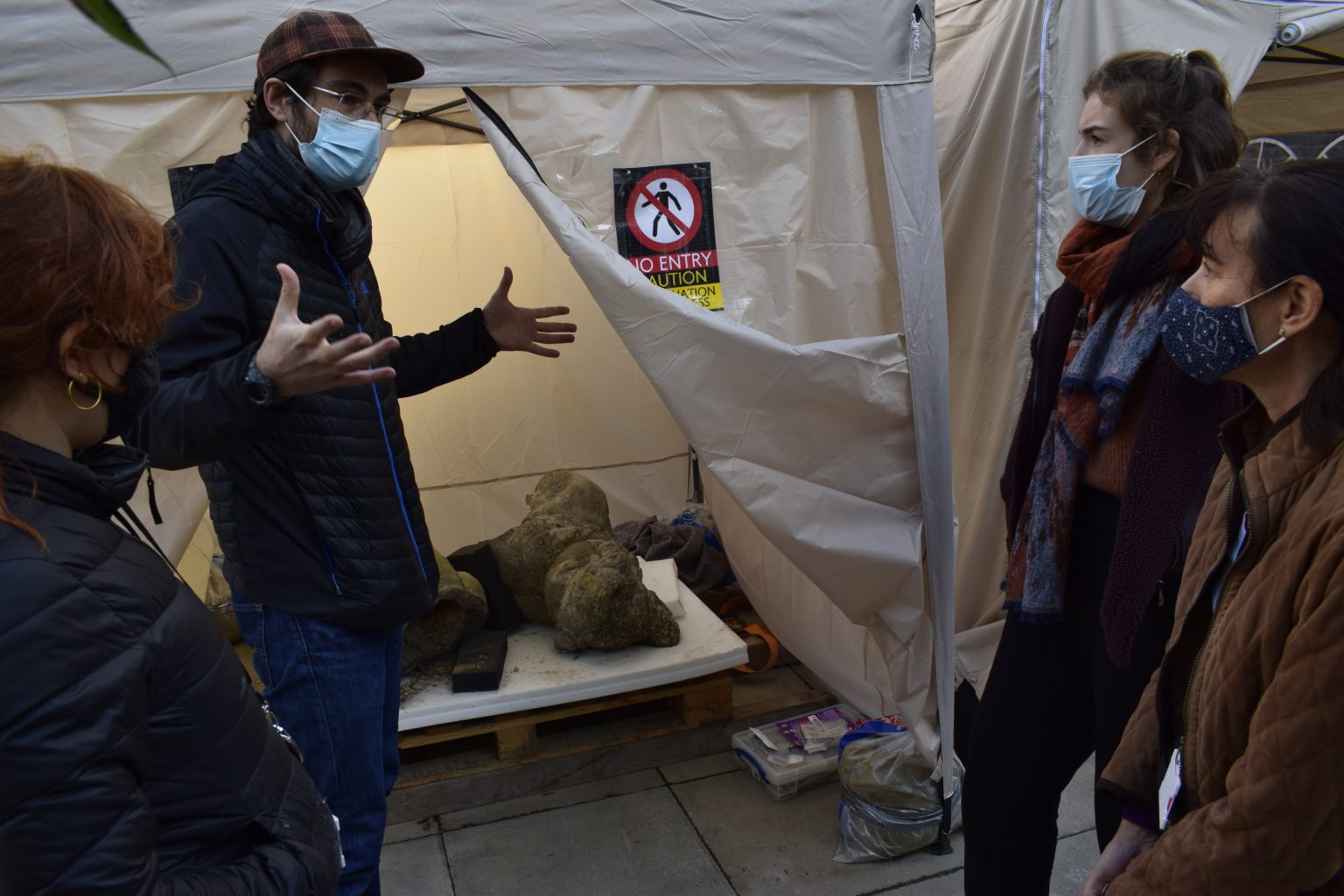
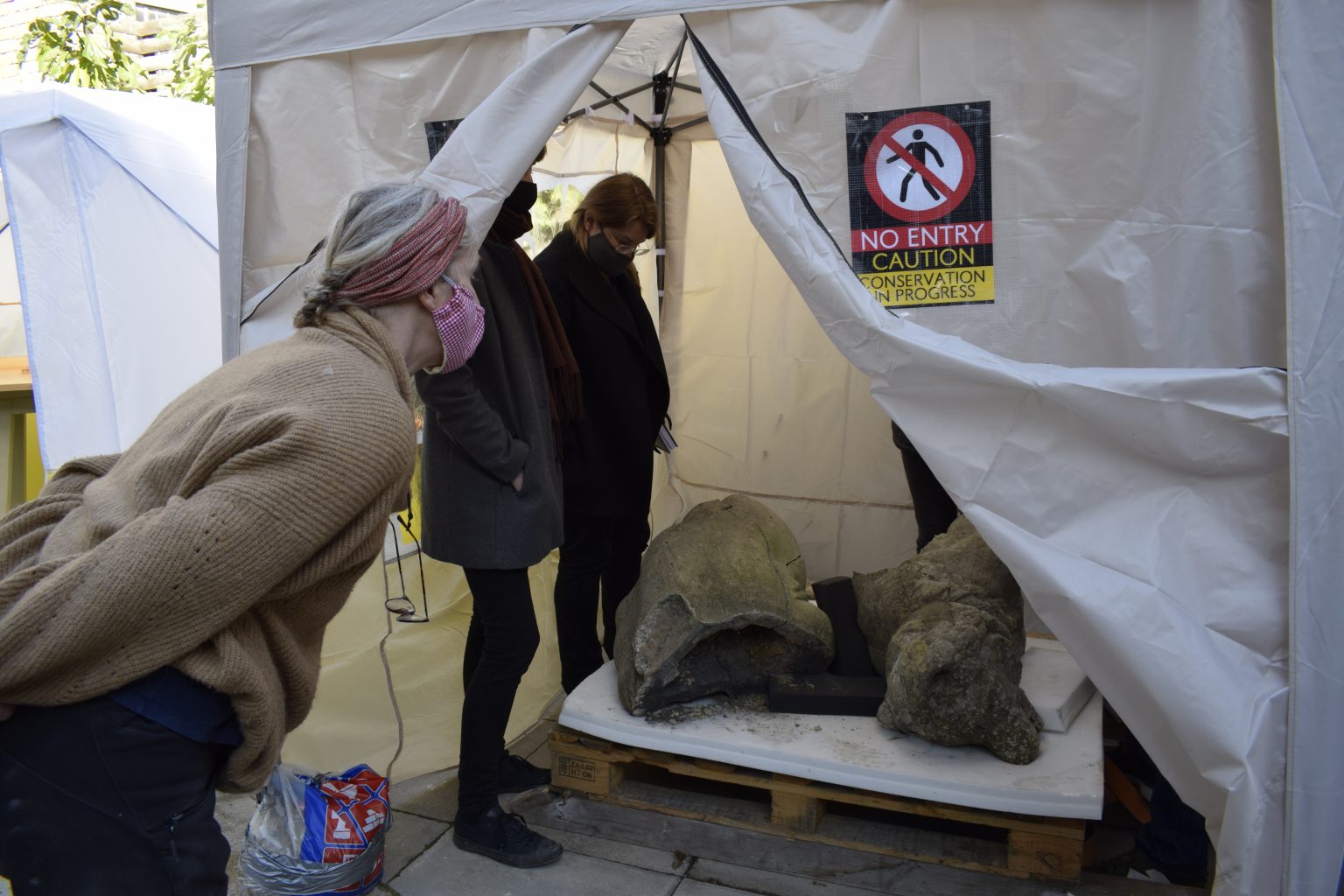
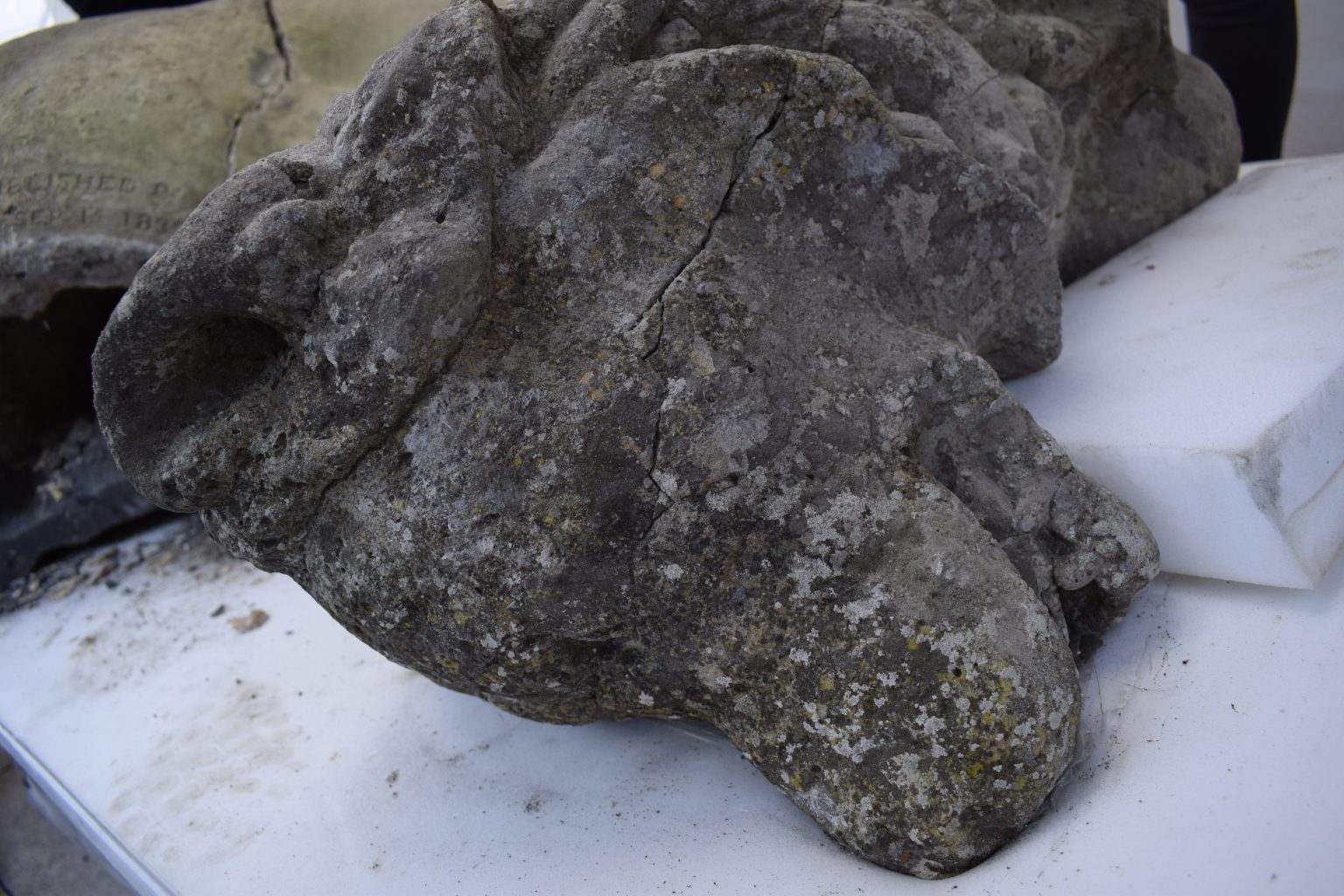
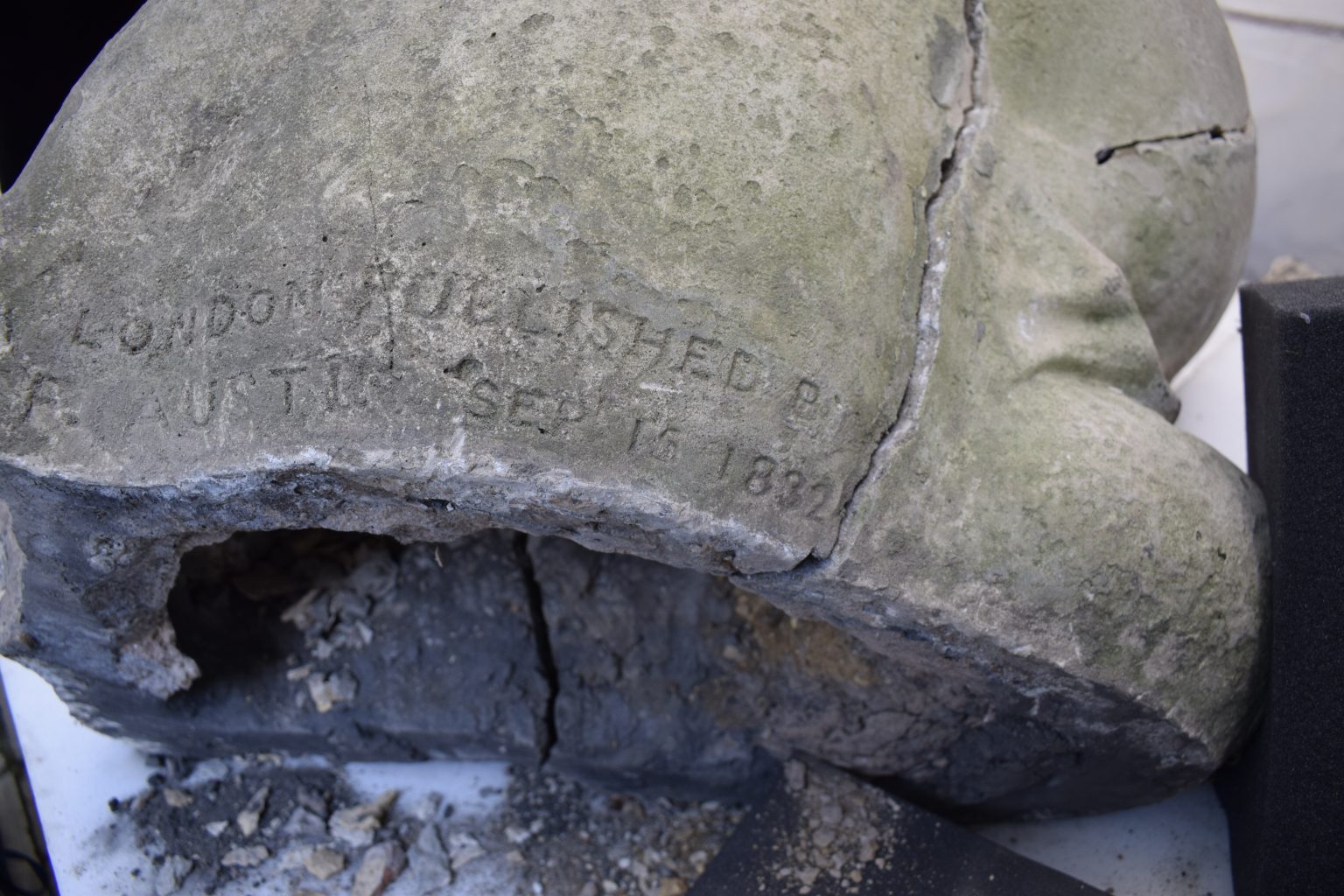
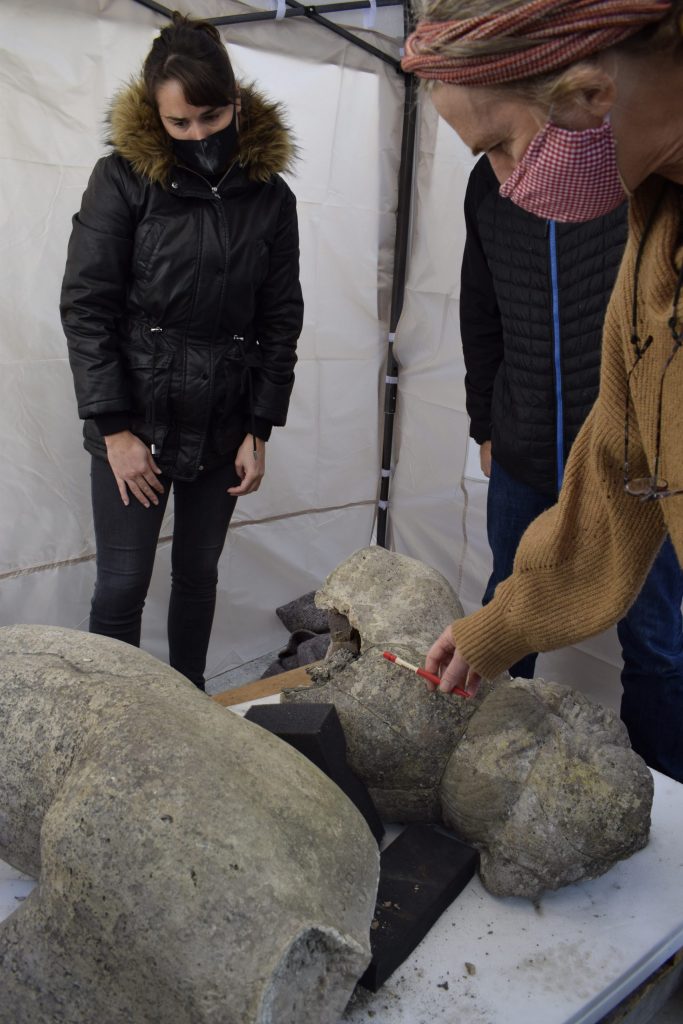
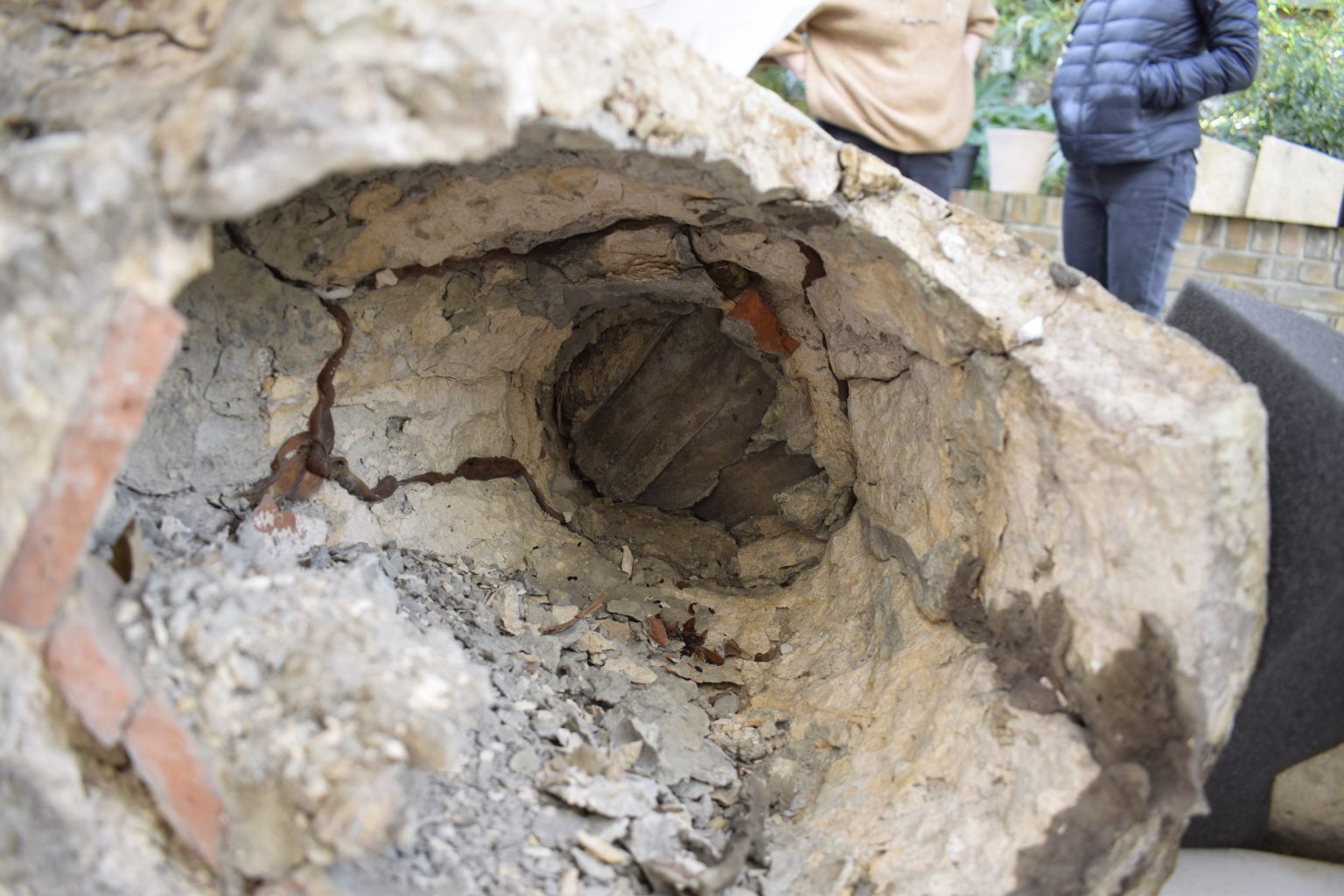
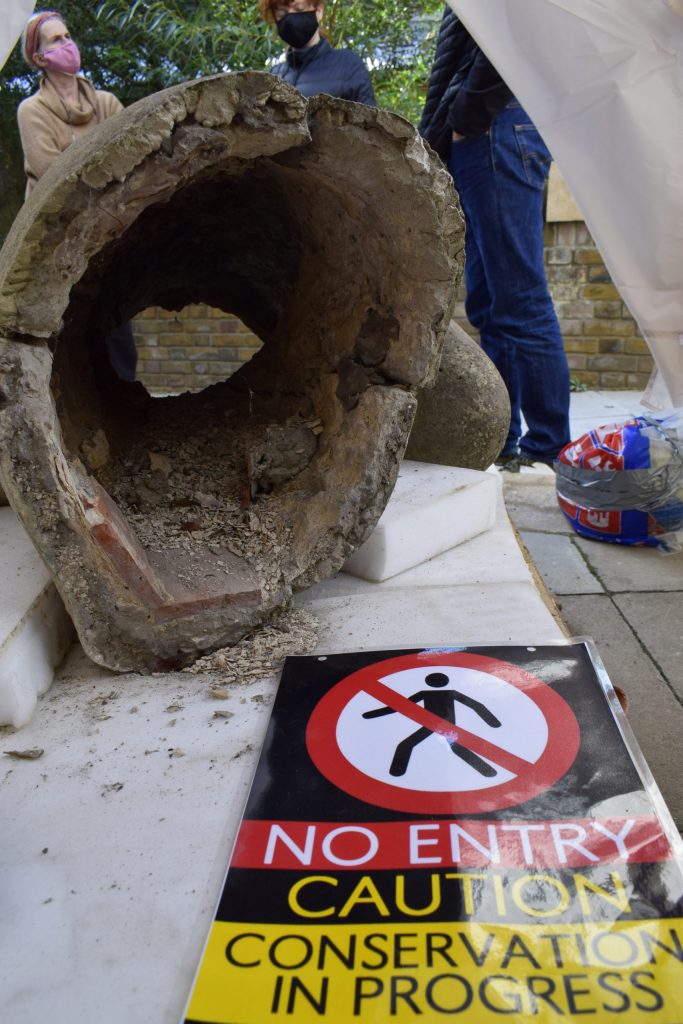
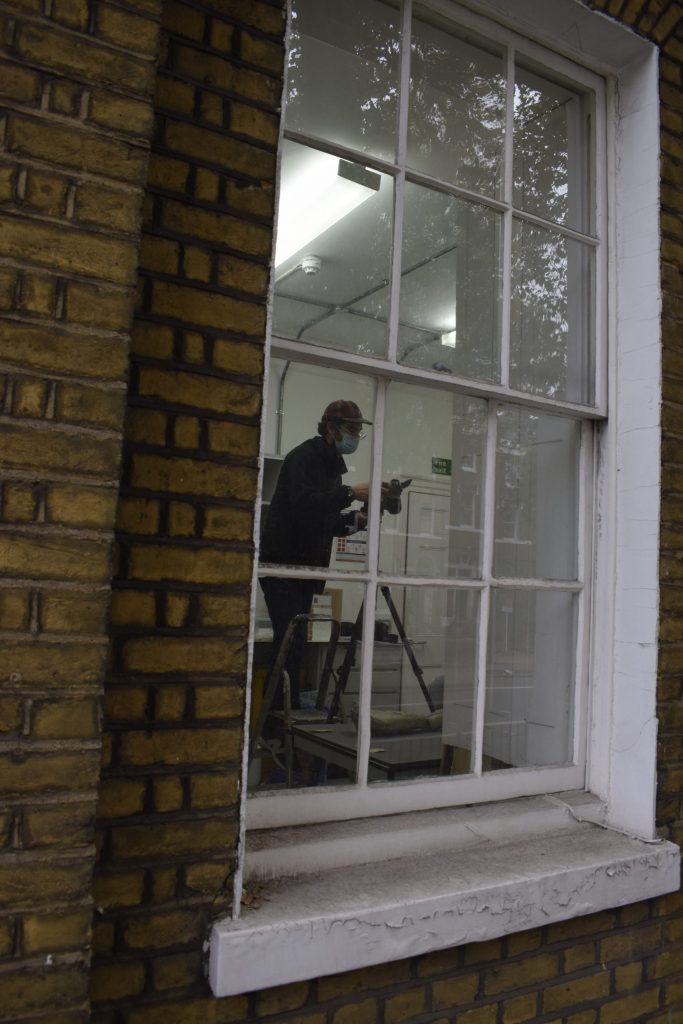
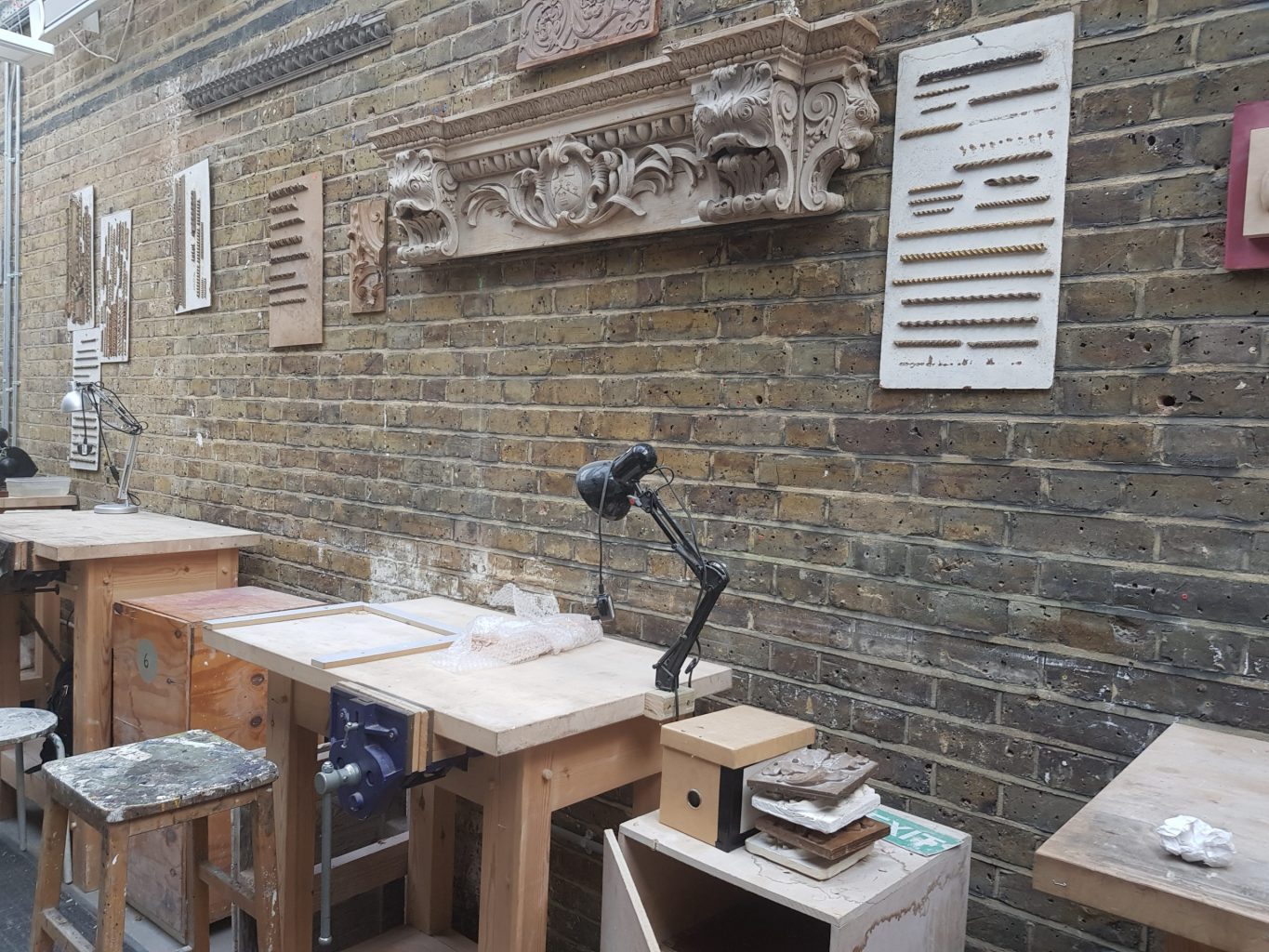
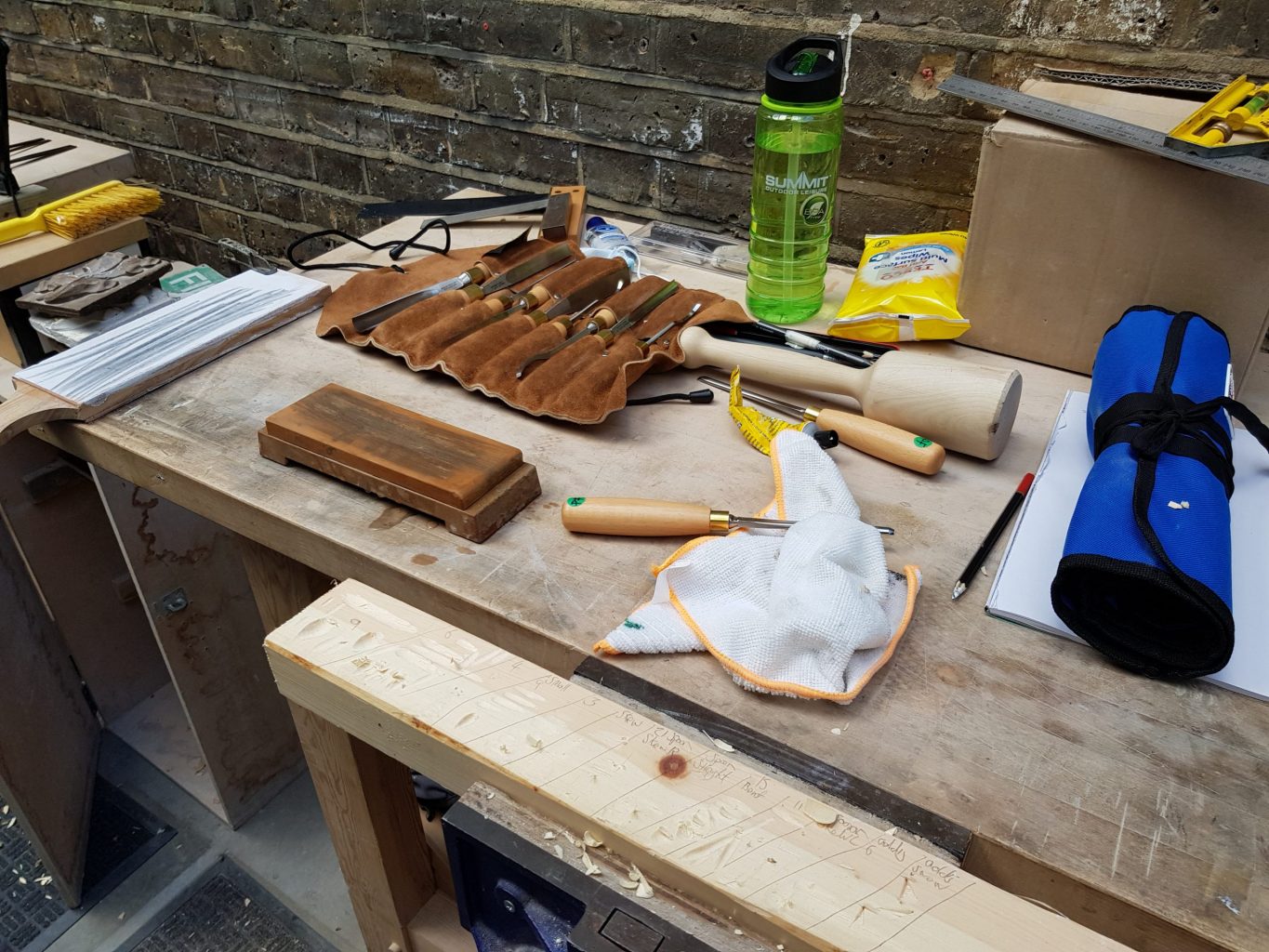
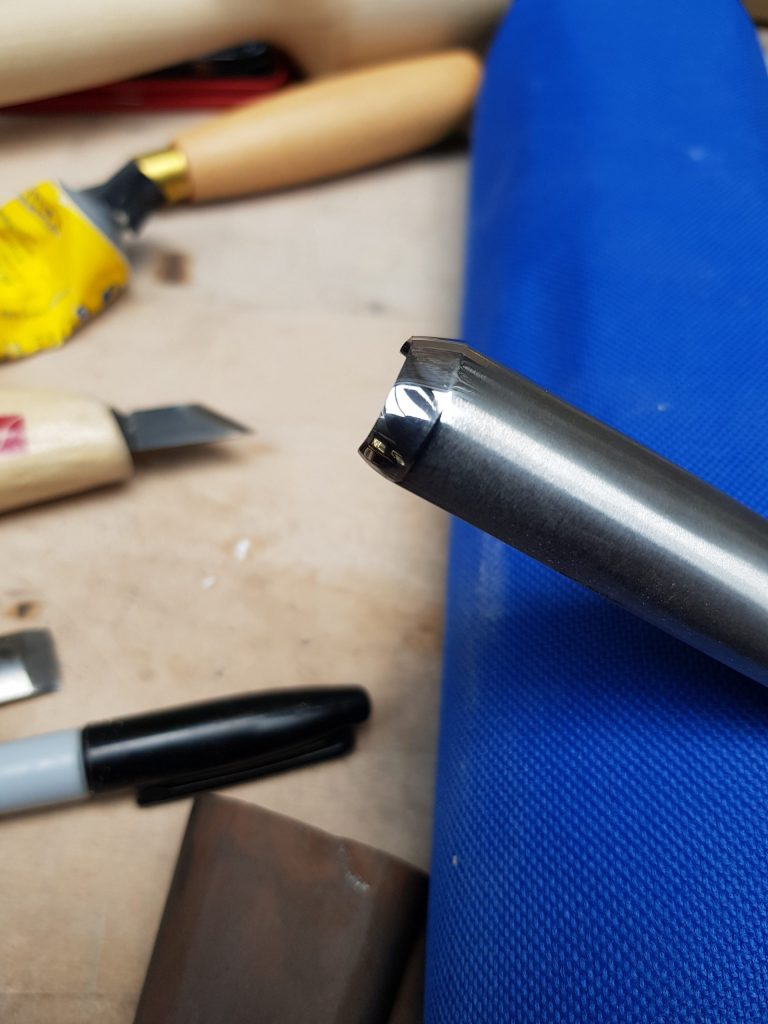
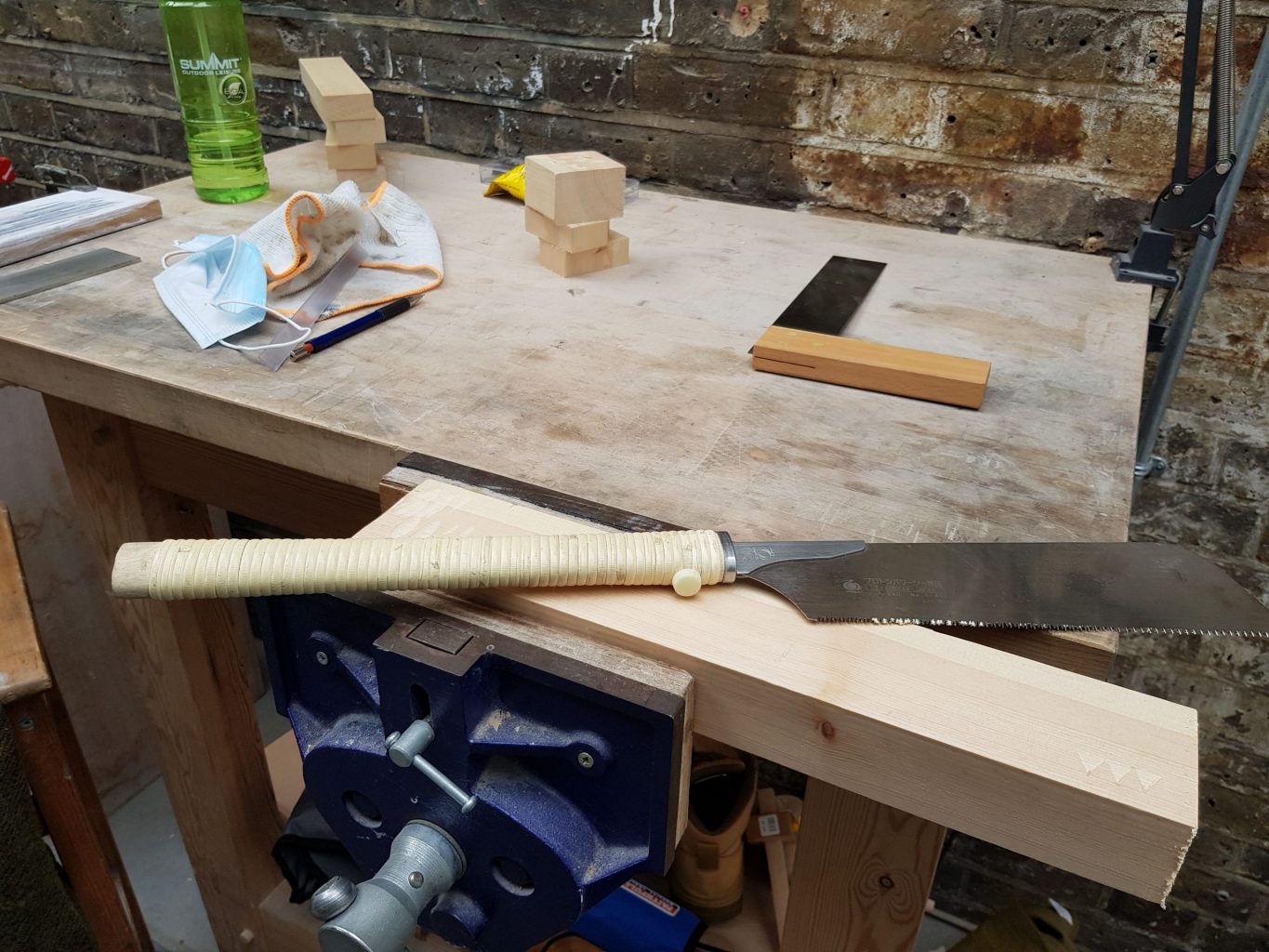
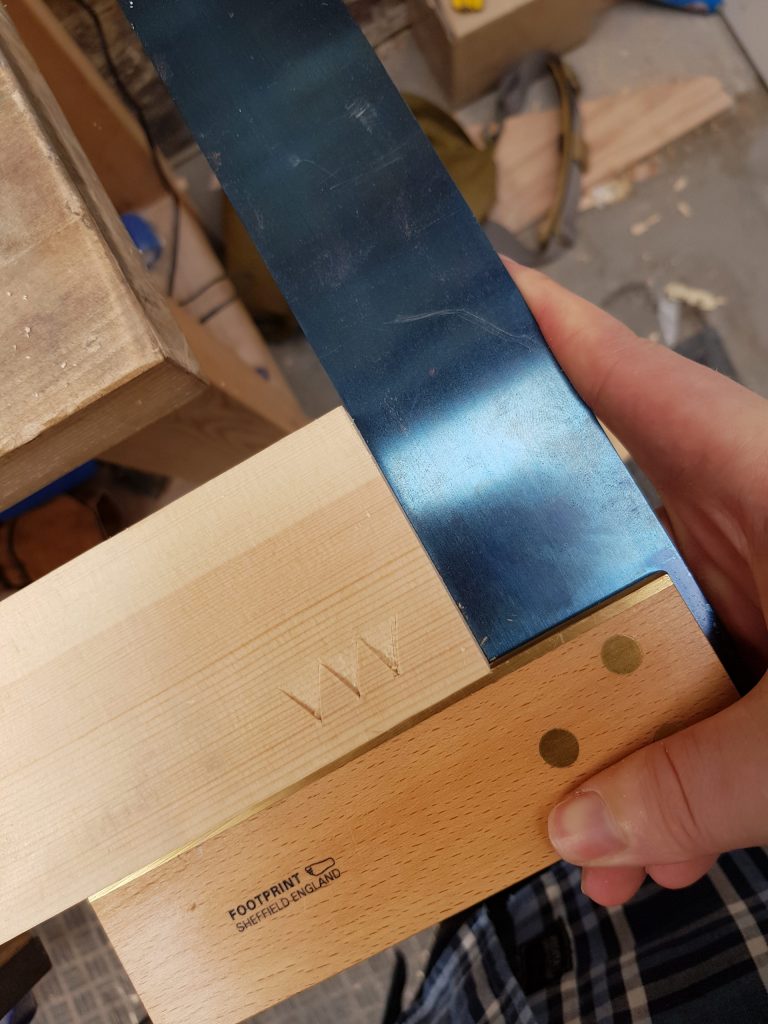
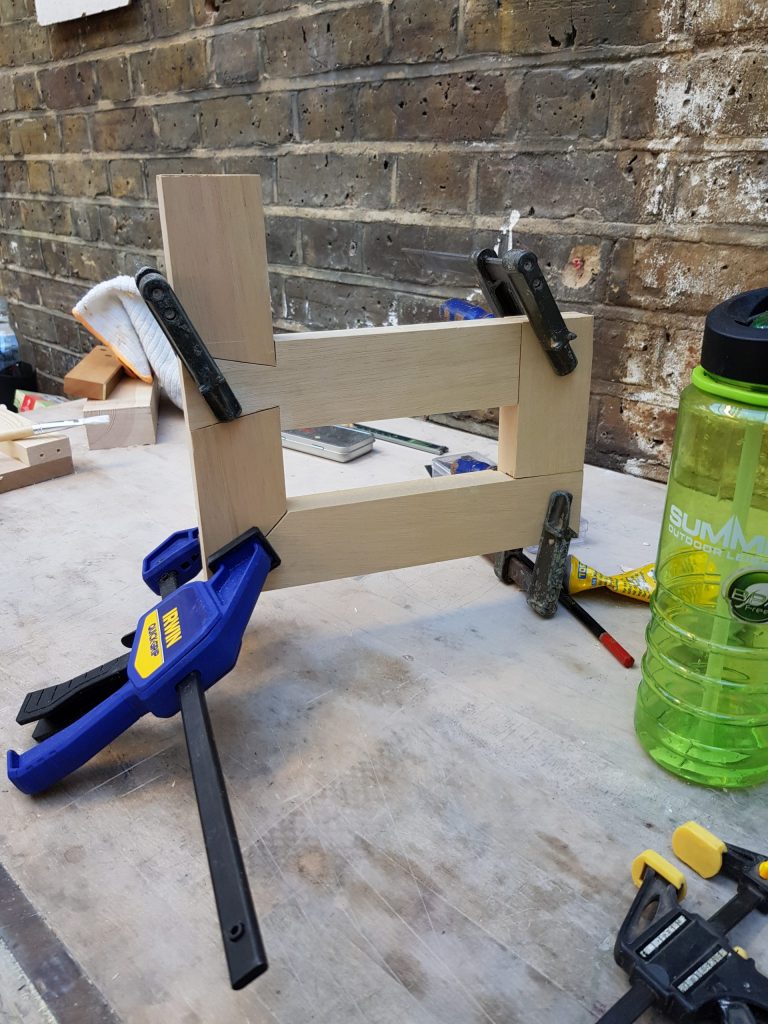
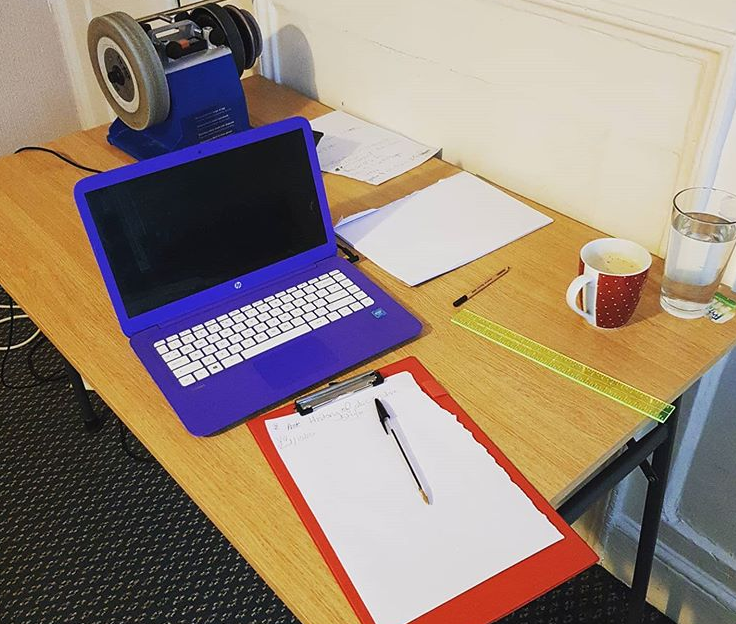
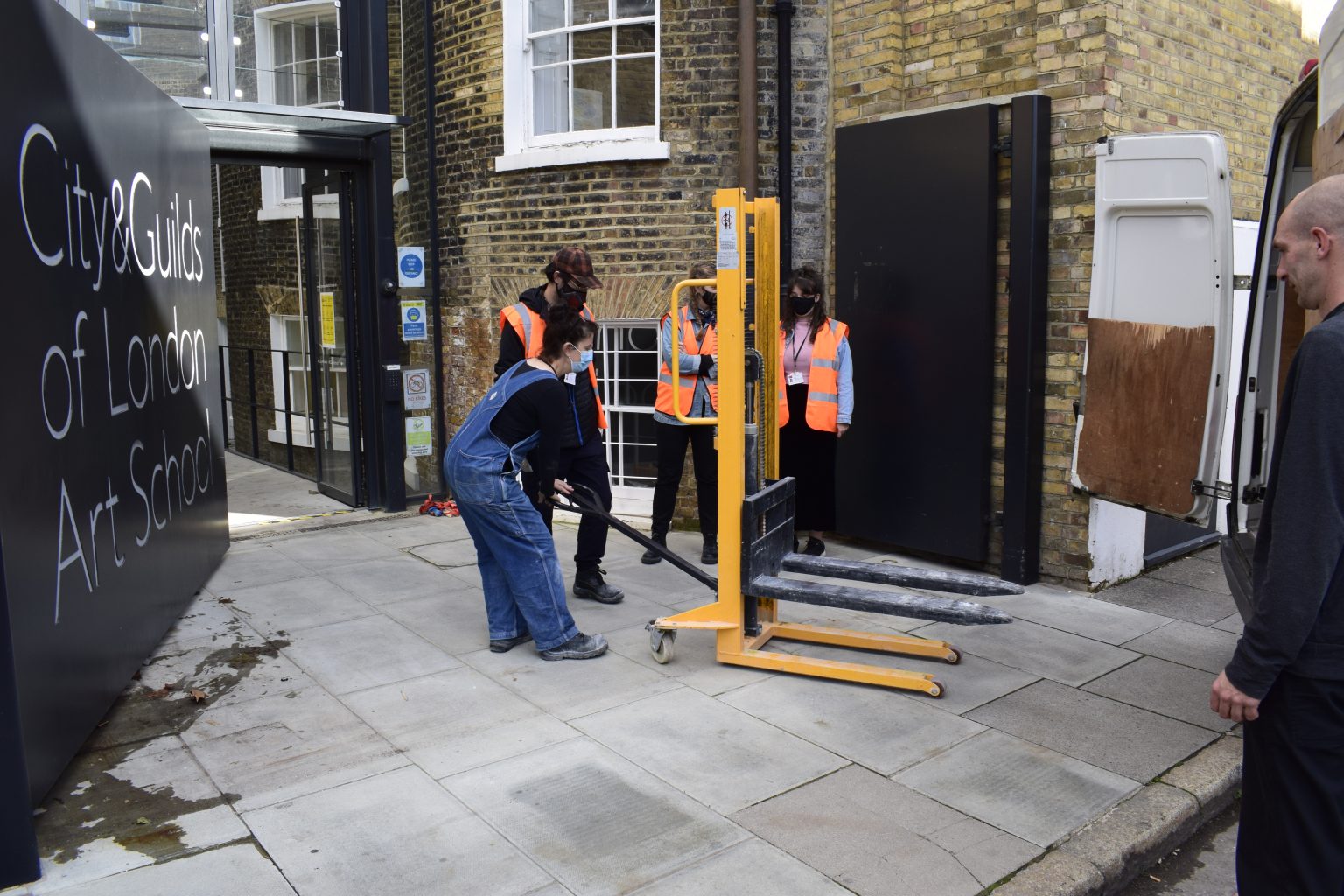

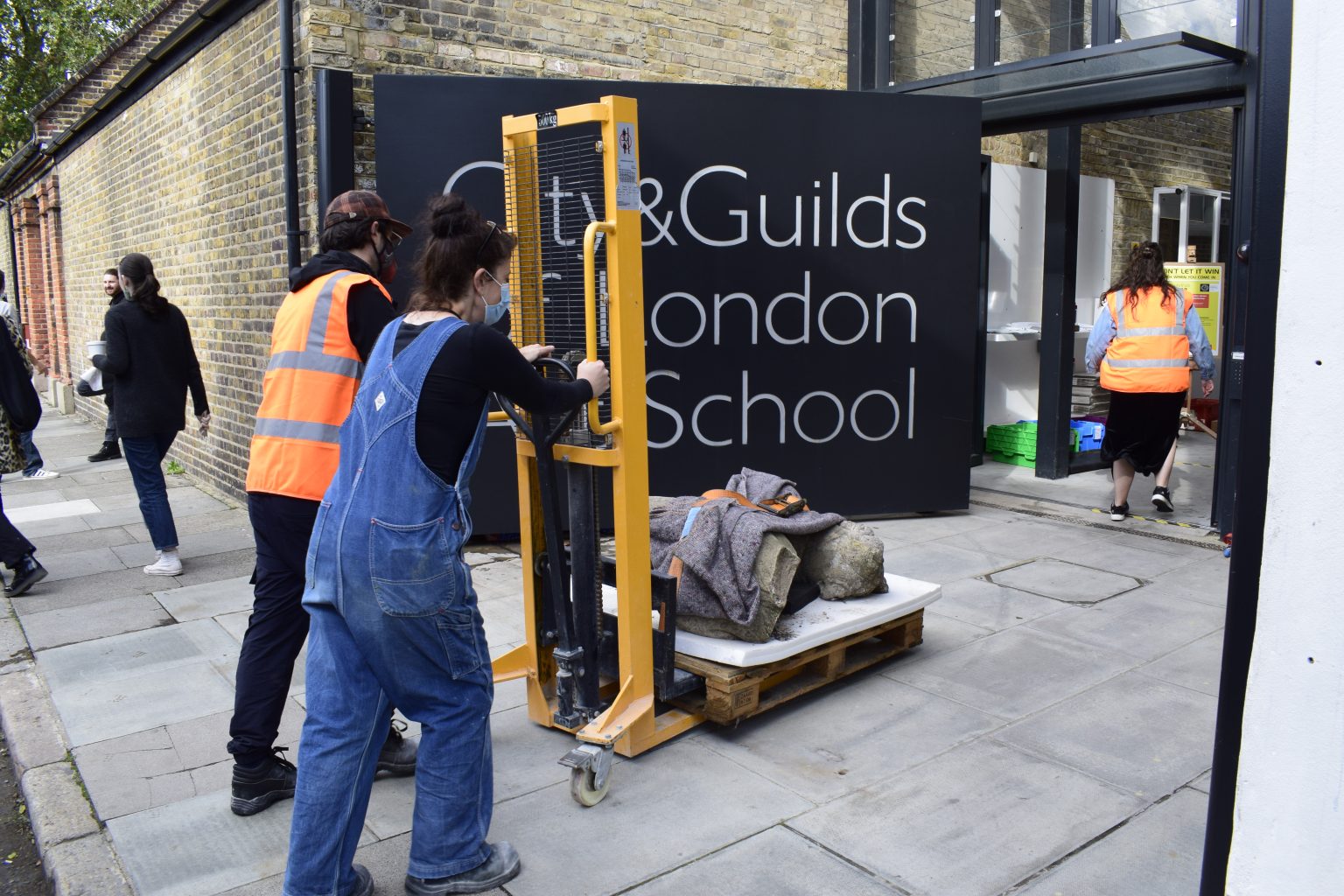
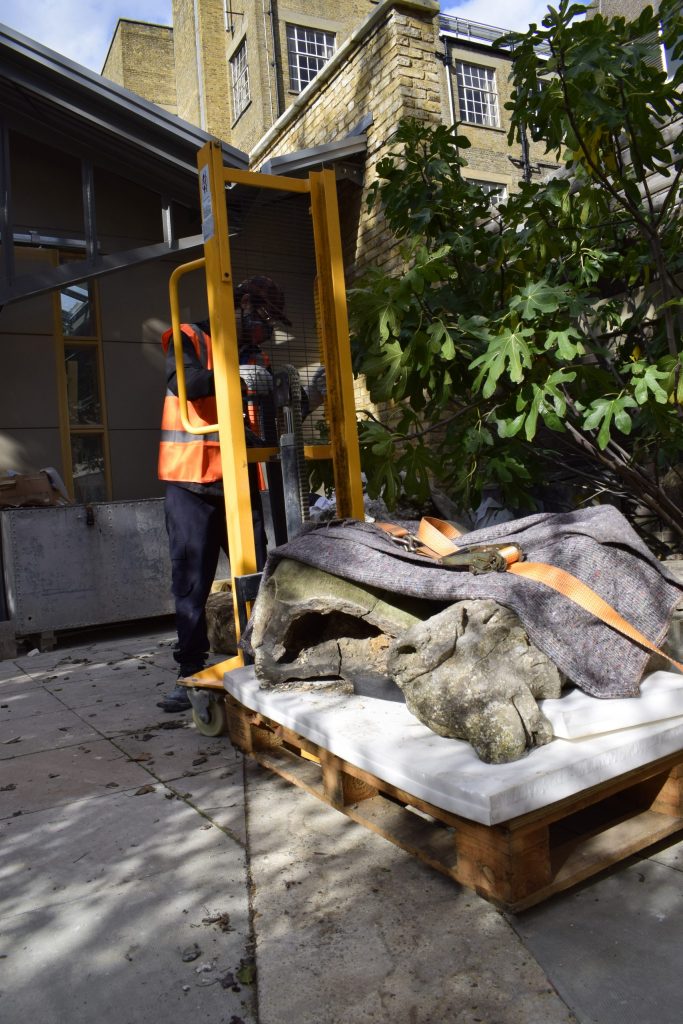
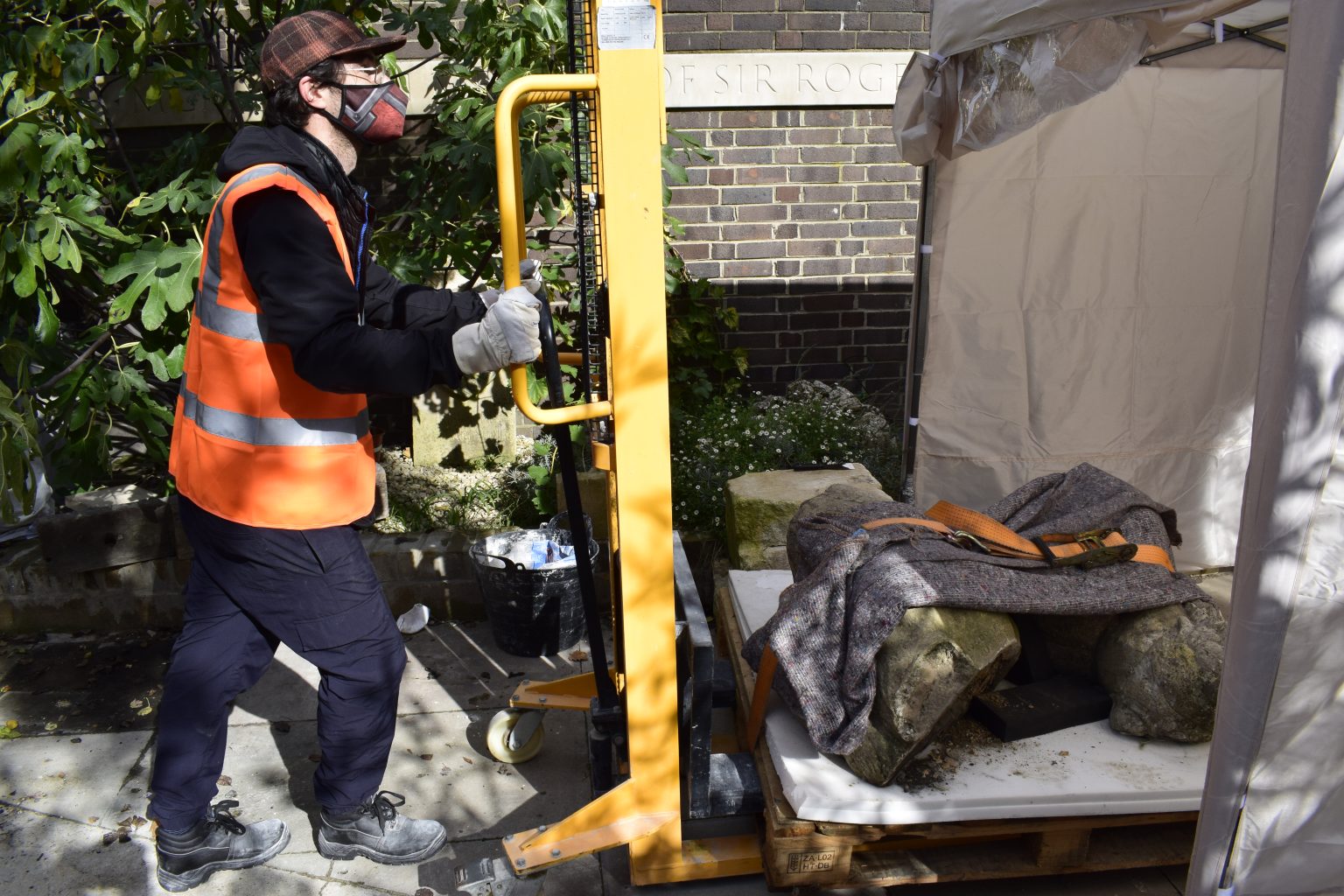
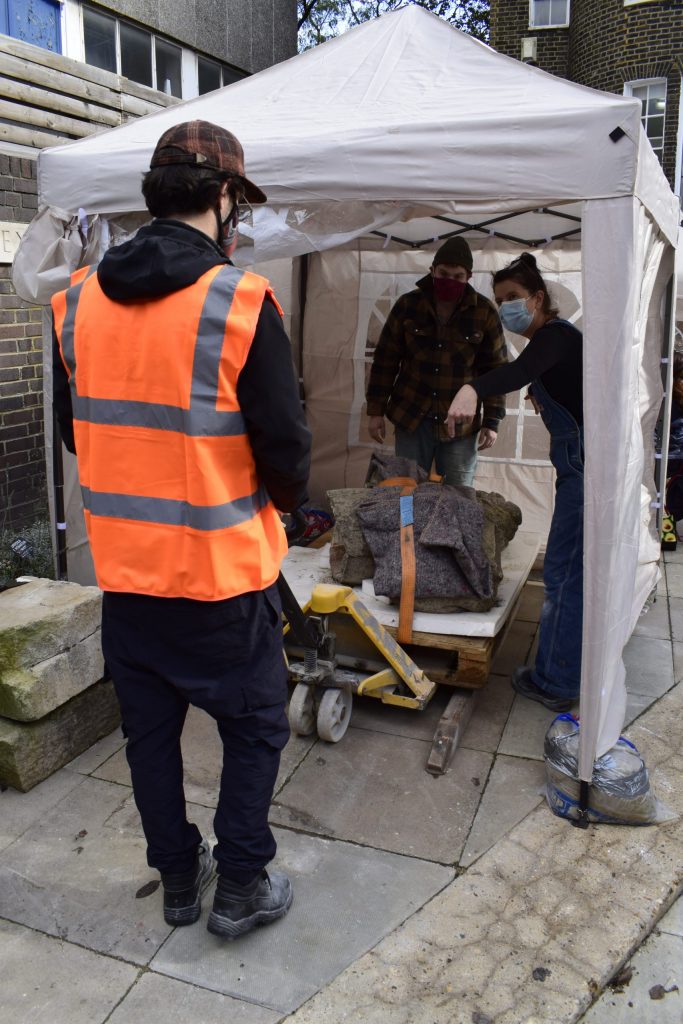
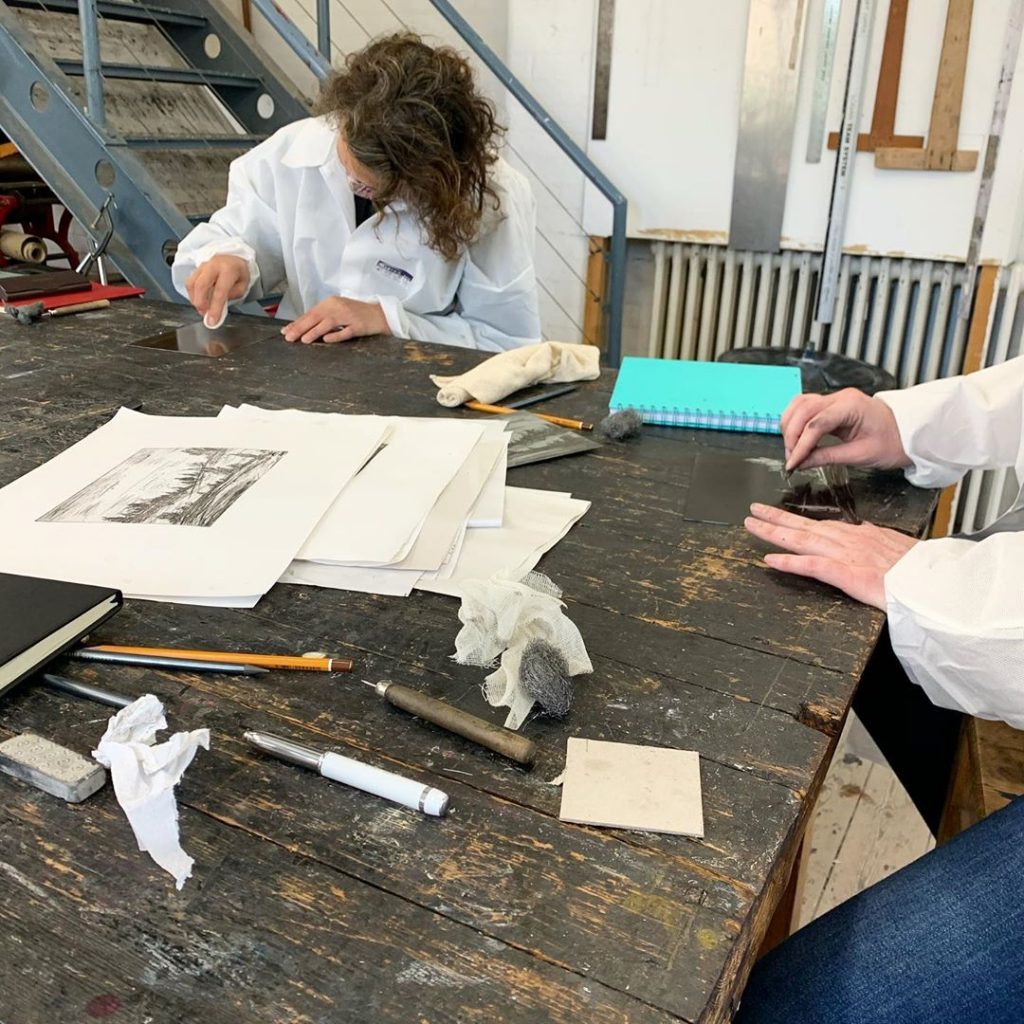
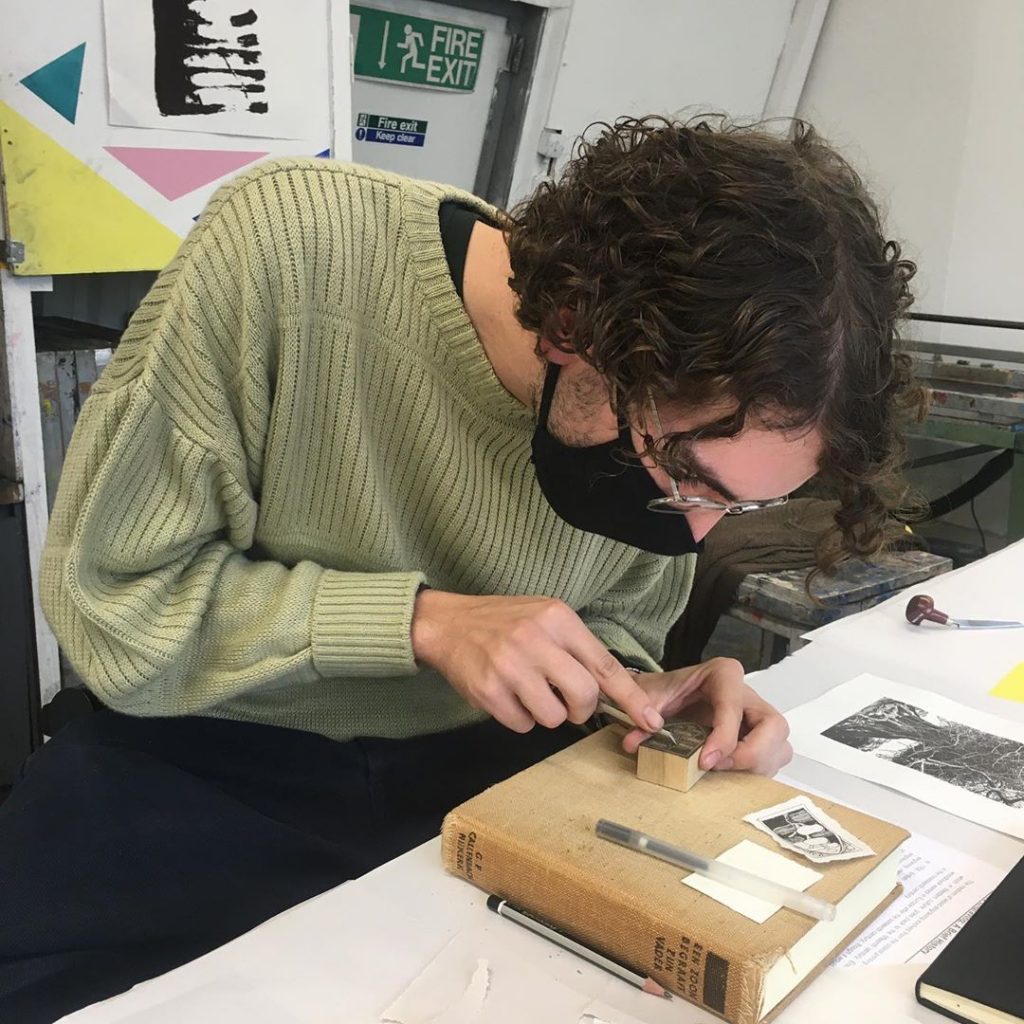
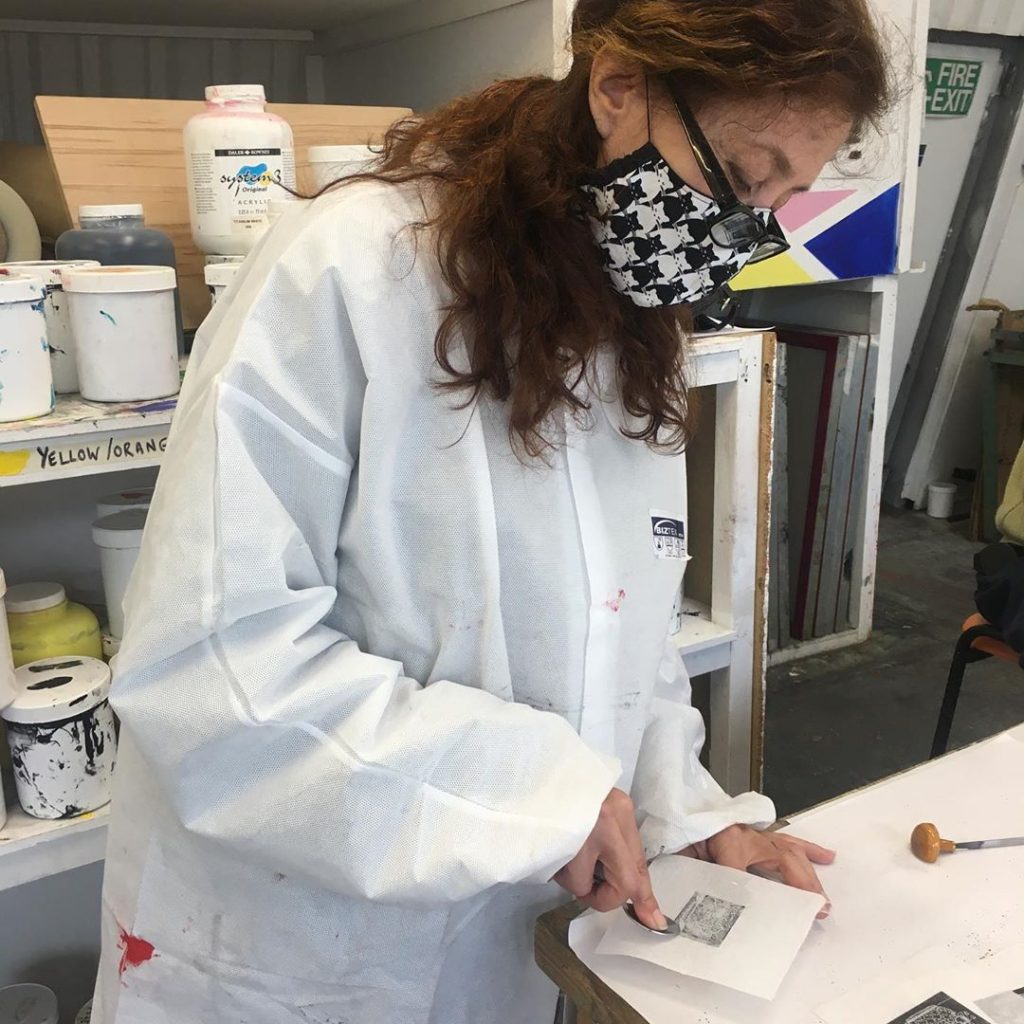
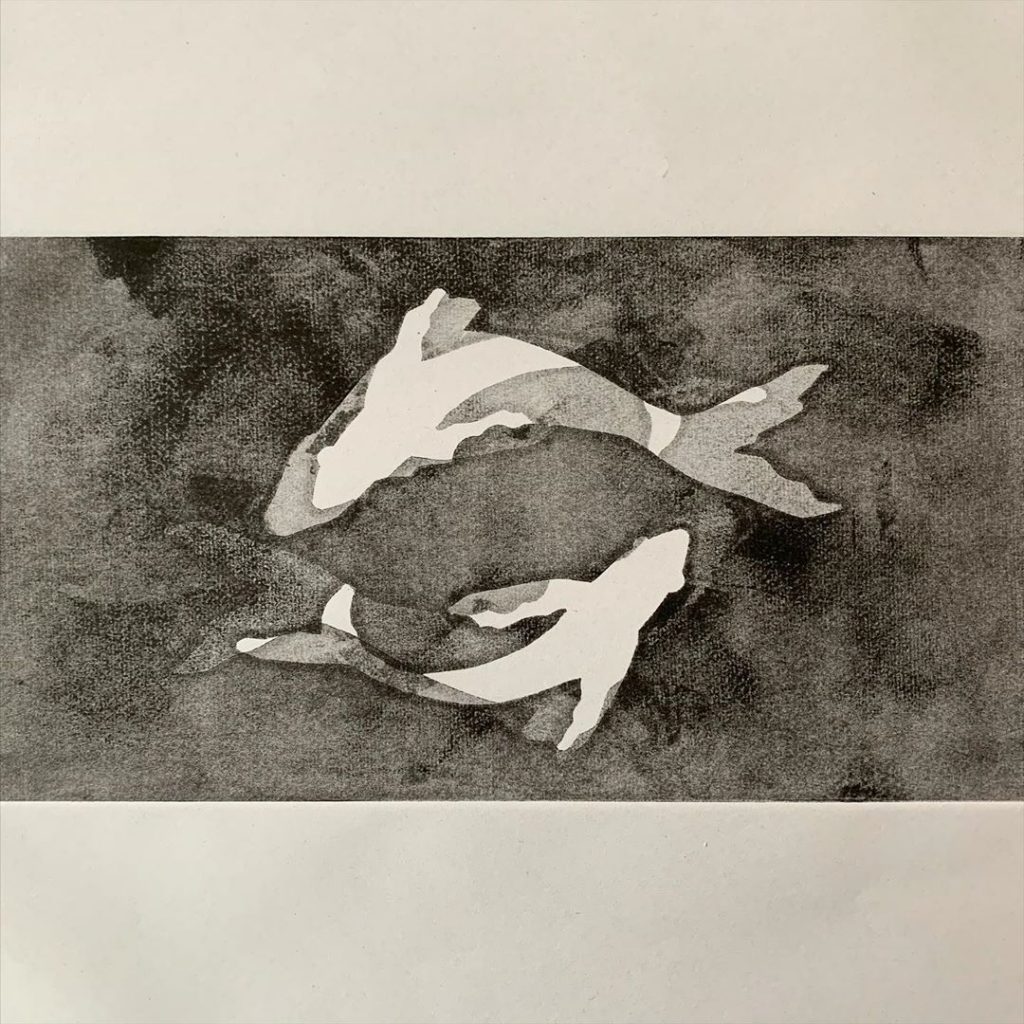
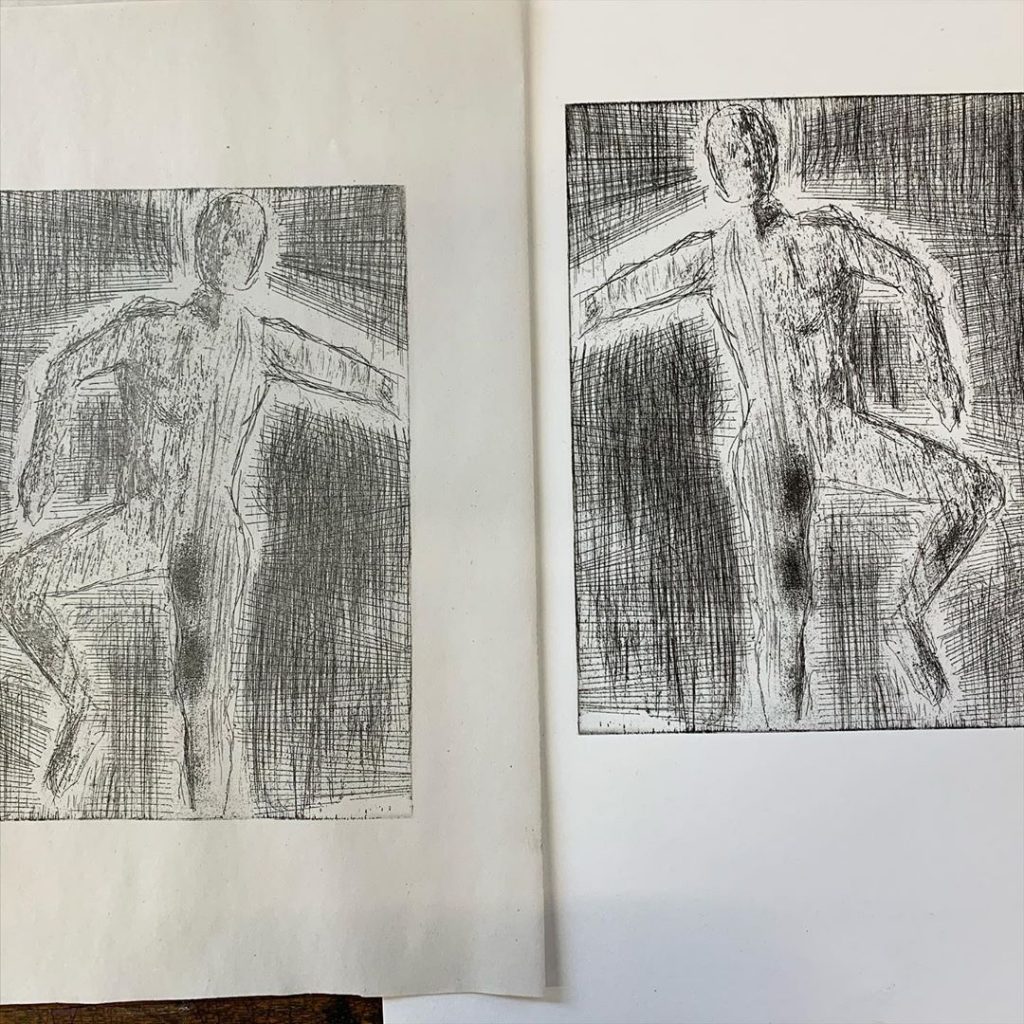
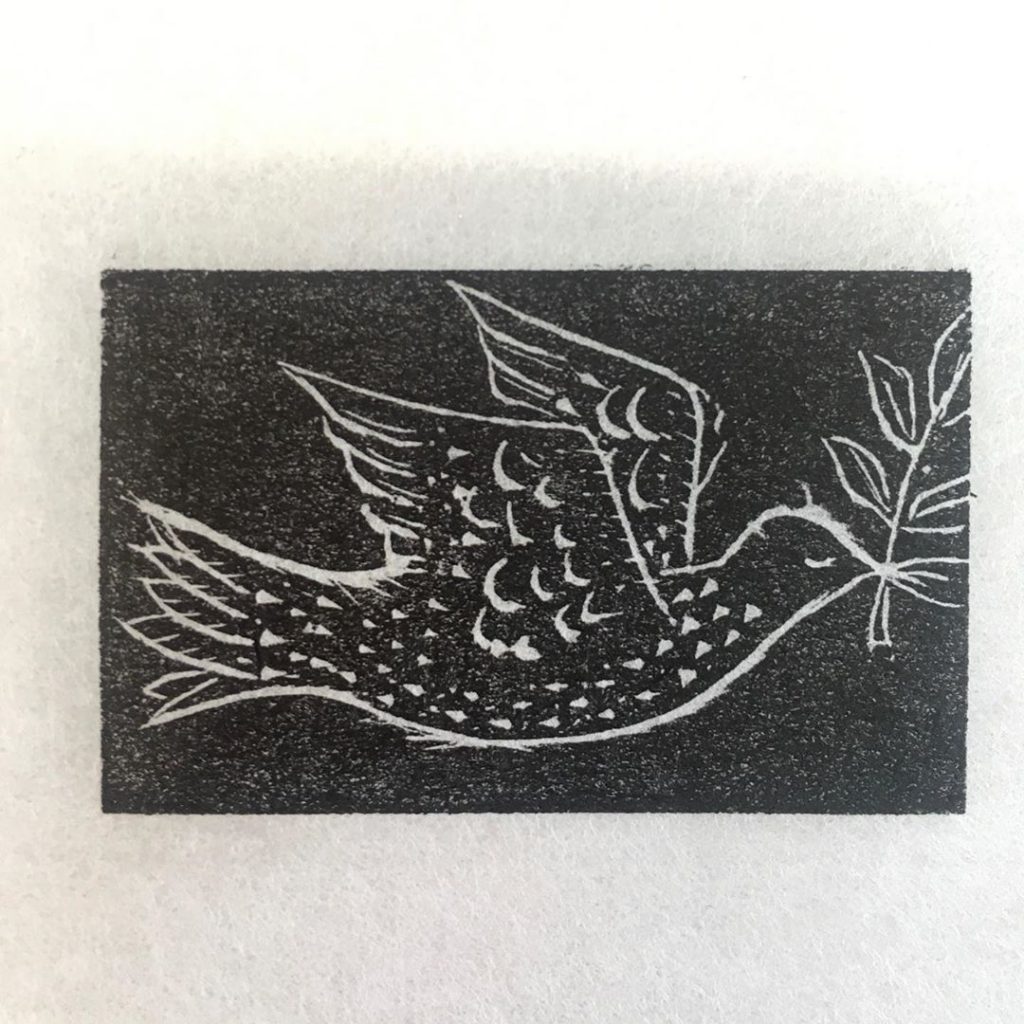
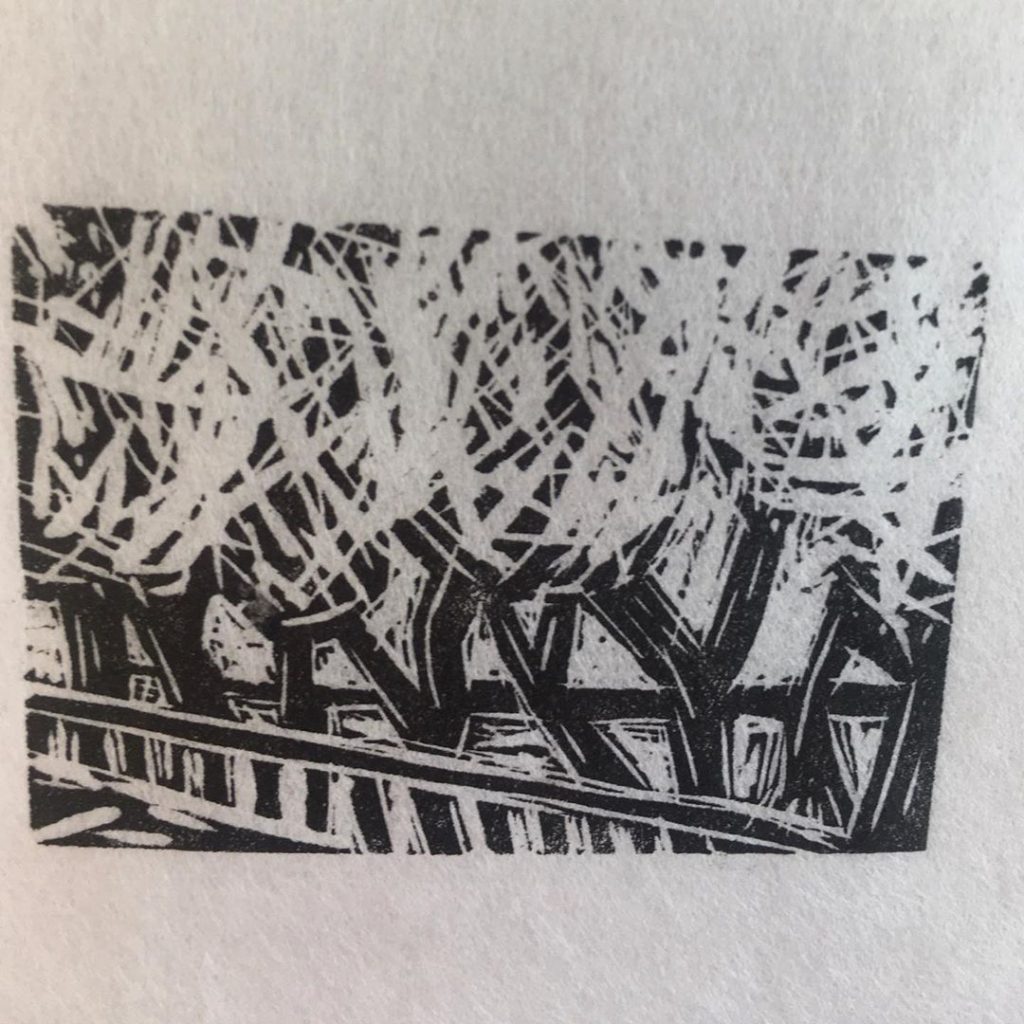
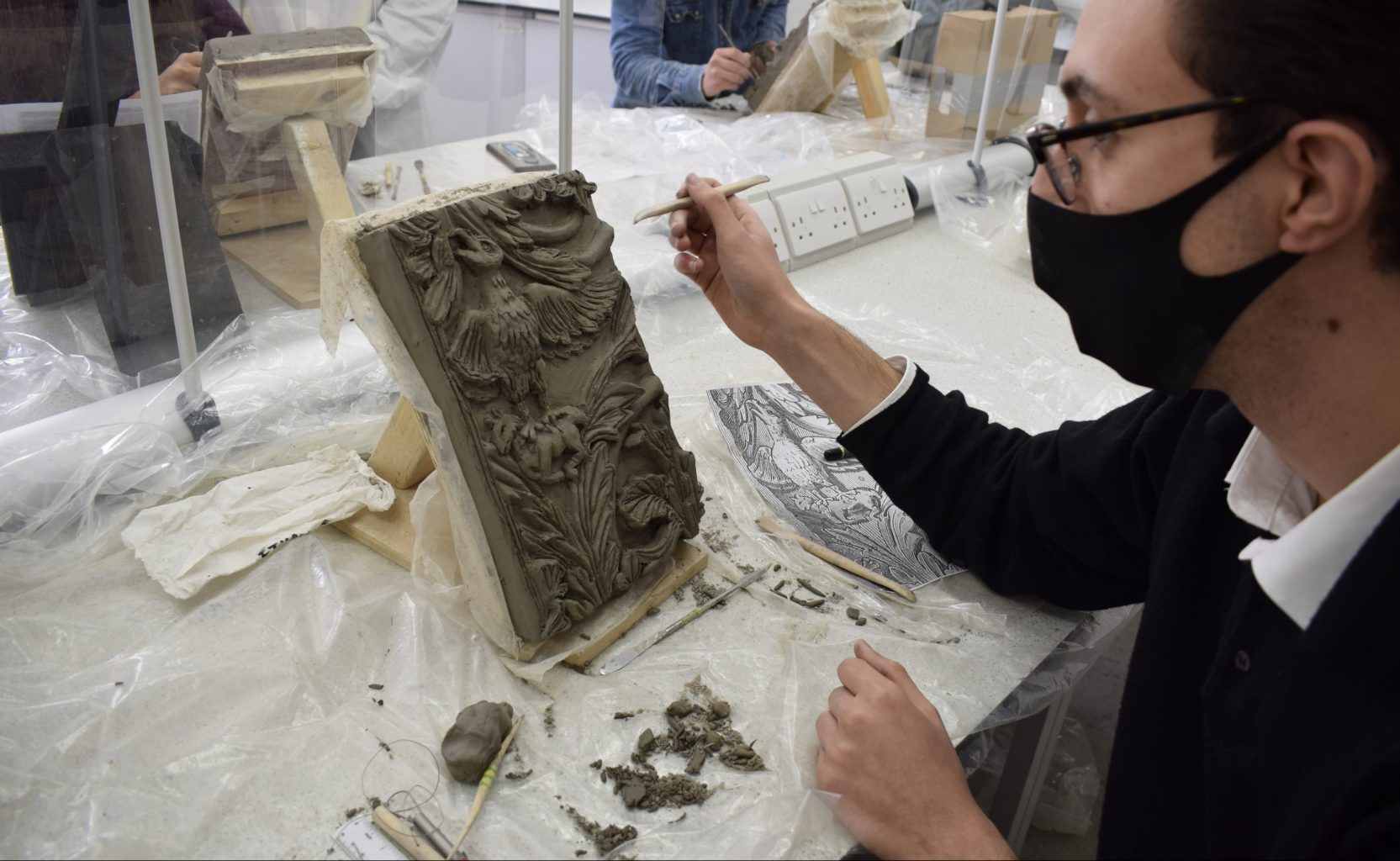
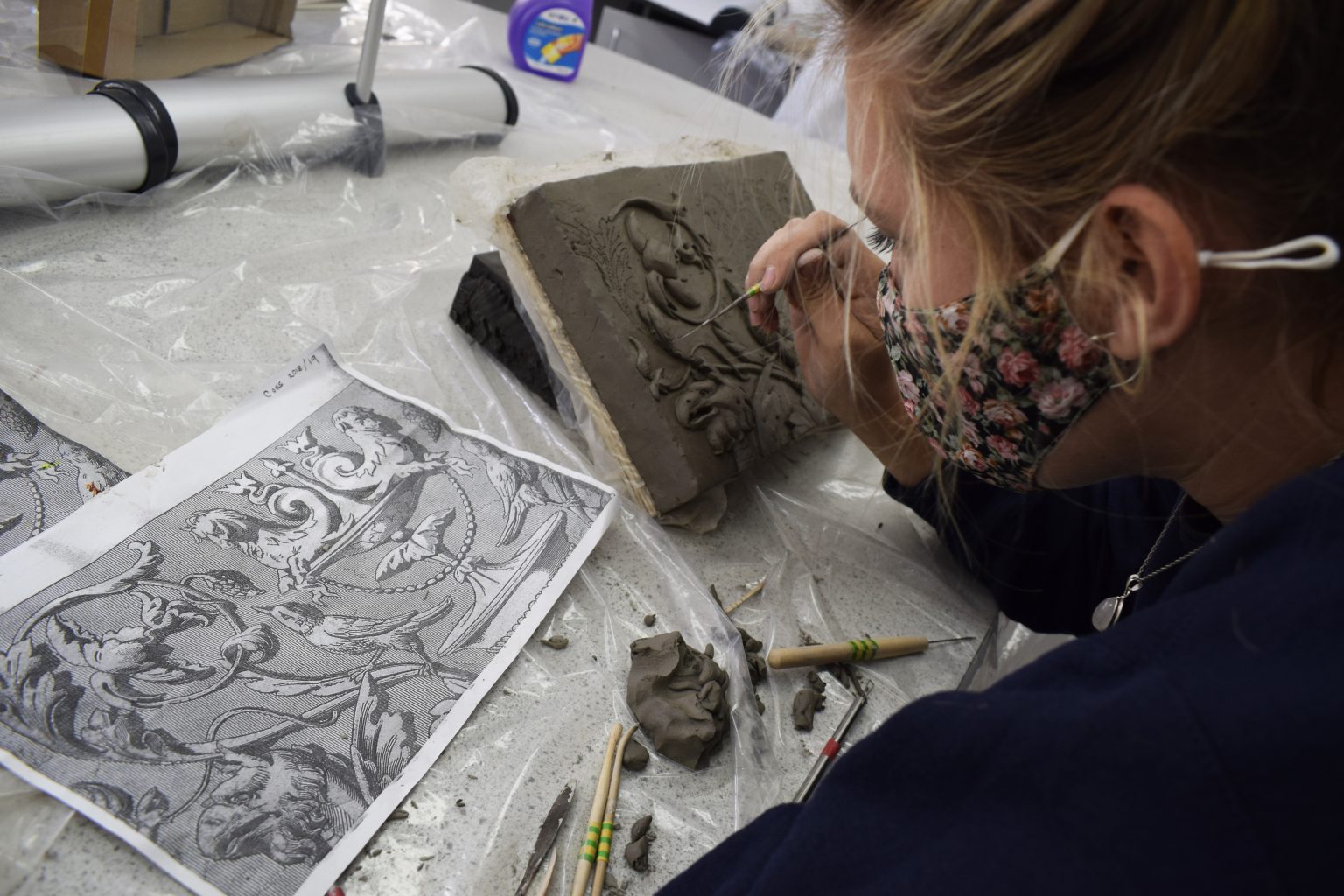


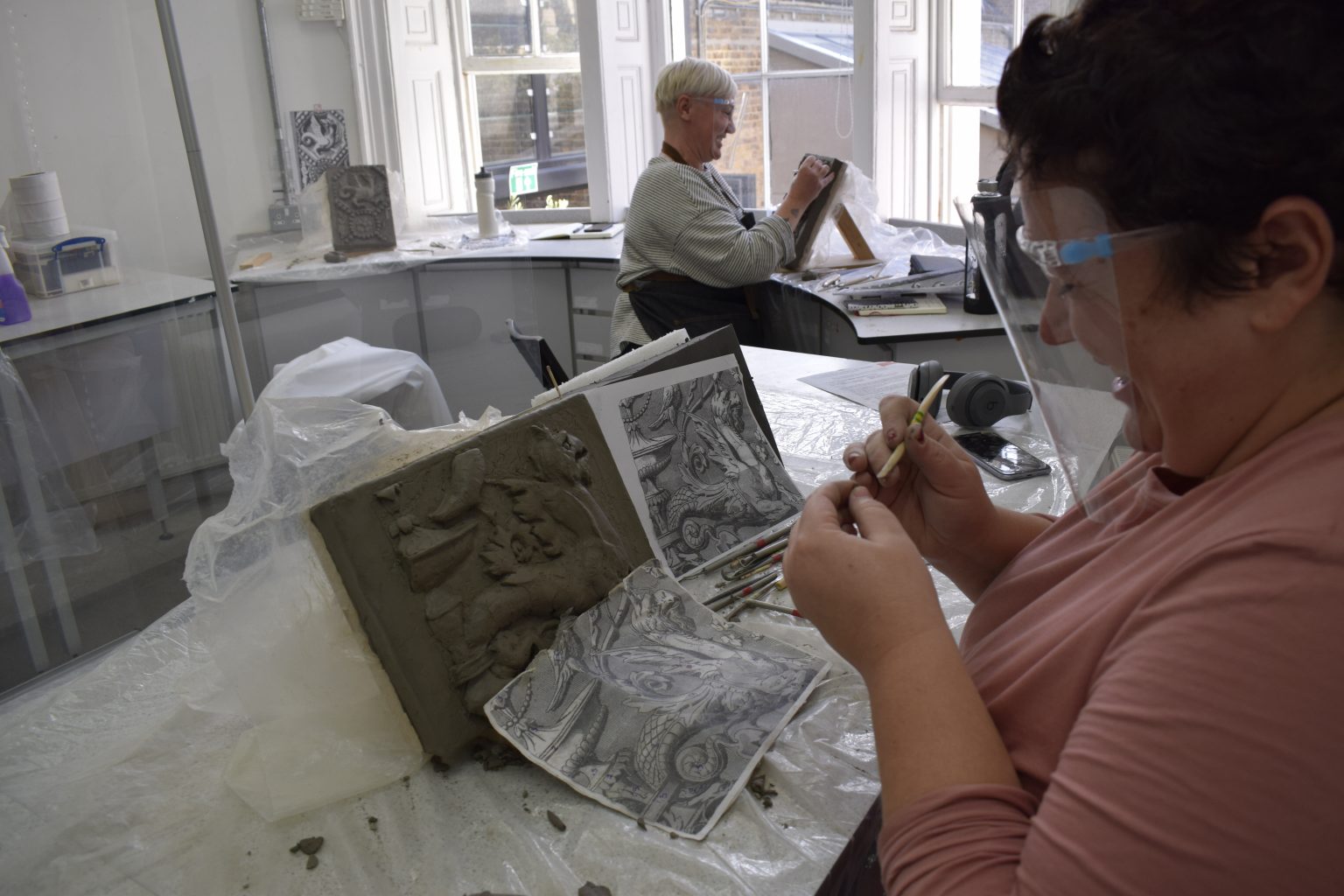
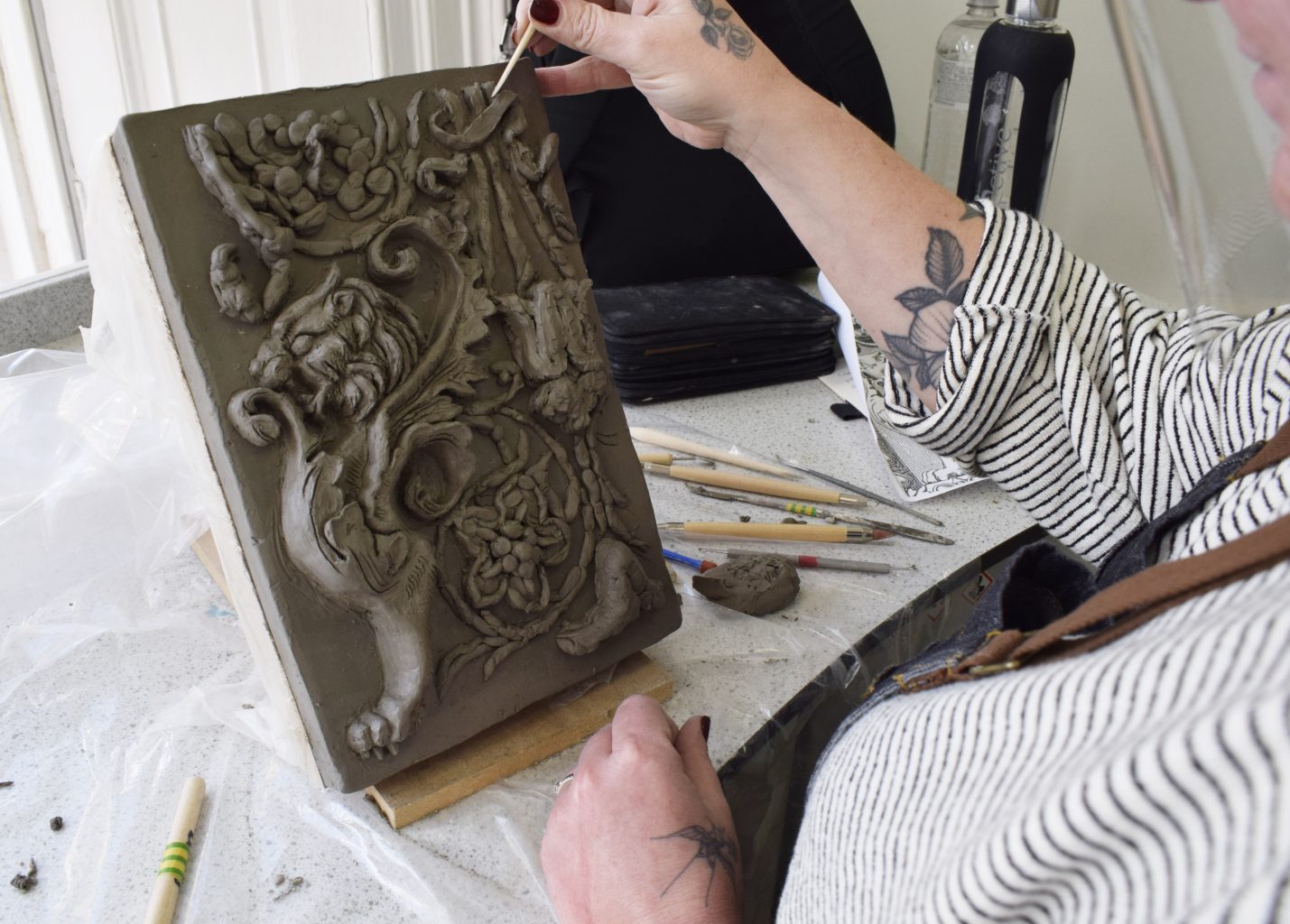
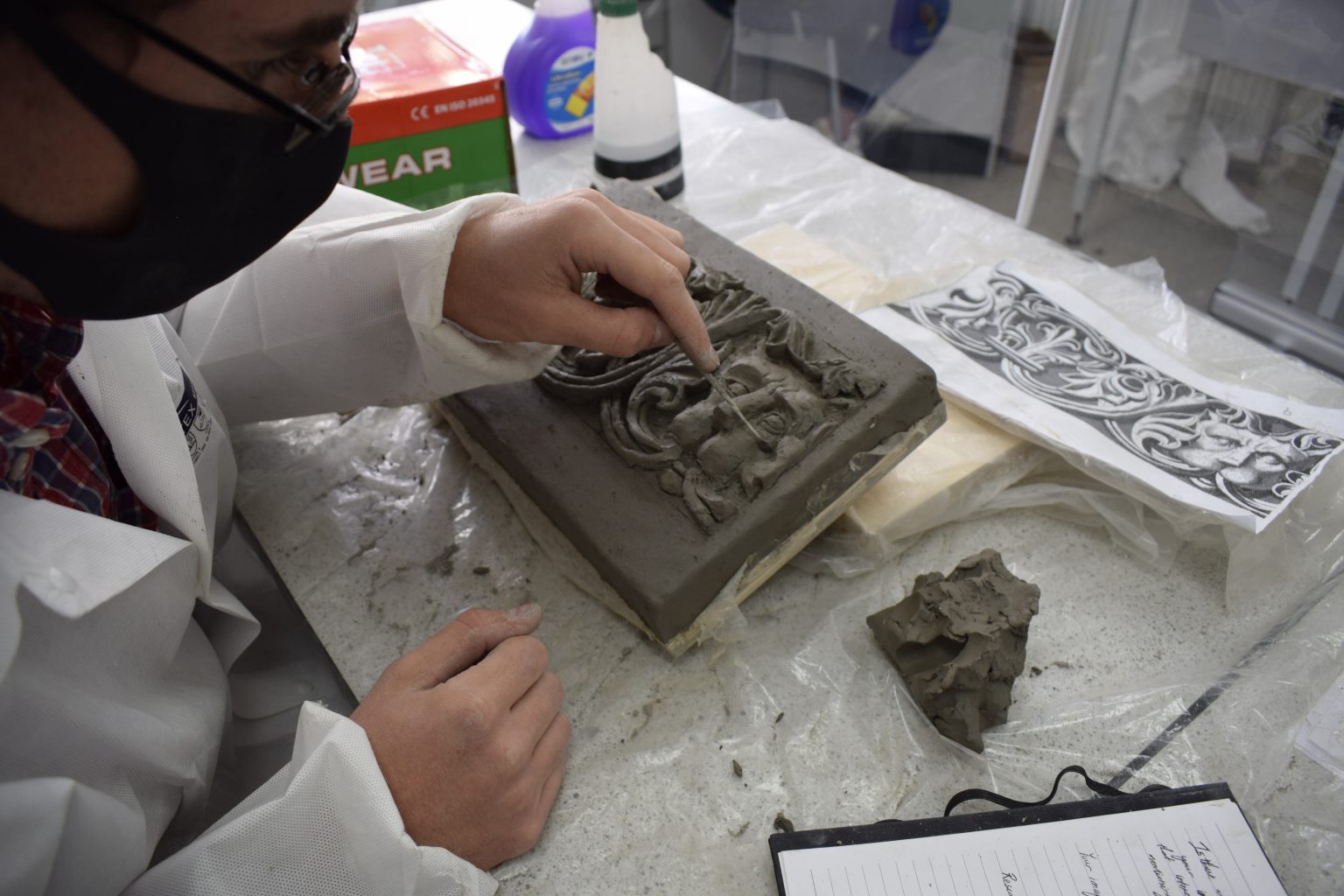
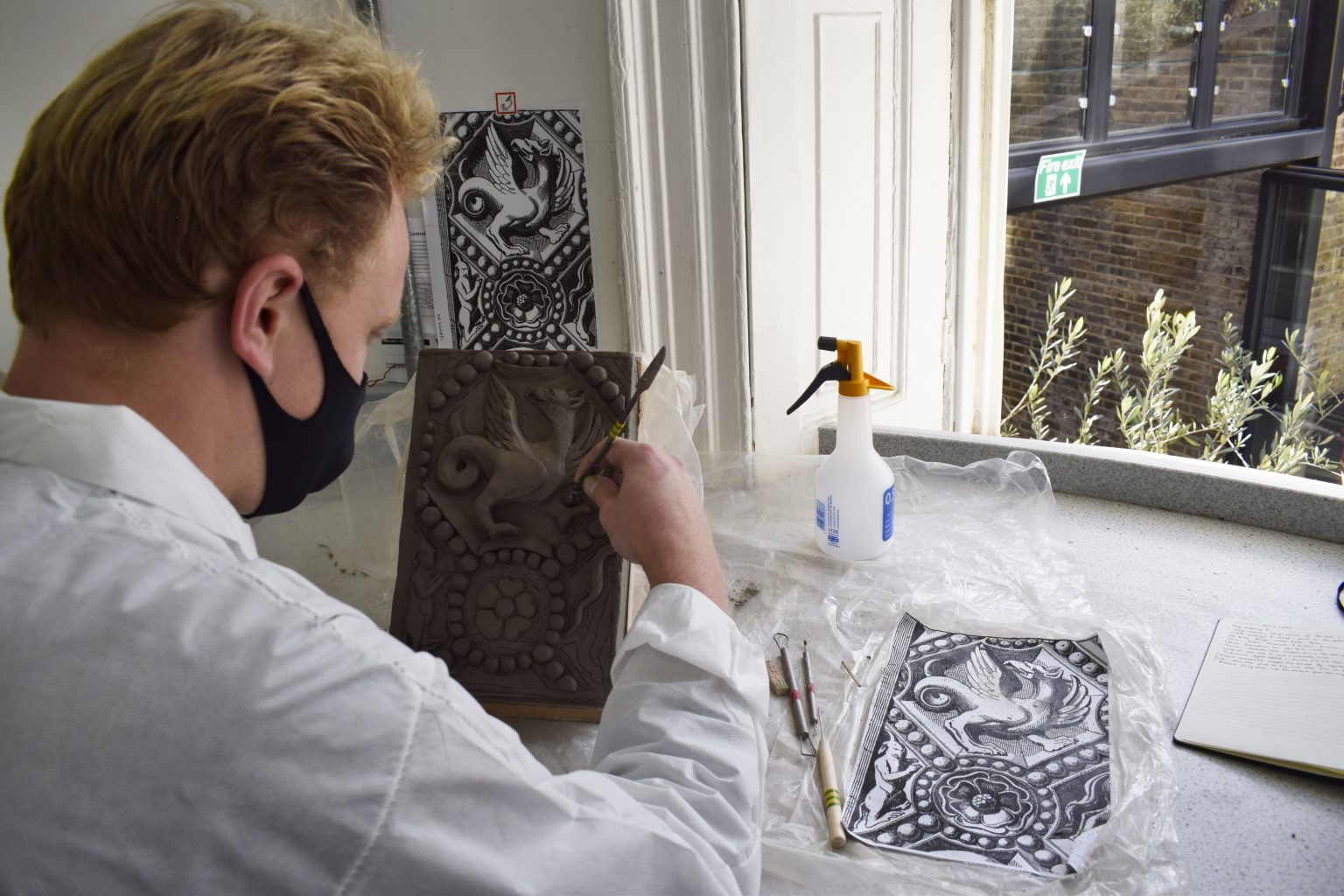
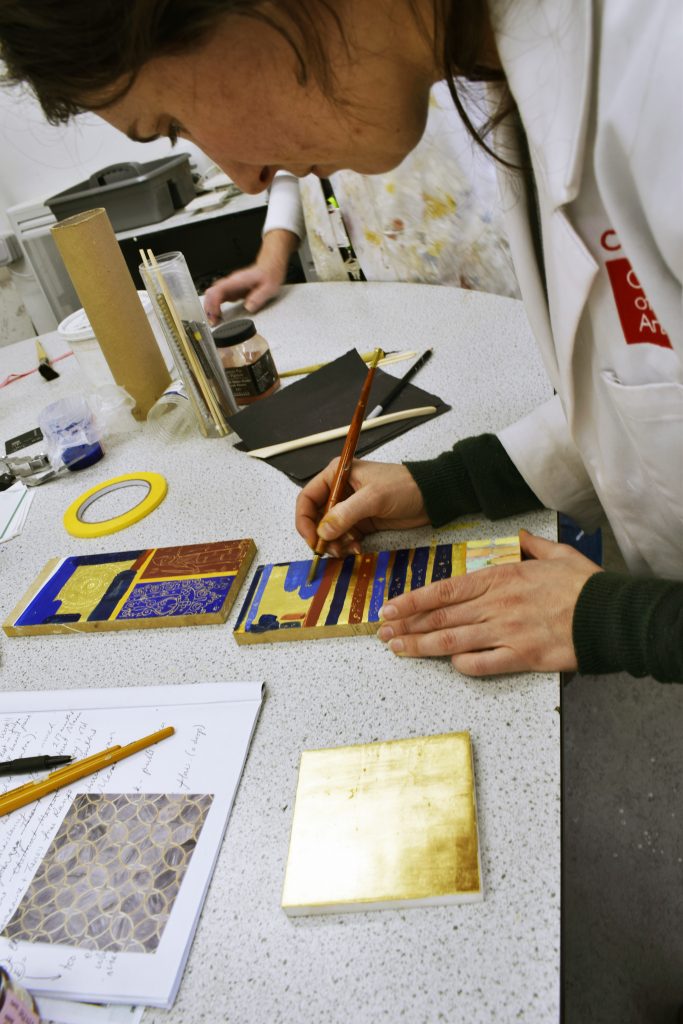
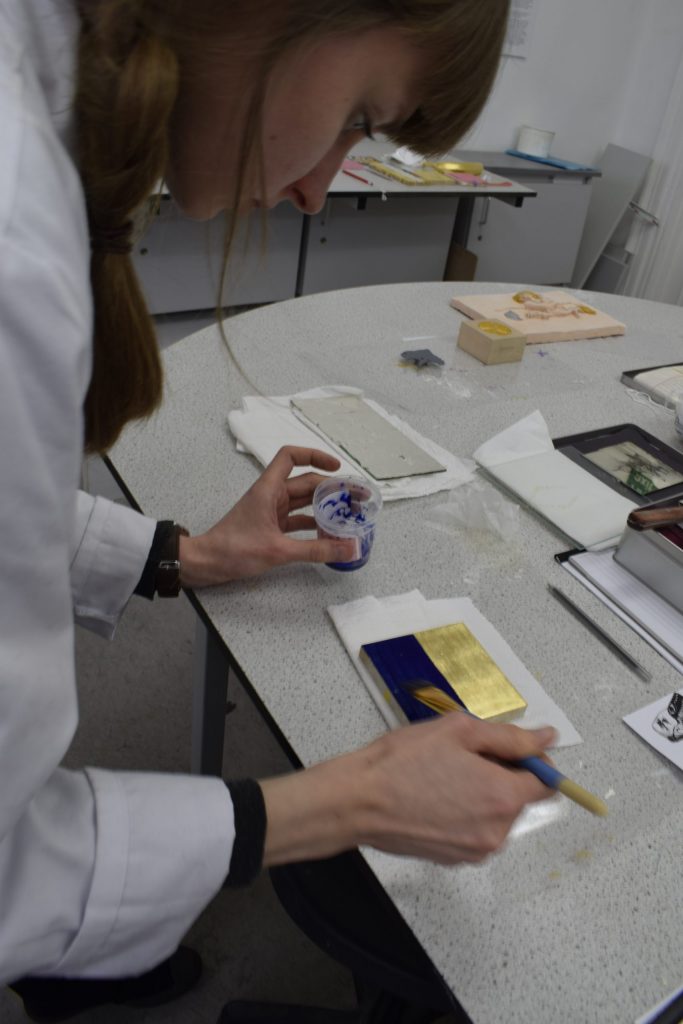
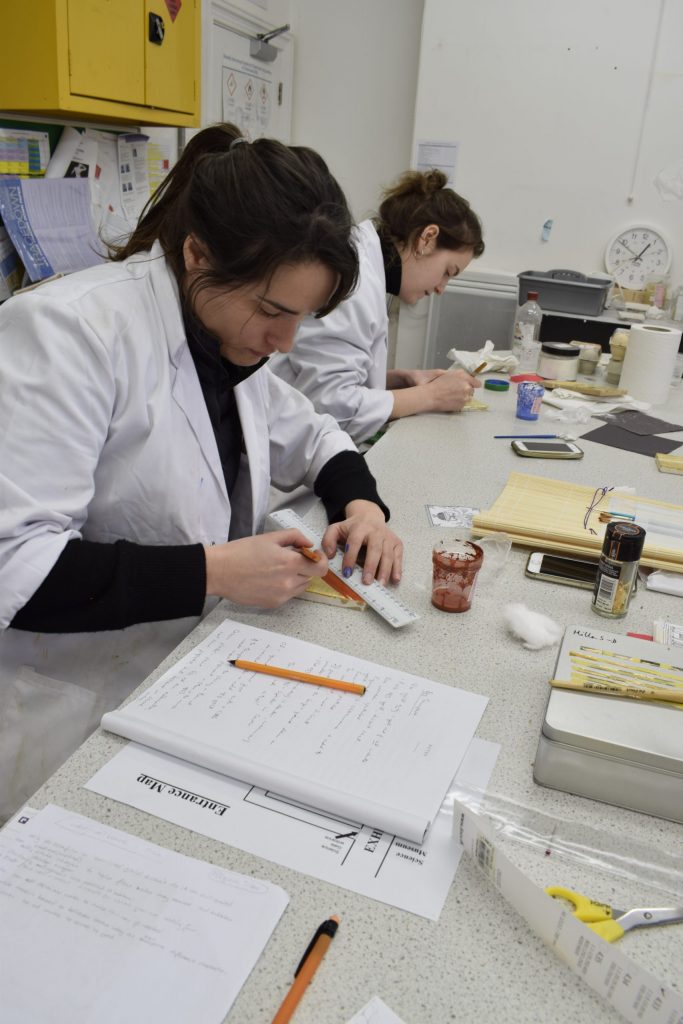
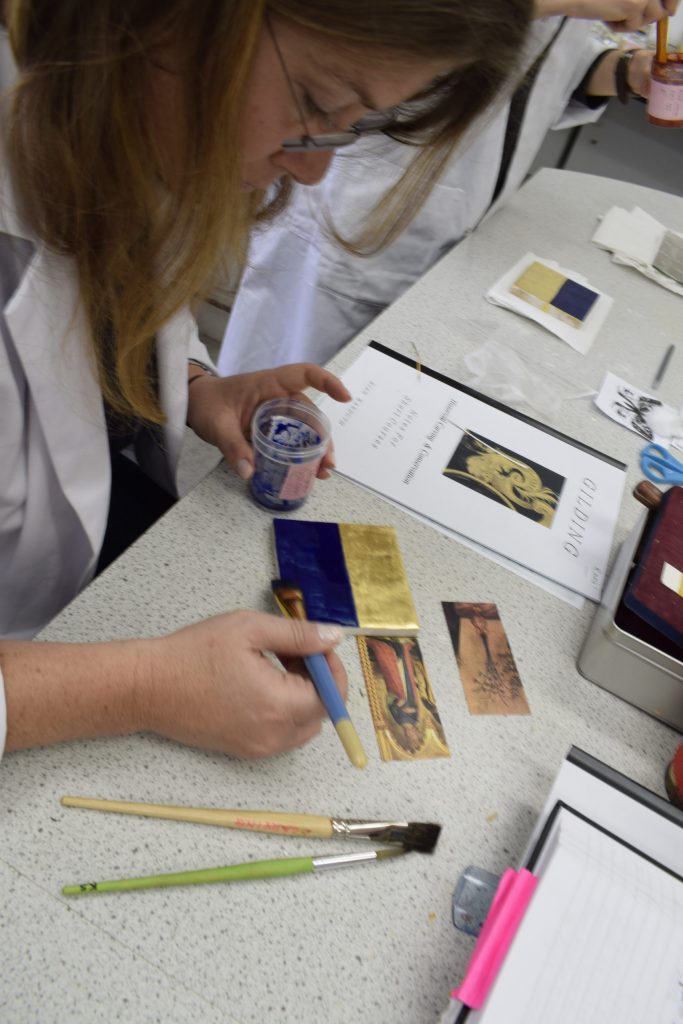
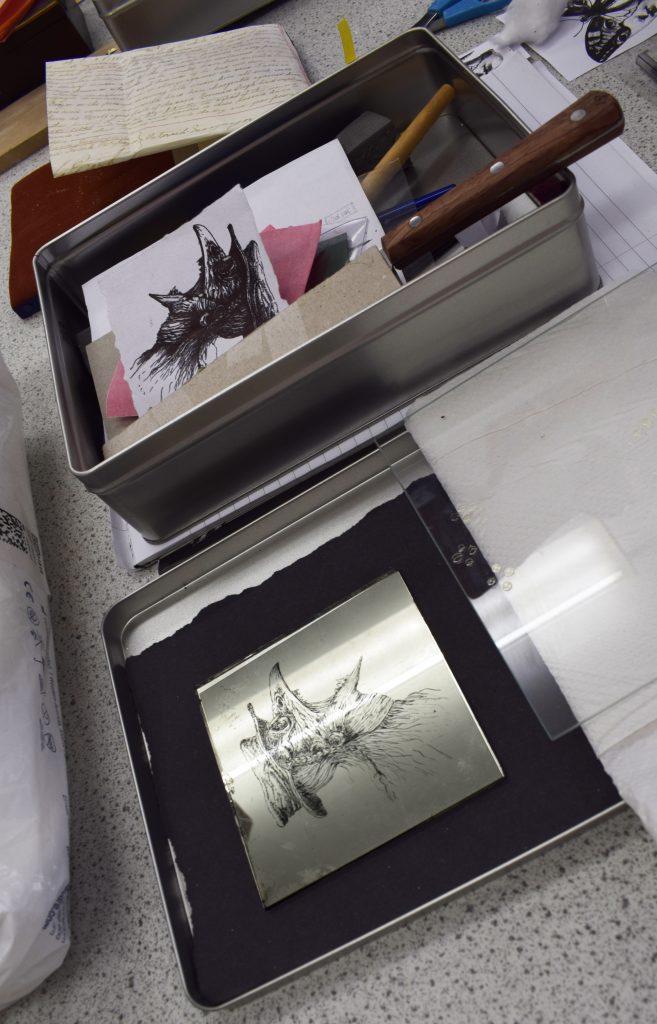
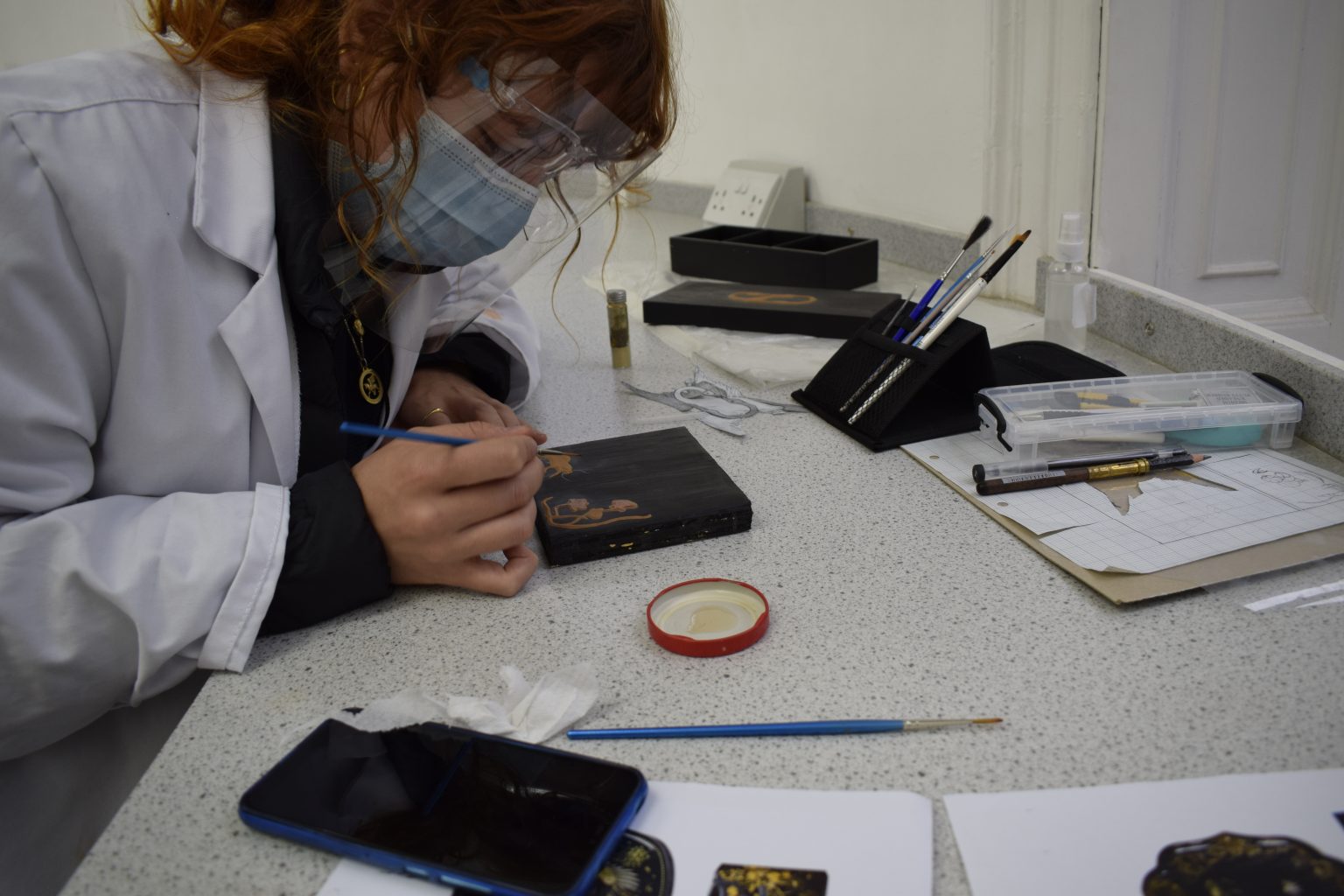
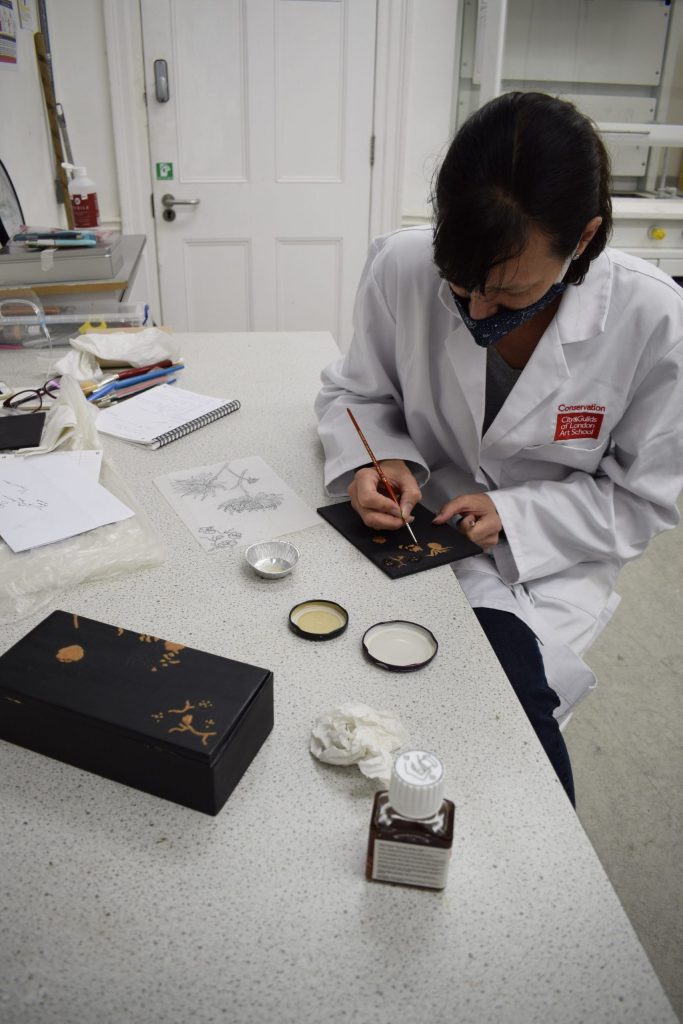
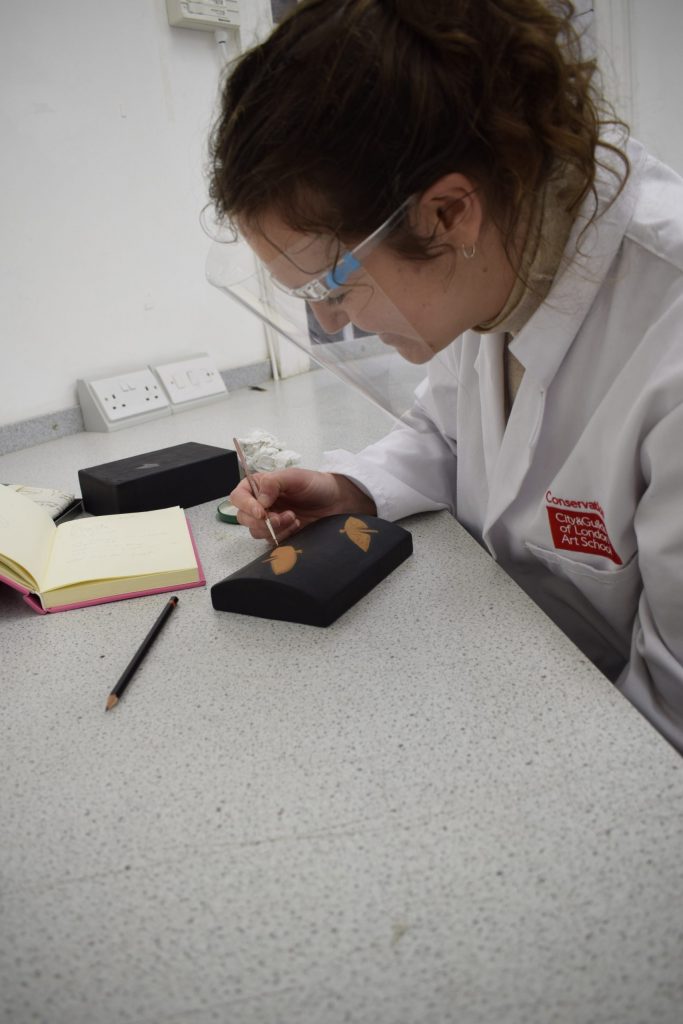
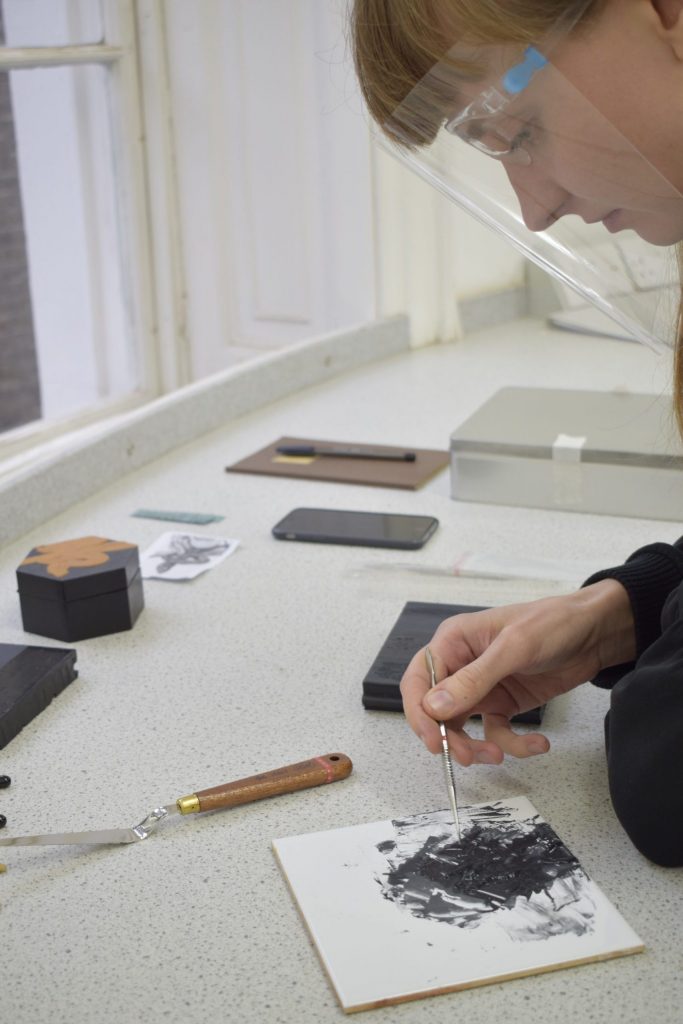
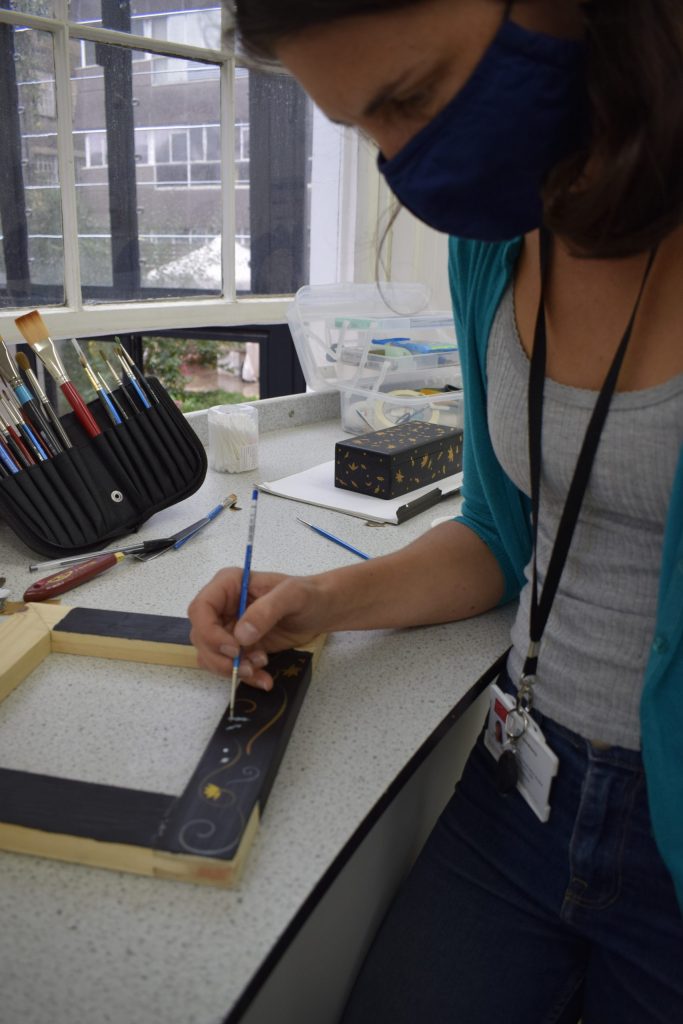
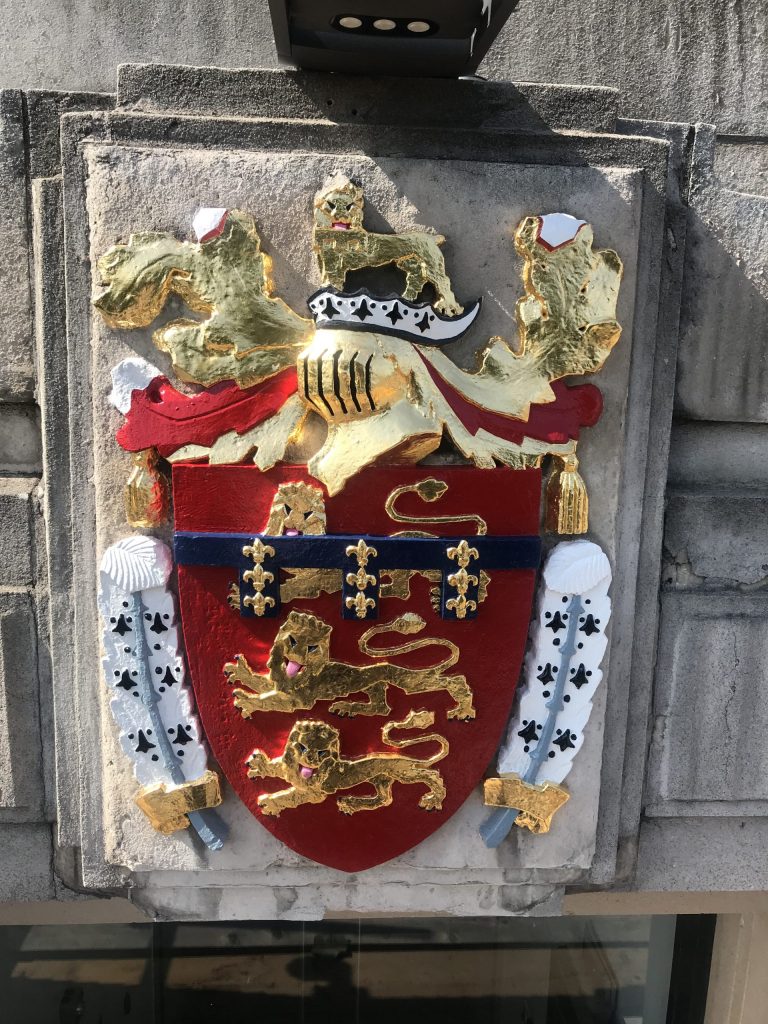
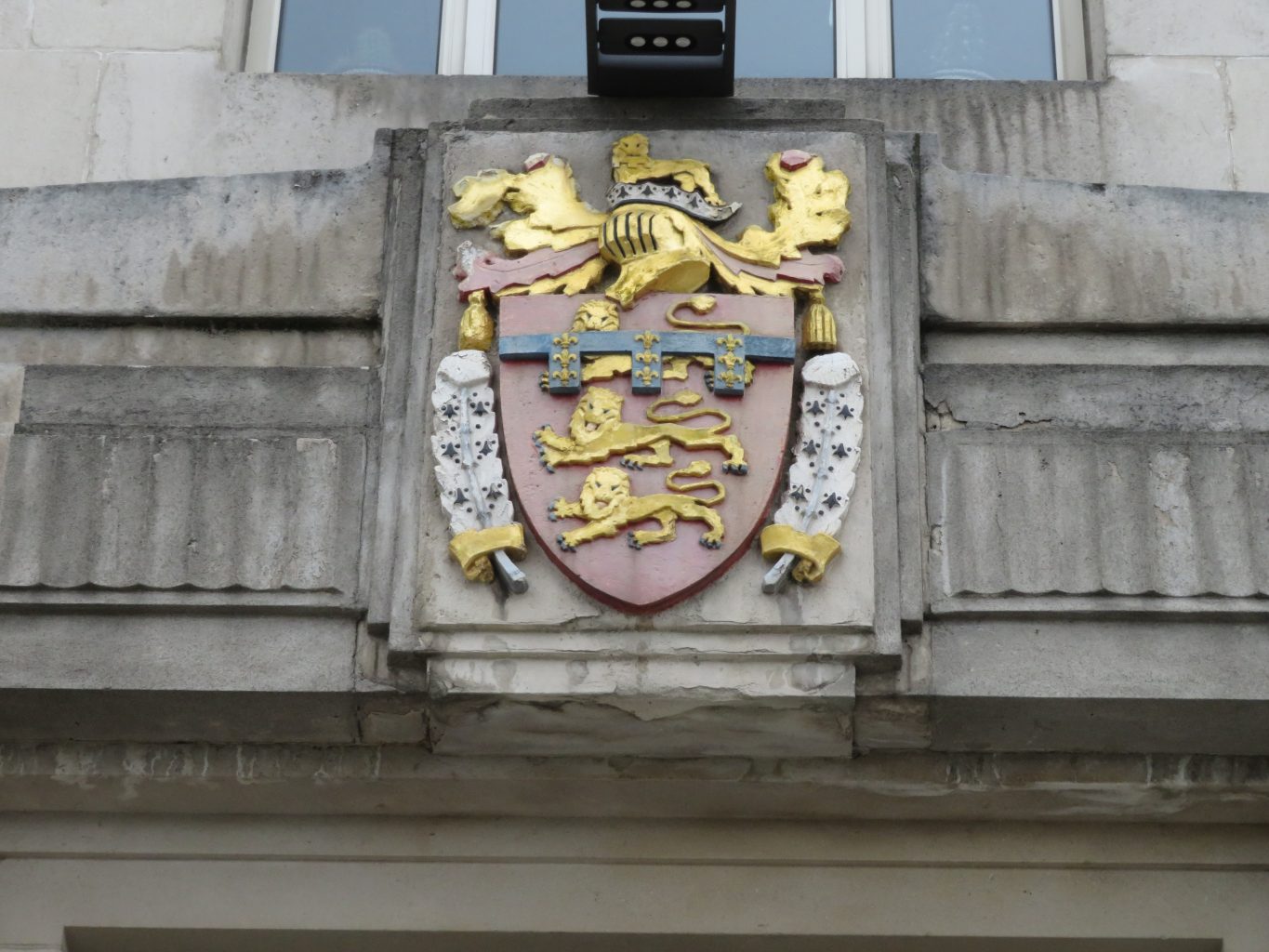
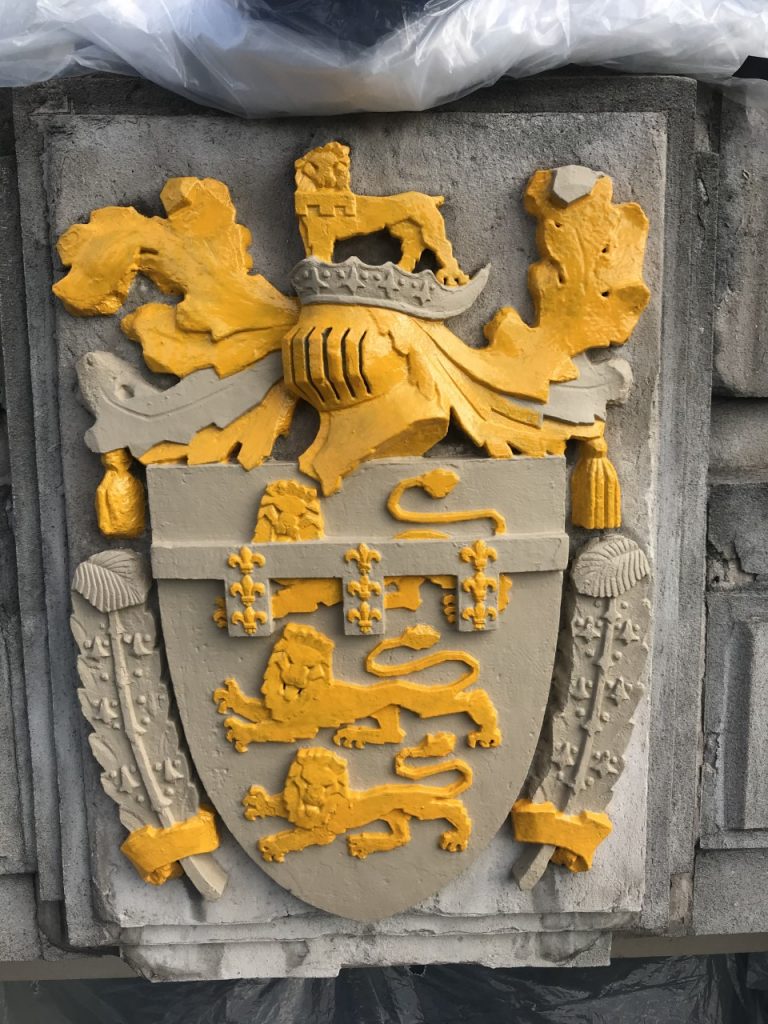
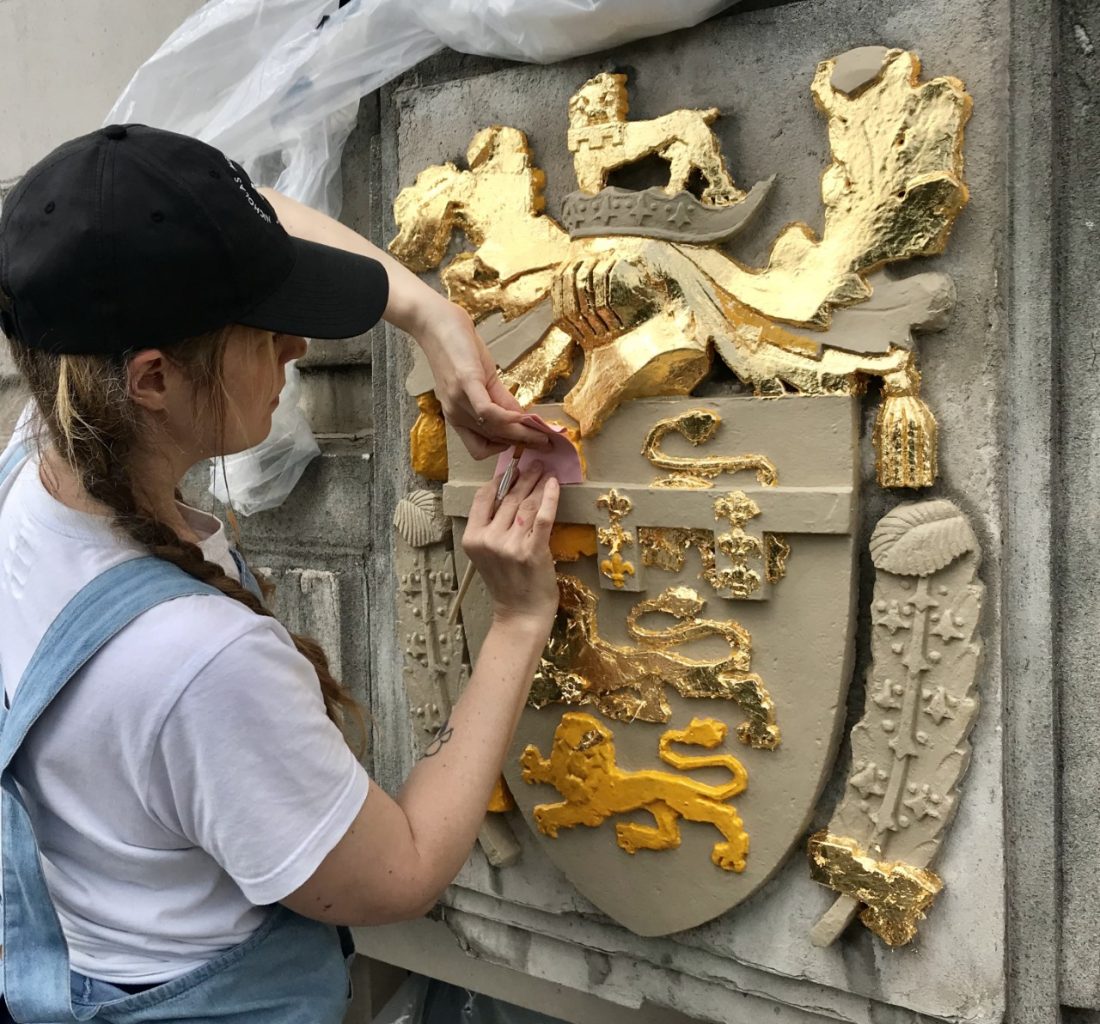
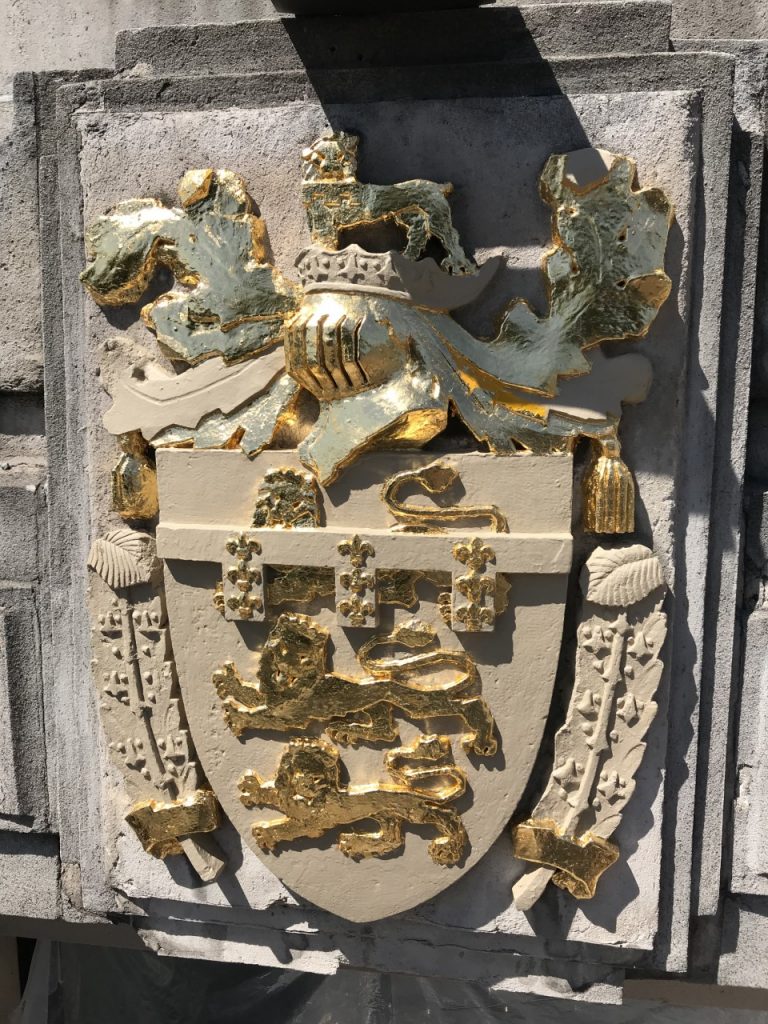
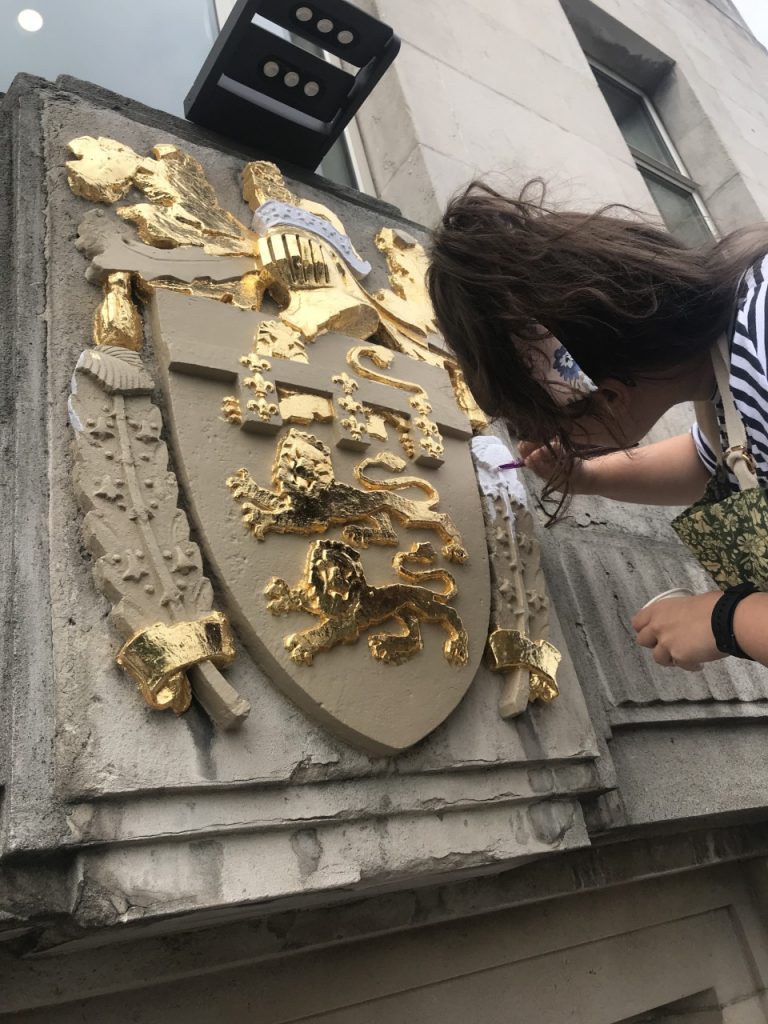
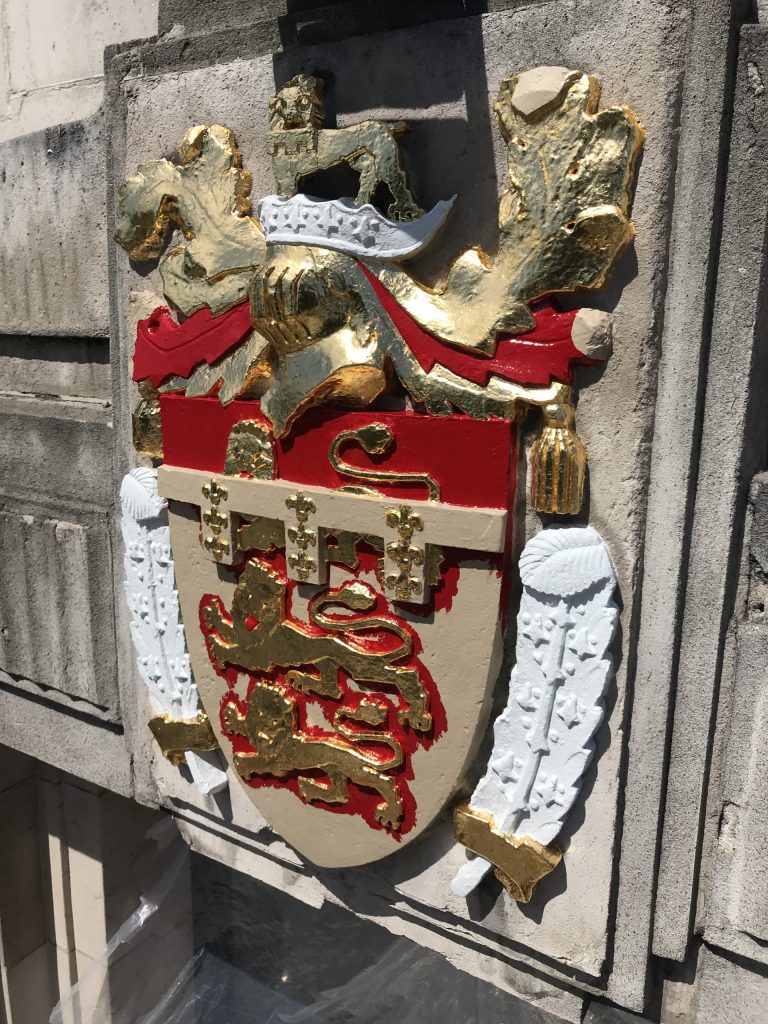
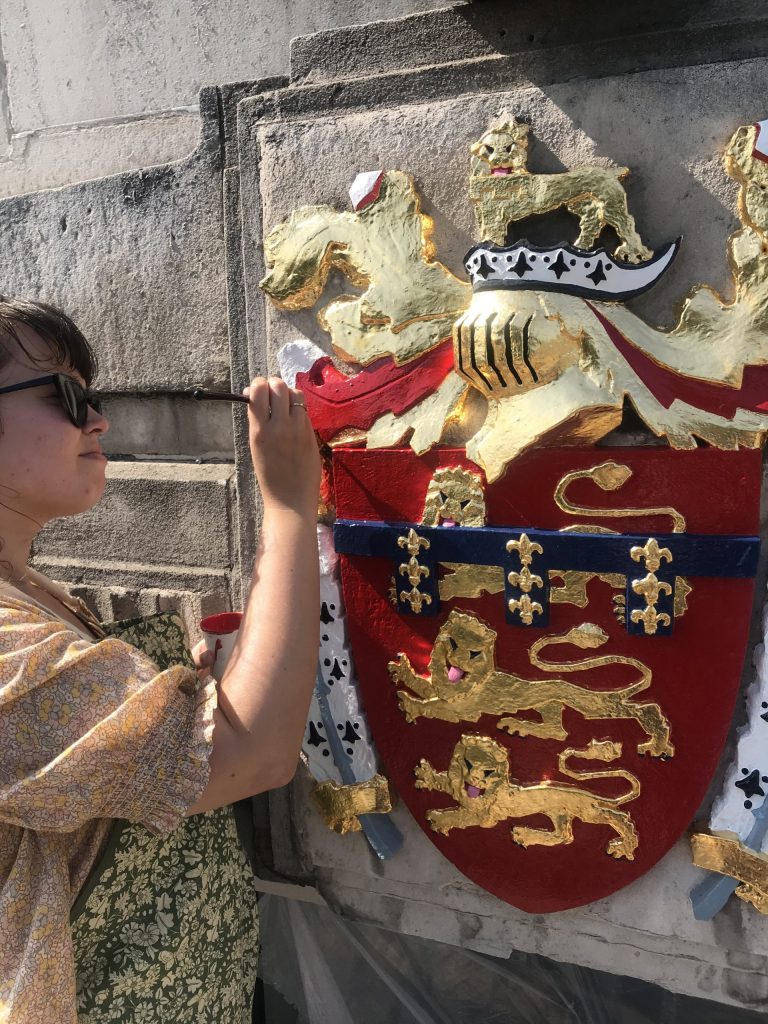
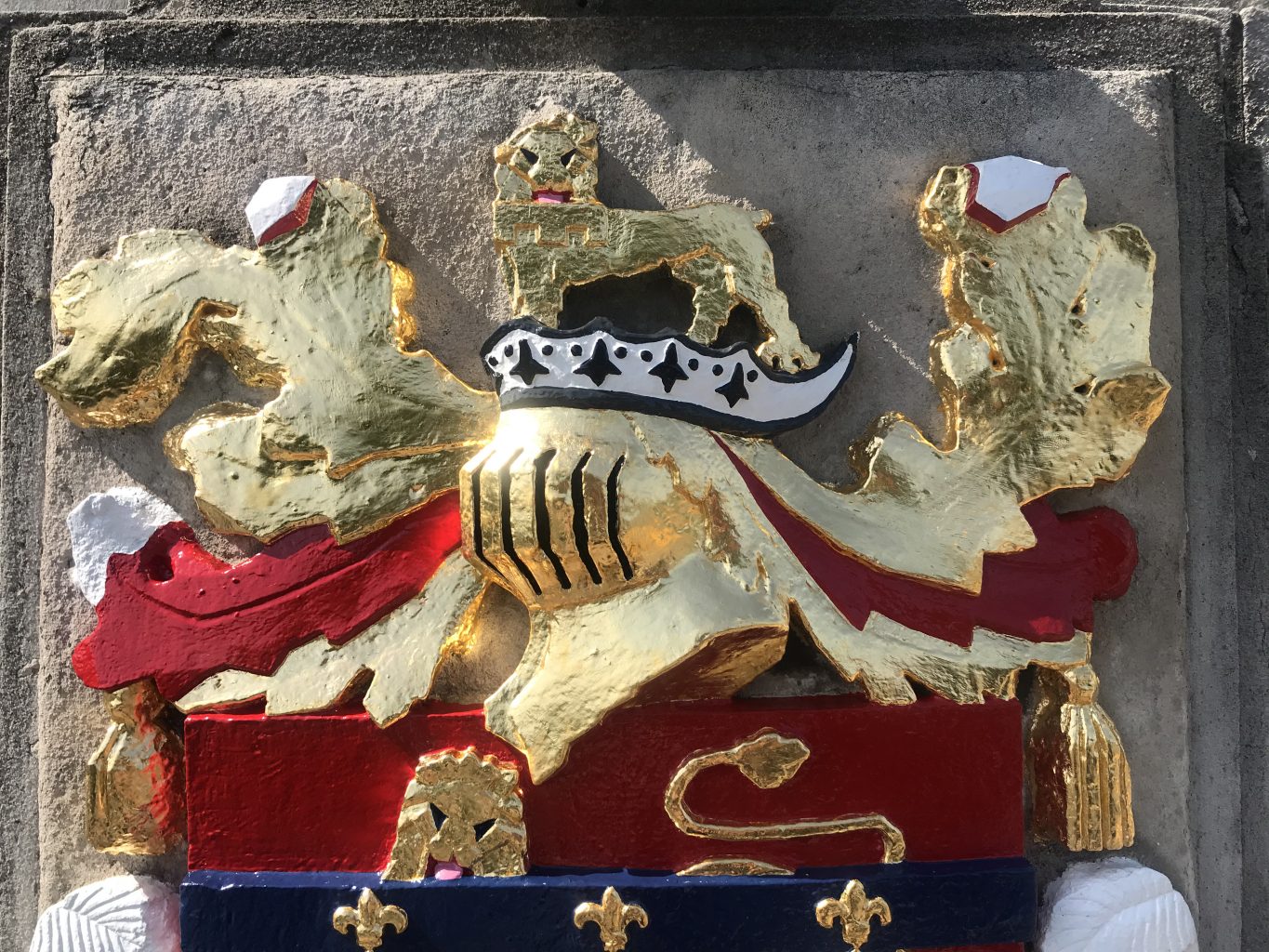
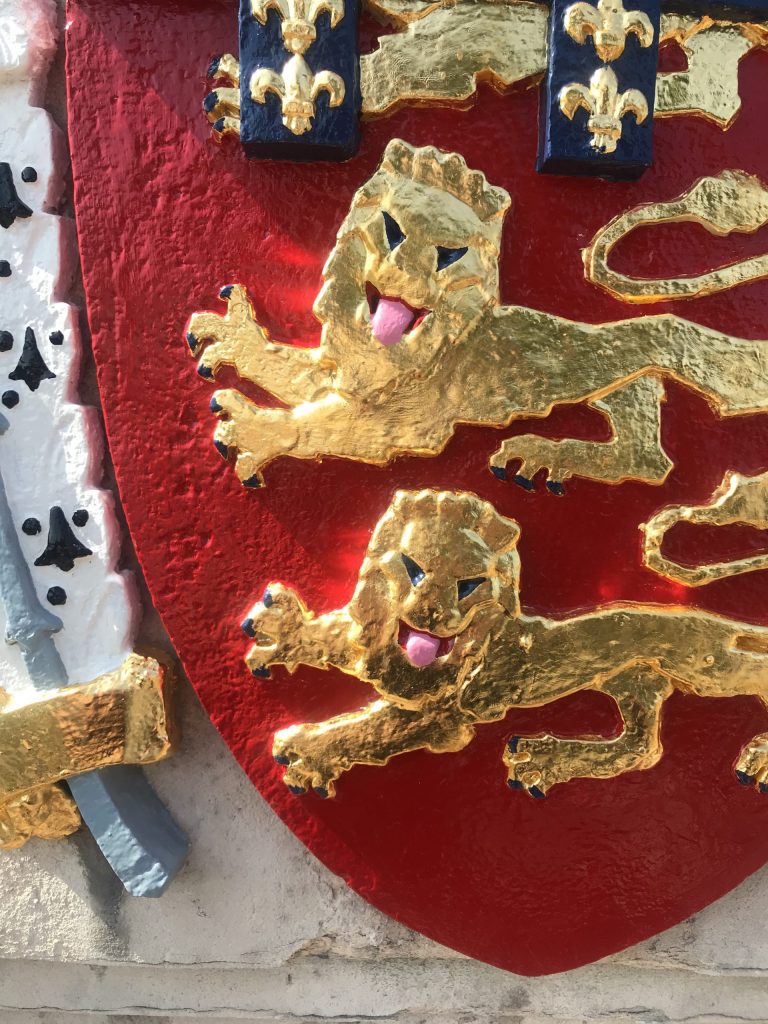

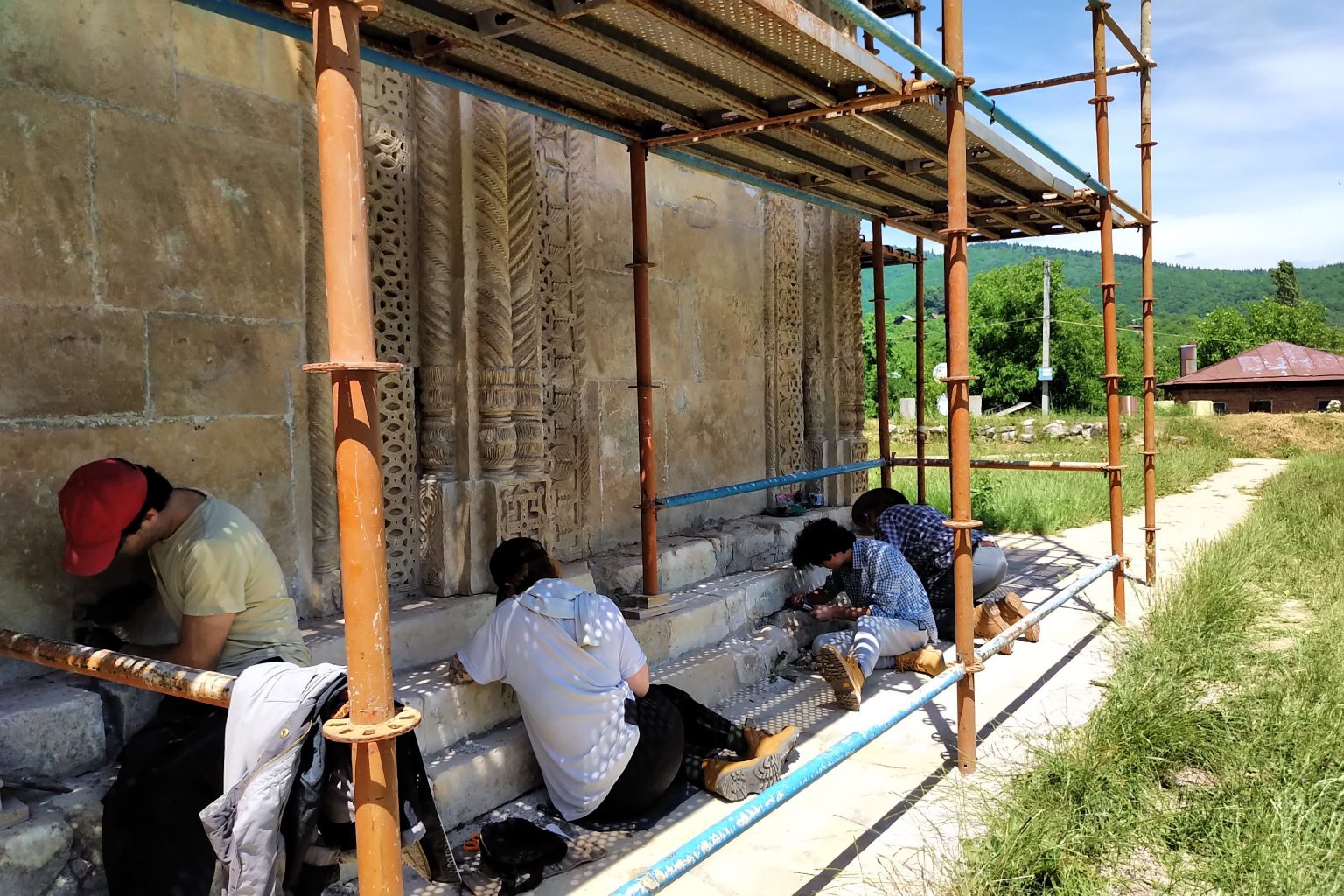
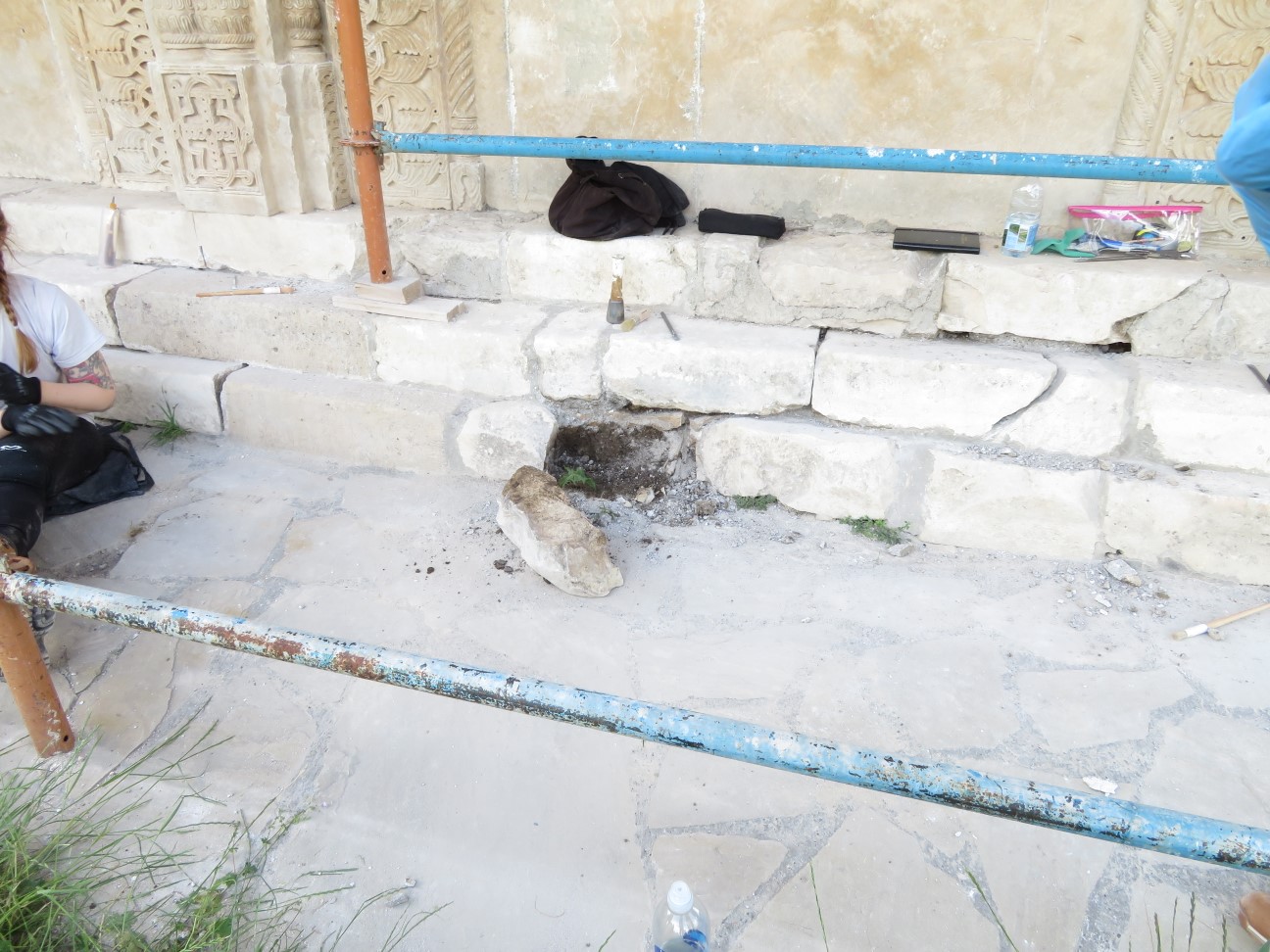
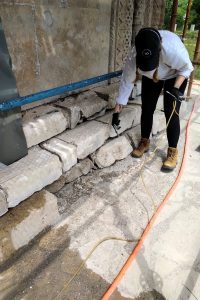
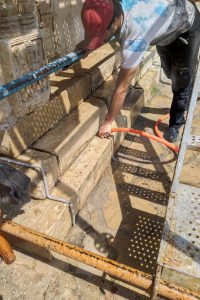
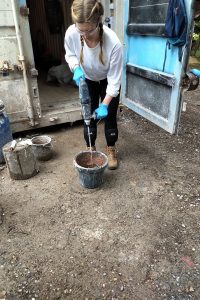
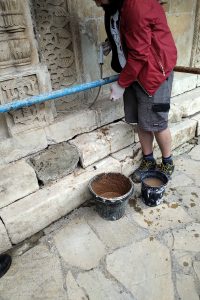
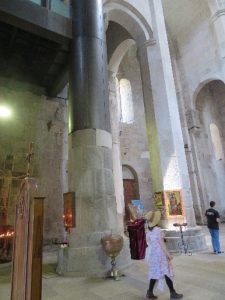
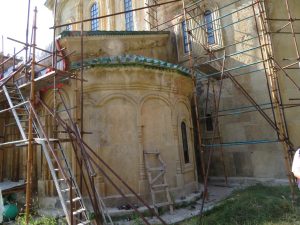
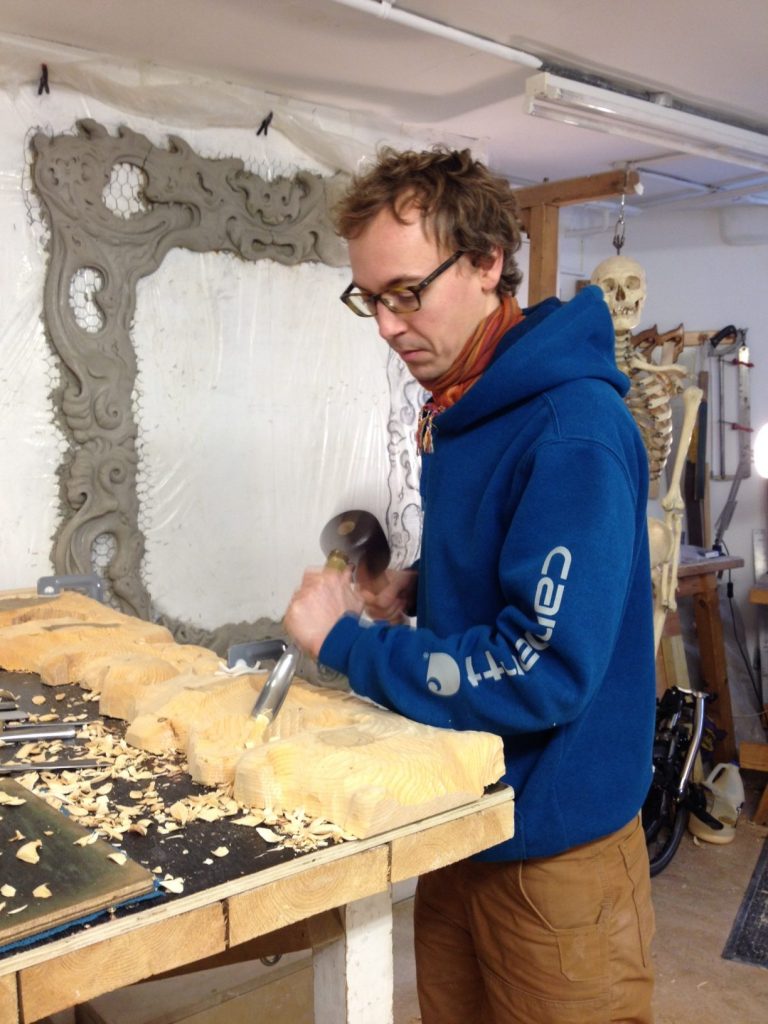
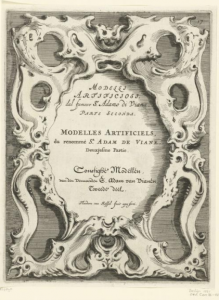
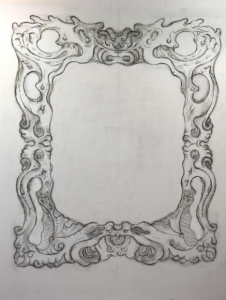
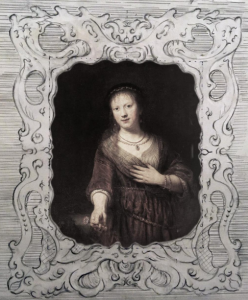
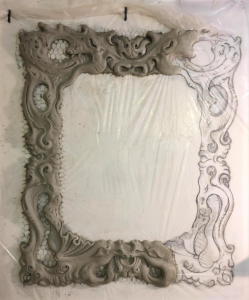
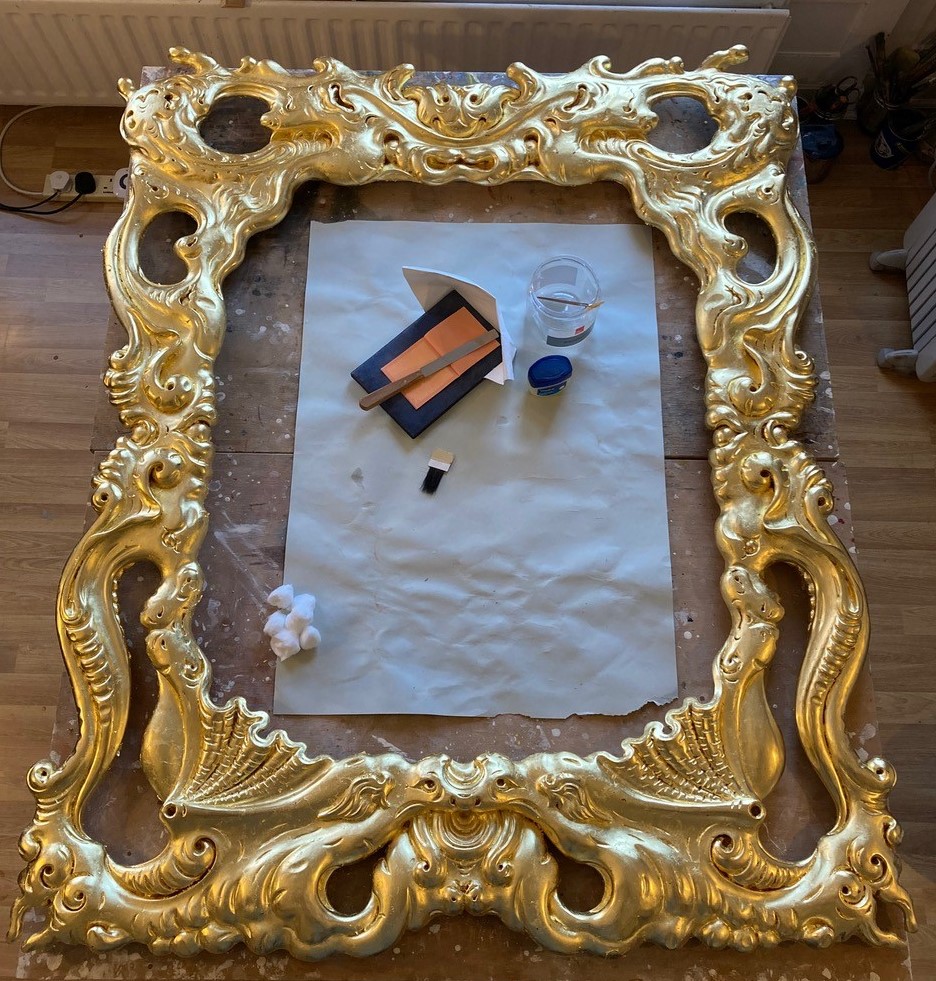 The magnificent ‘Saskia’ frame, almost finished
The magnificent ‘Saskia’ frame, almost finished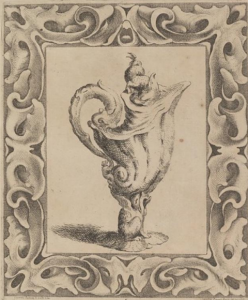
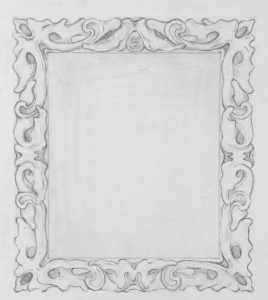
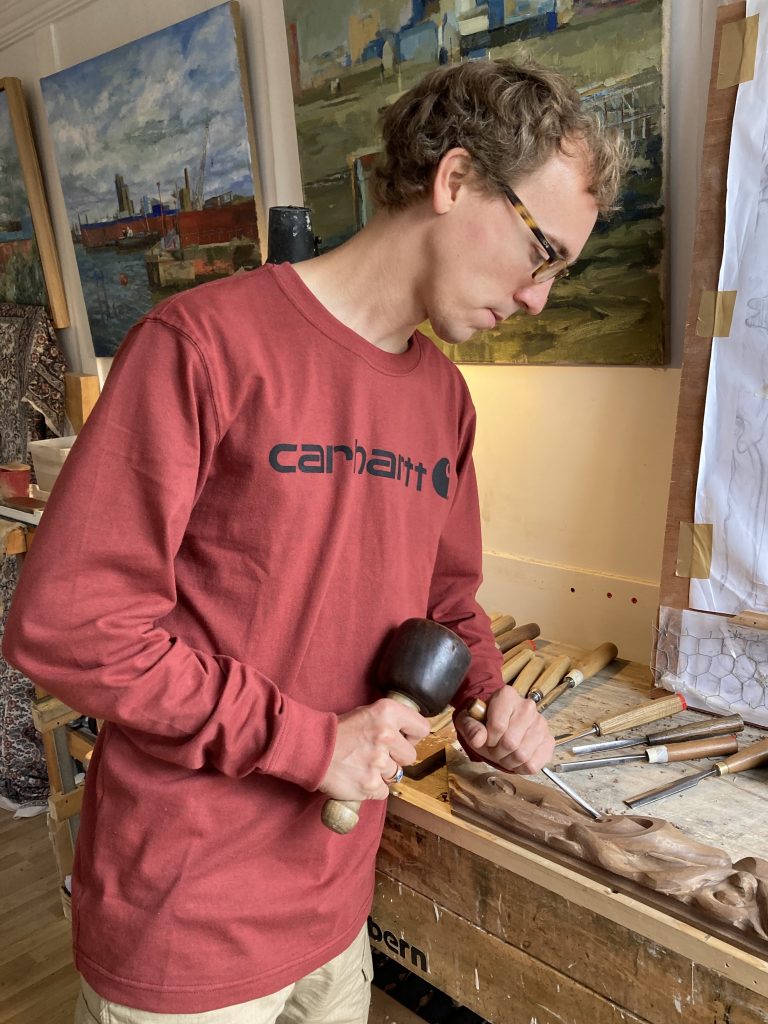
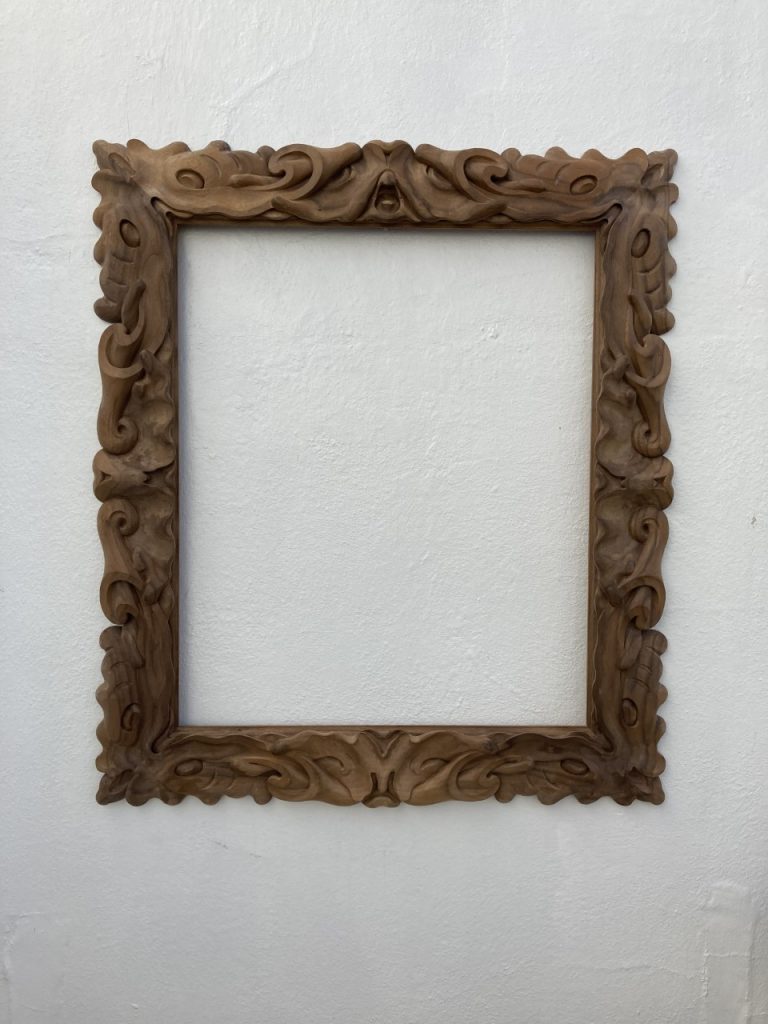 The beautiful ‘Cobbler in his Workshop’ frame before gilding
The beautiful ‘Cobbler in his Workshop’ frame before gilding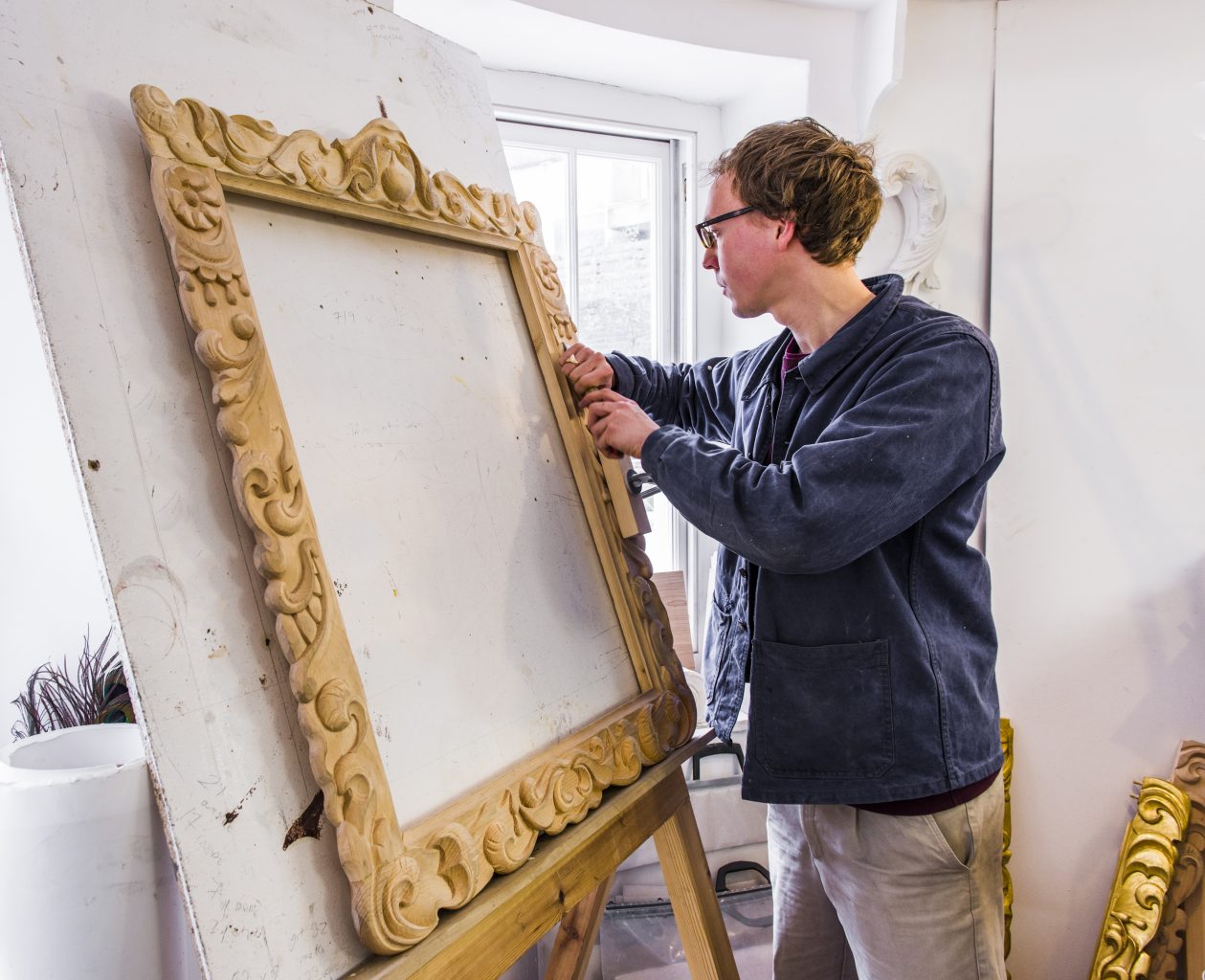 The frame for the Van Dyck portrait, now hung in the Bowes Museum, Durham
The frame for the Van Dyck portrait, now hung in the Bowes Museum, Durham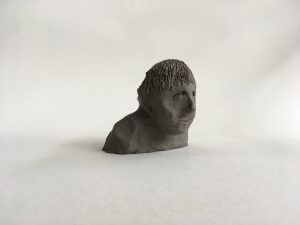
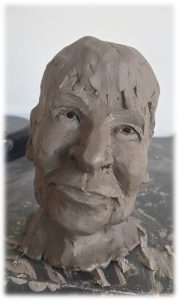
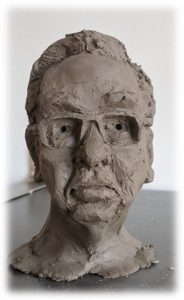
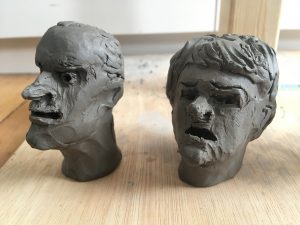
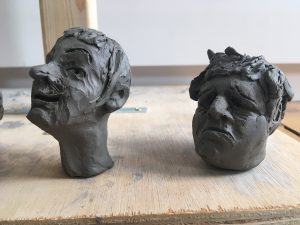
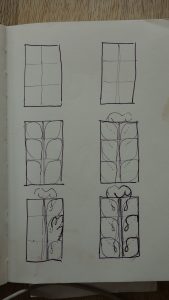
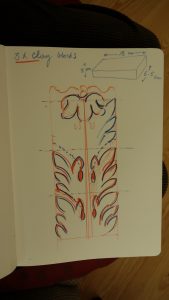
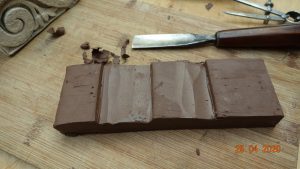
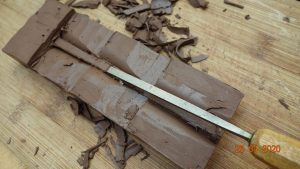
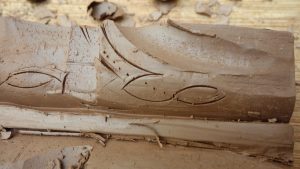
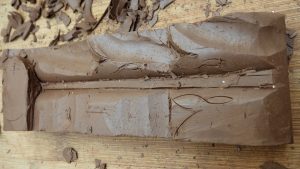
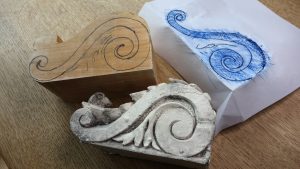
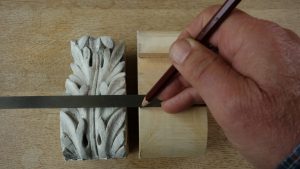
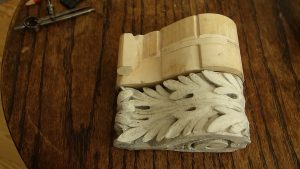
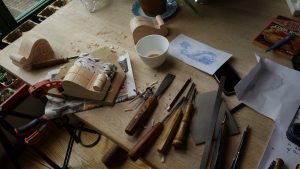
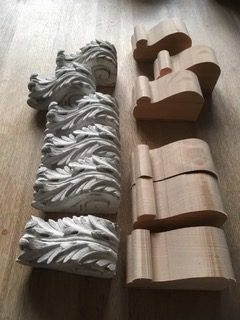
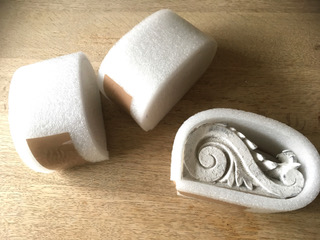
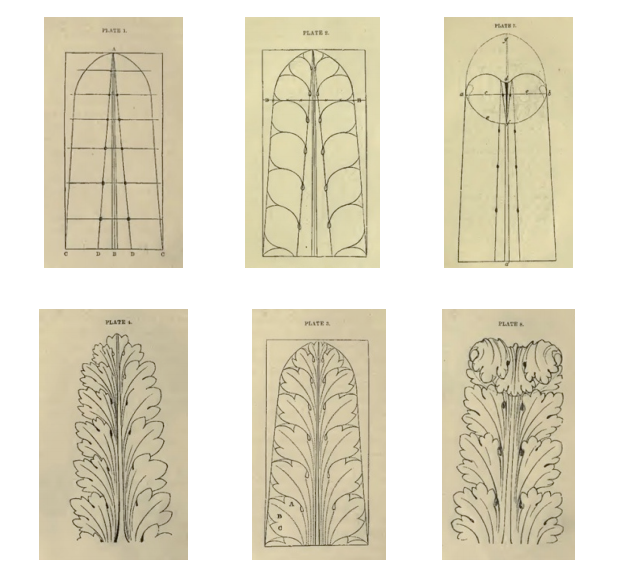



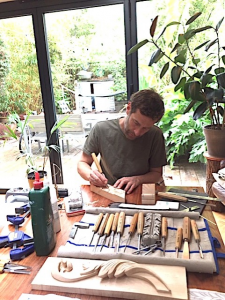
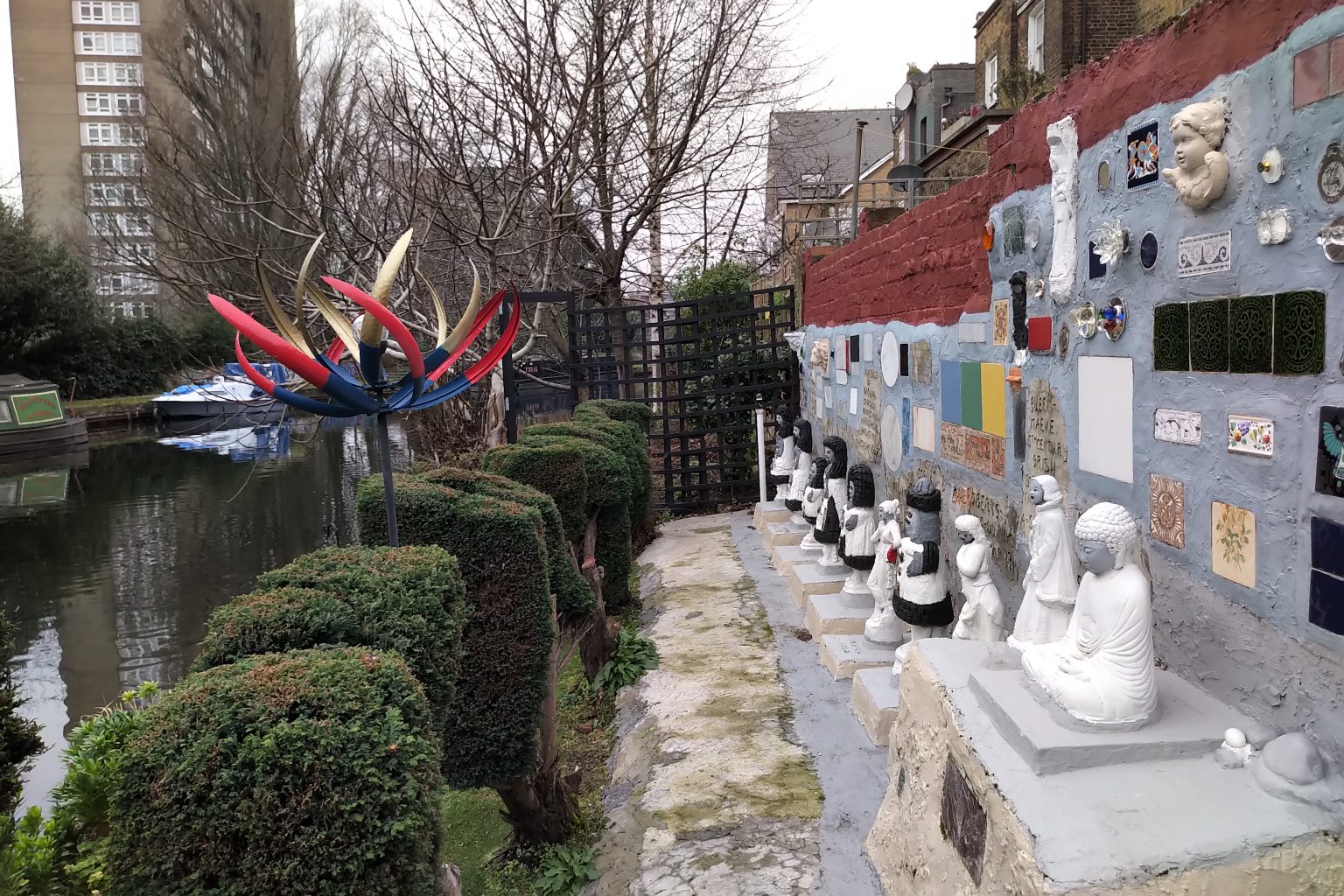
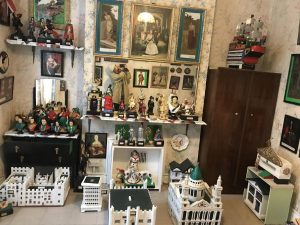
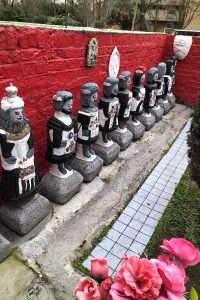
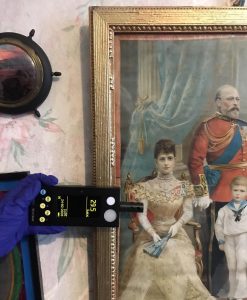
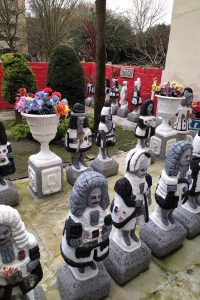
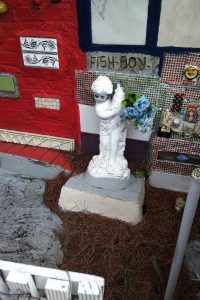
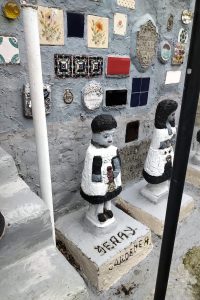
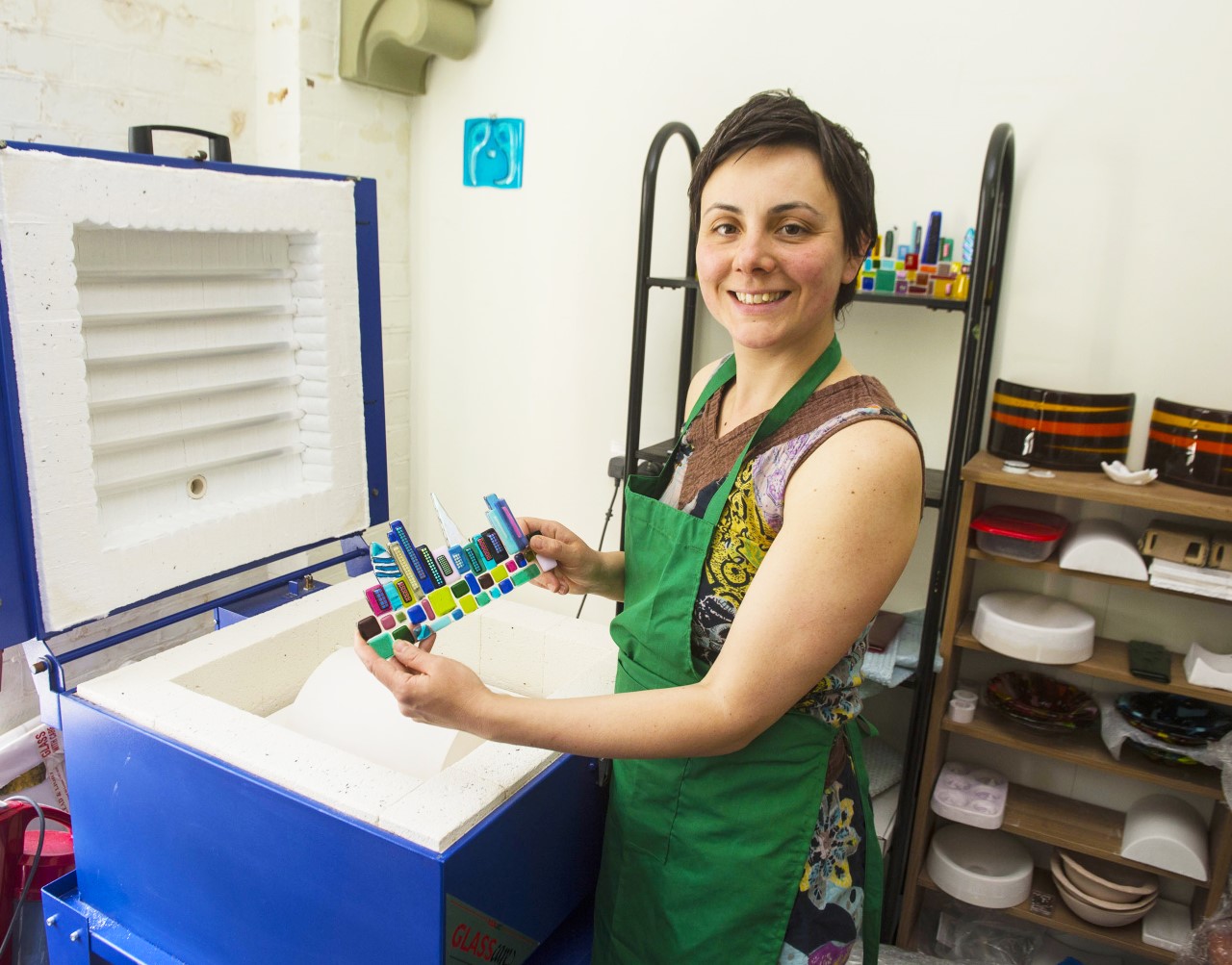
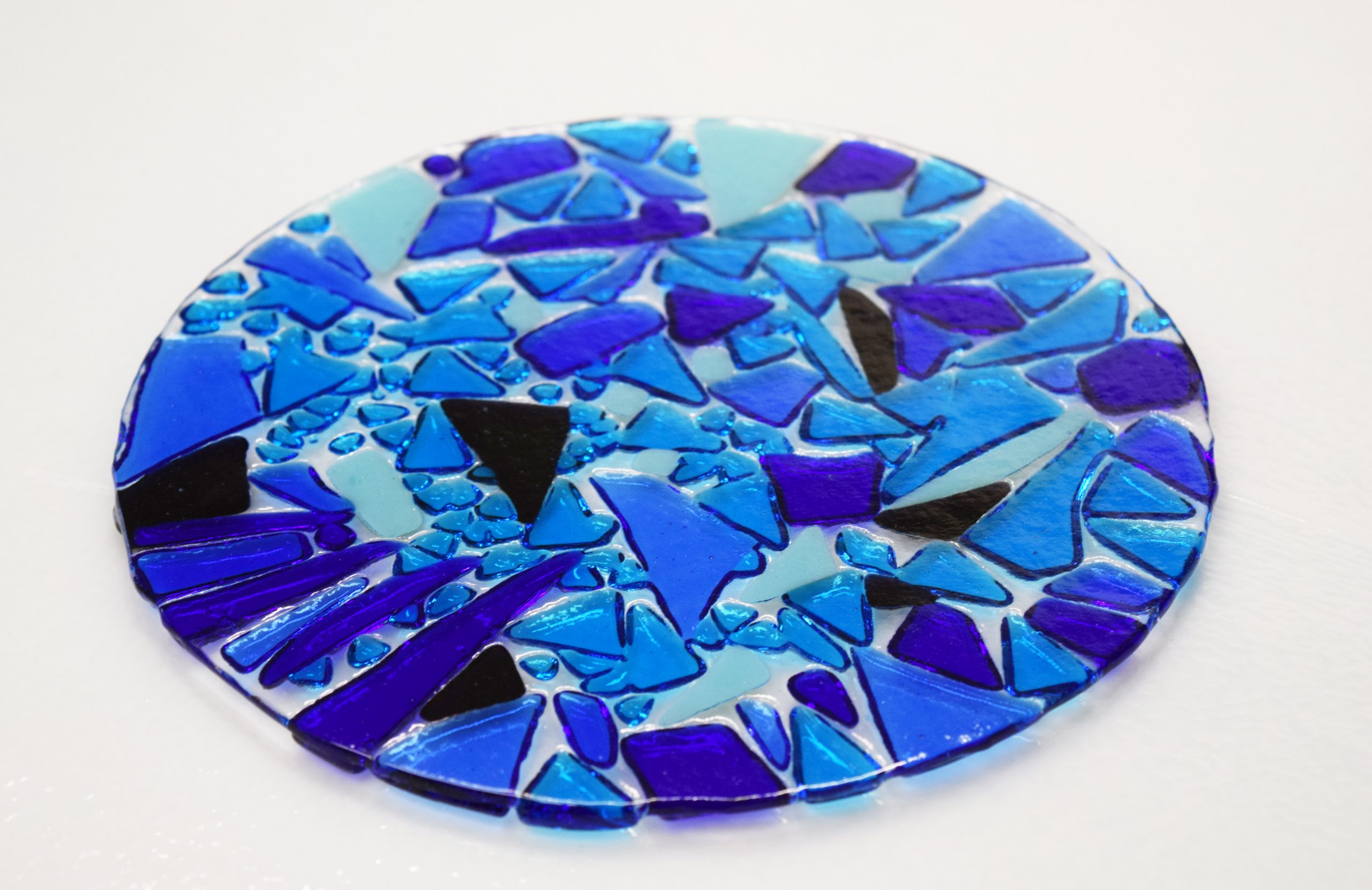
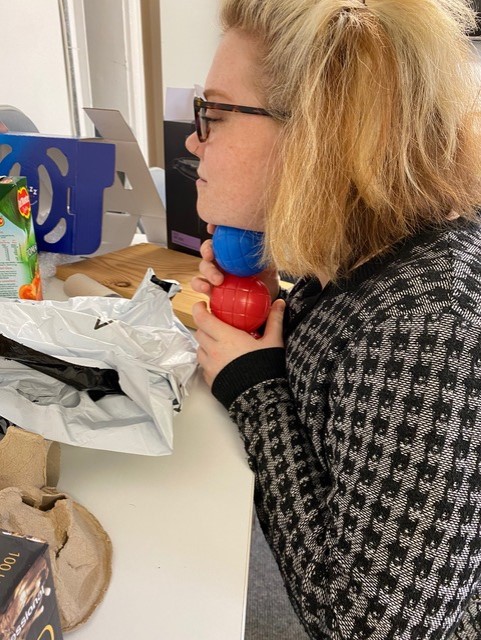
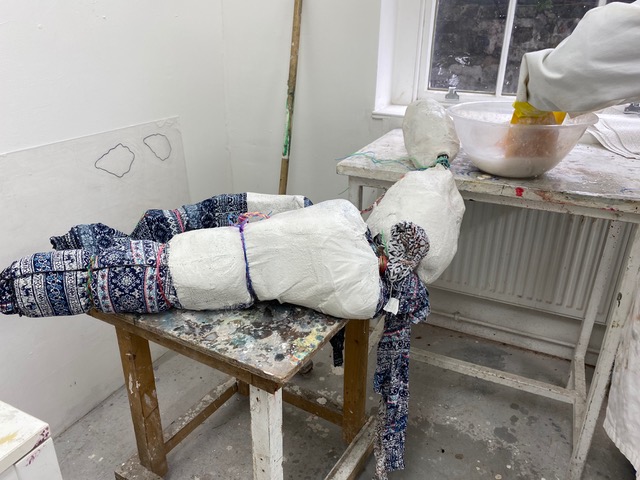
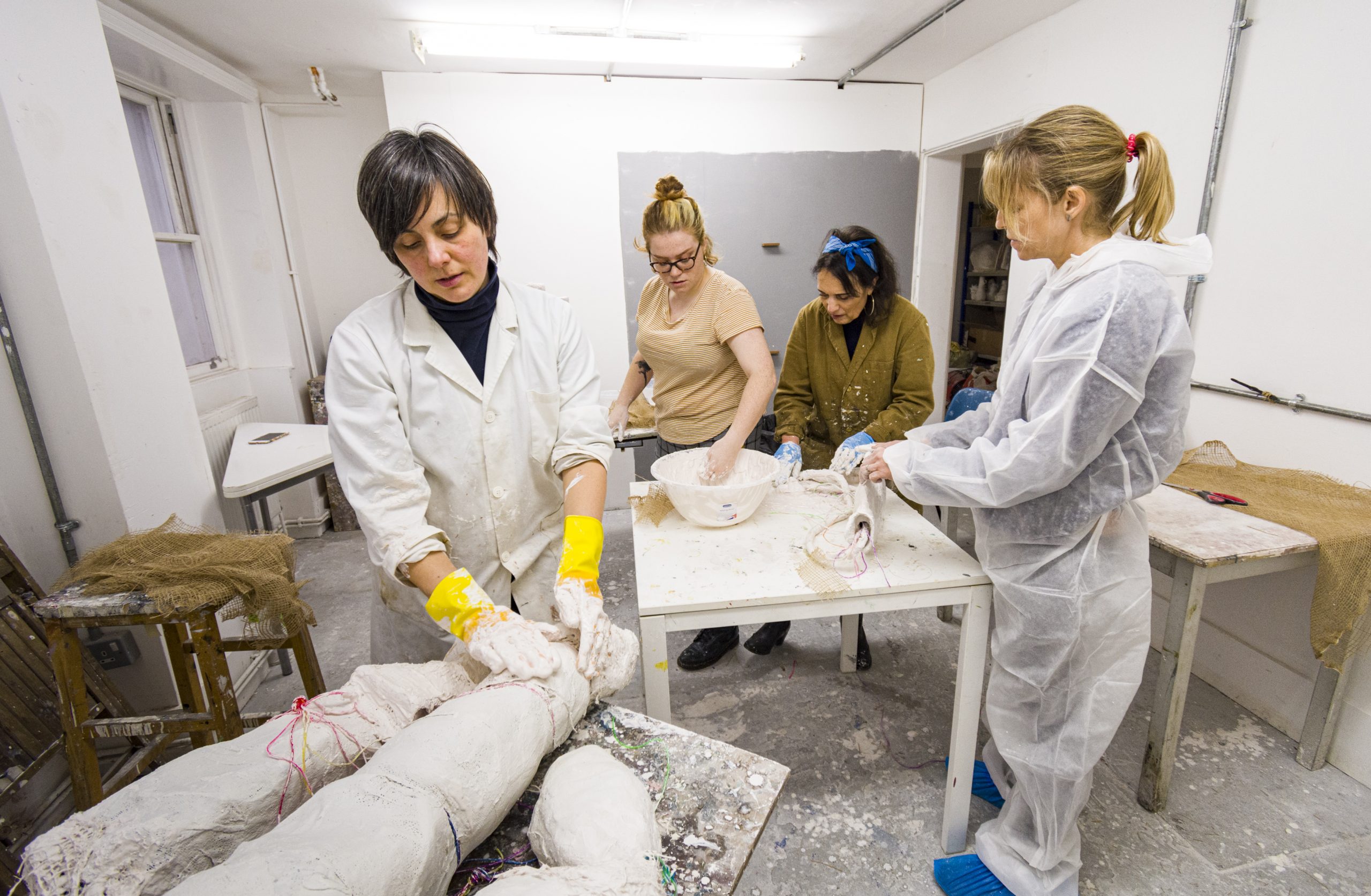

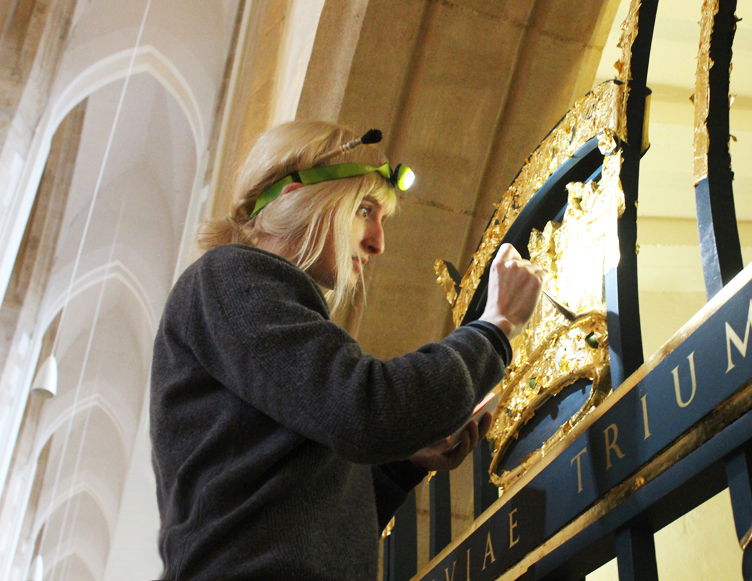
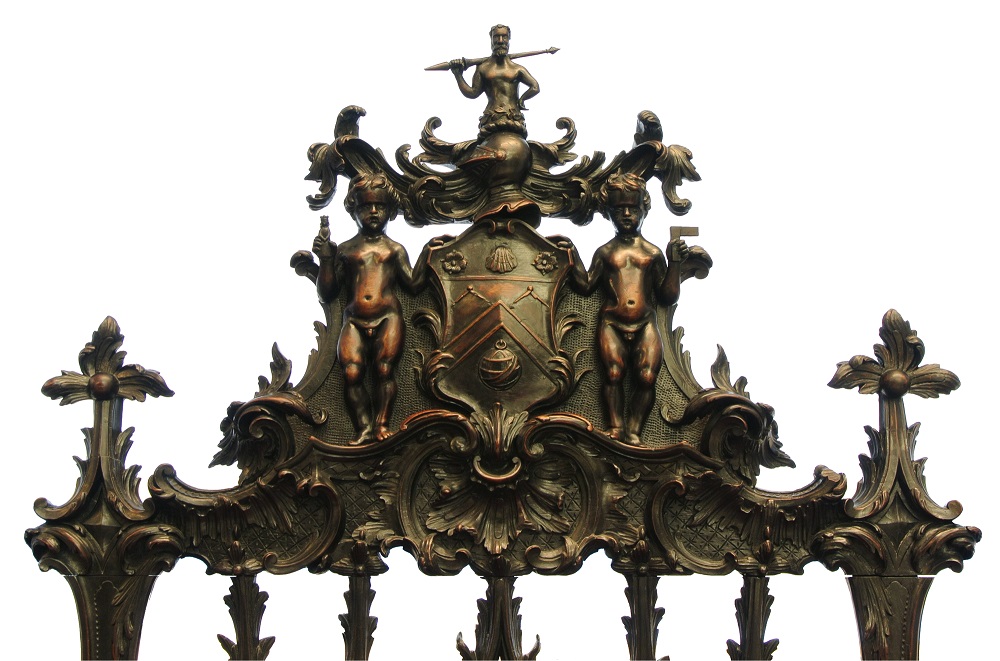
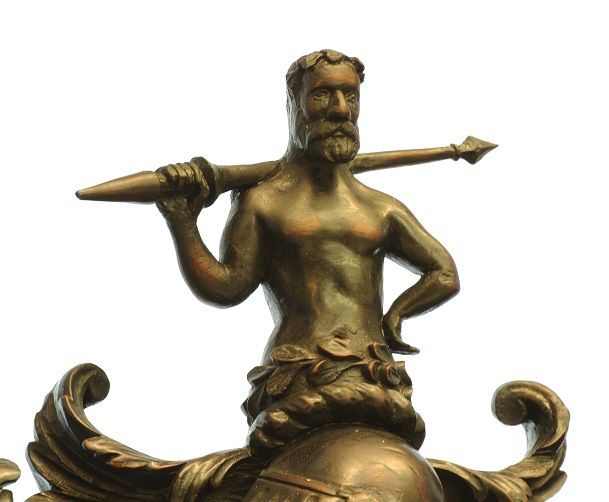
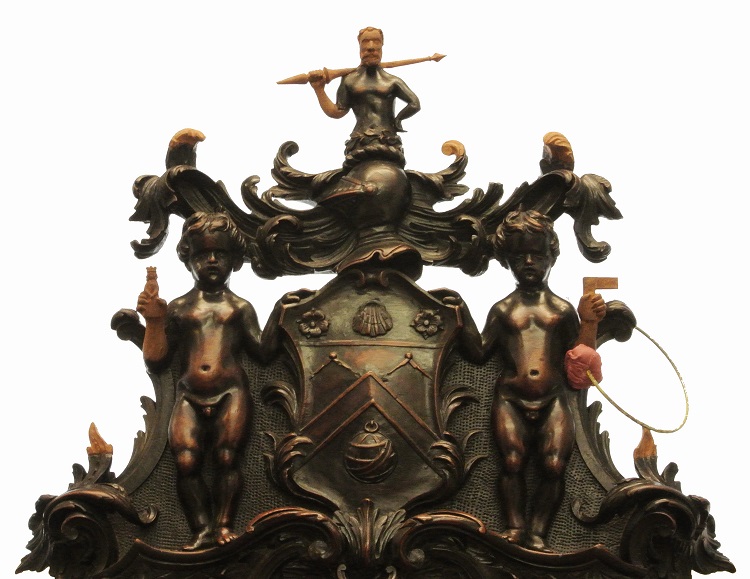
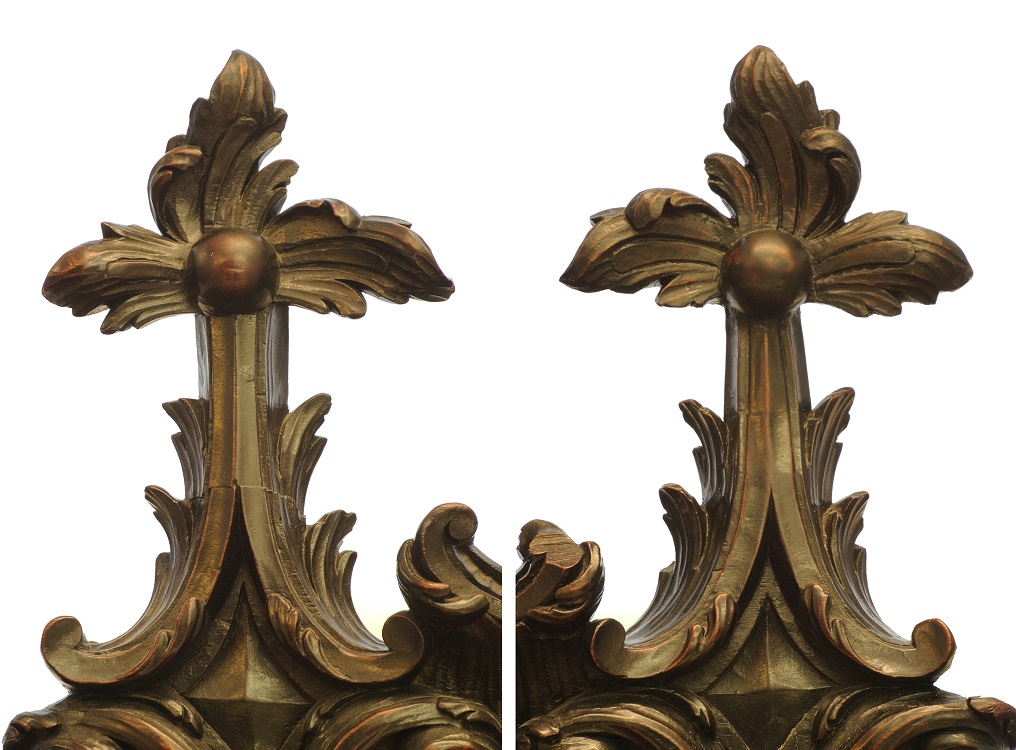
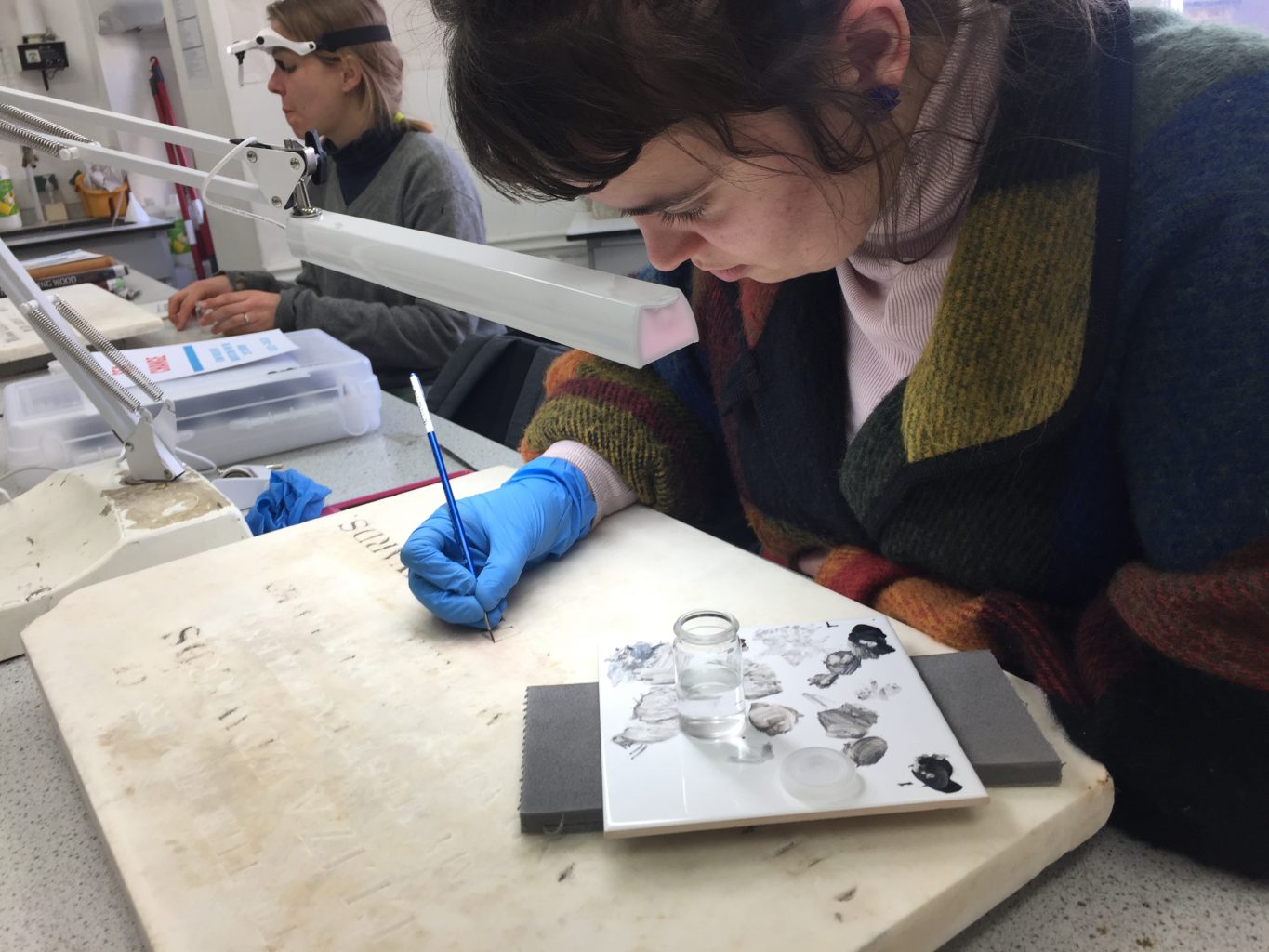
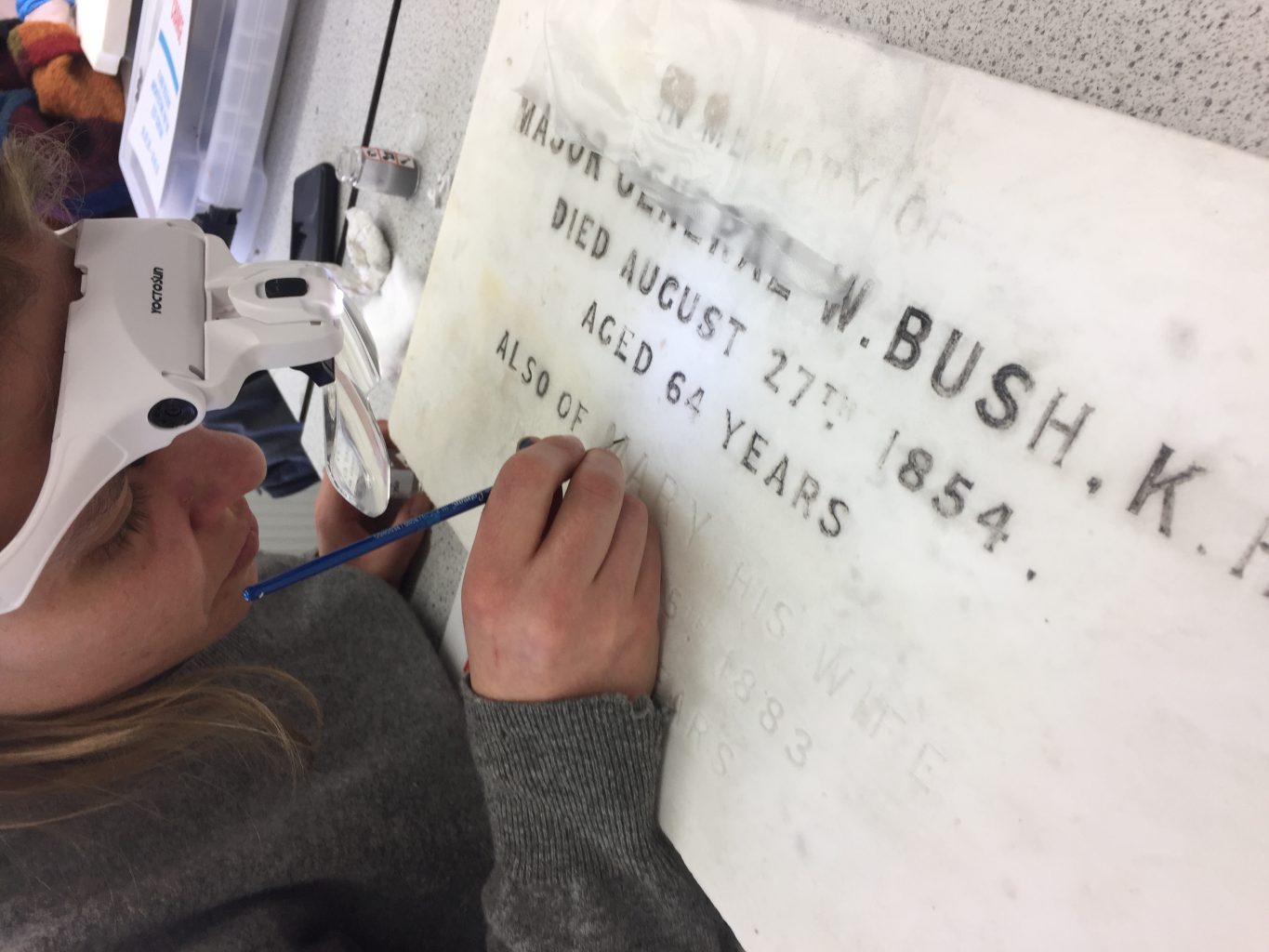
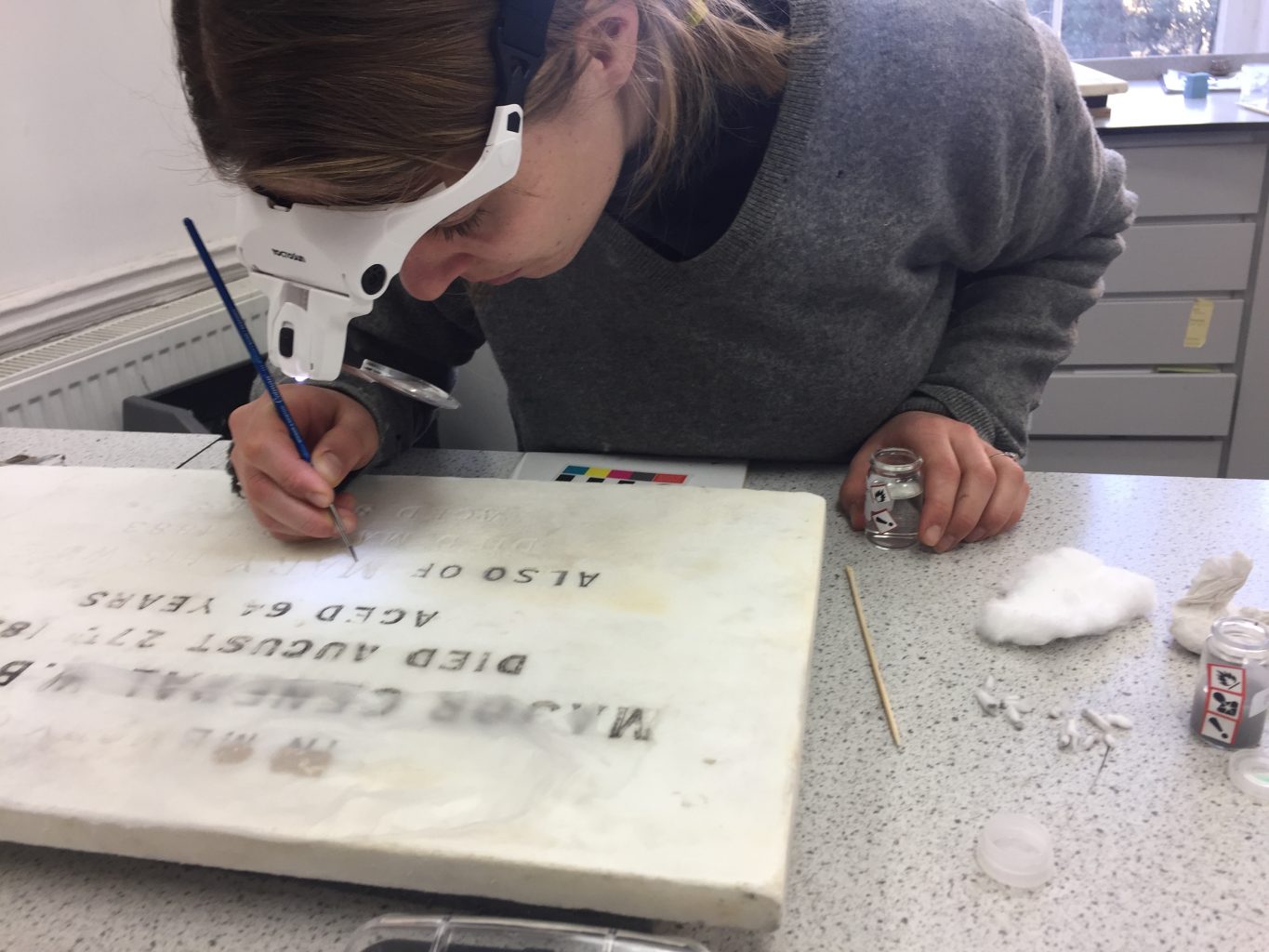
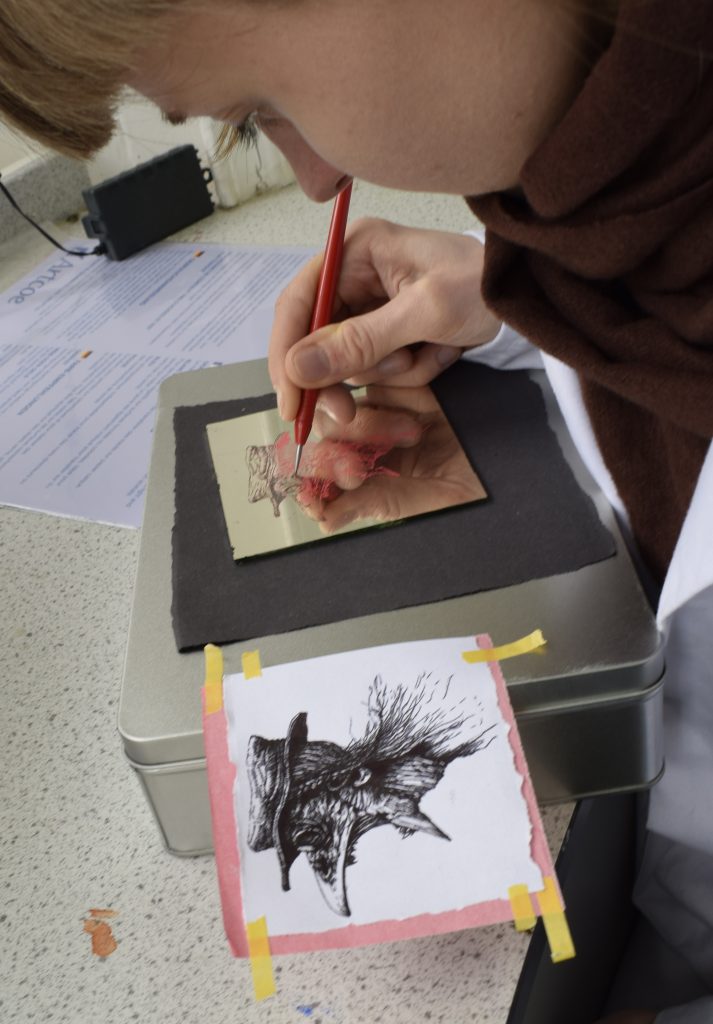
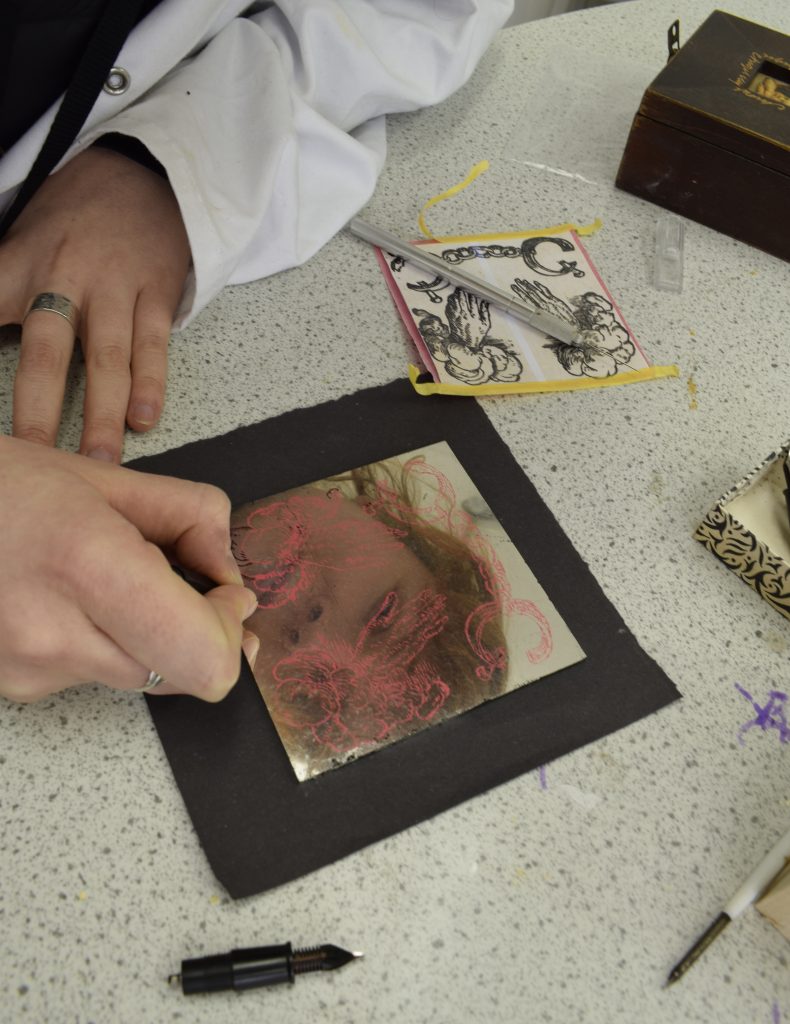
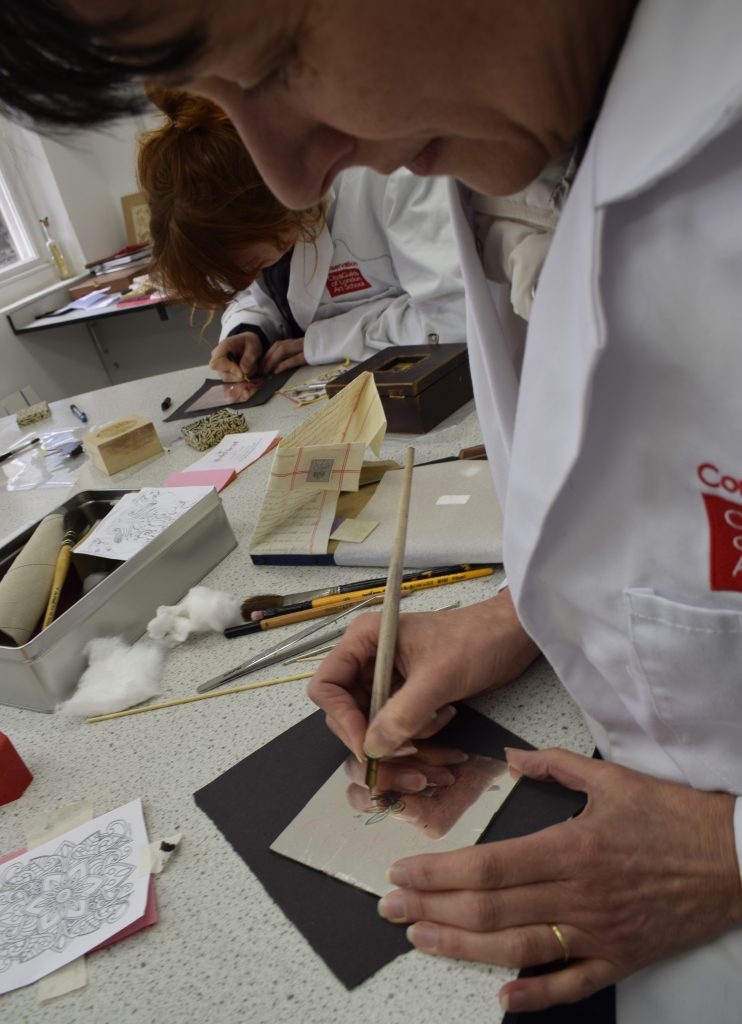
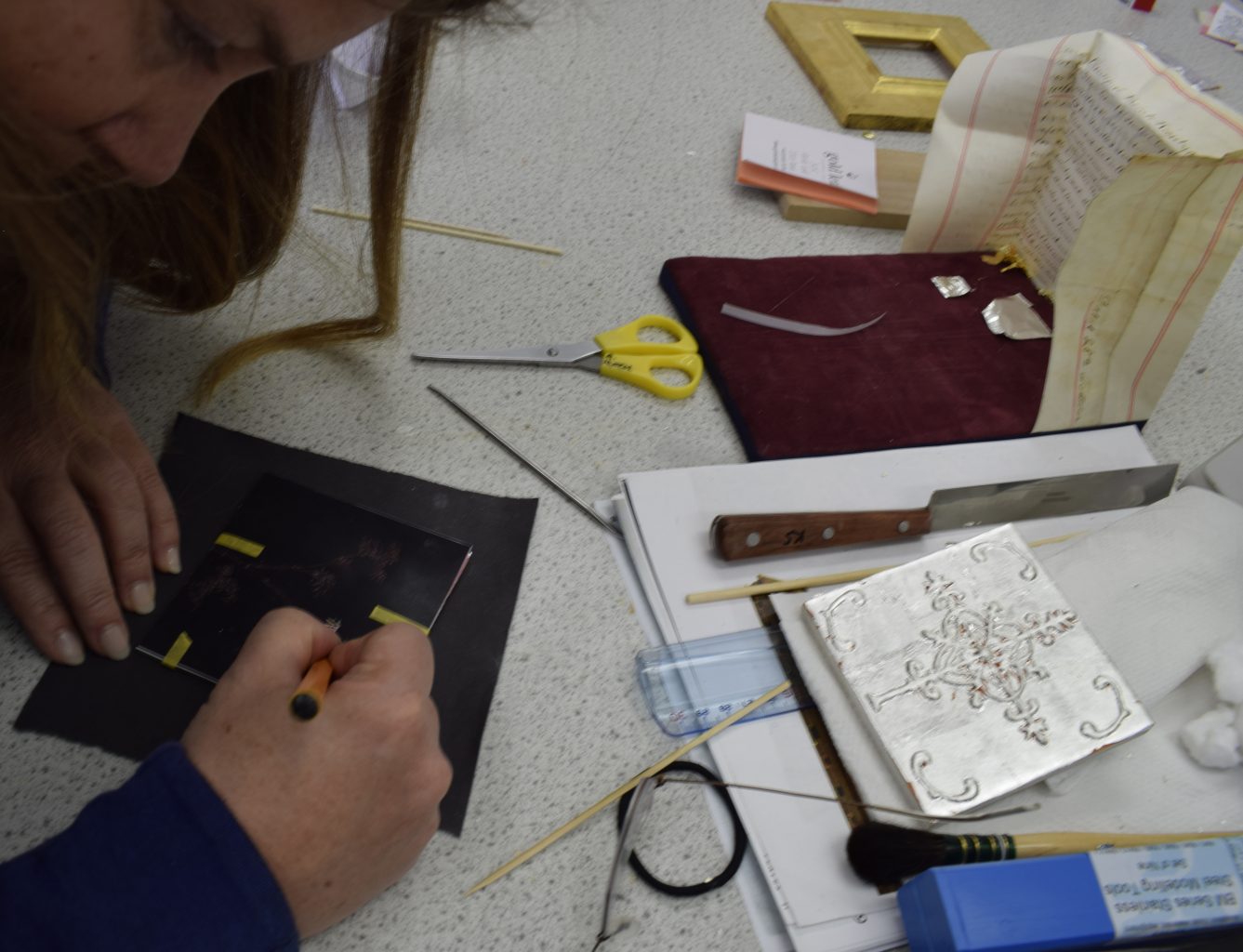
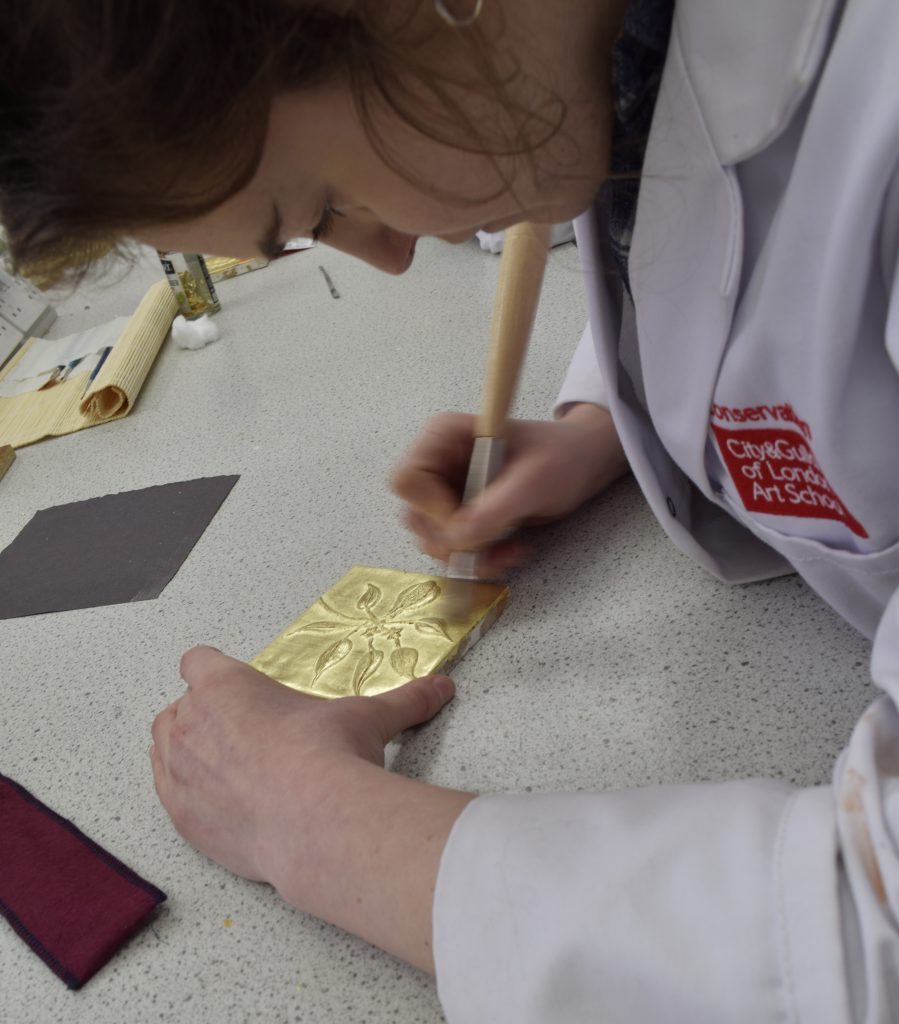
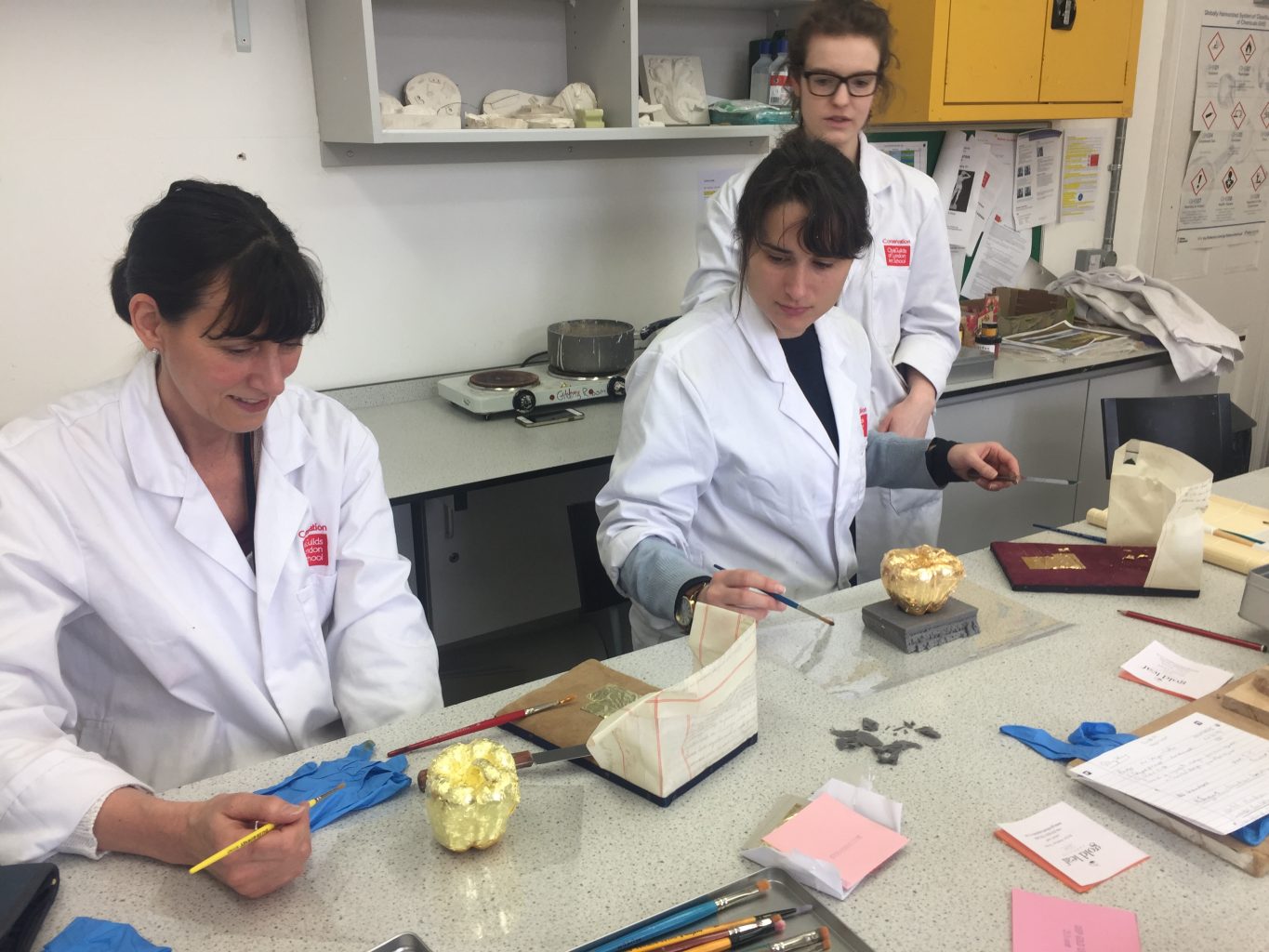
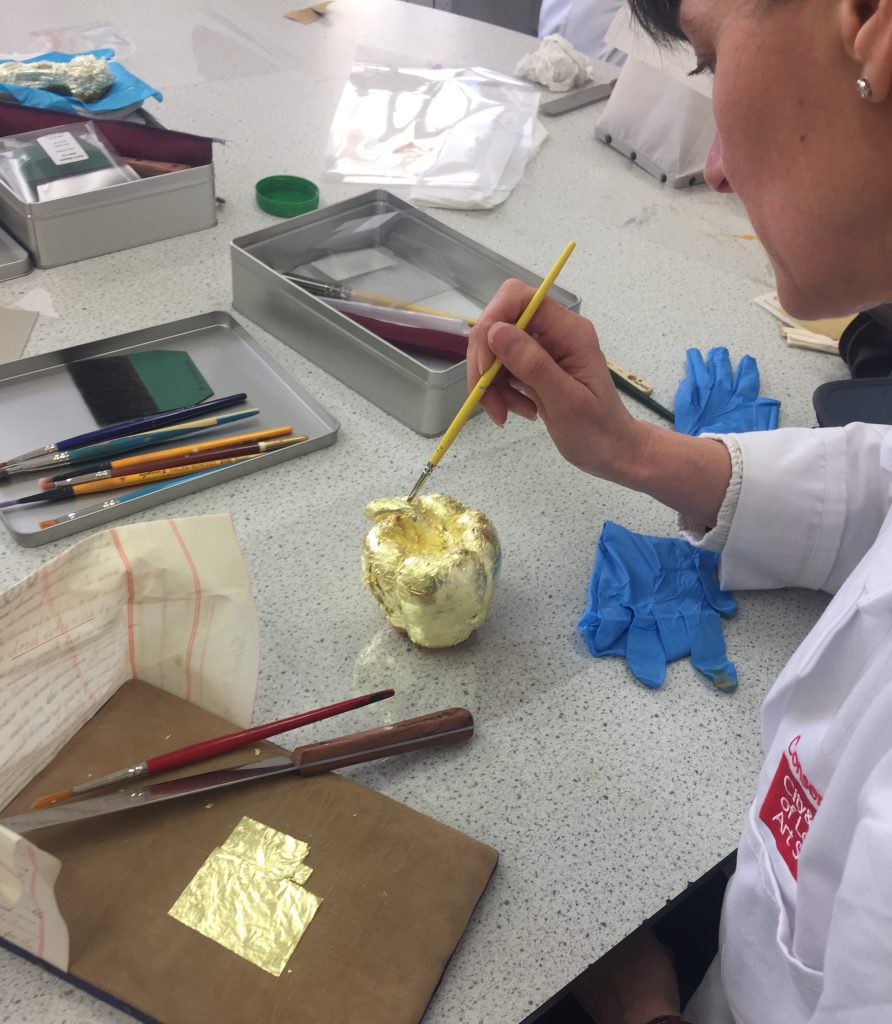
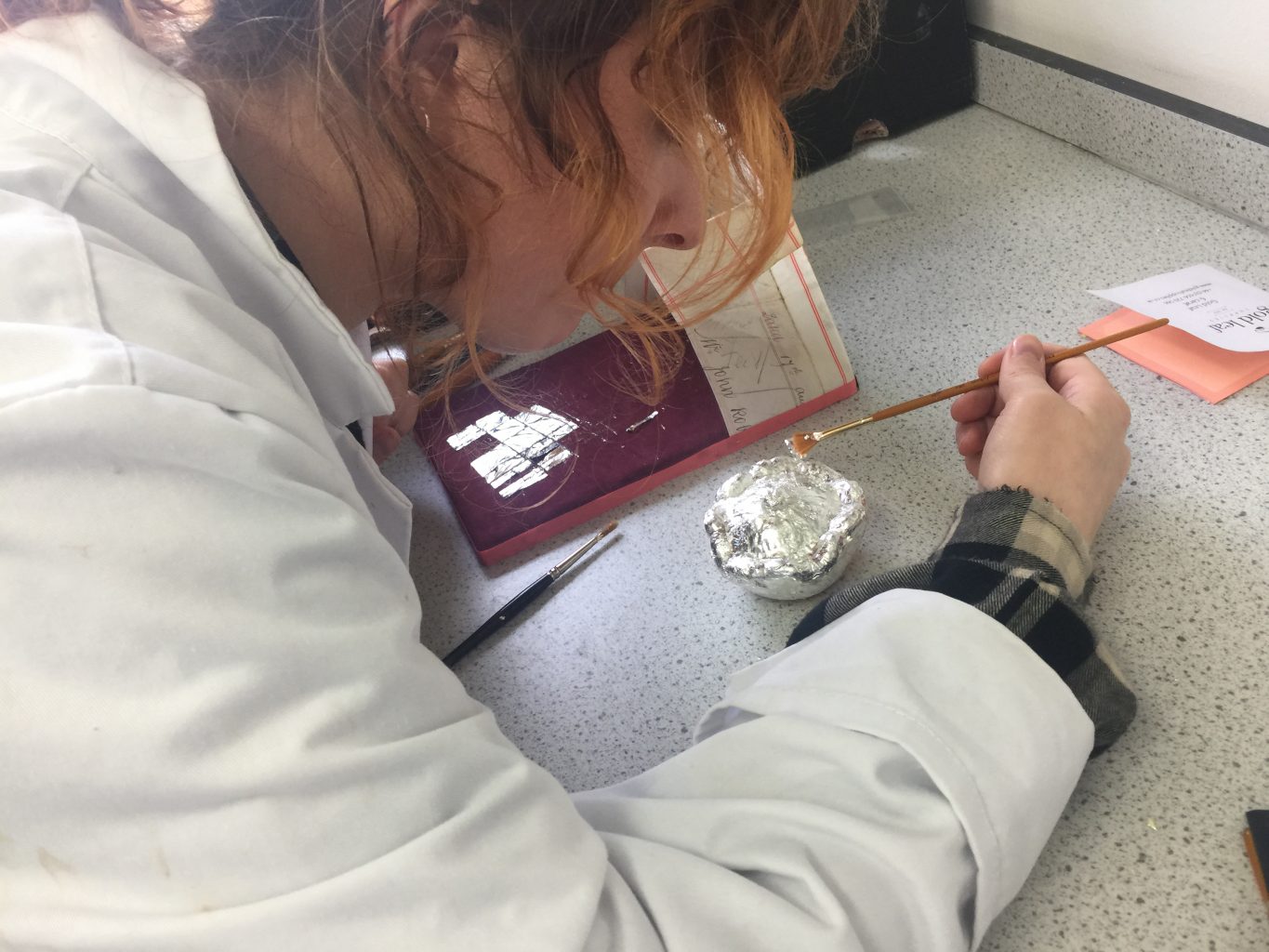
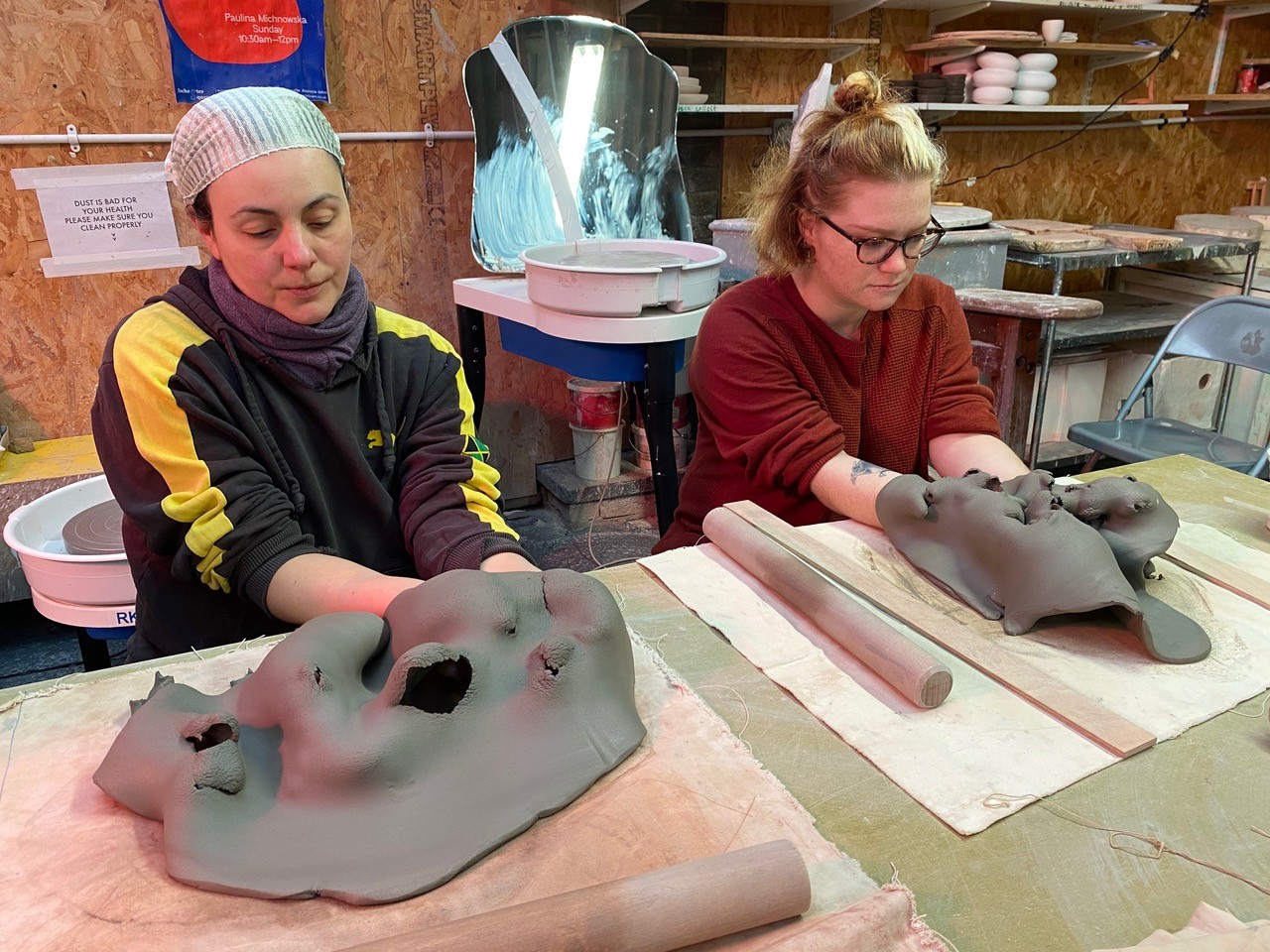
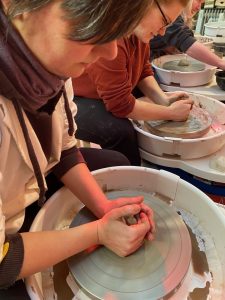
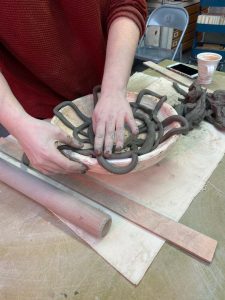
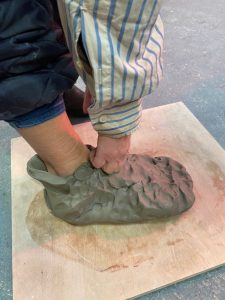
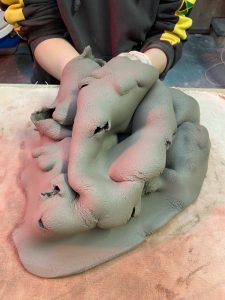
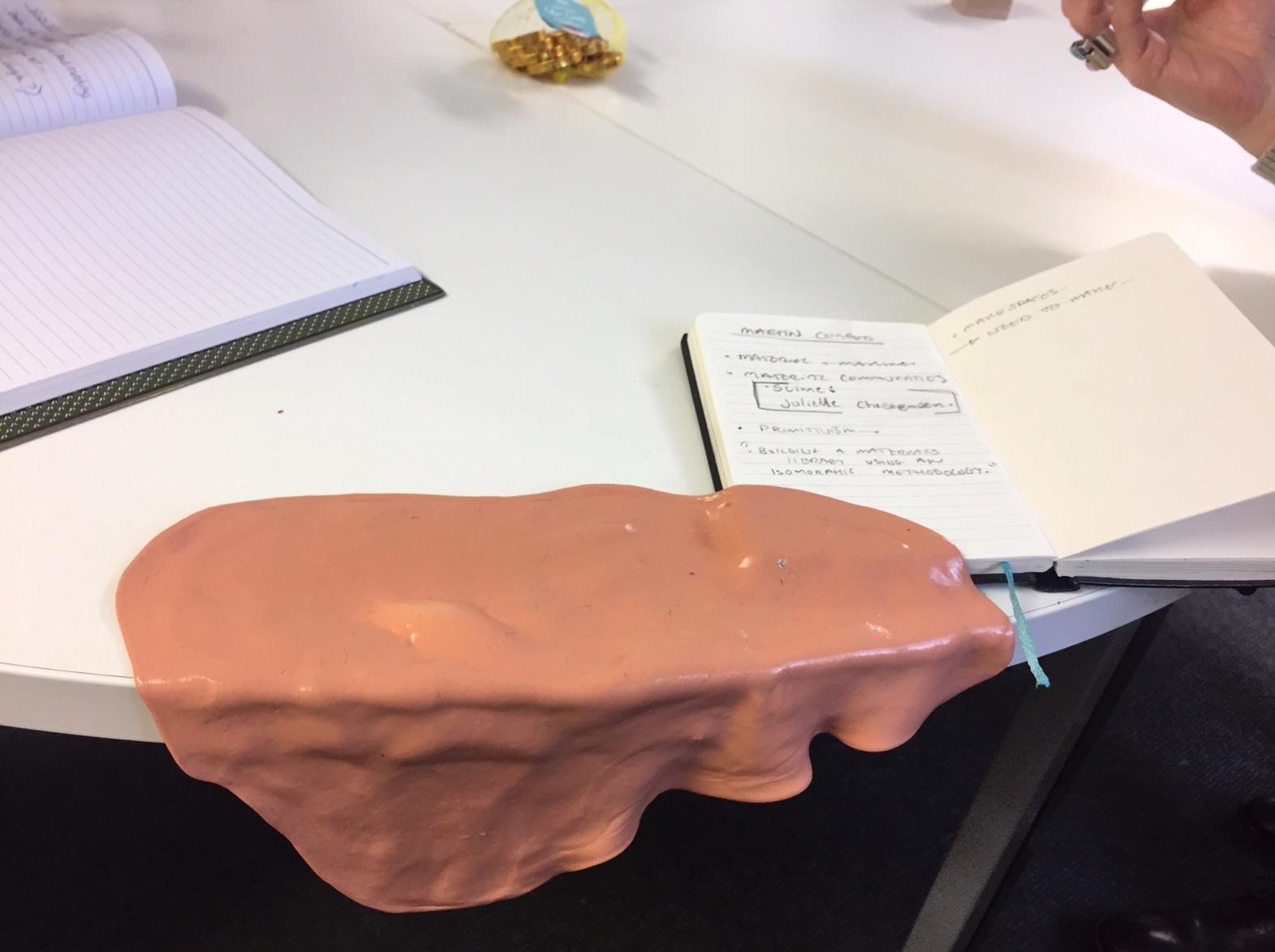
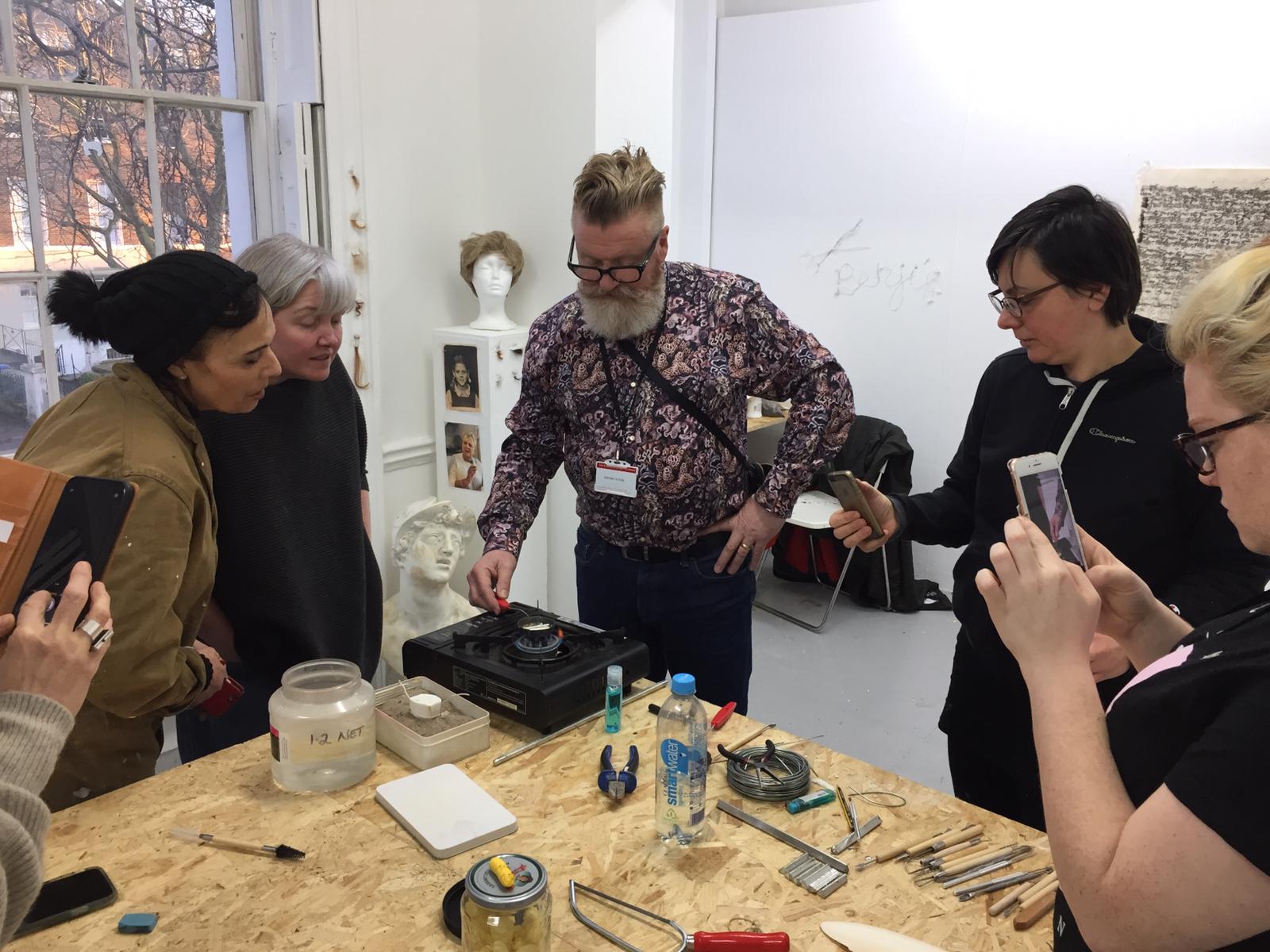
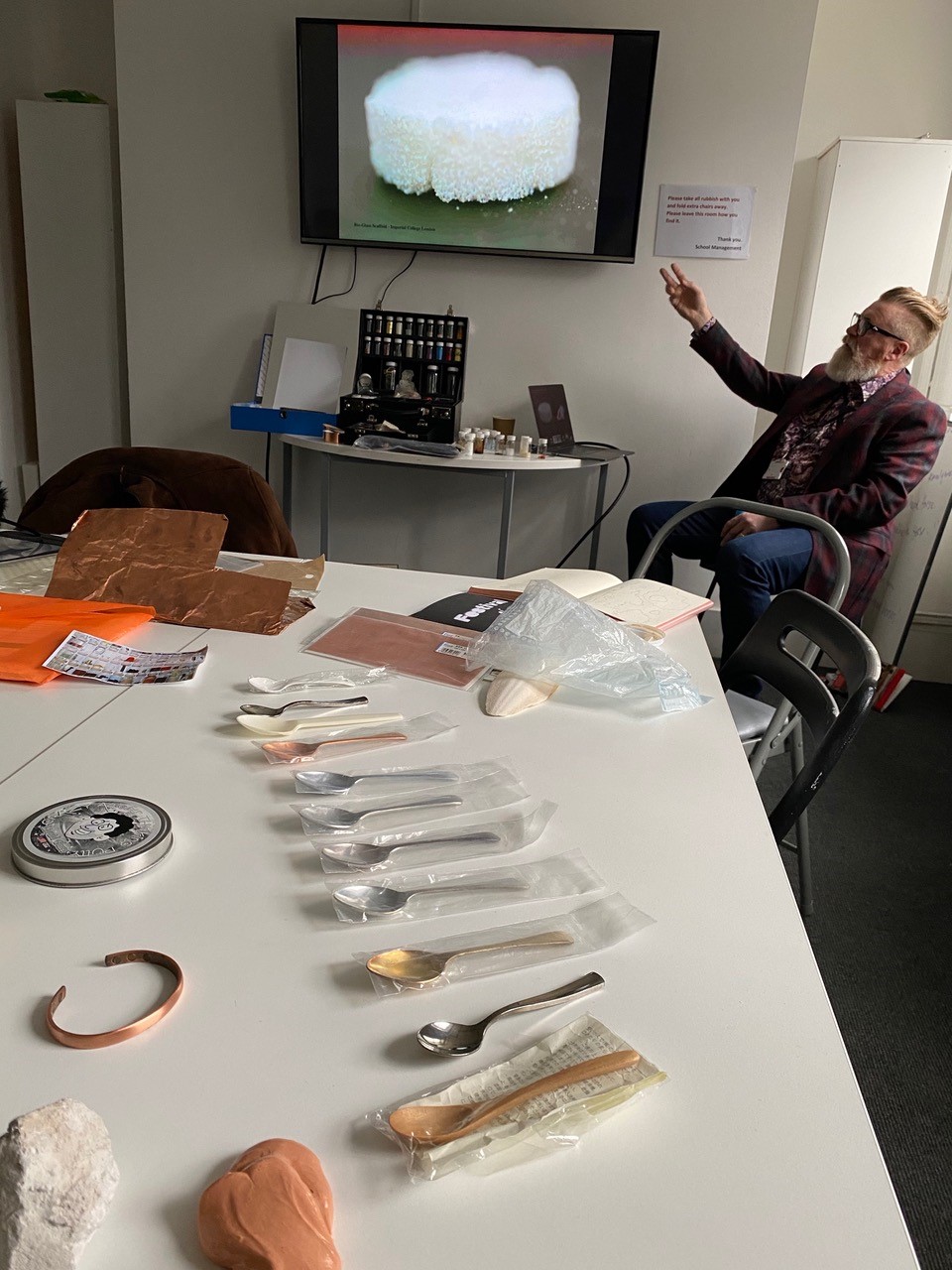 Photo credit: Laura White
Photo credit: Laura White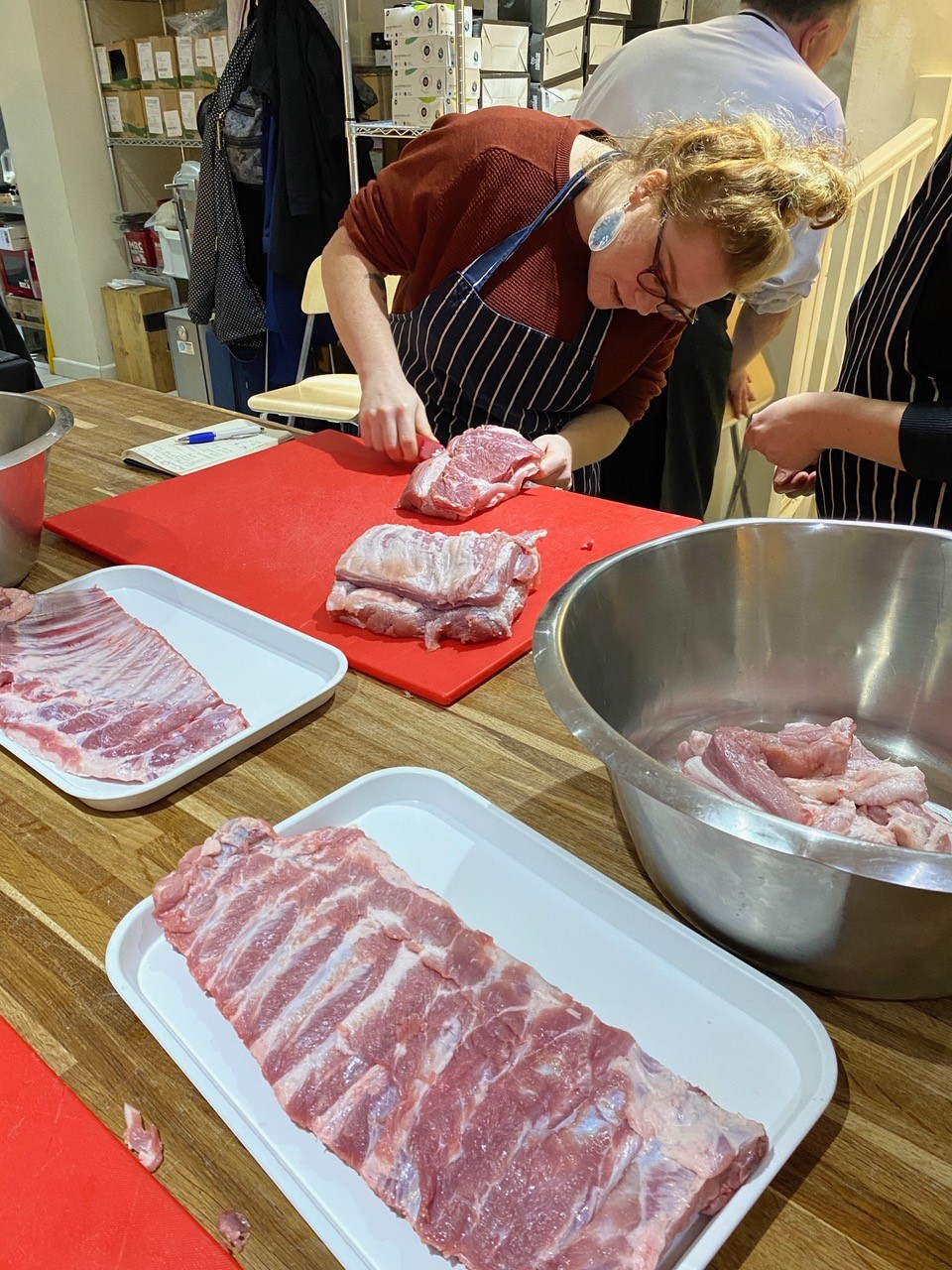 Photo credit: Laura White
Photo credit: Laura White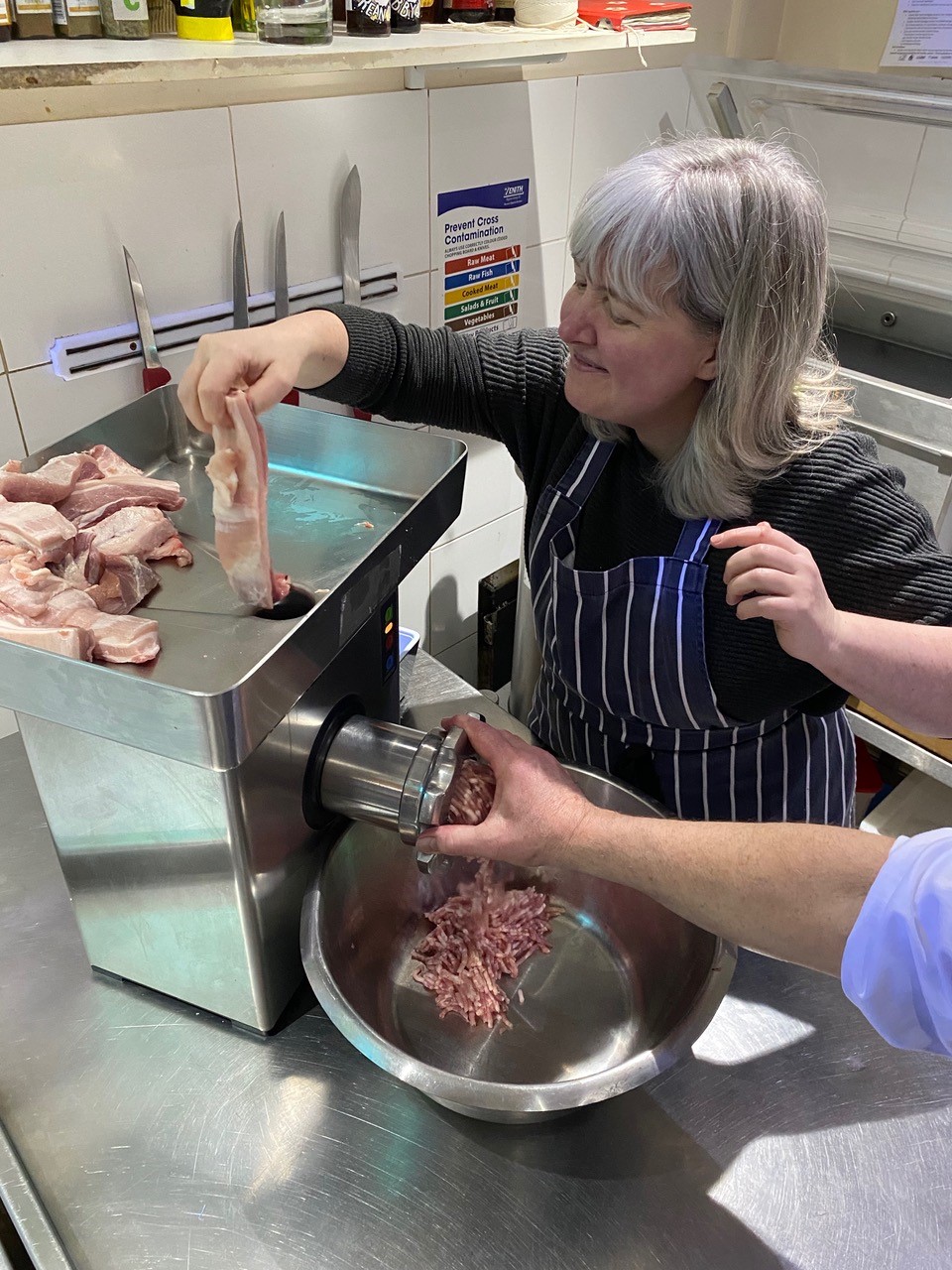 Photo credit: Laura White
Photo credit: Laura White Photo credit: Laura White
Photo credit: Laura White